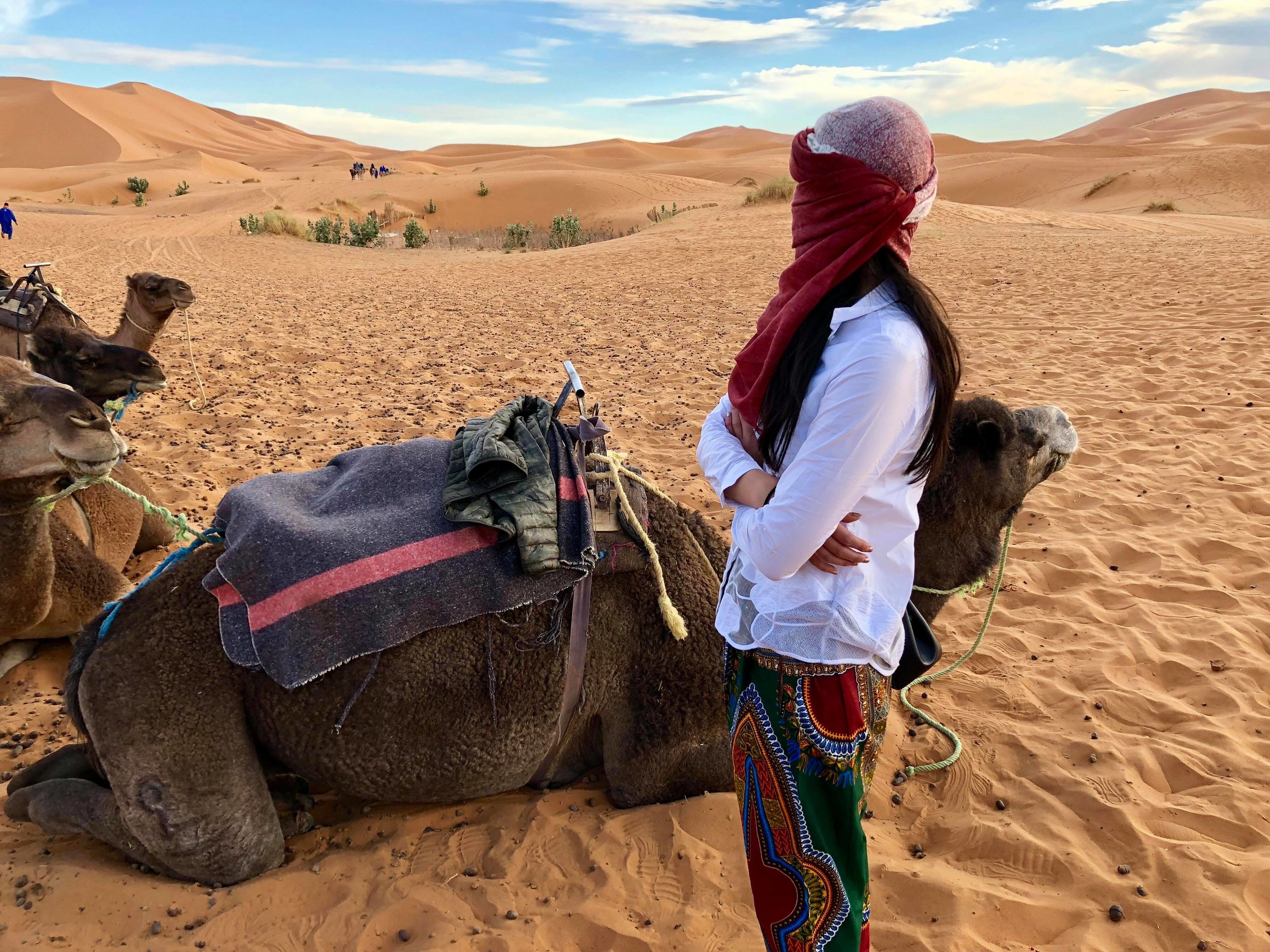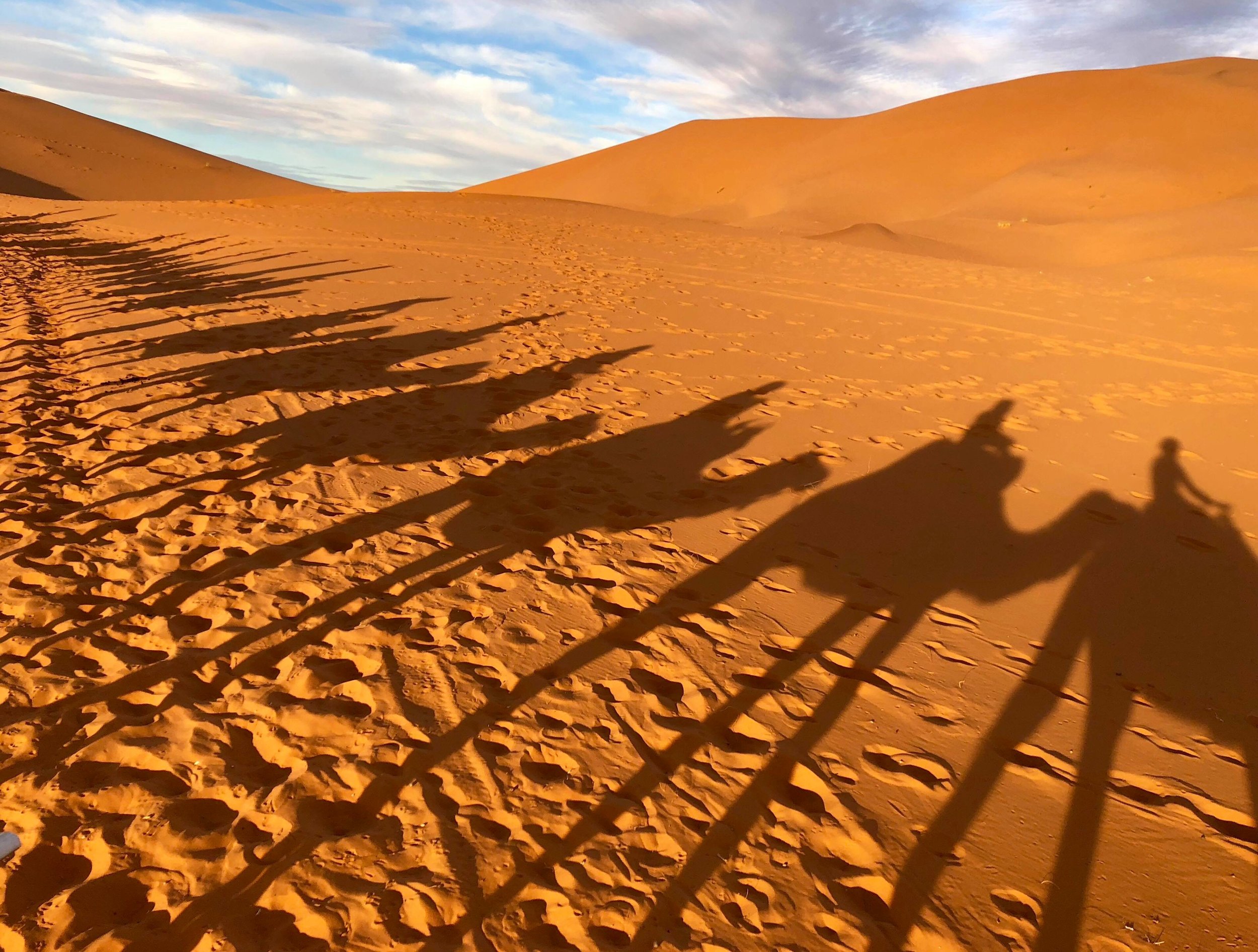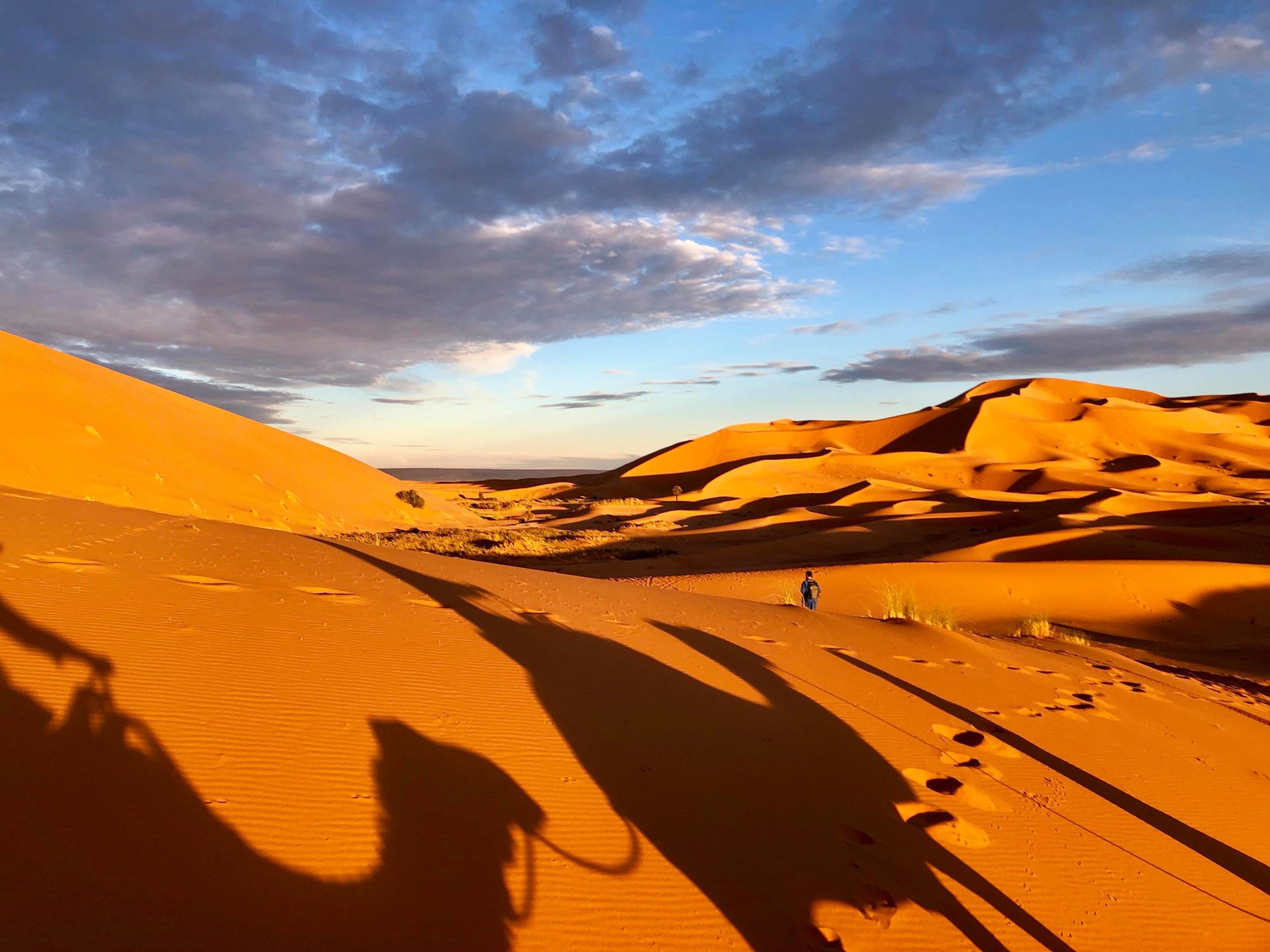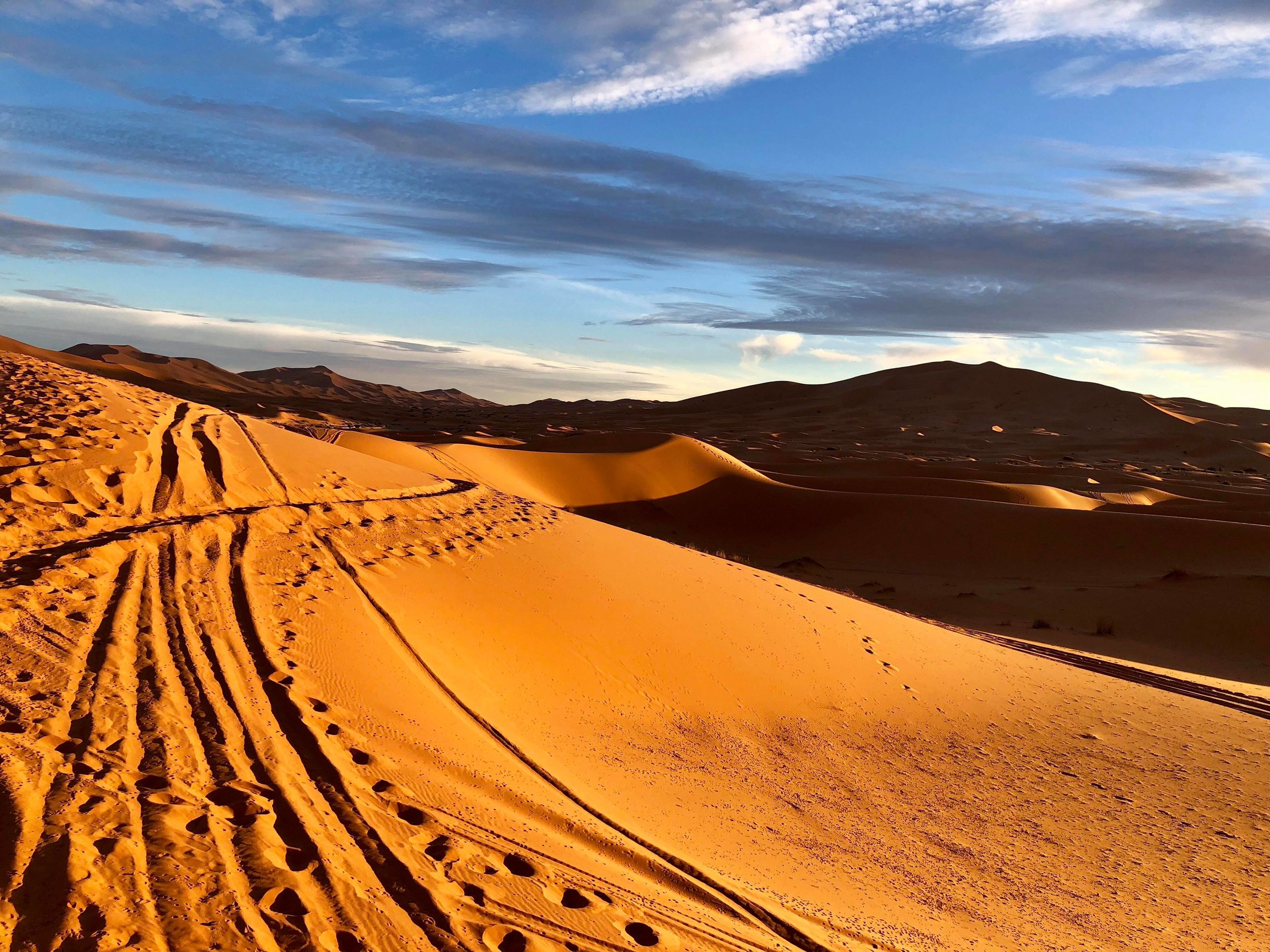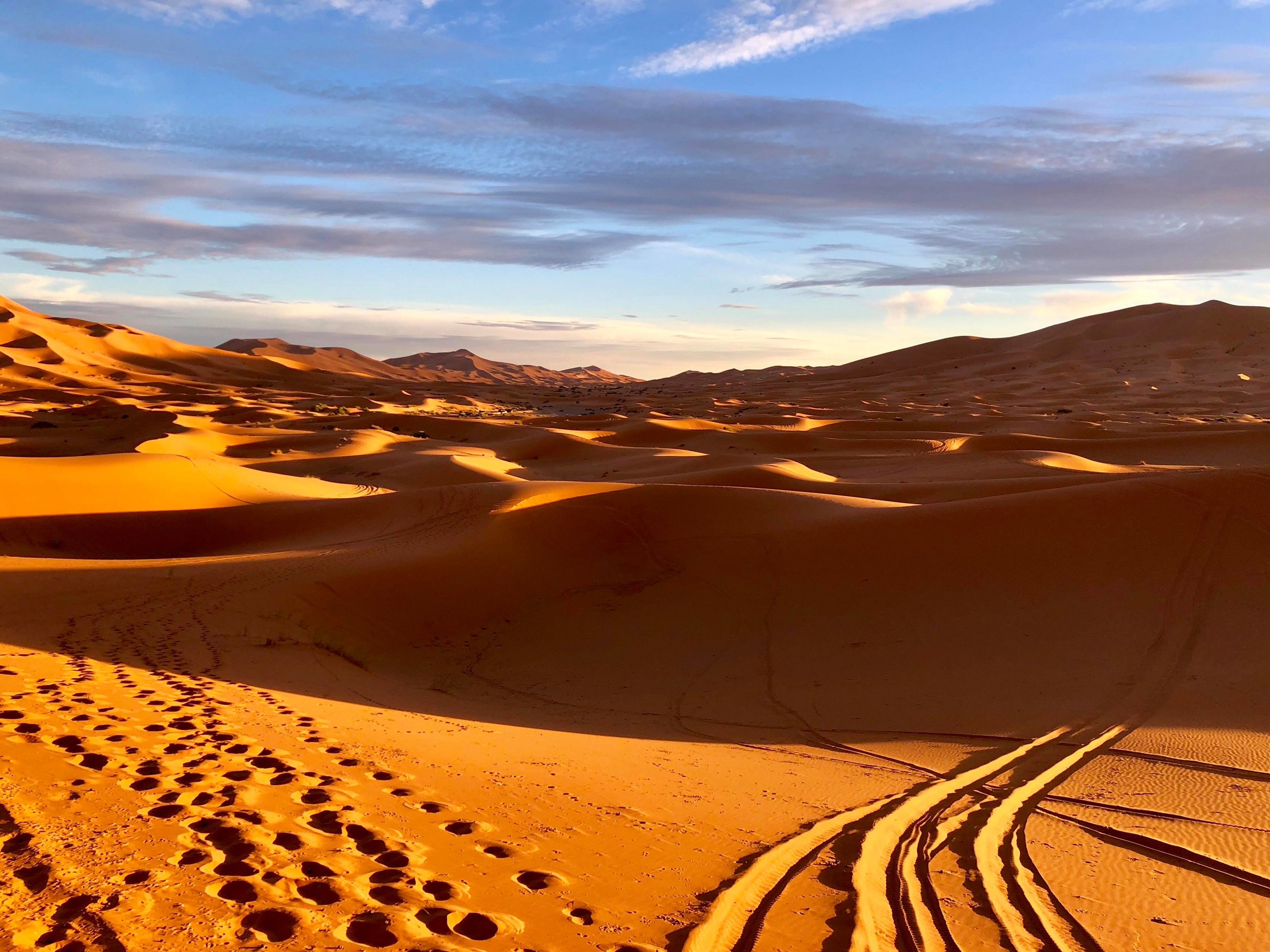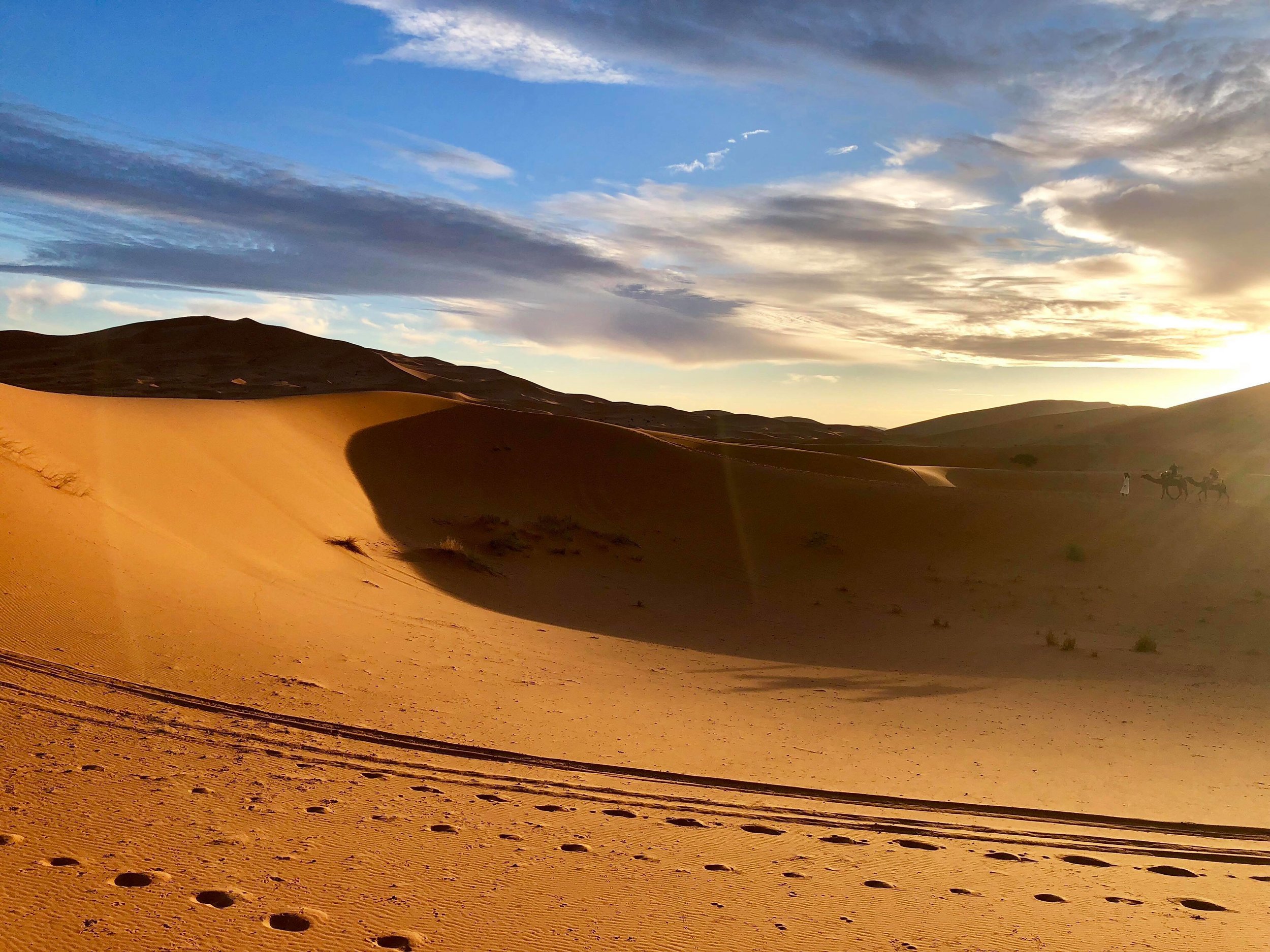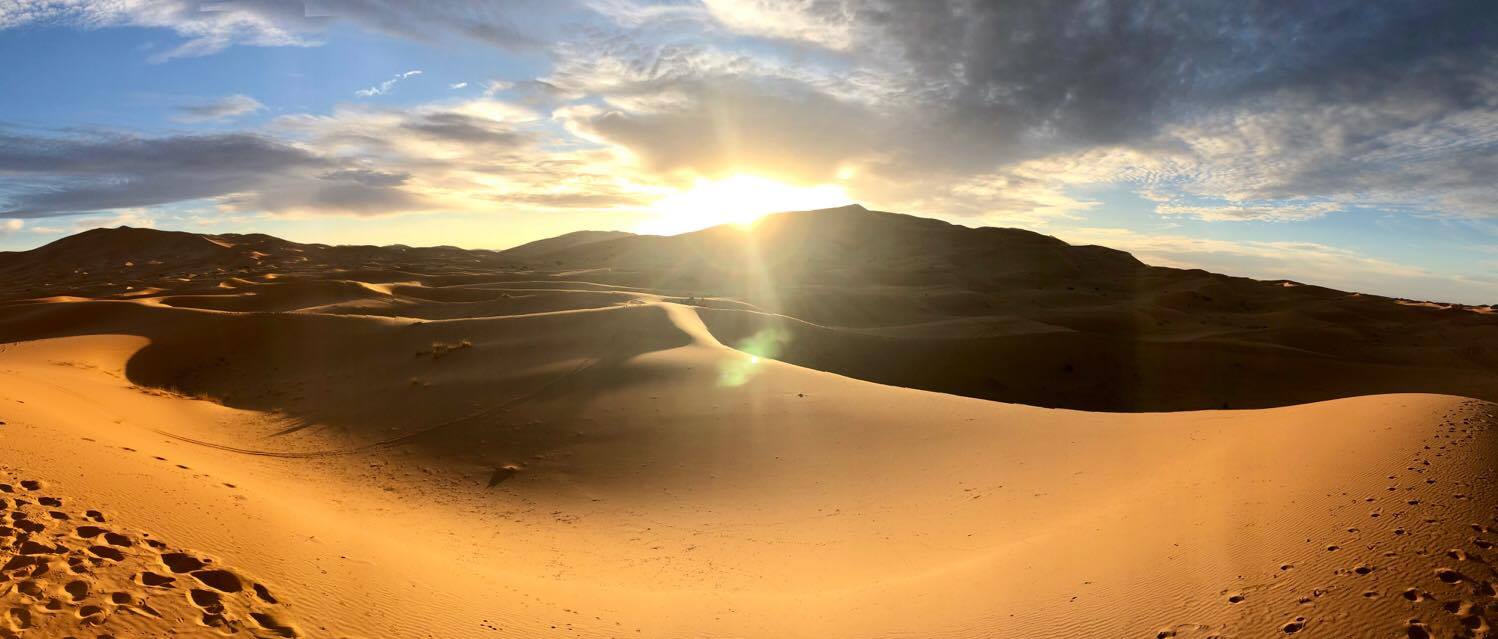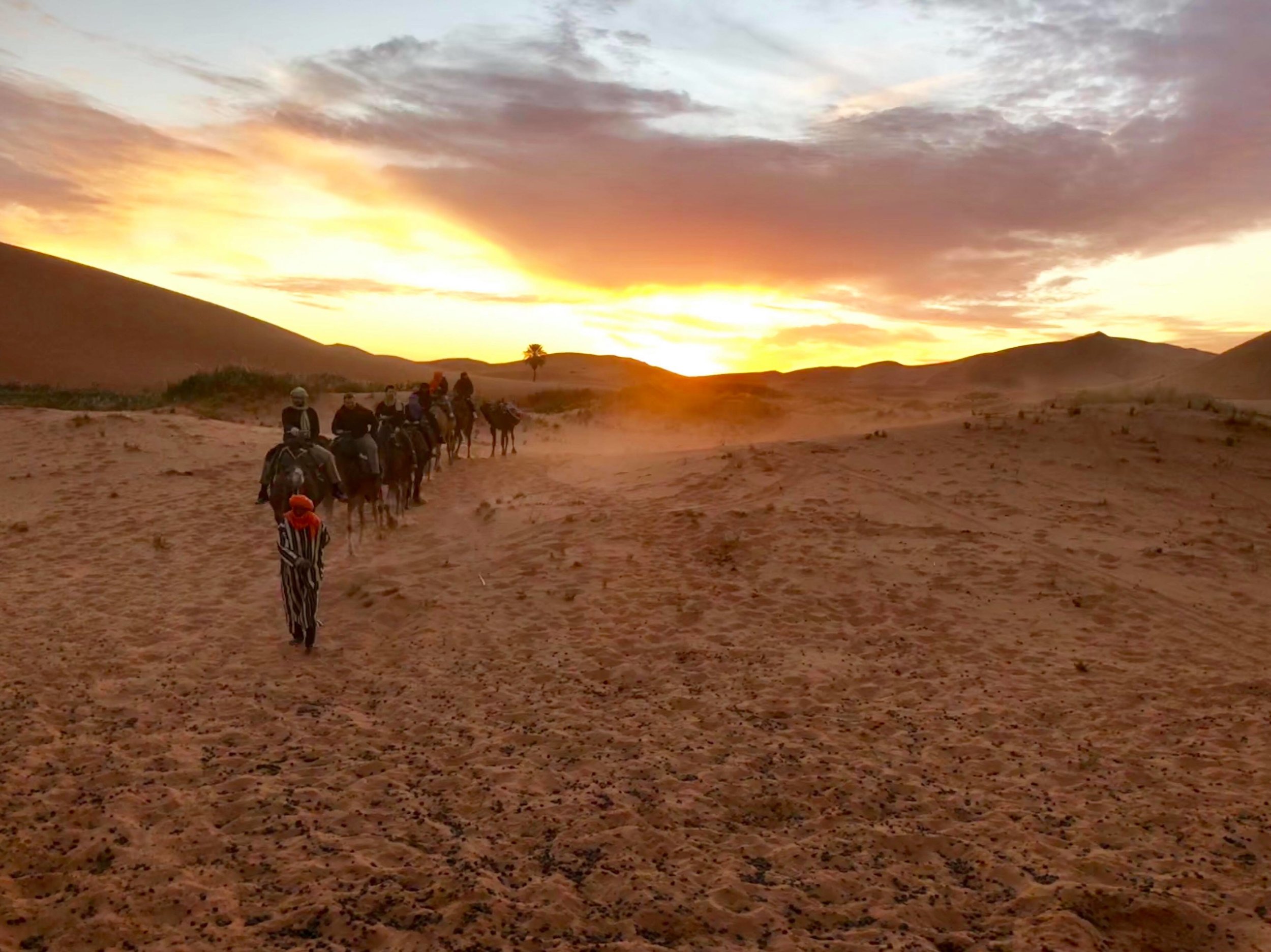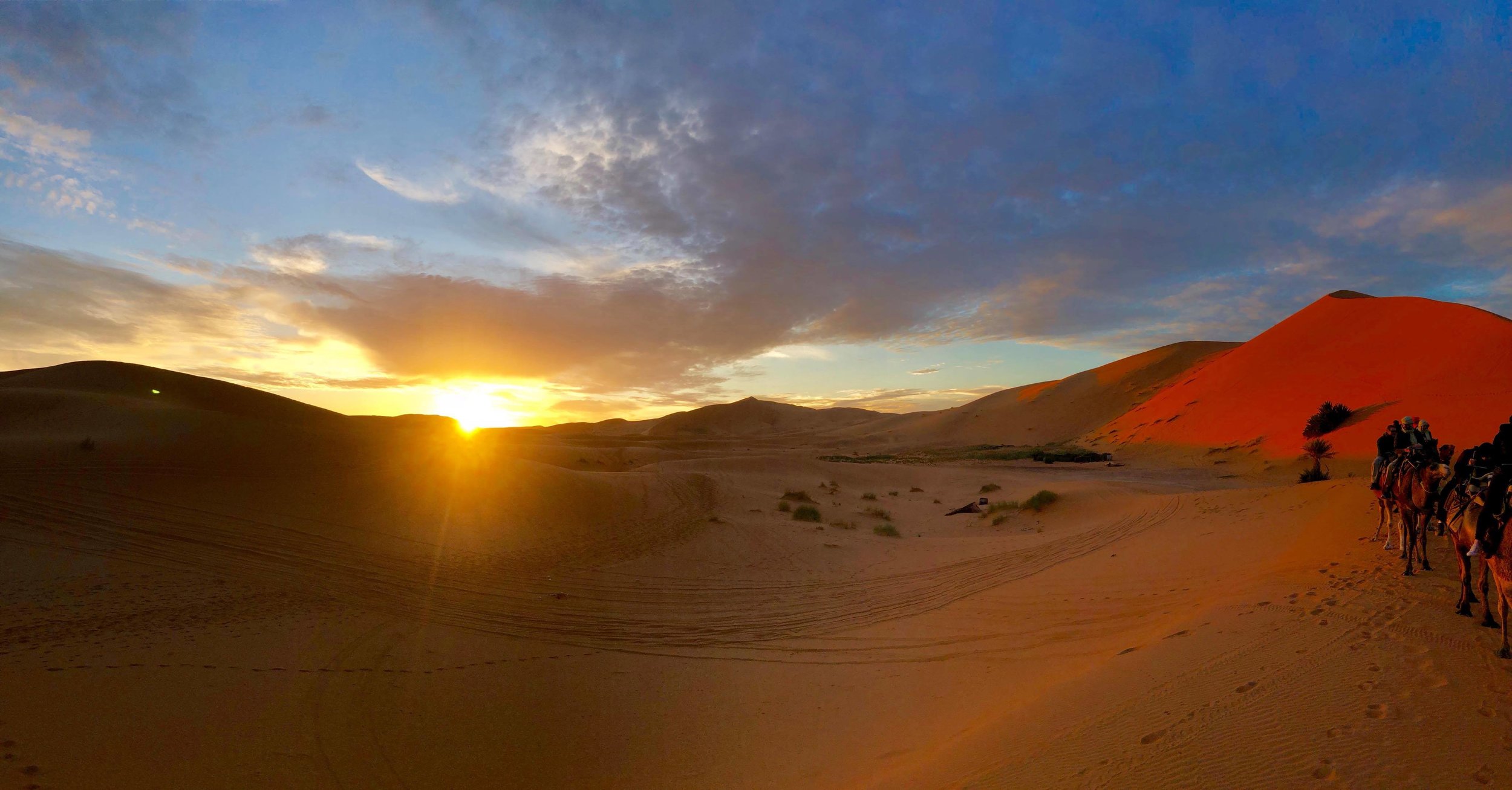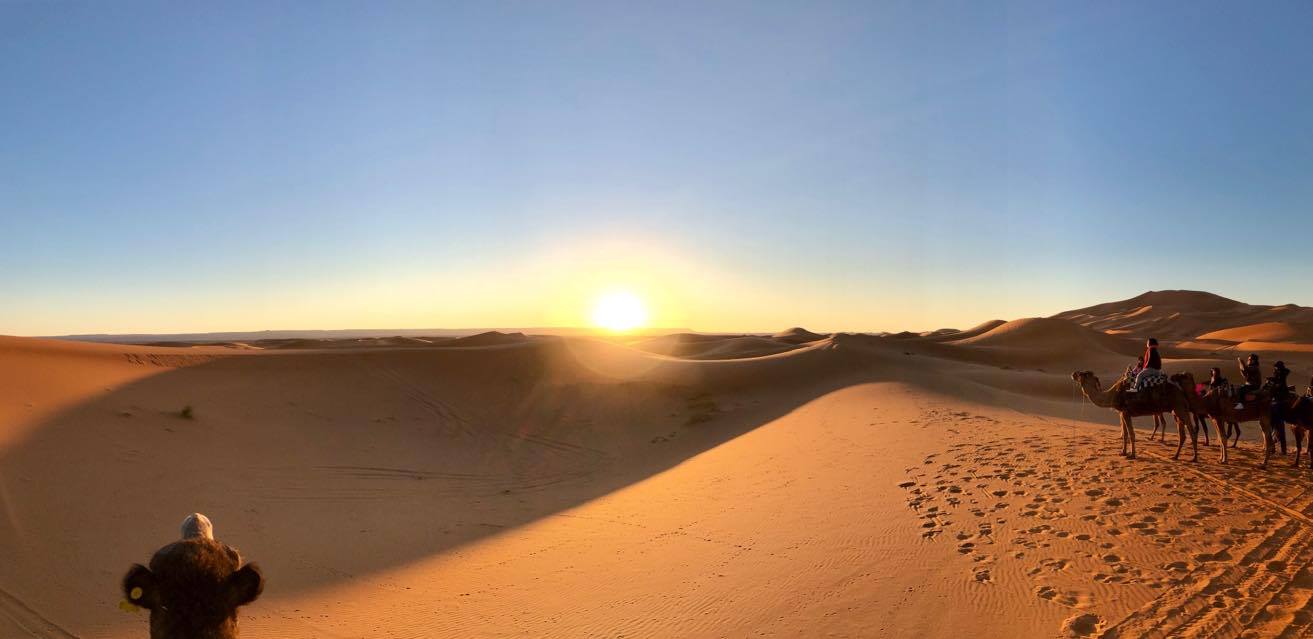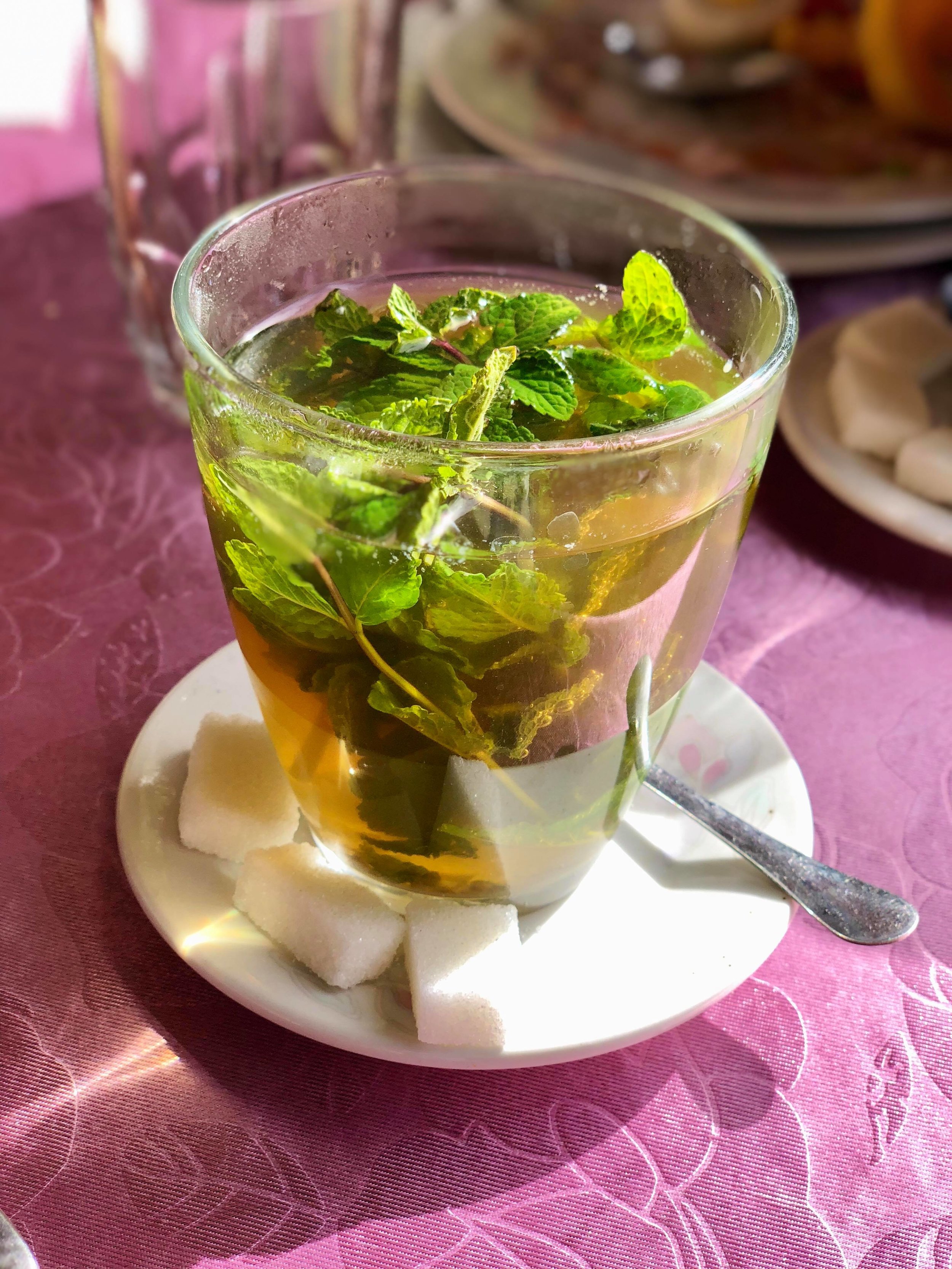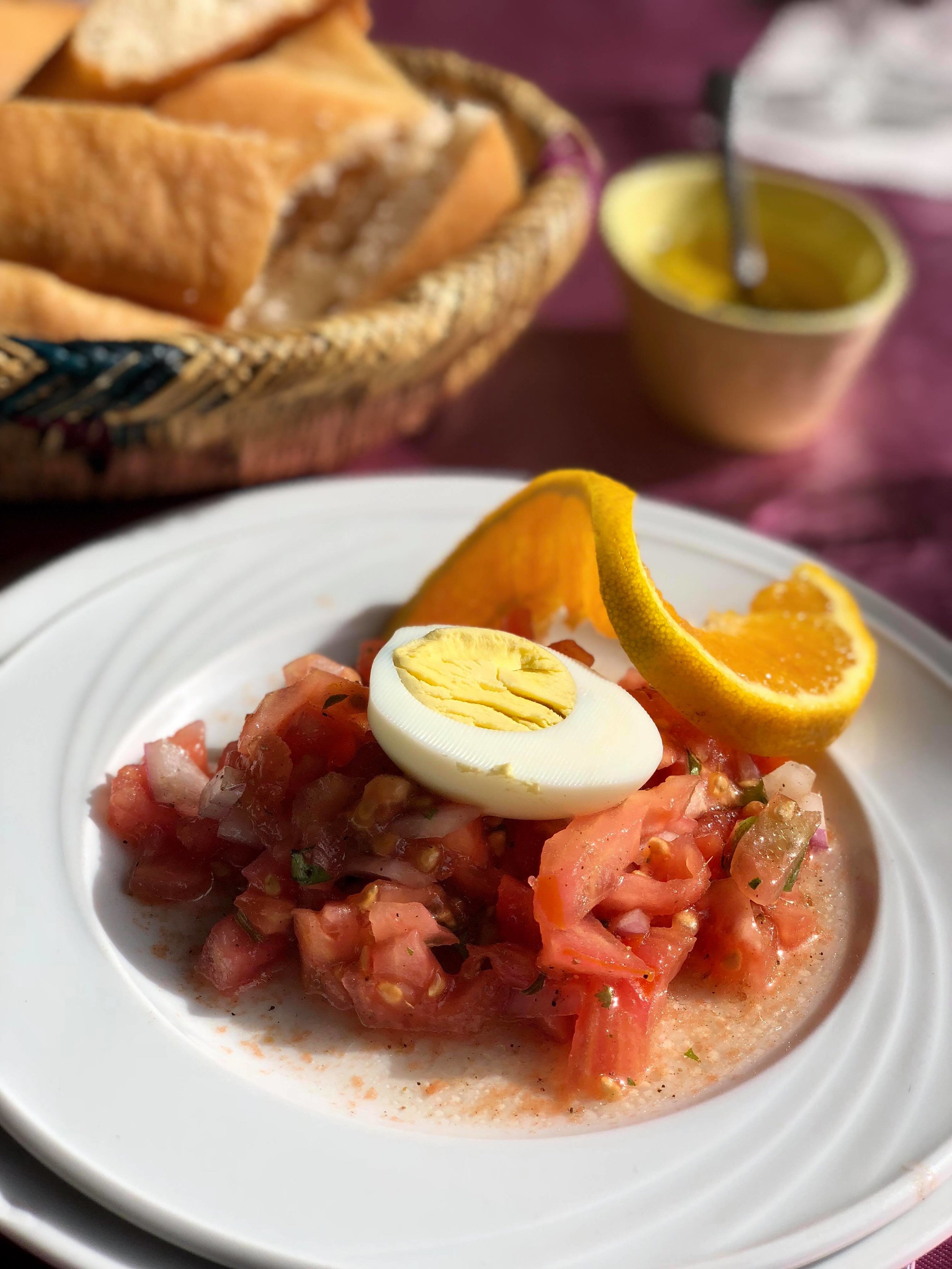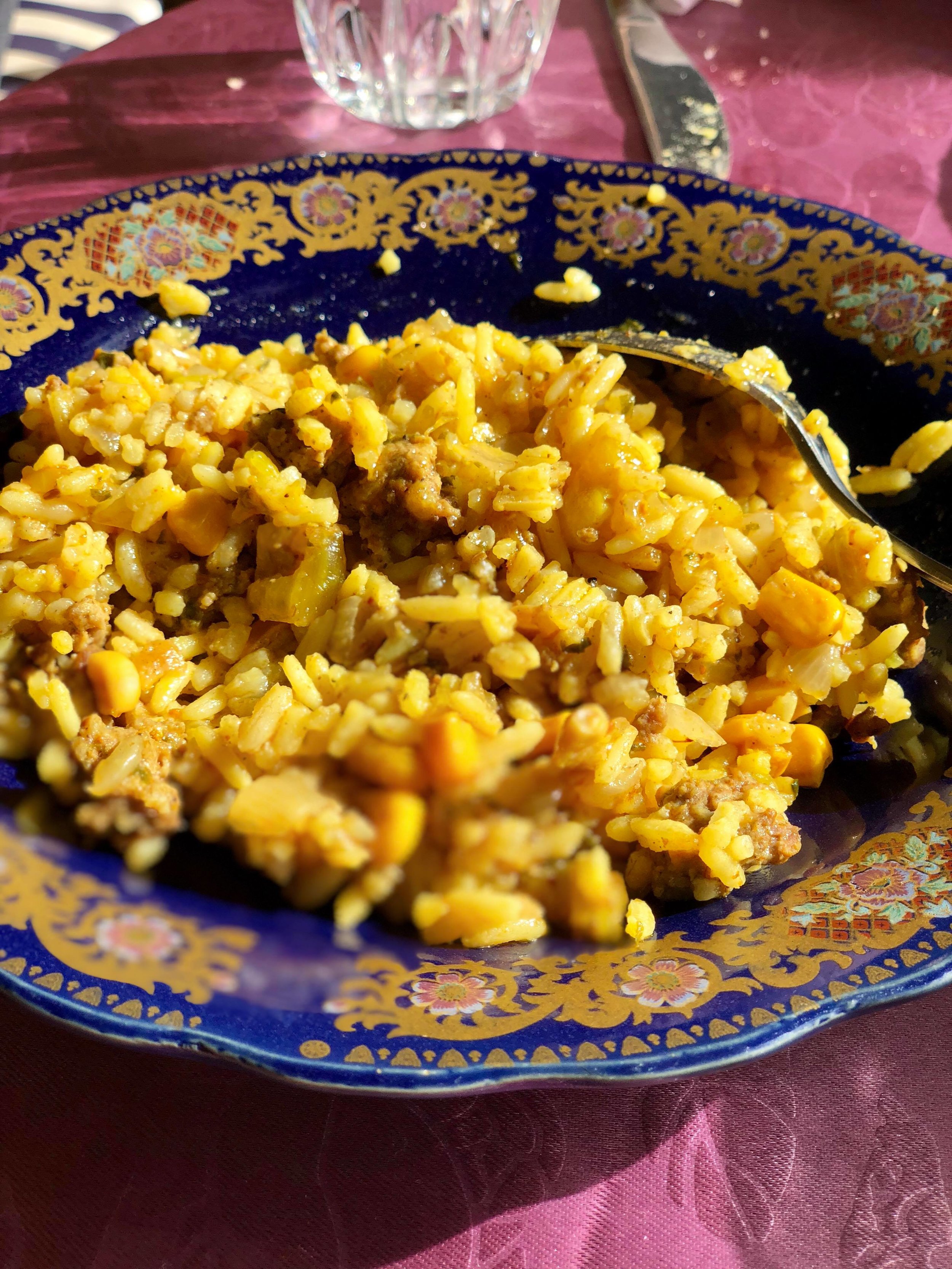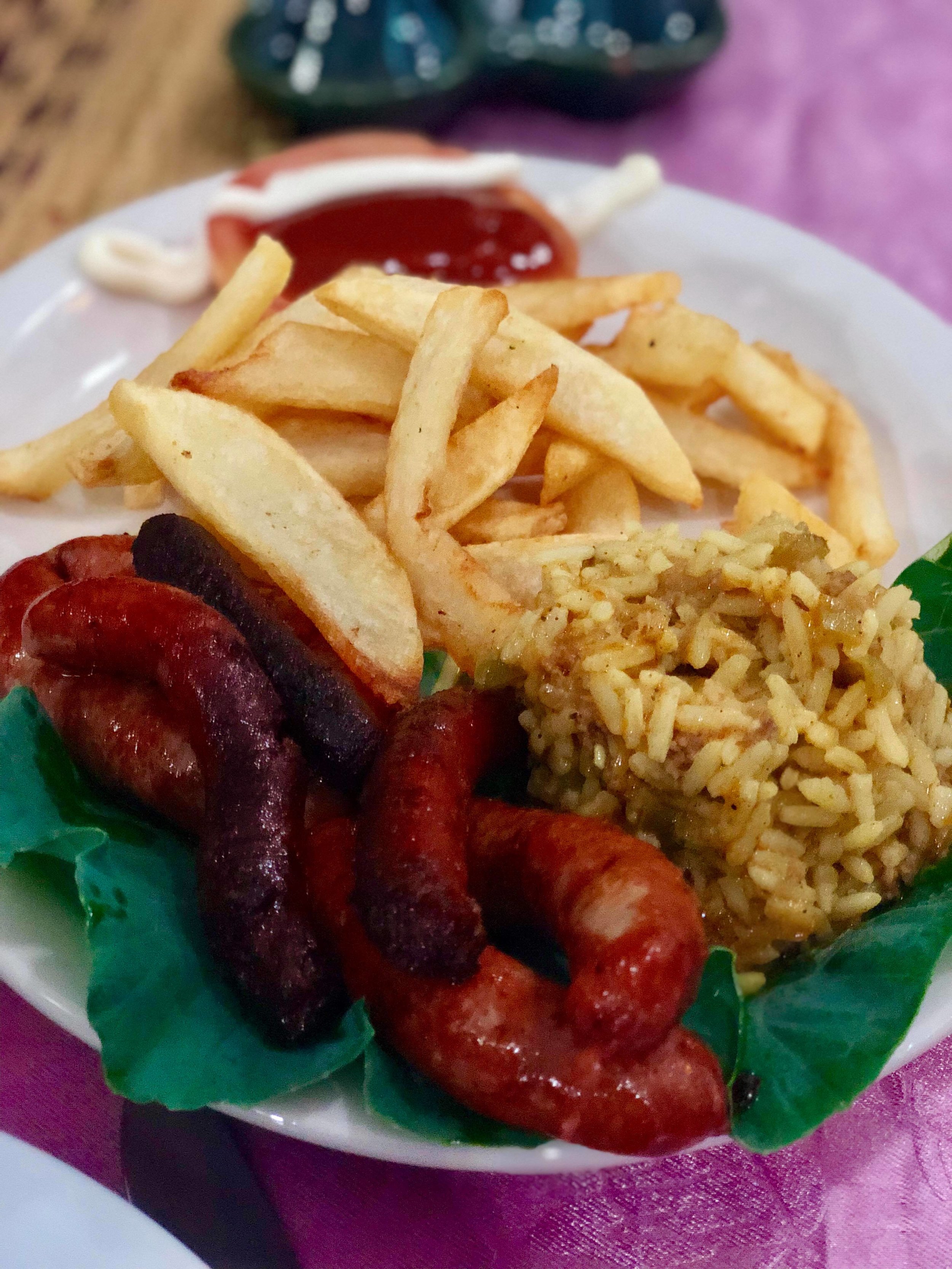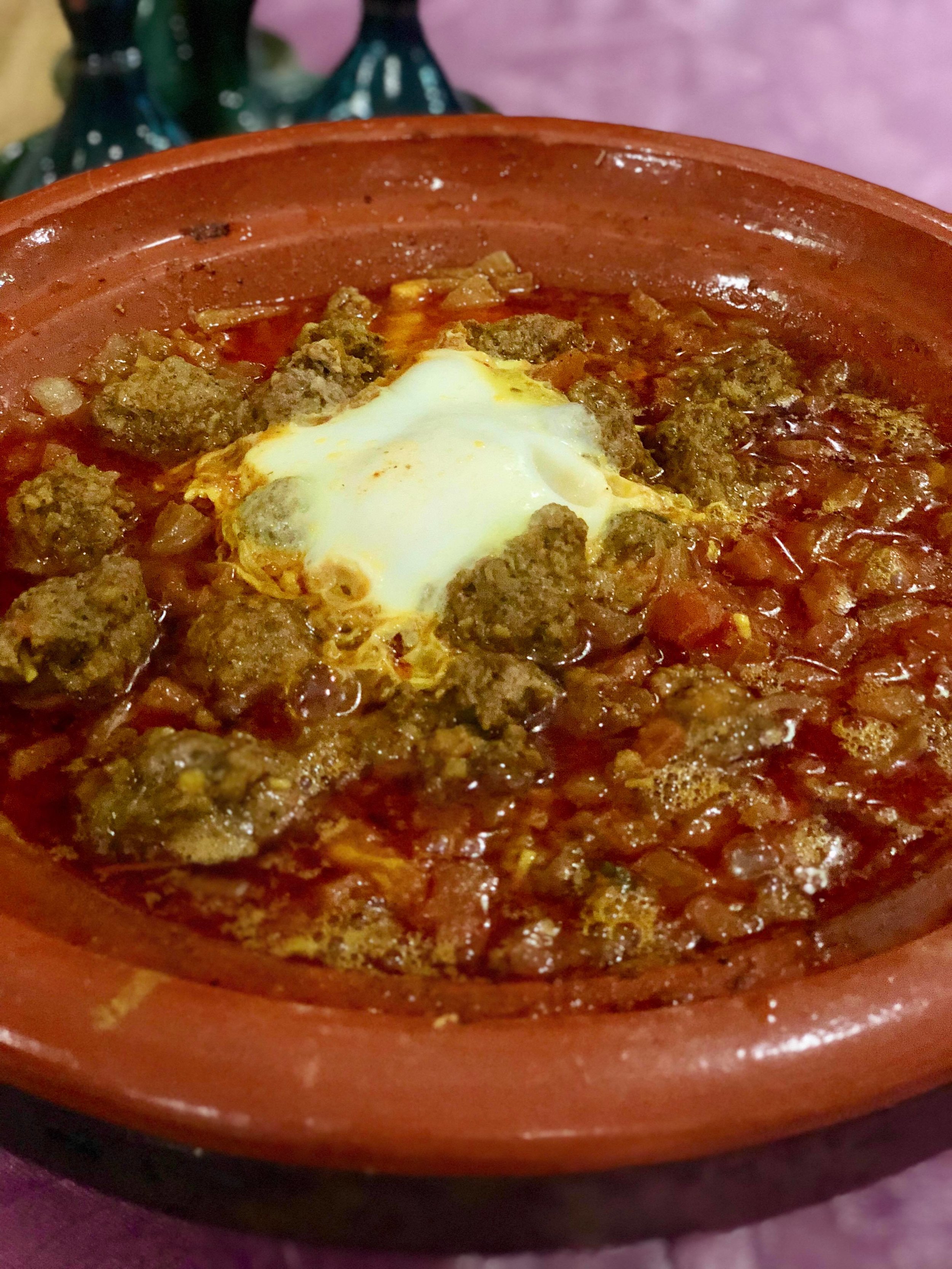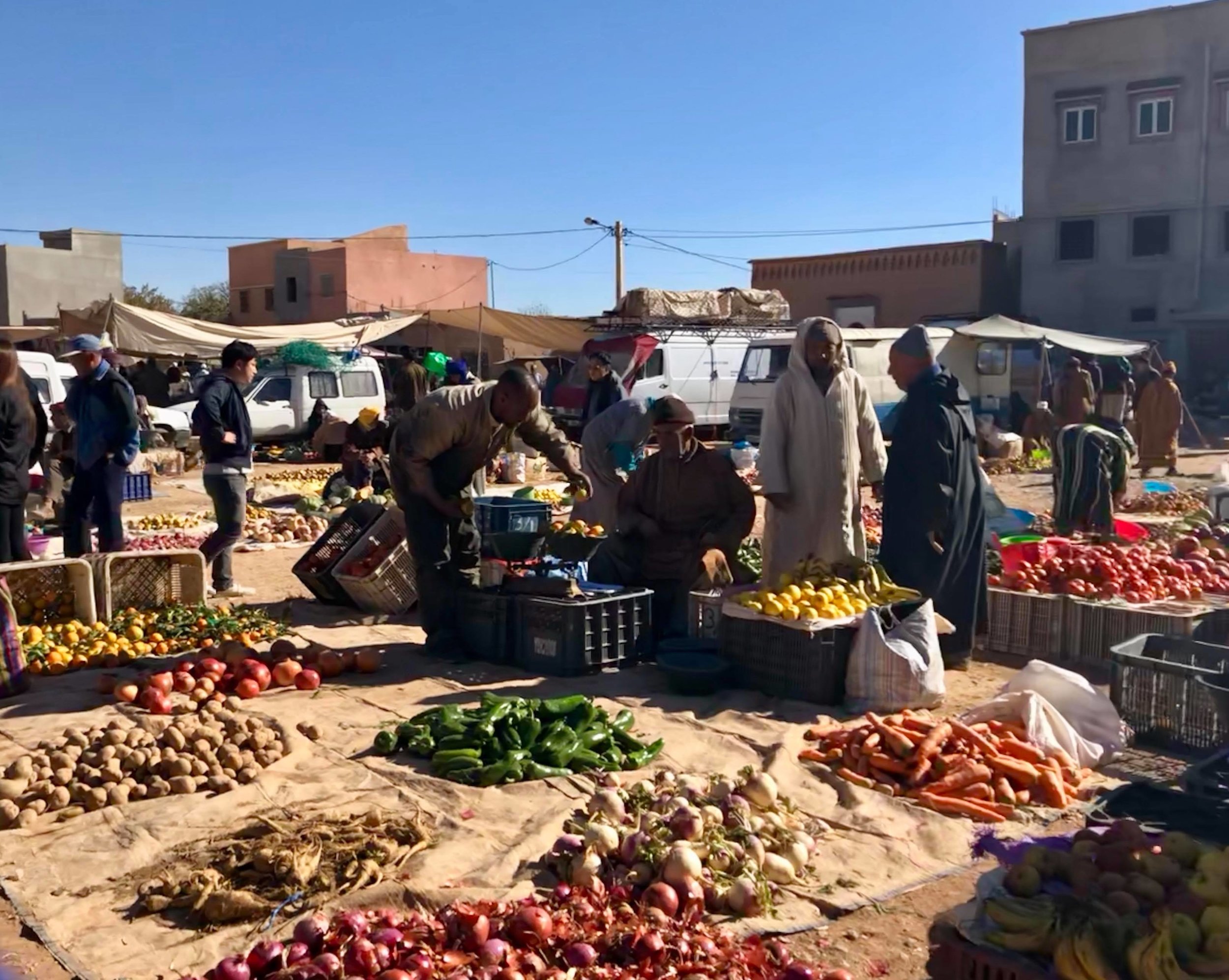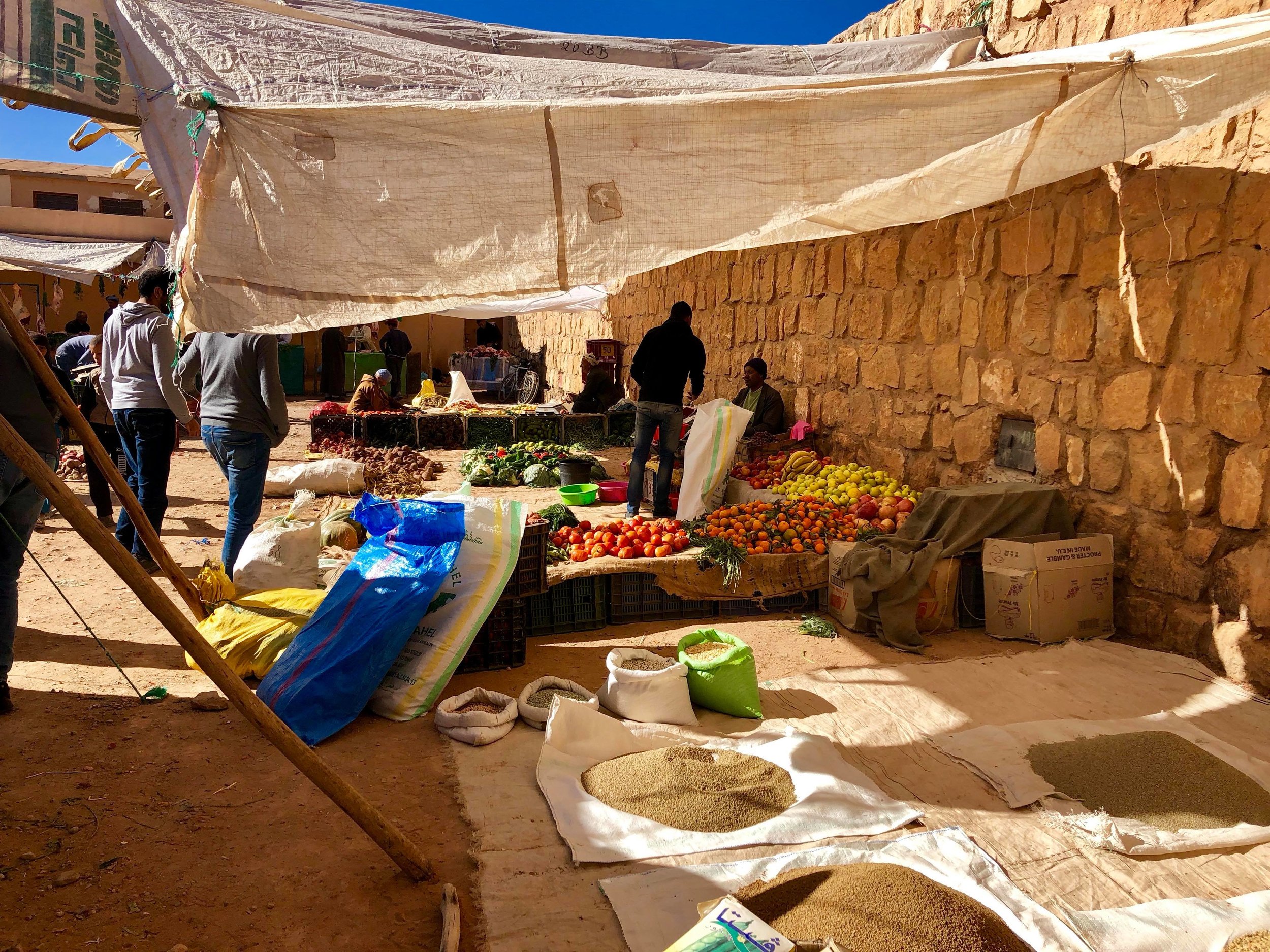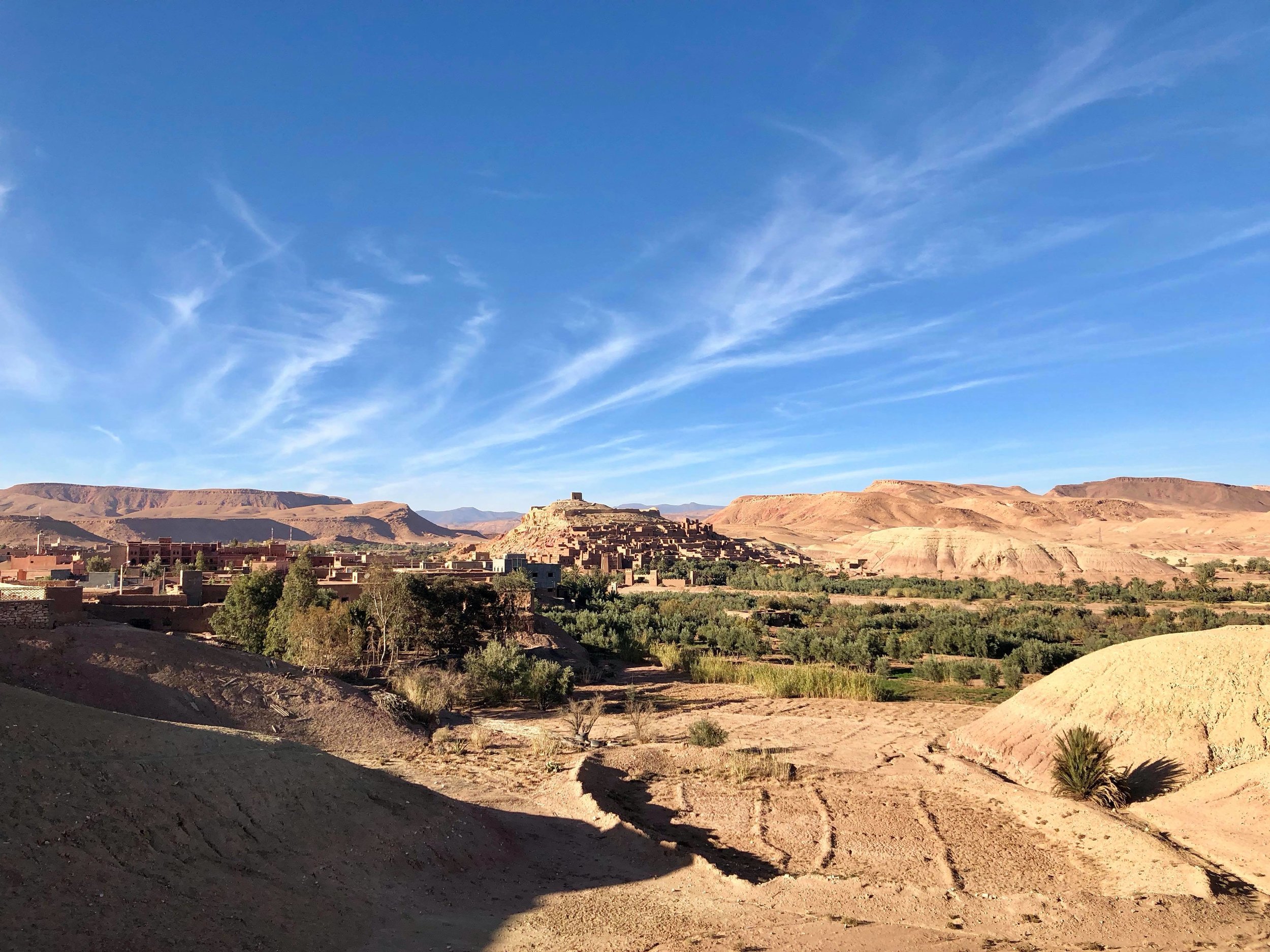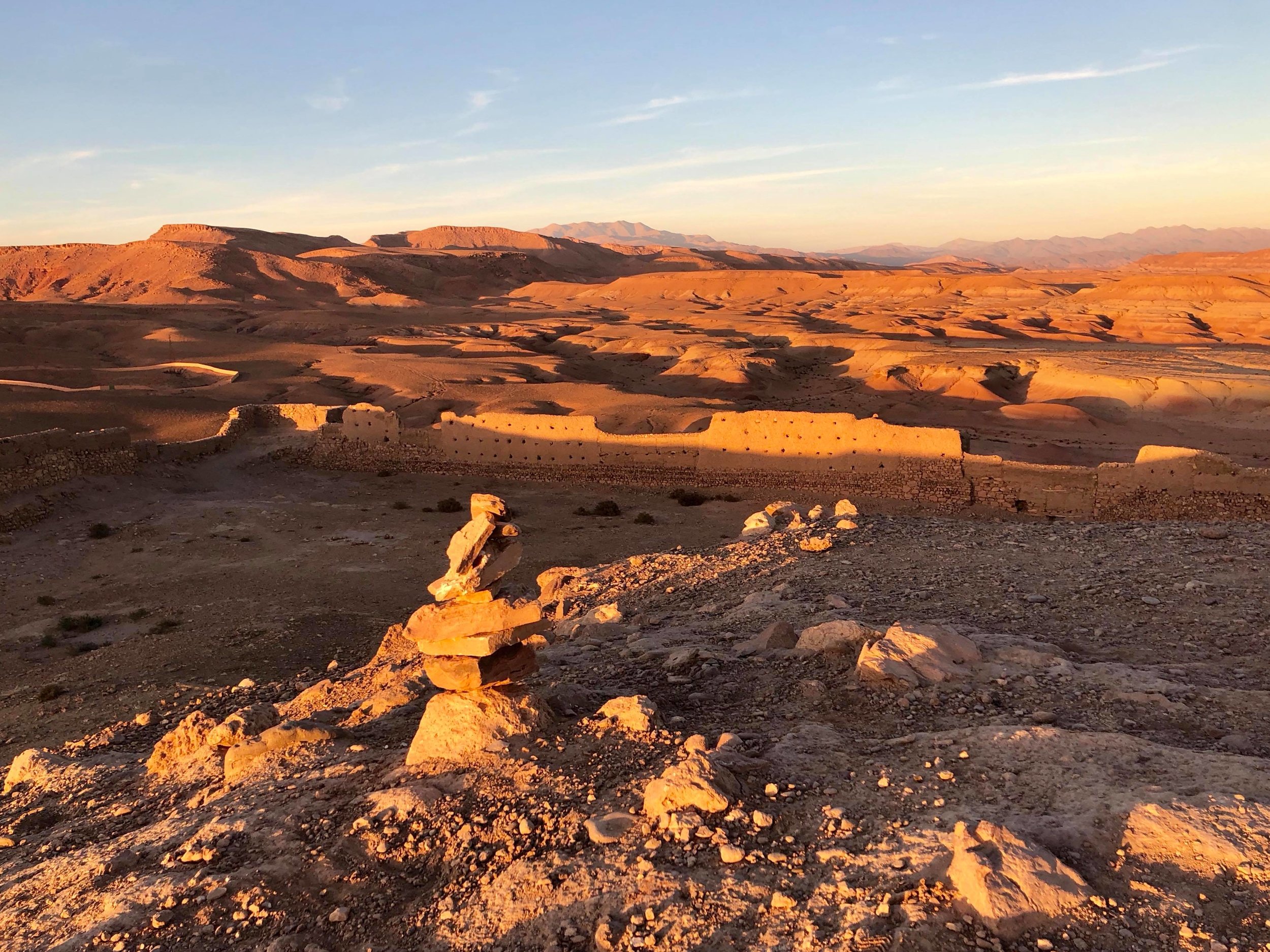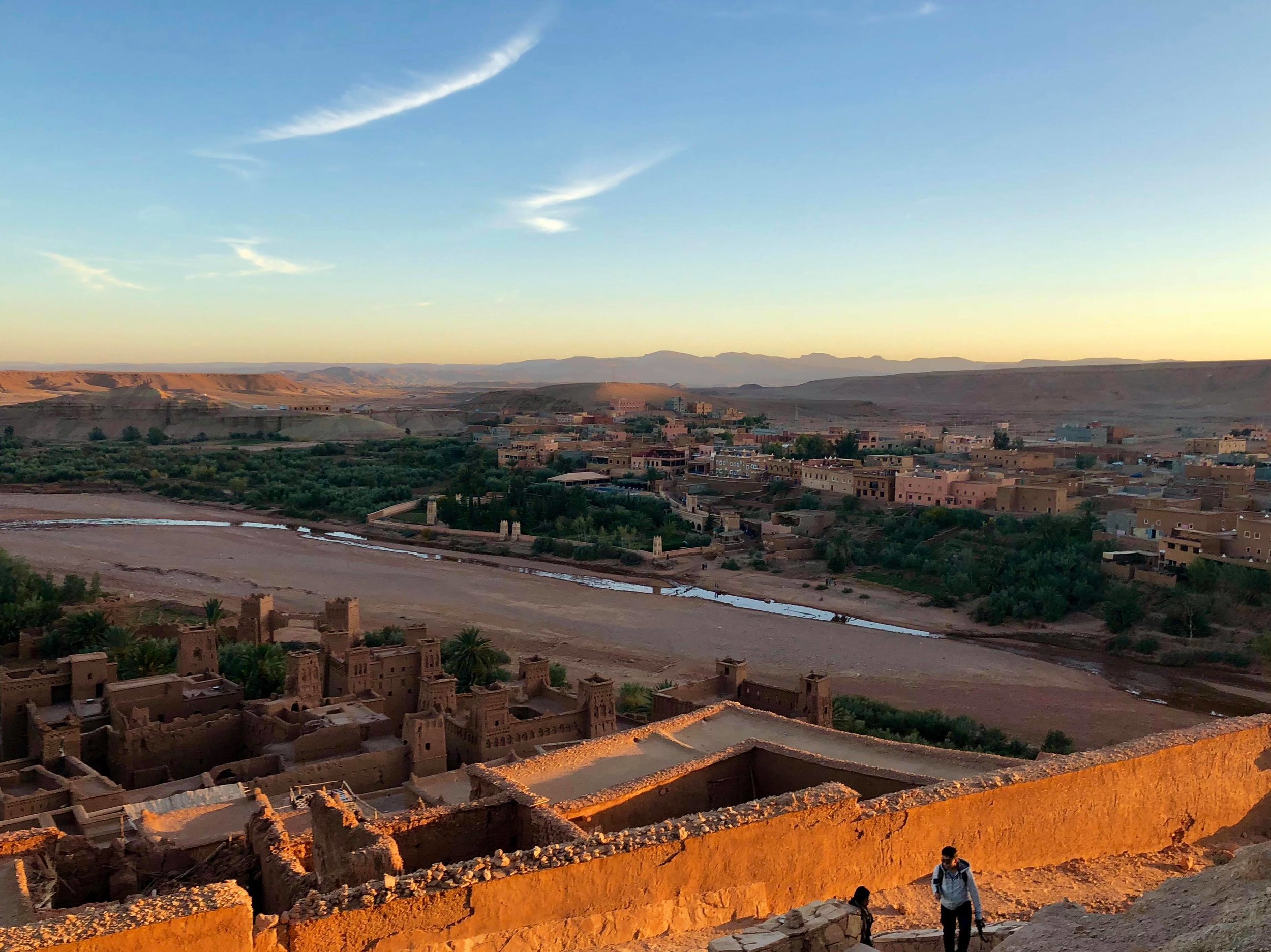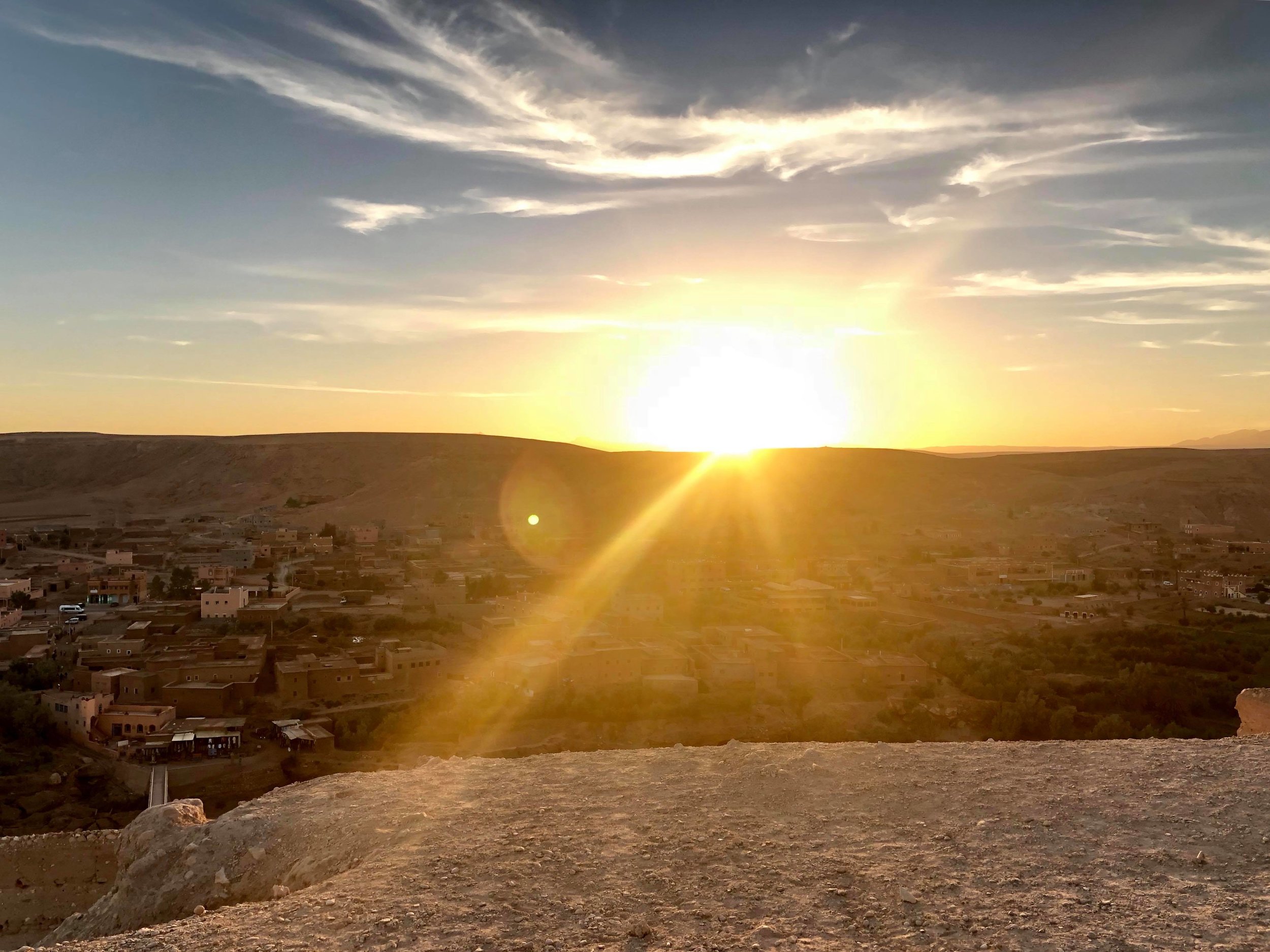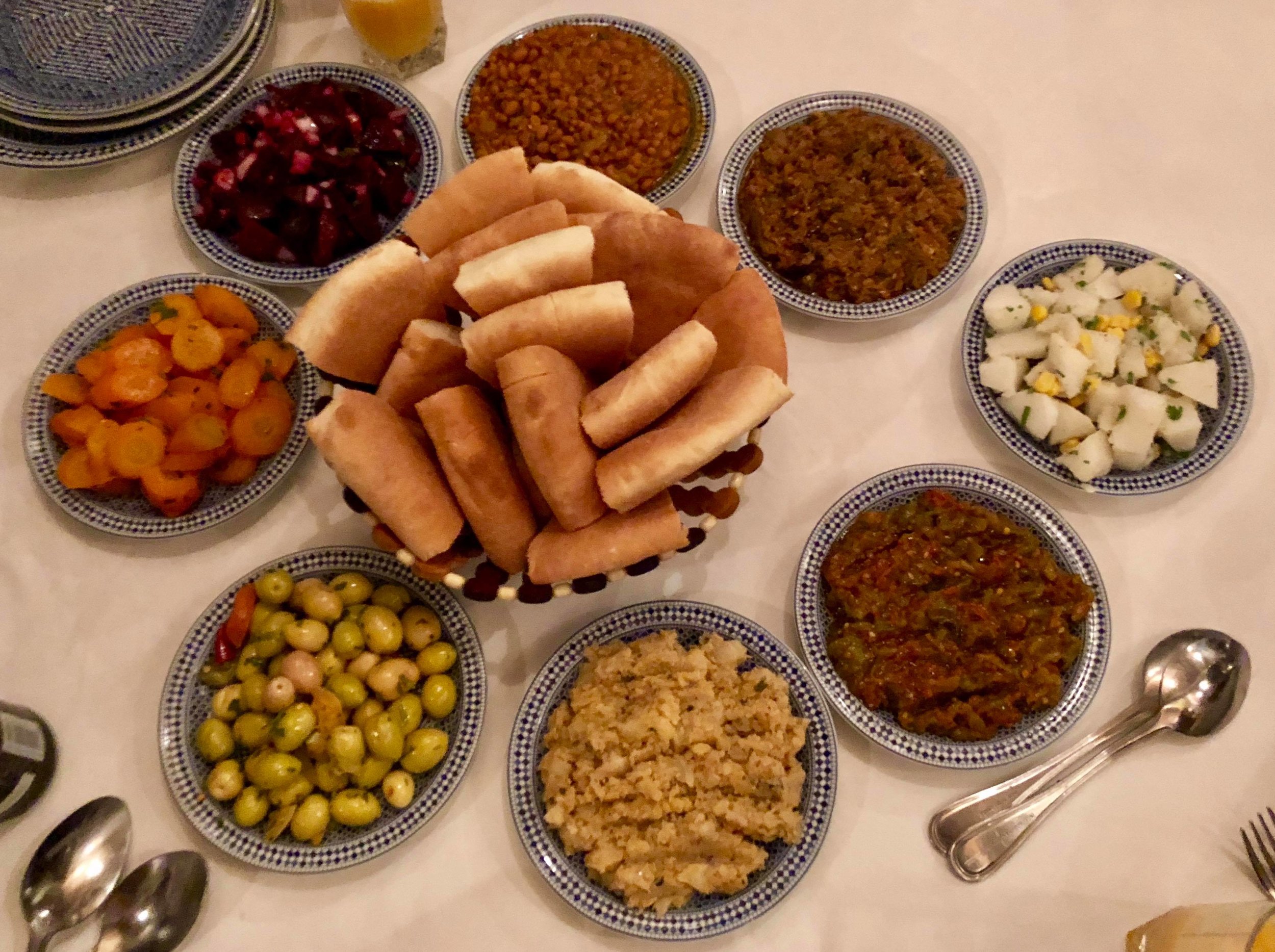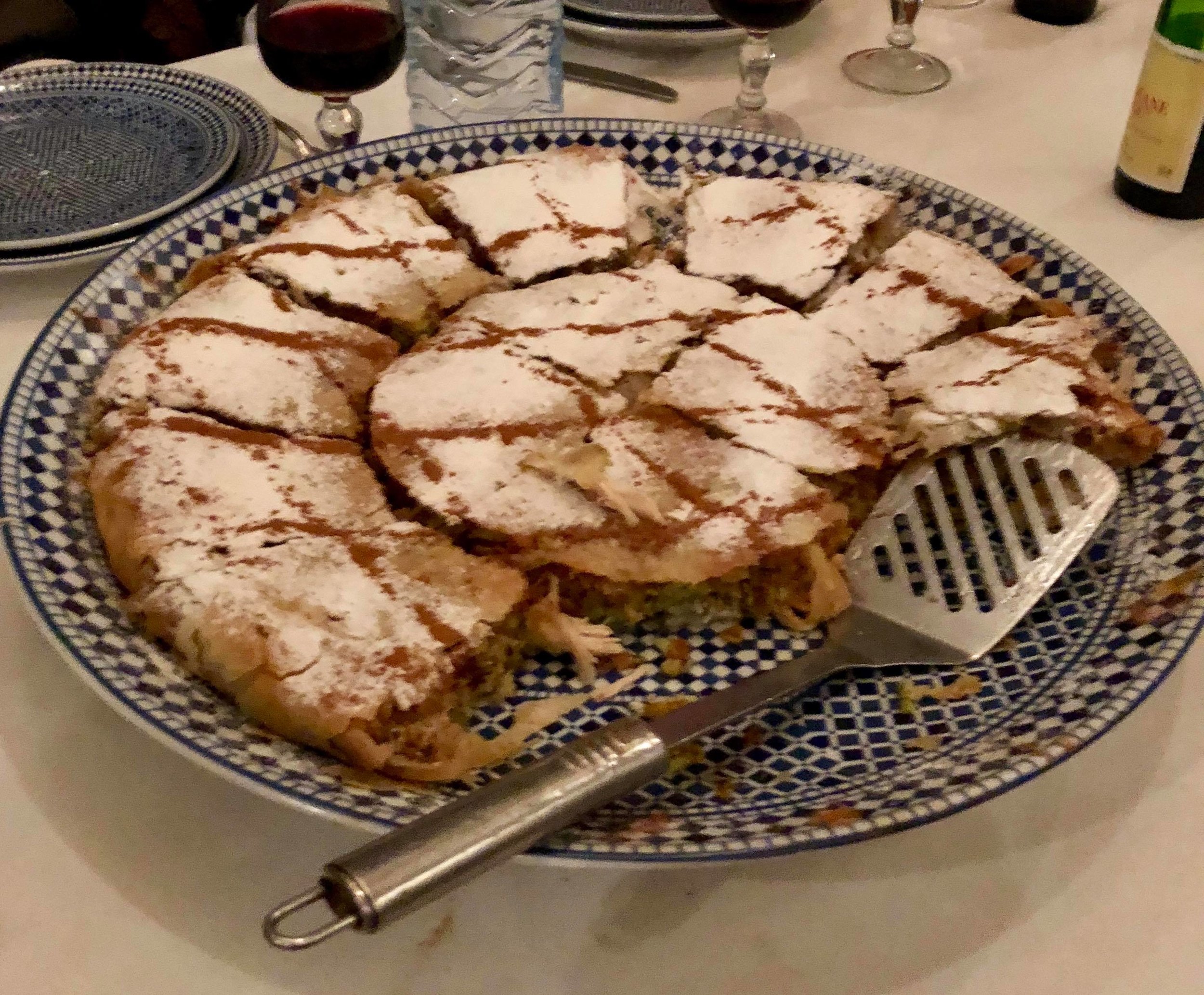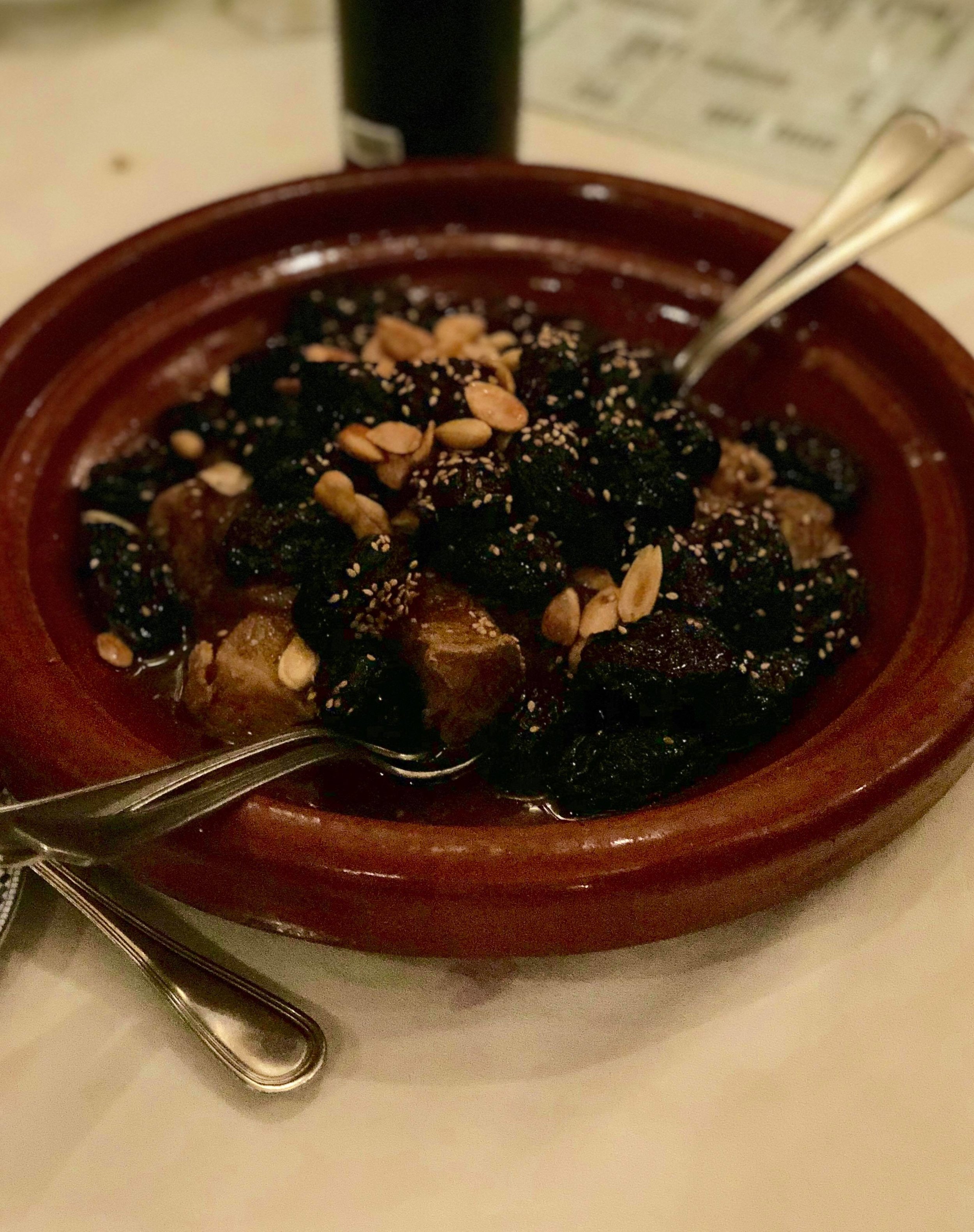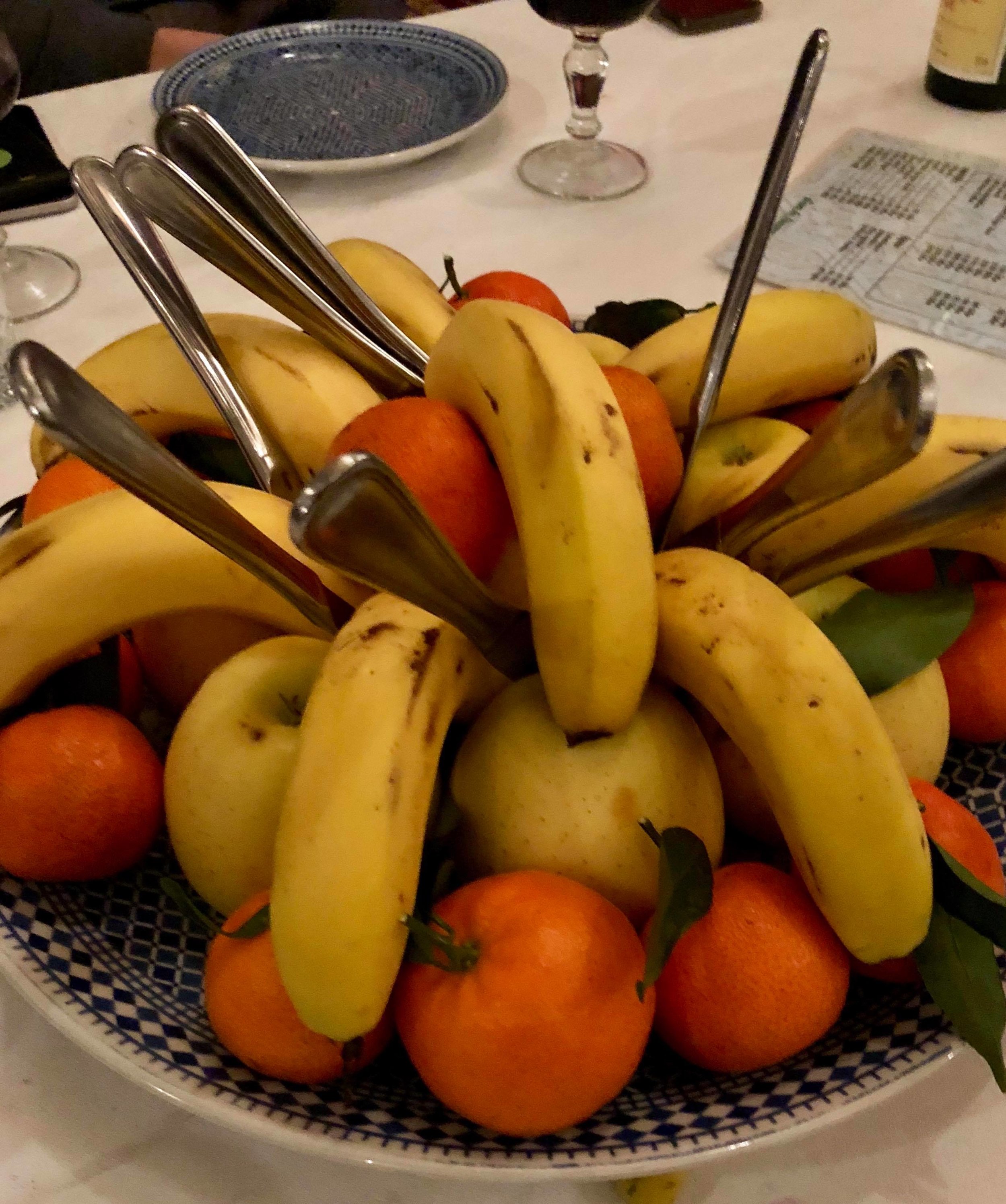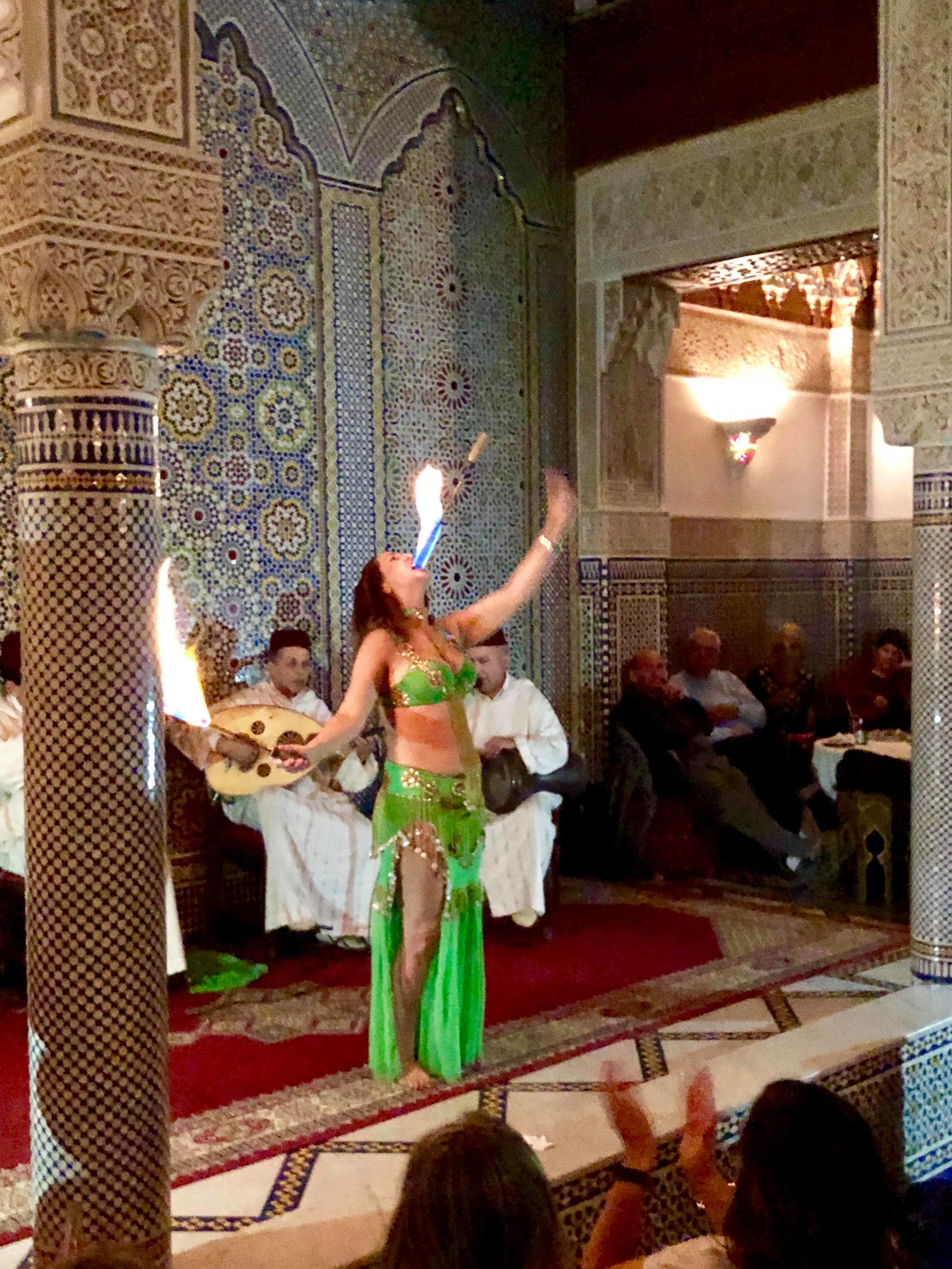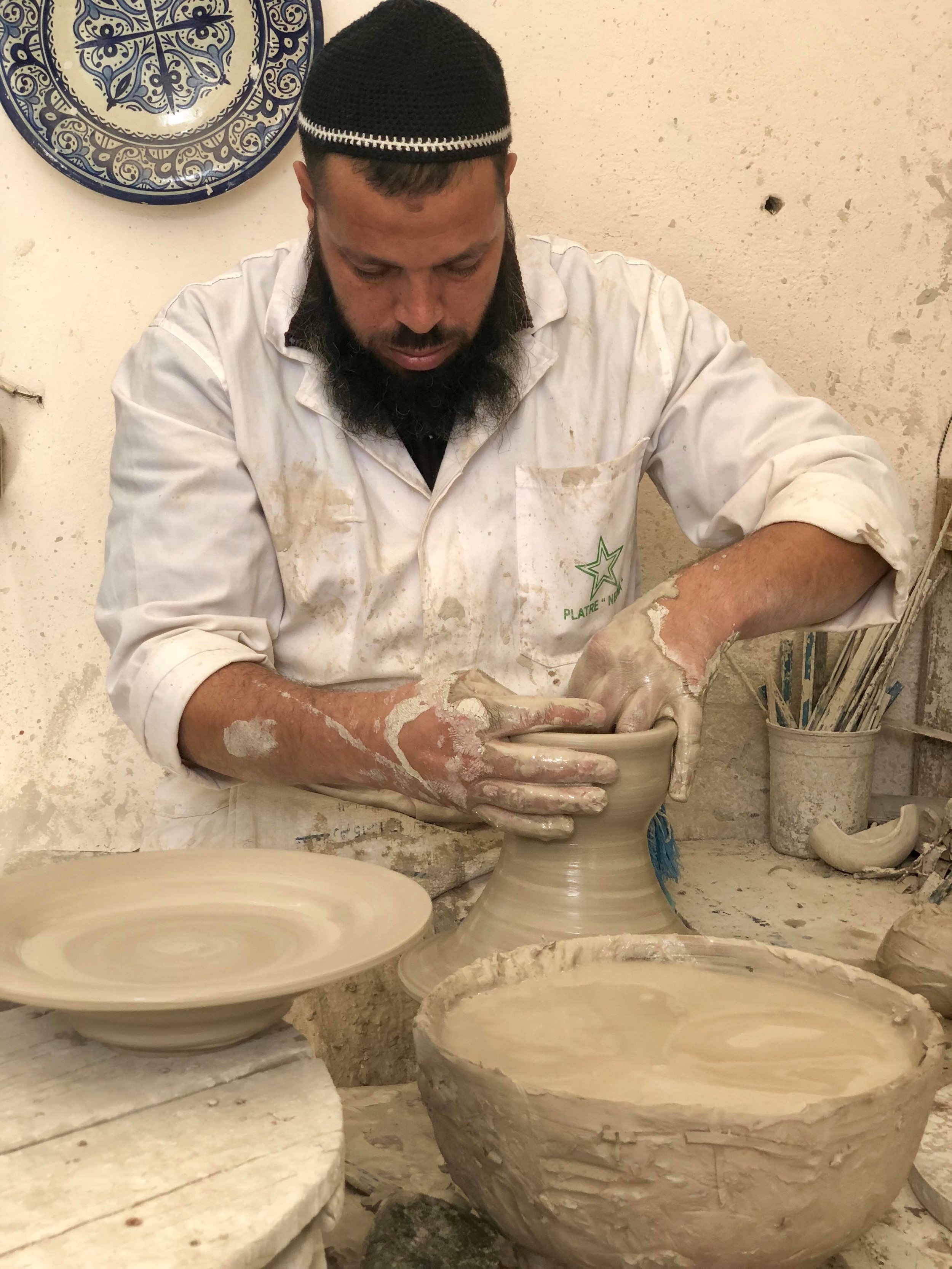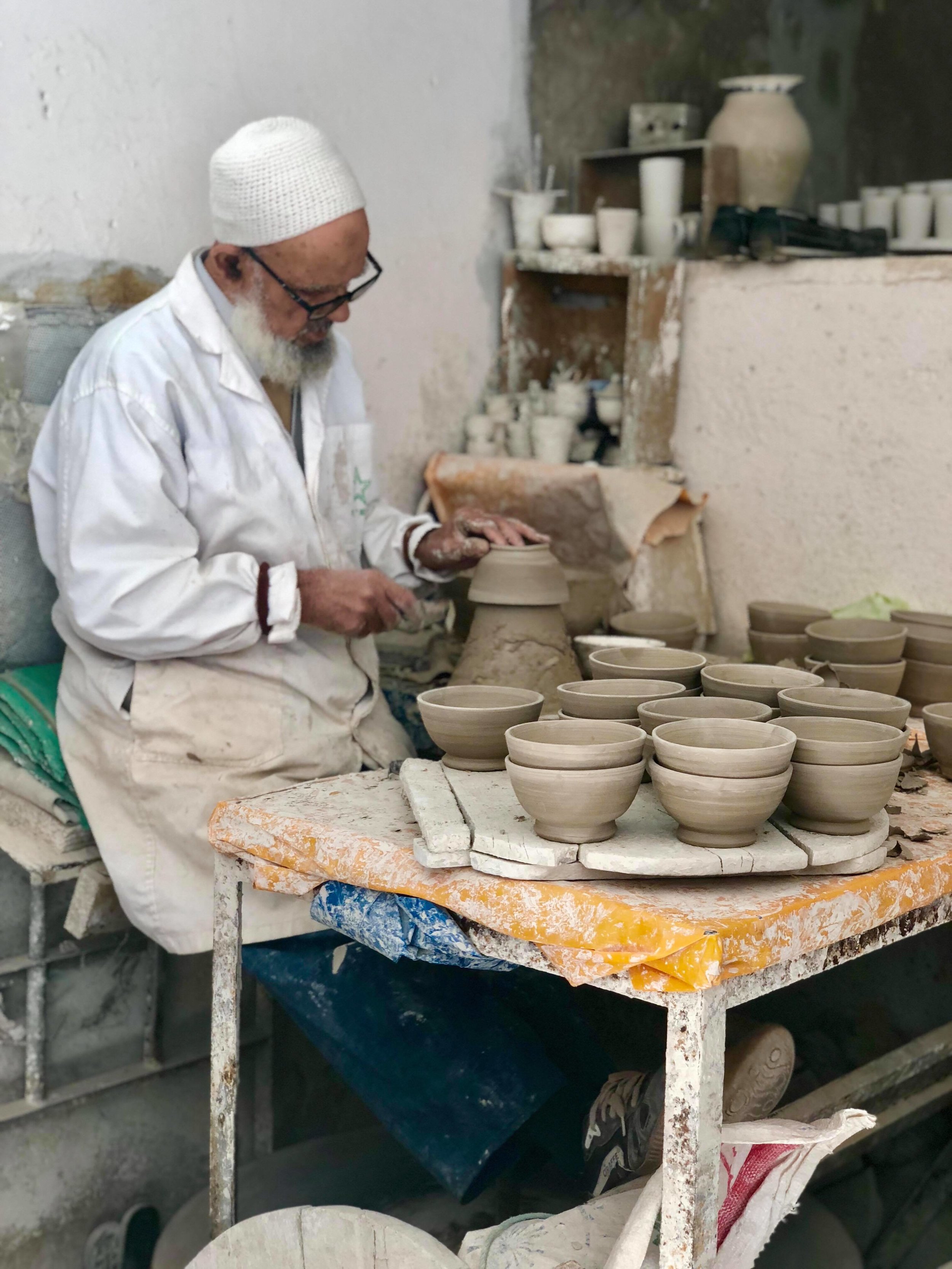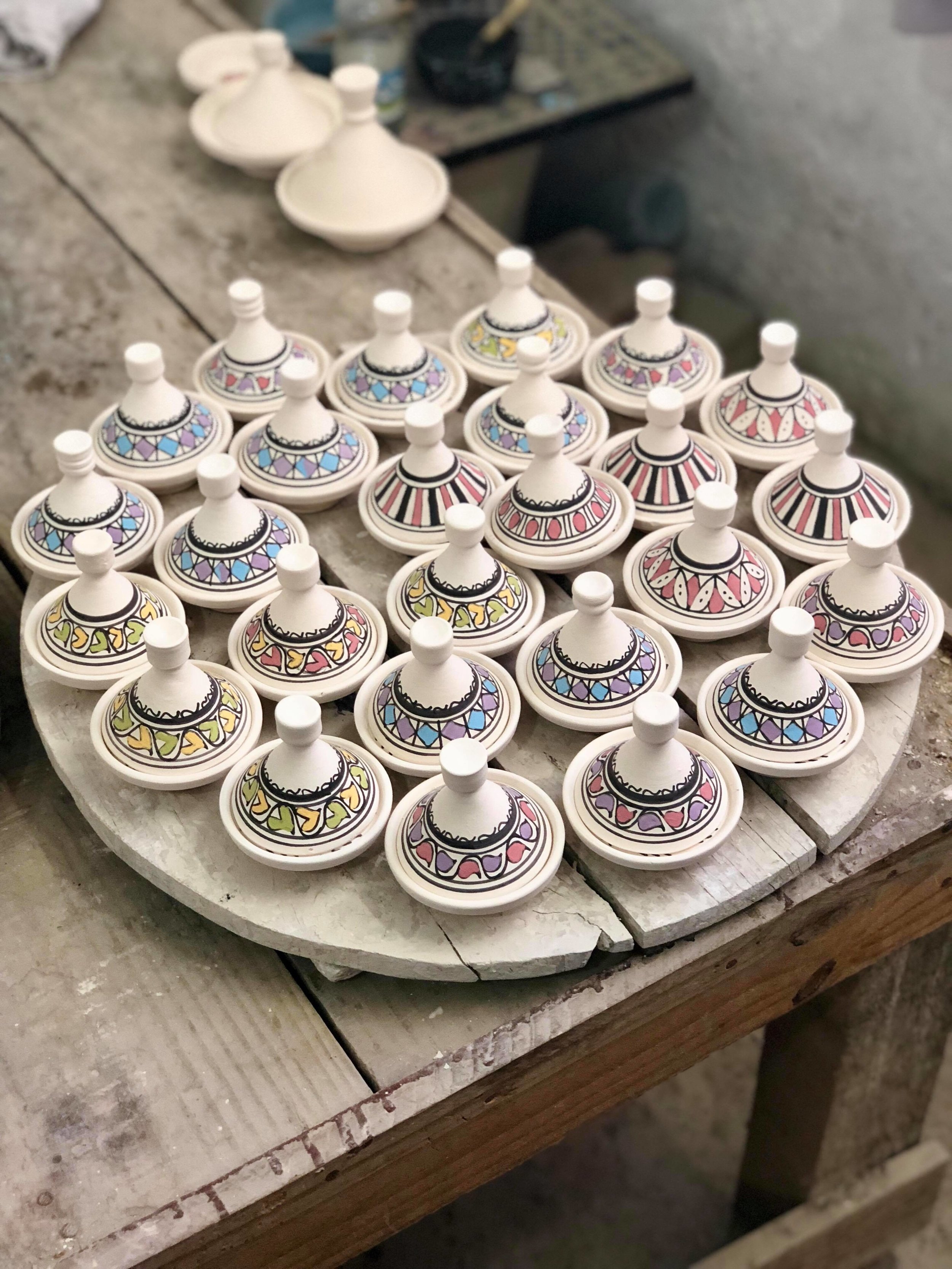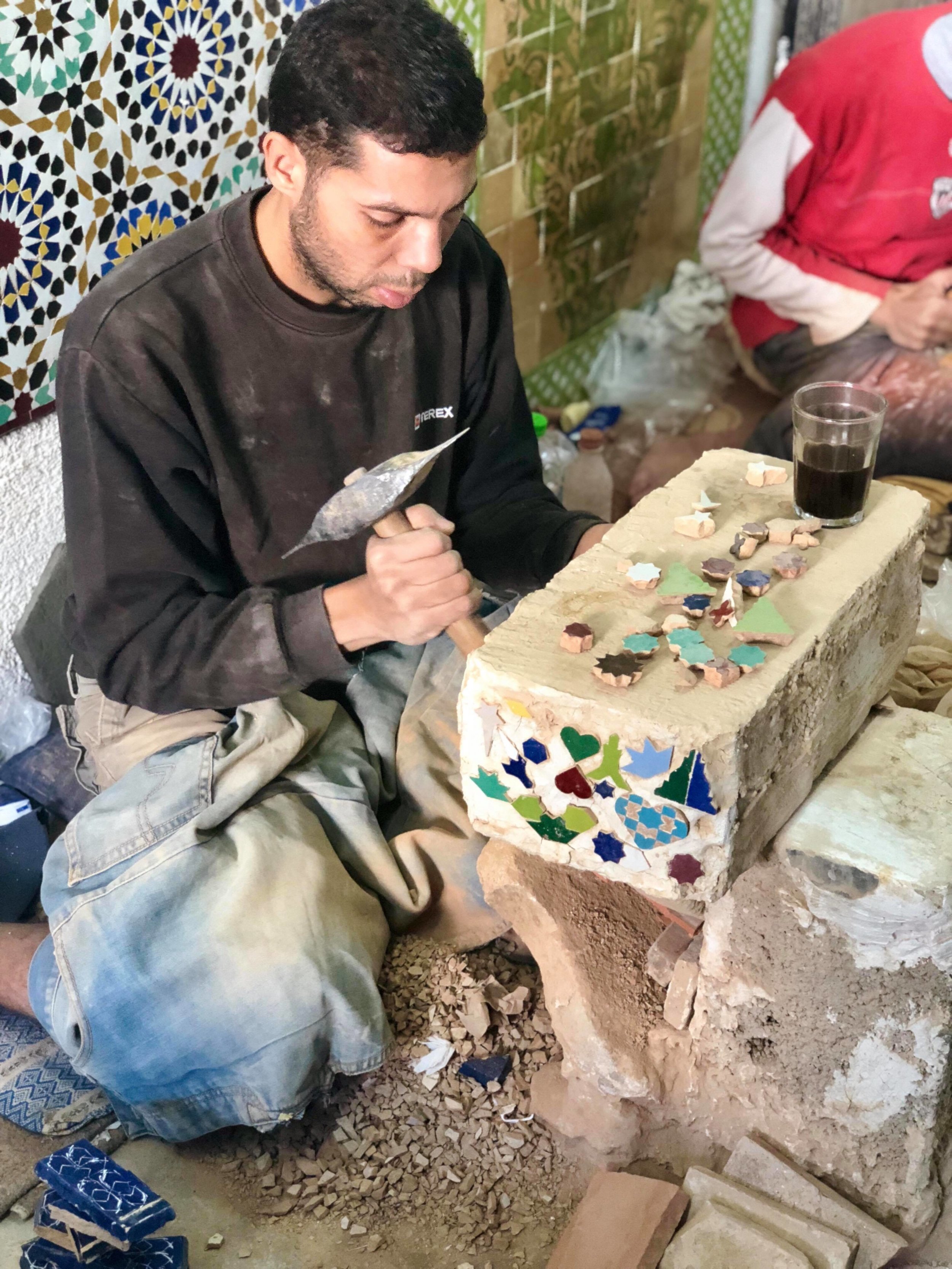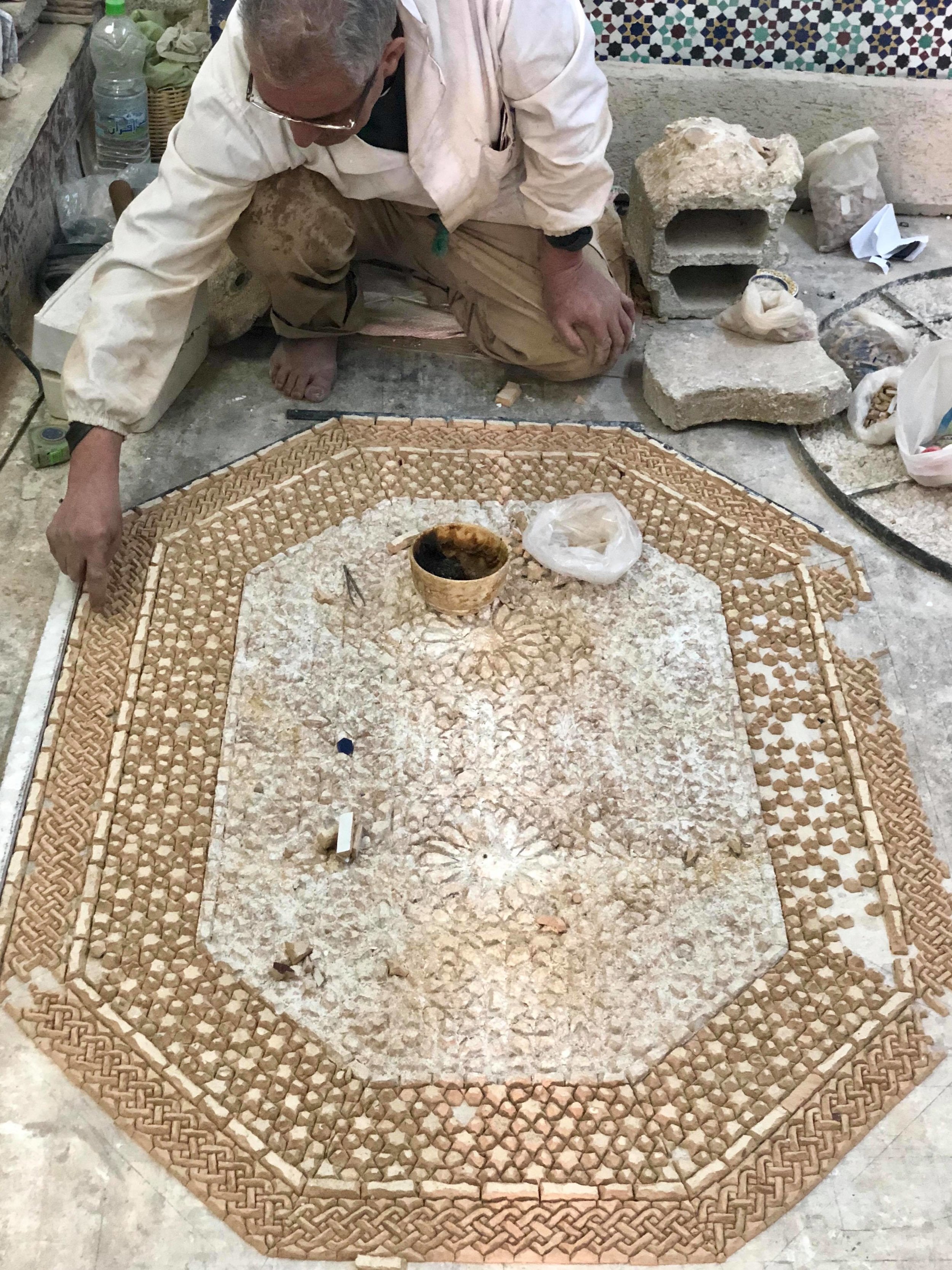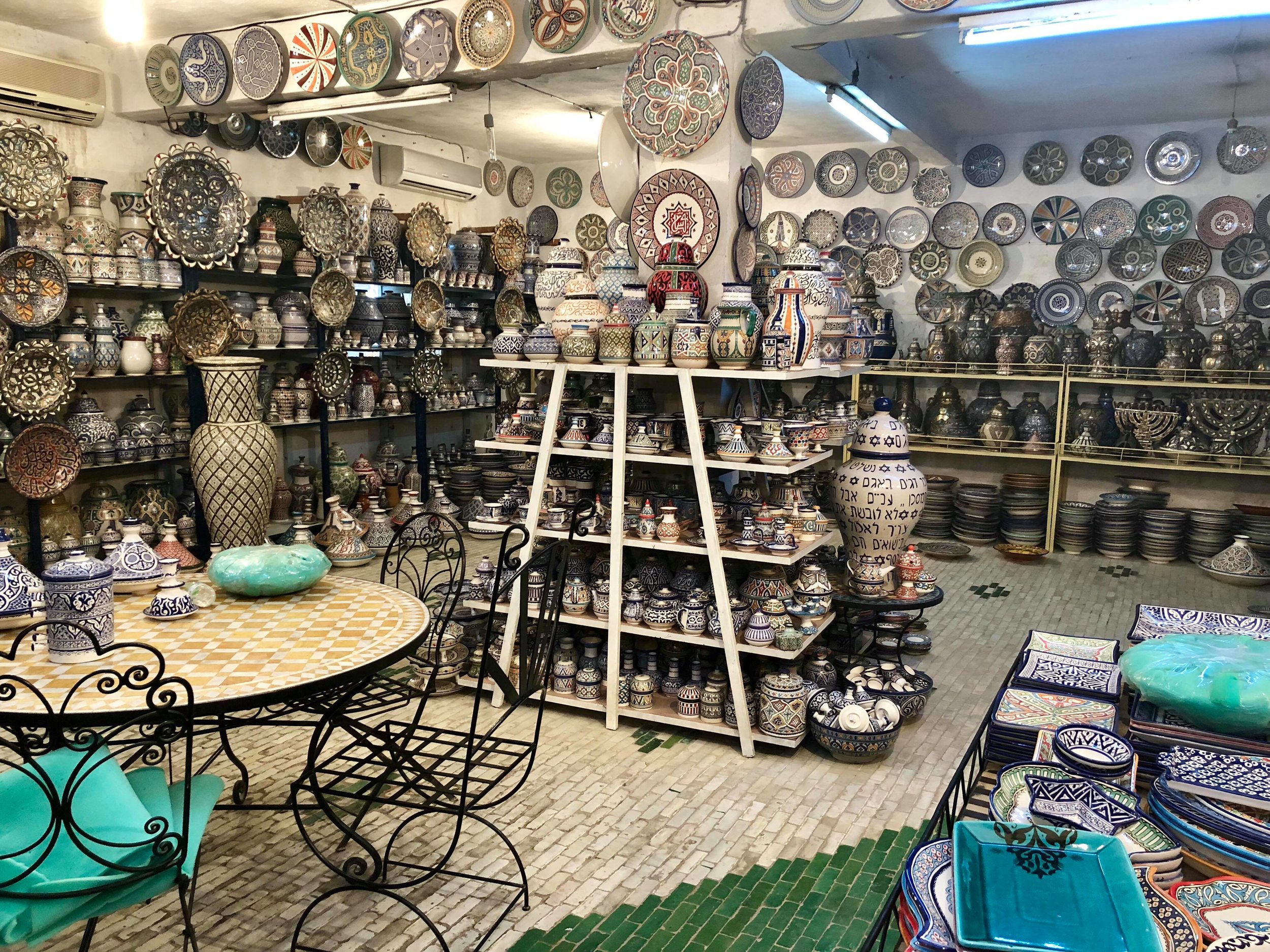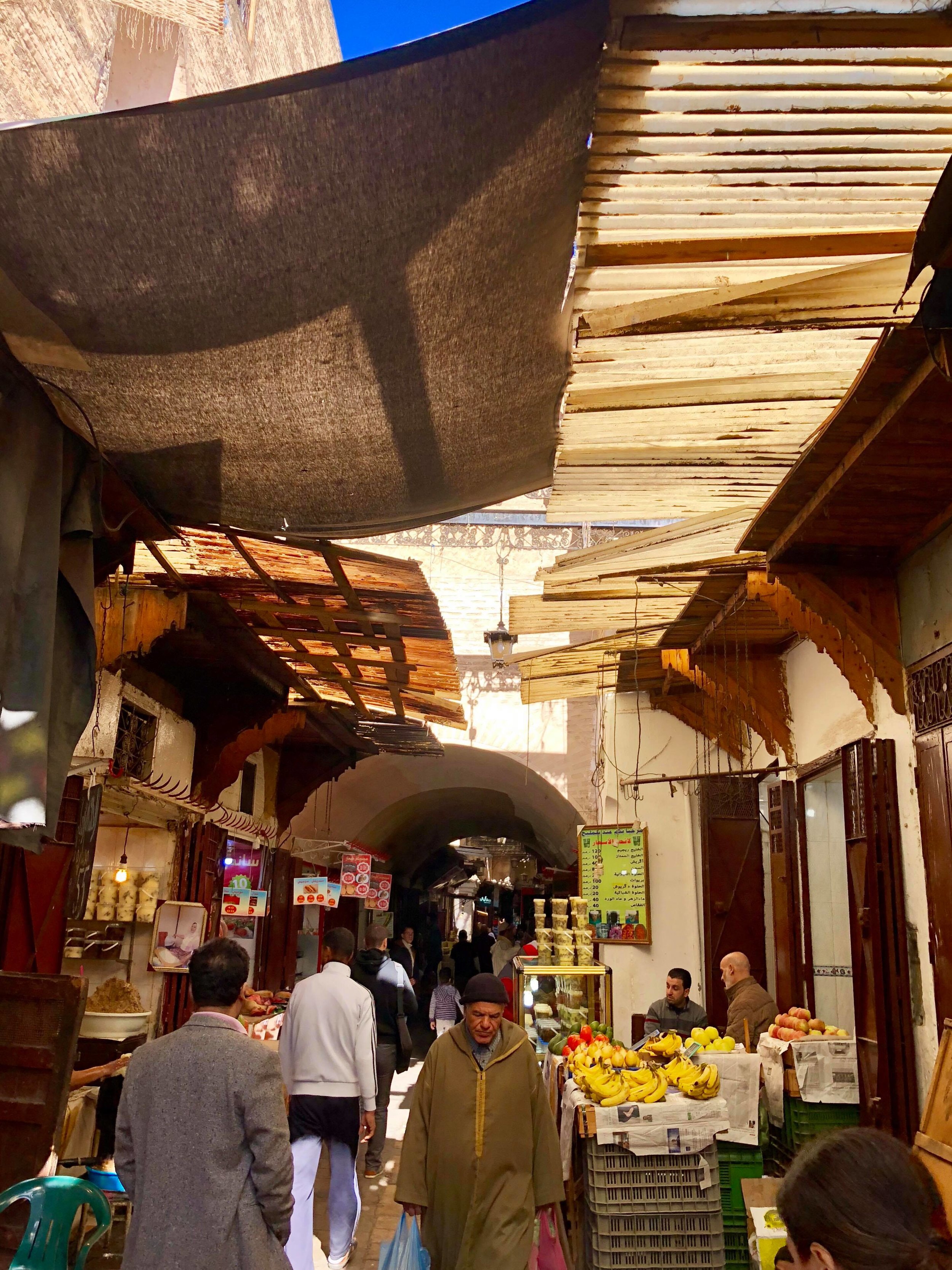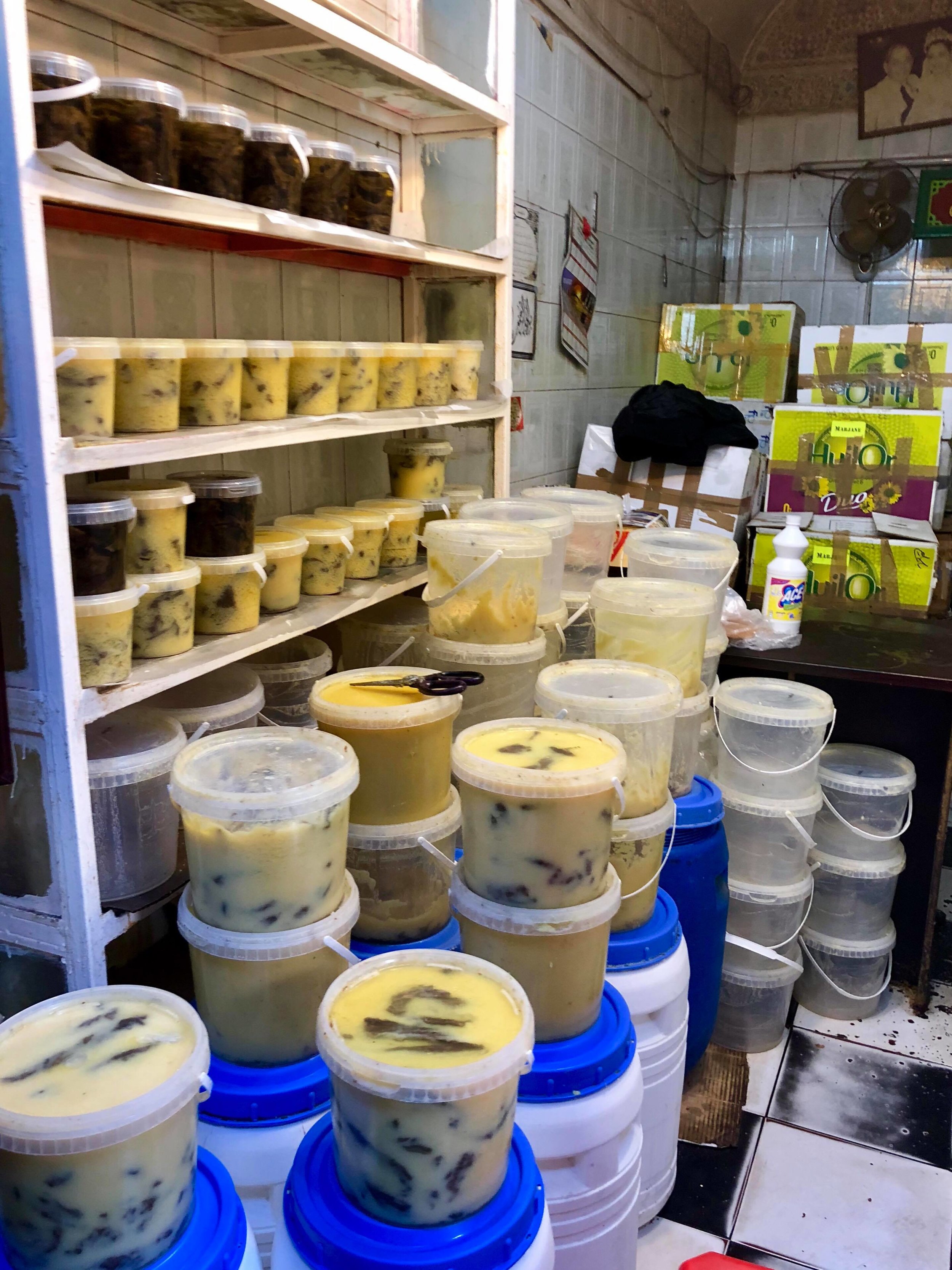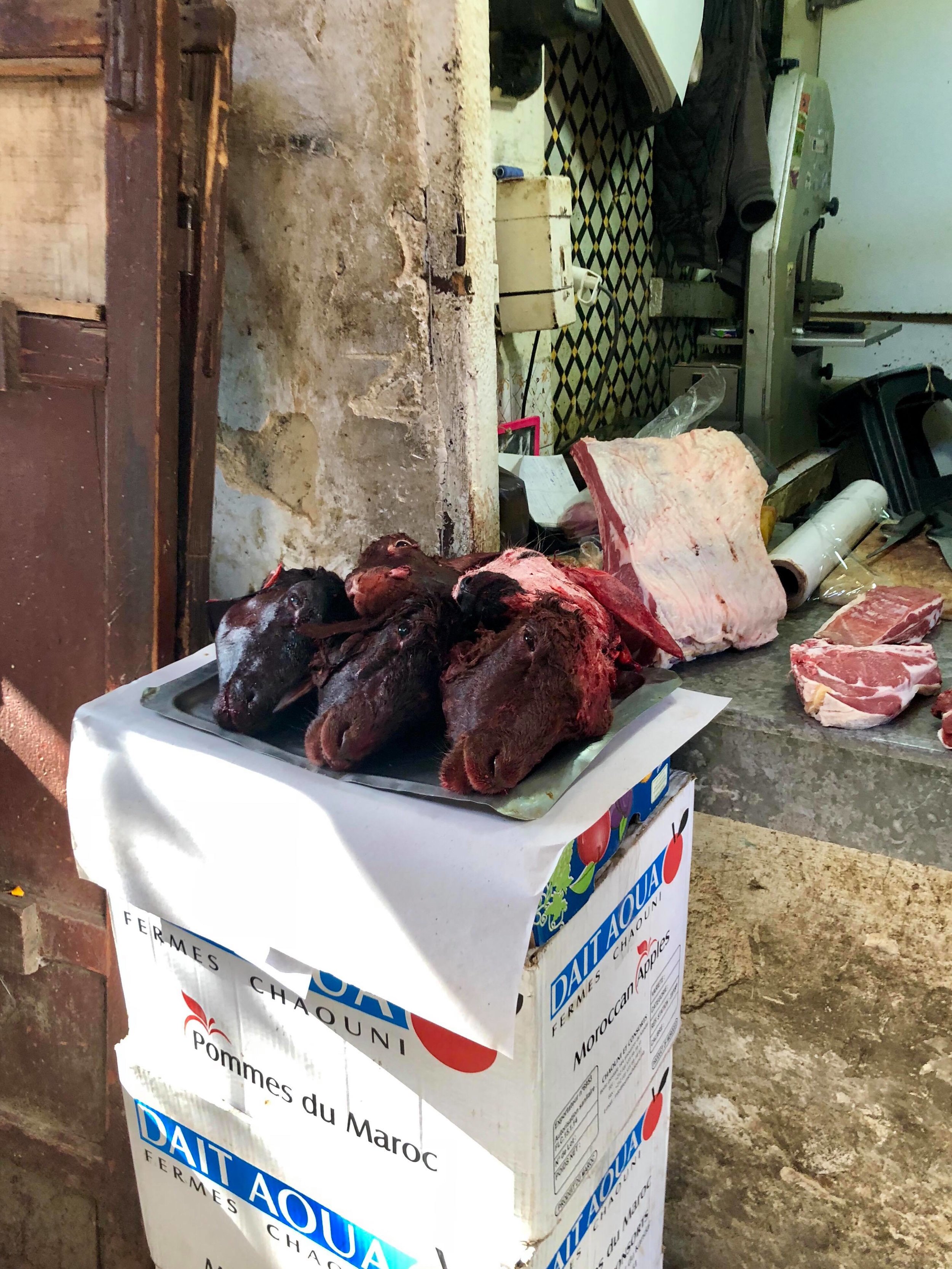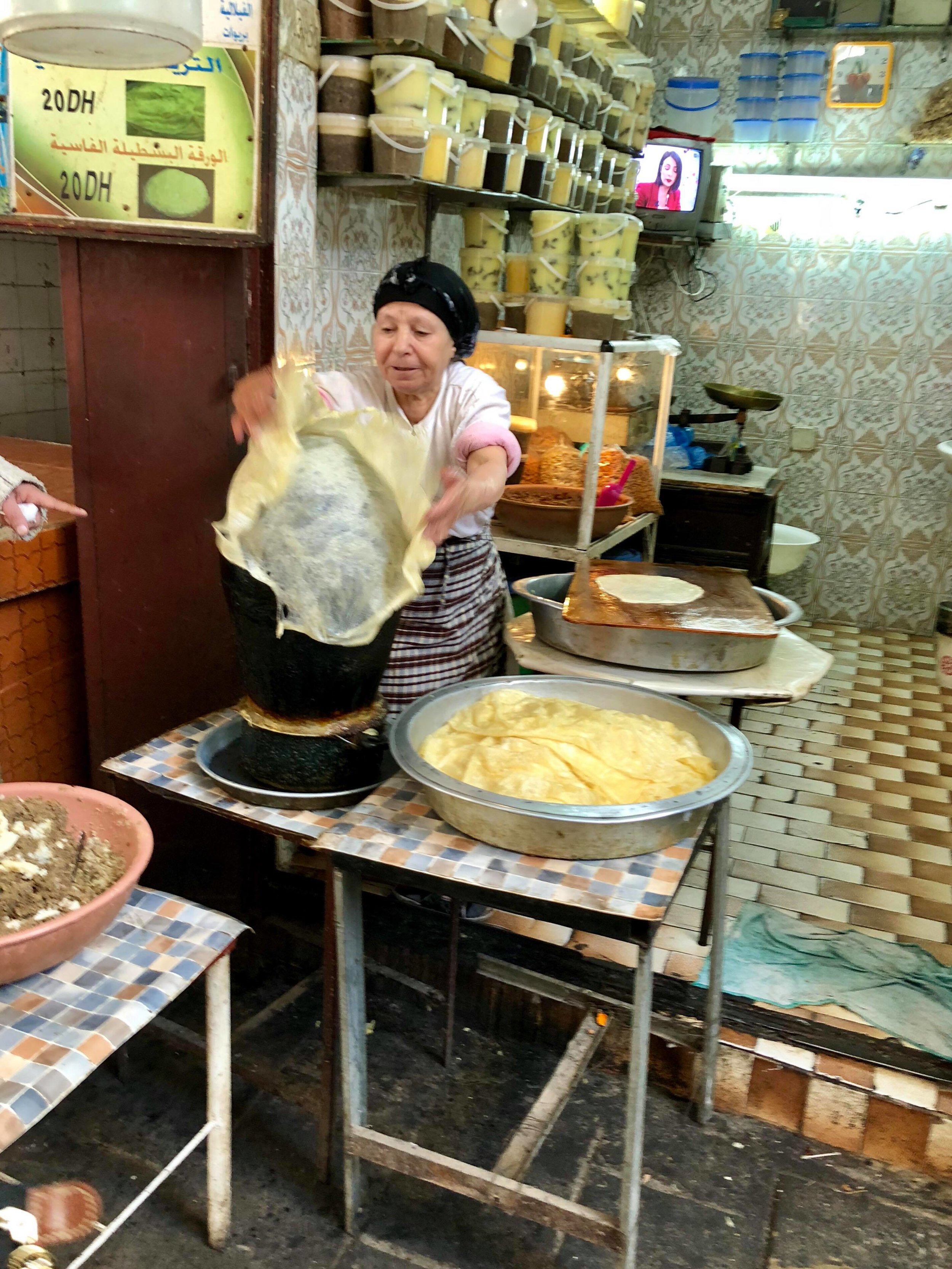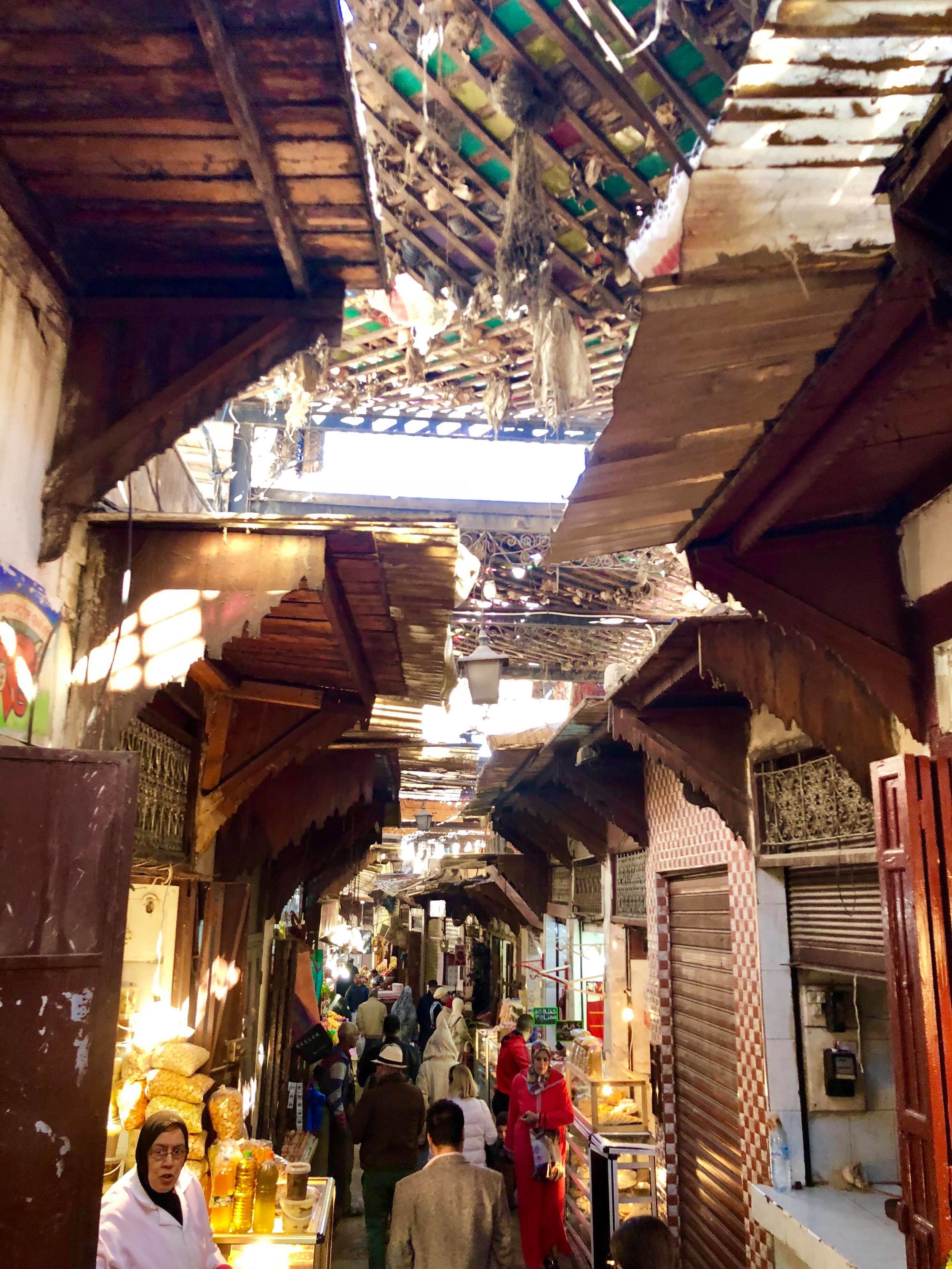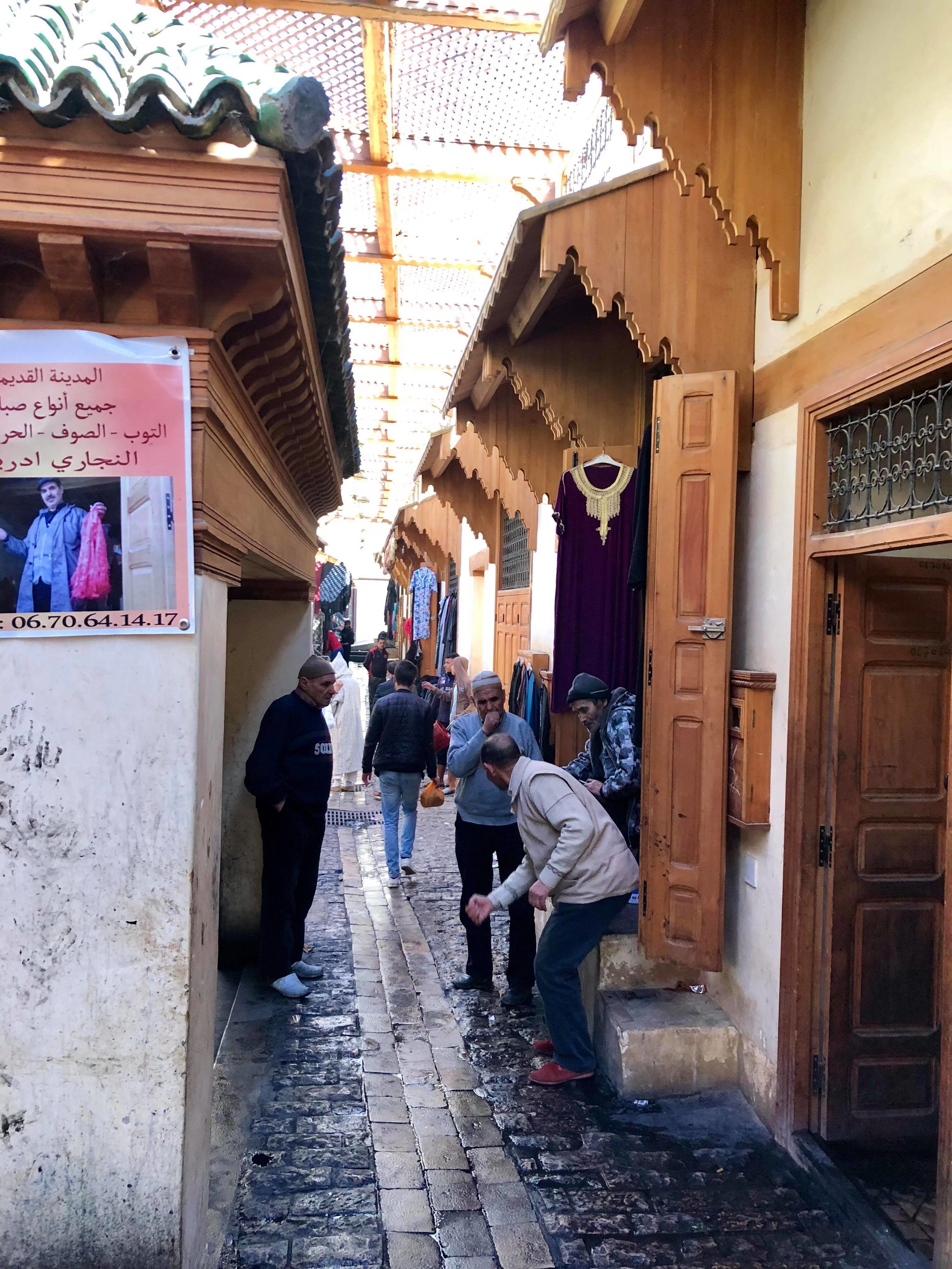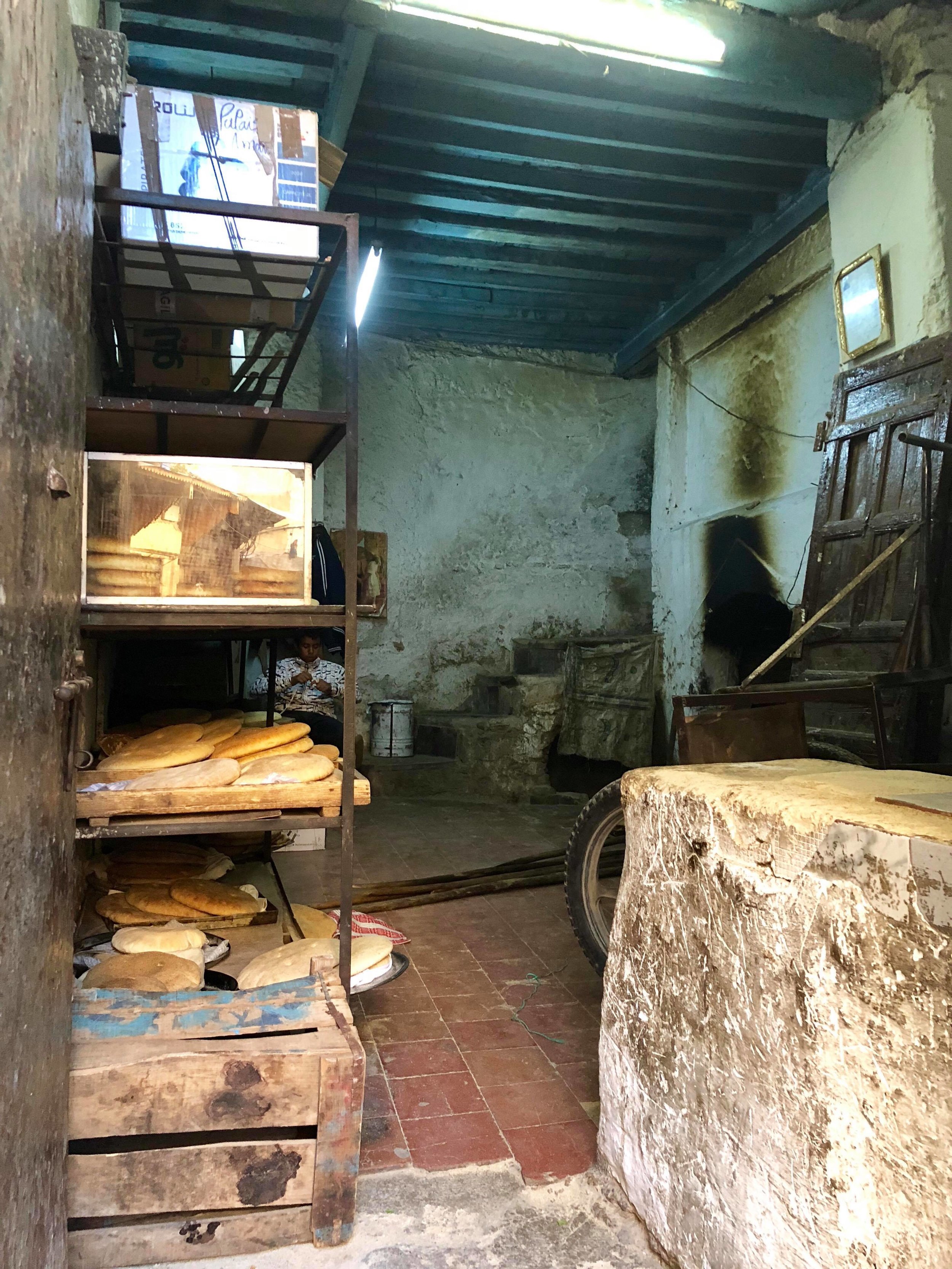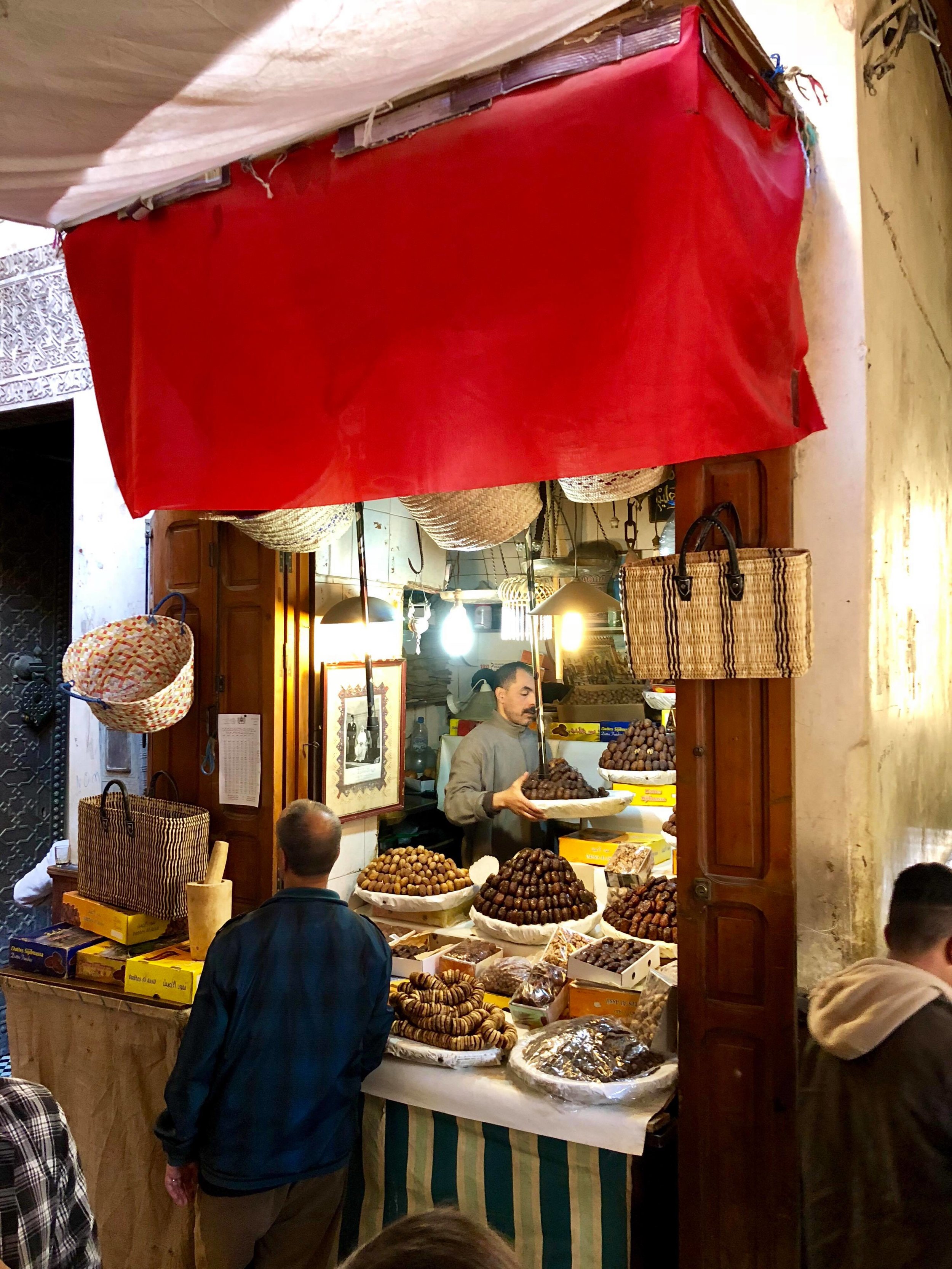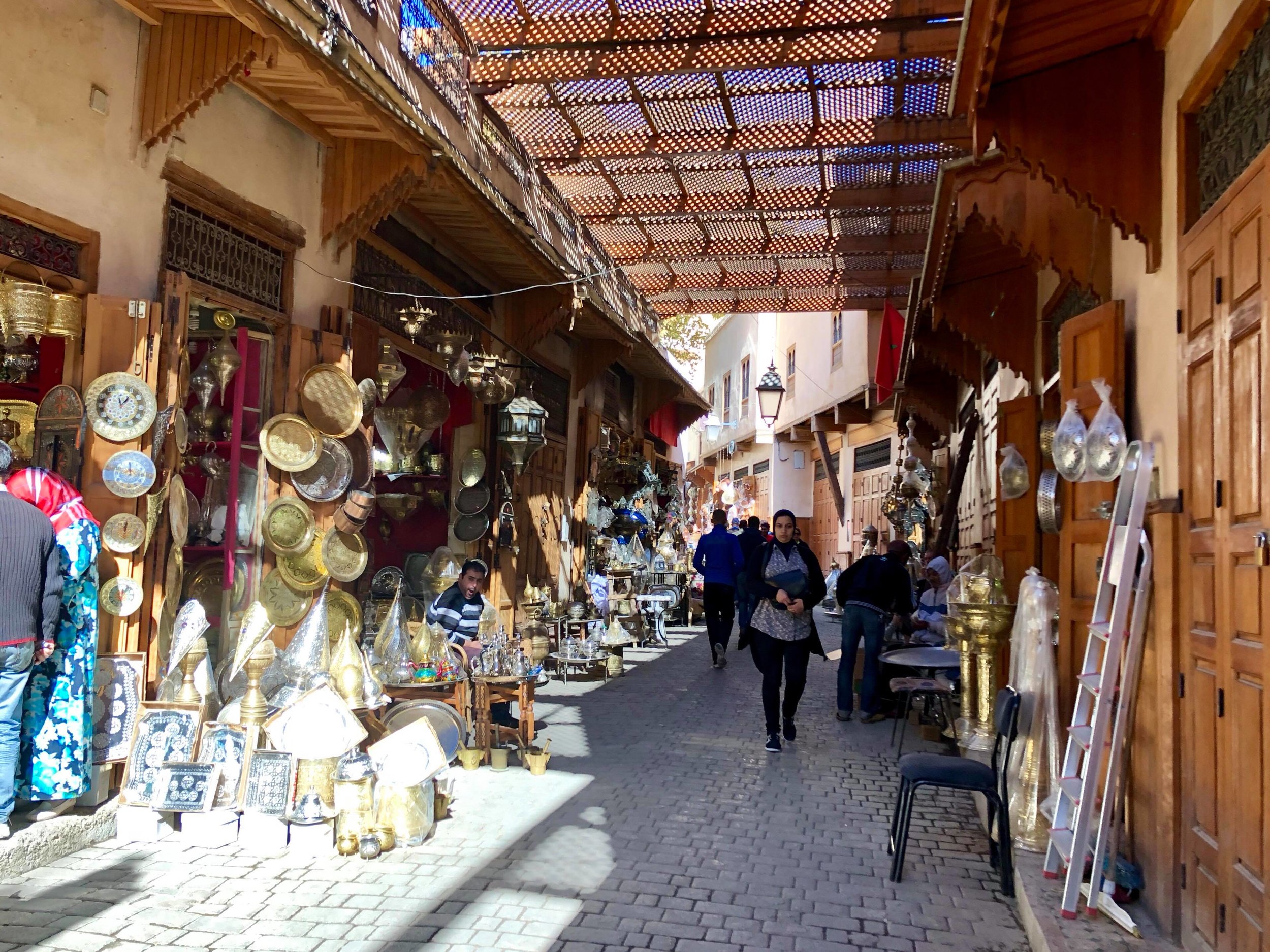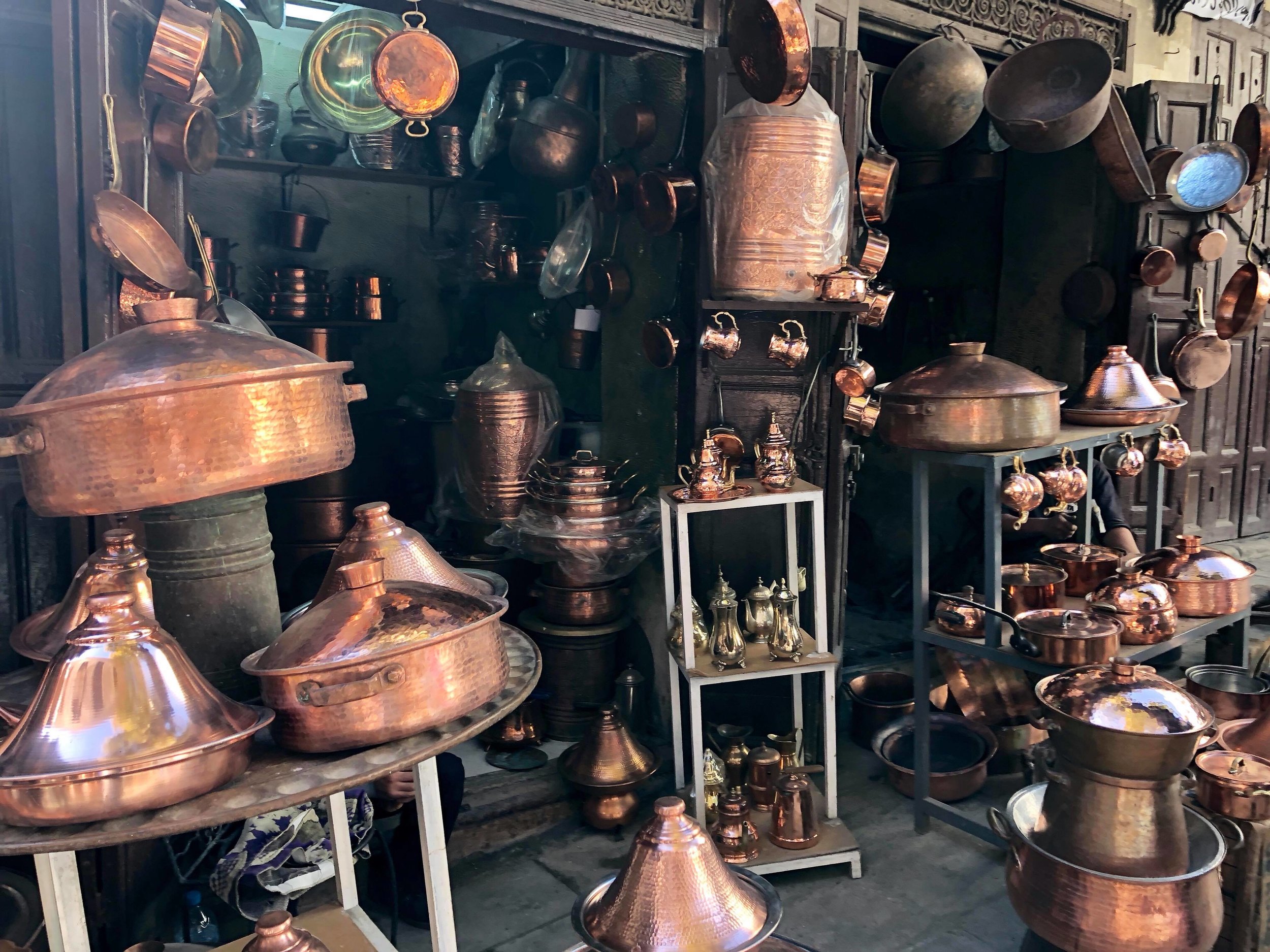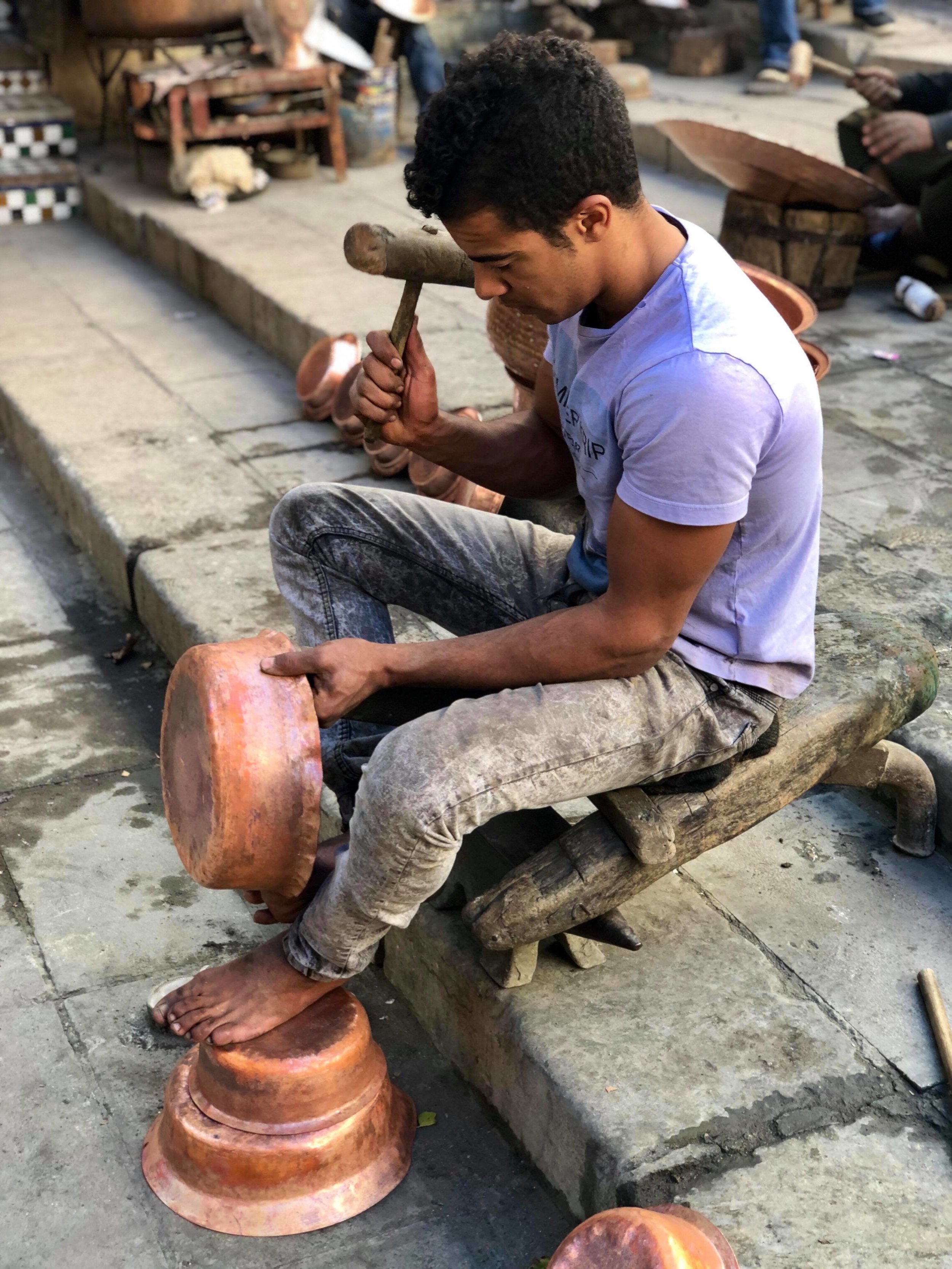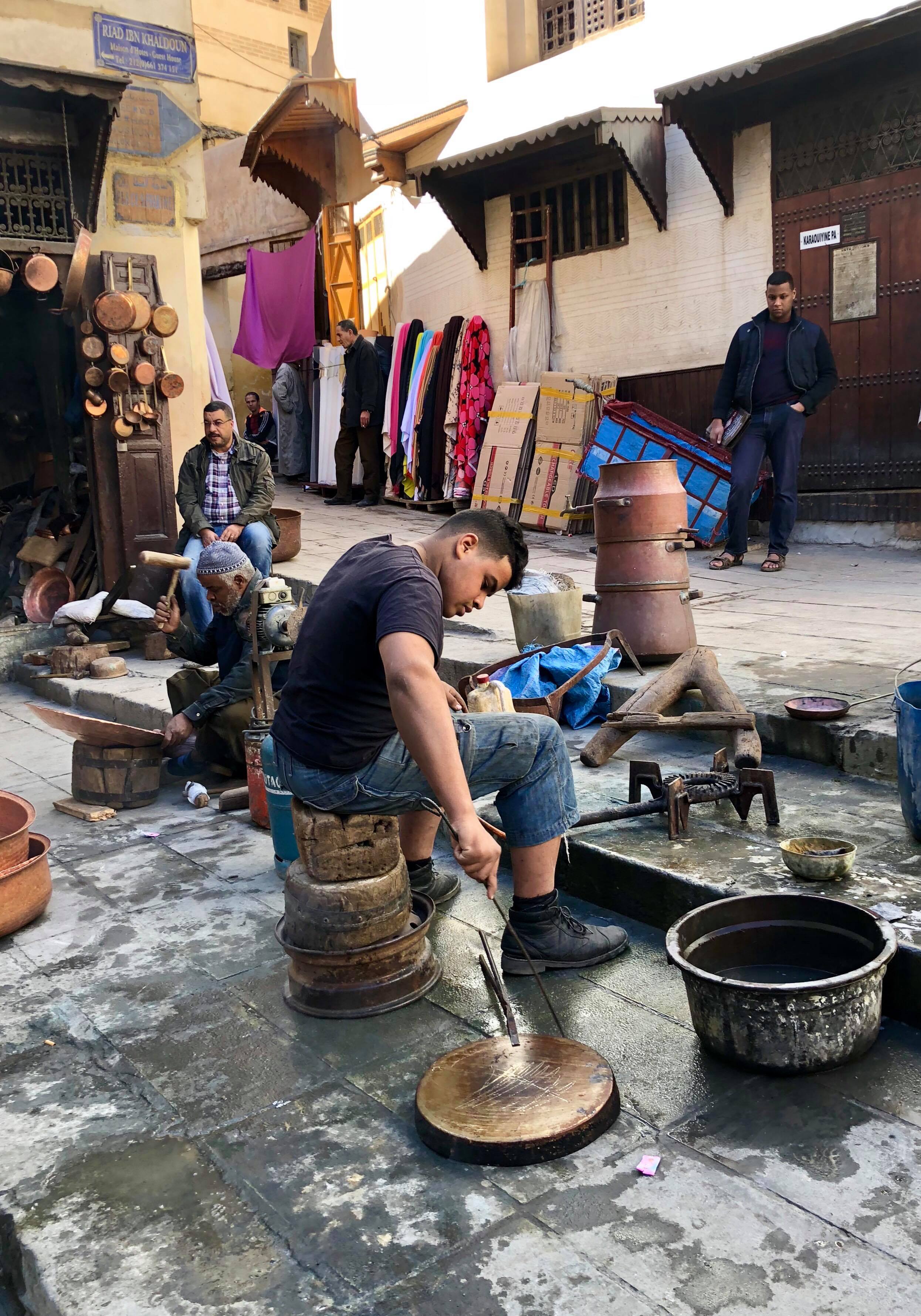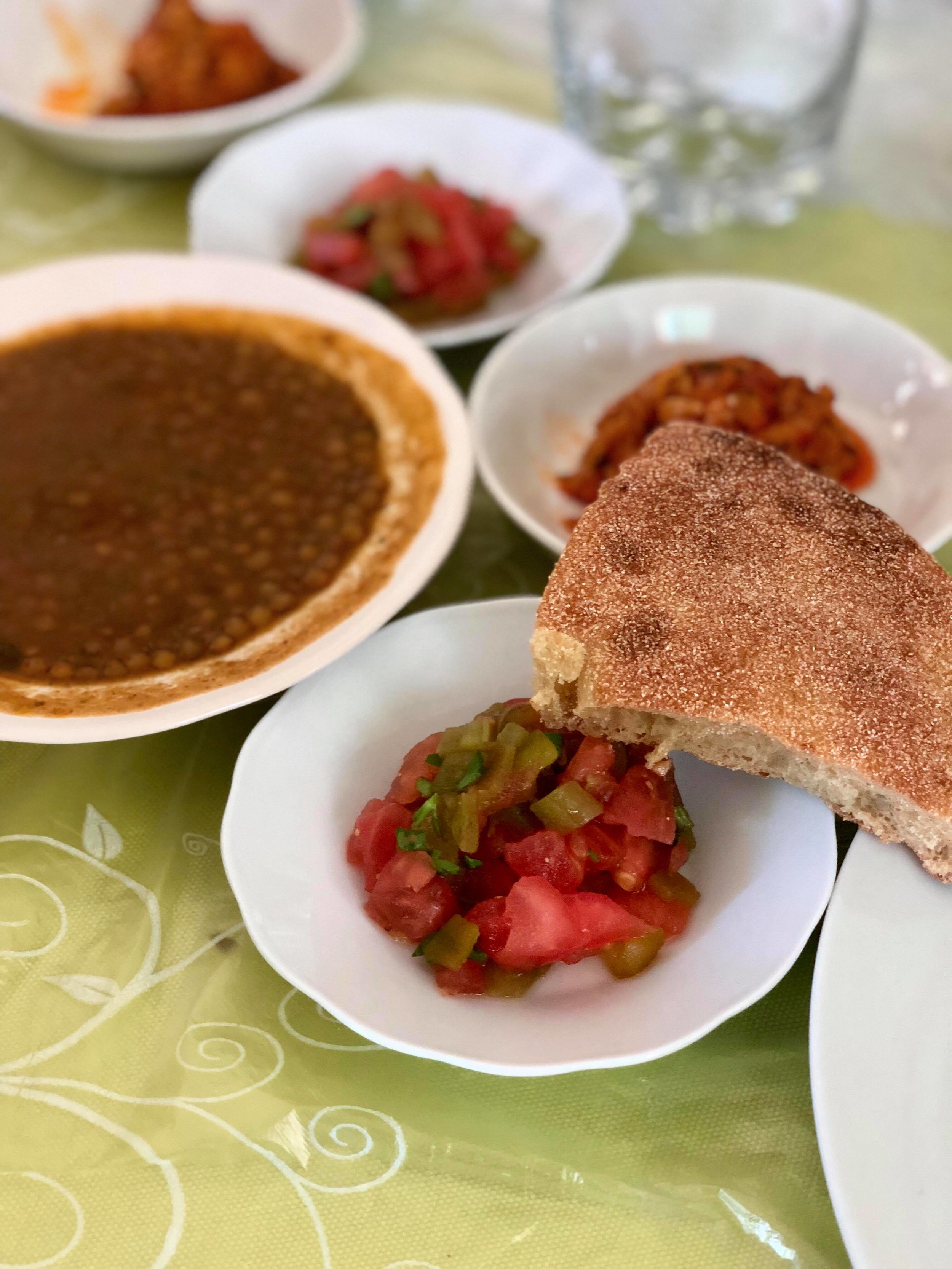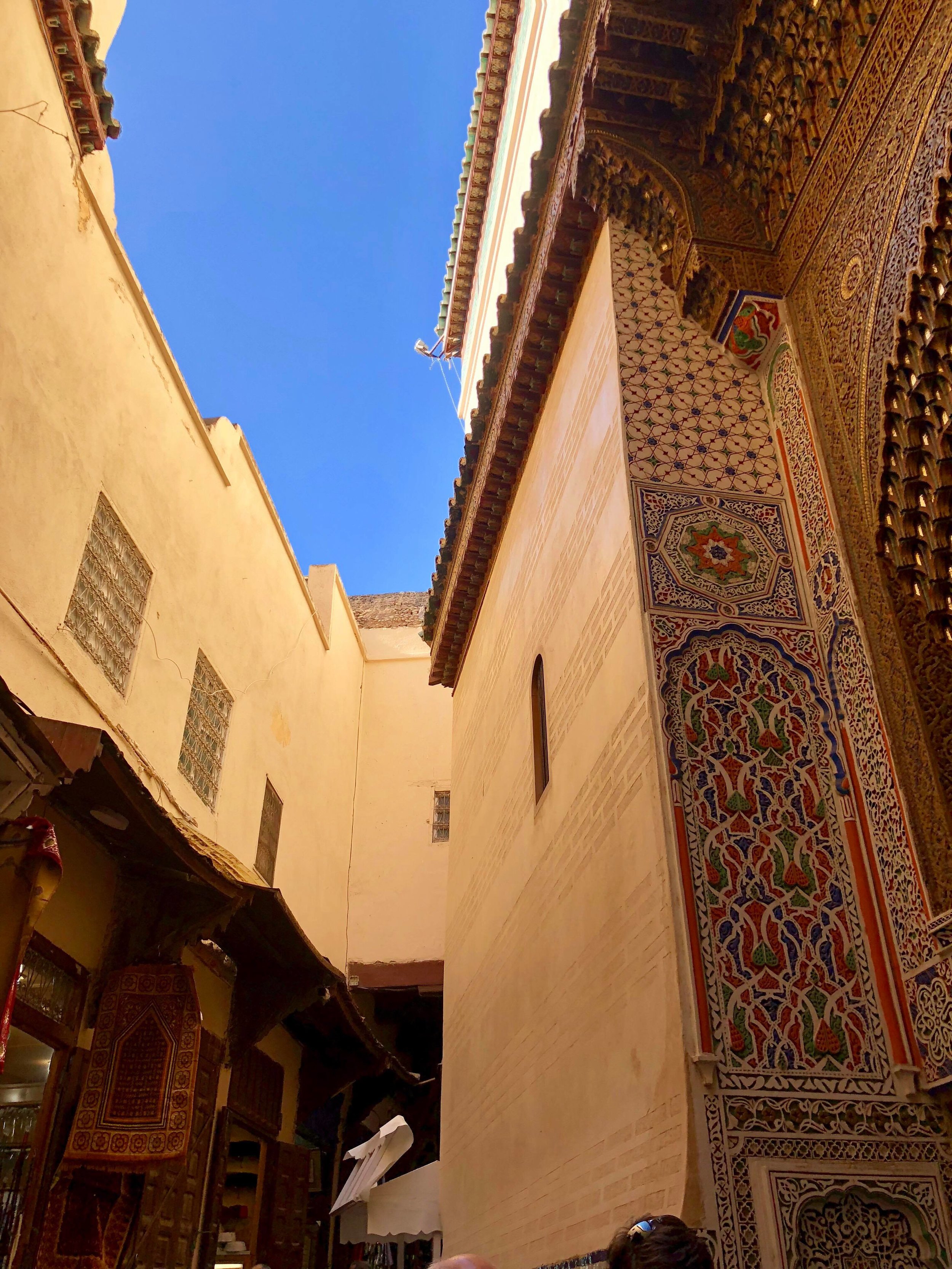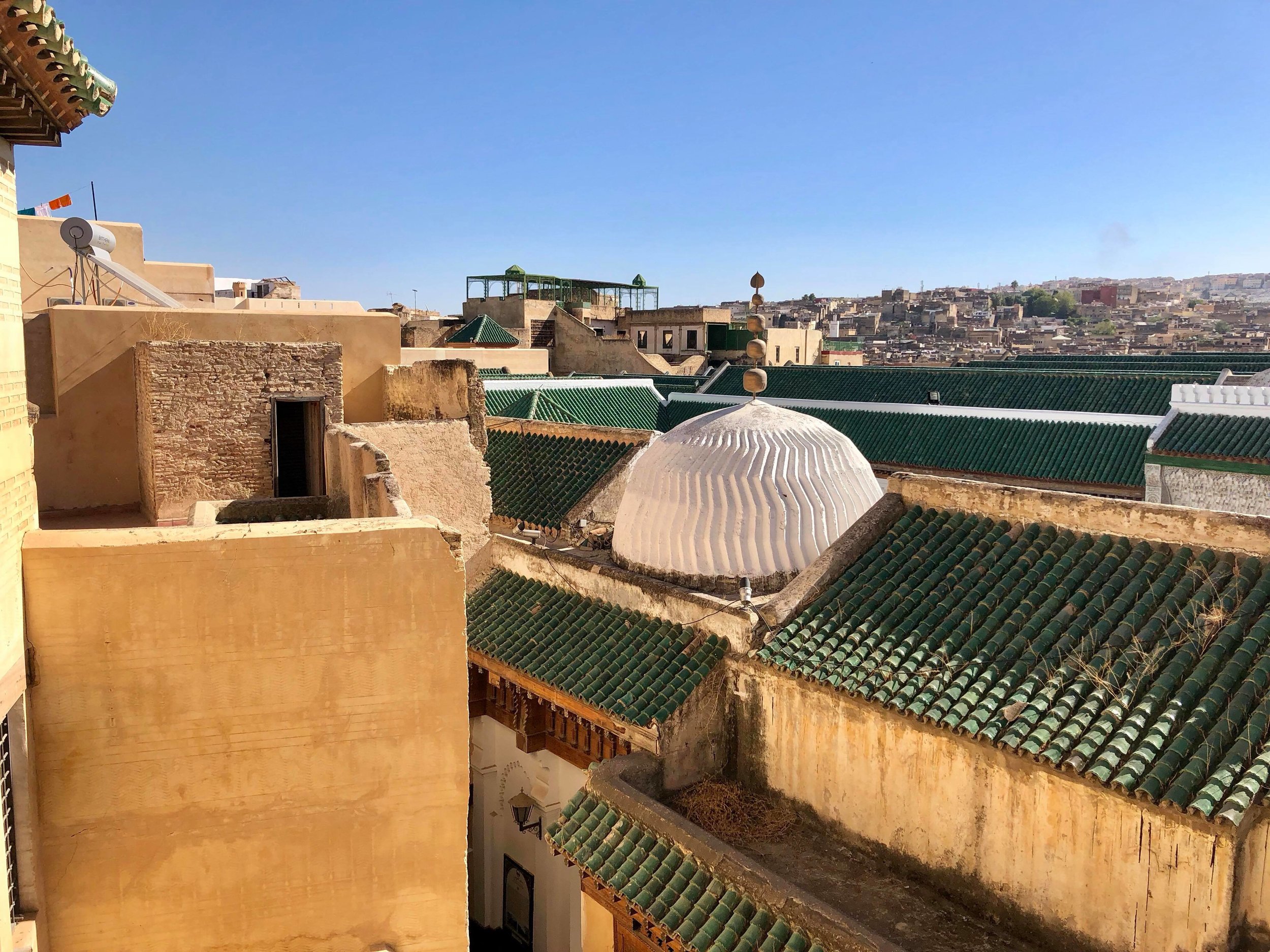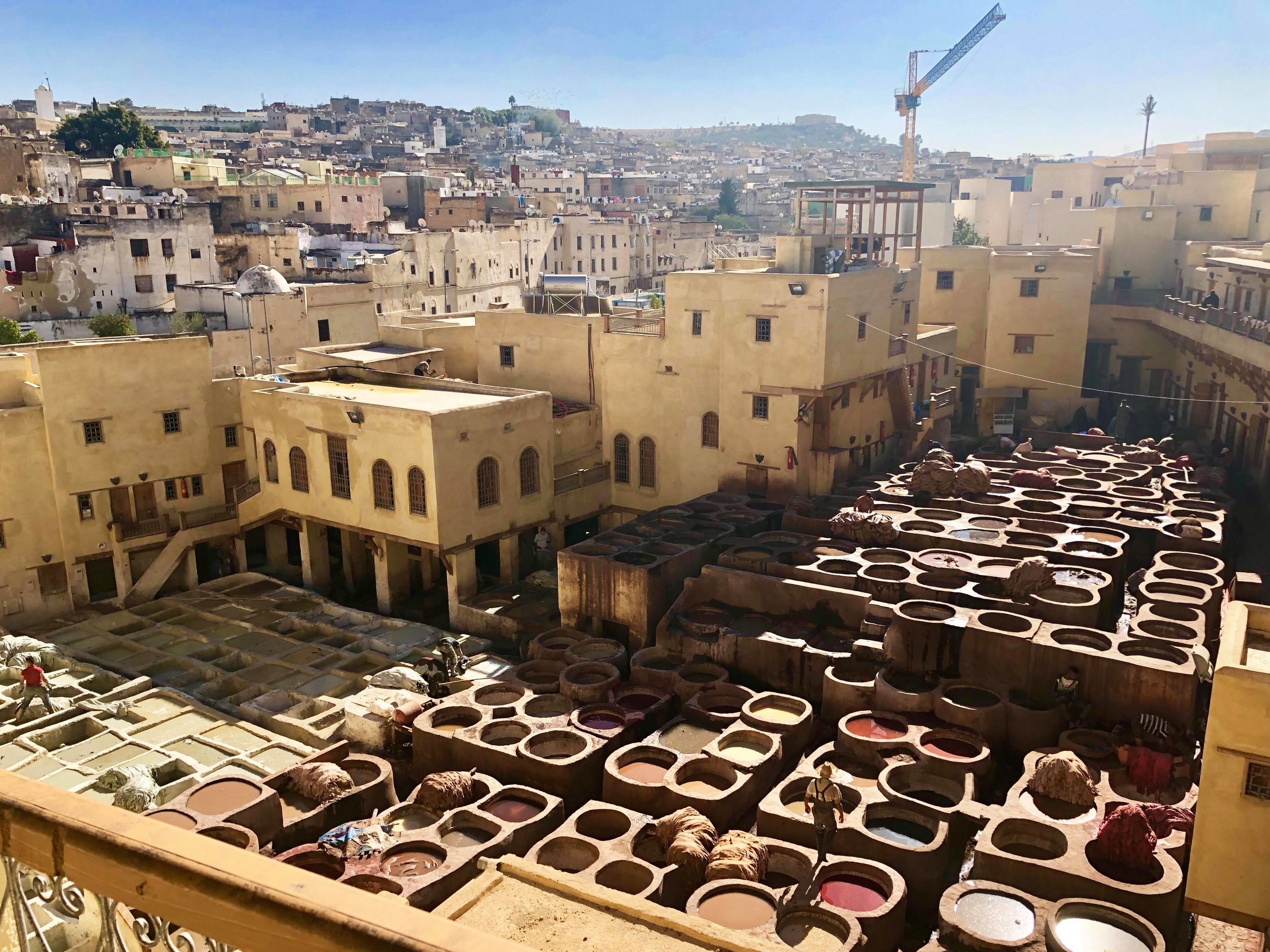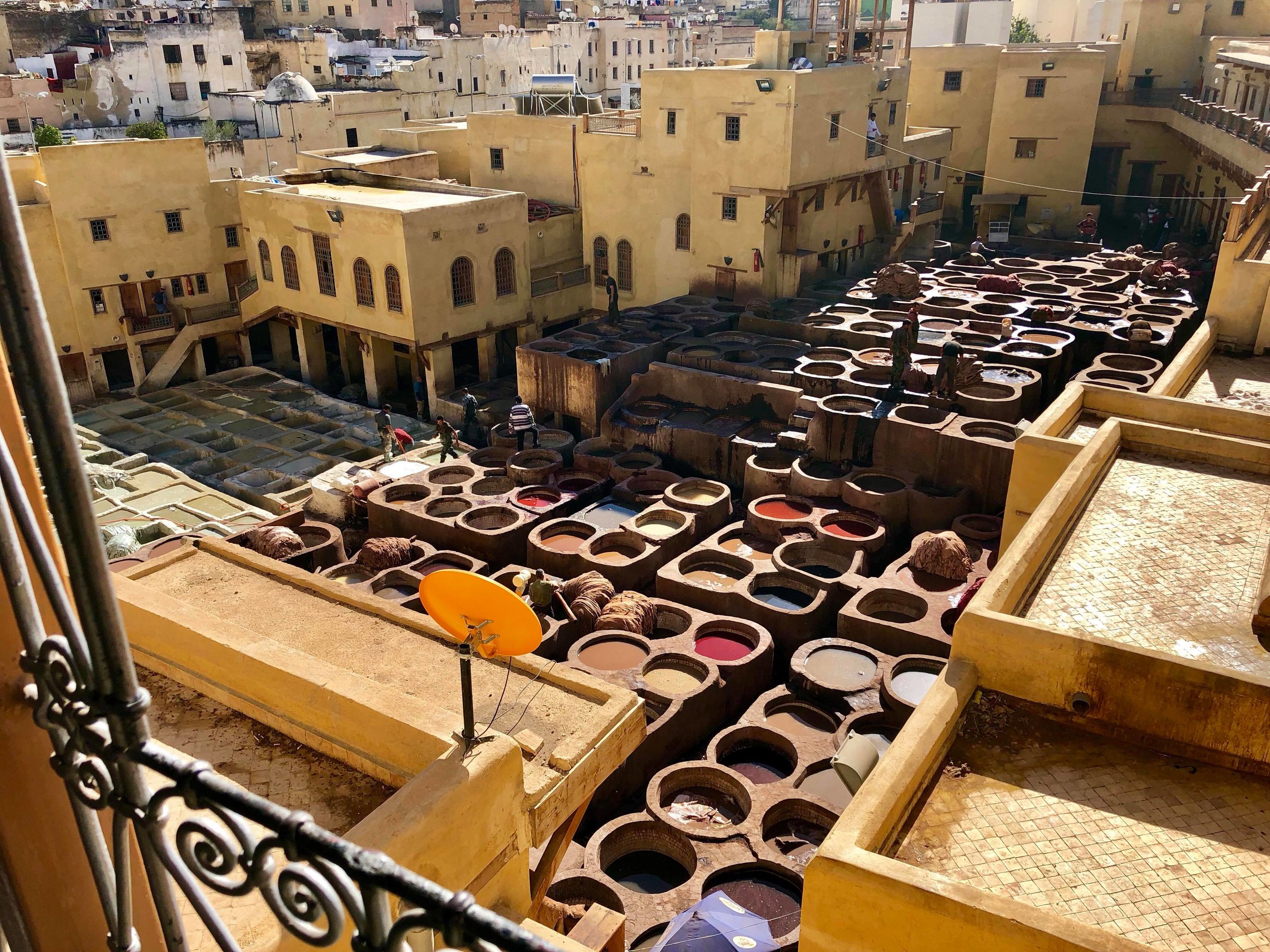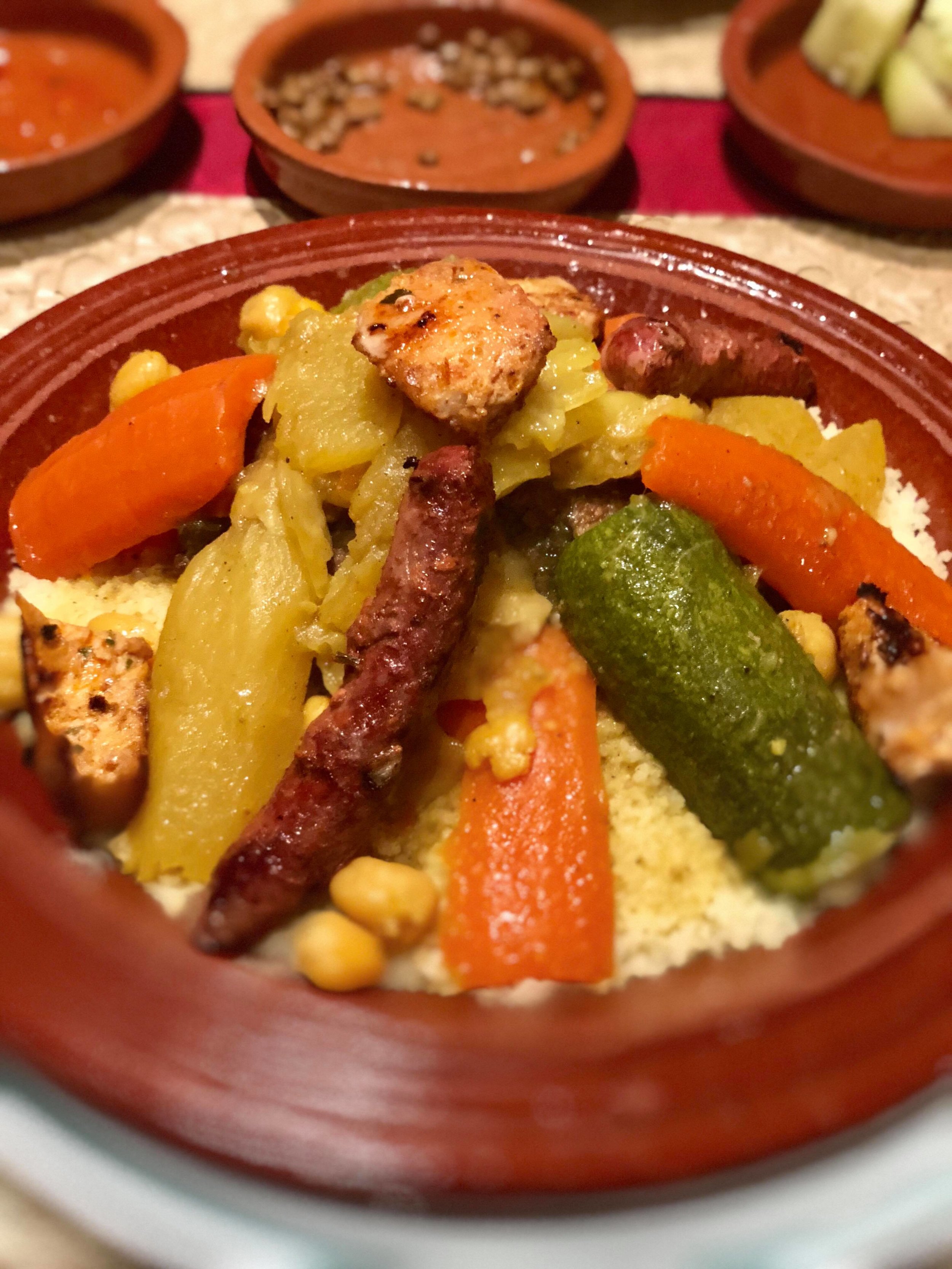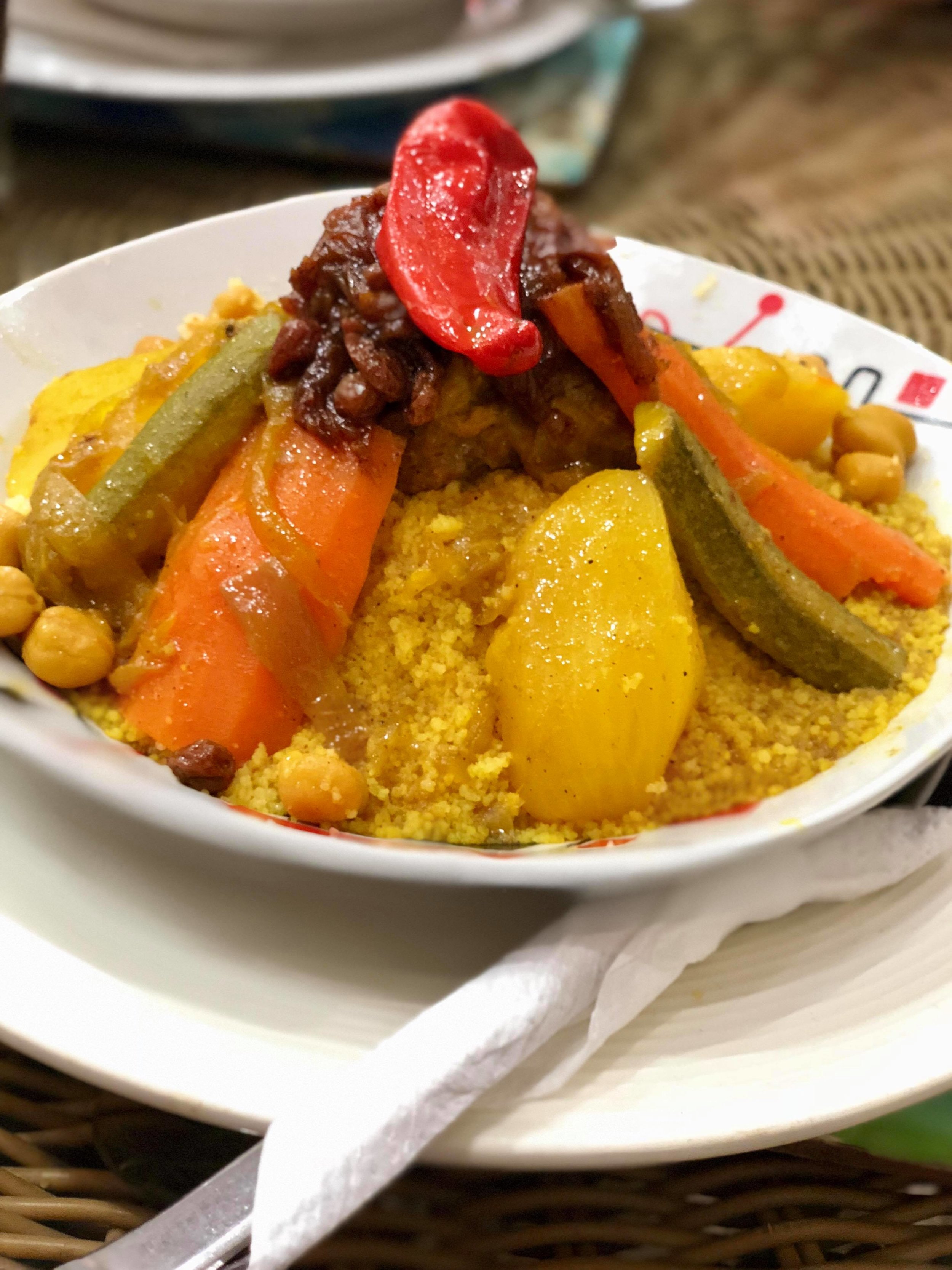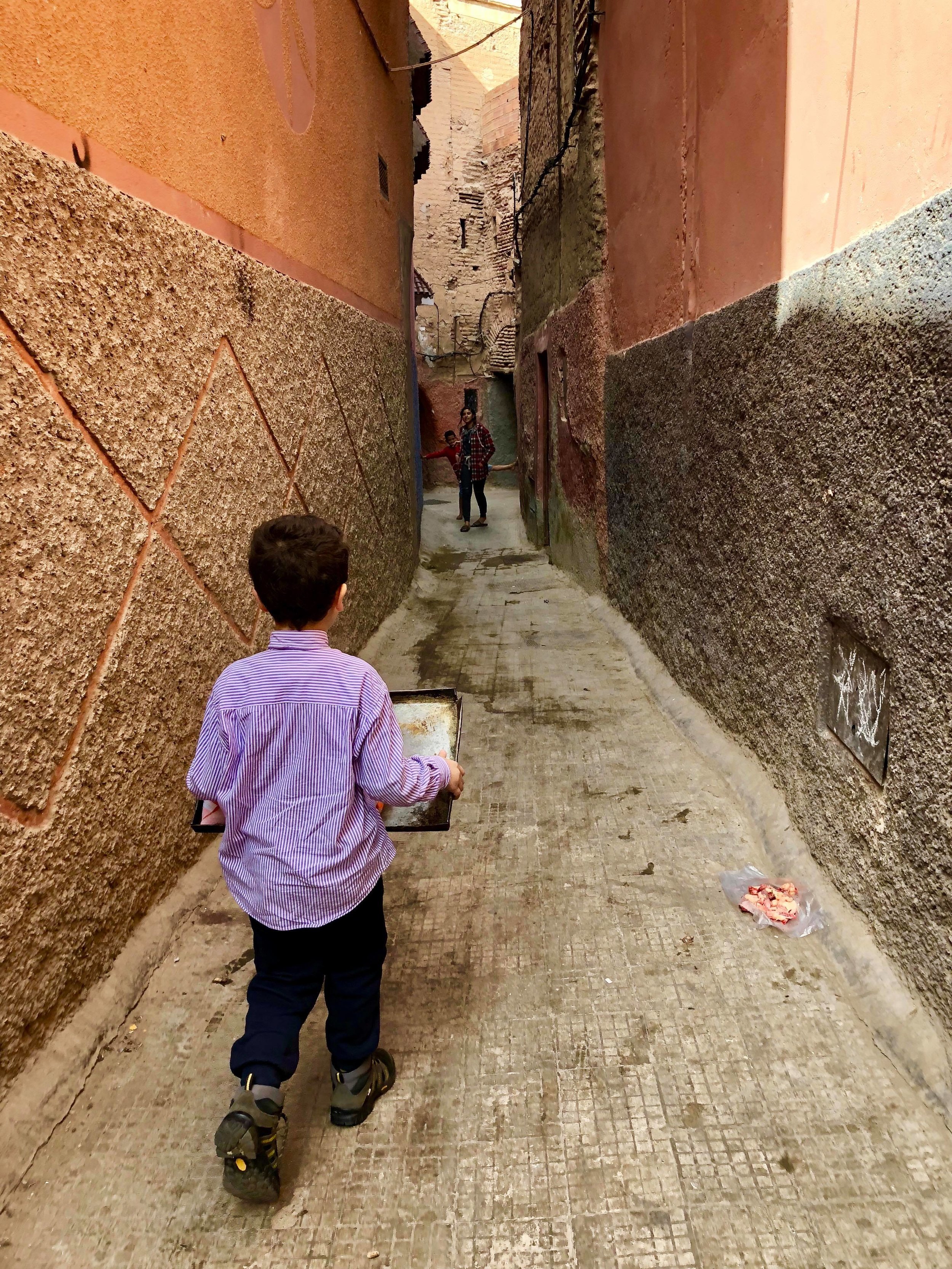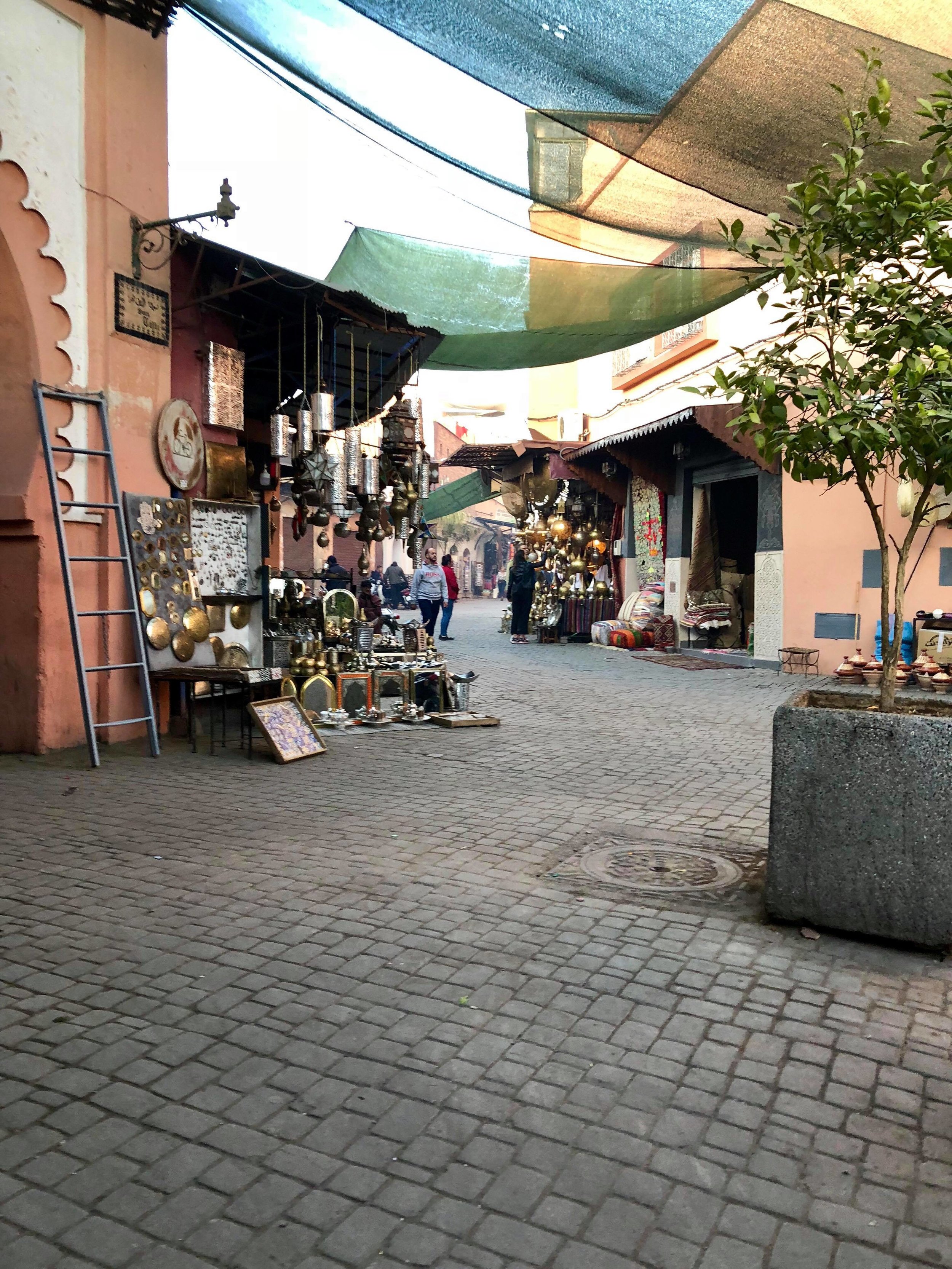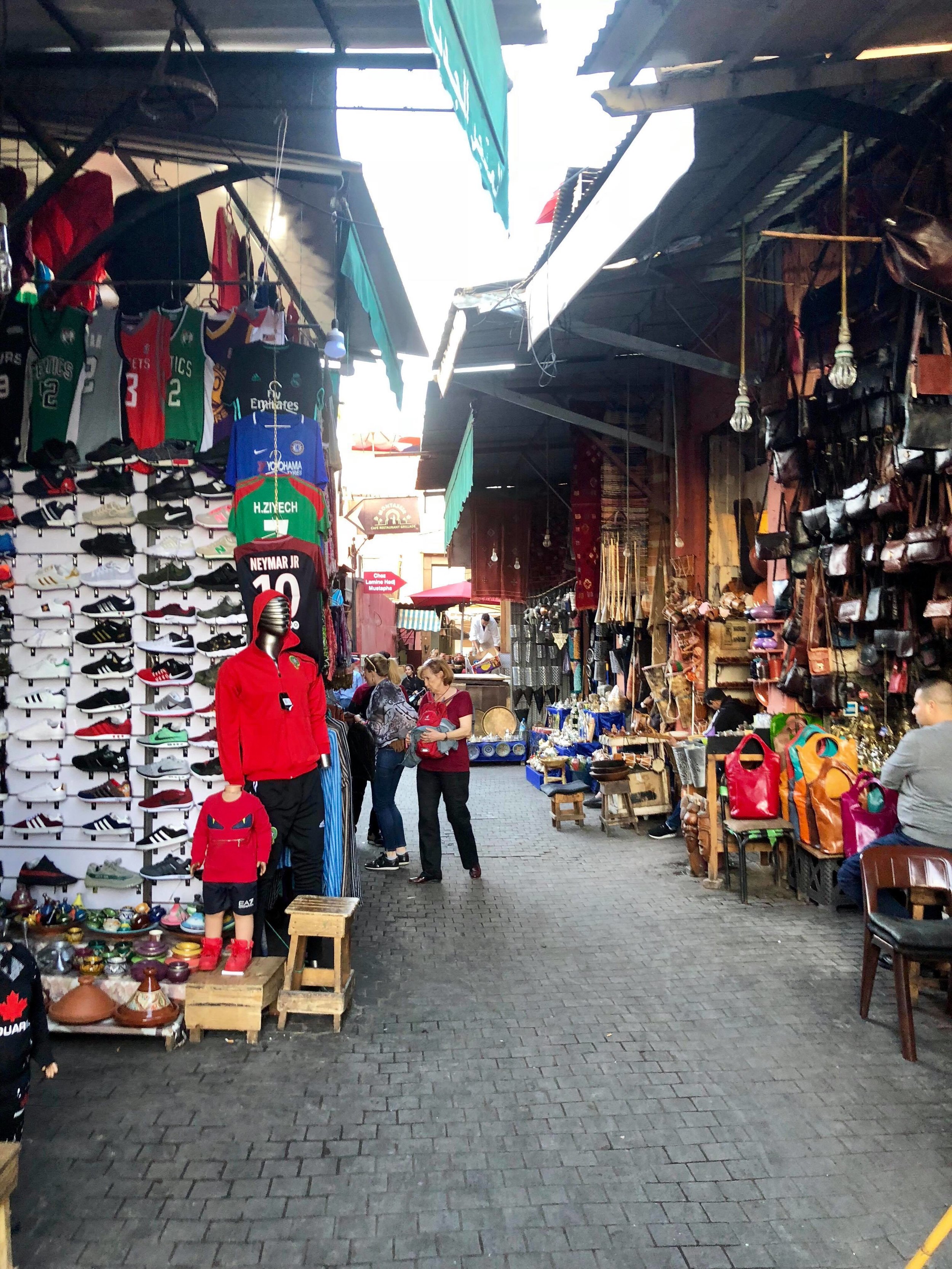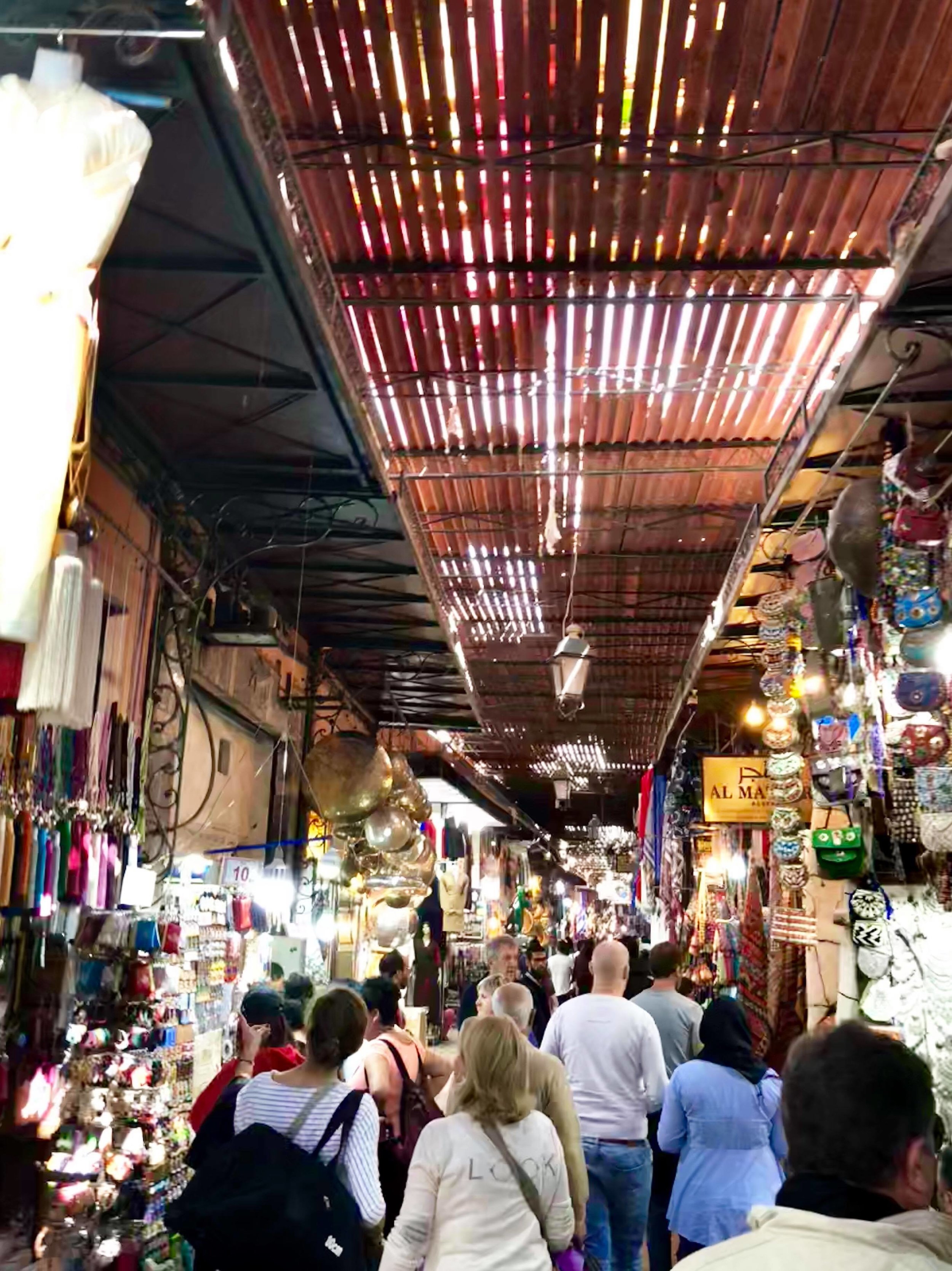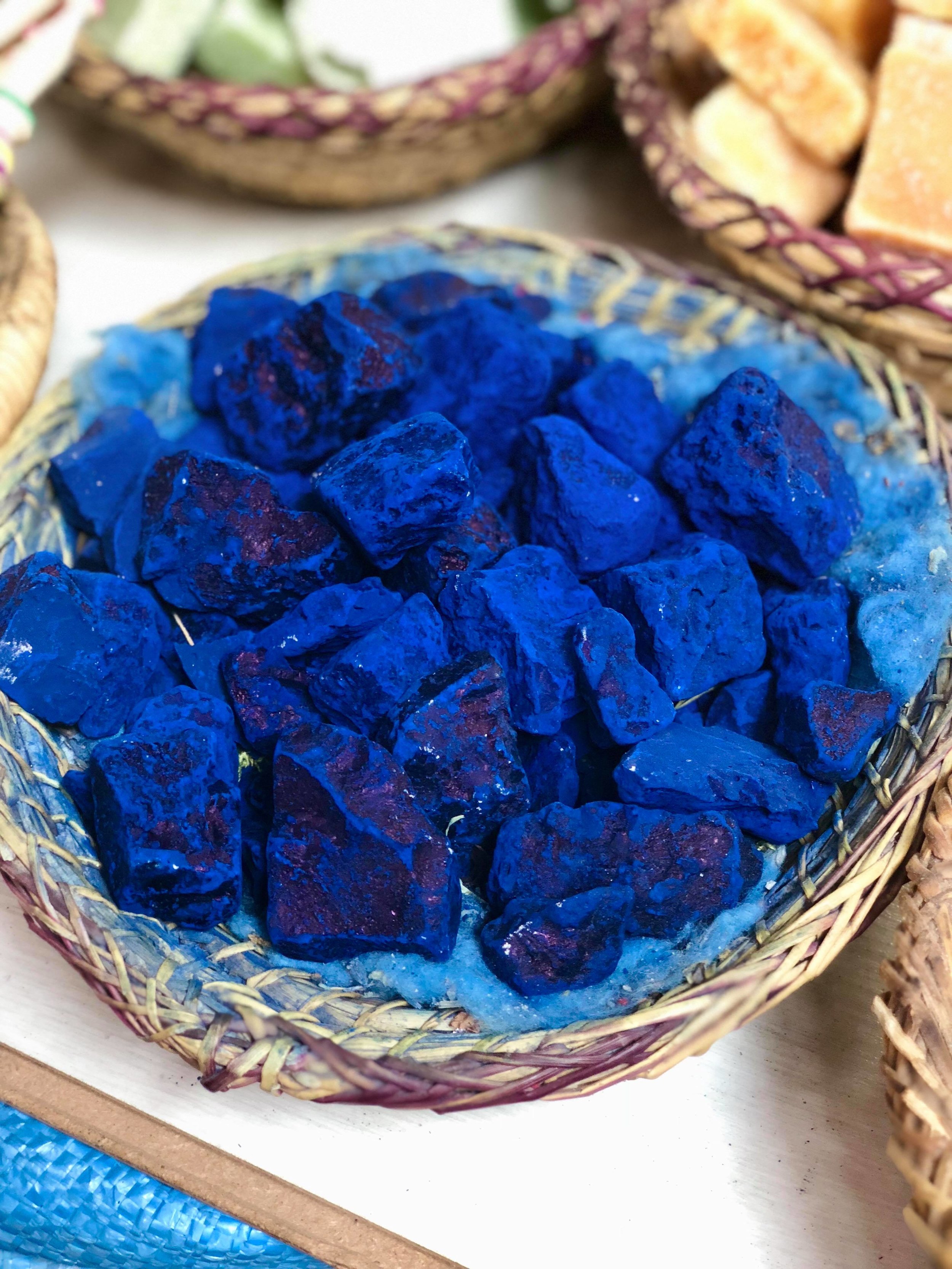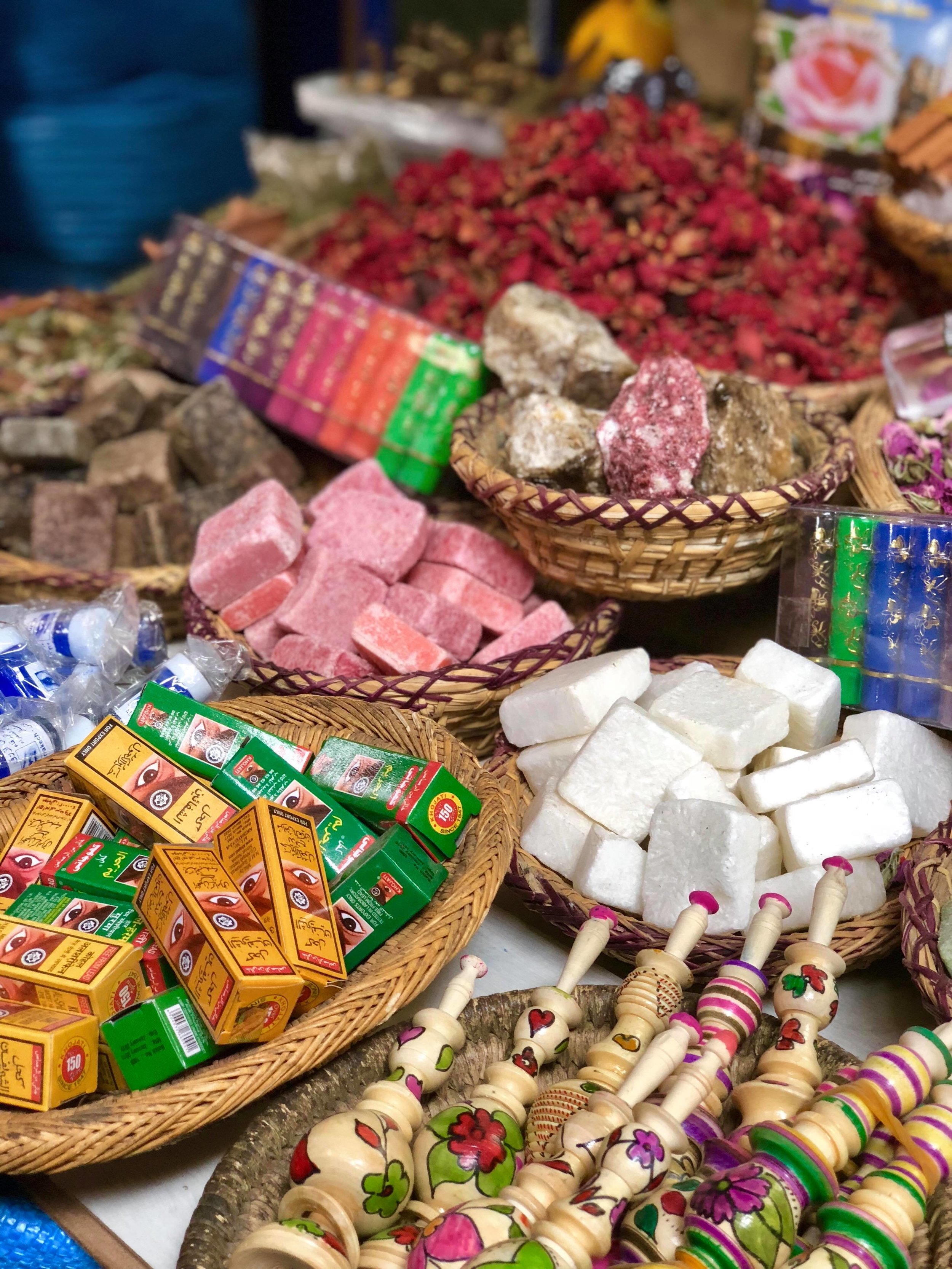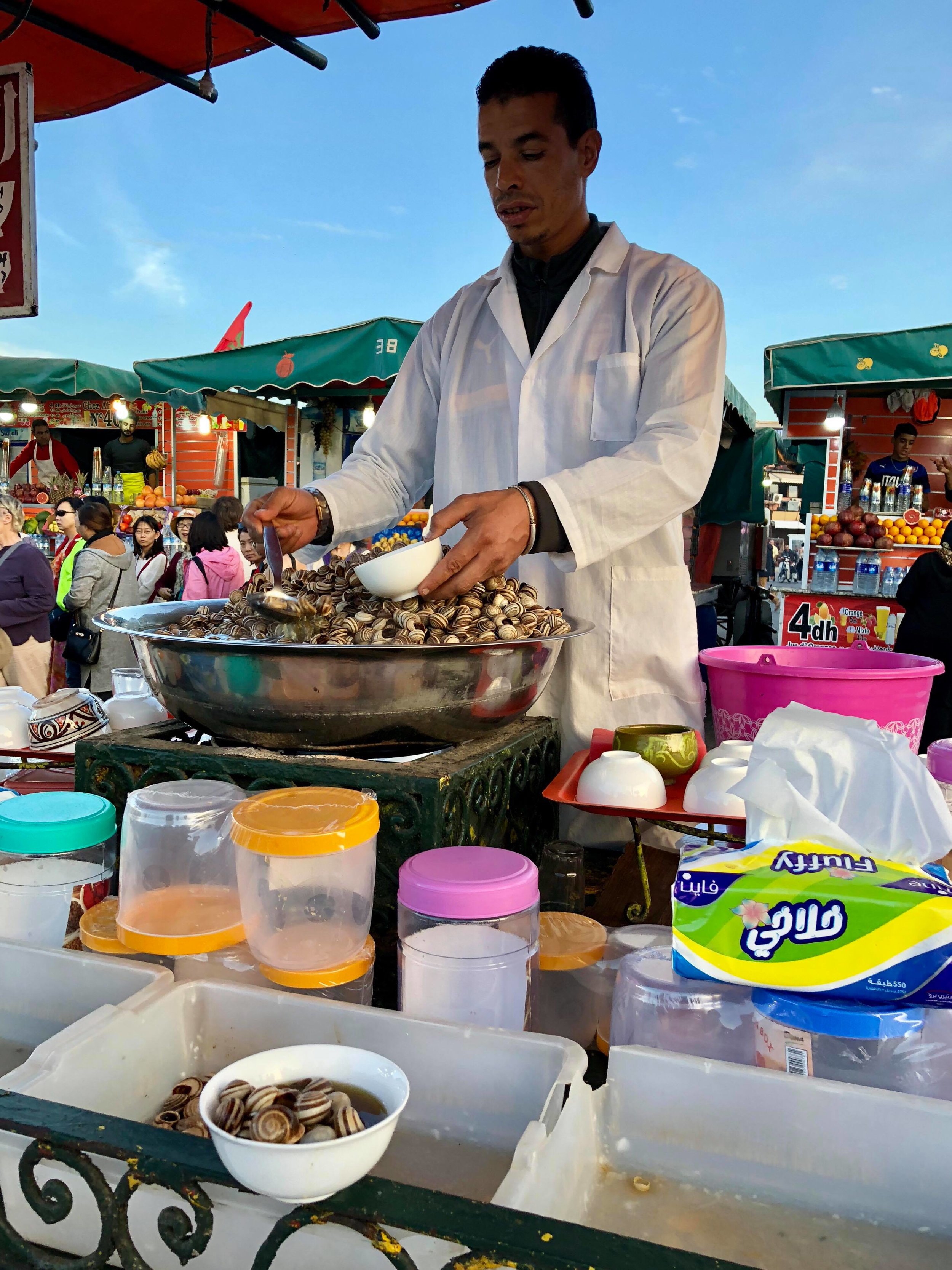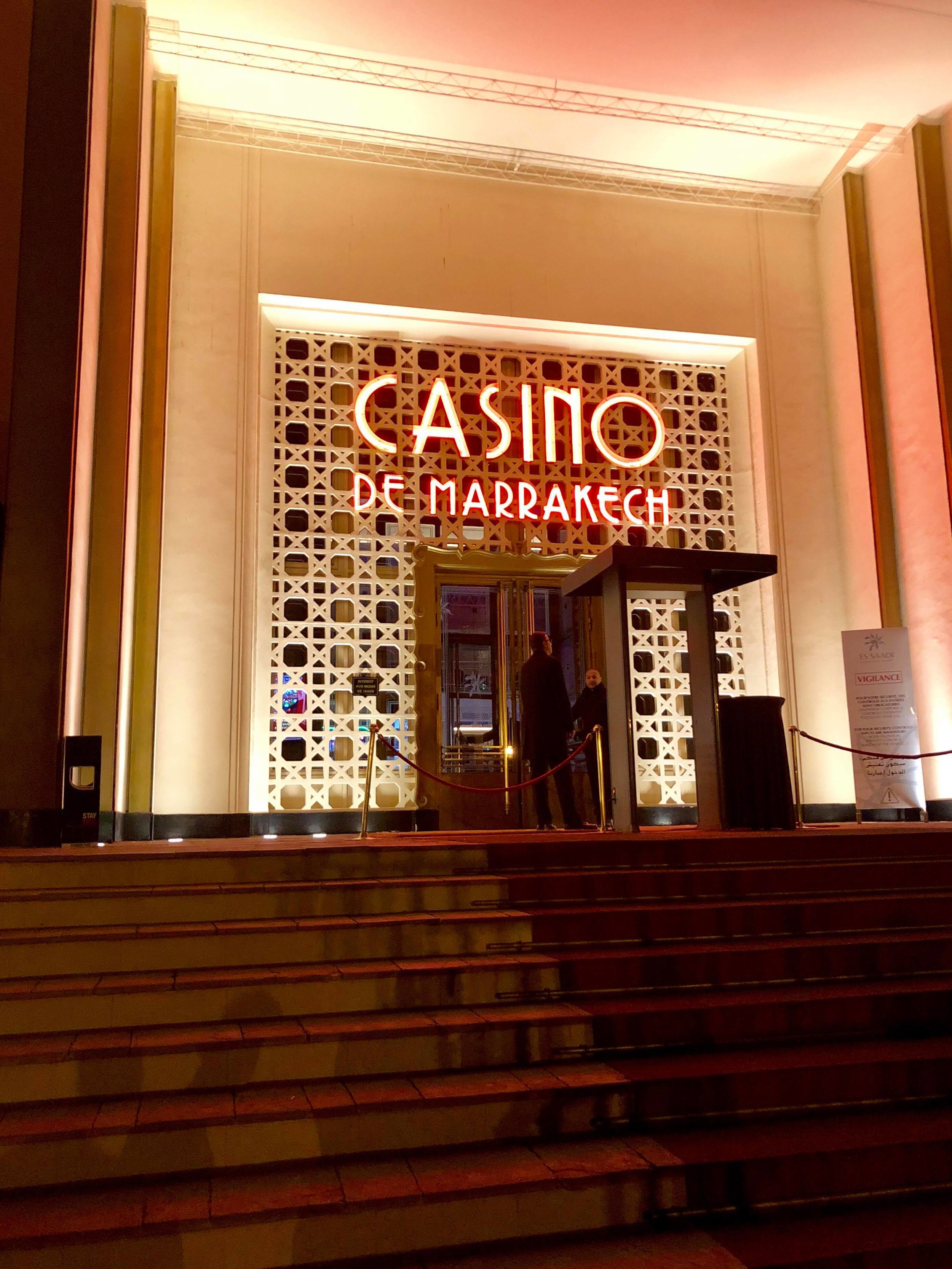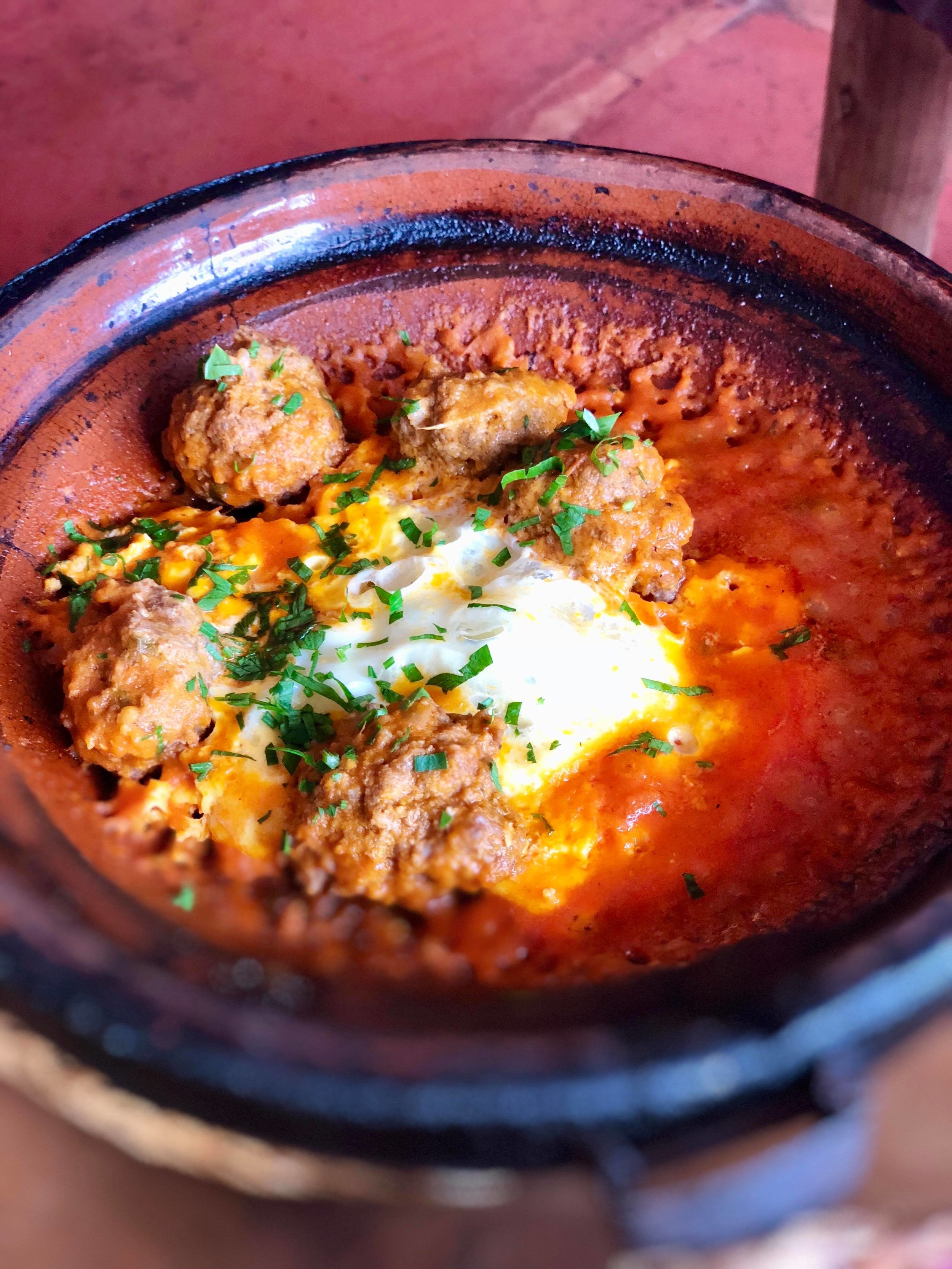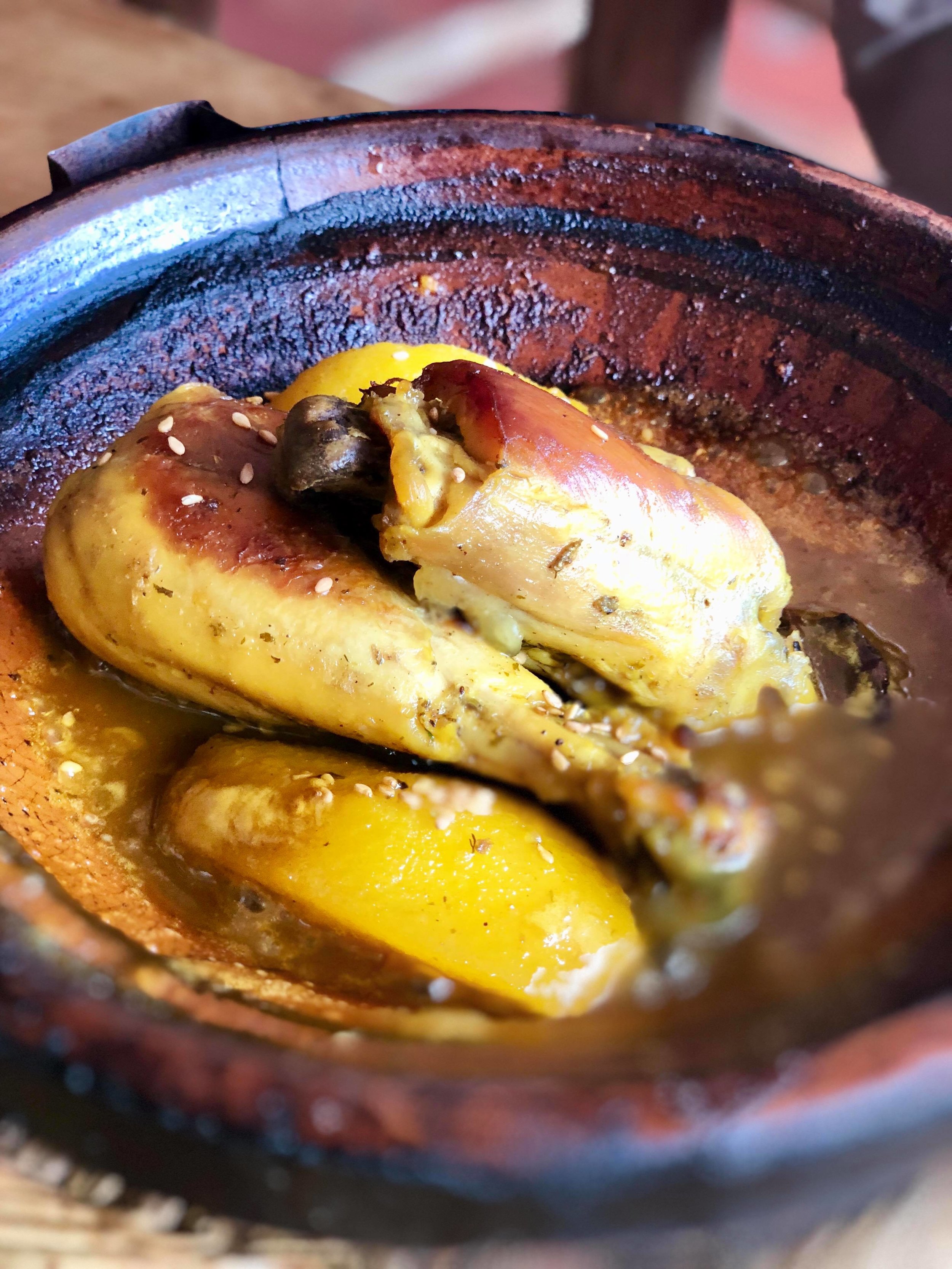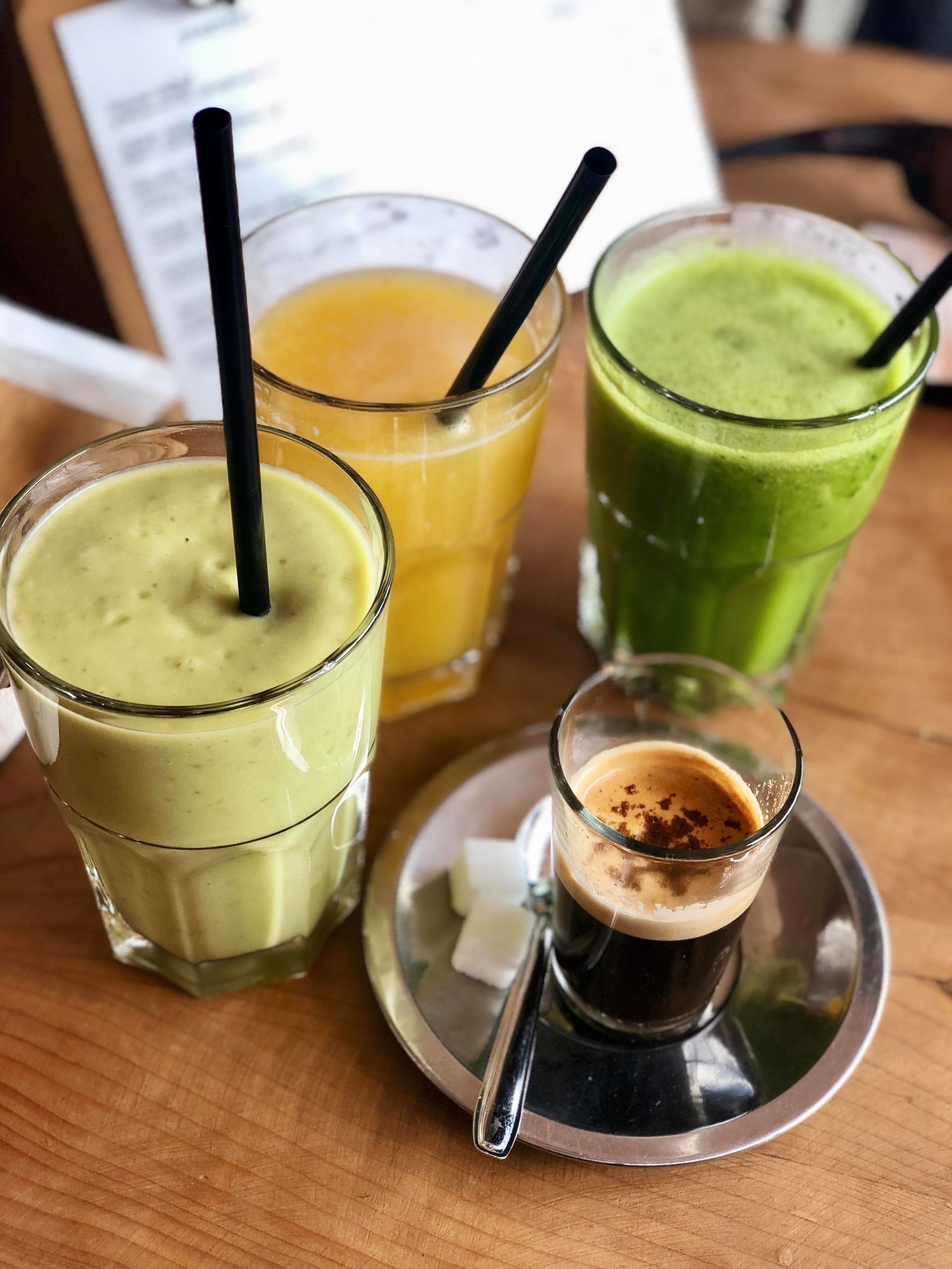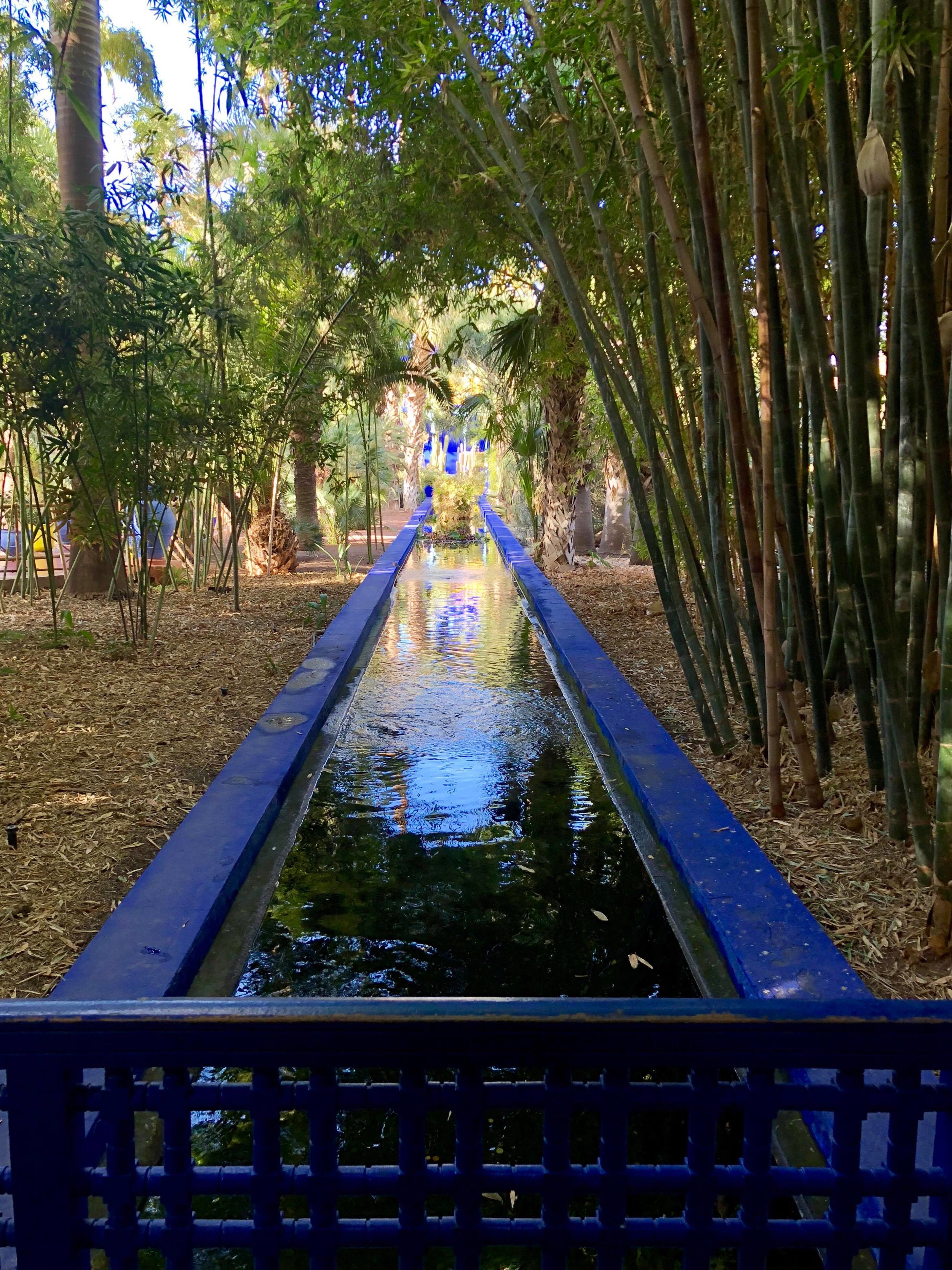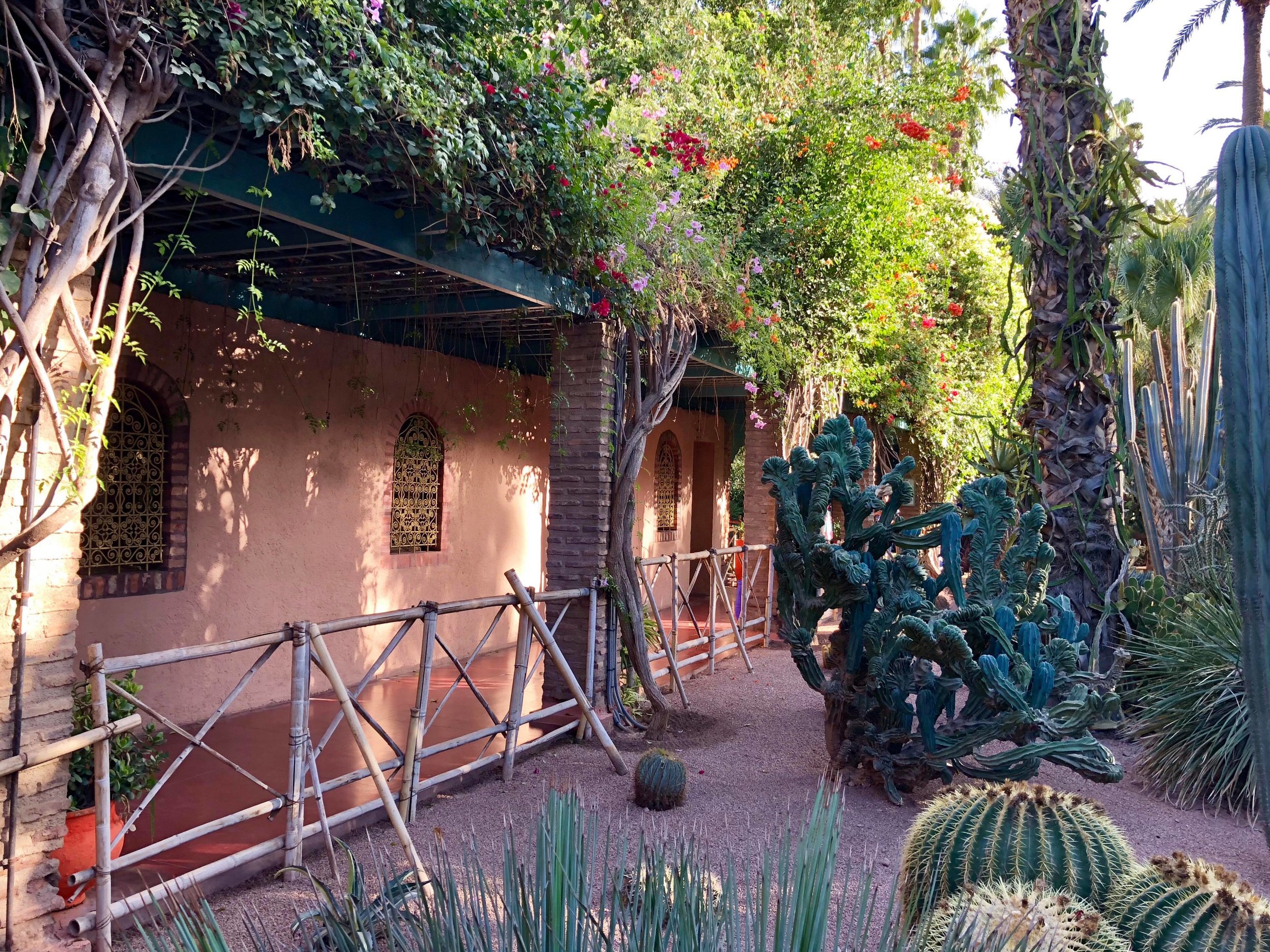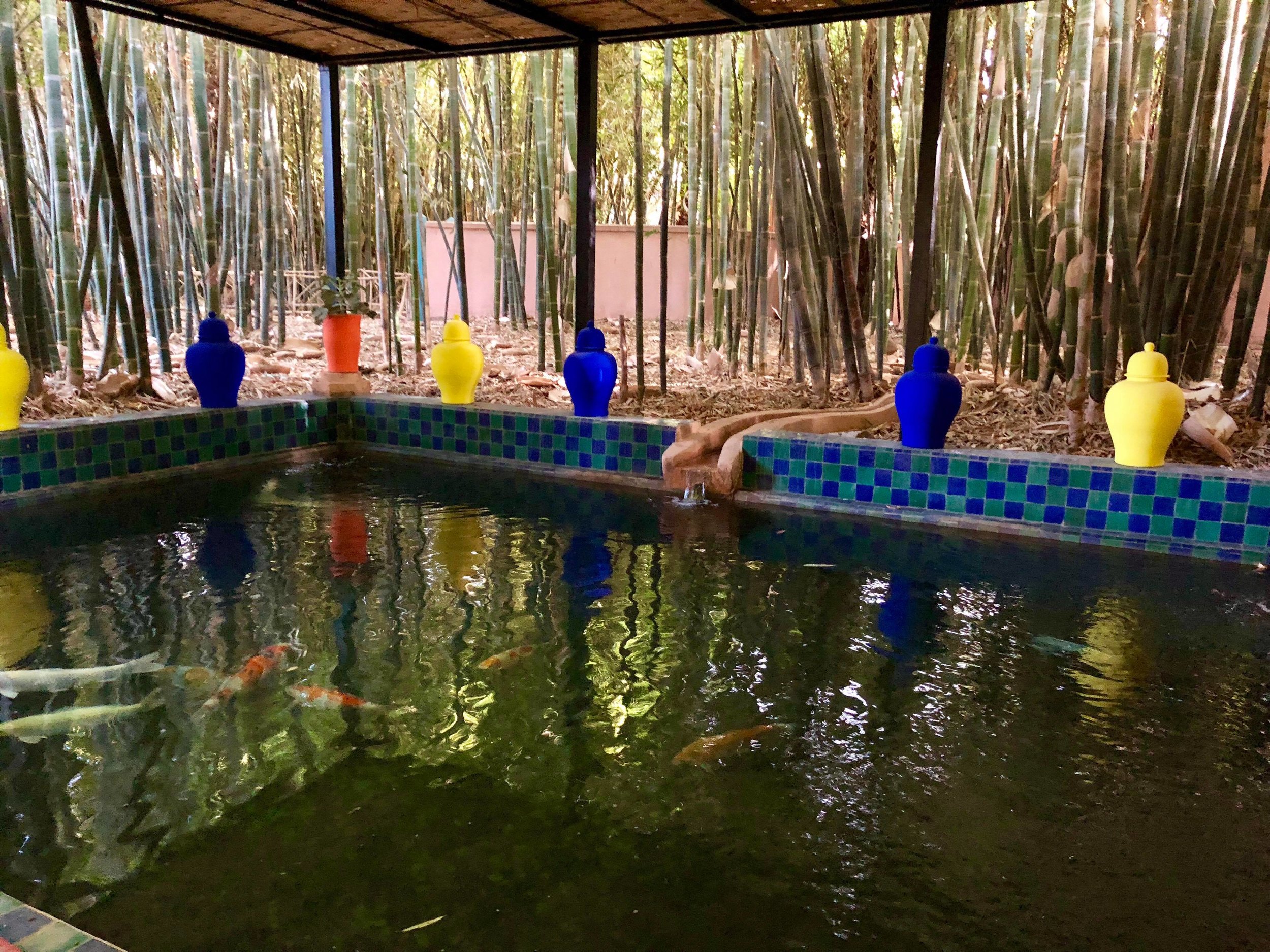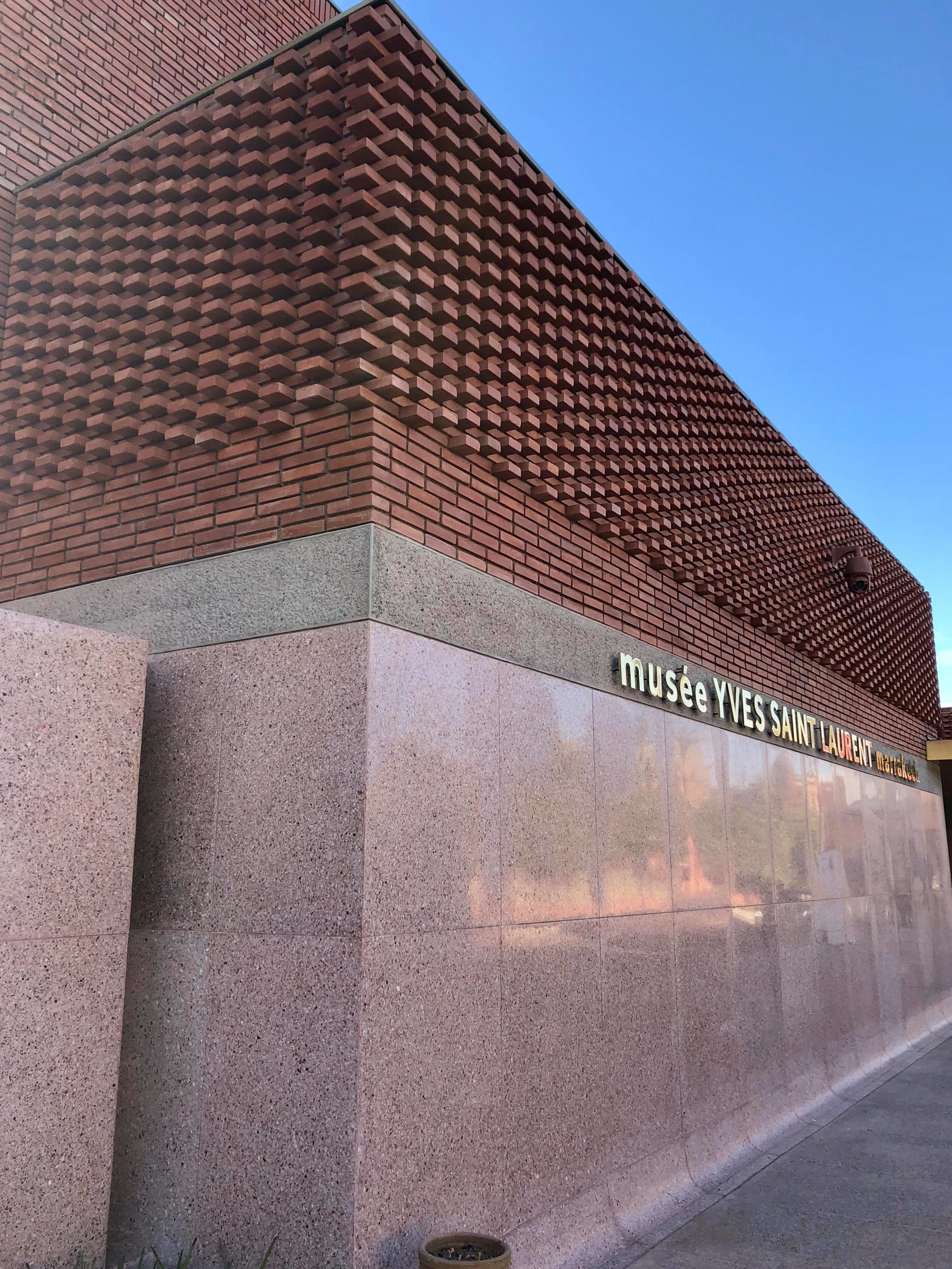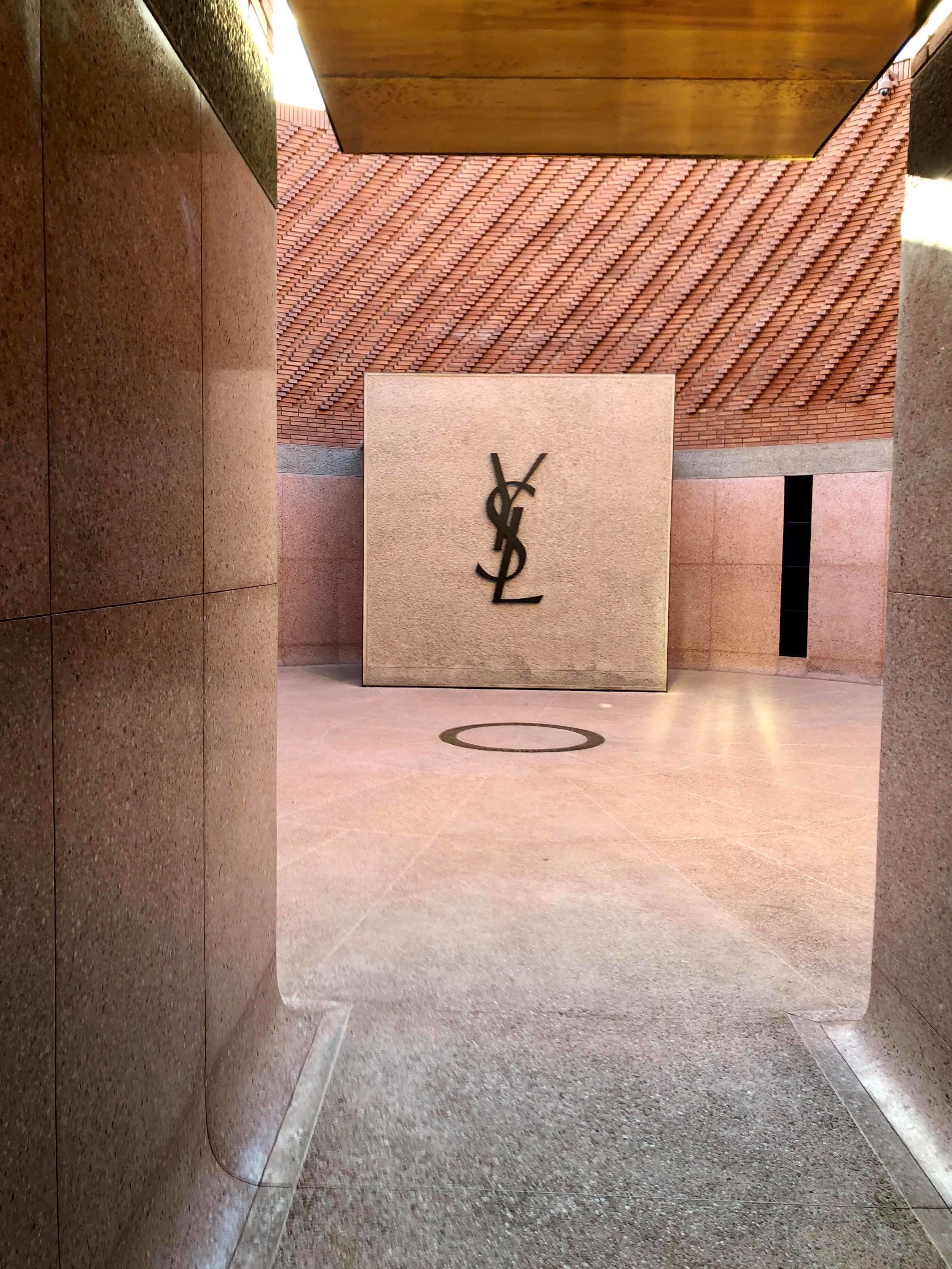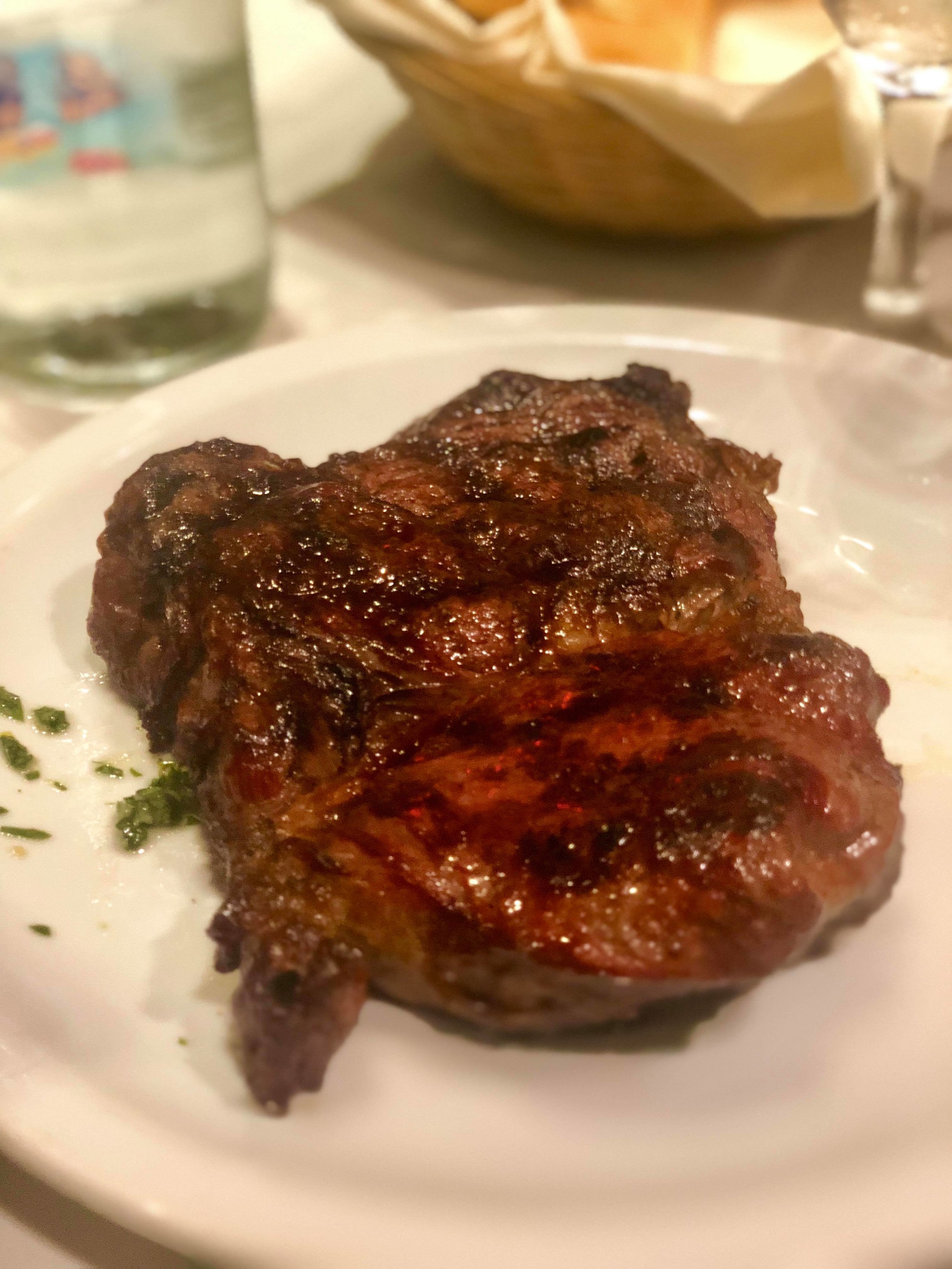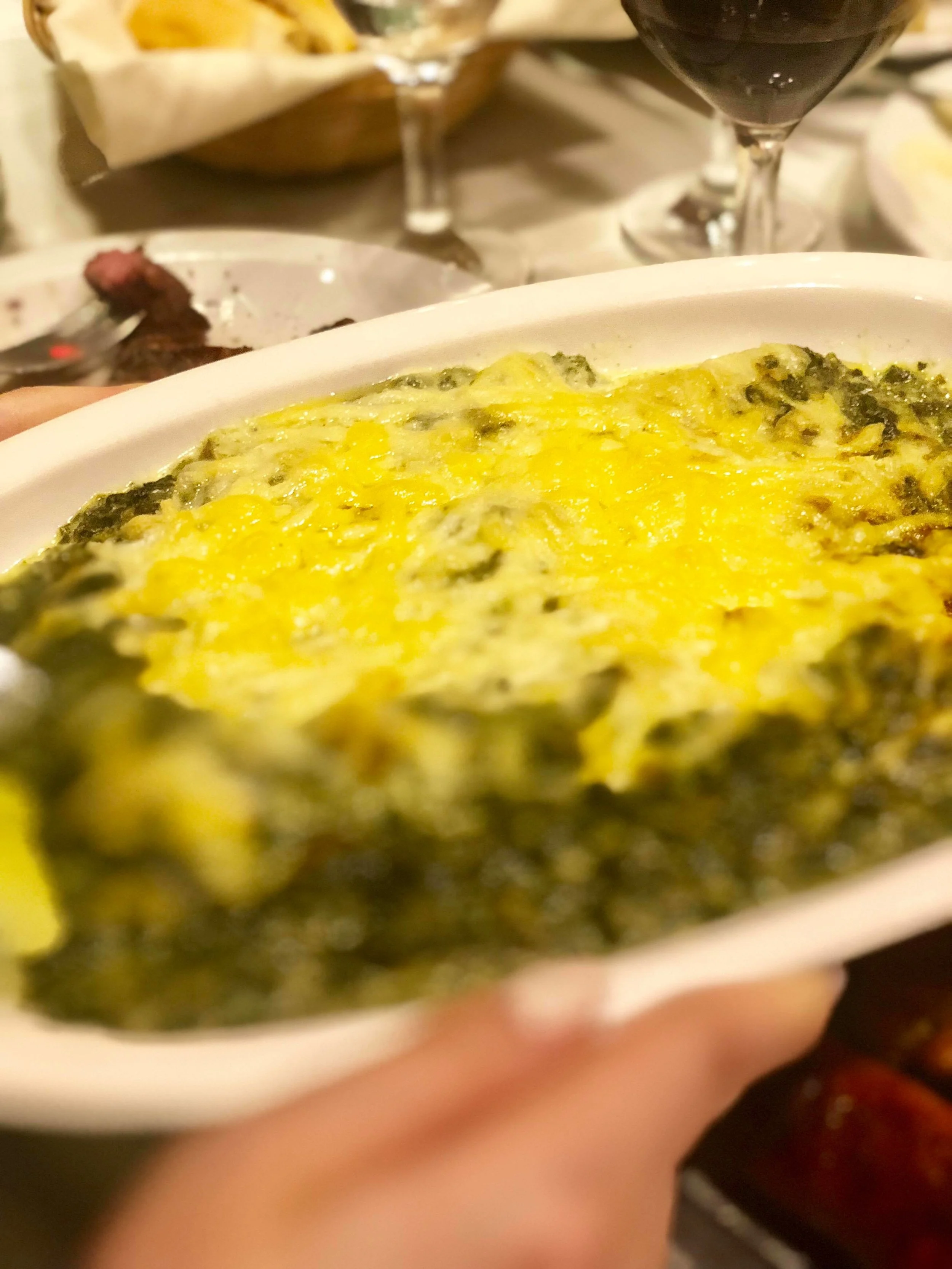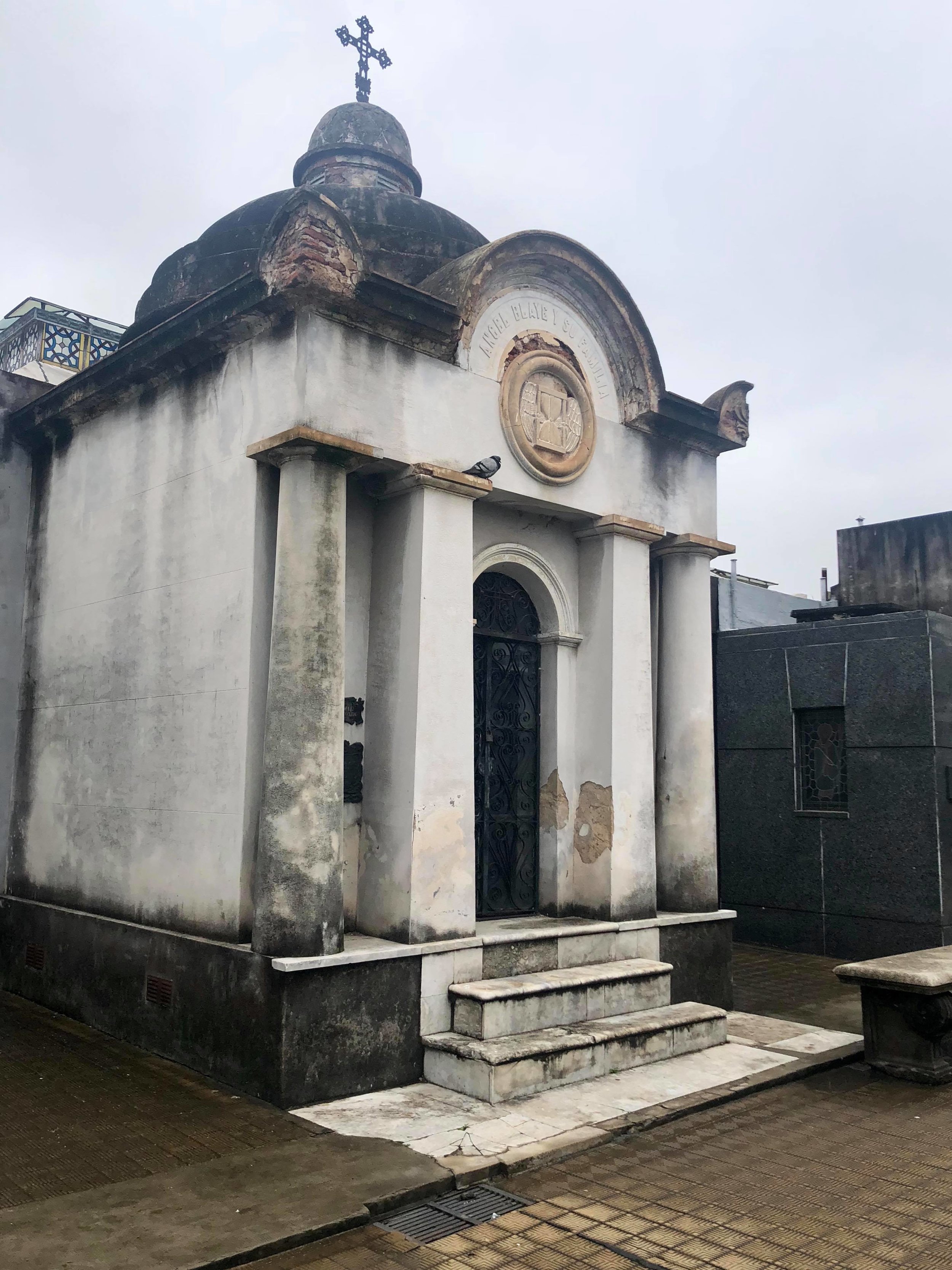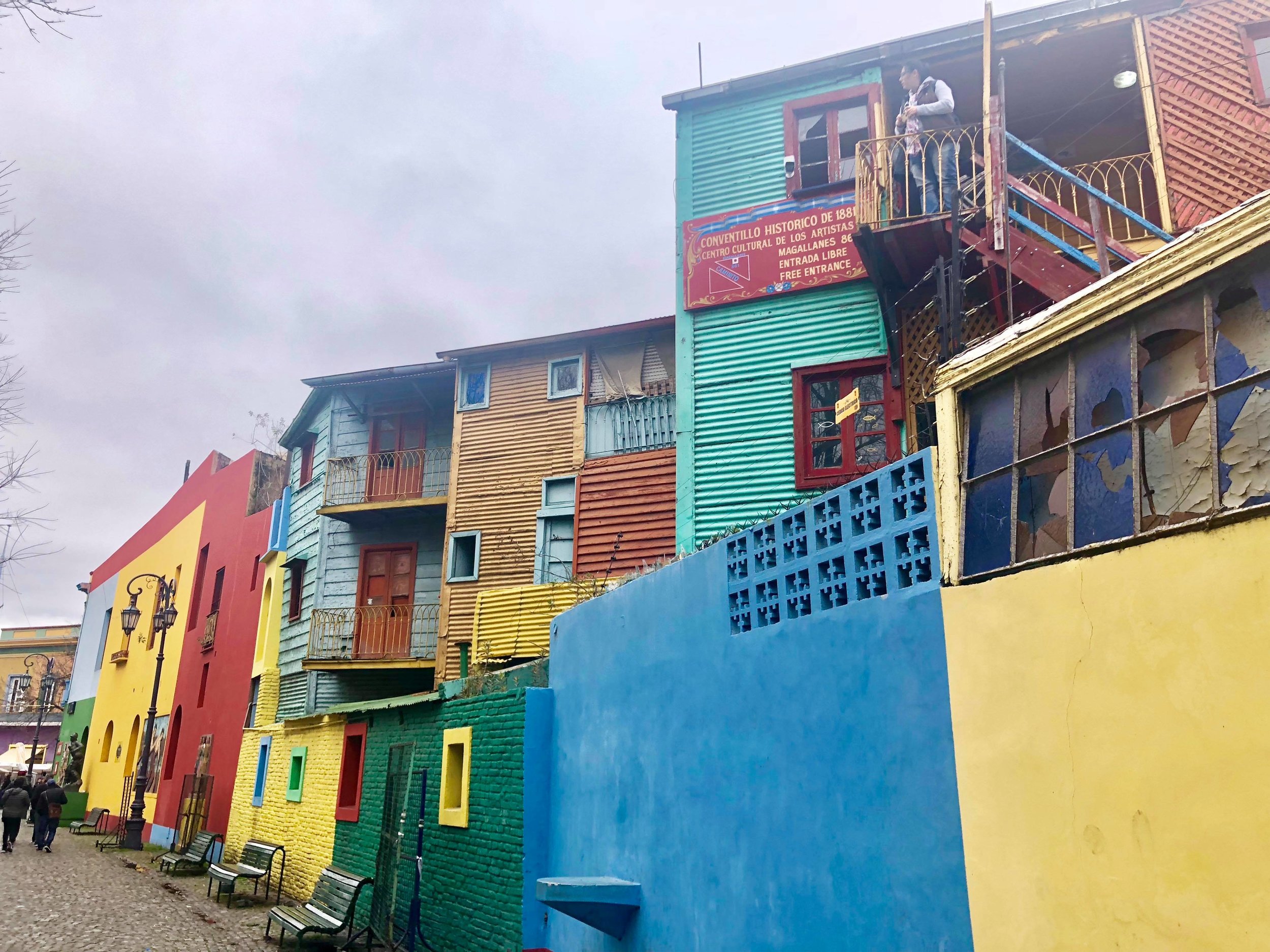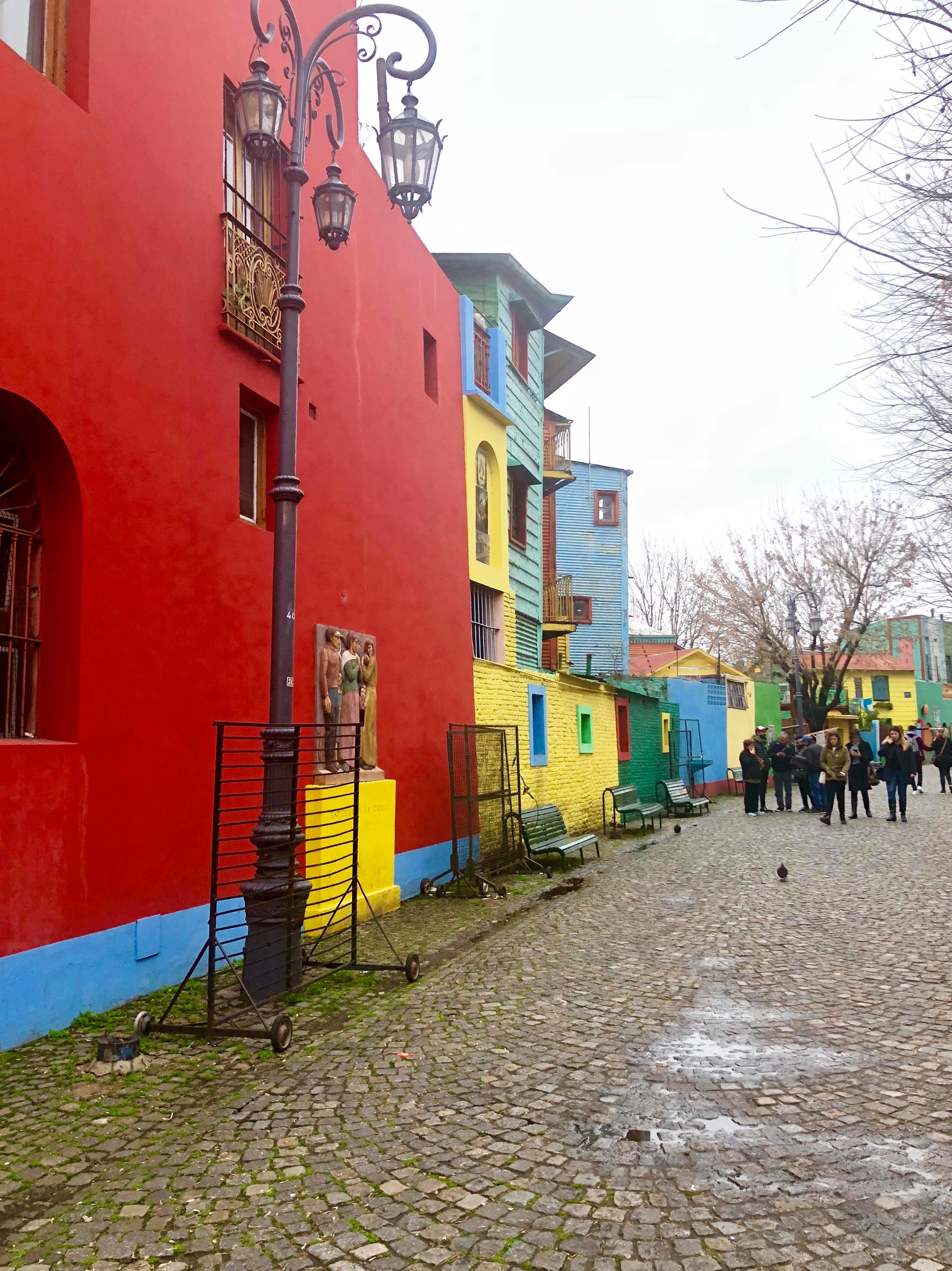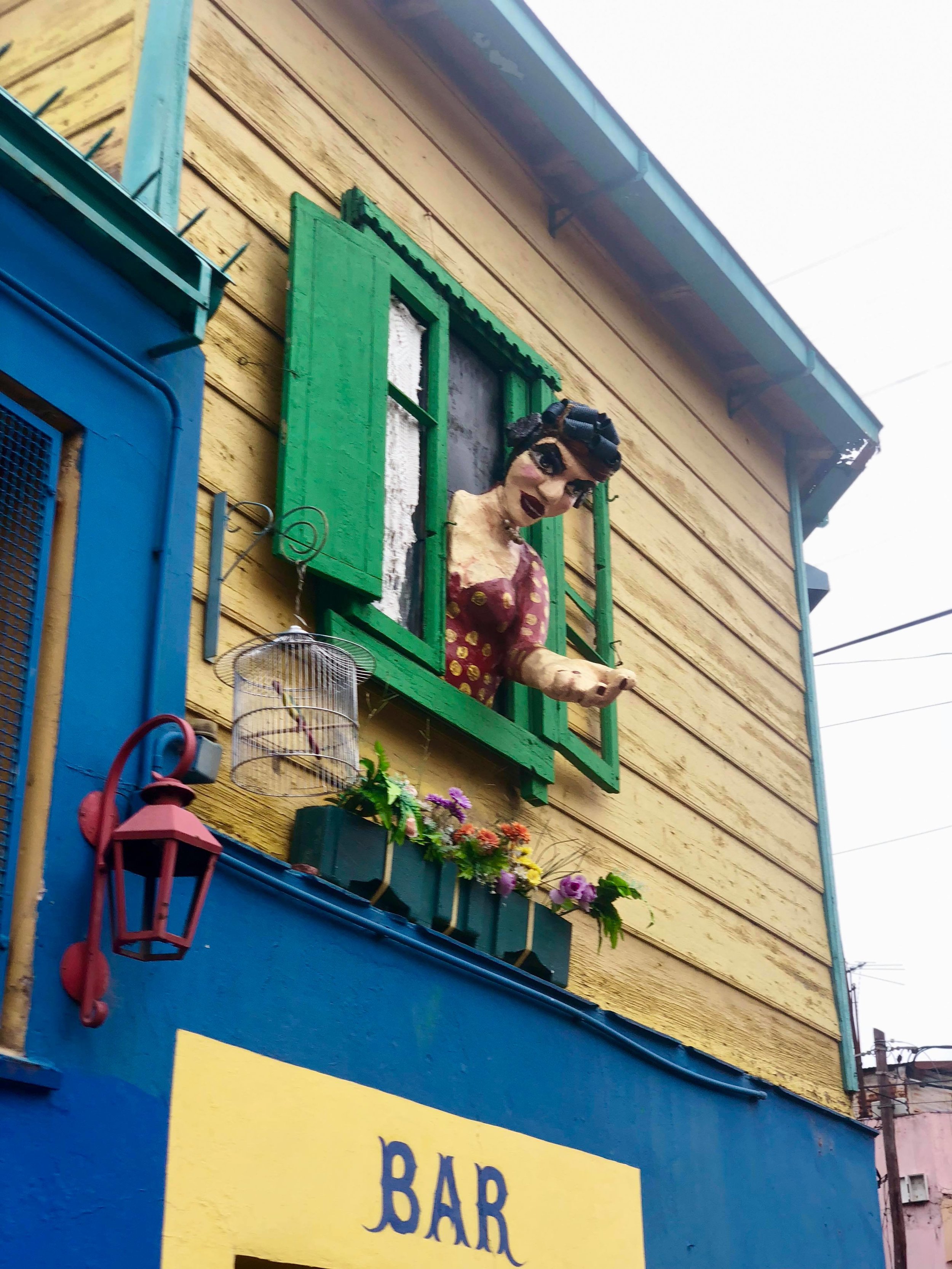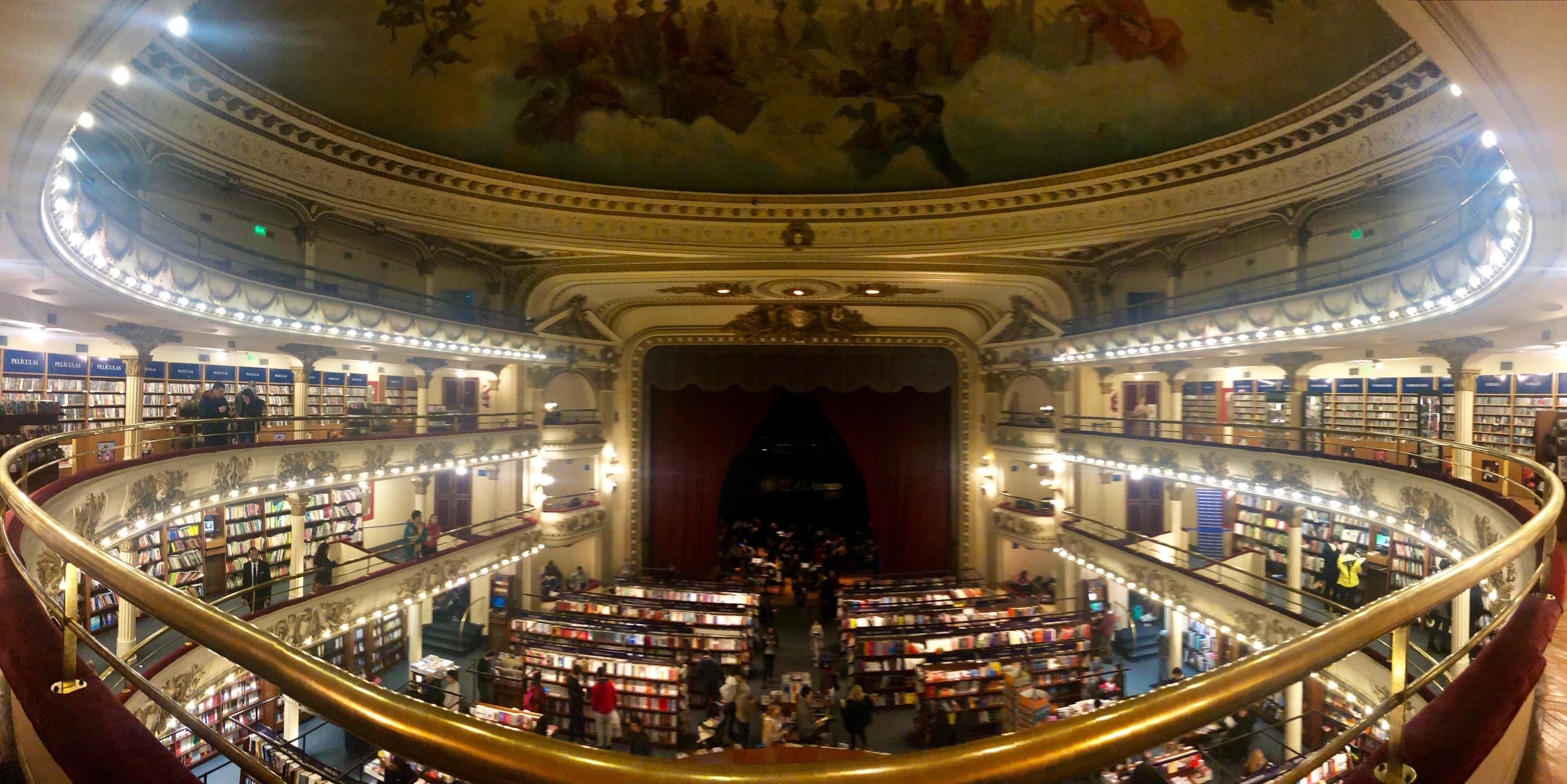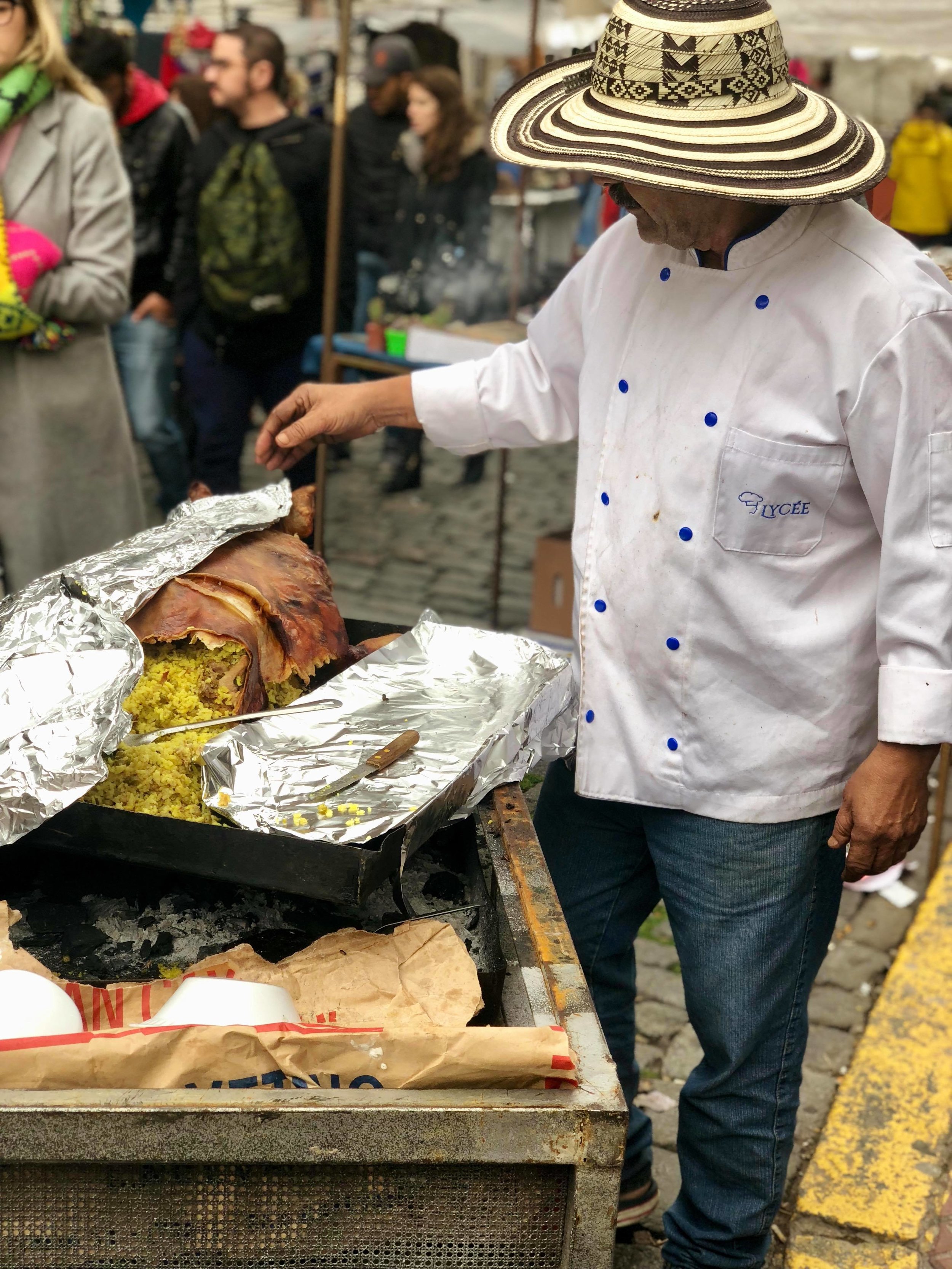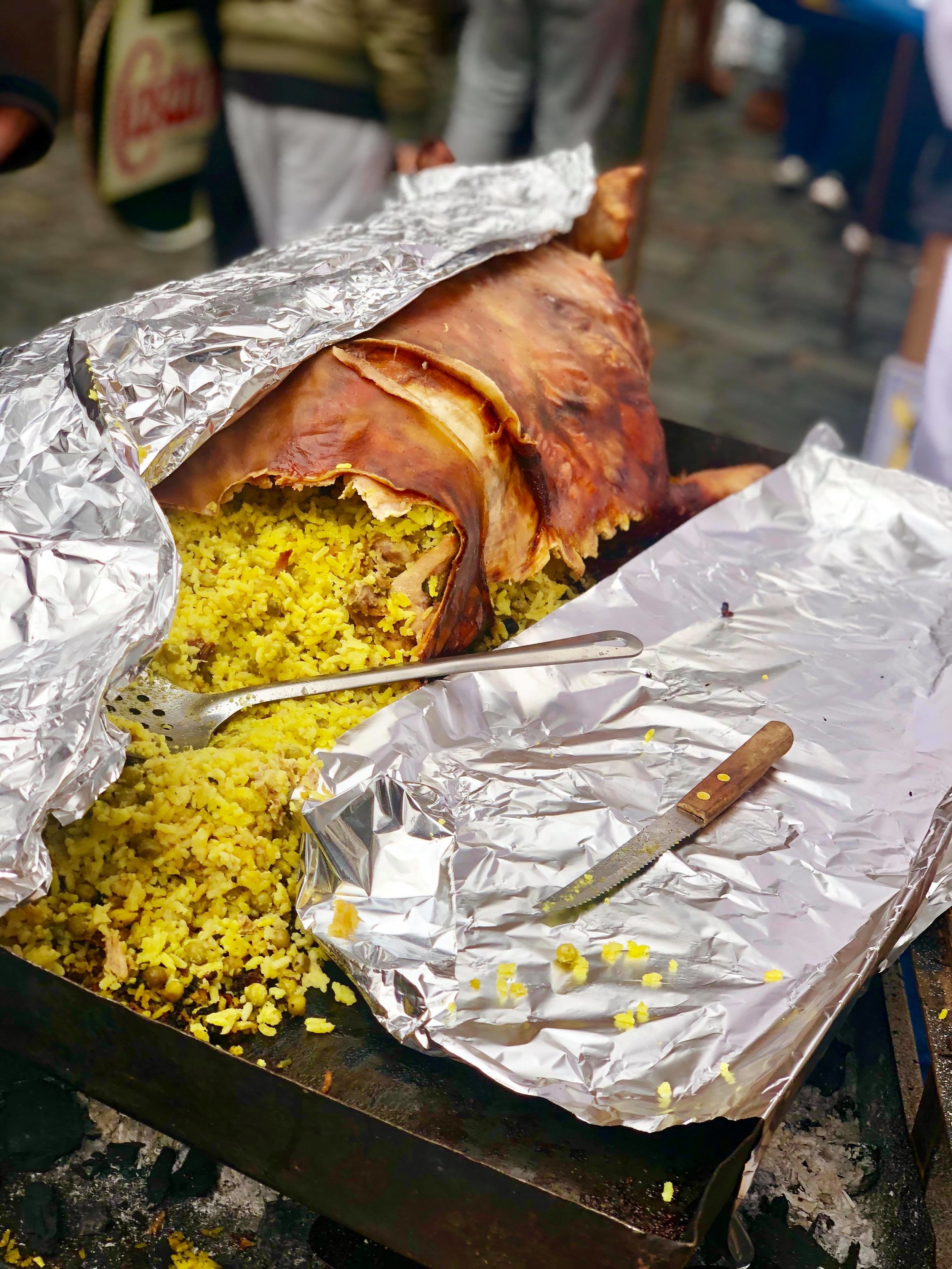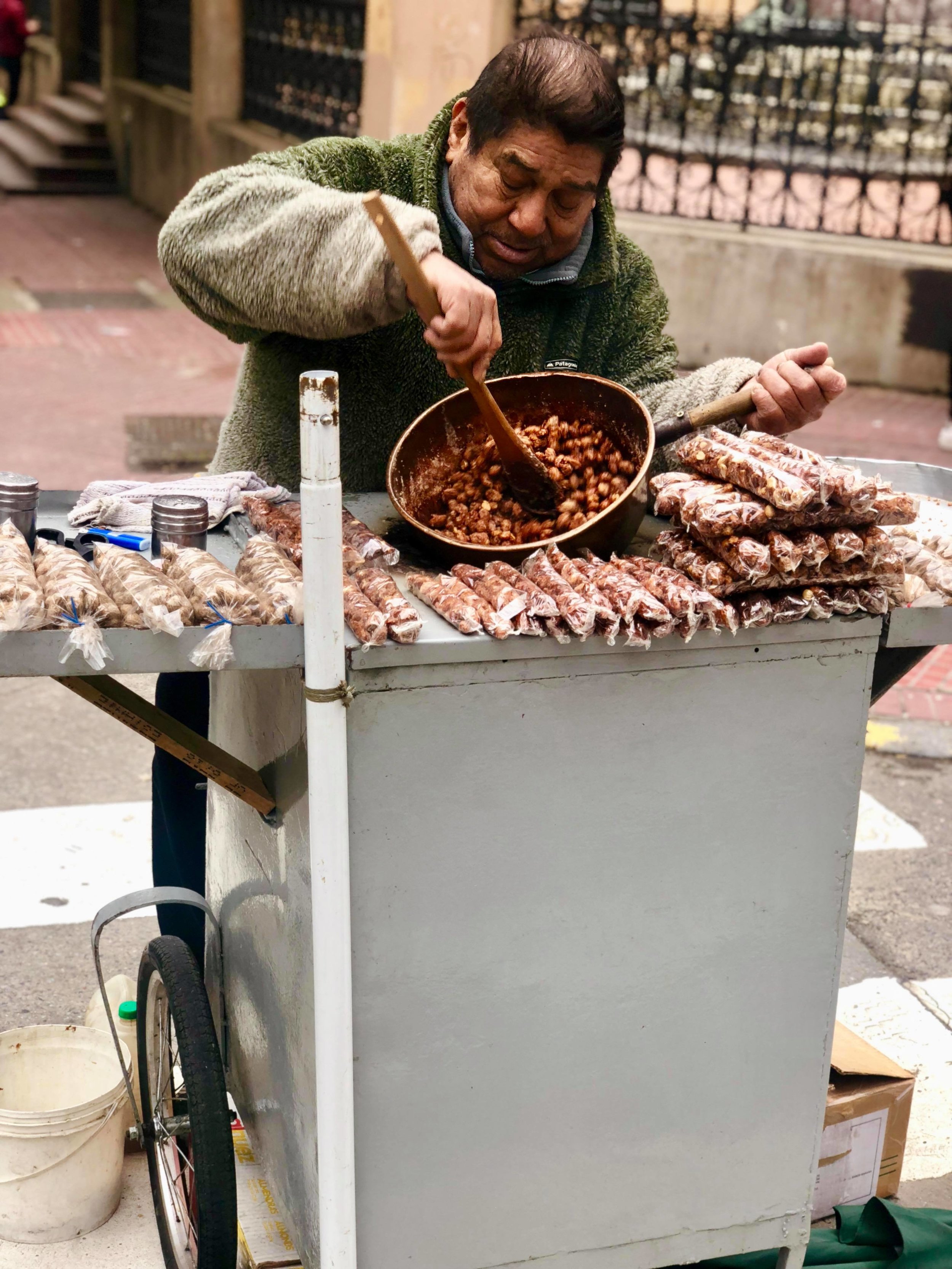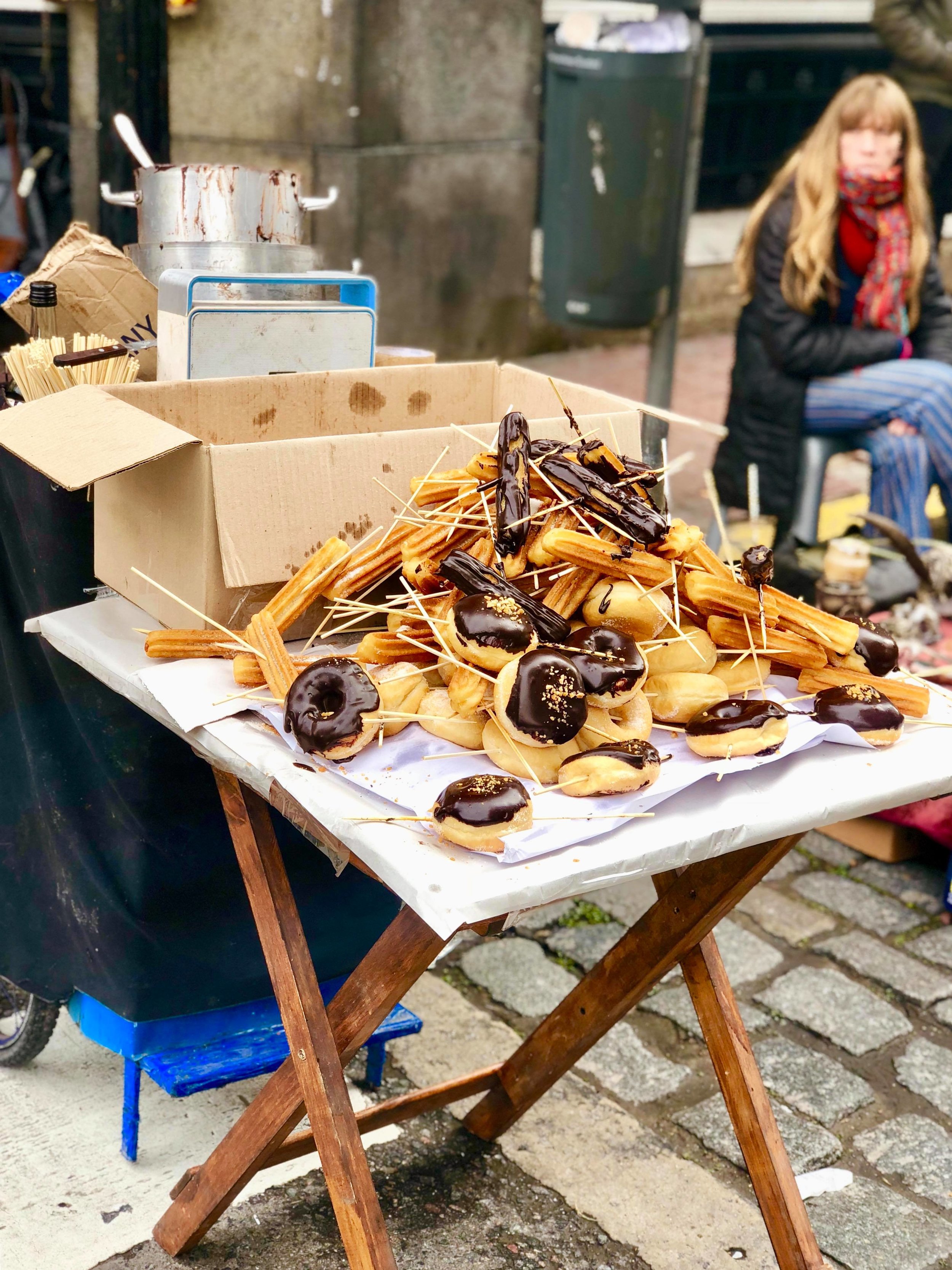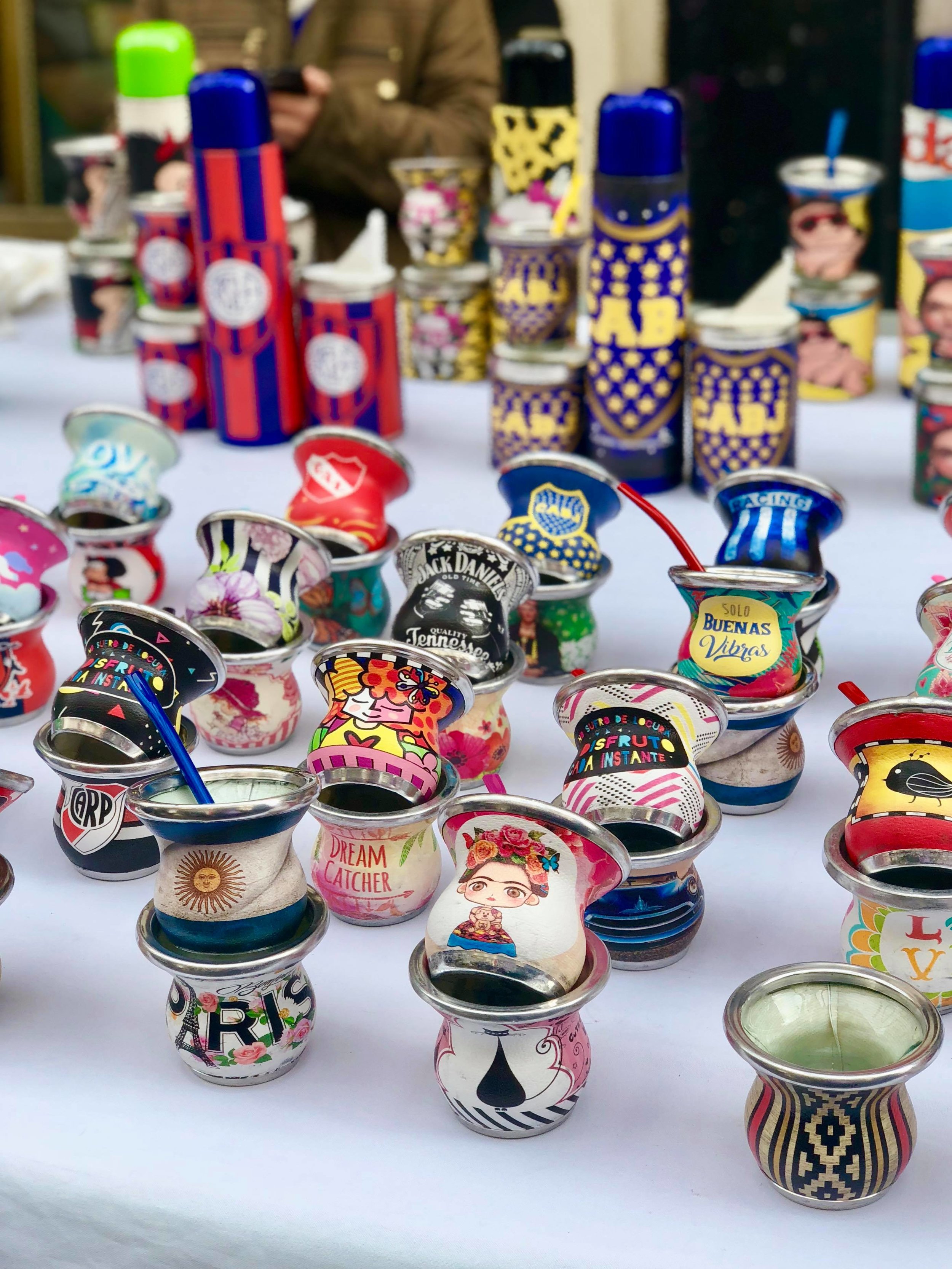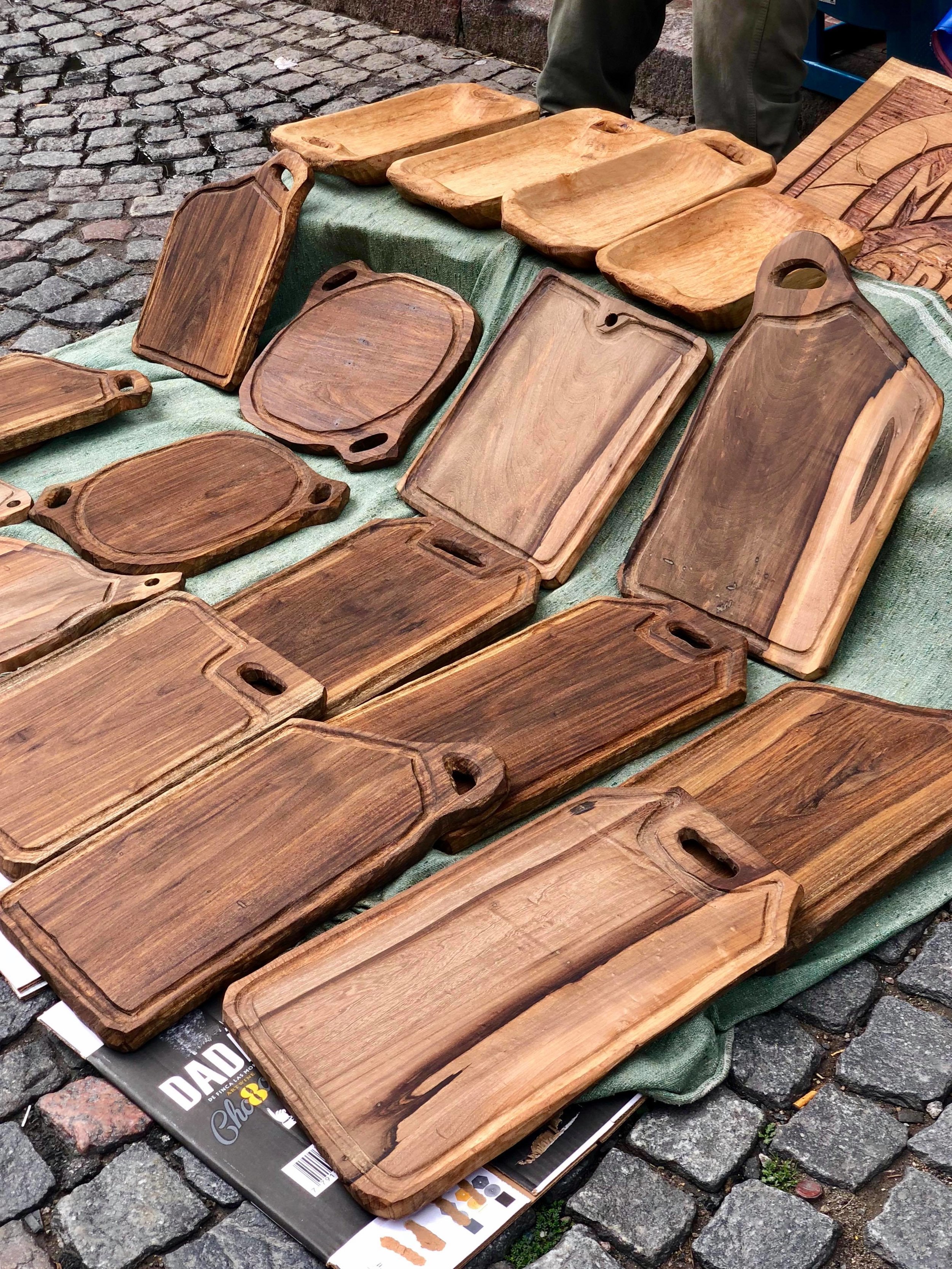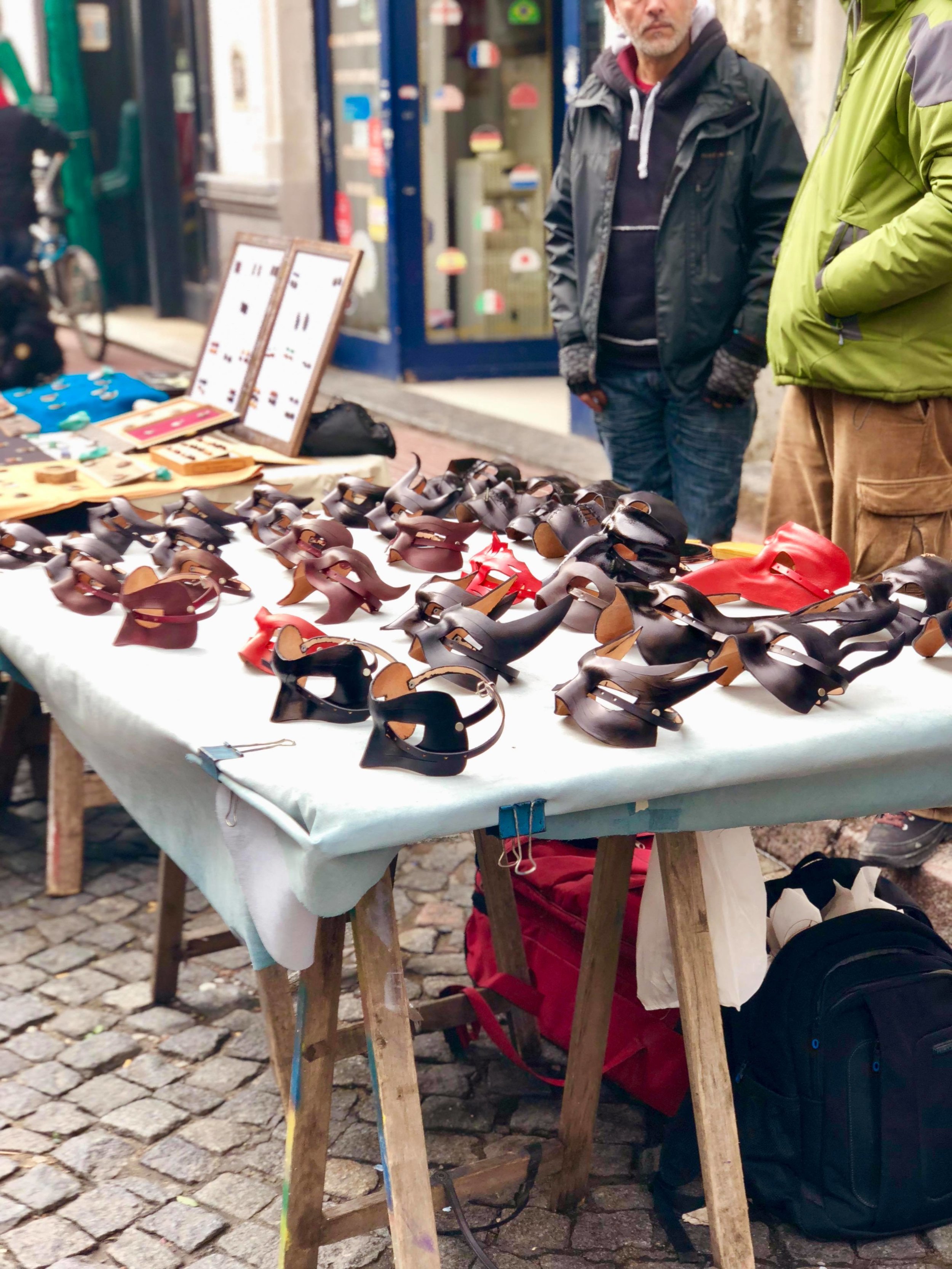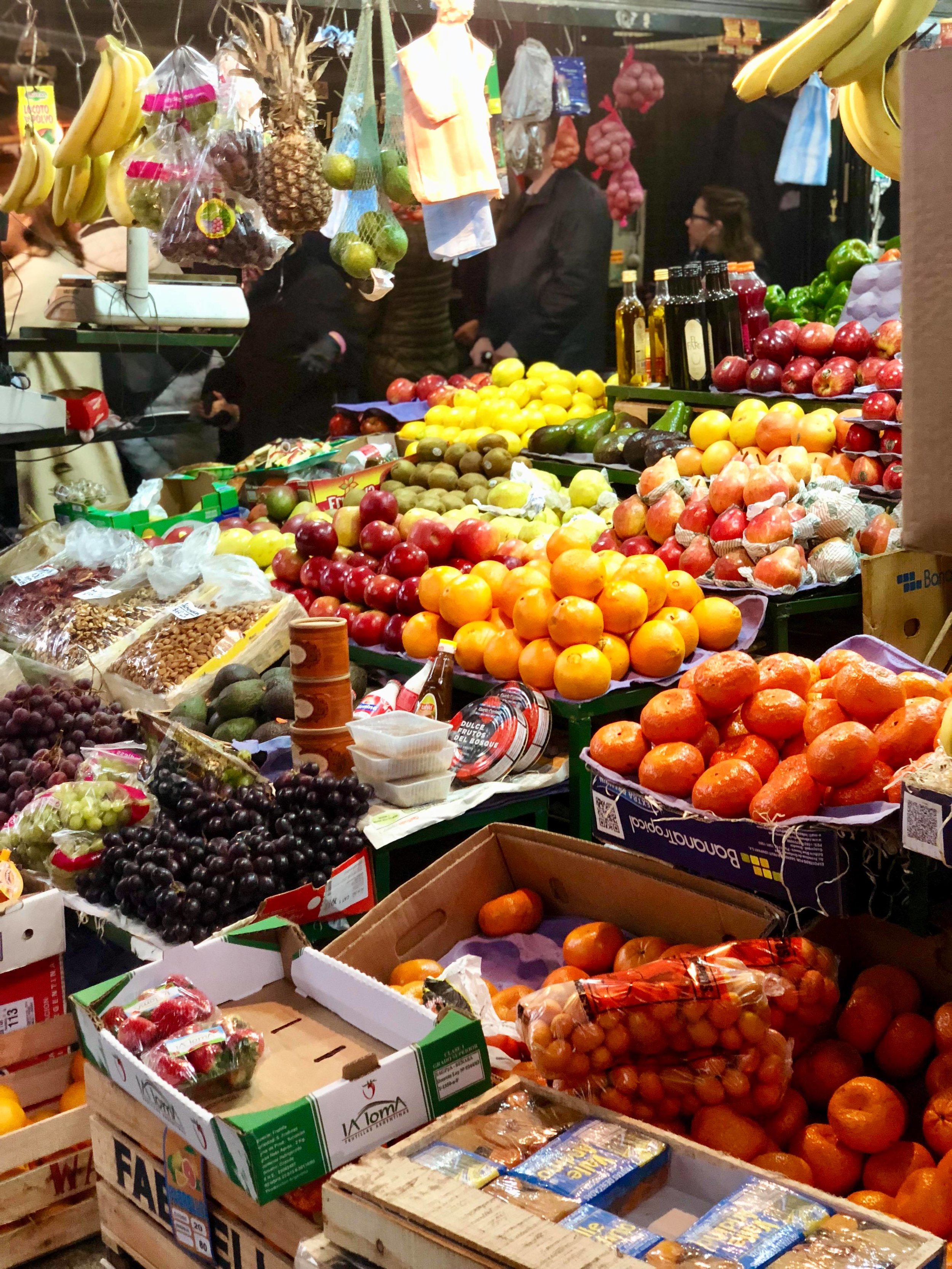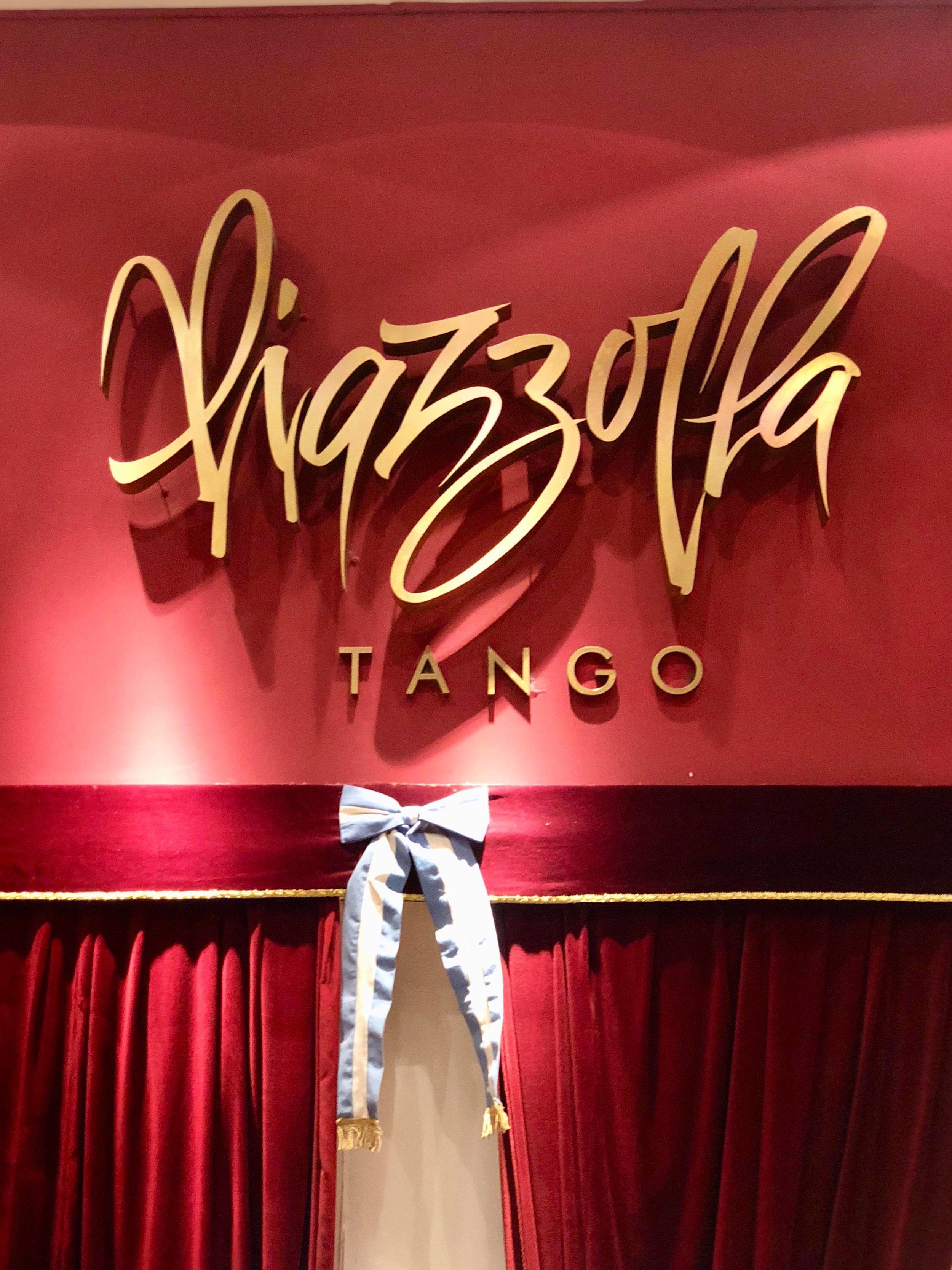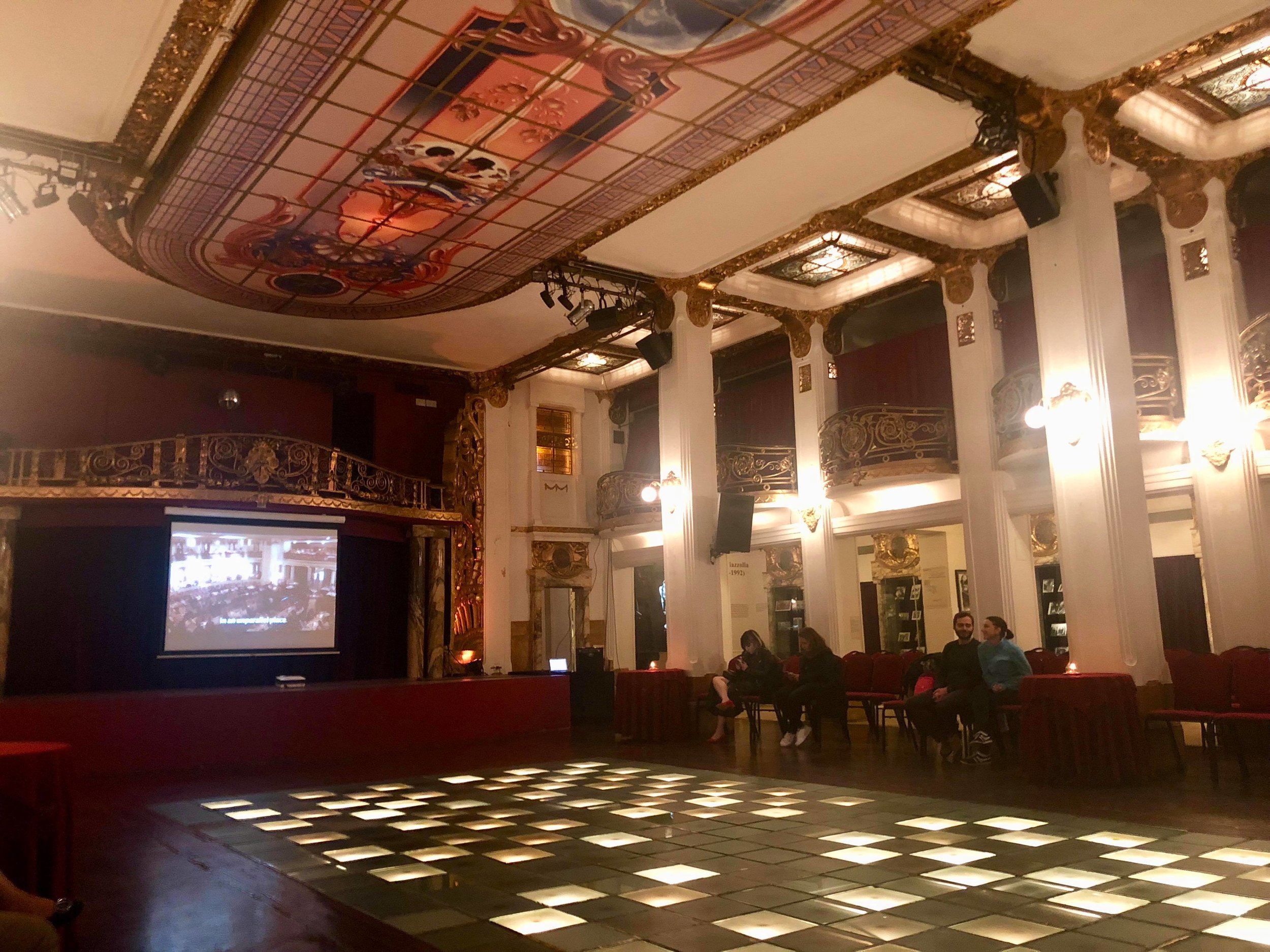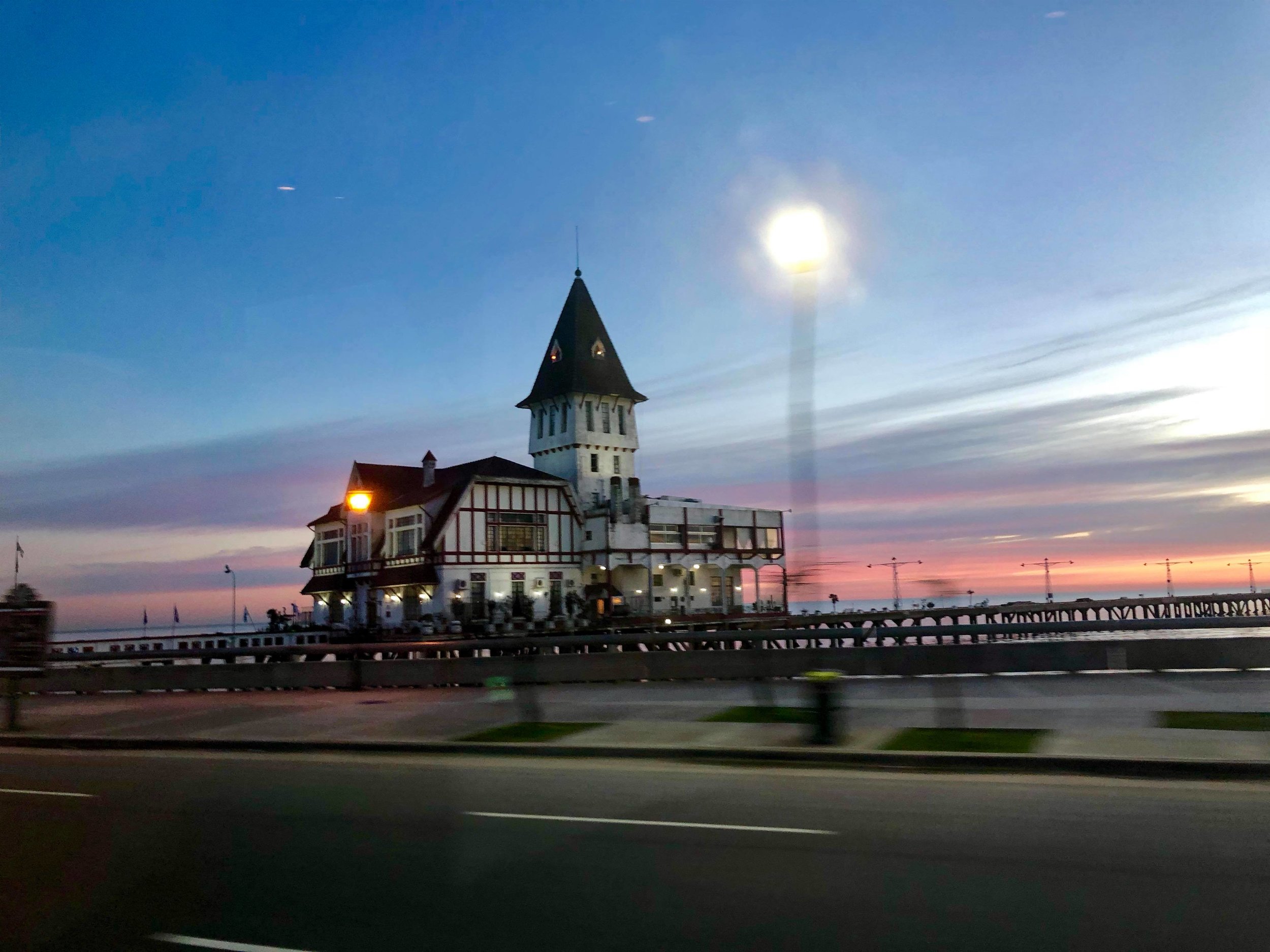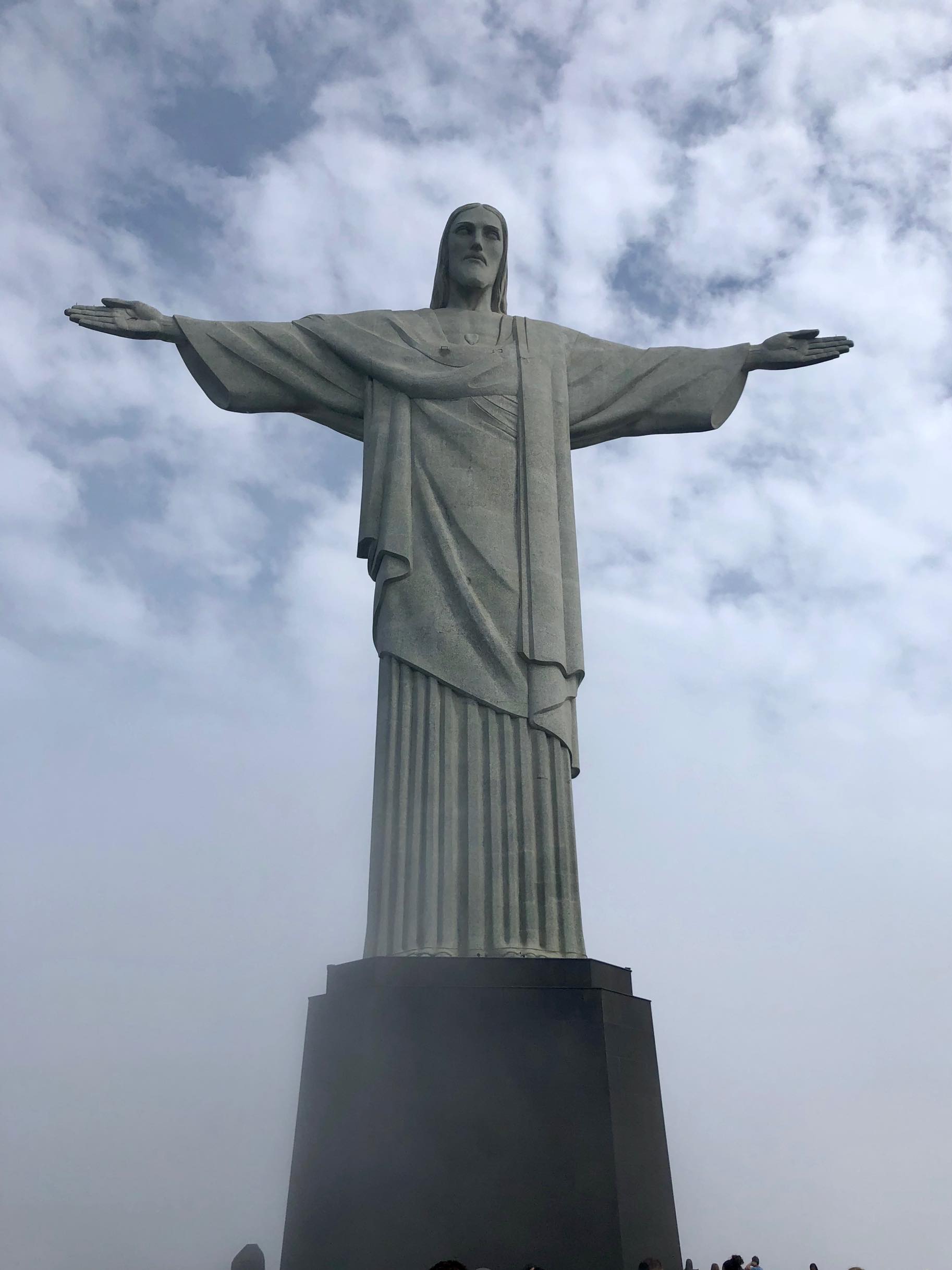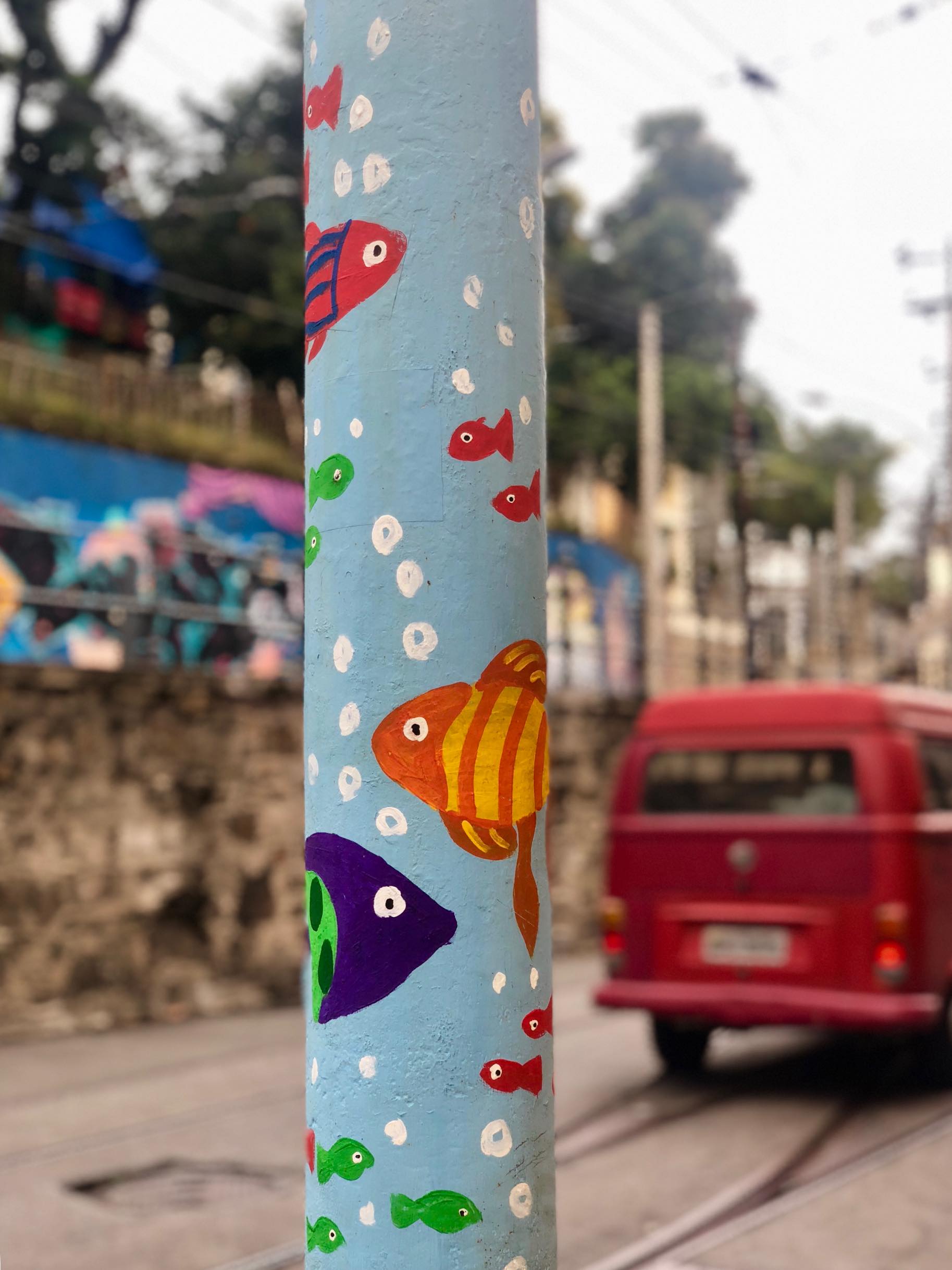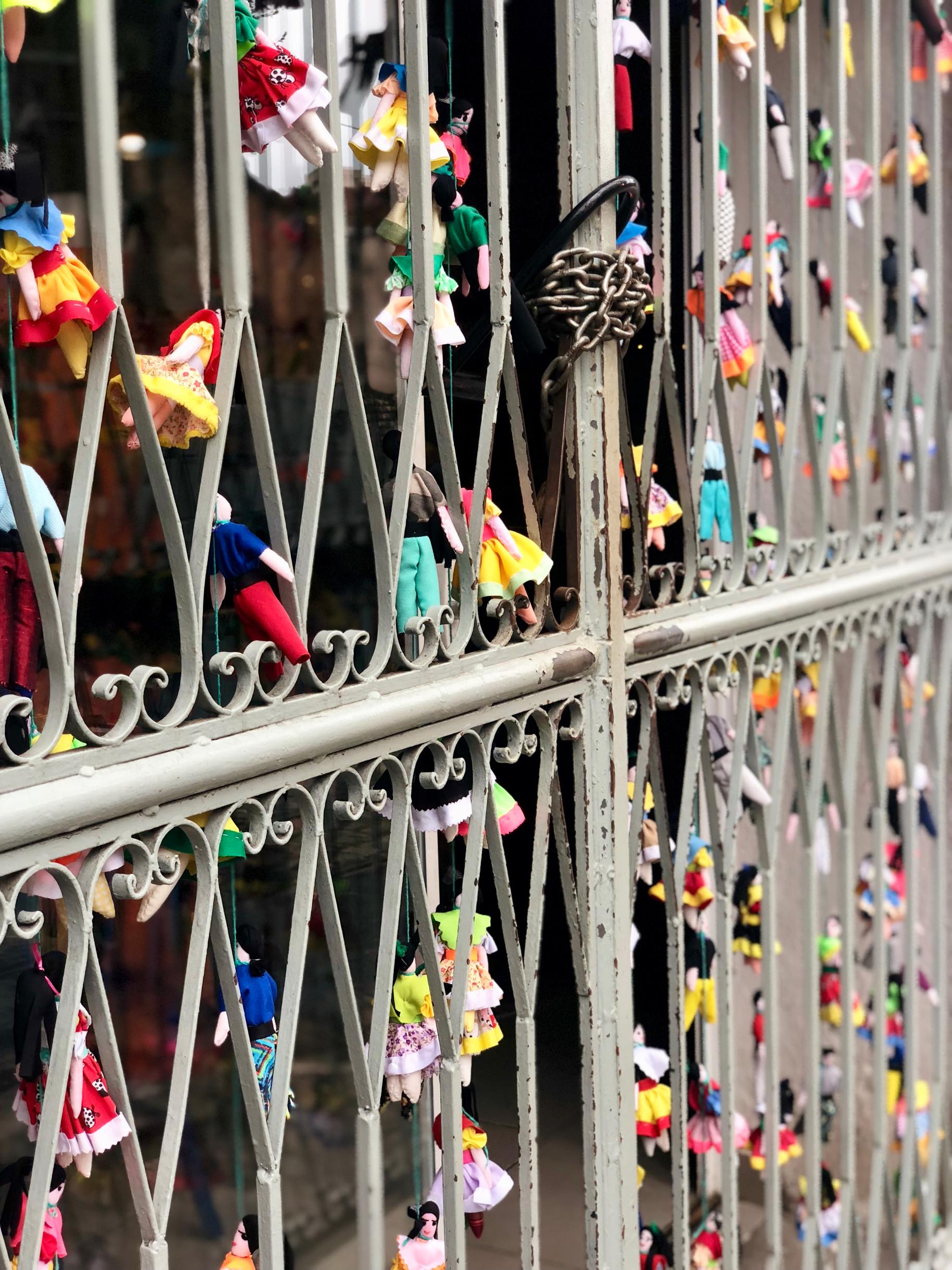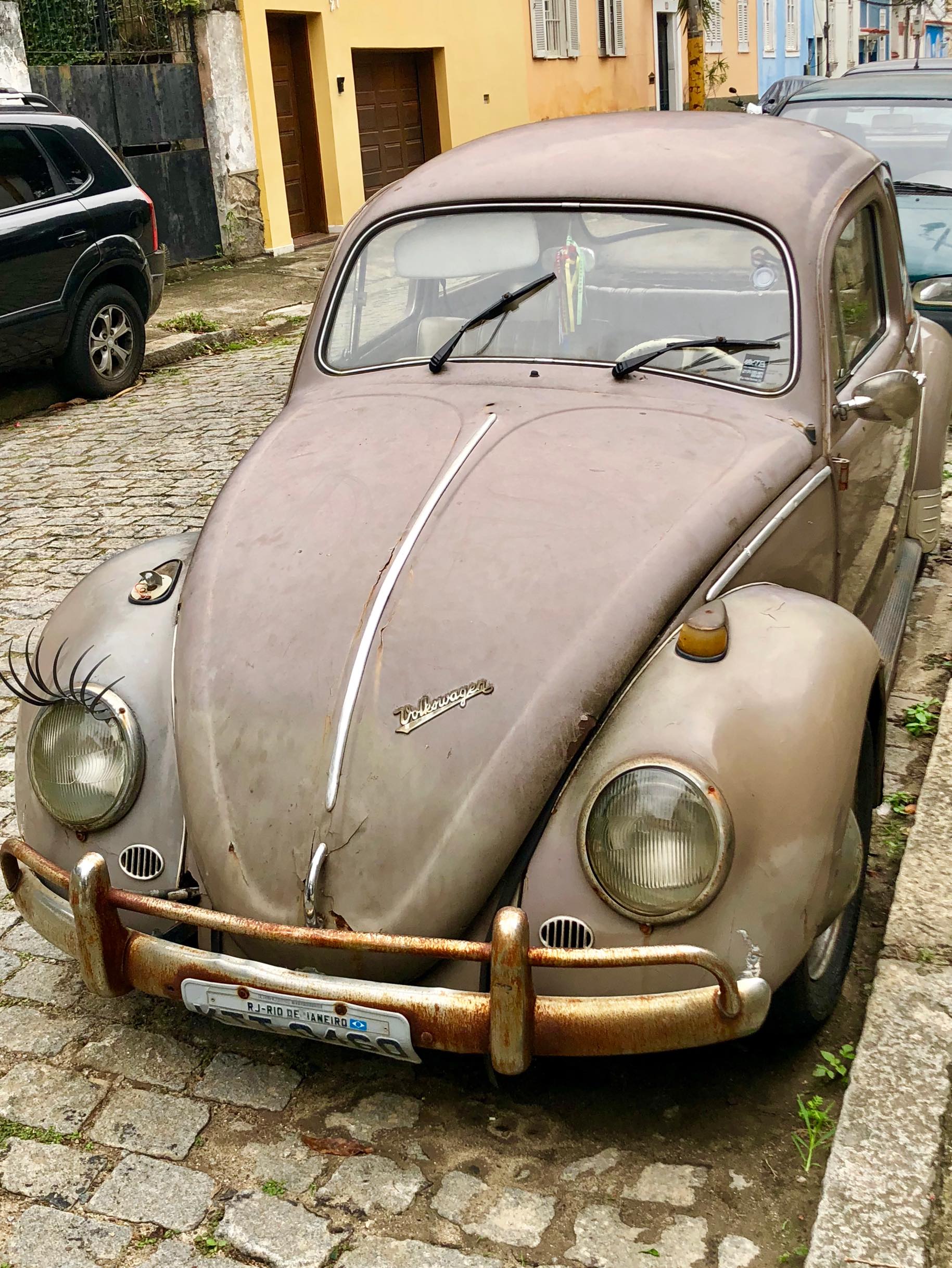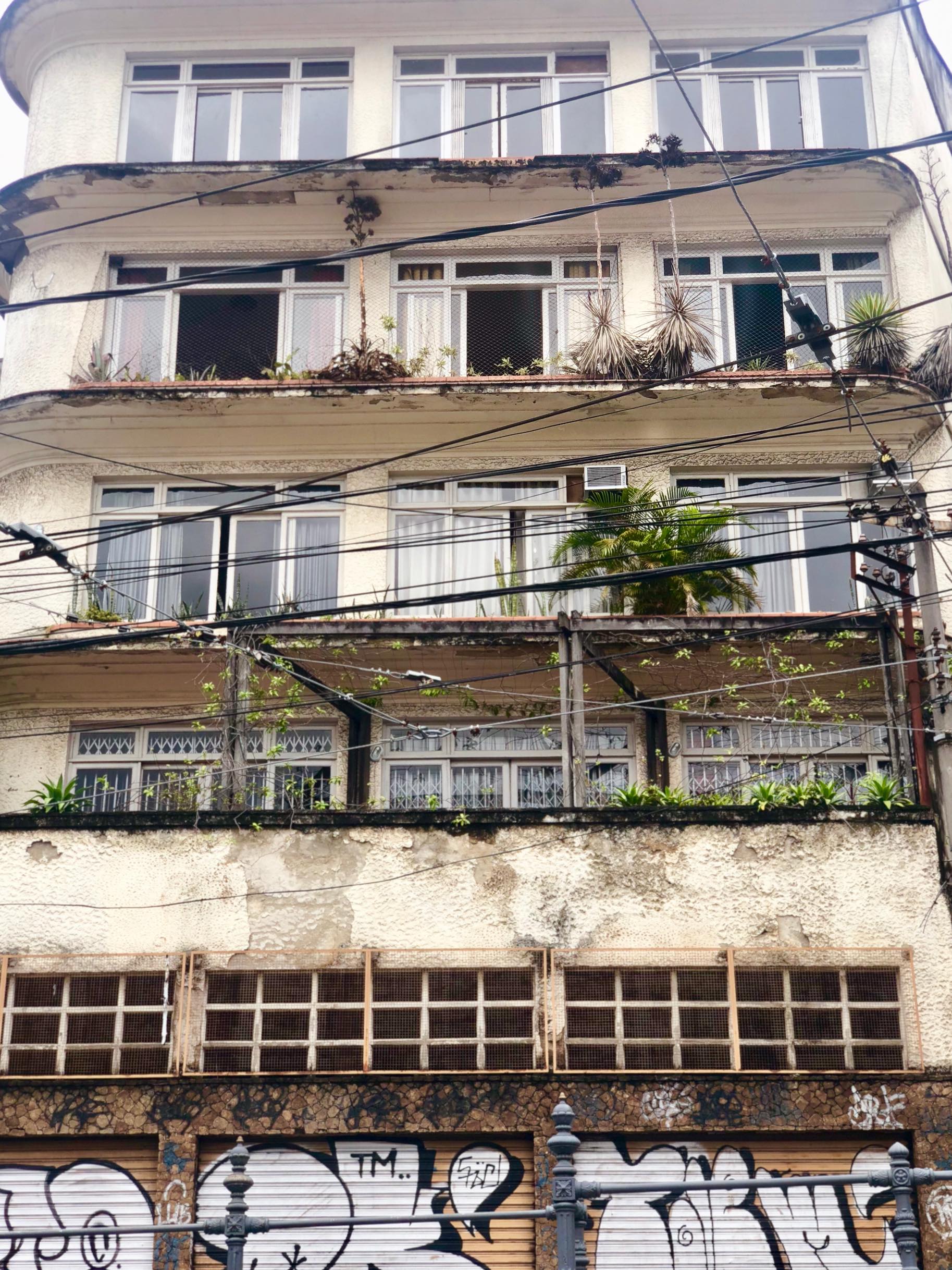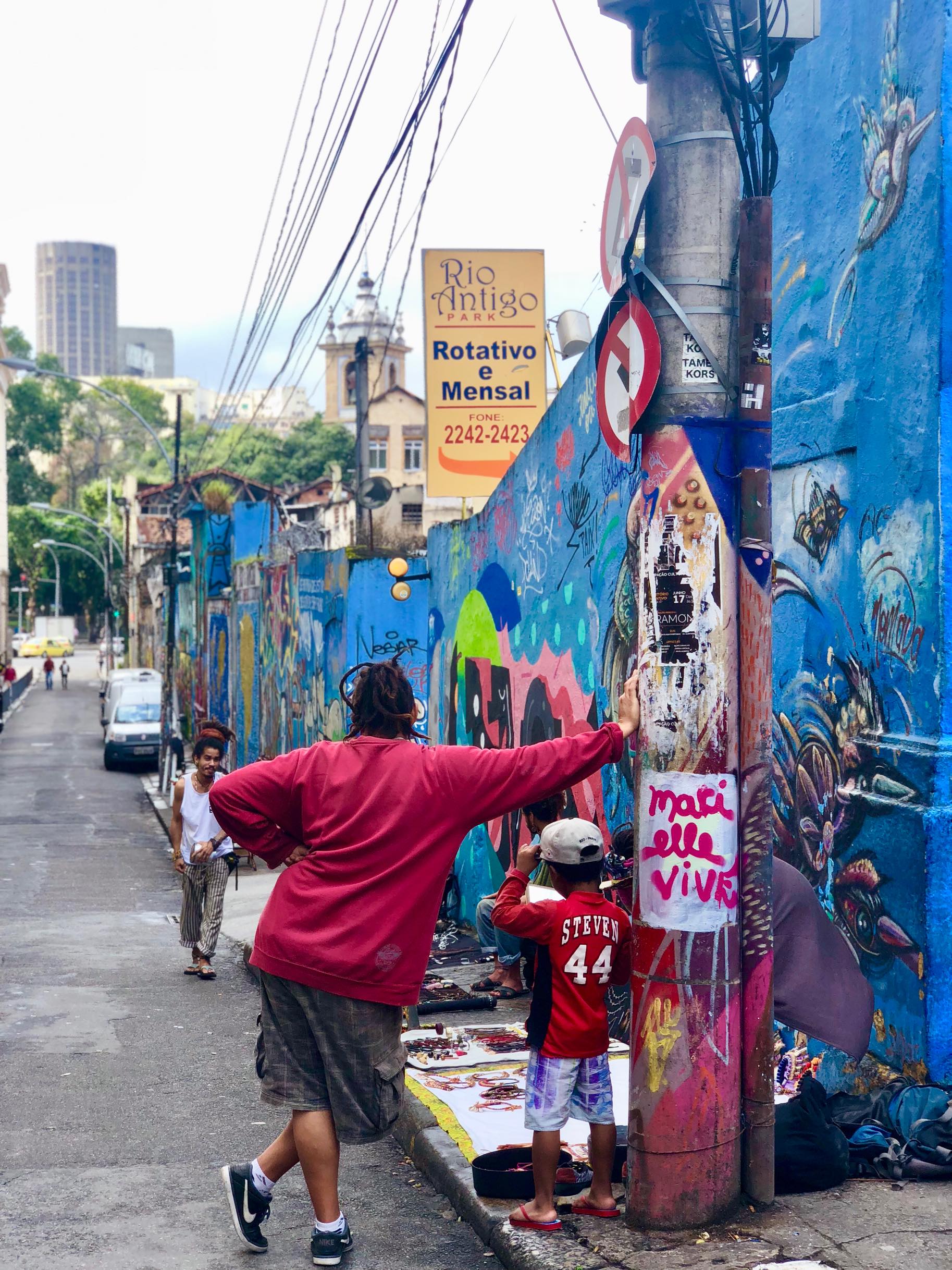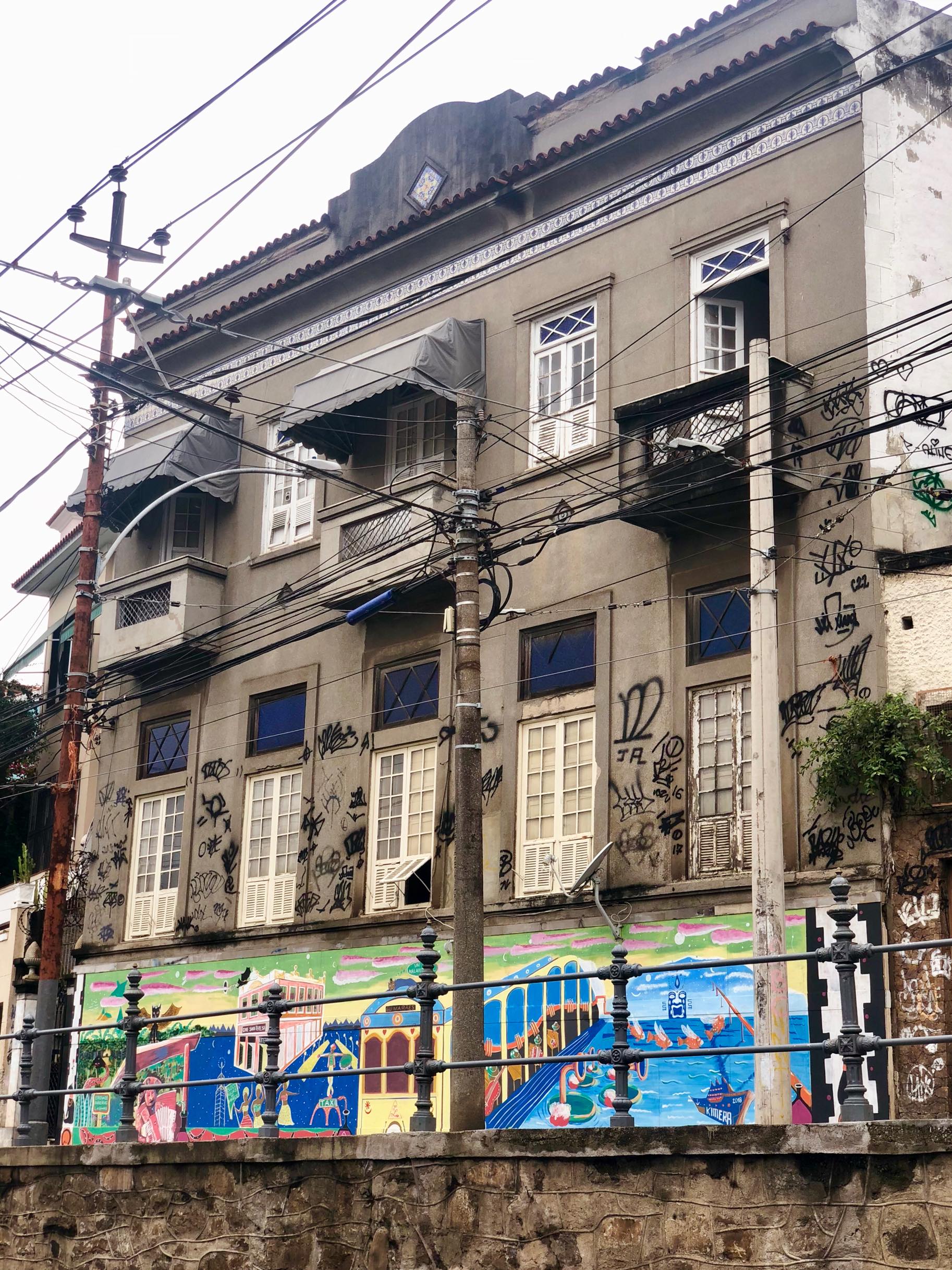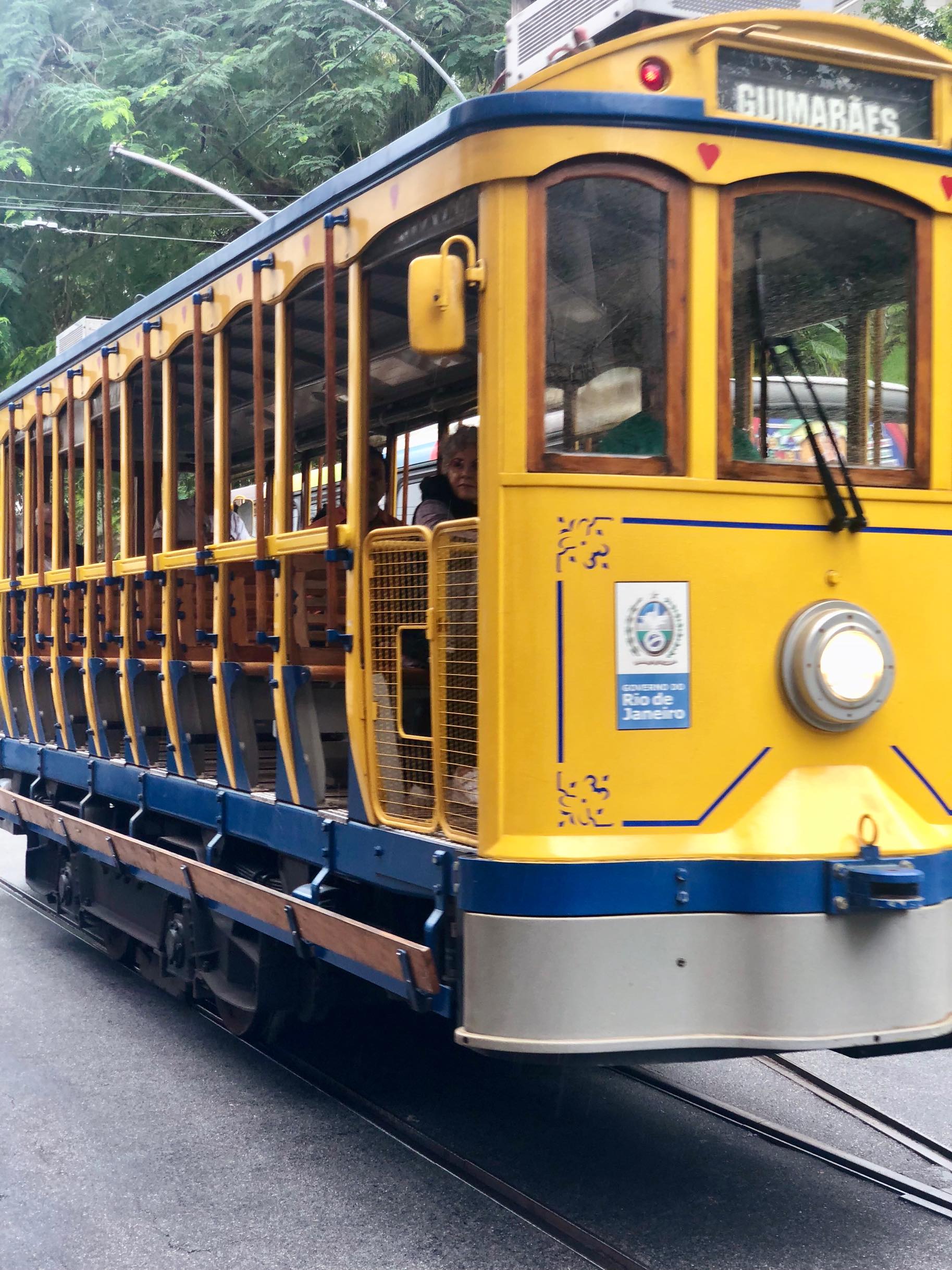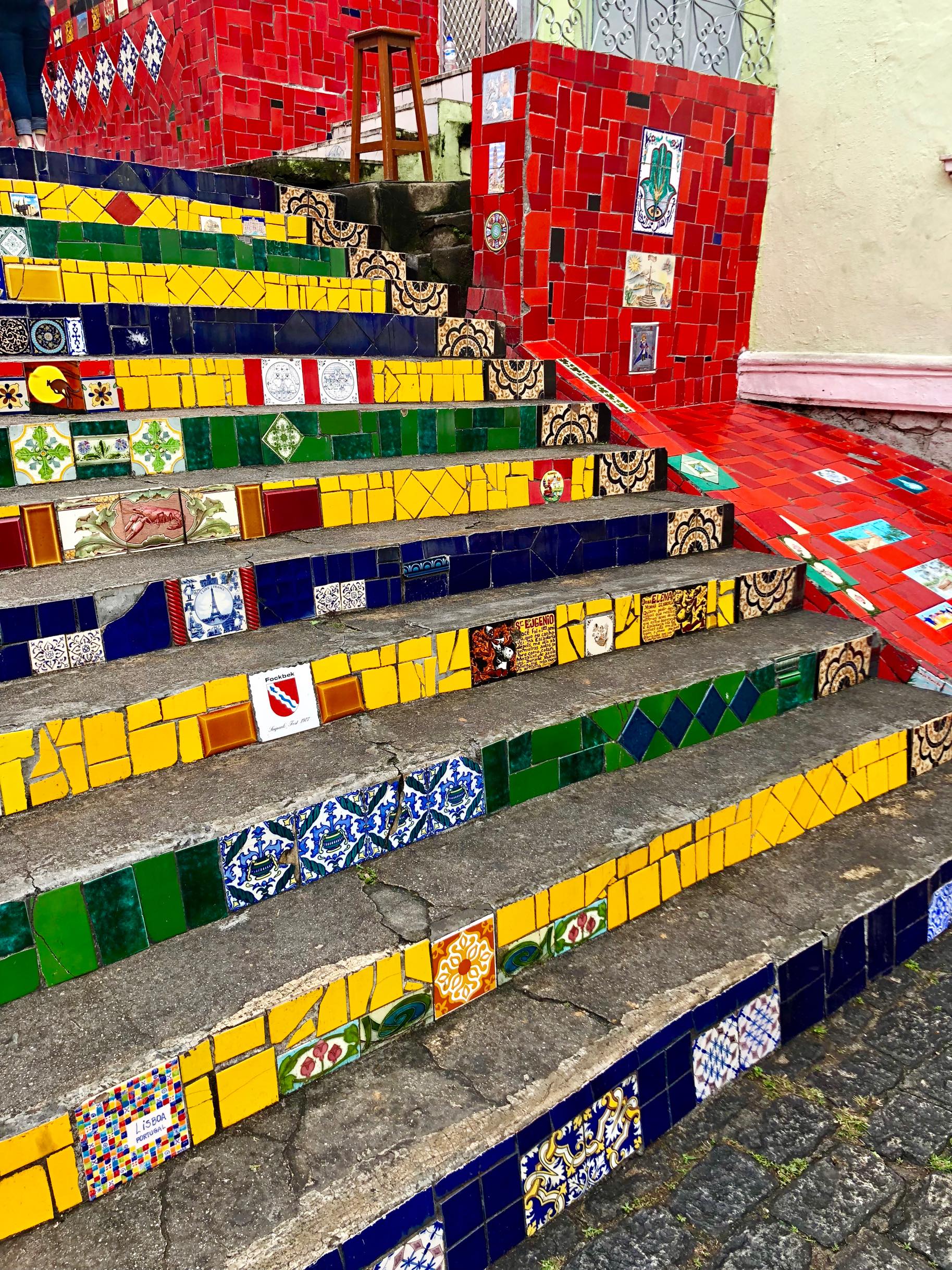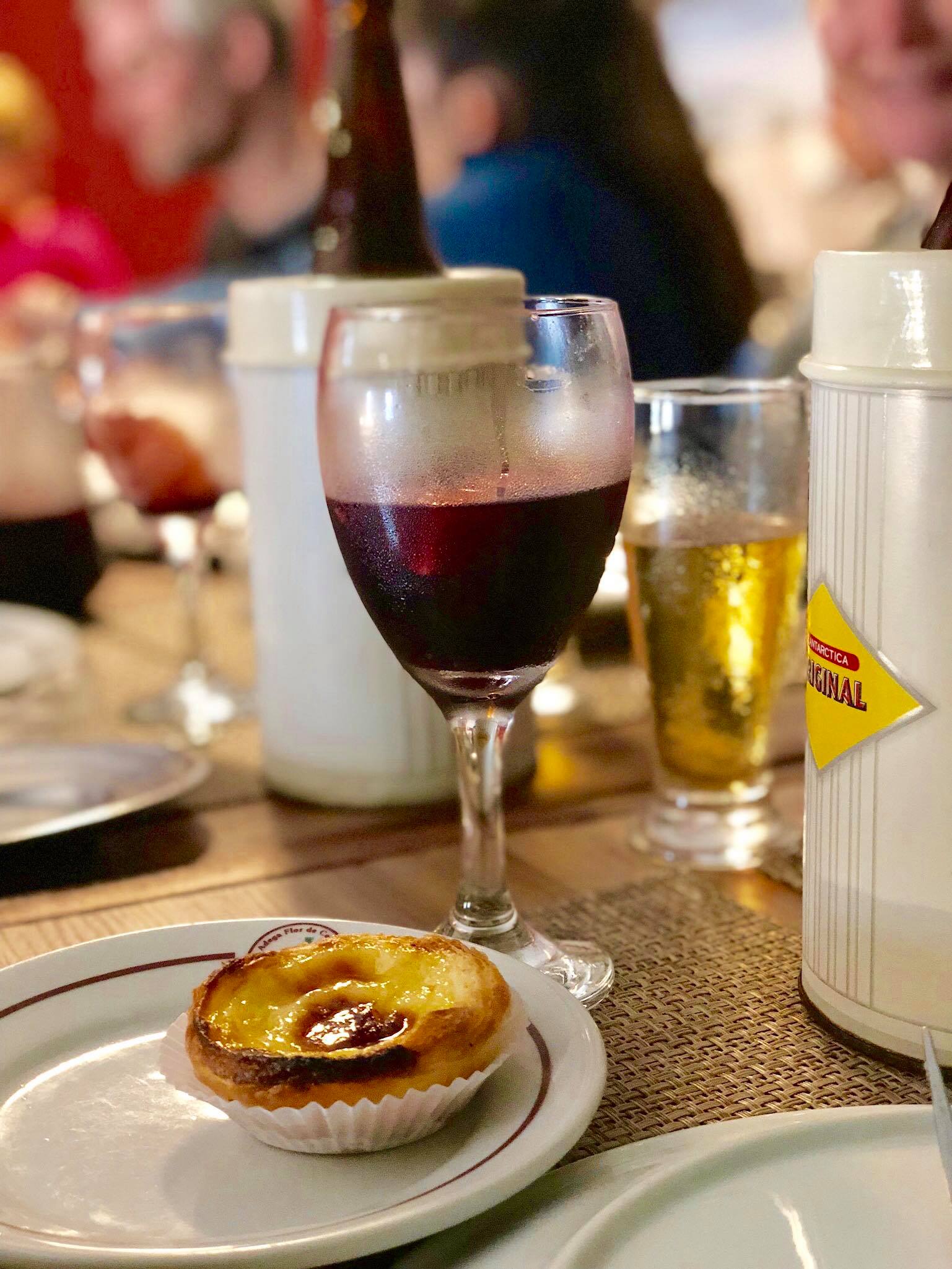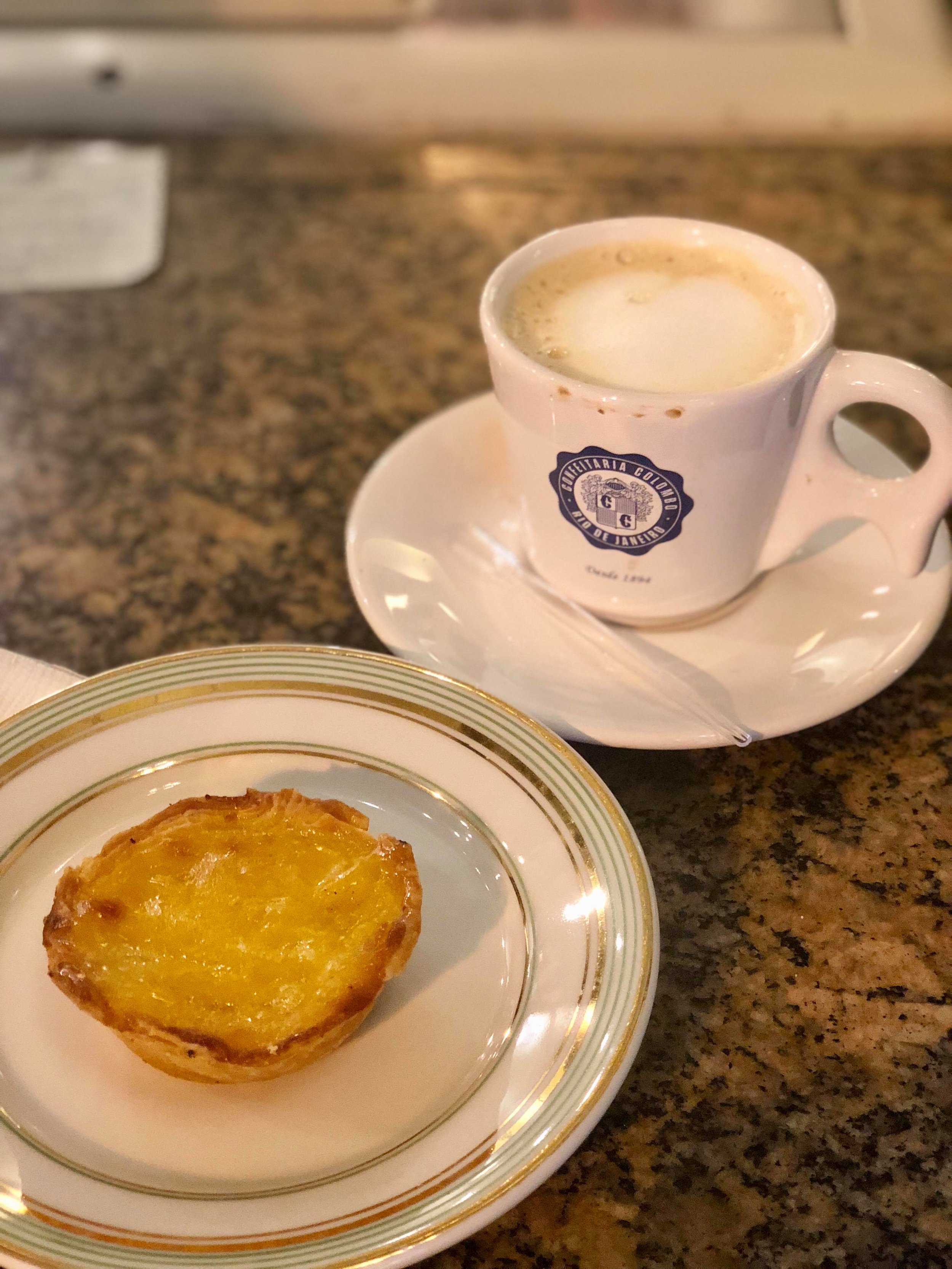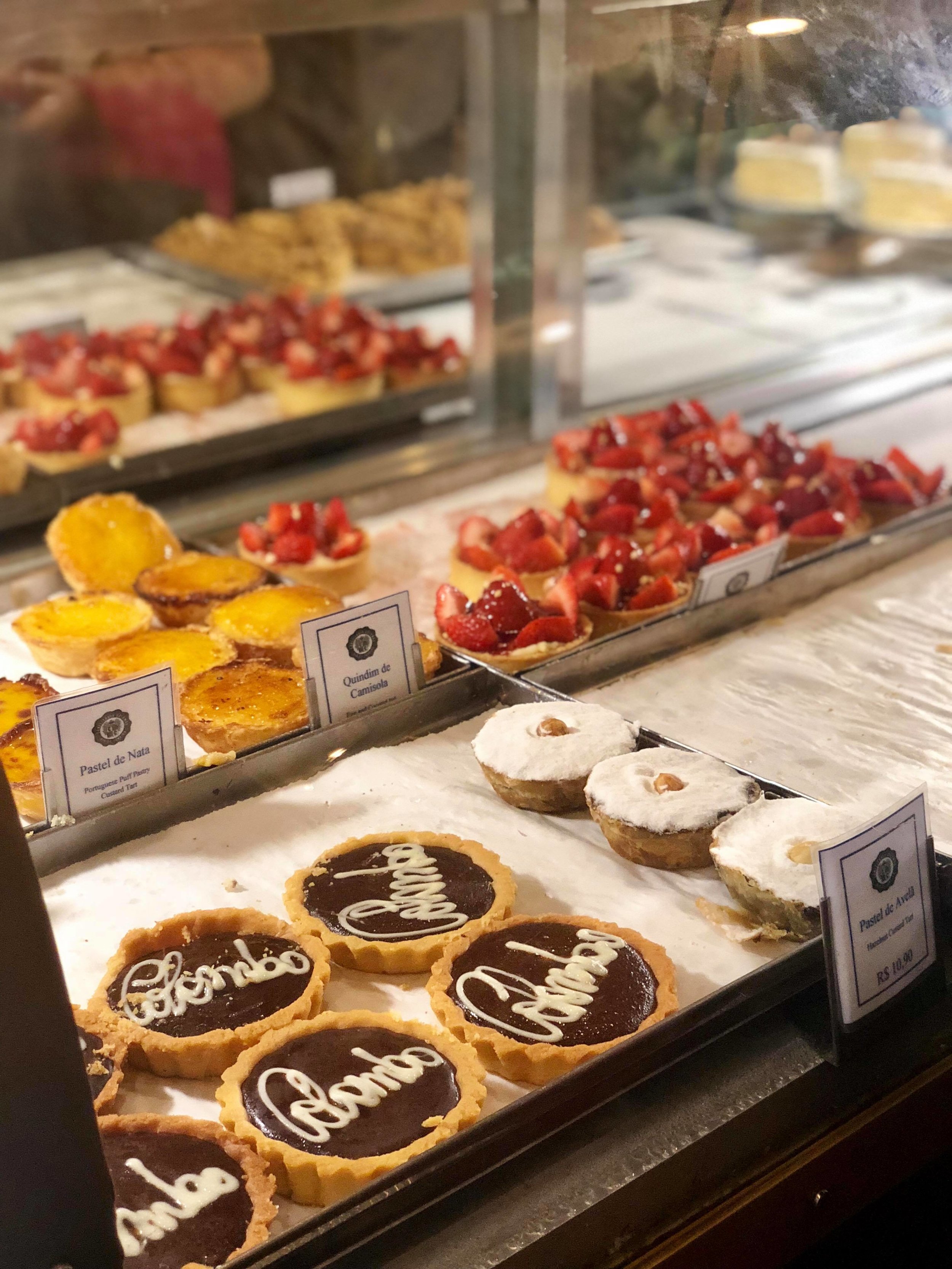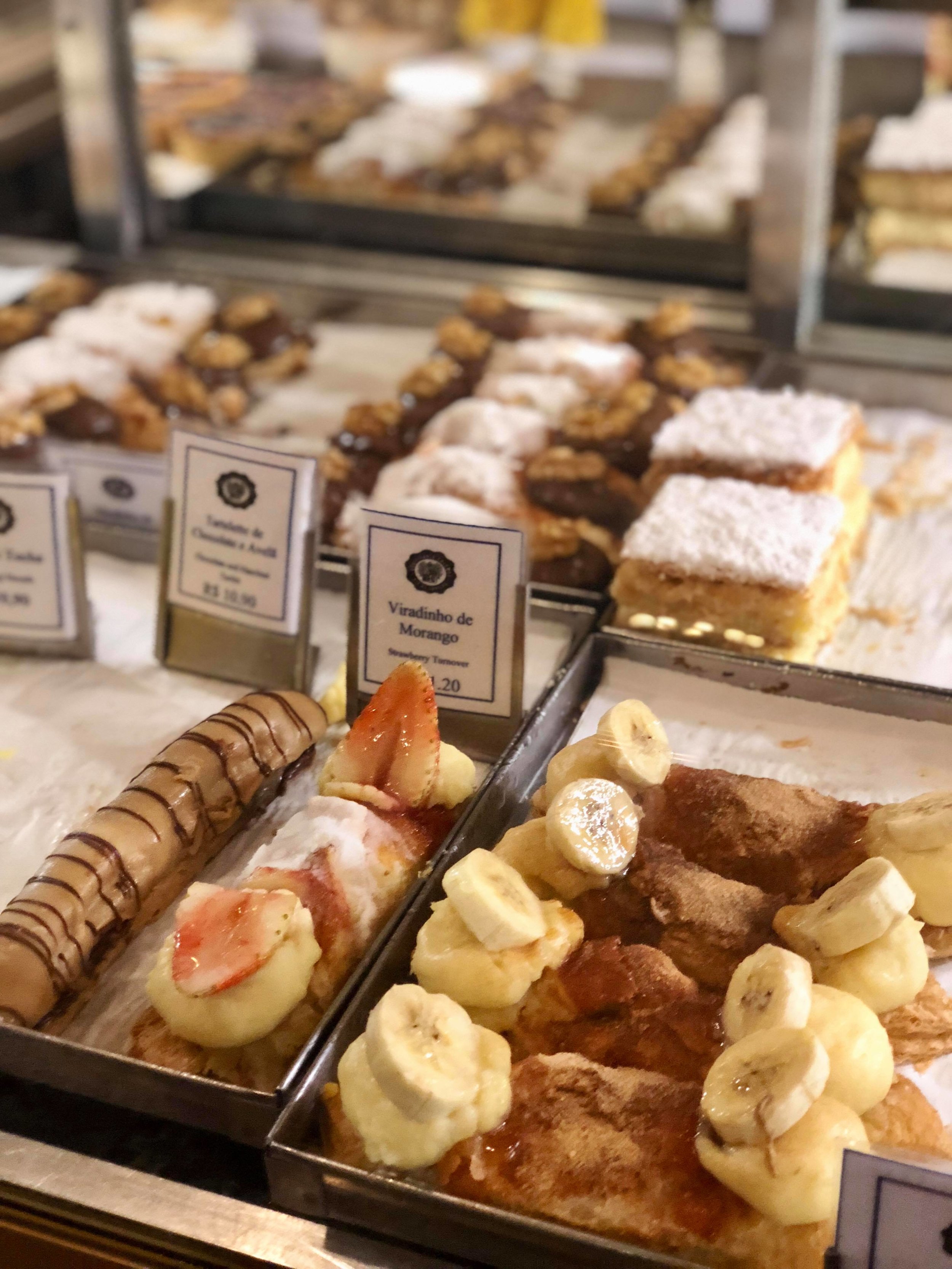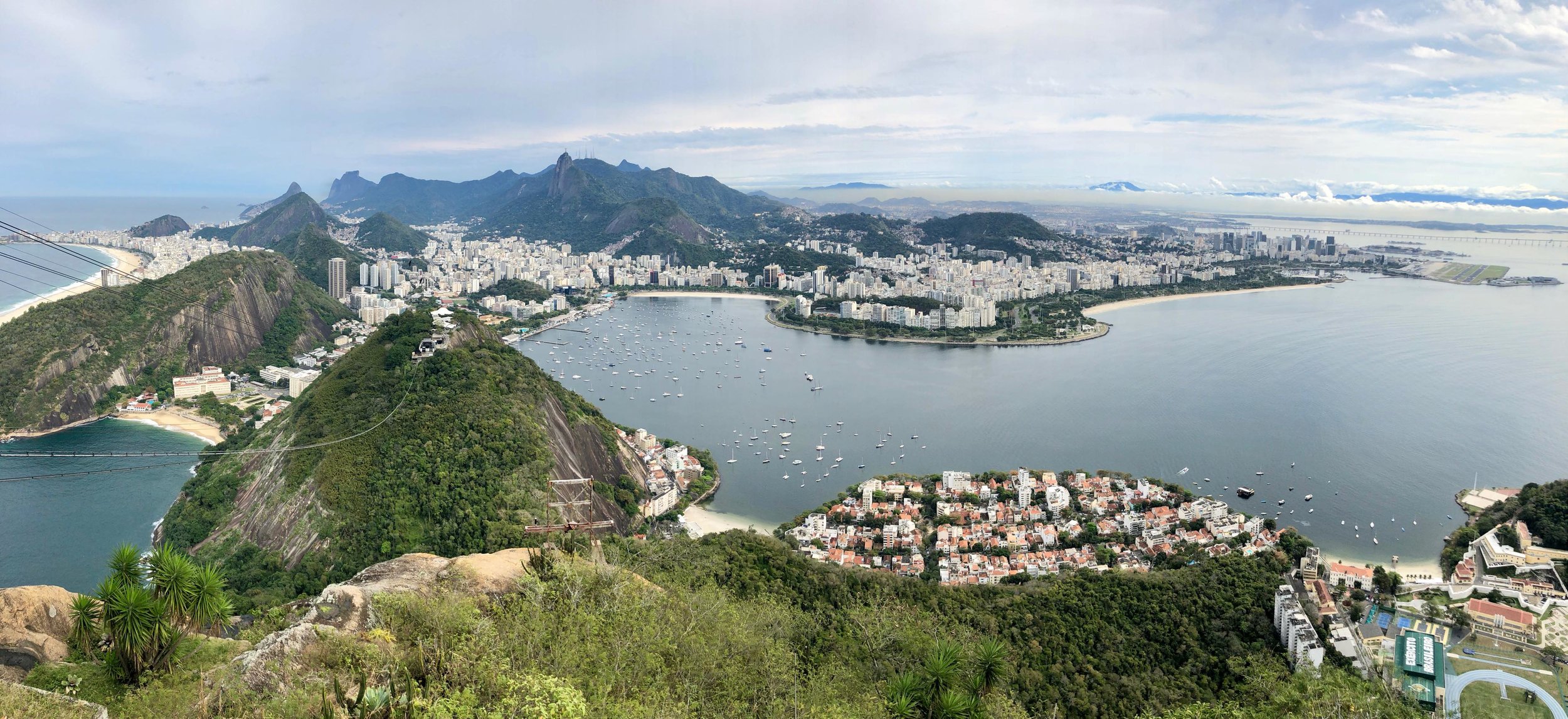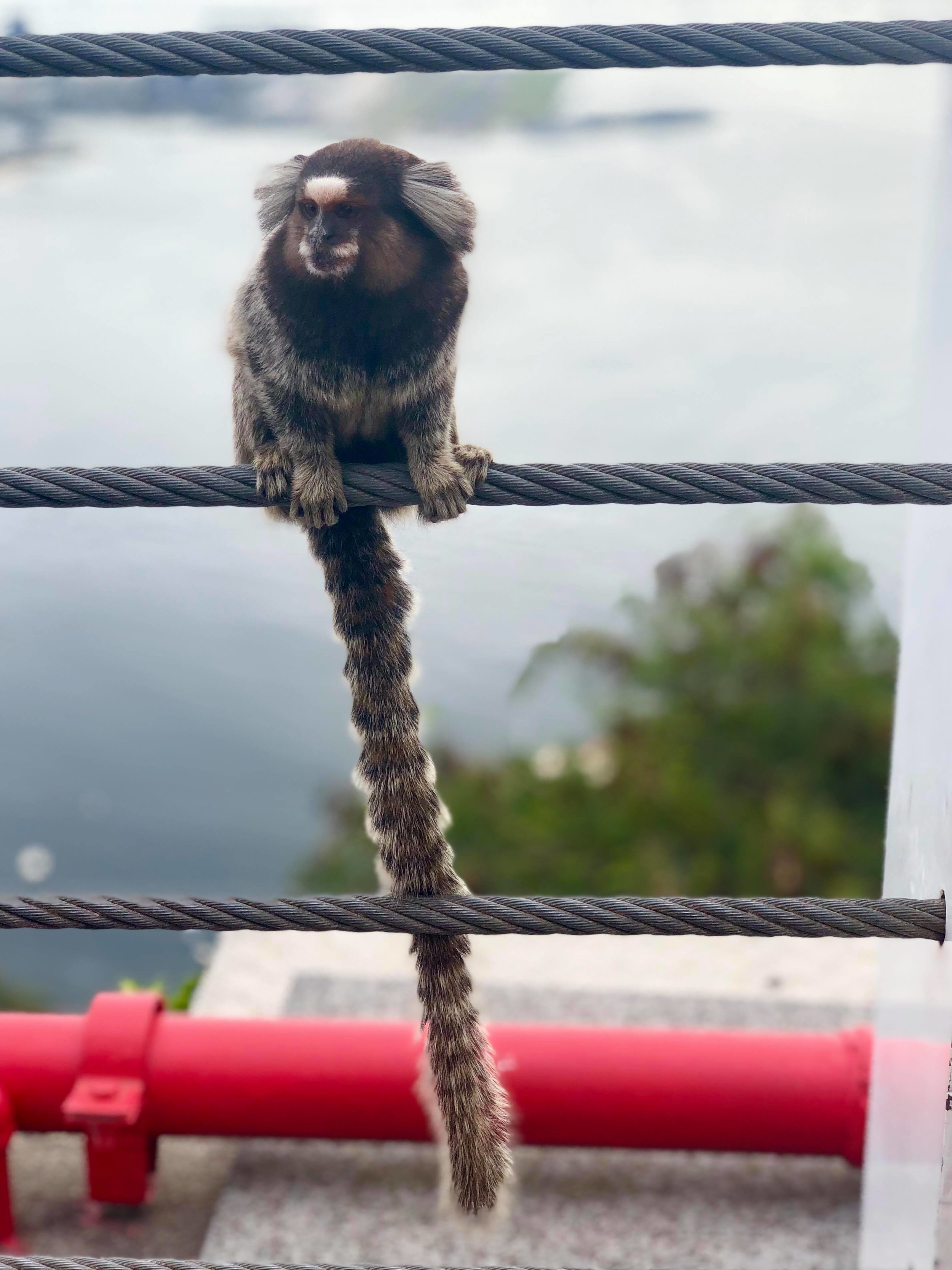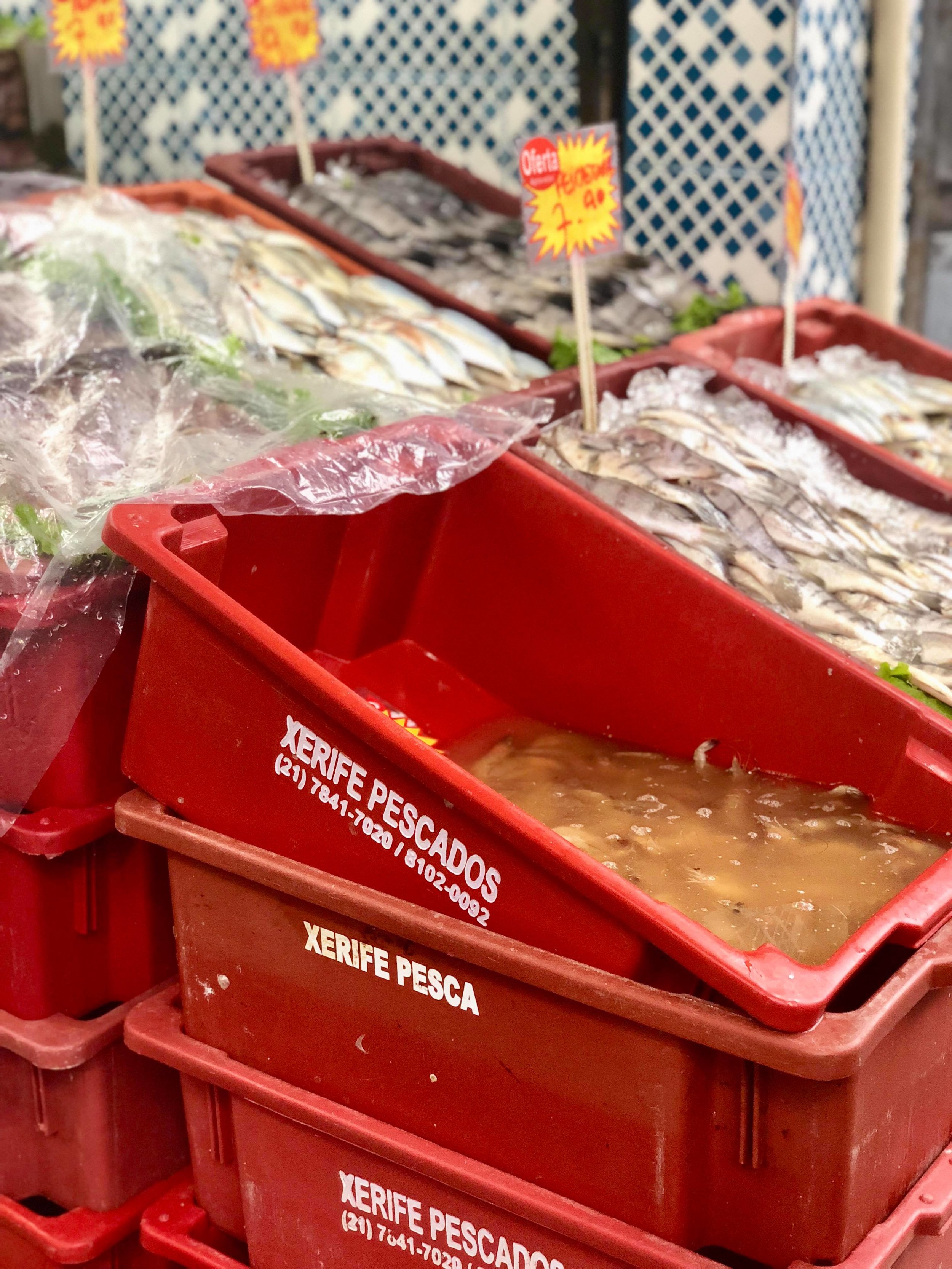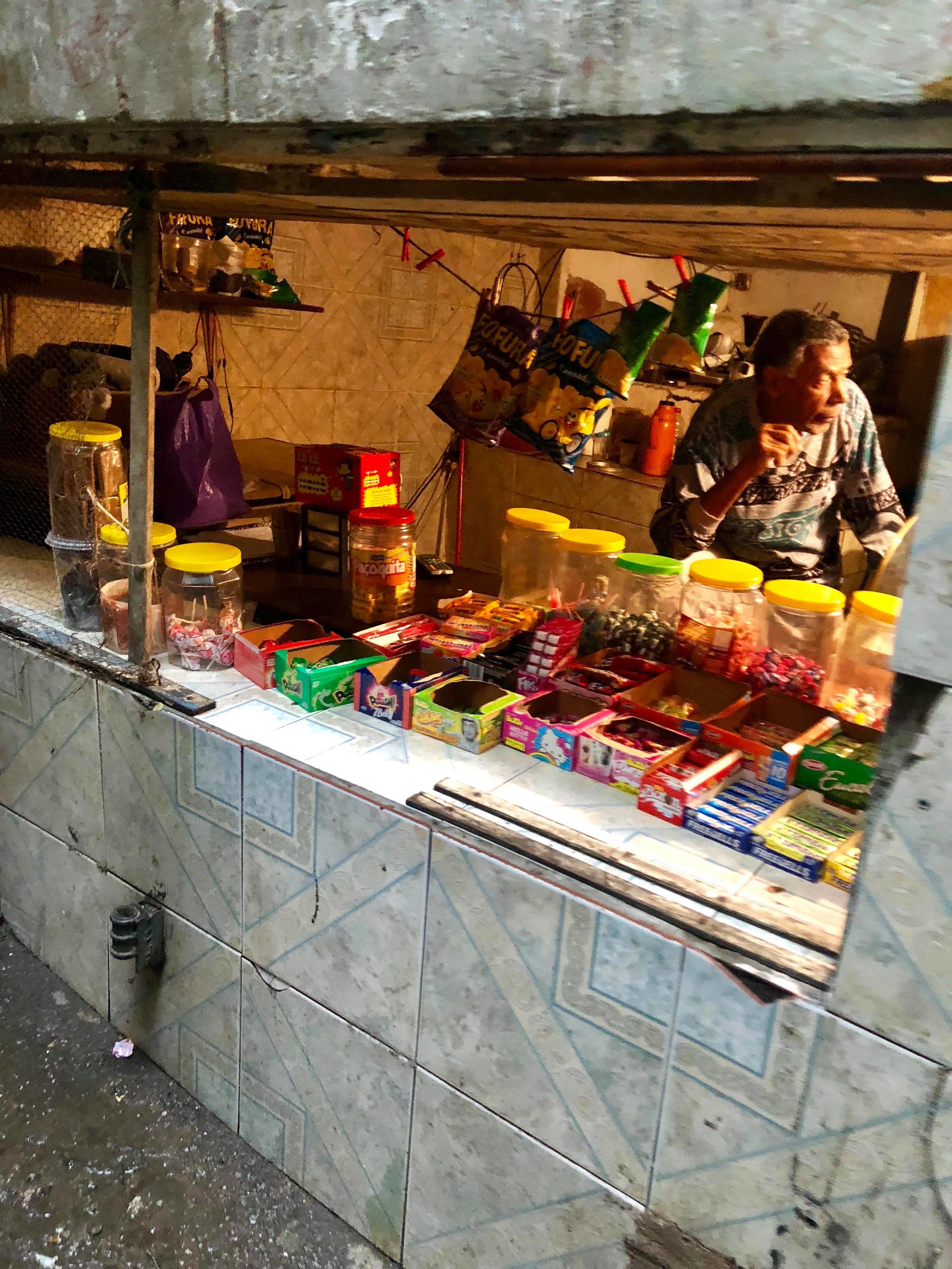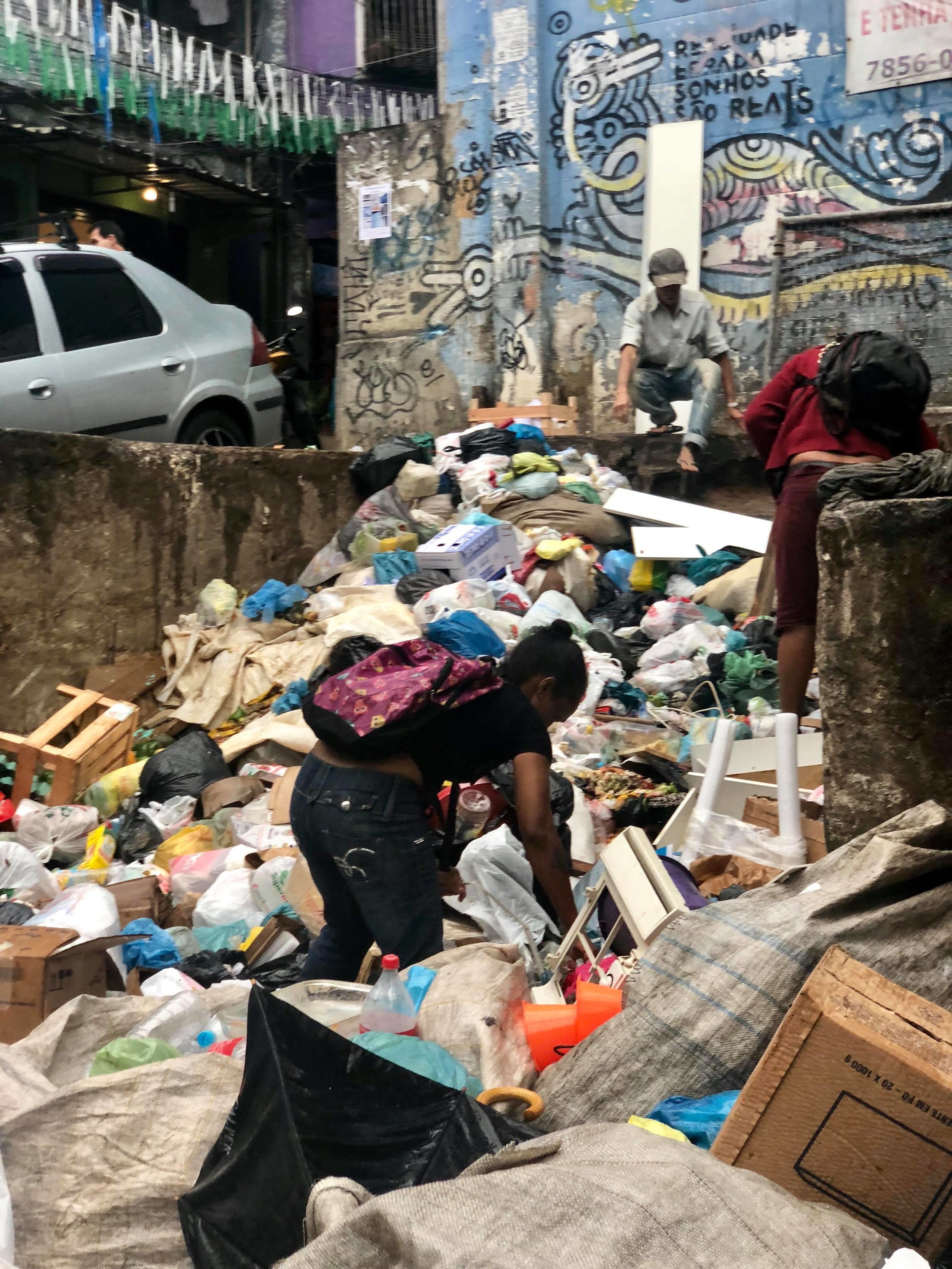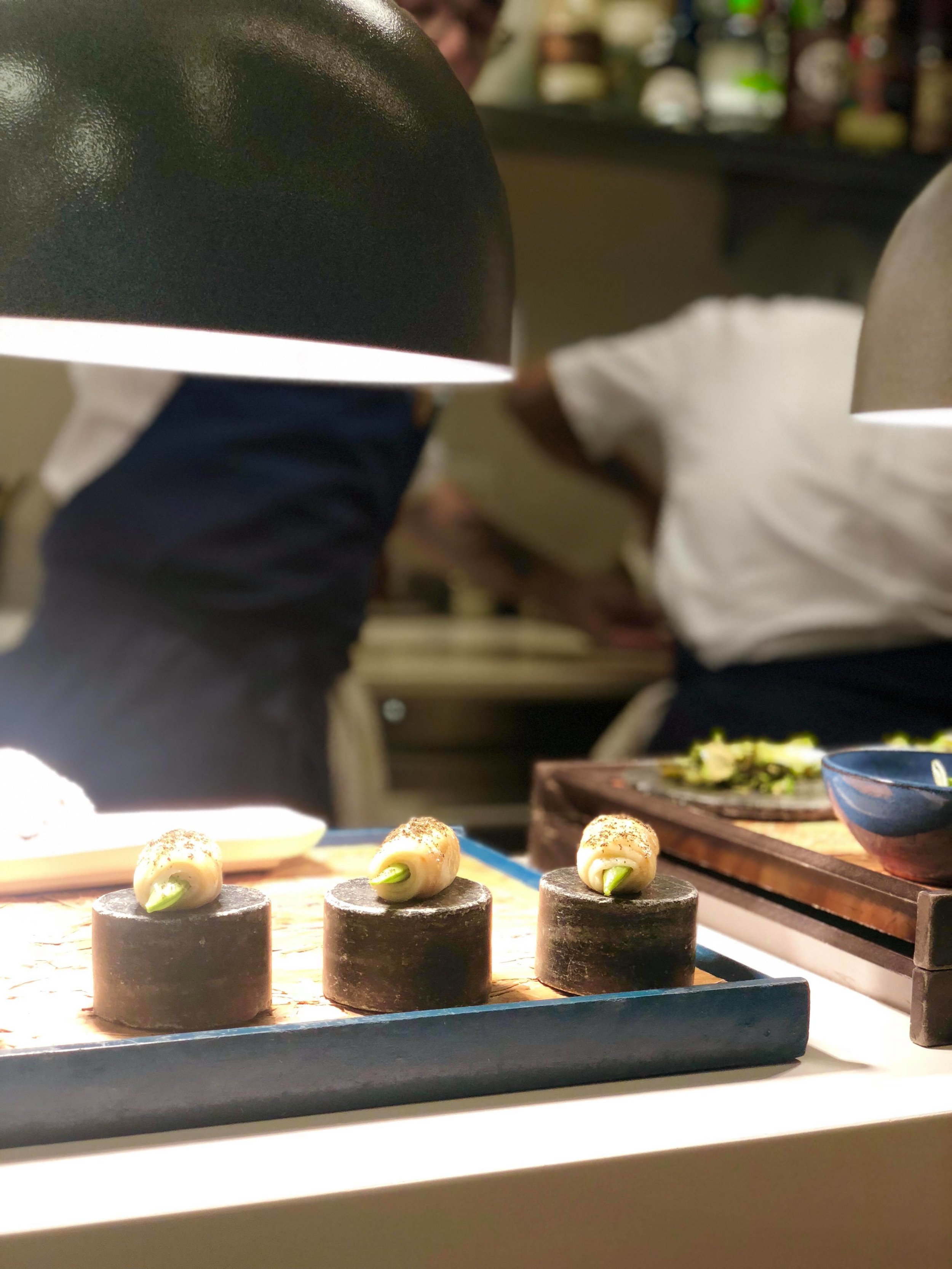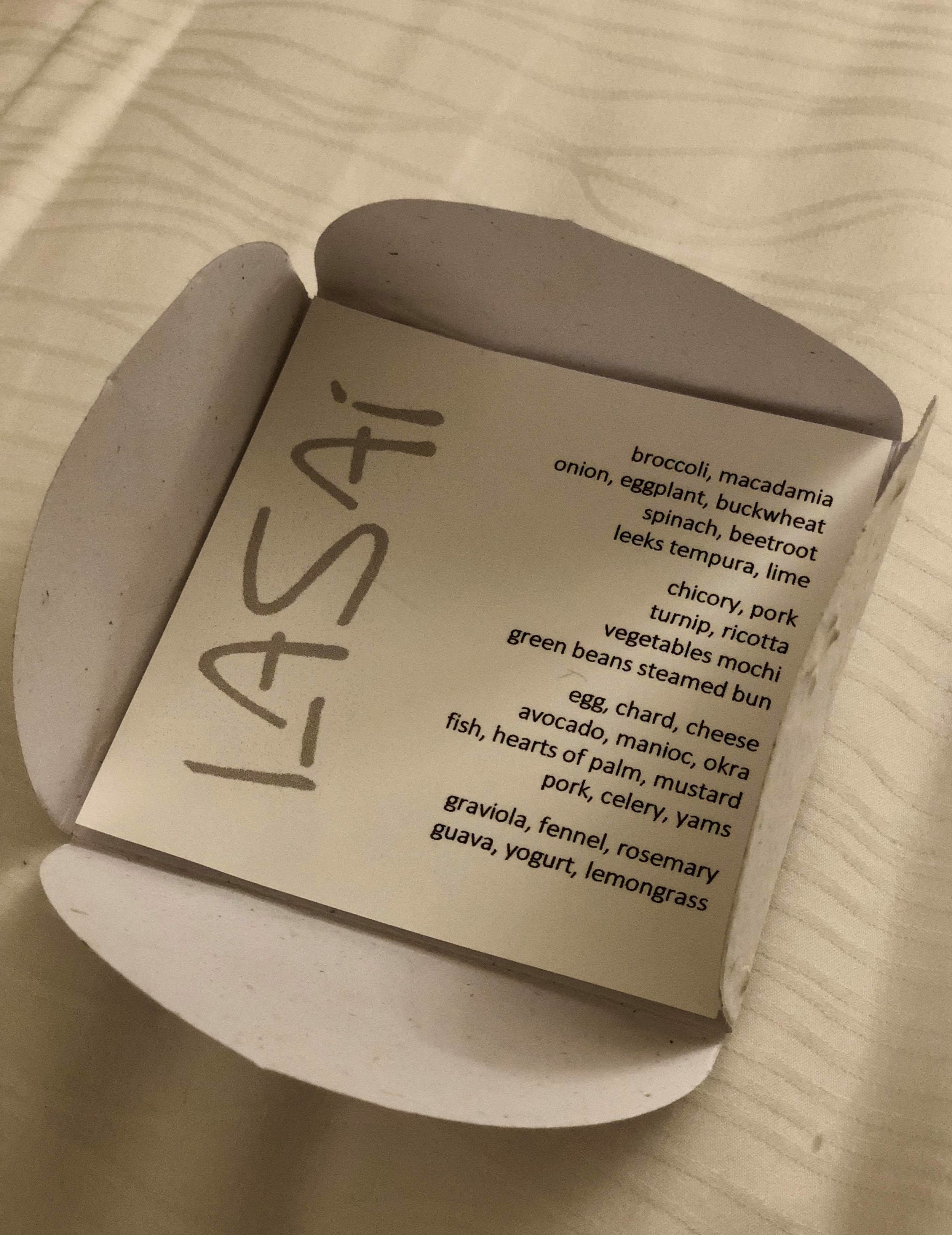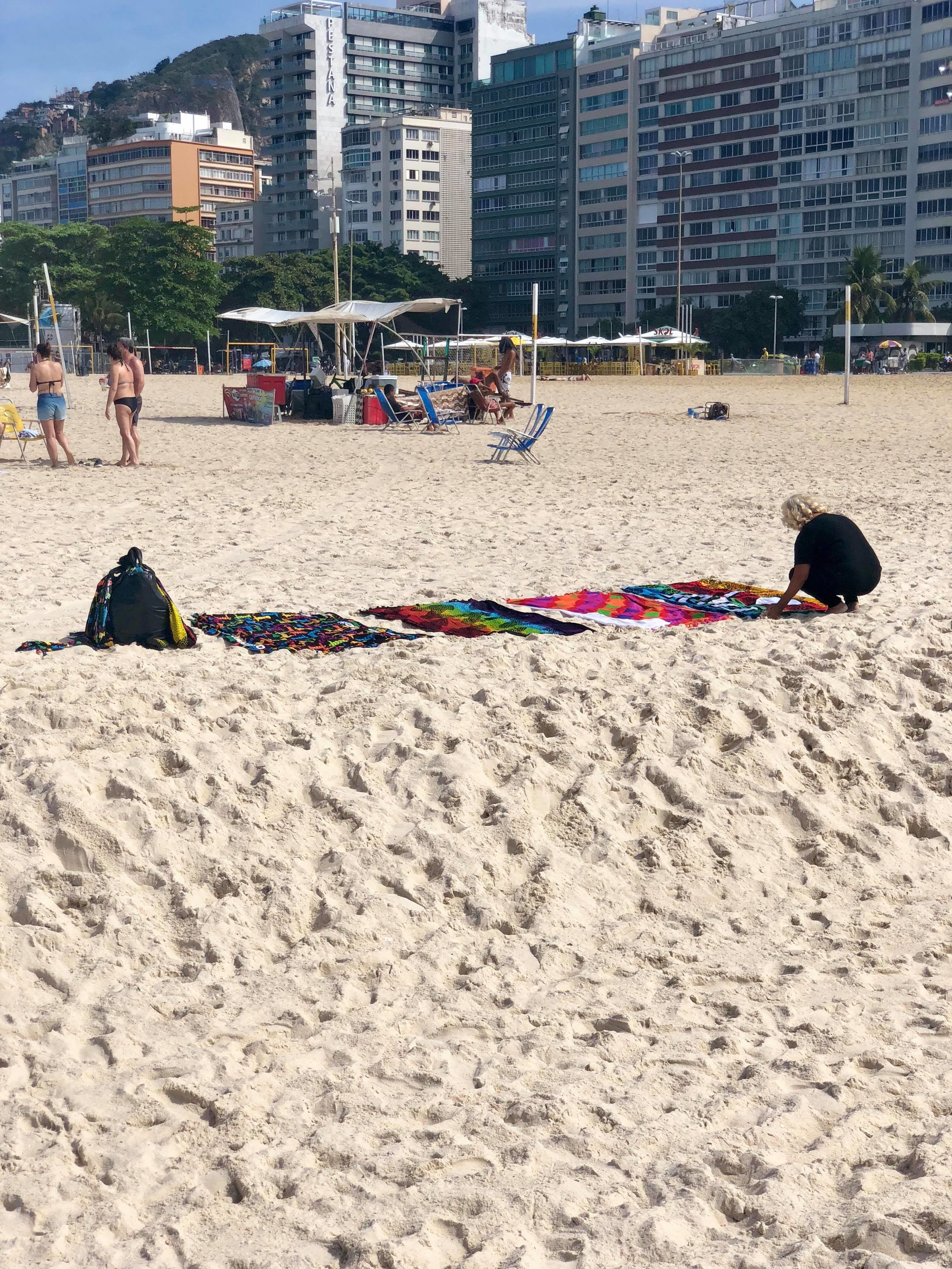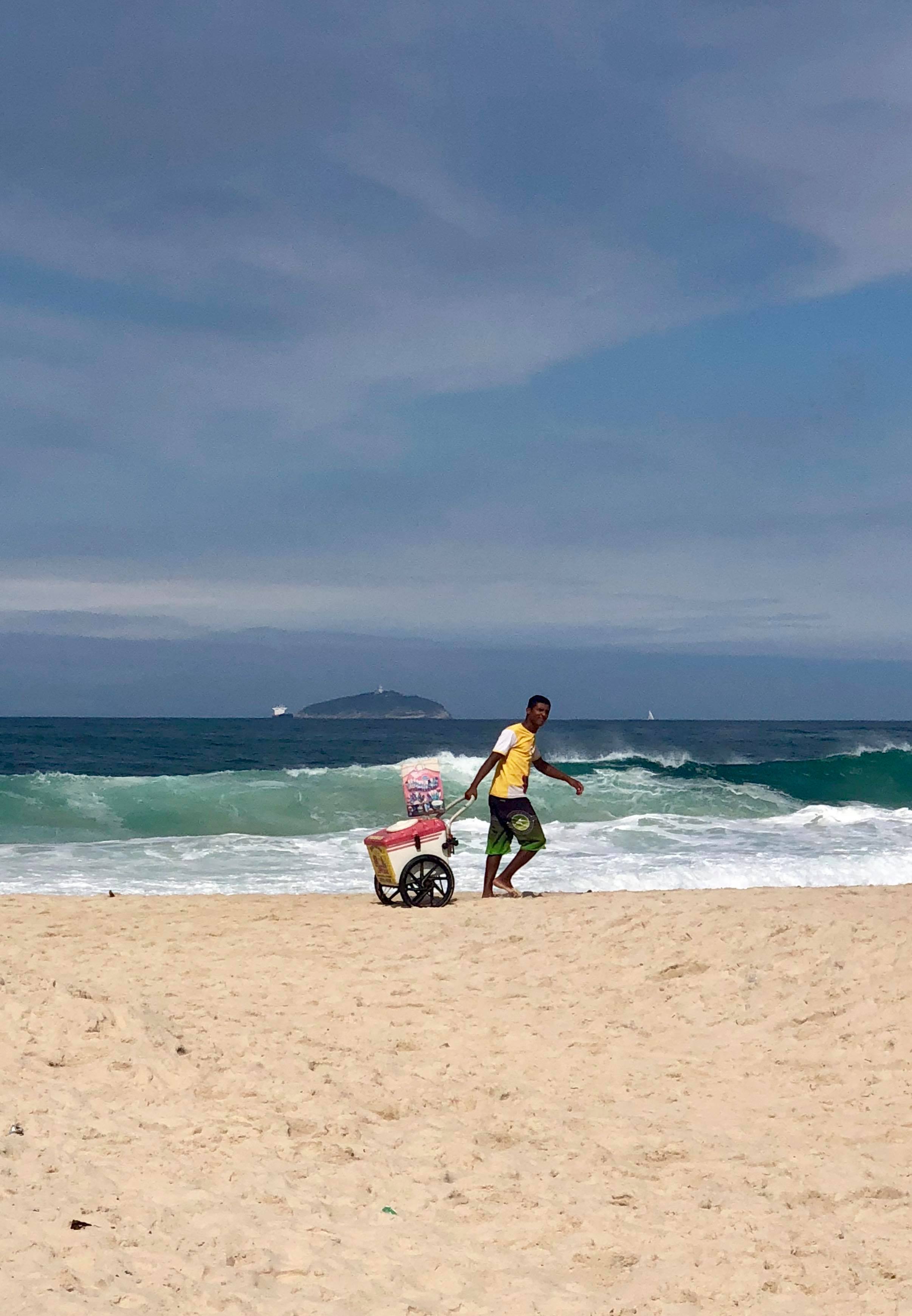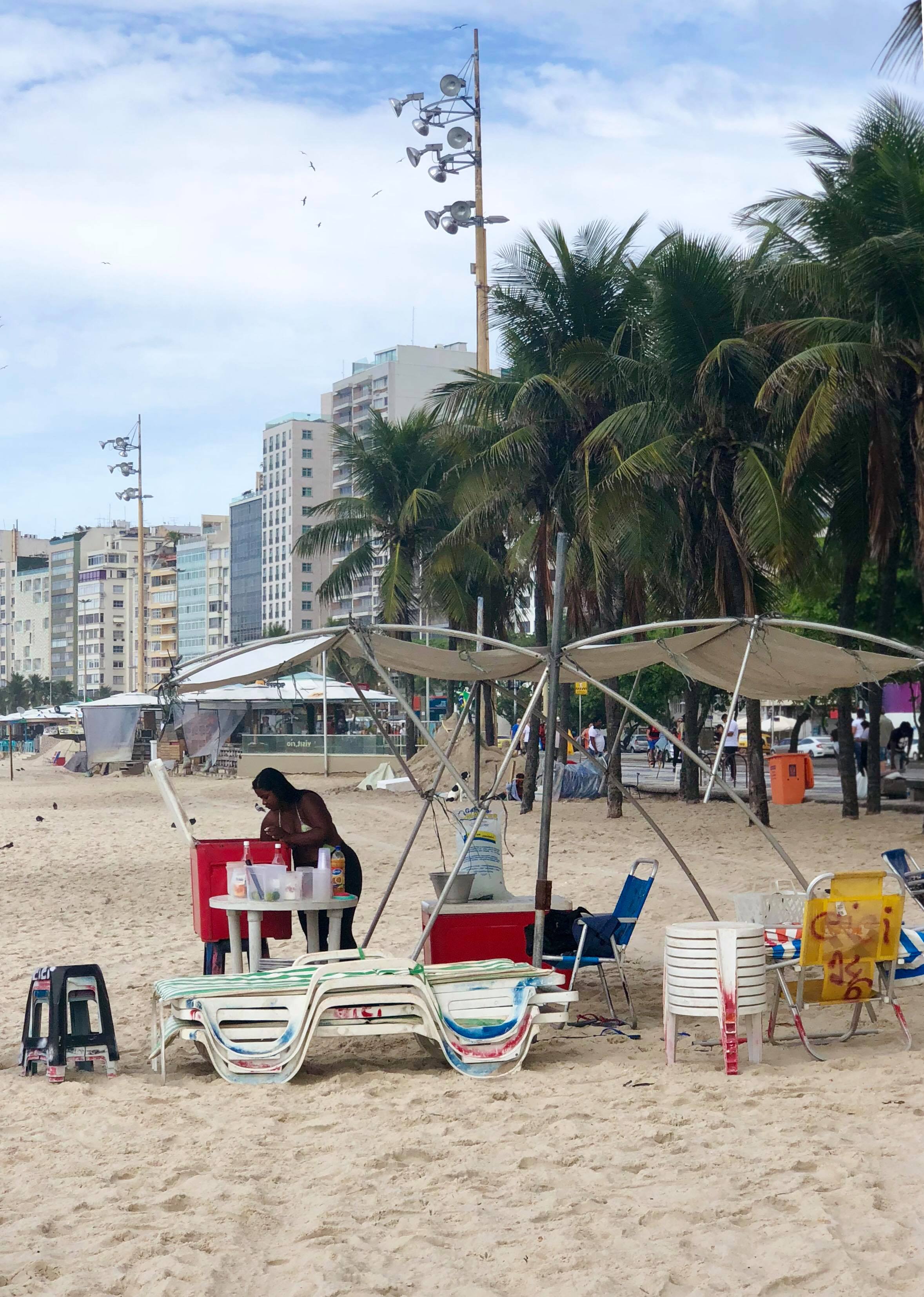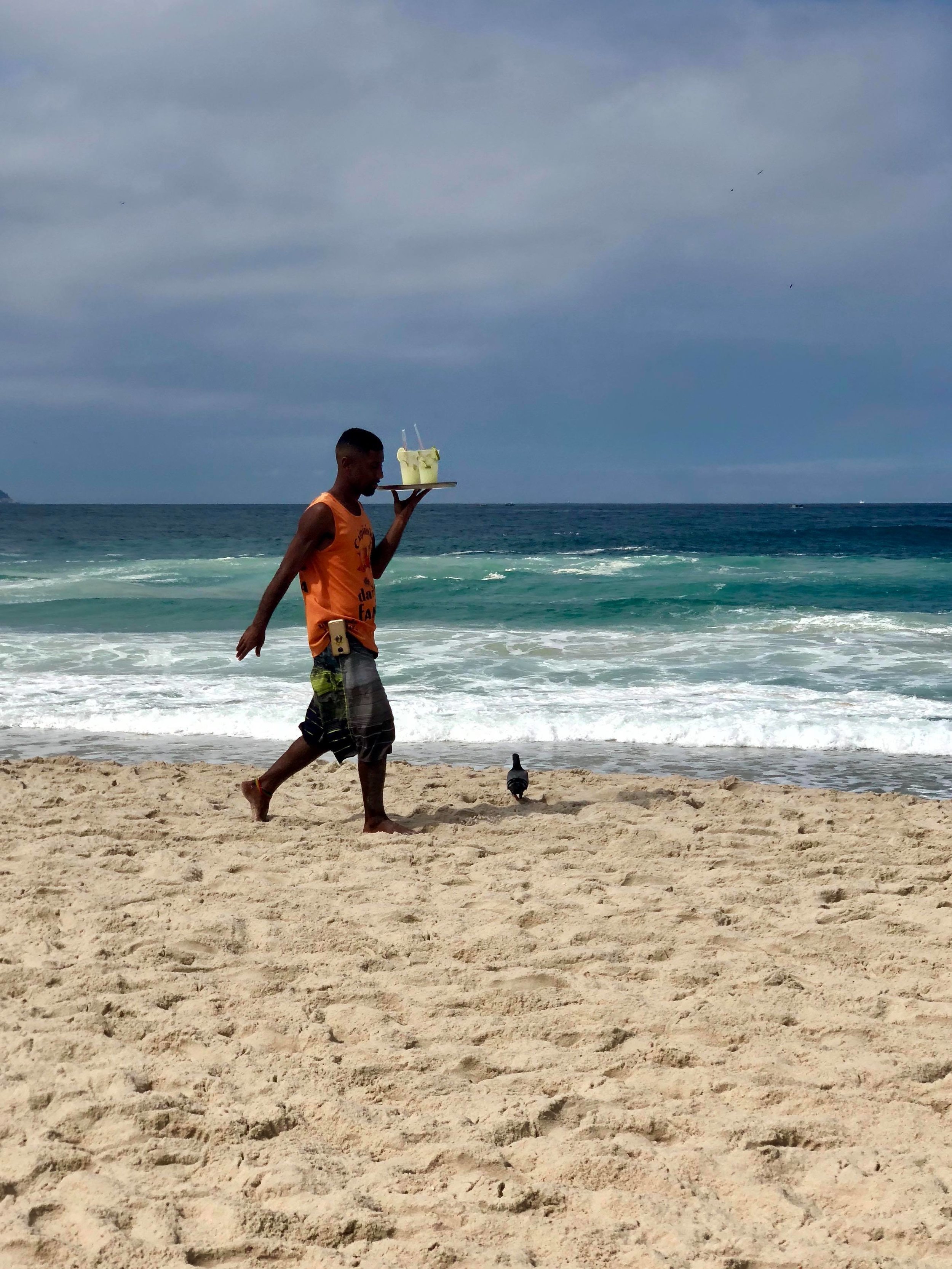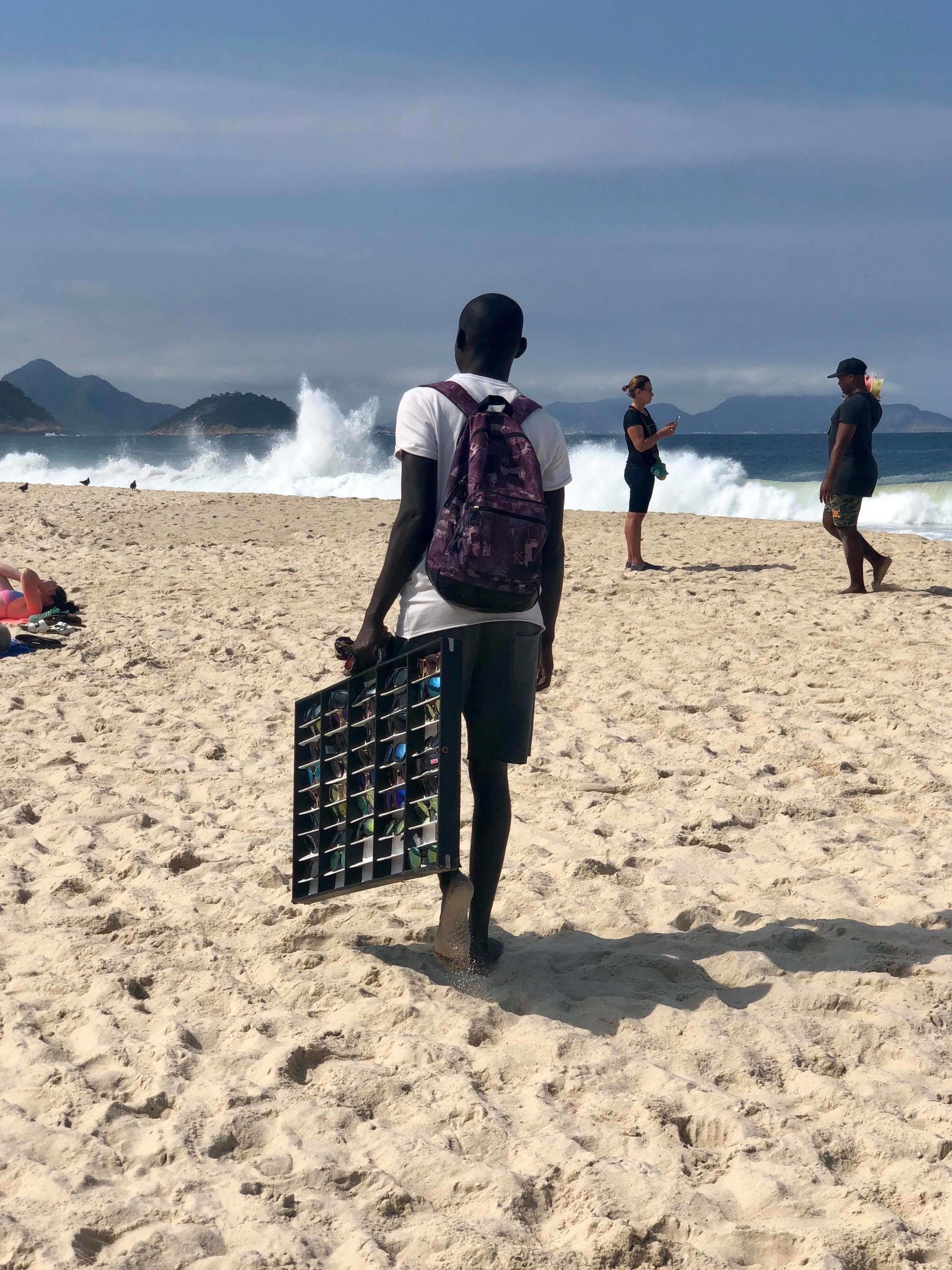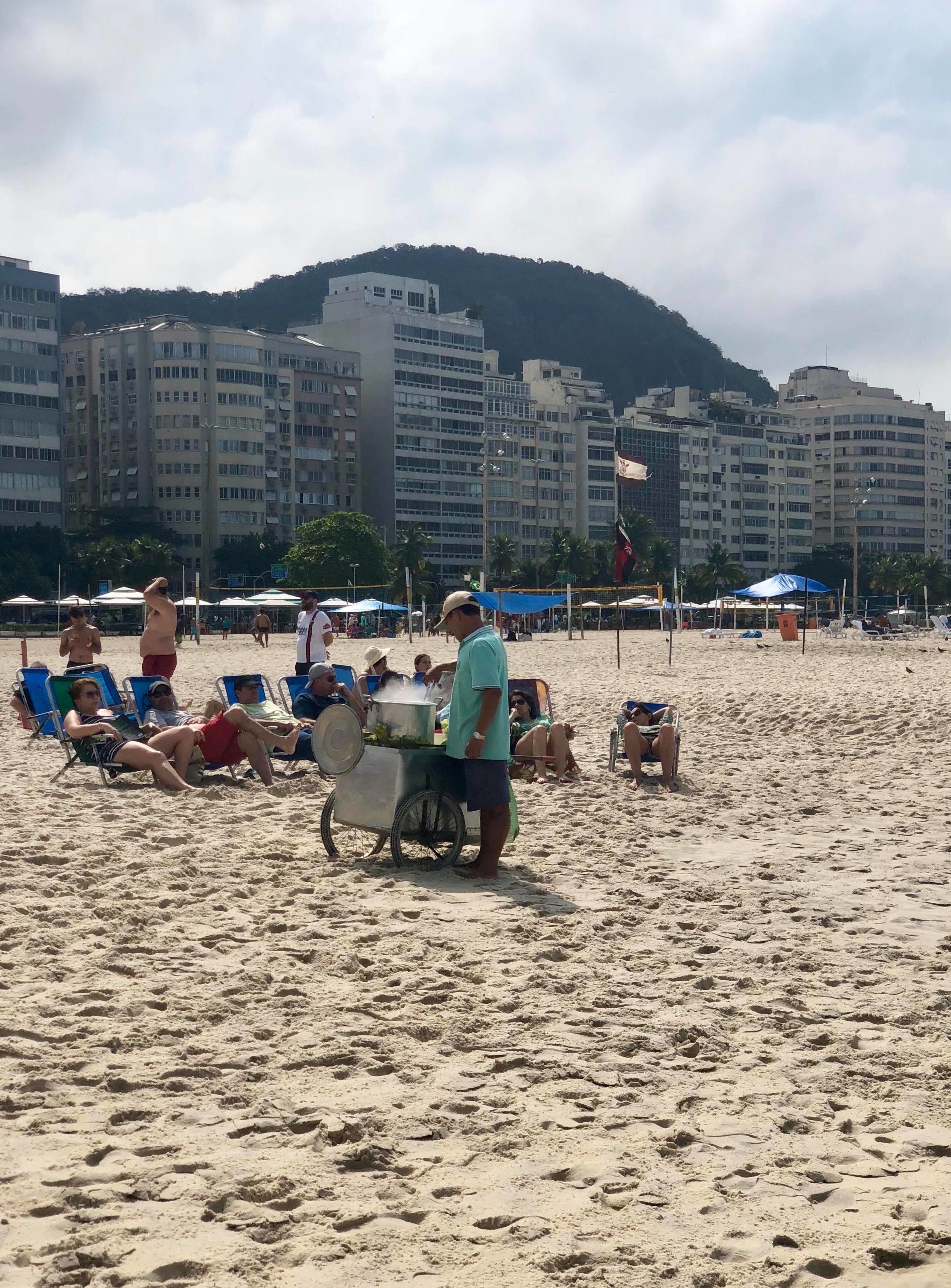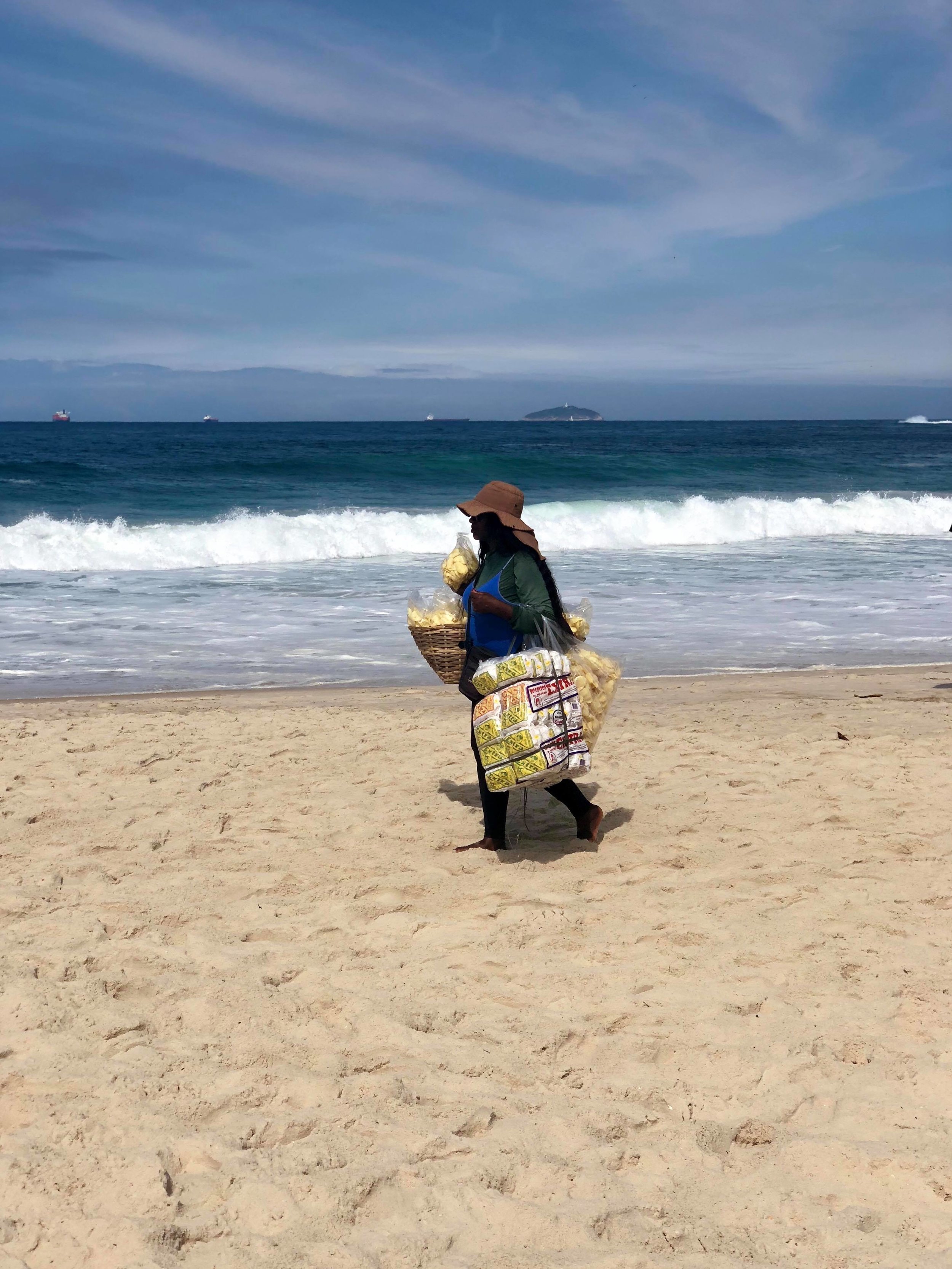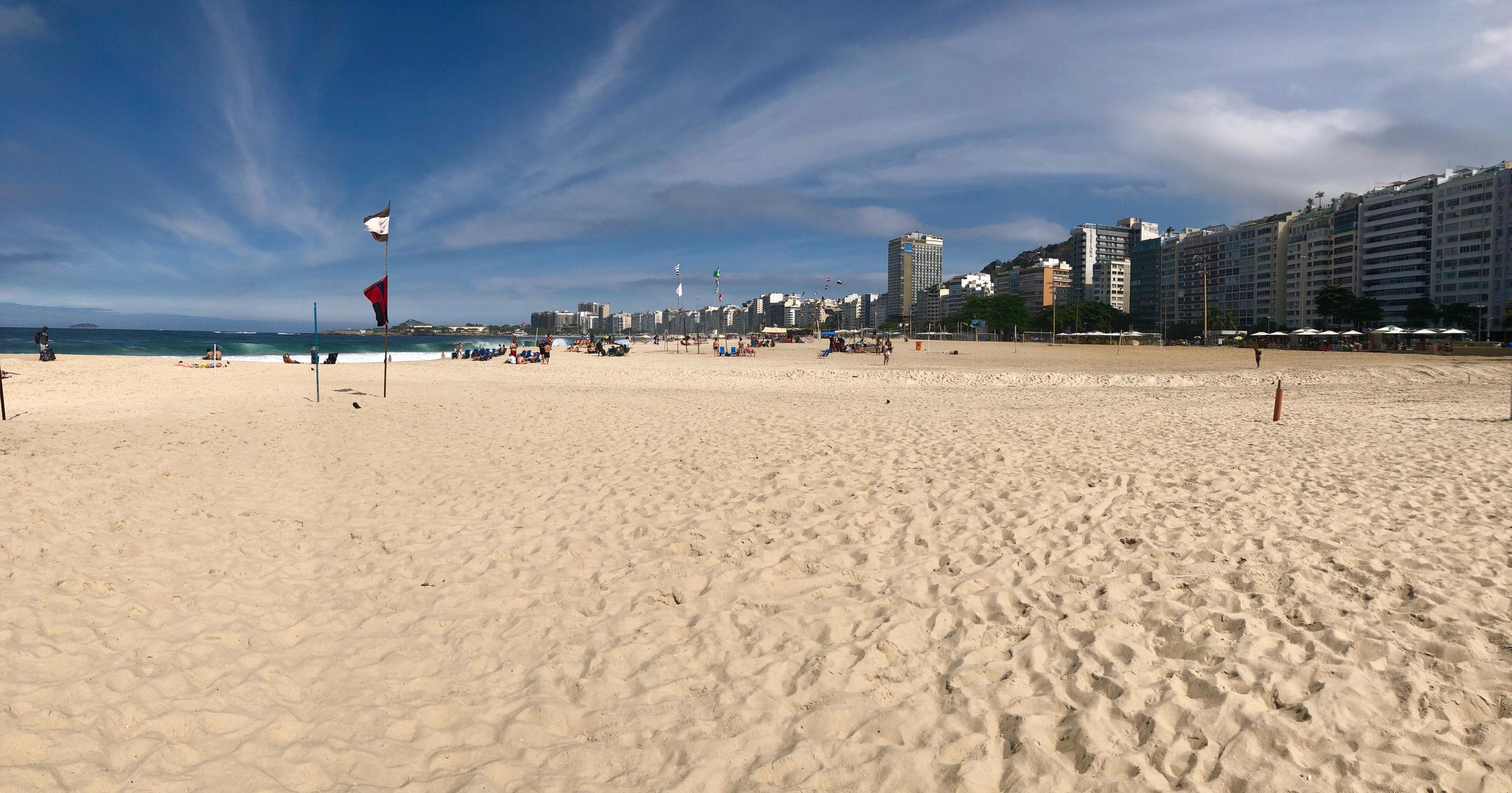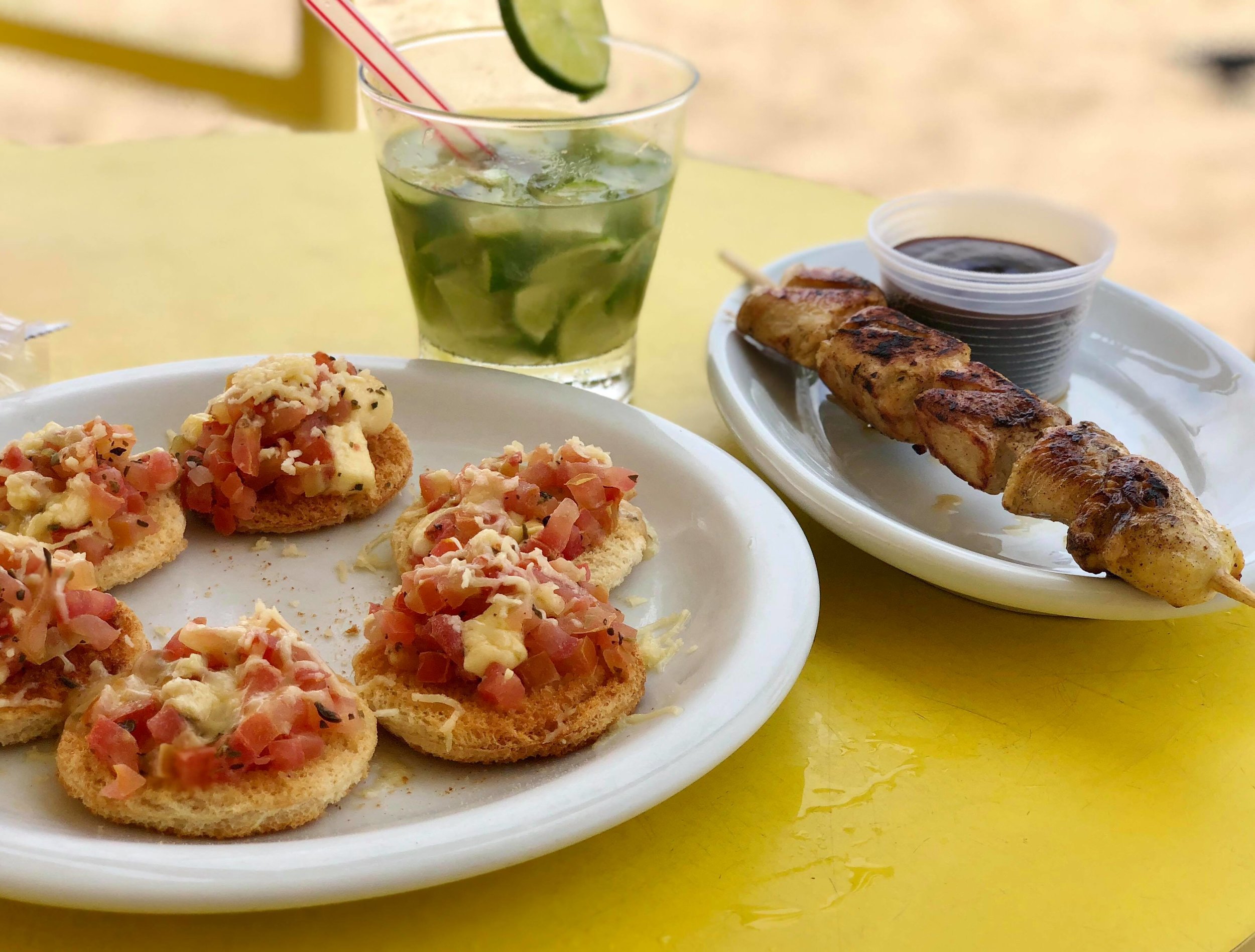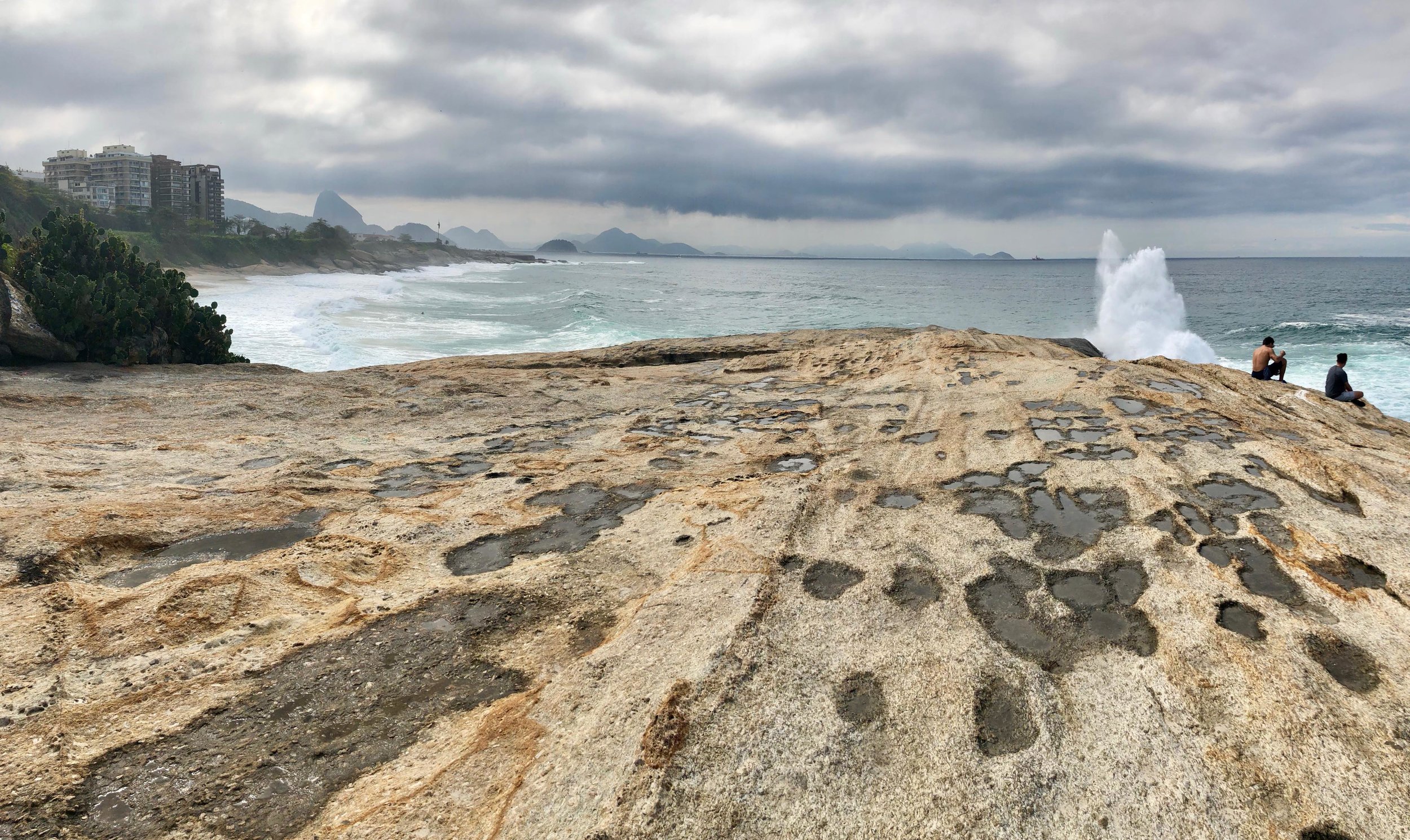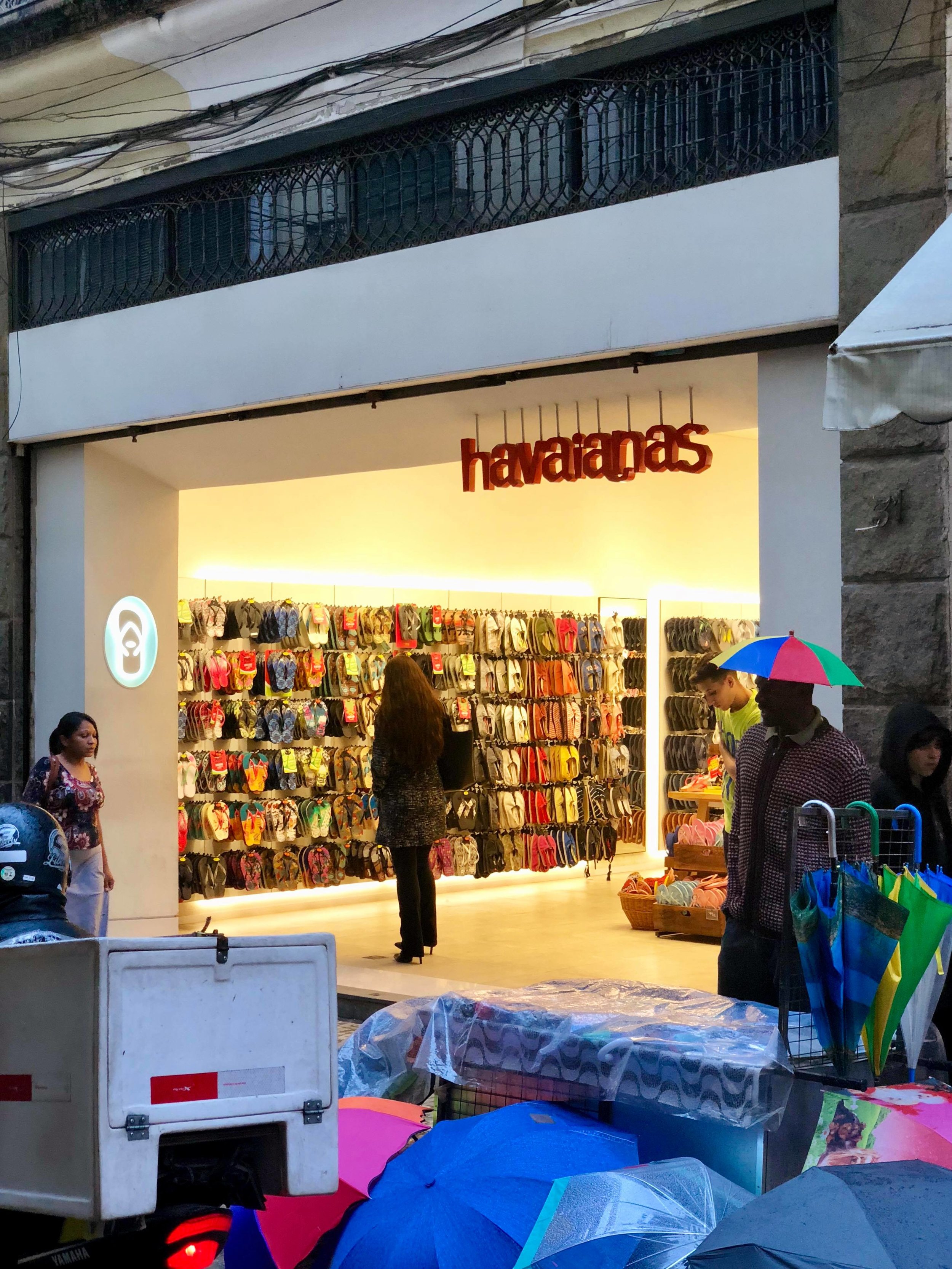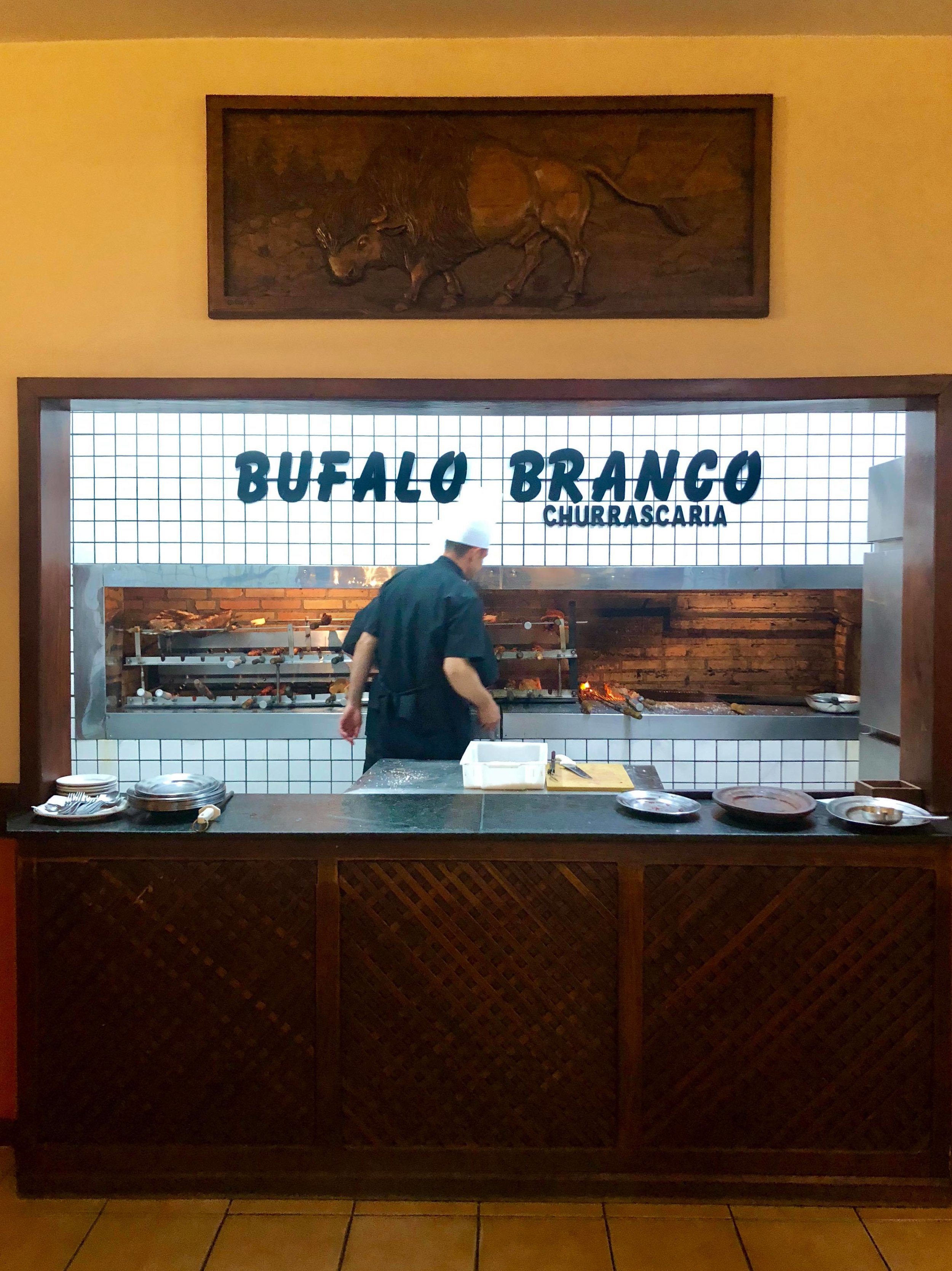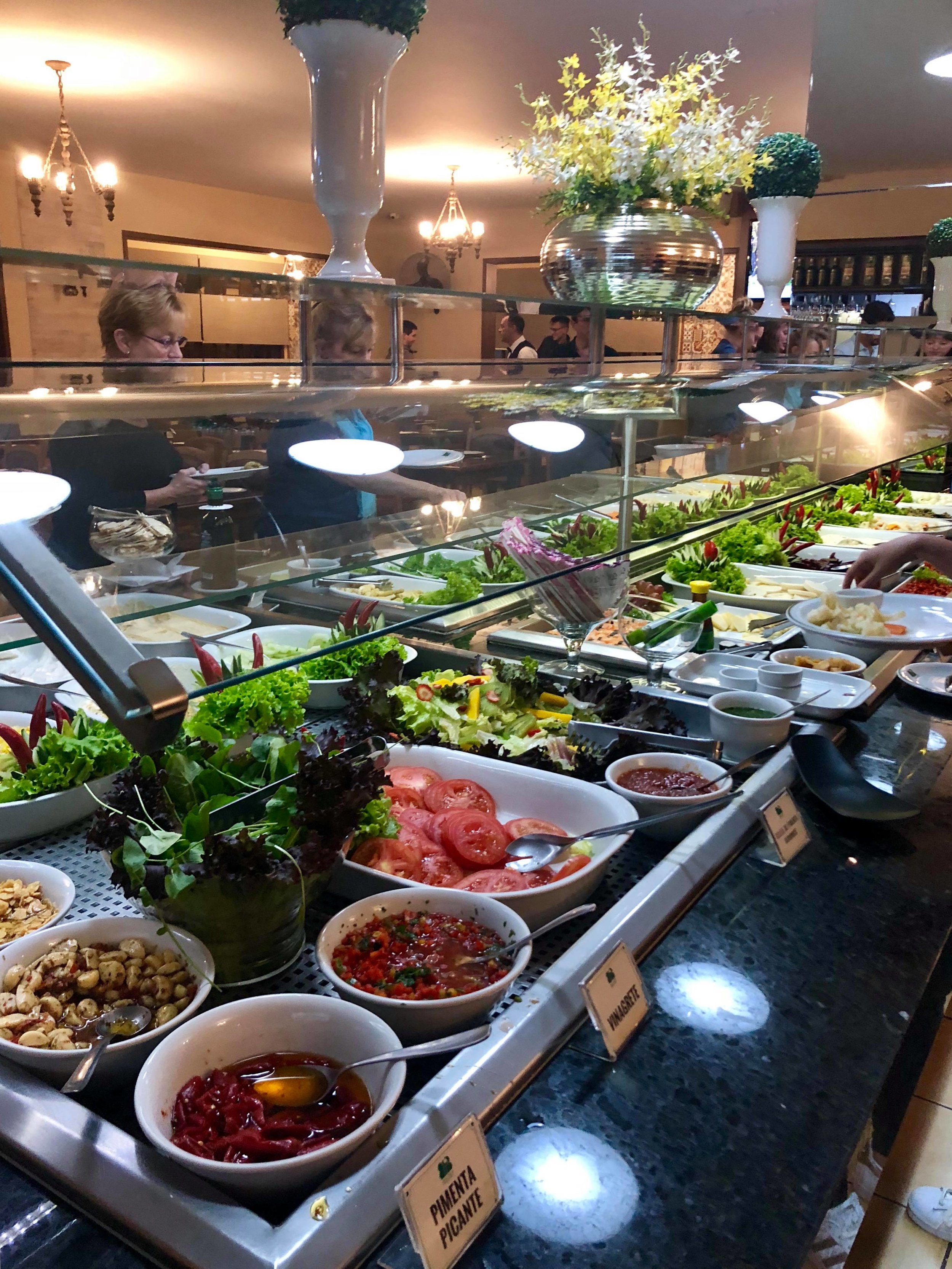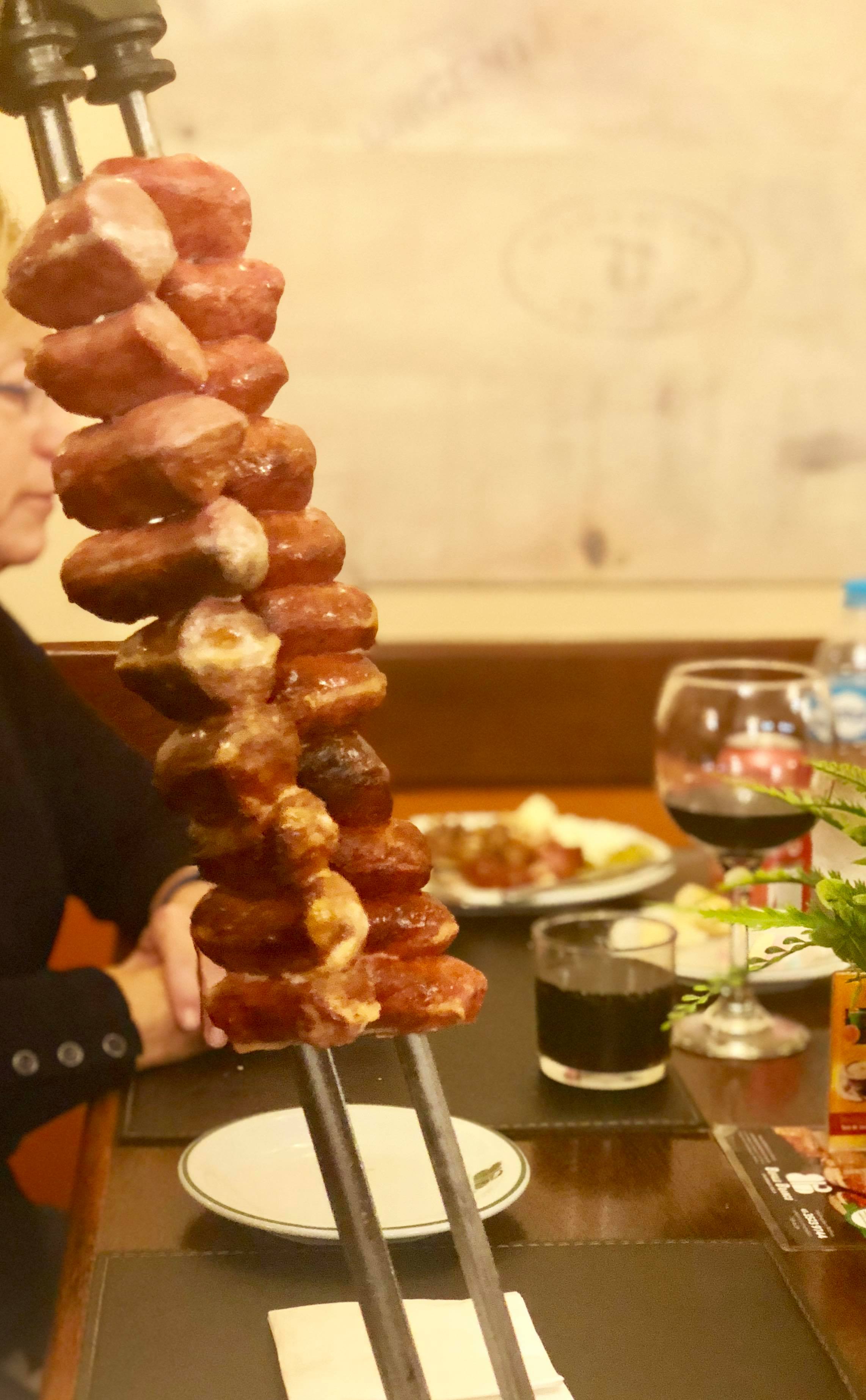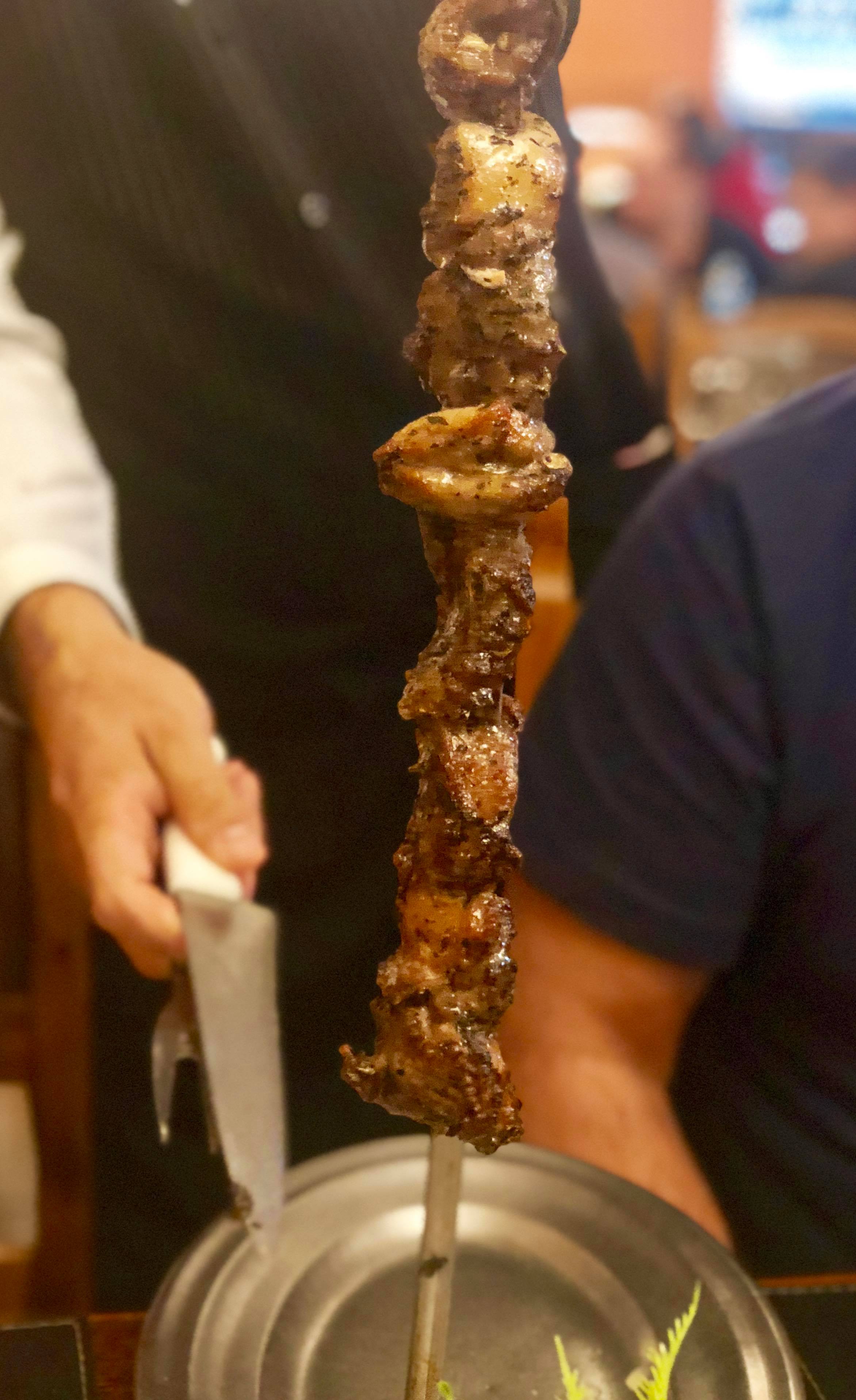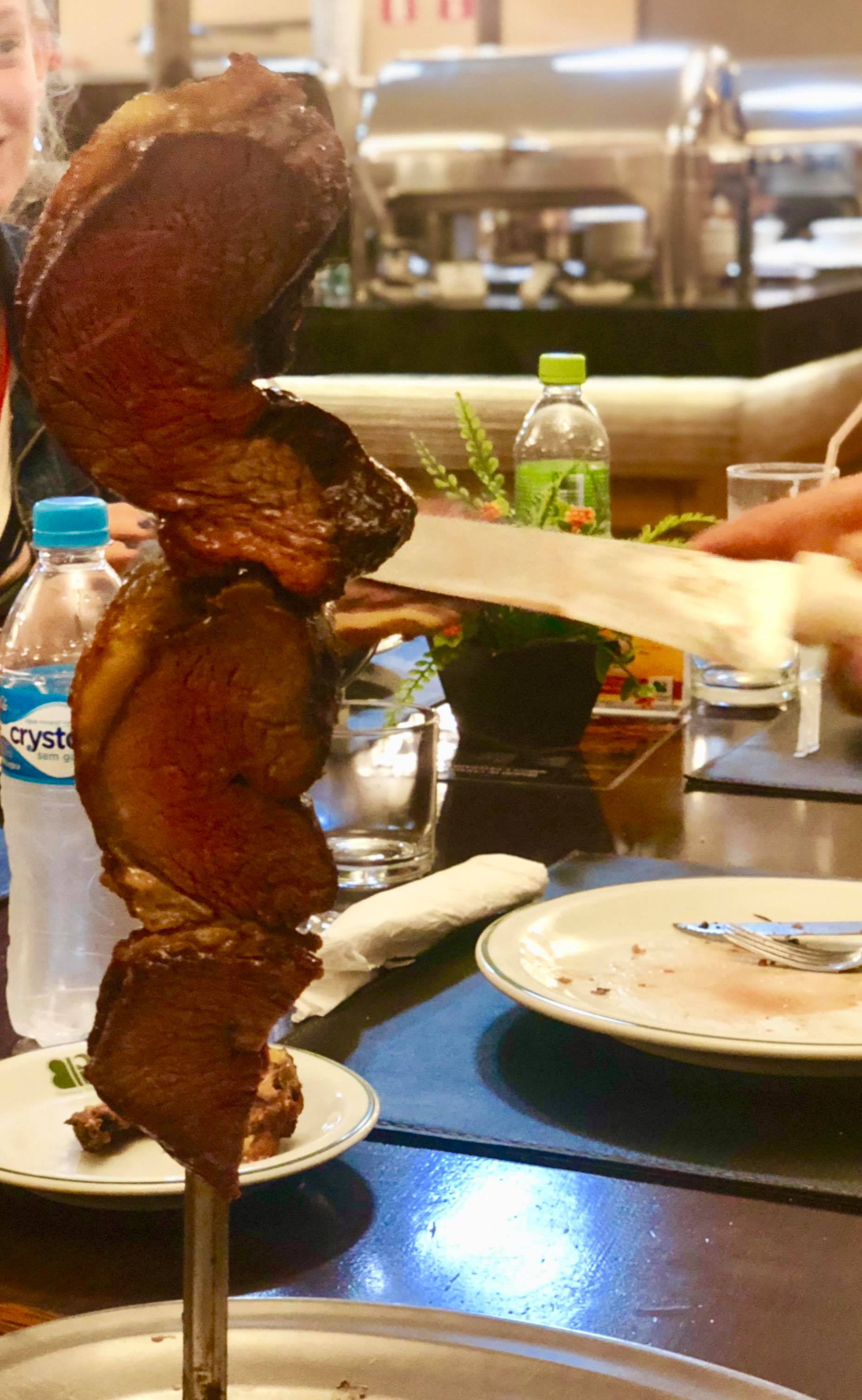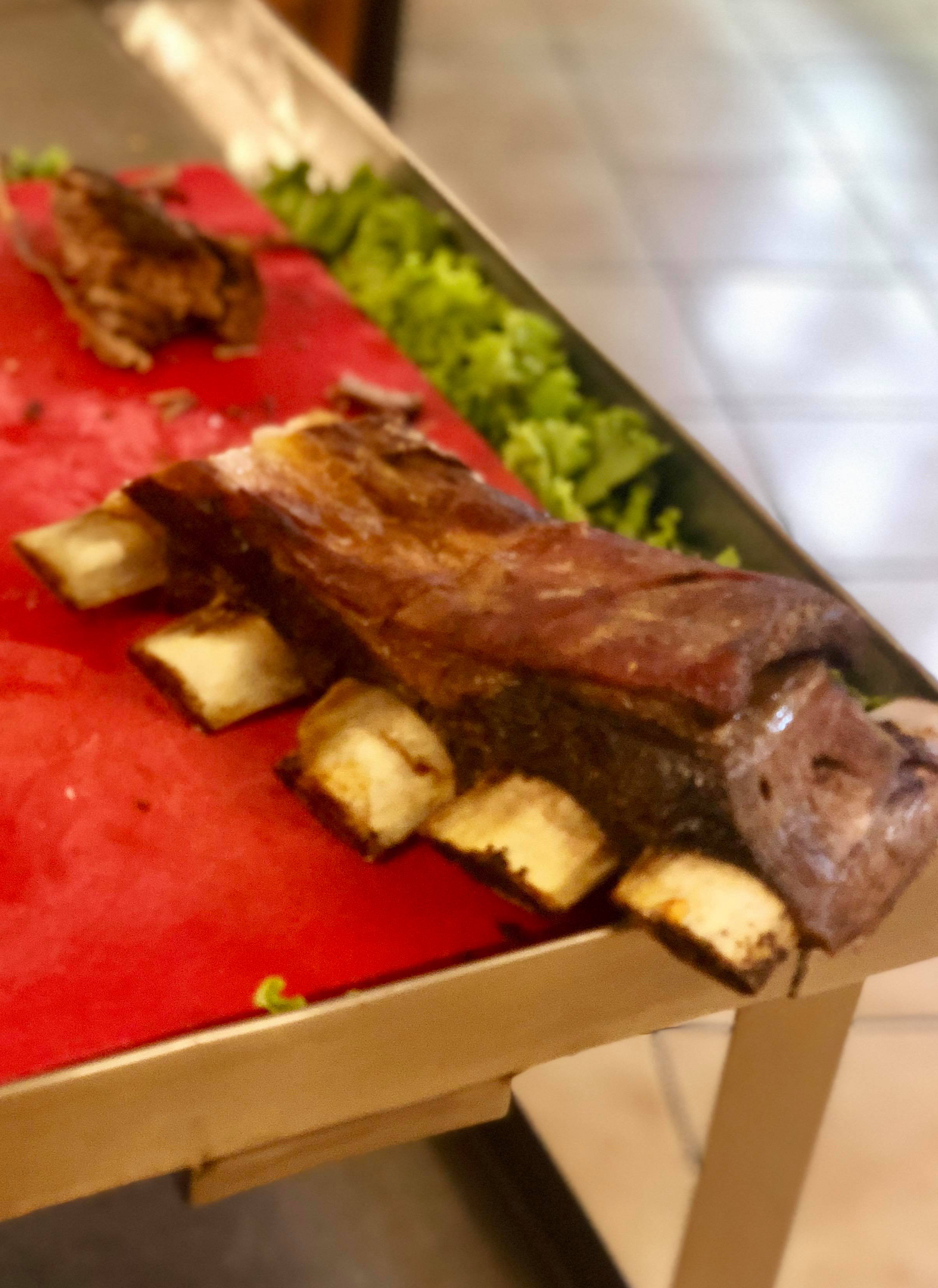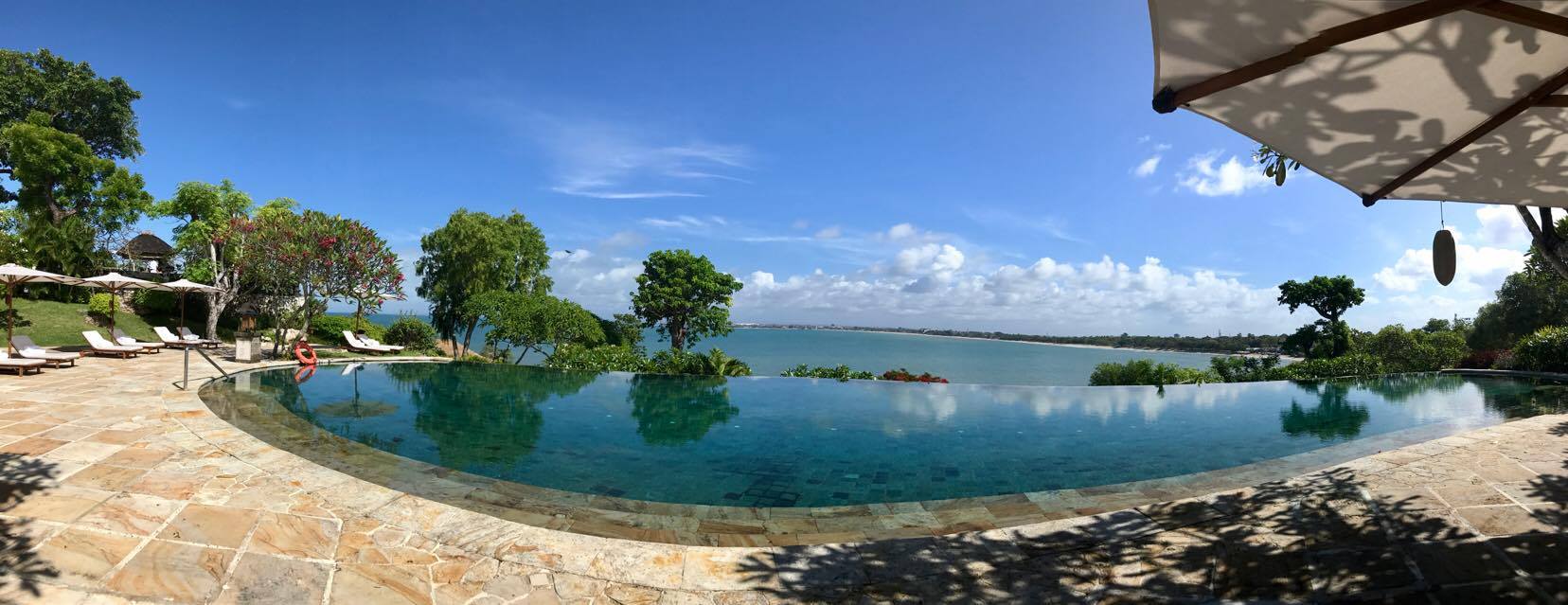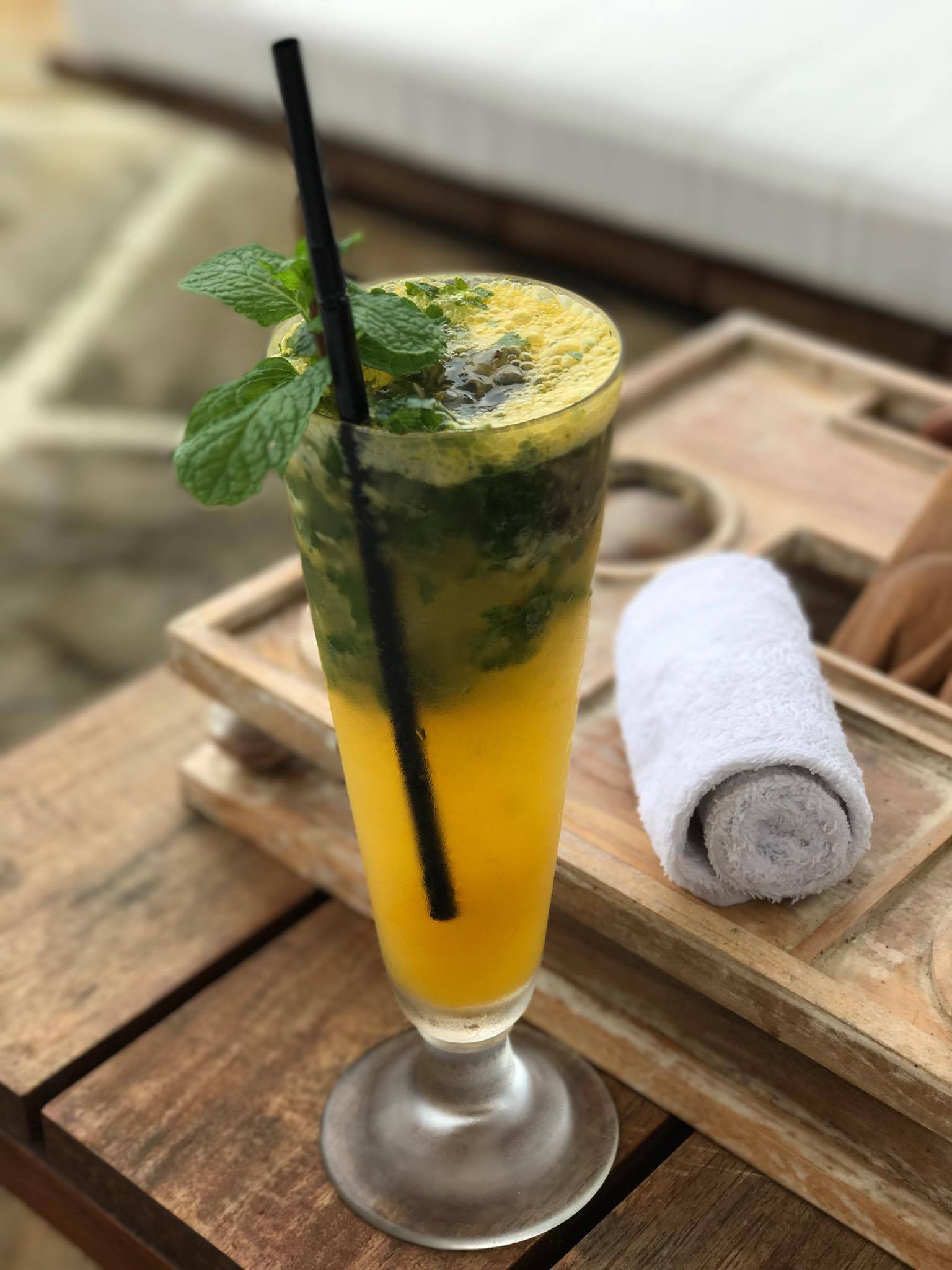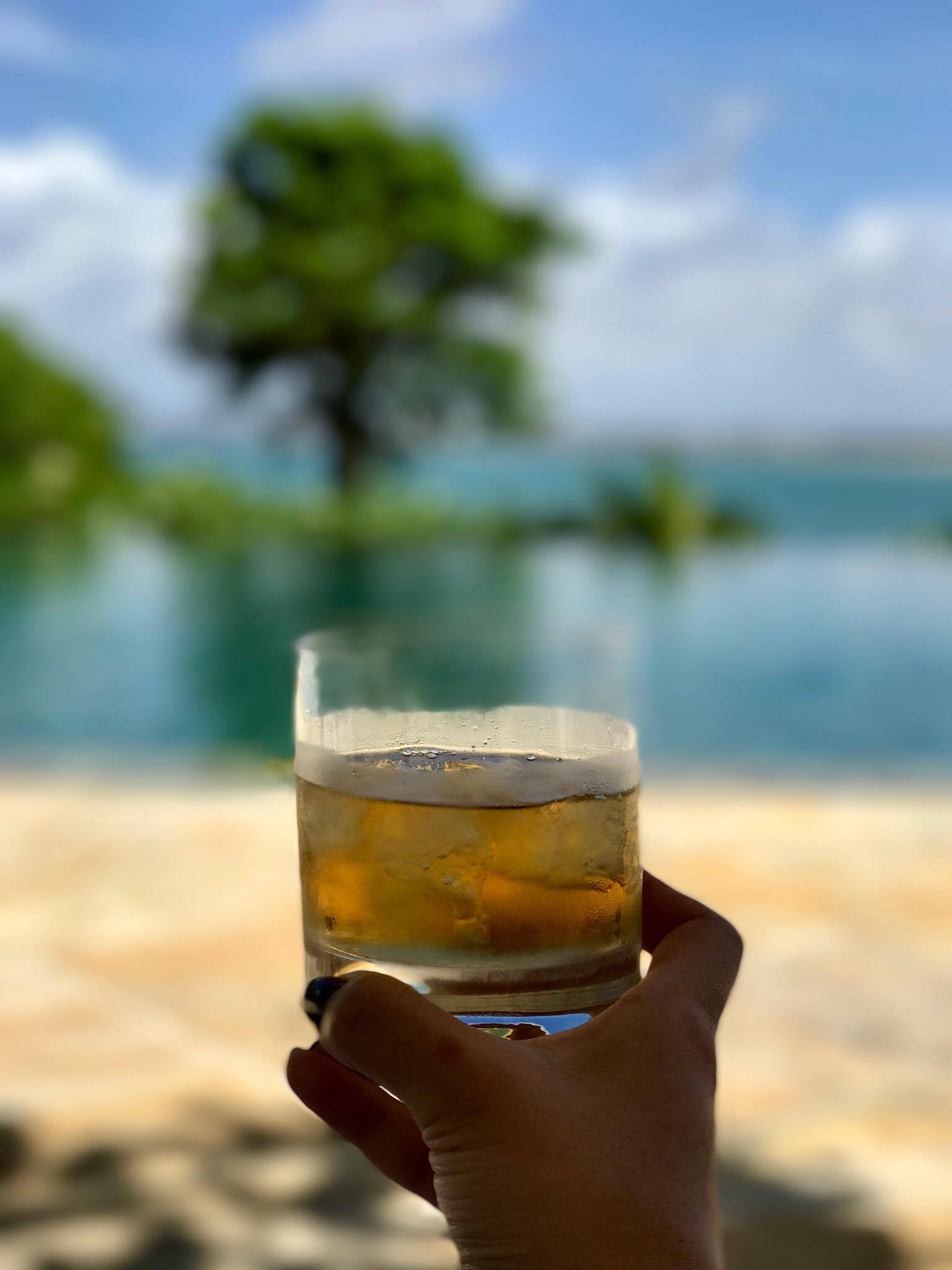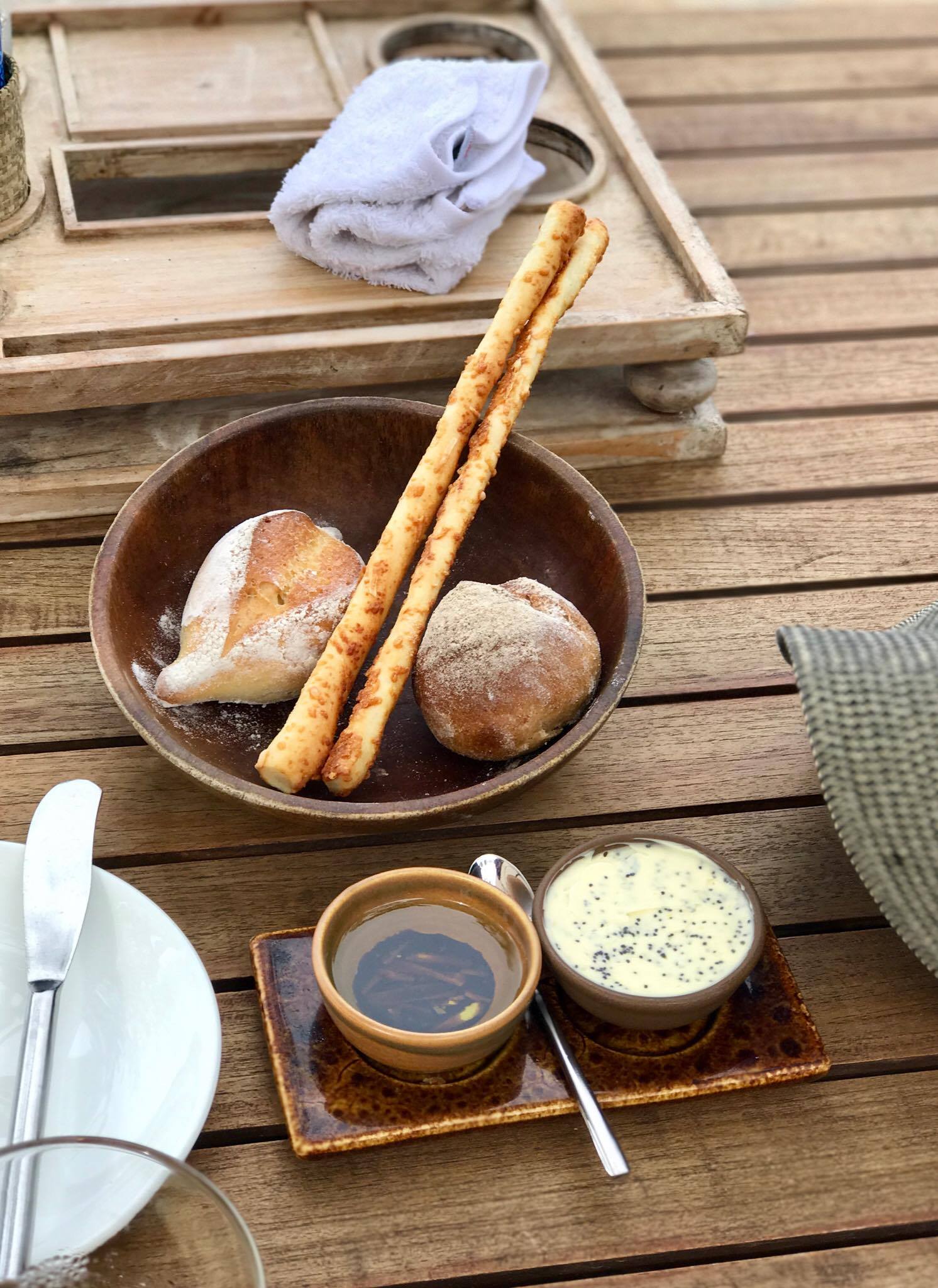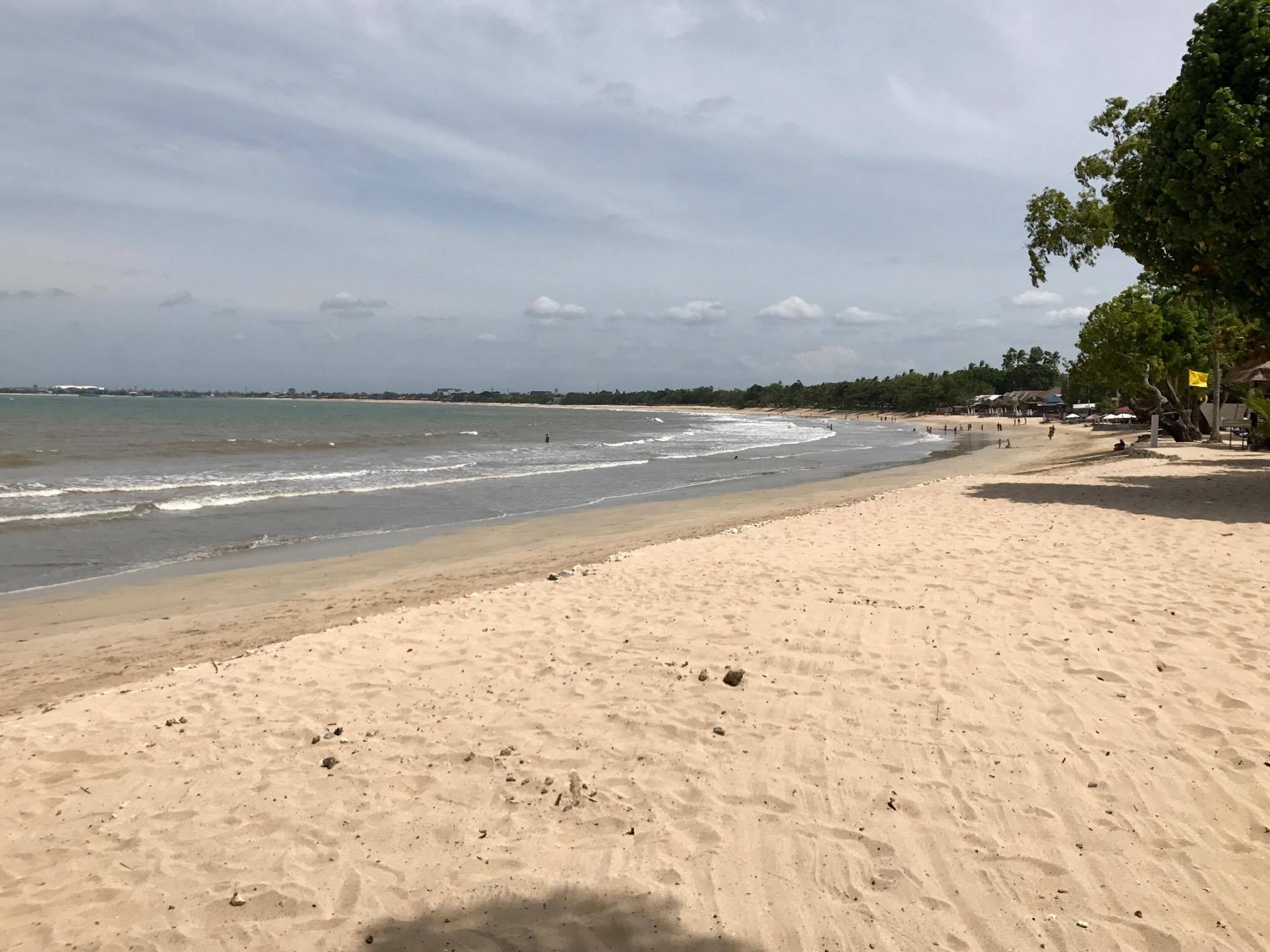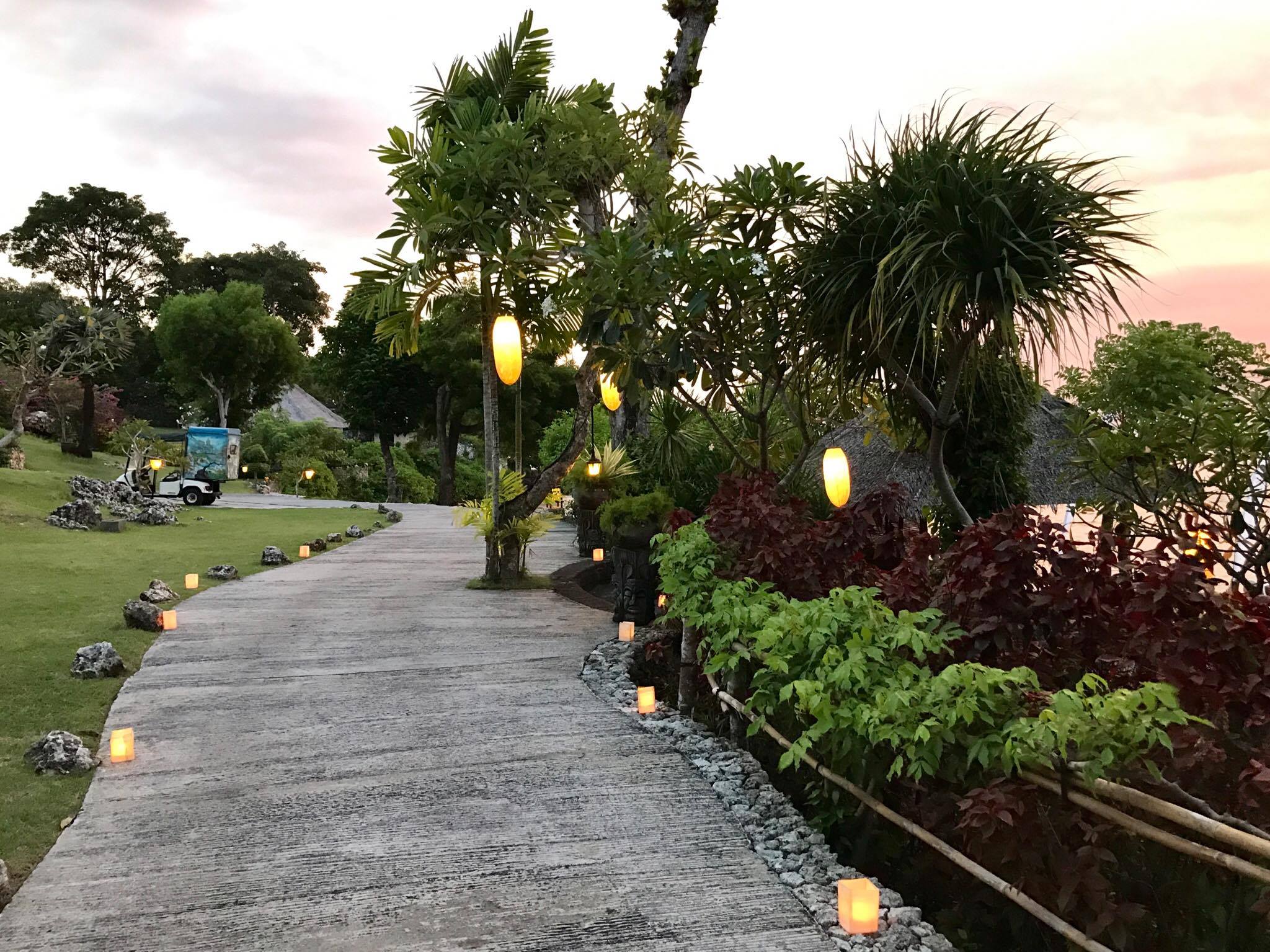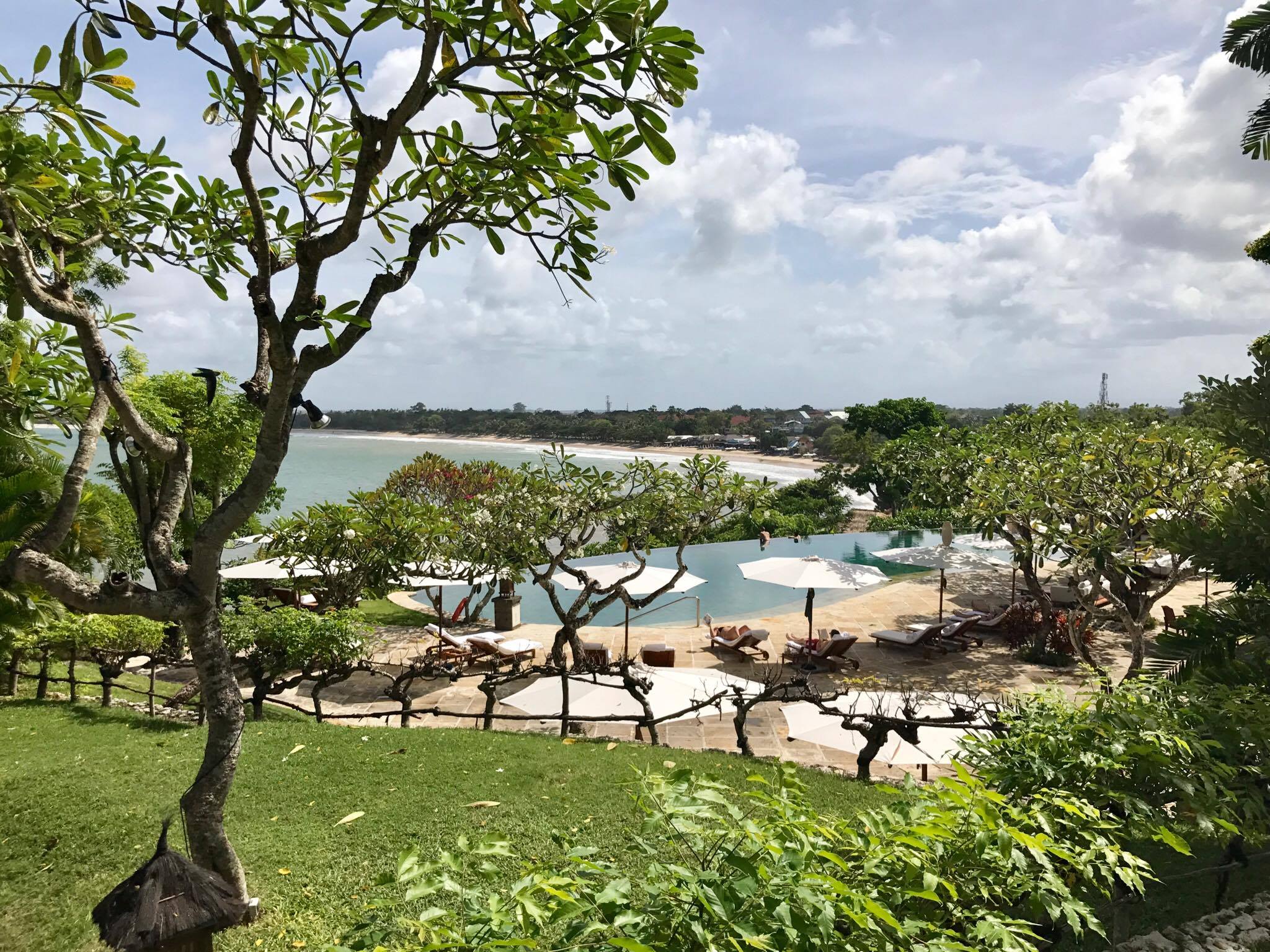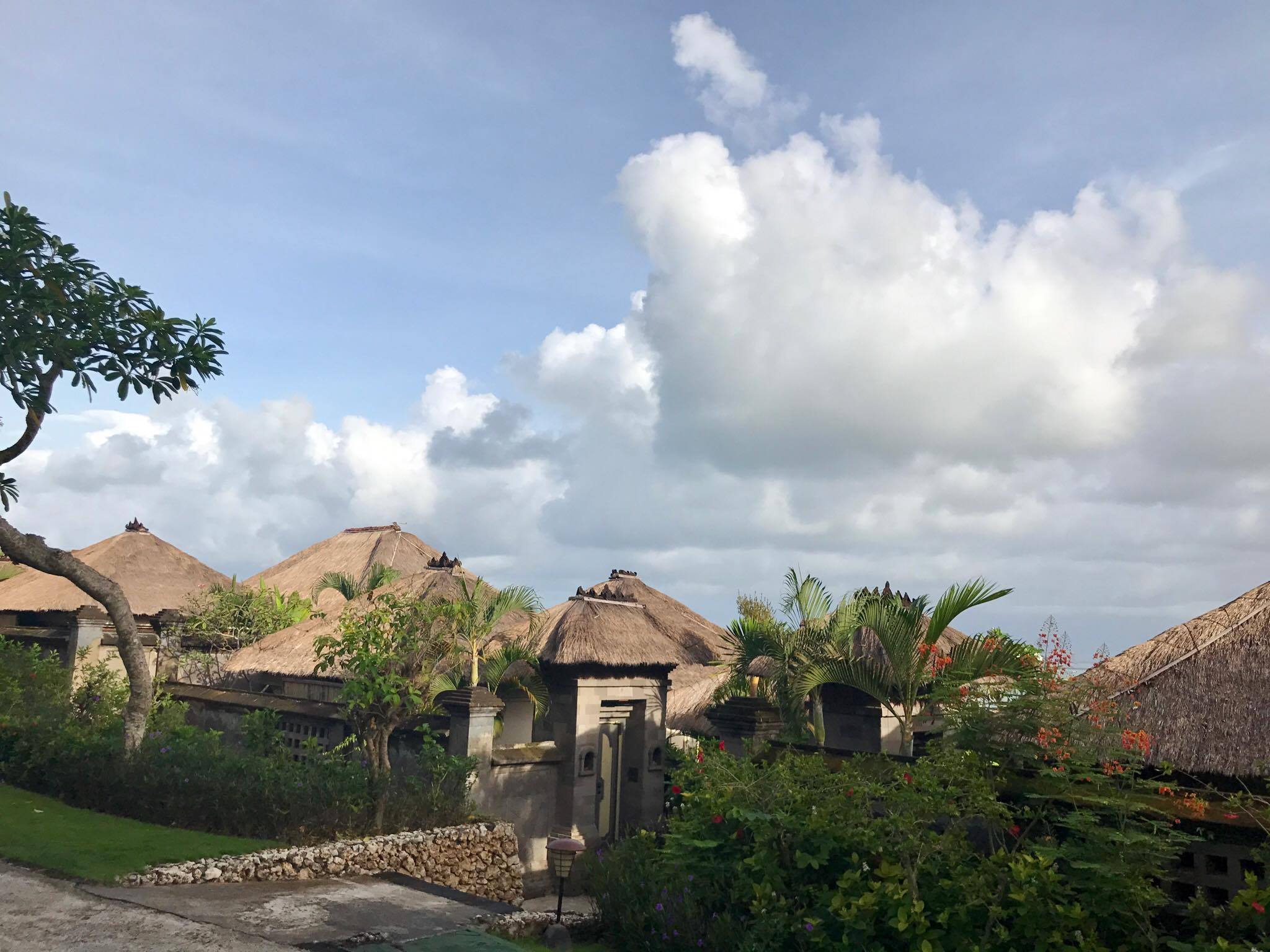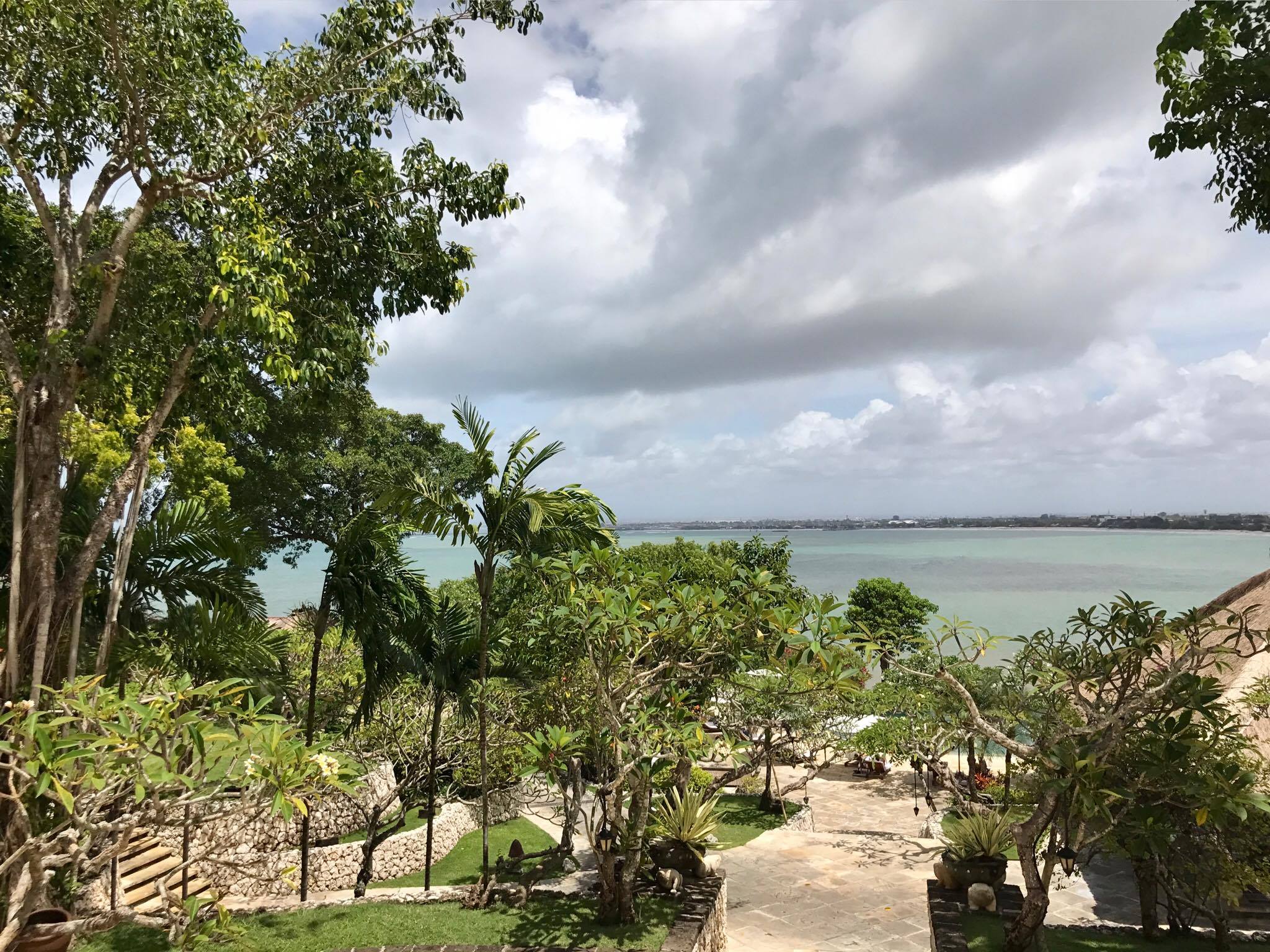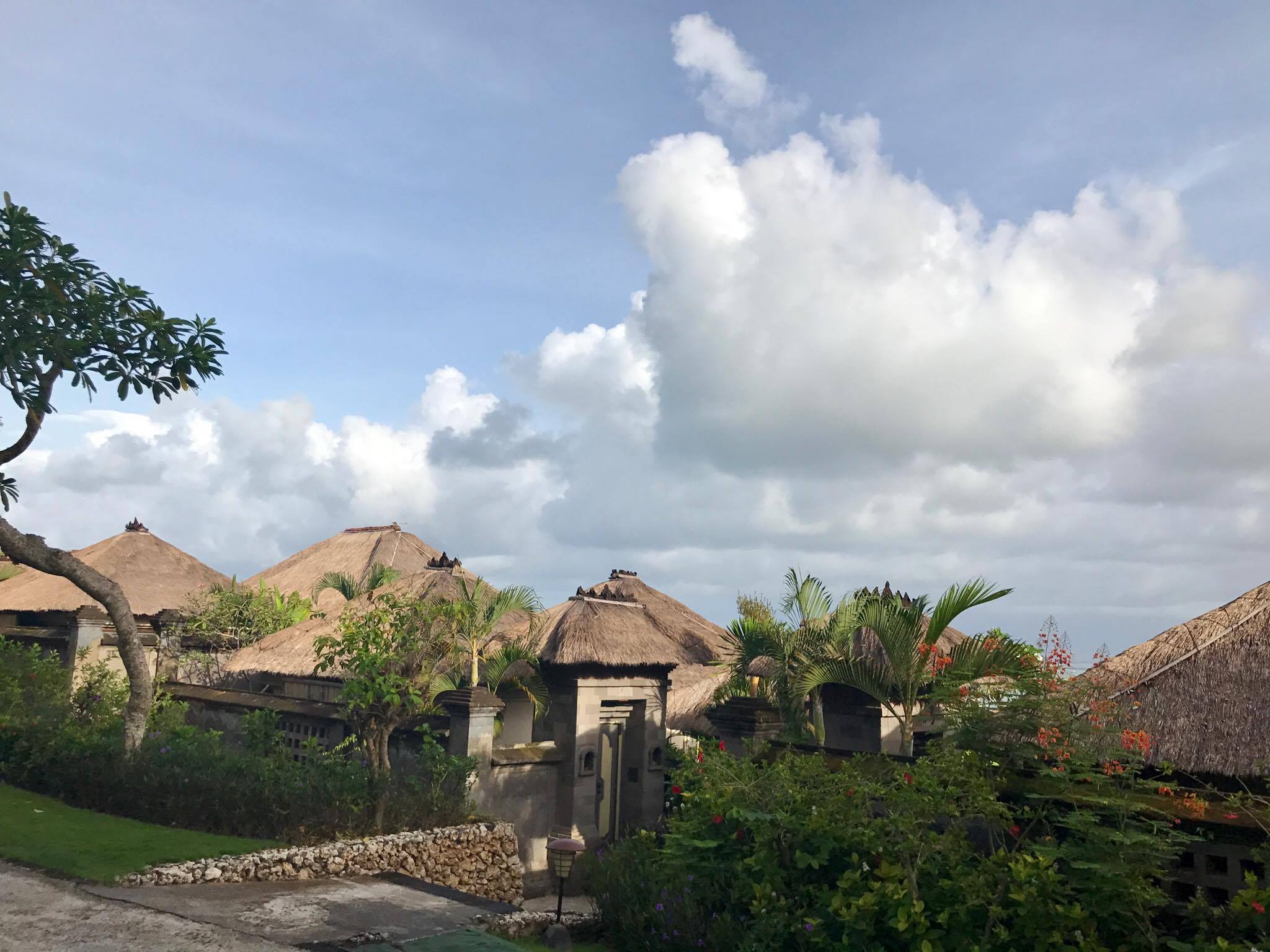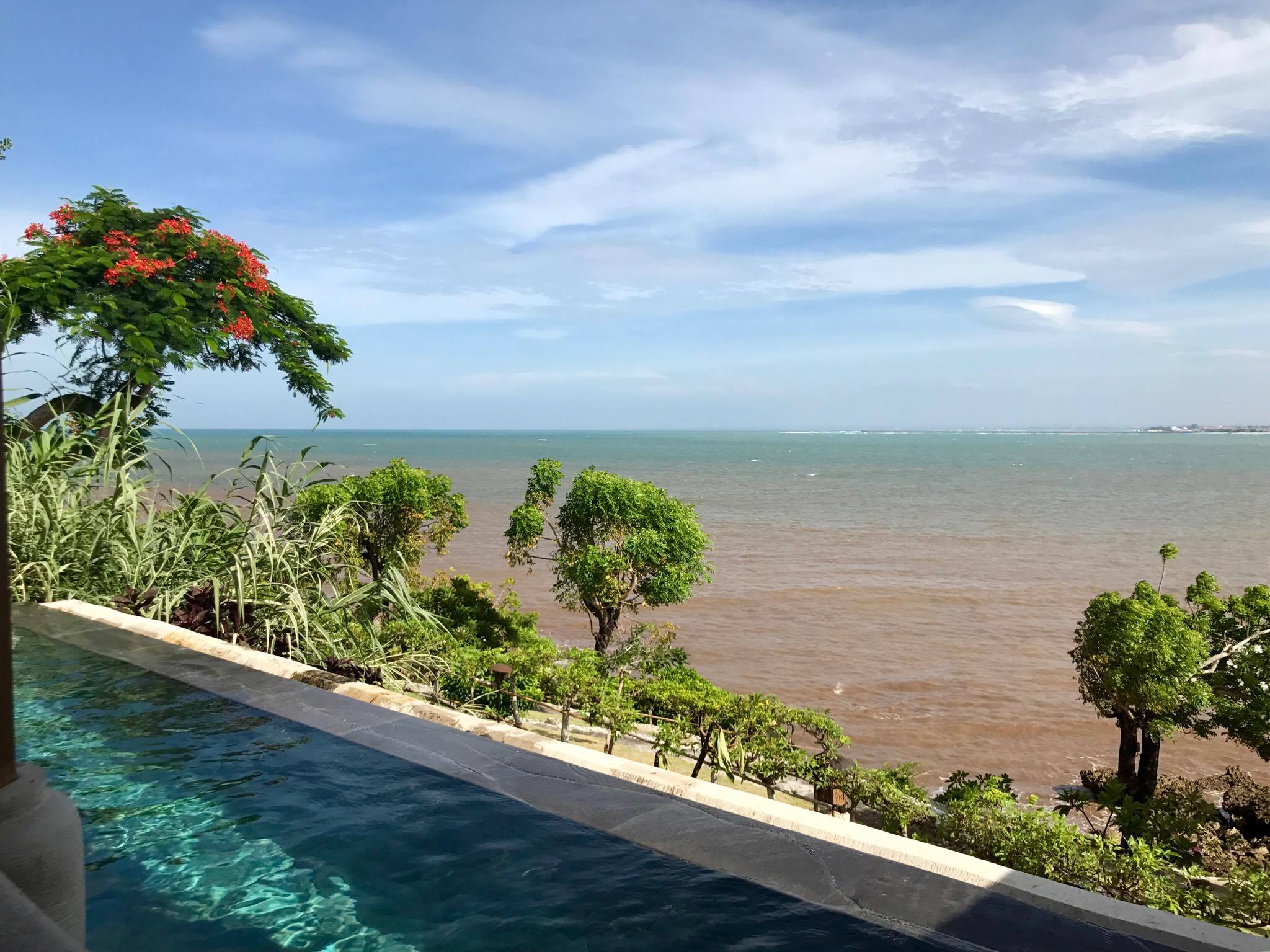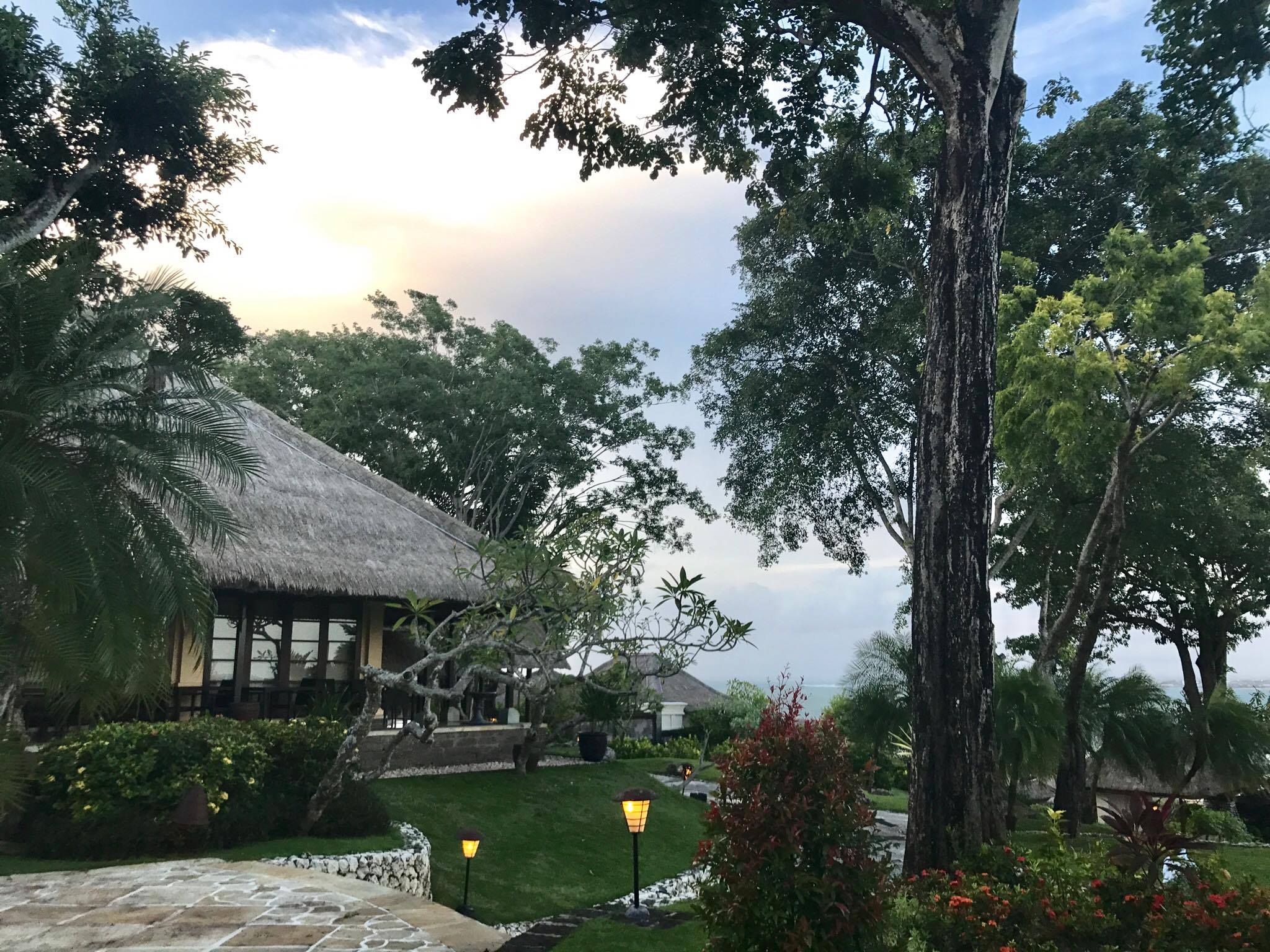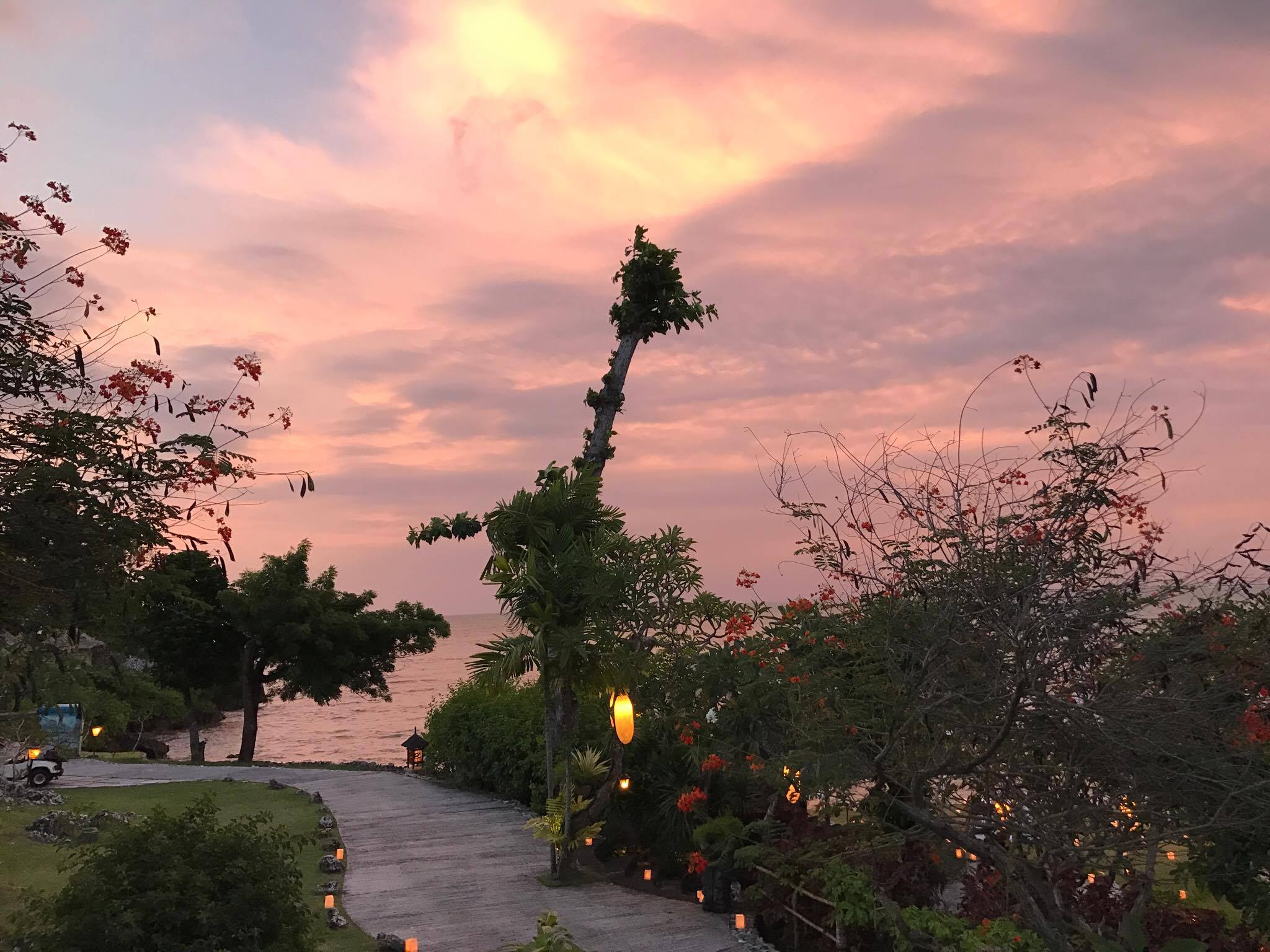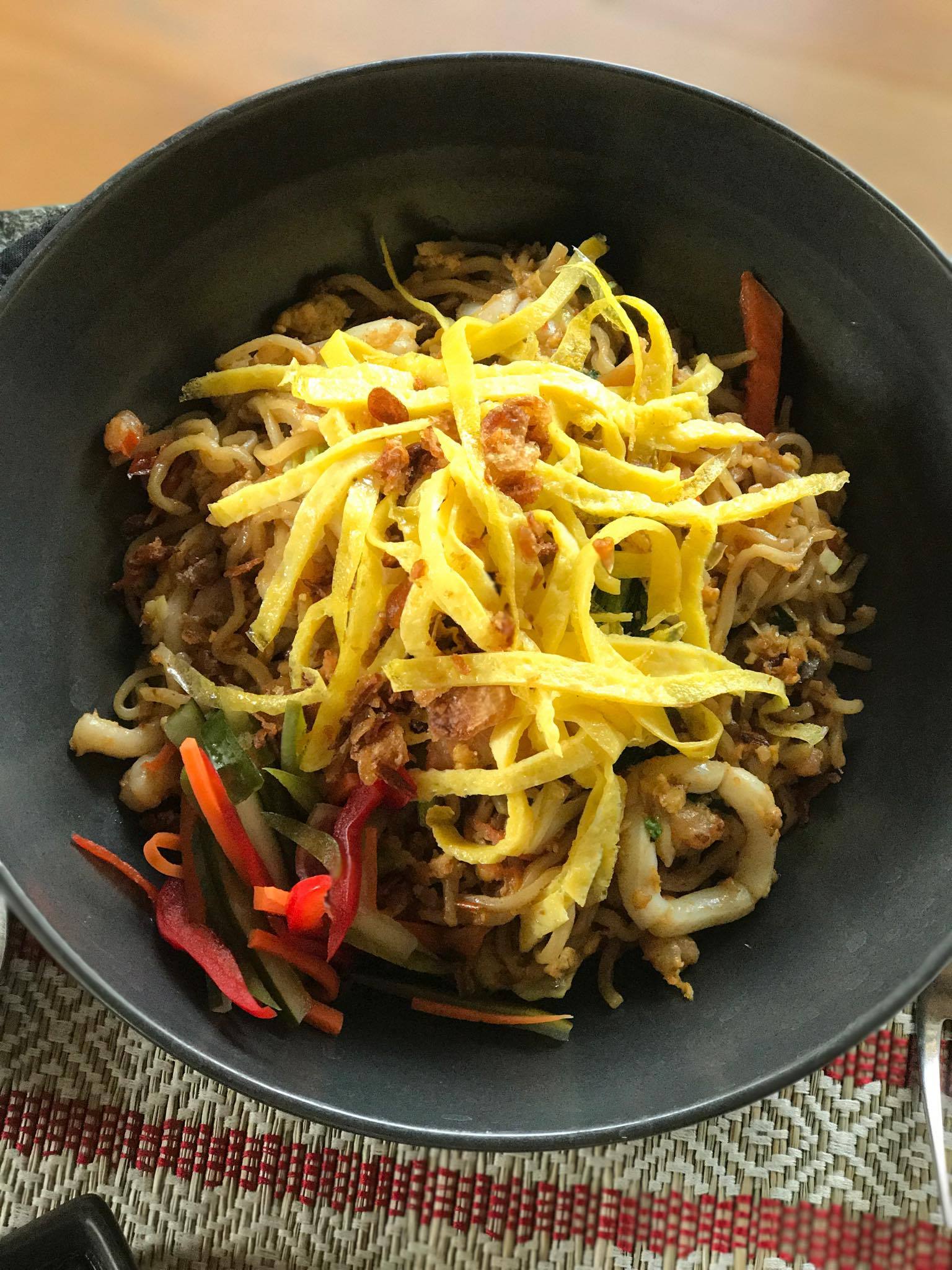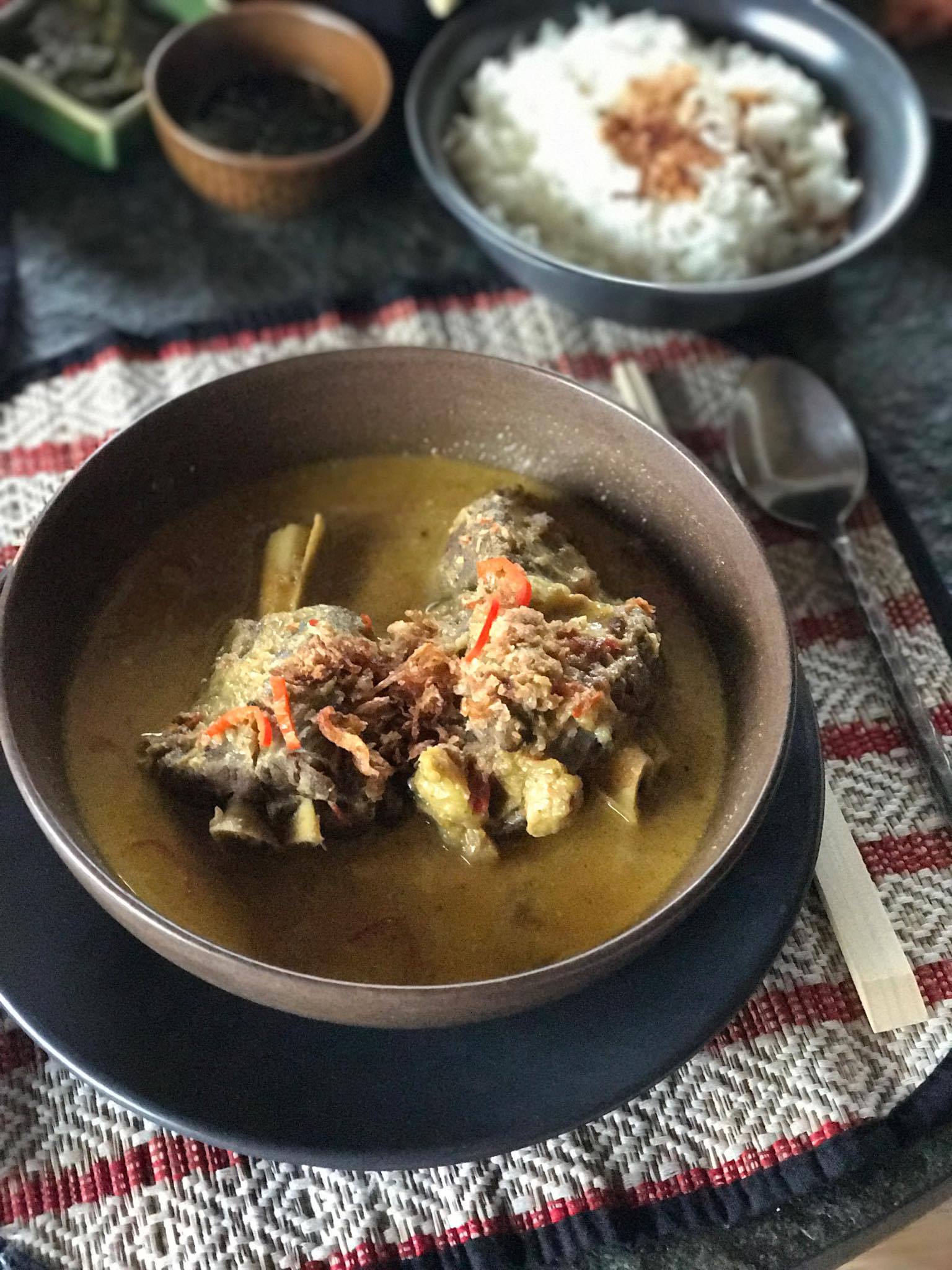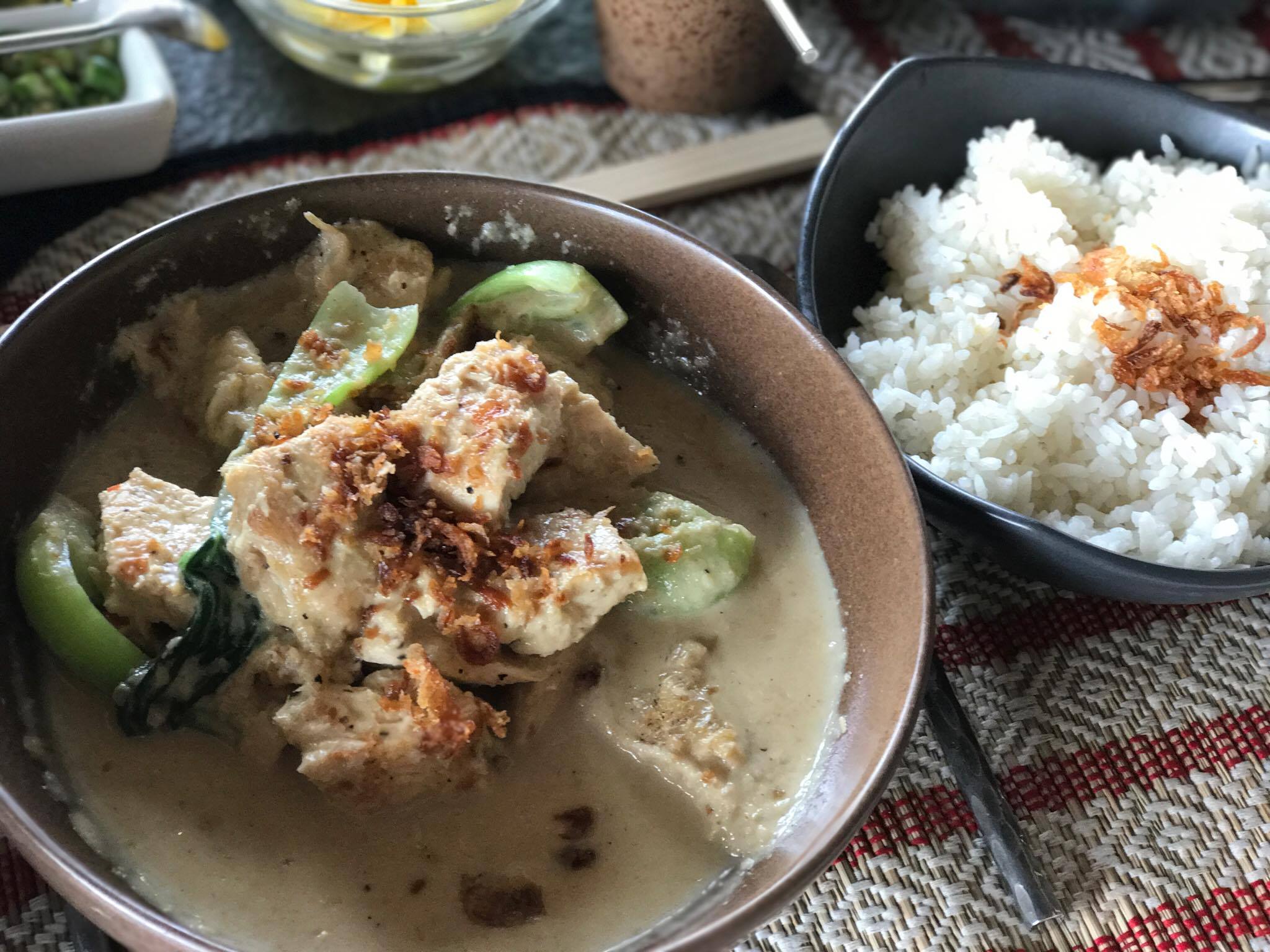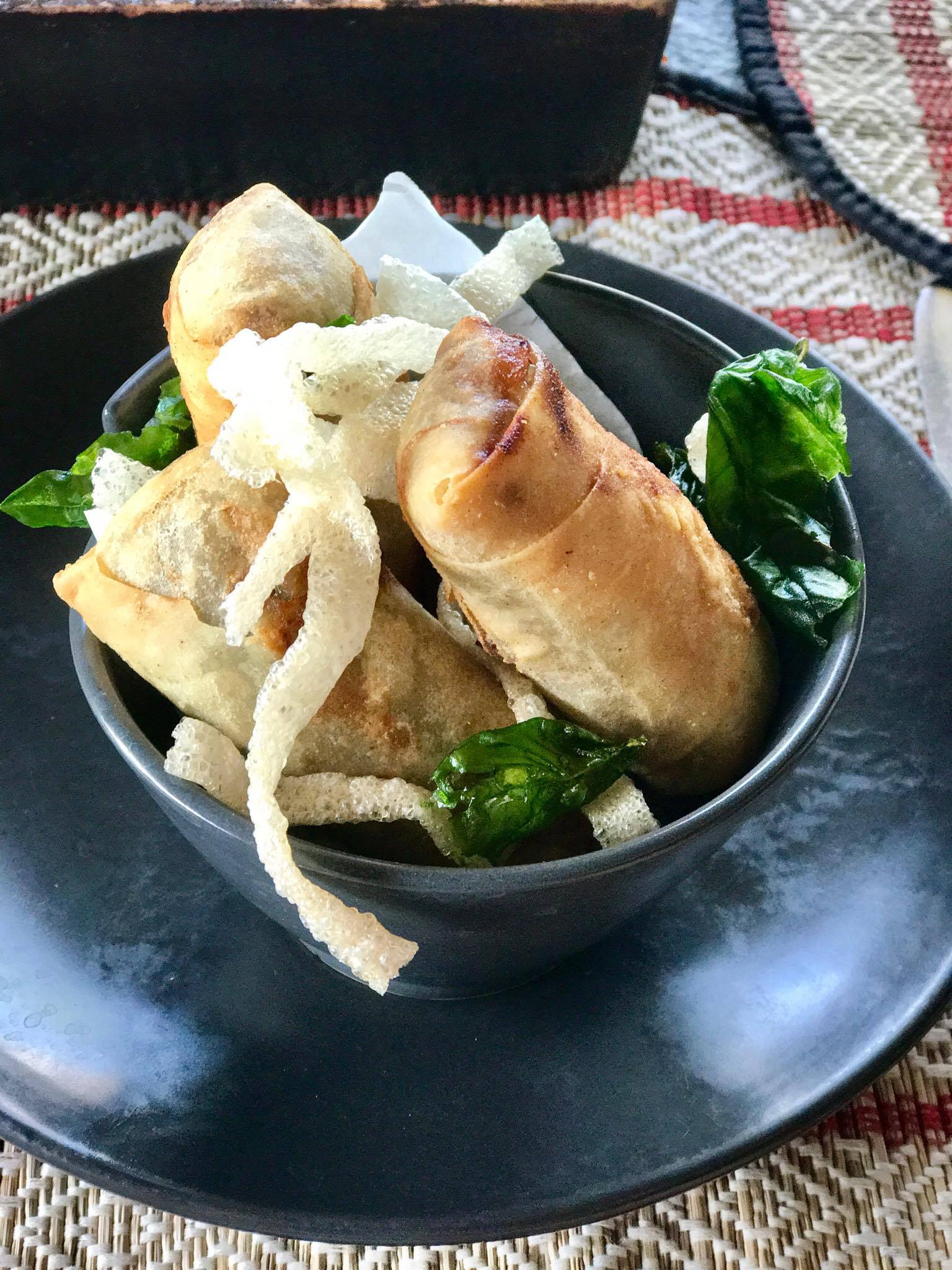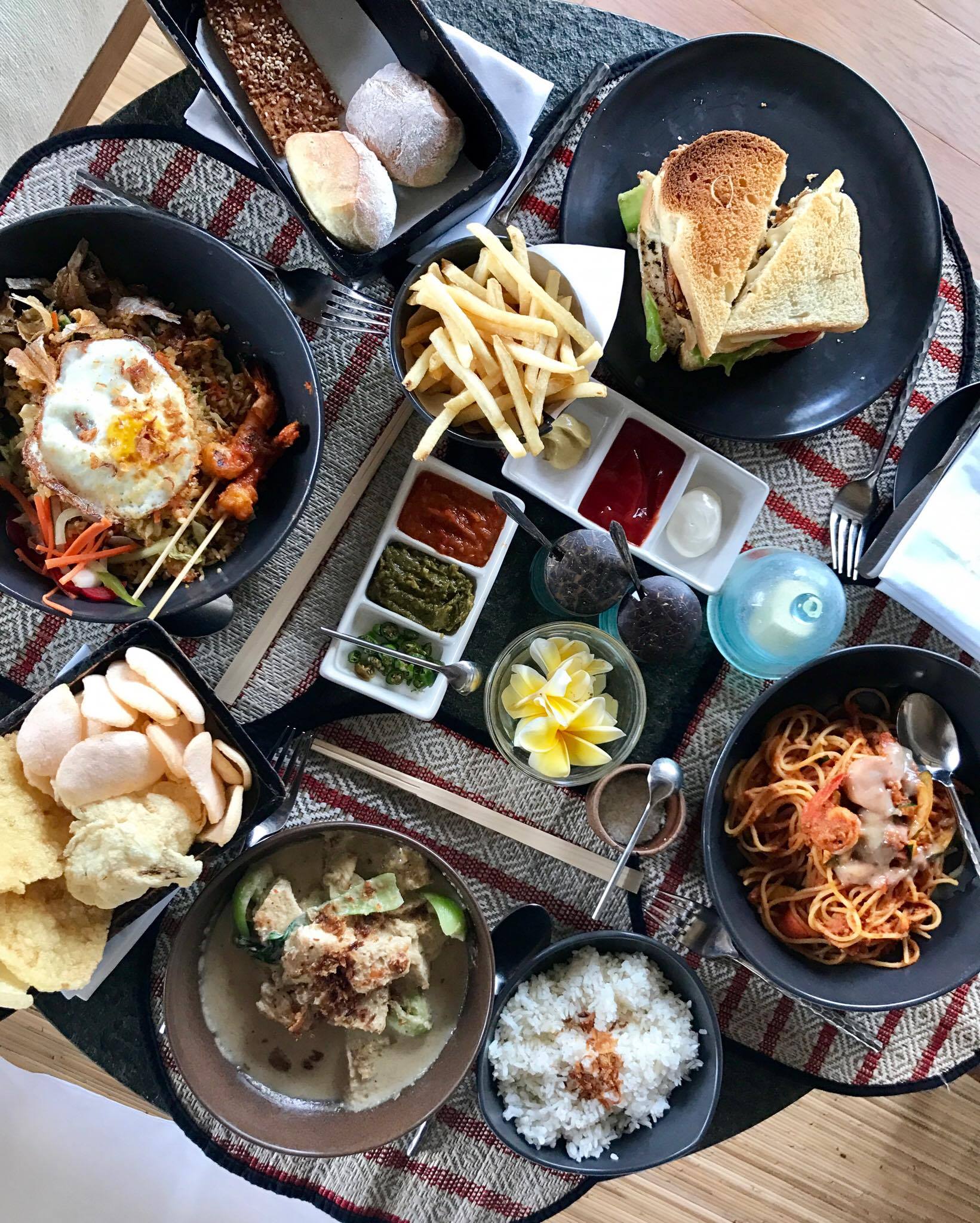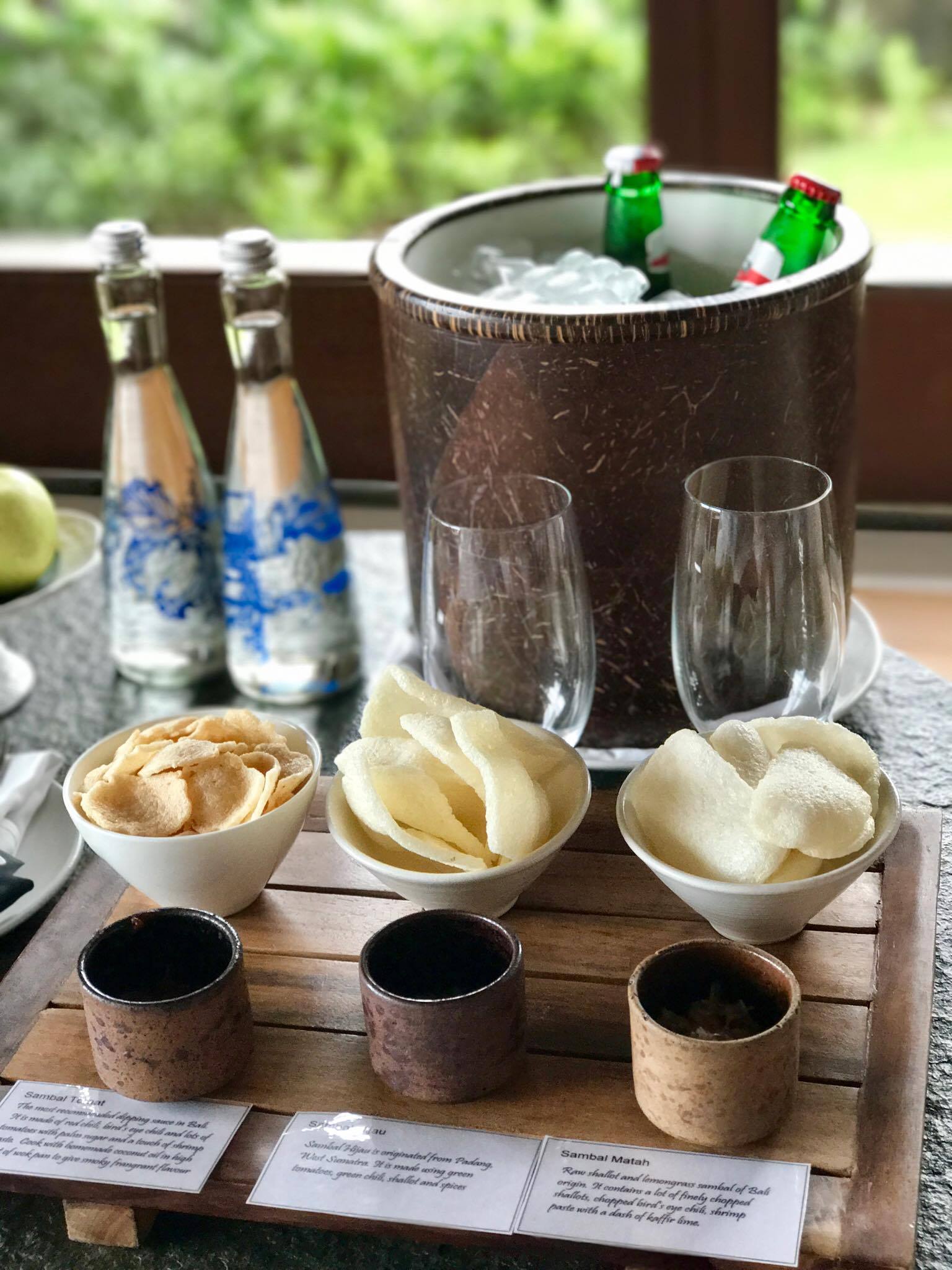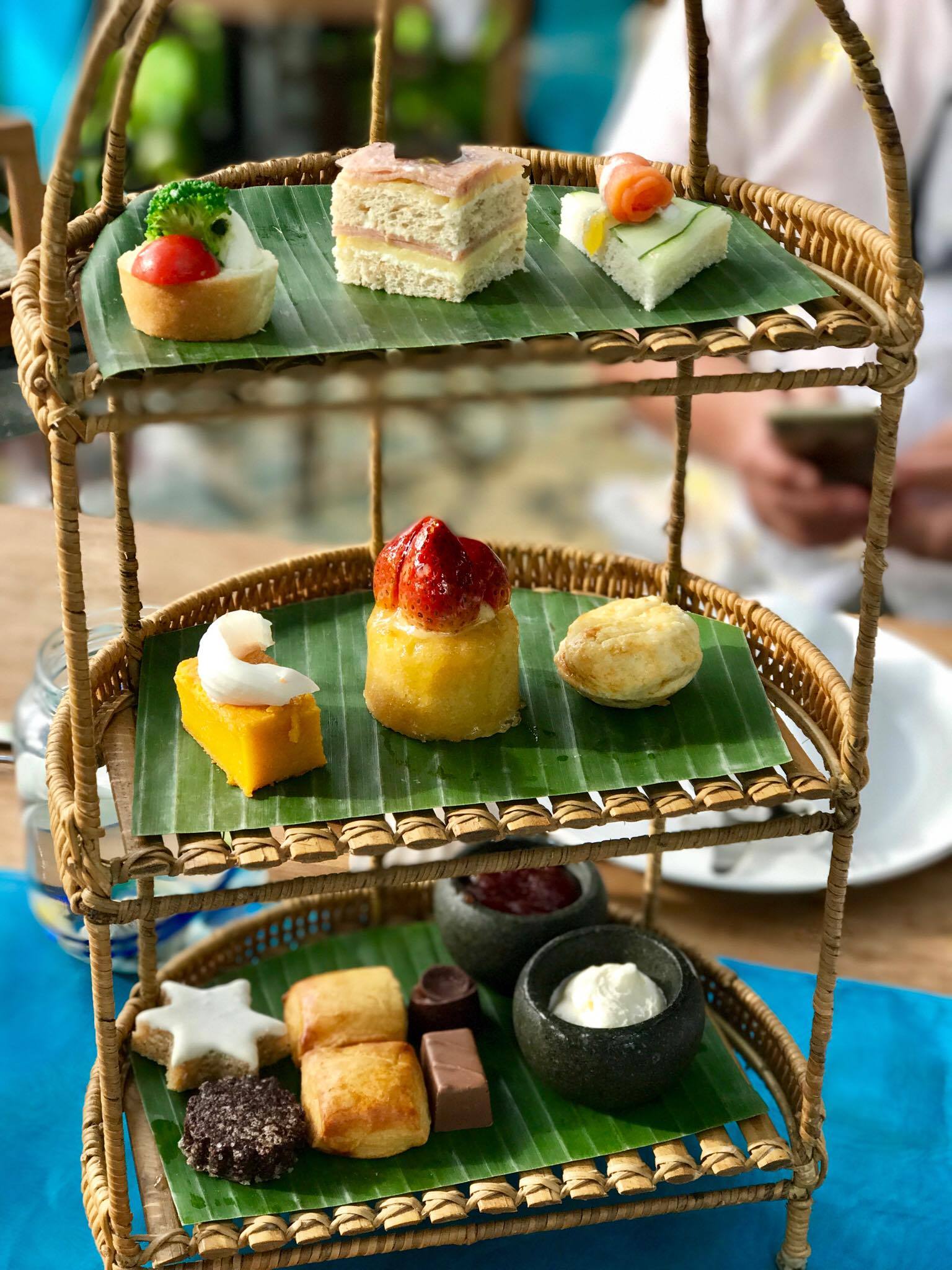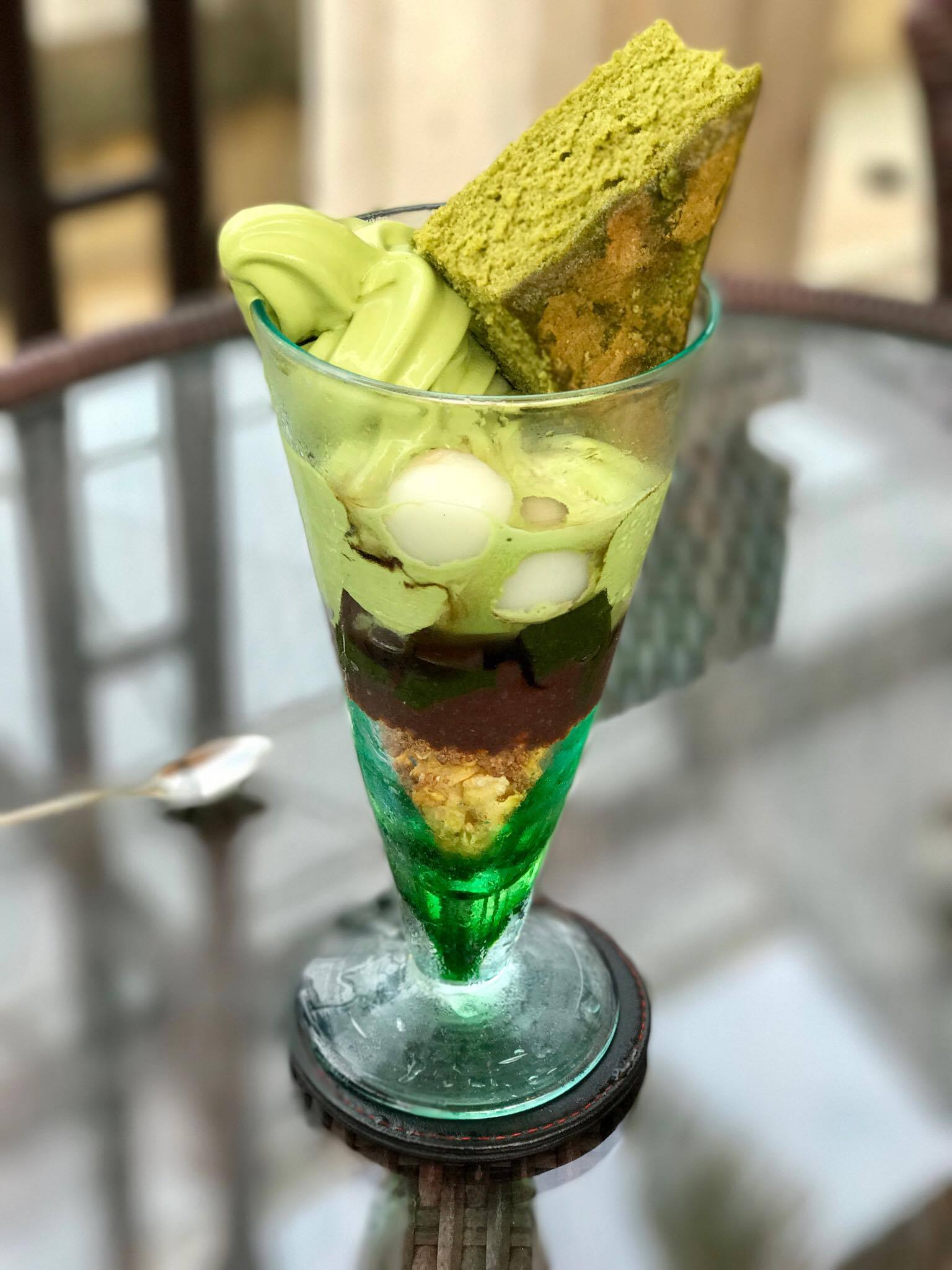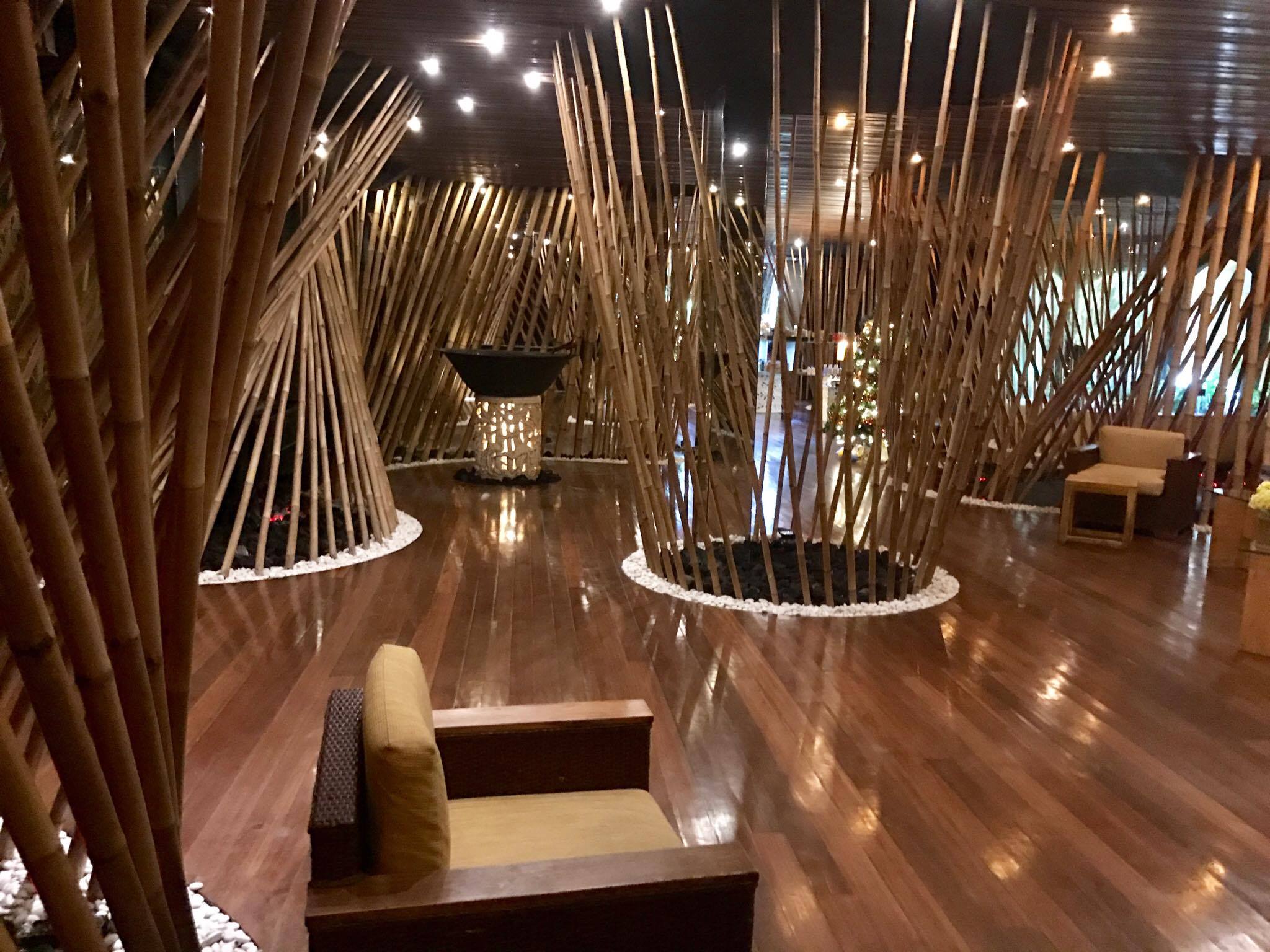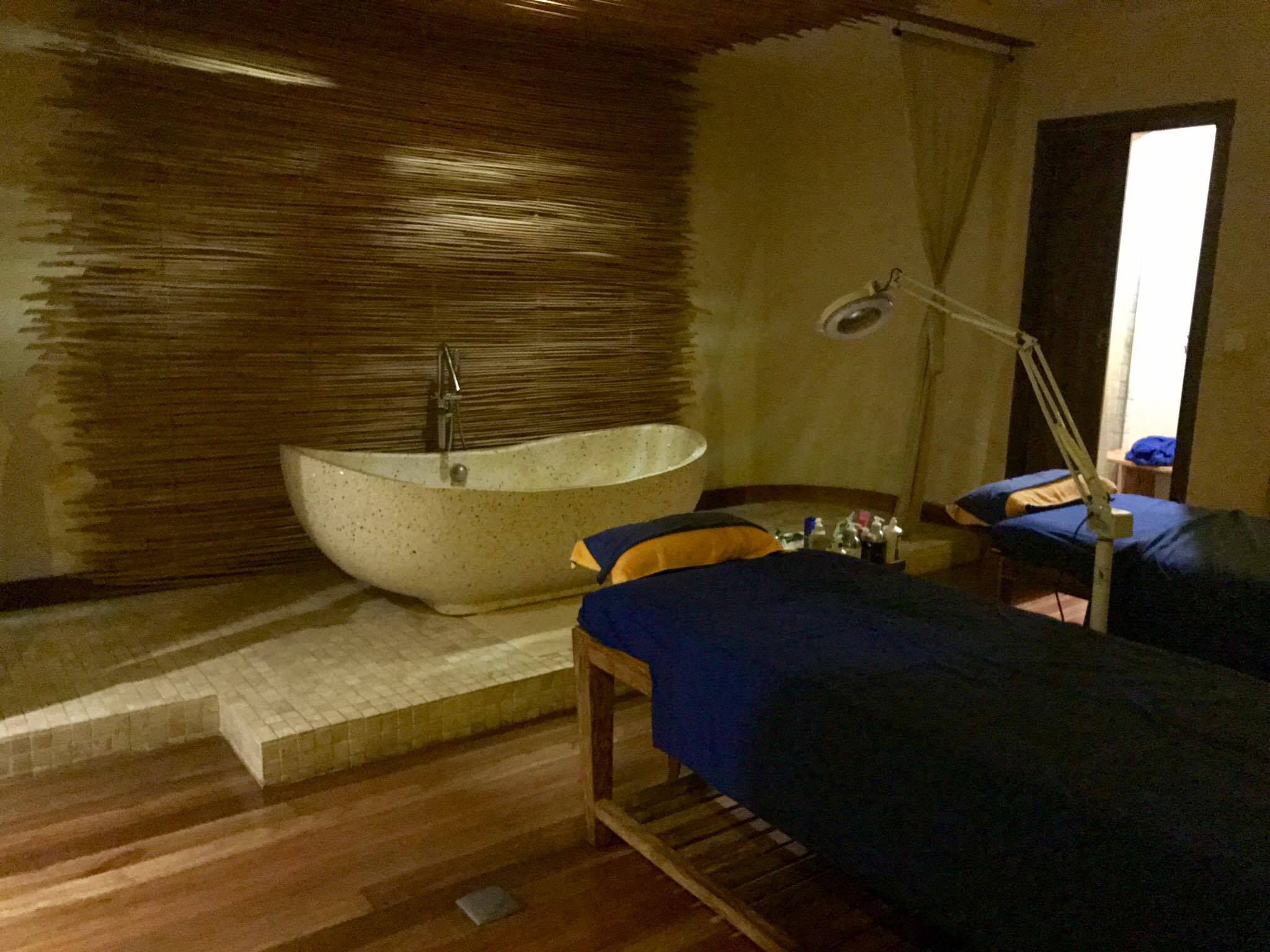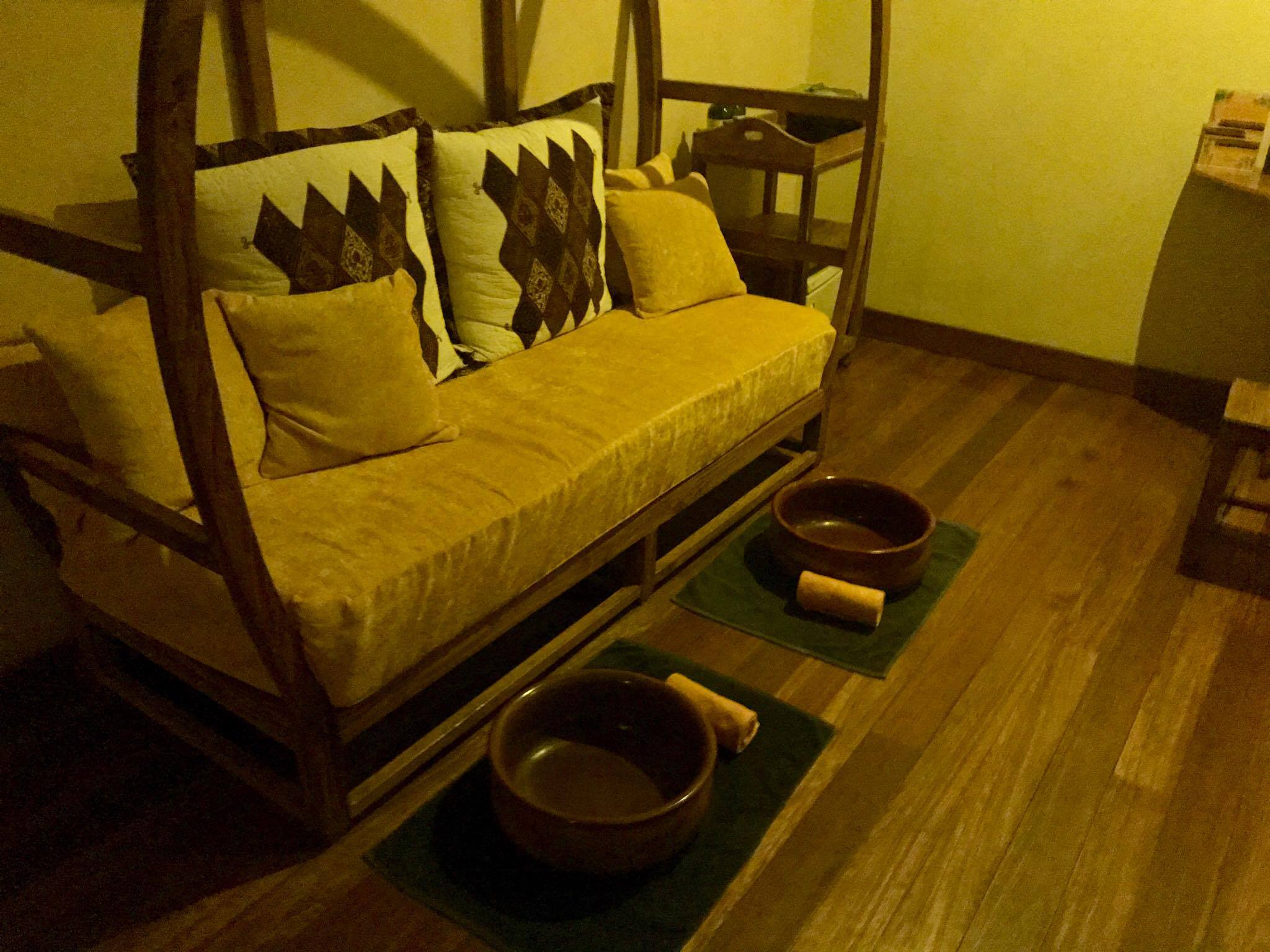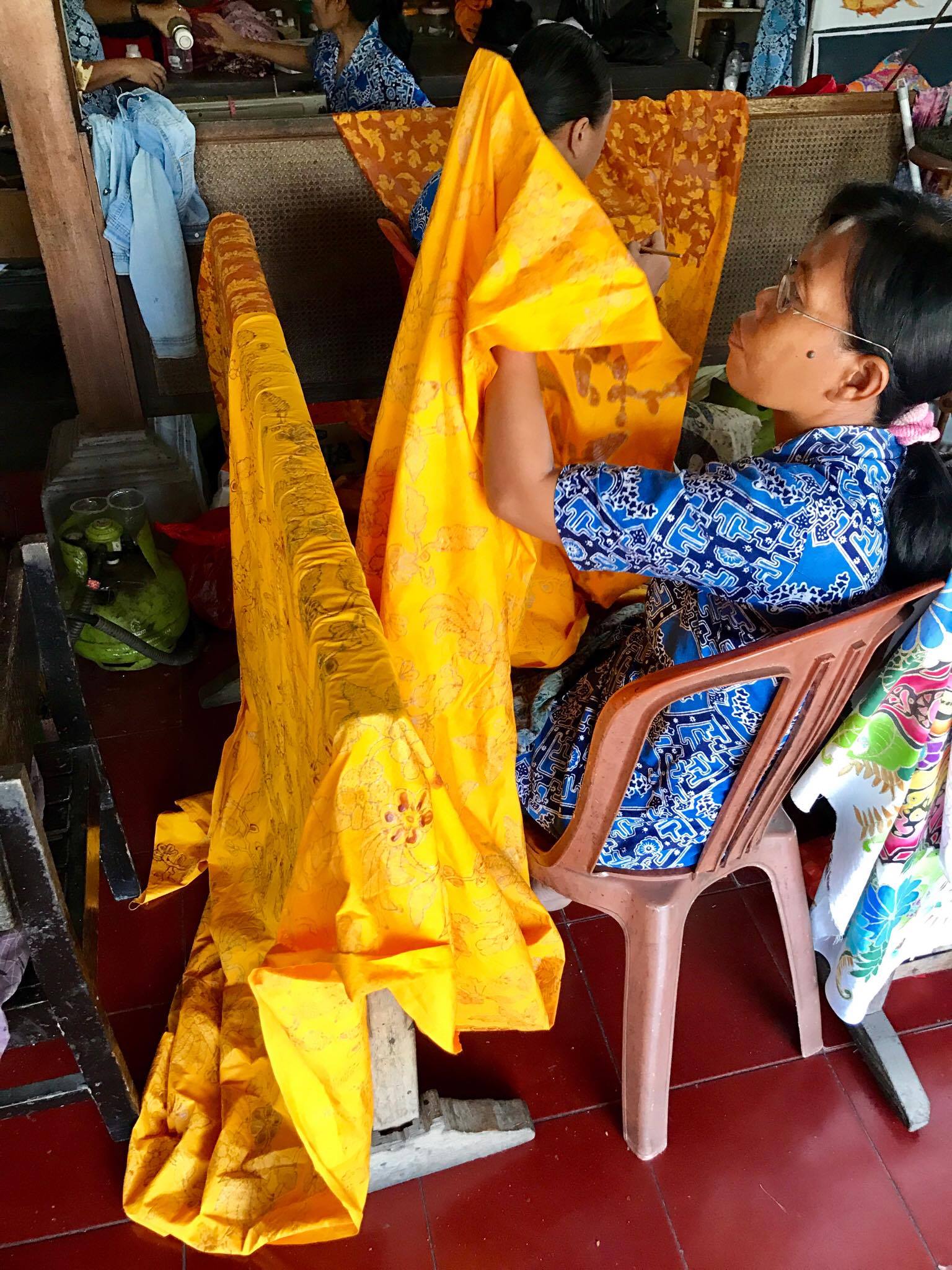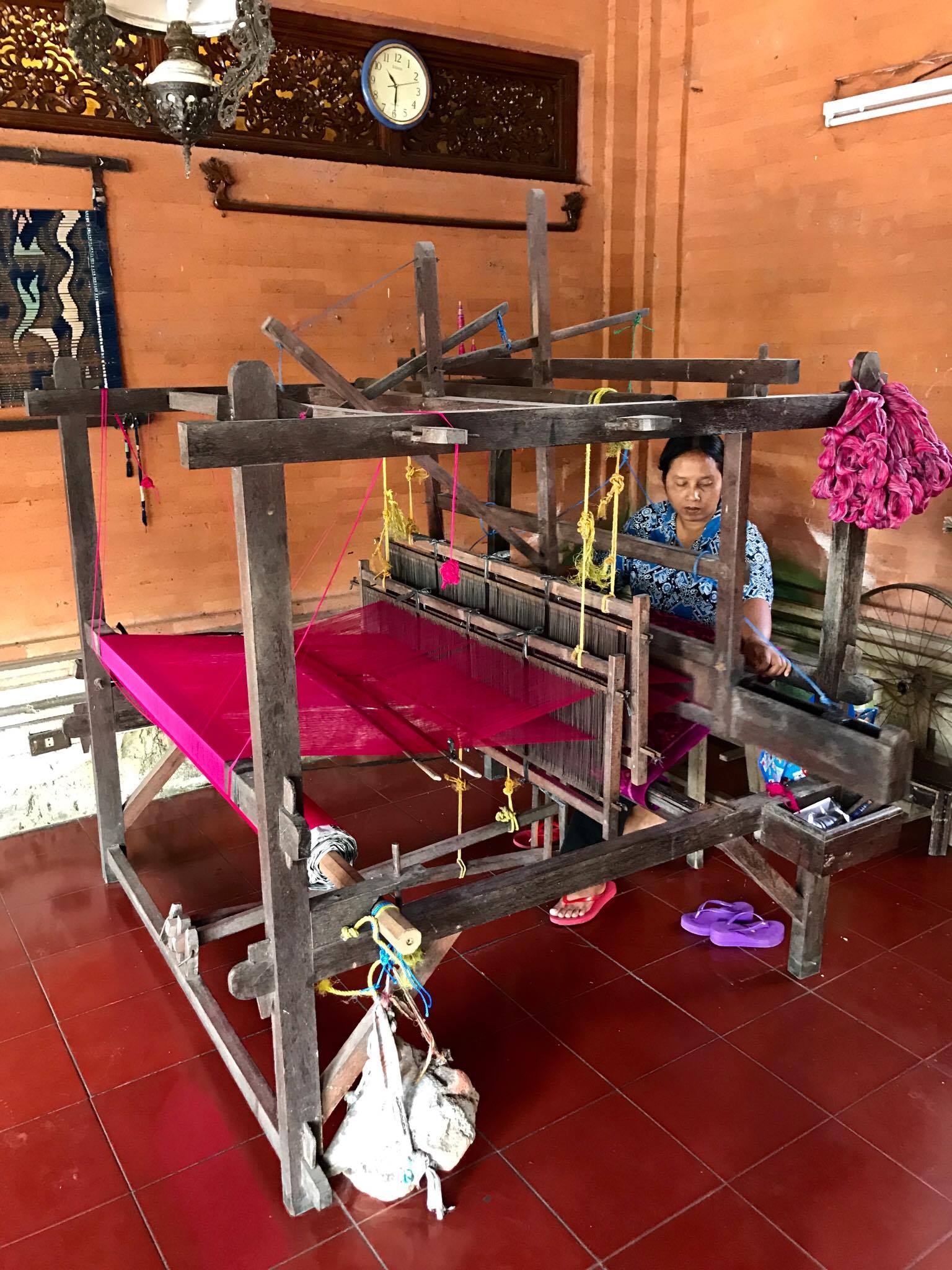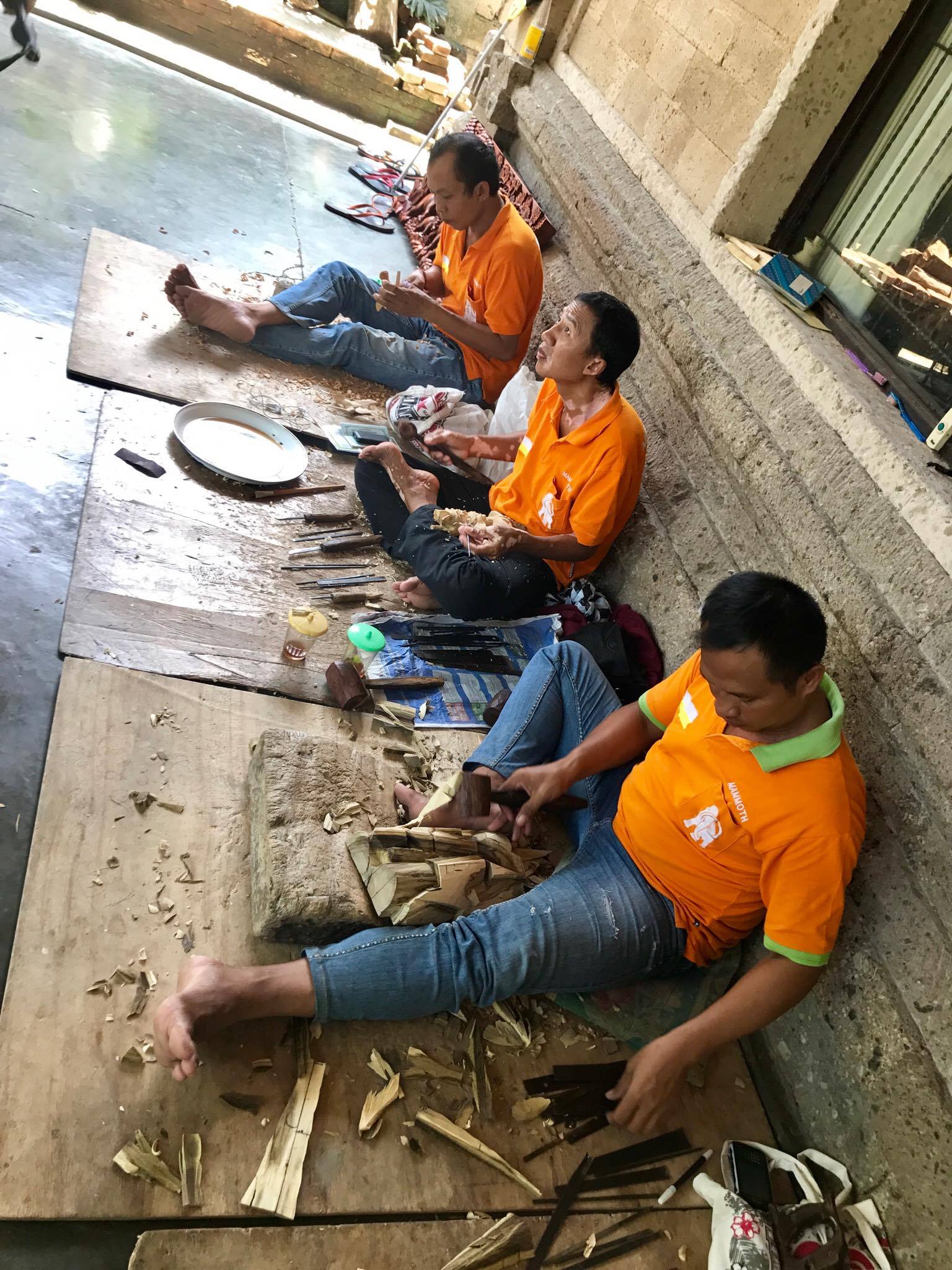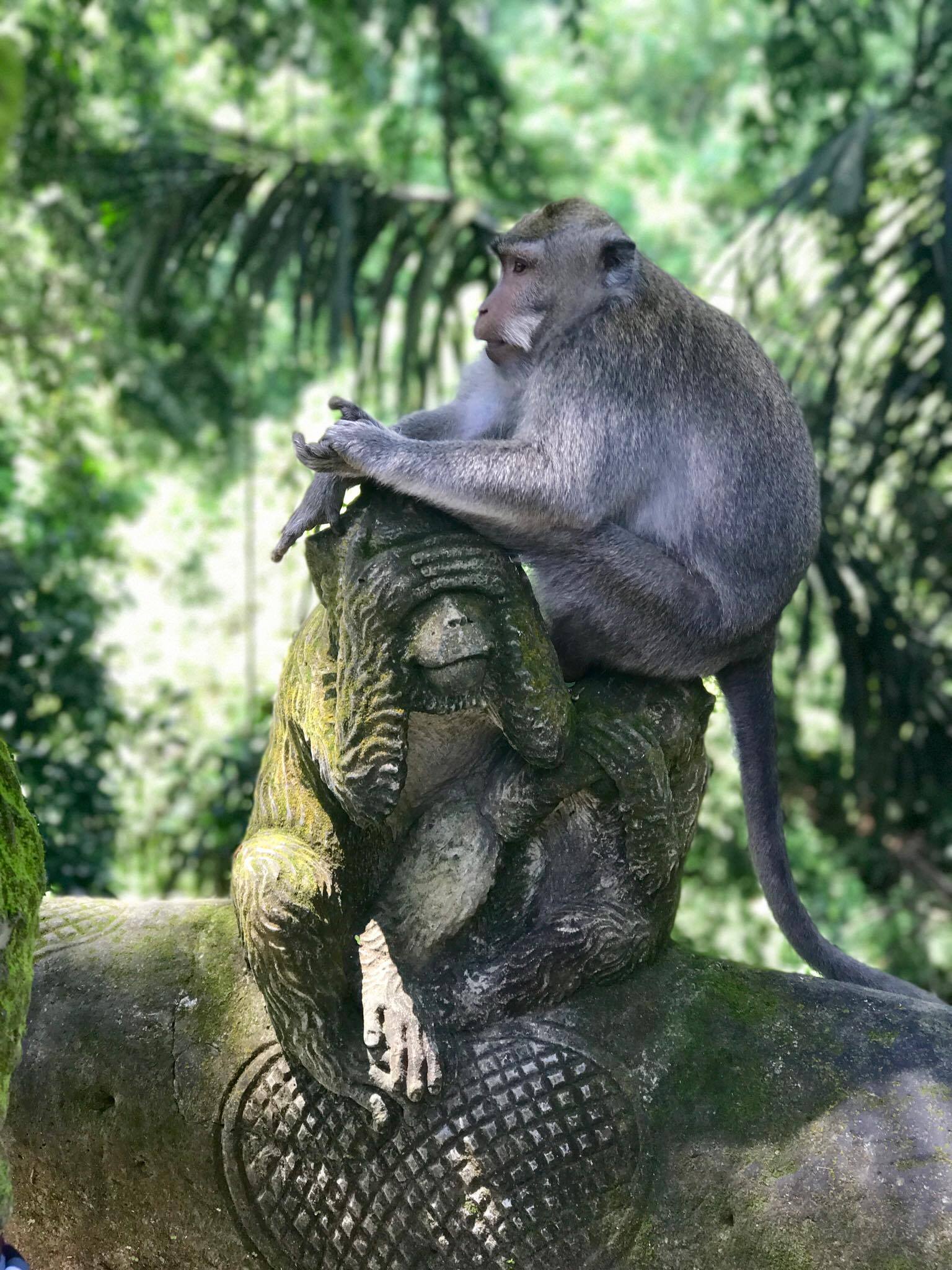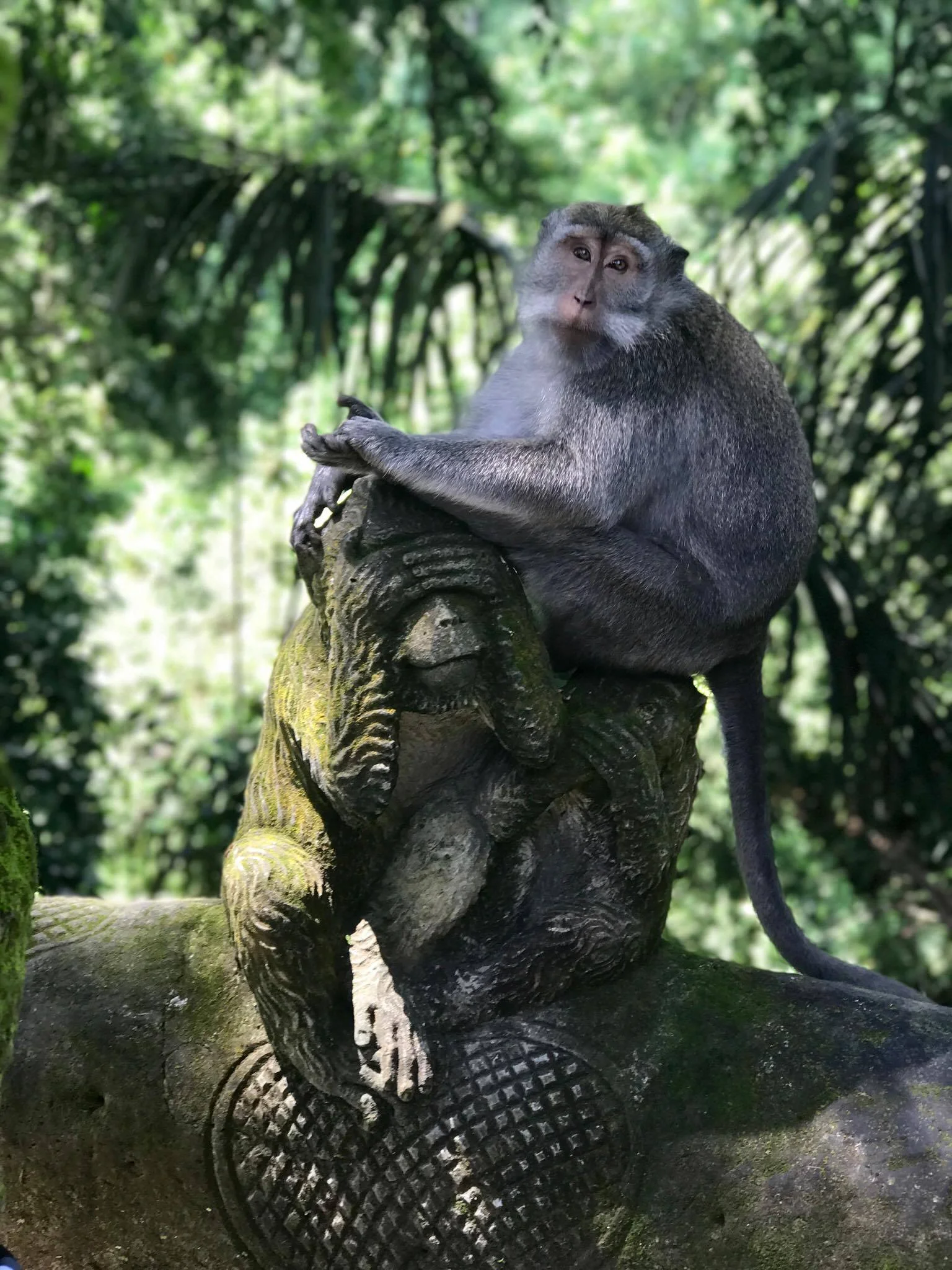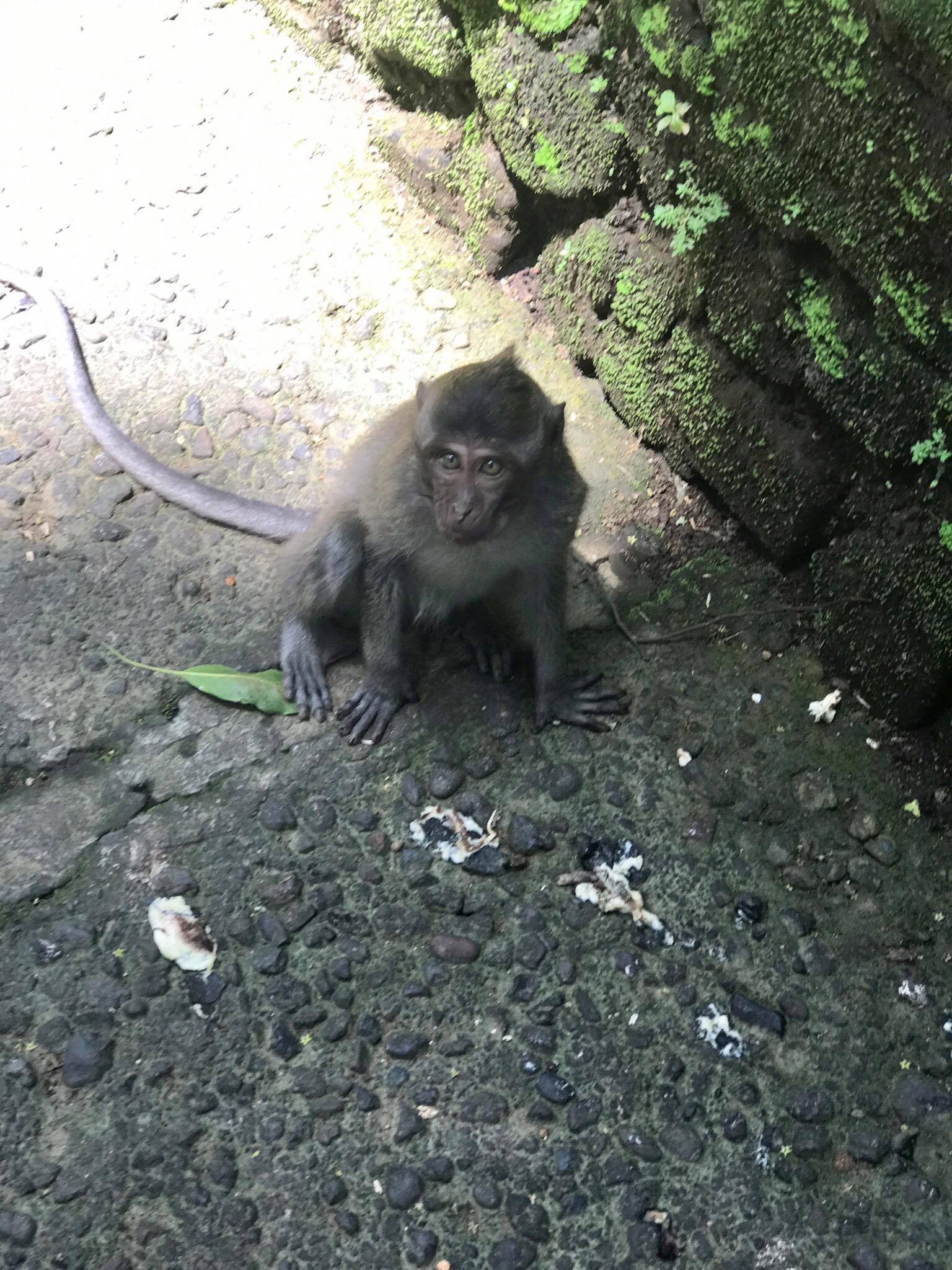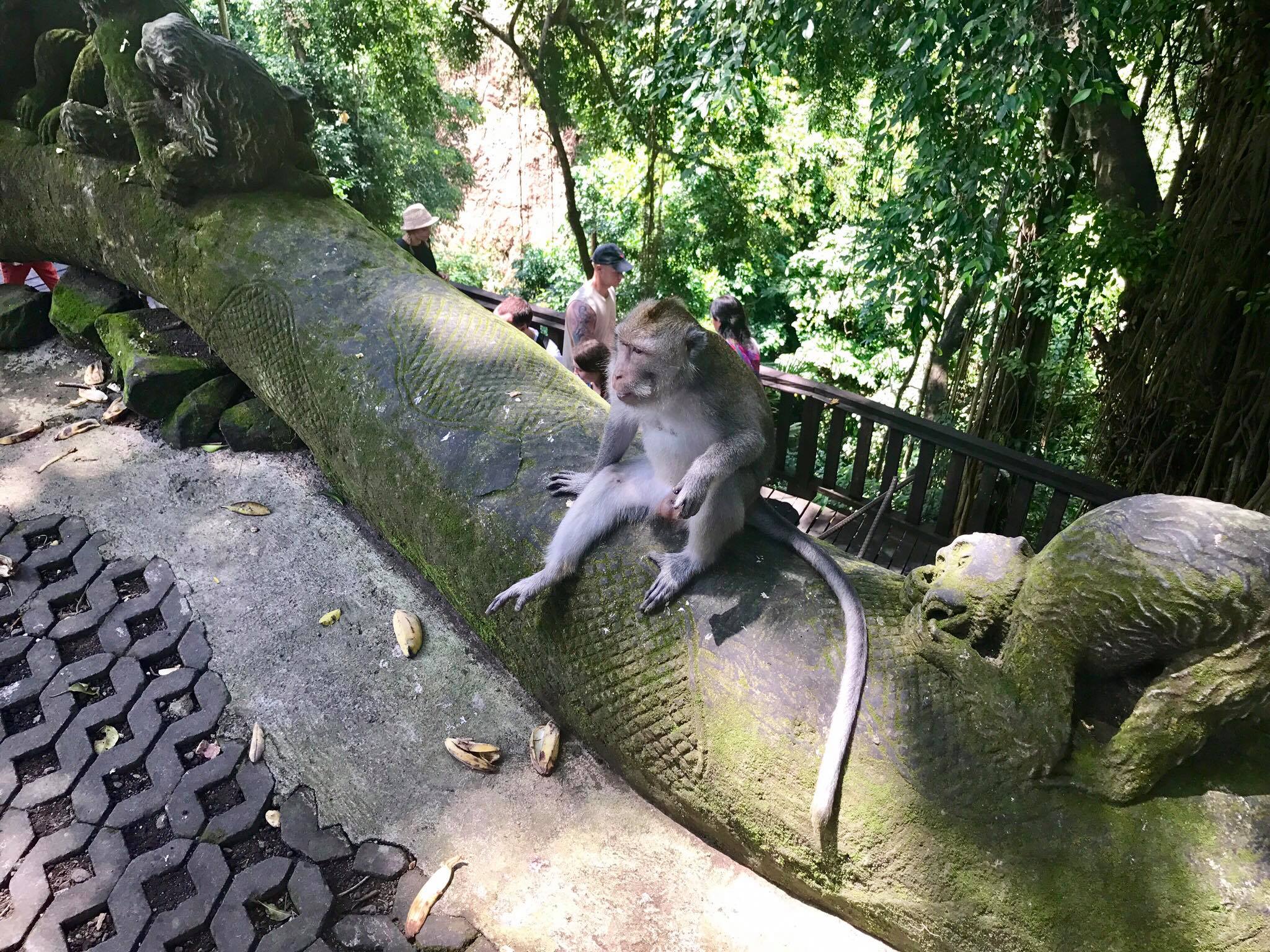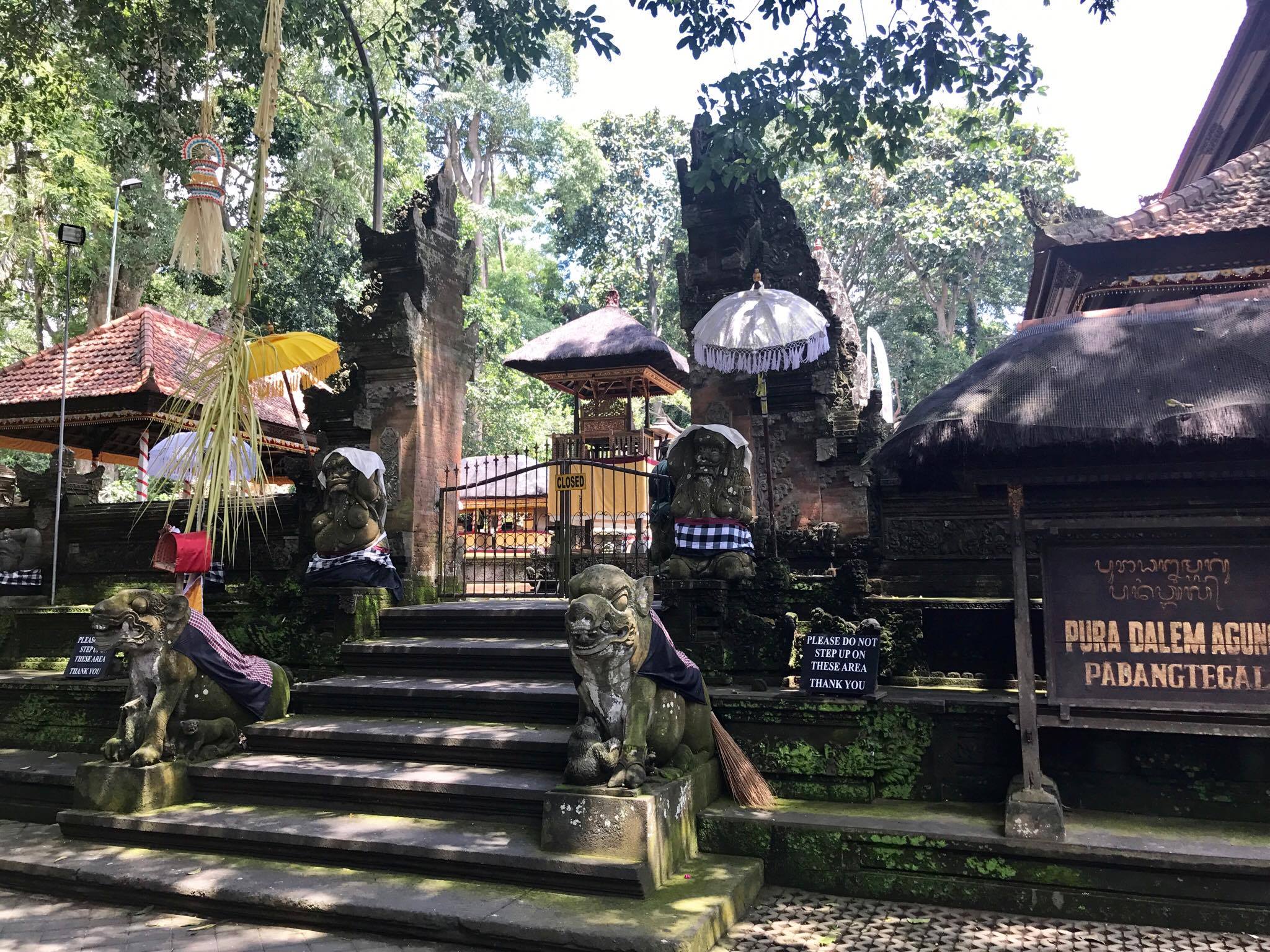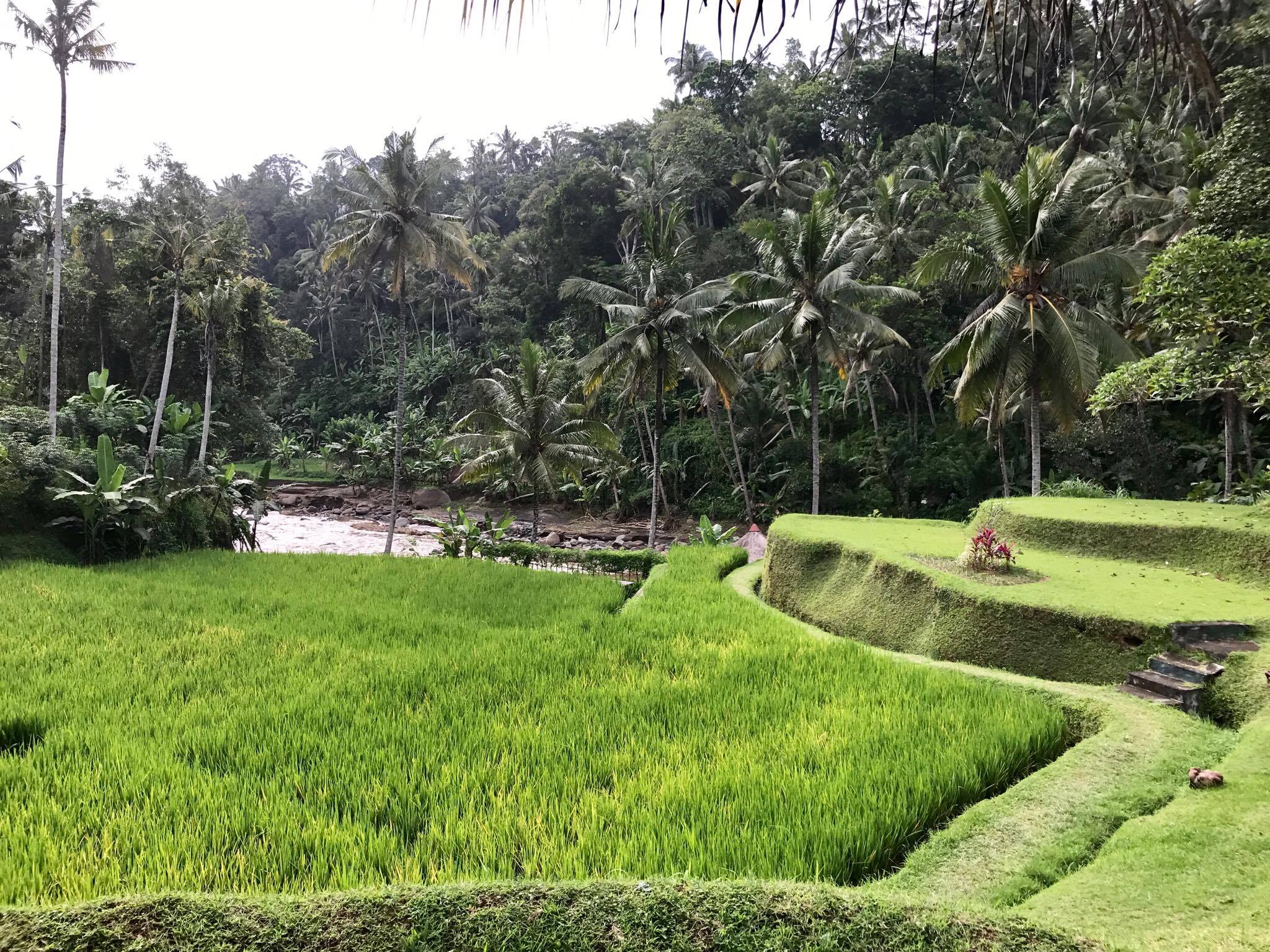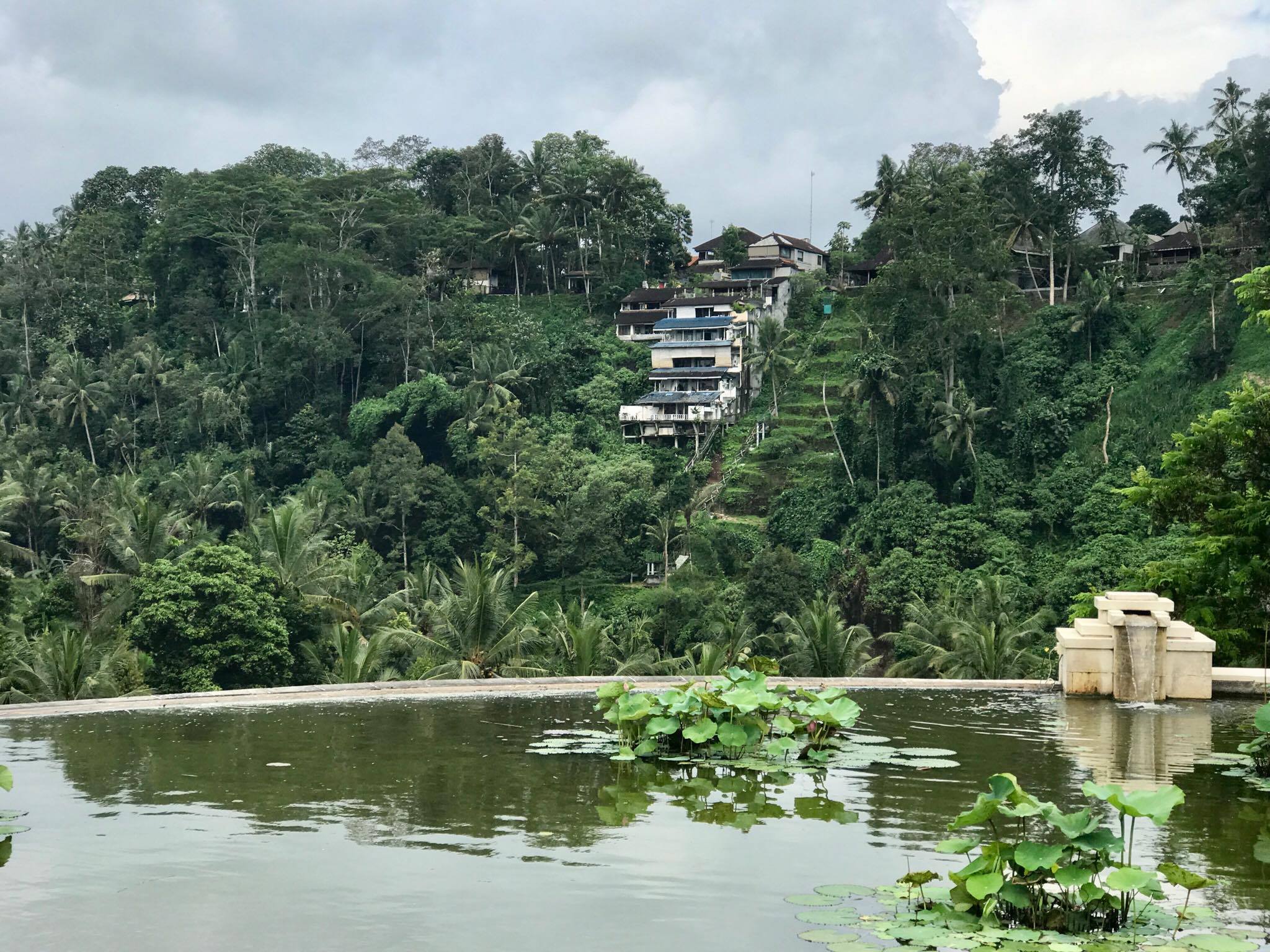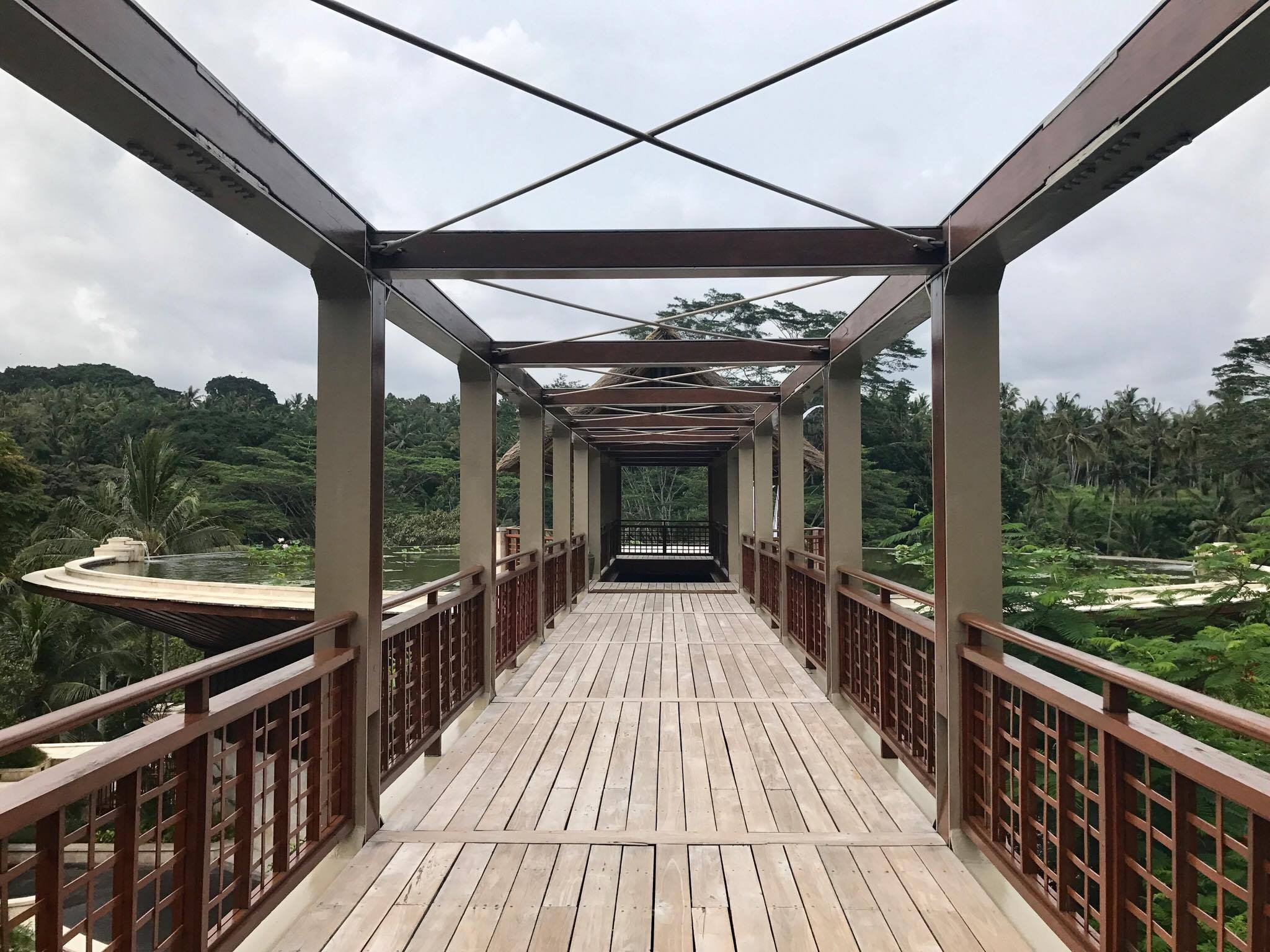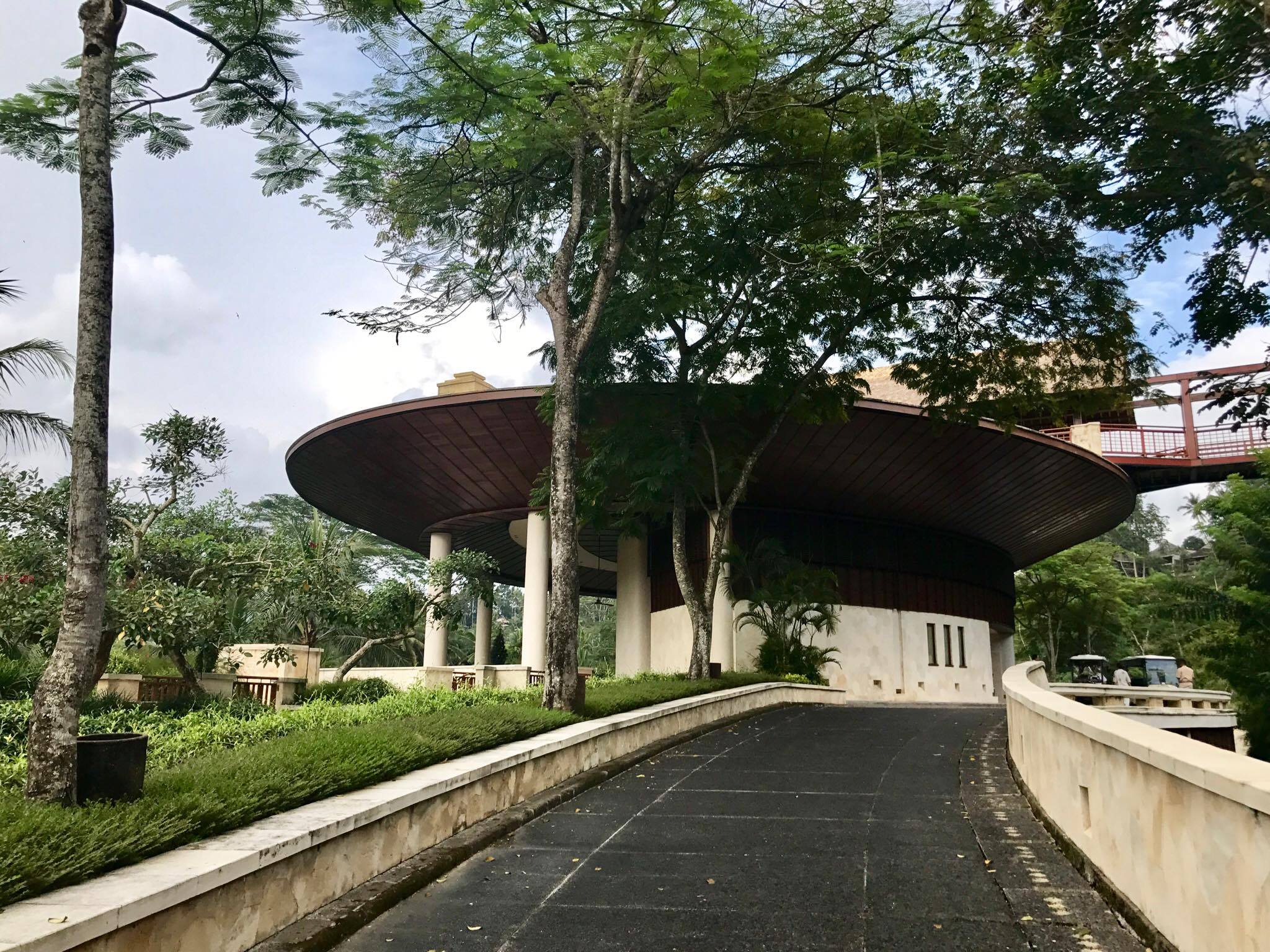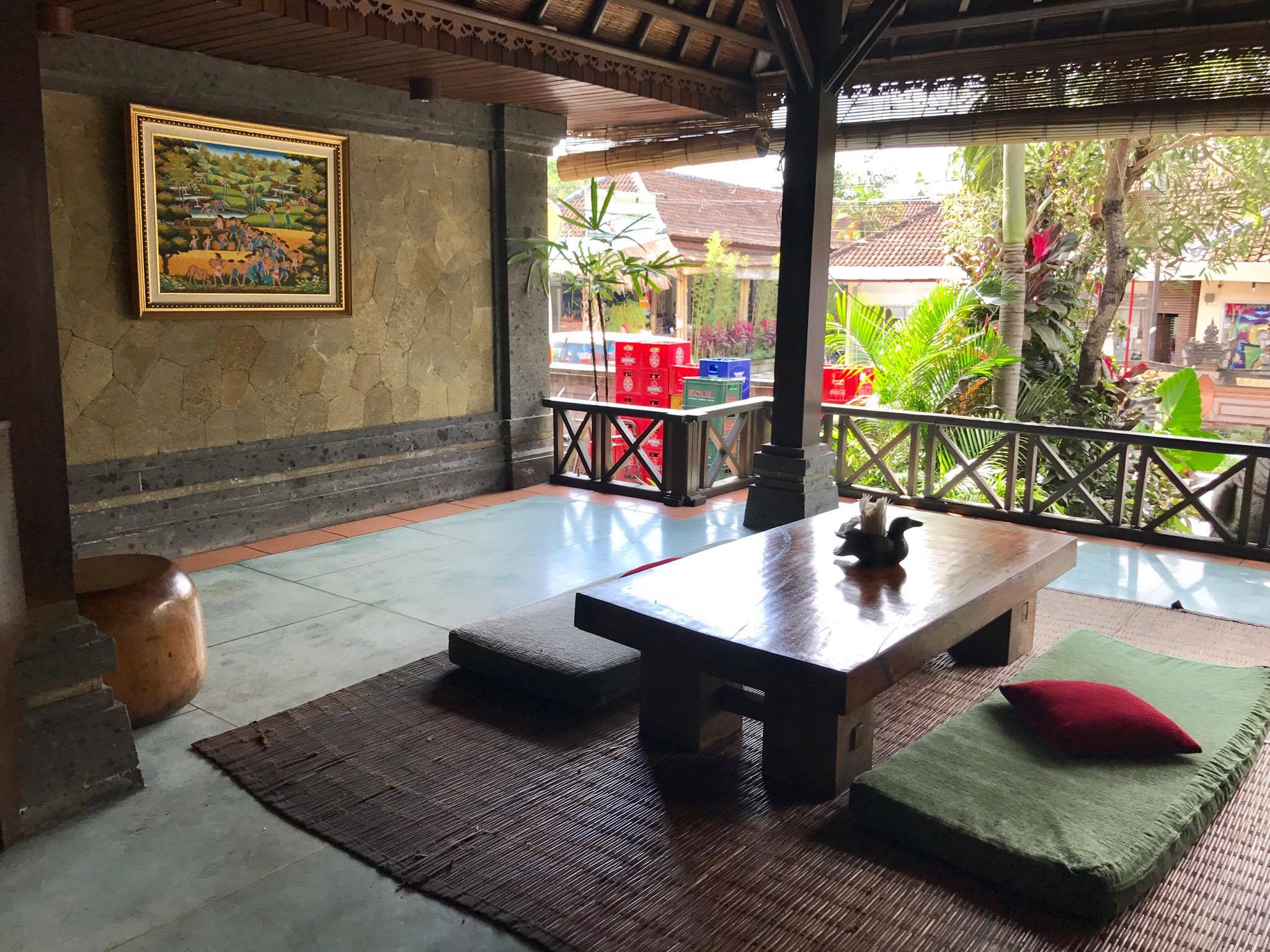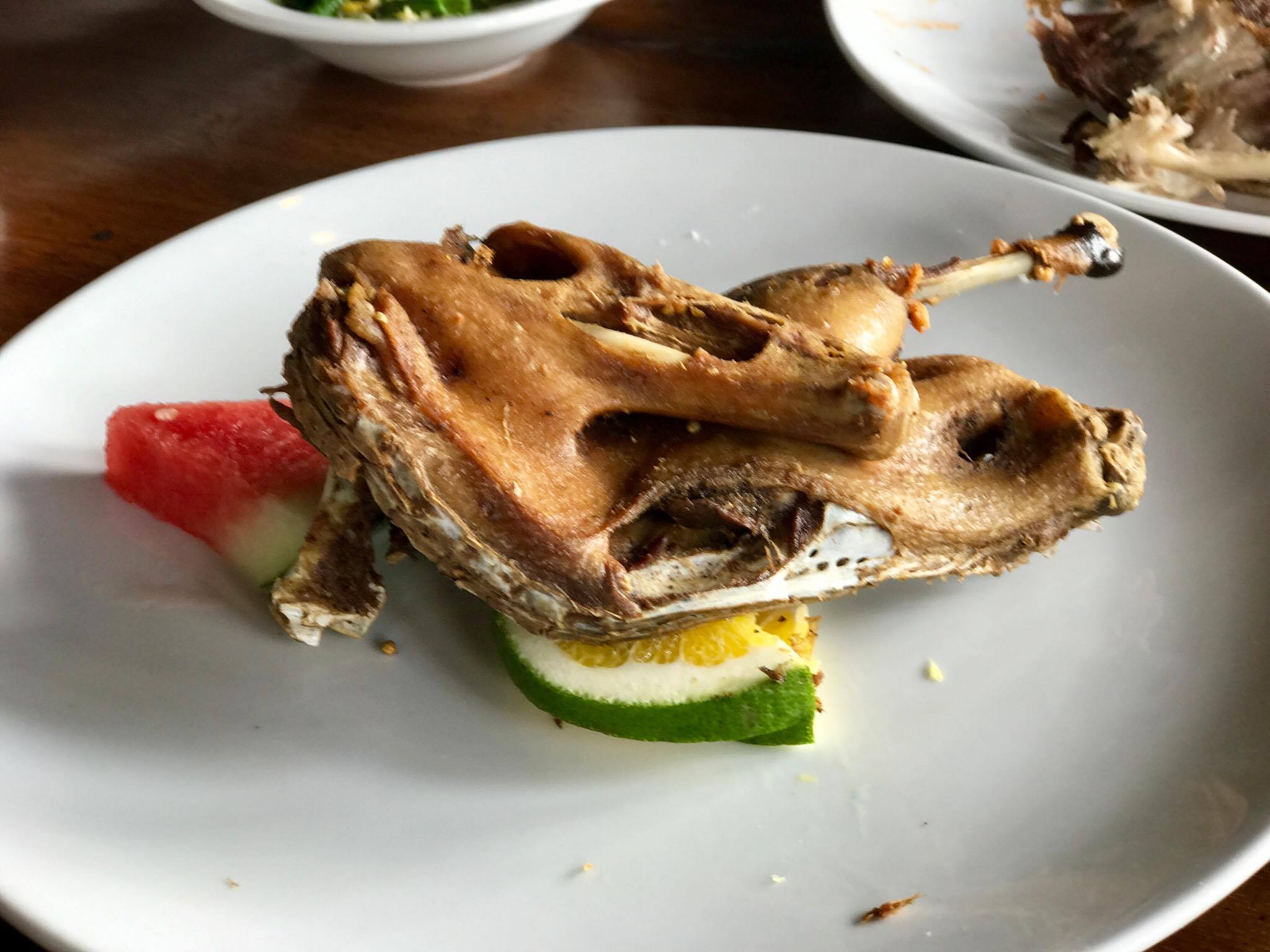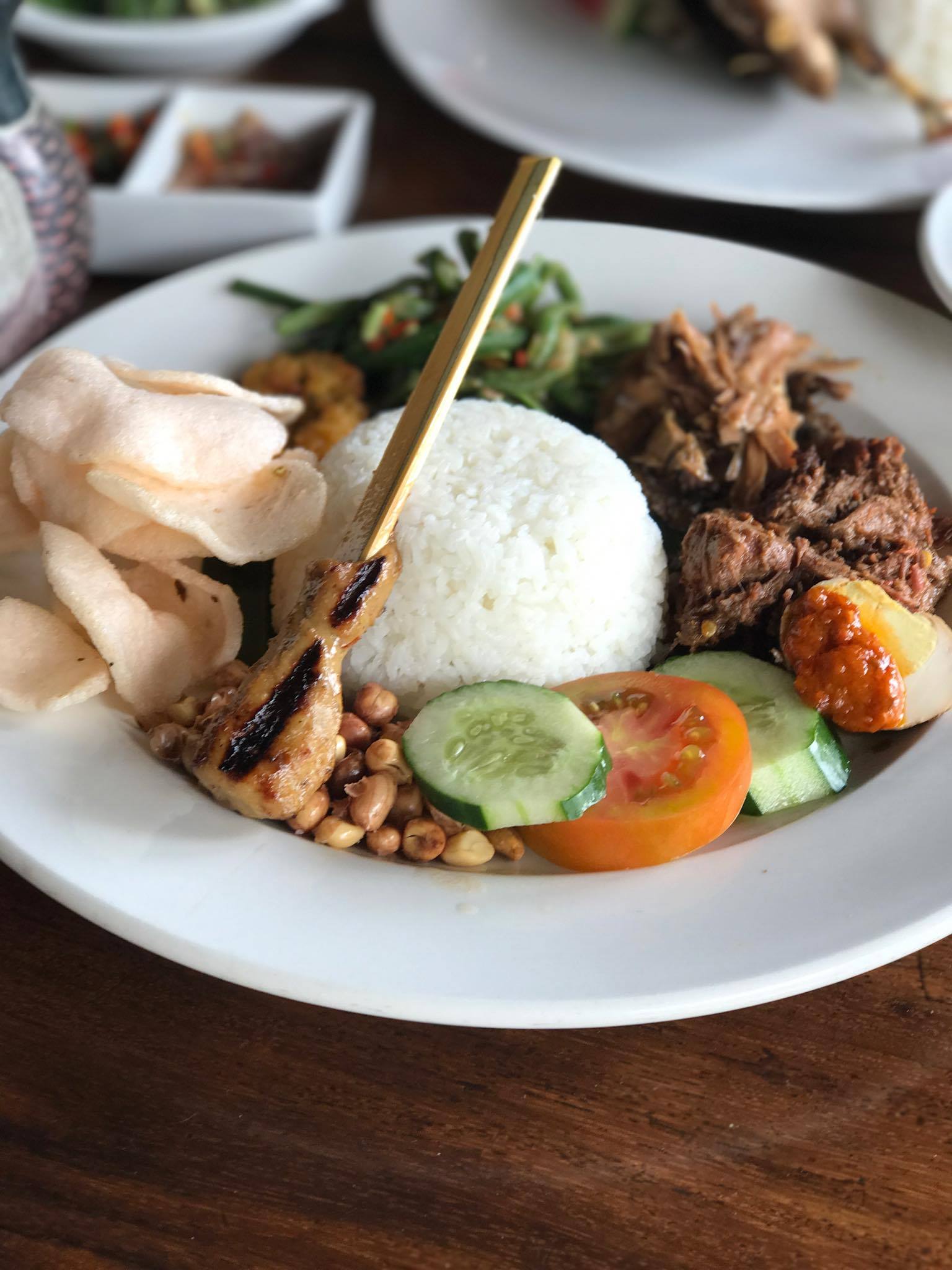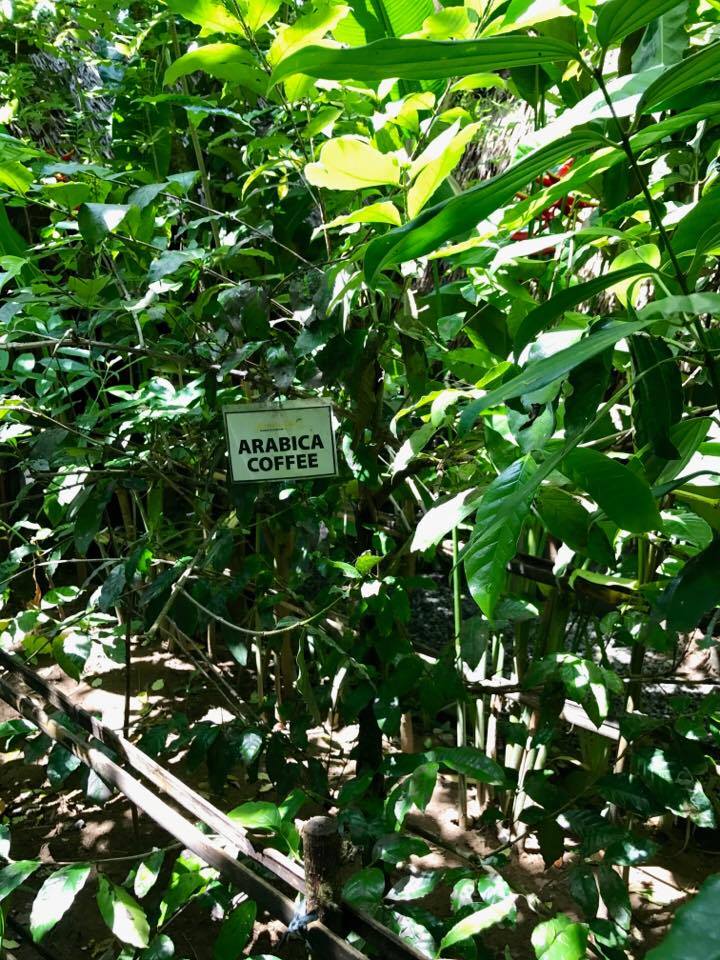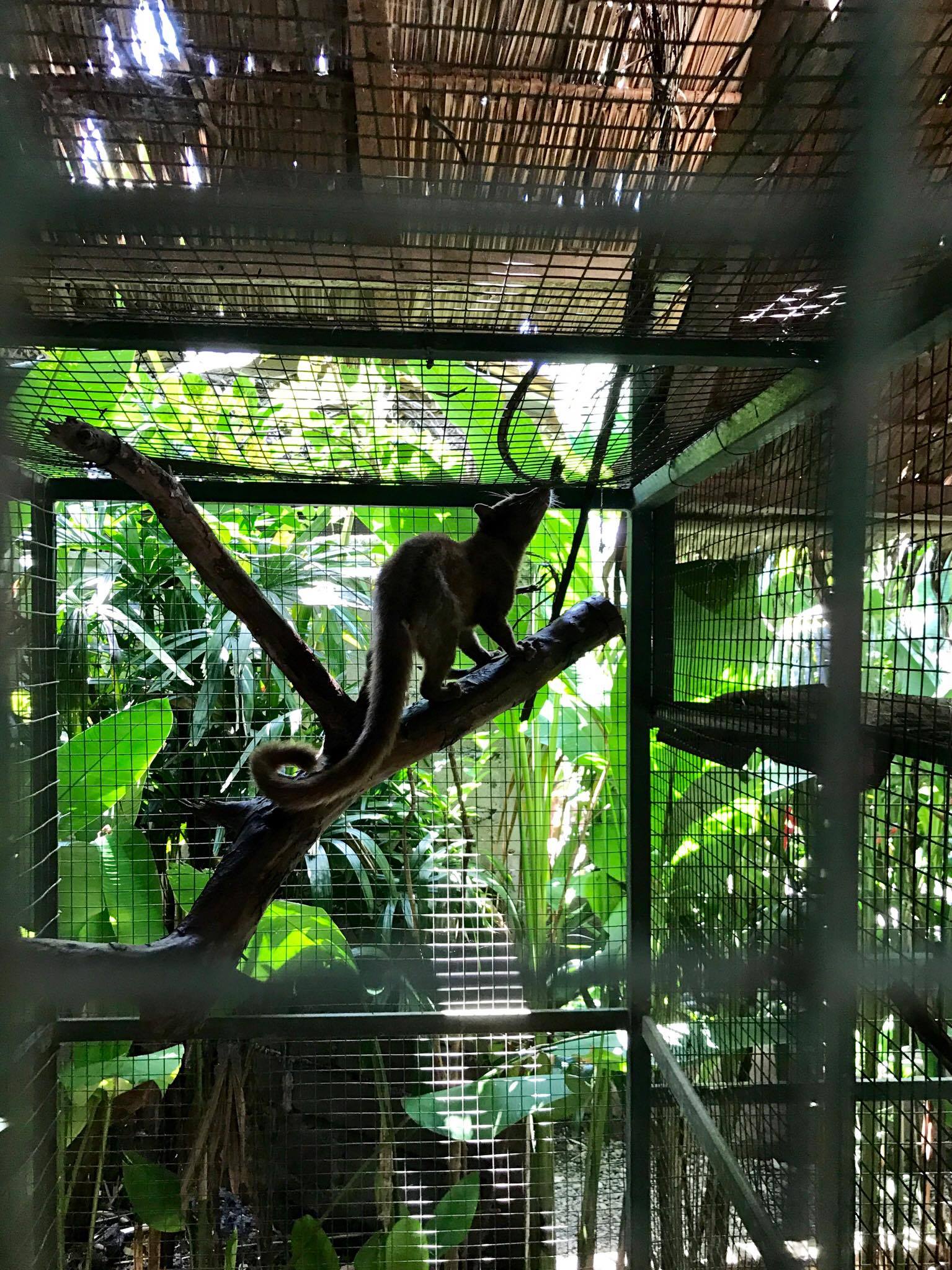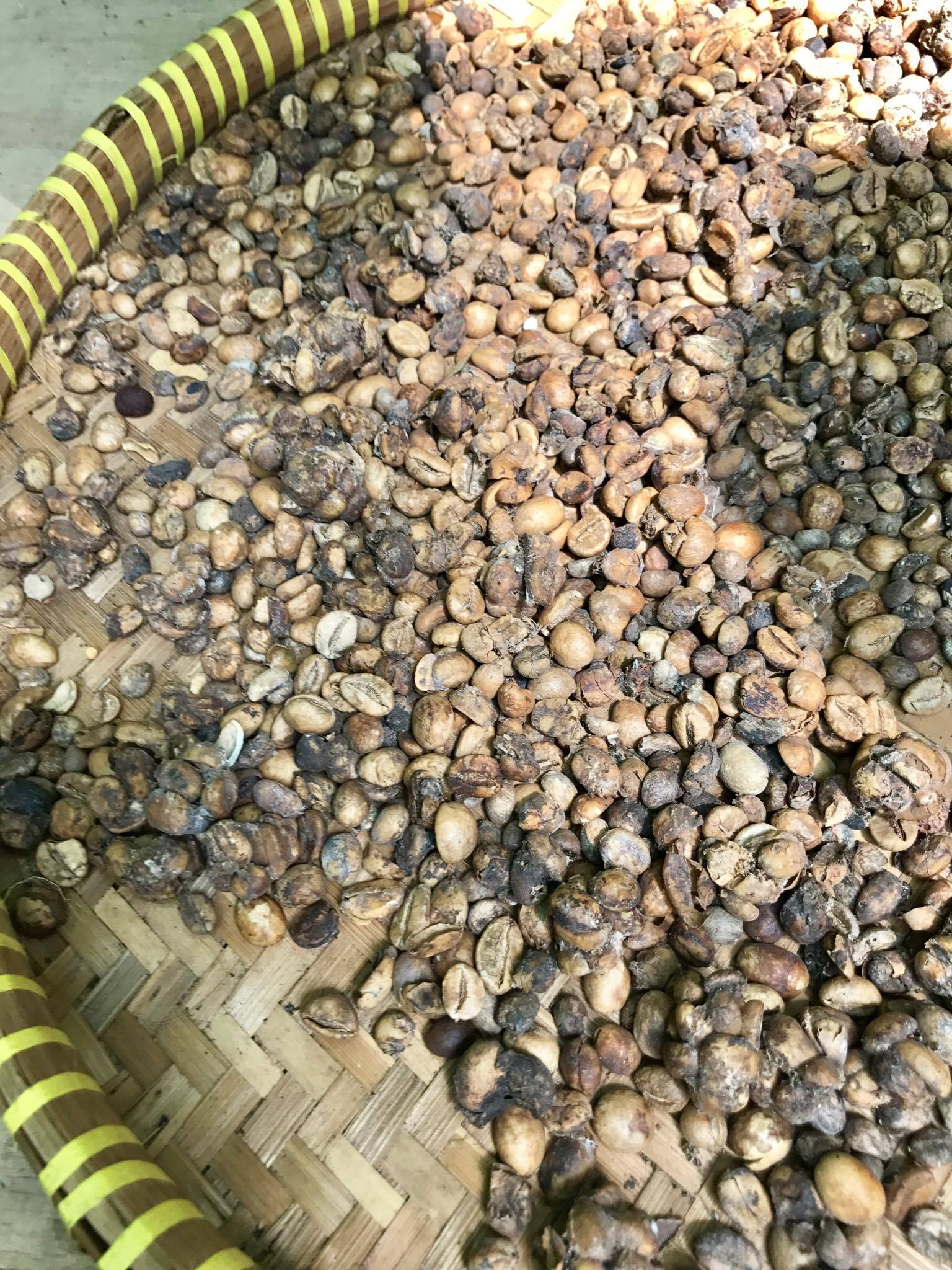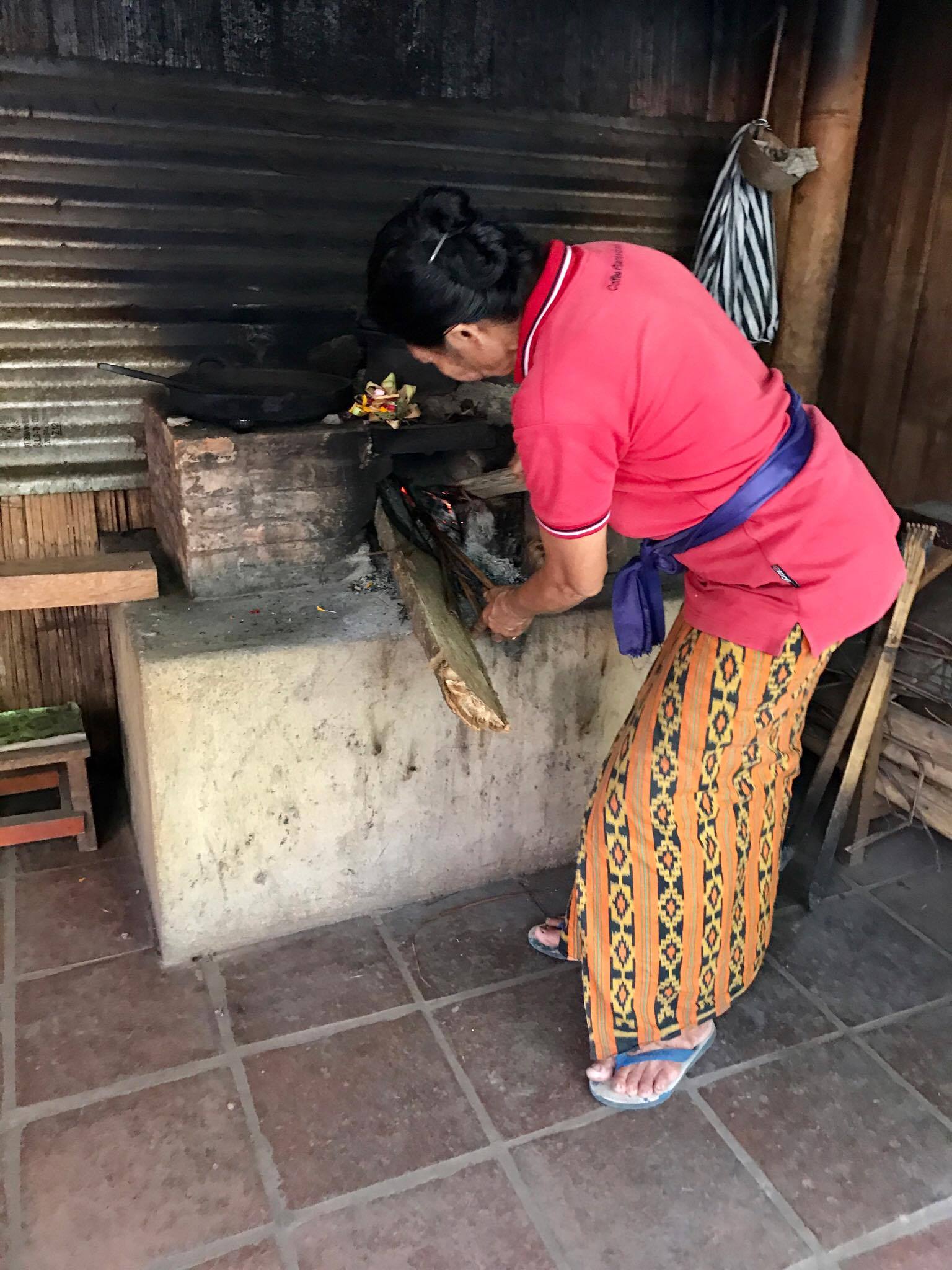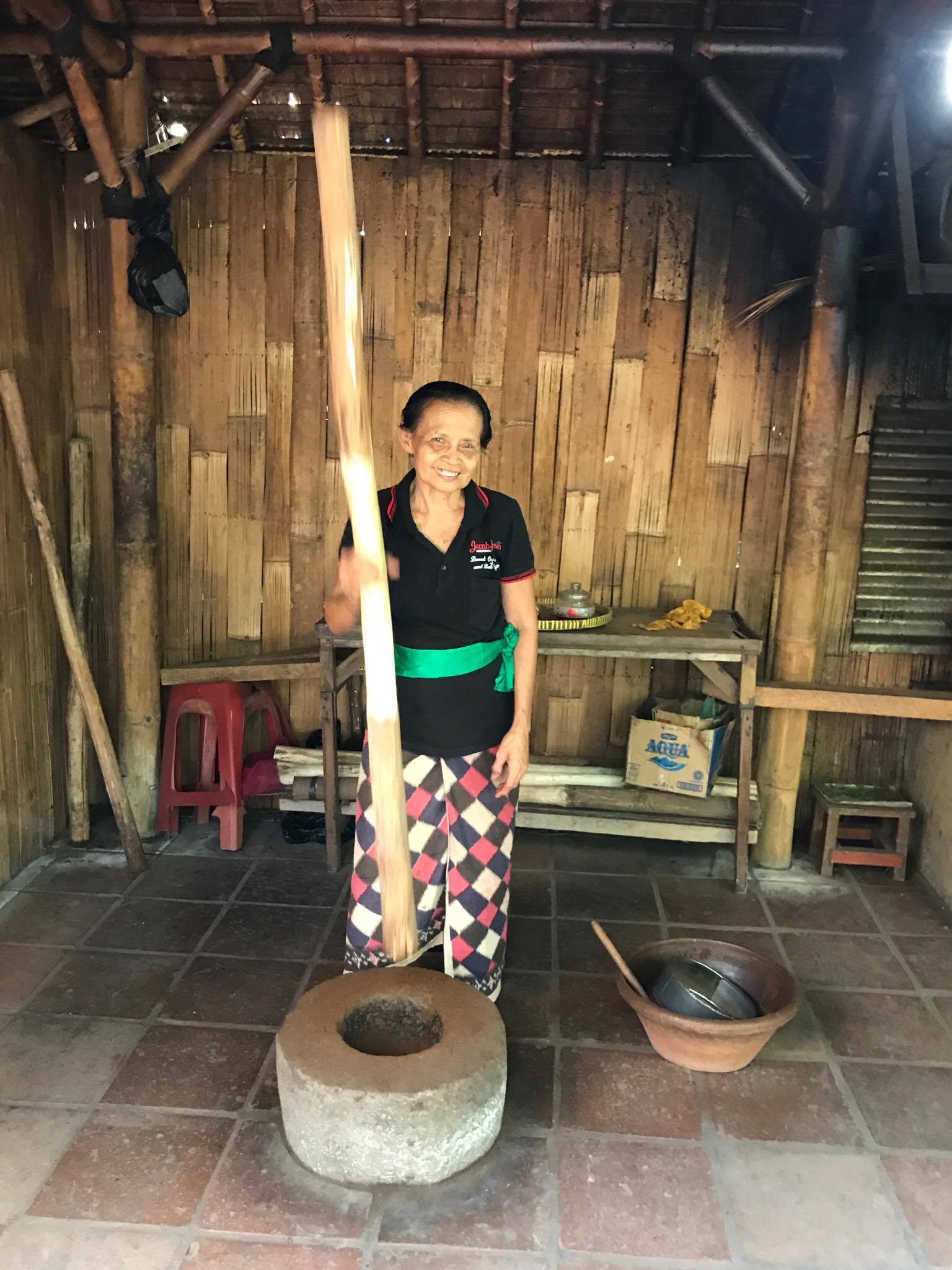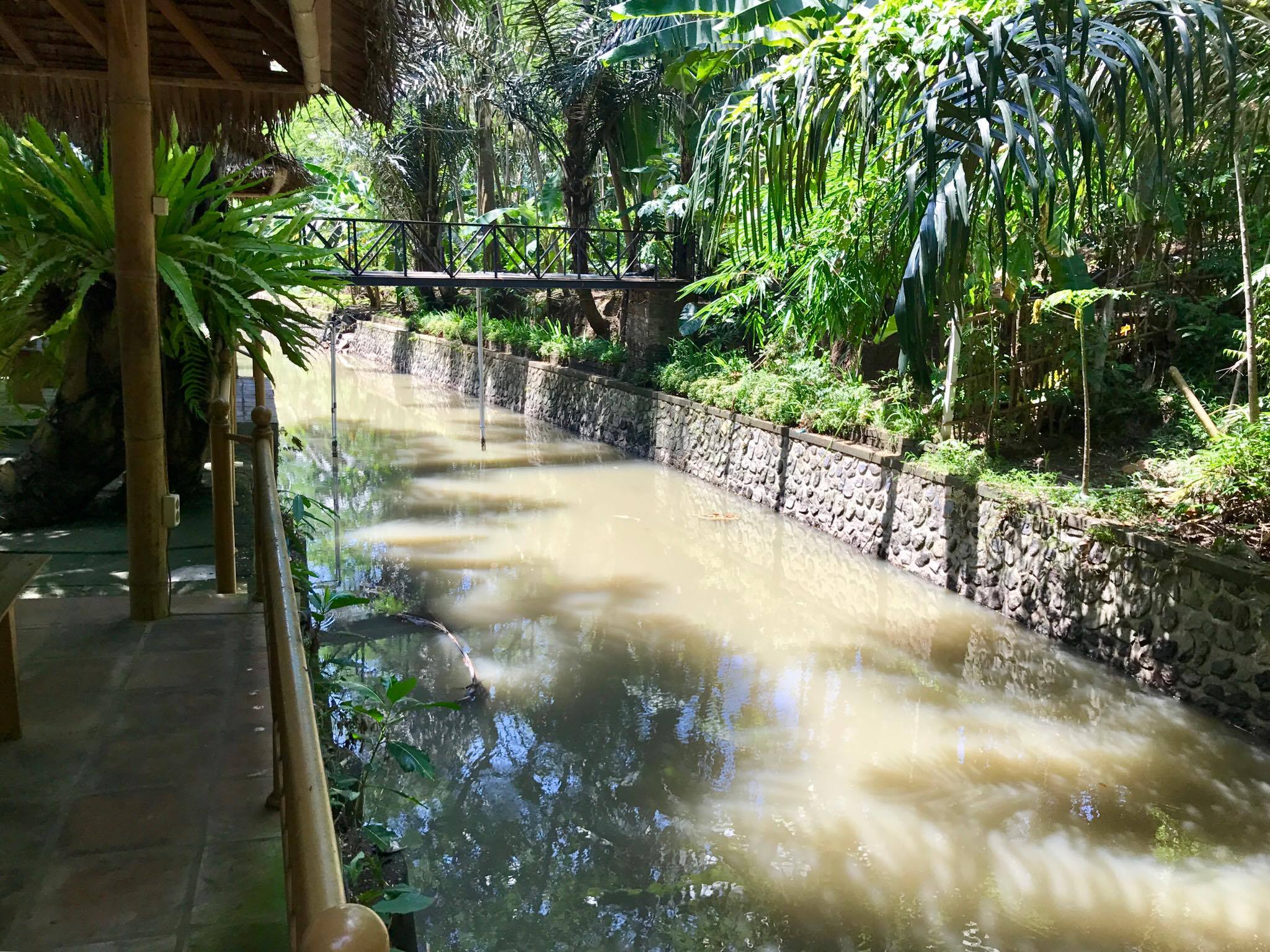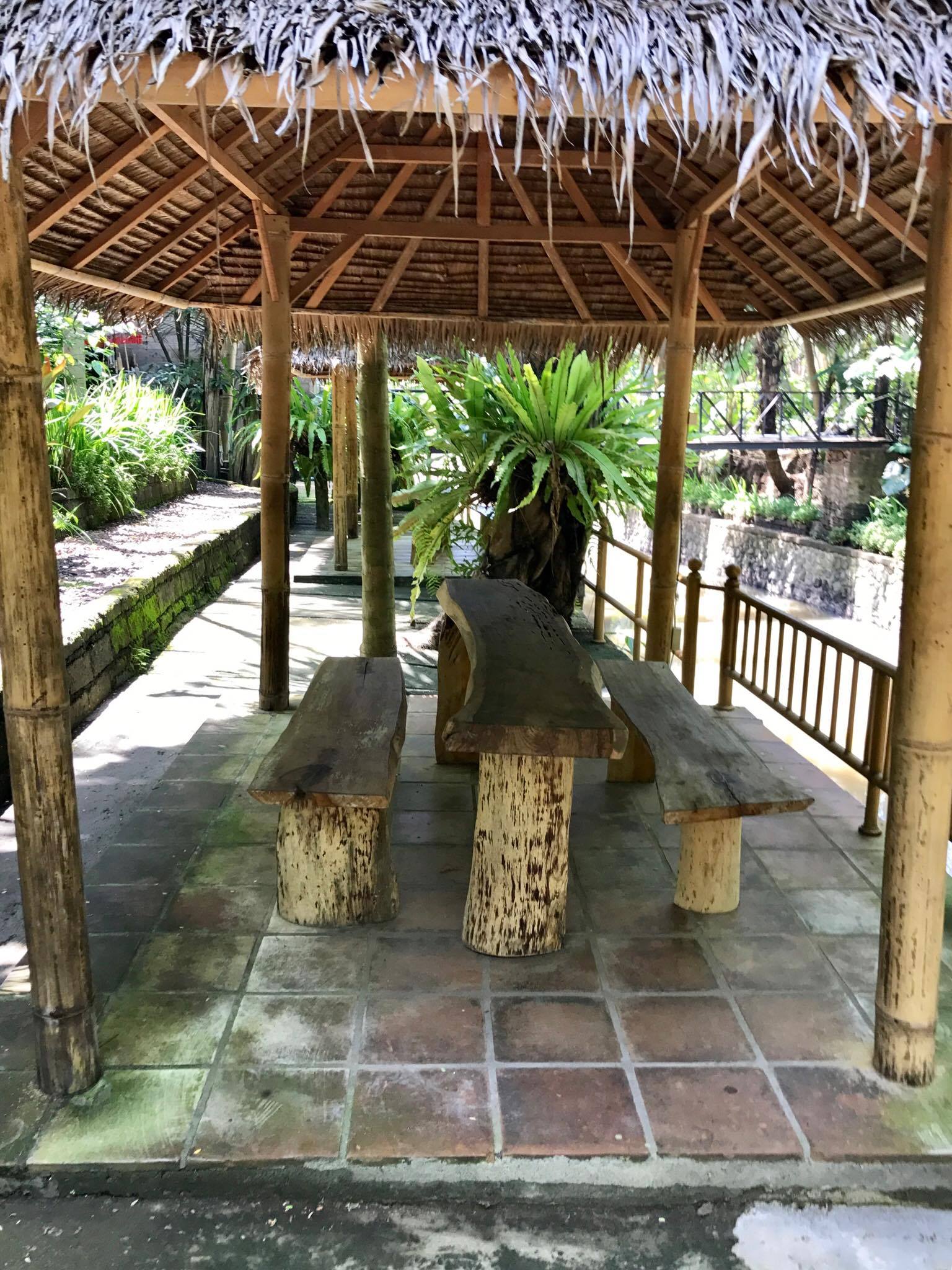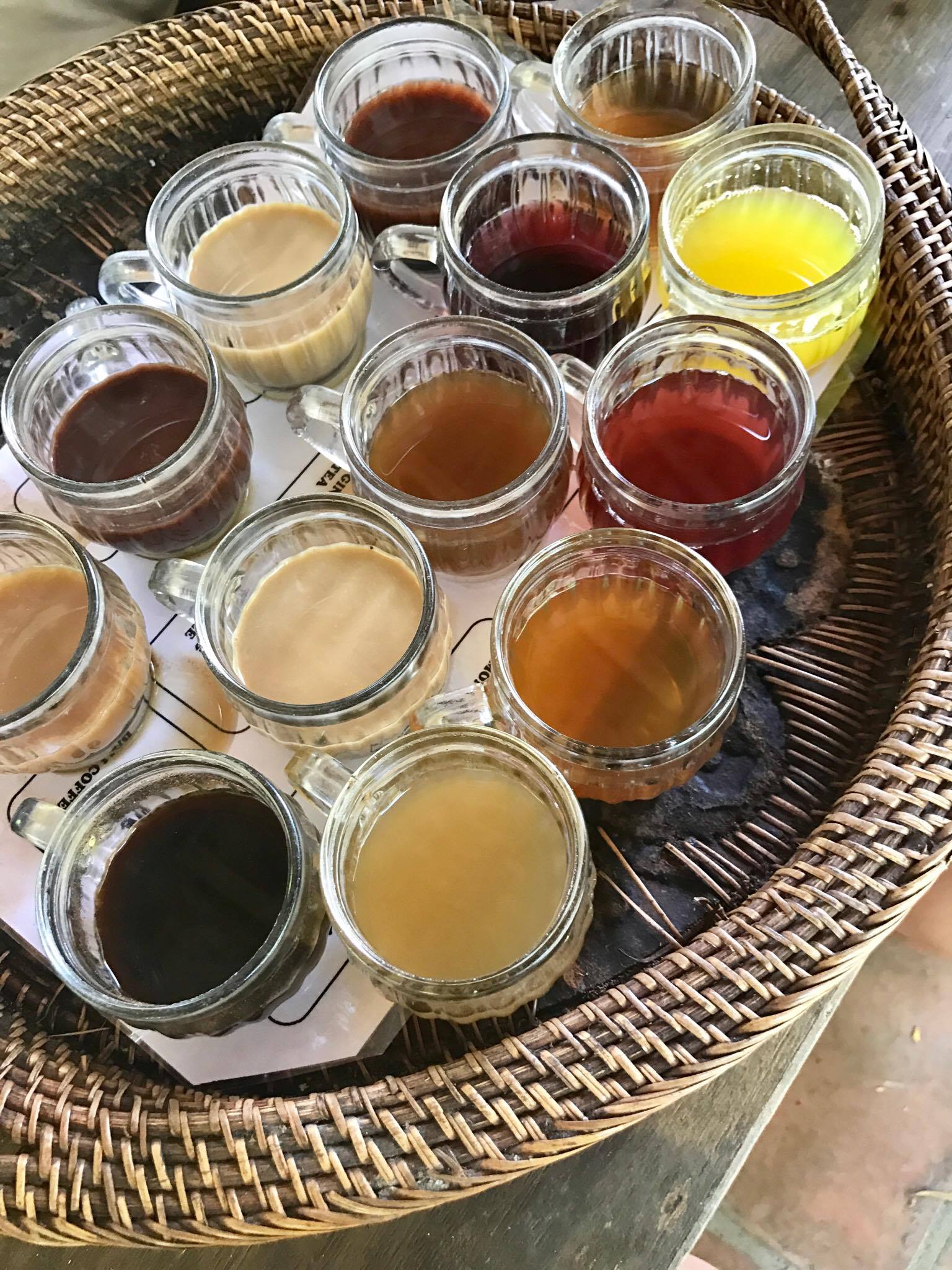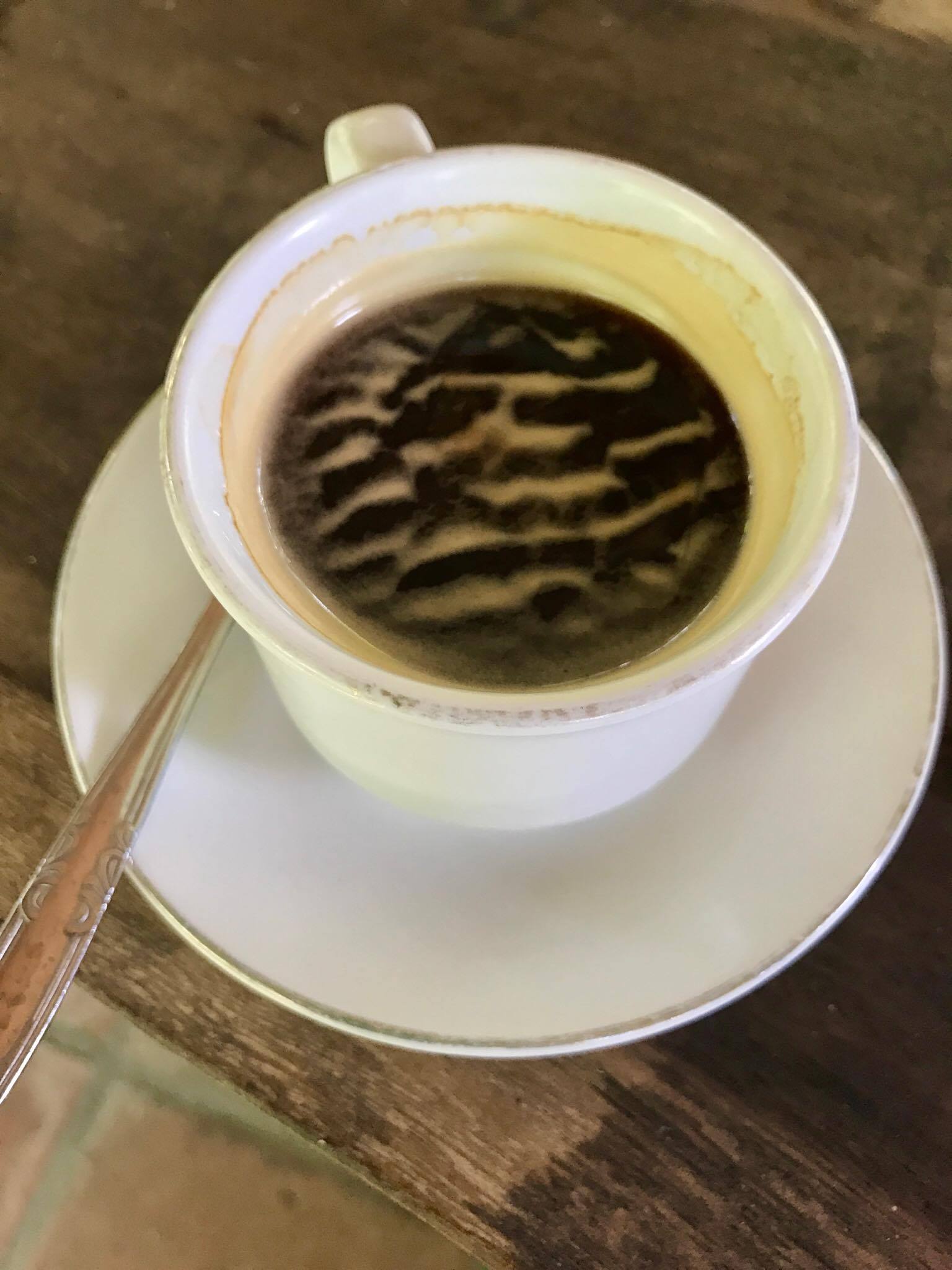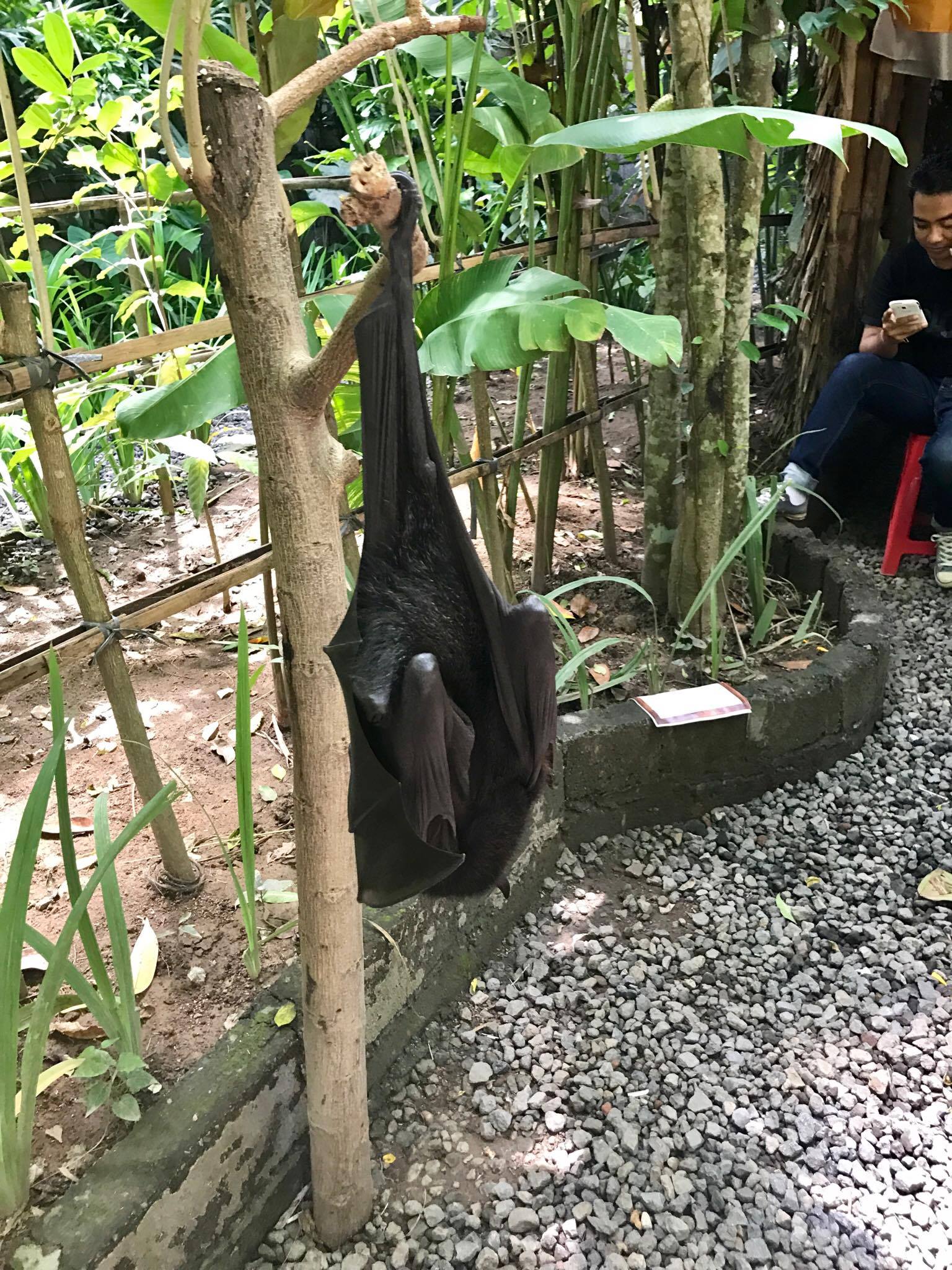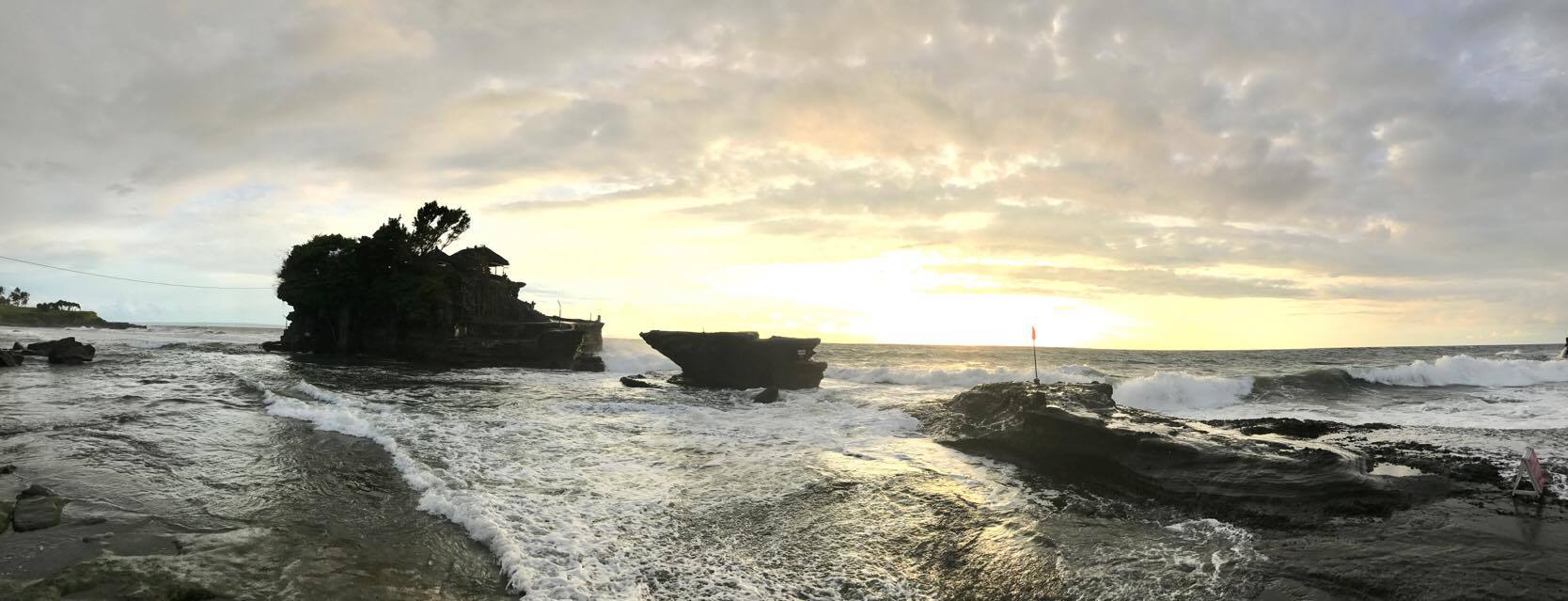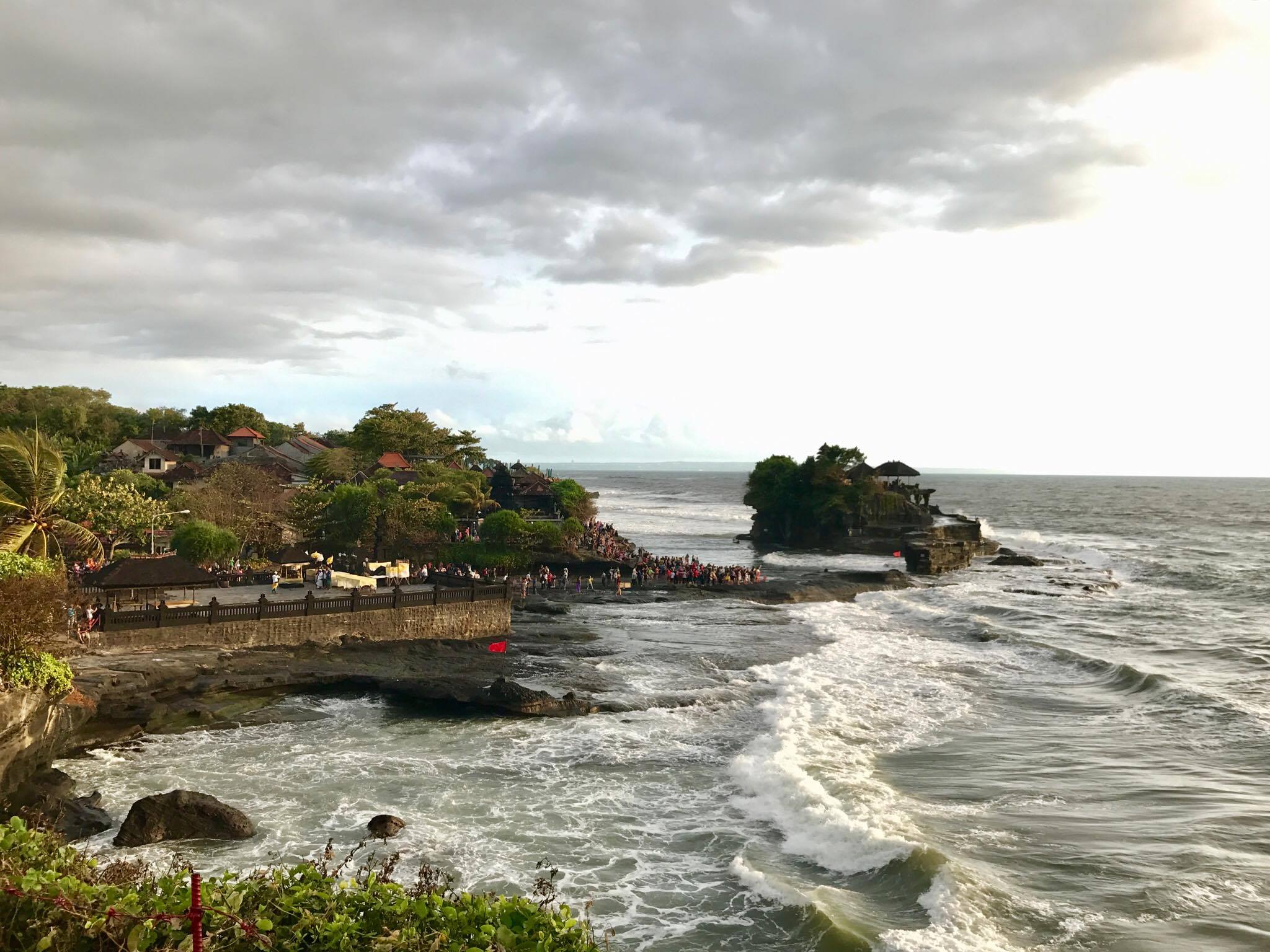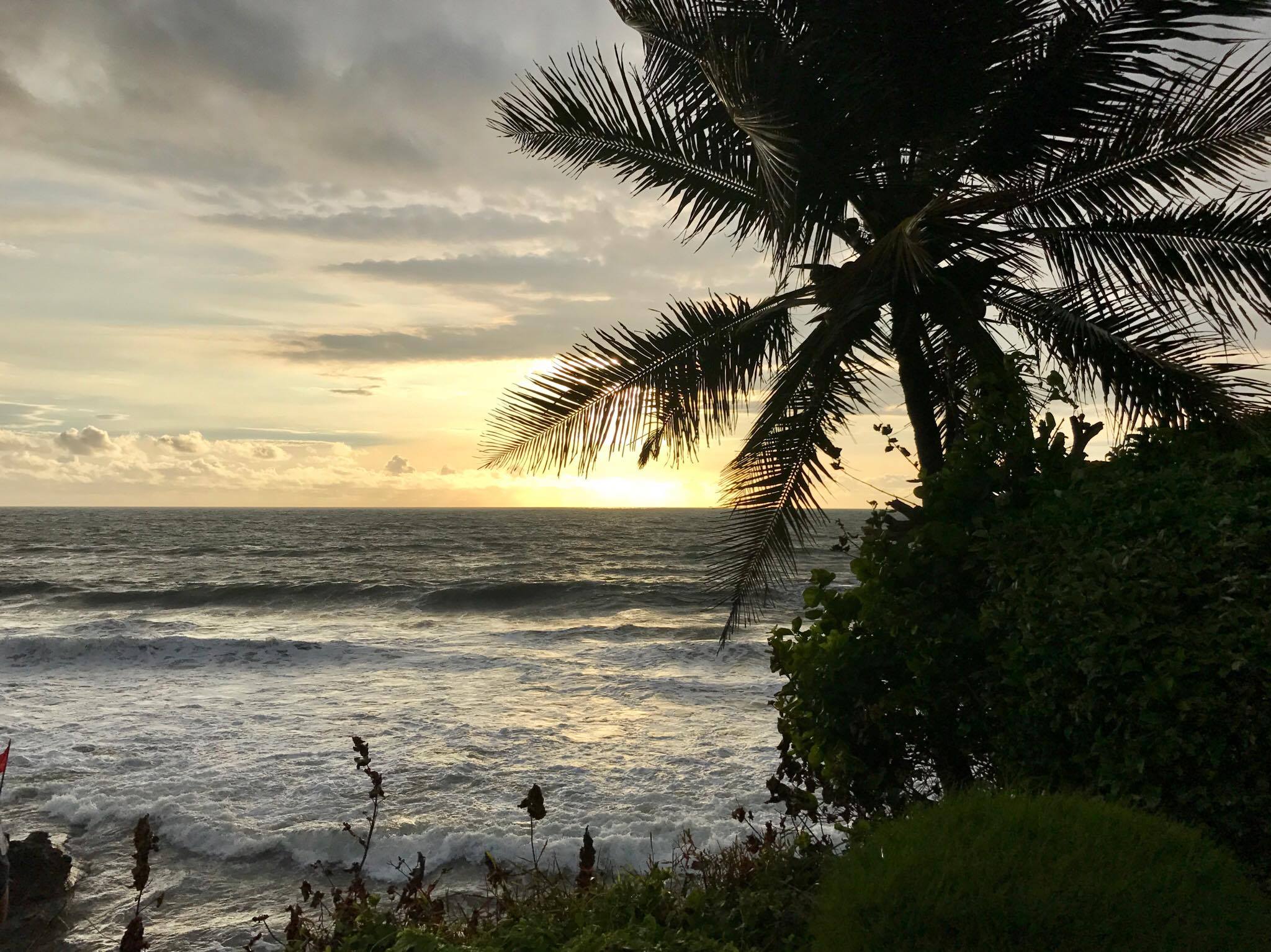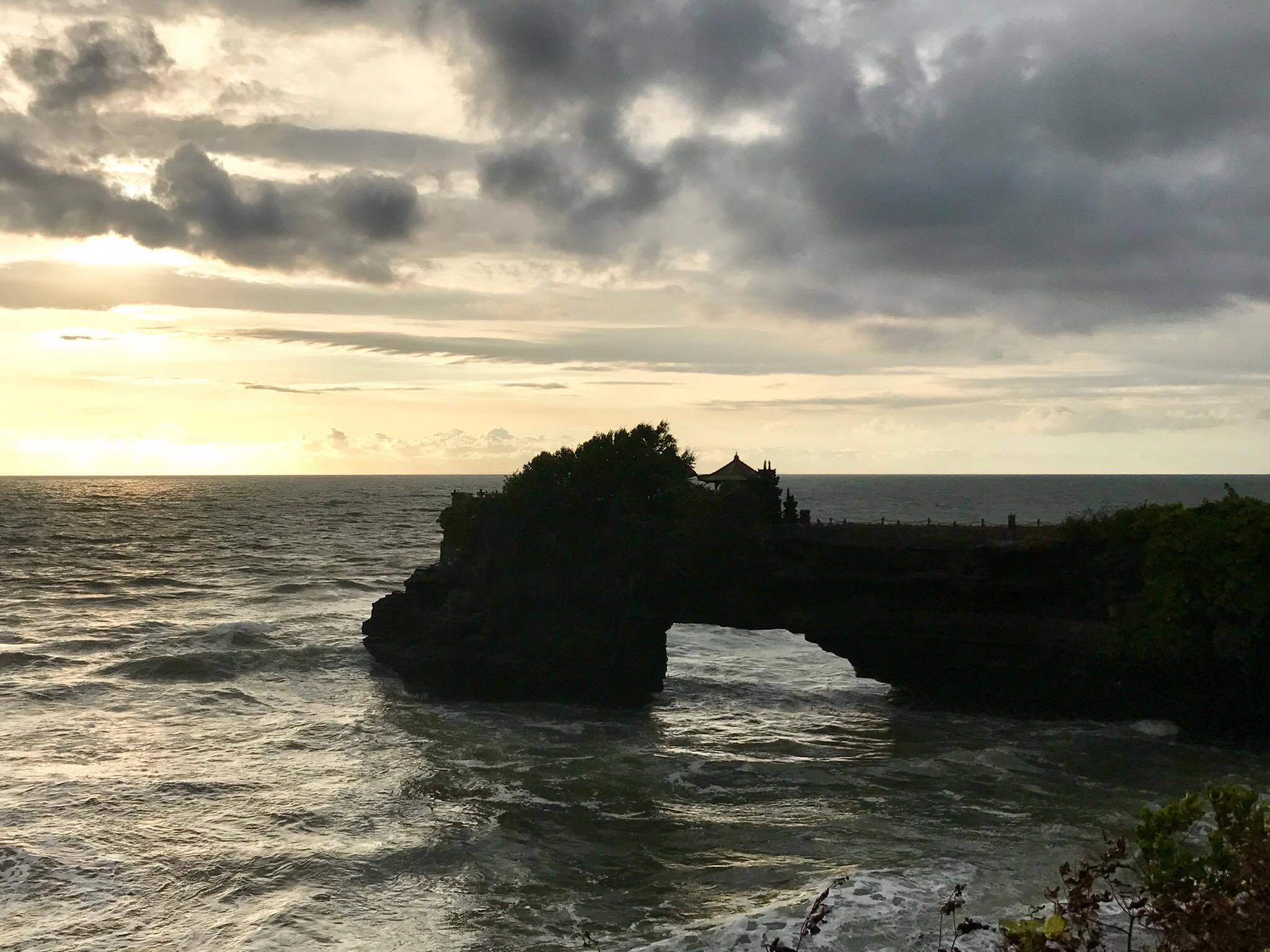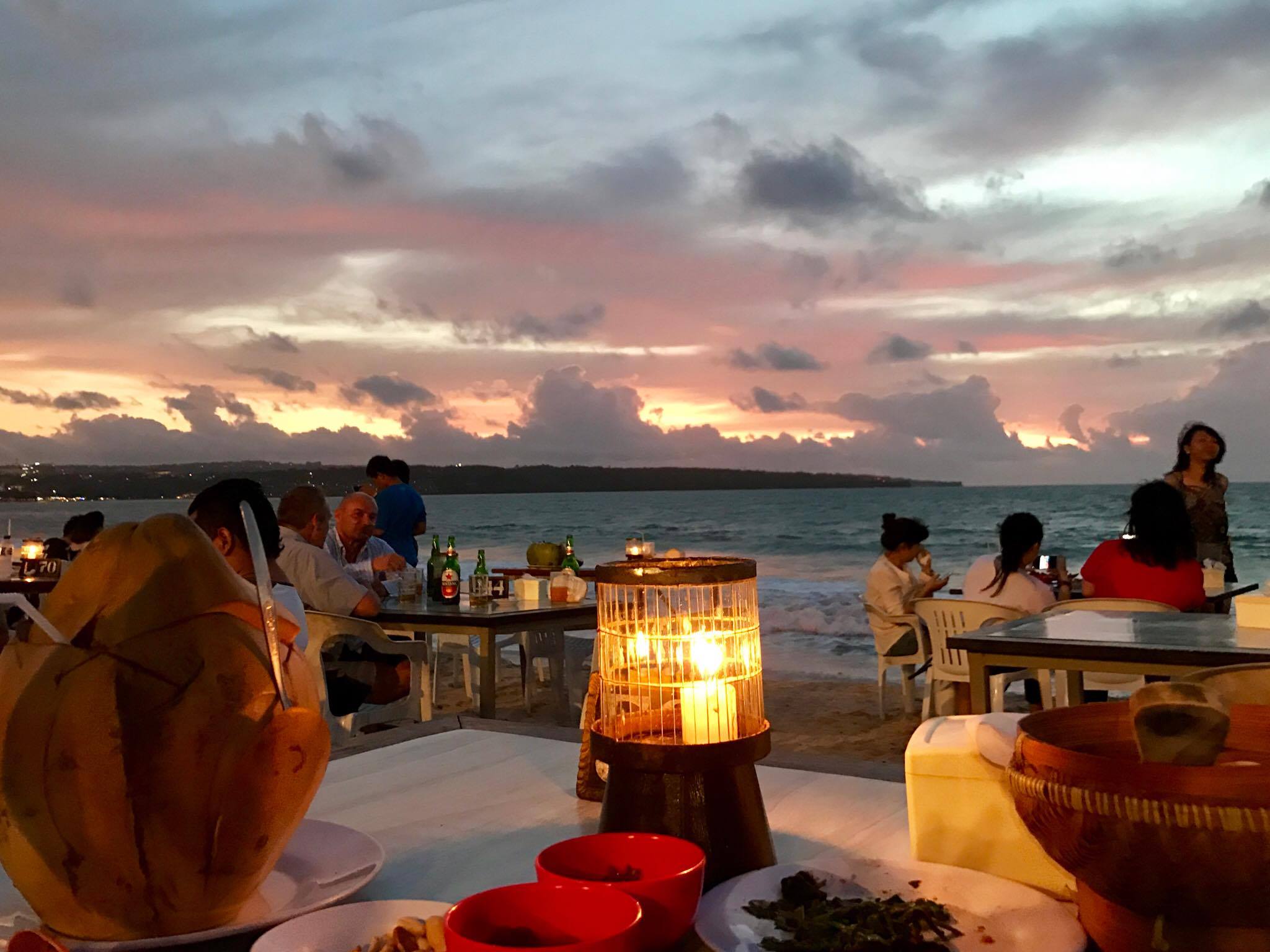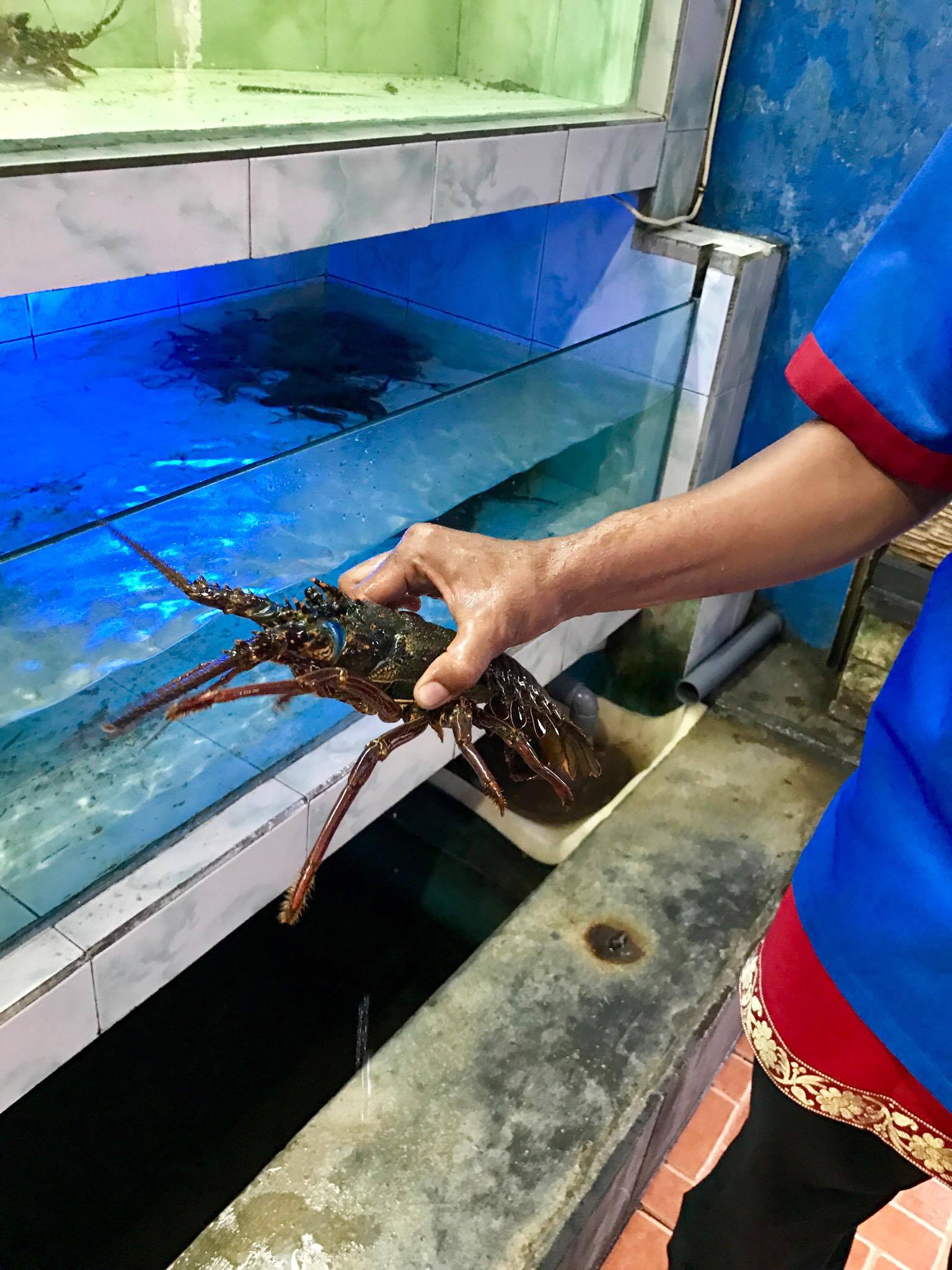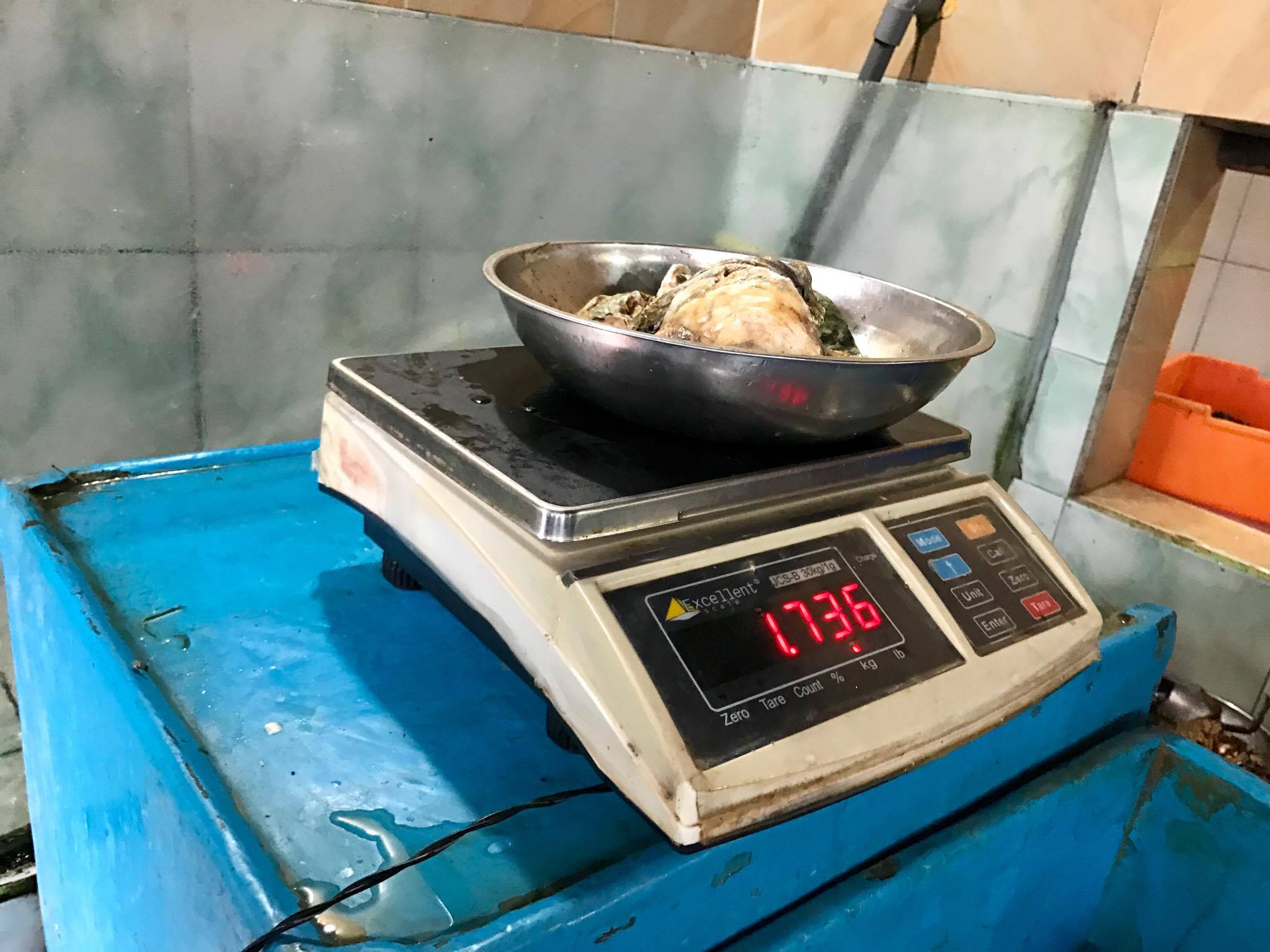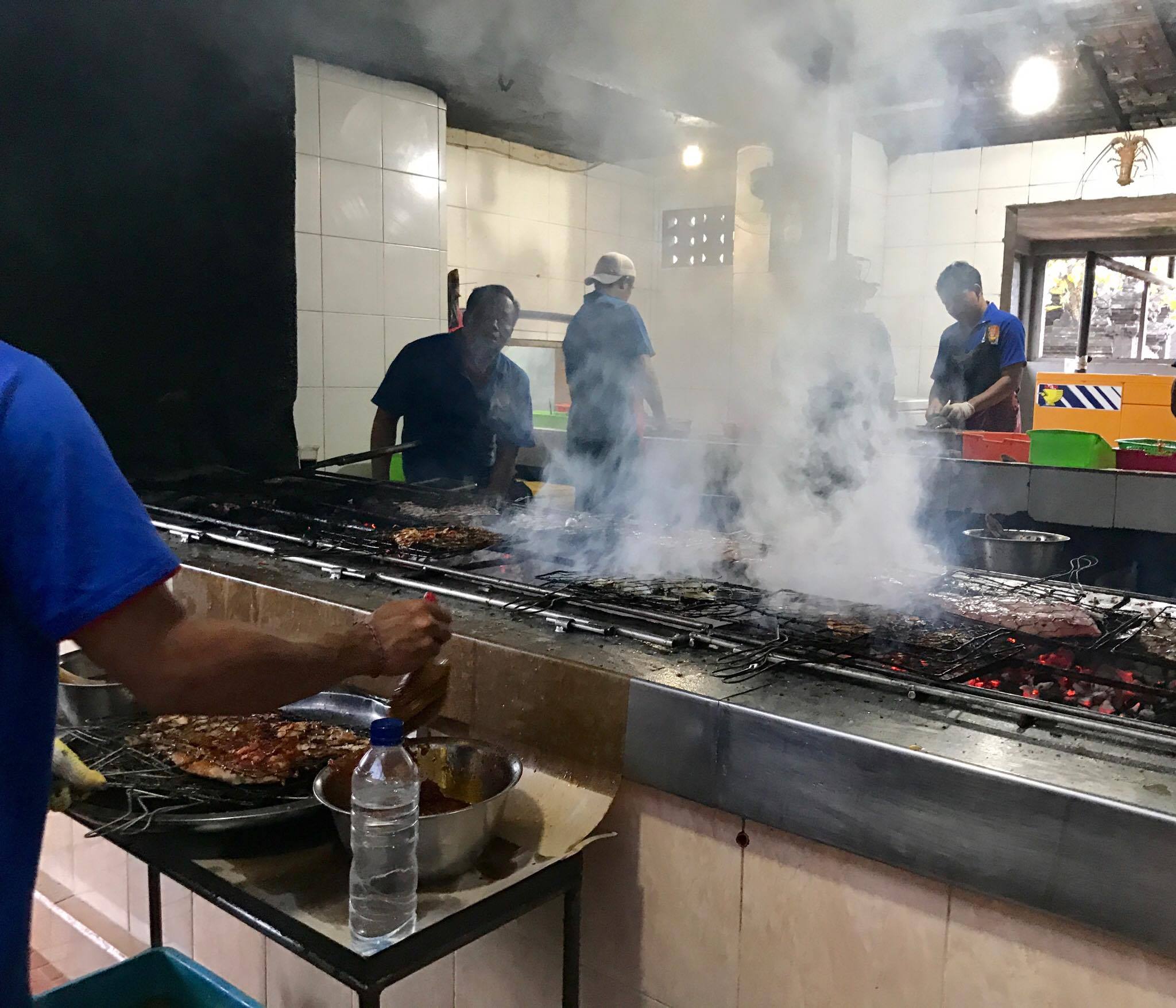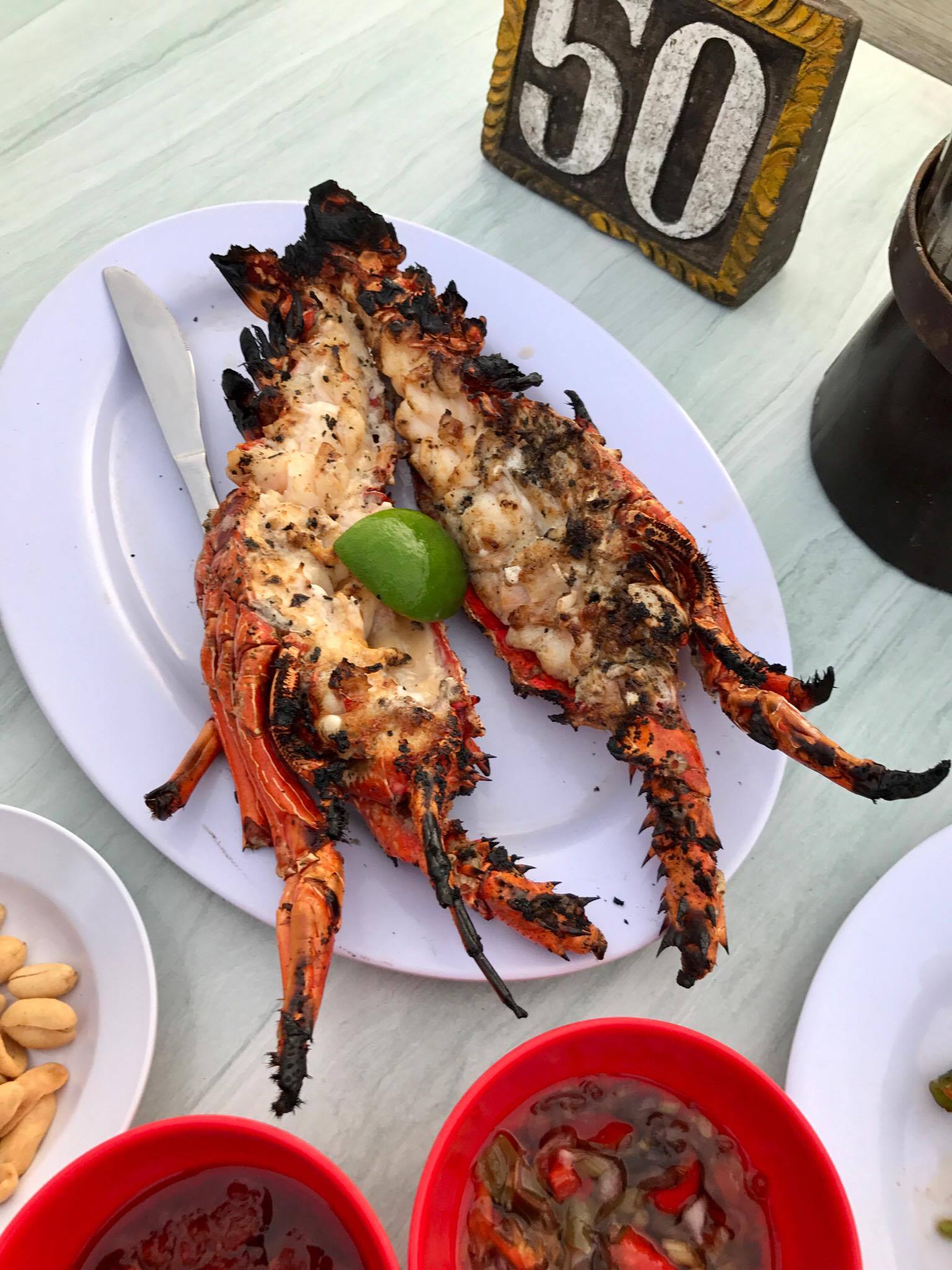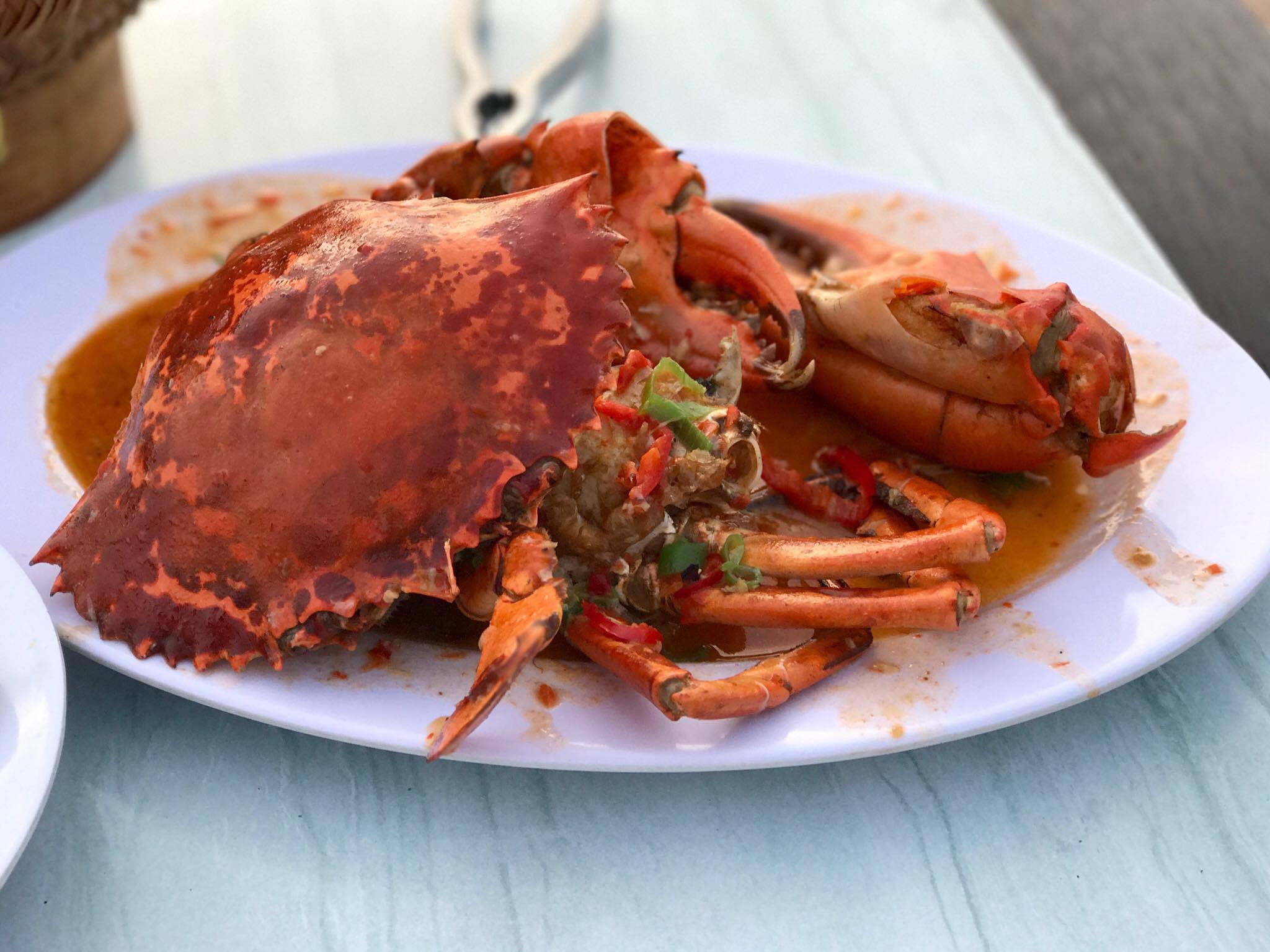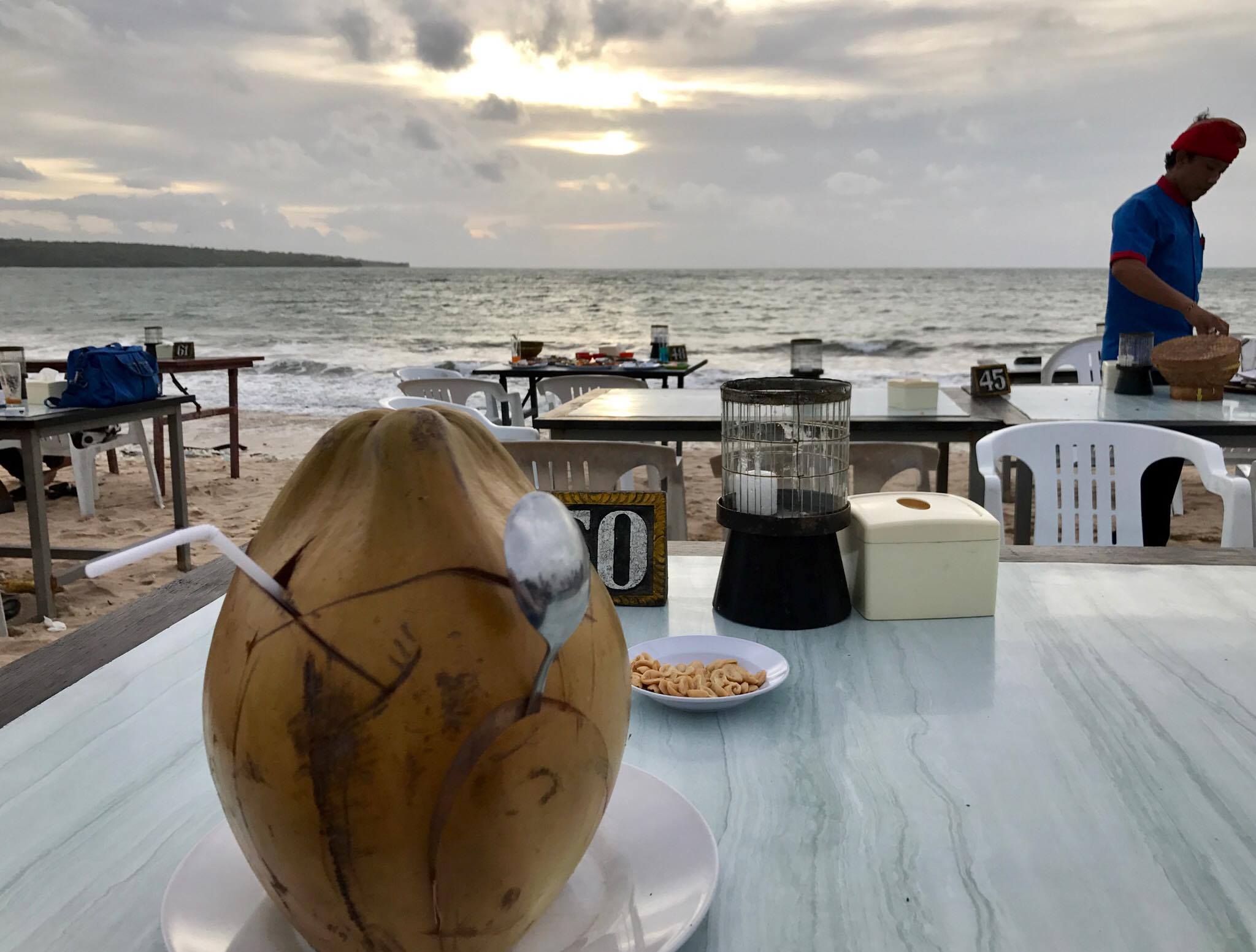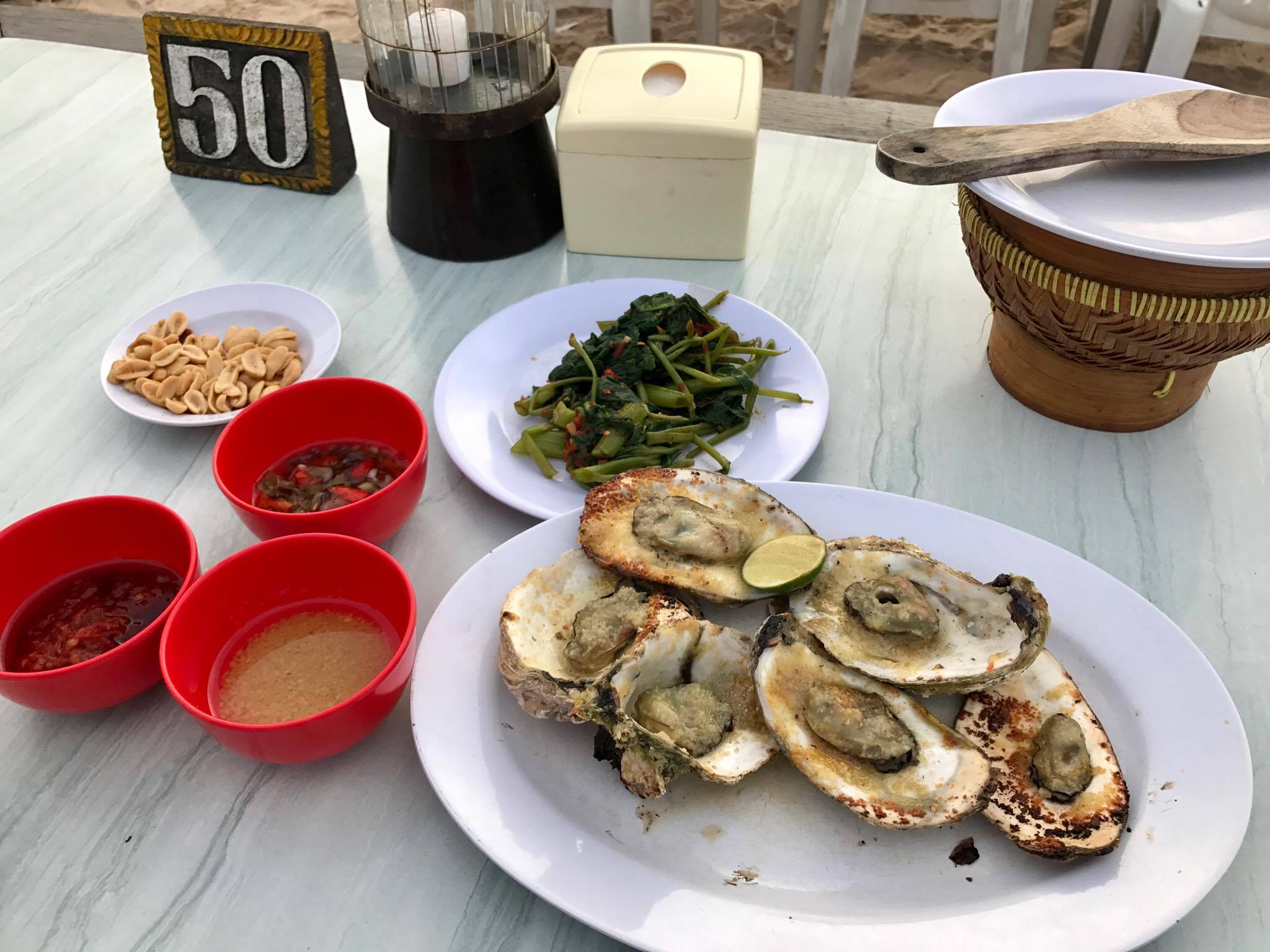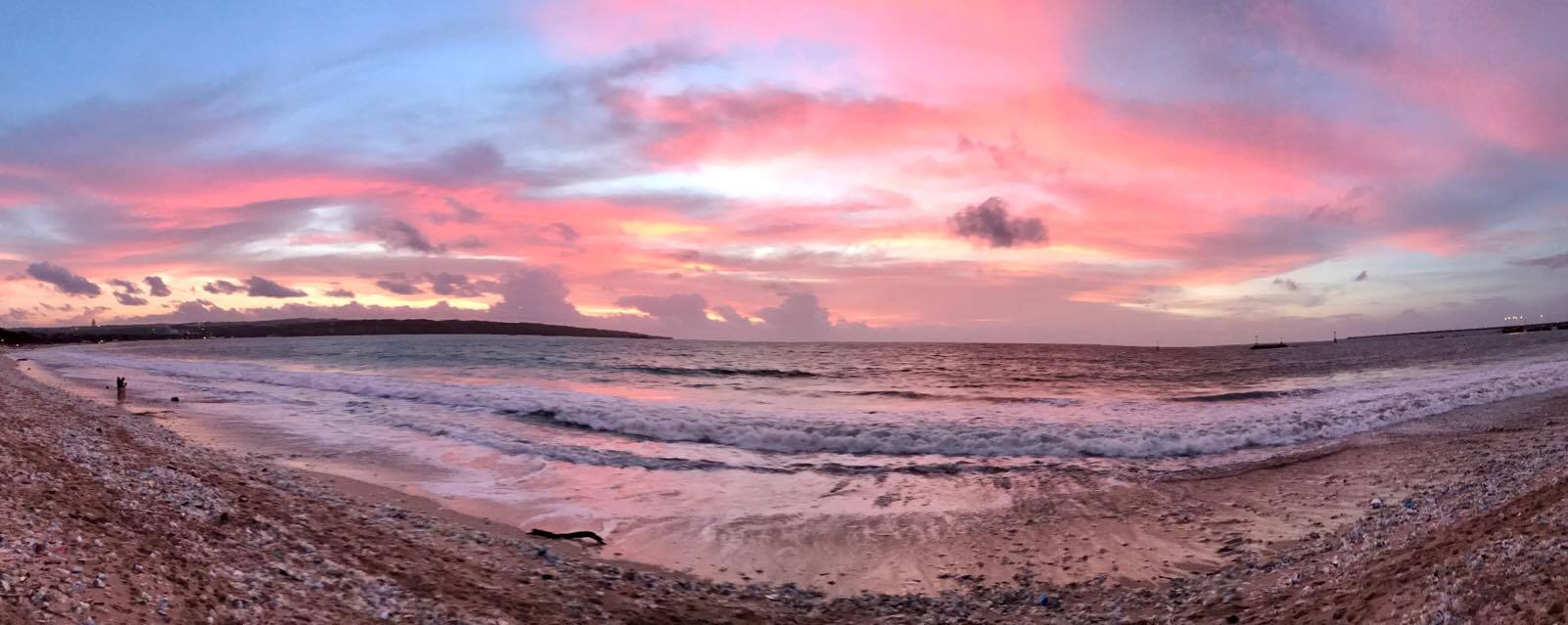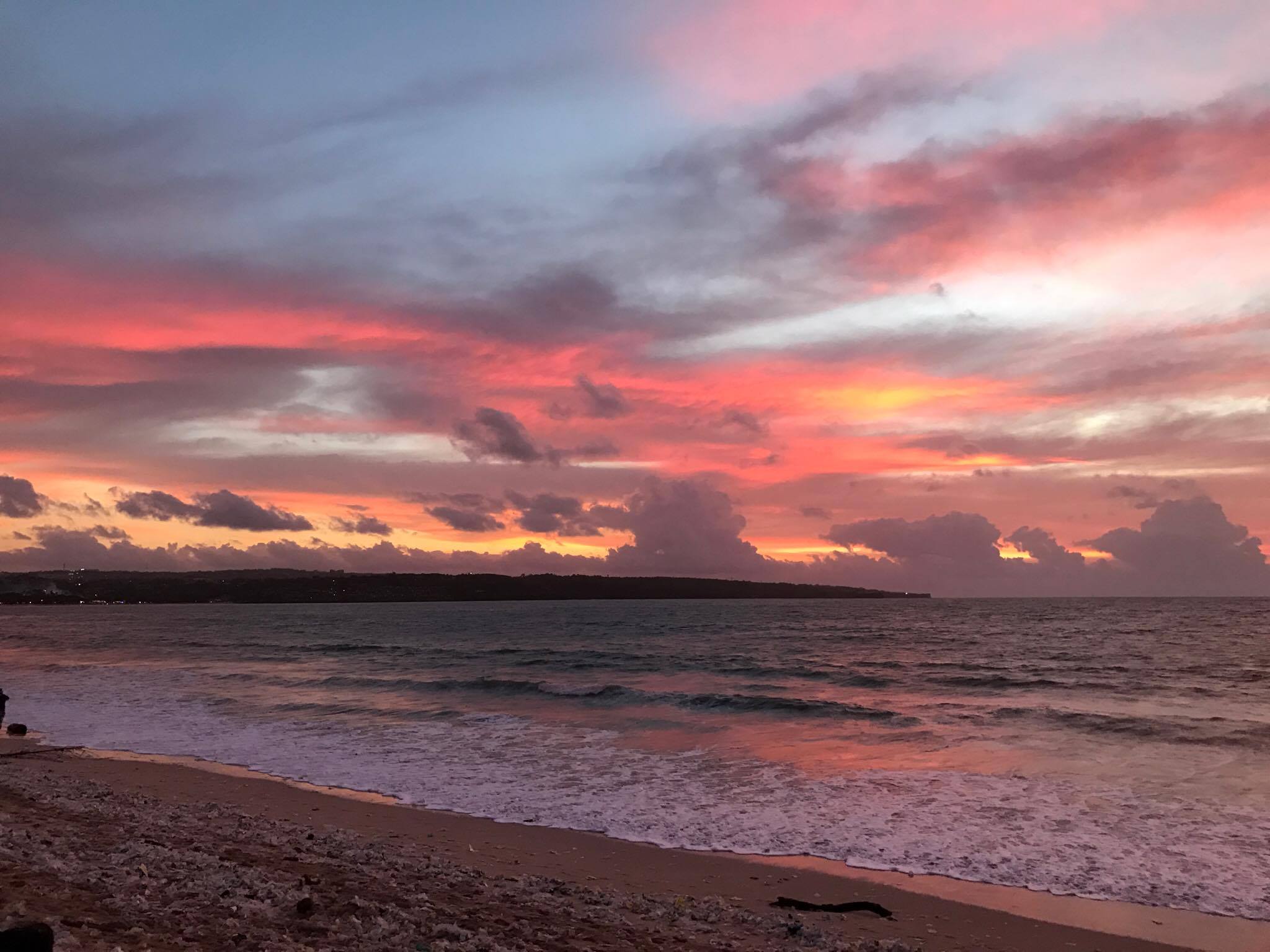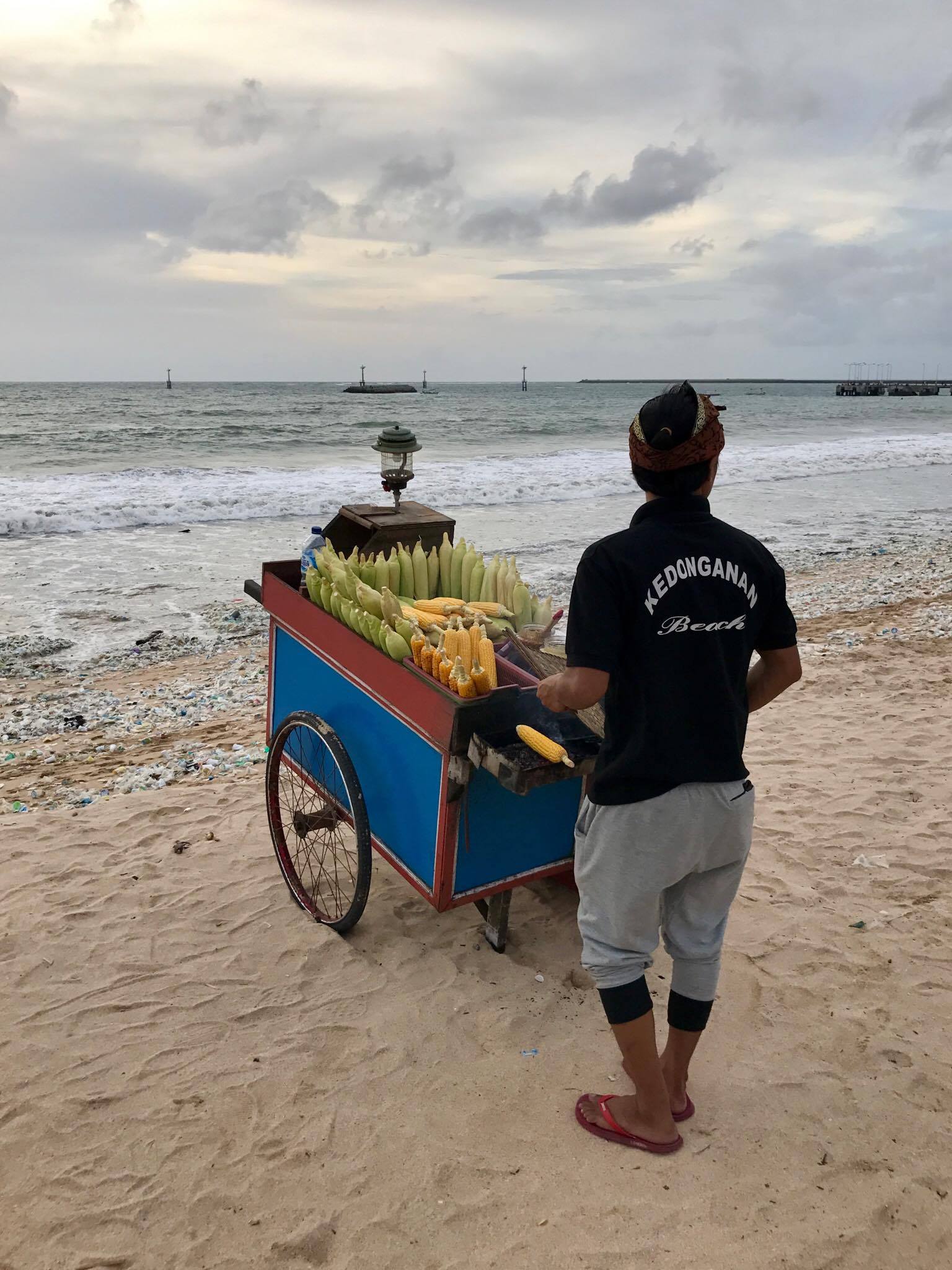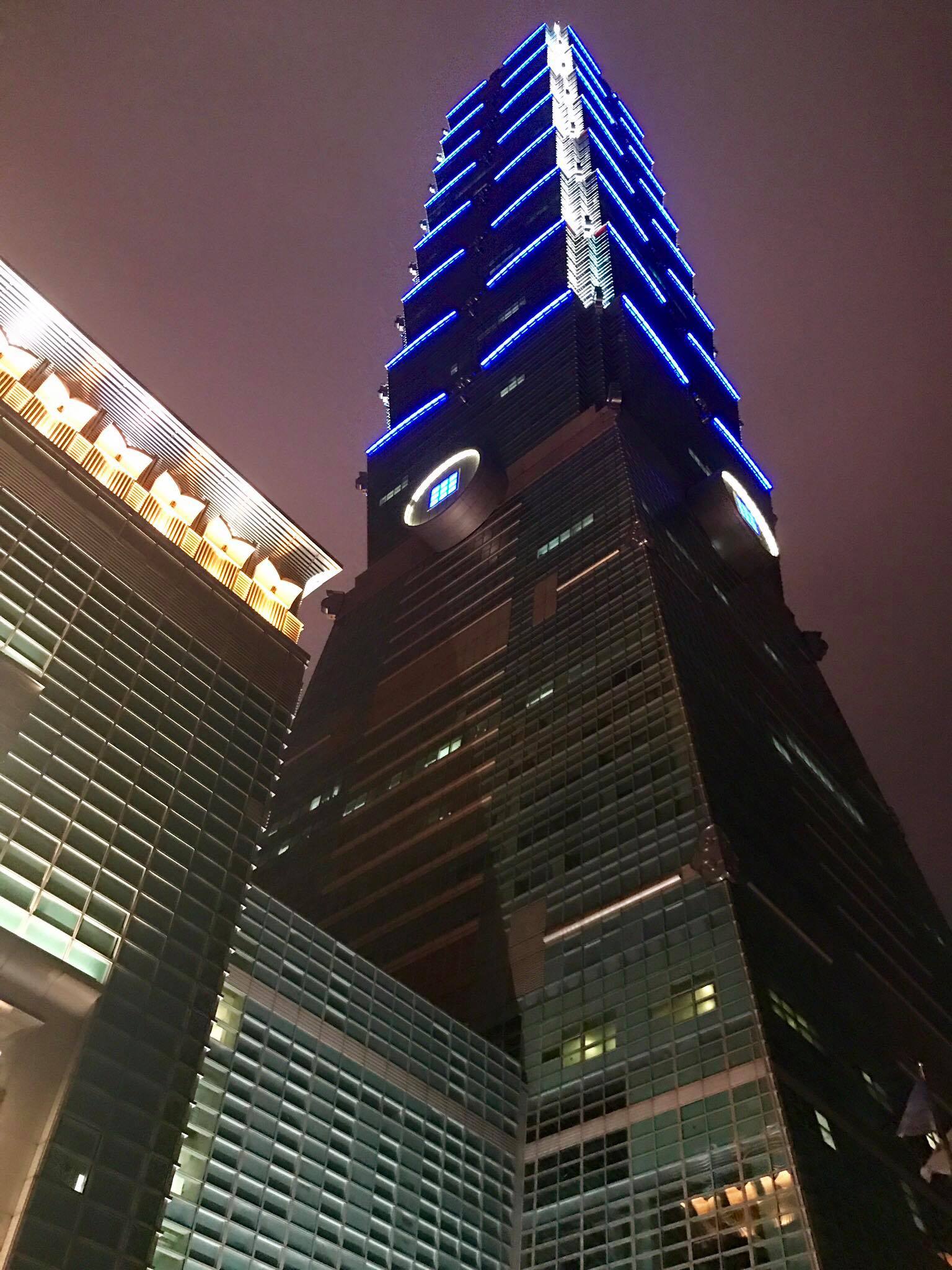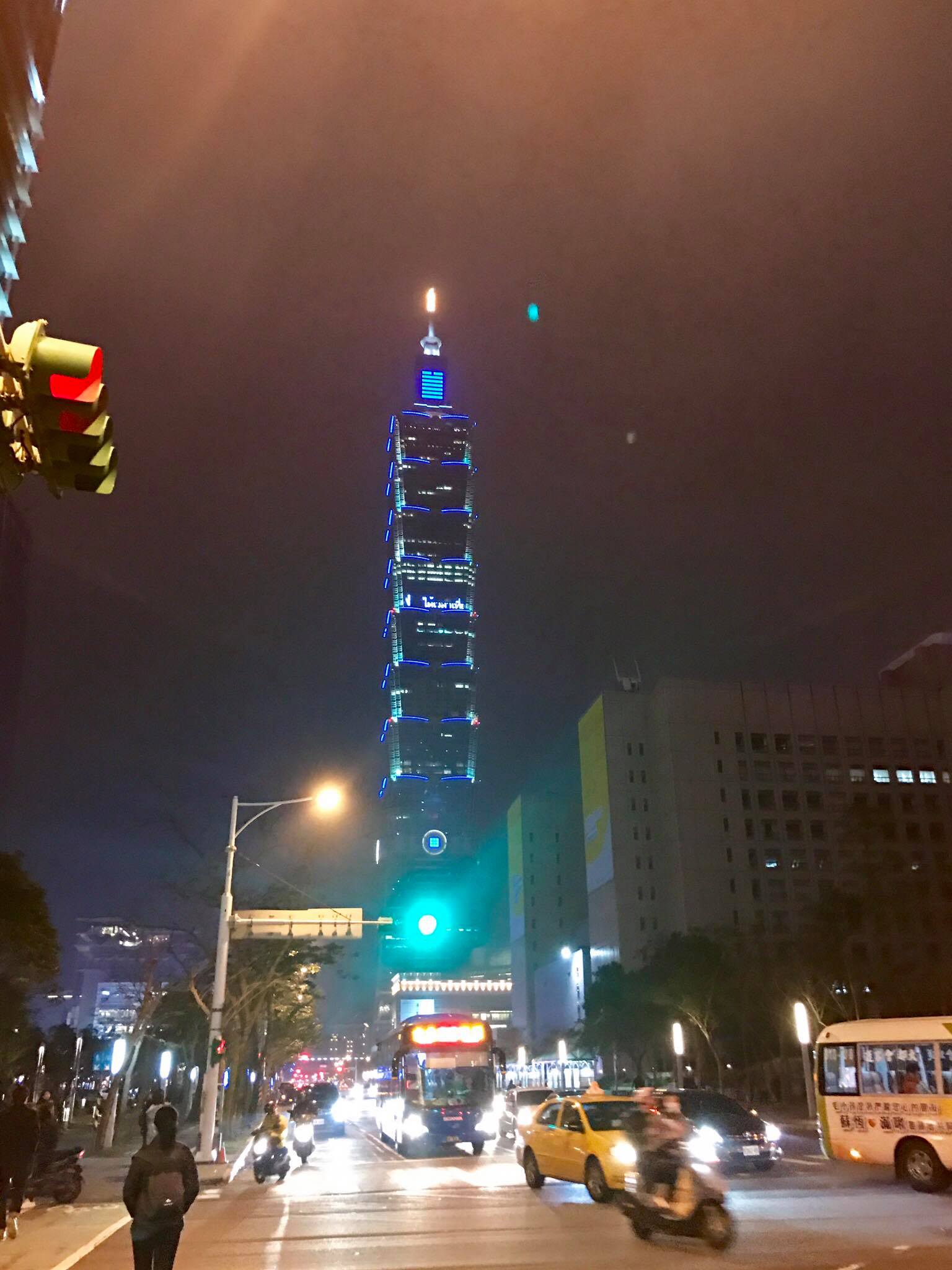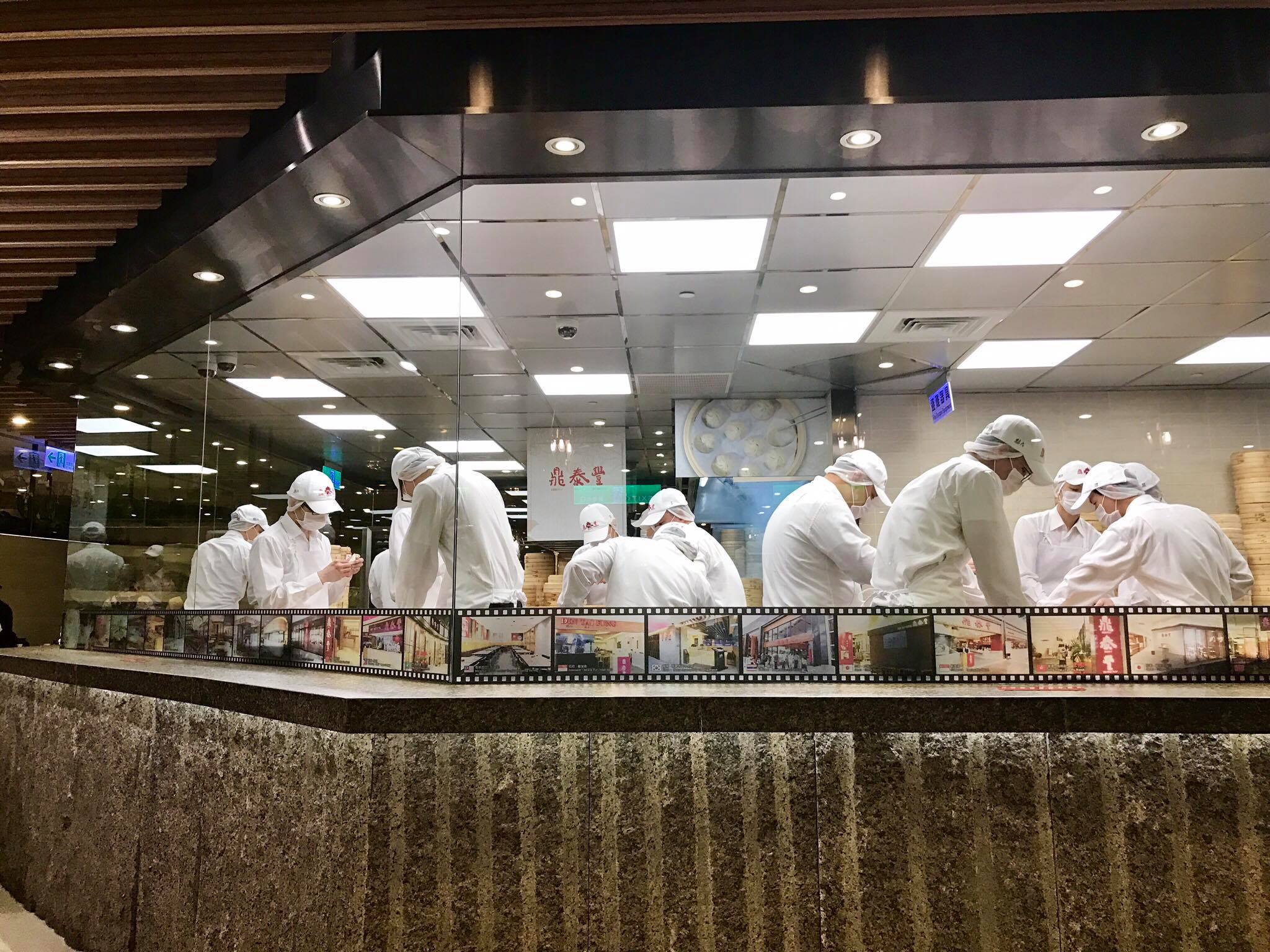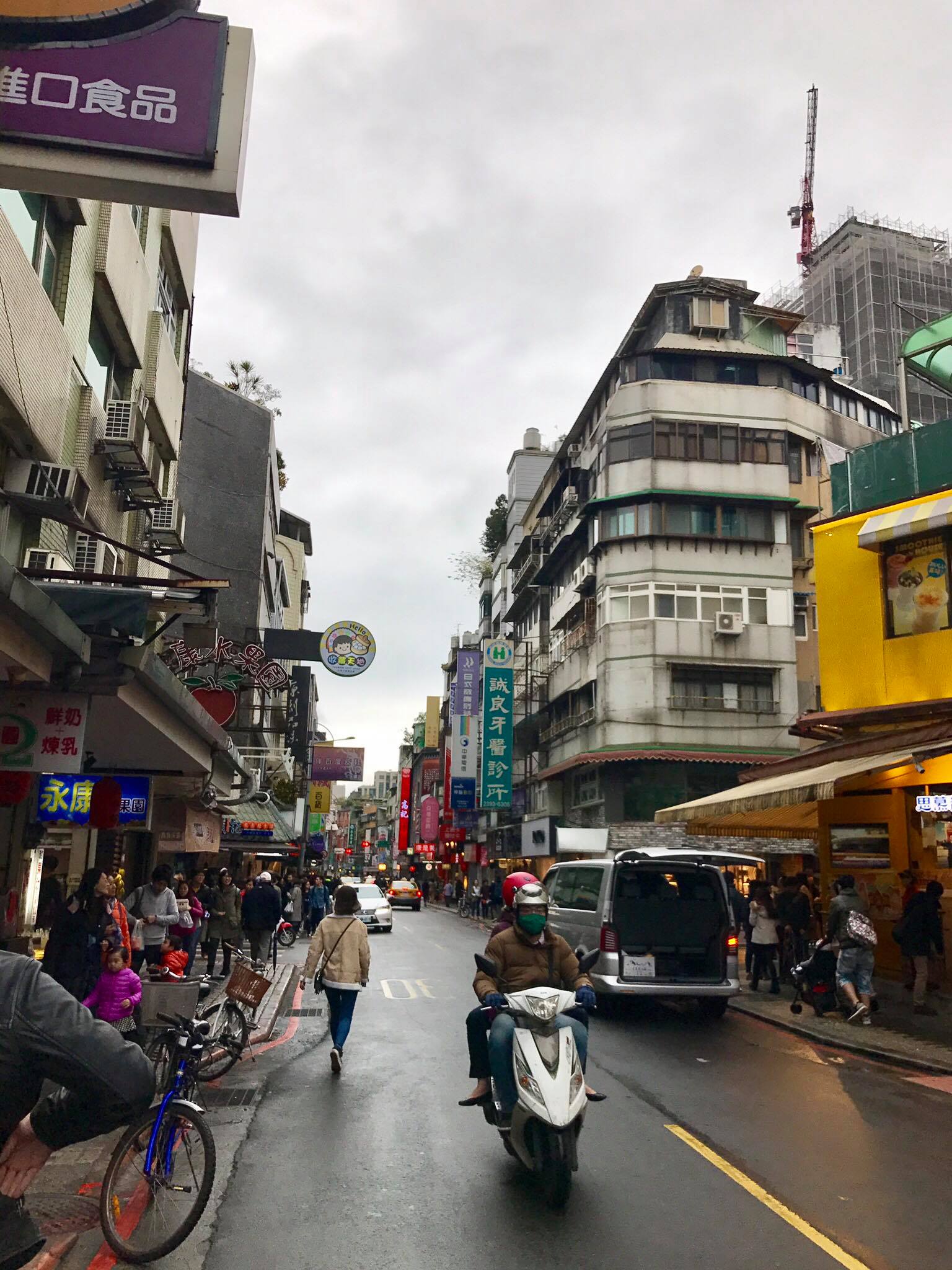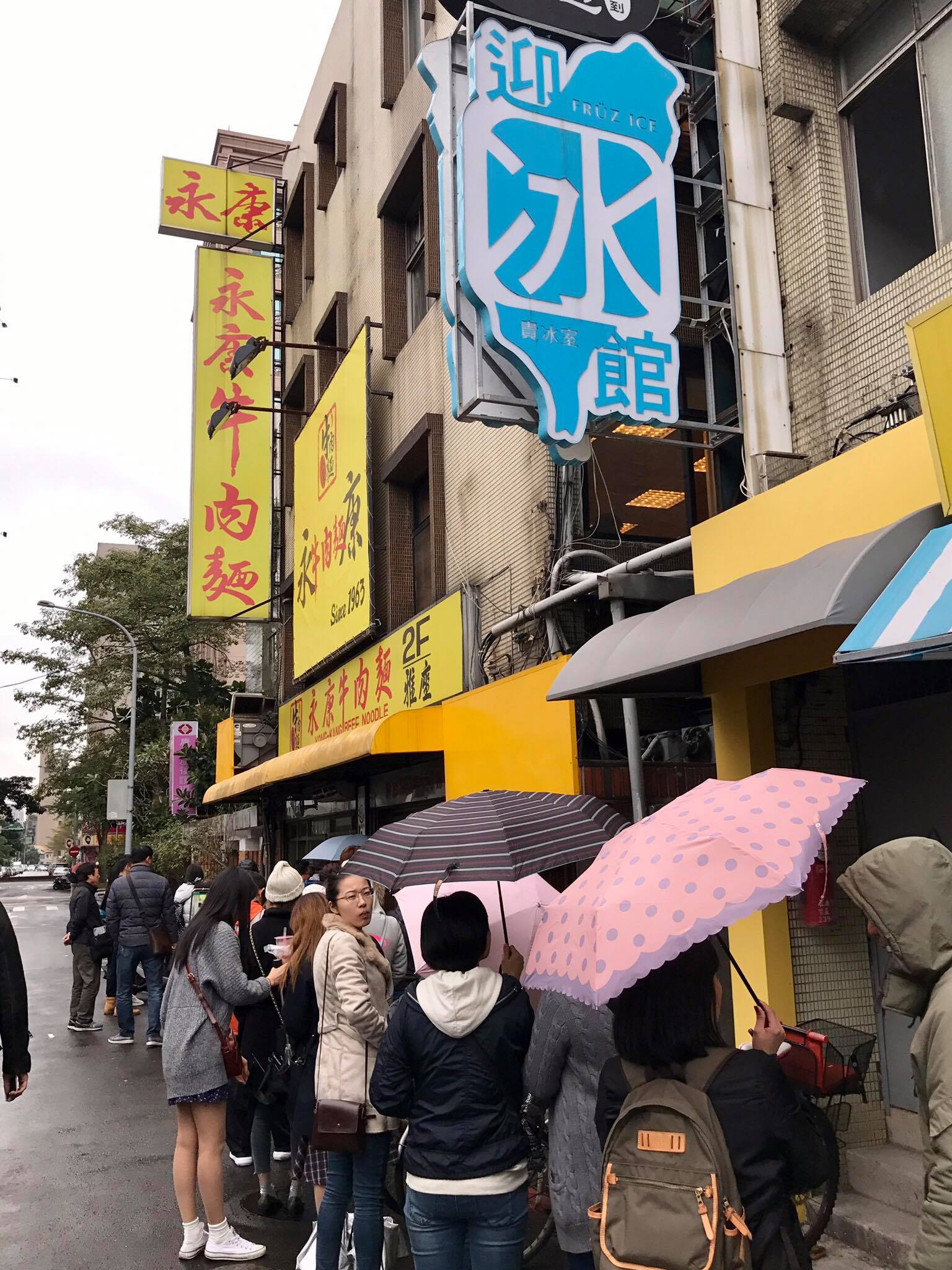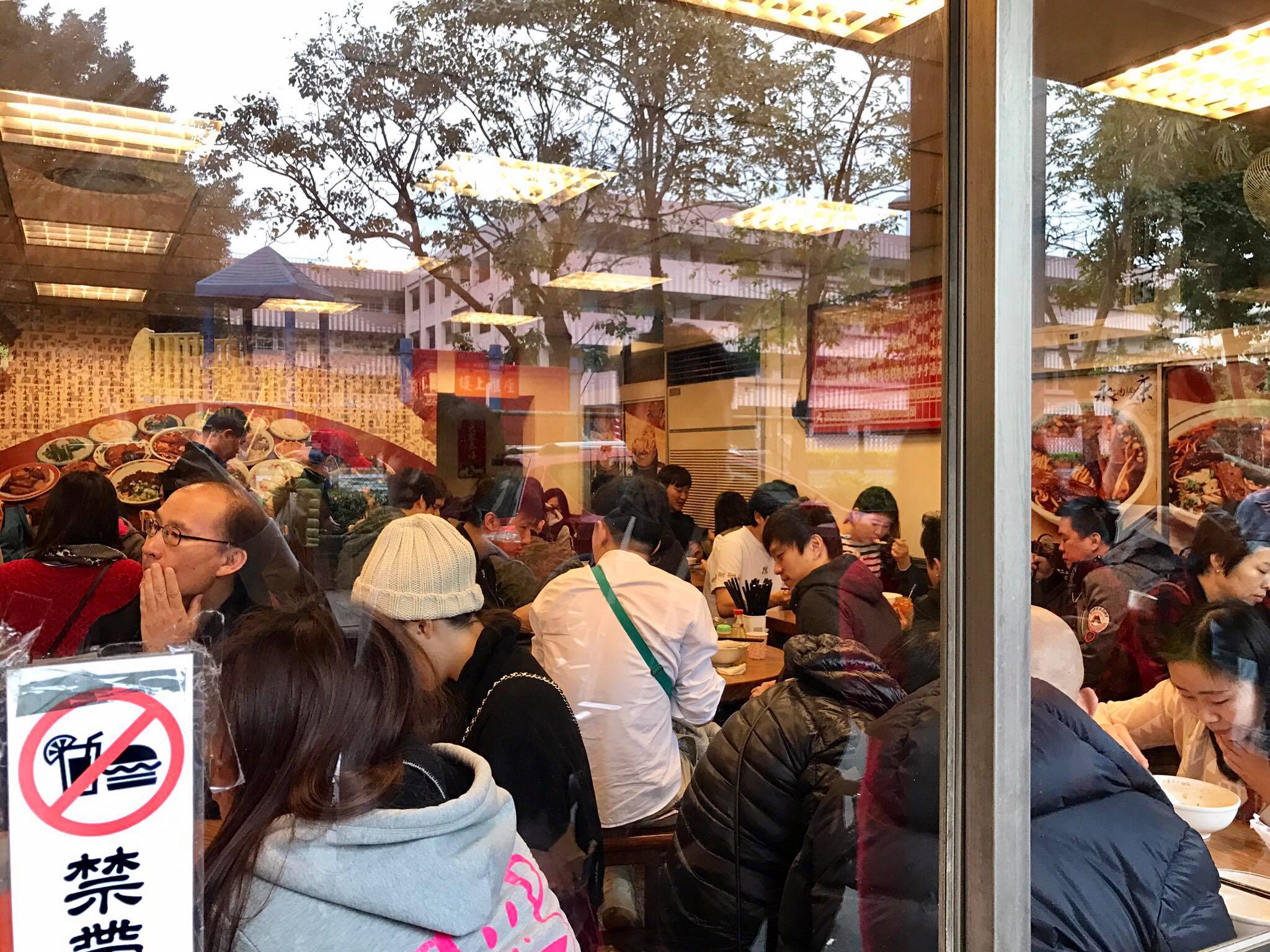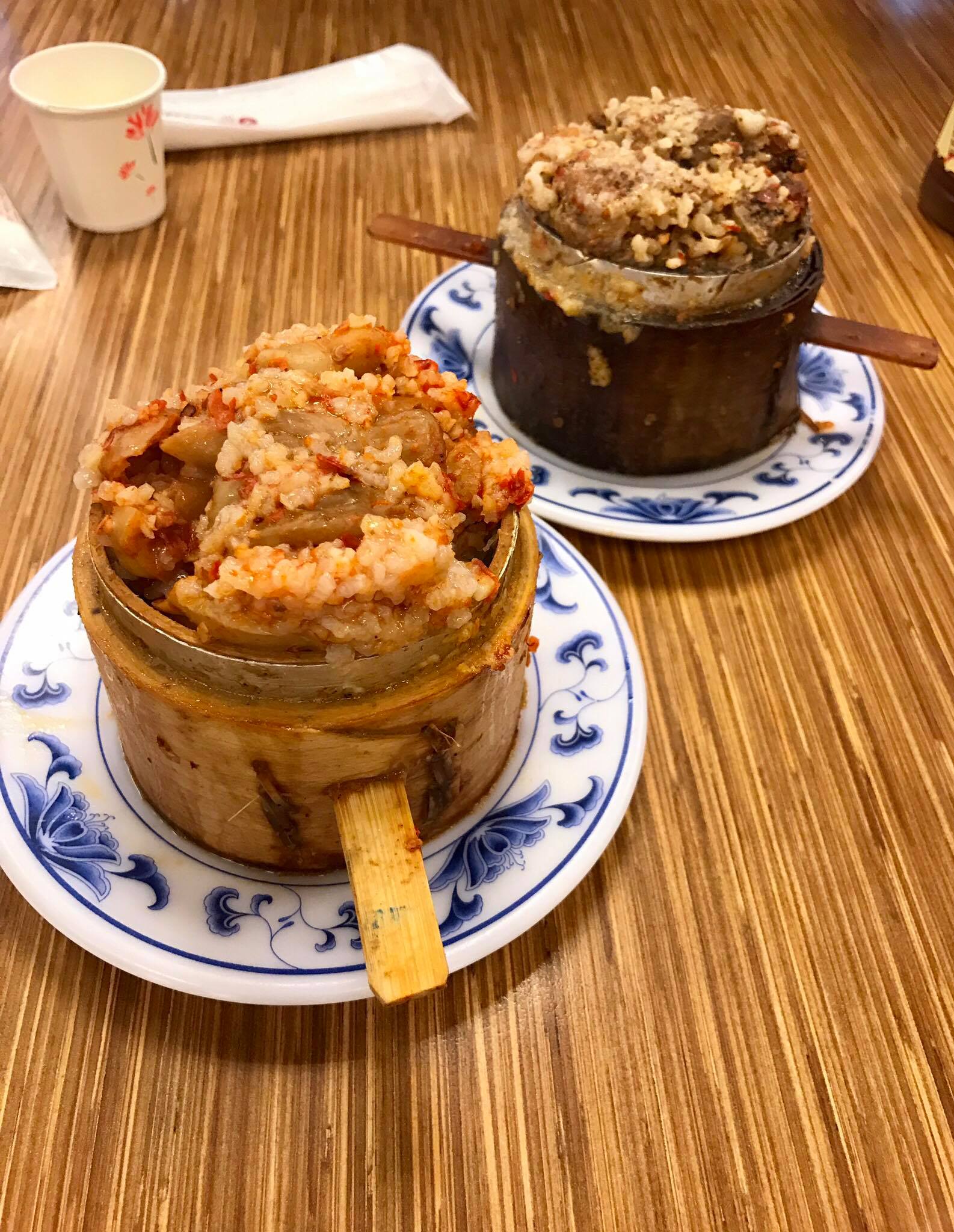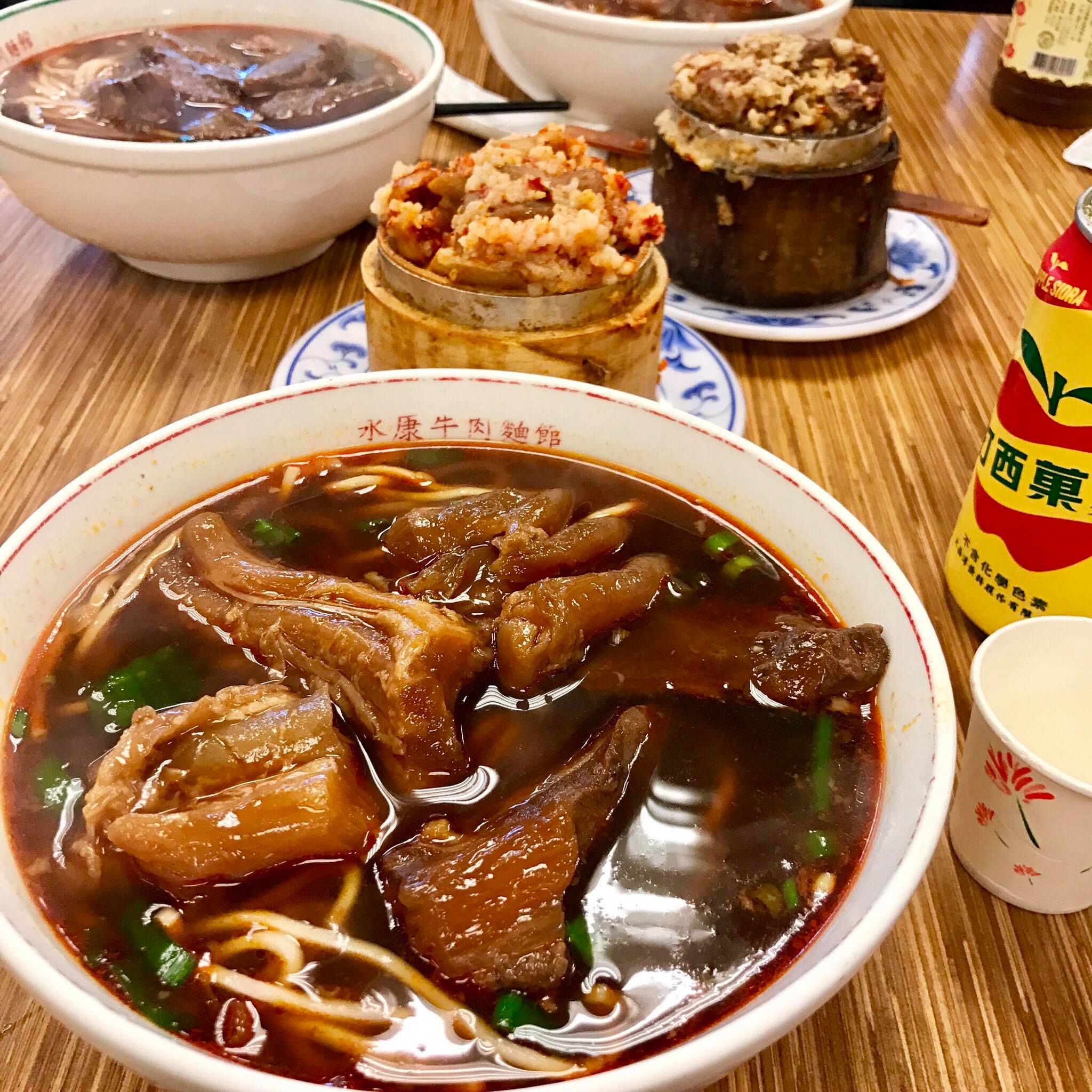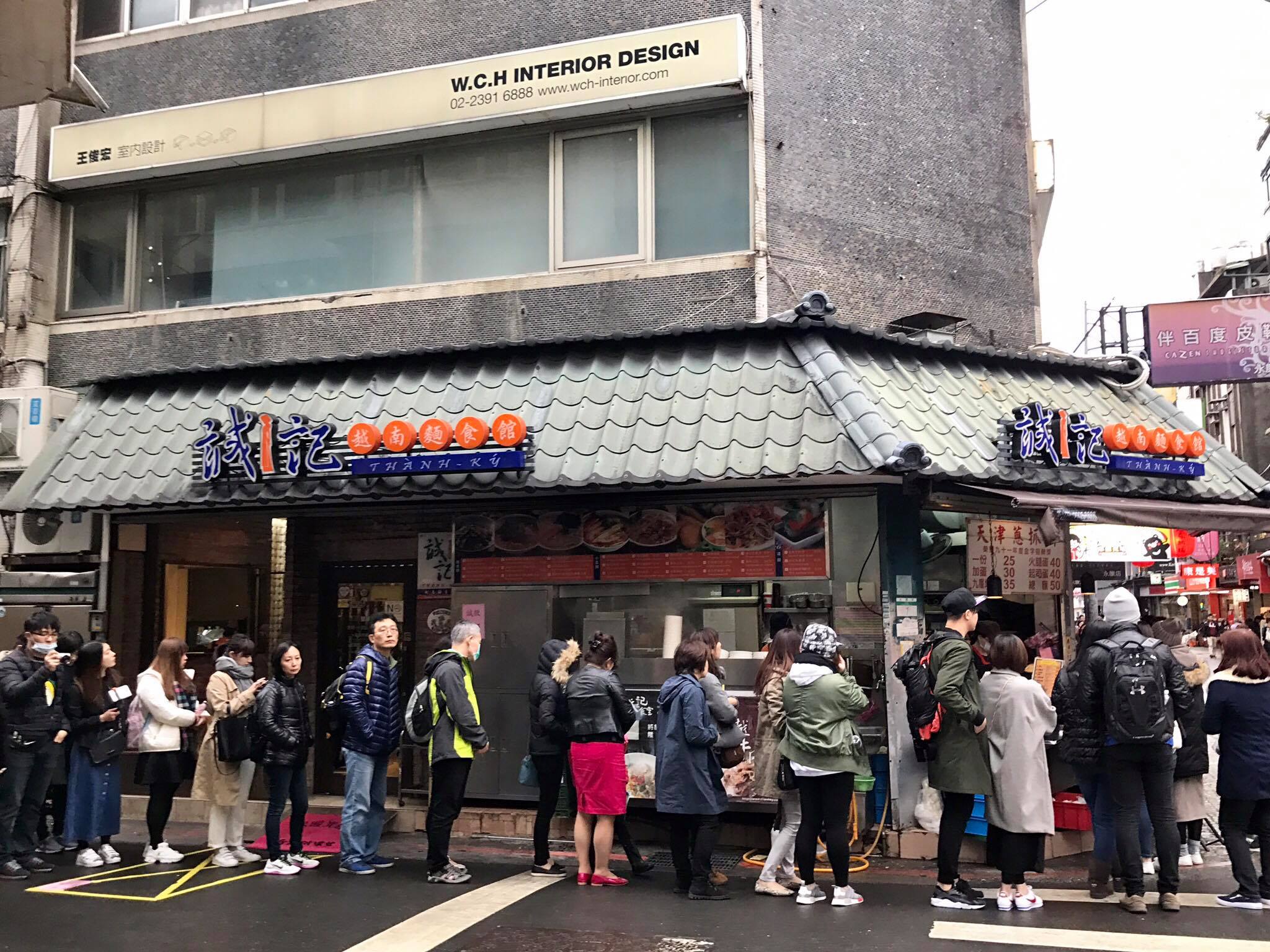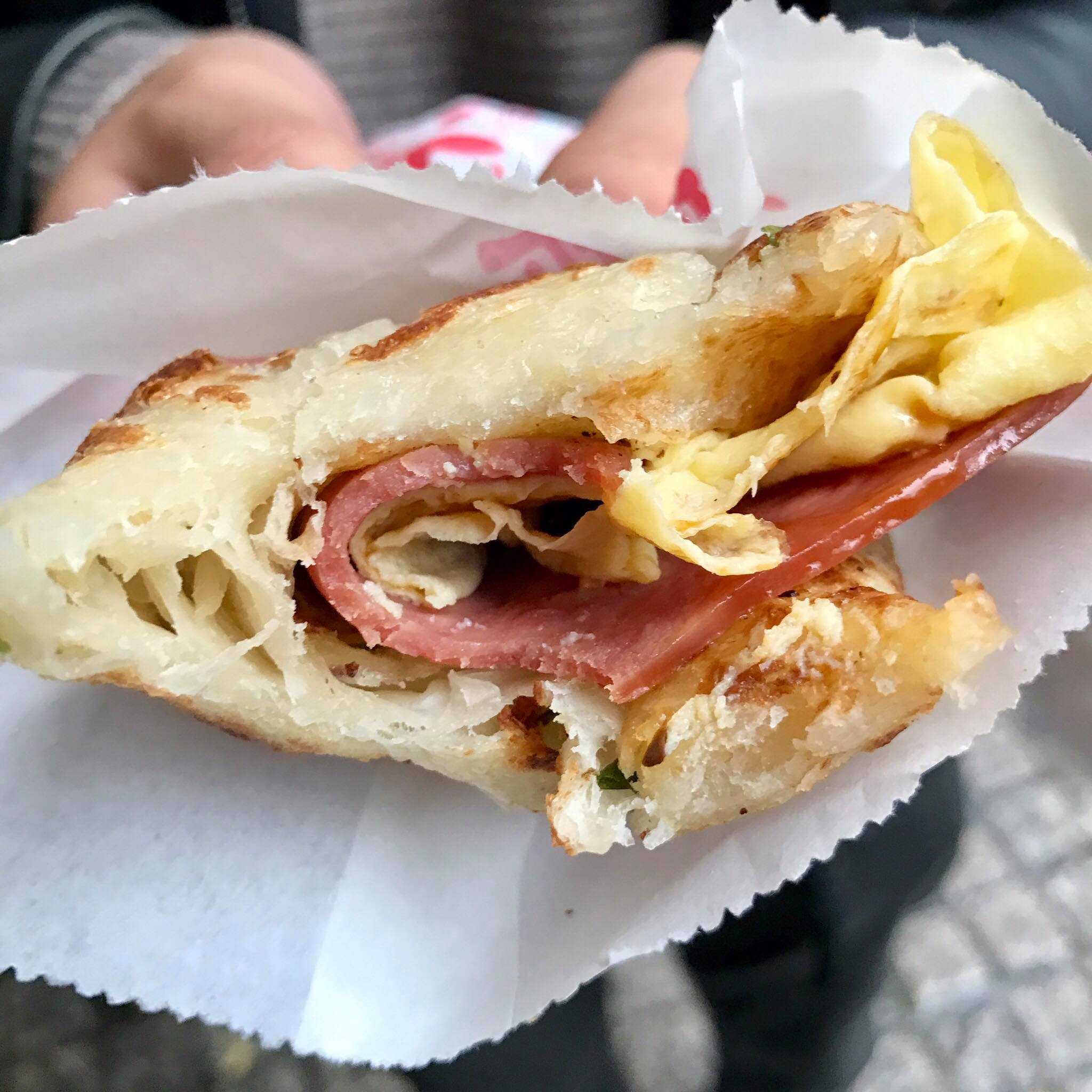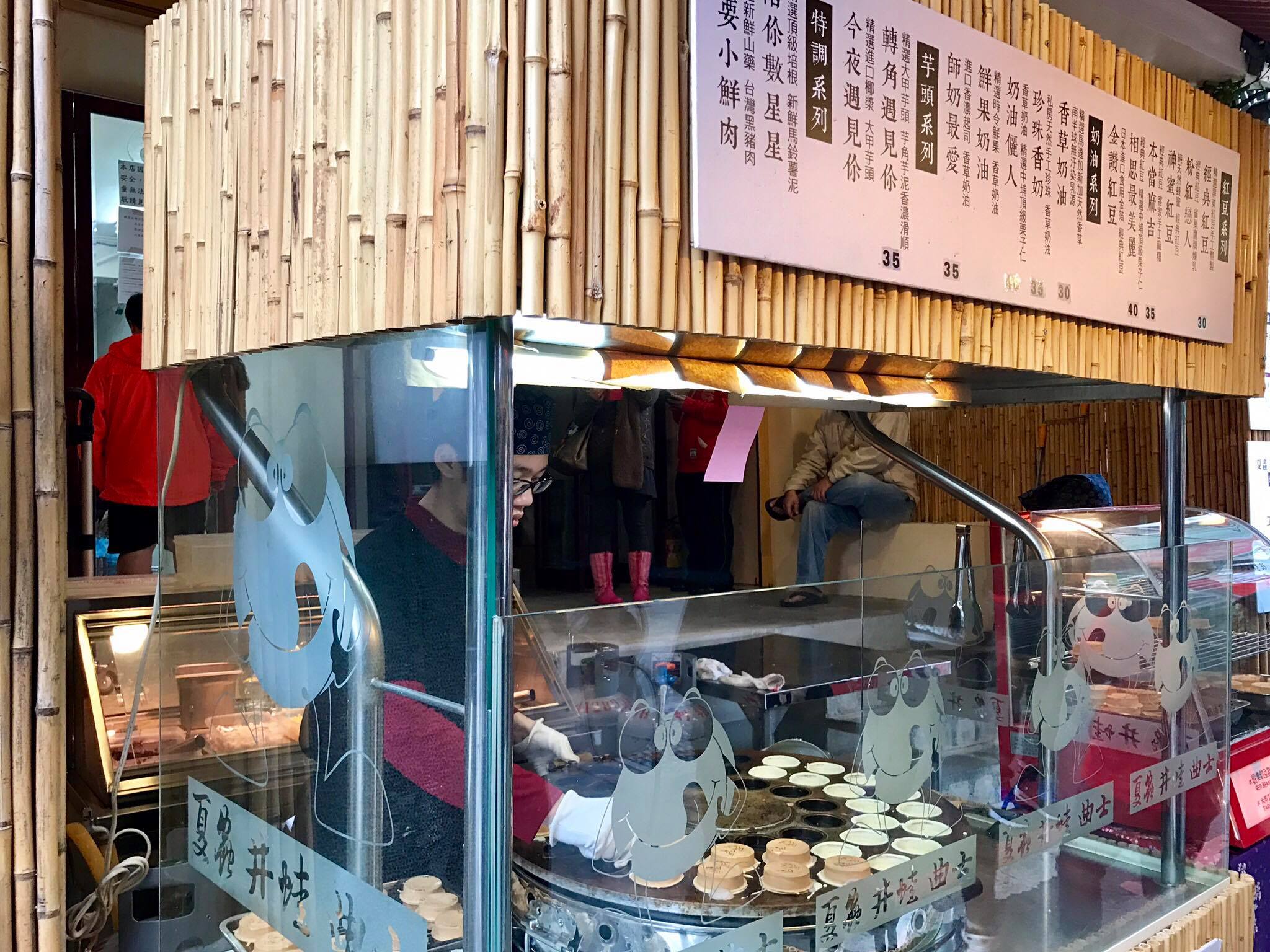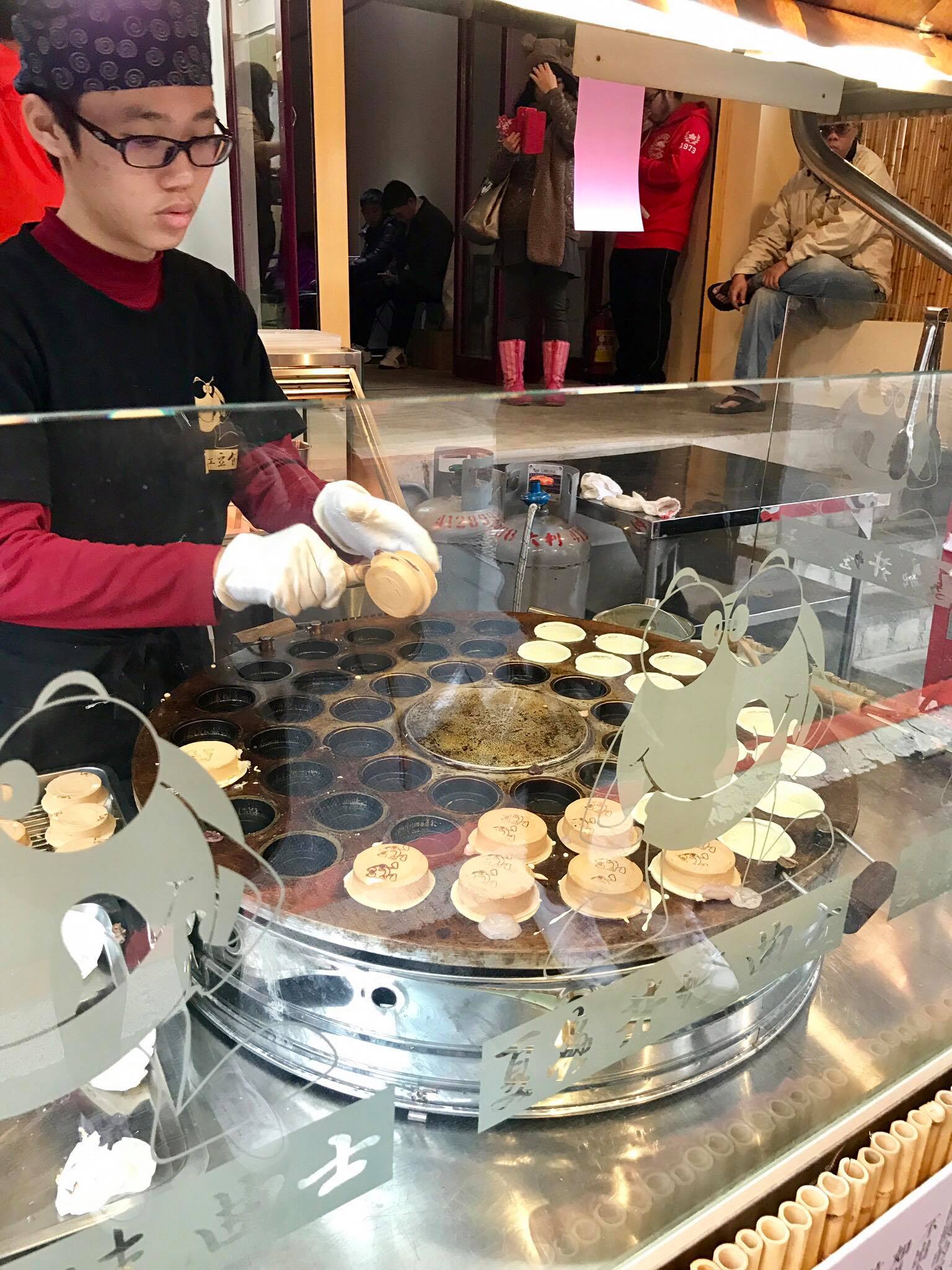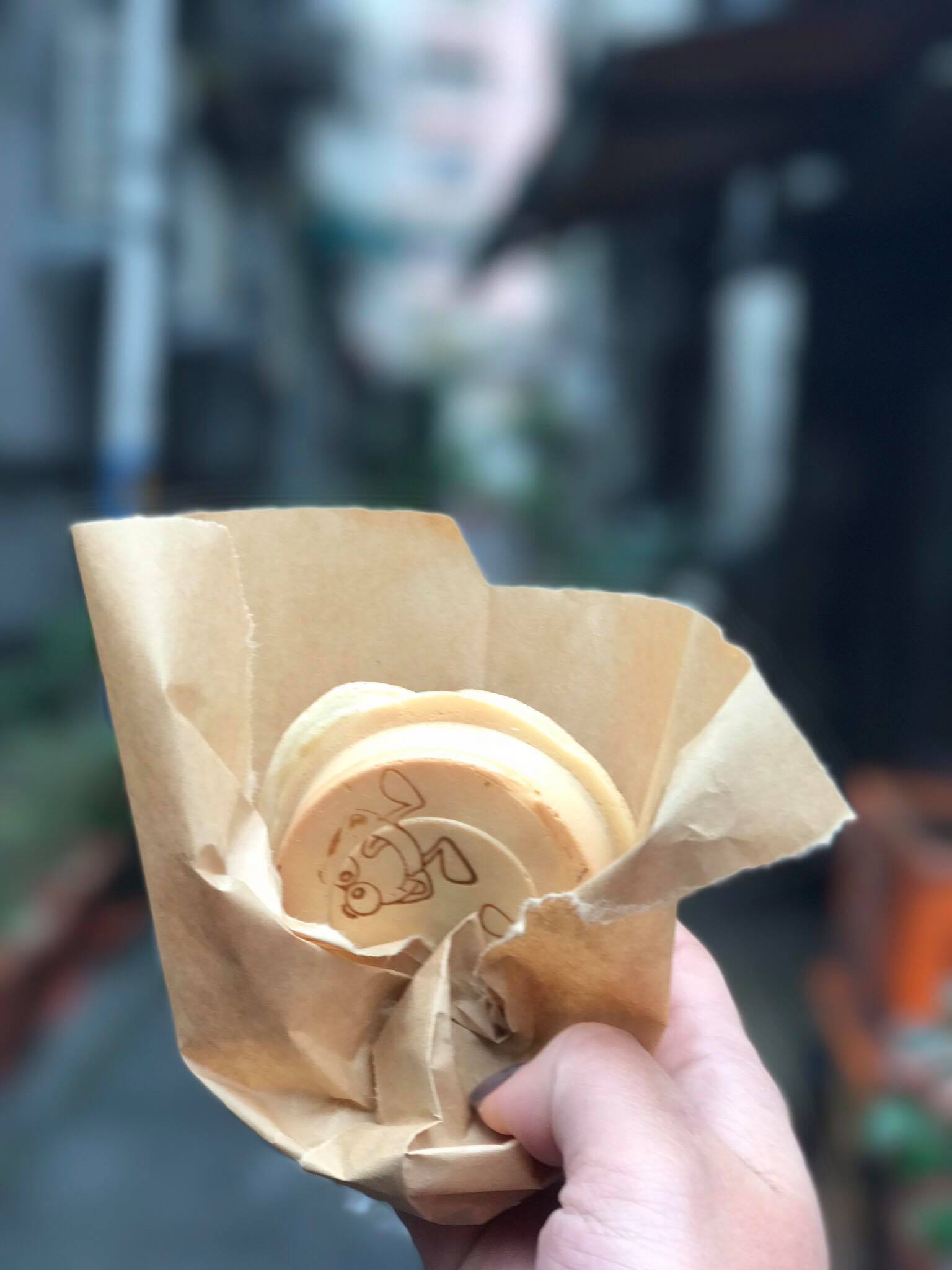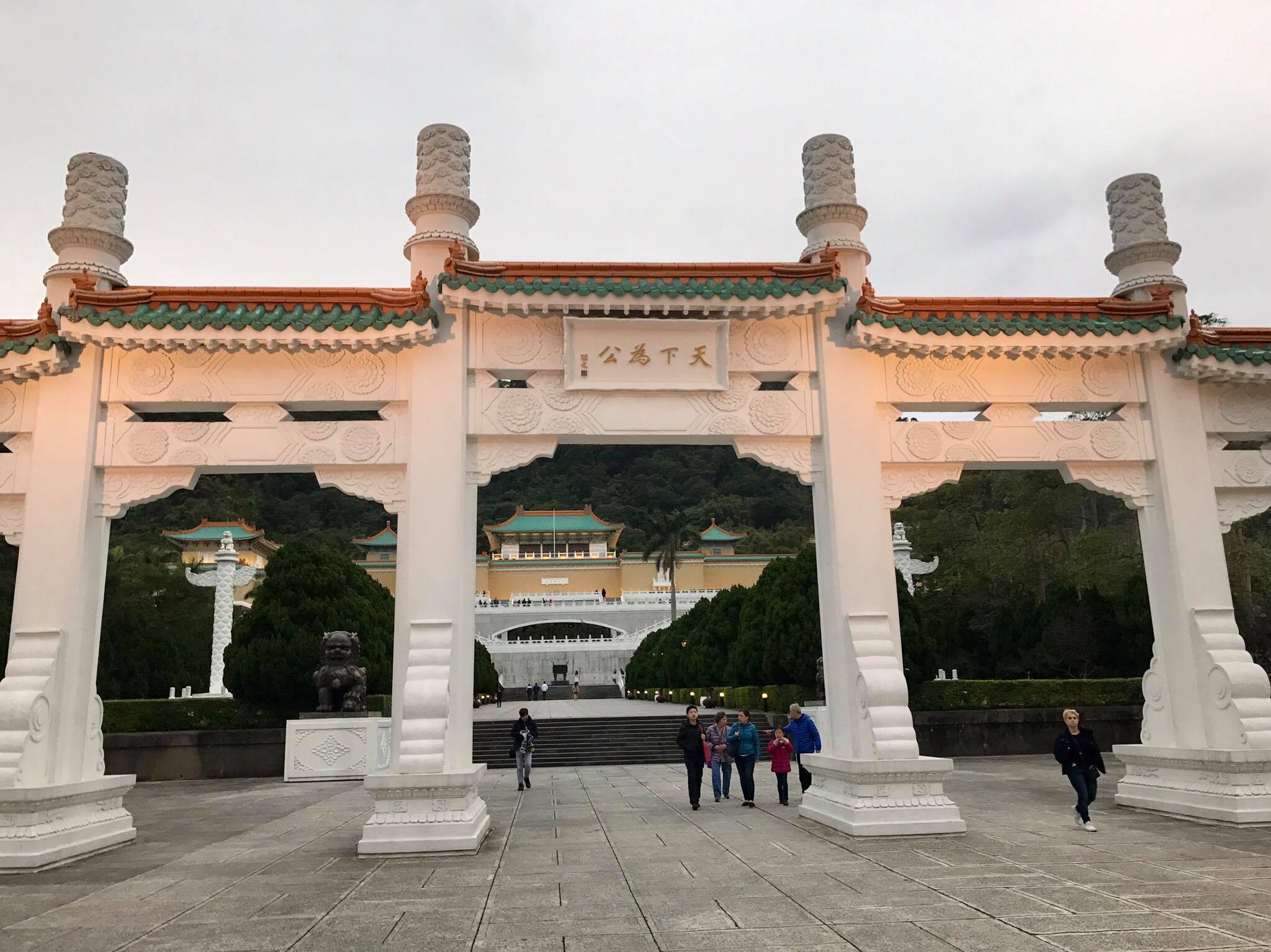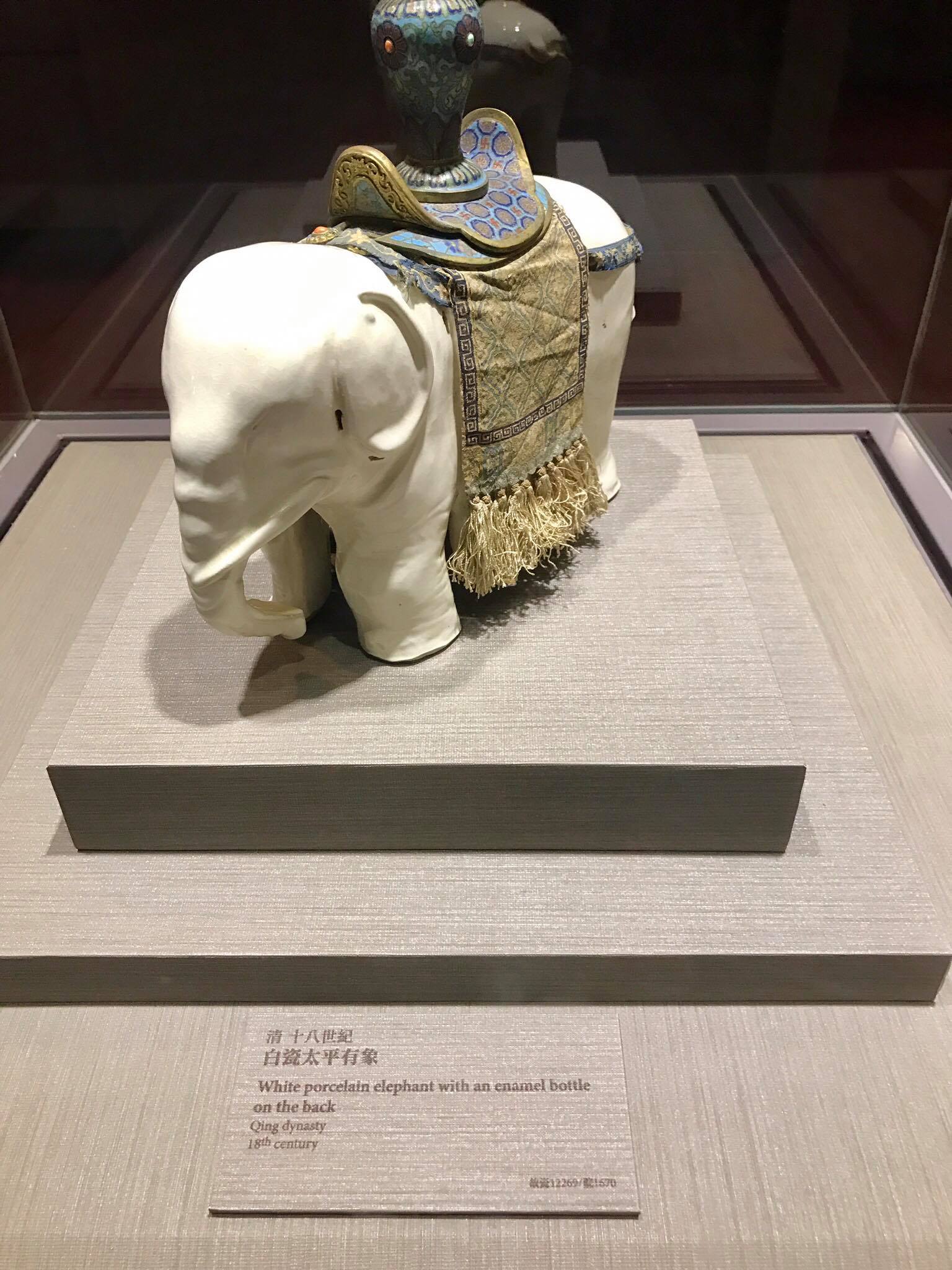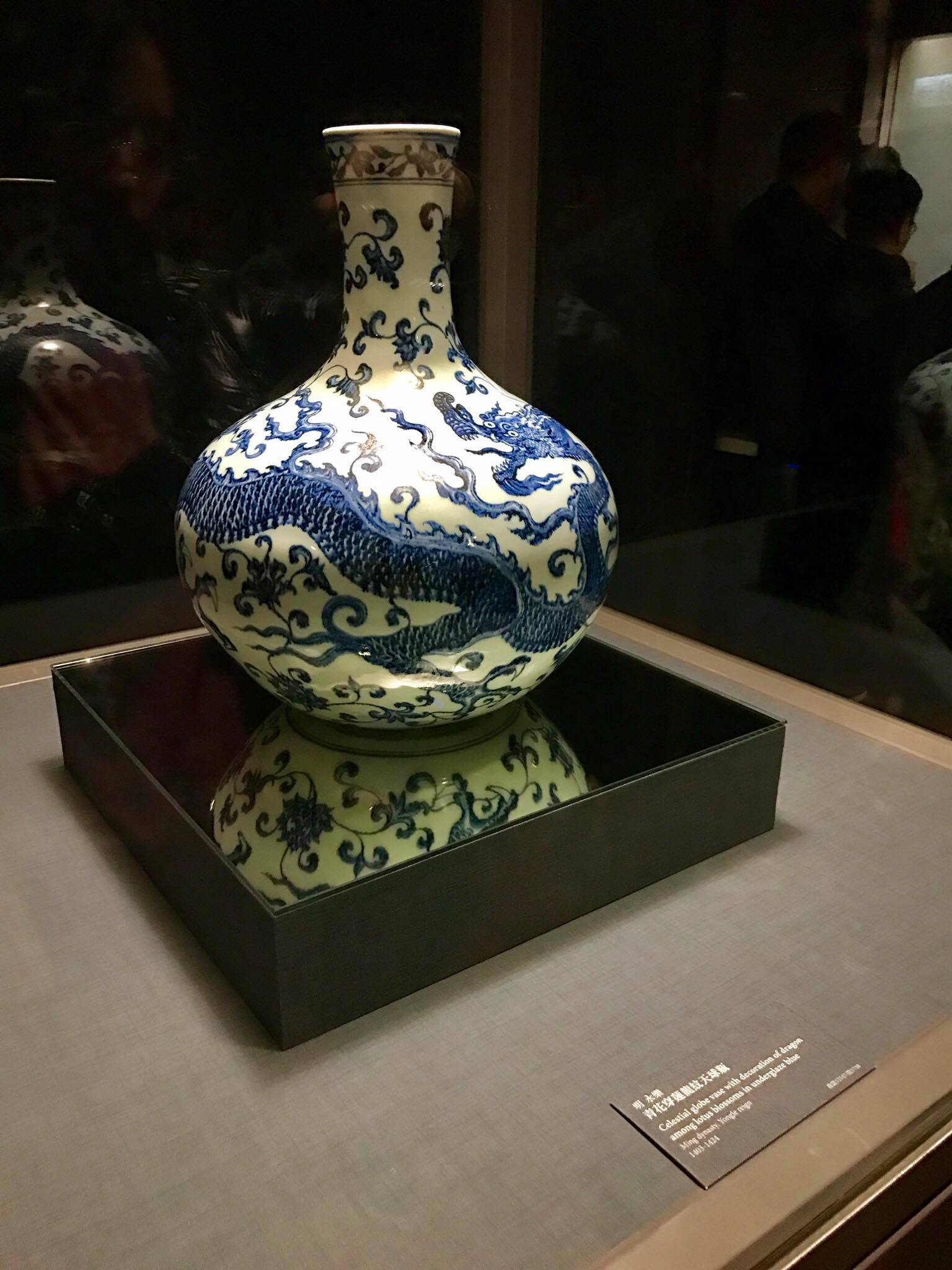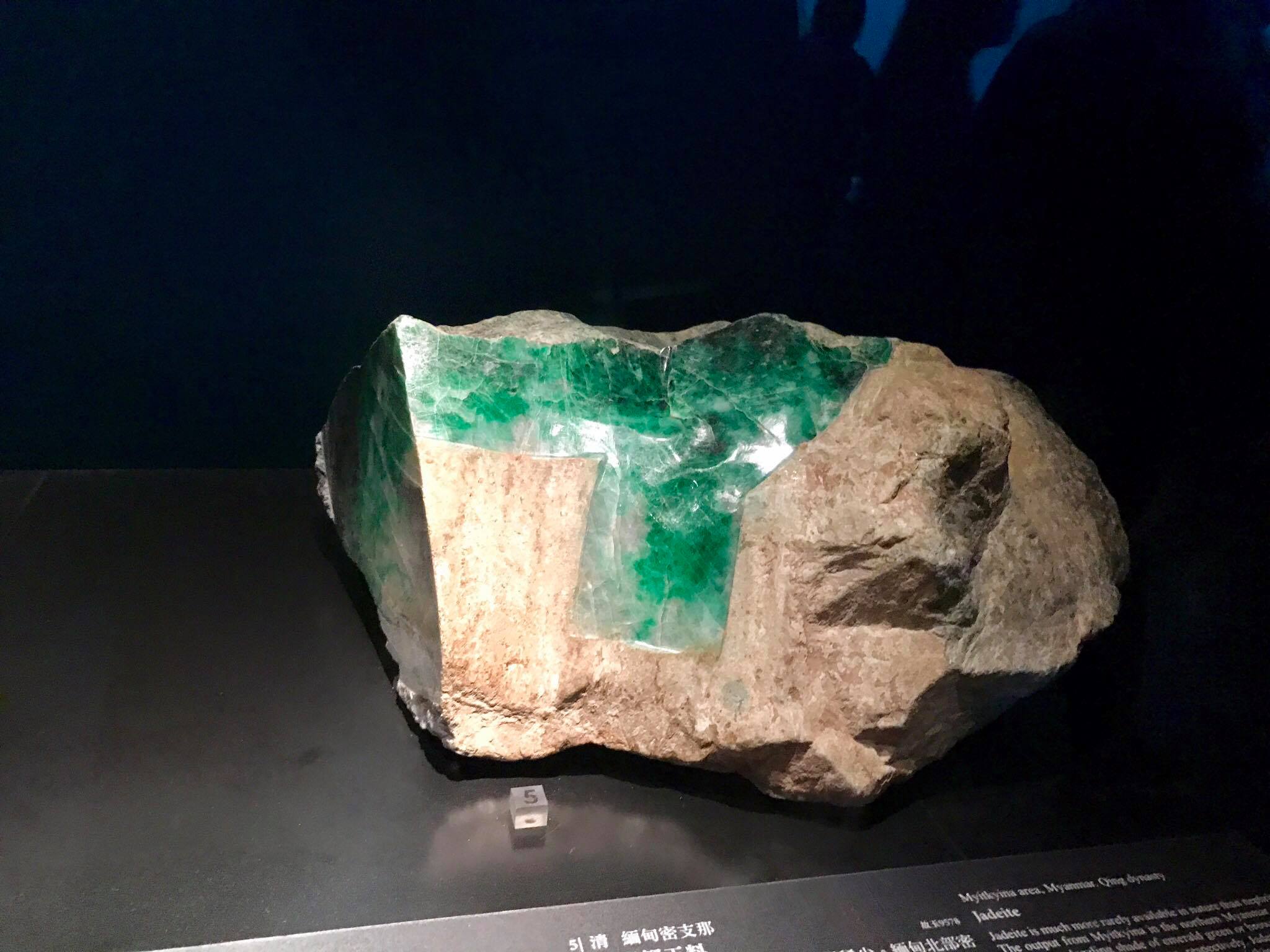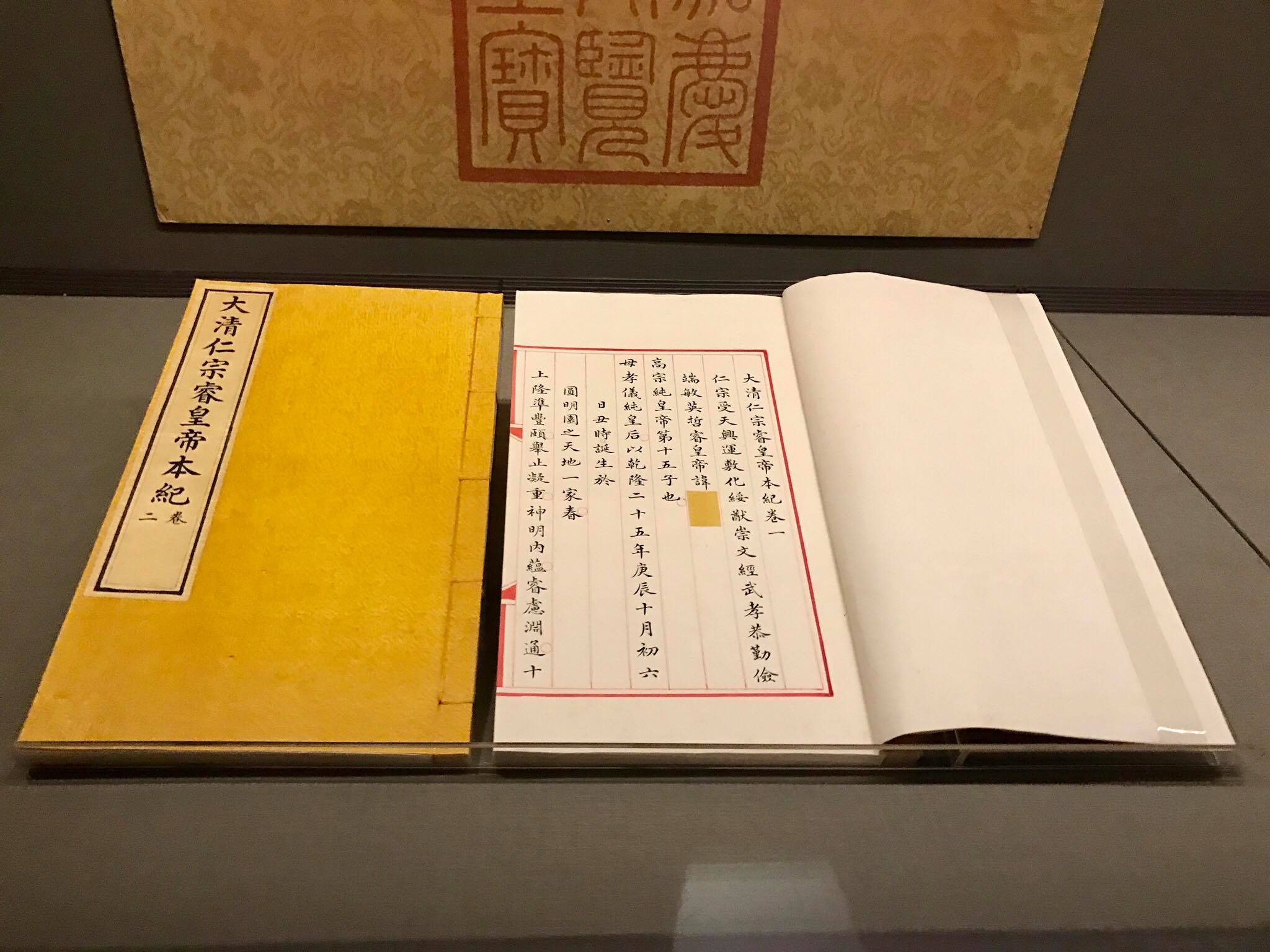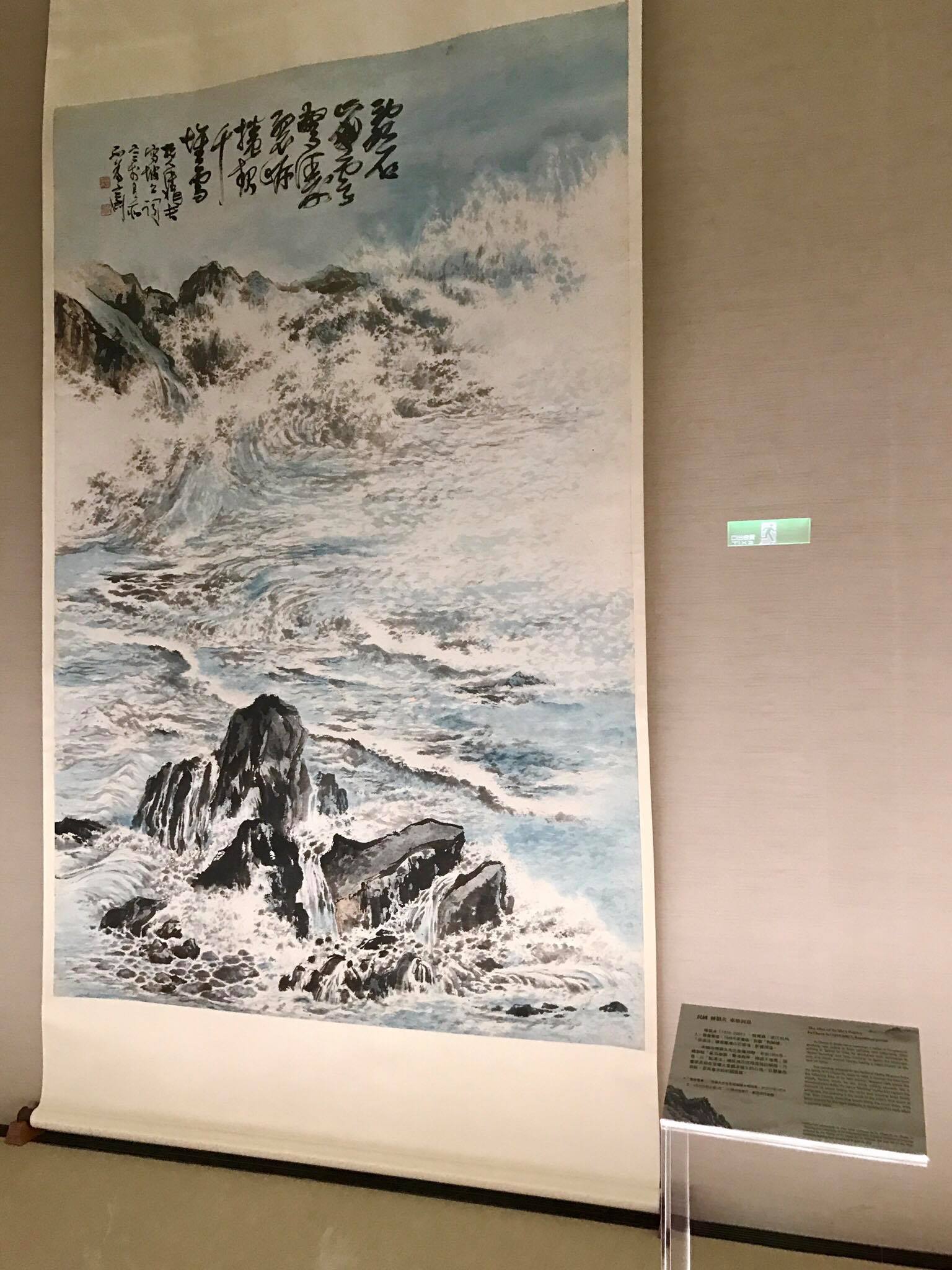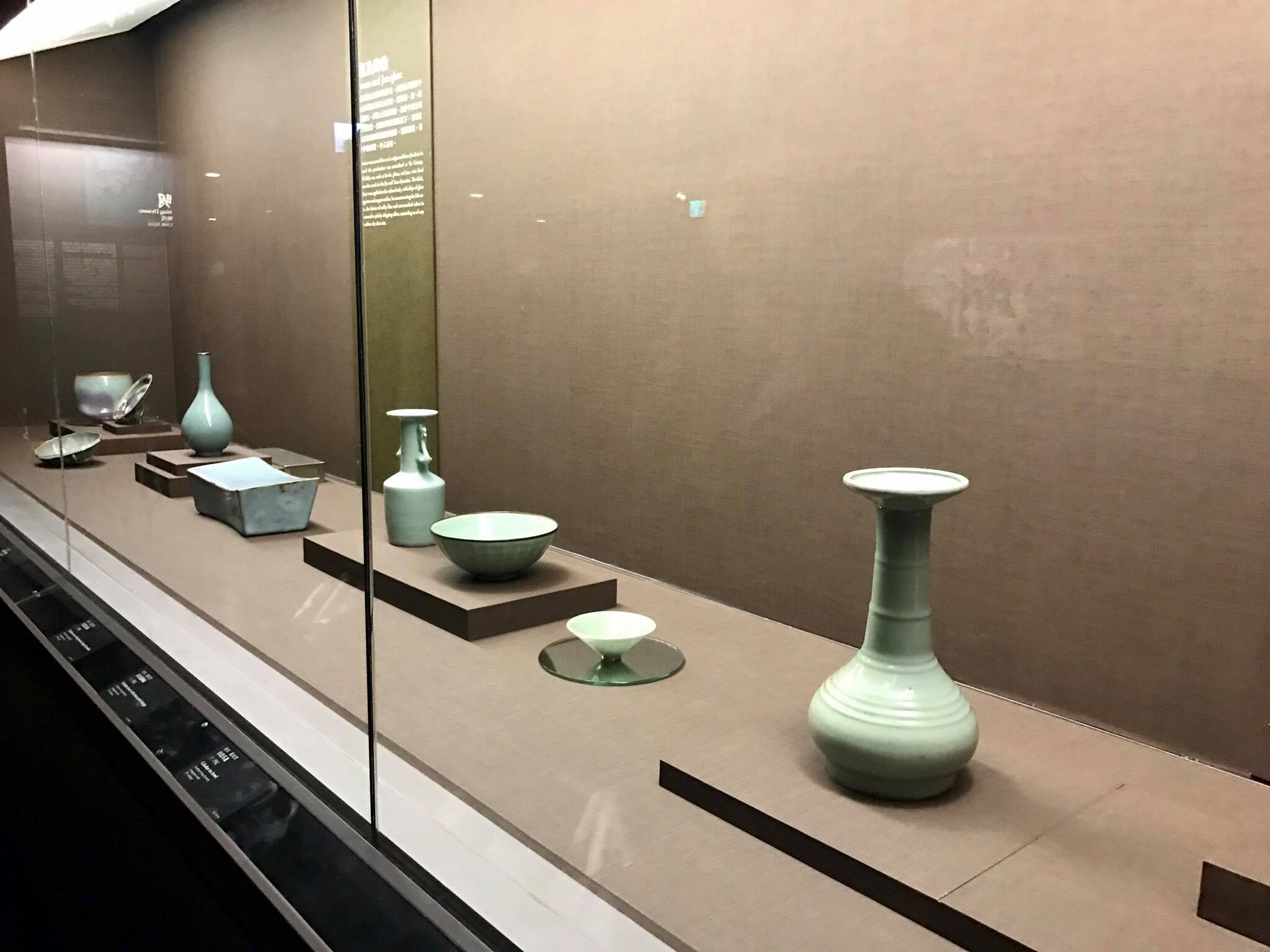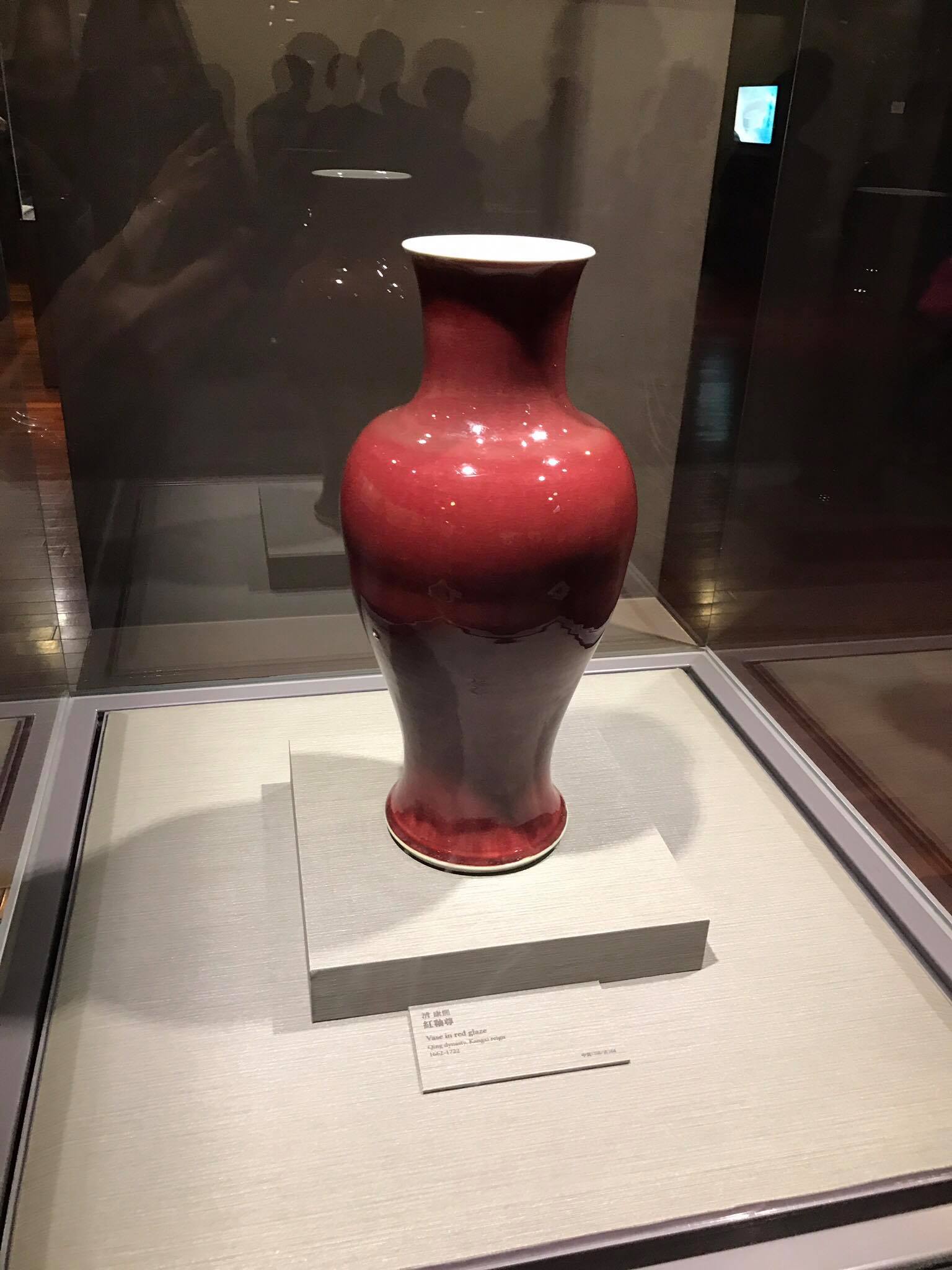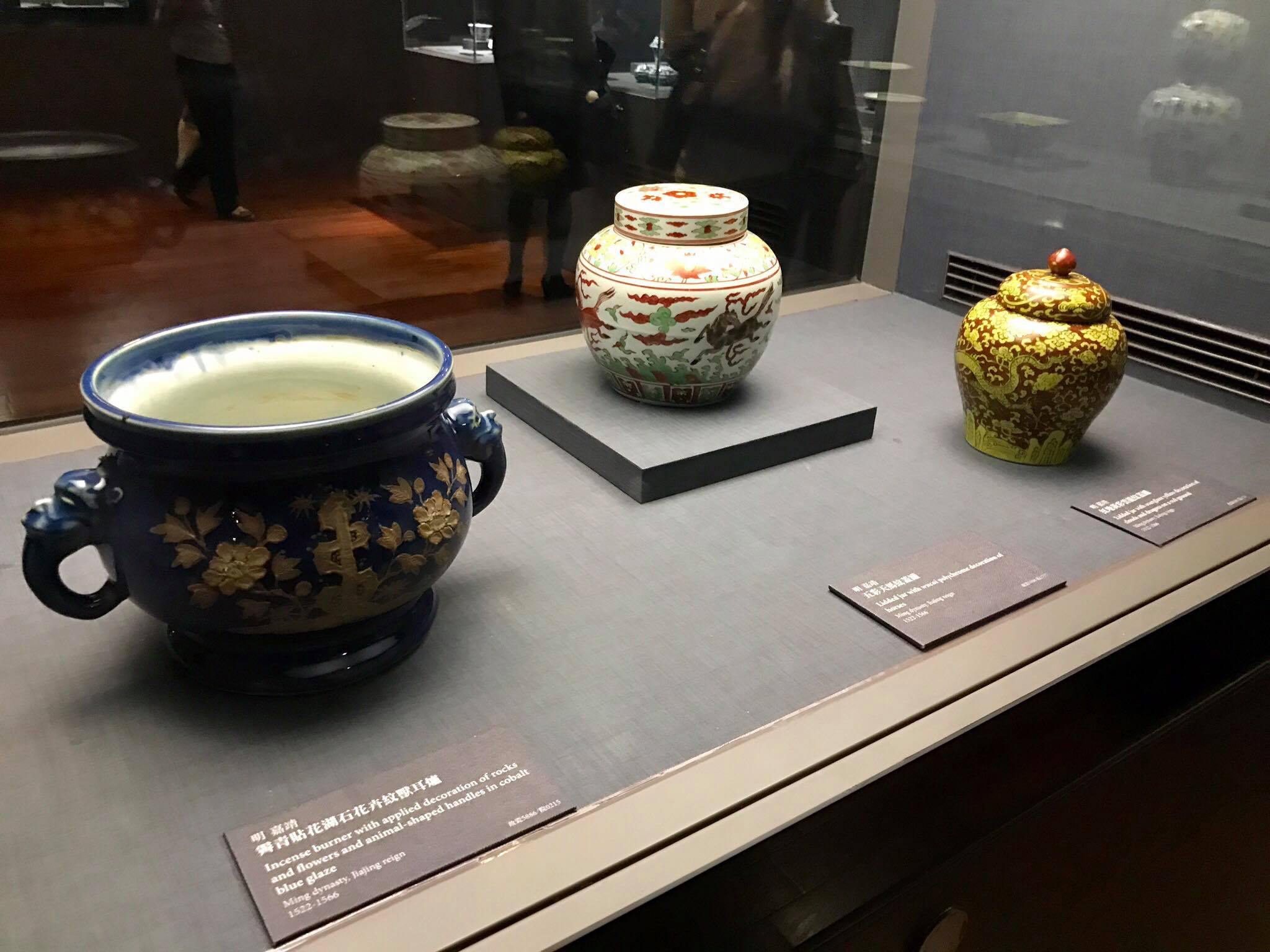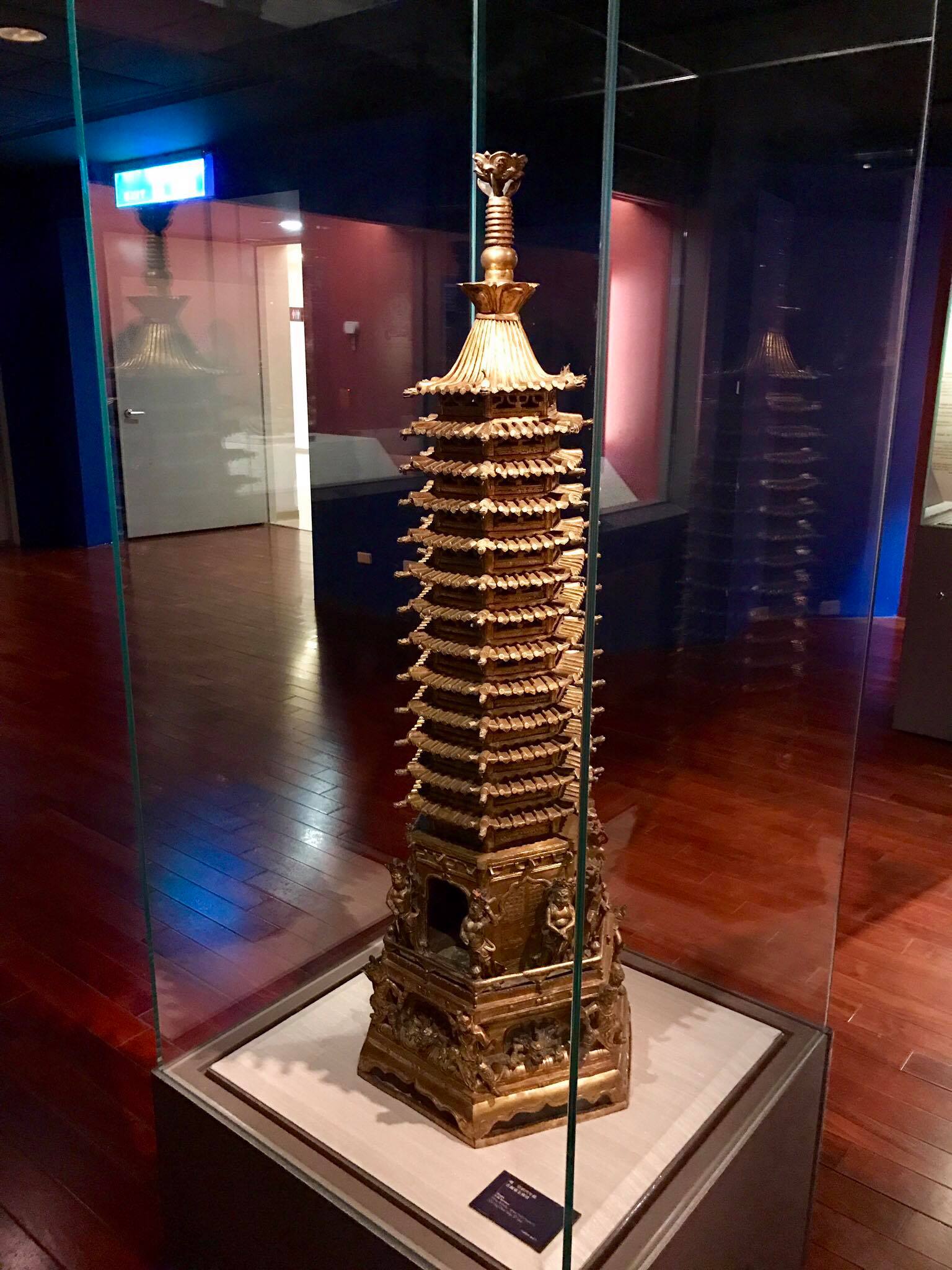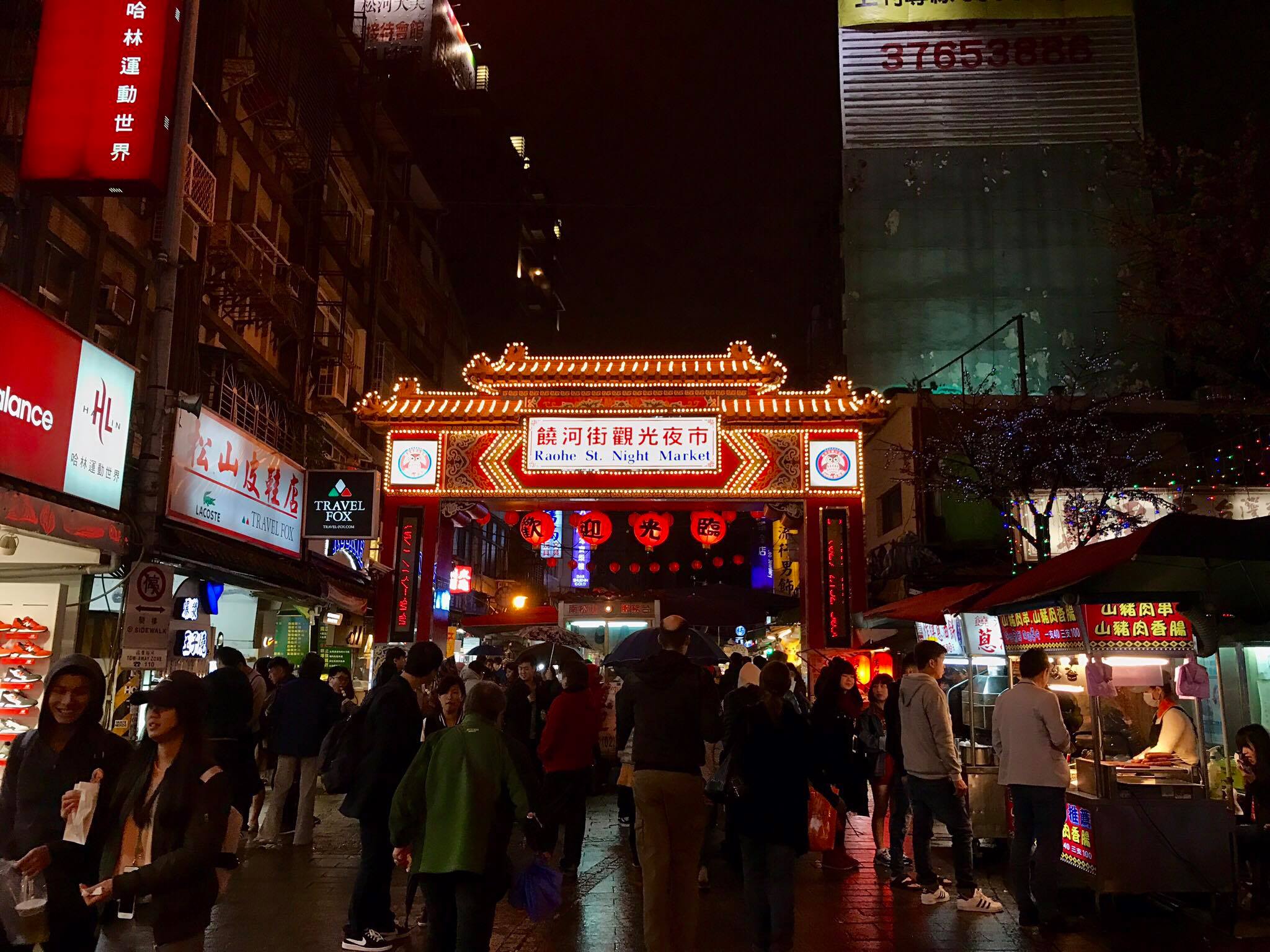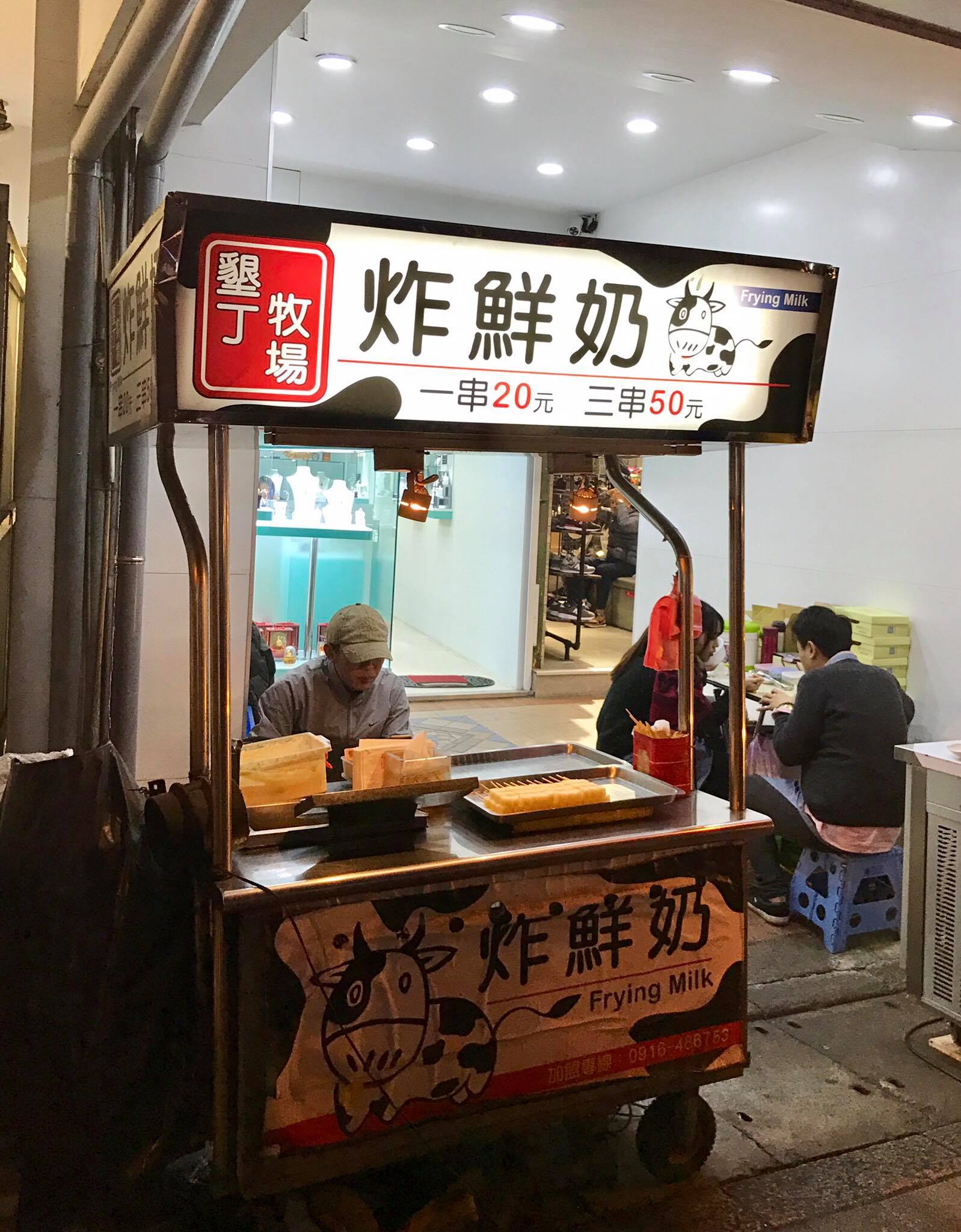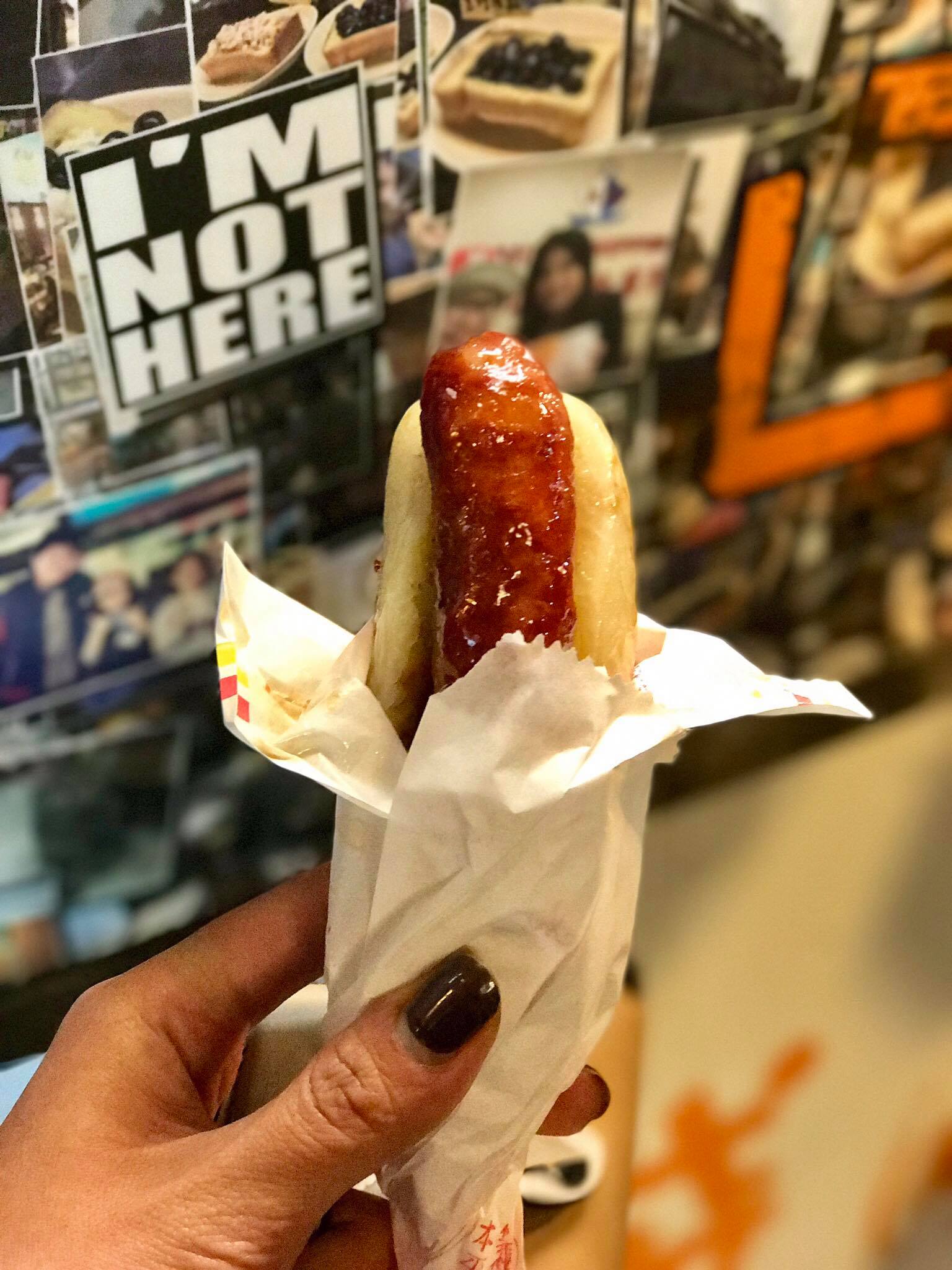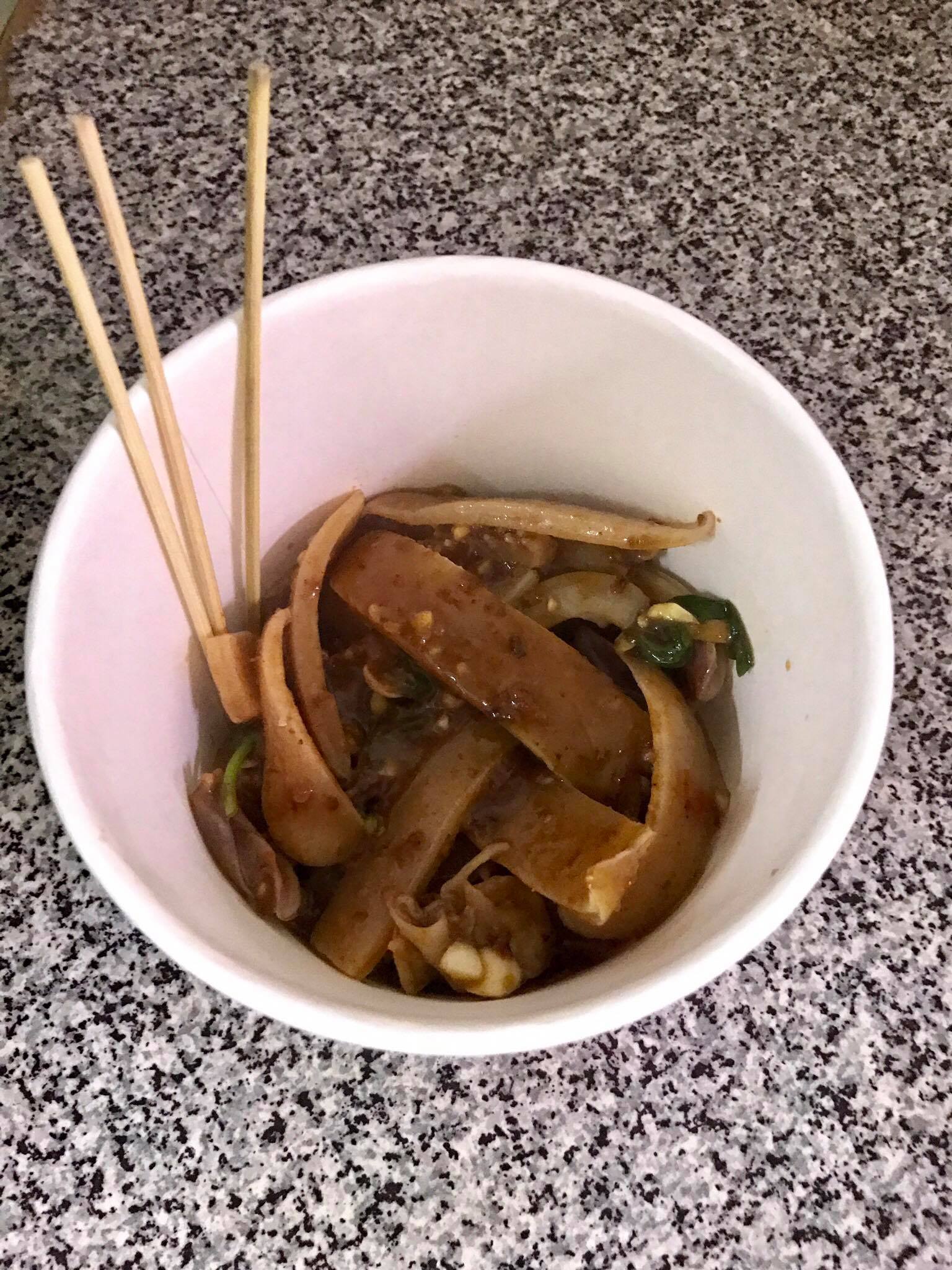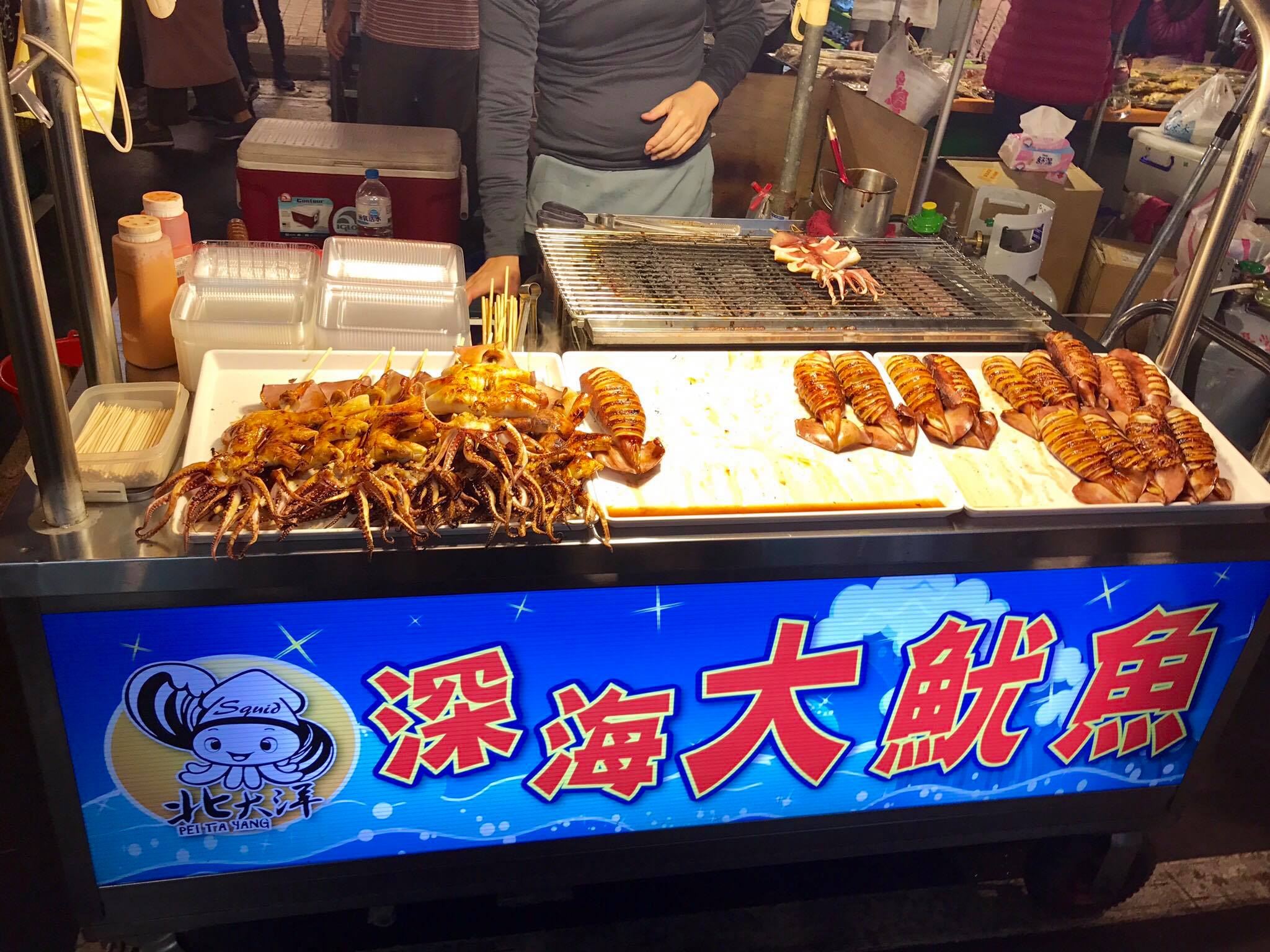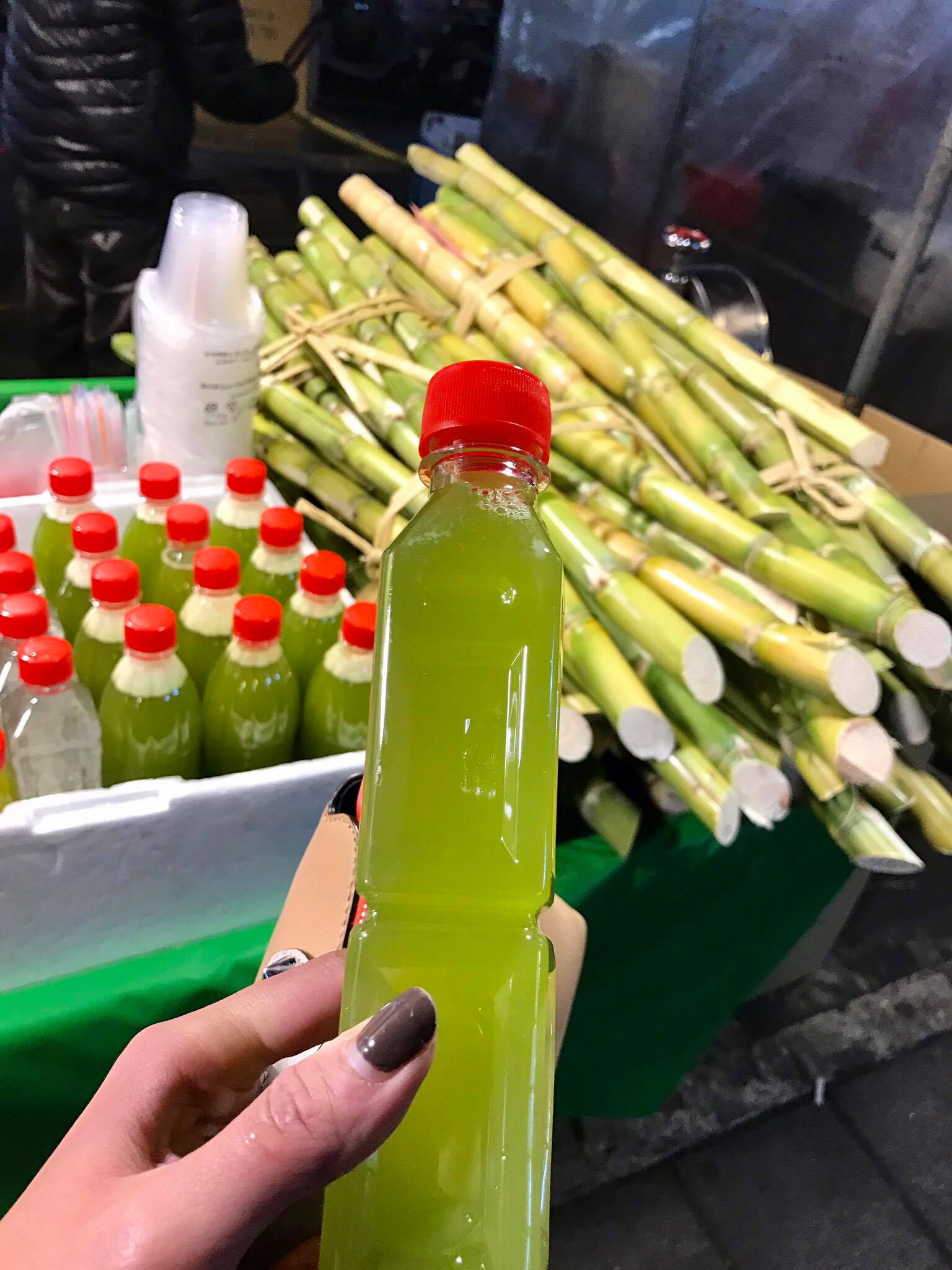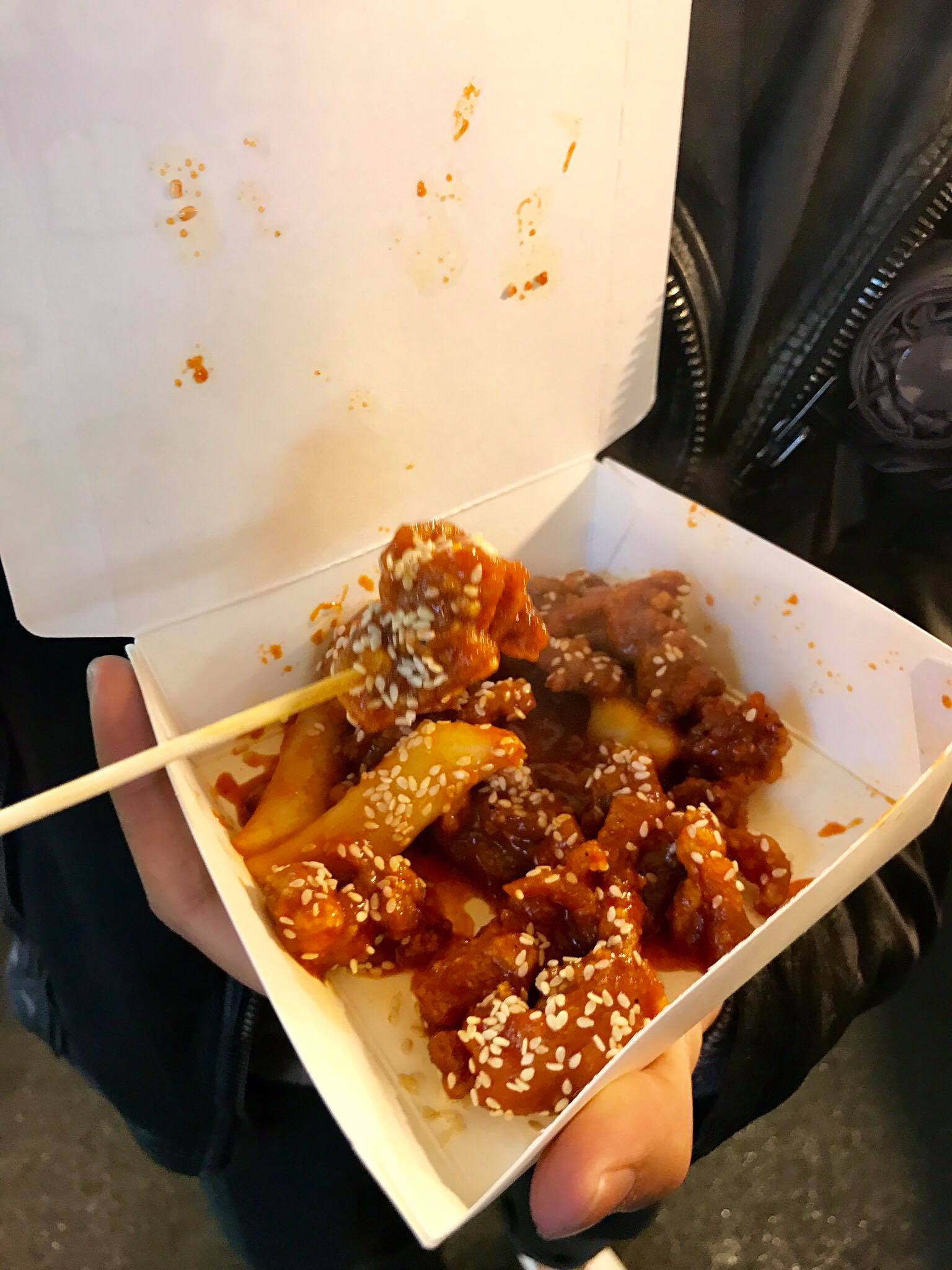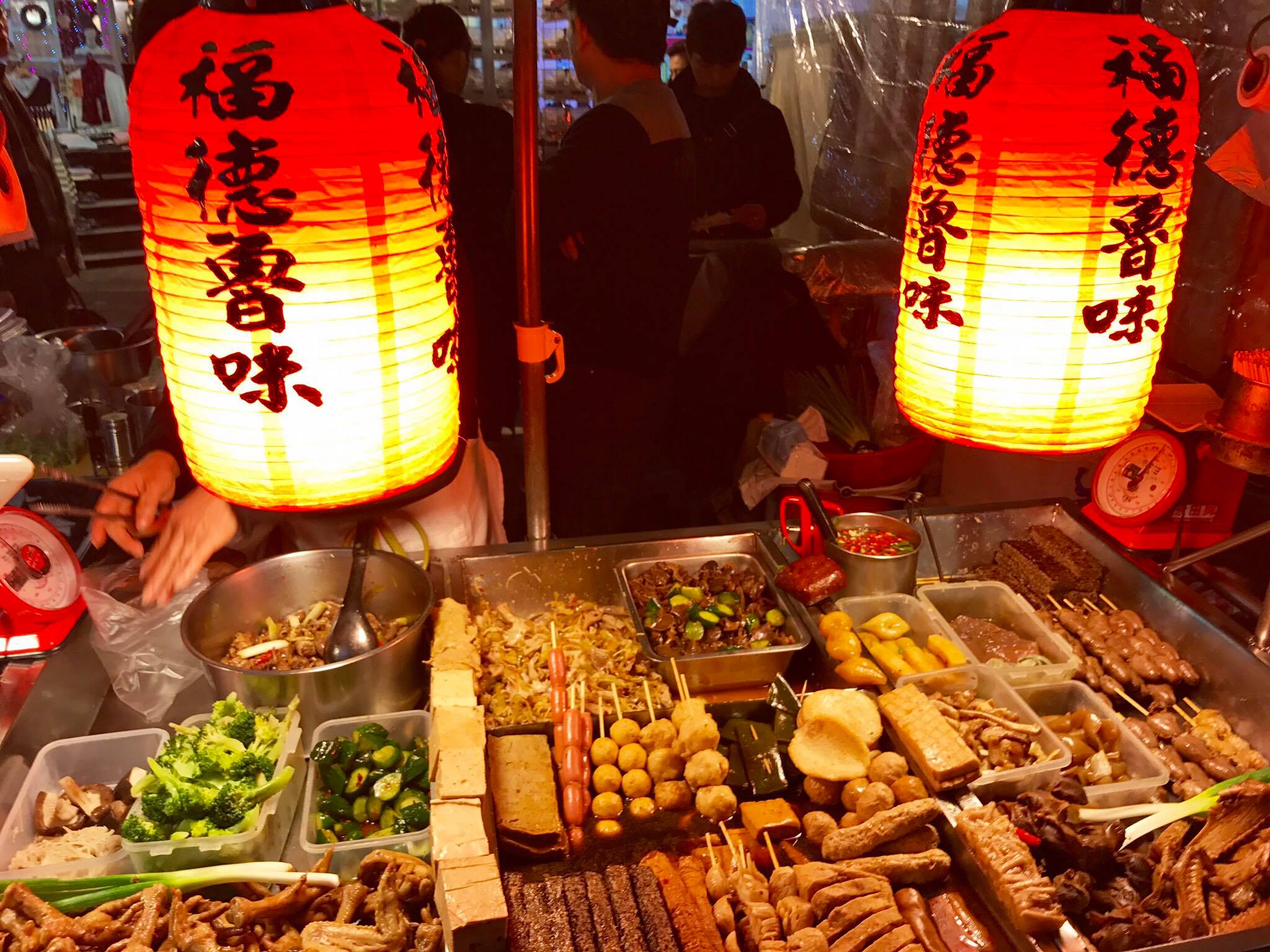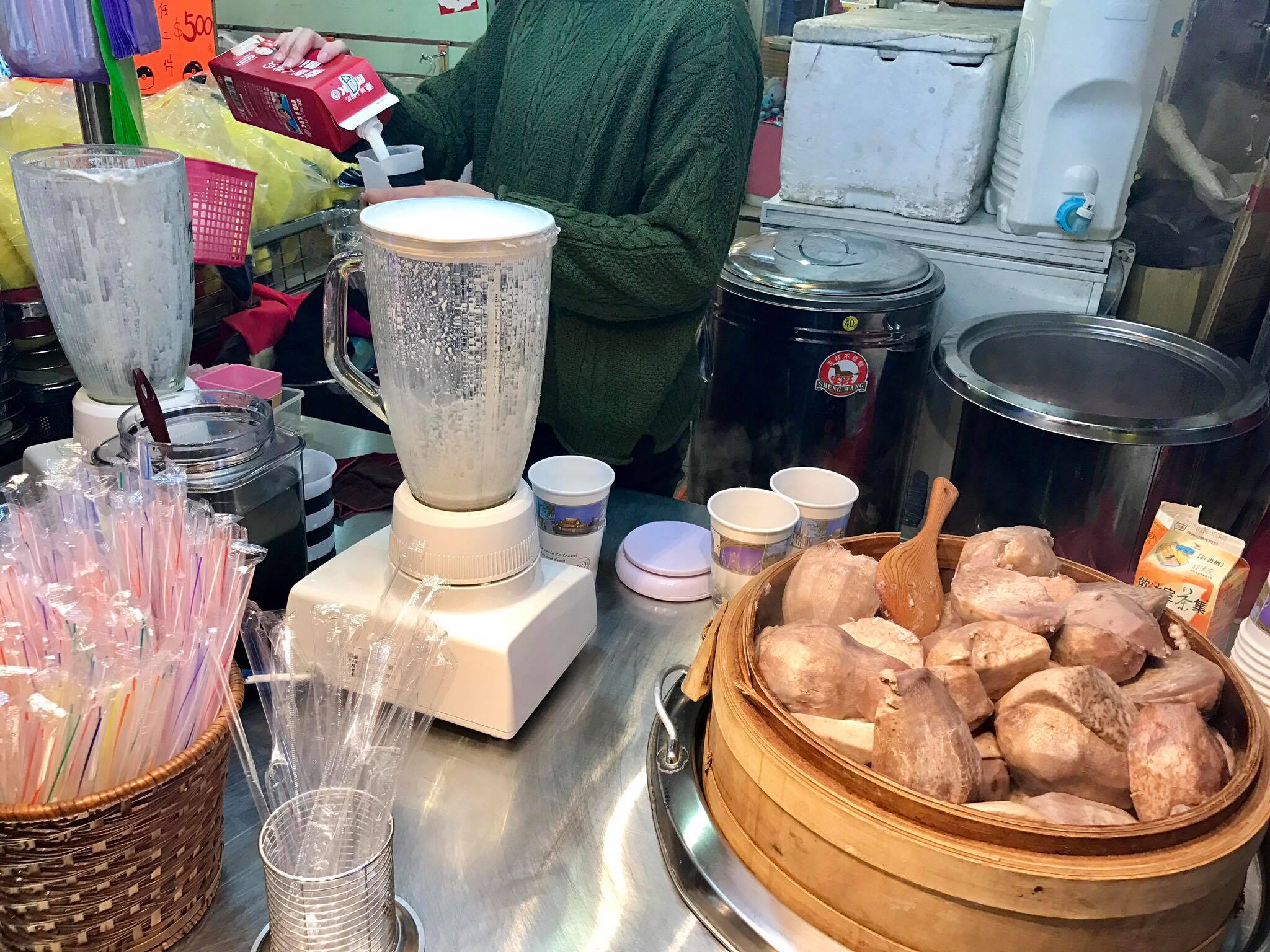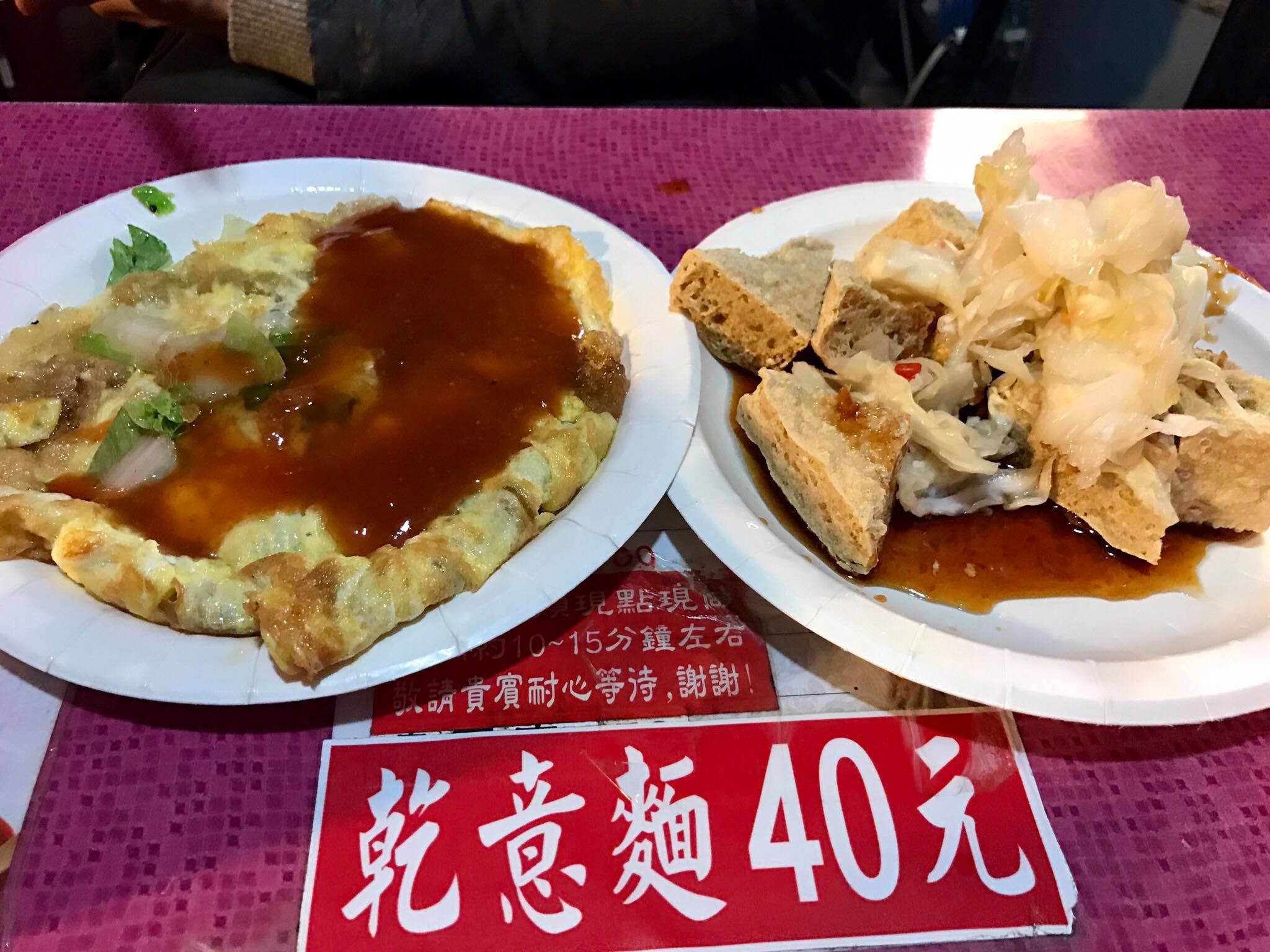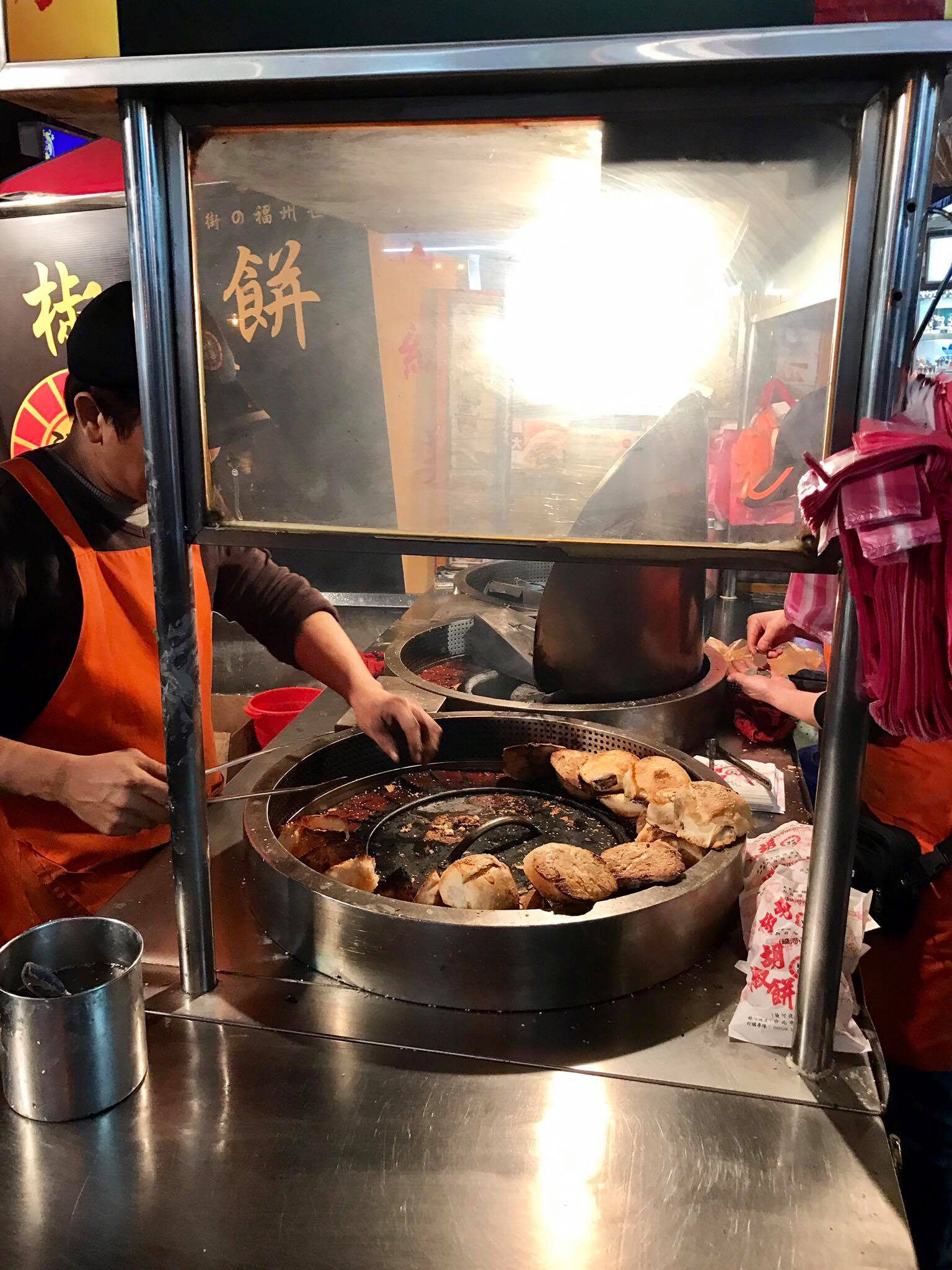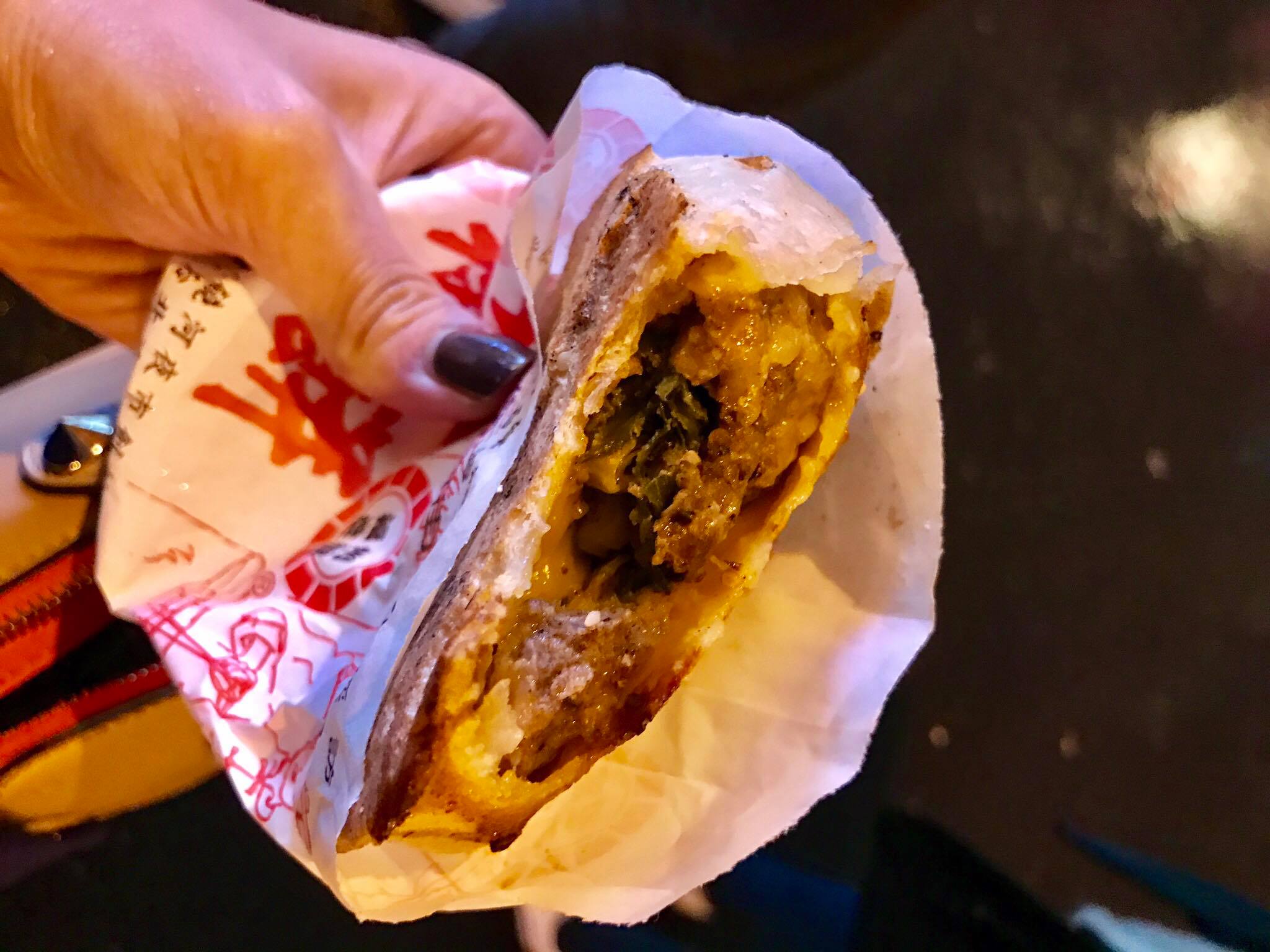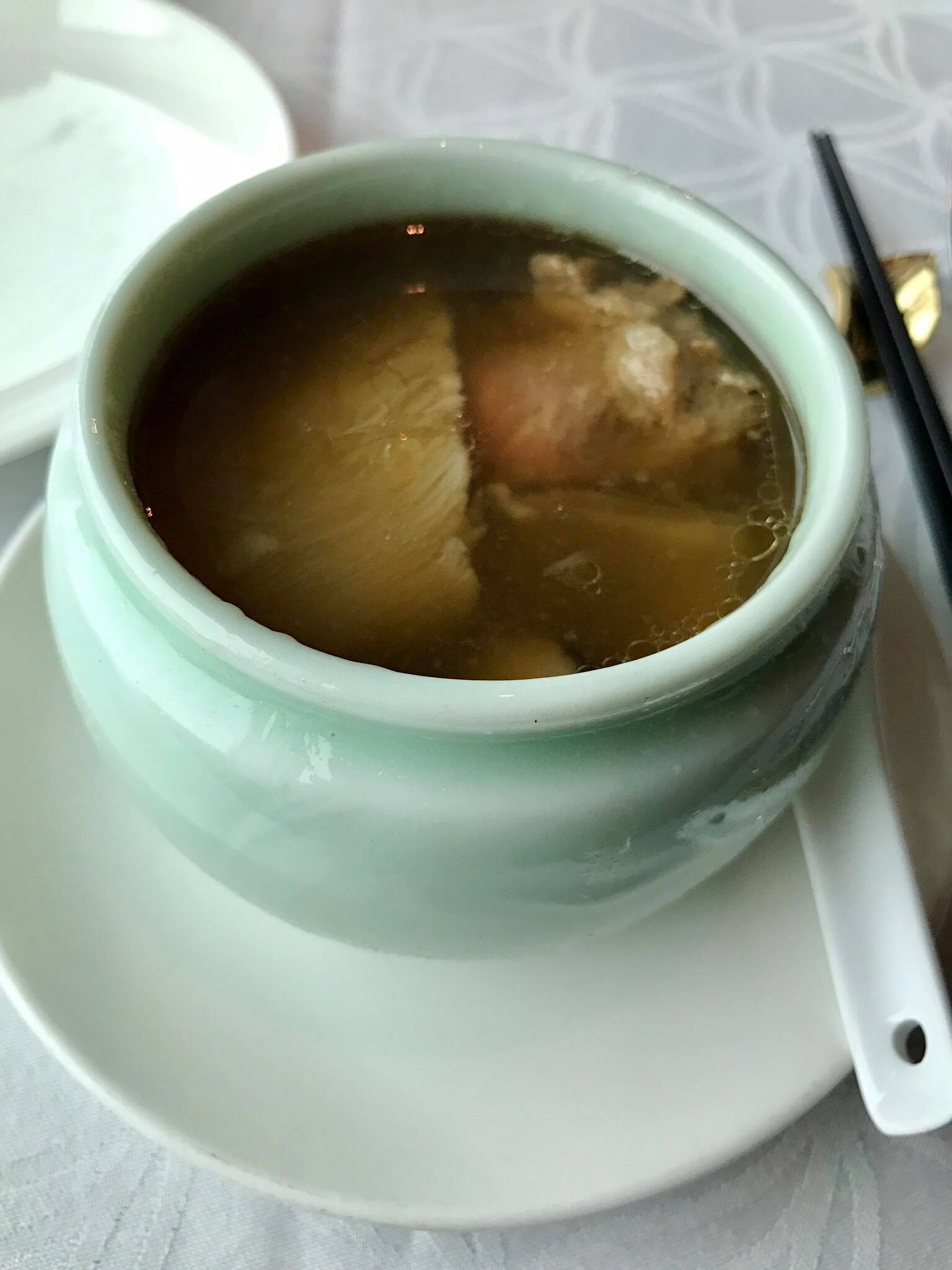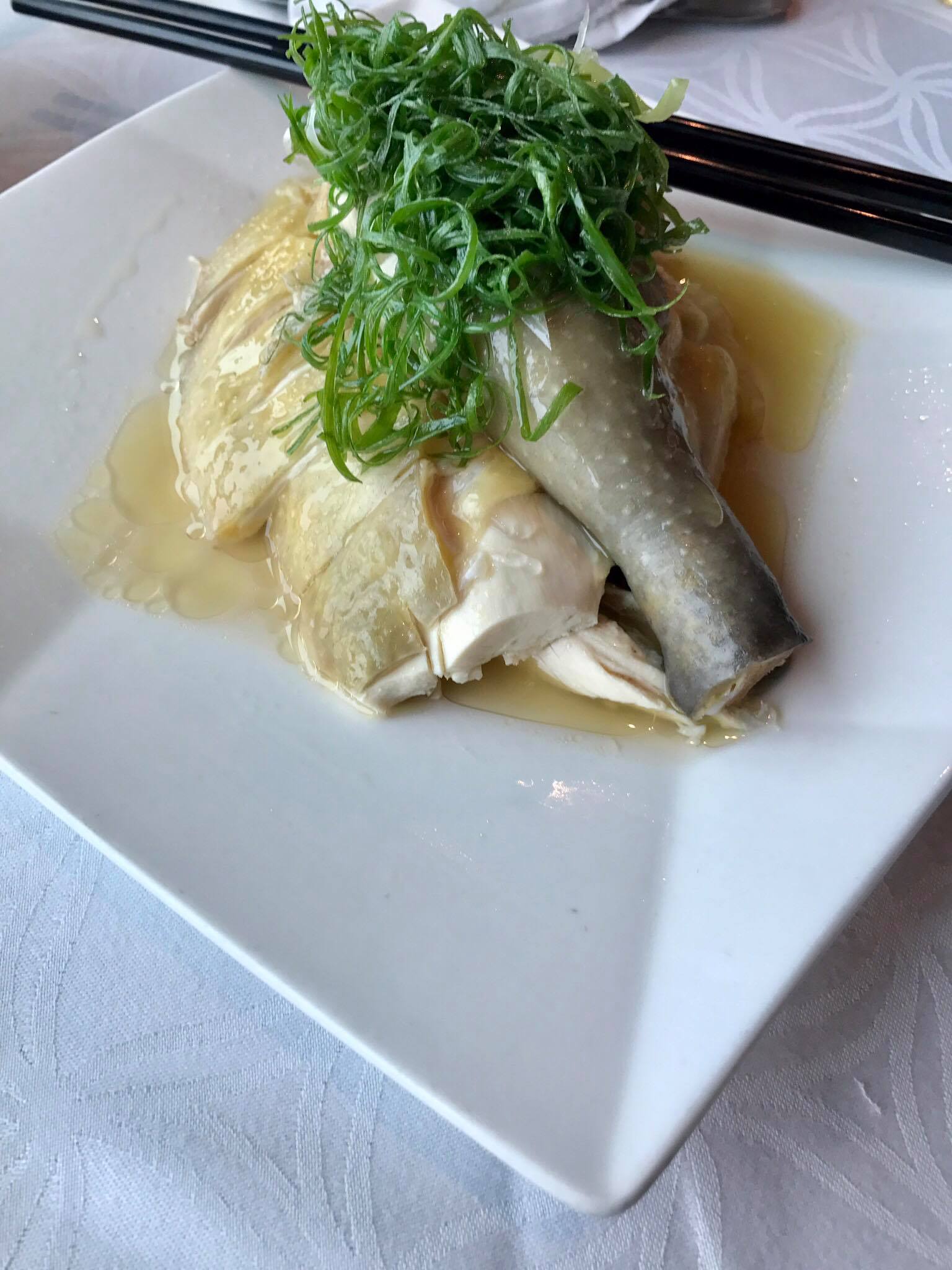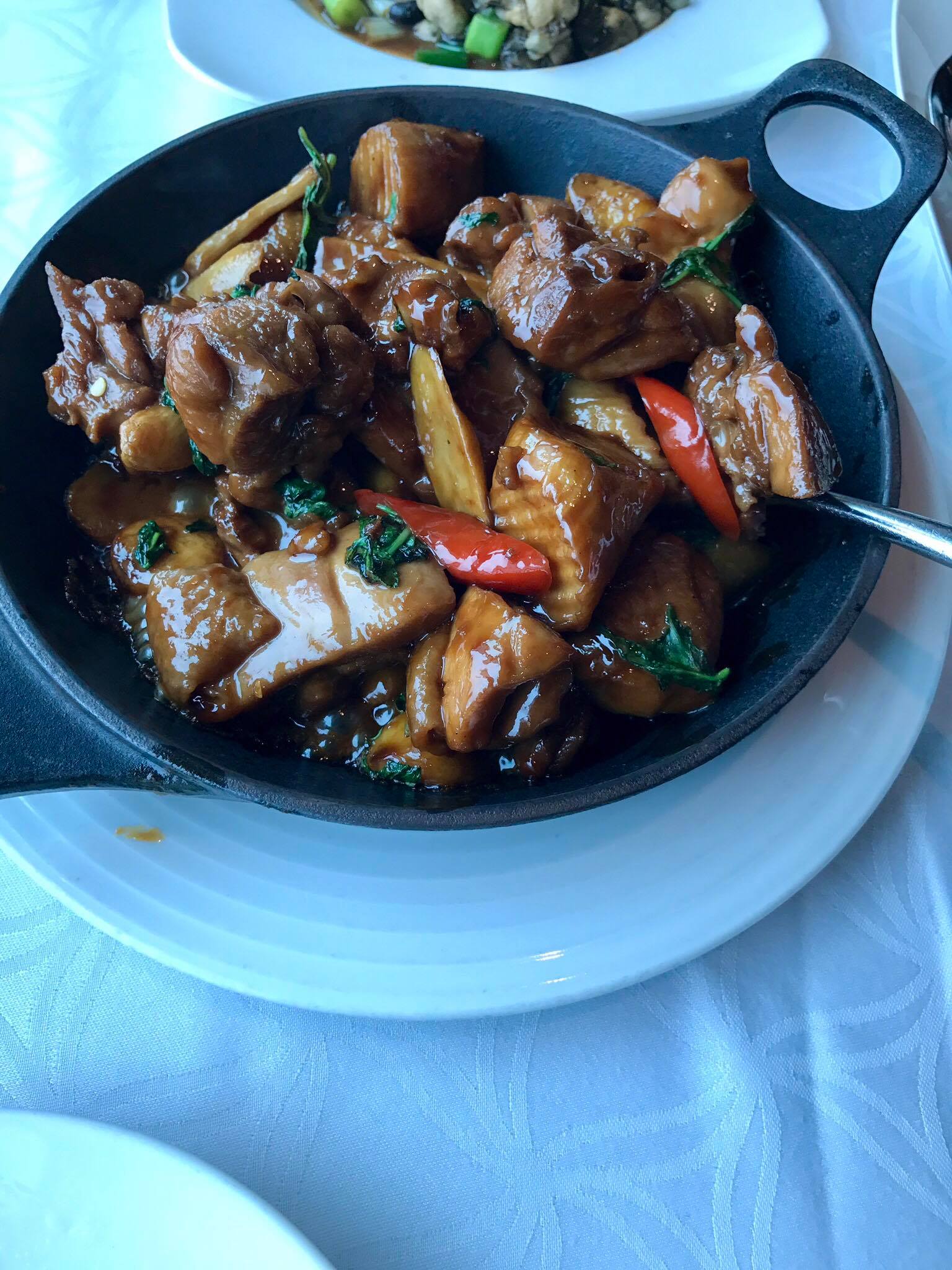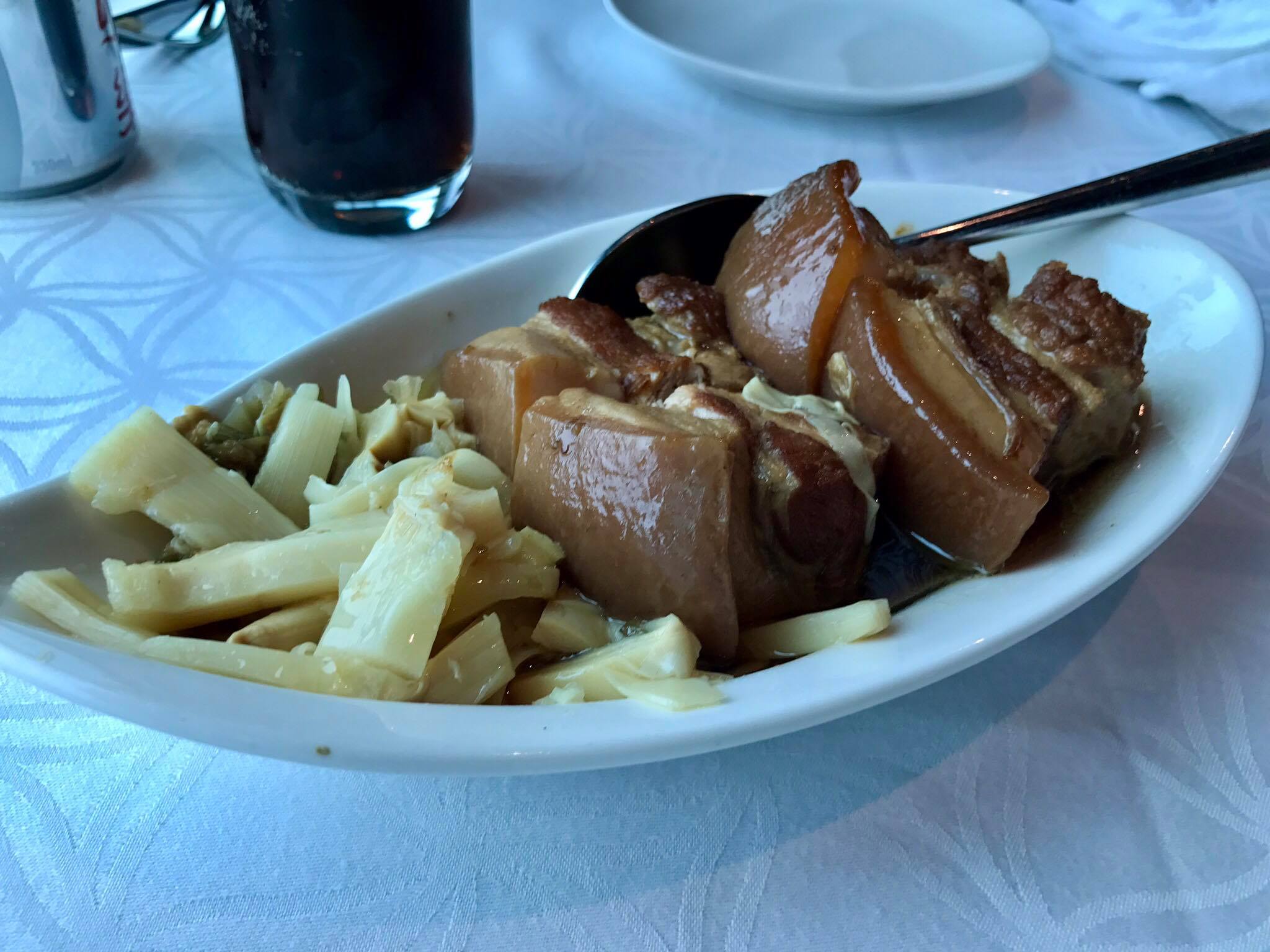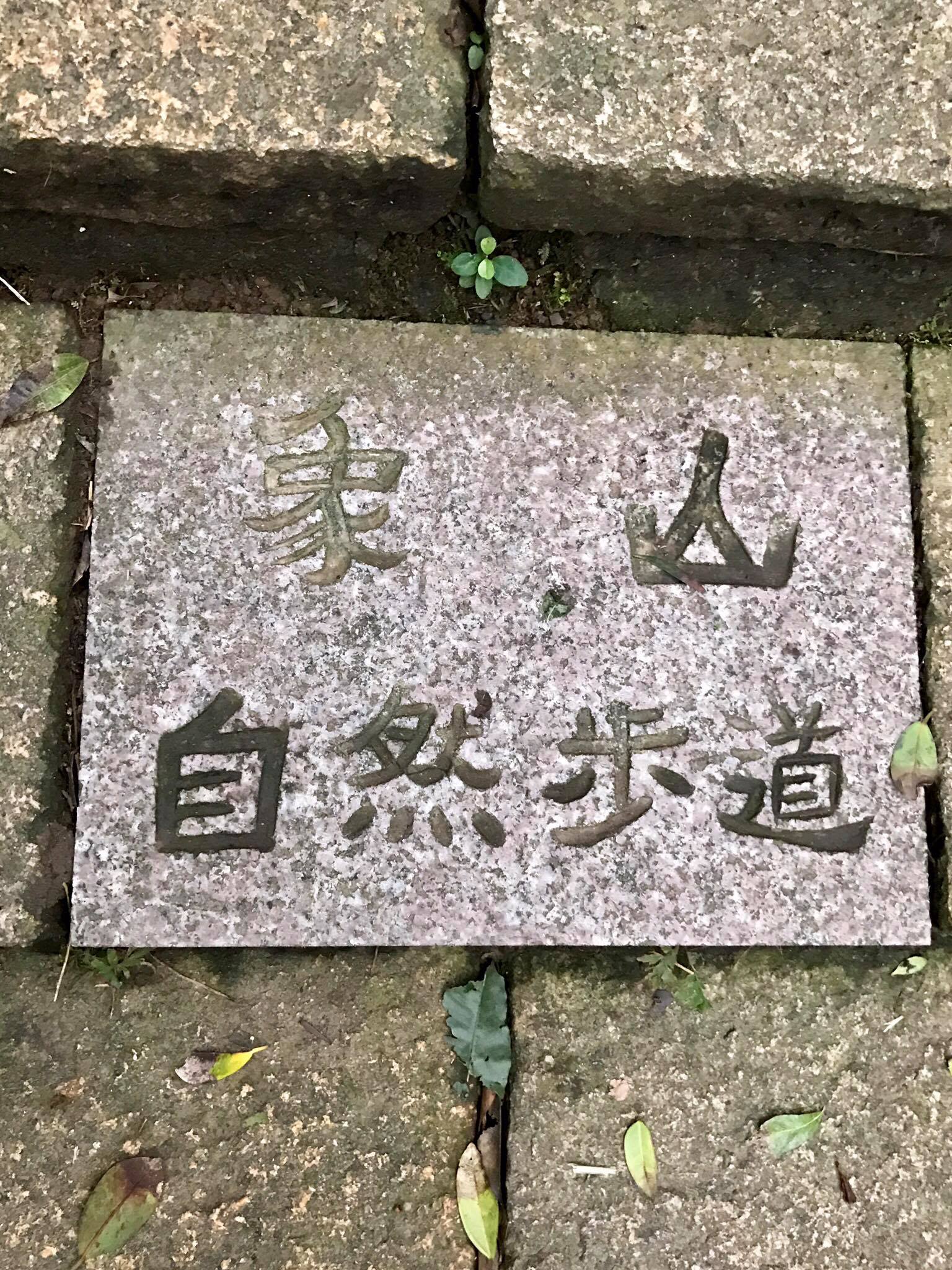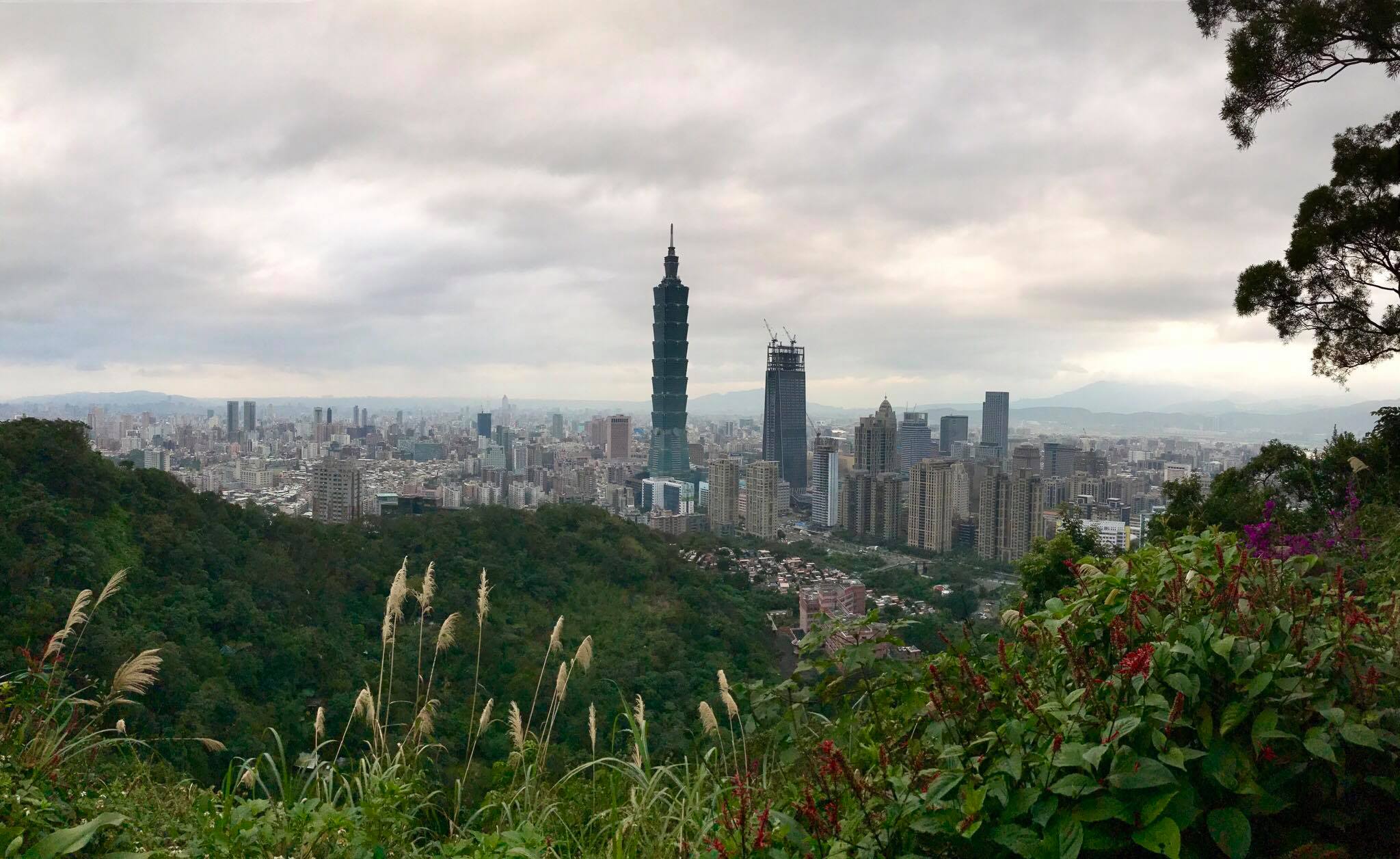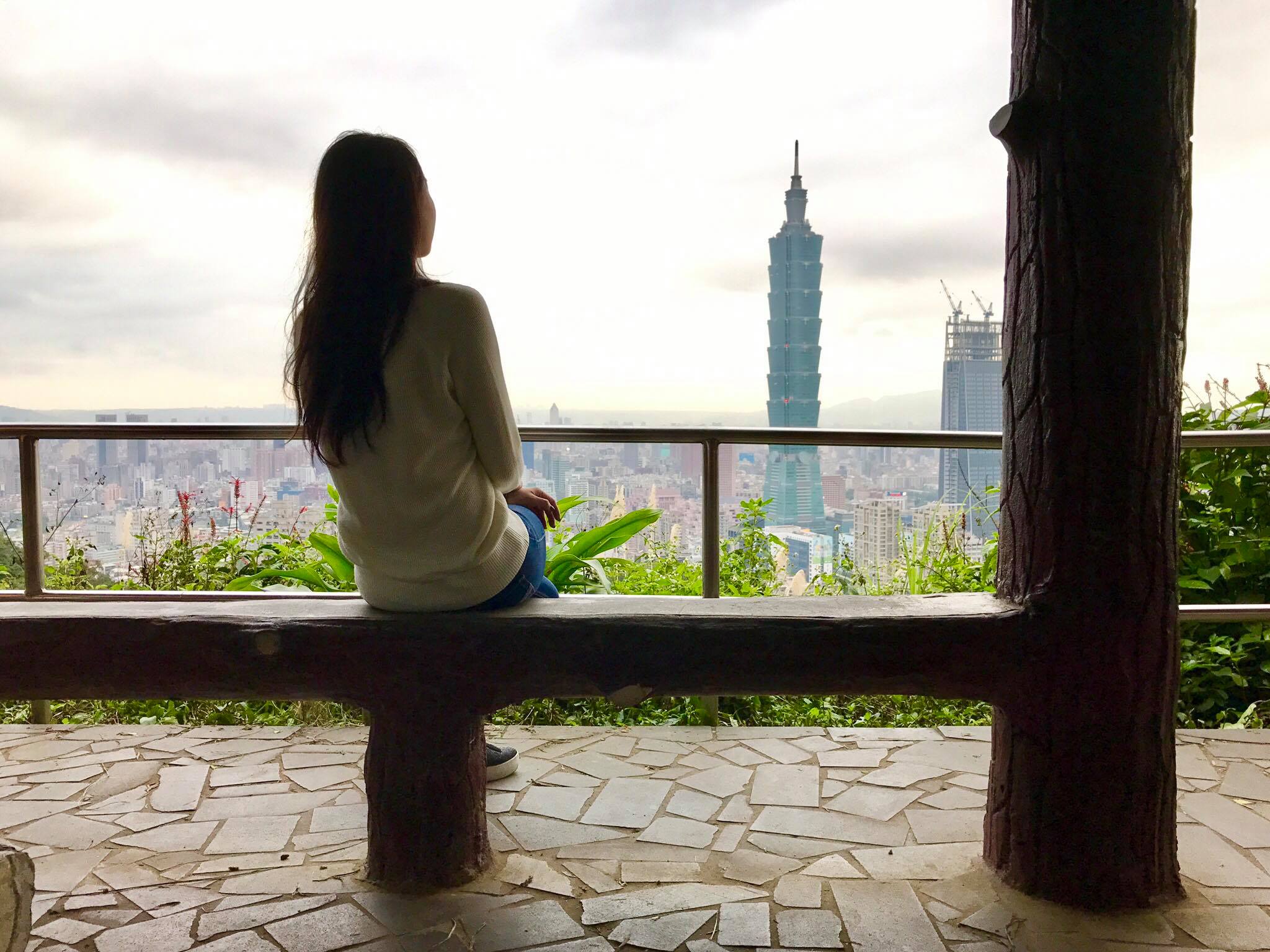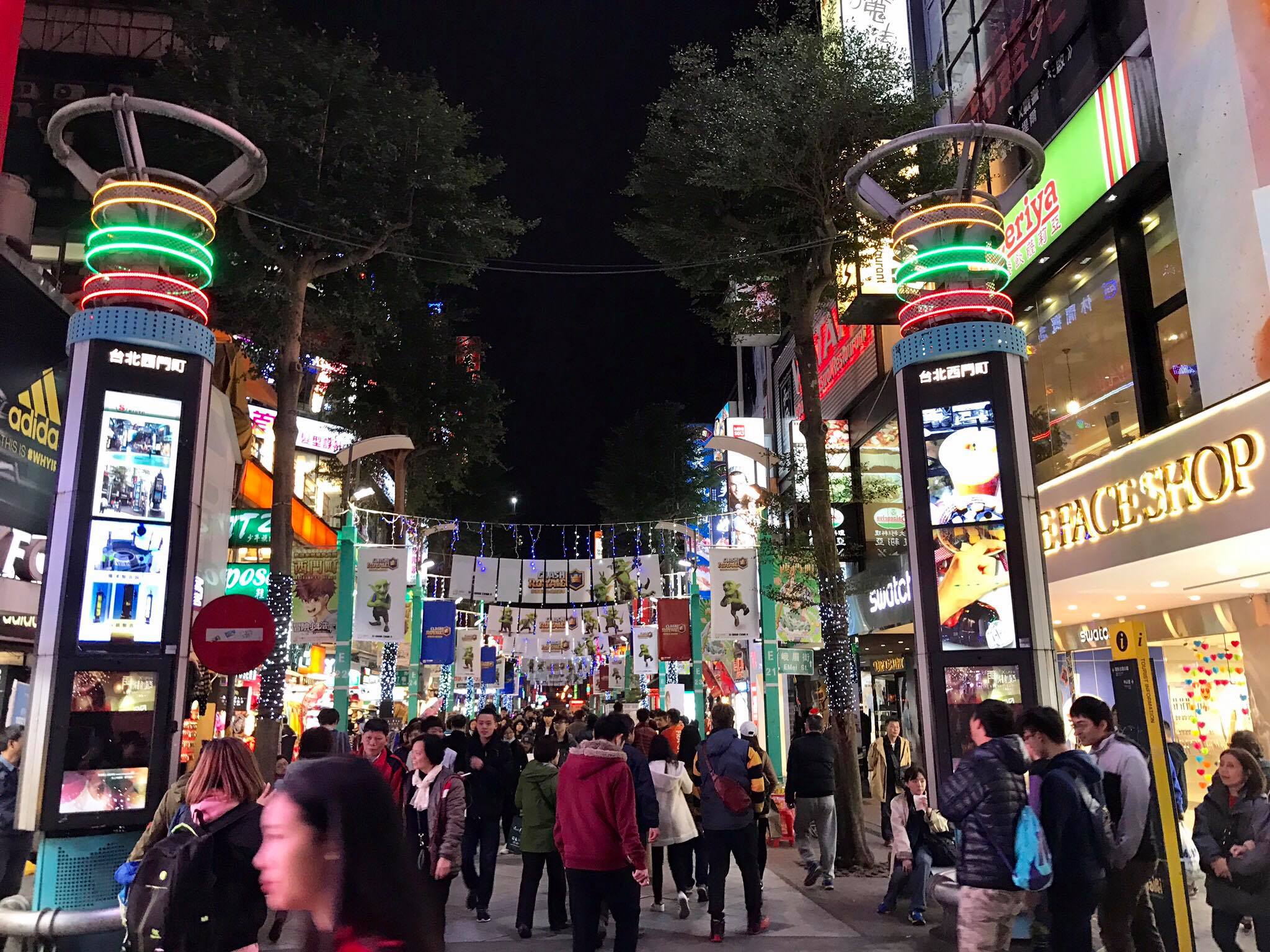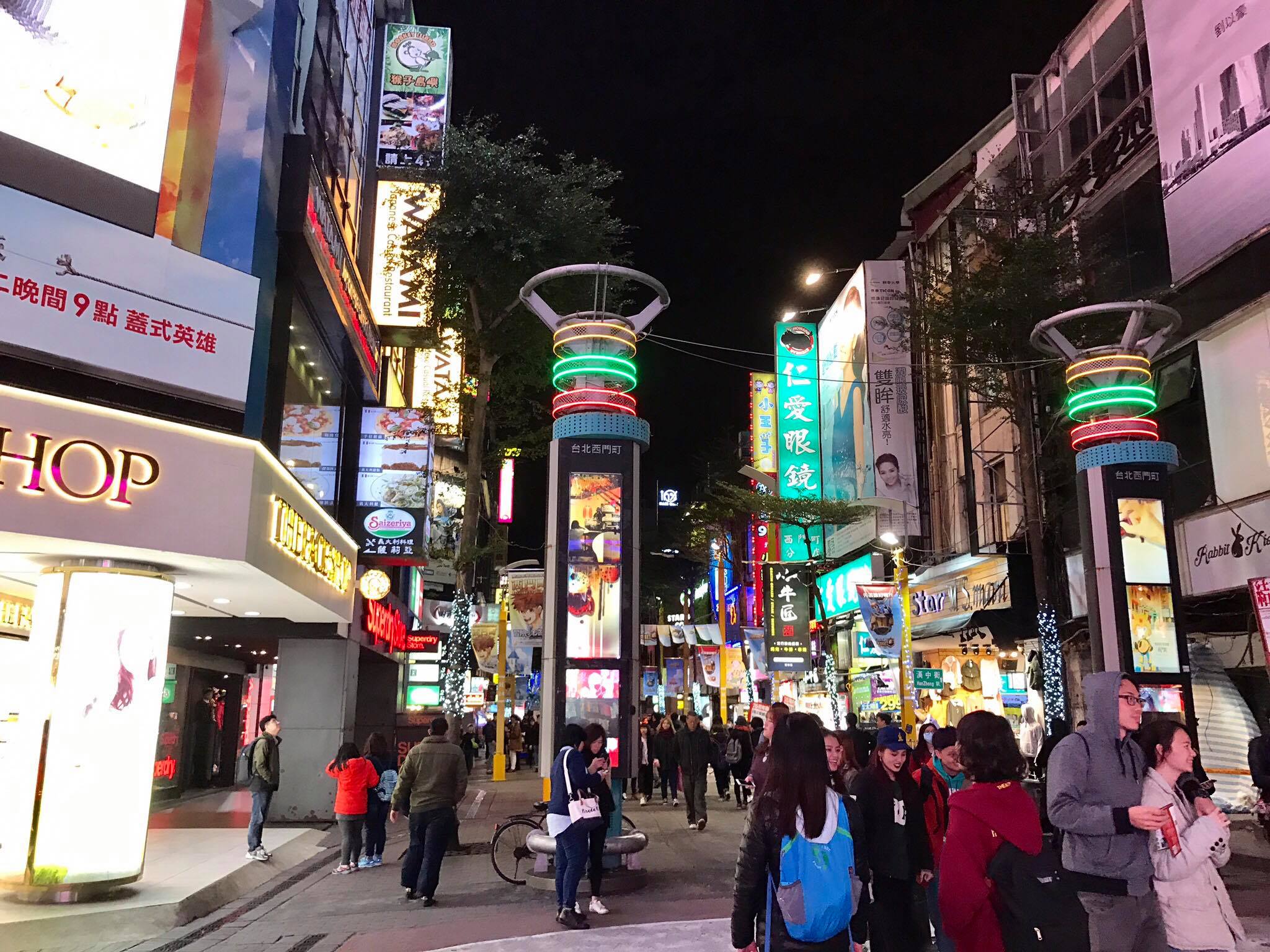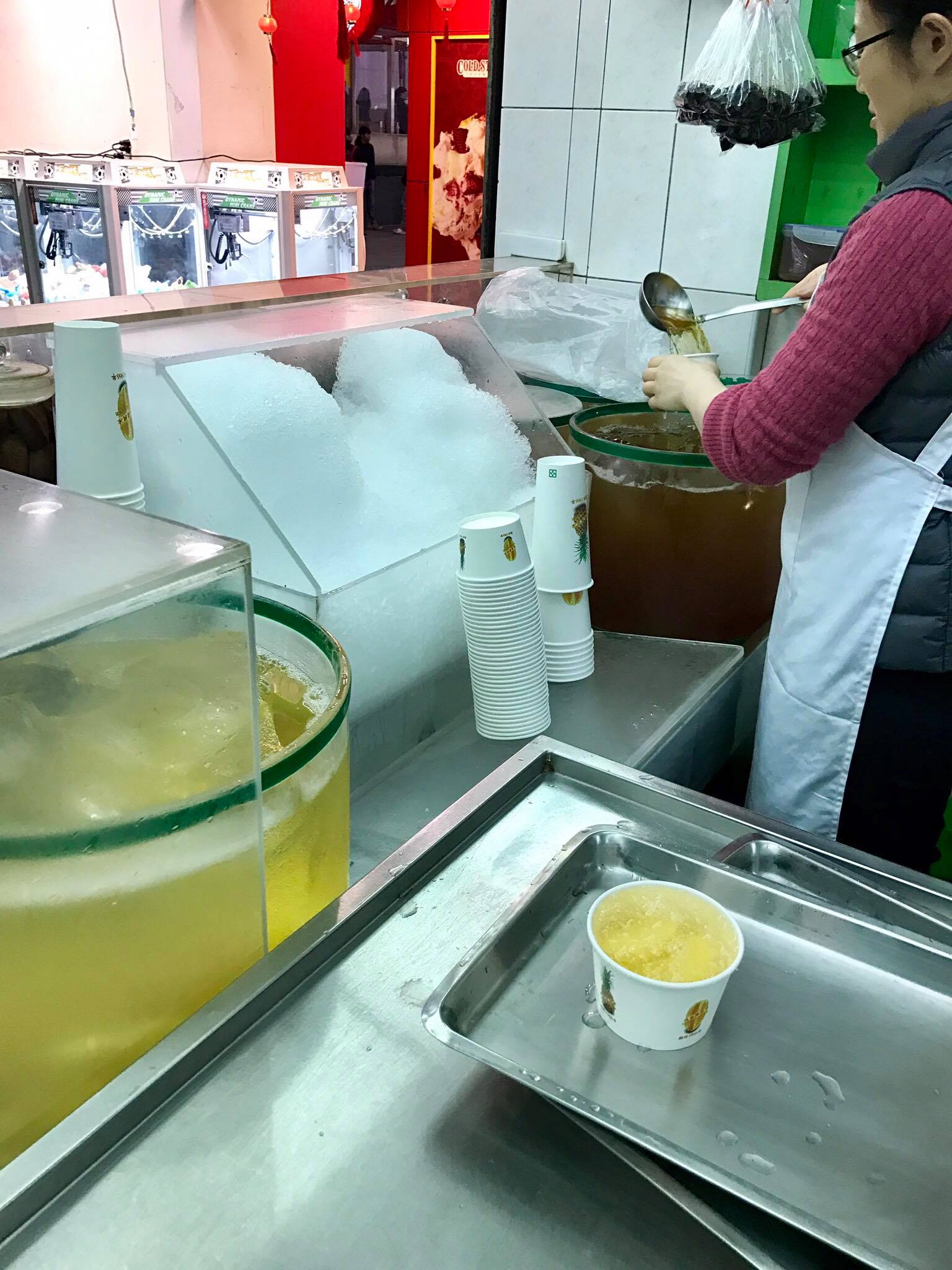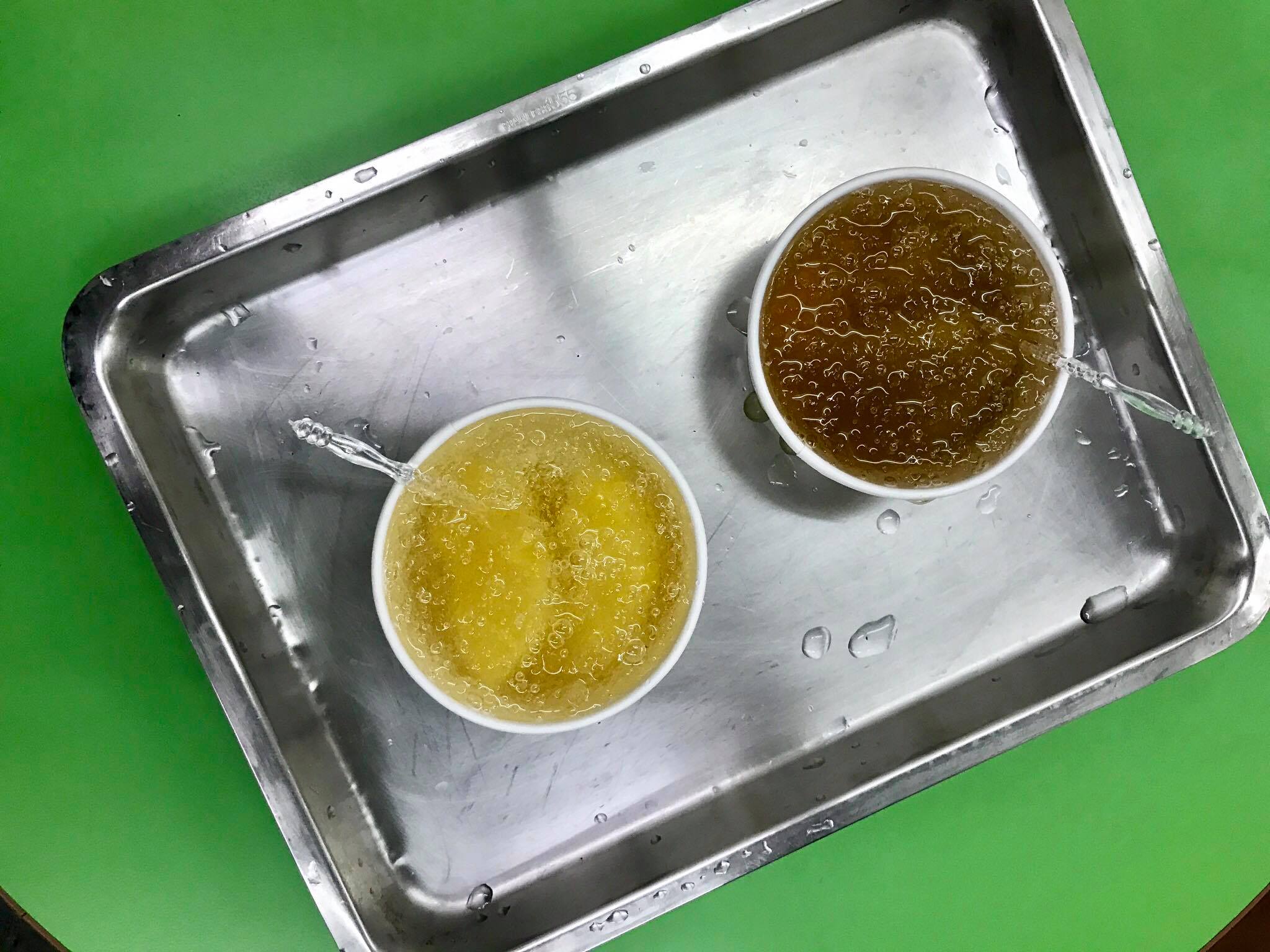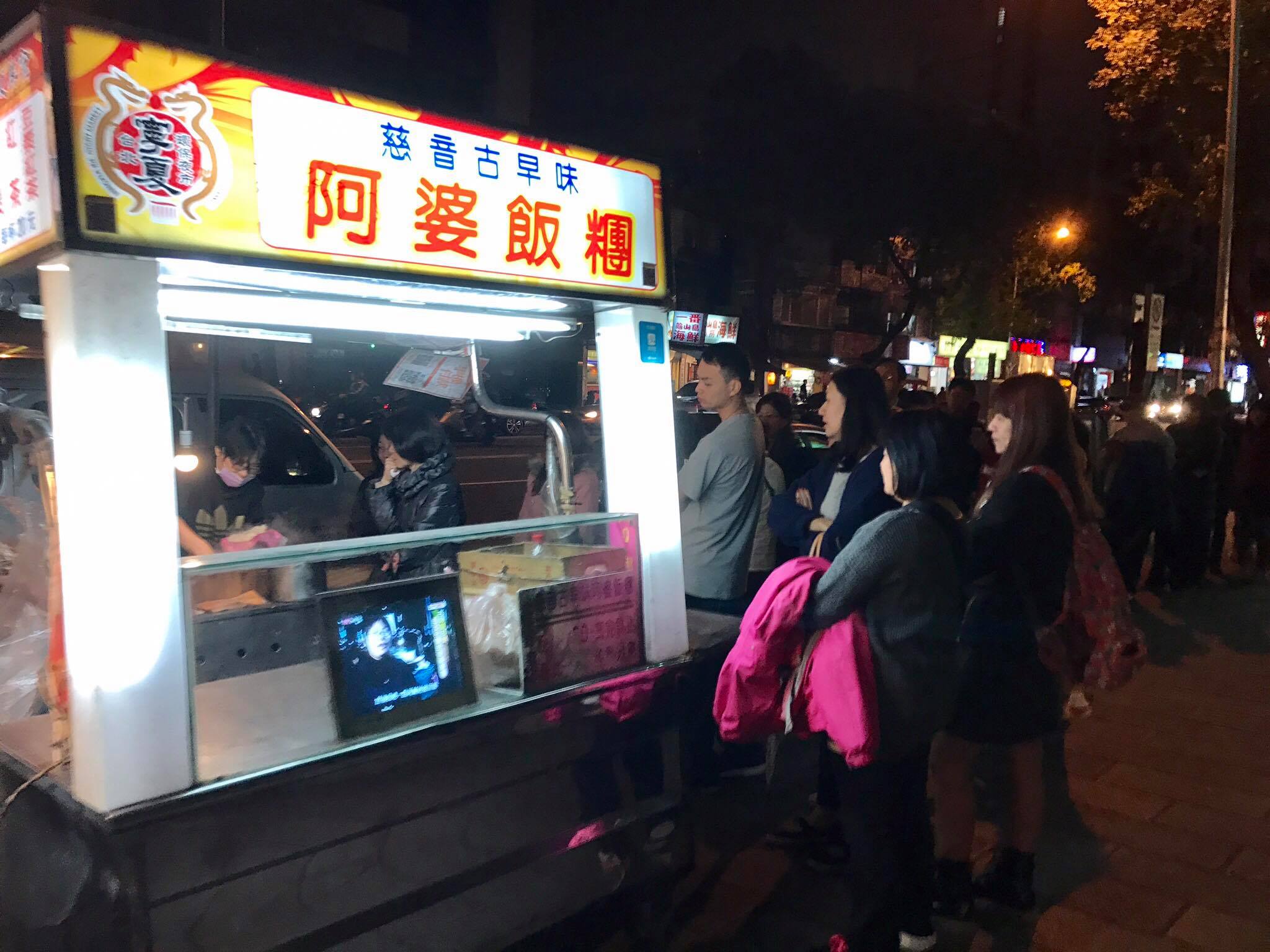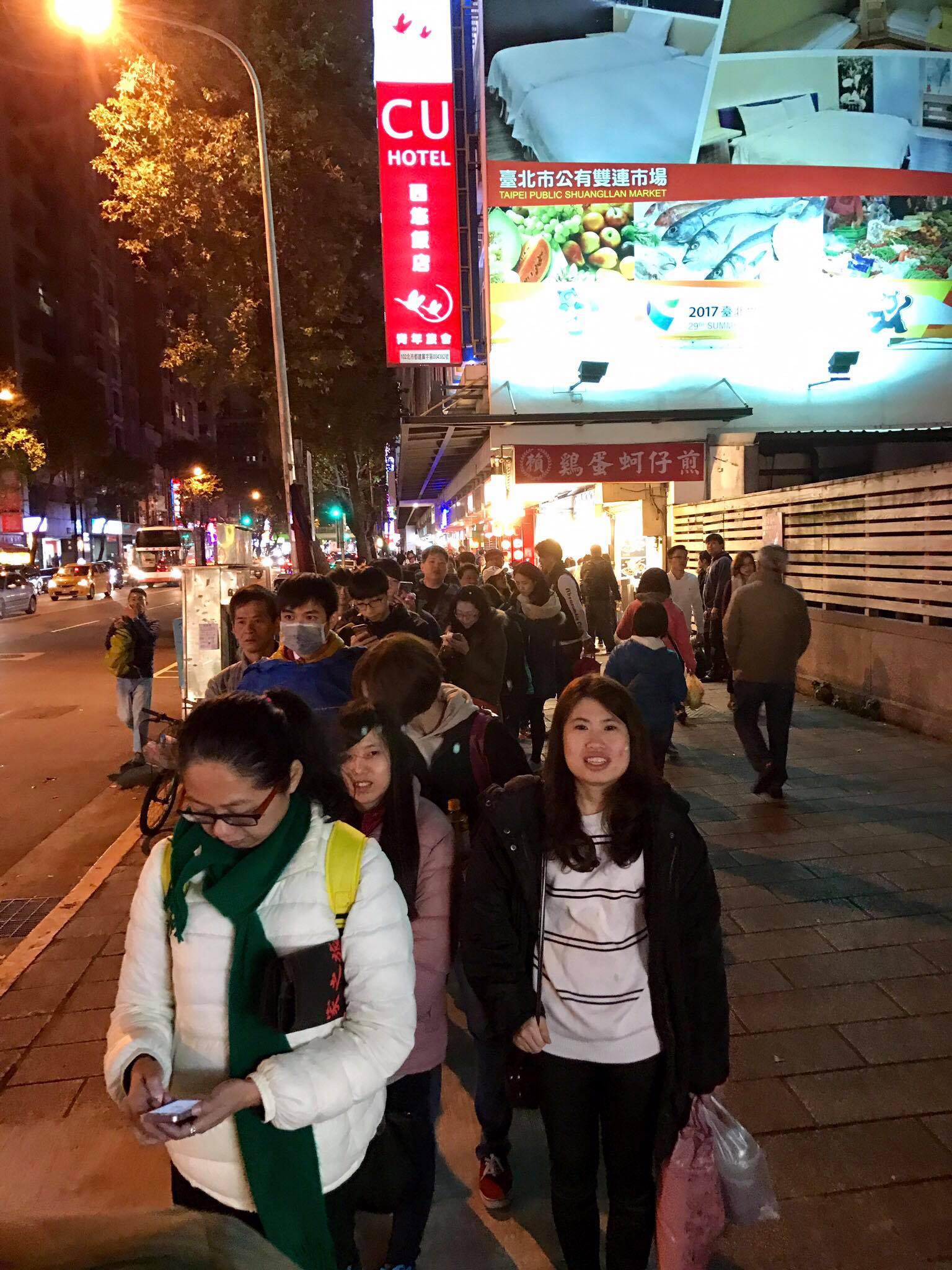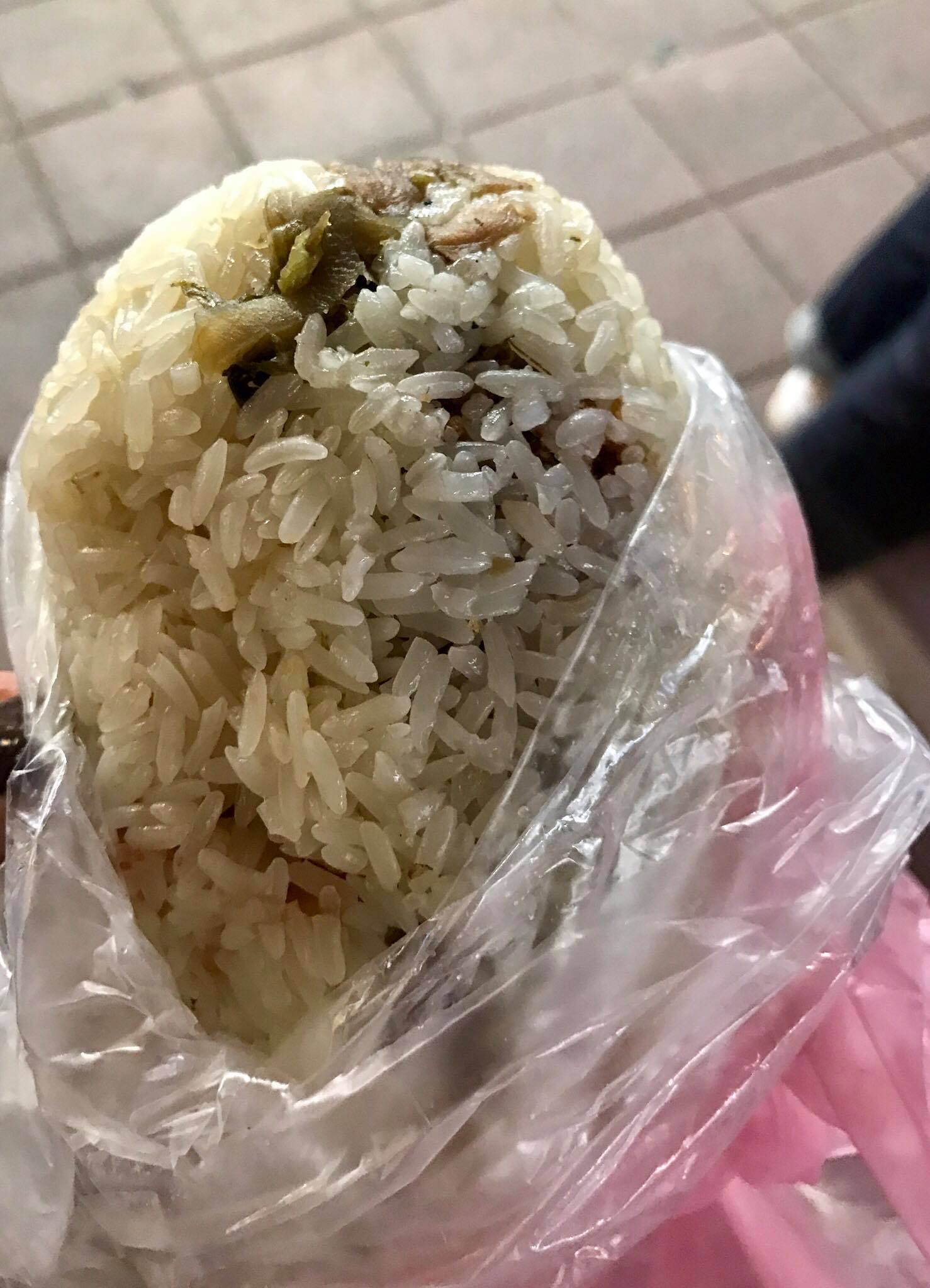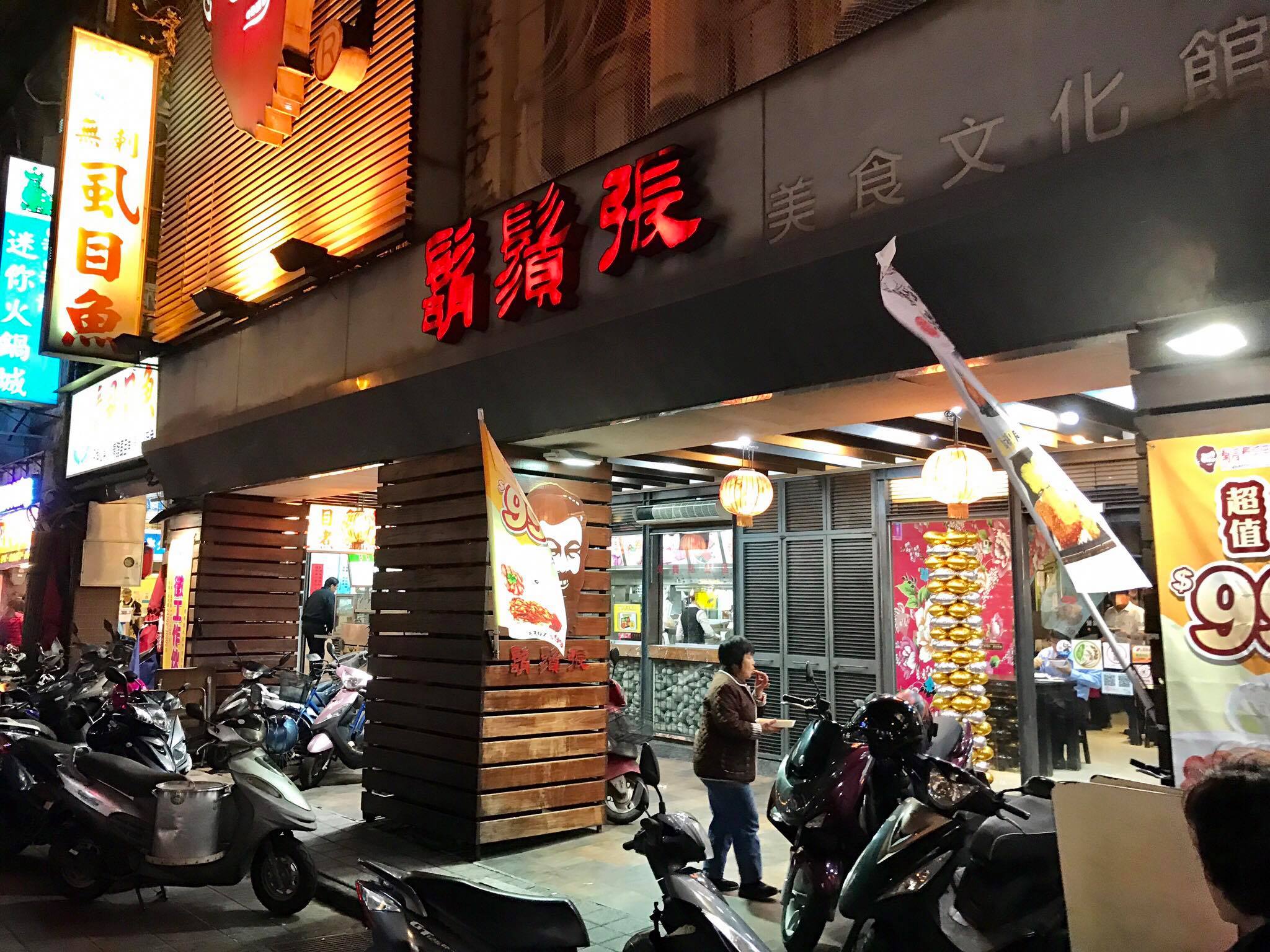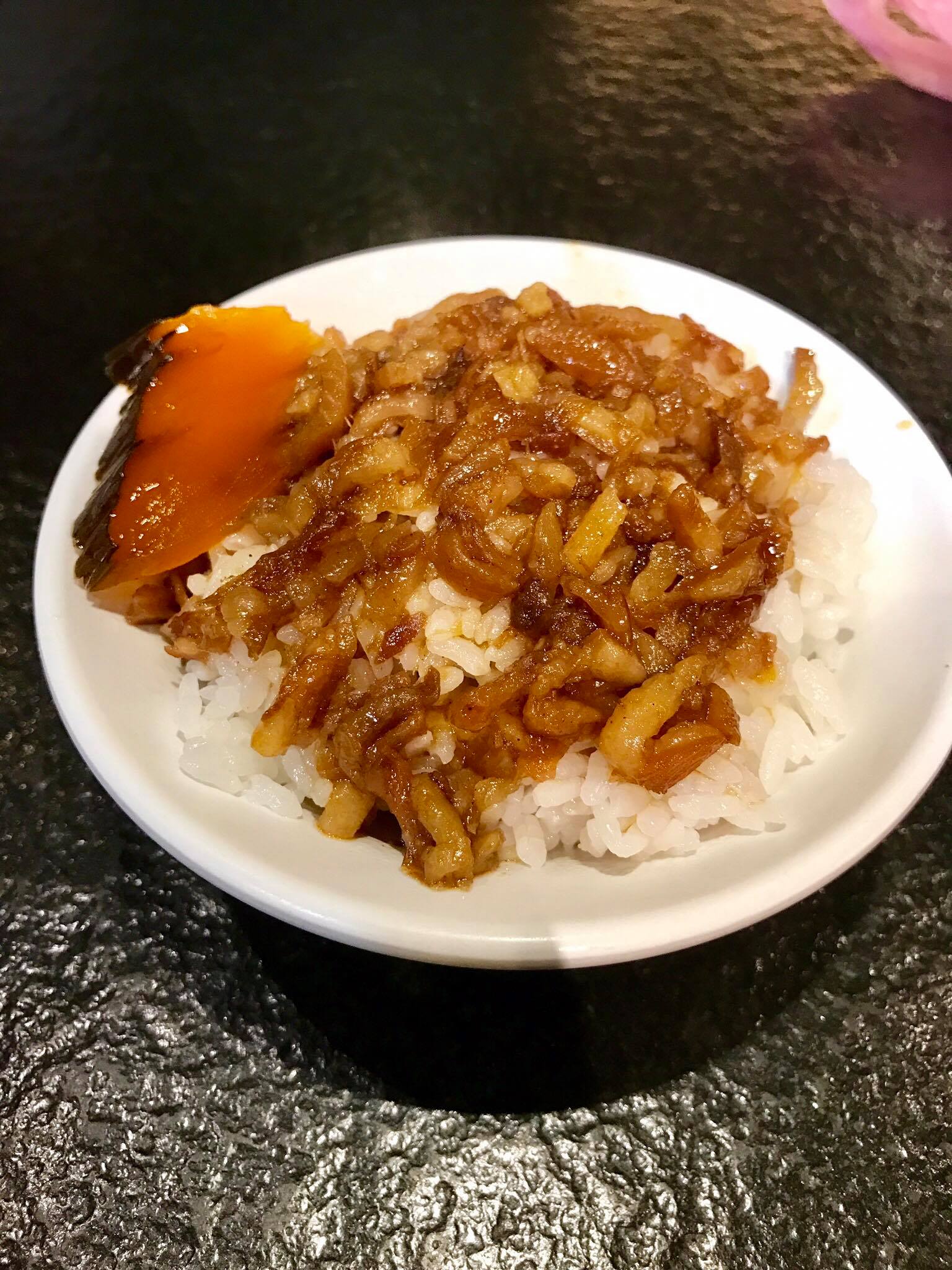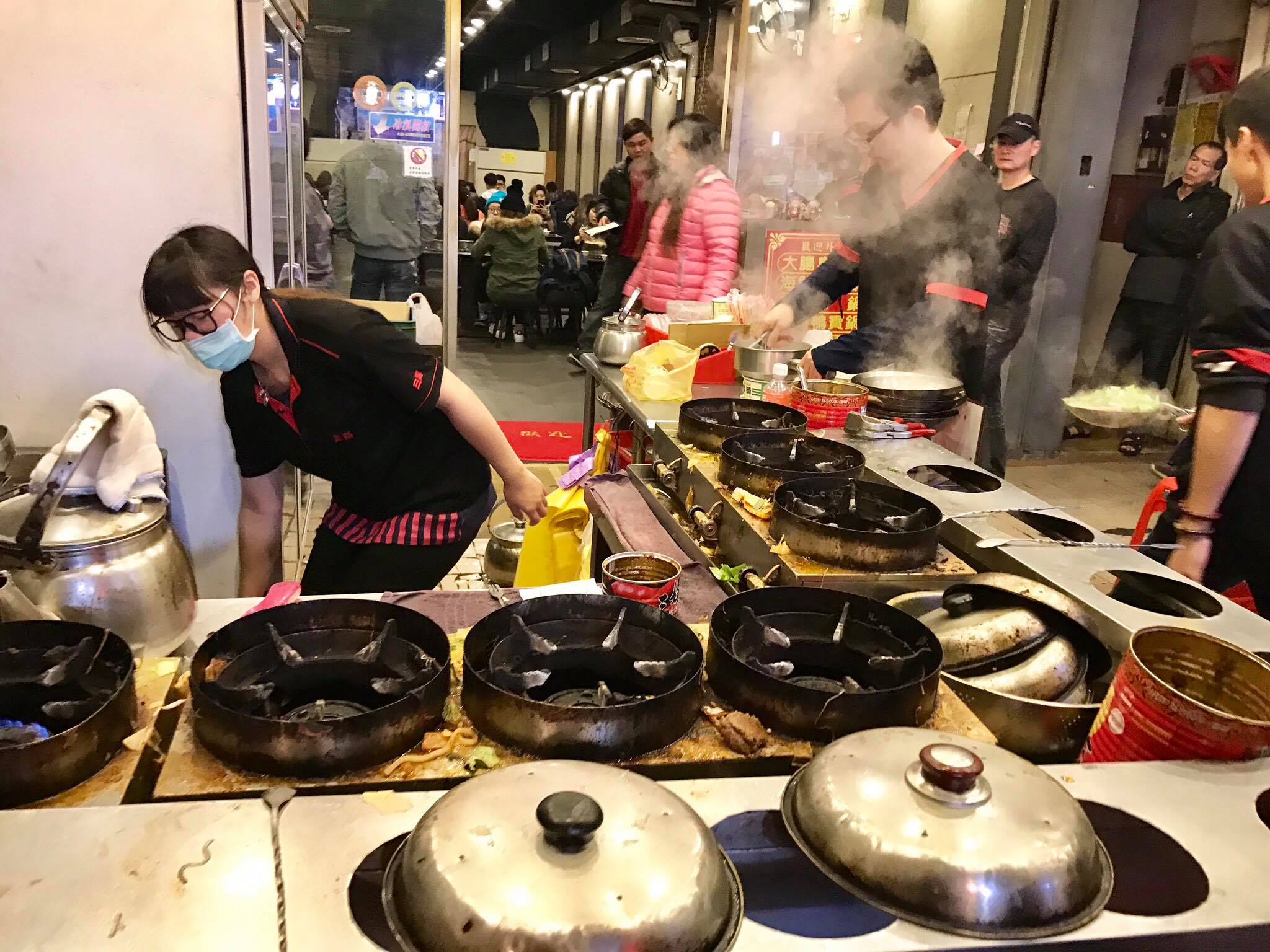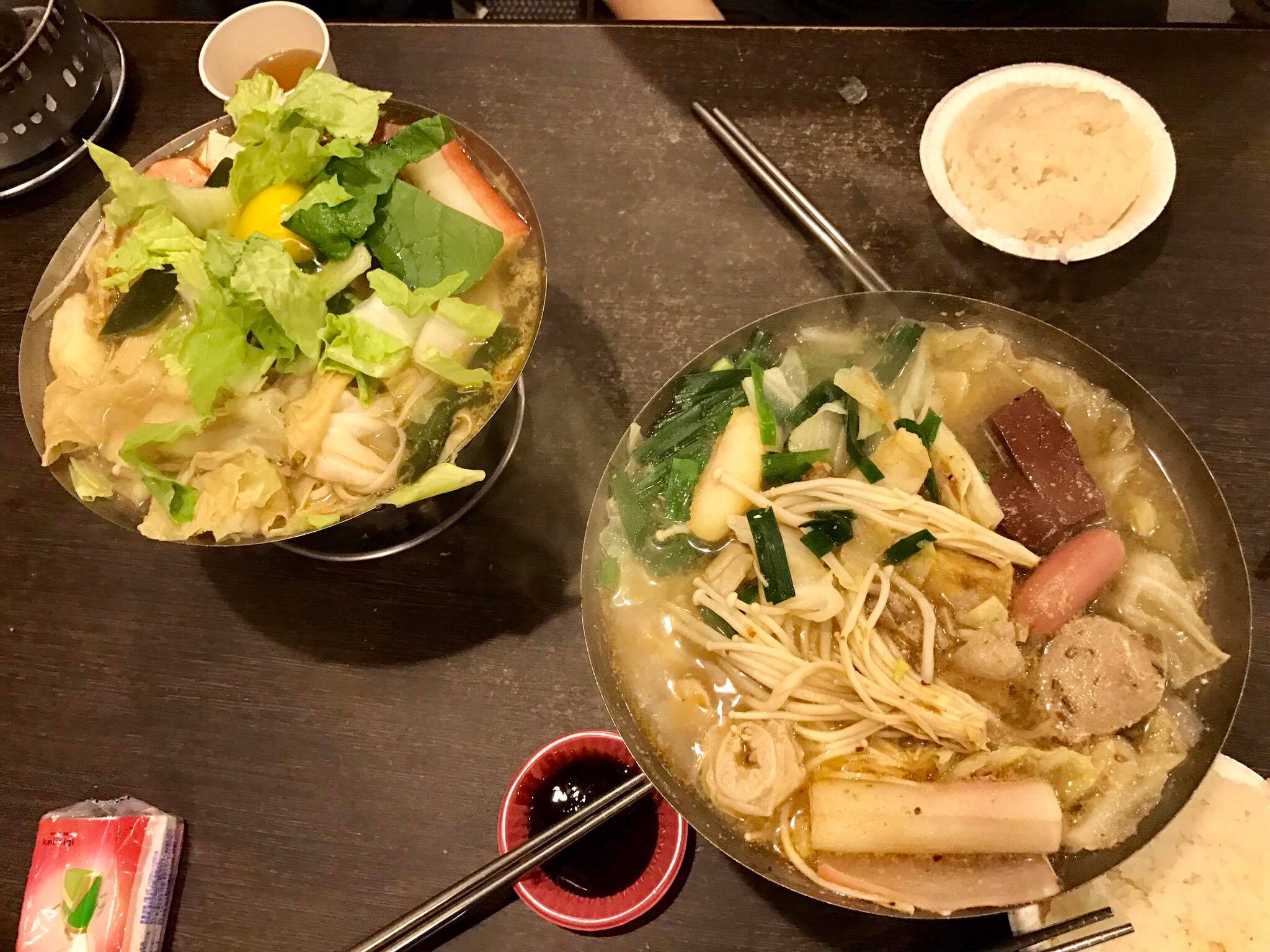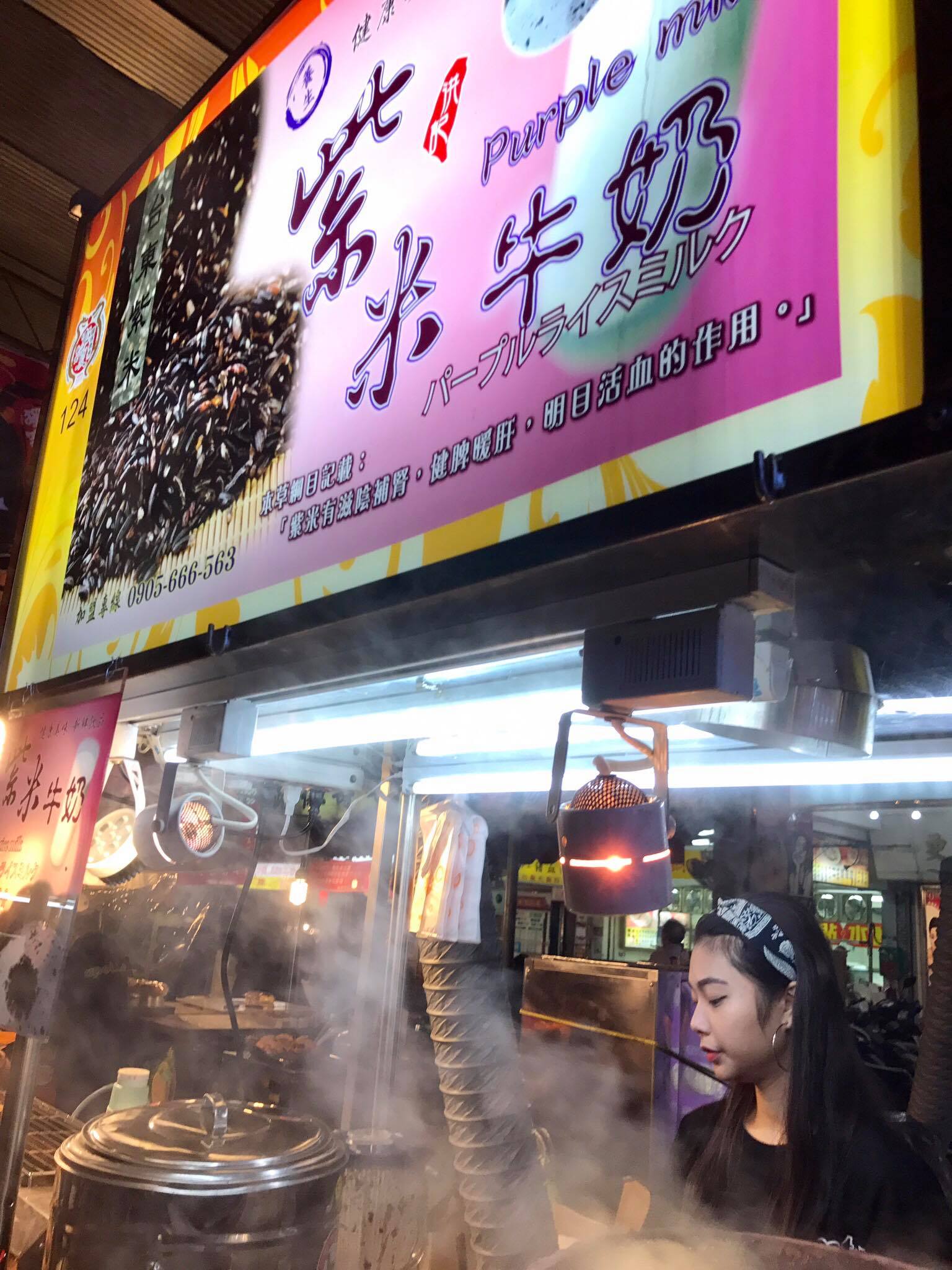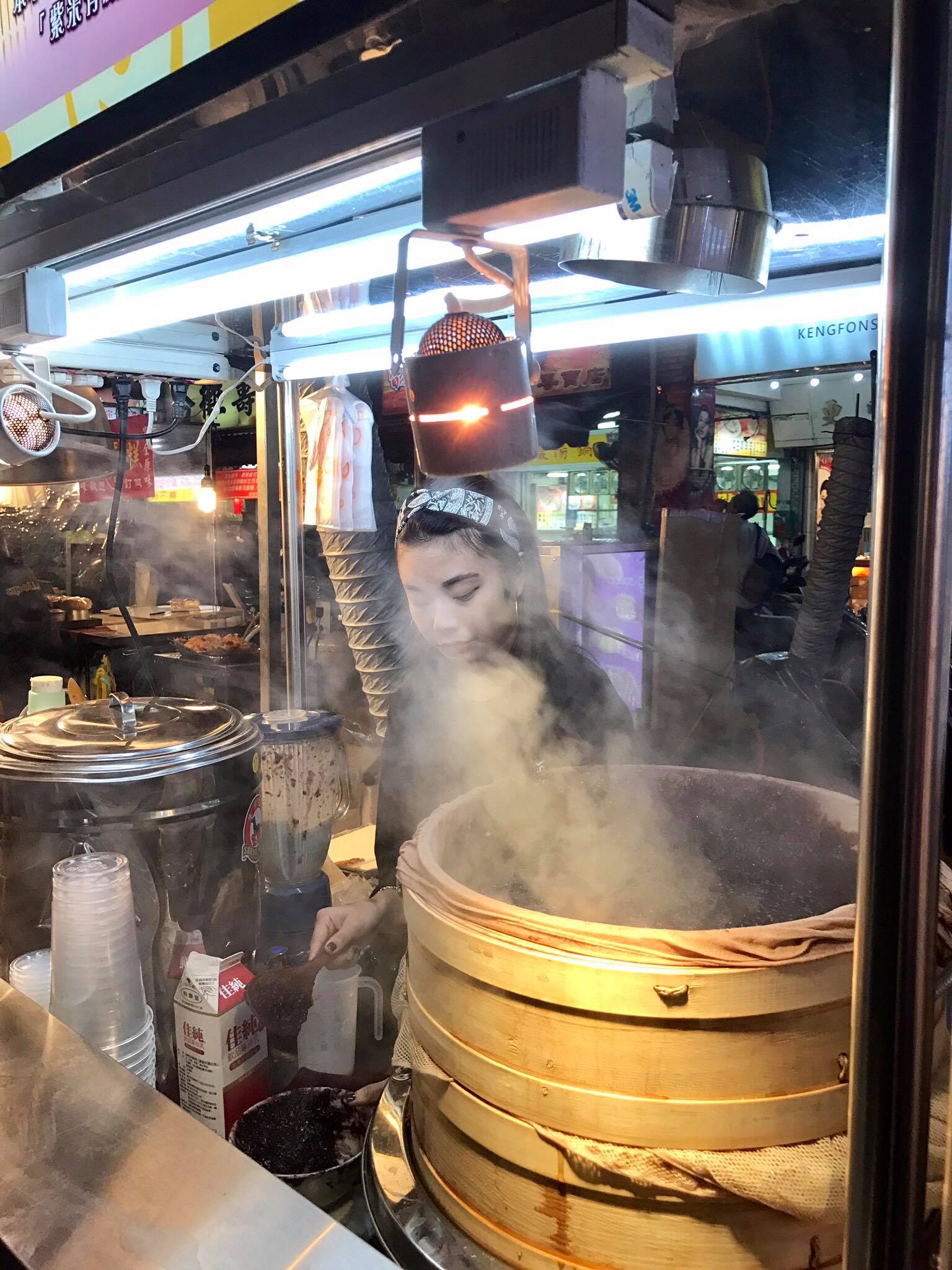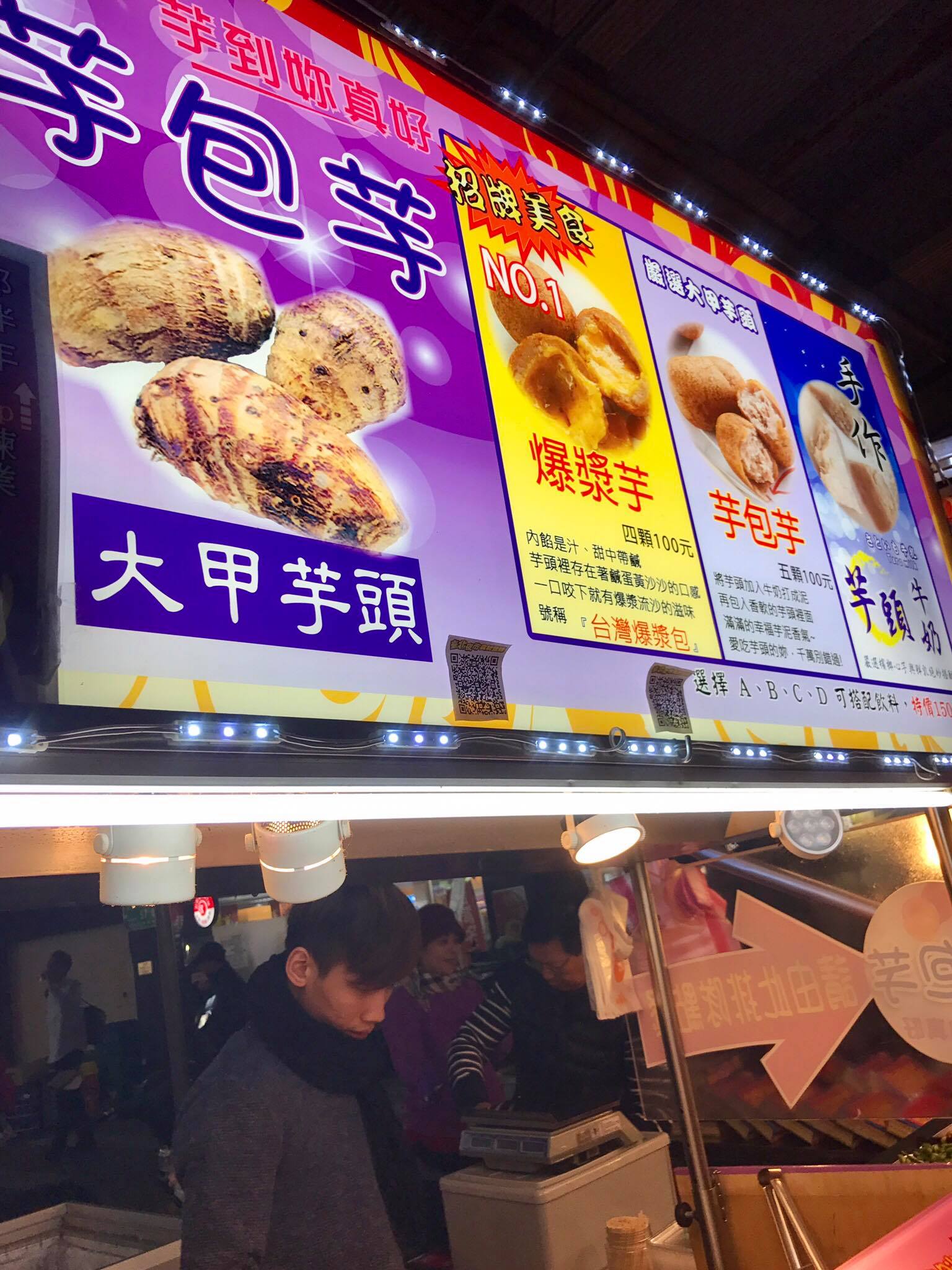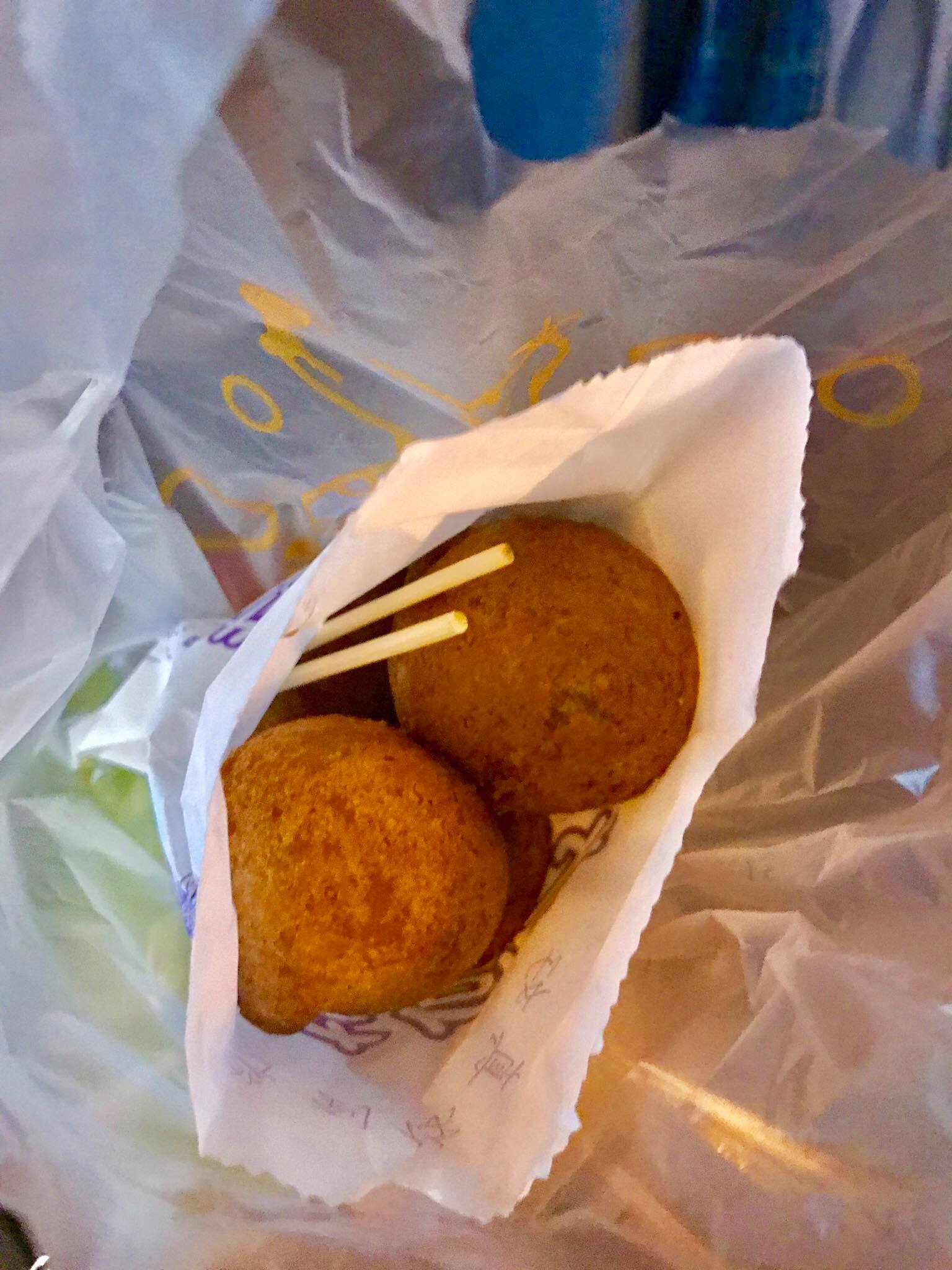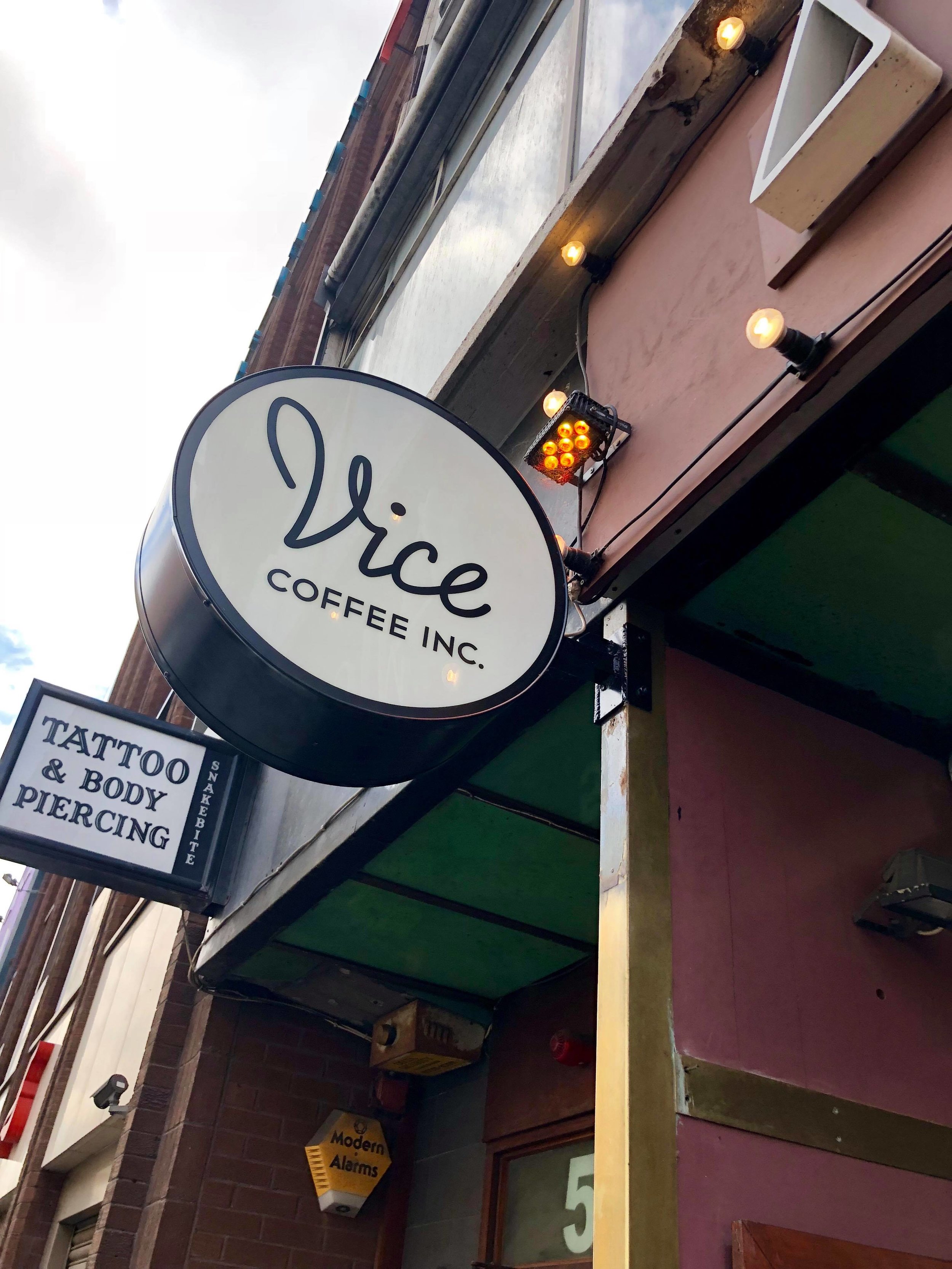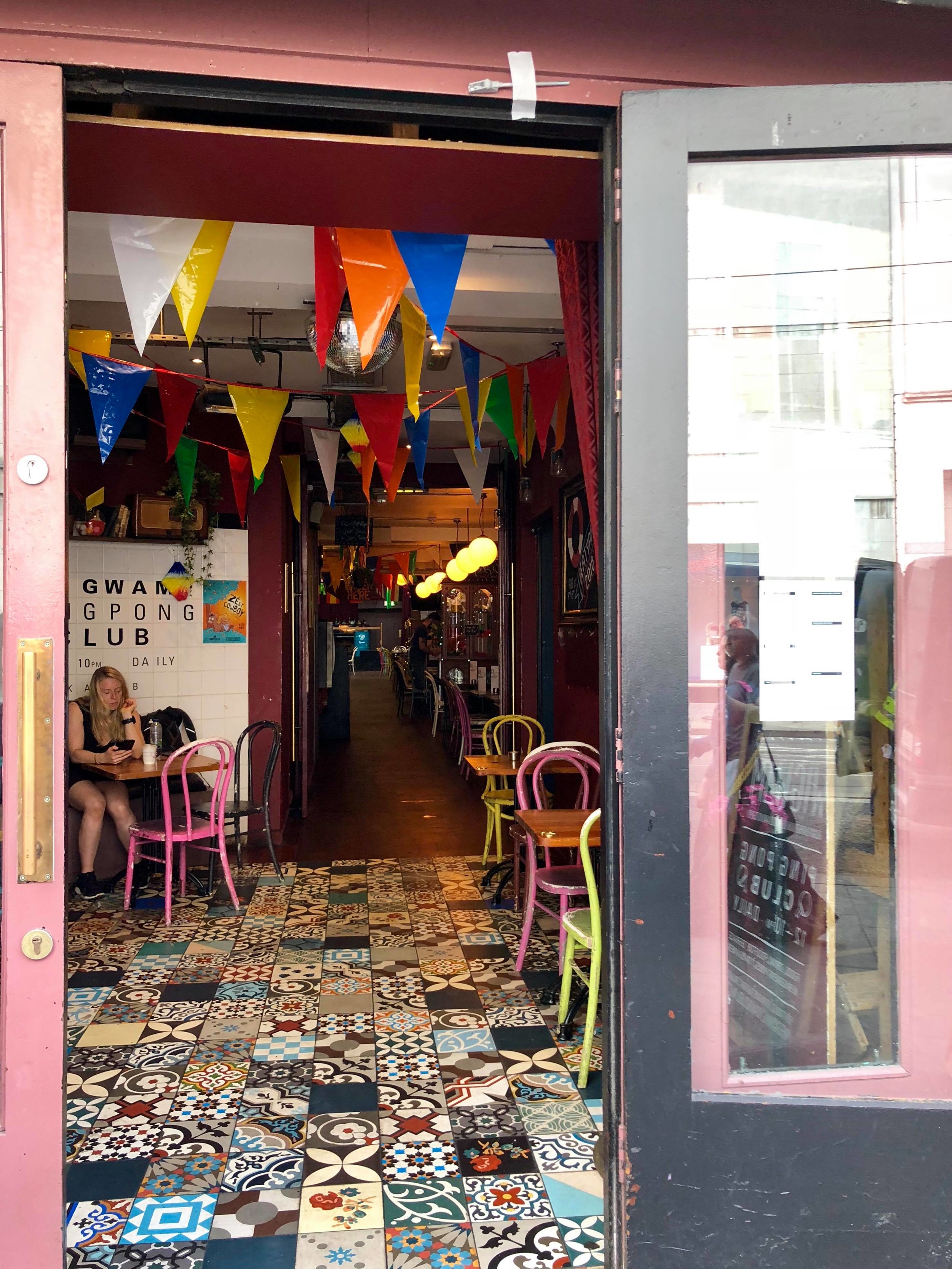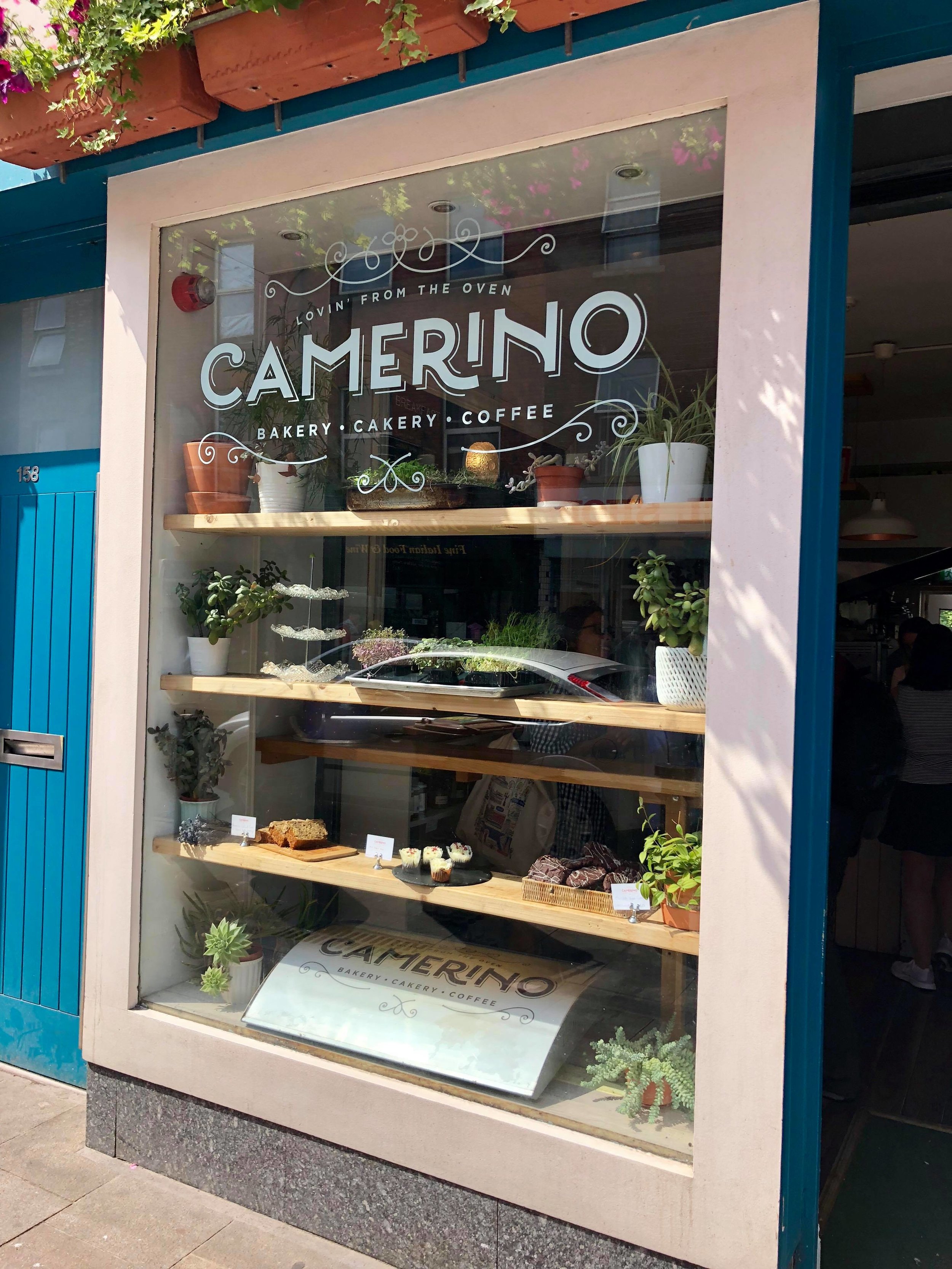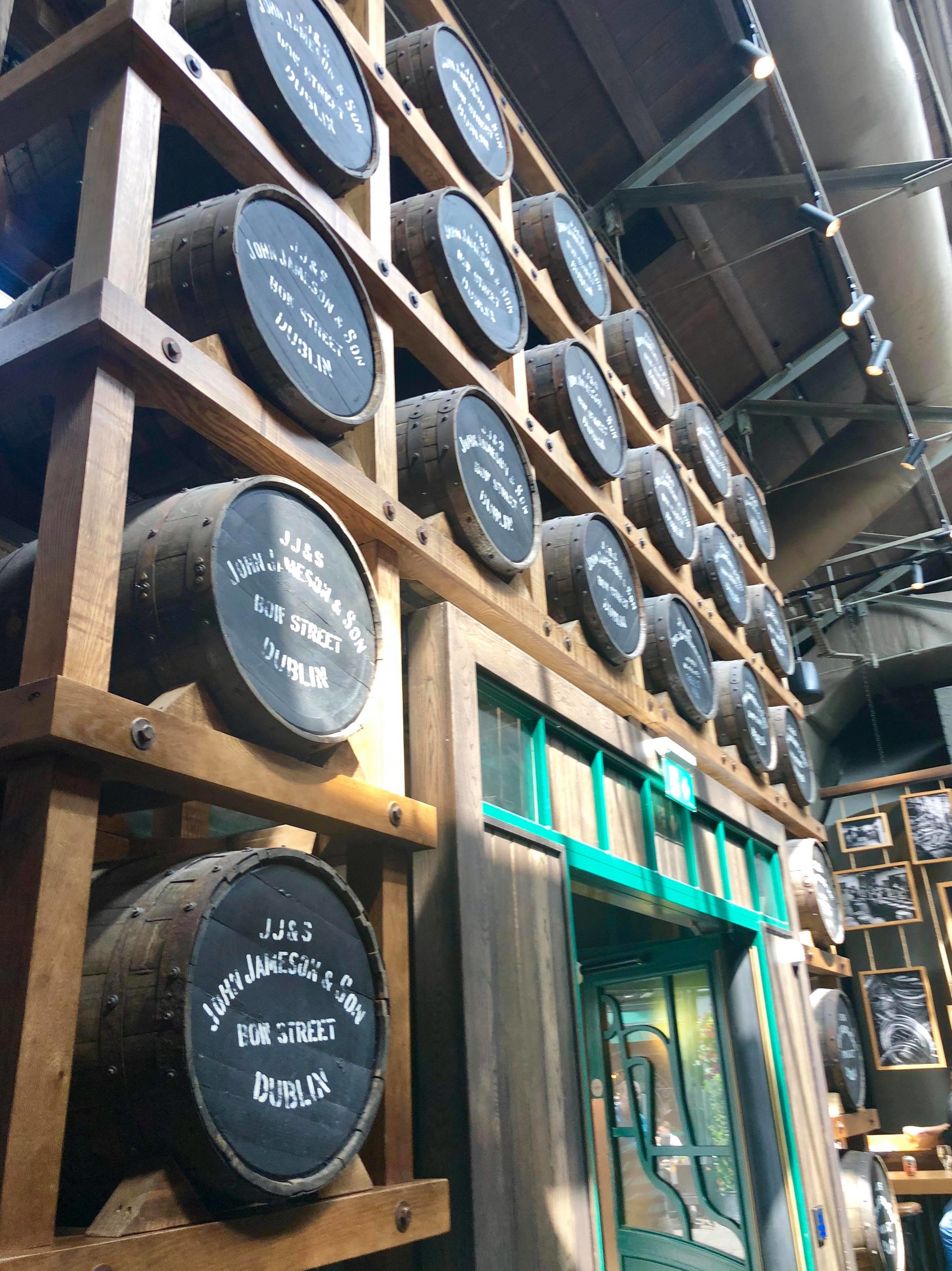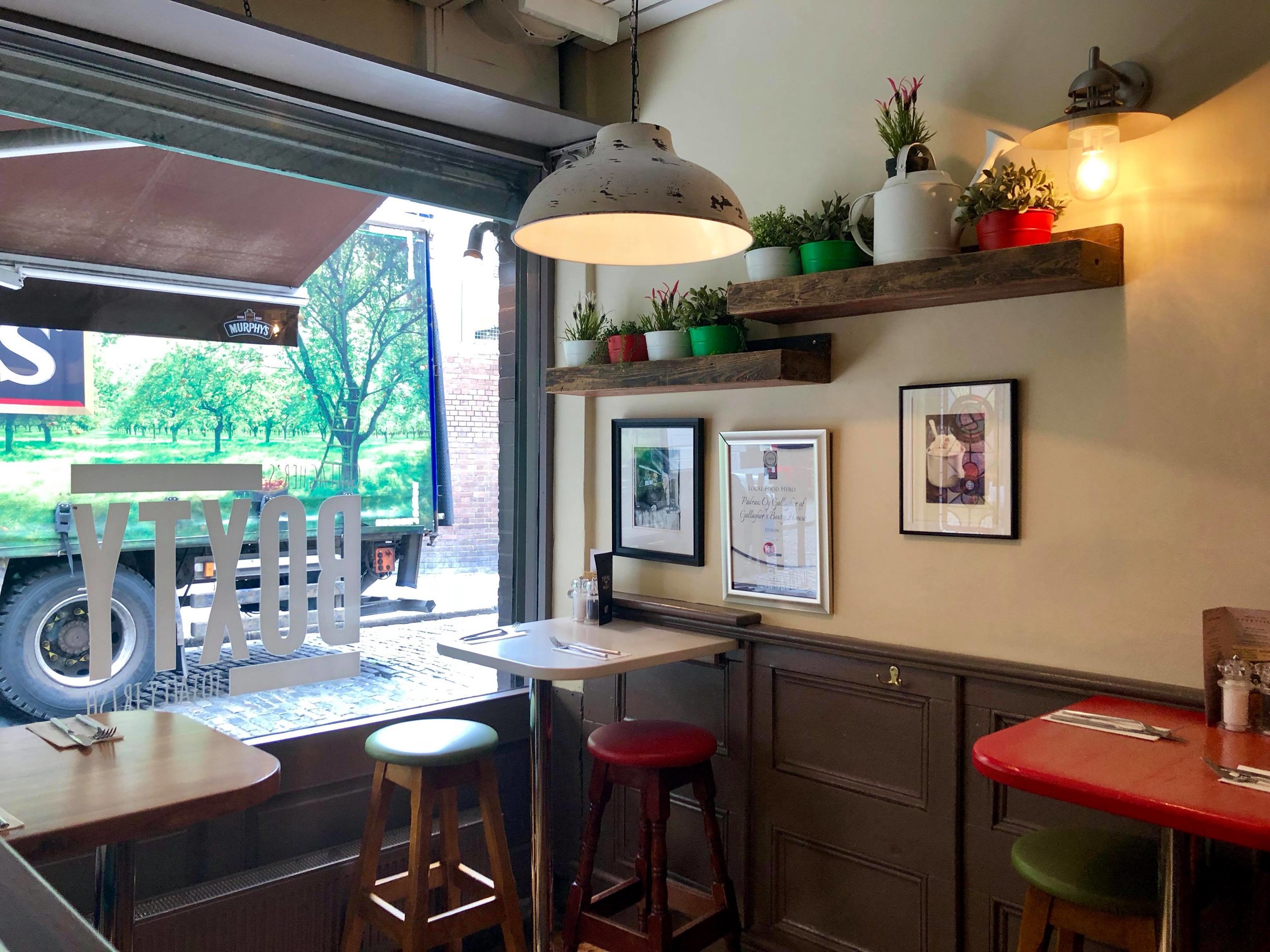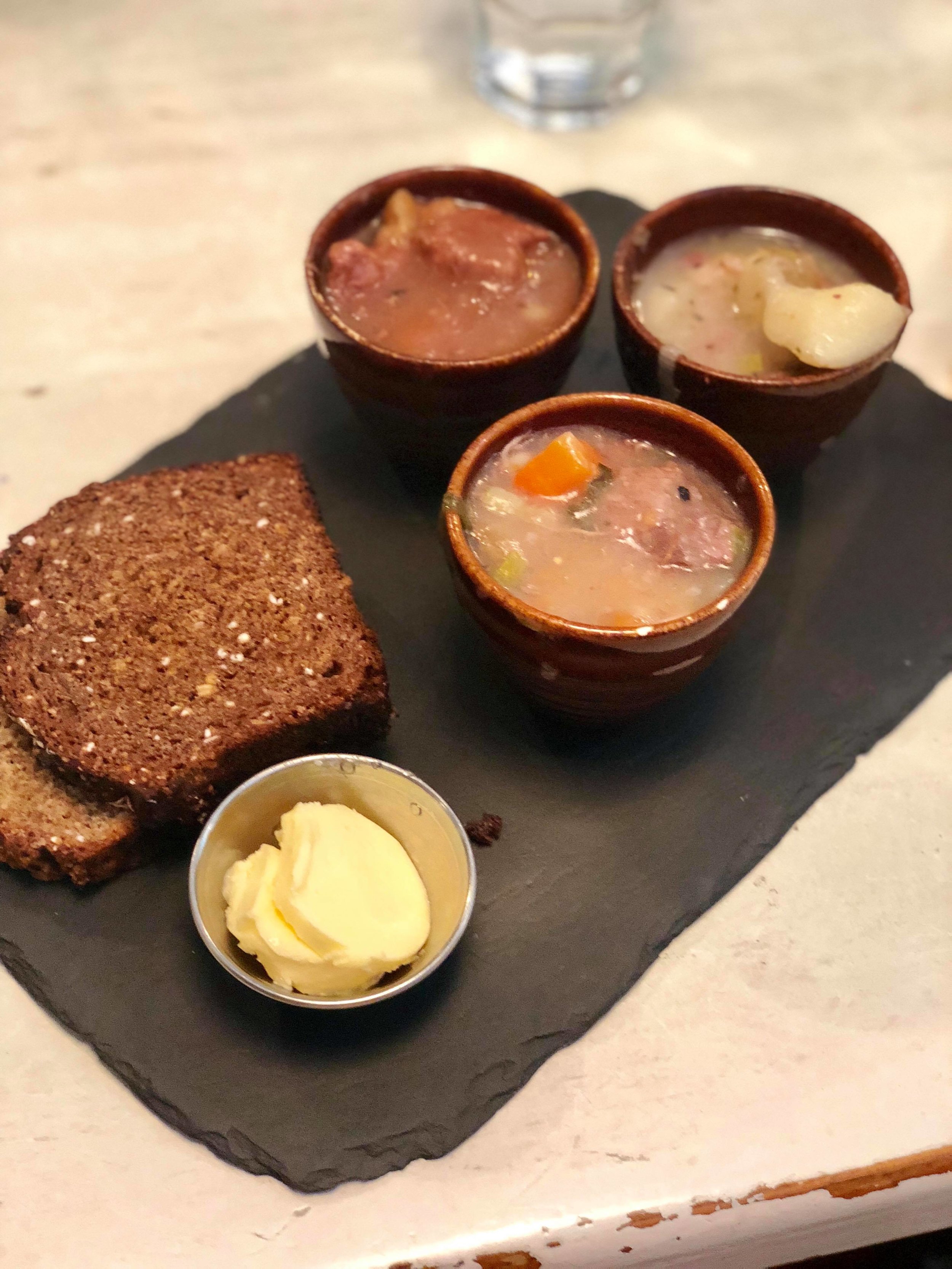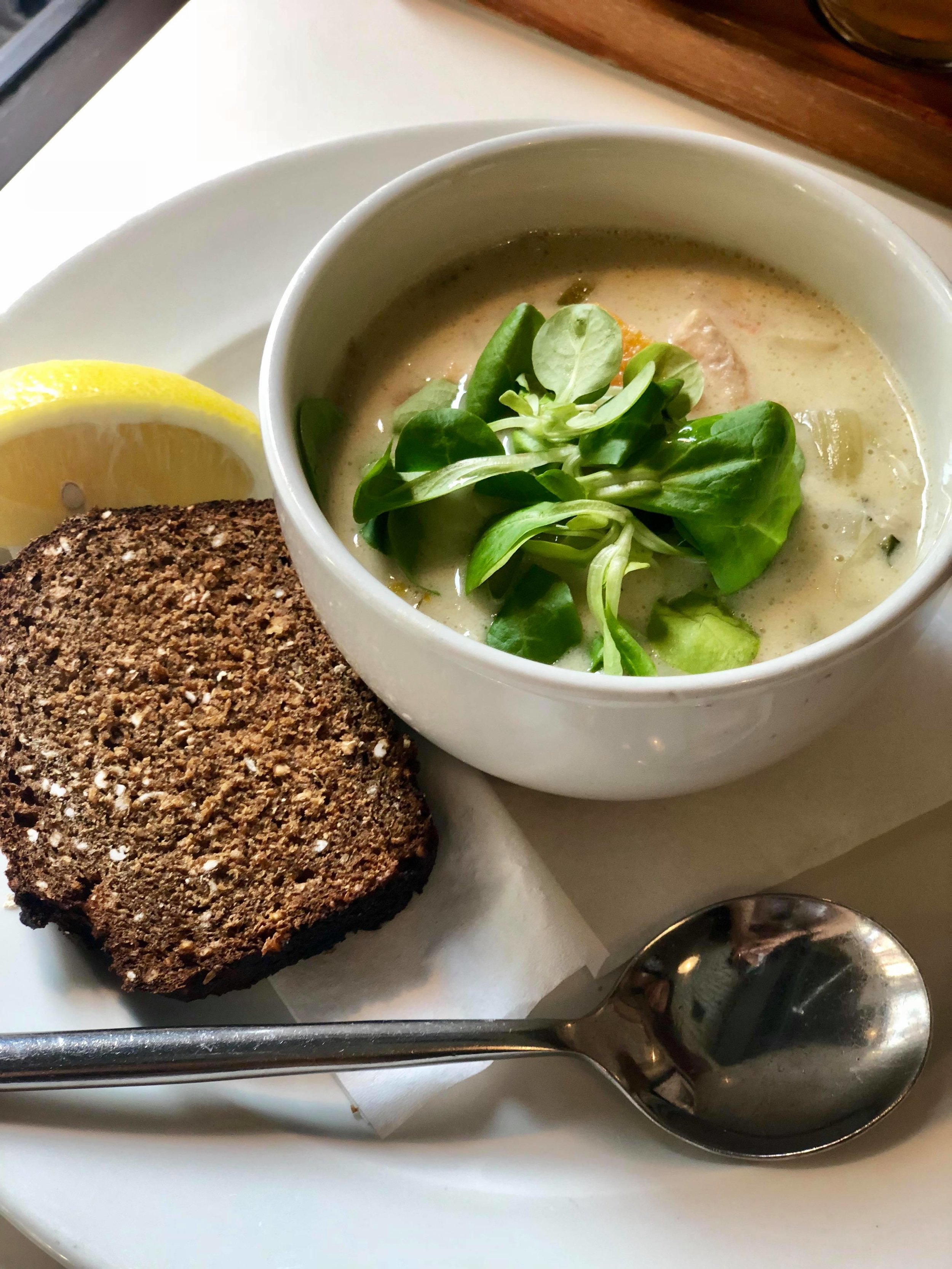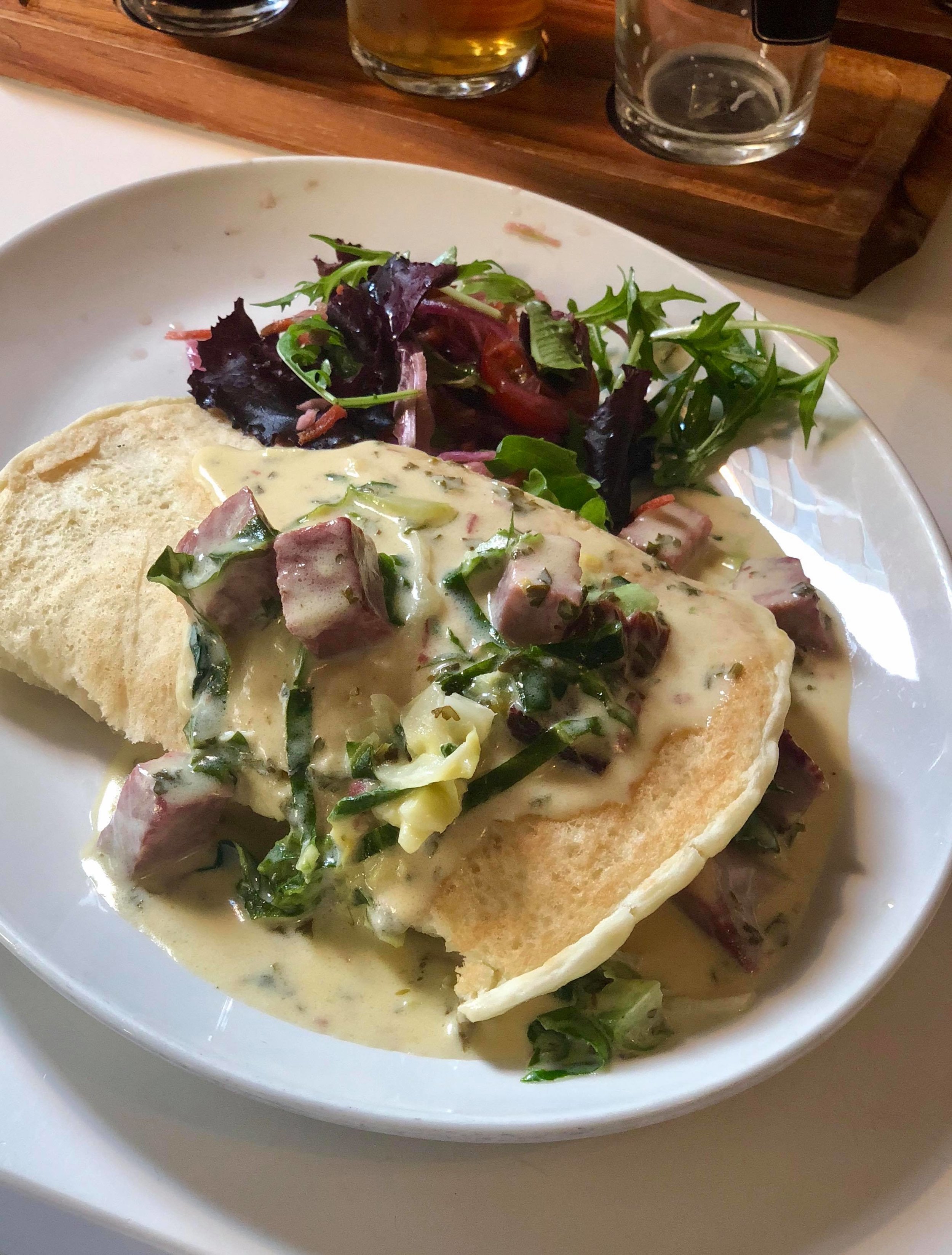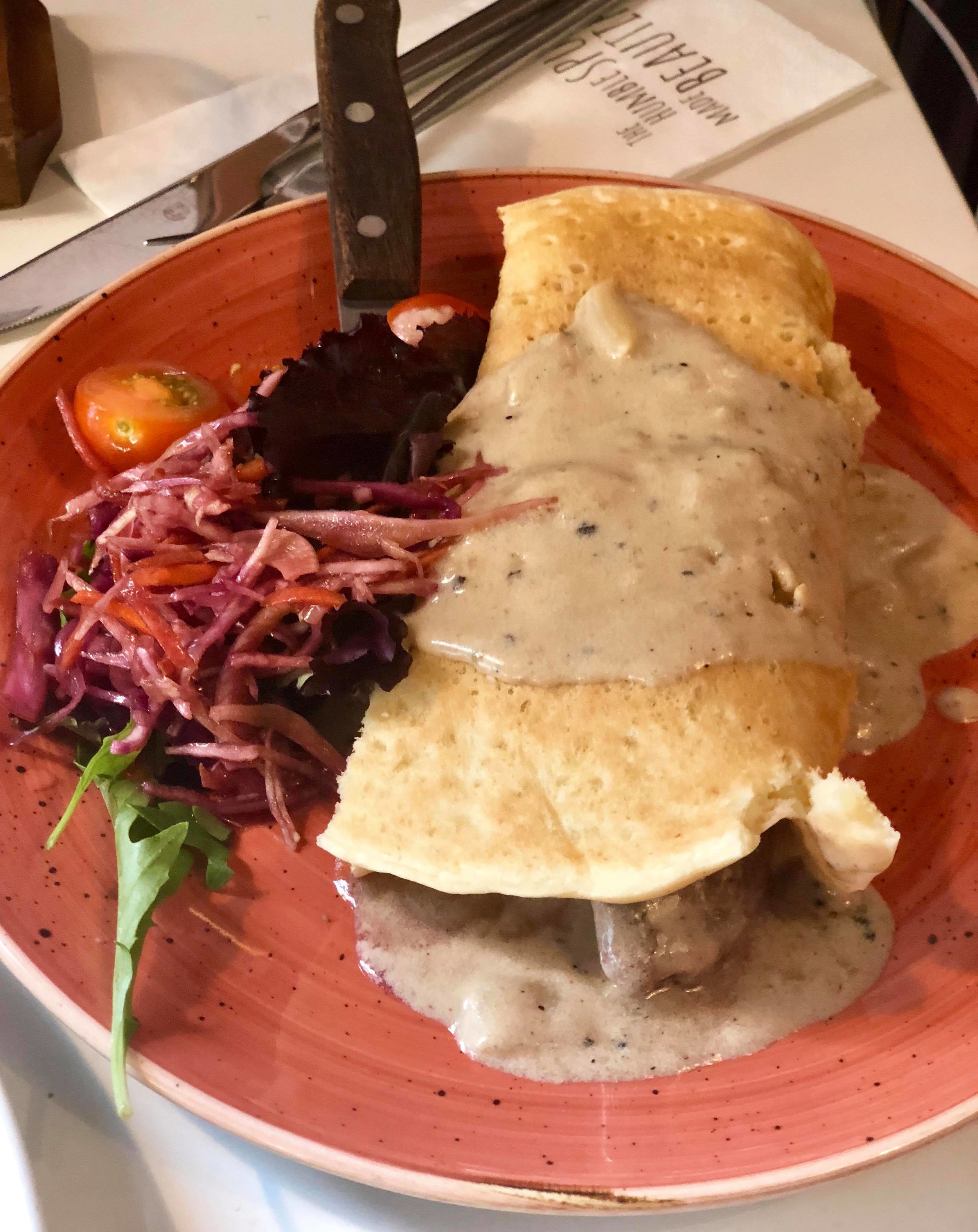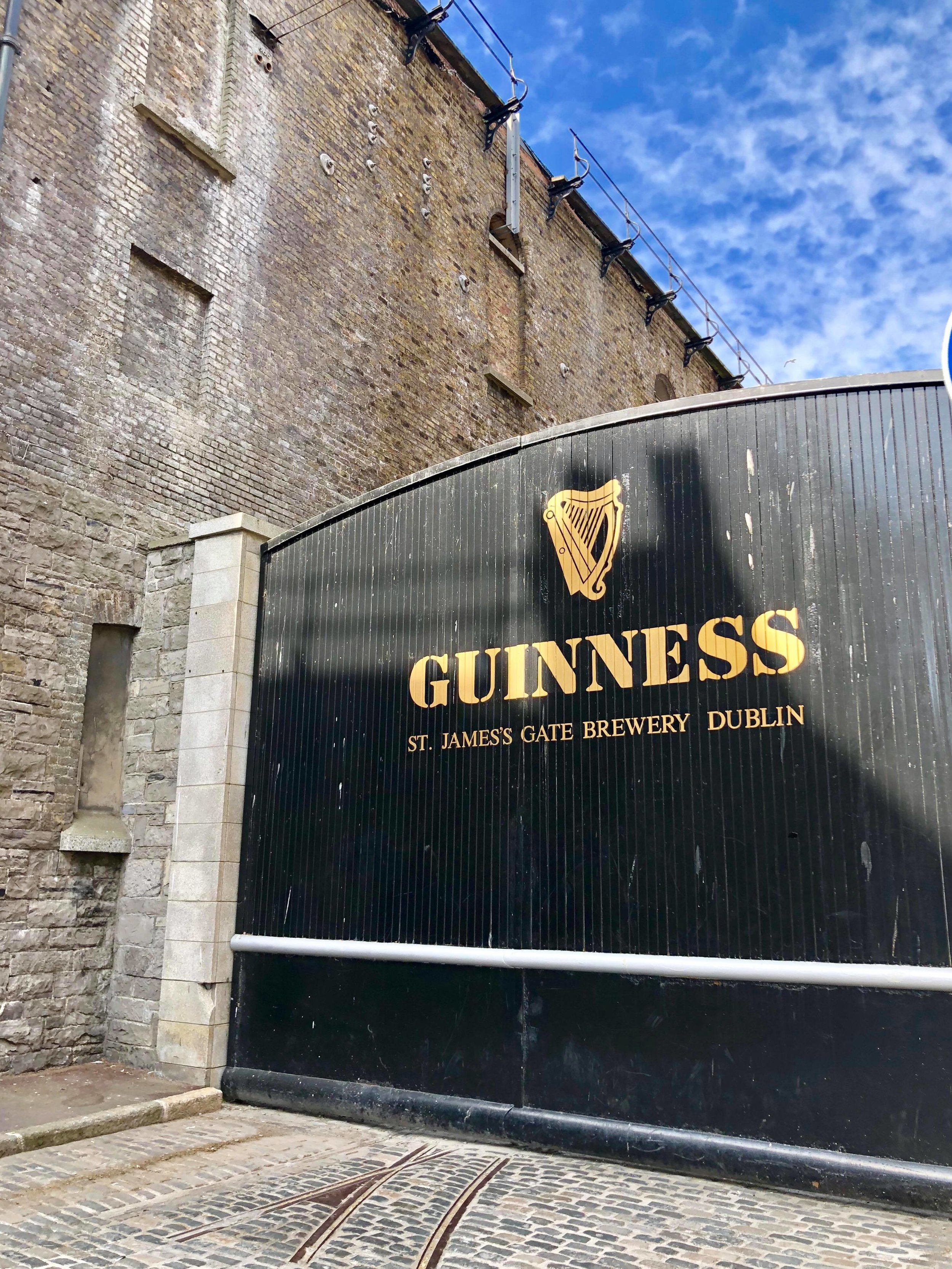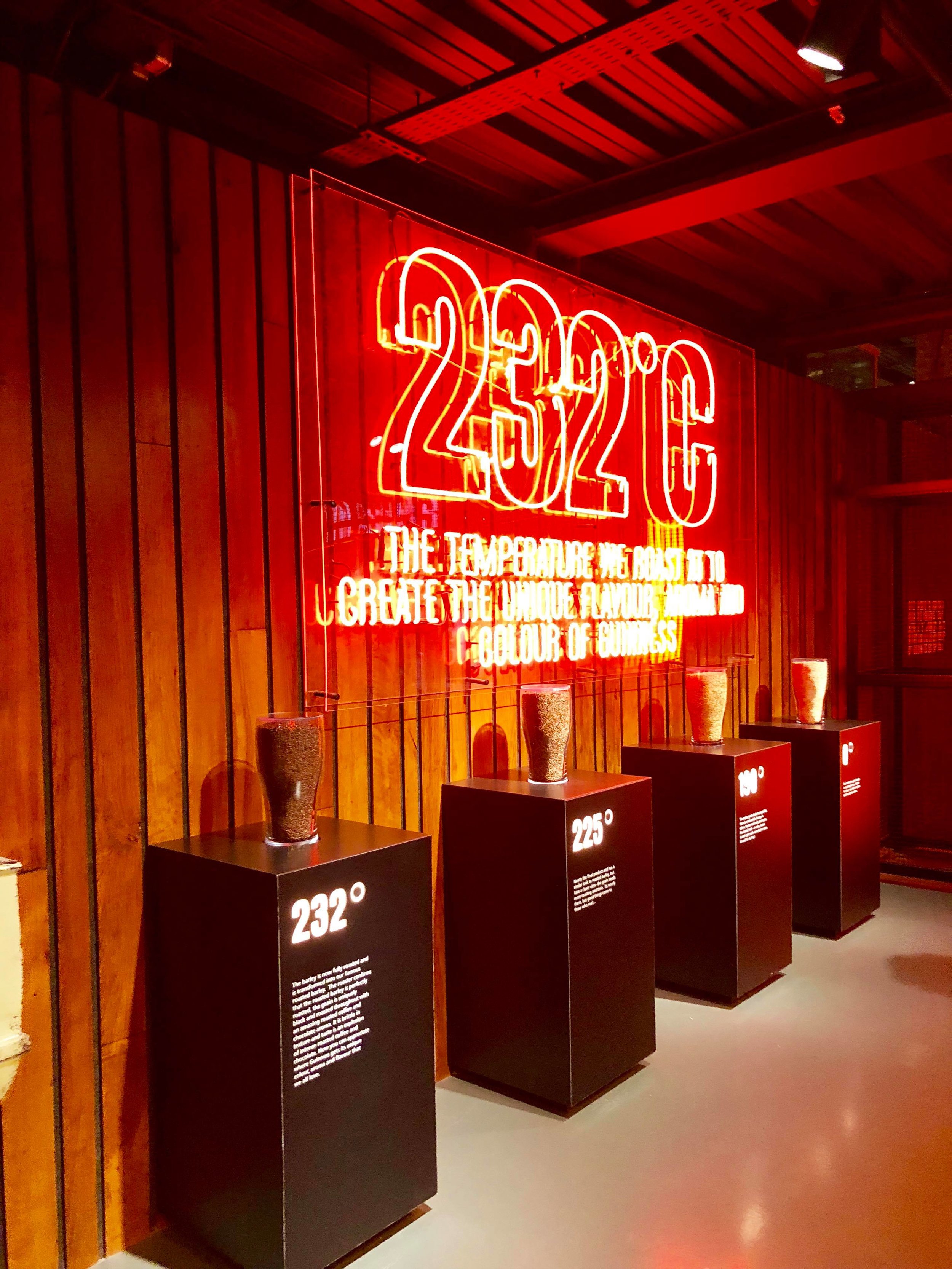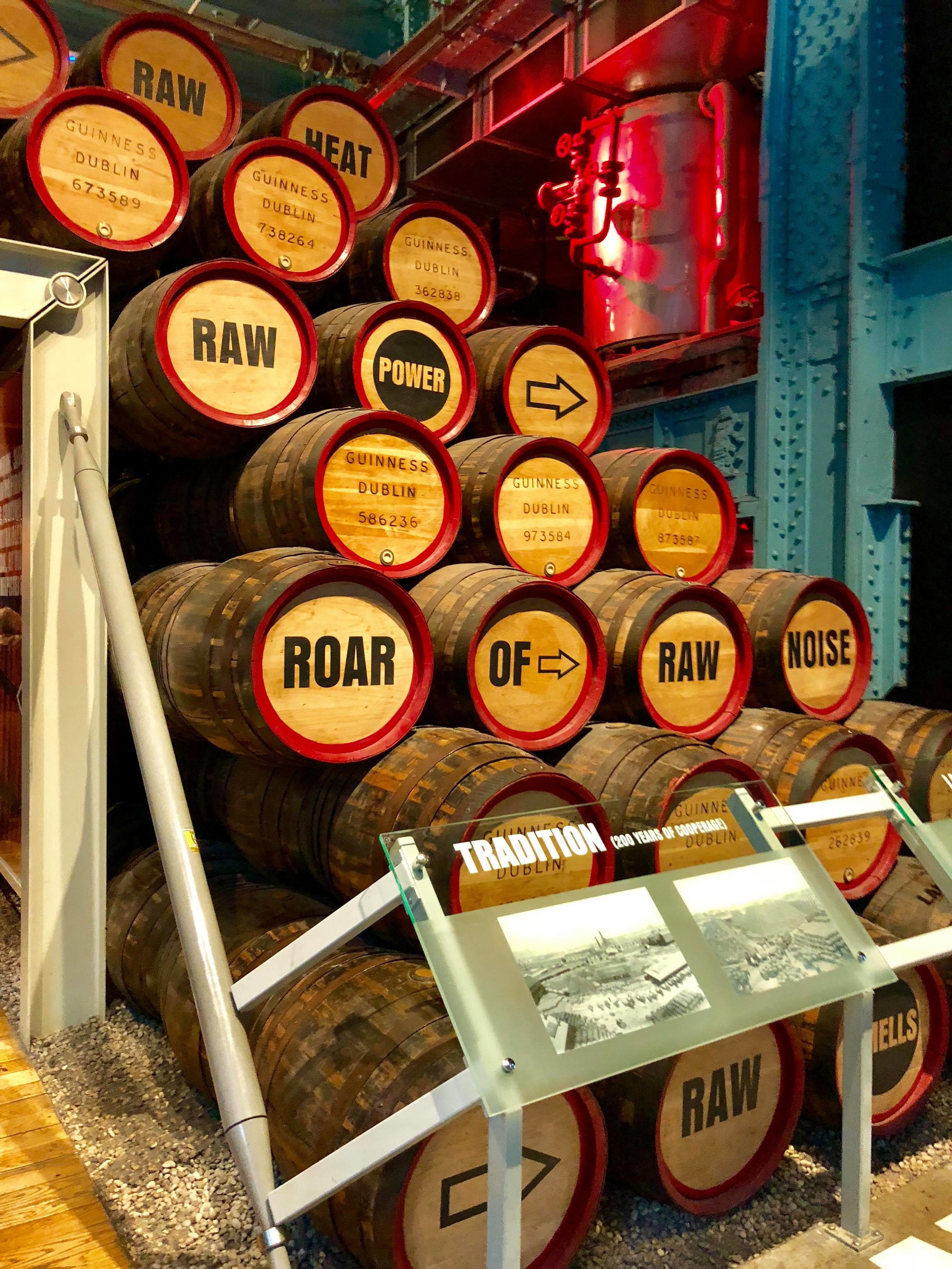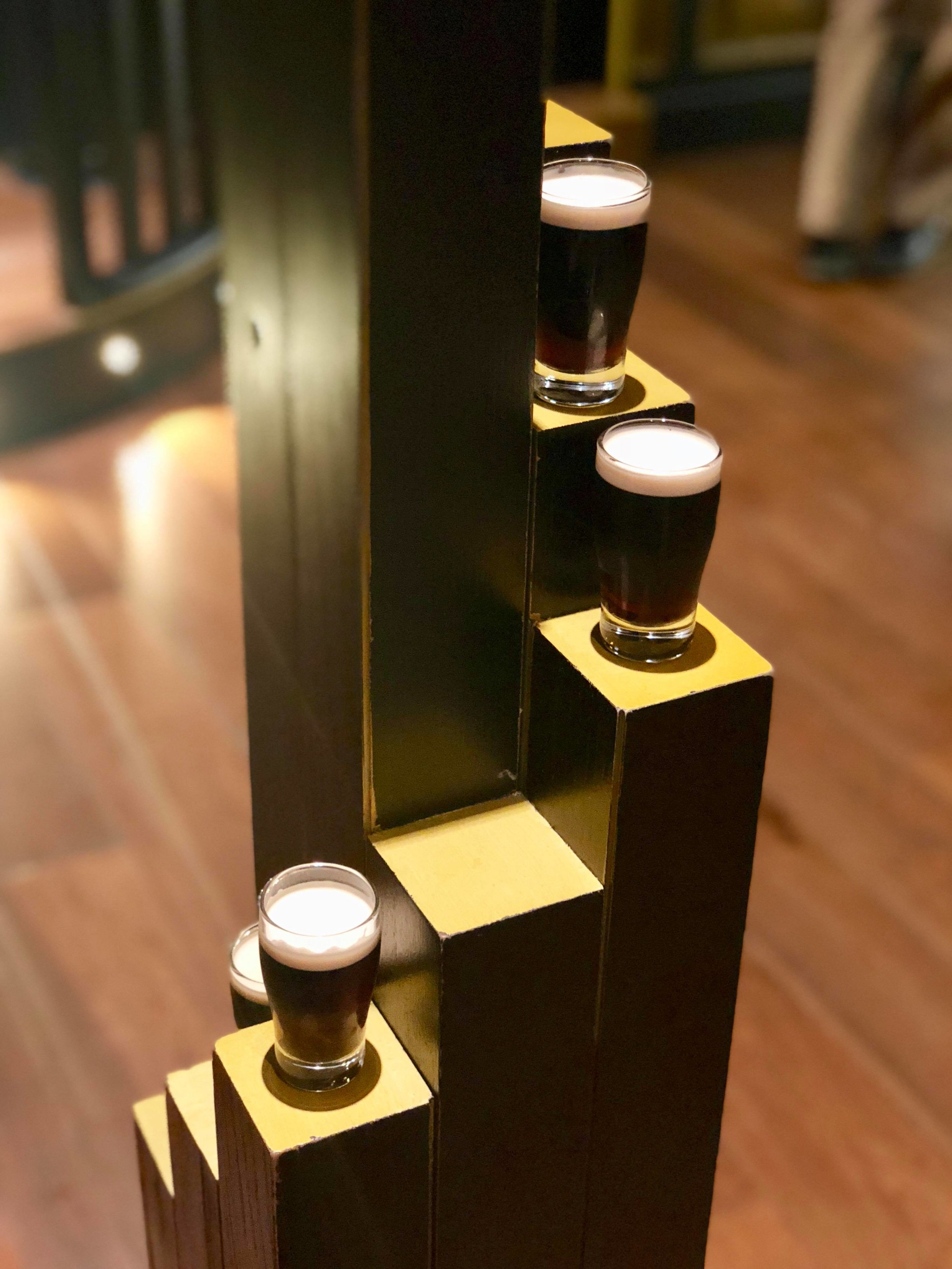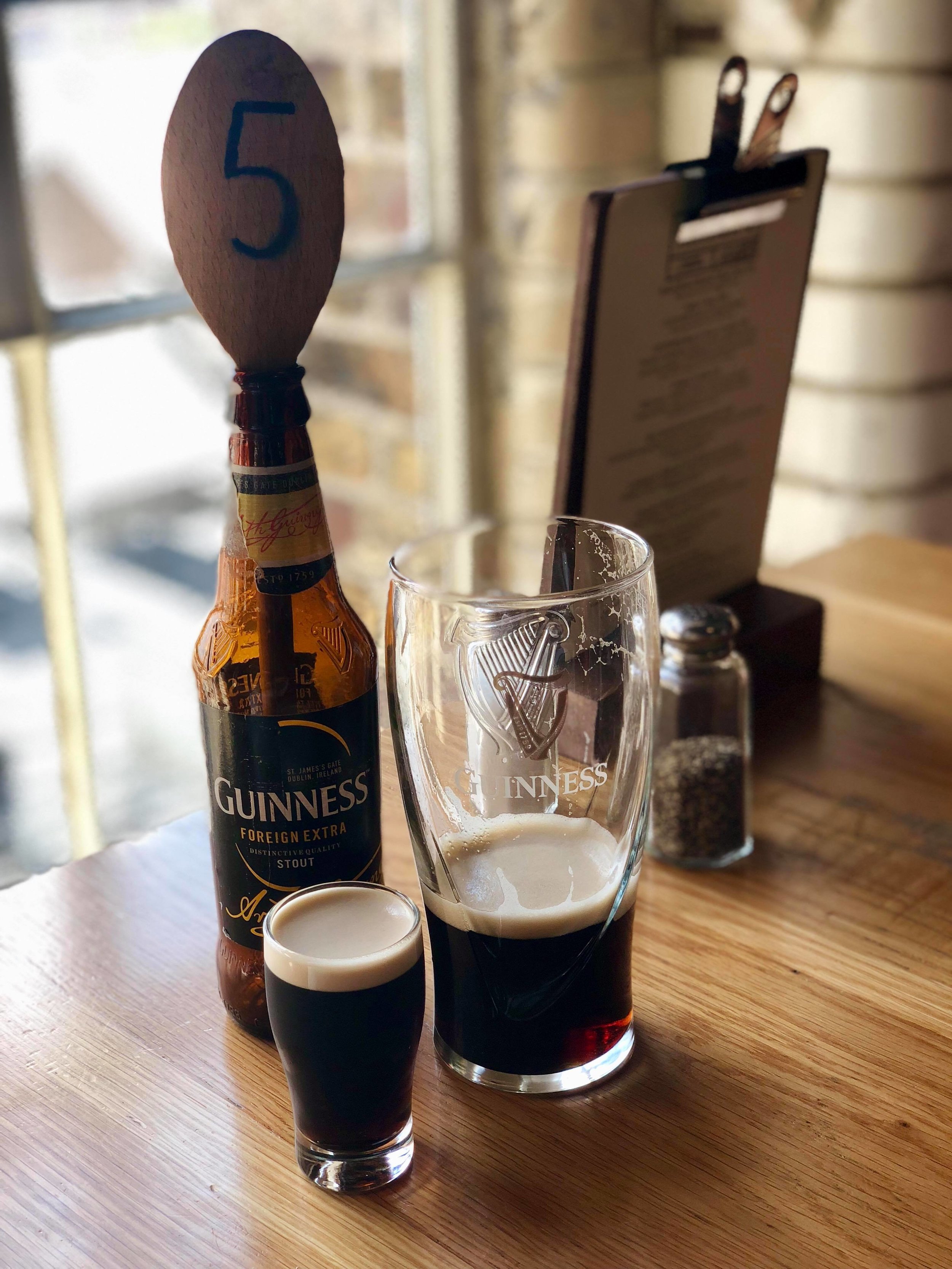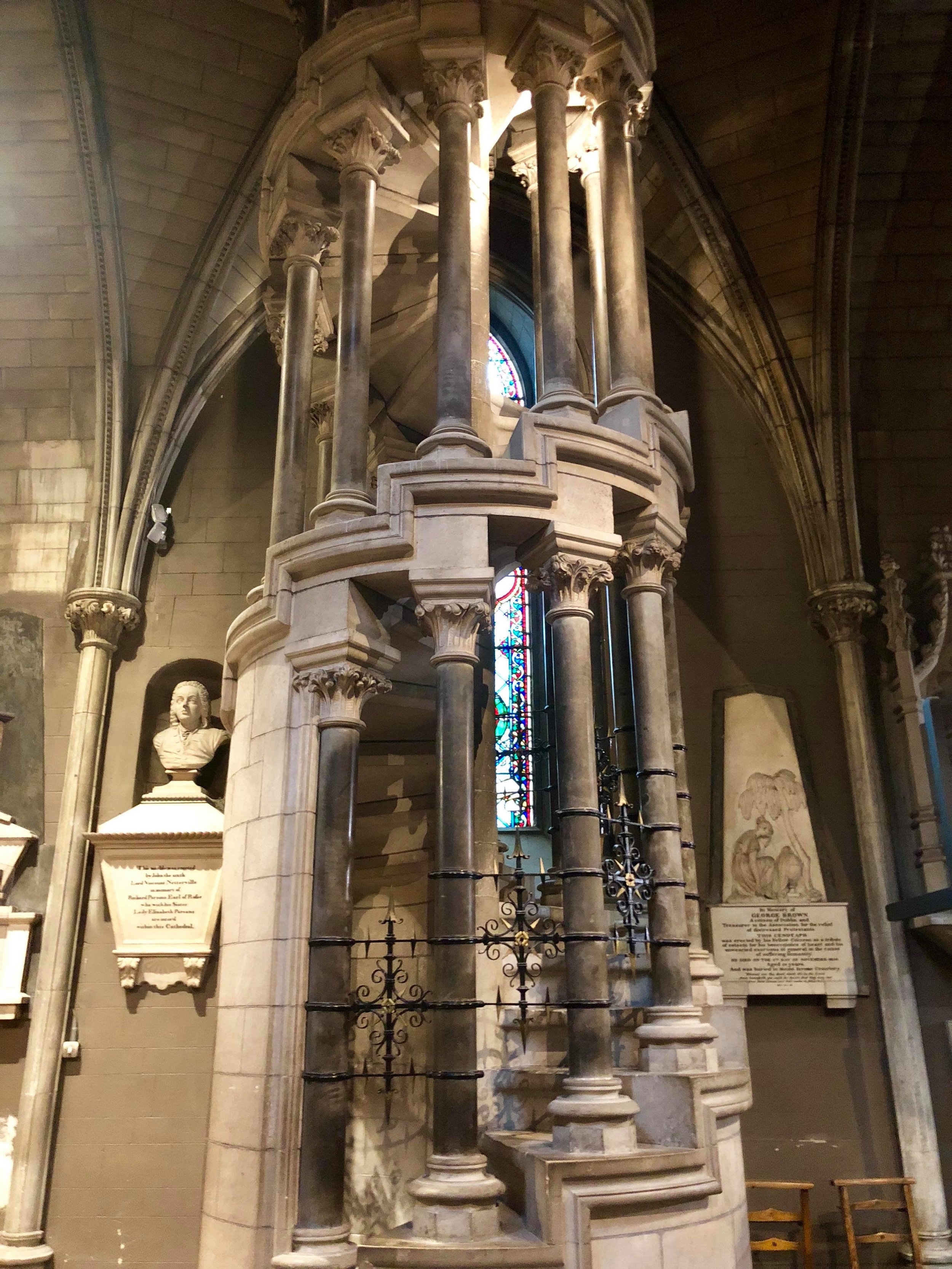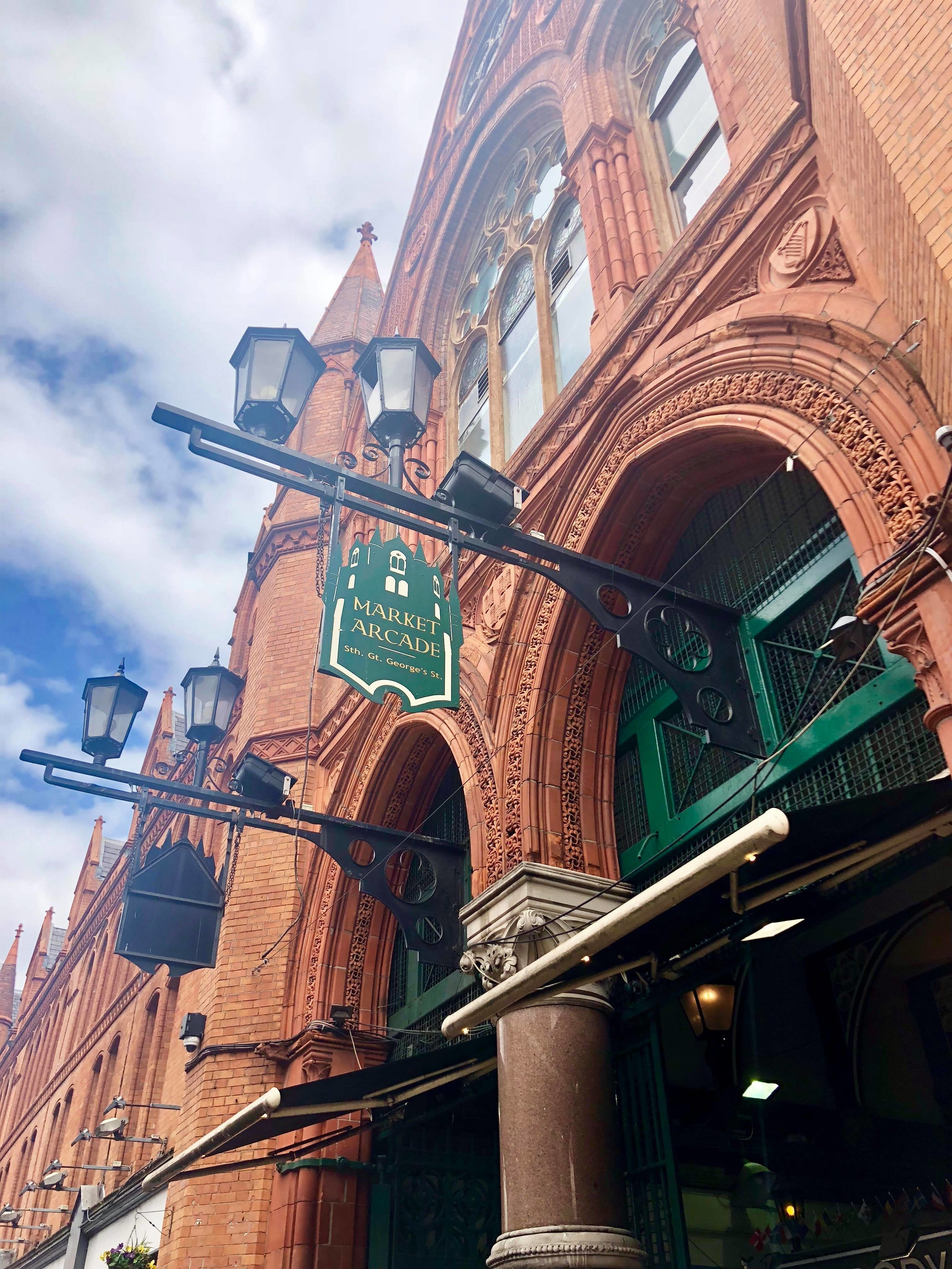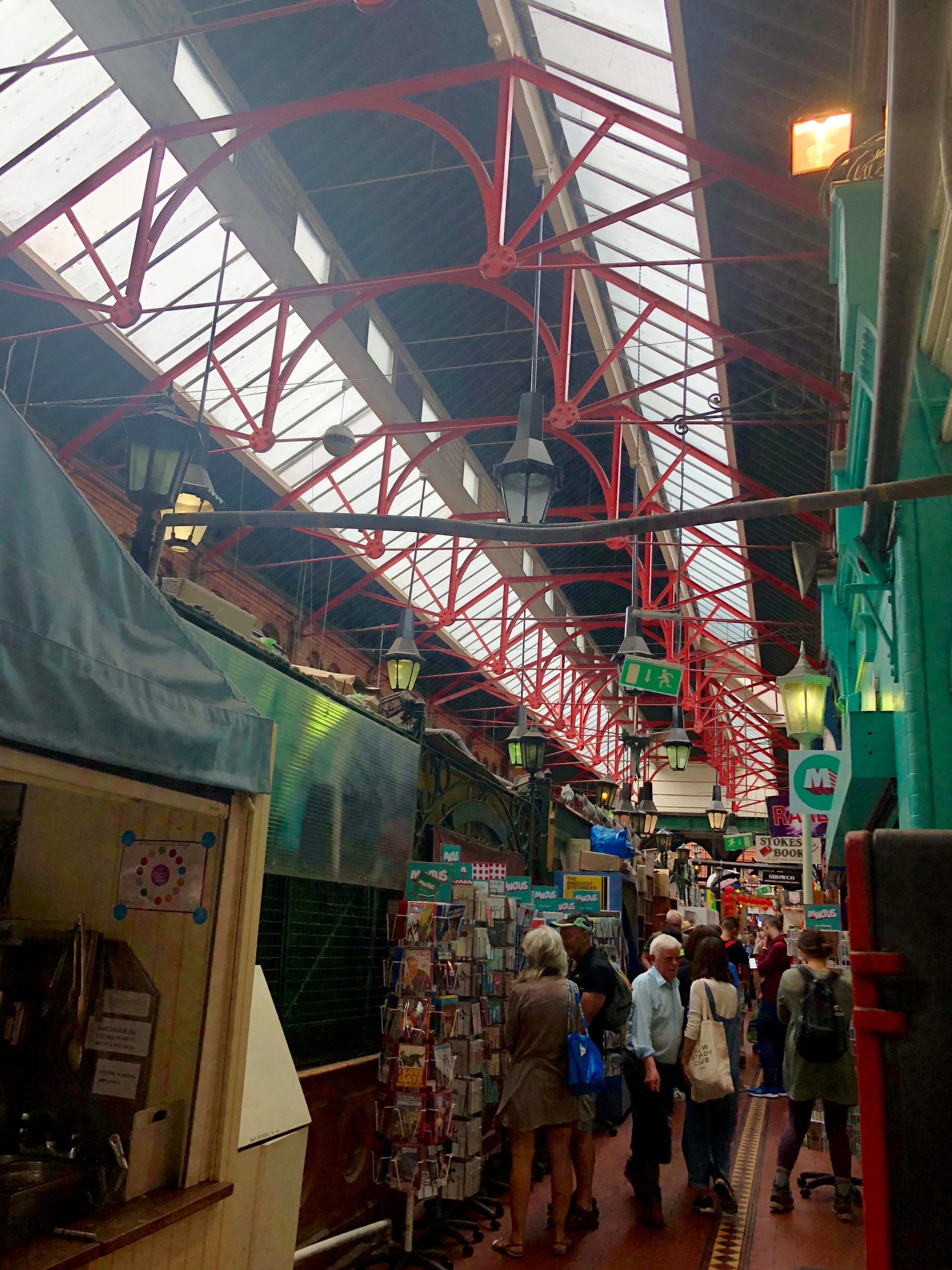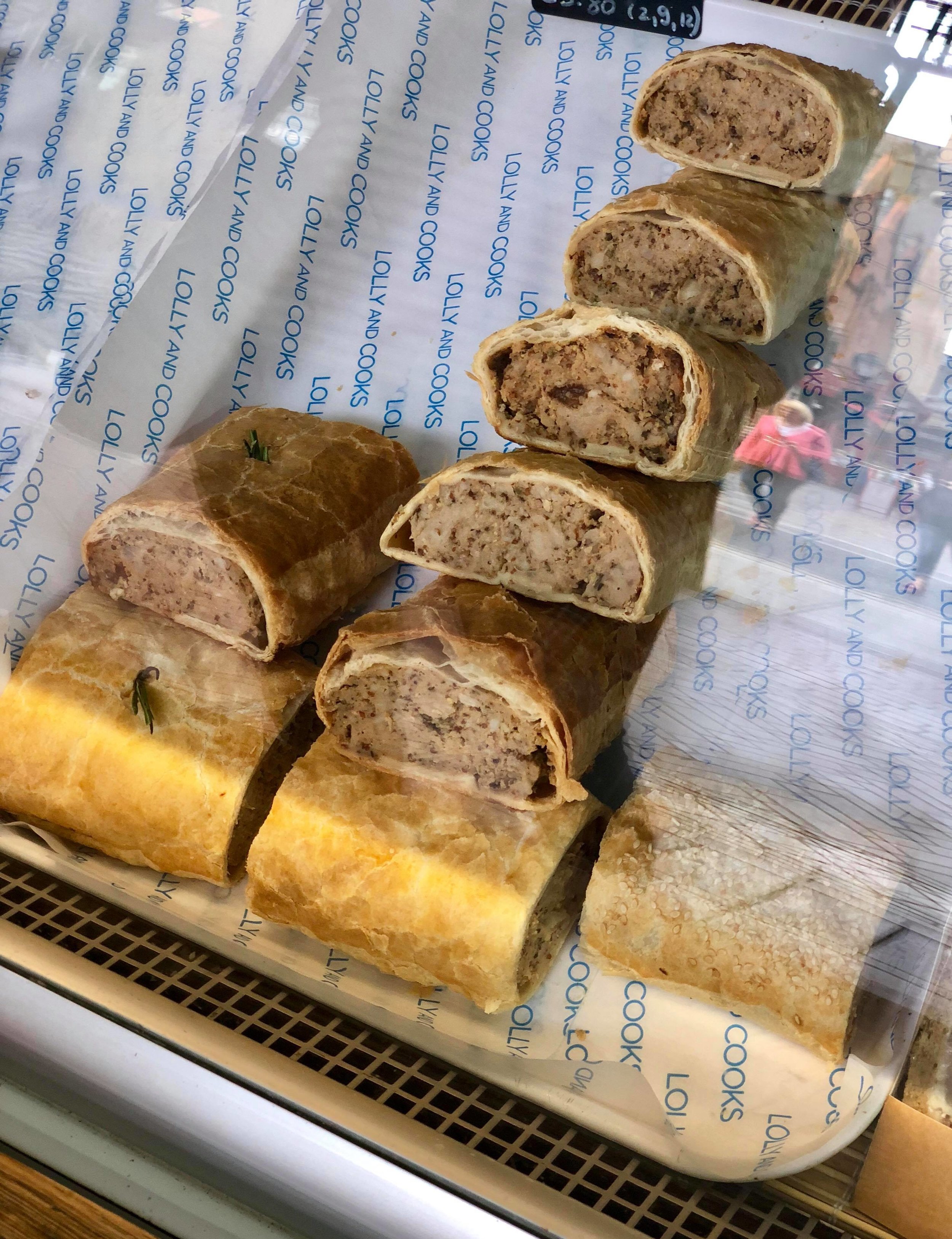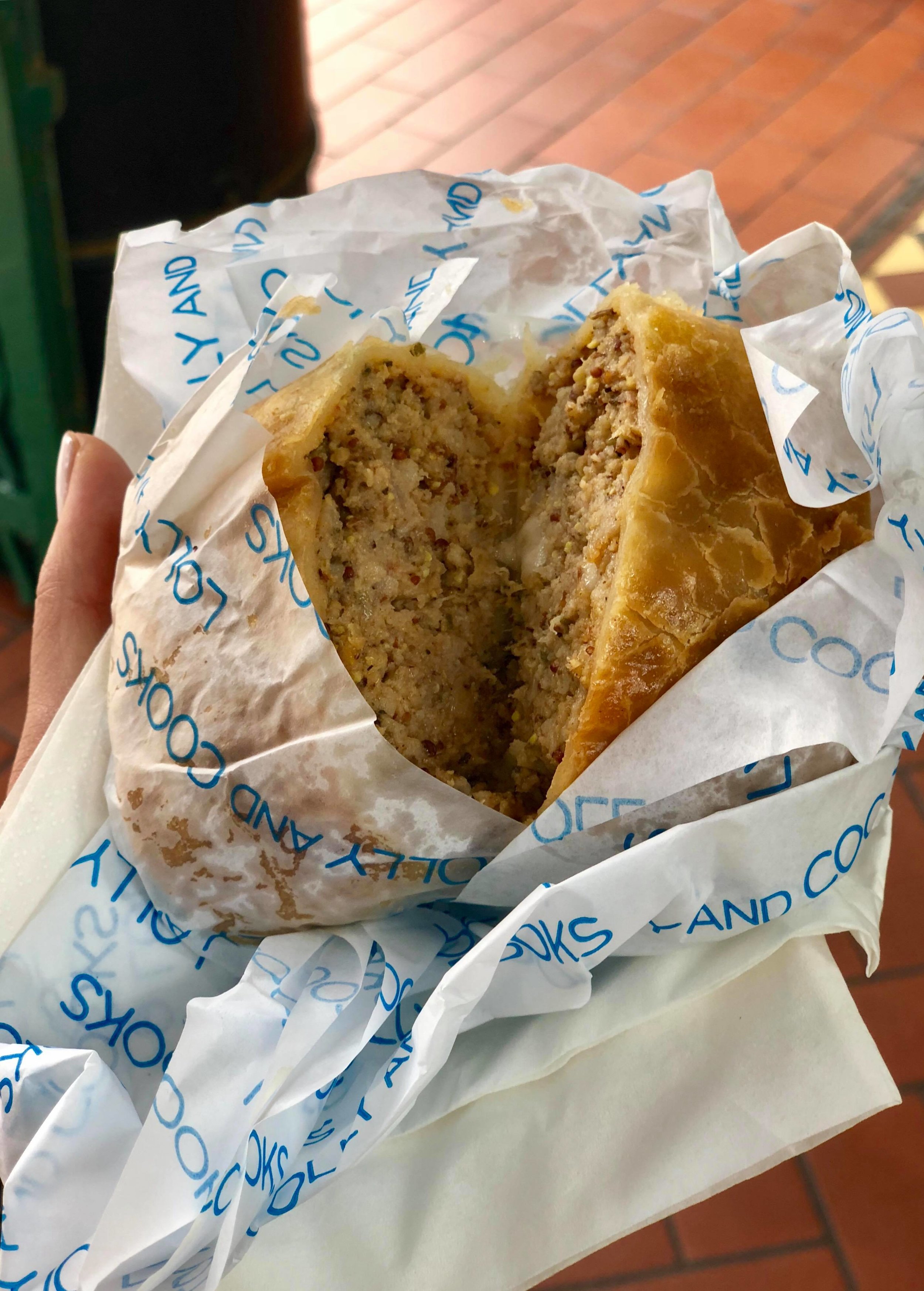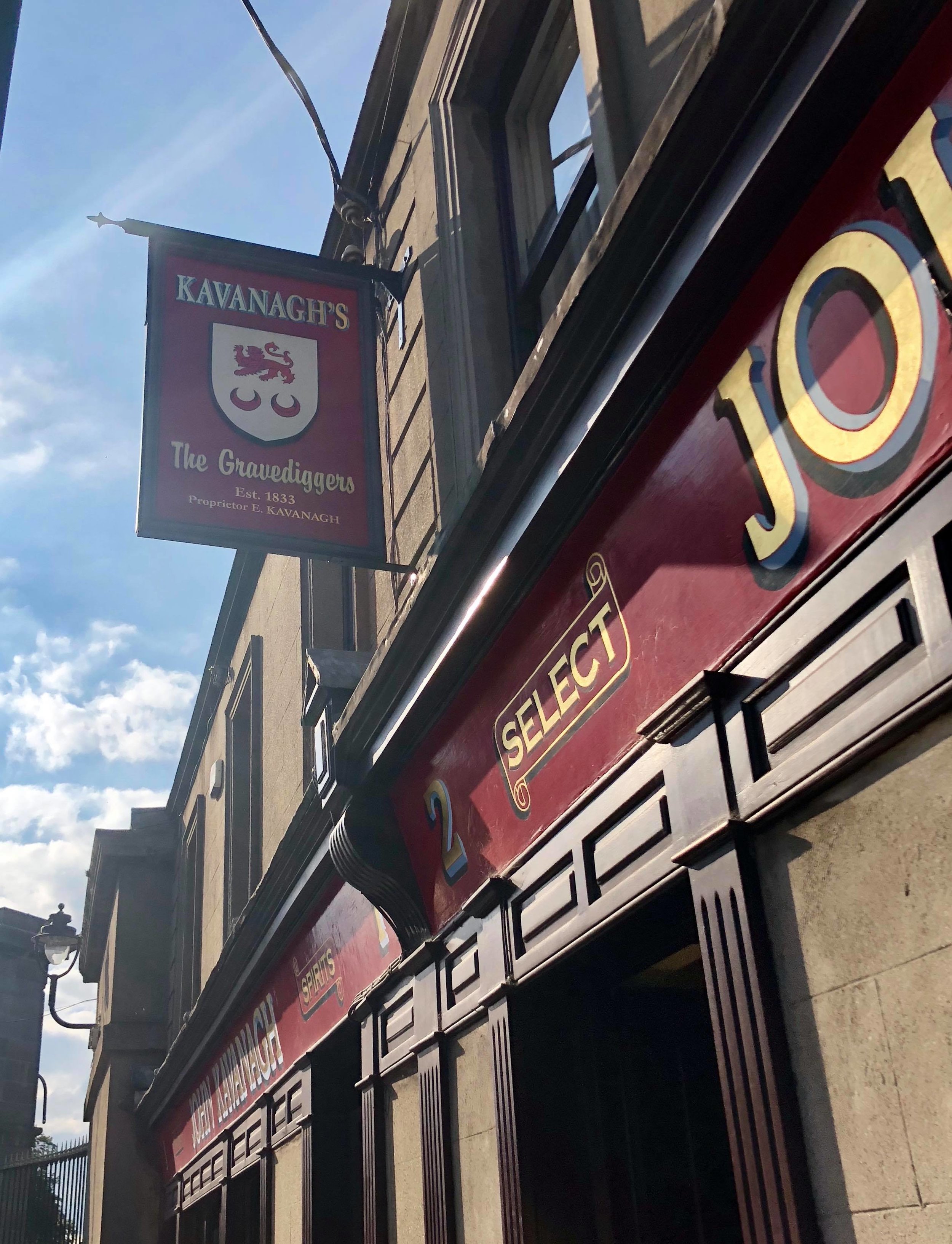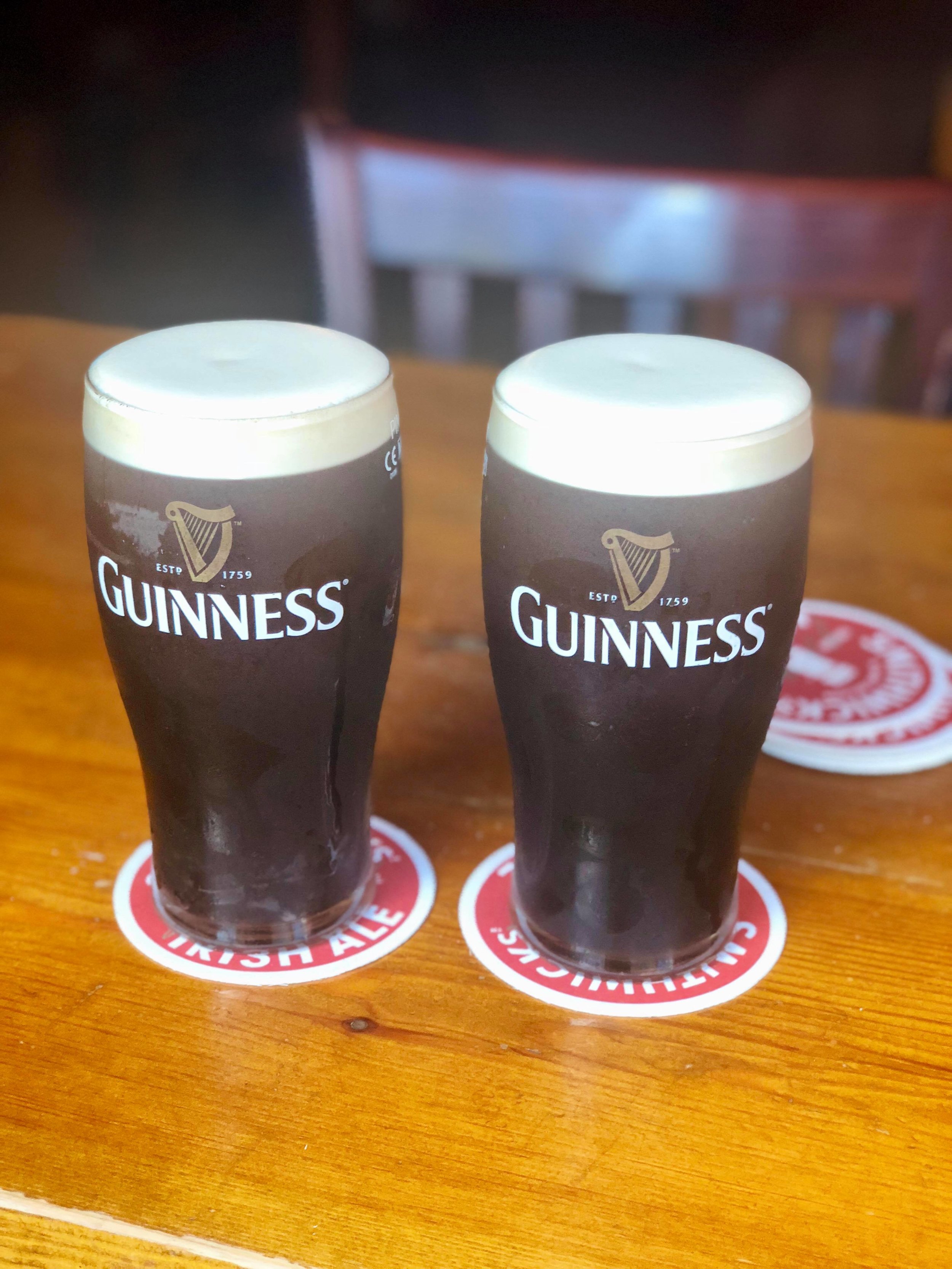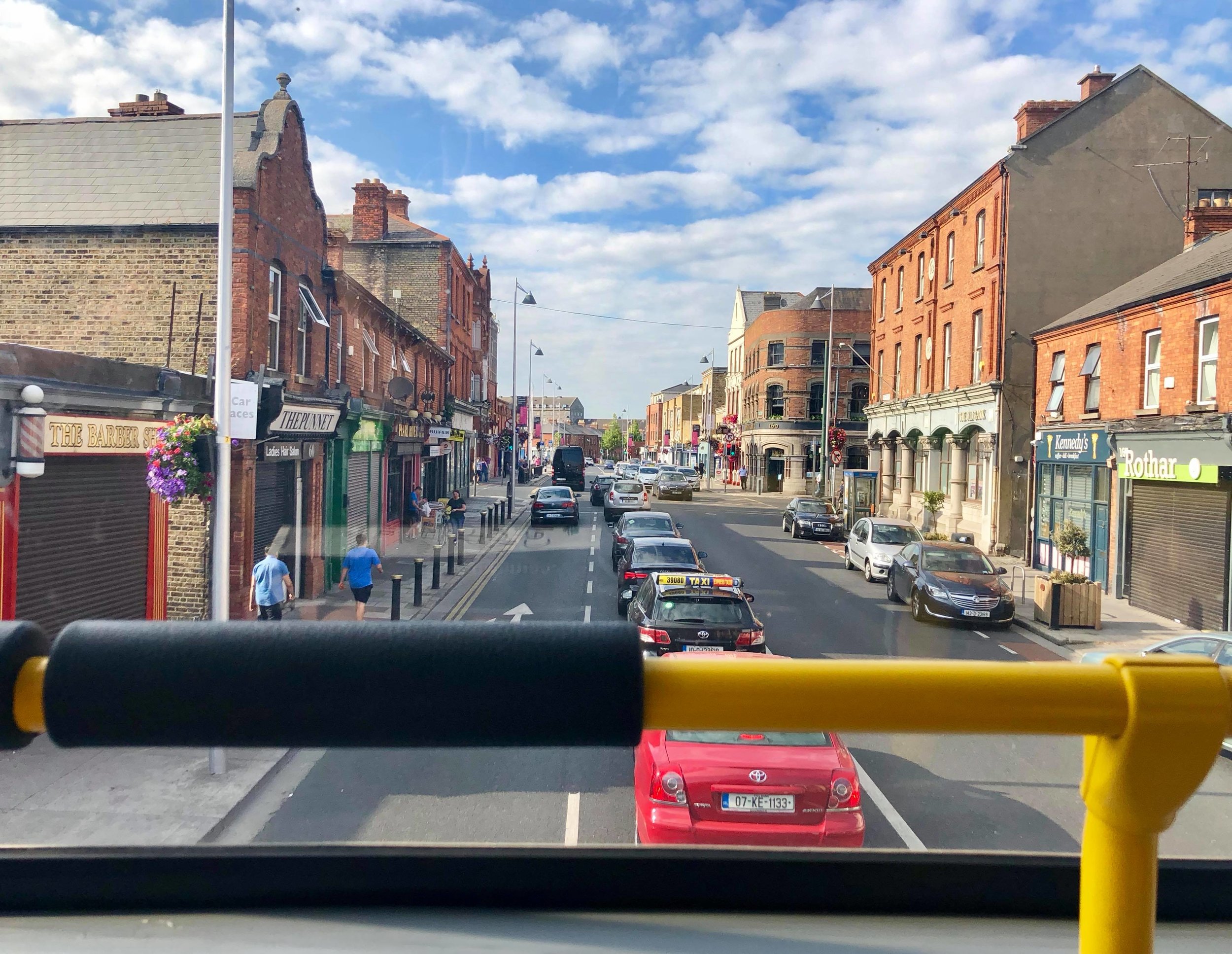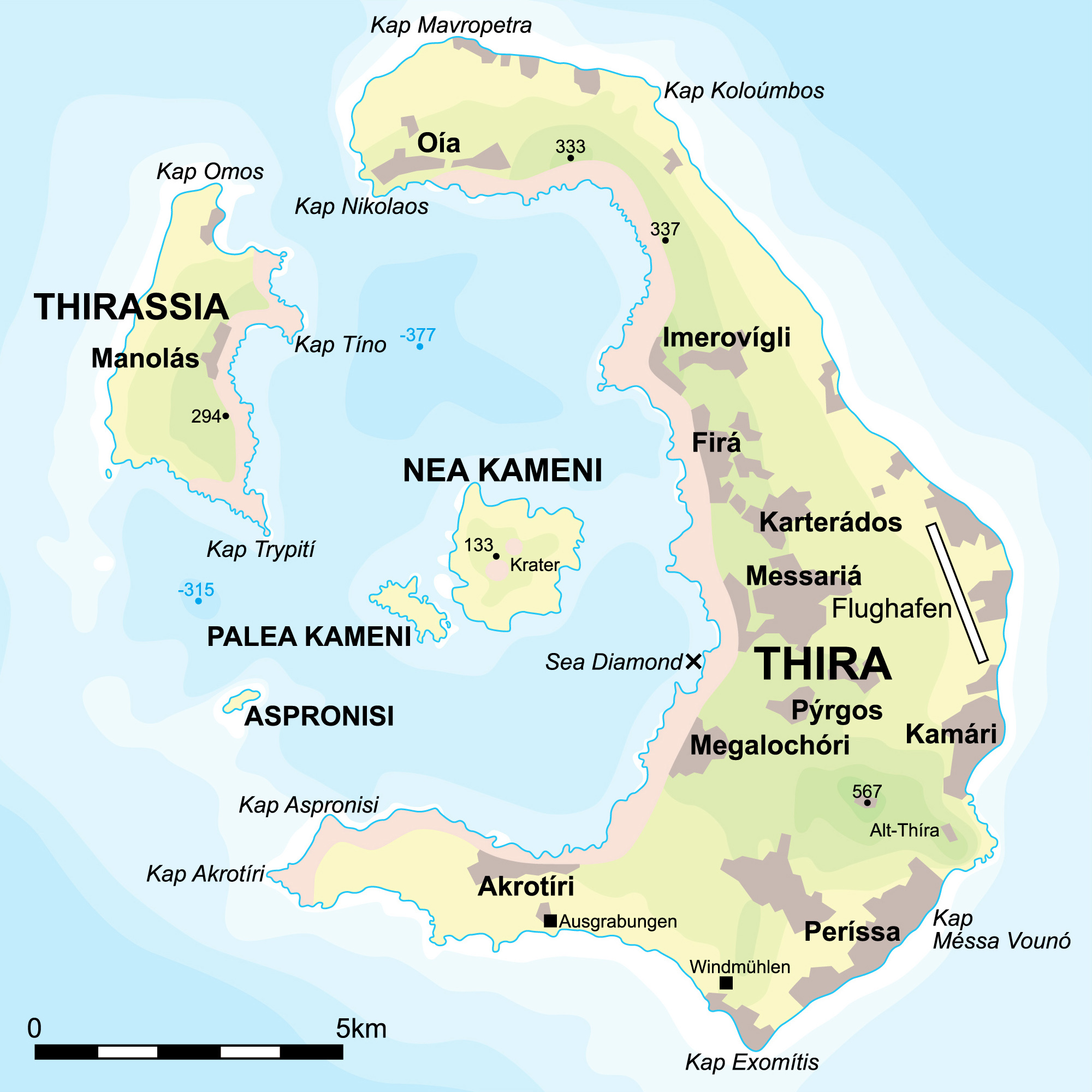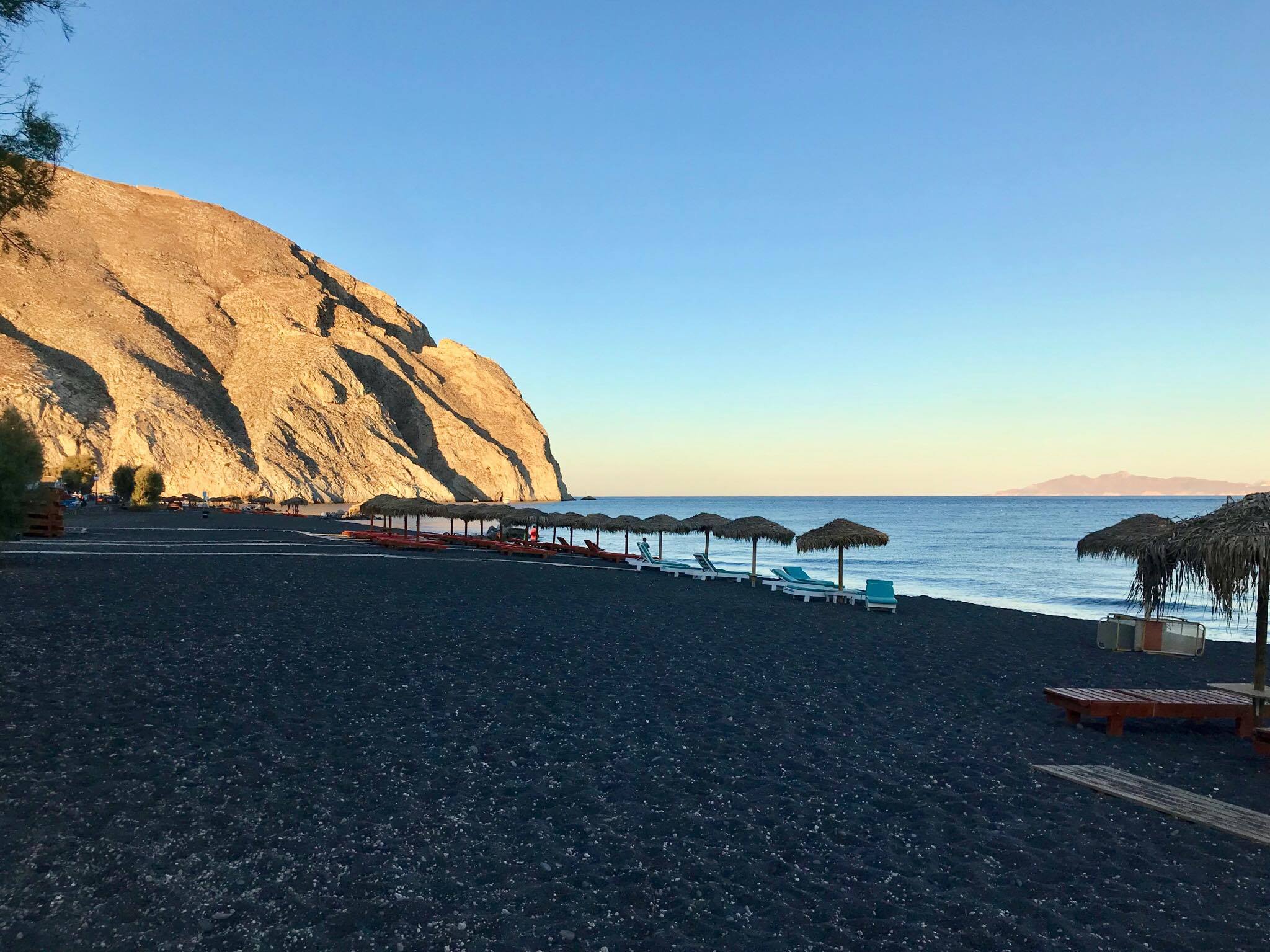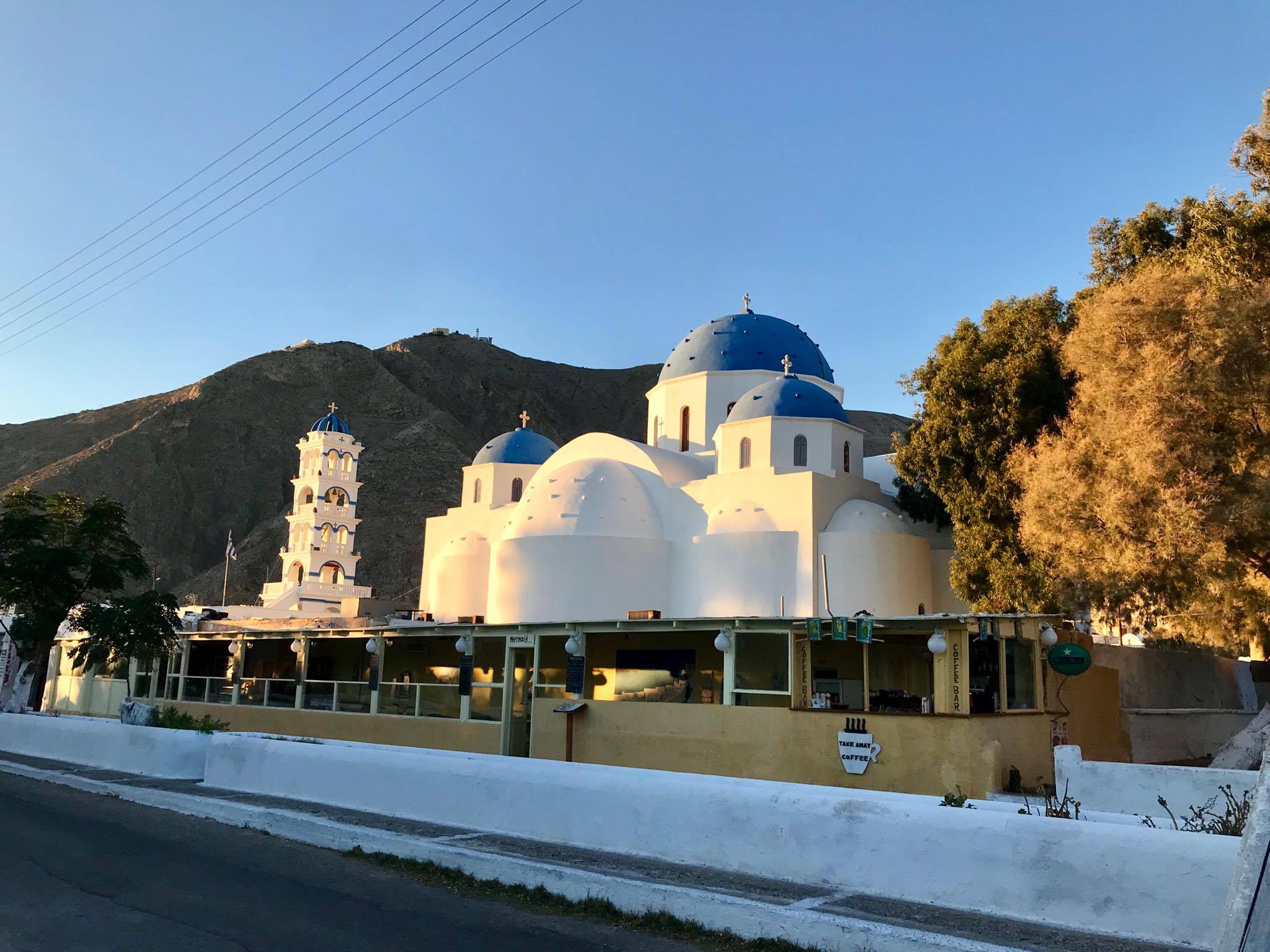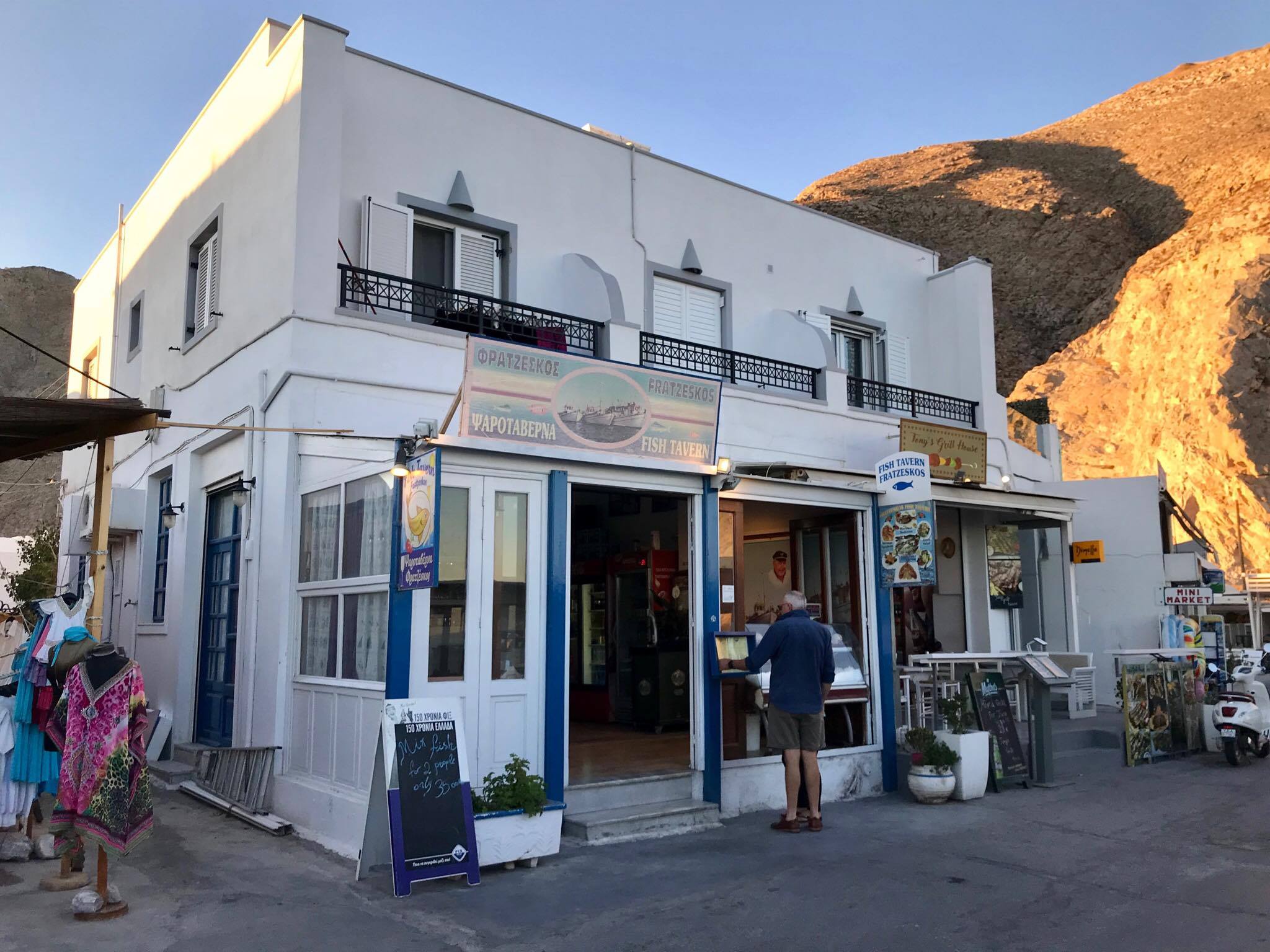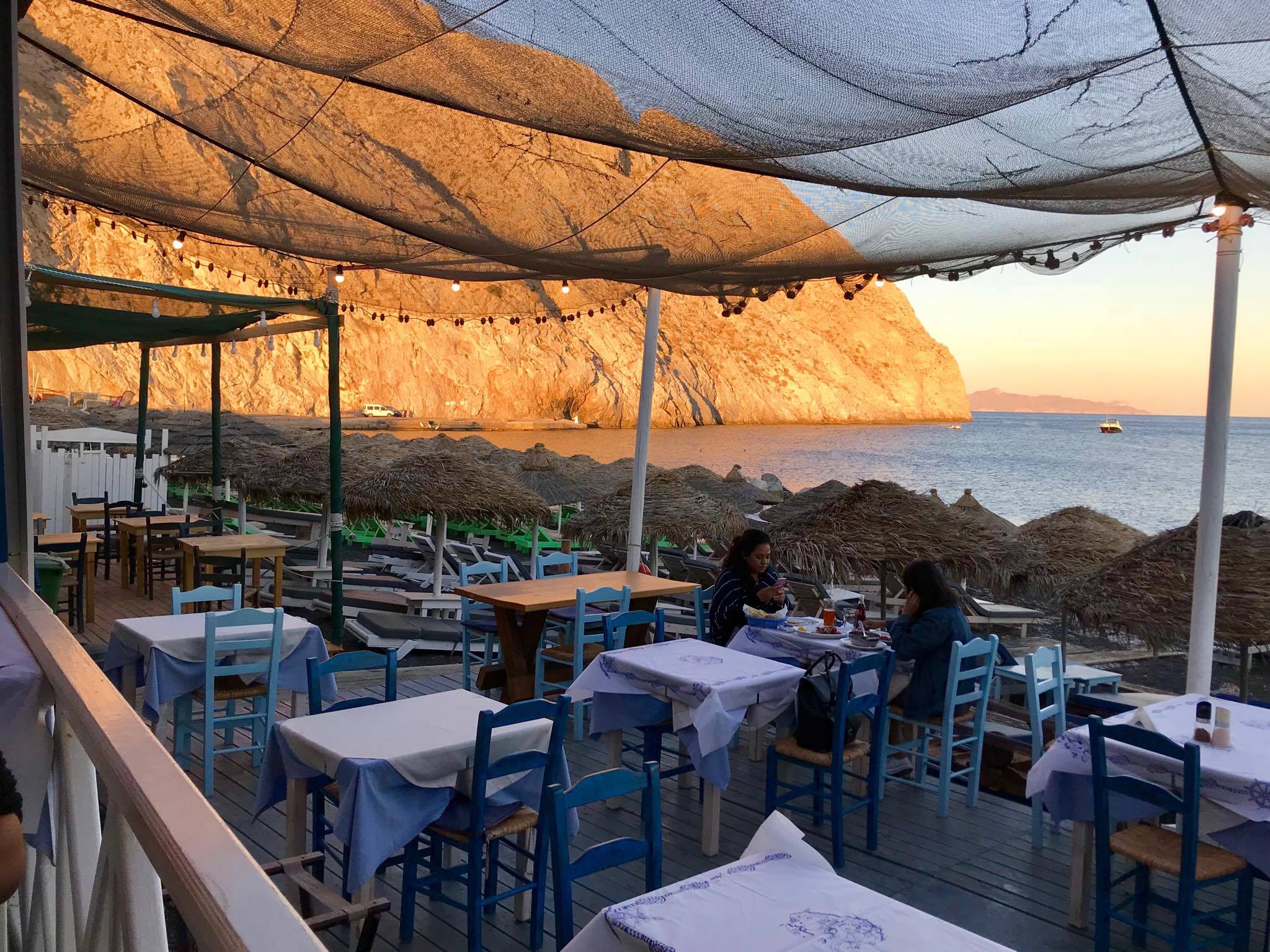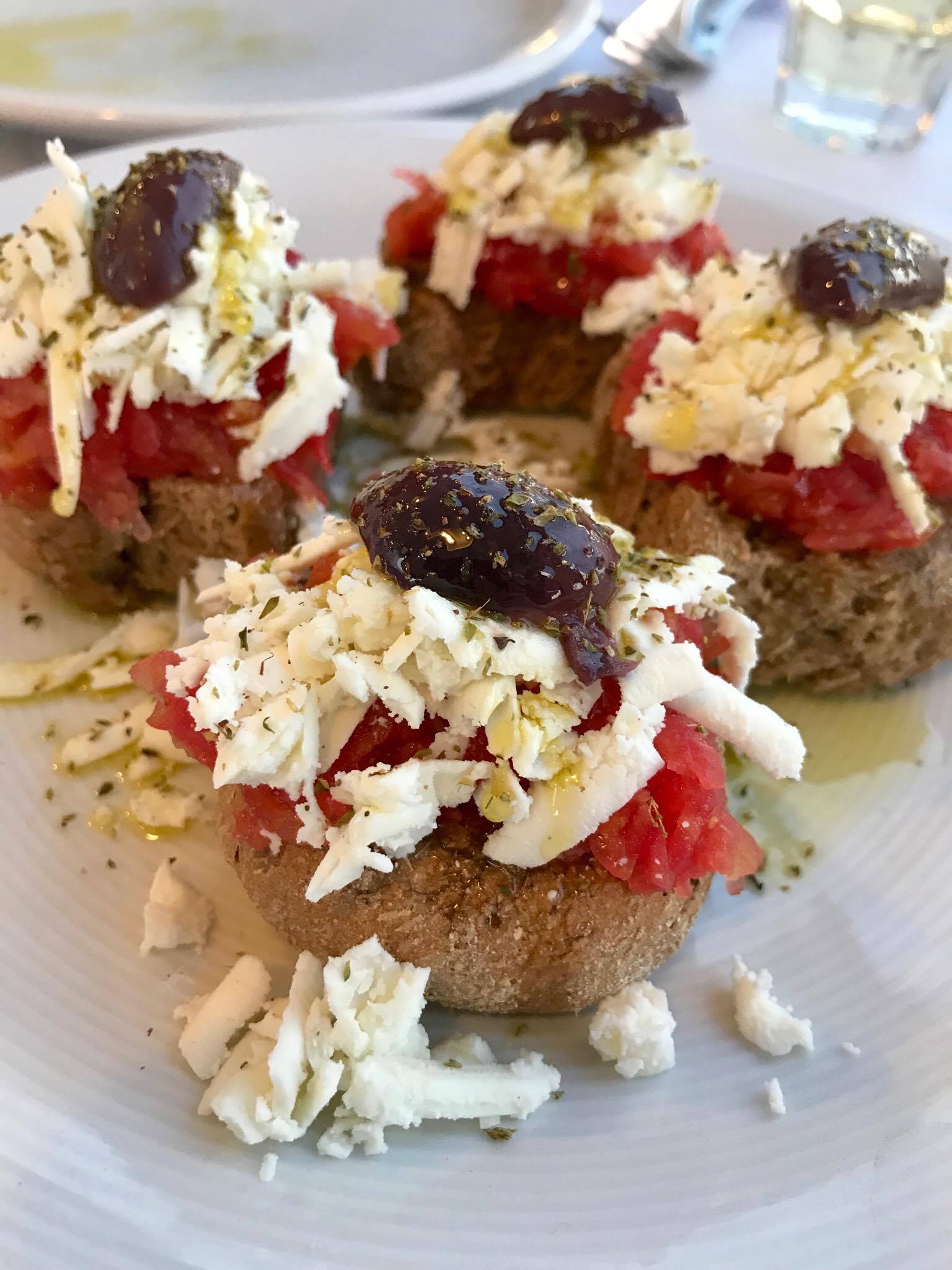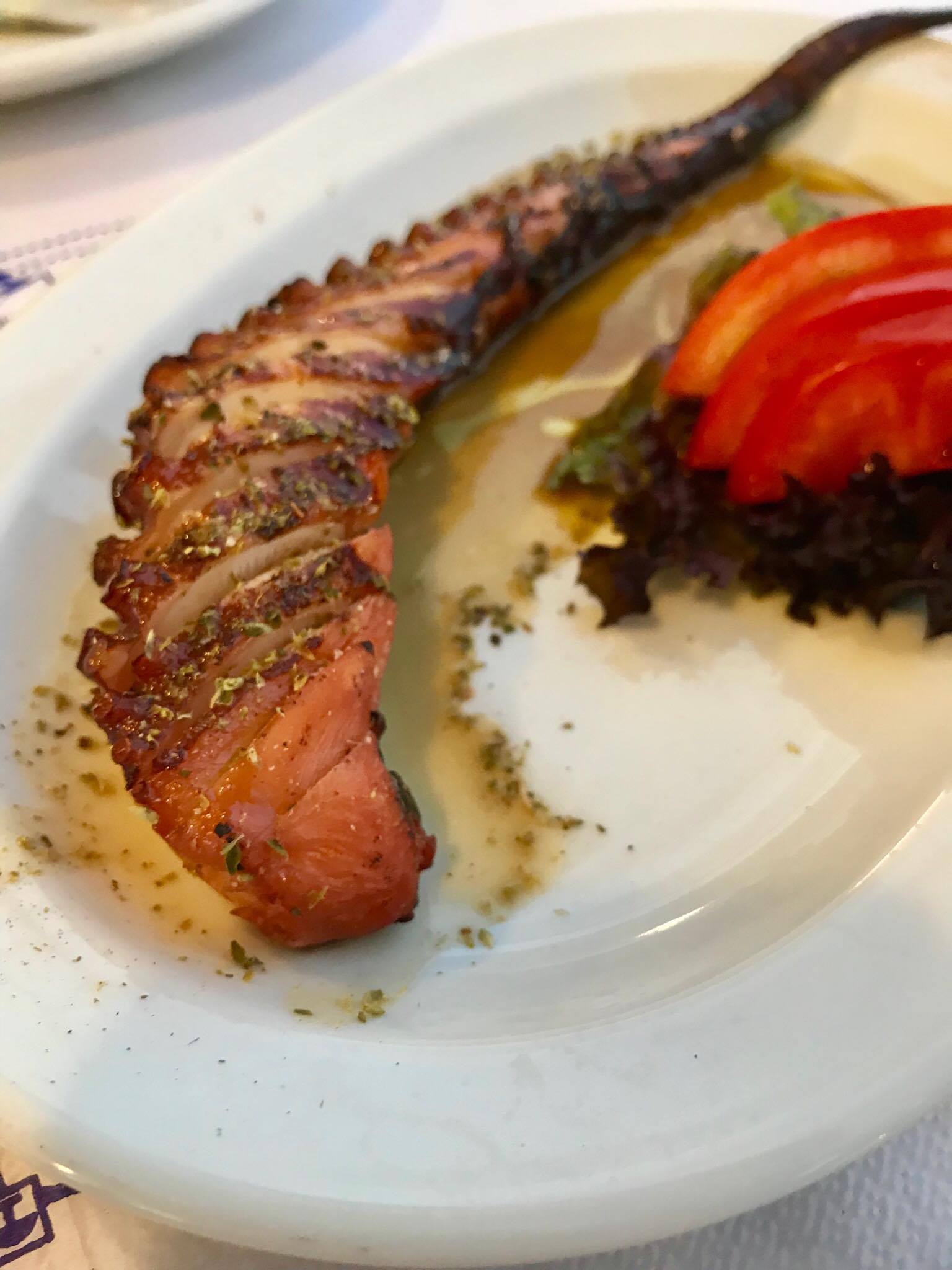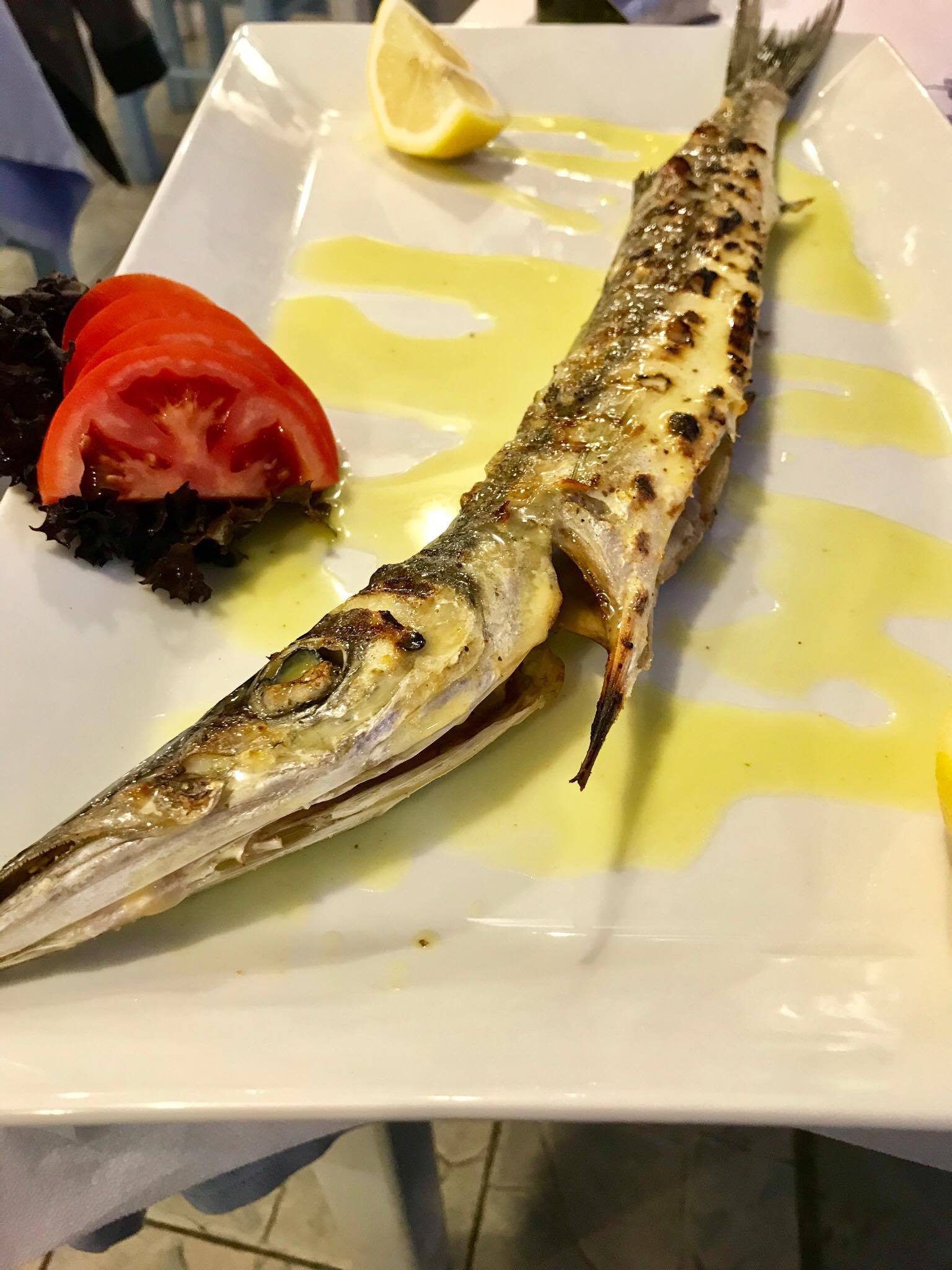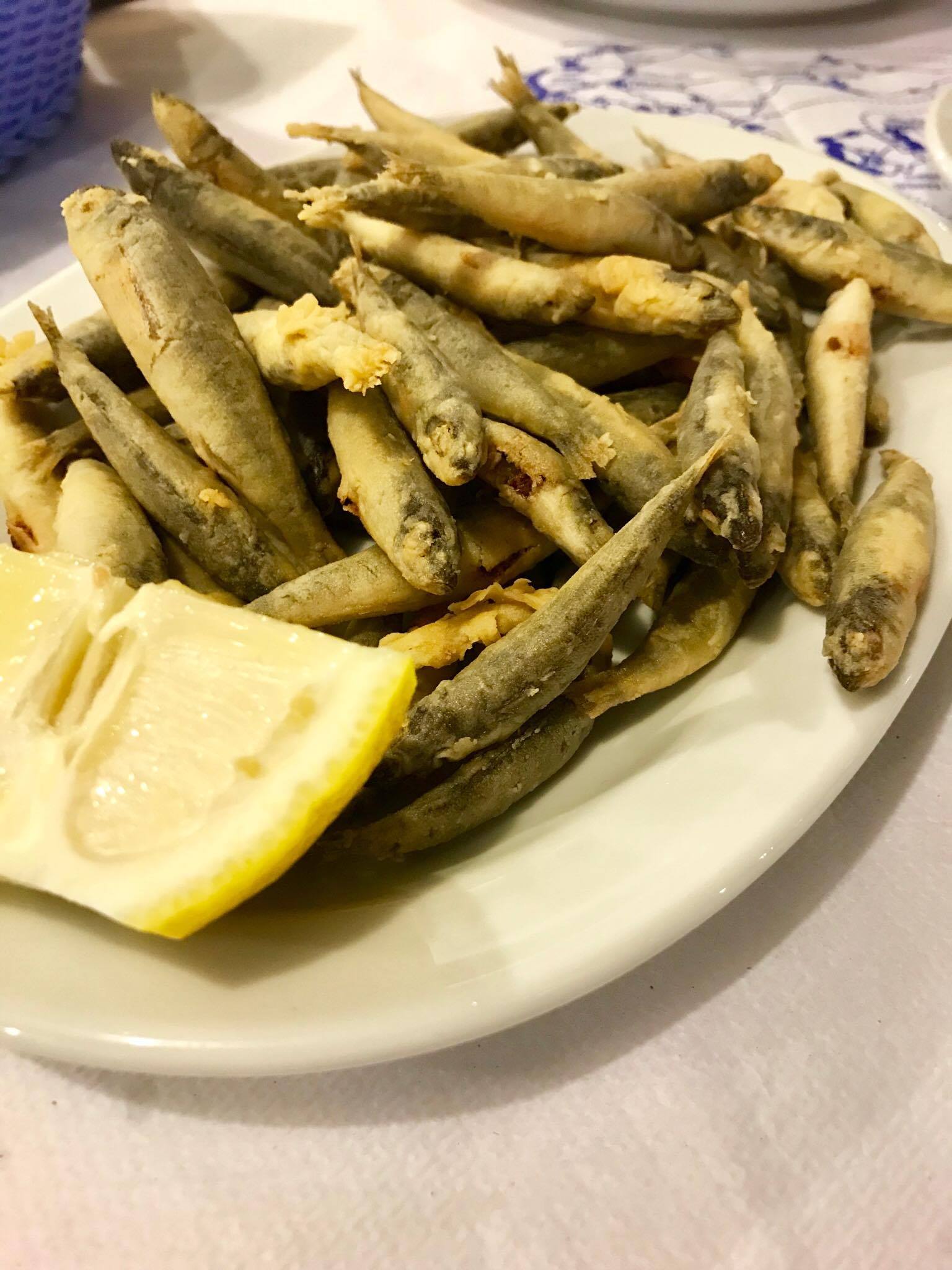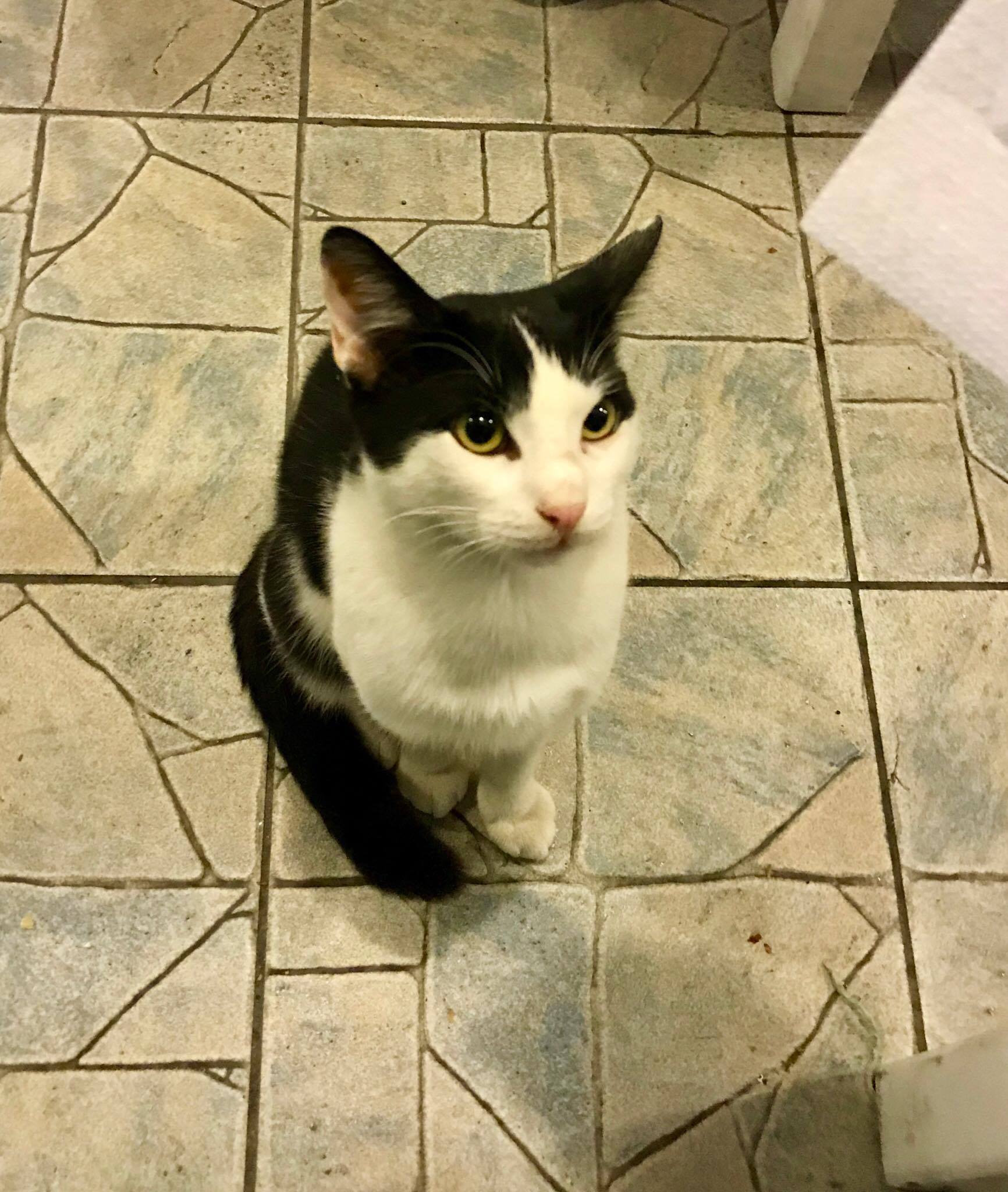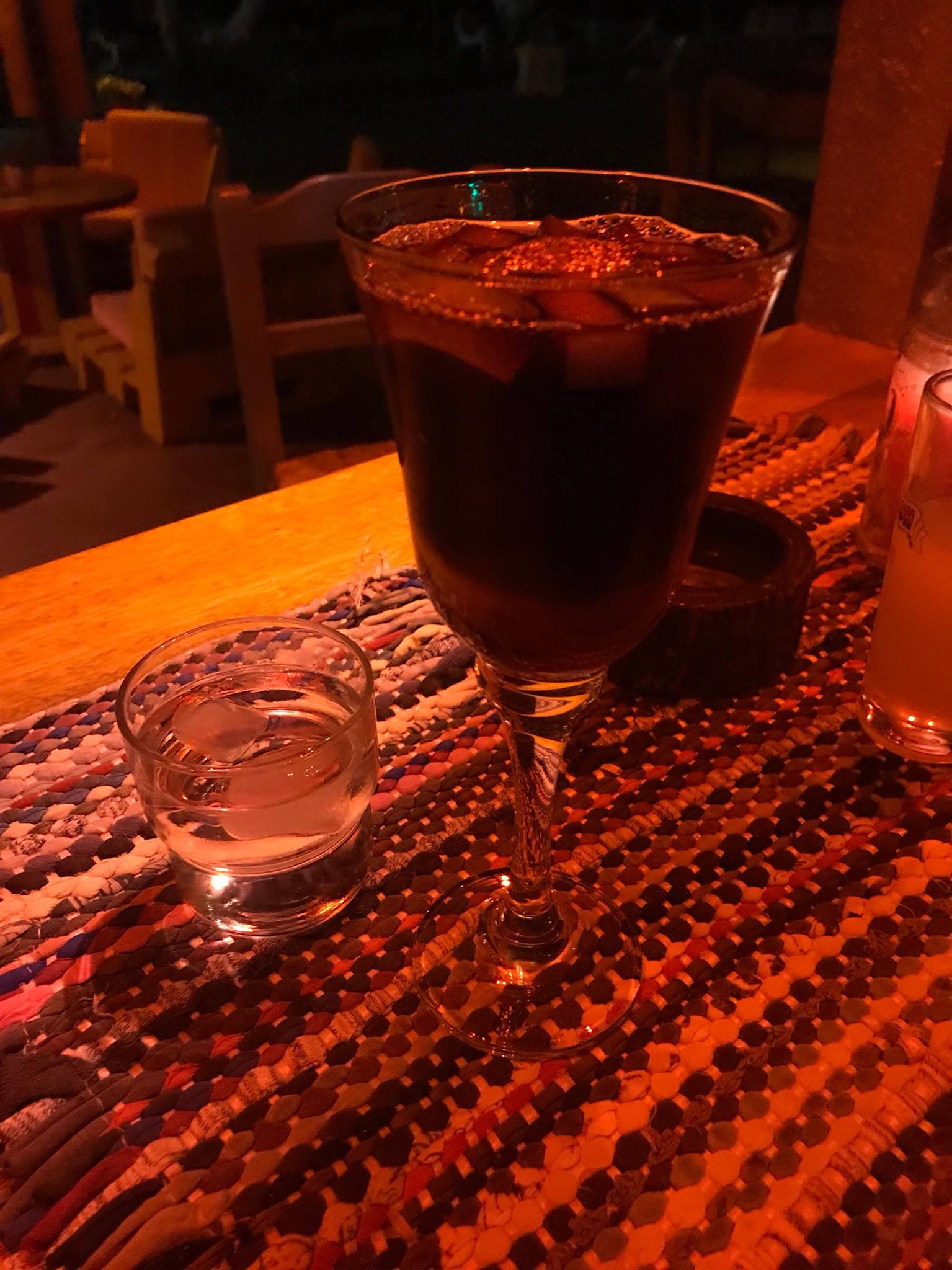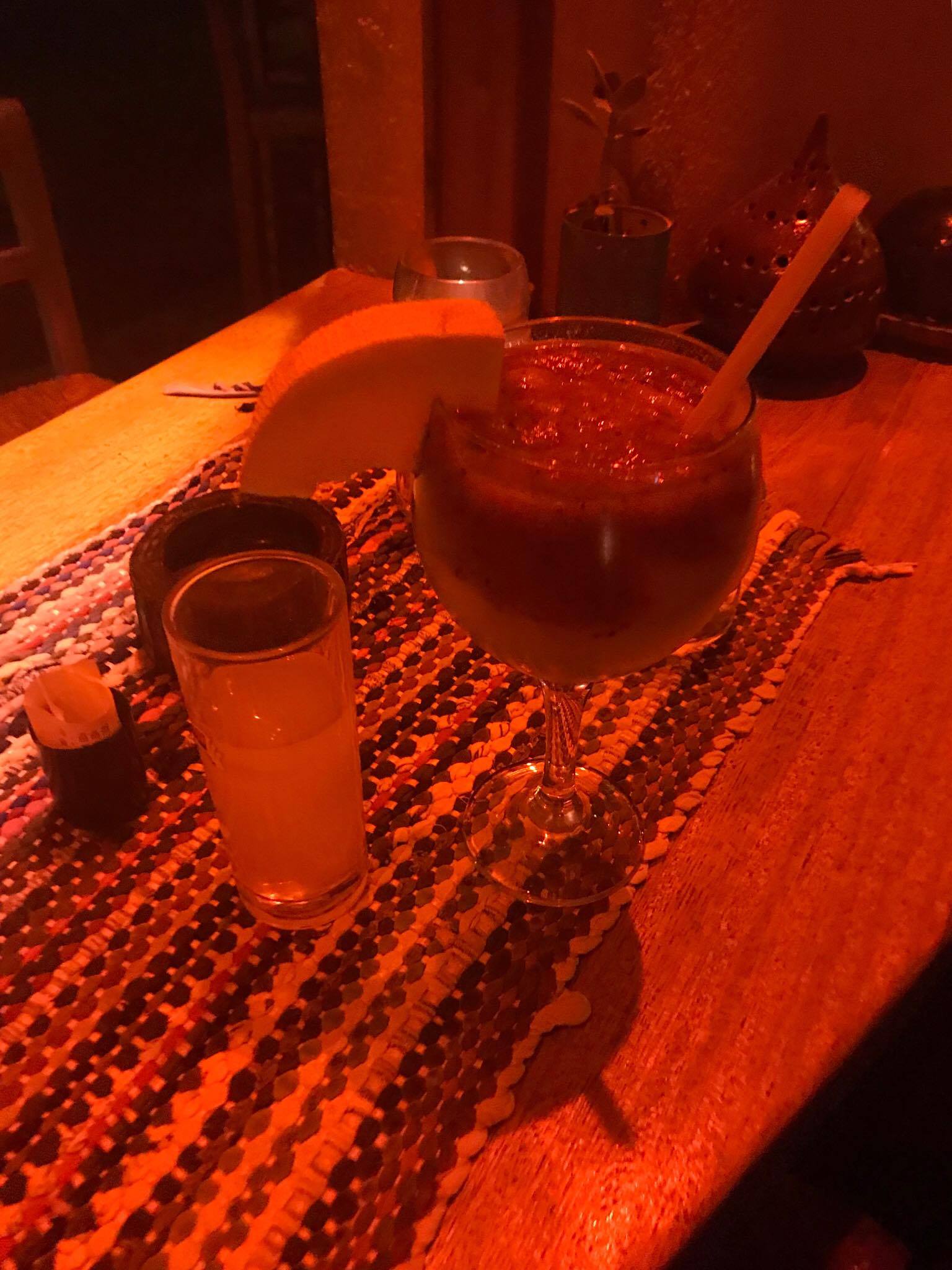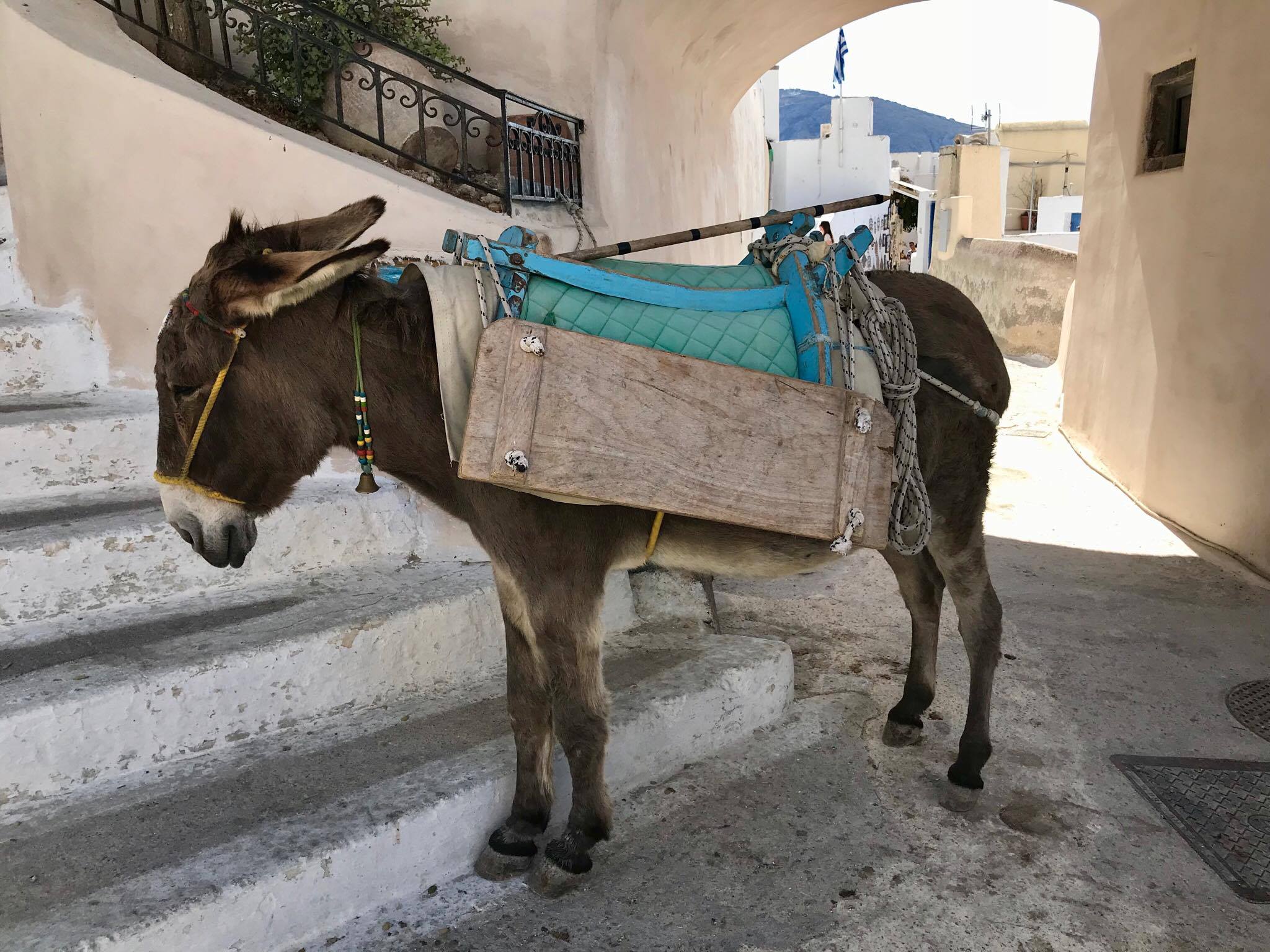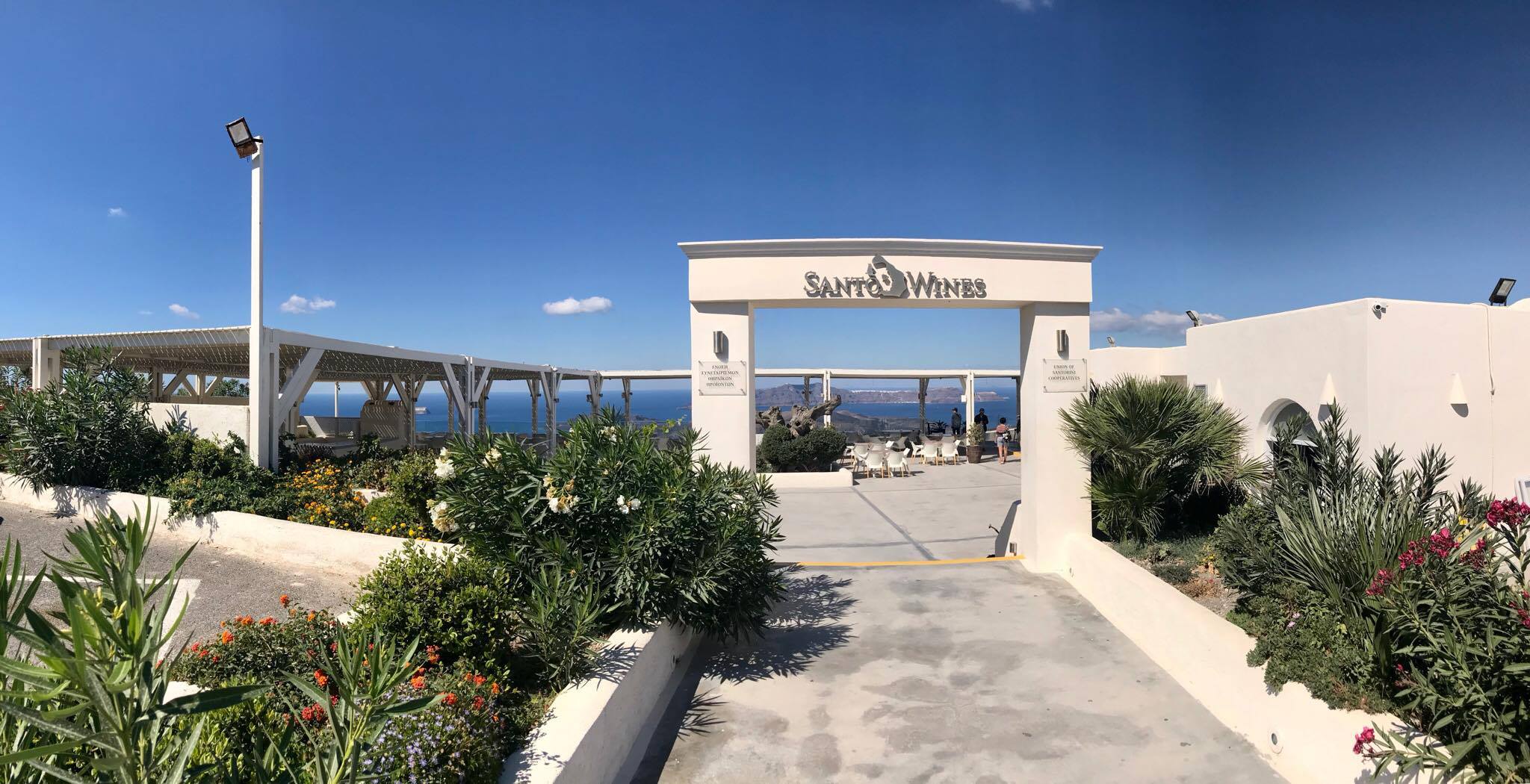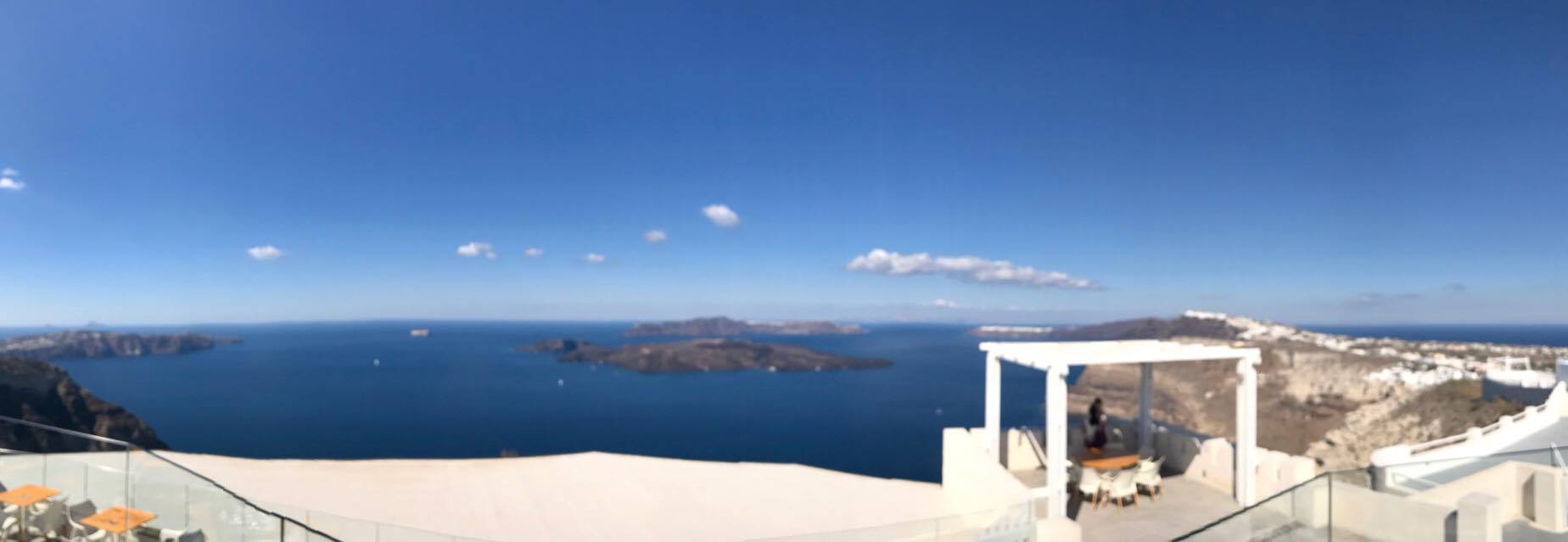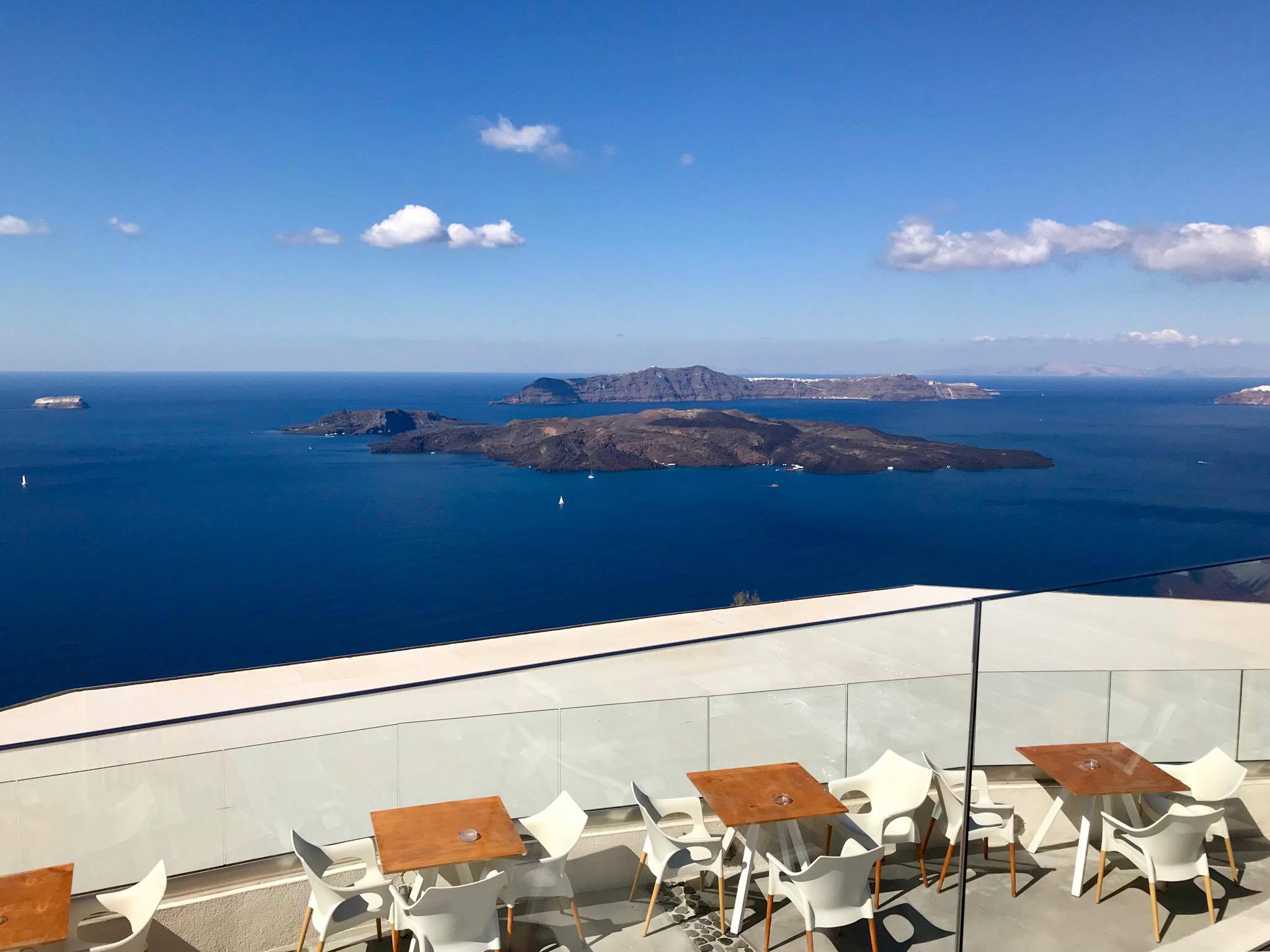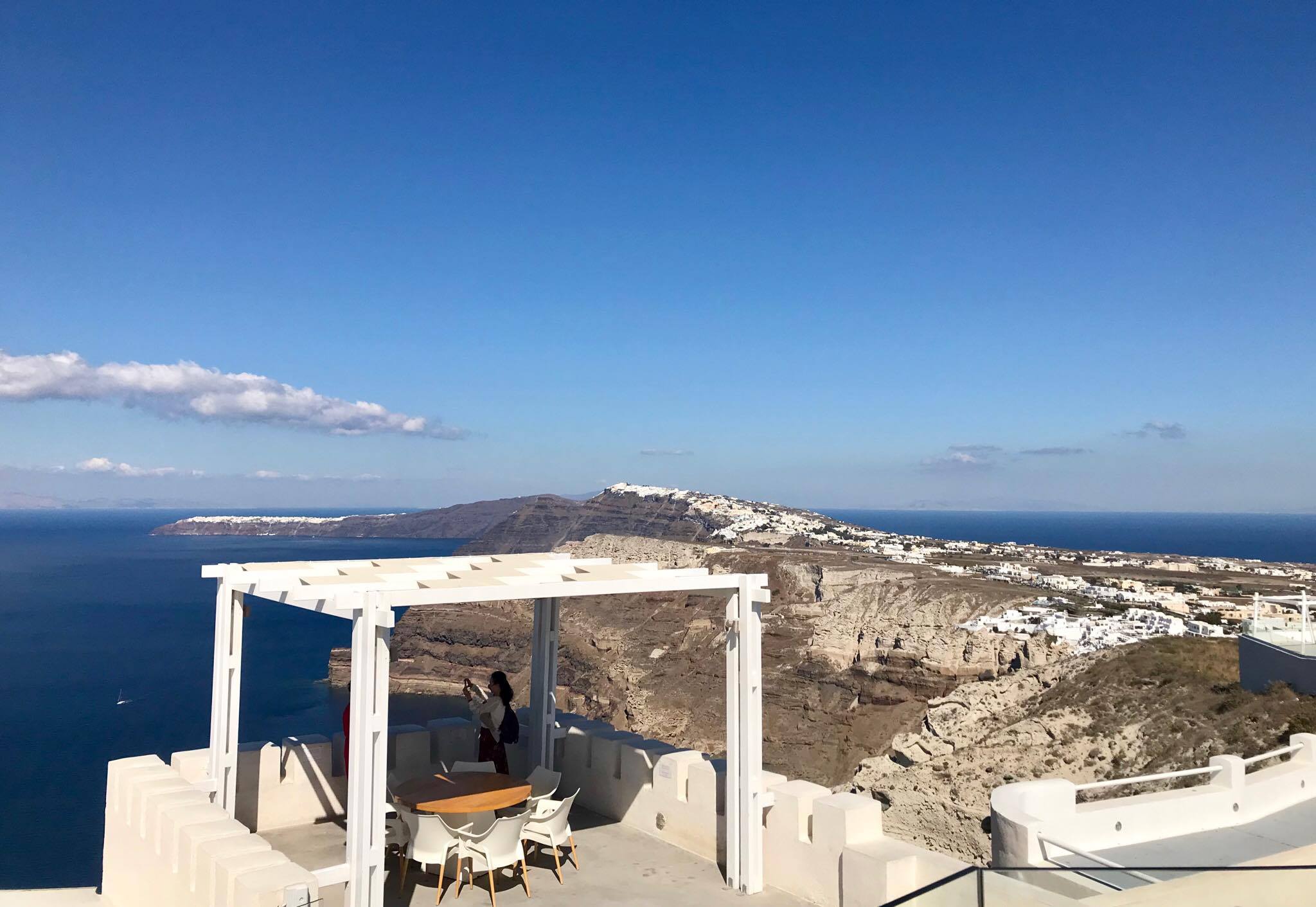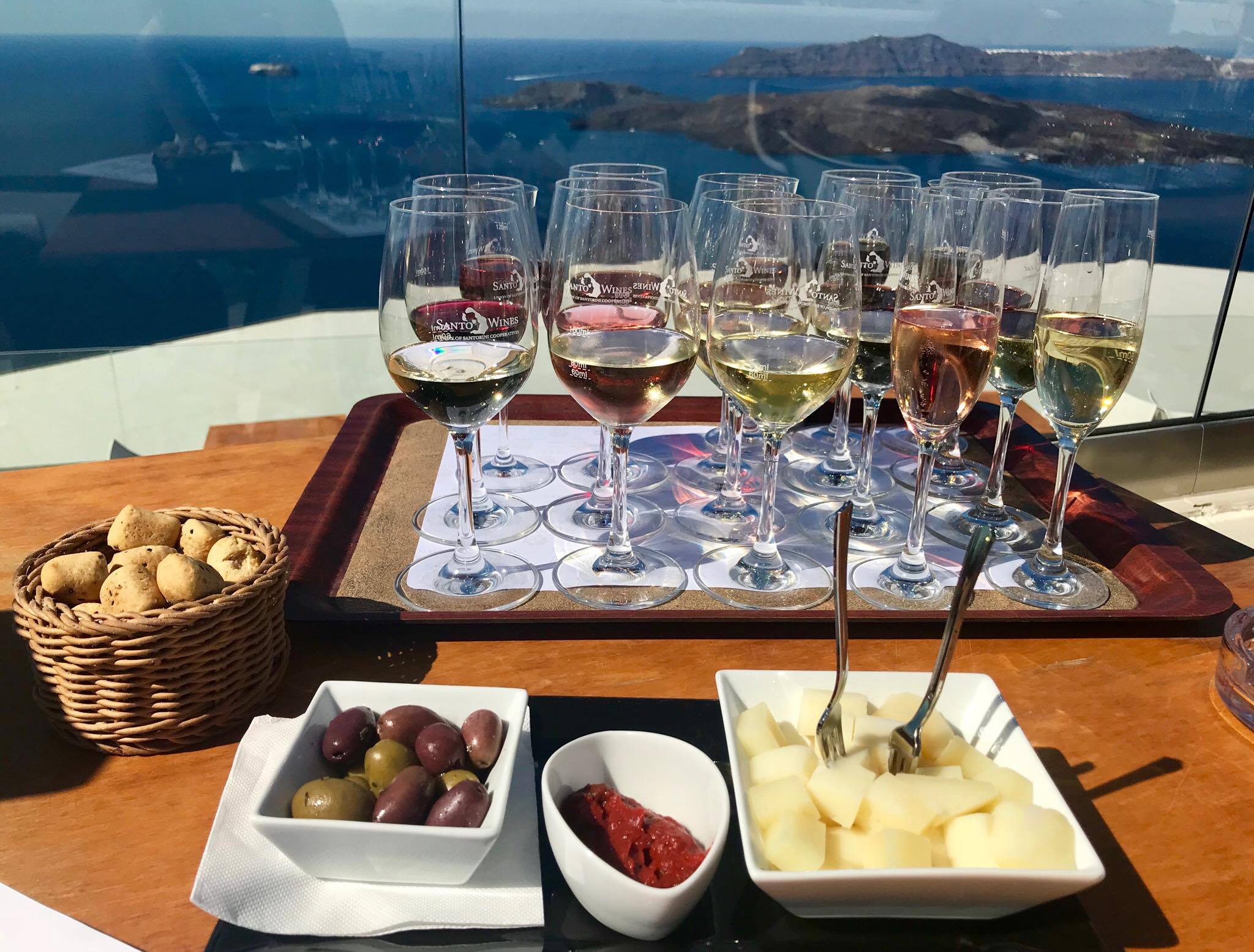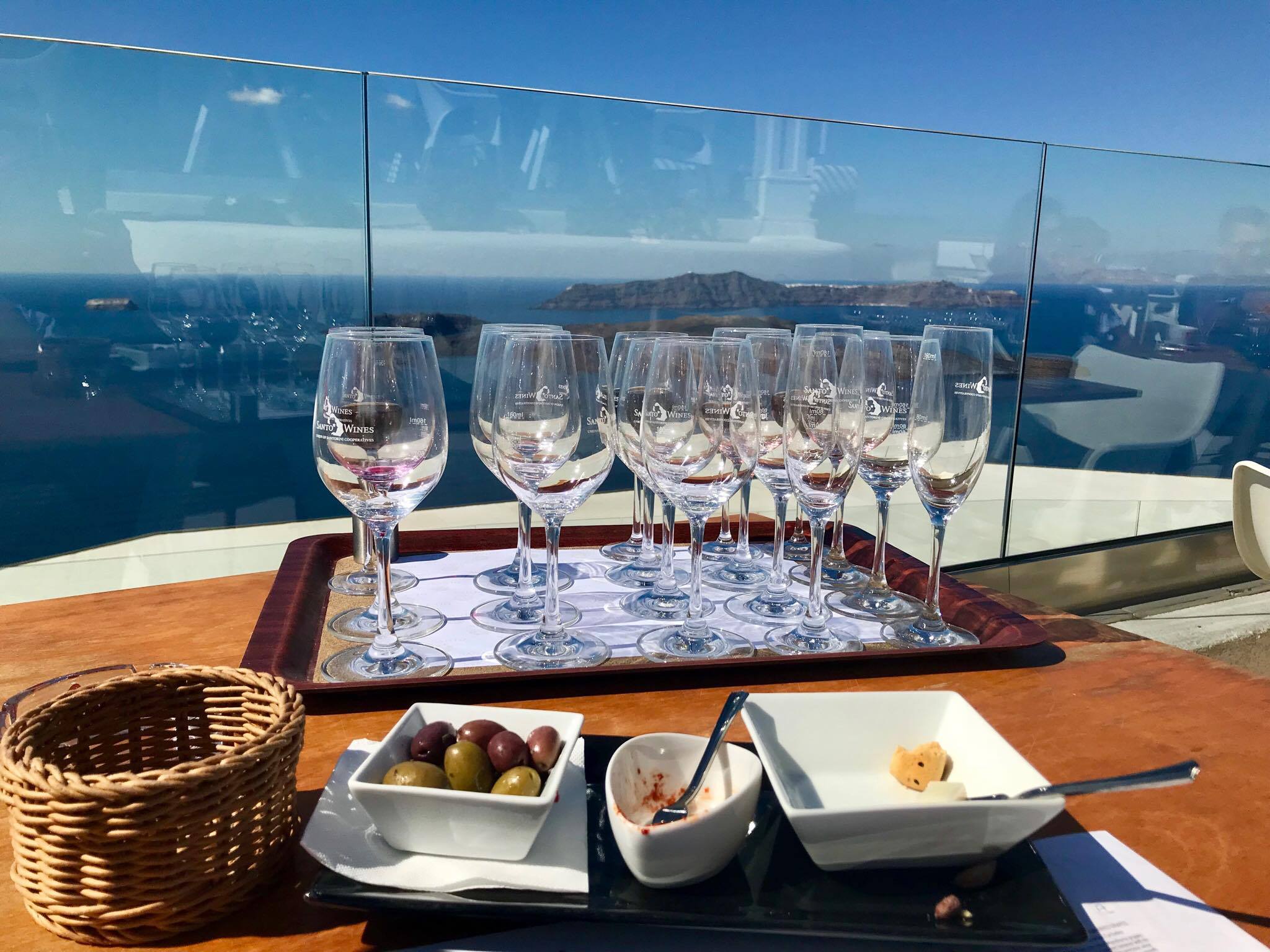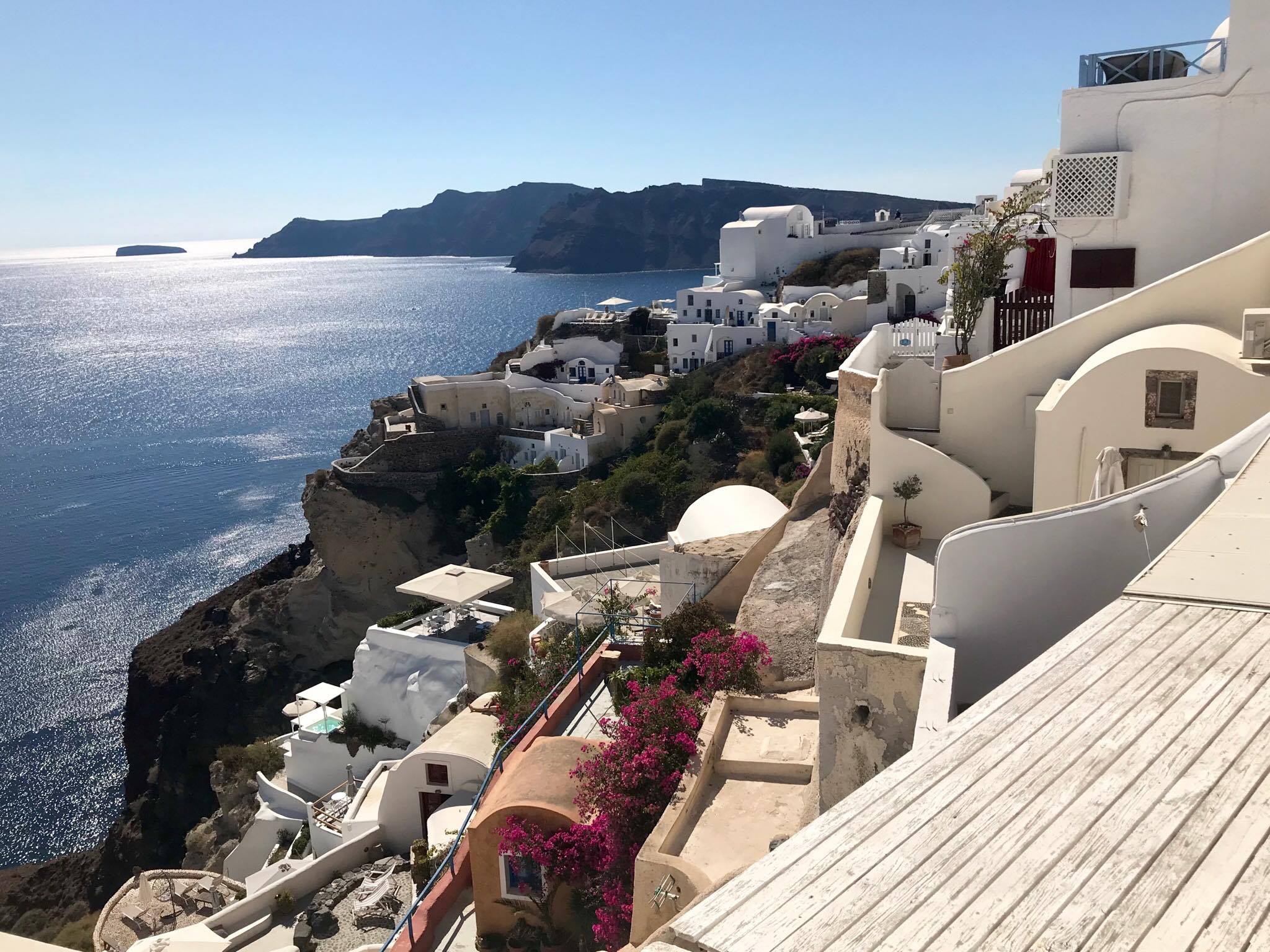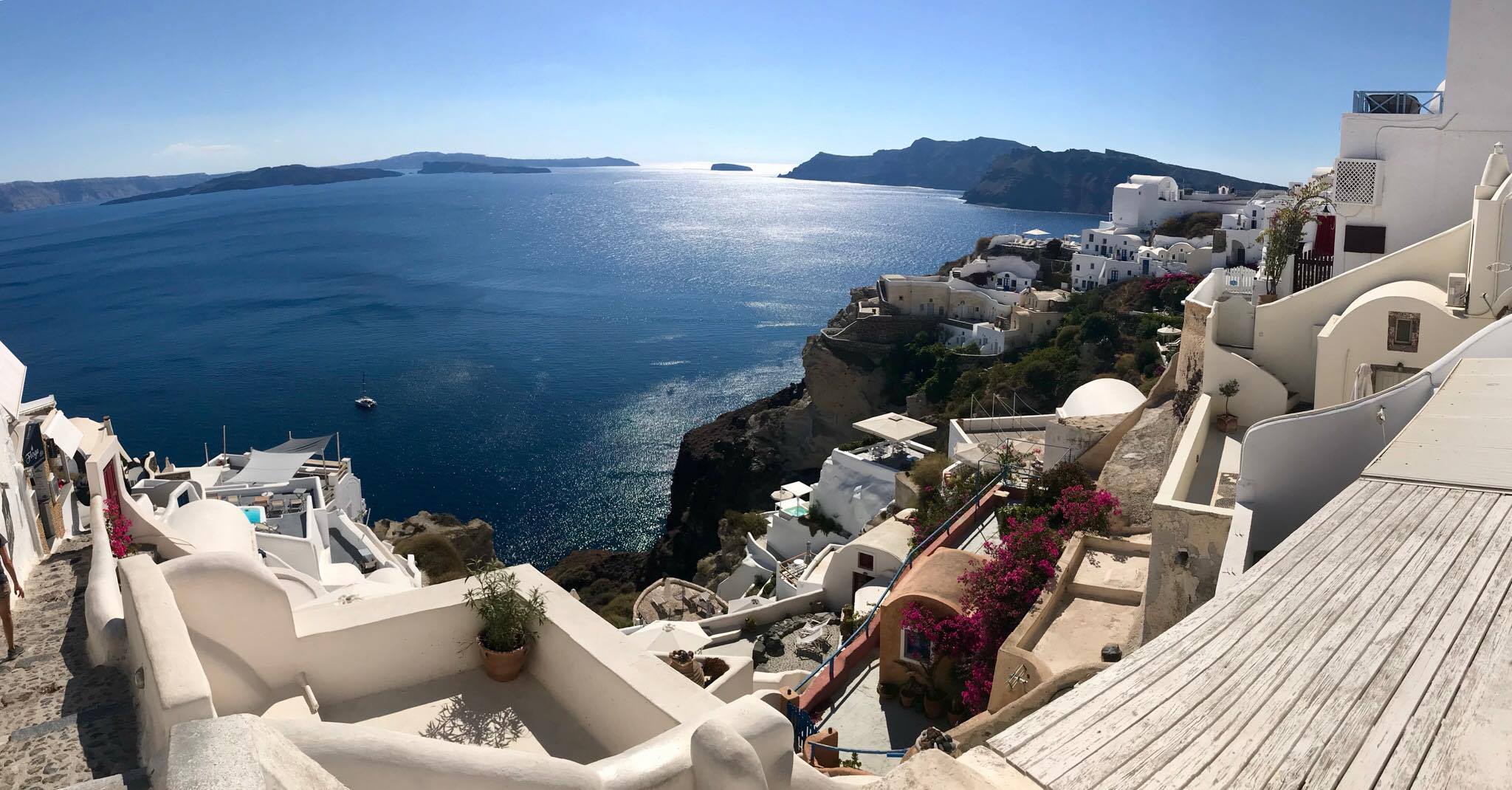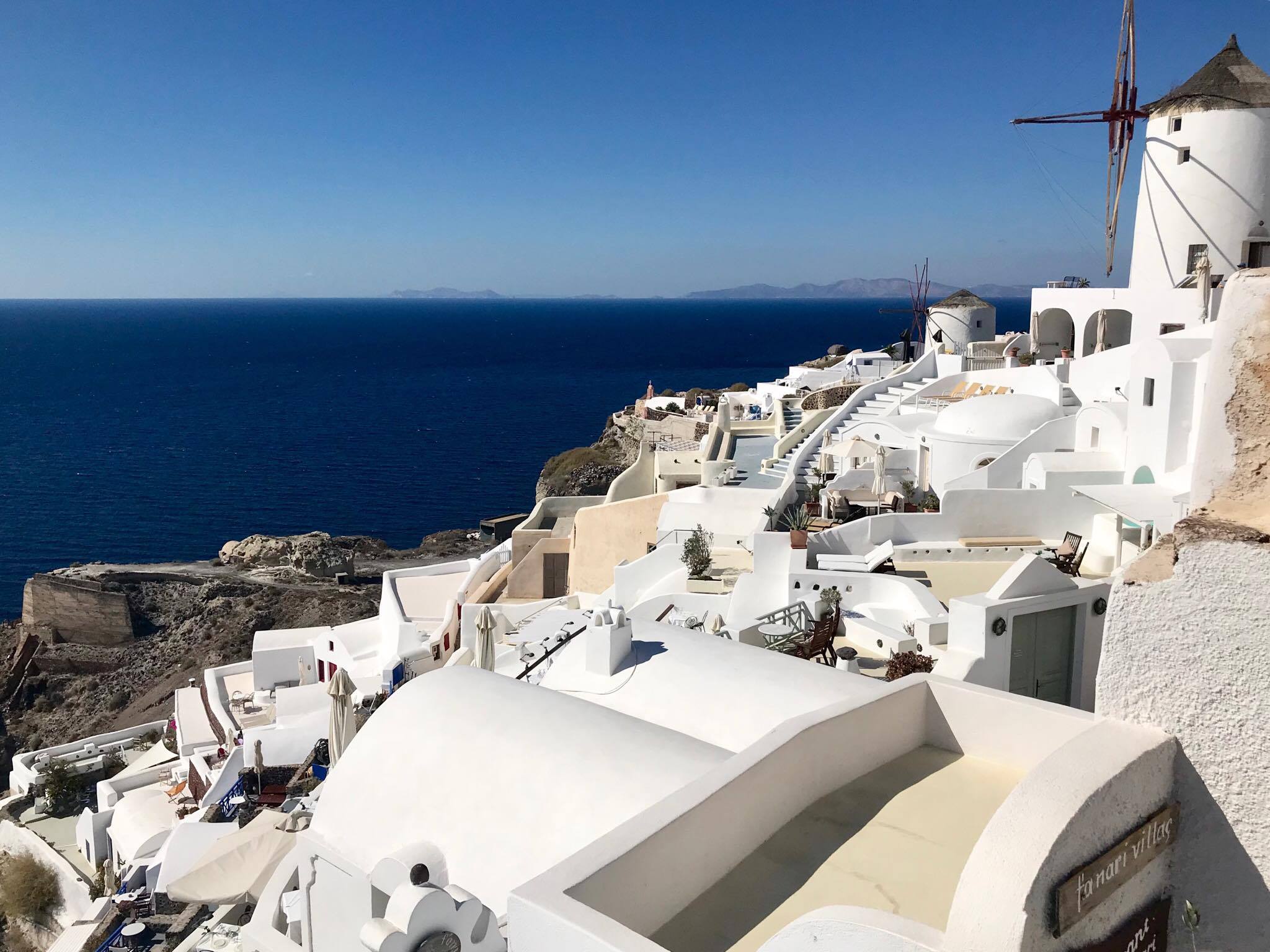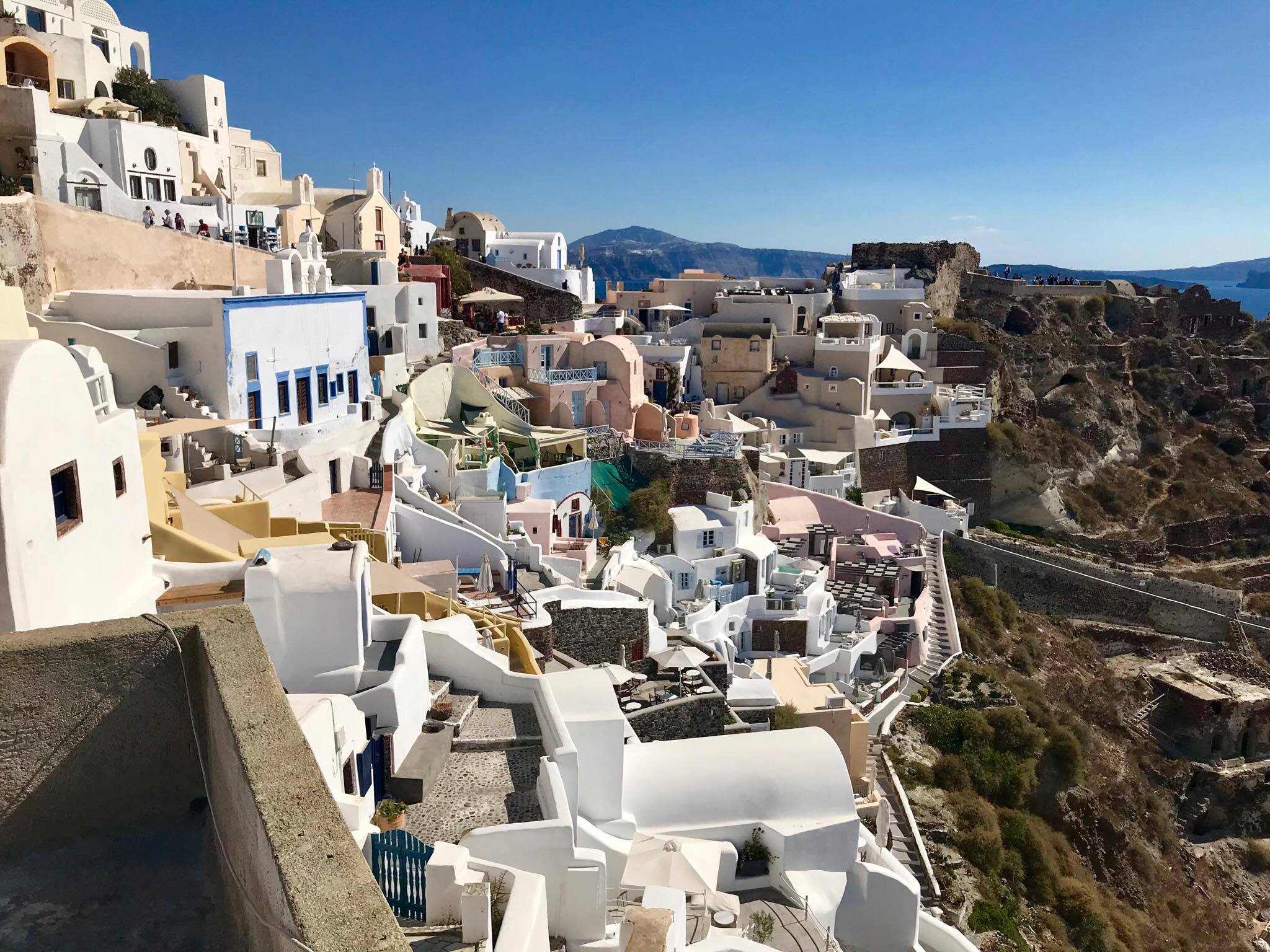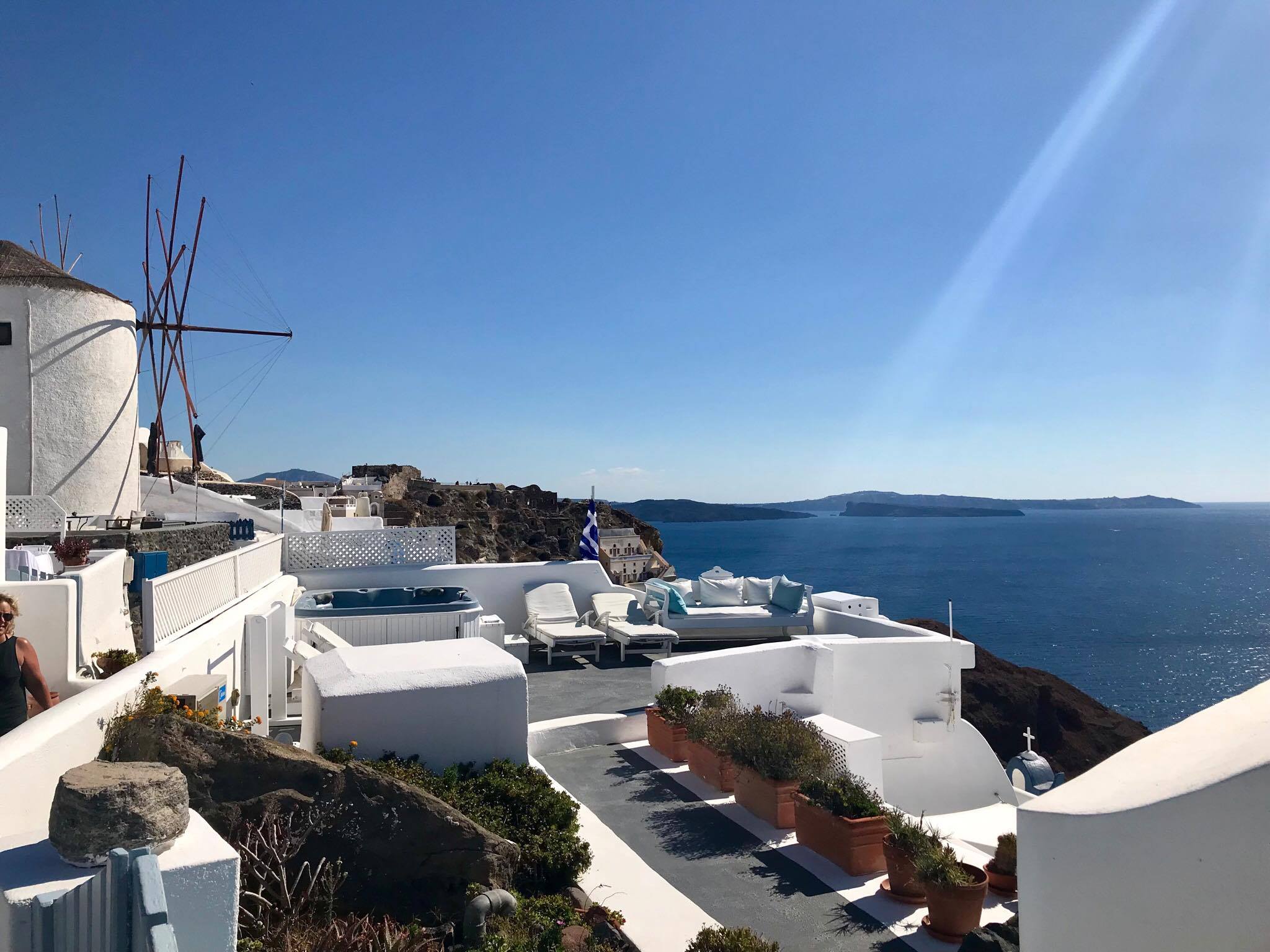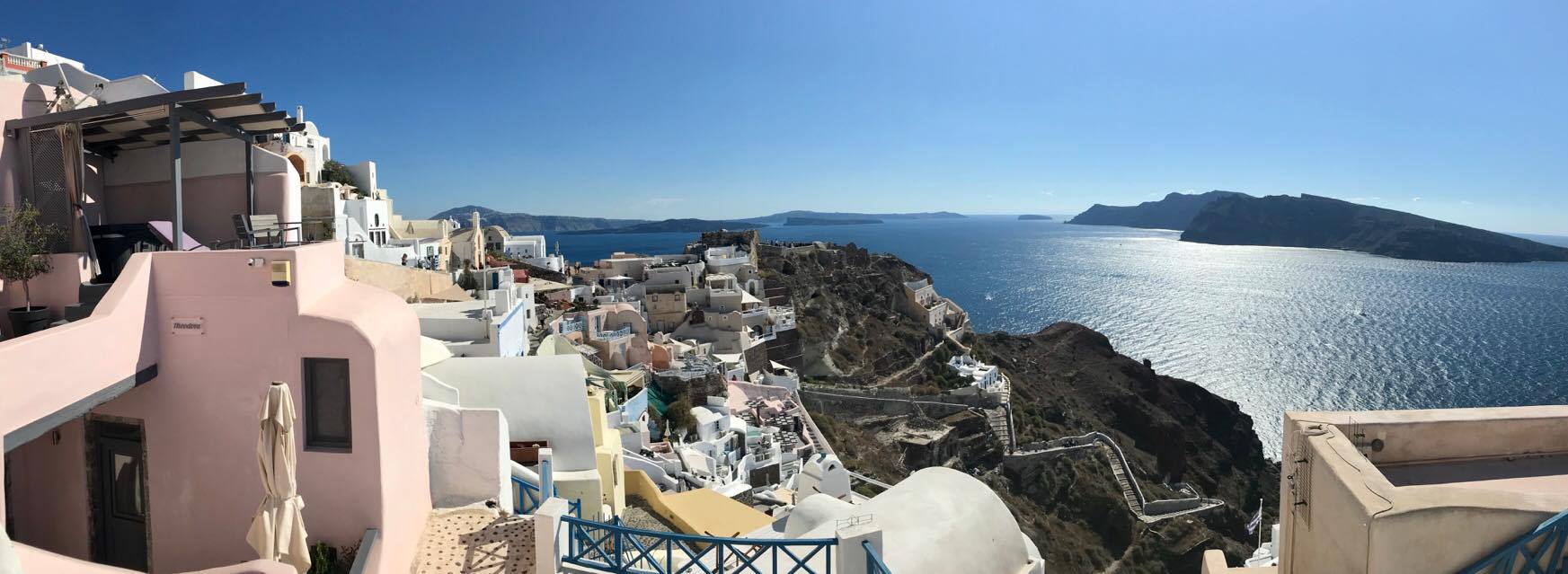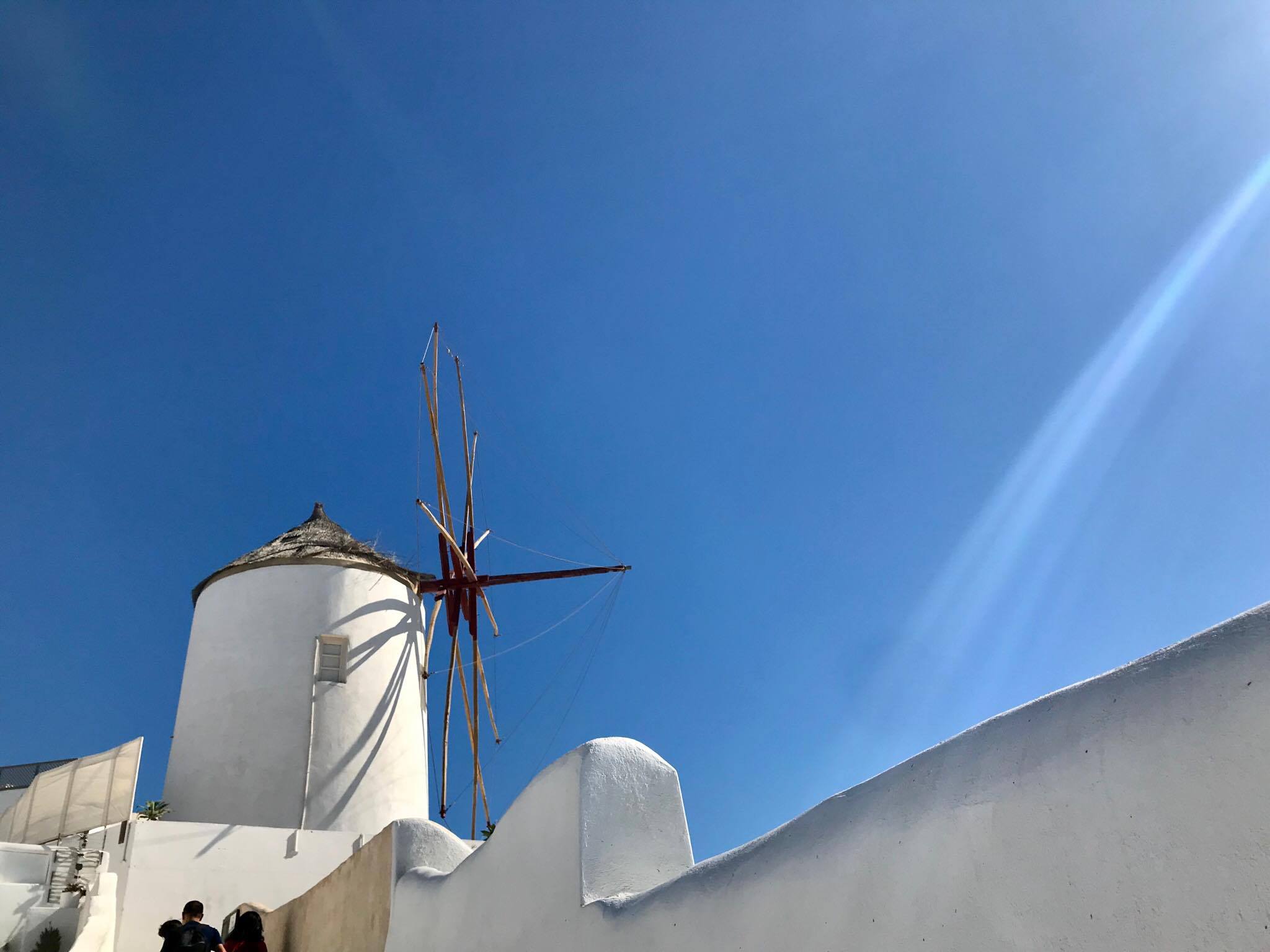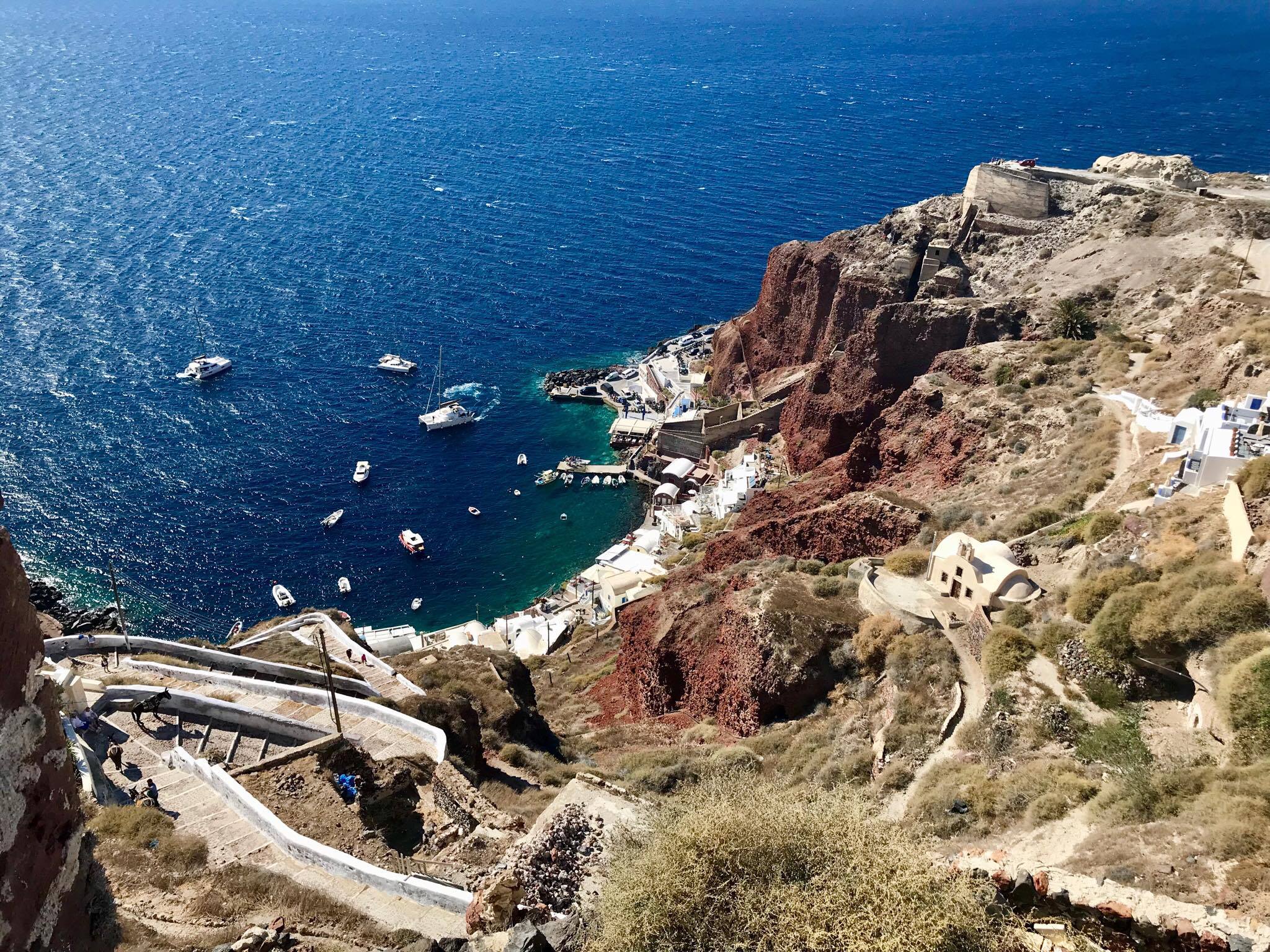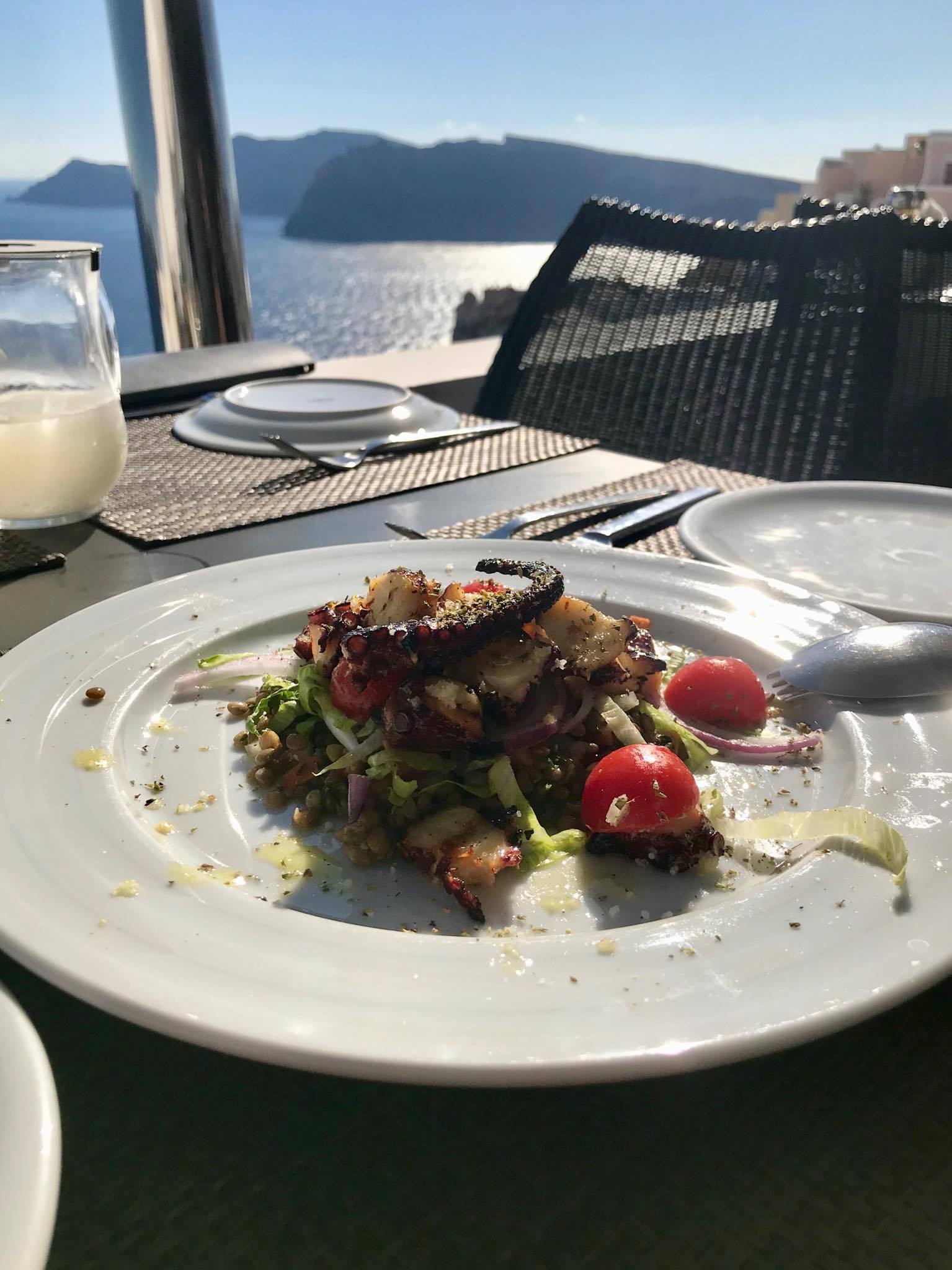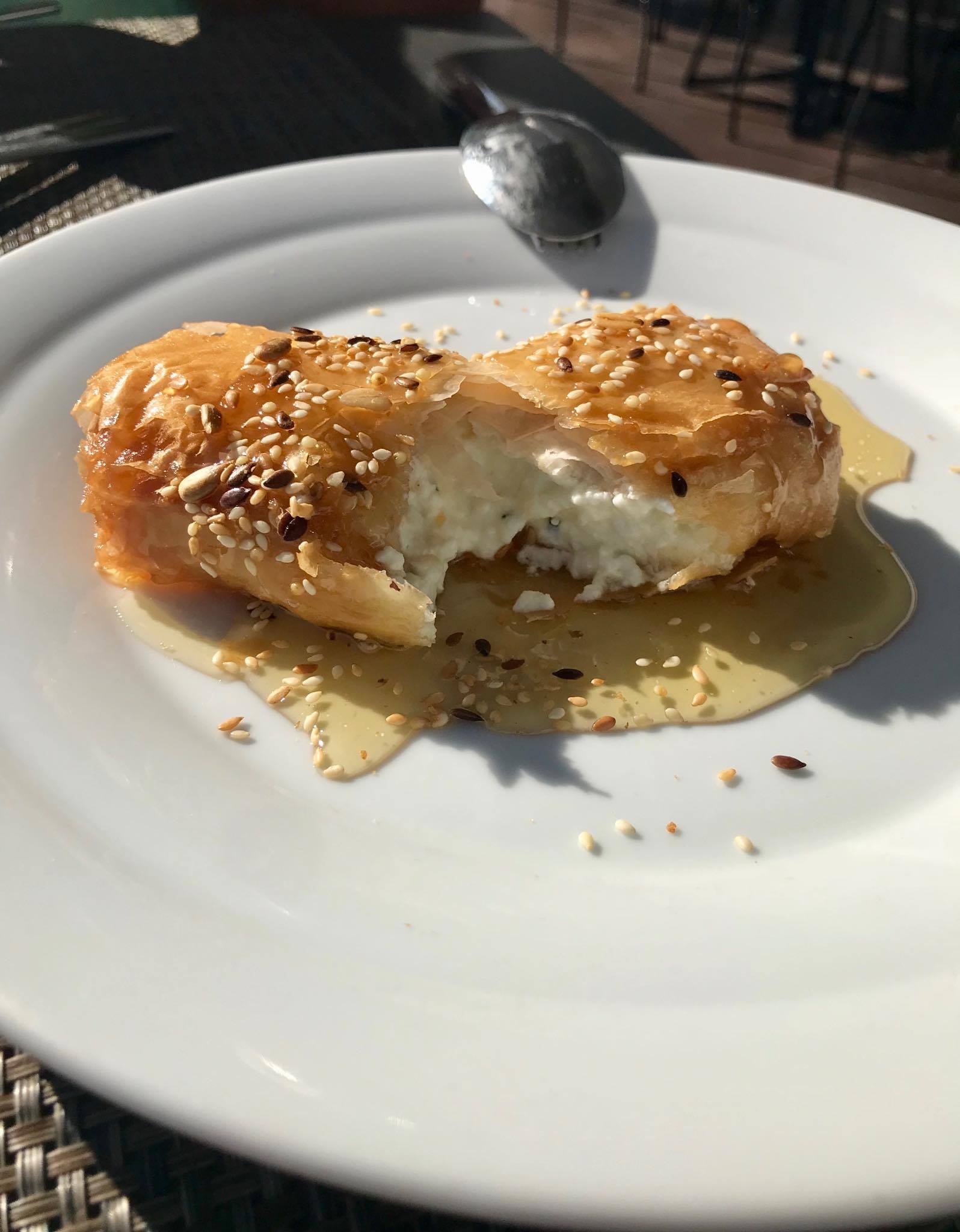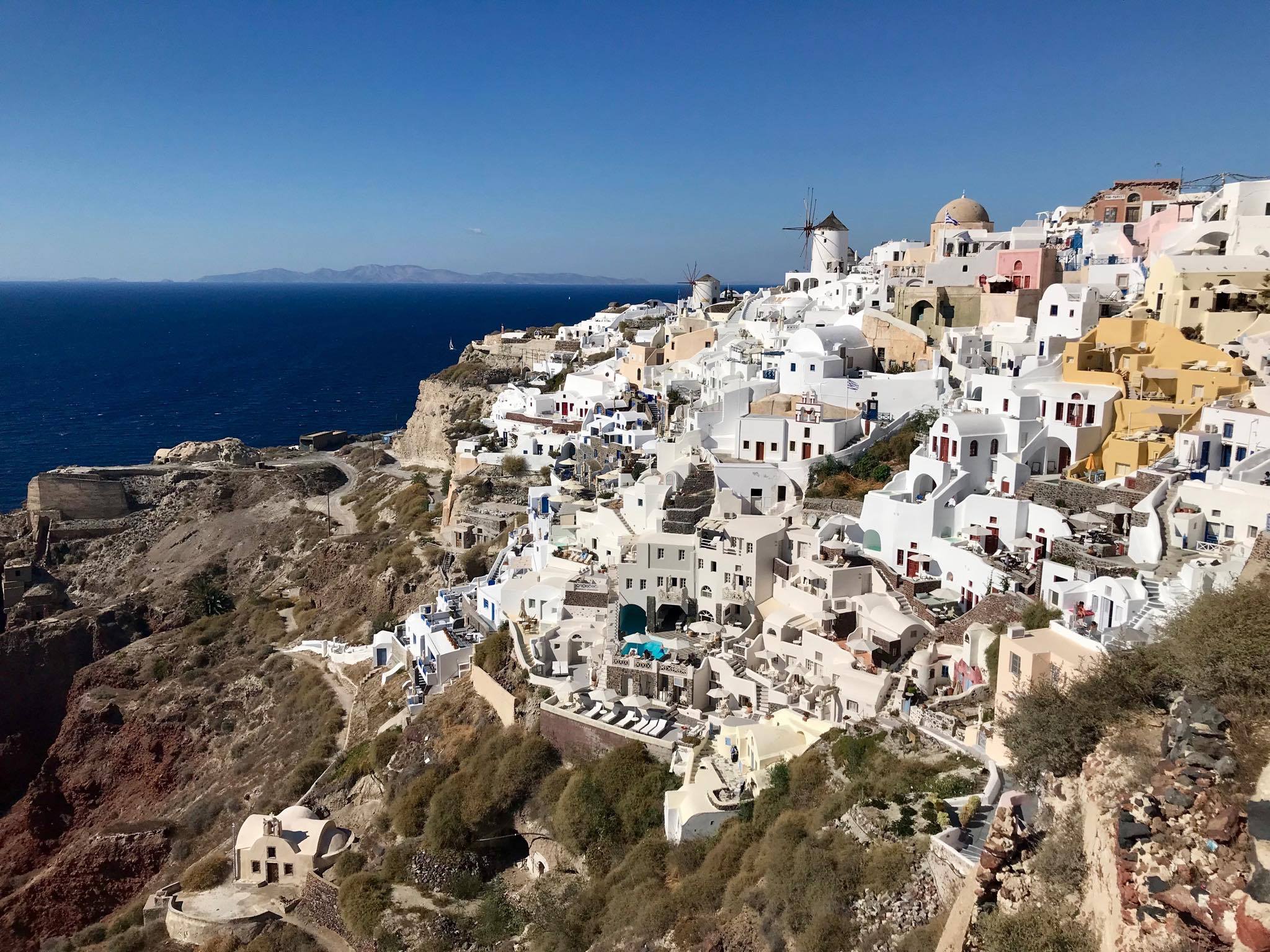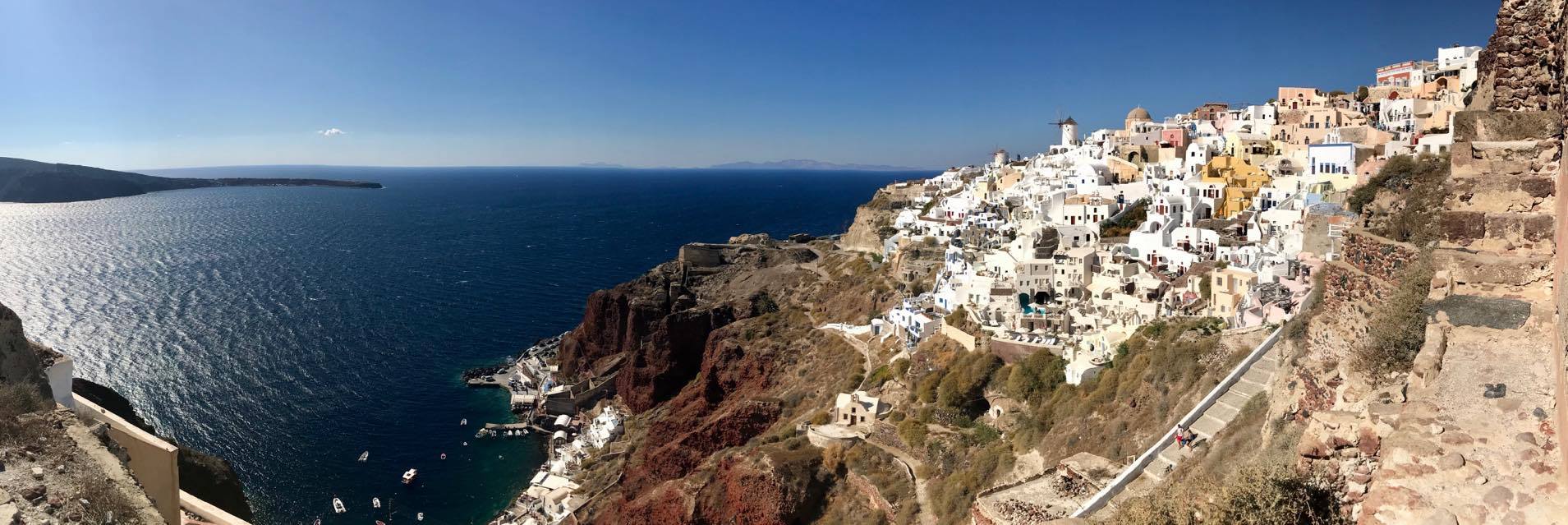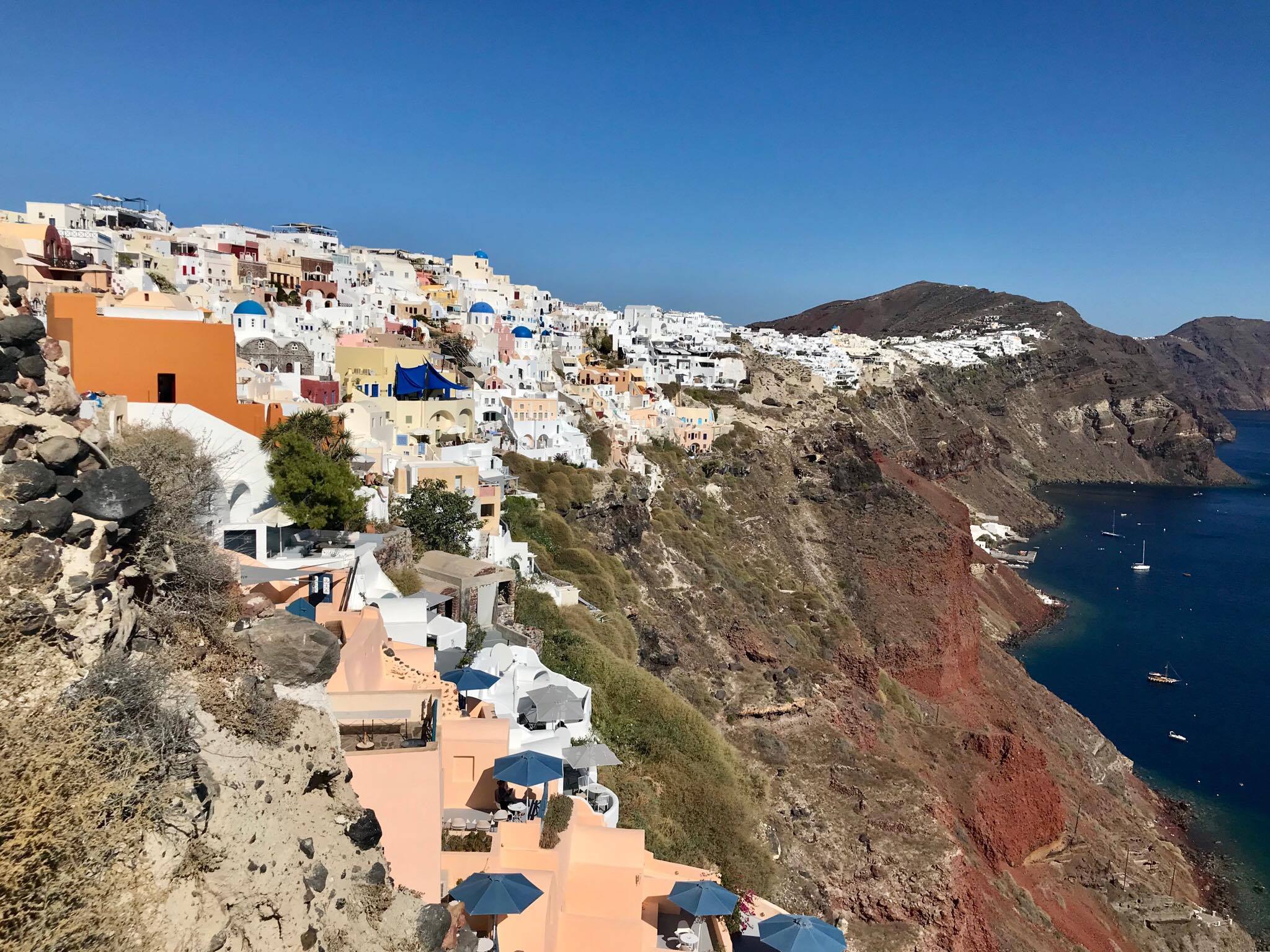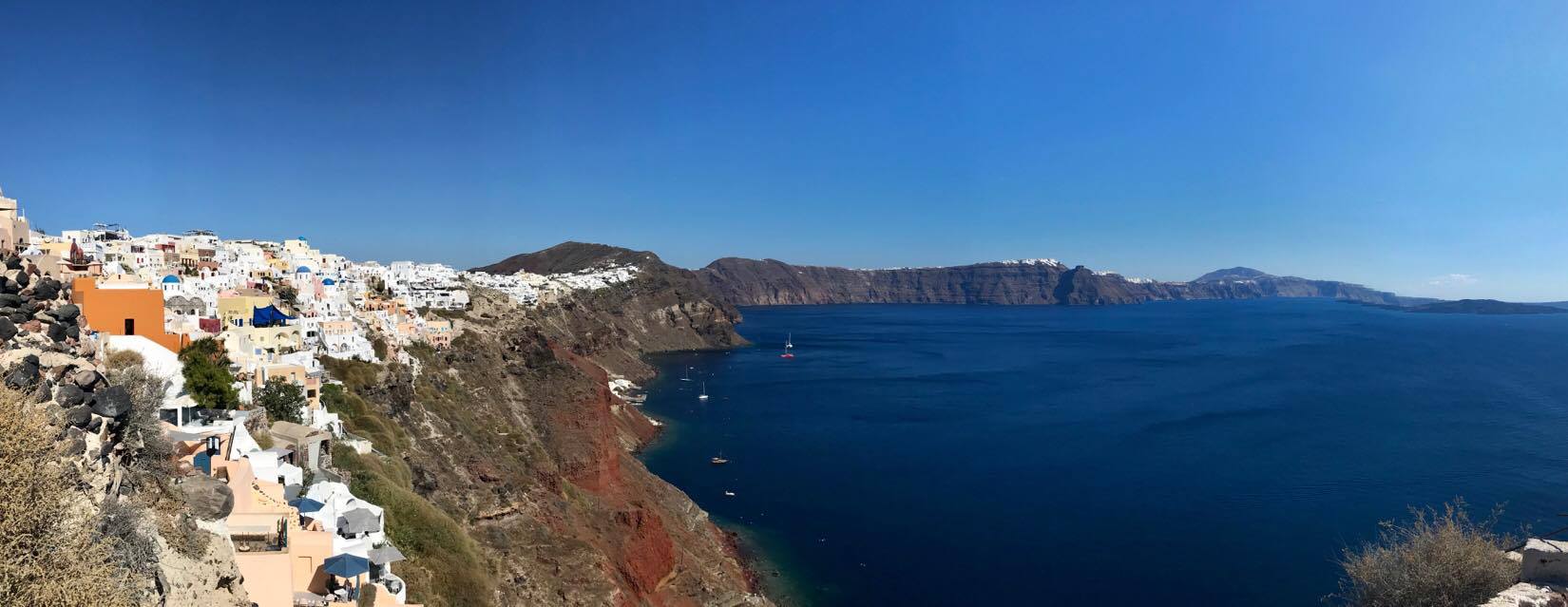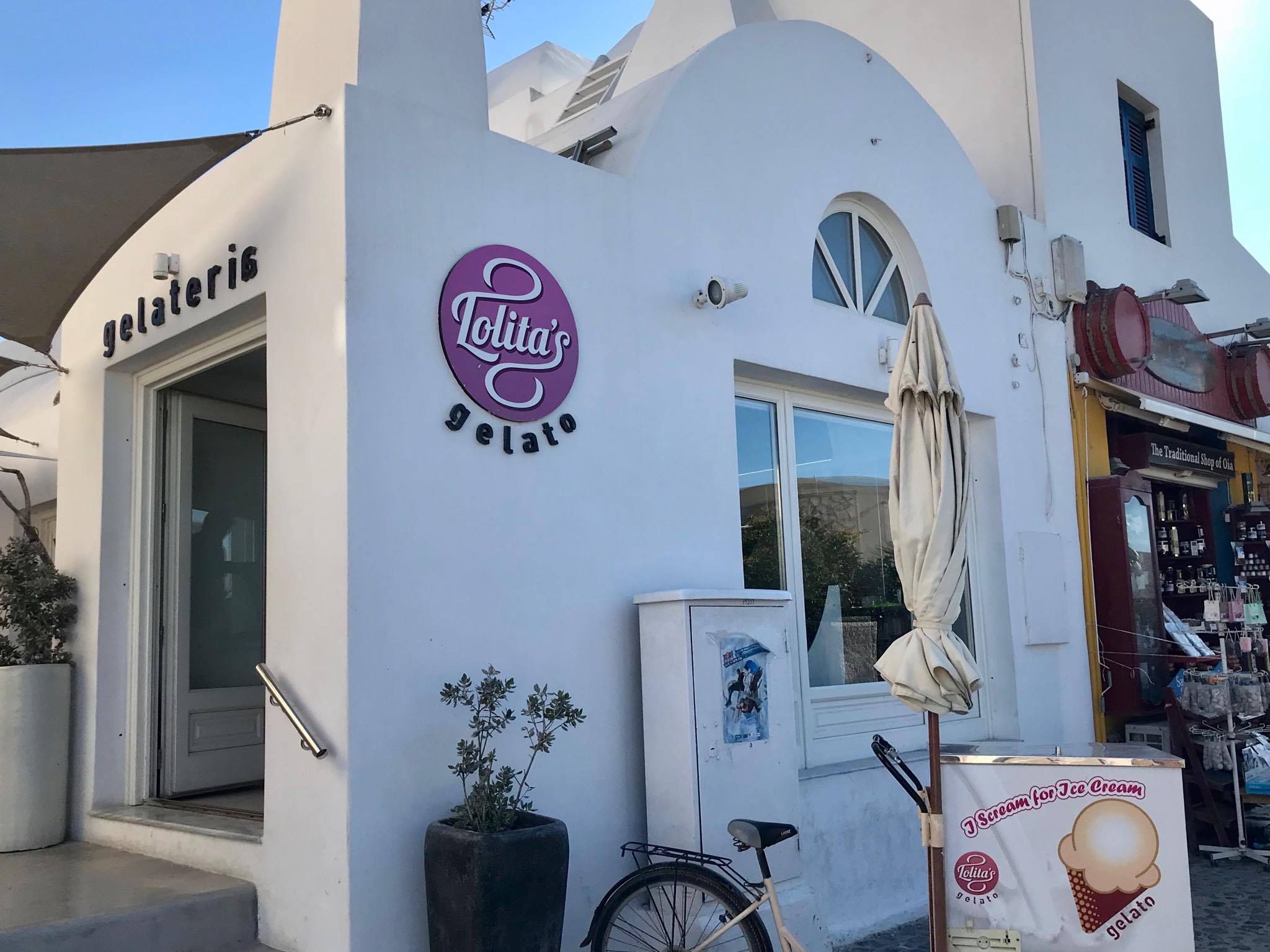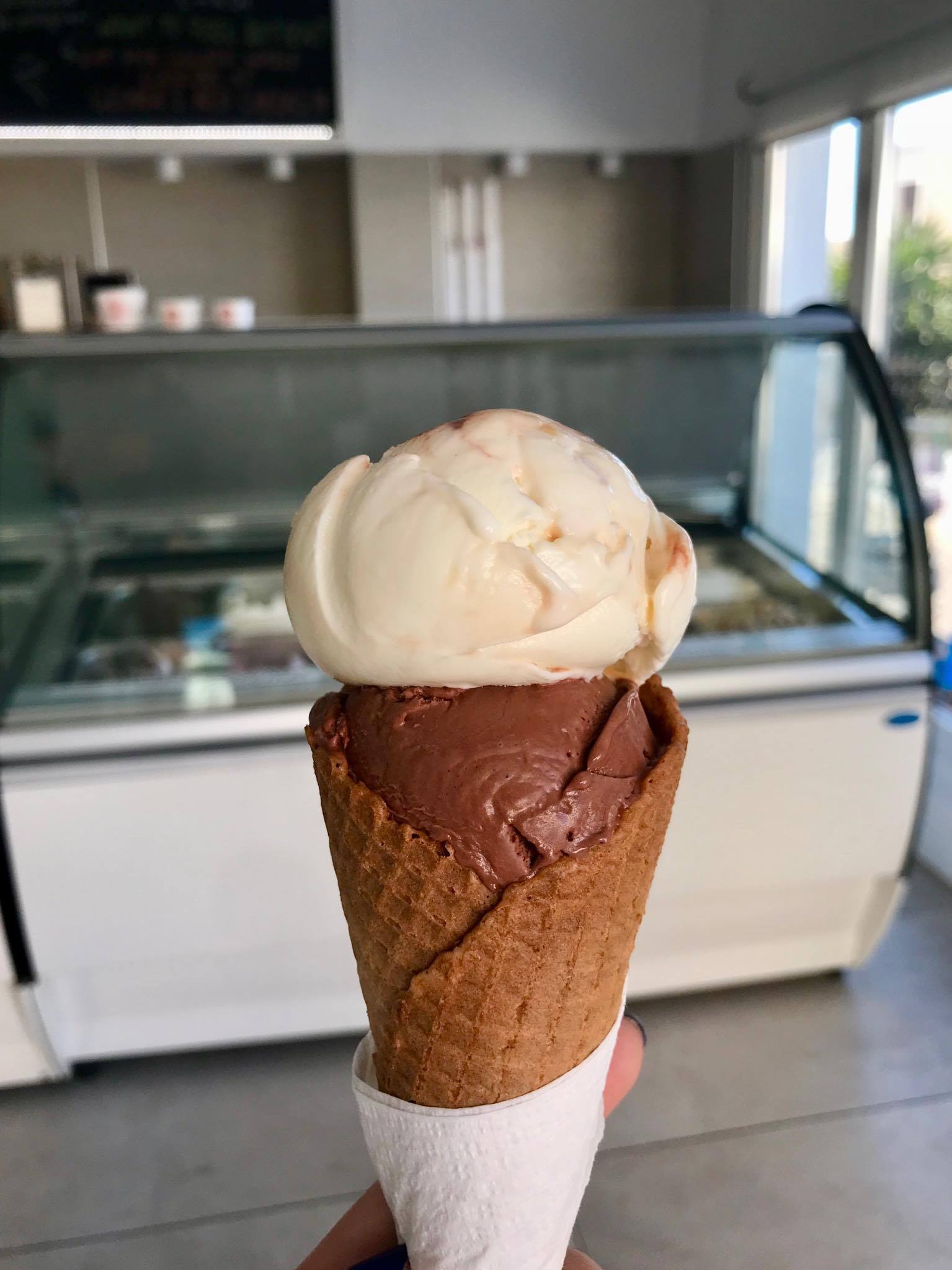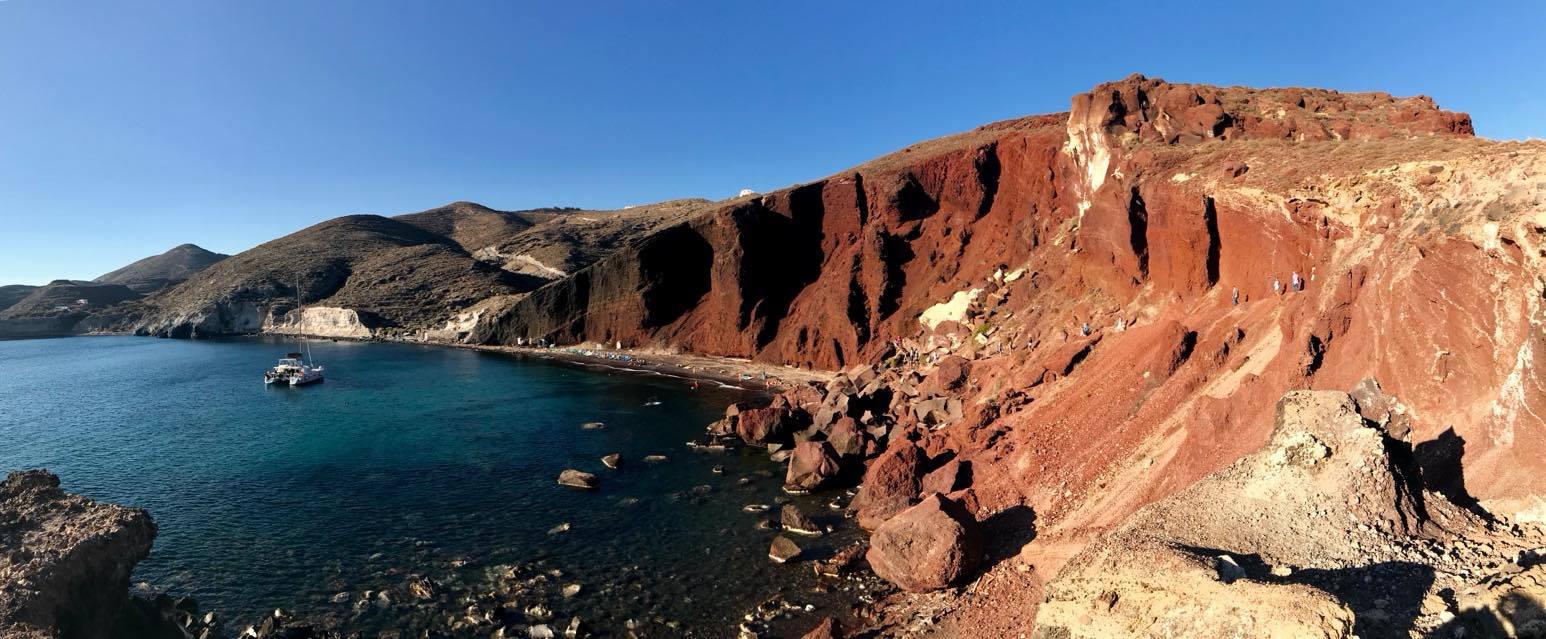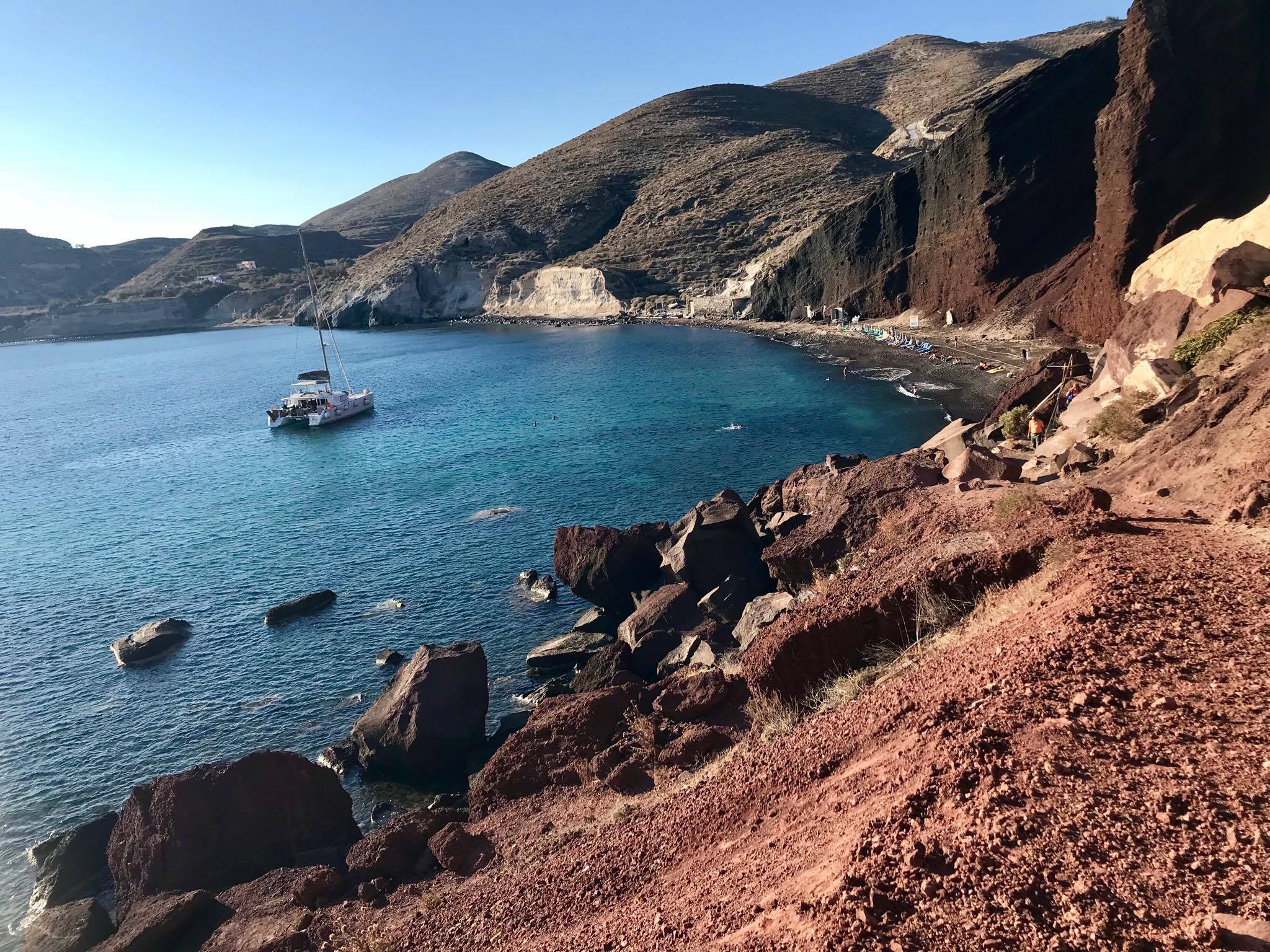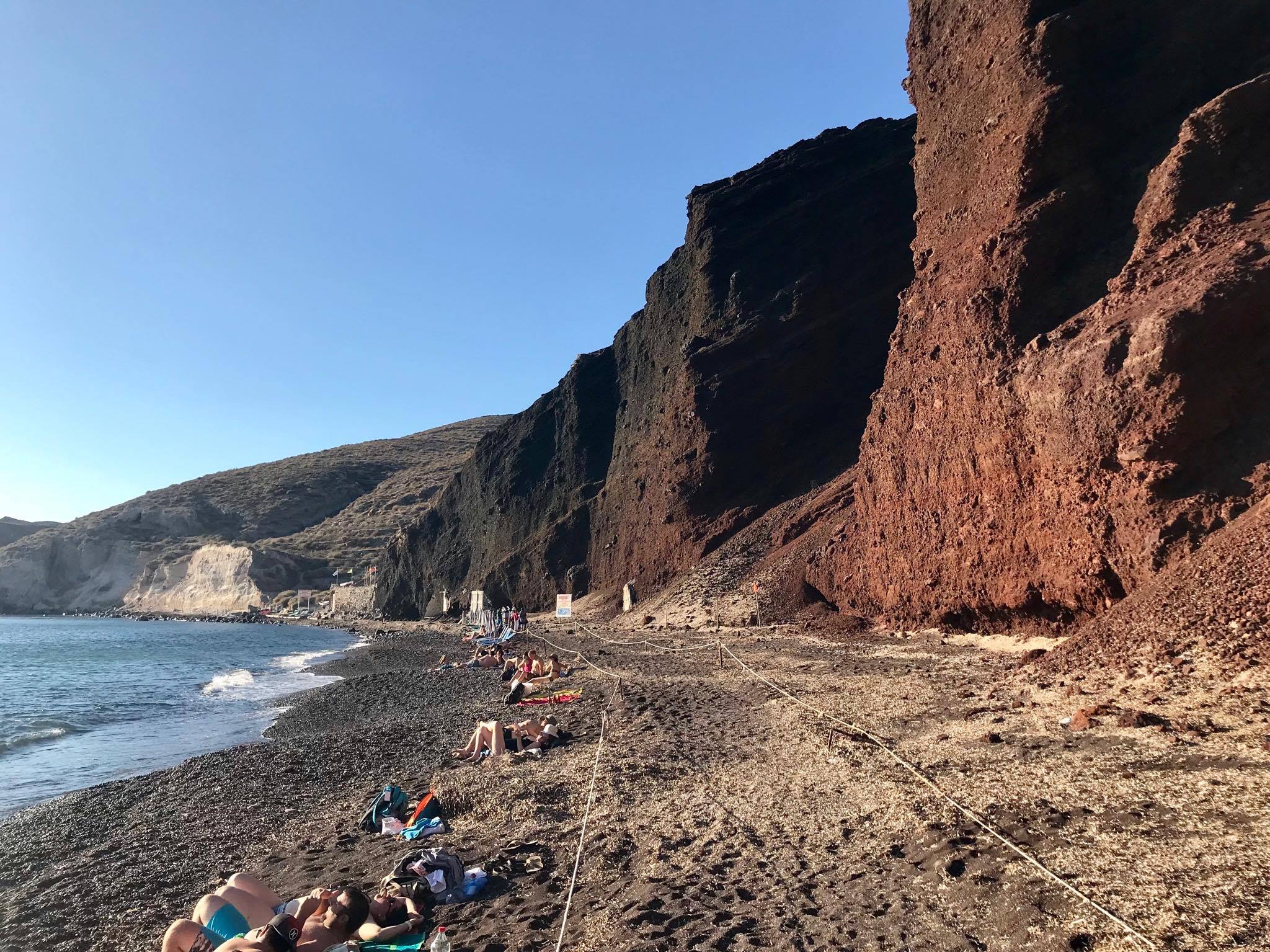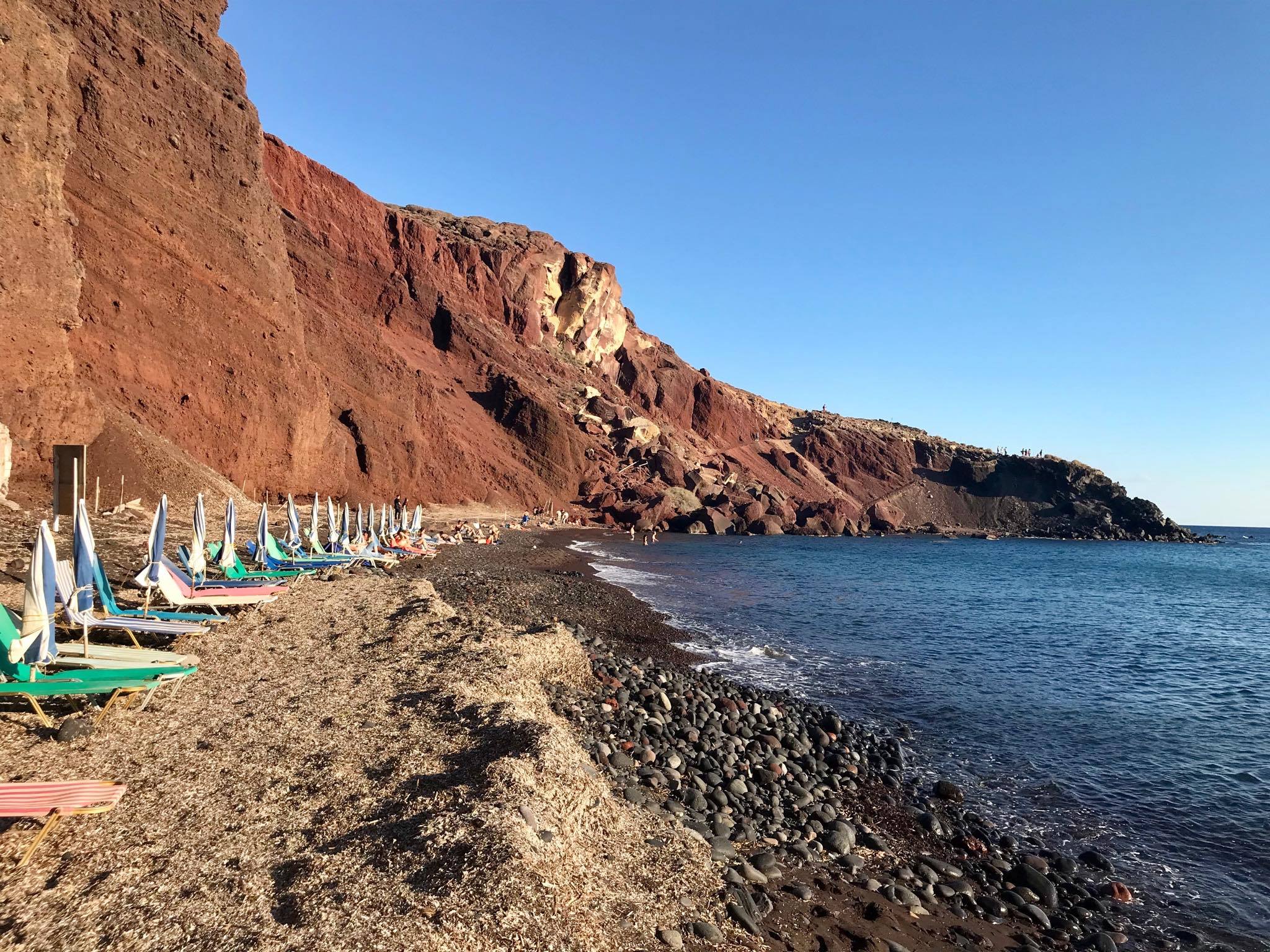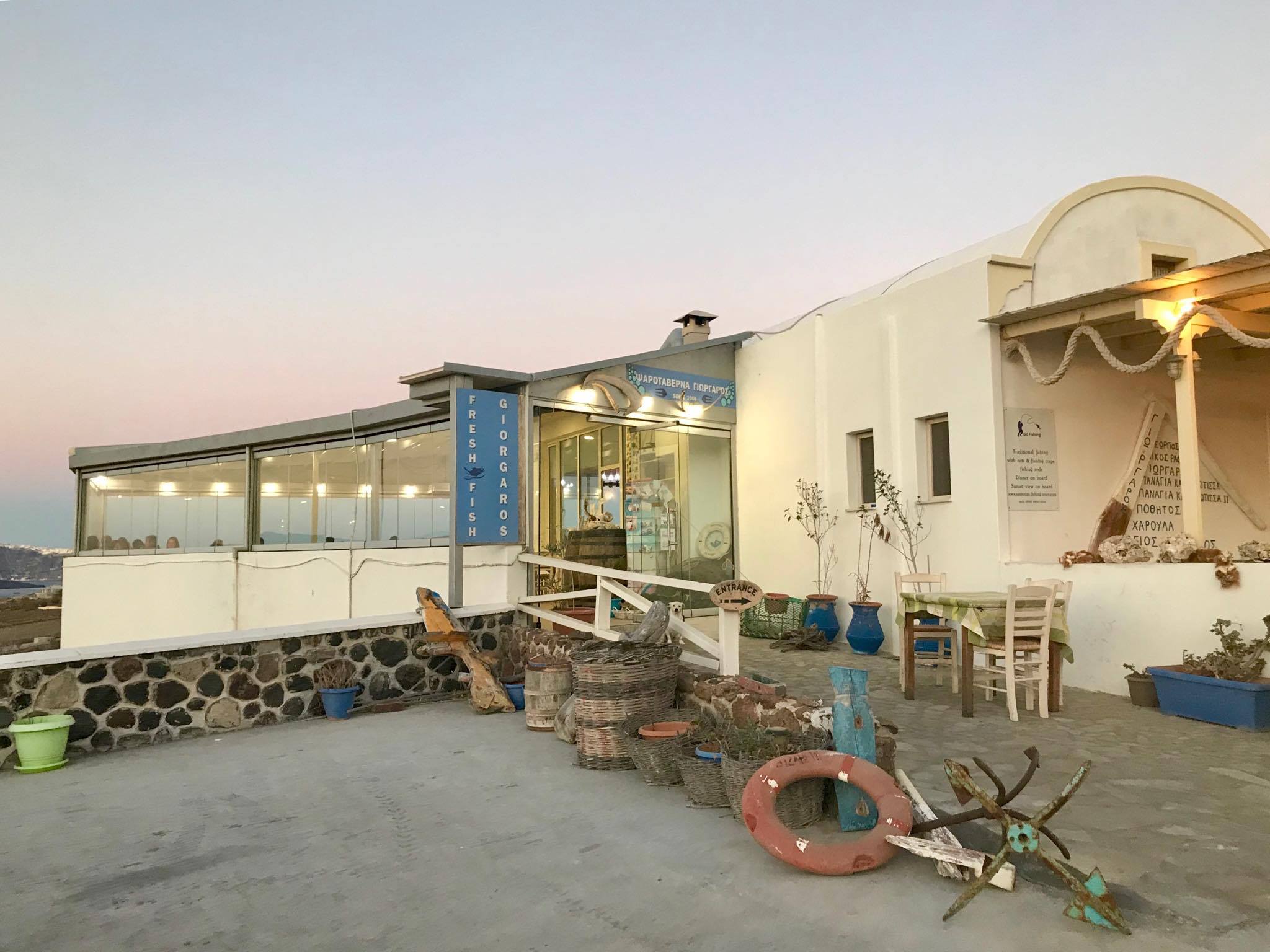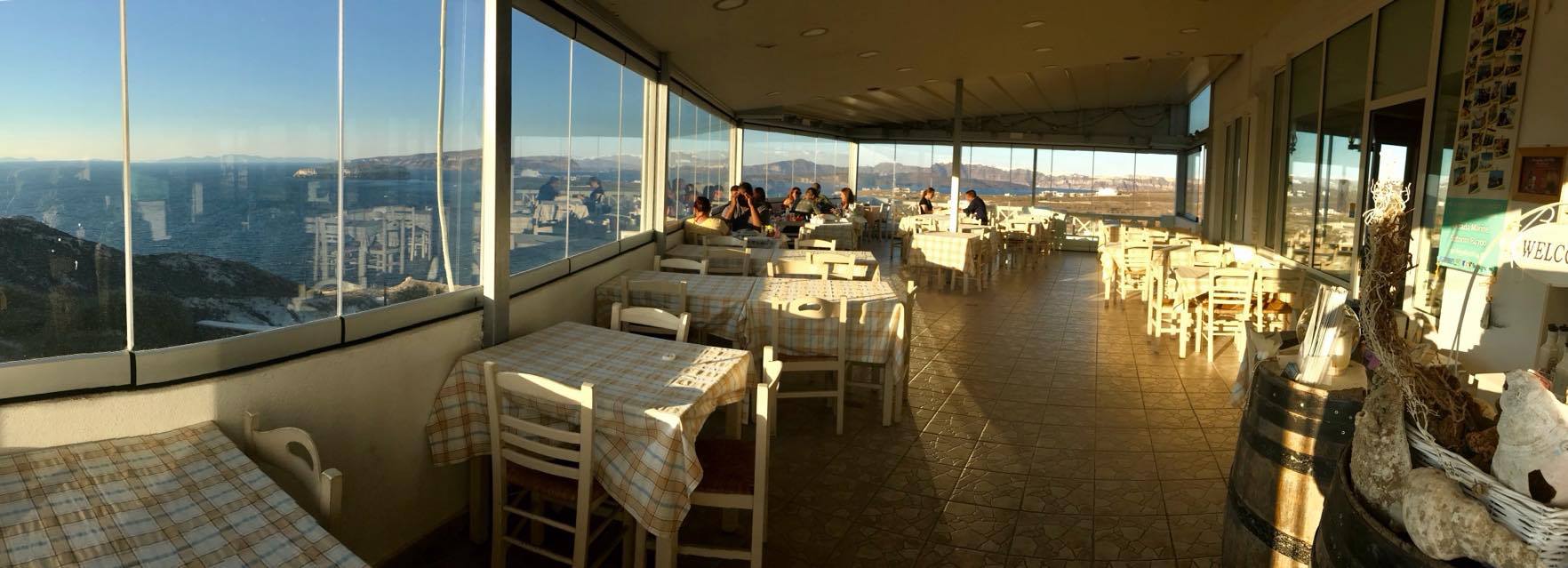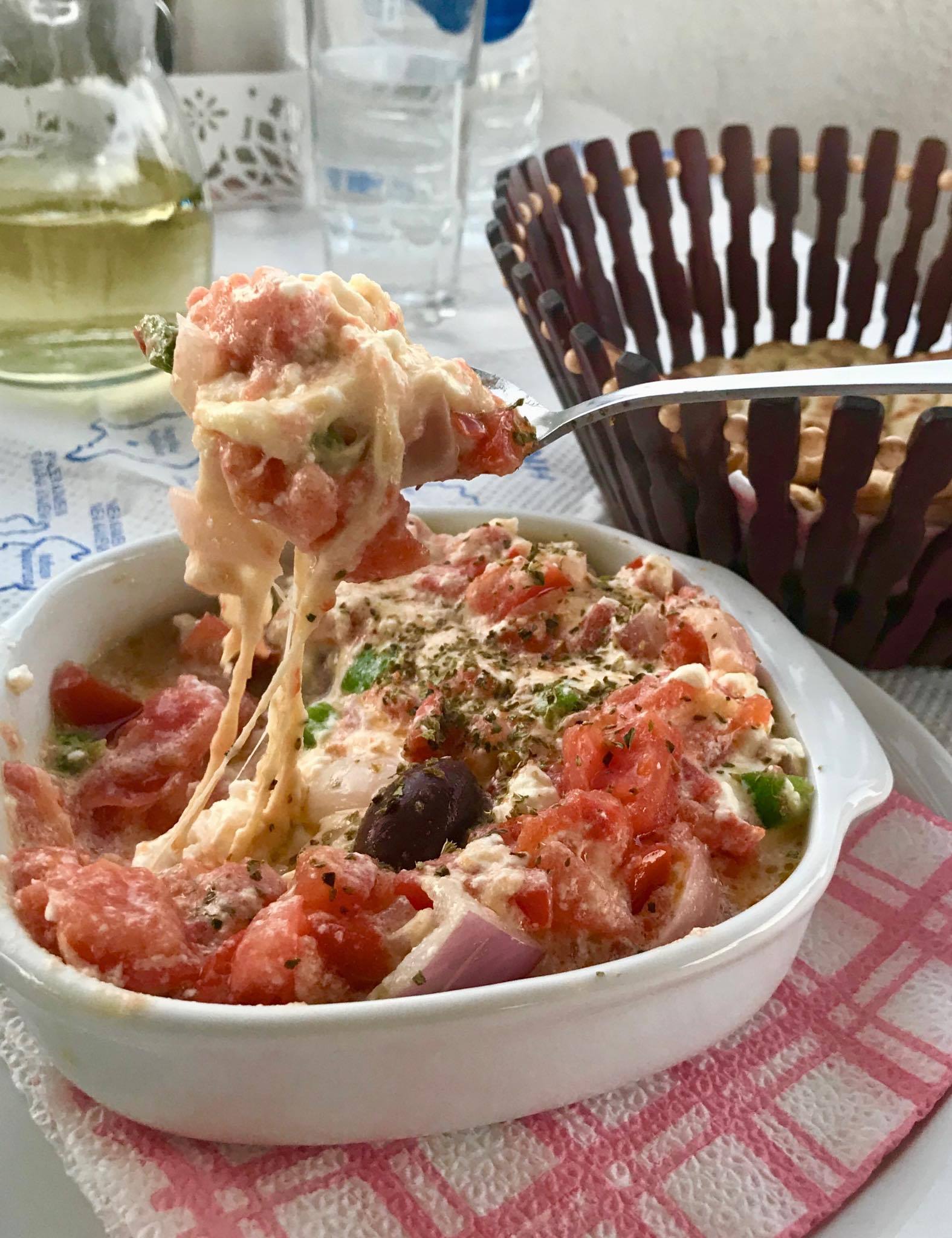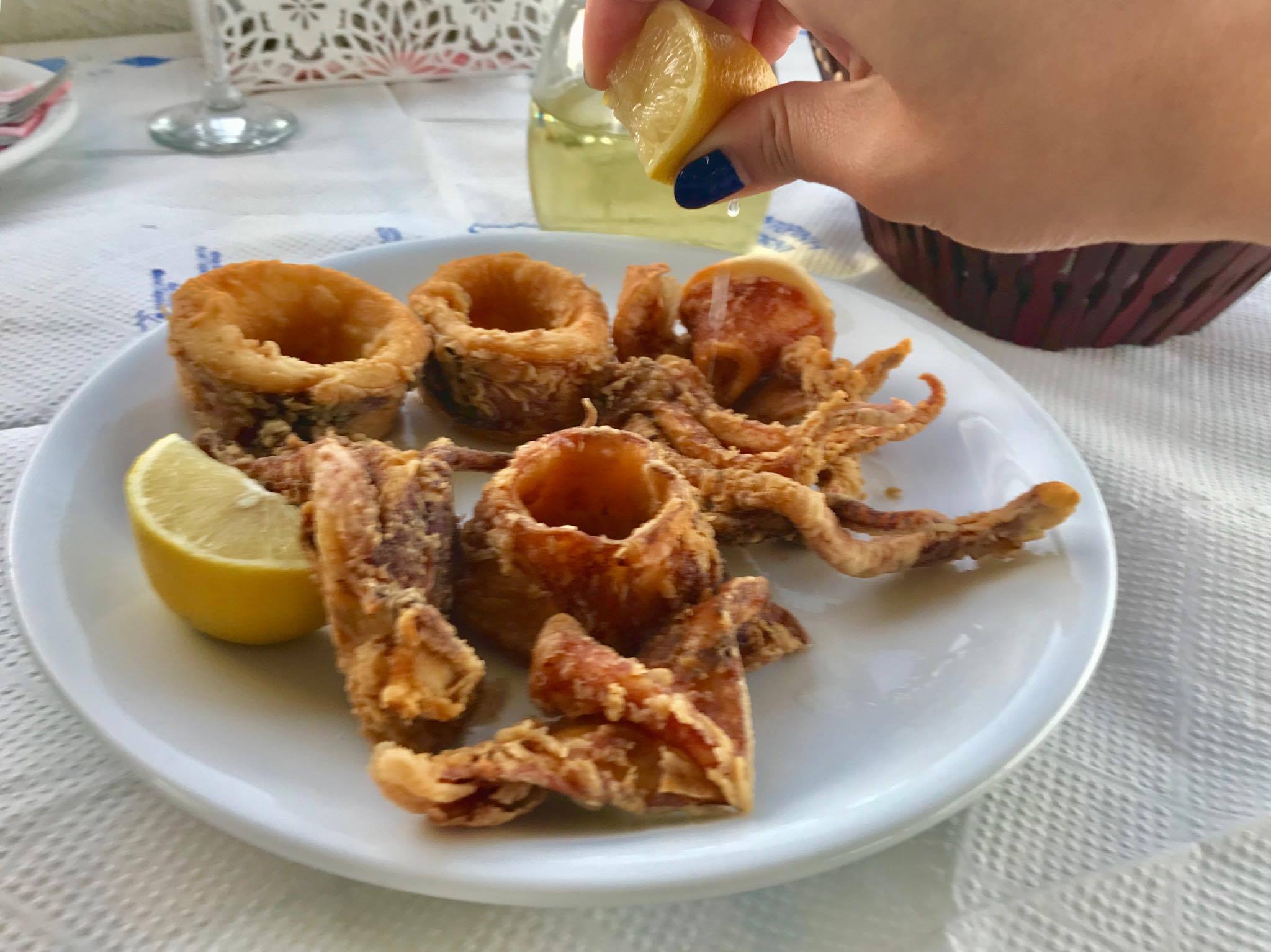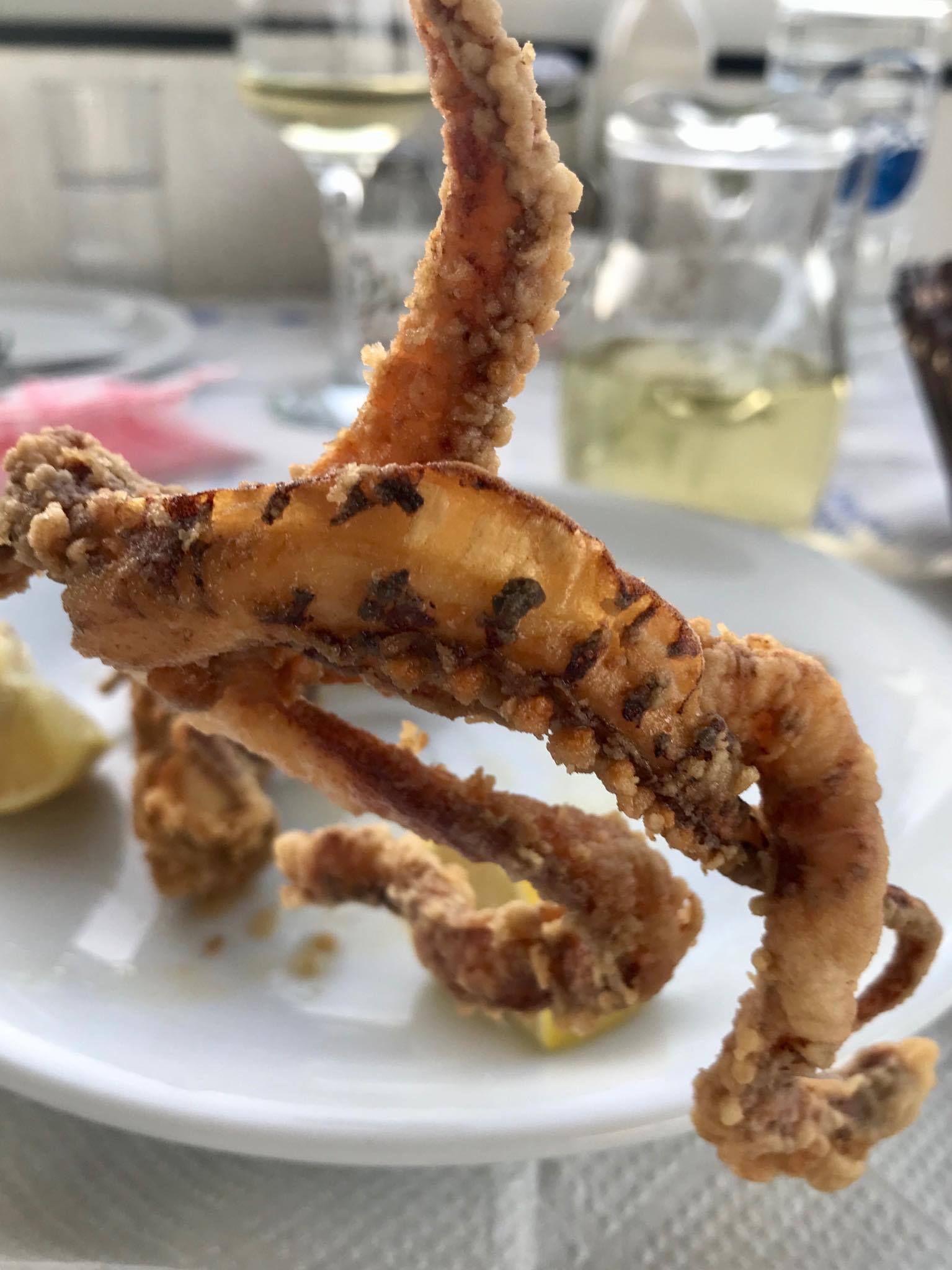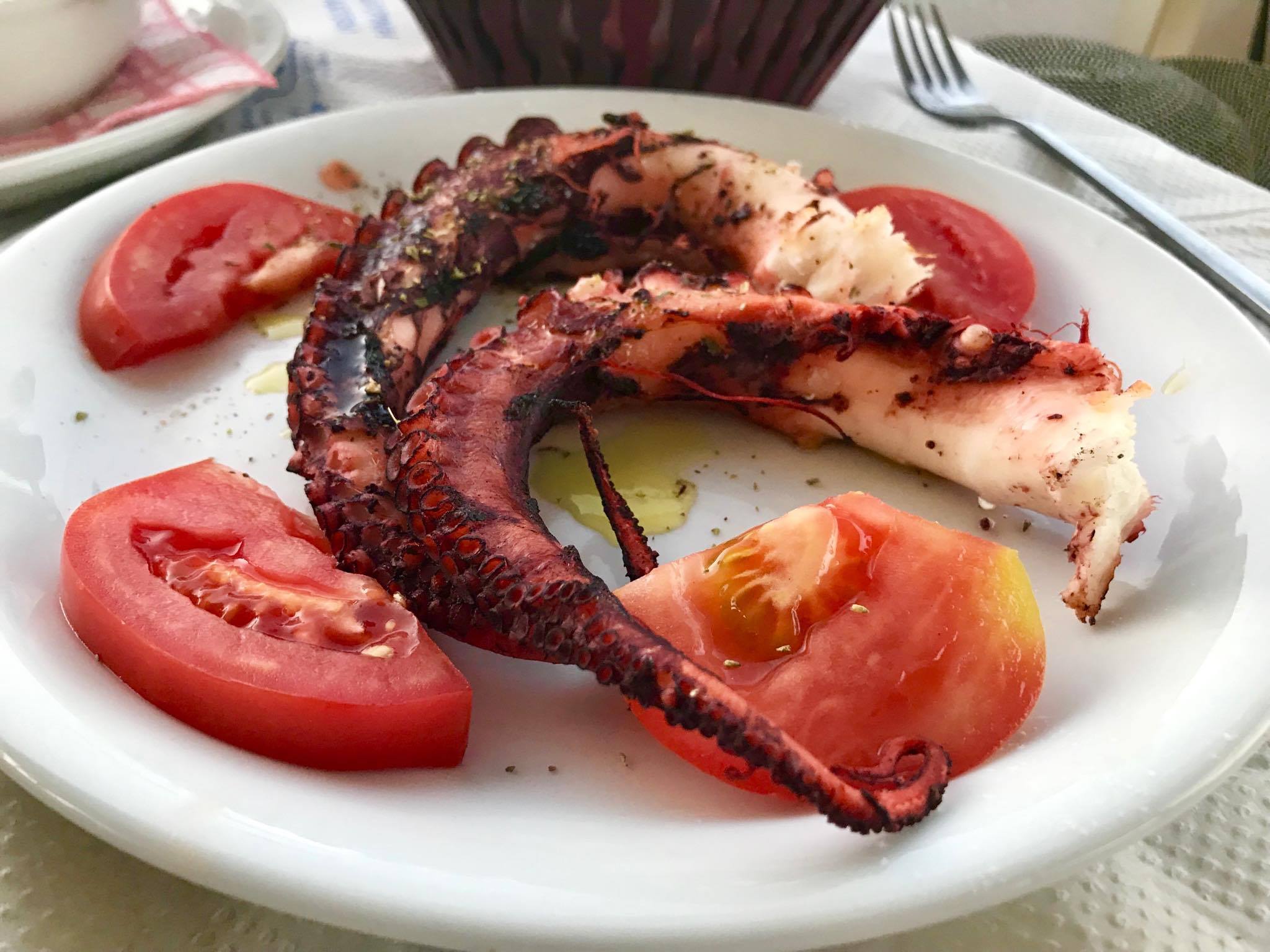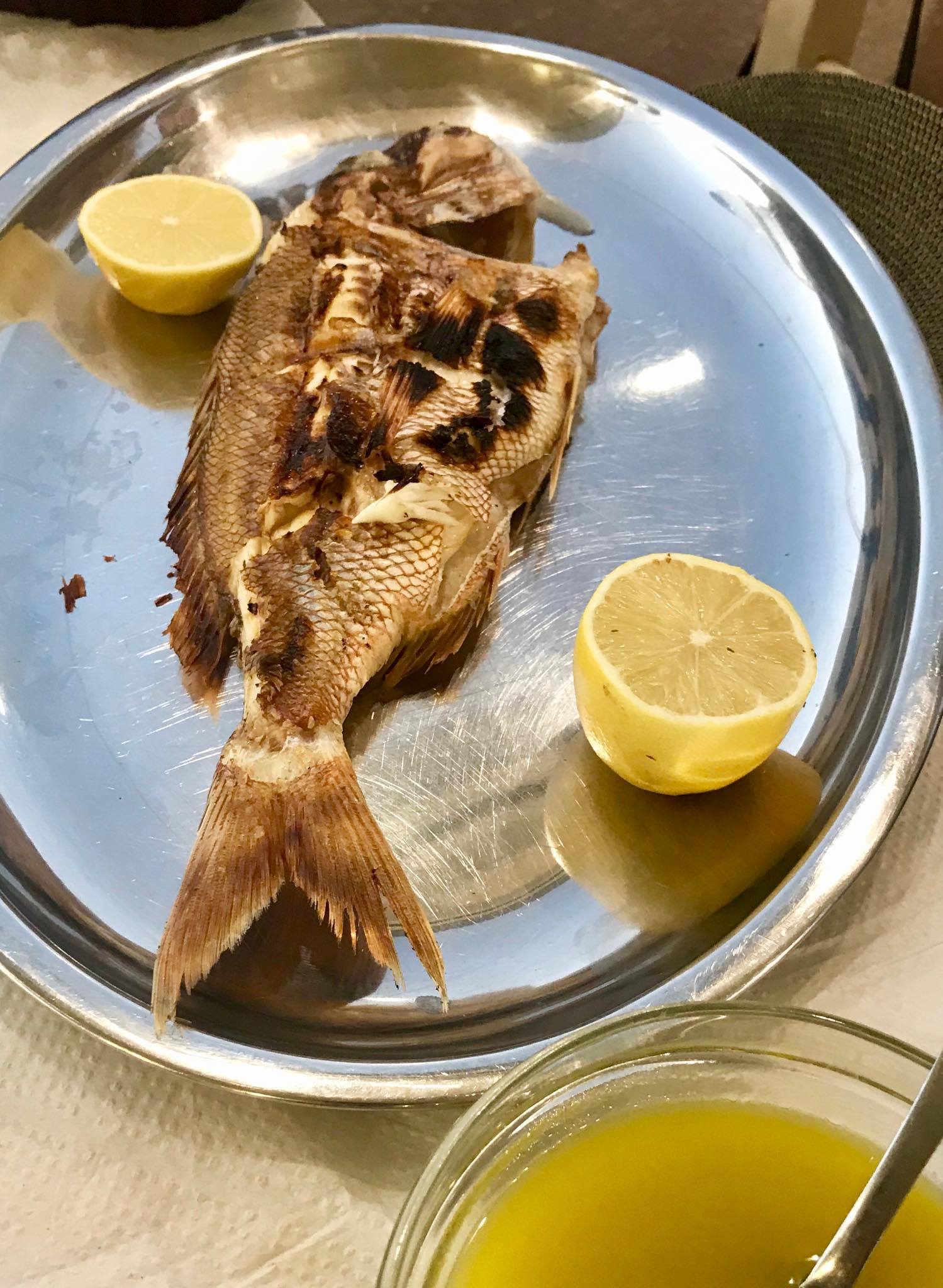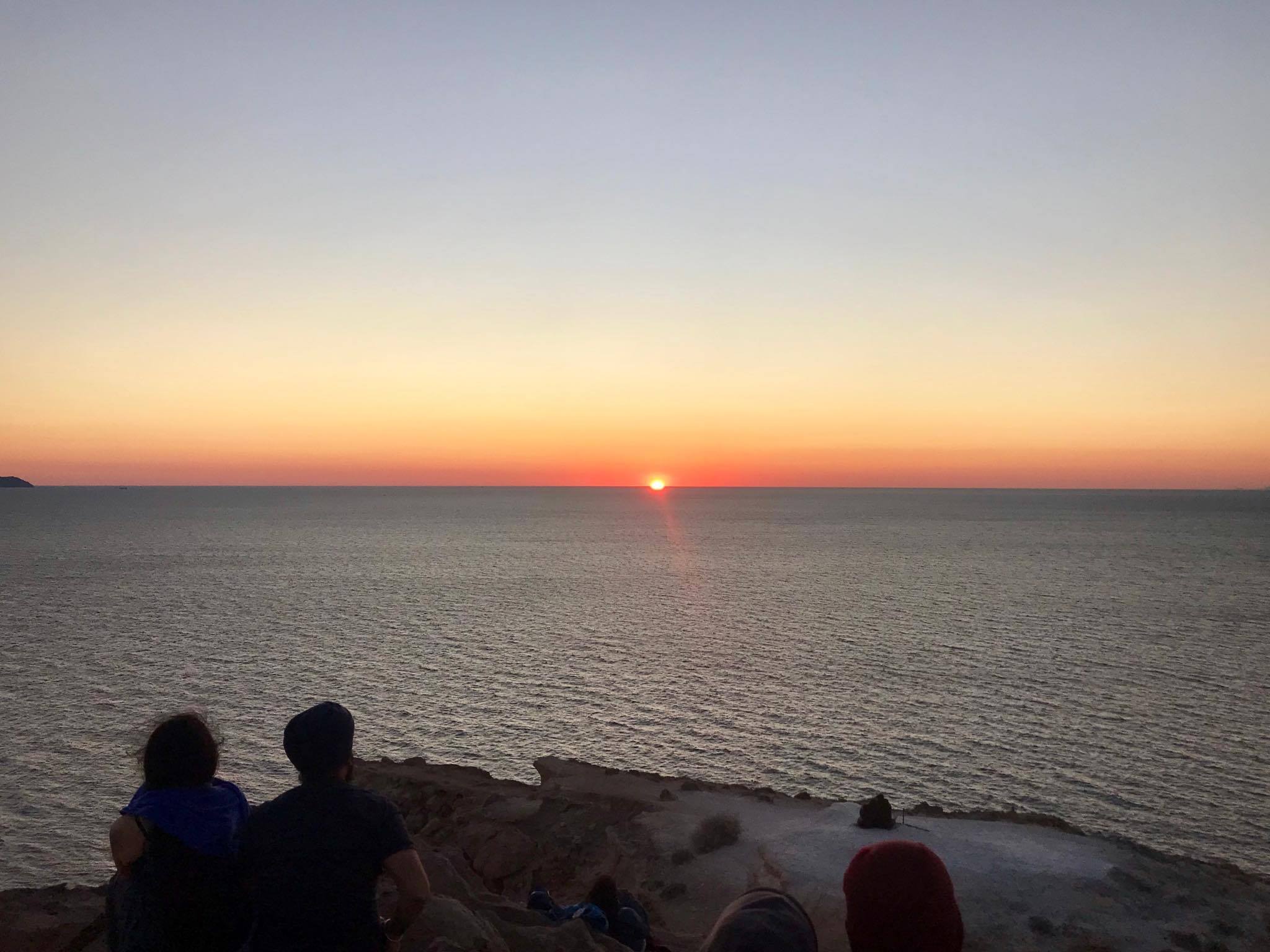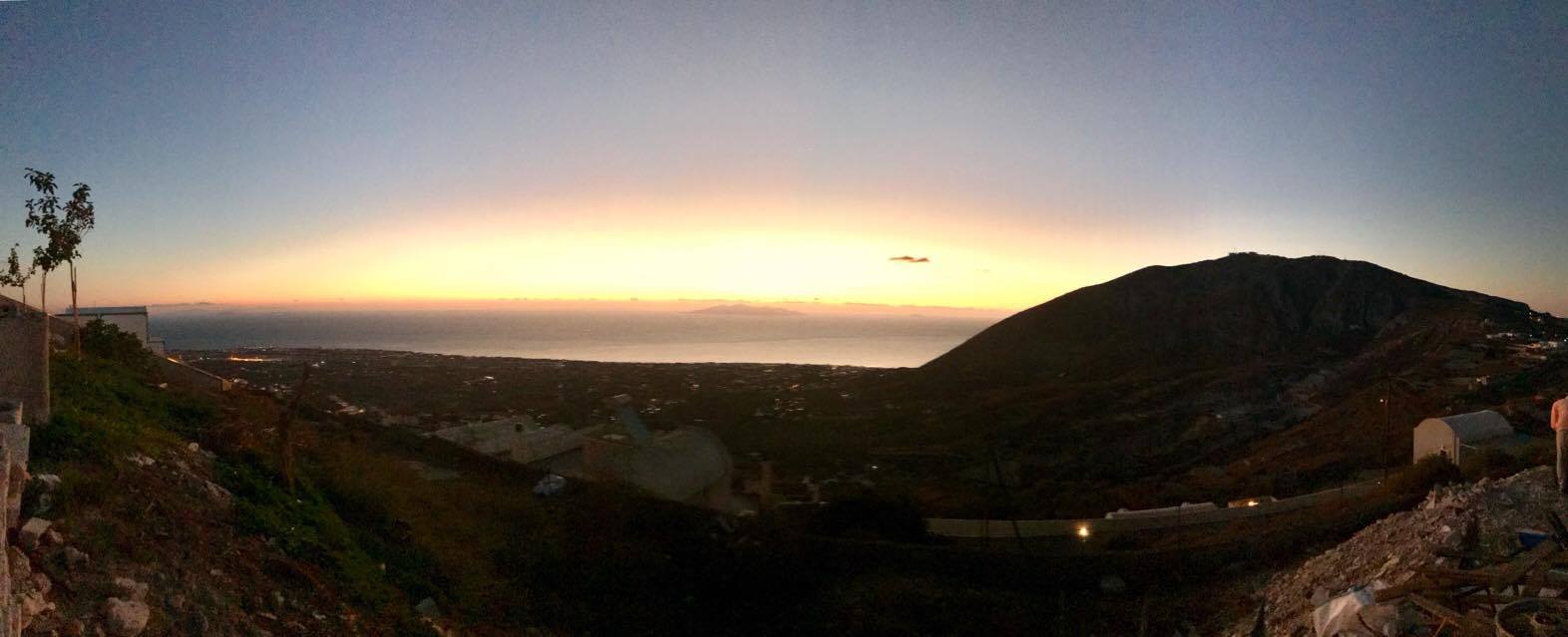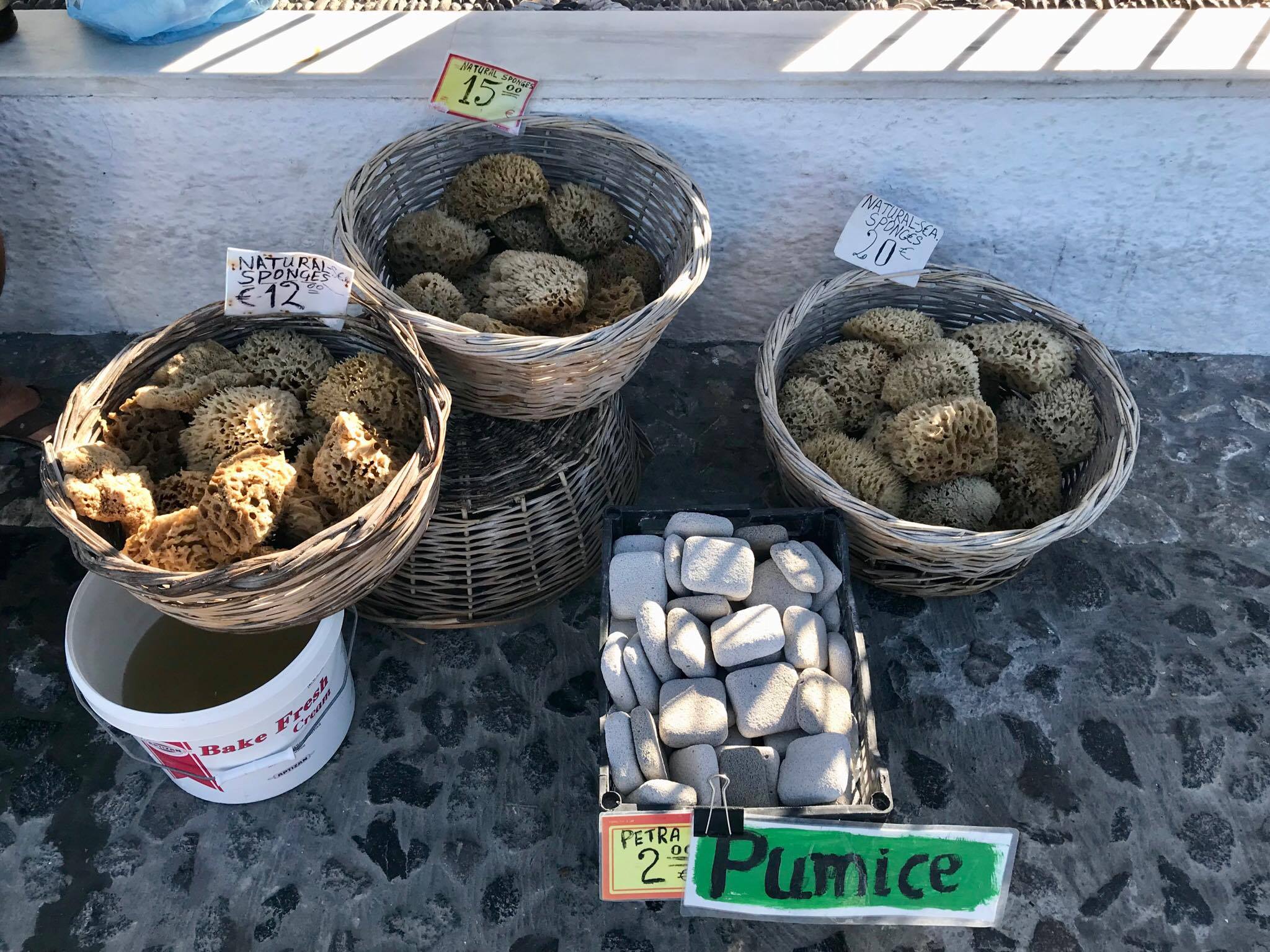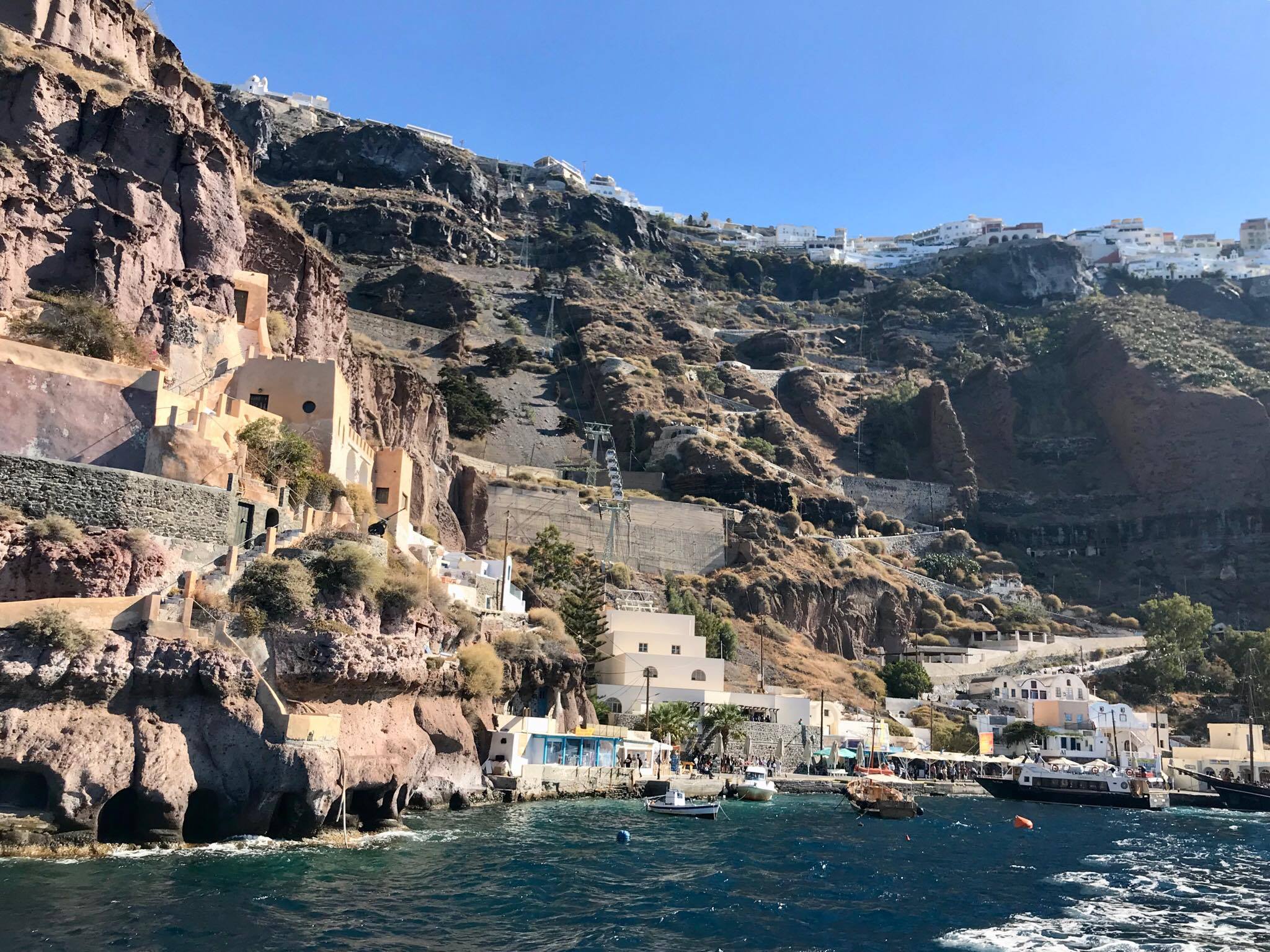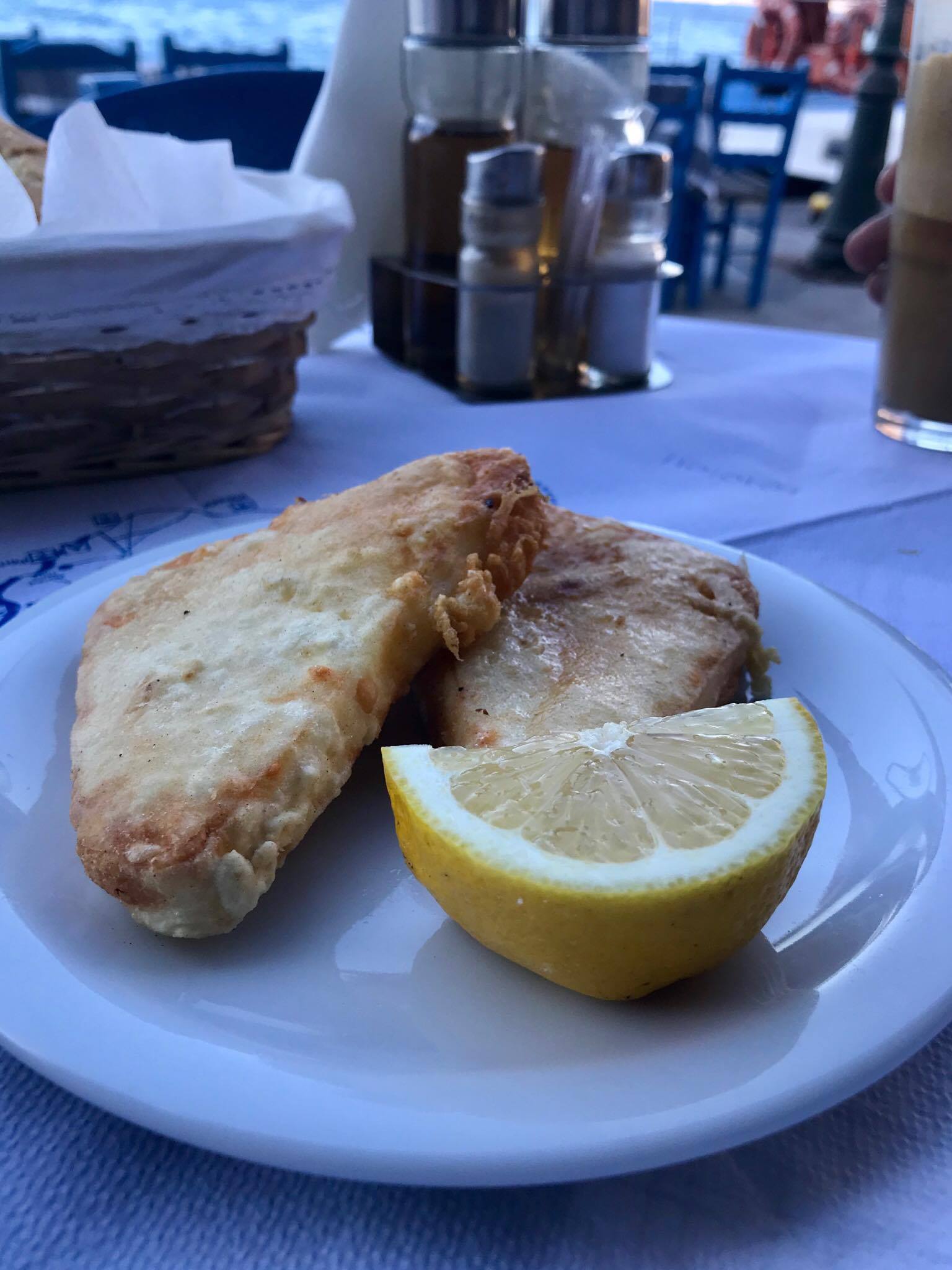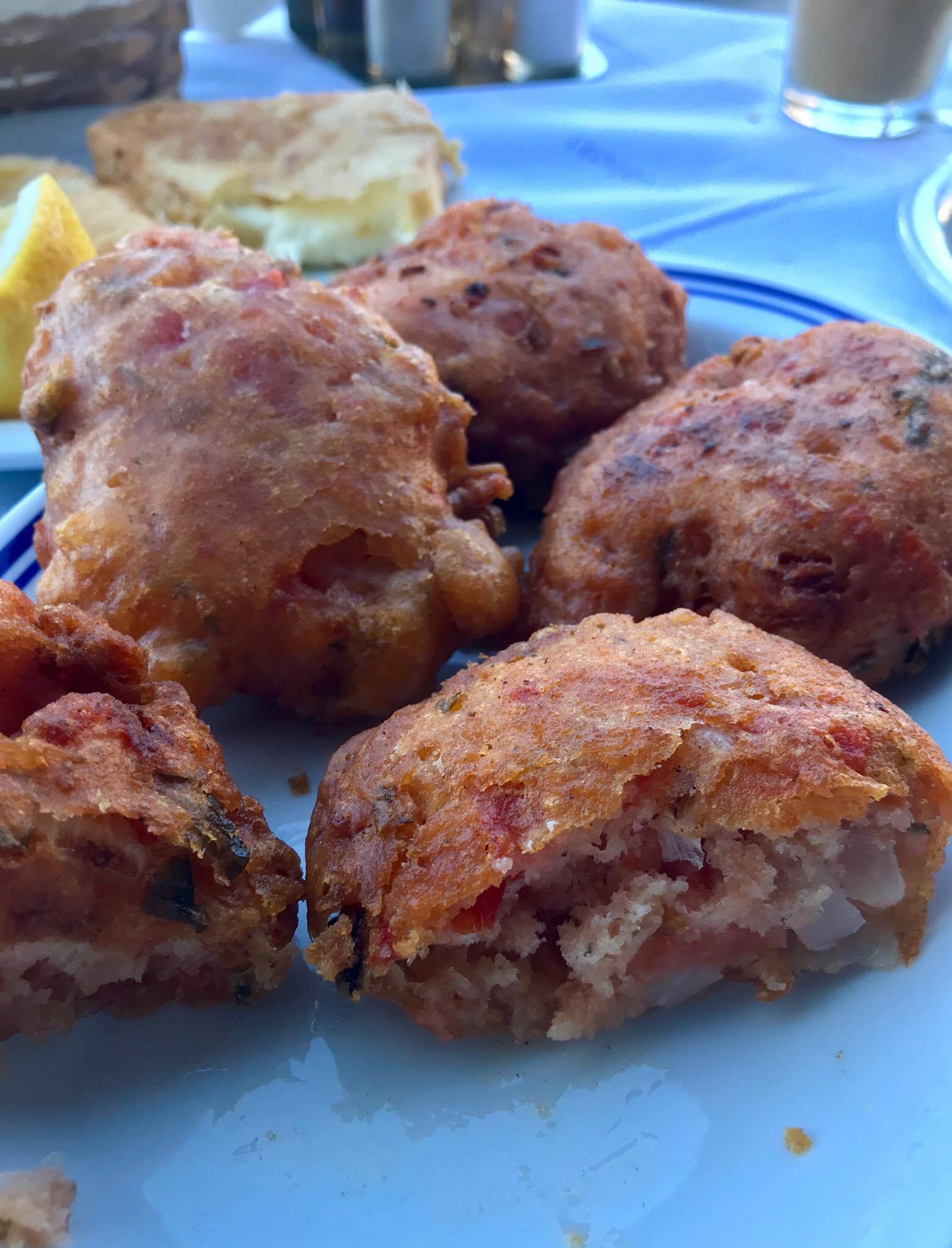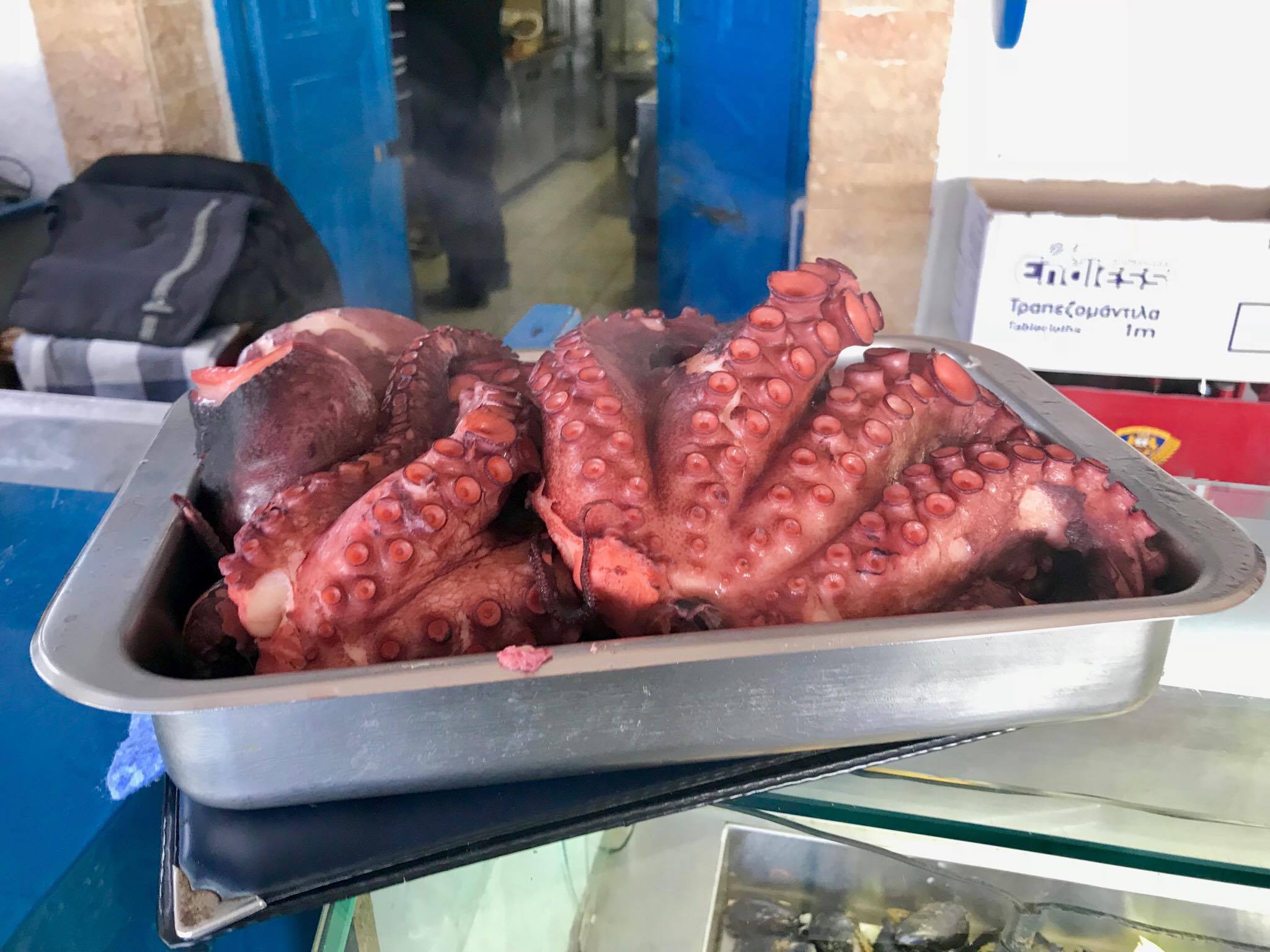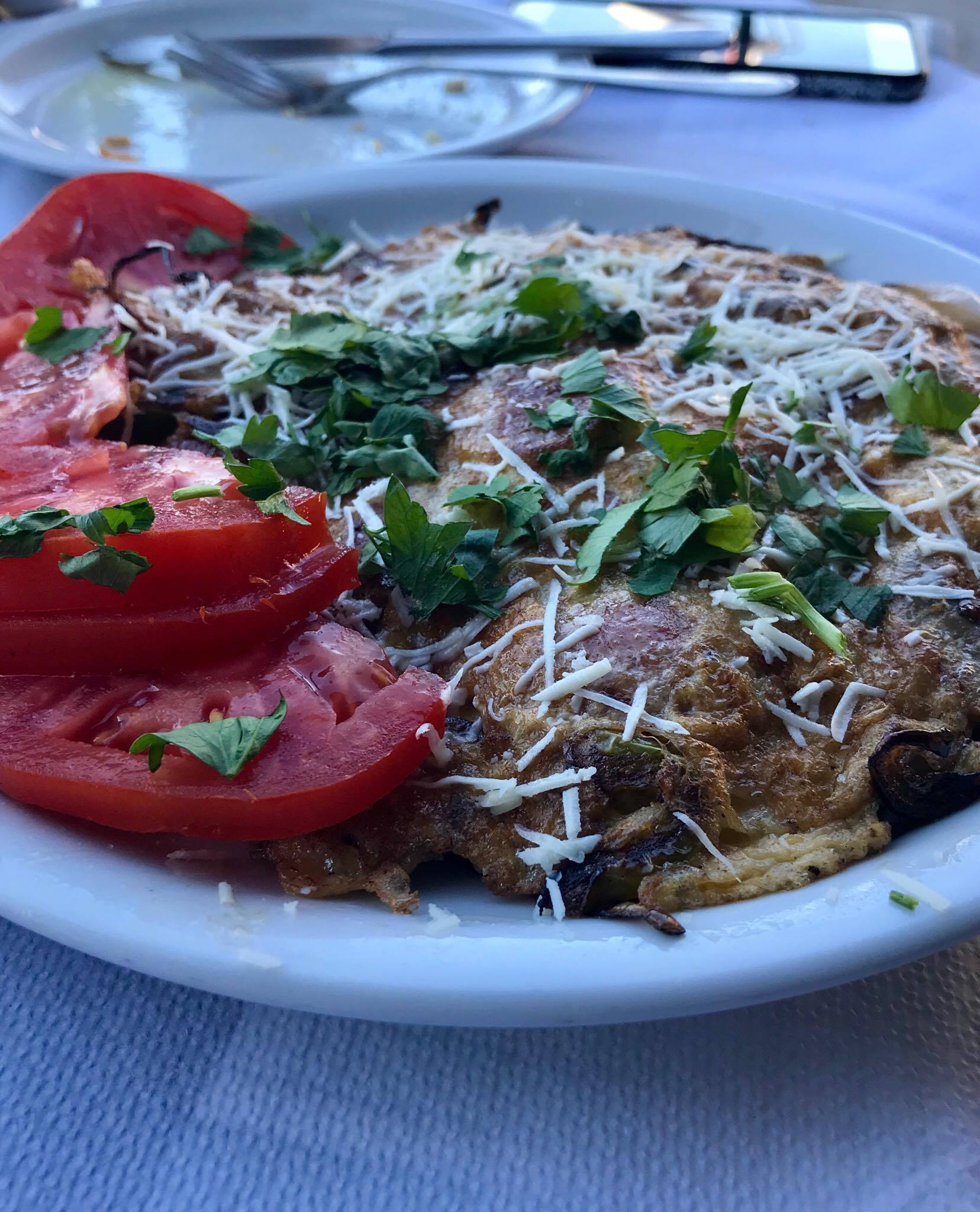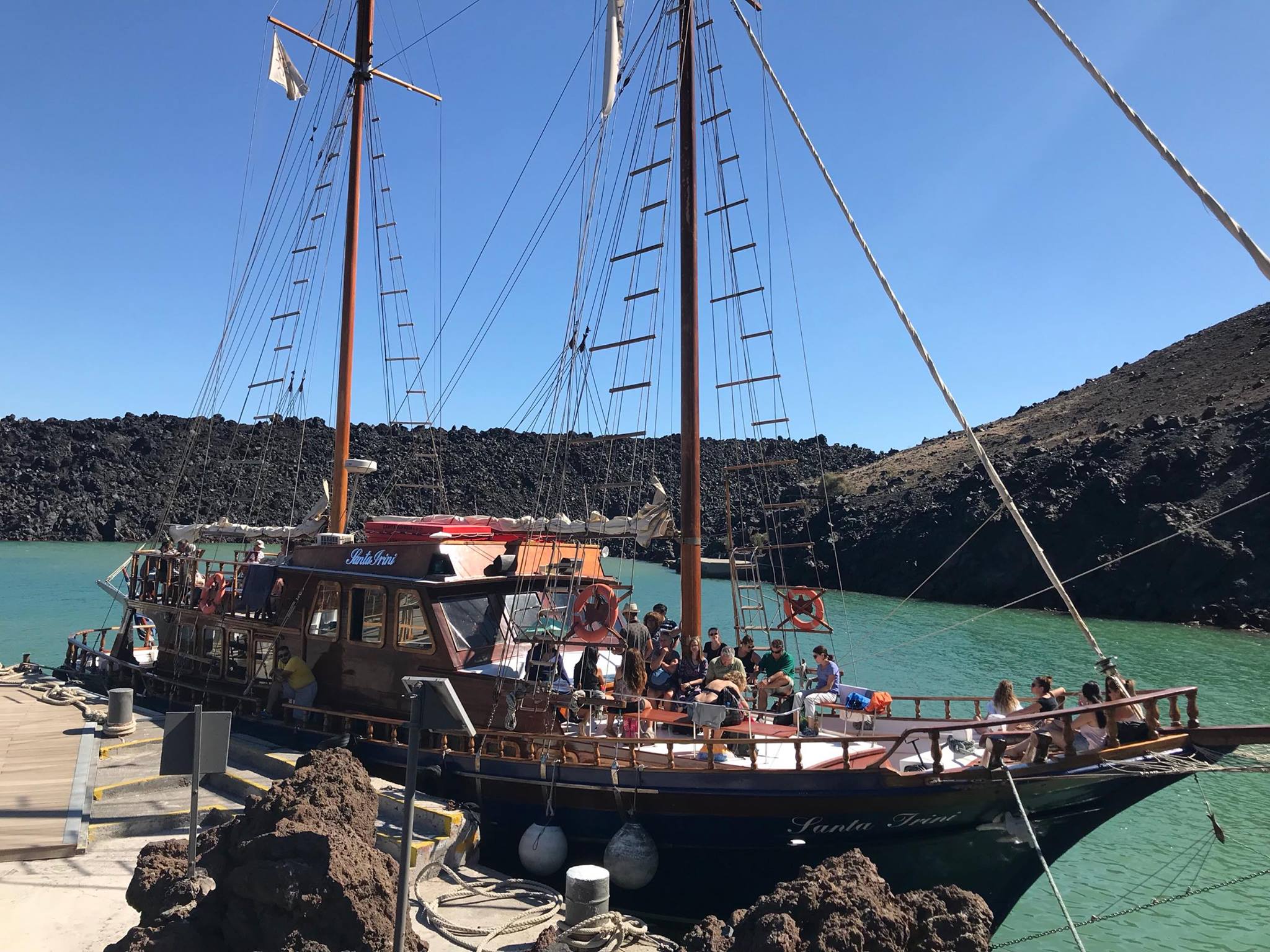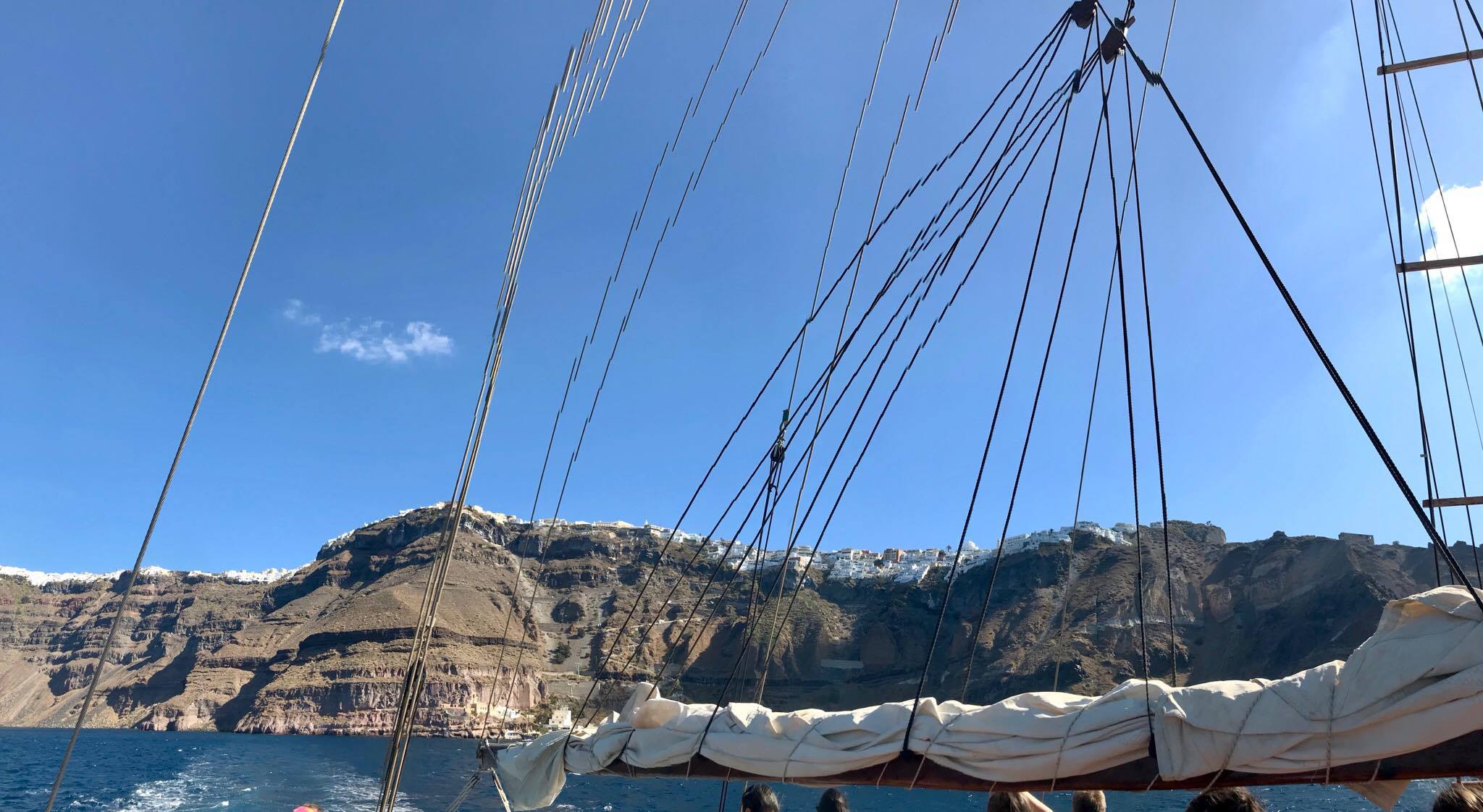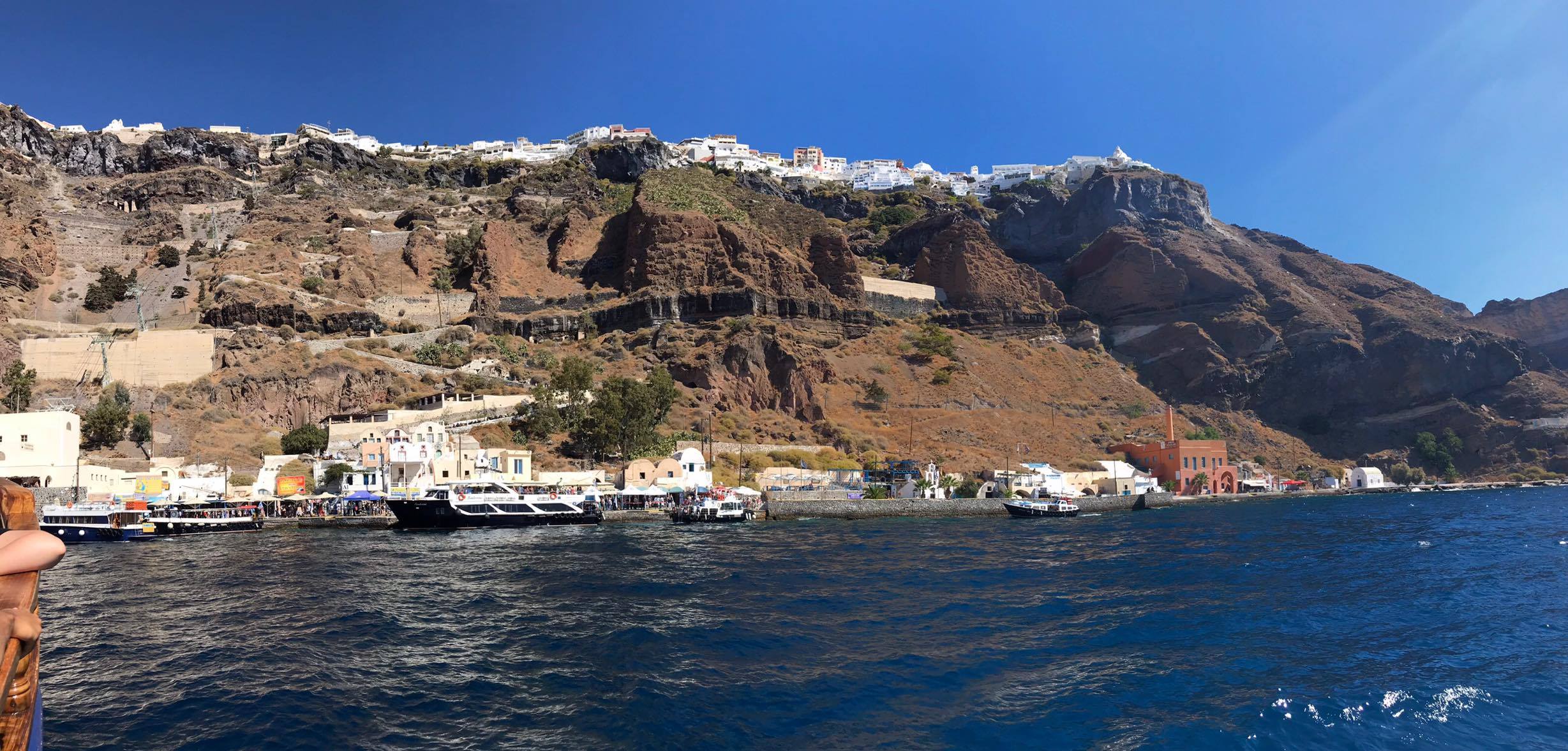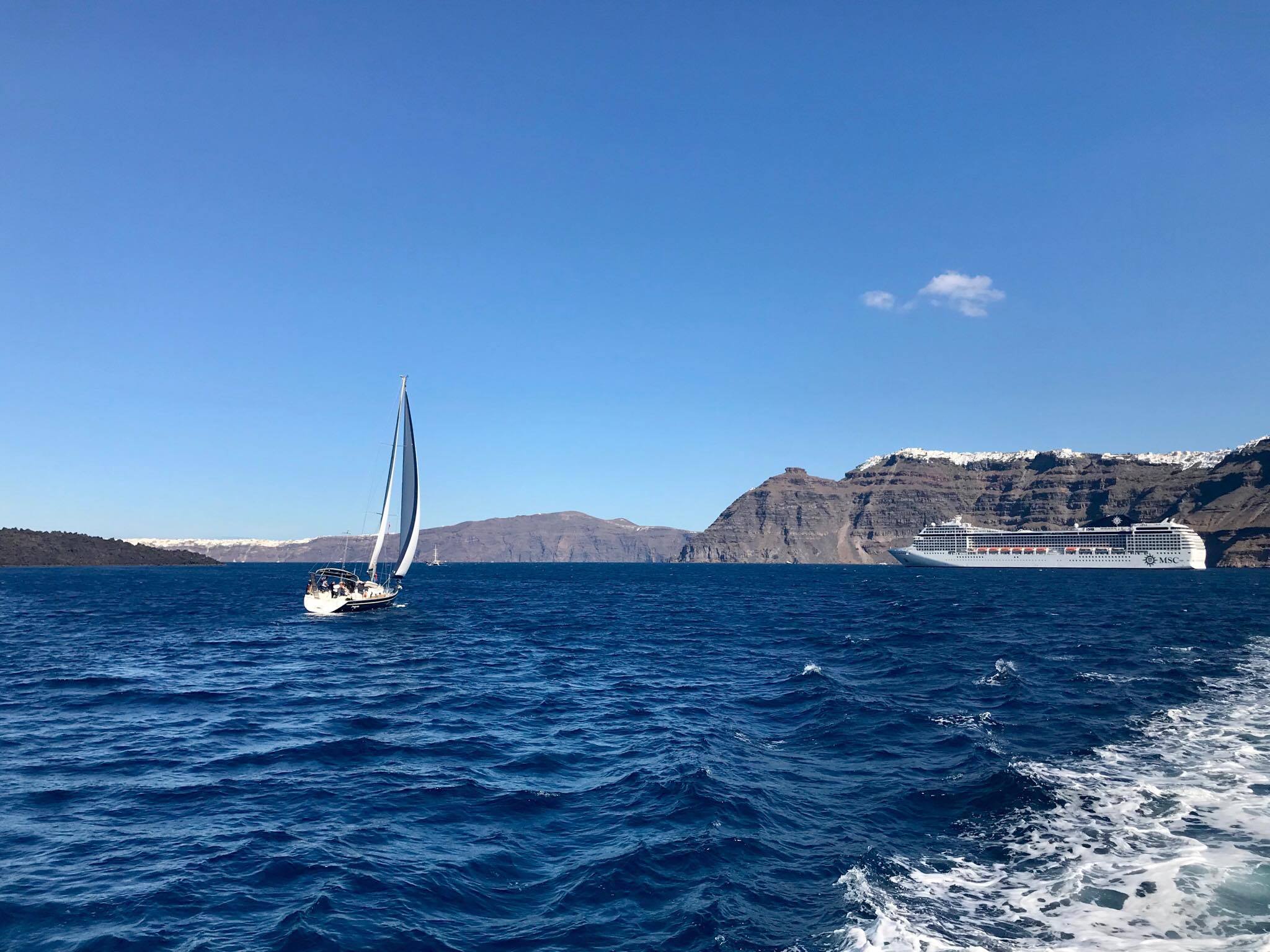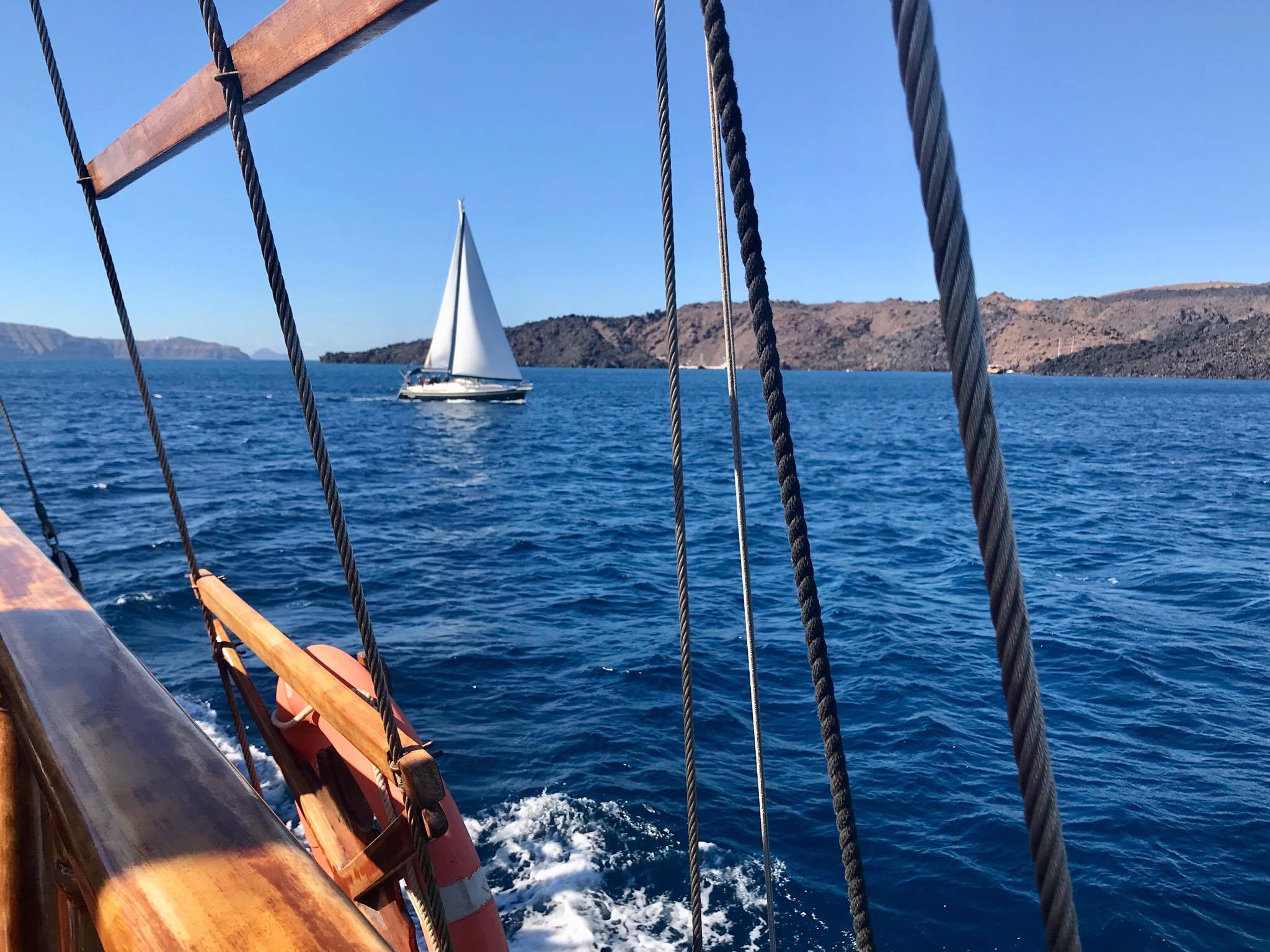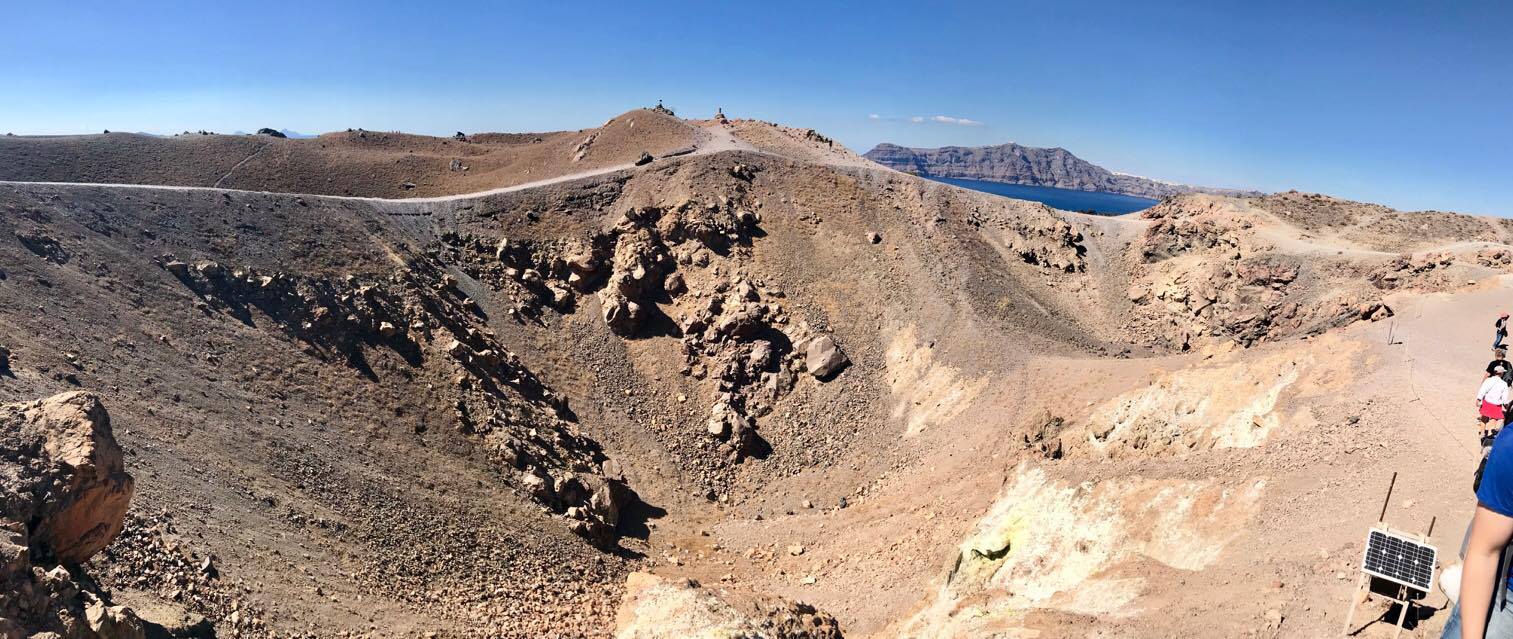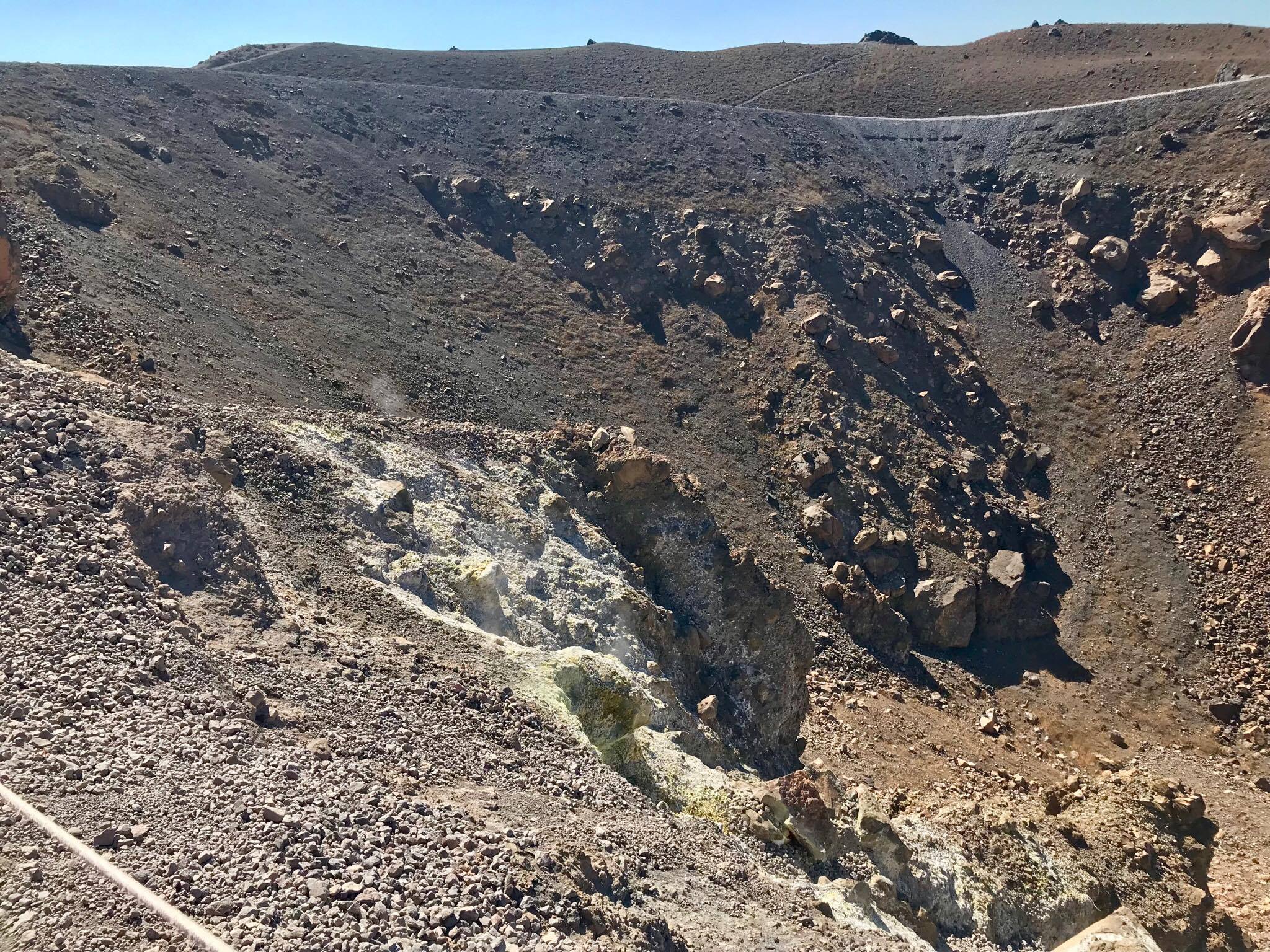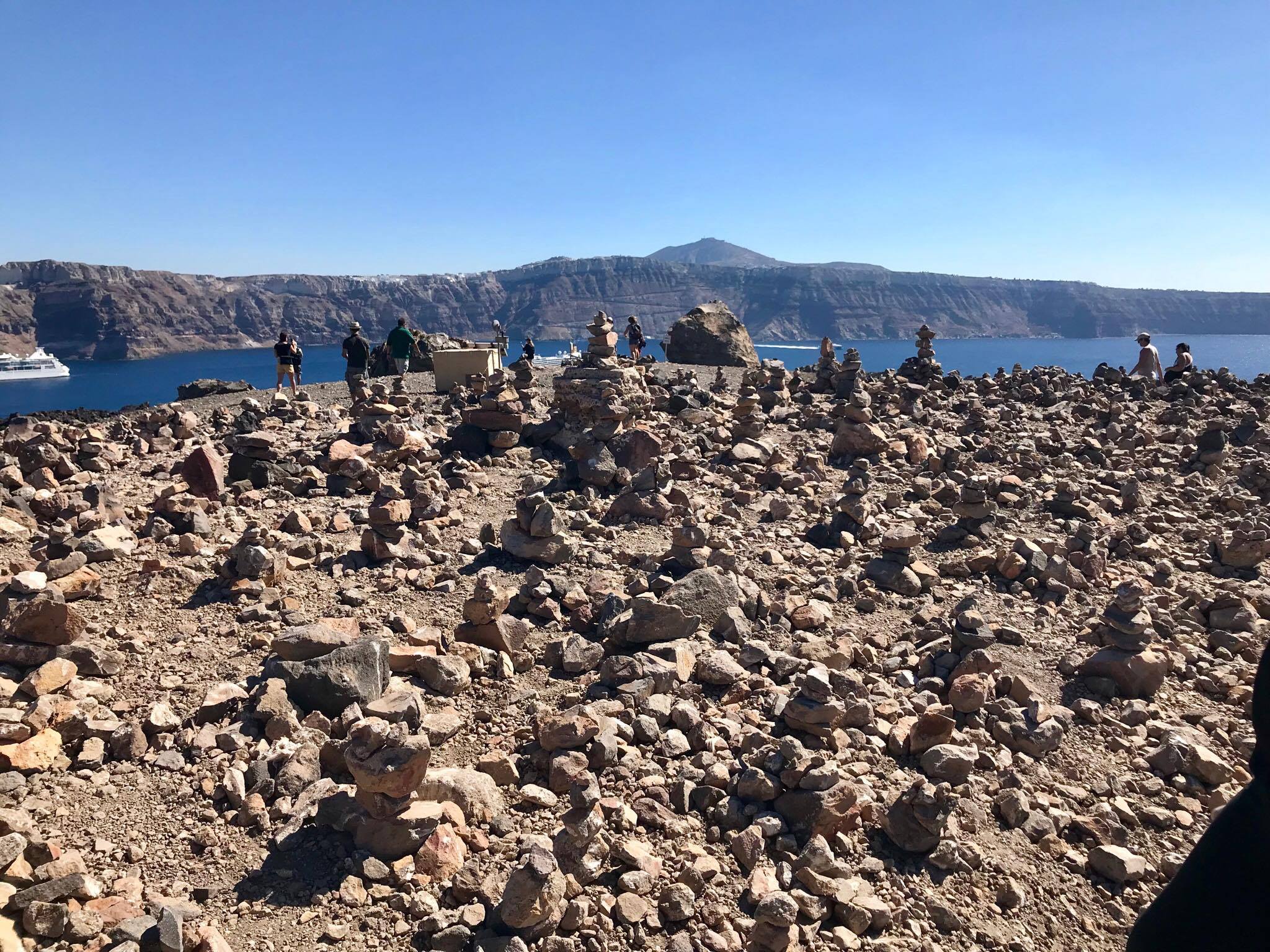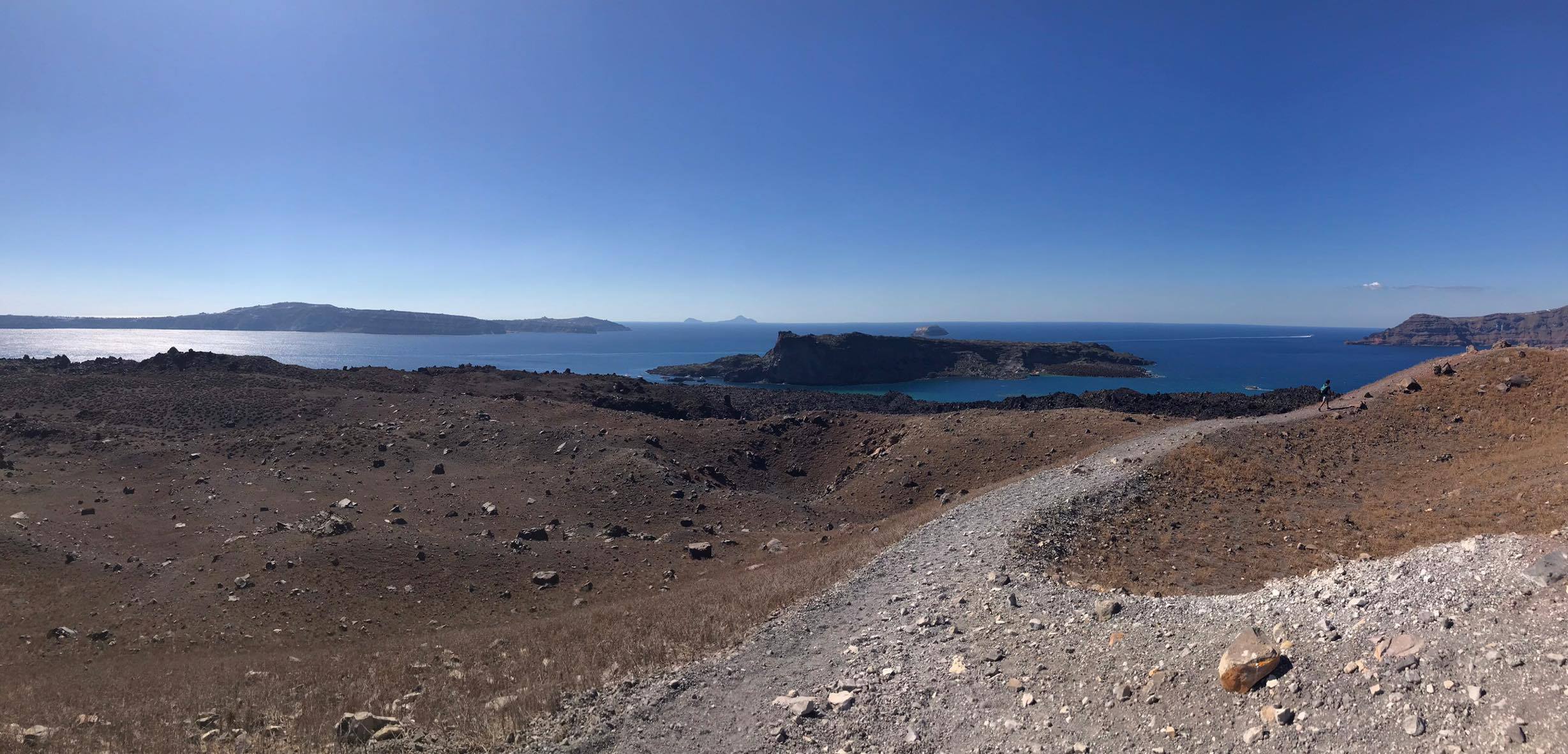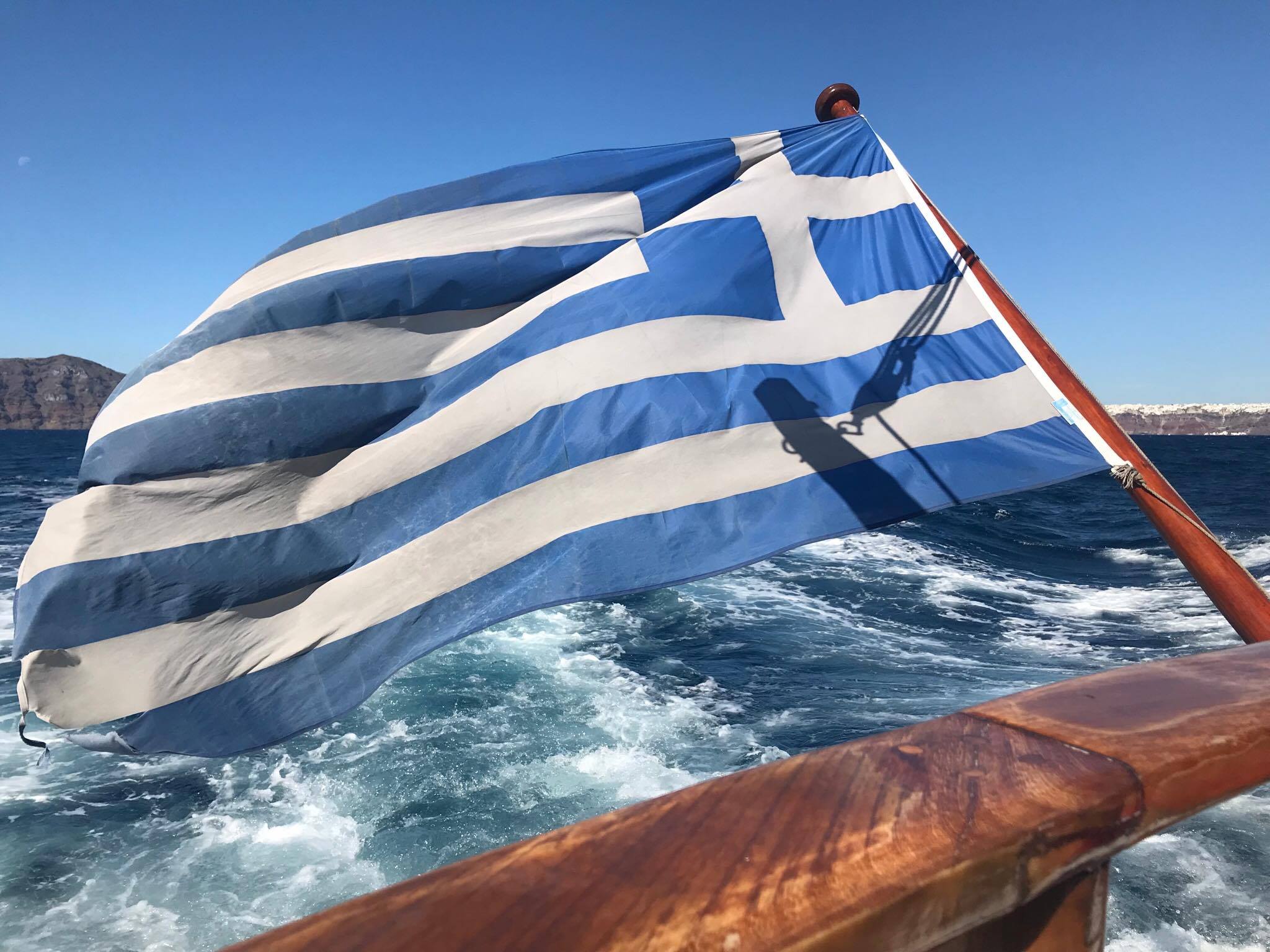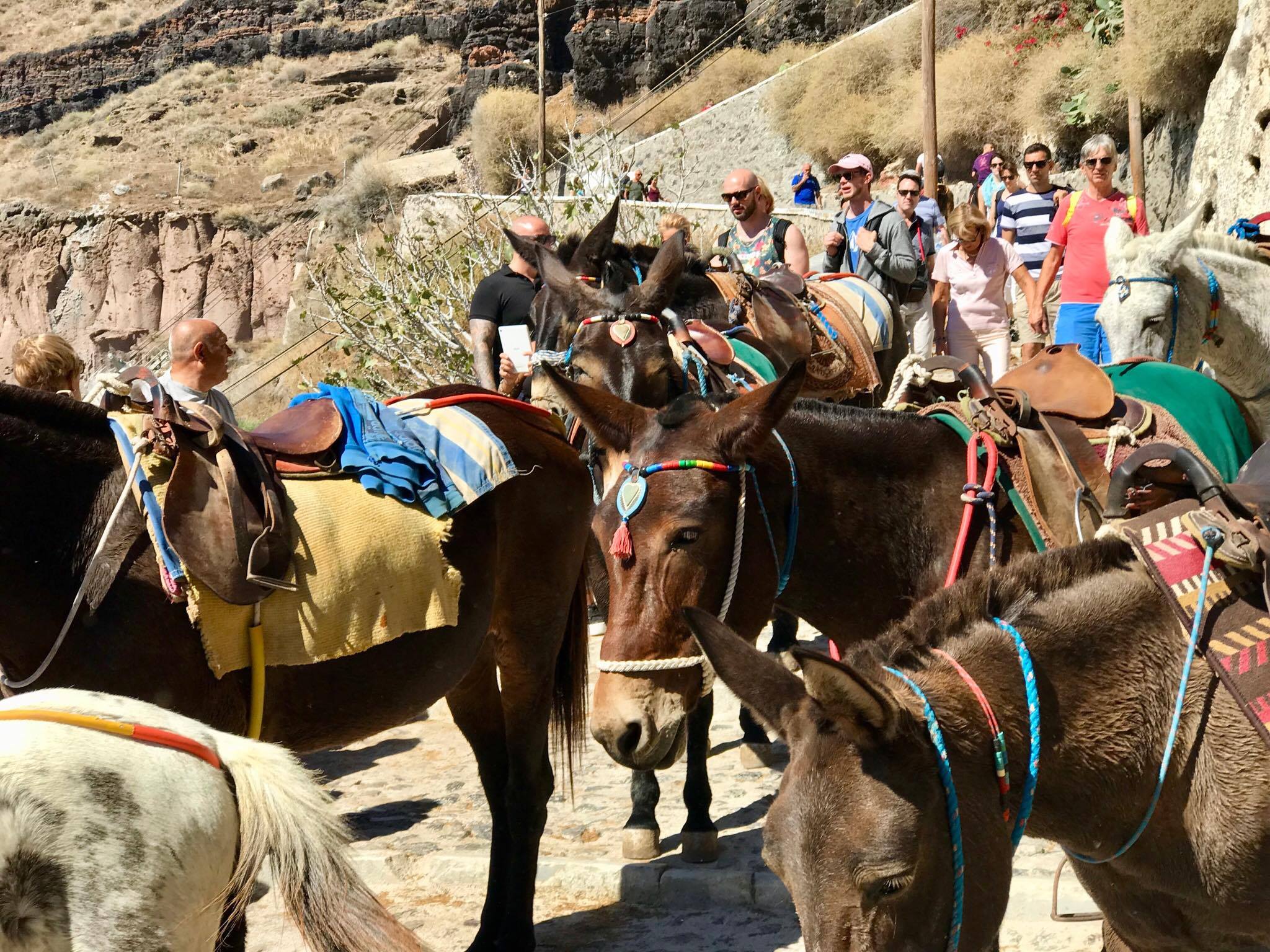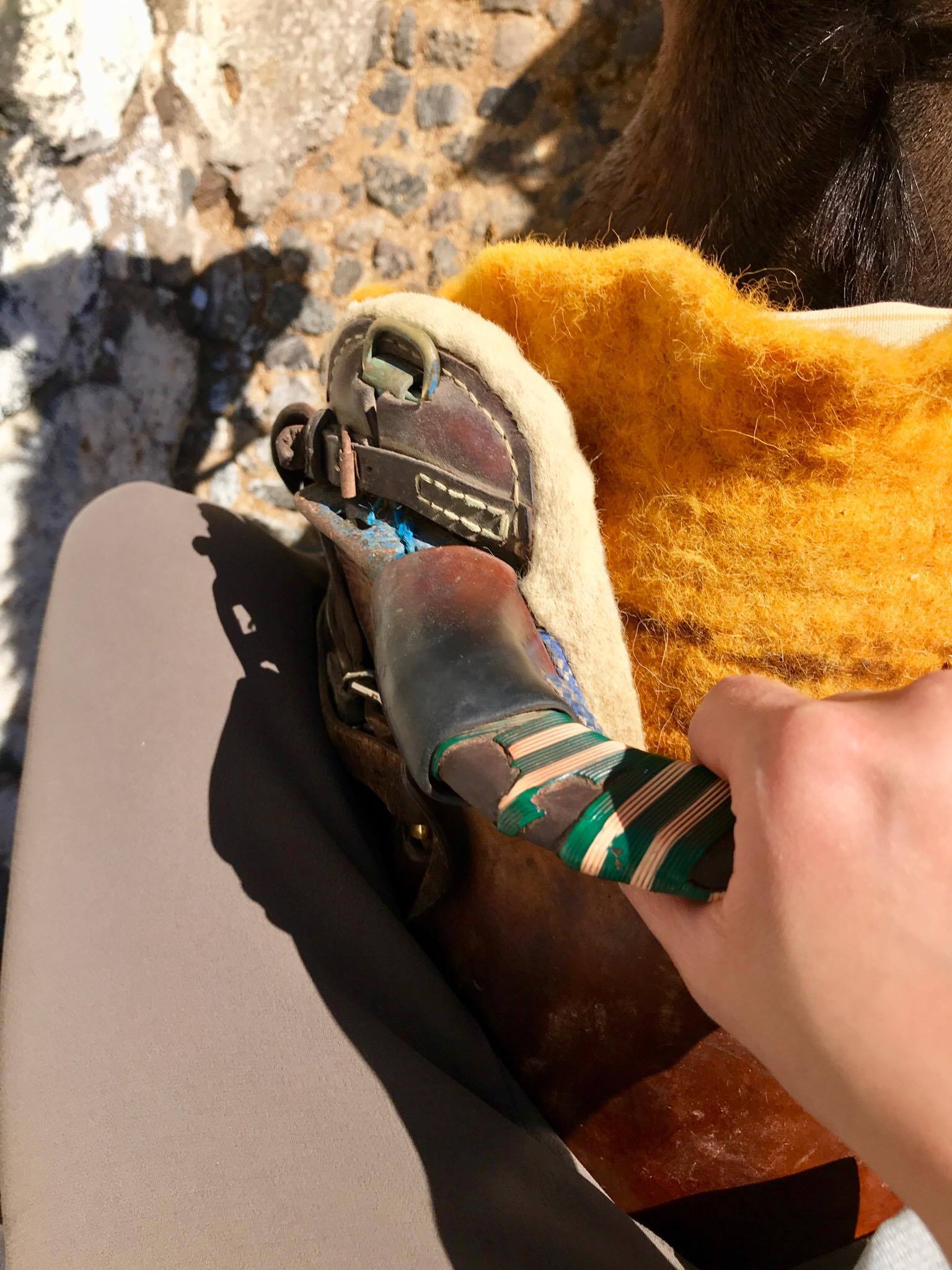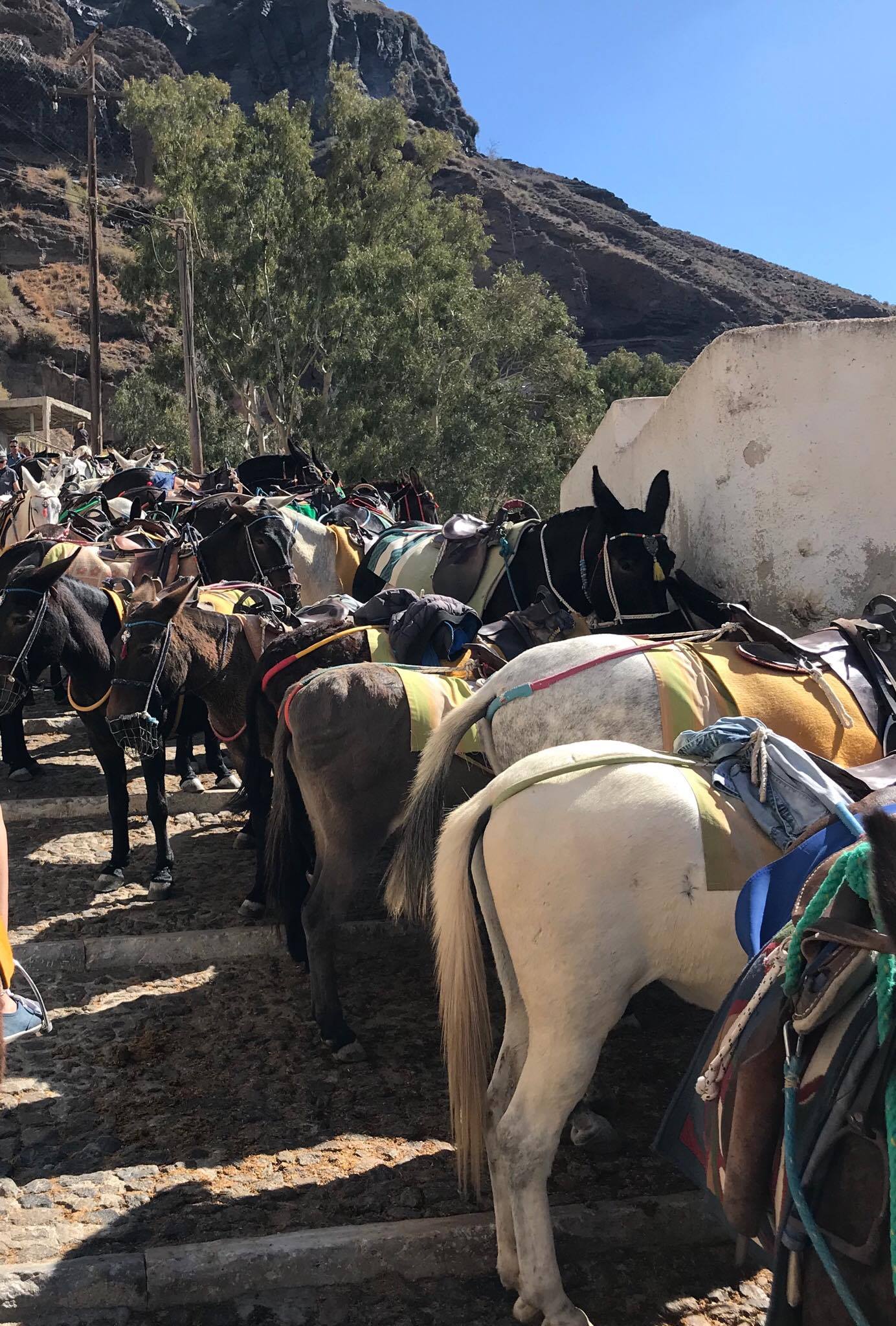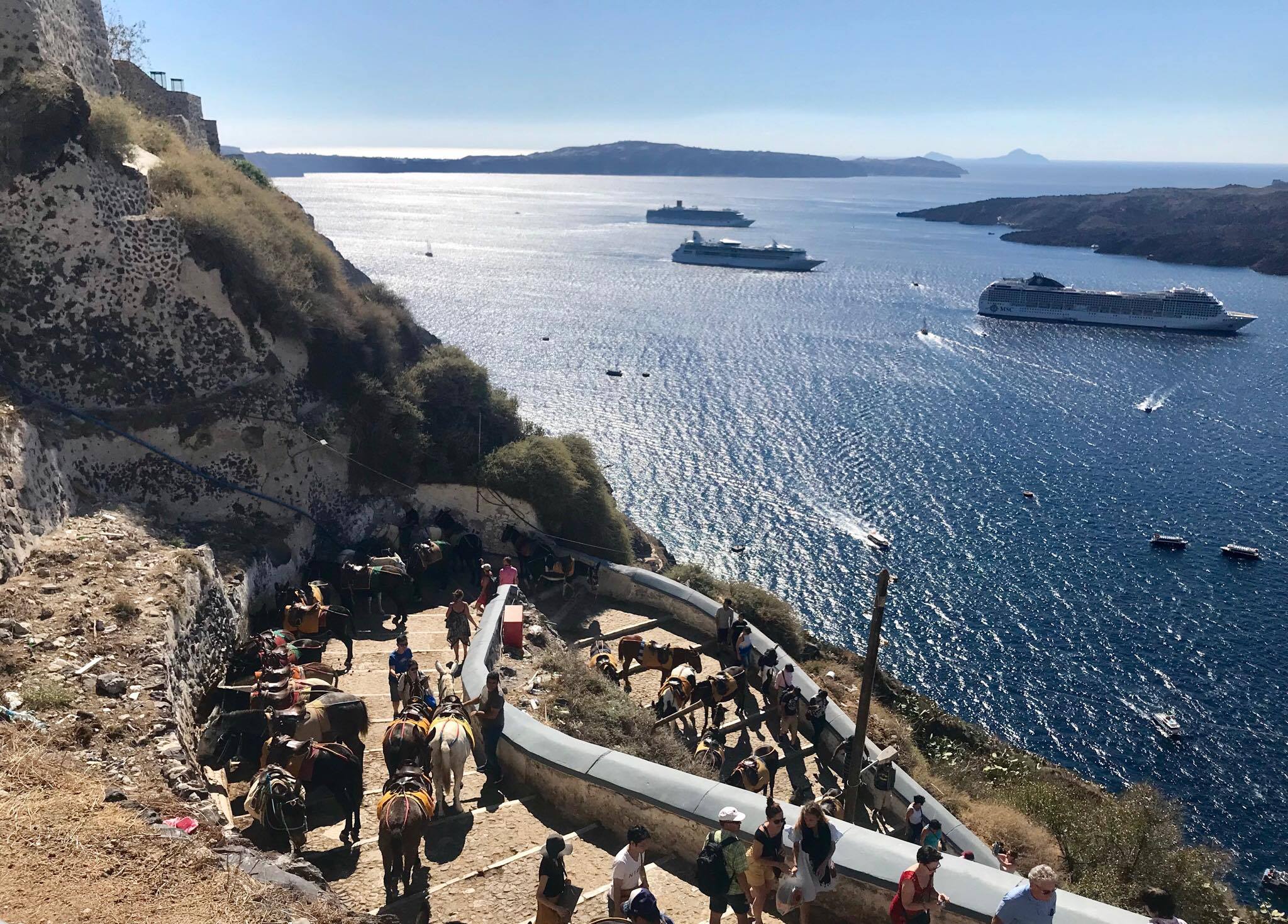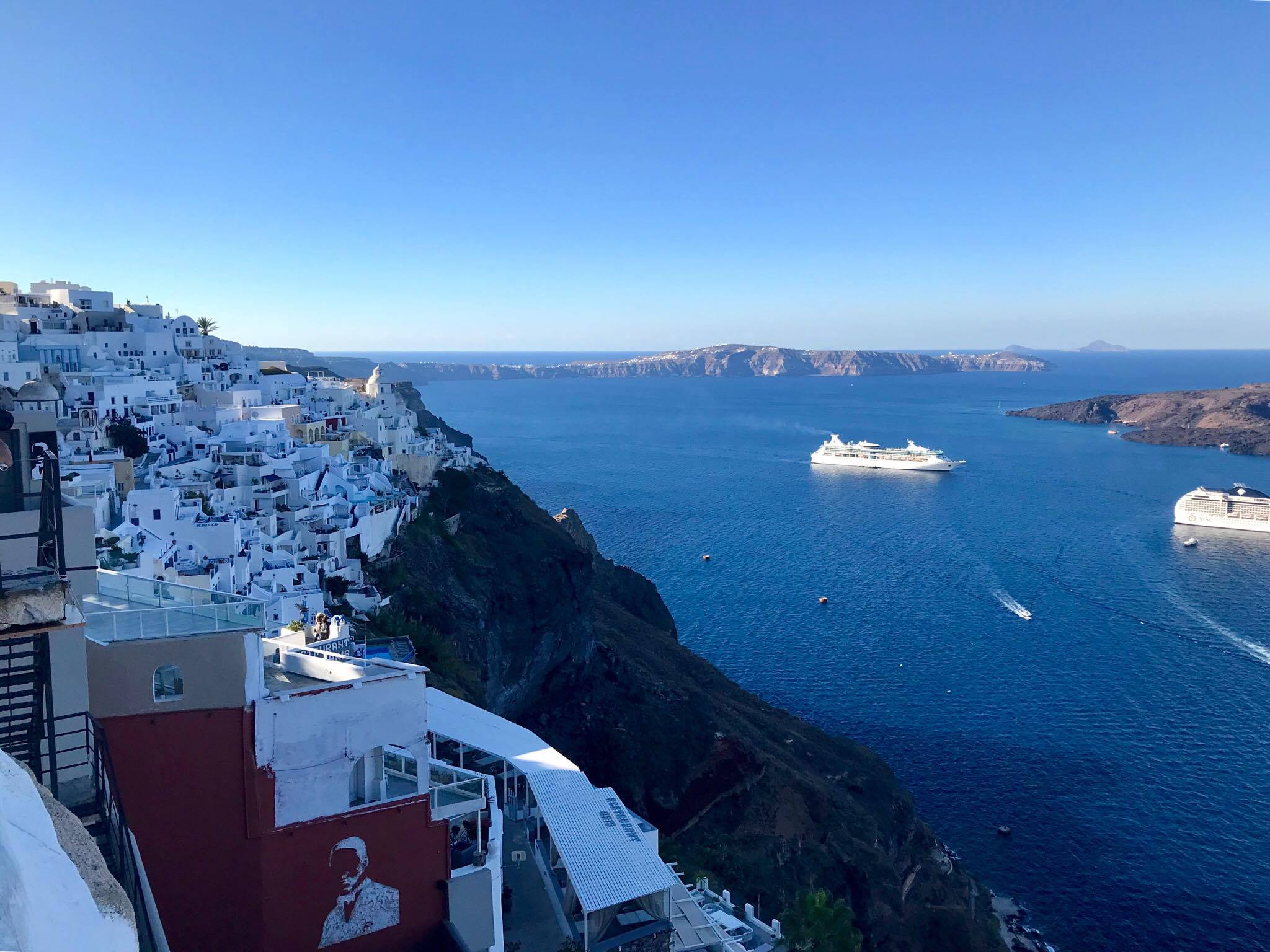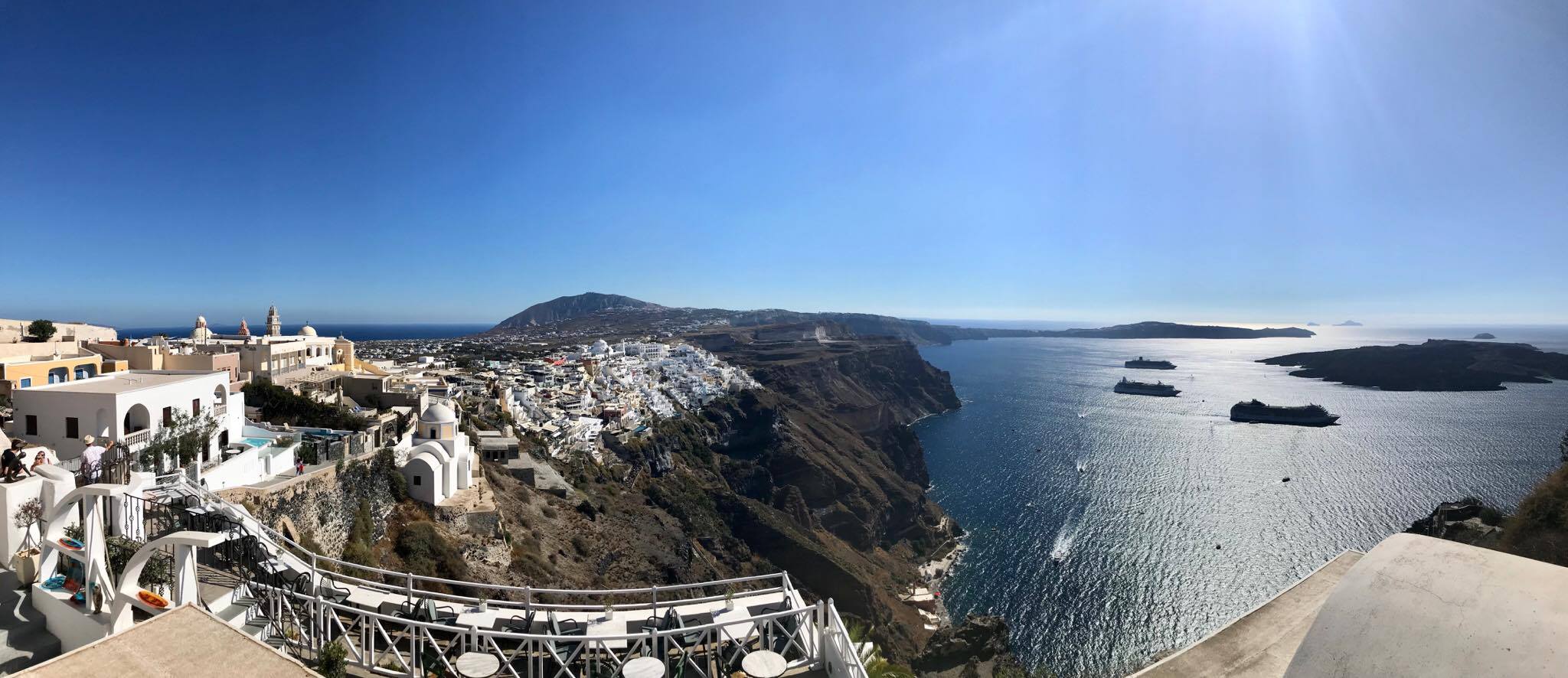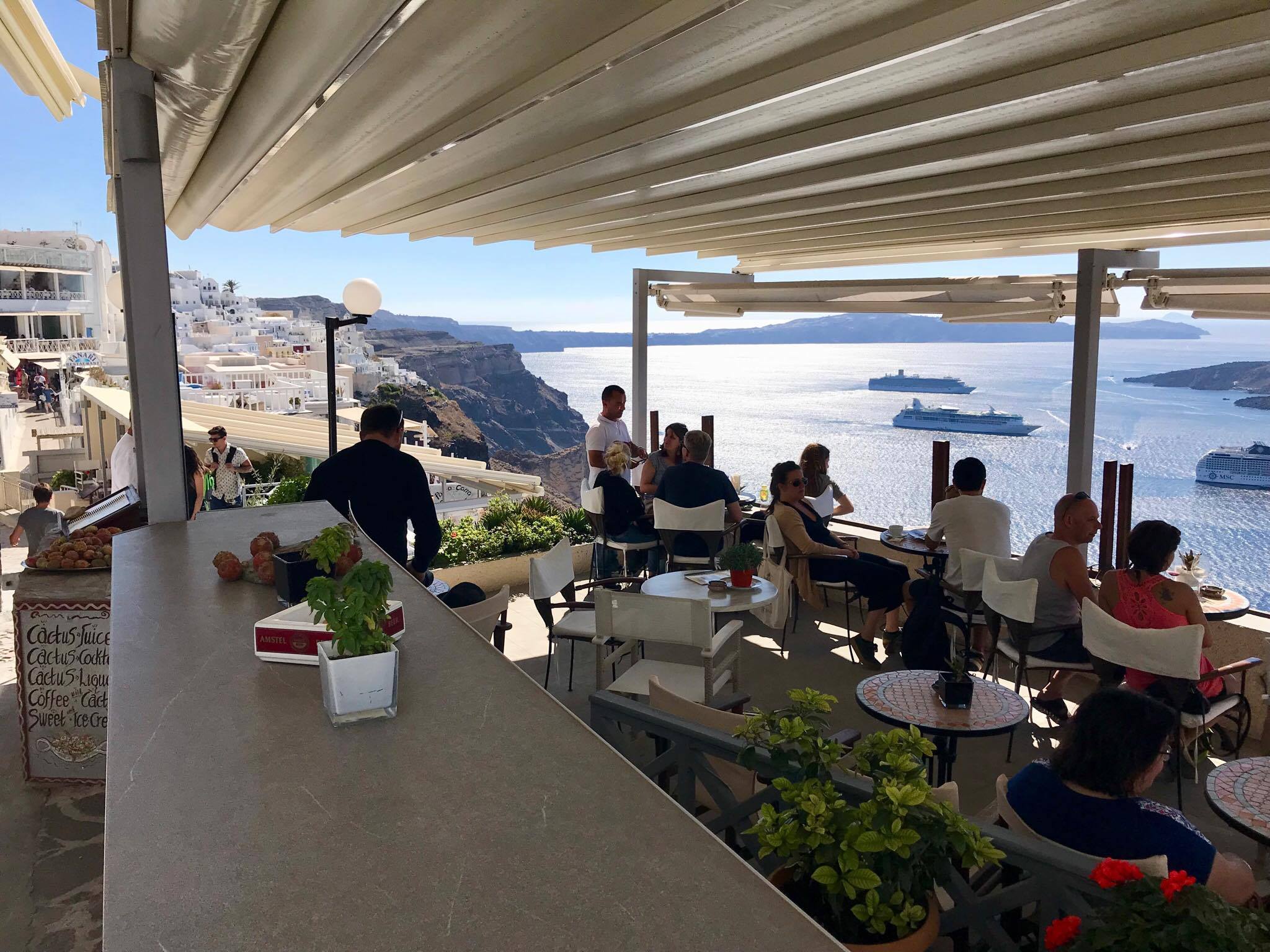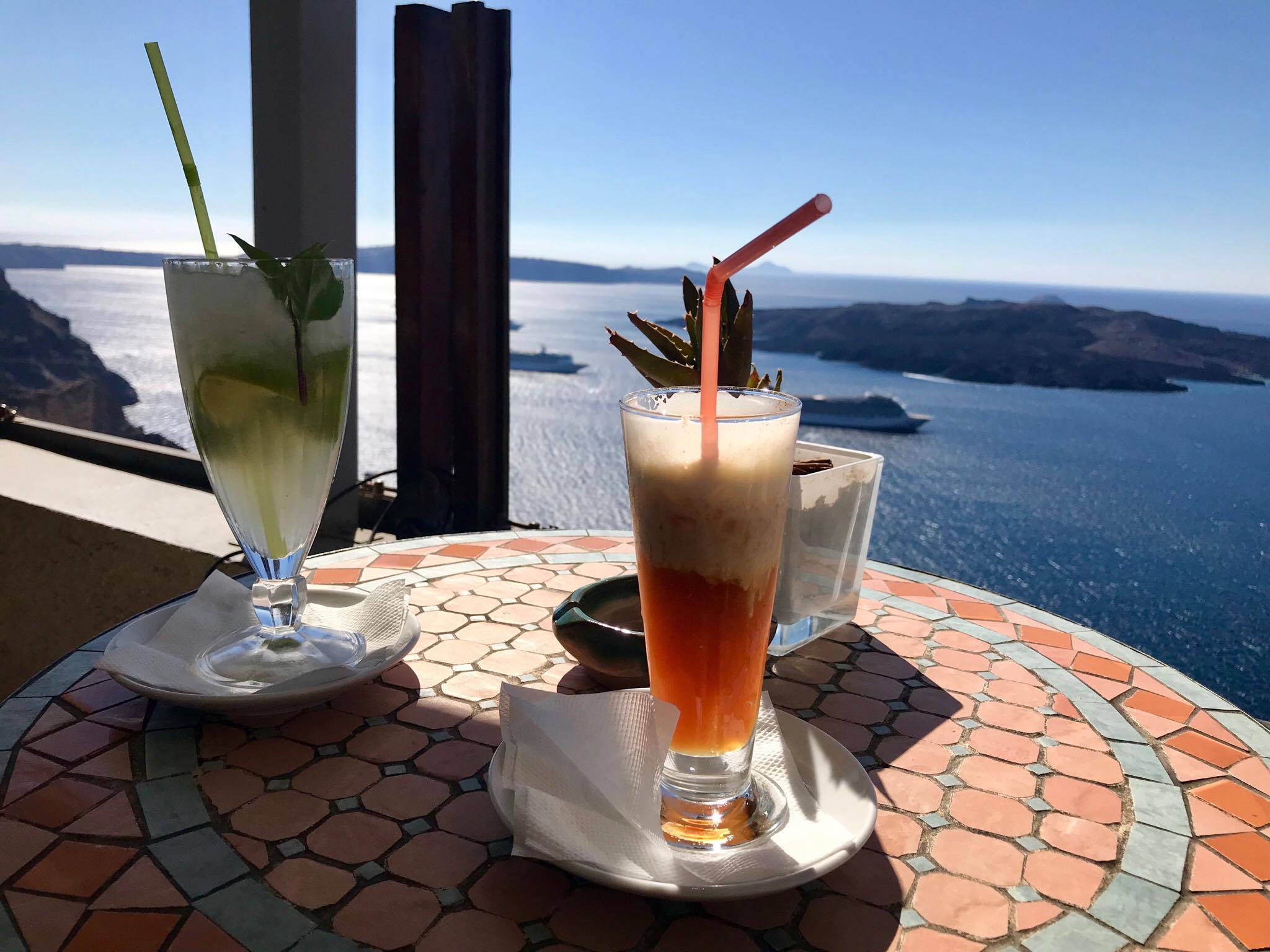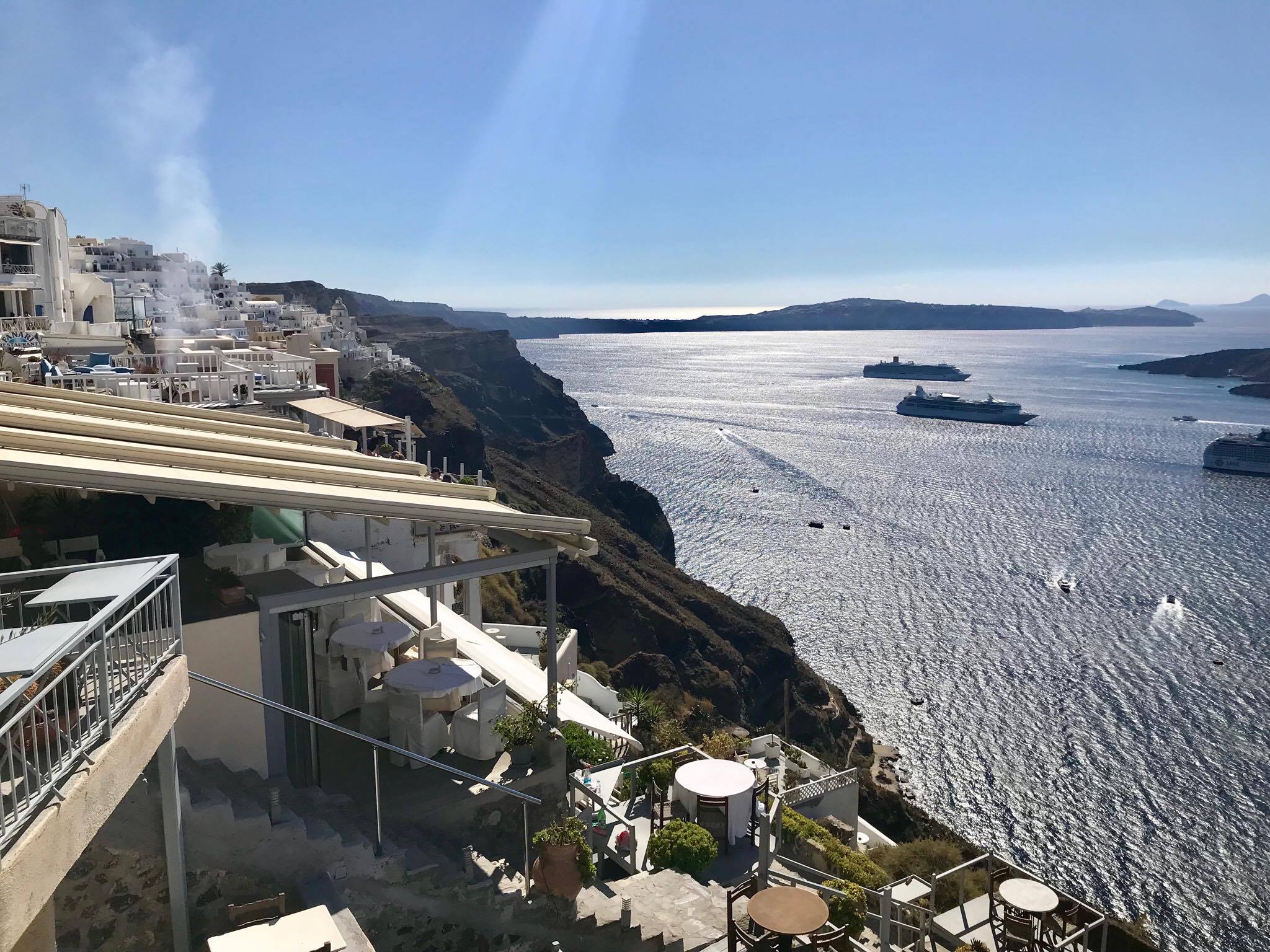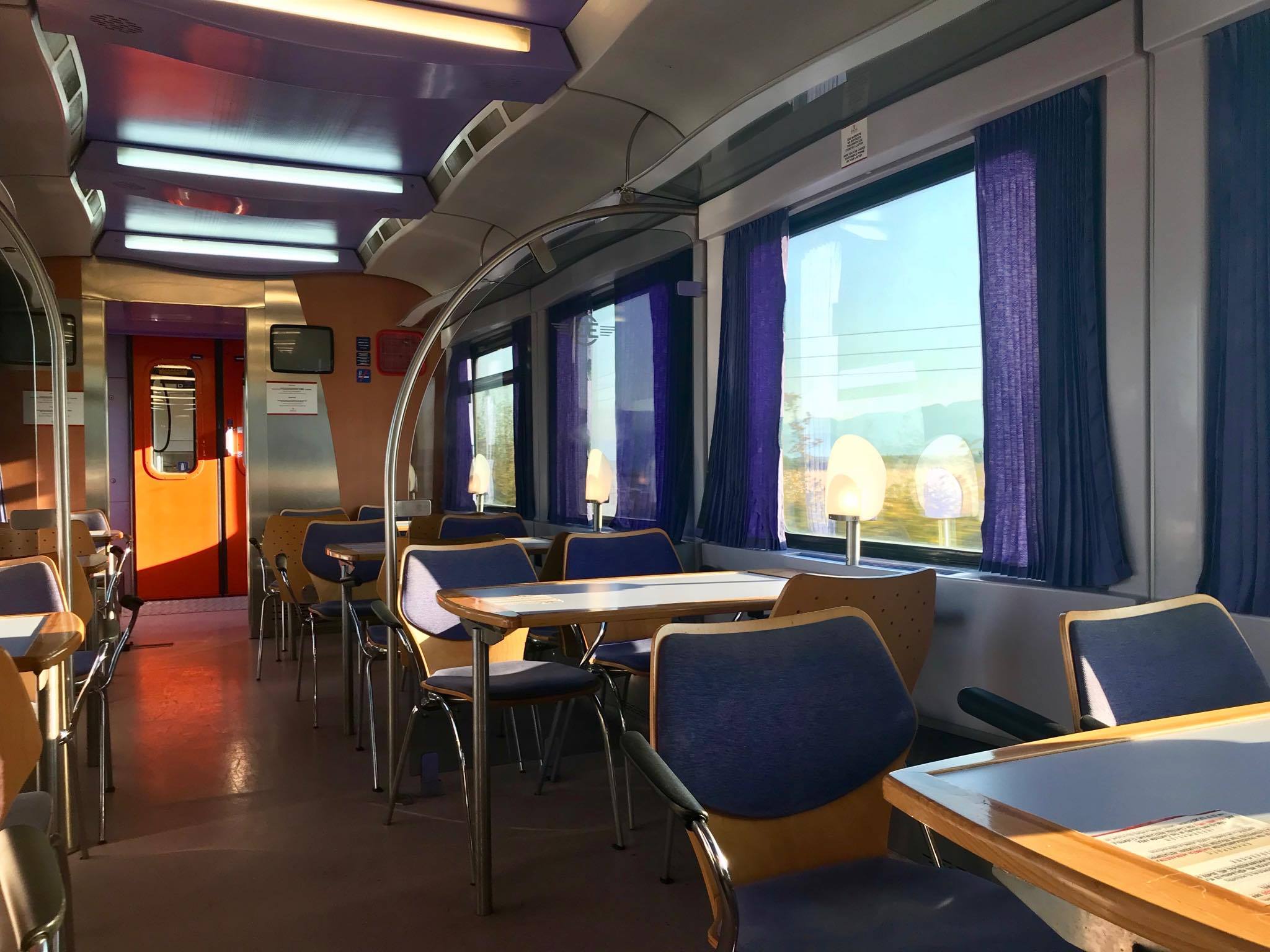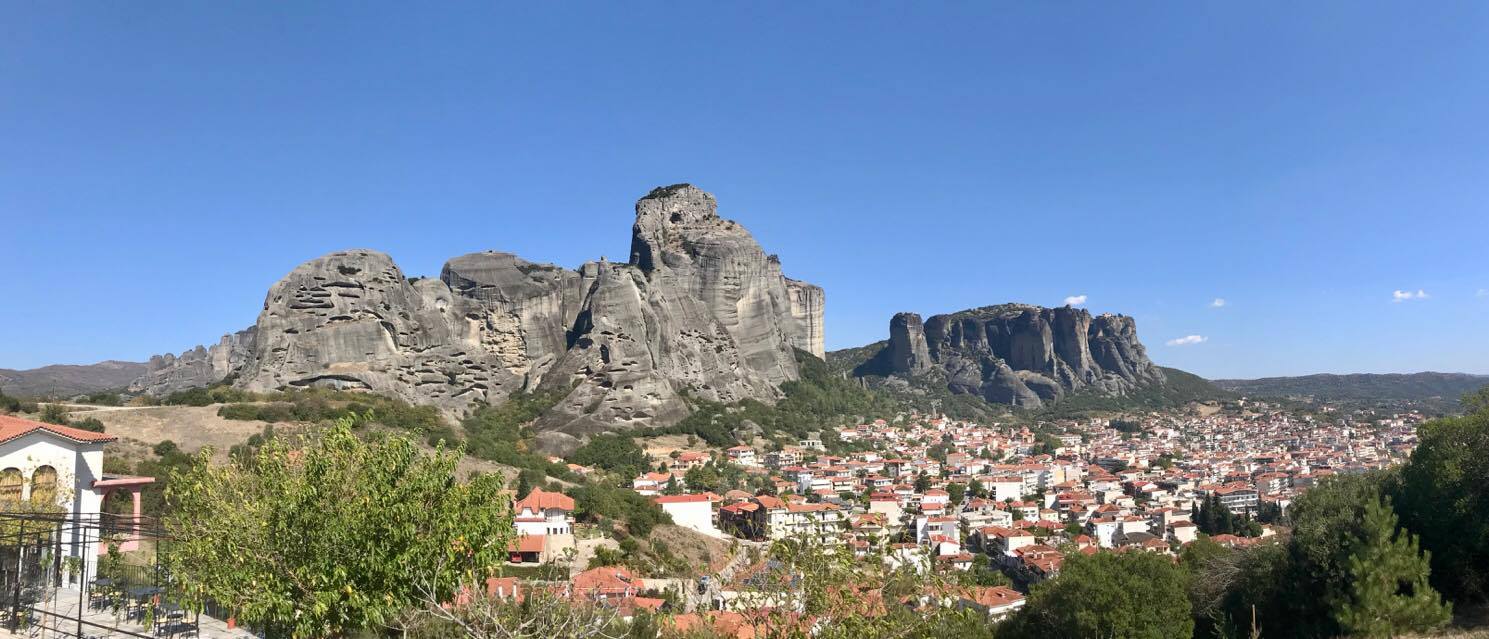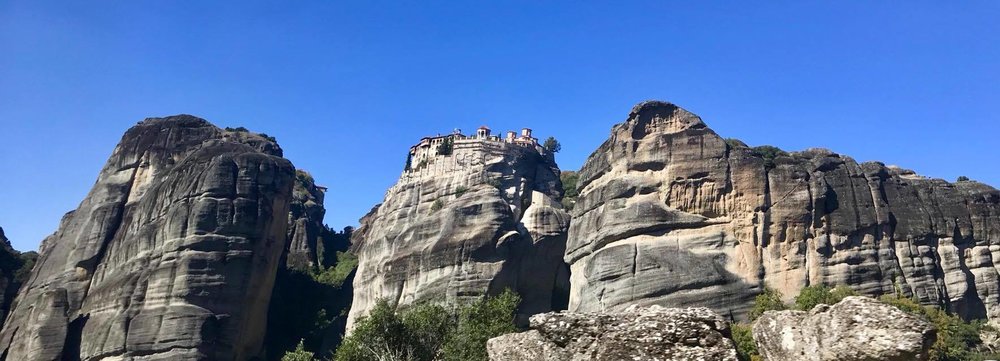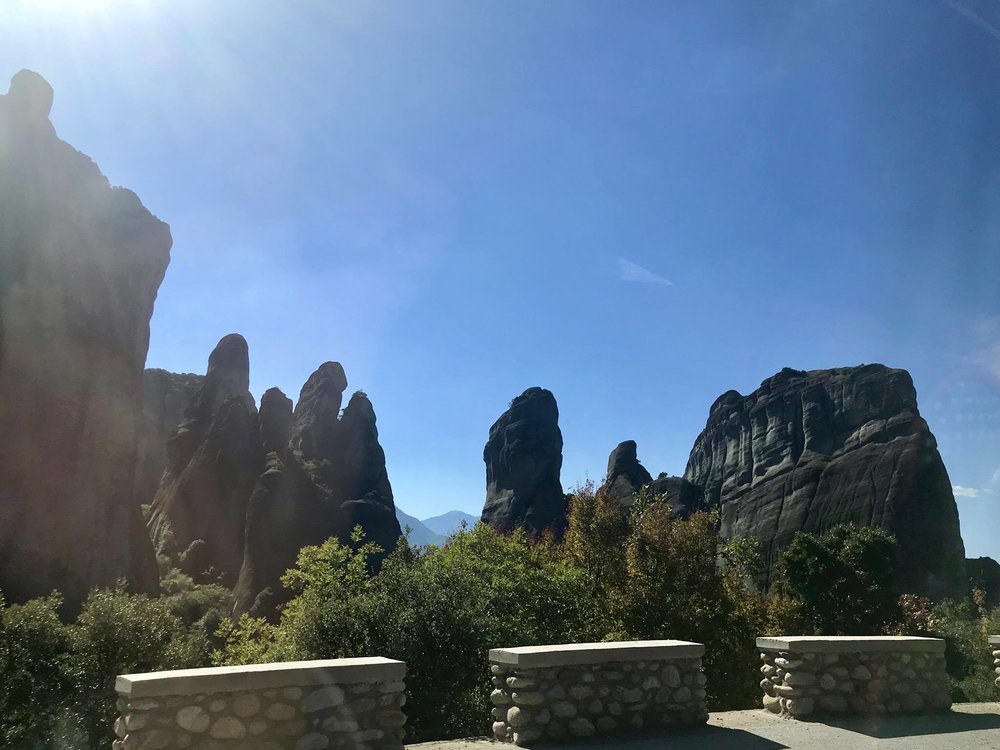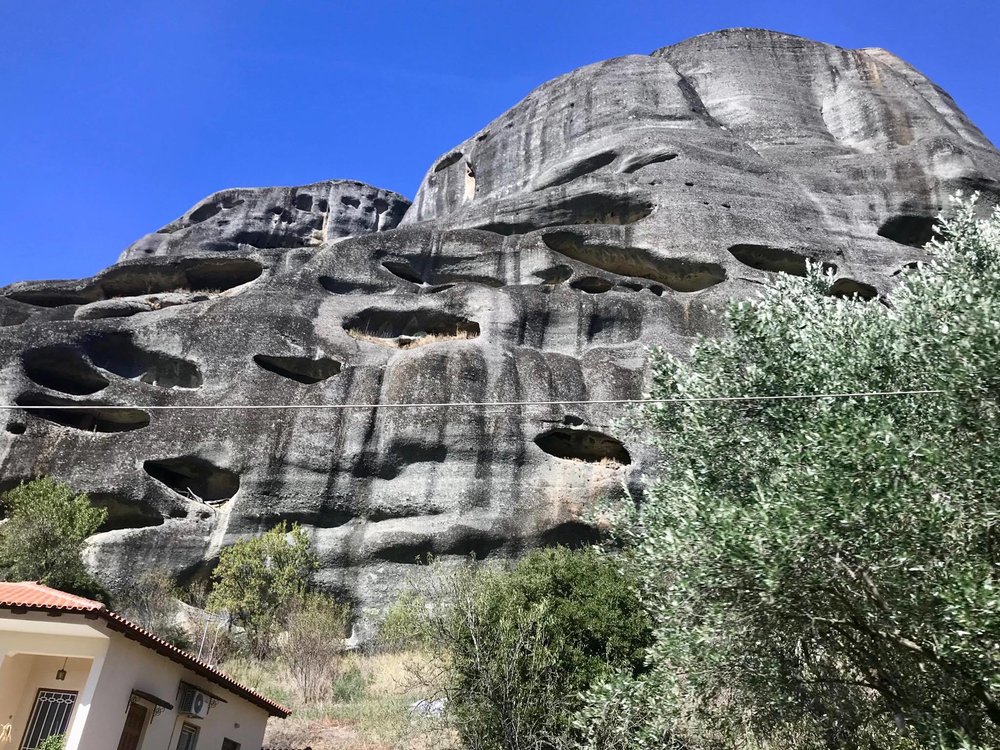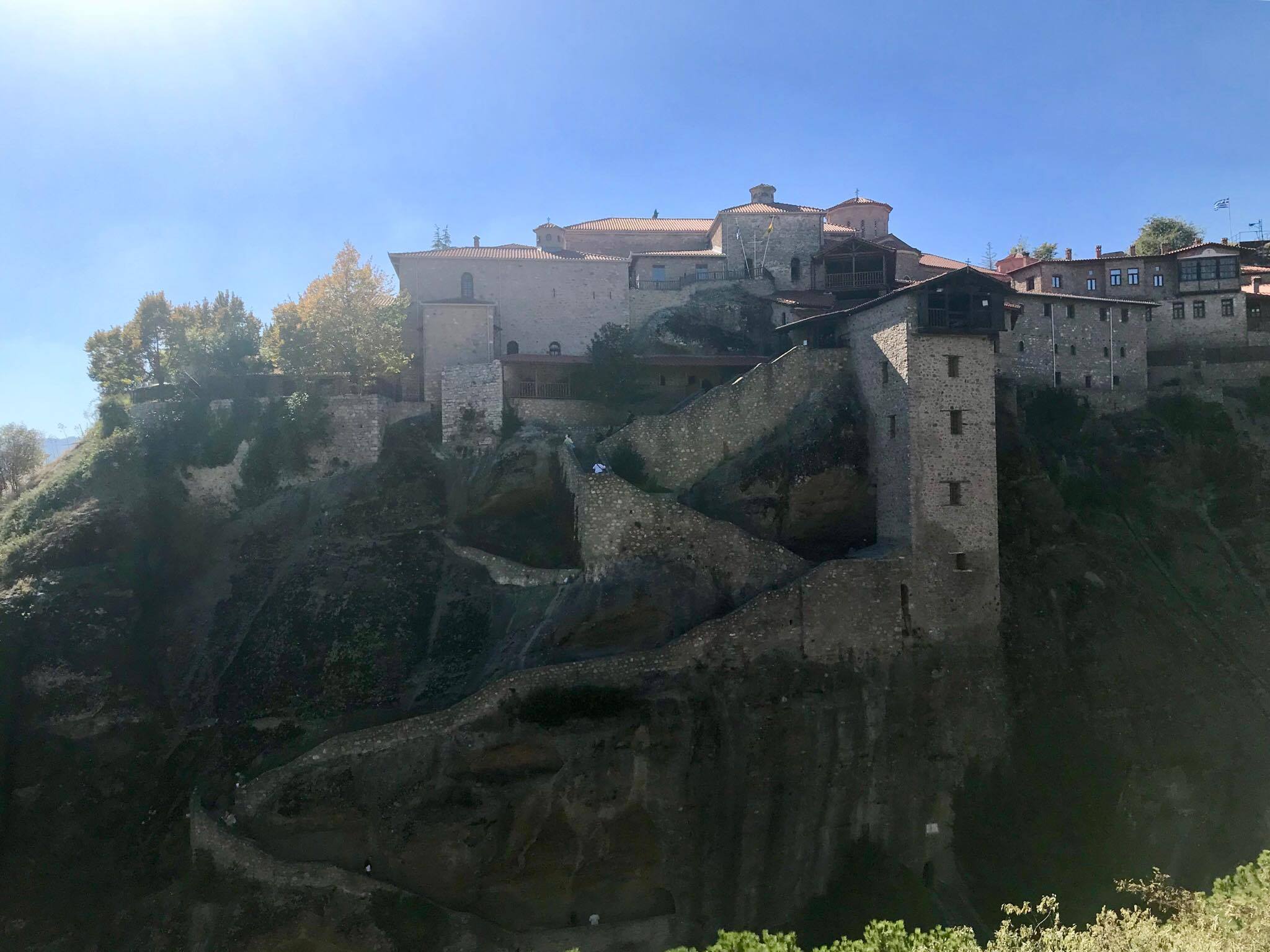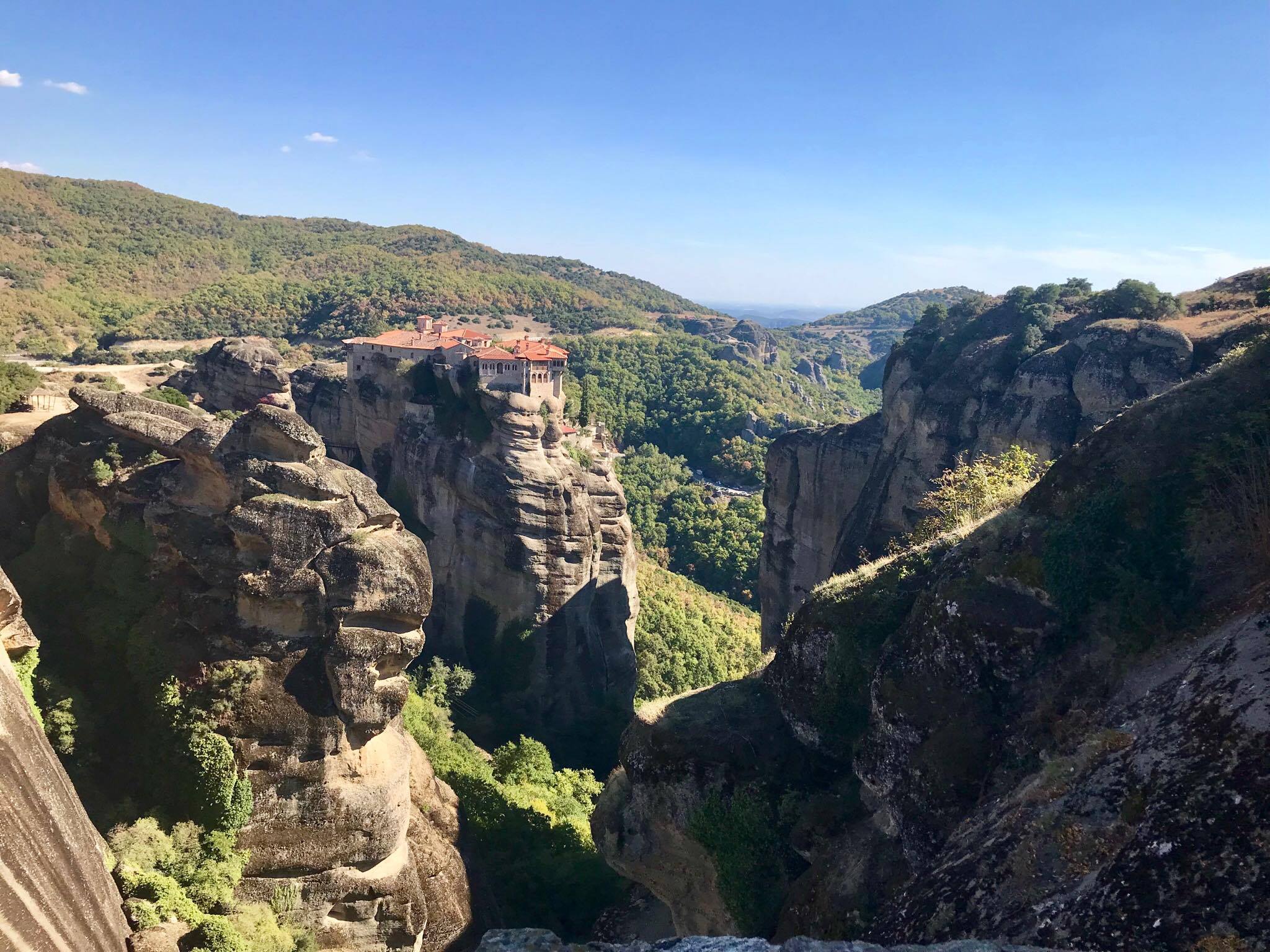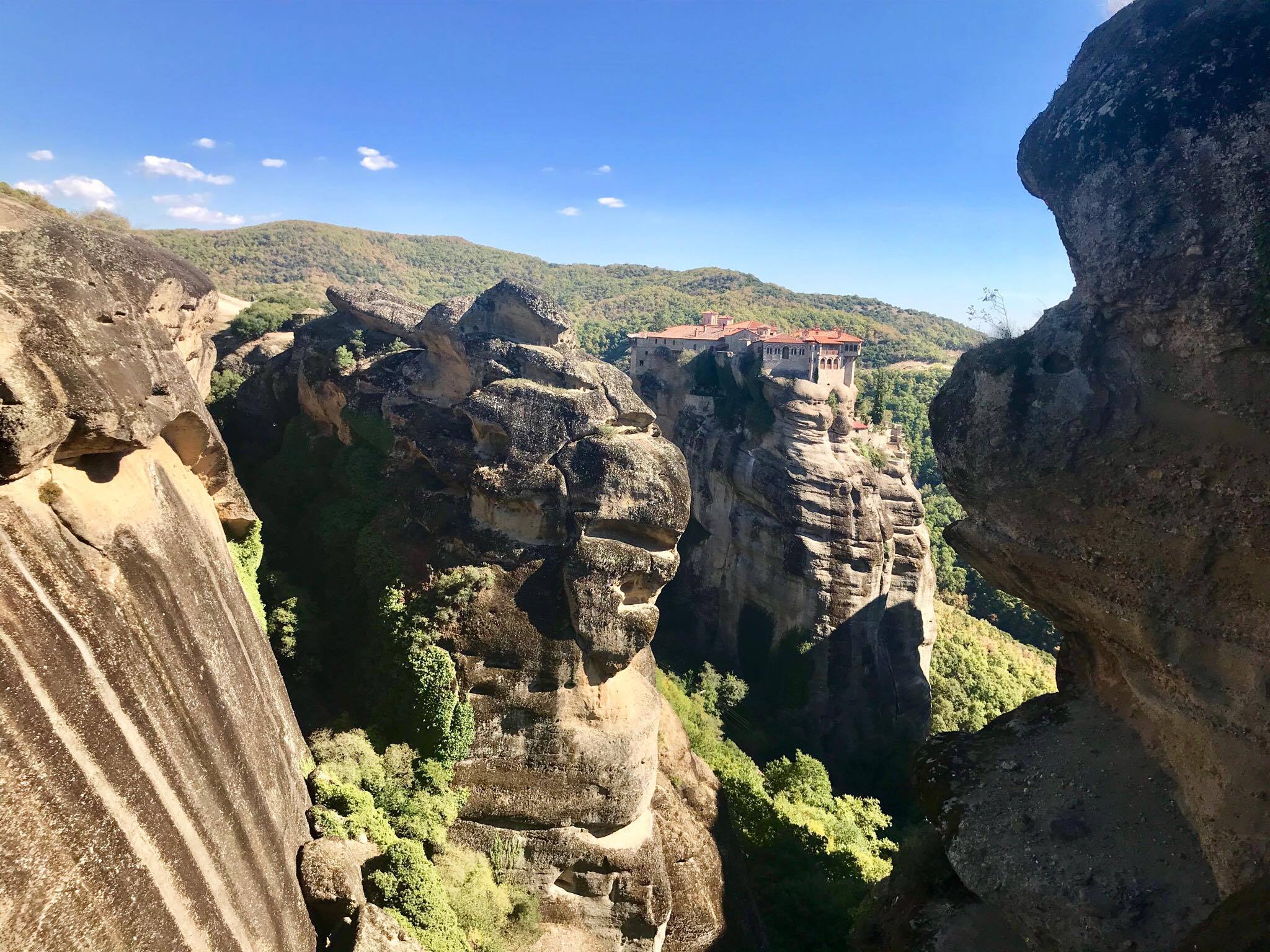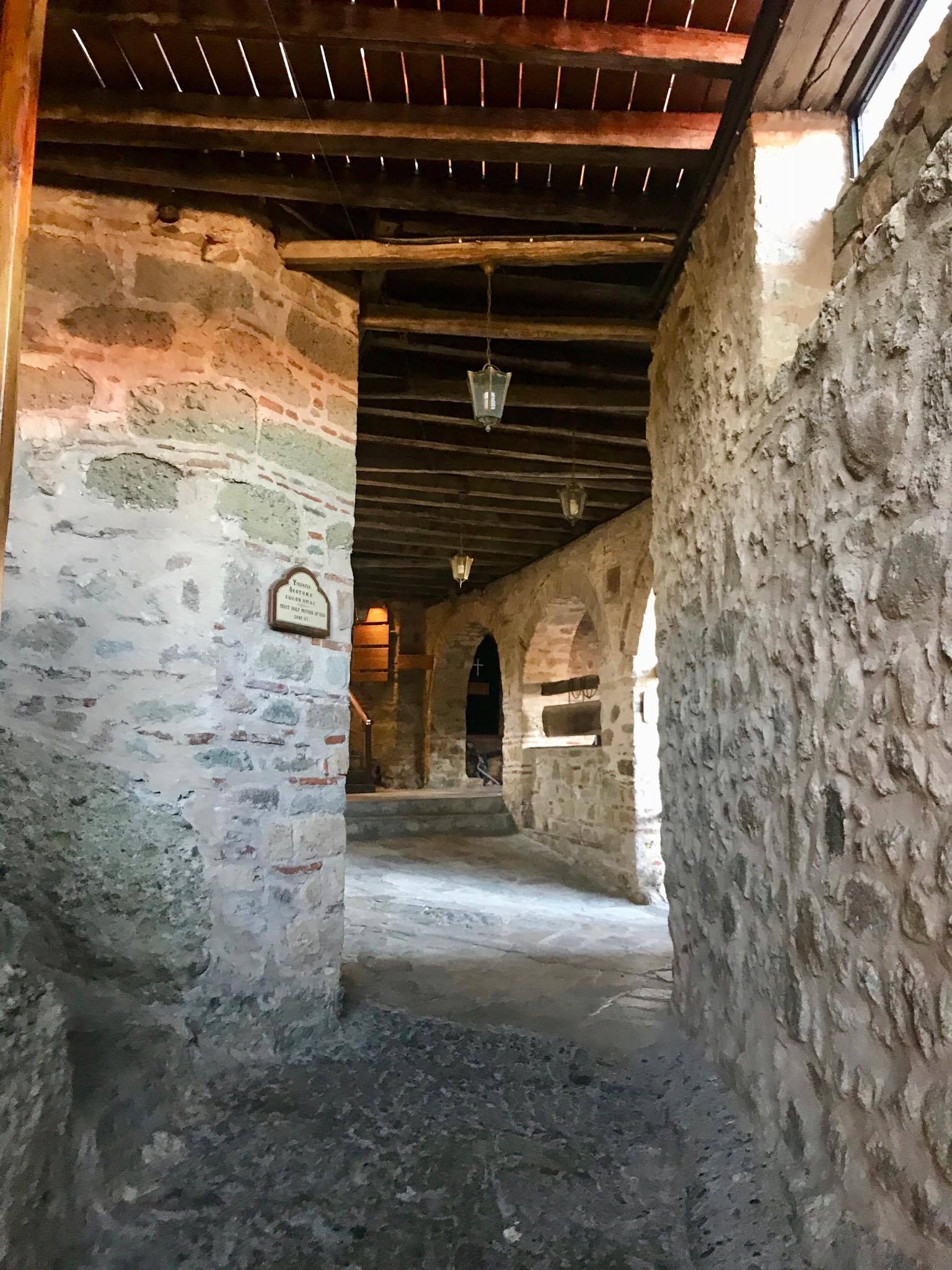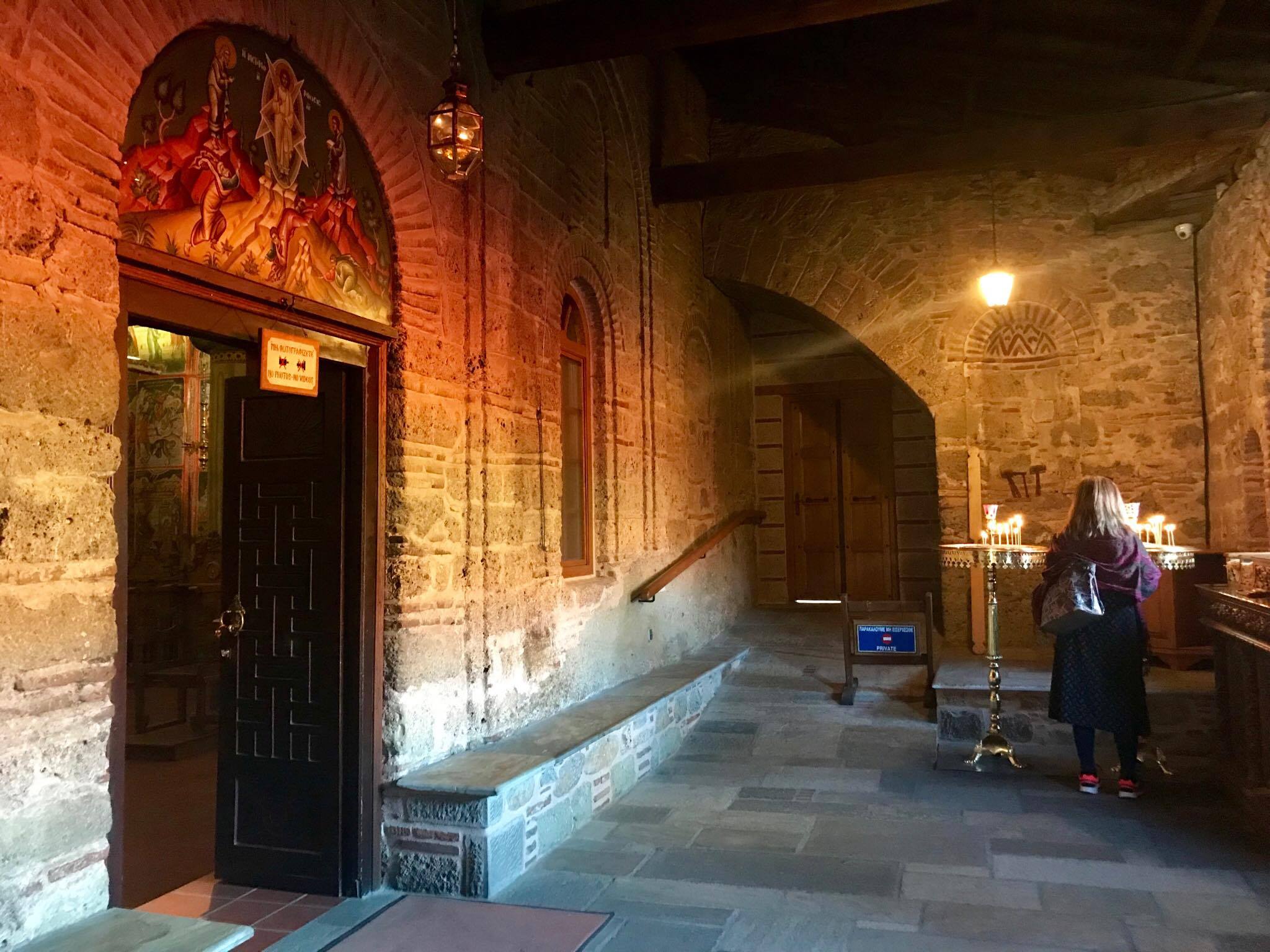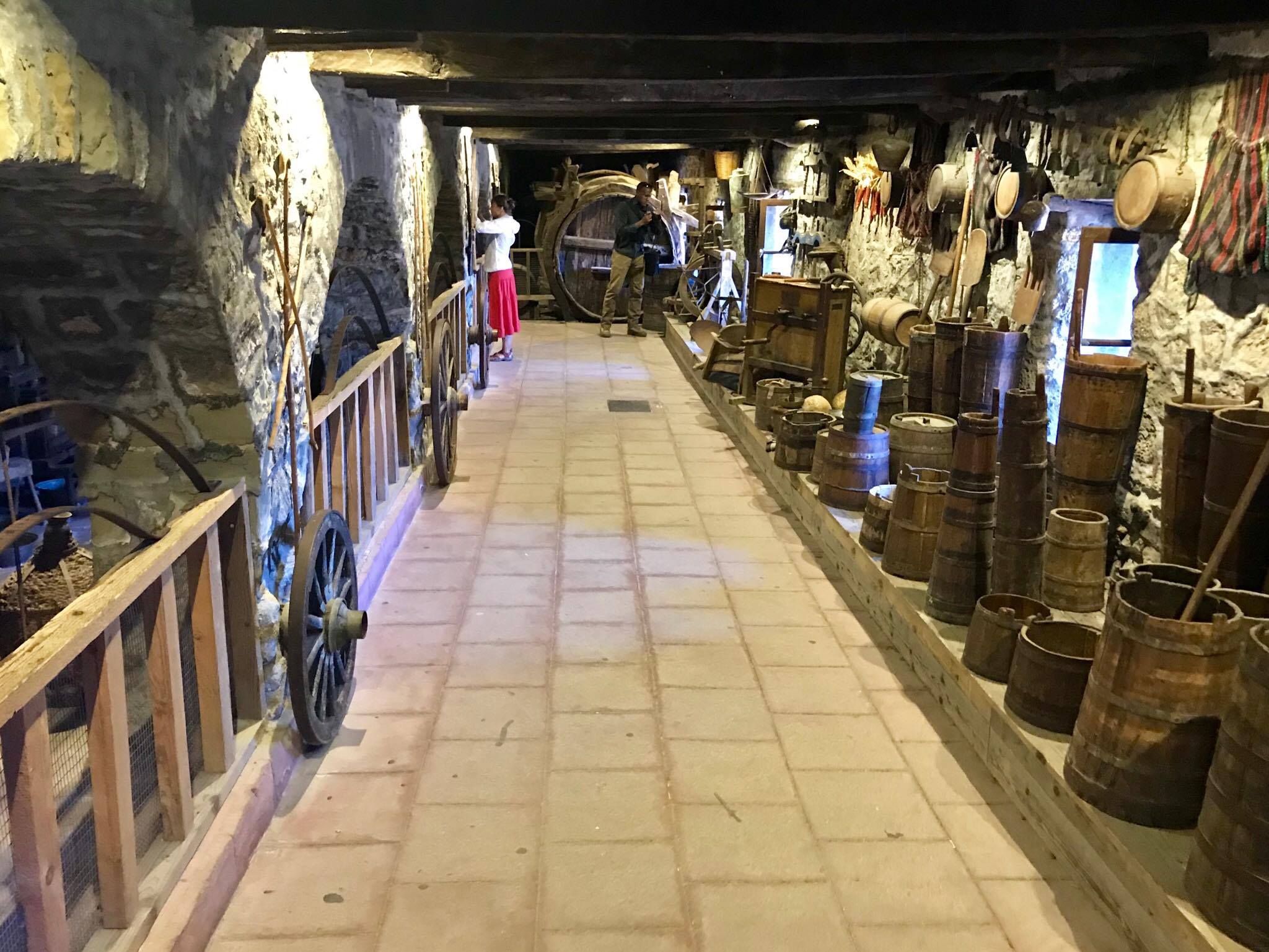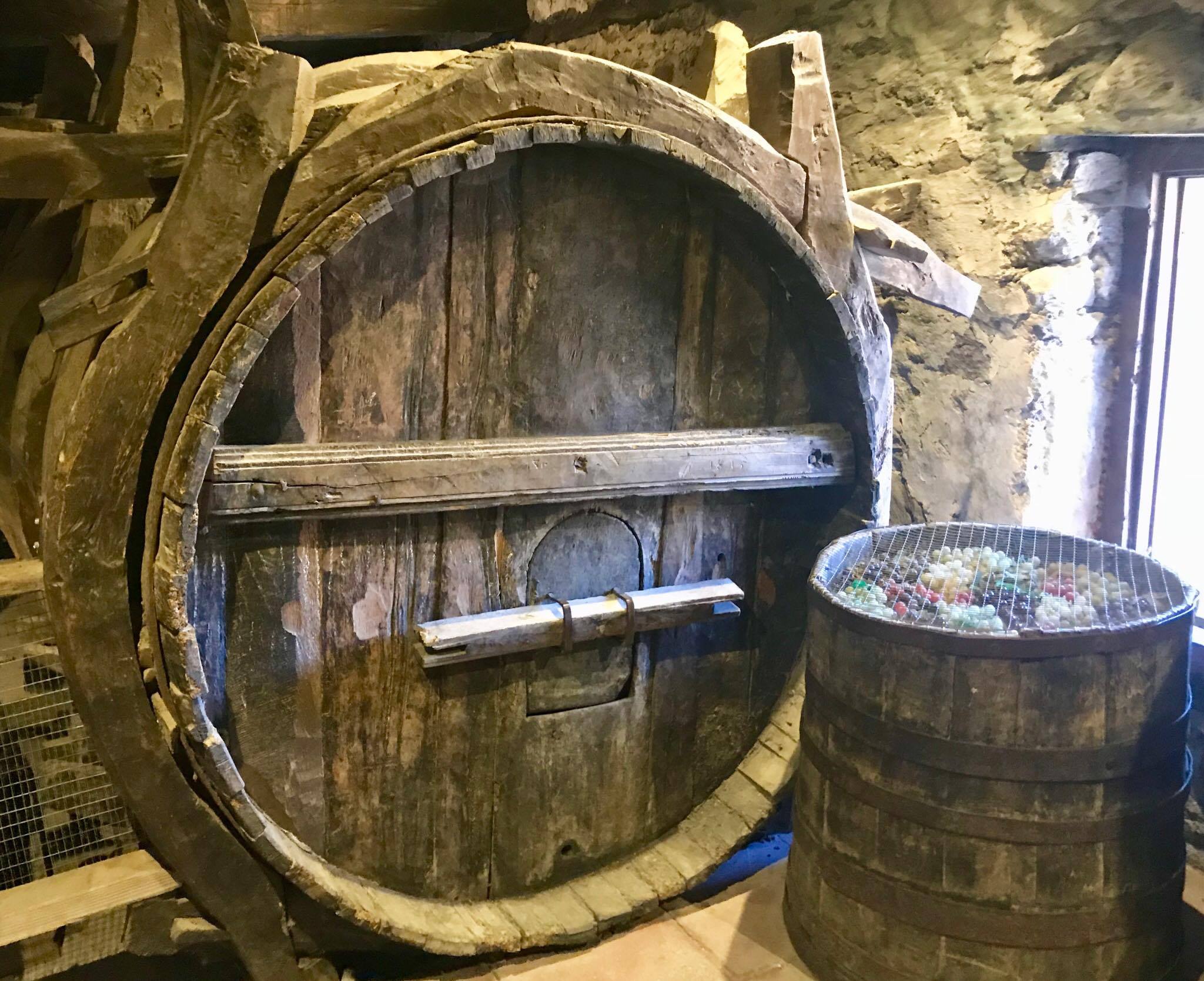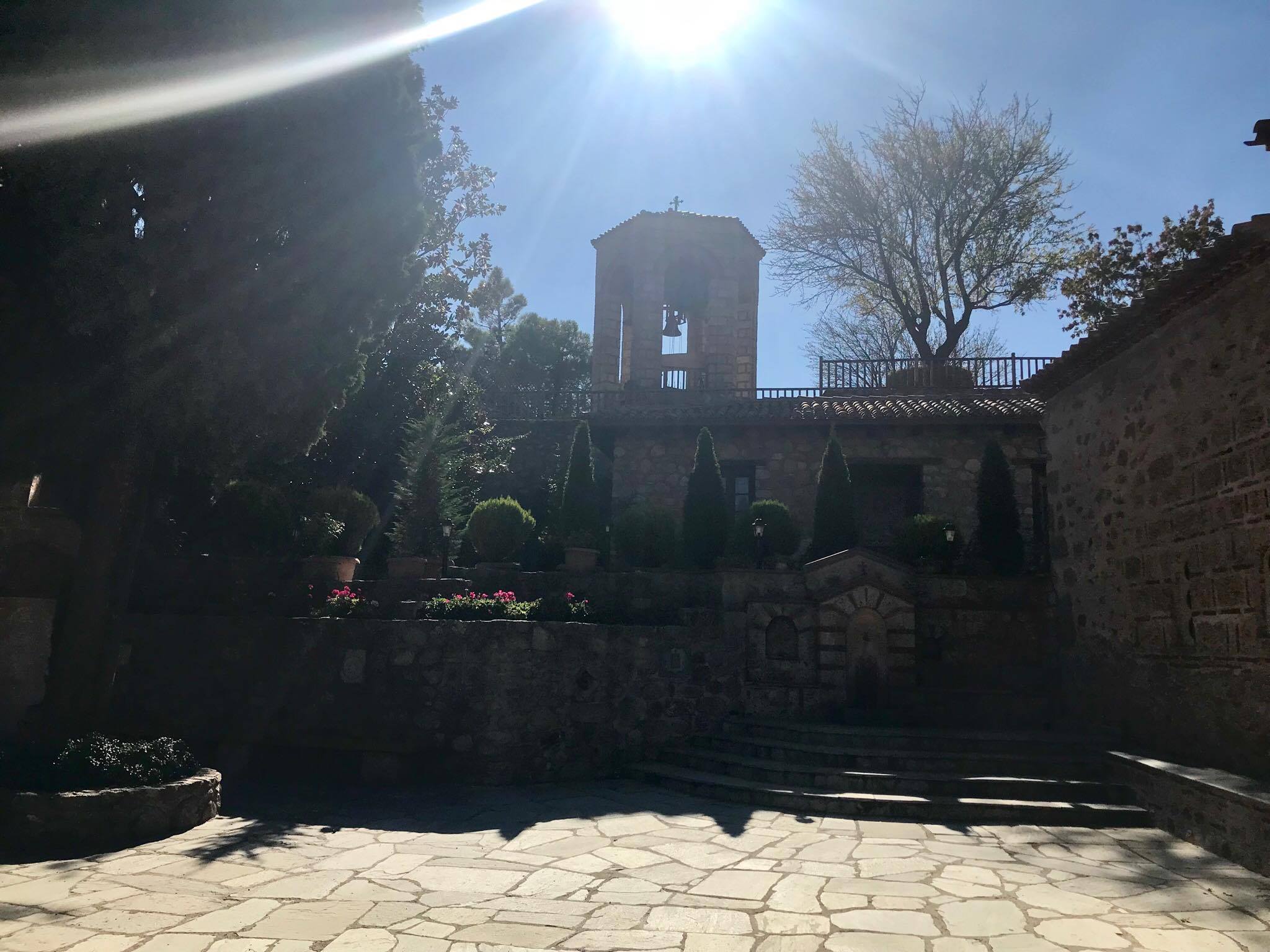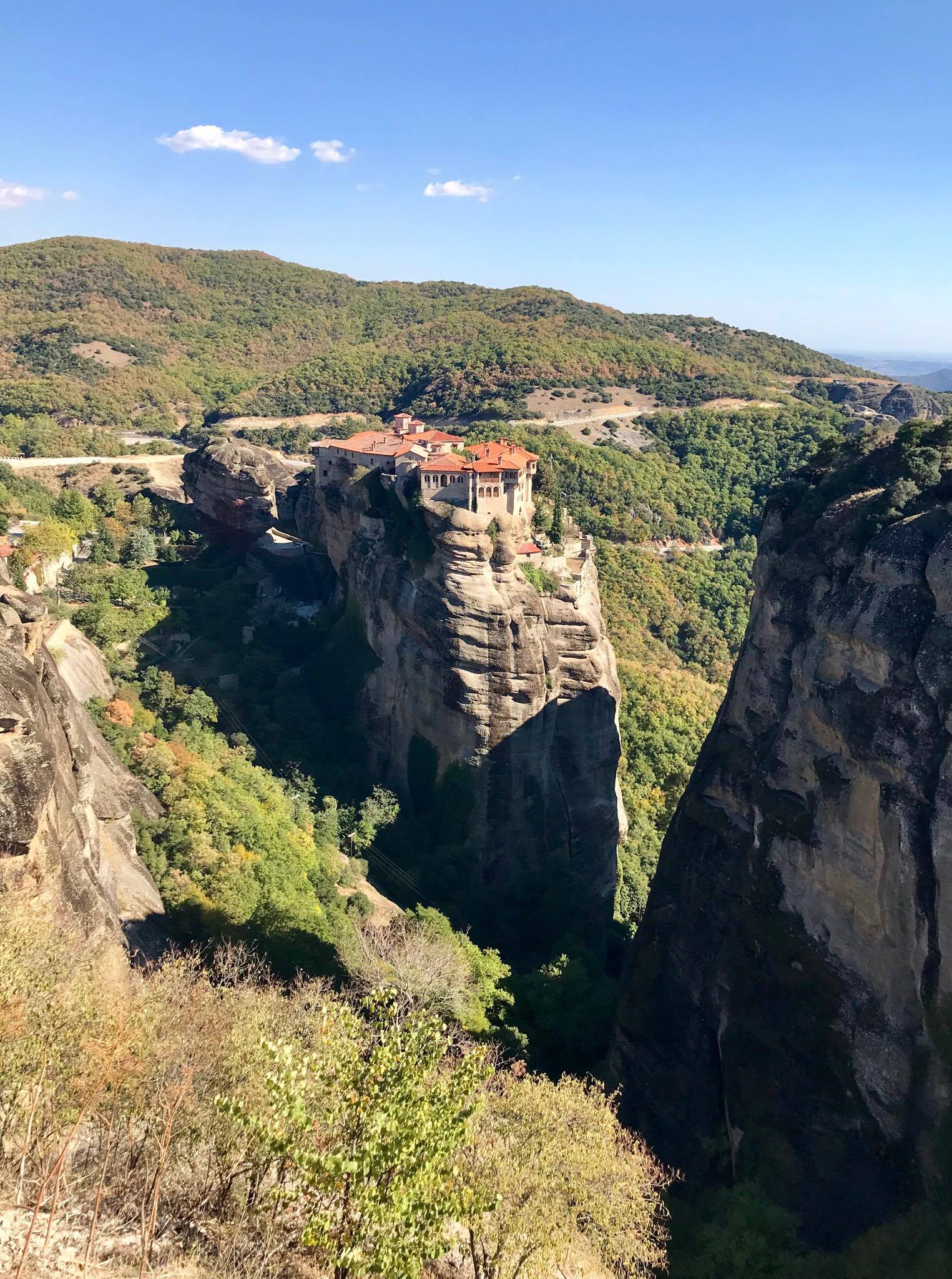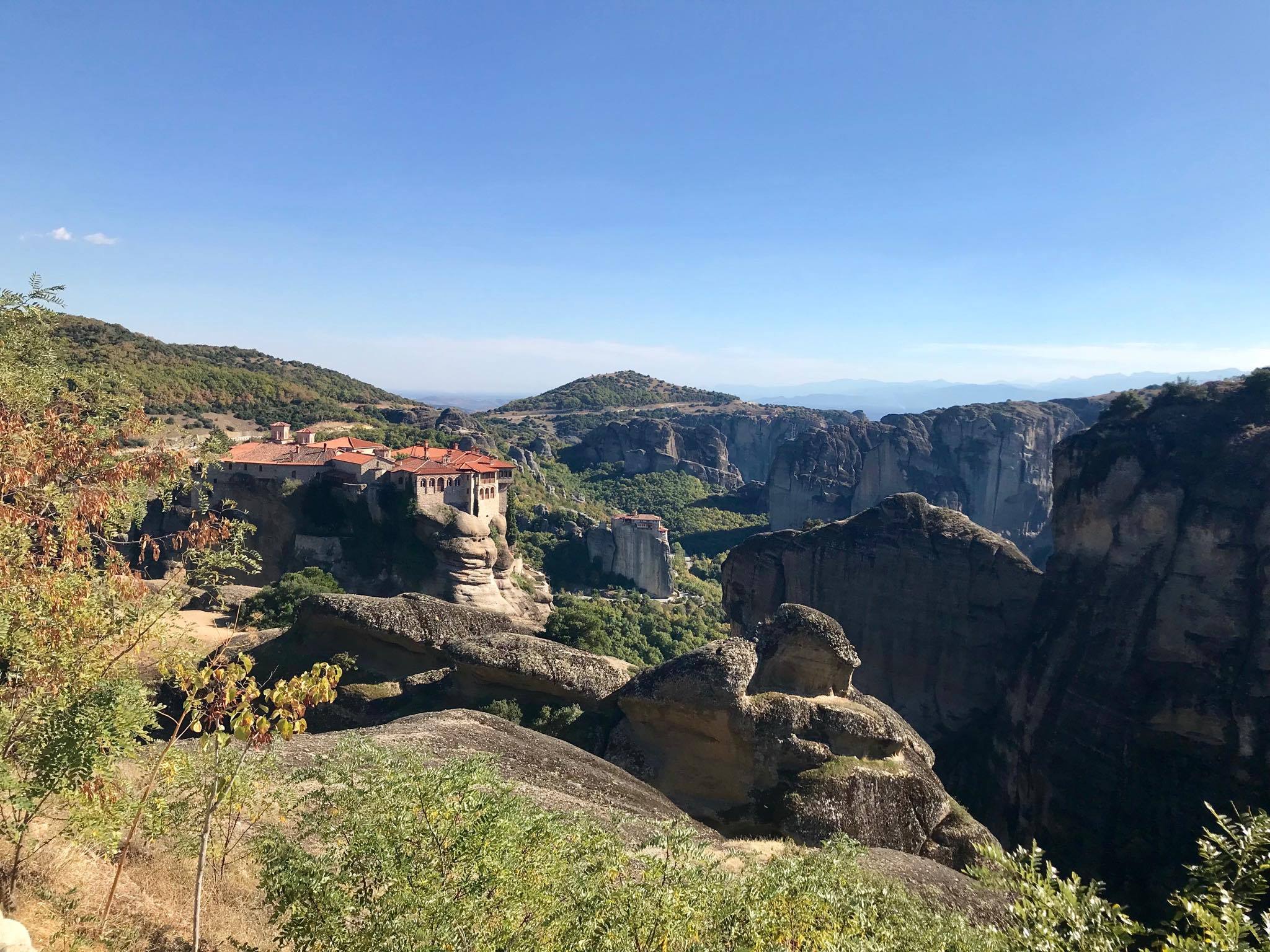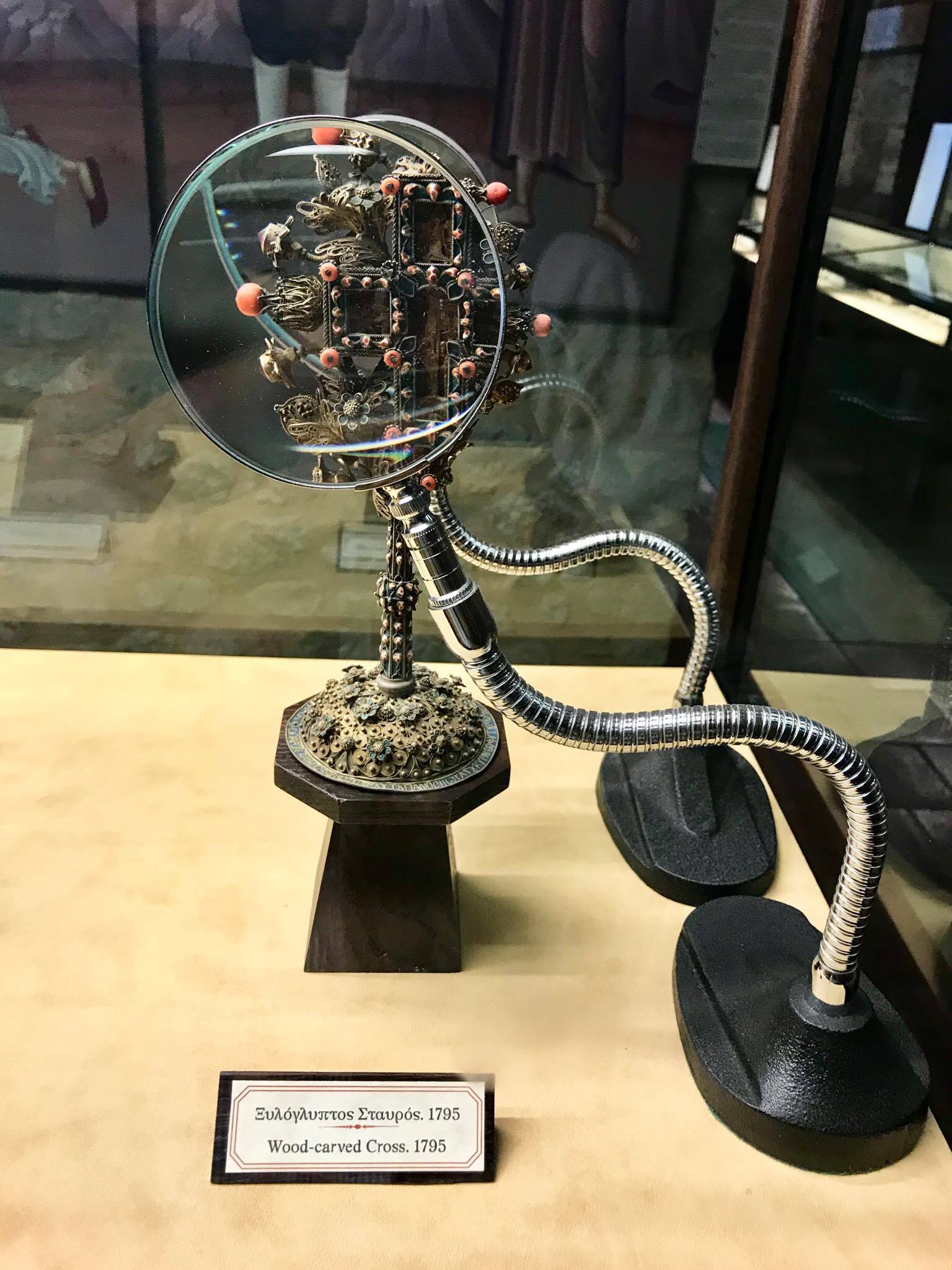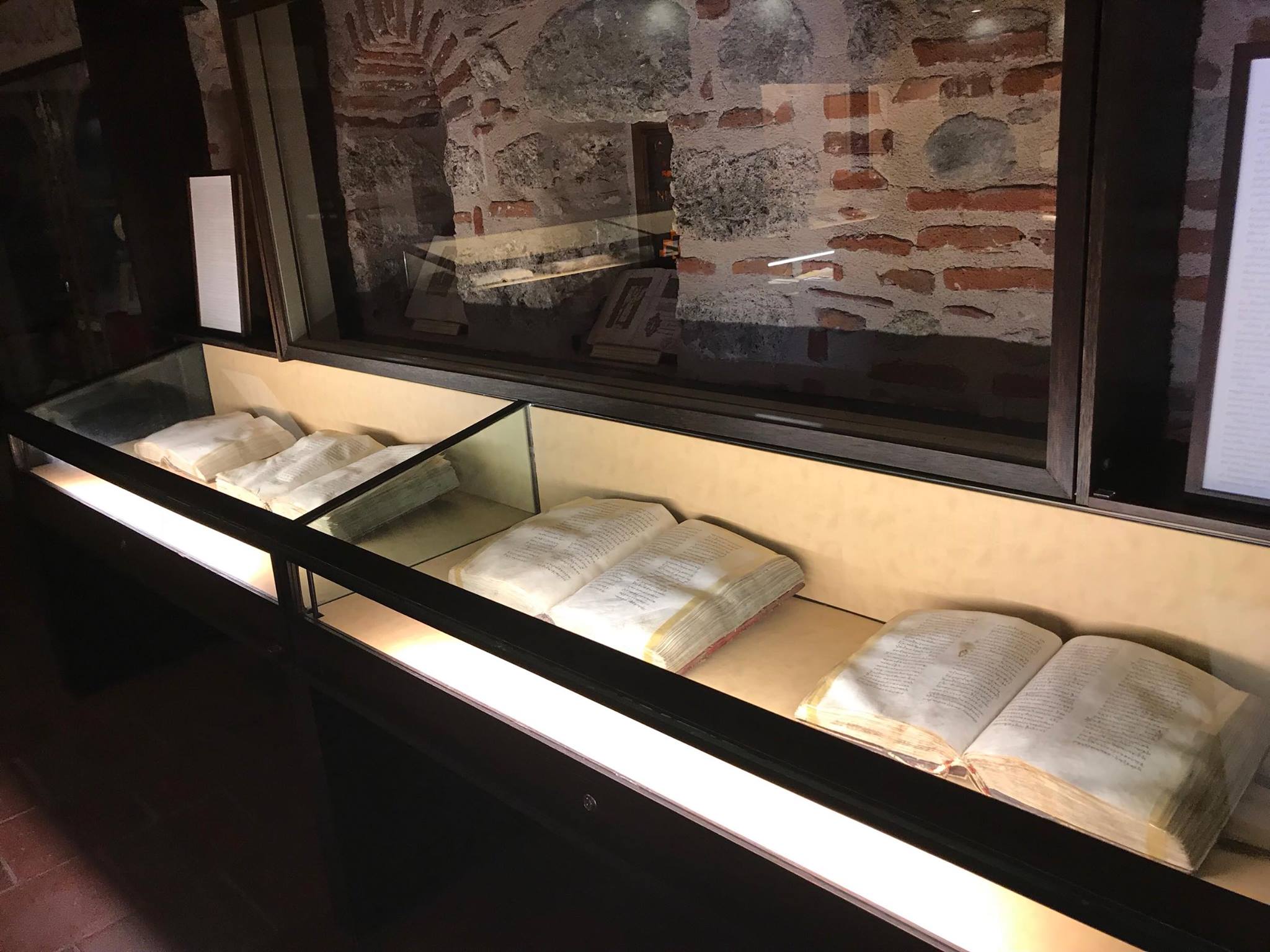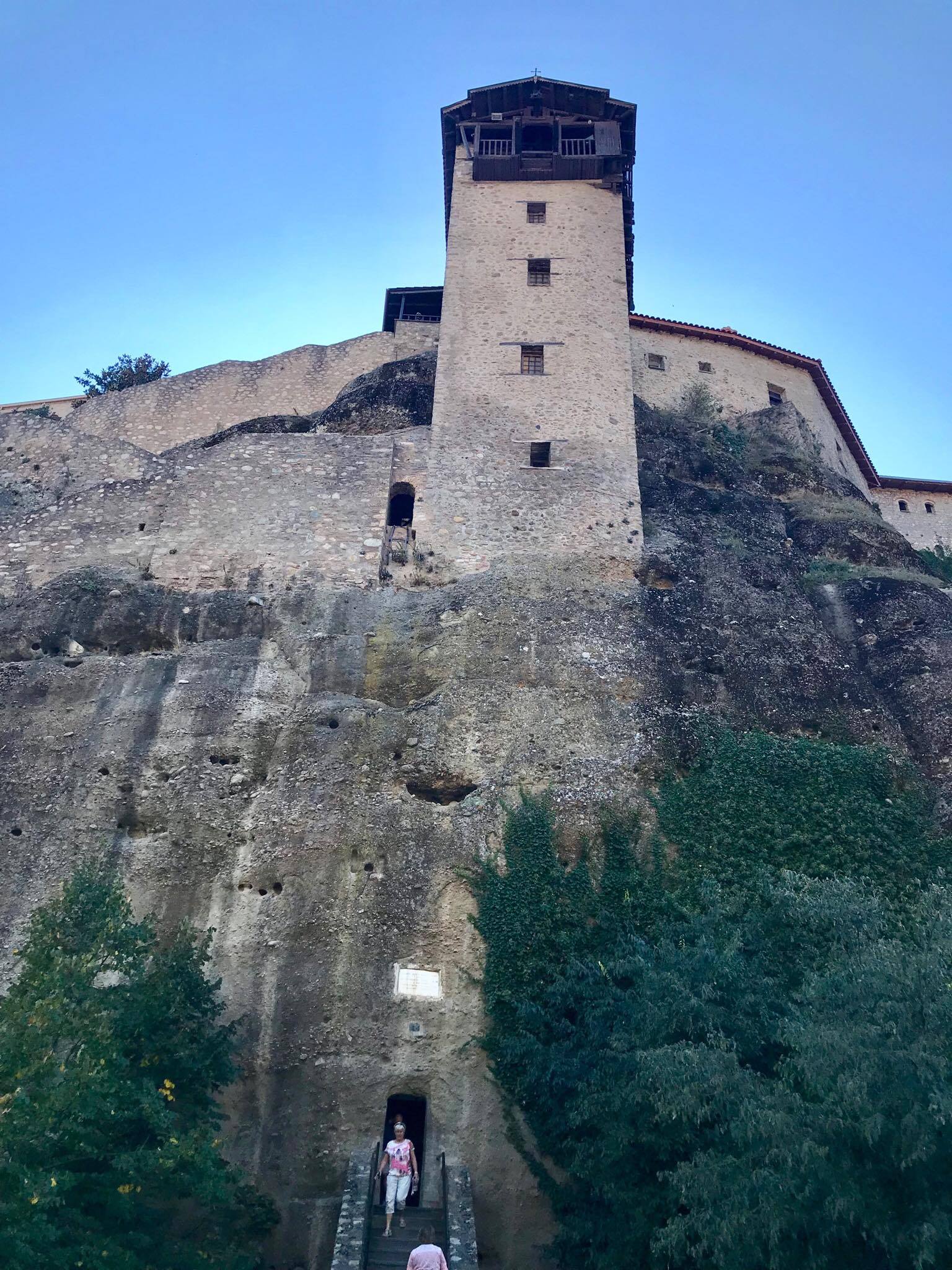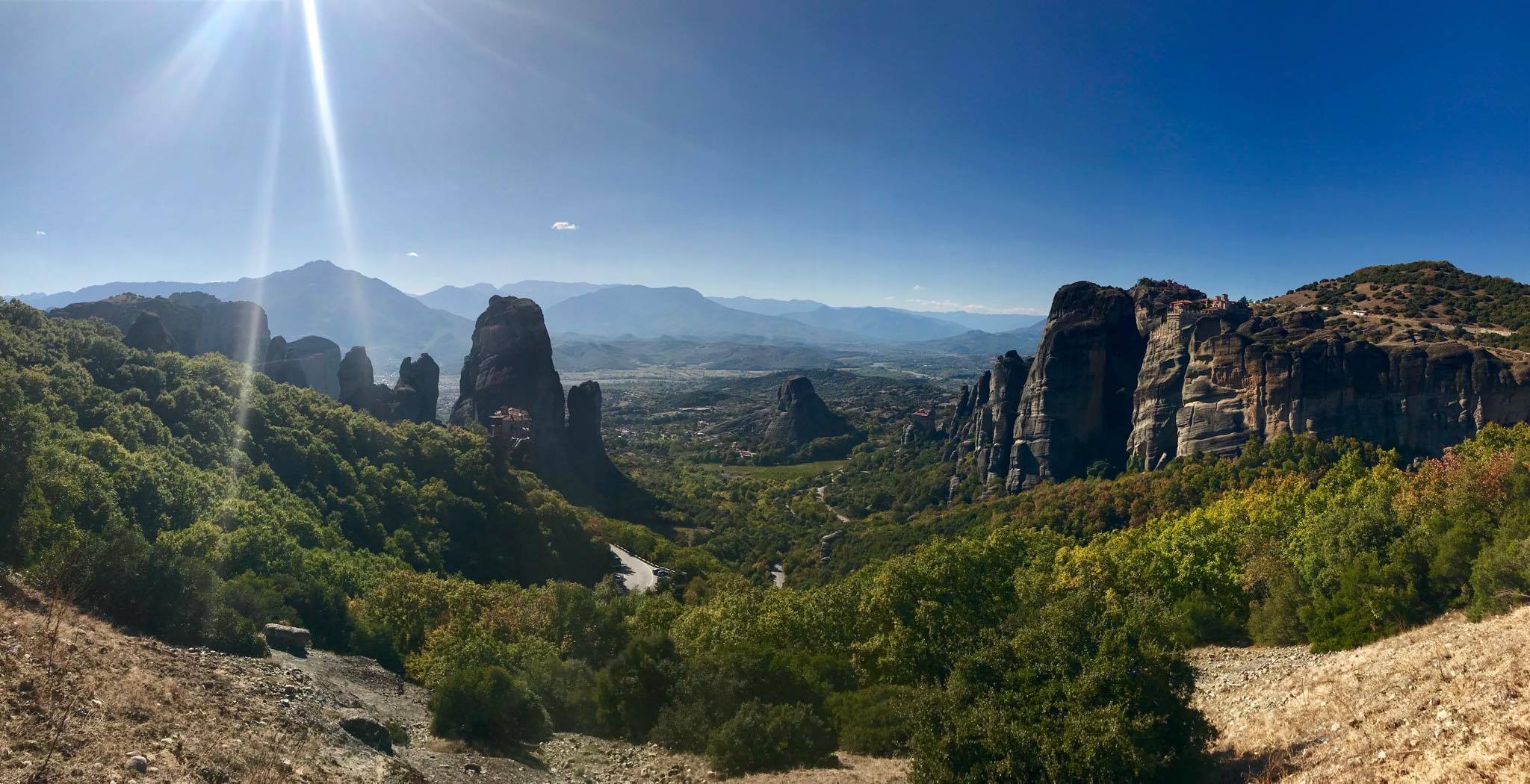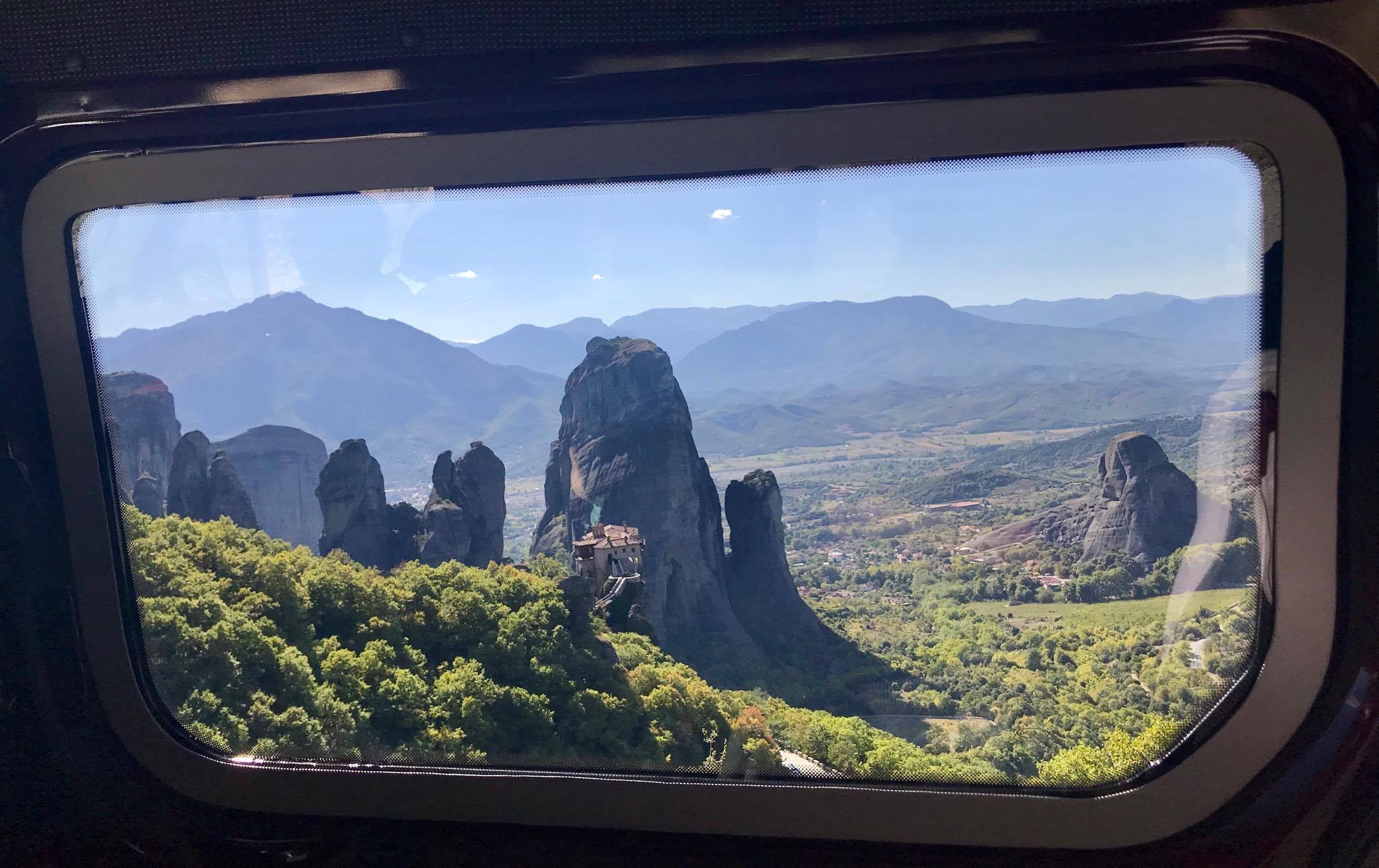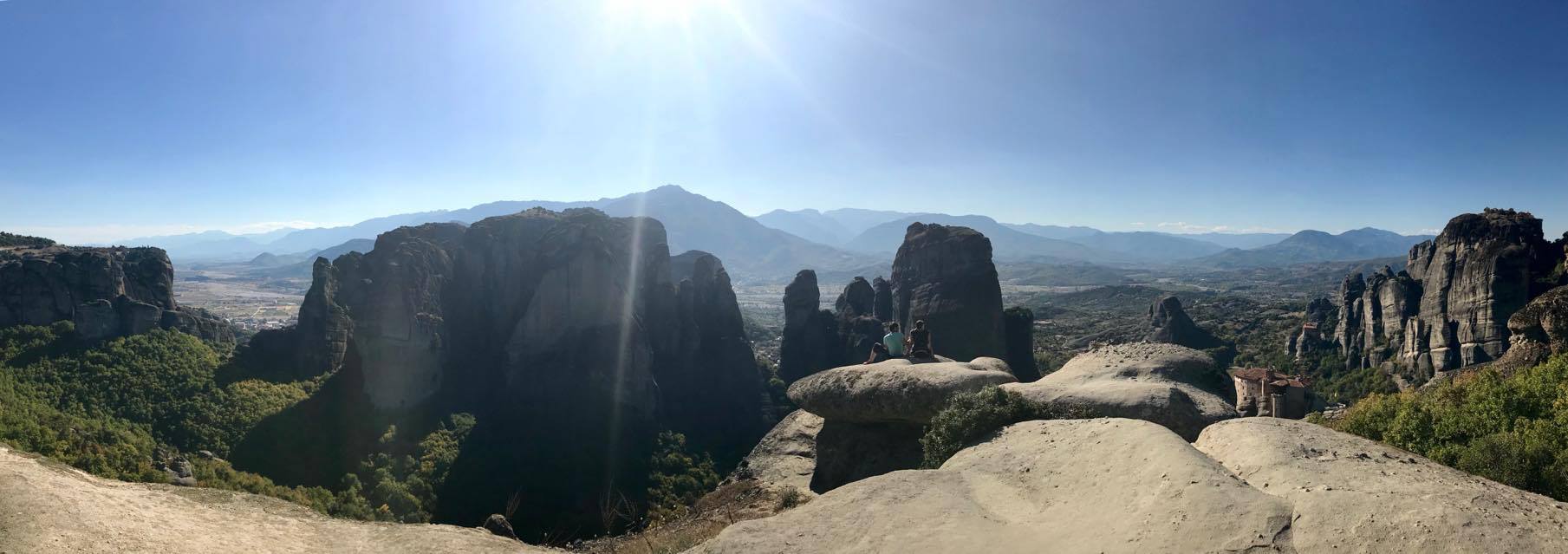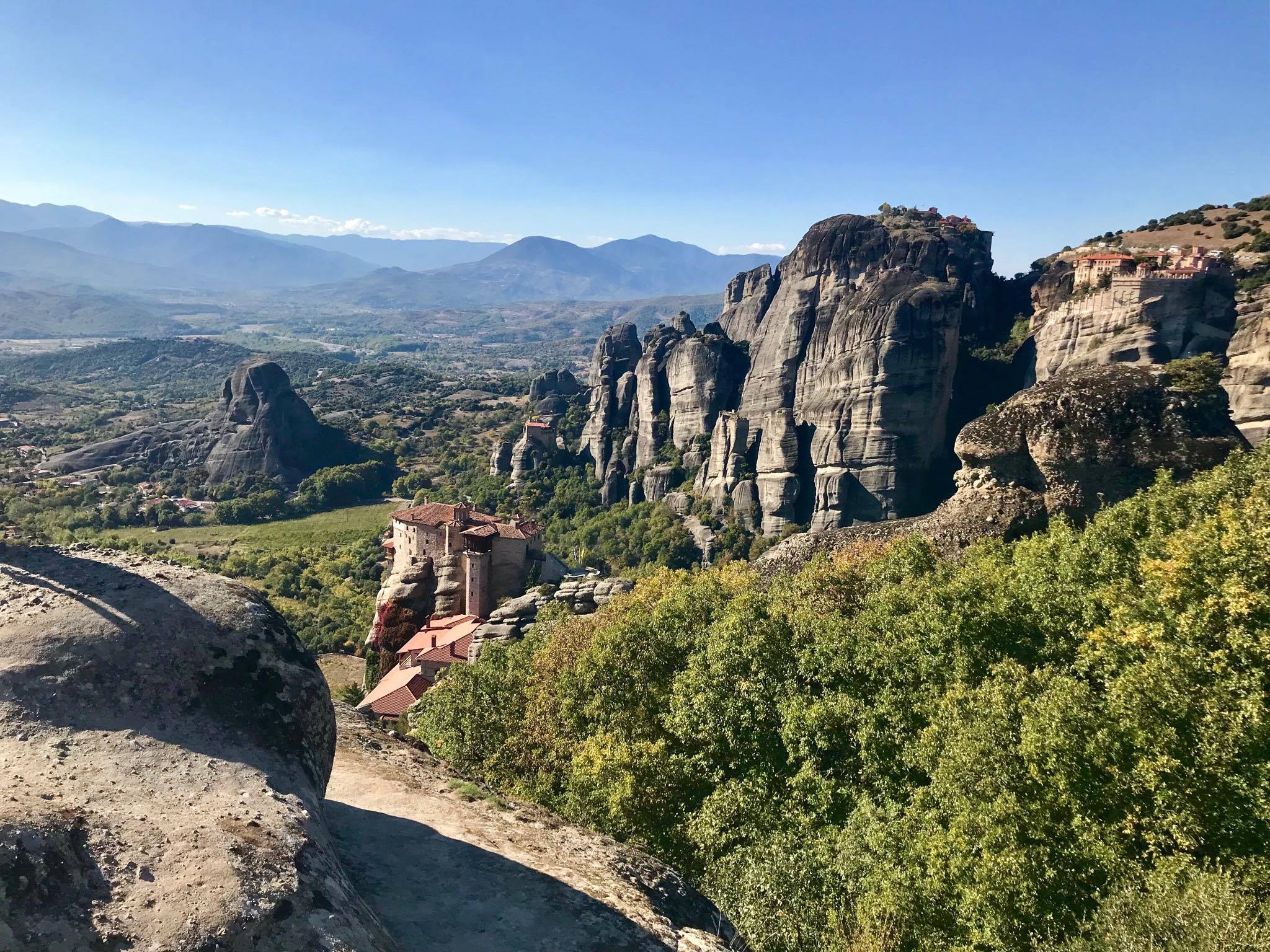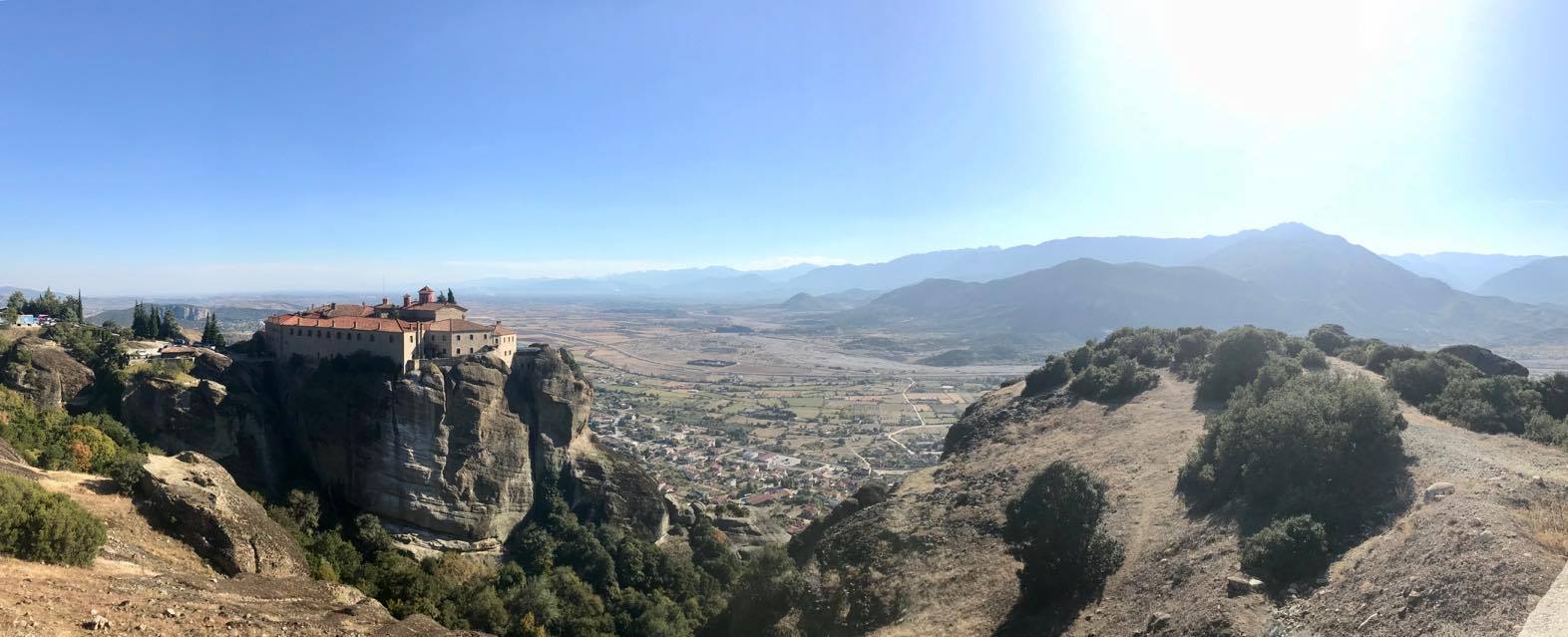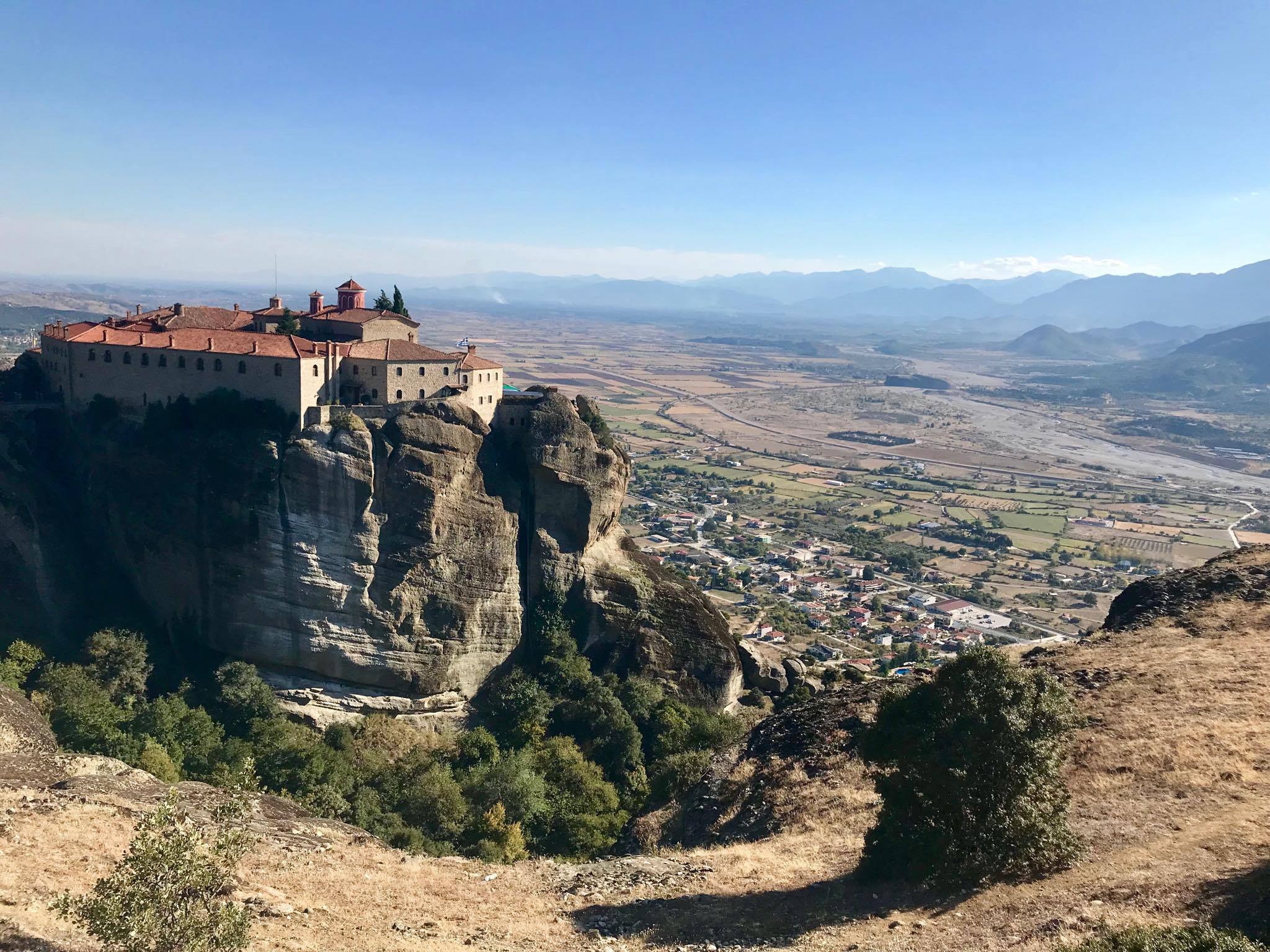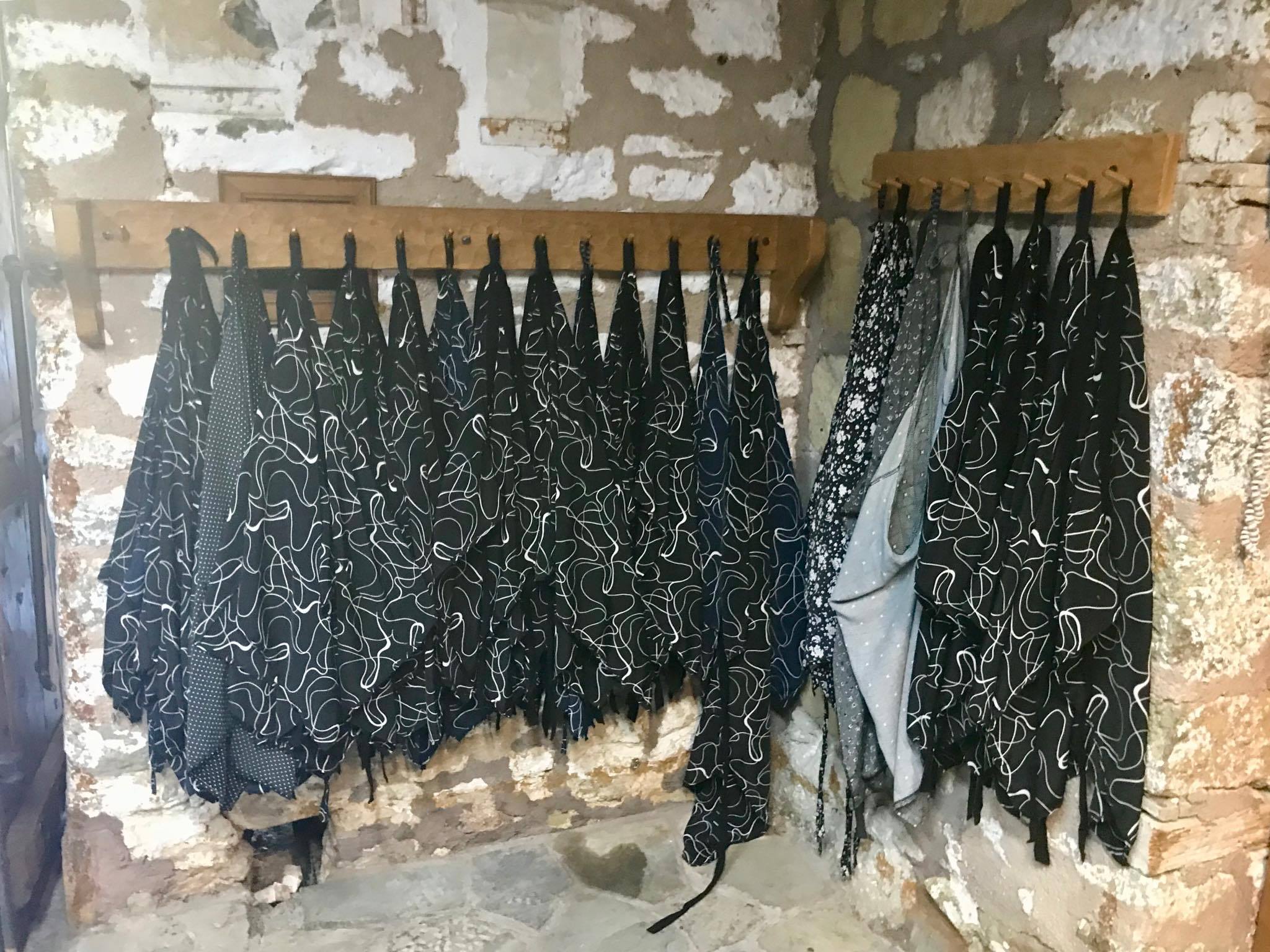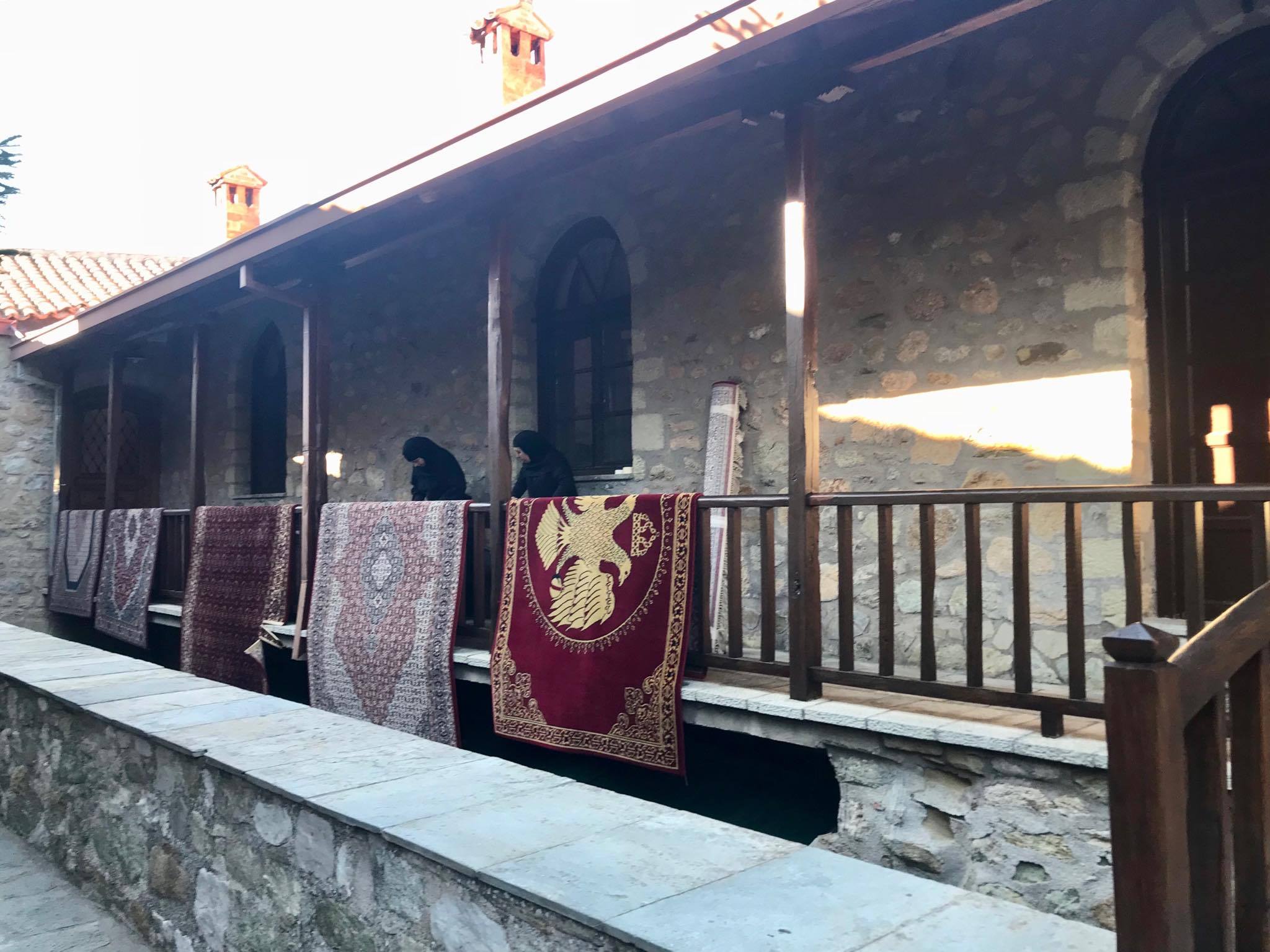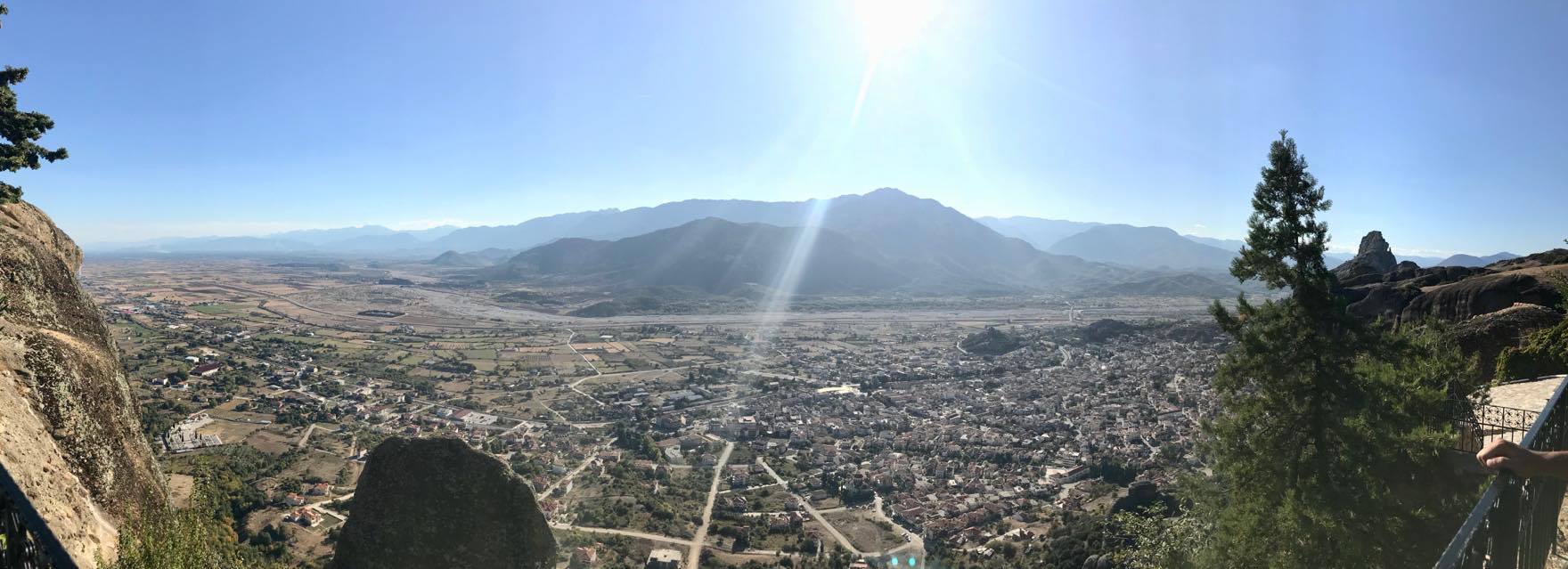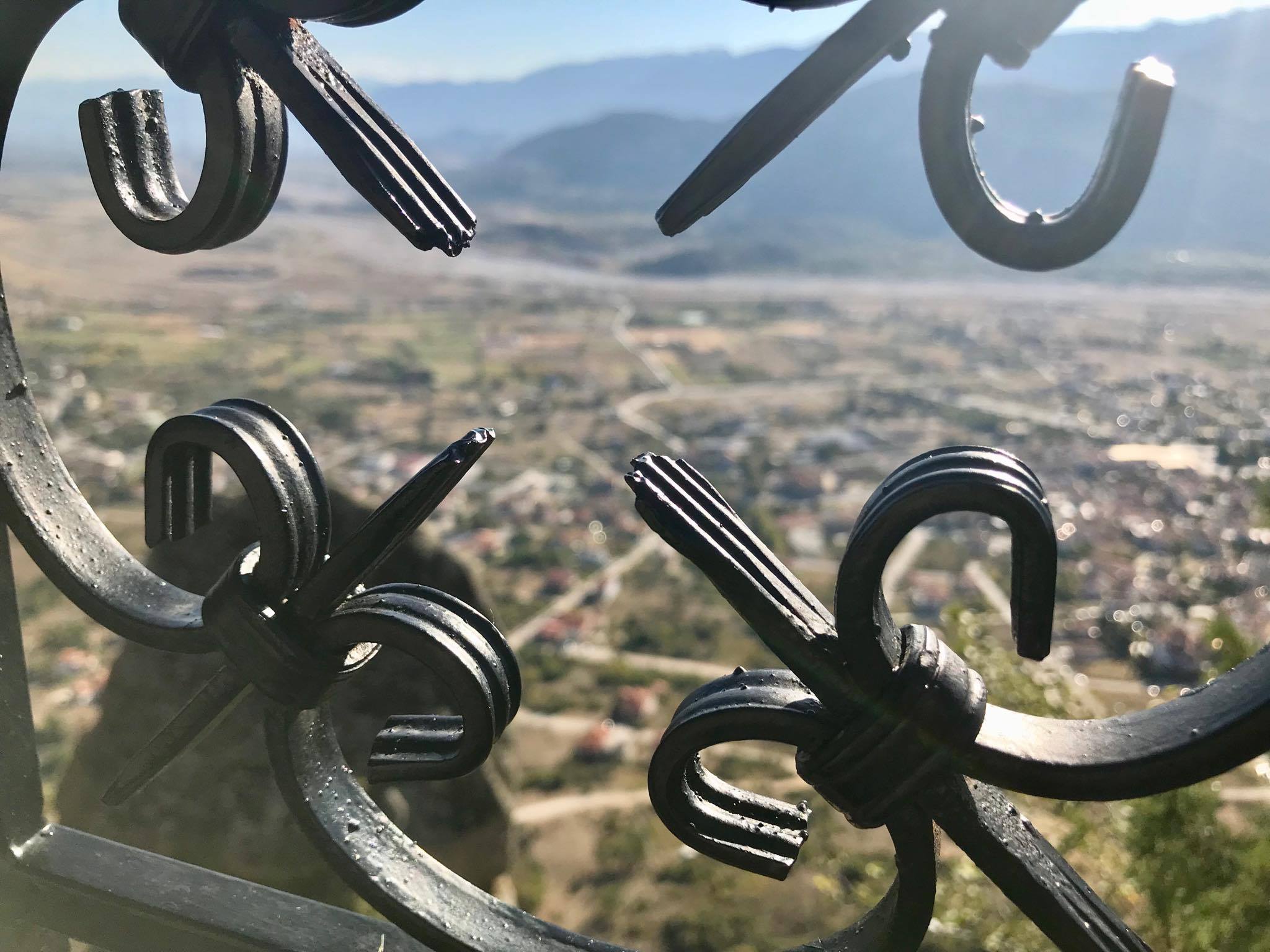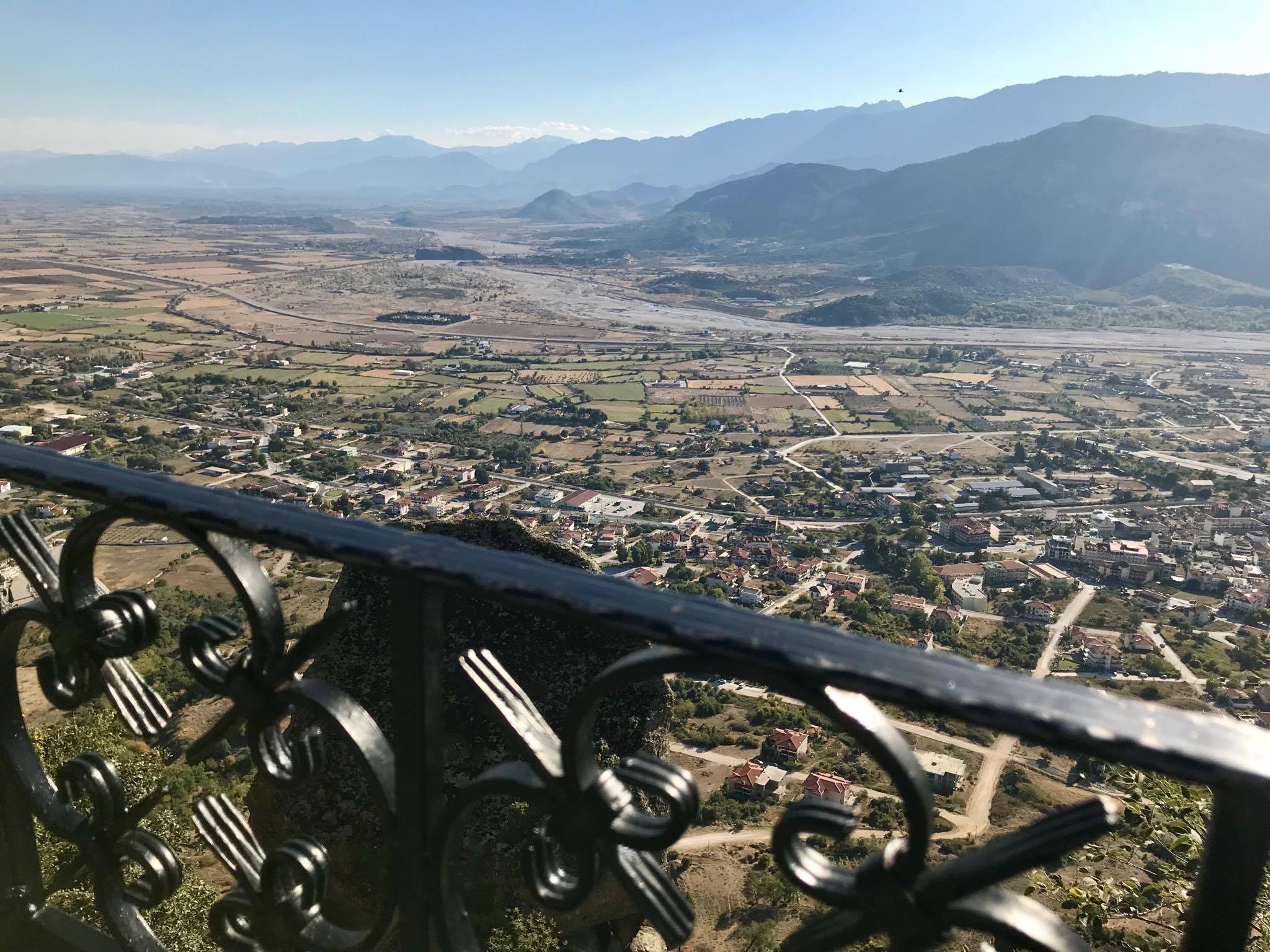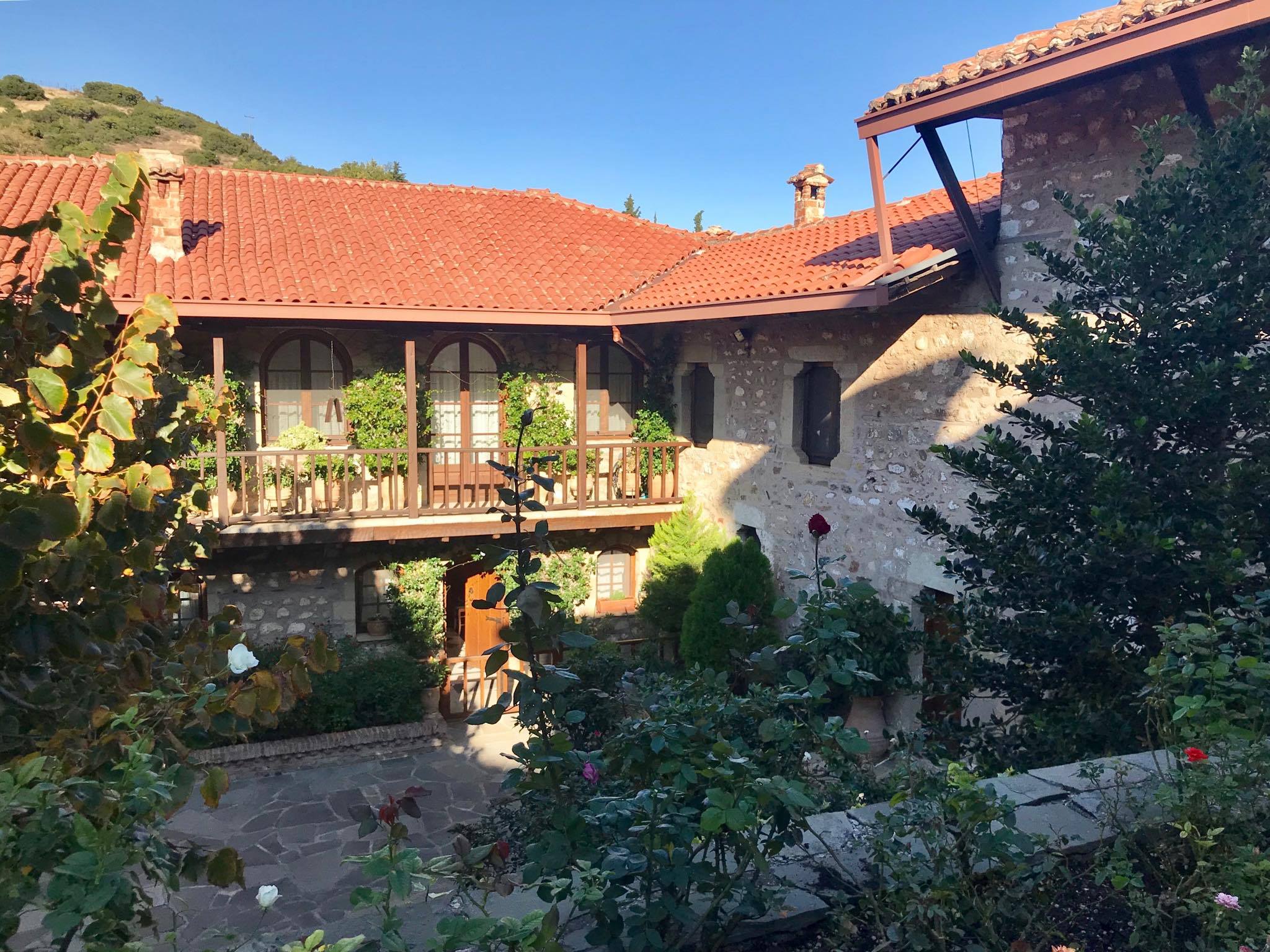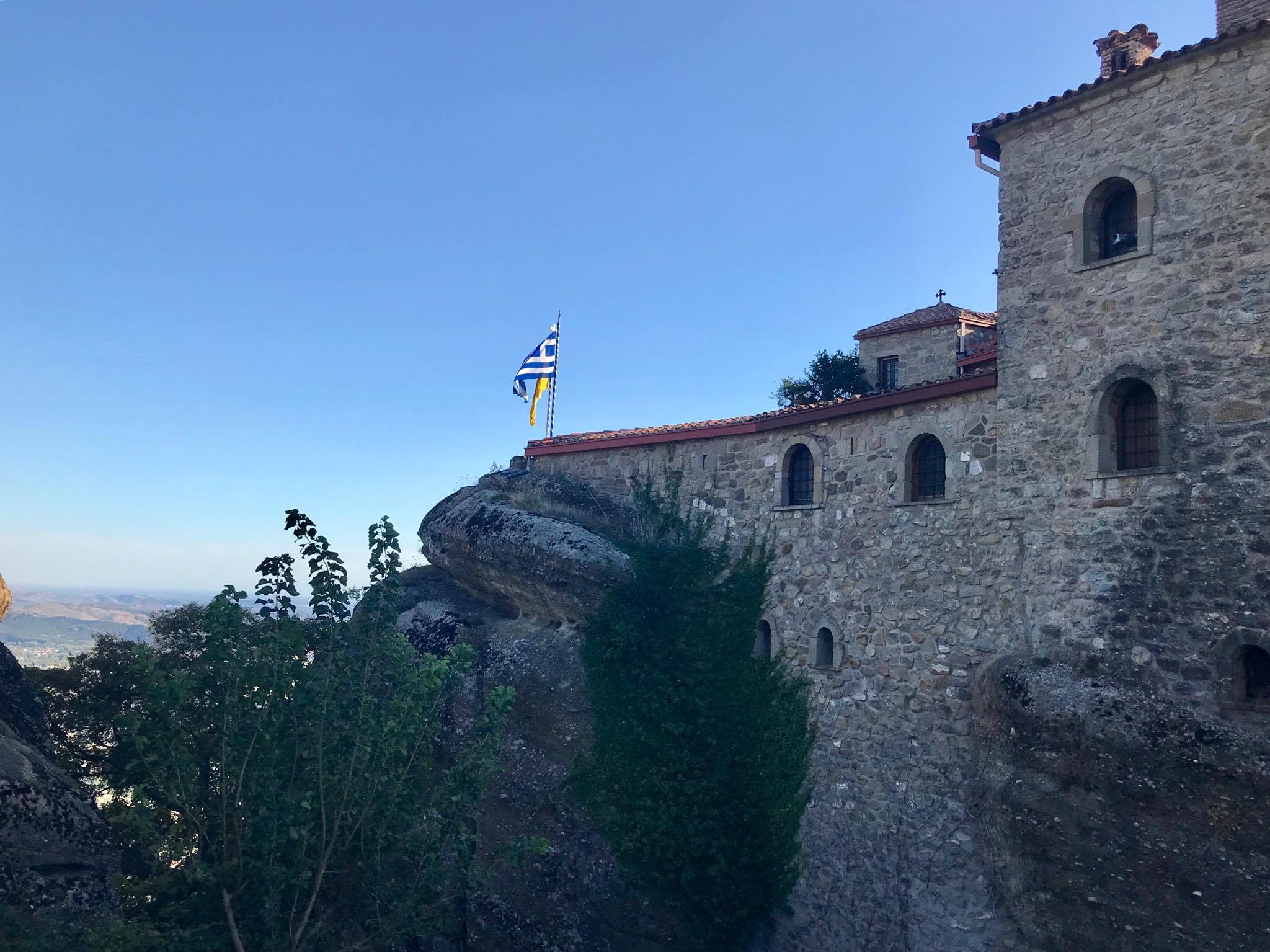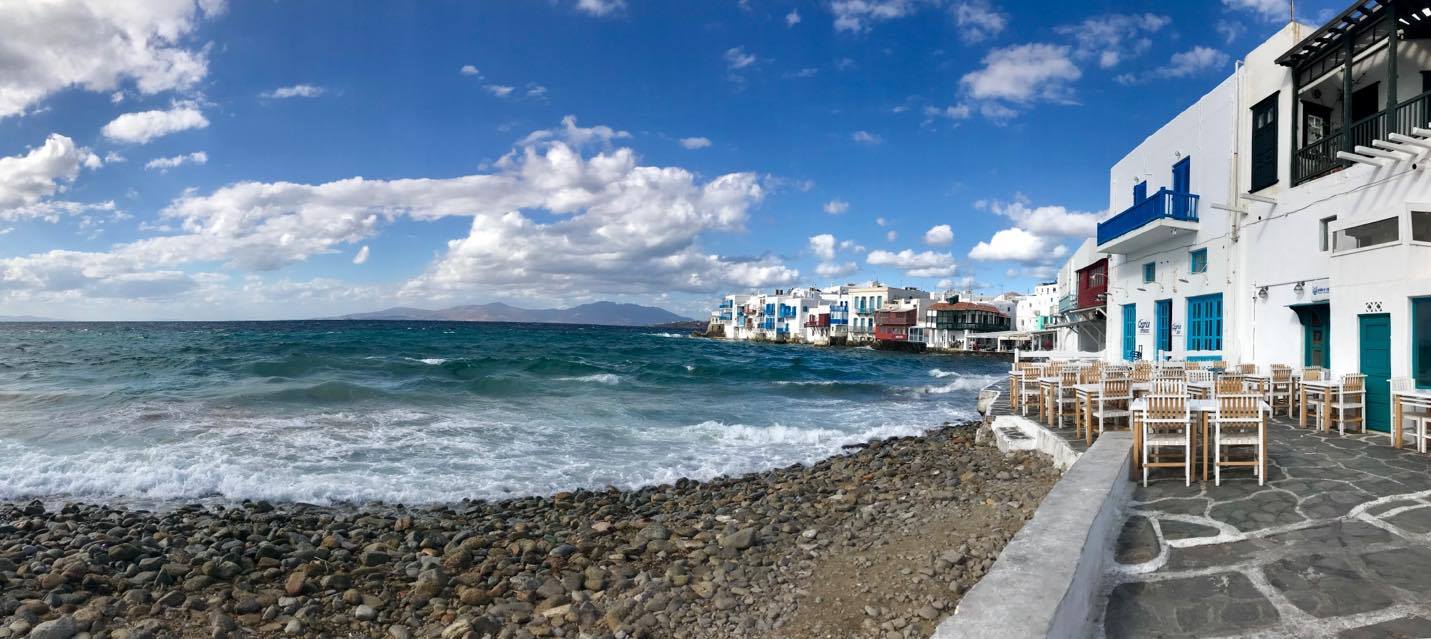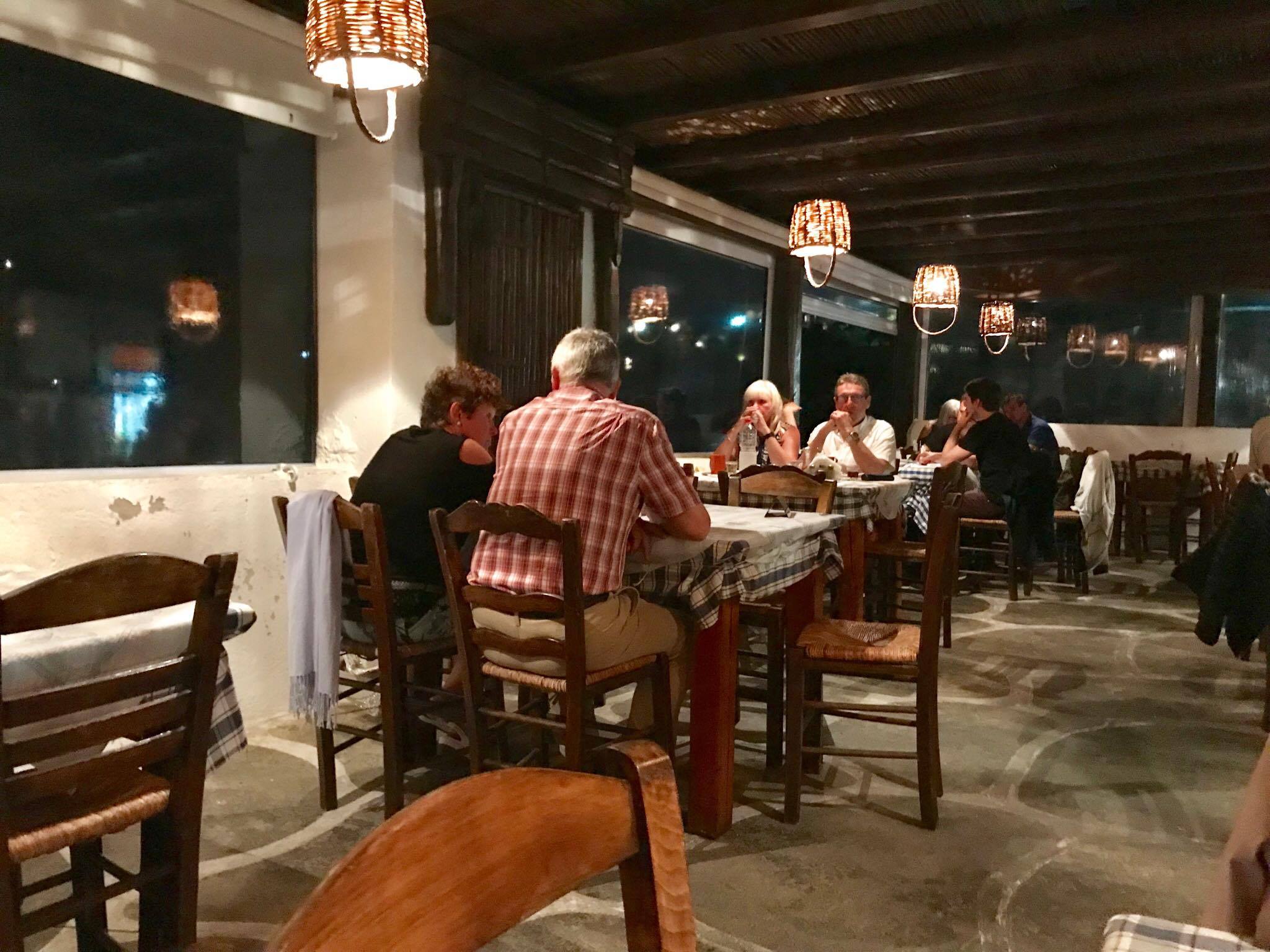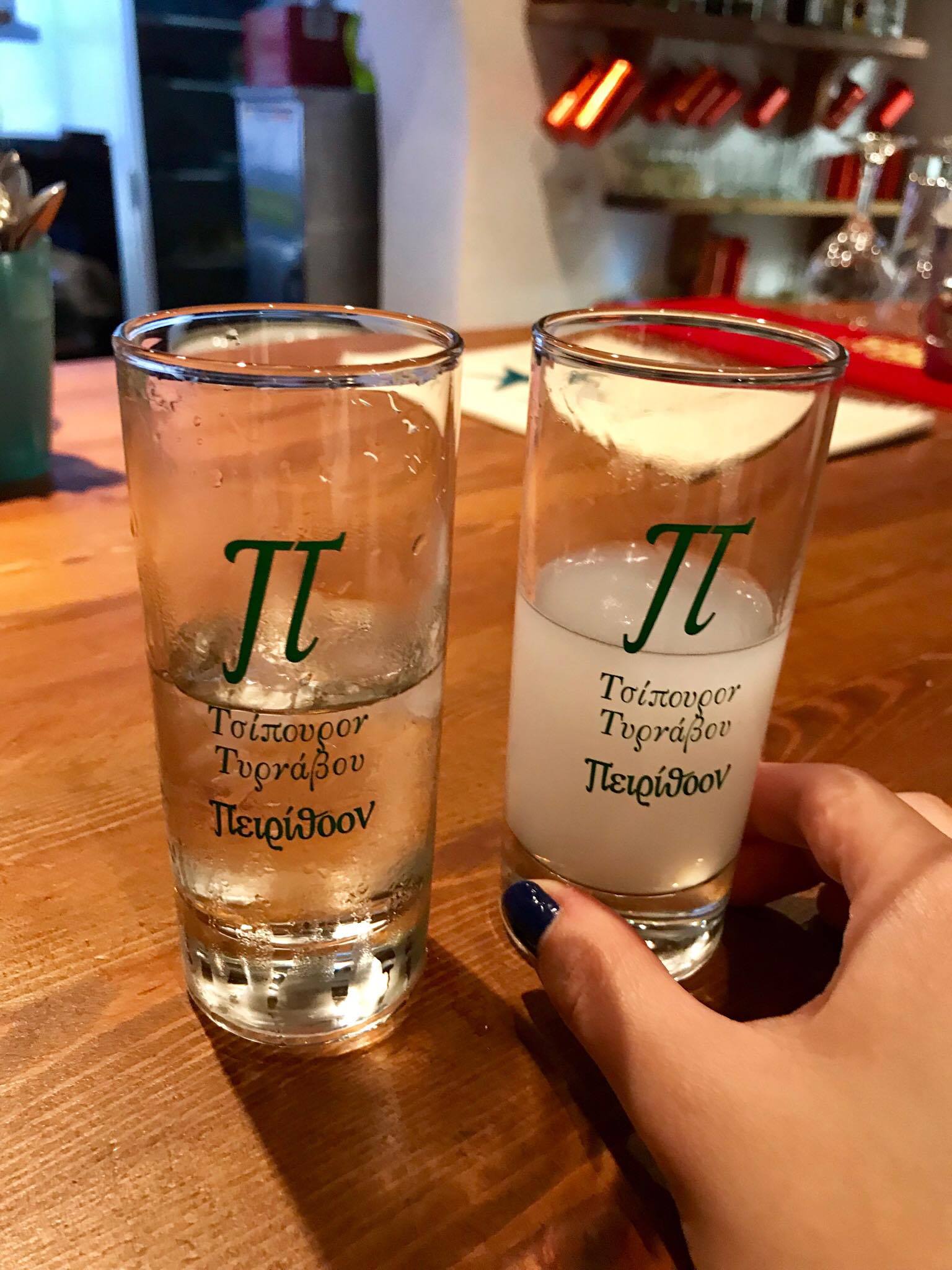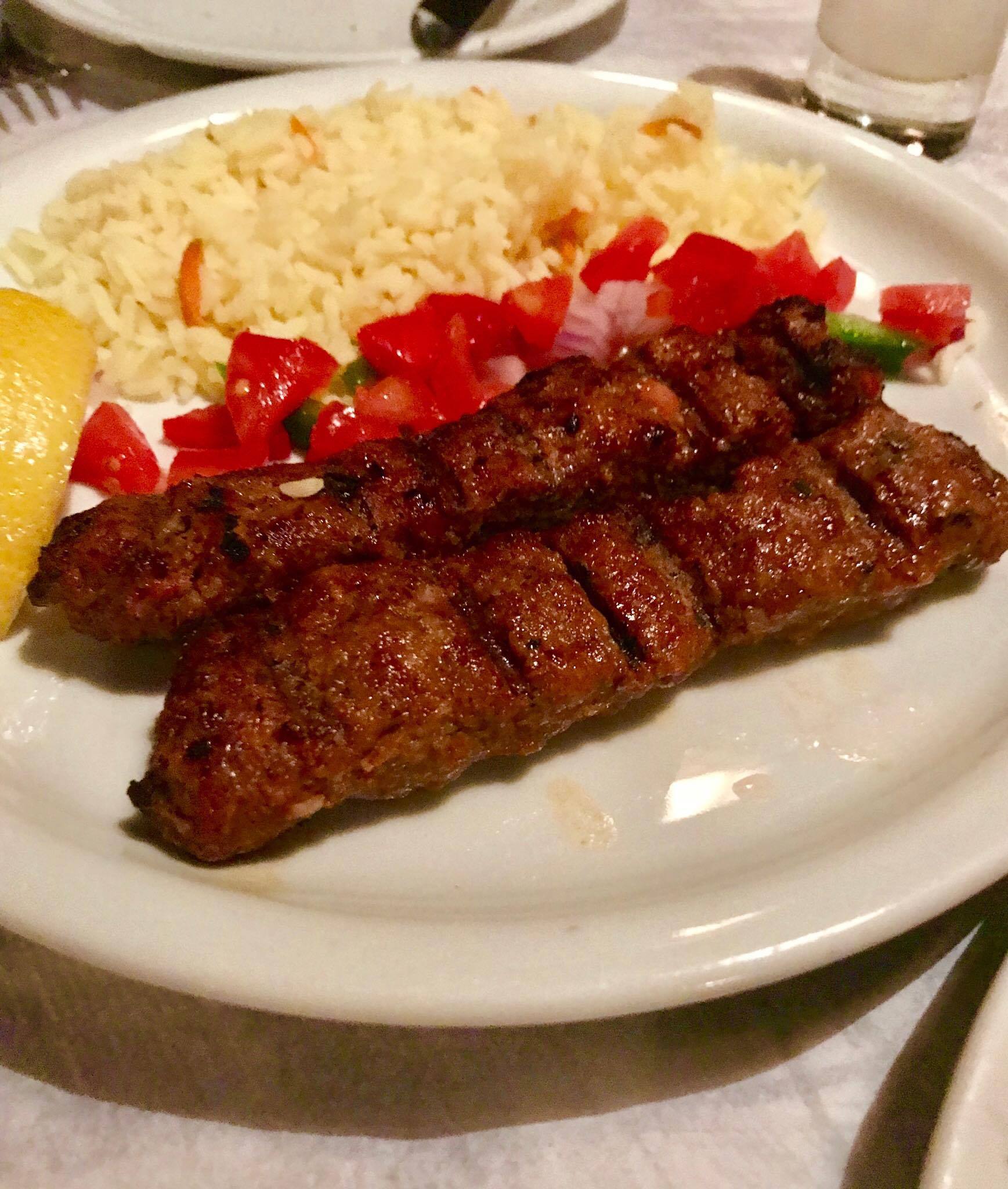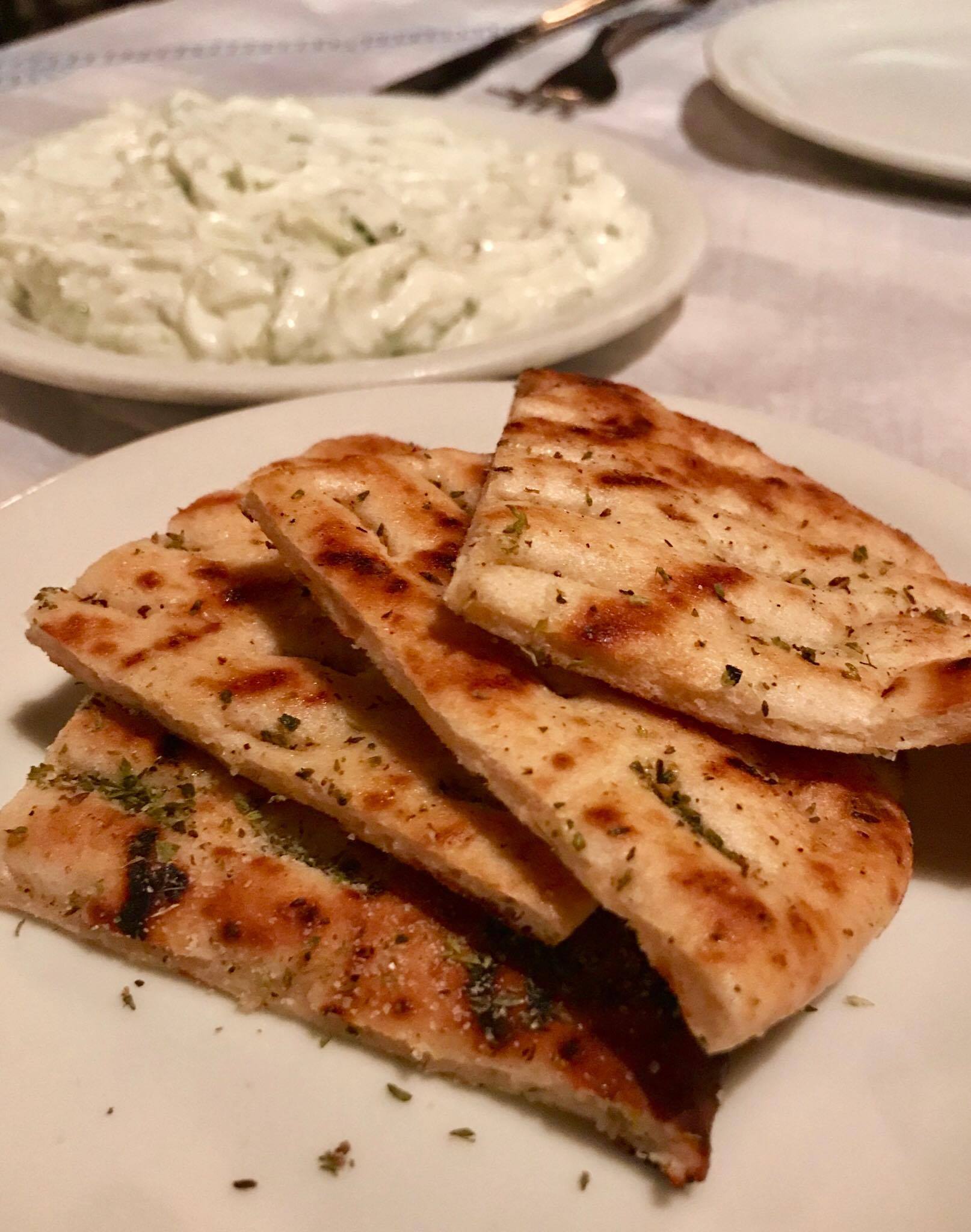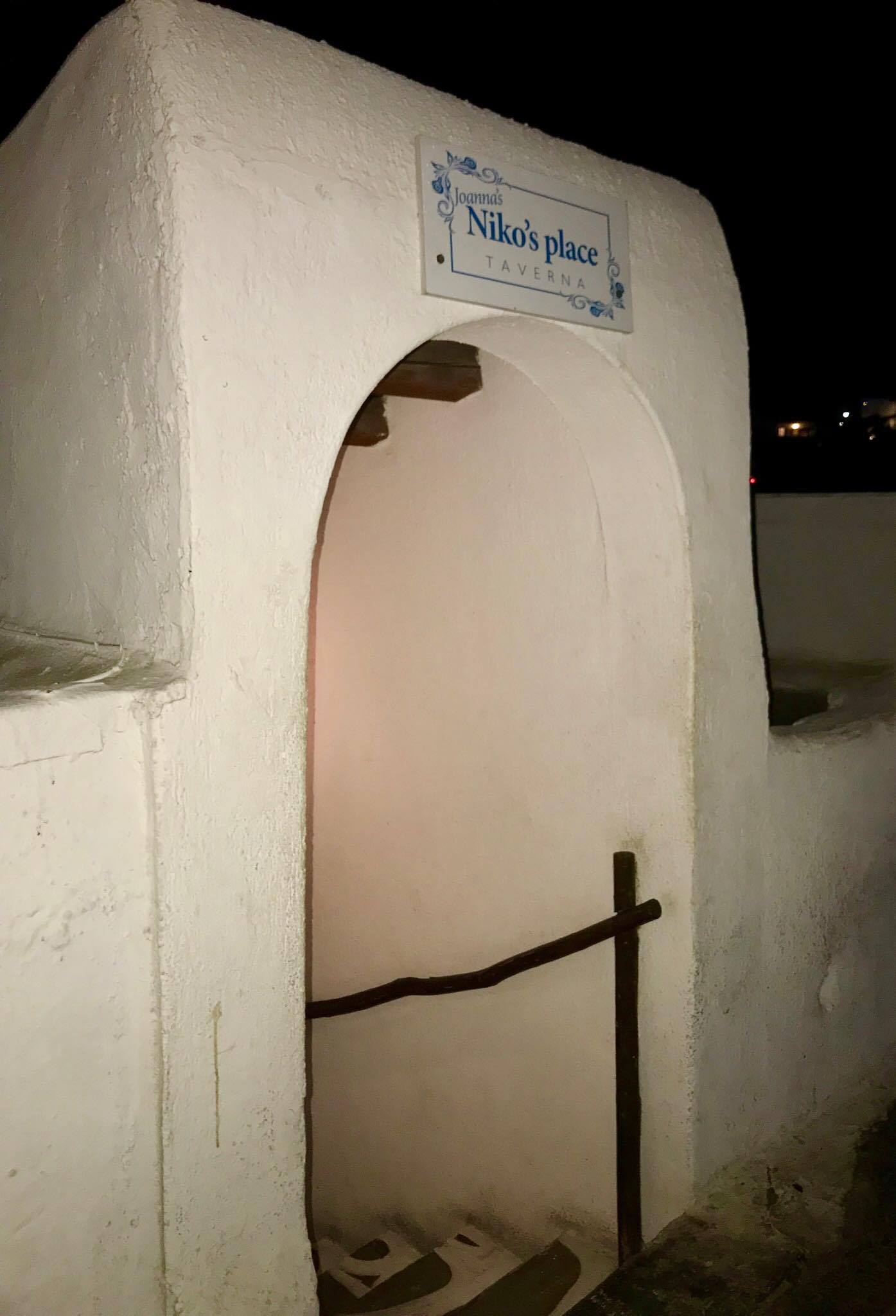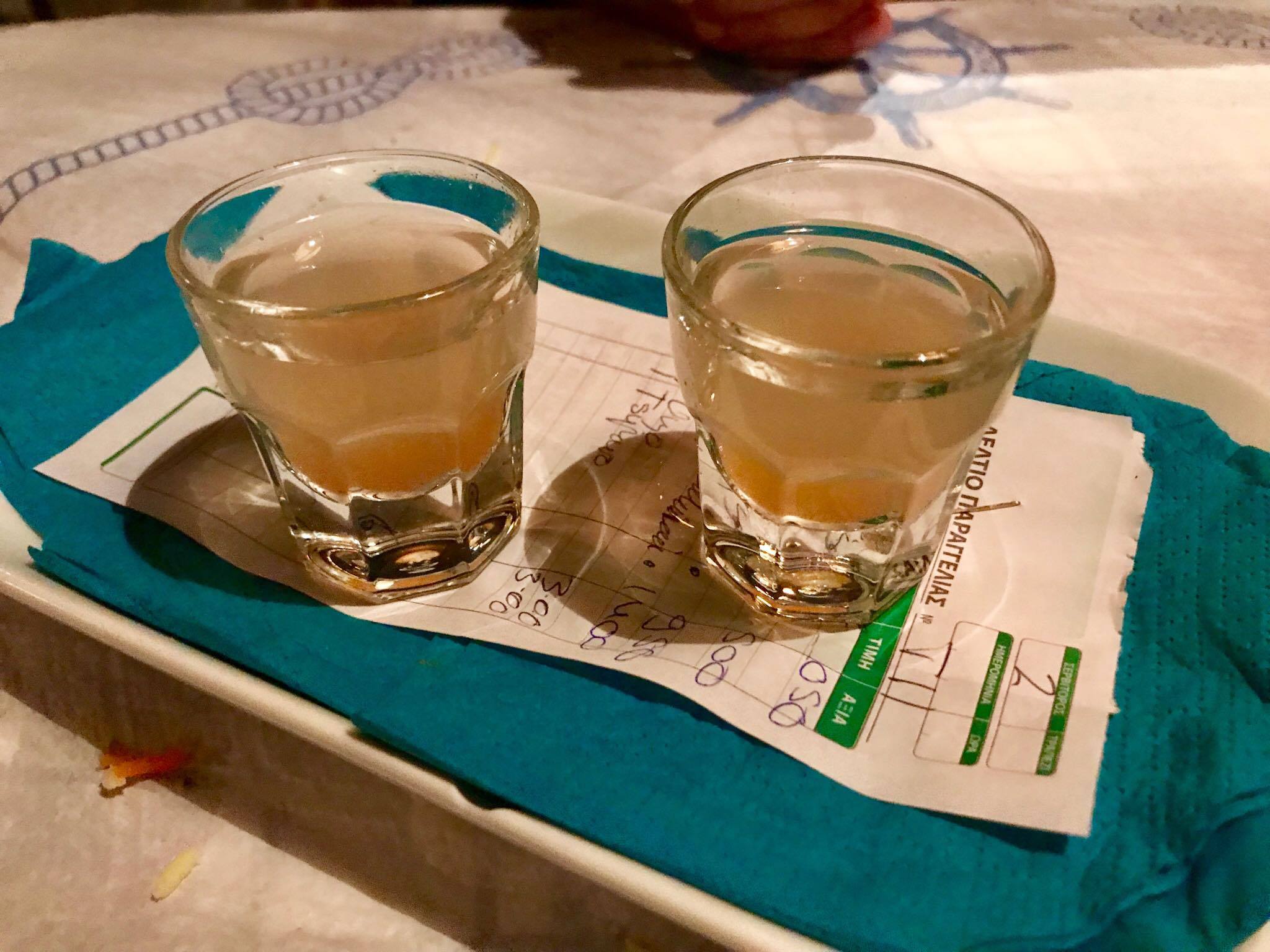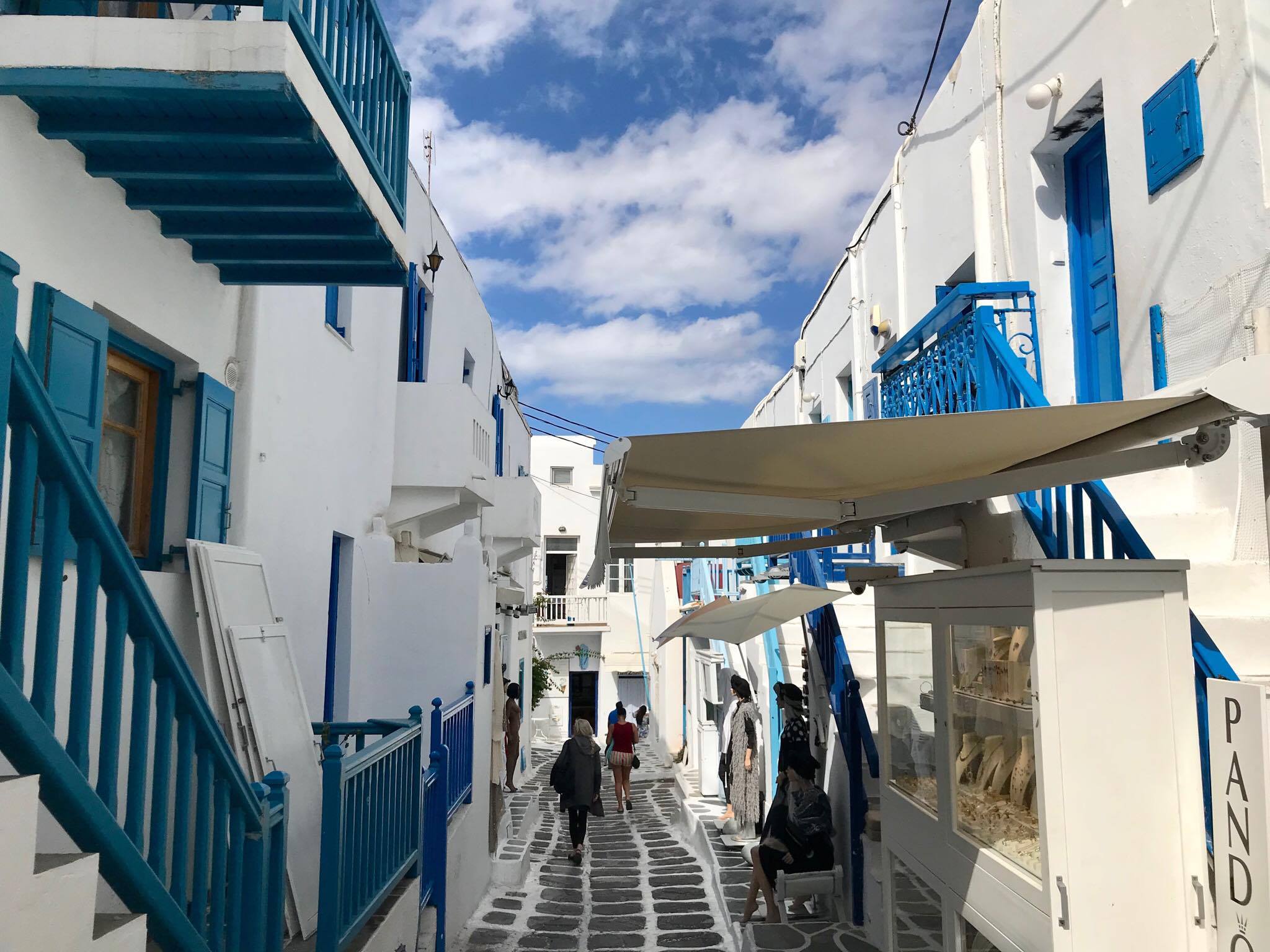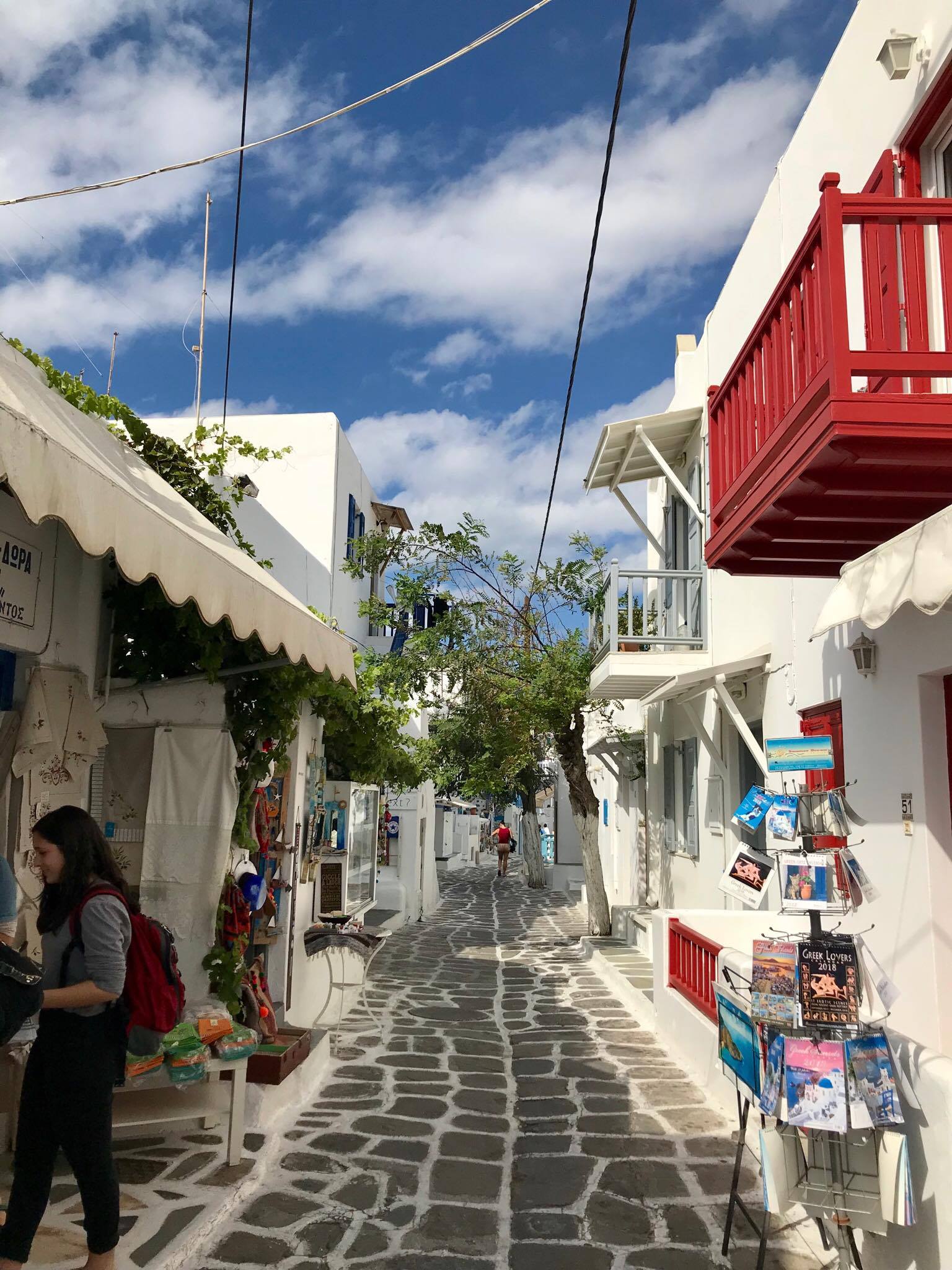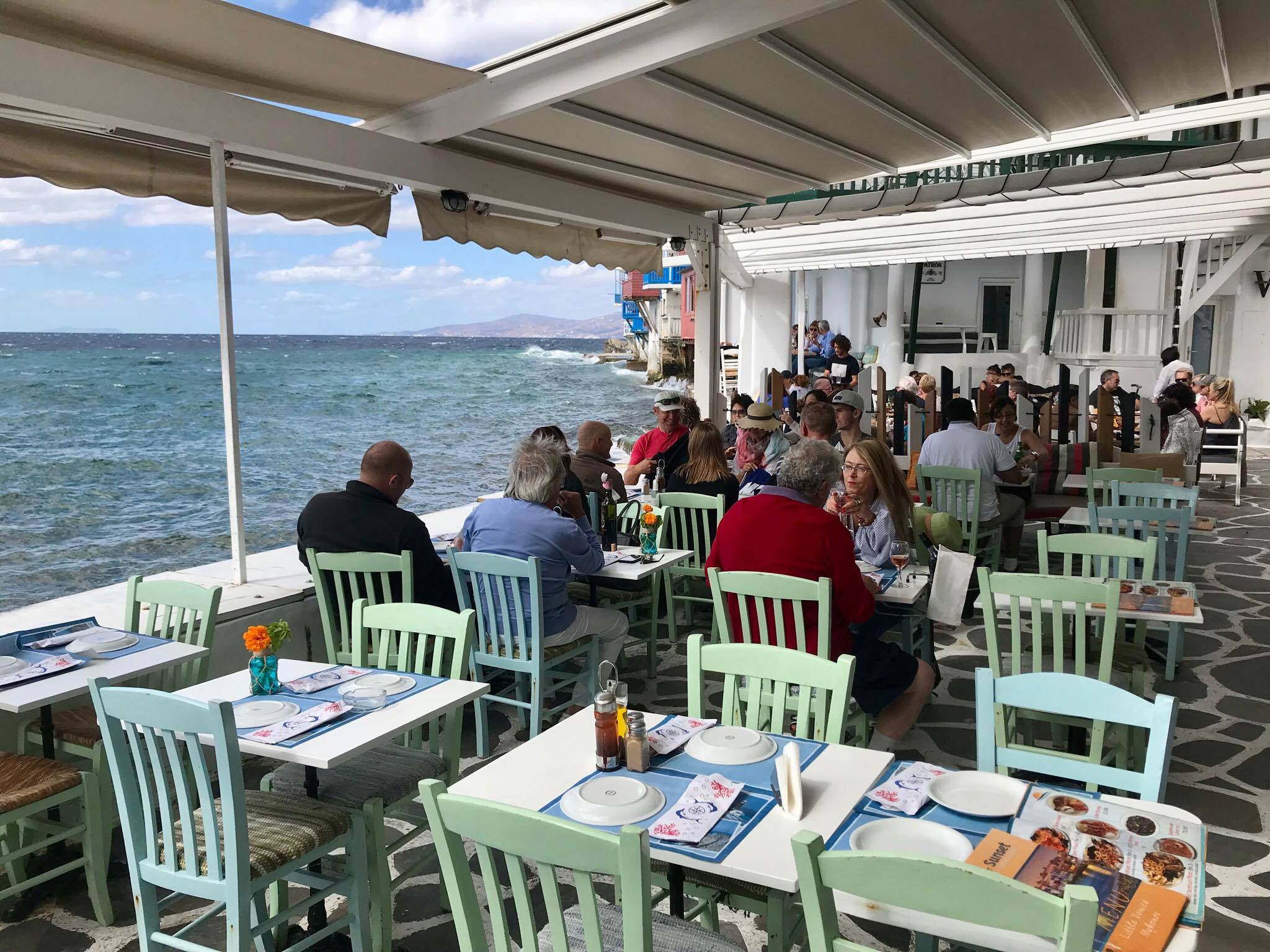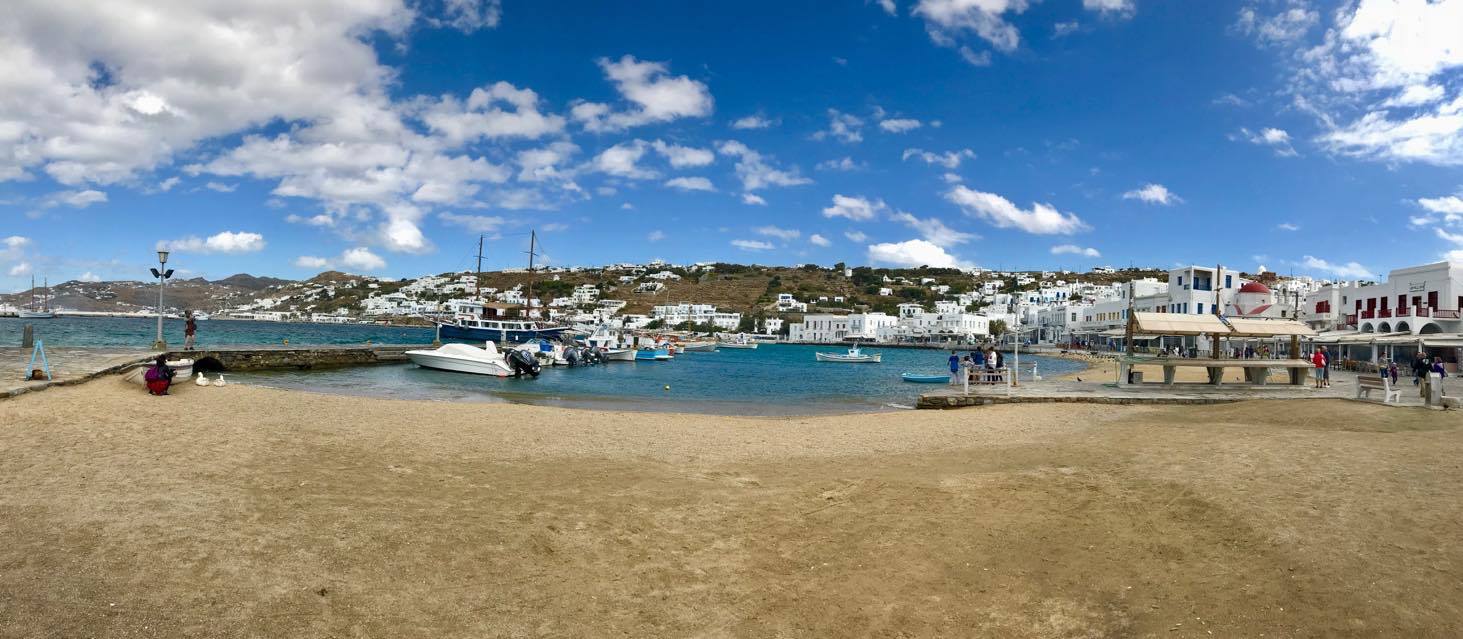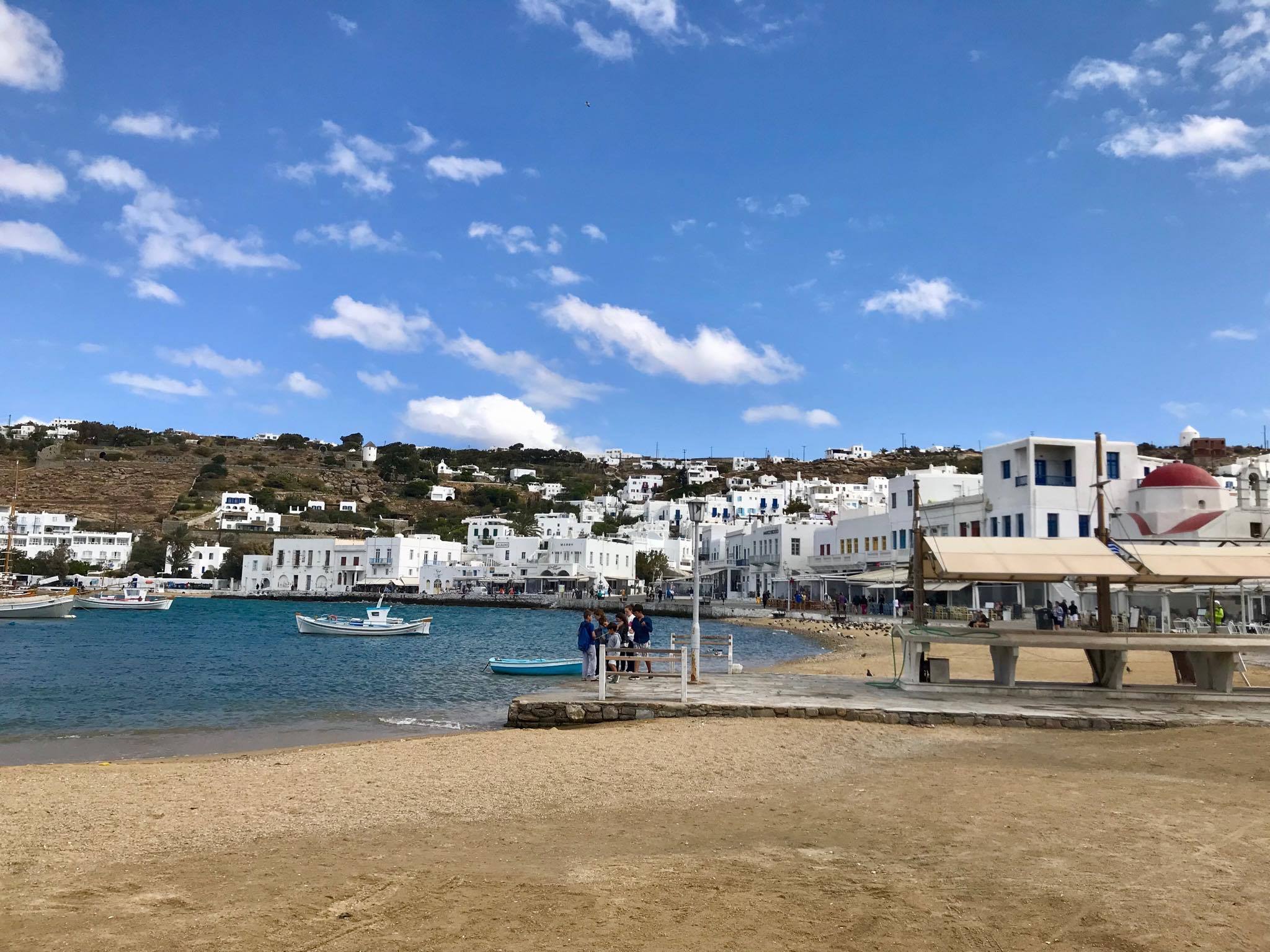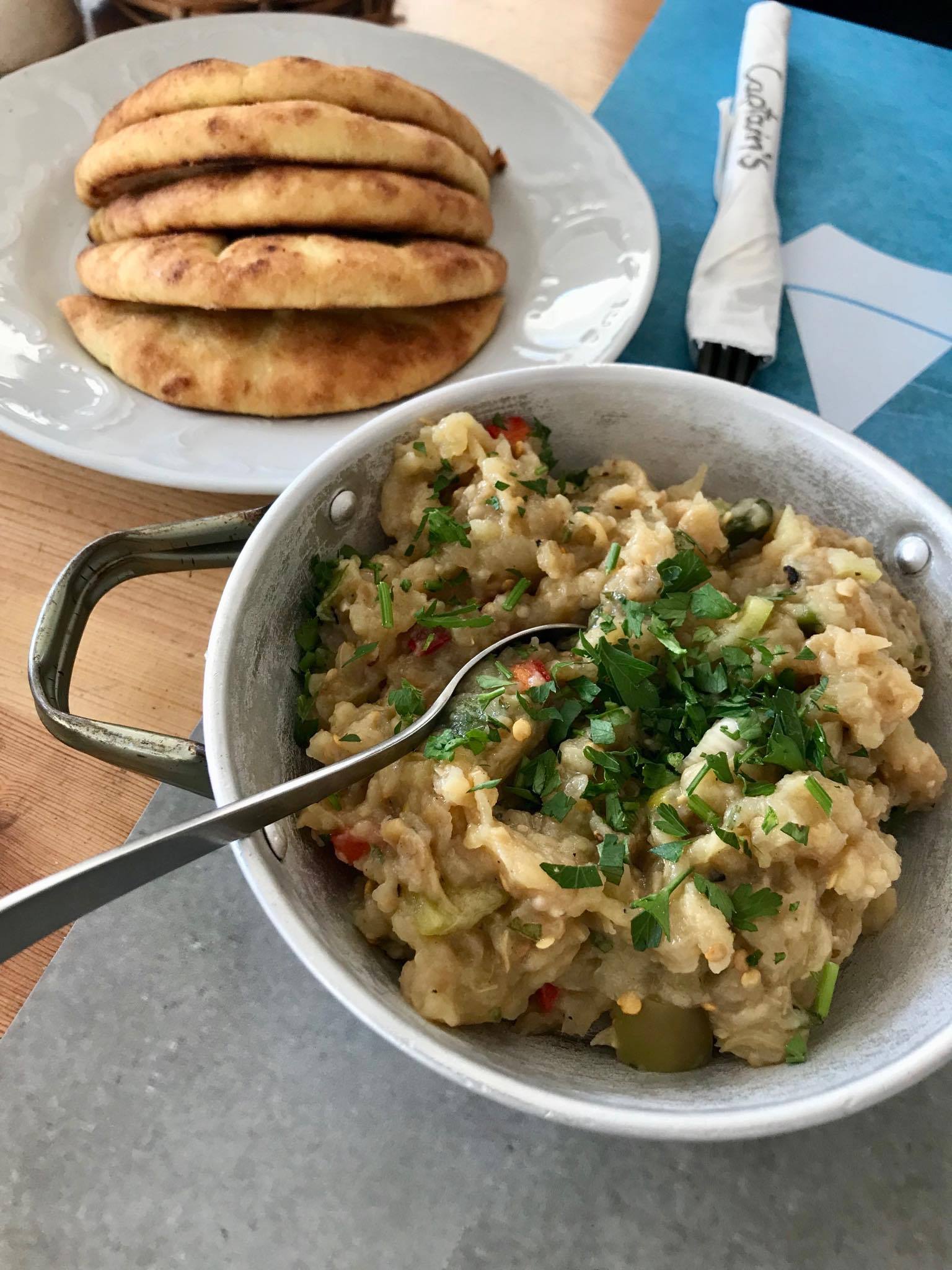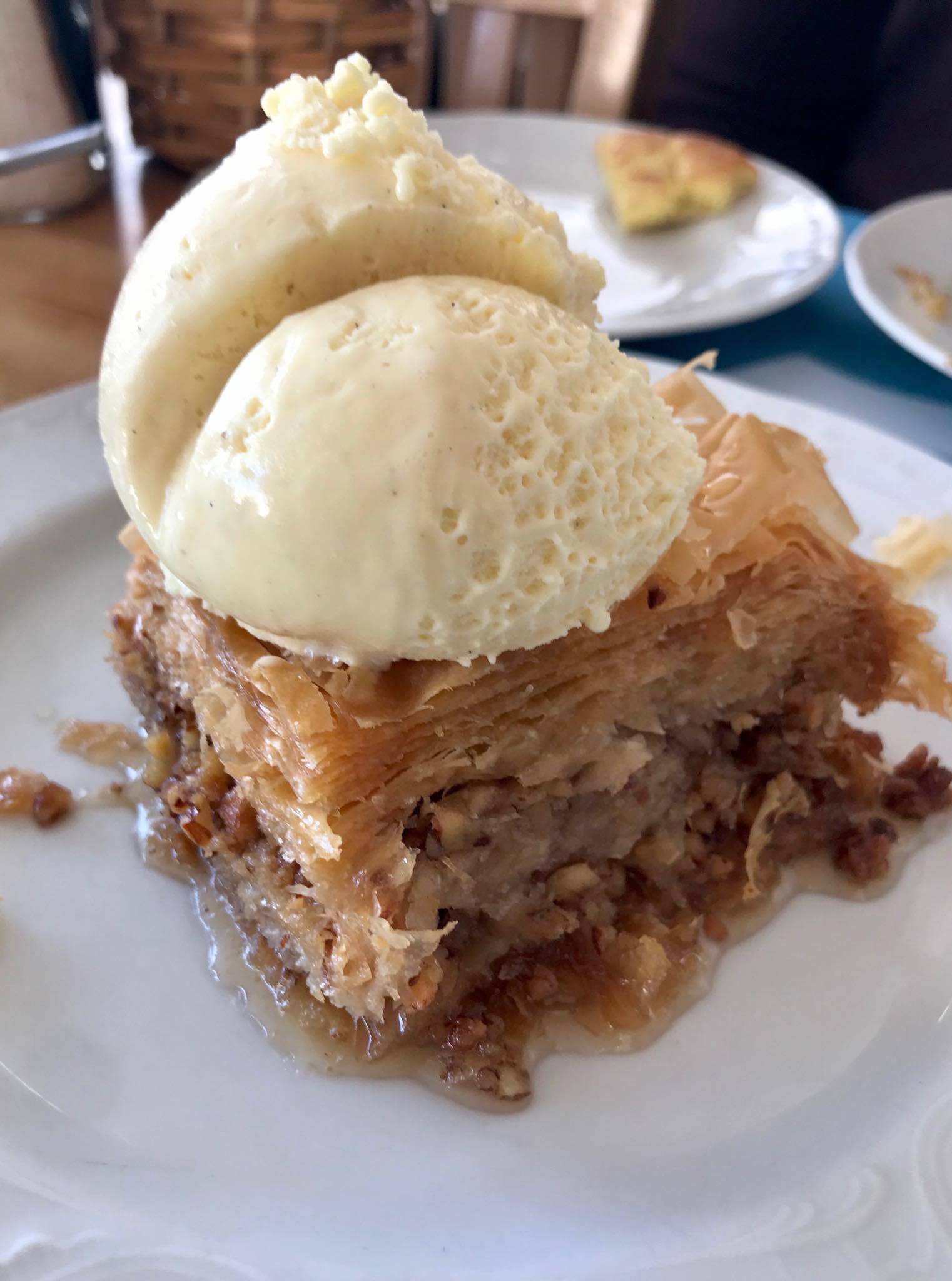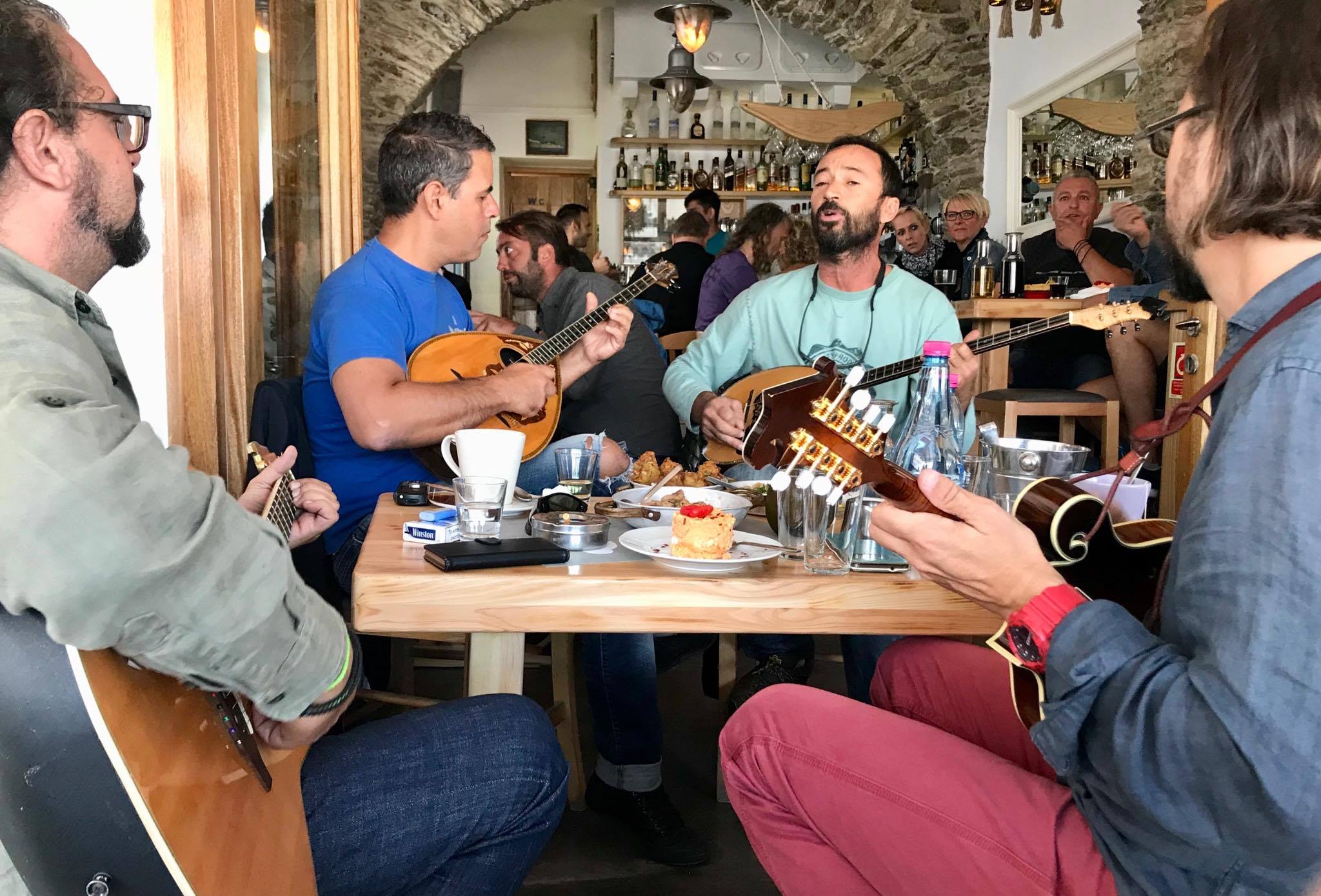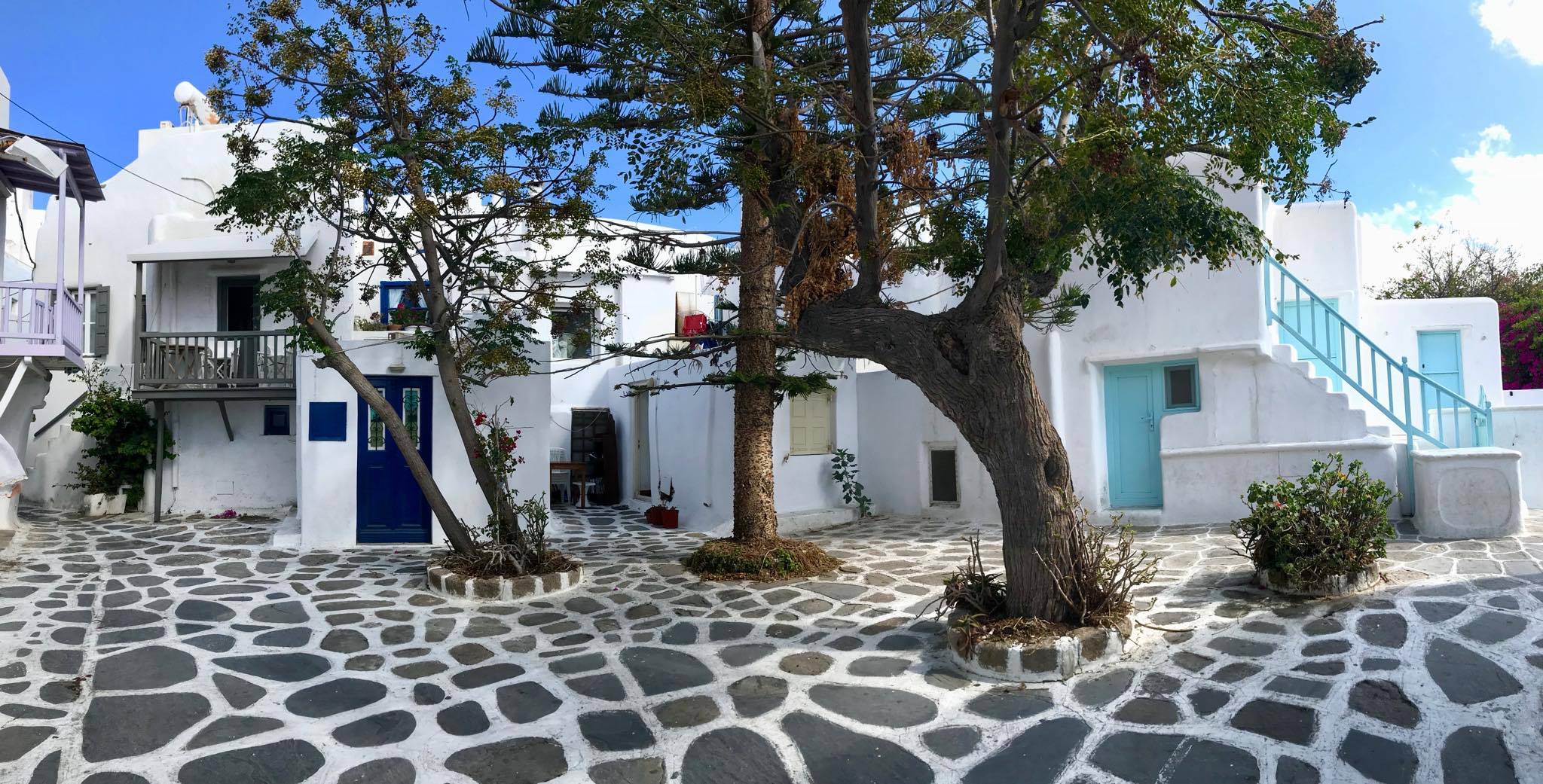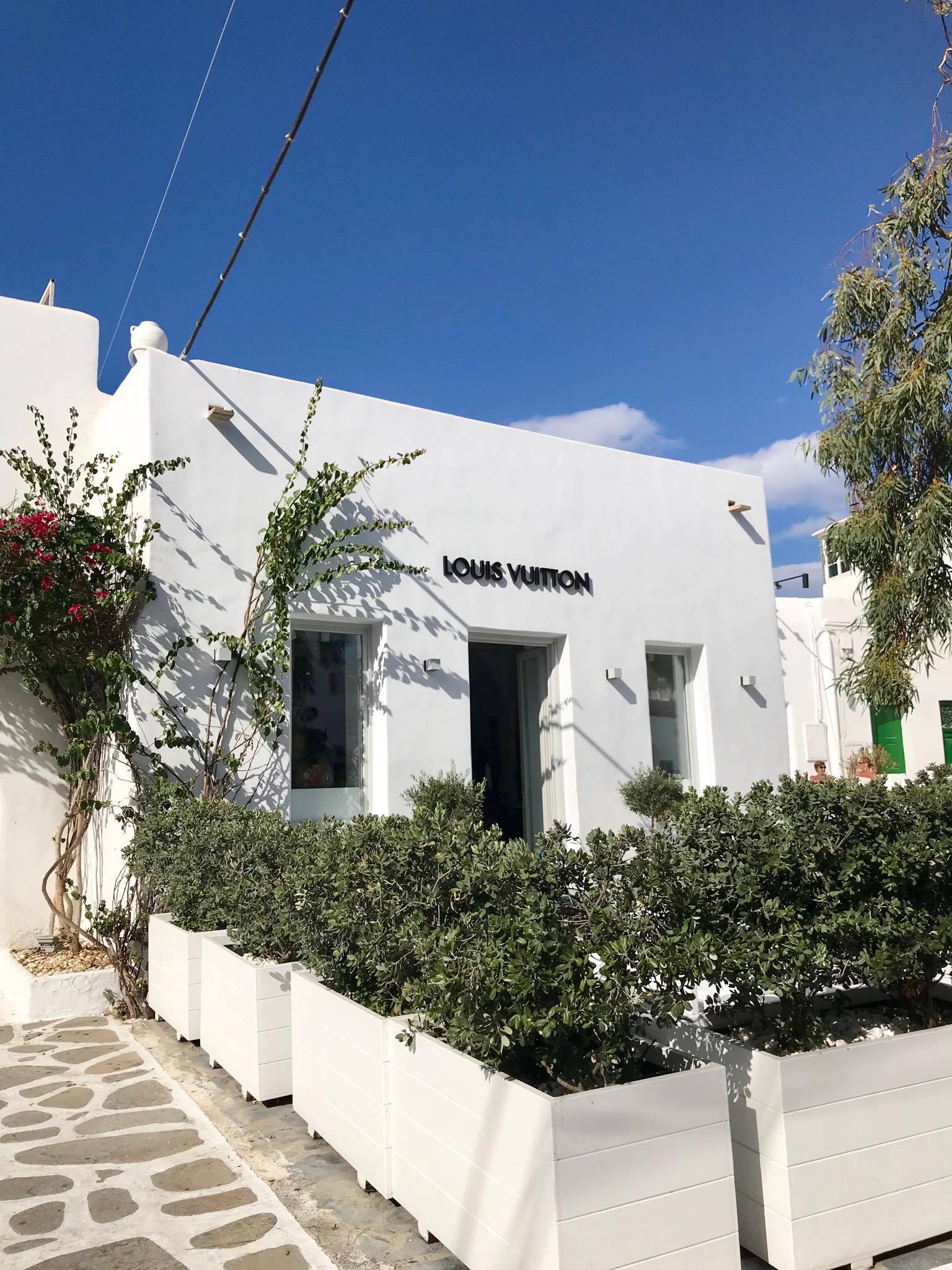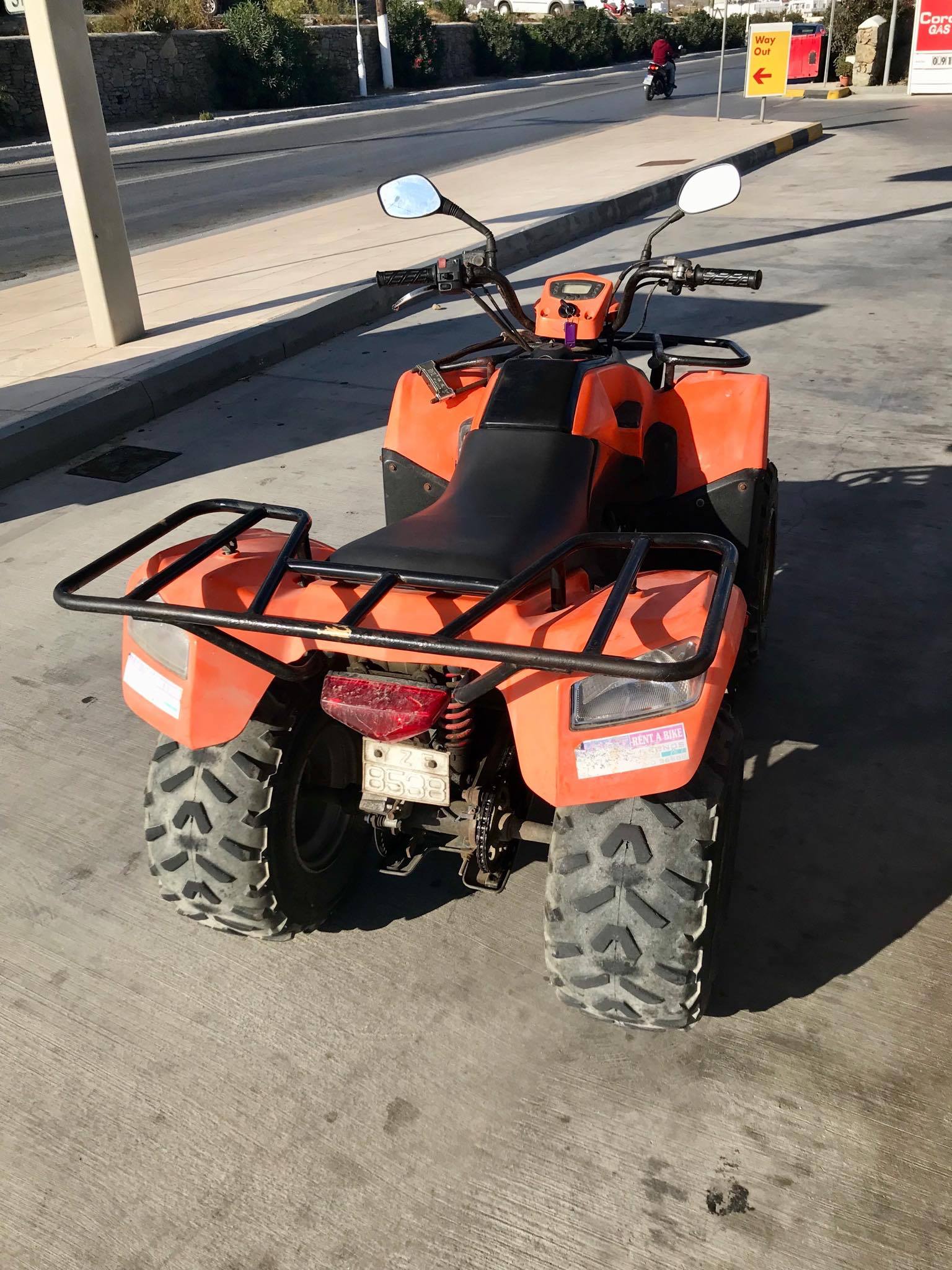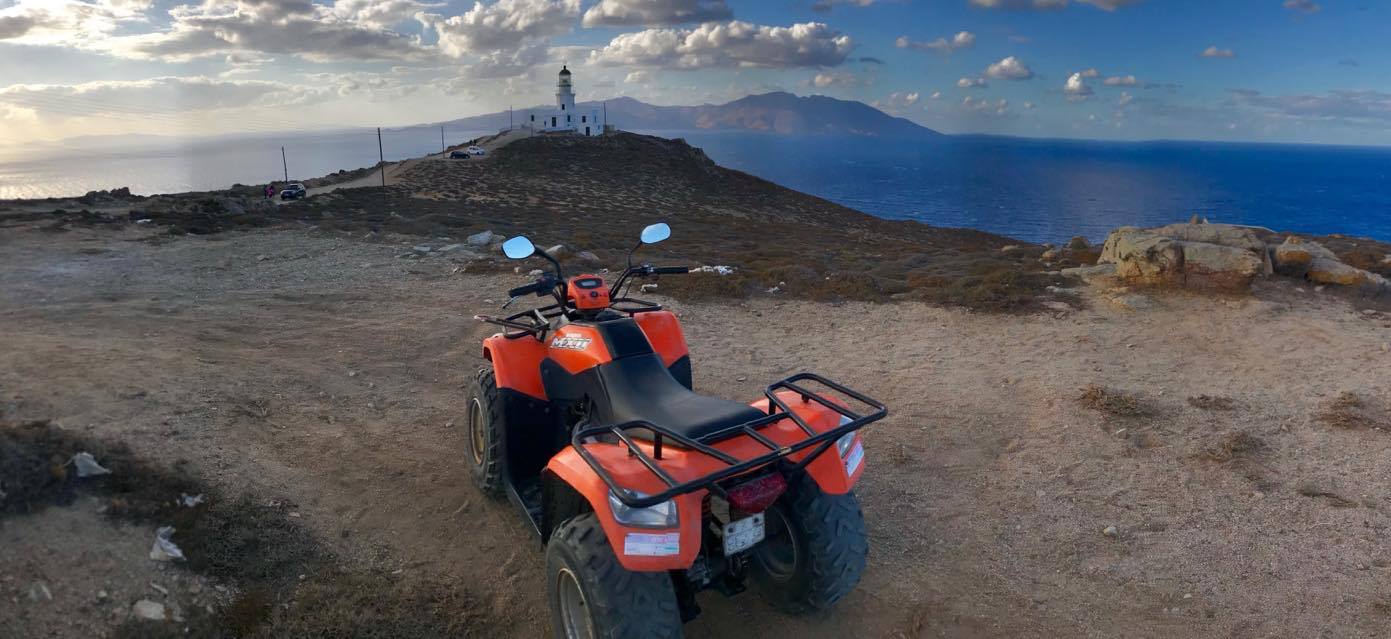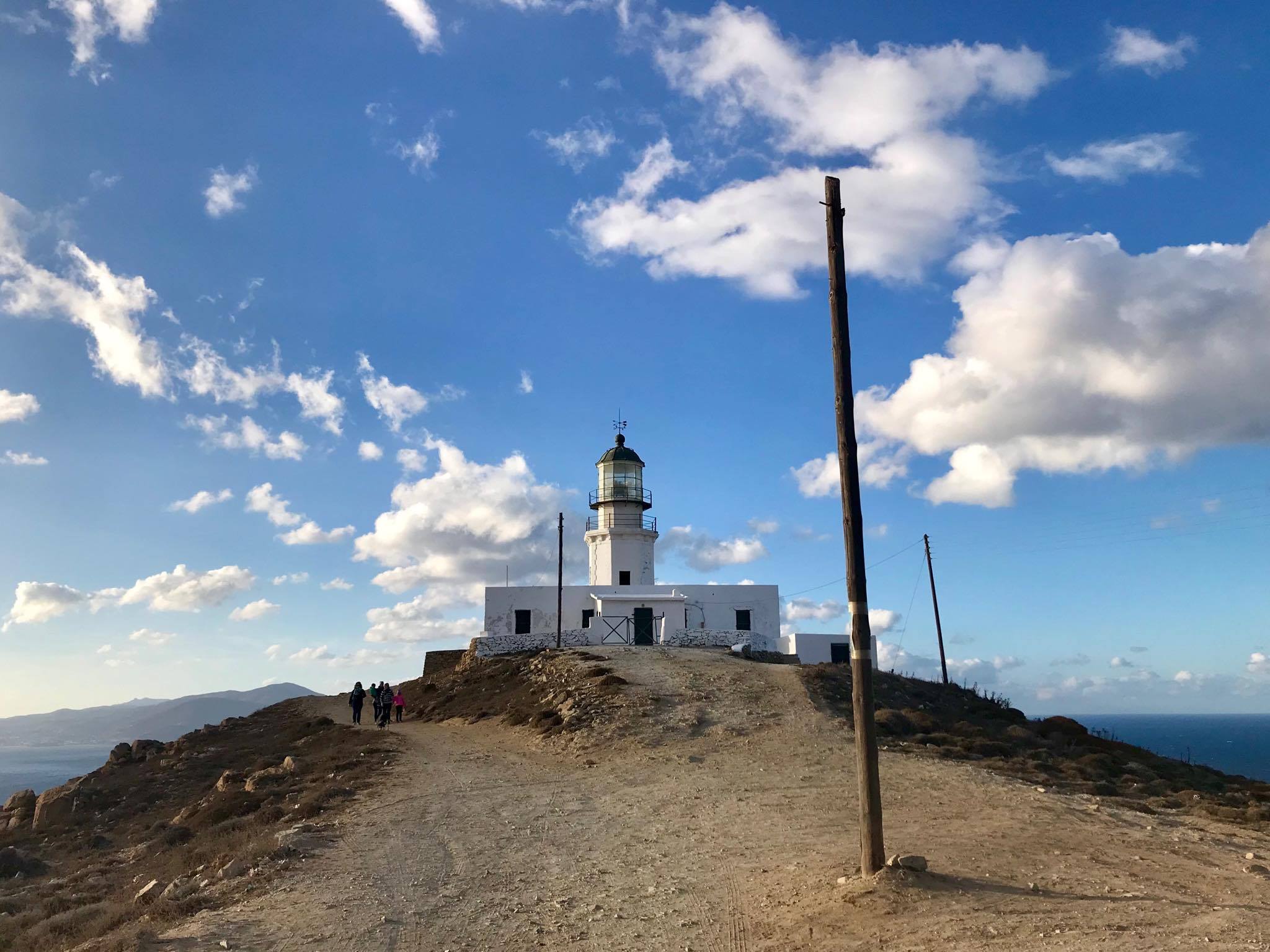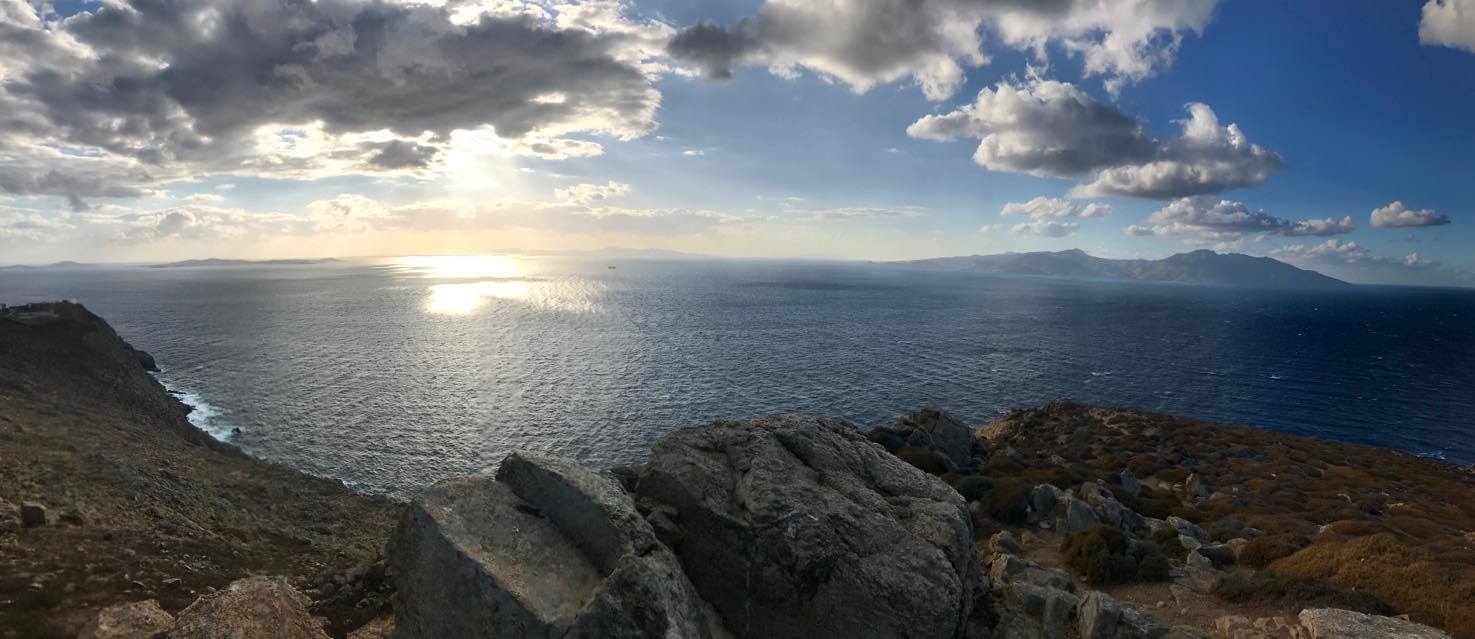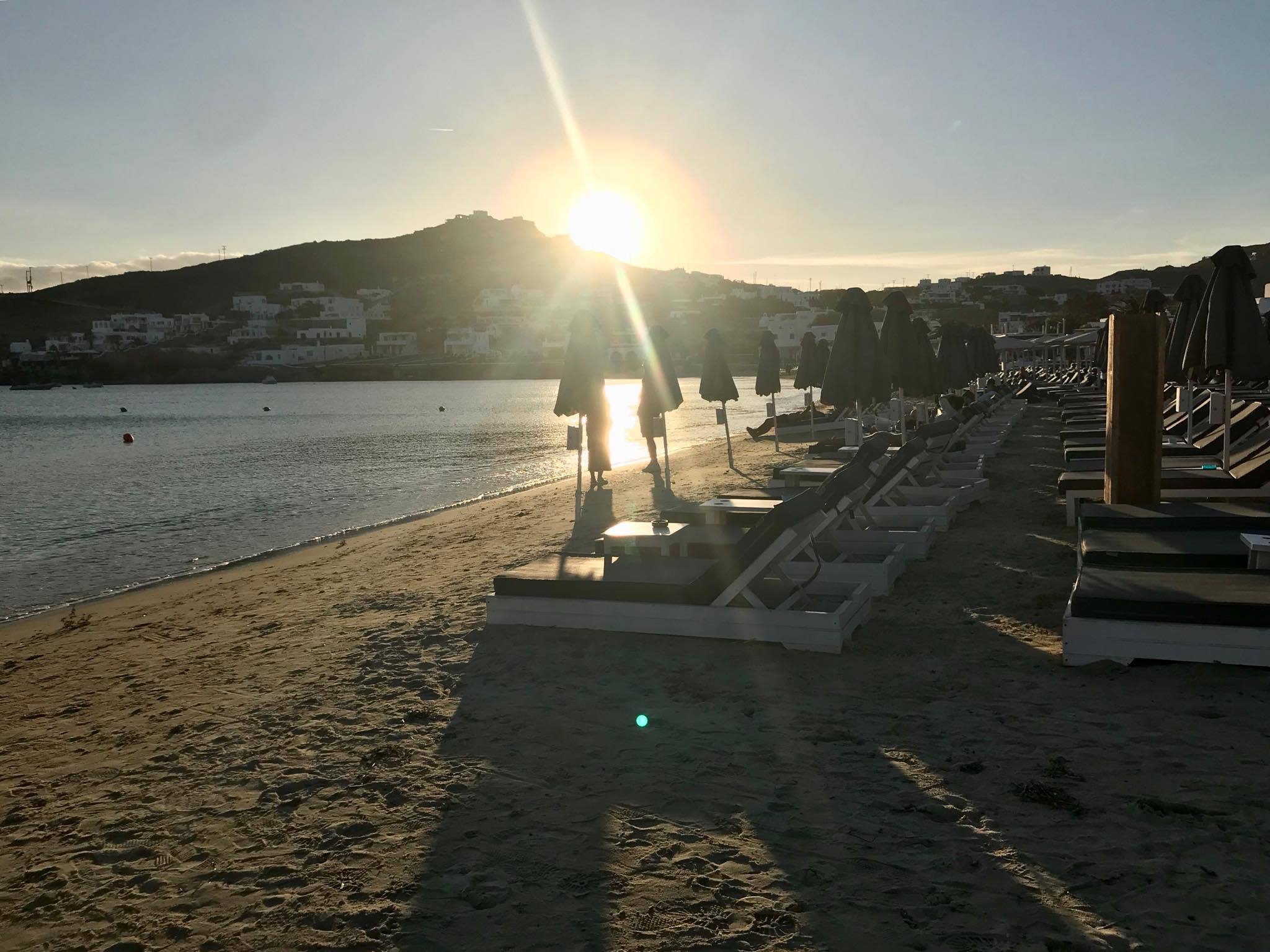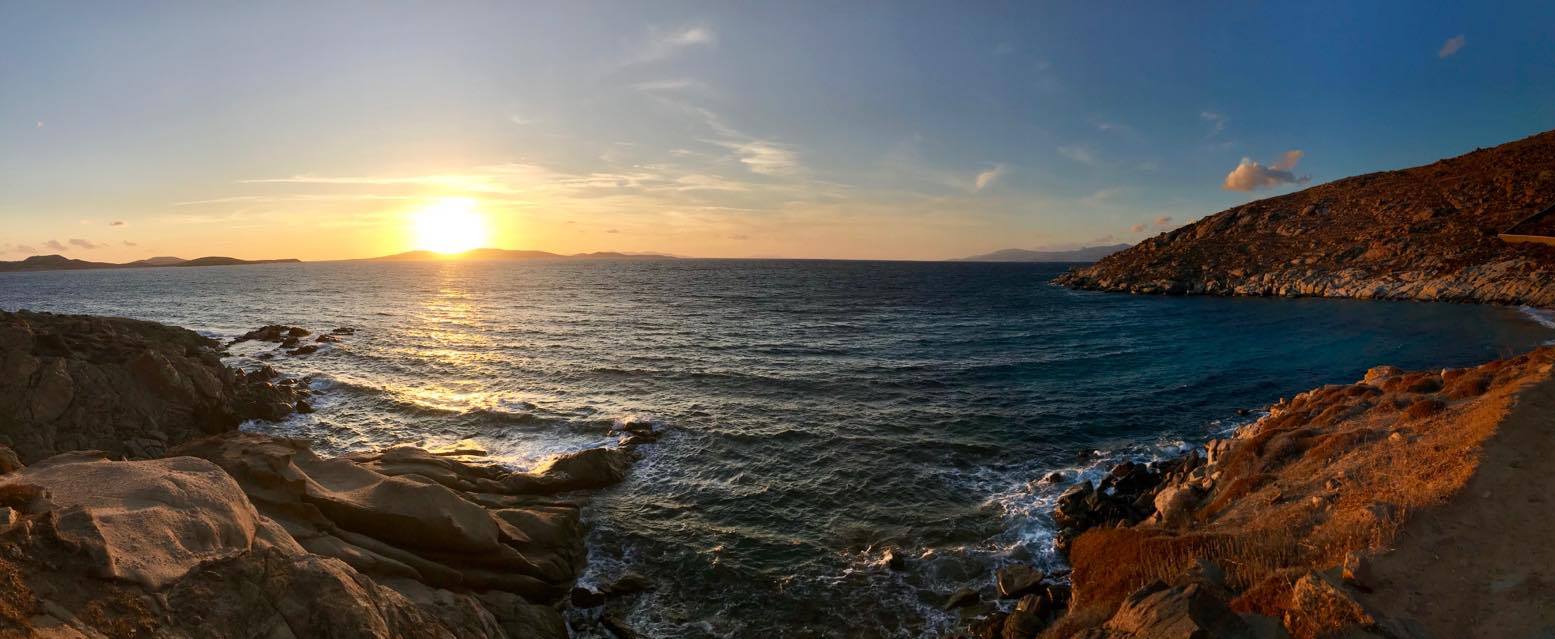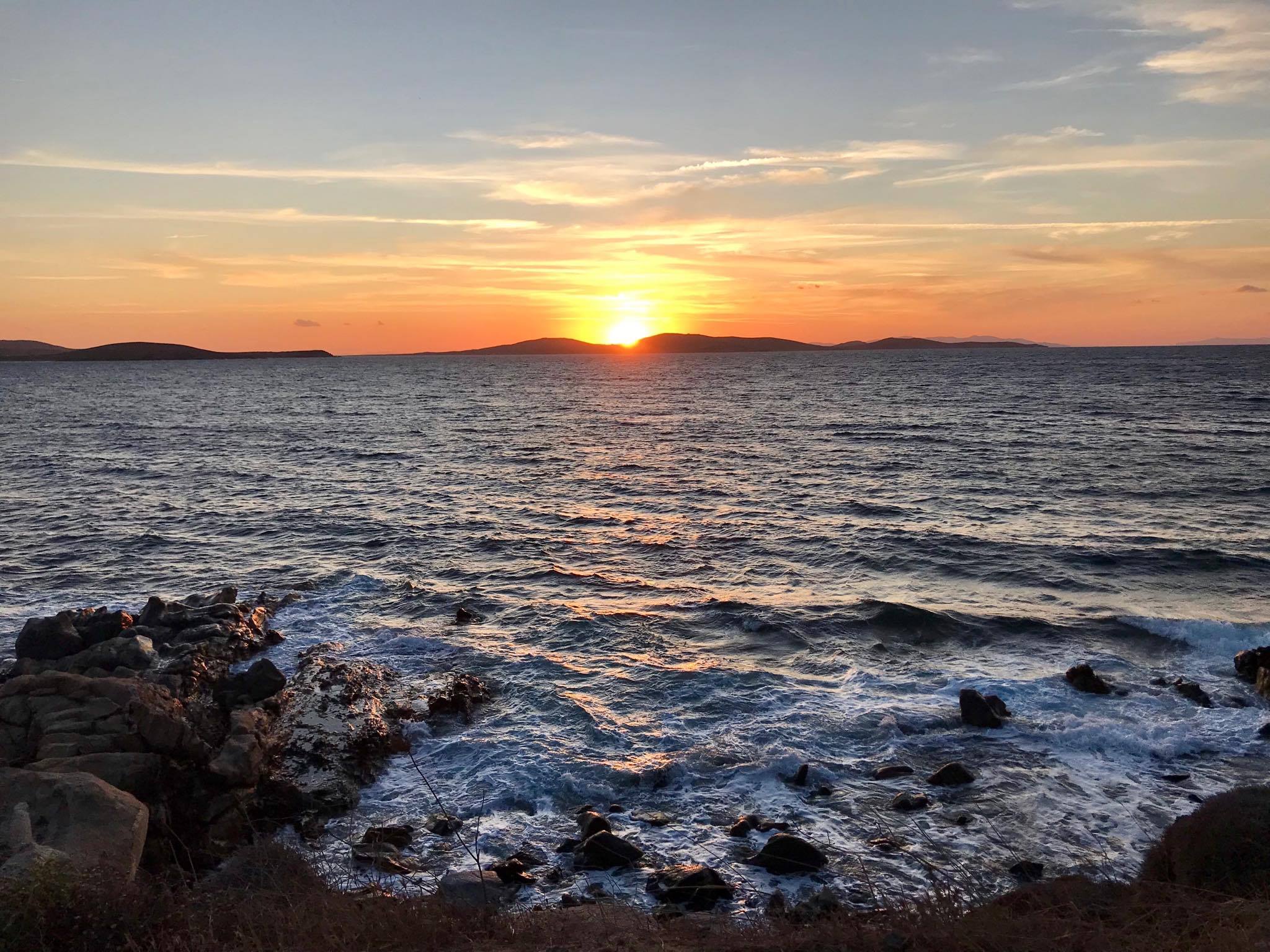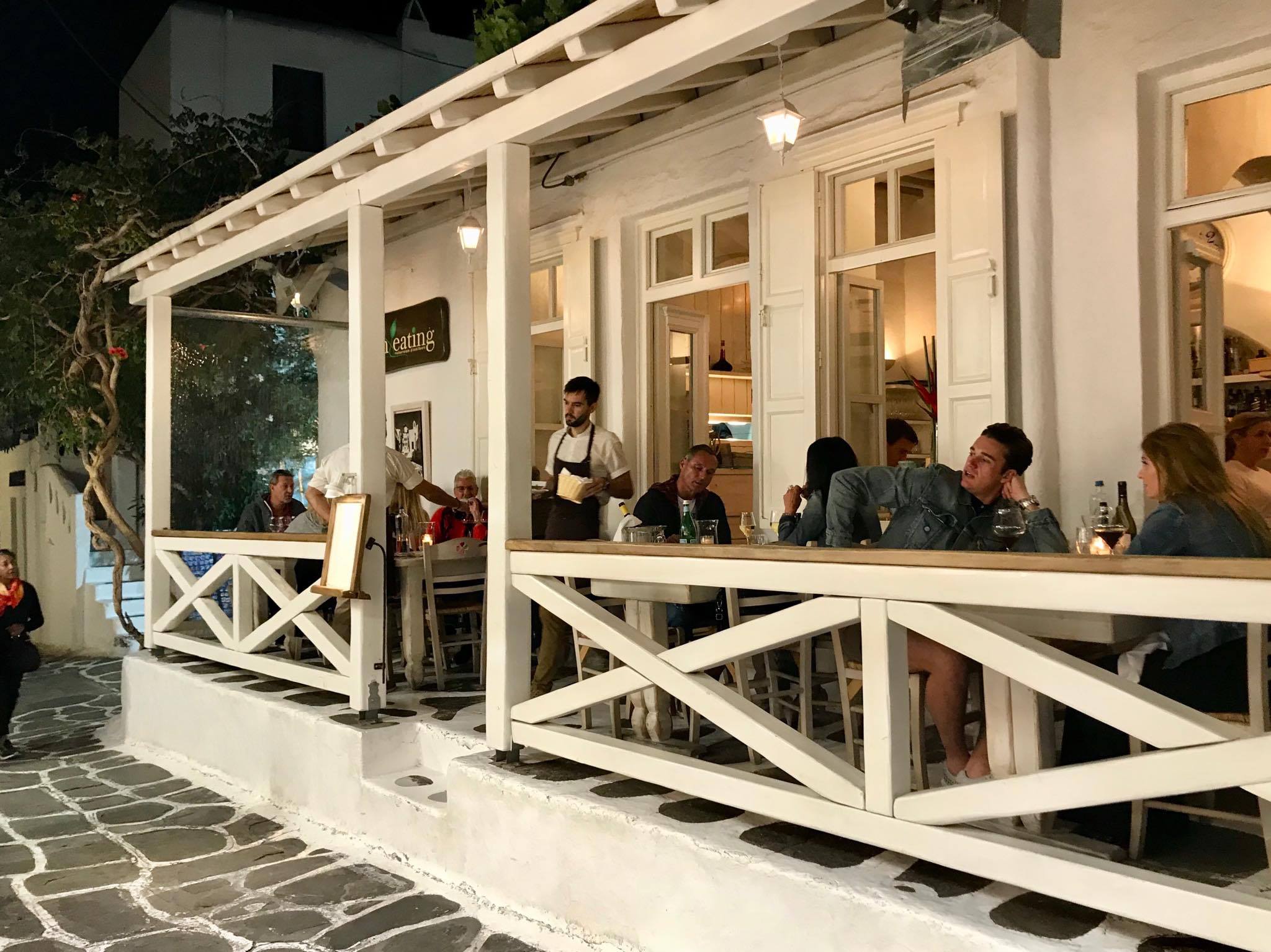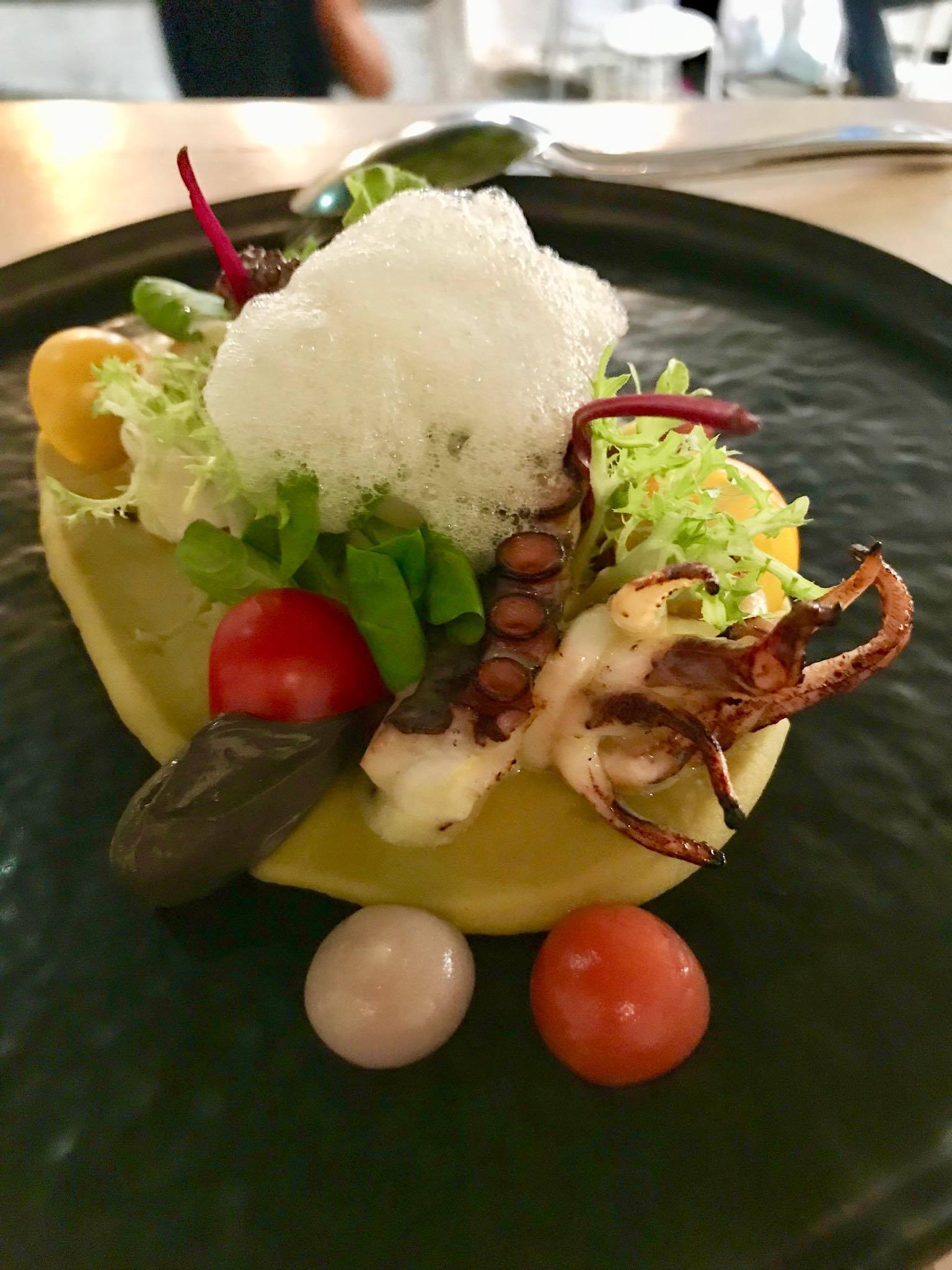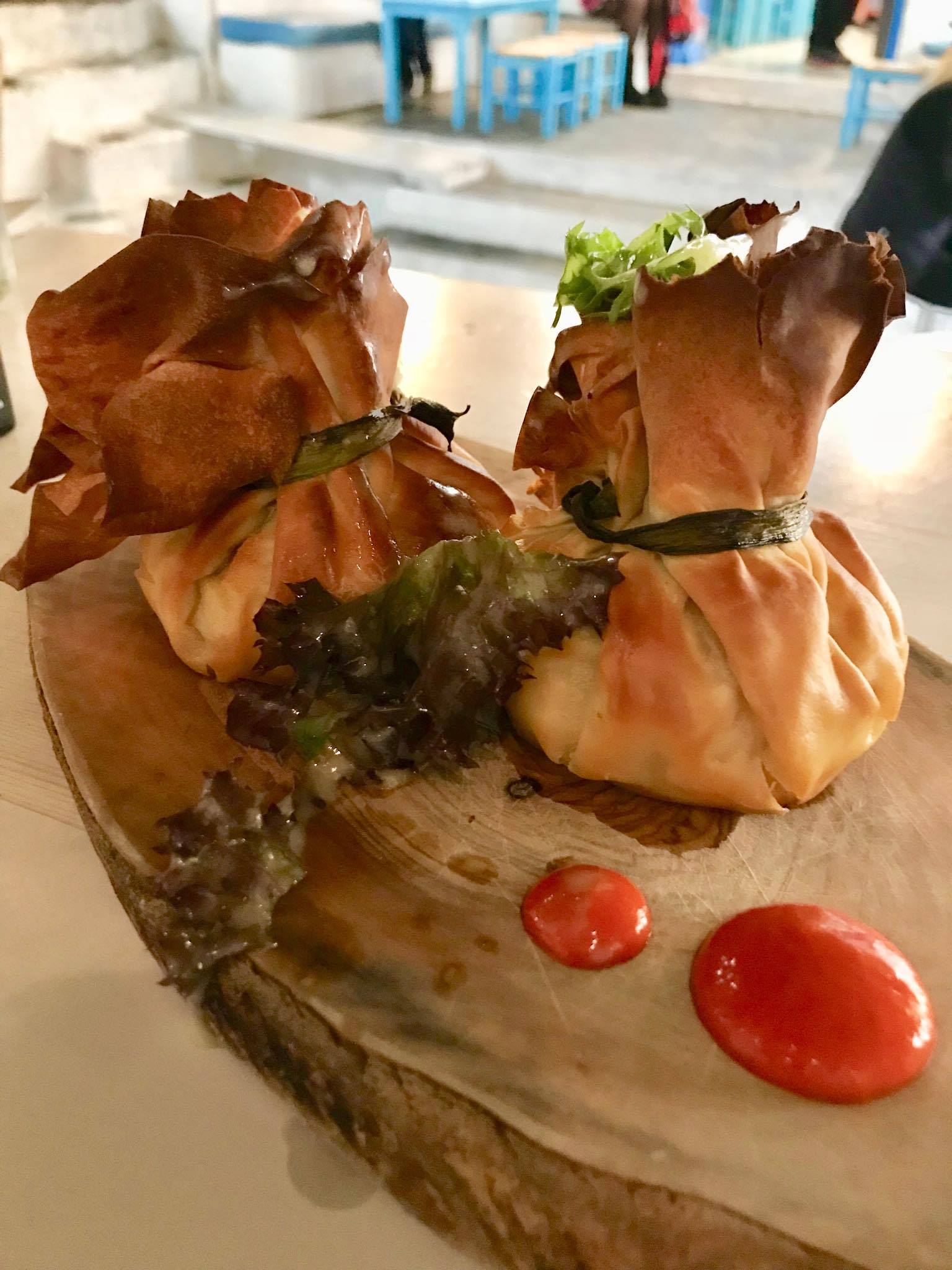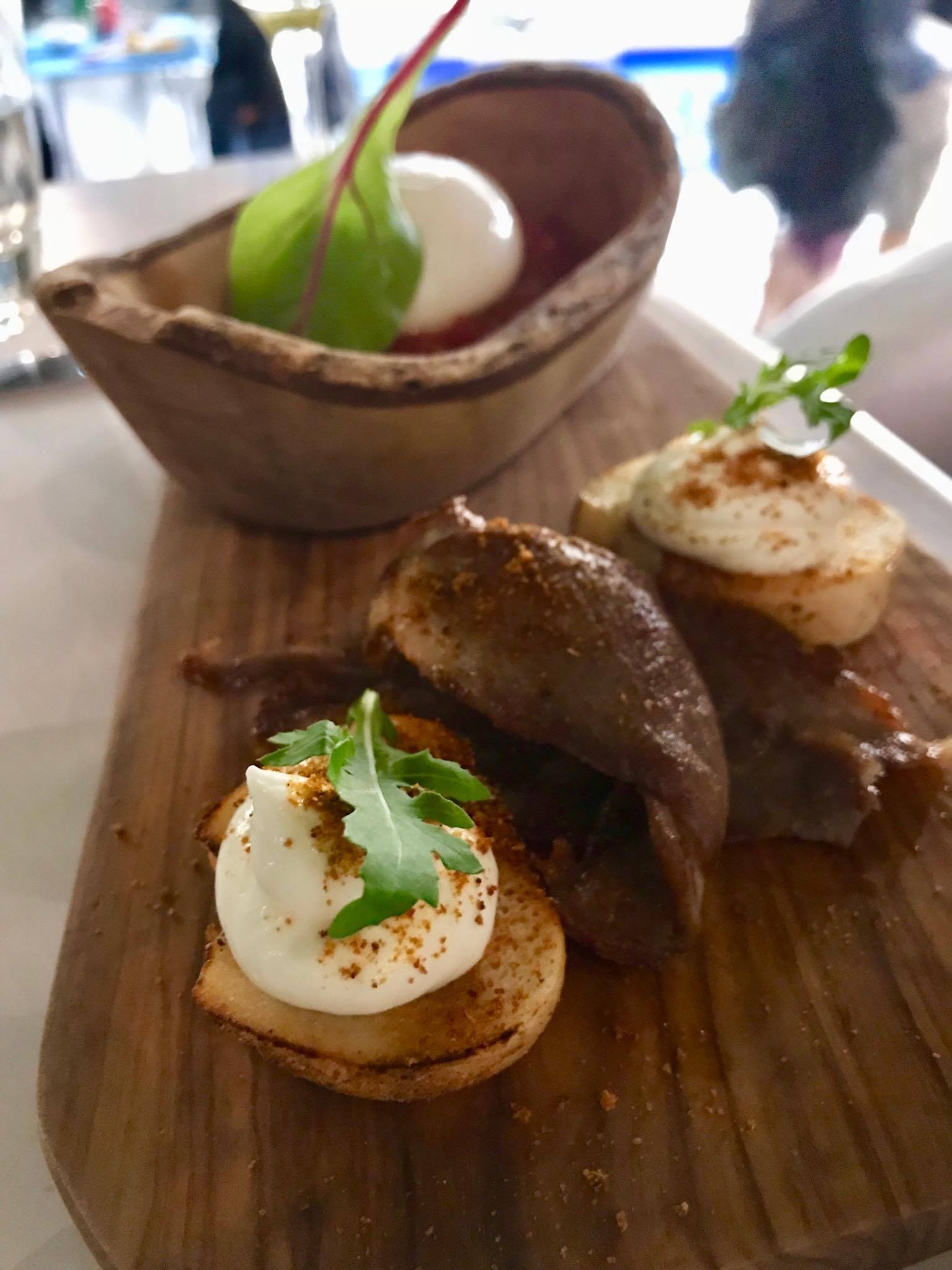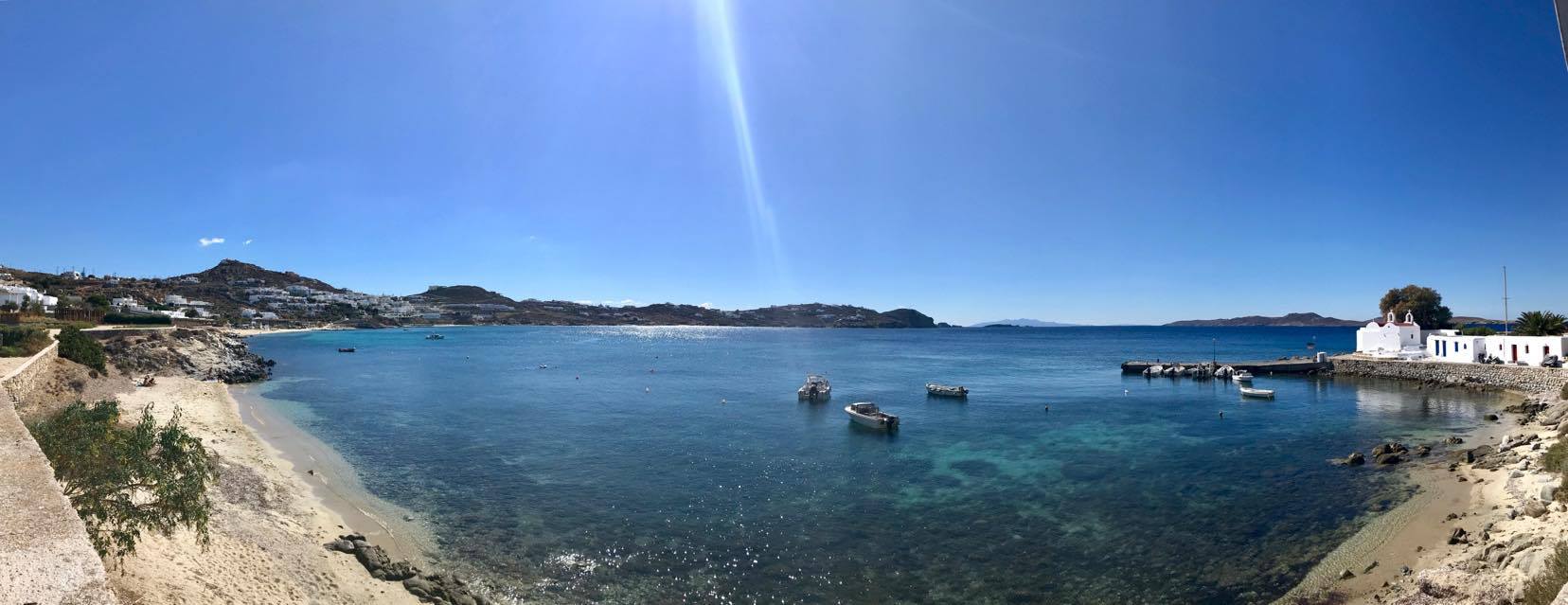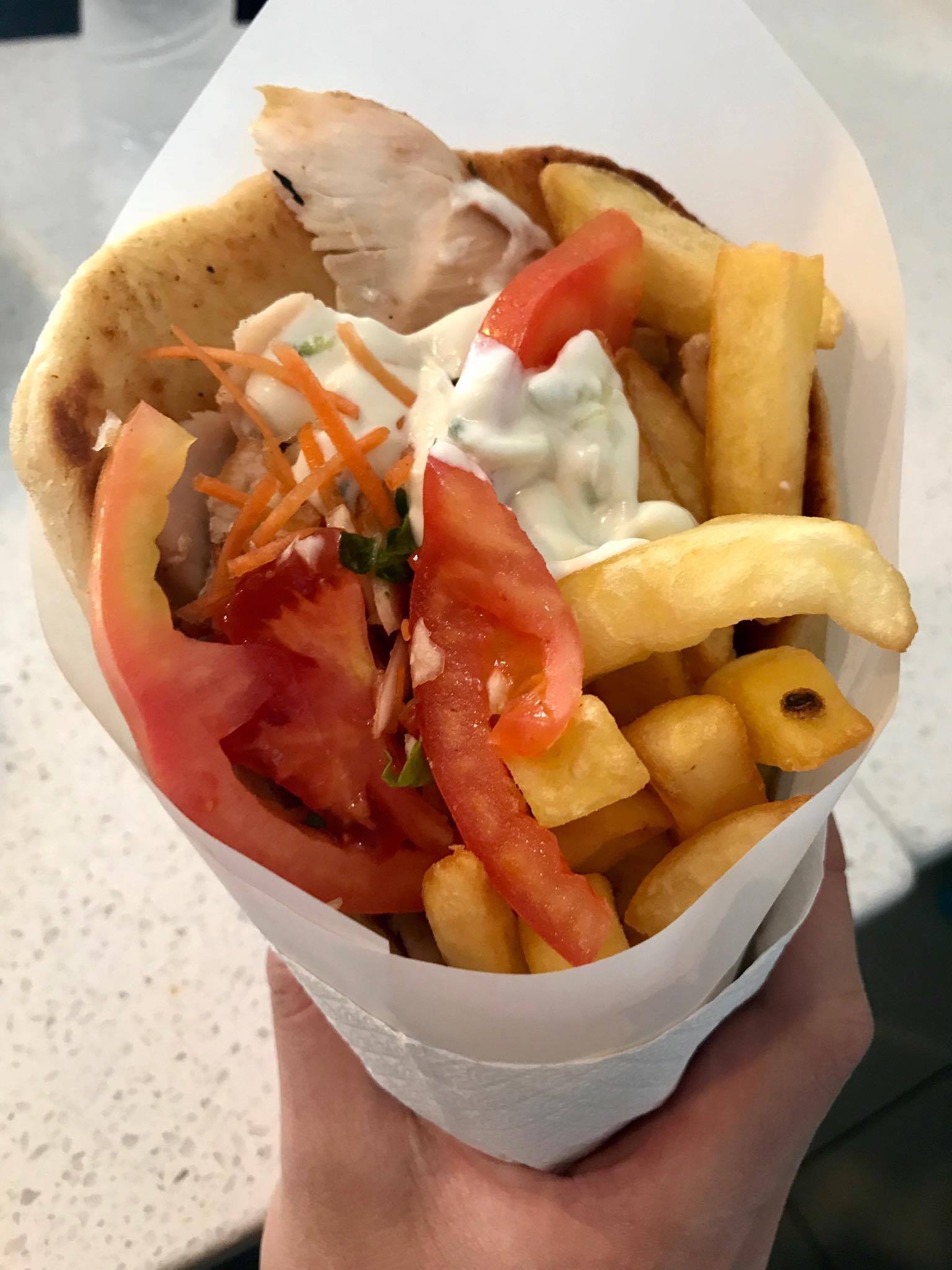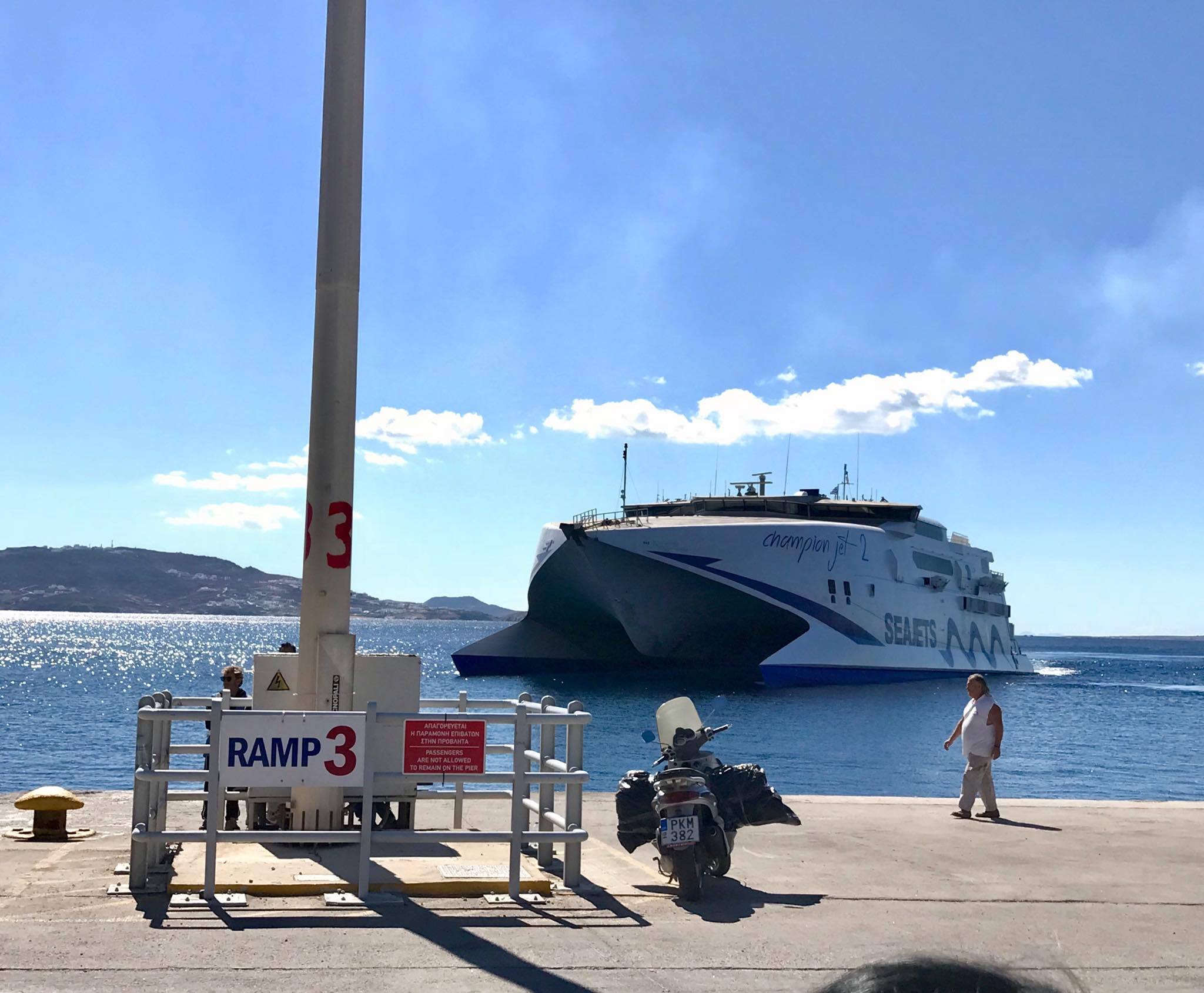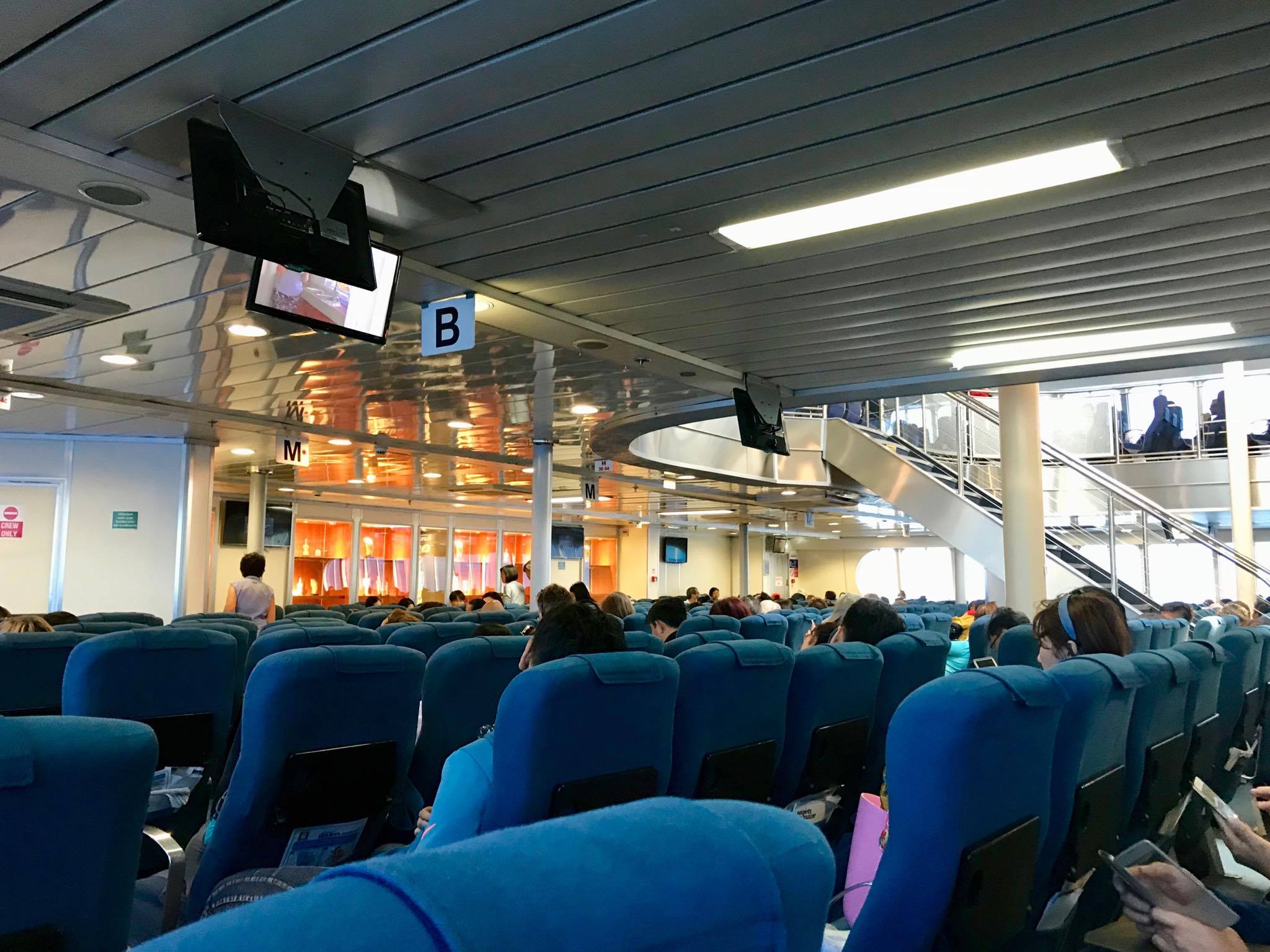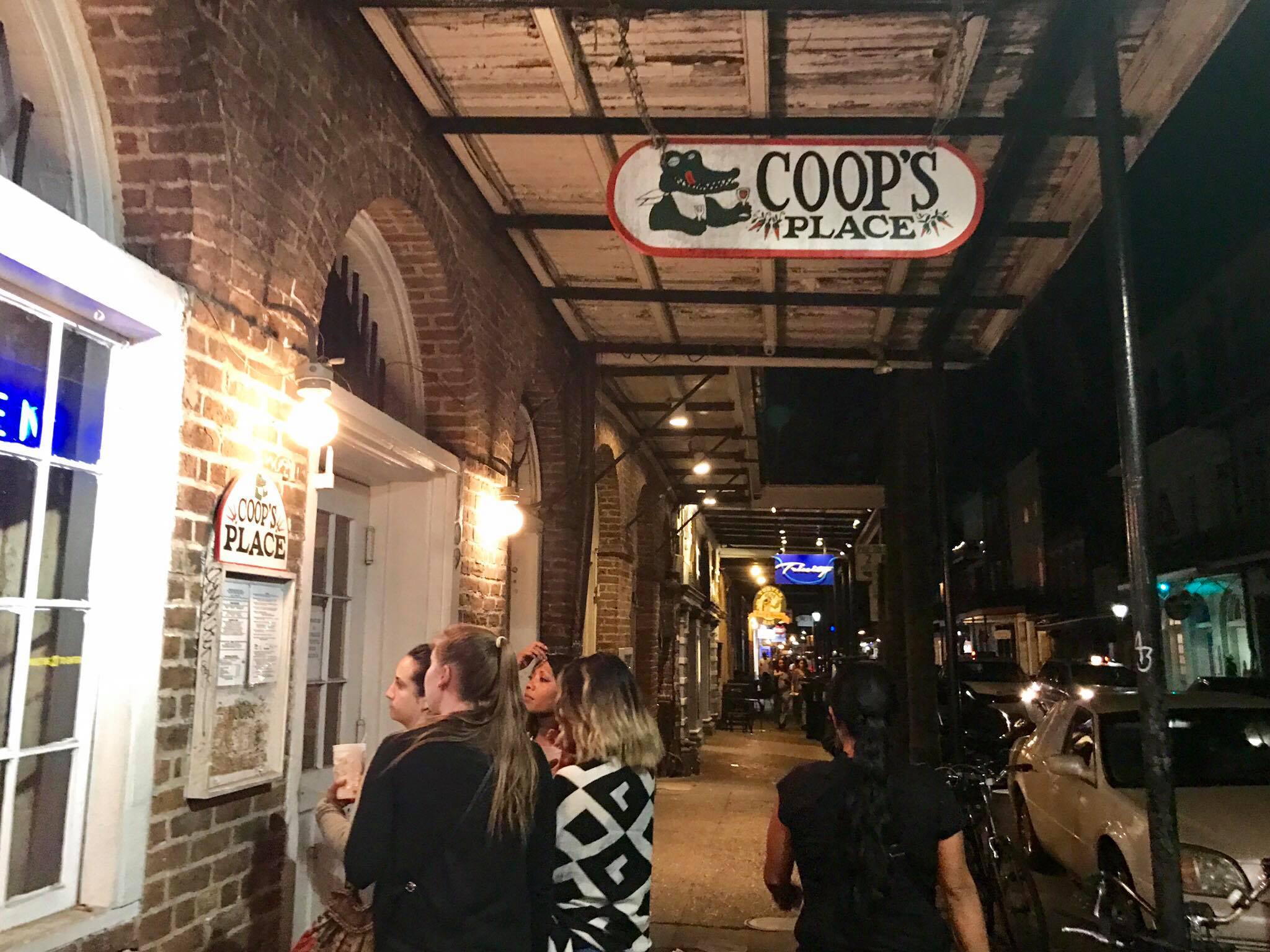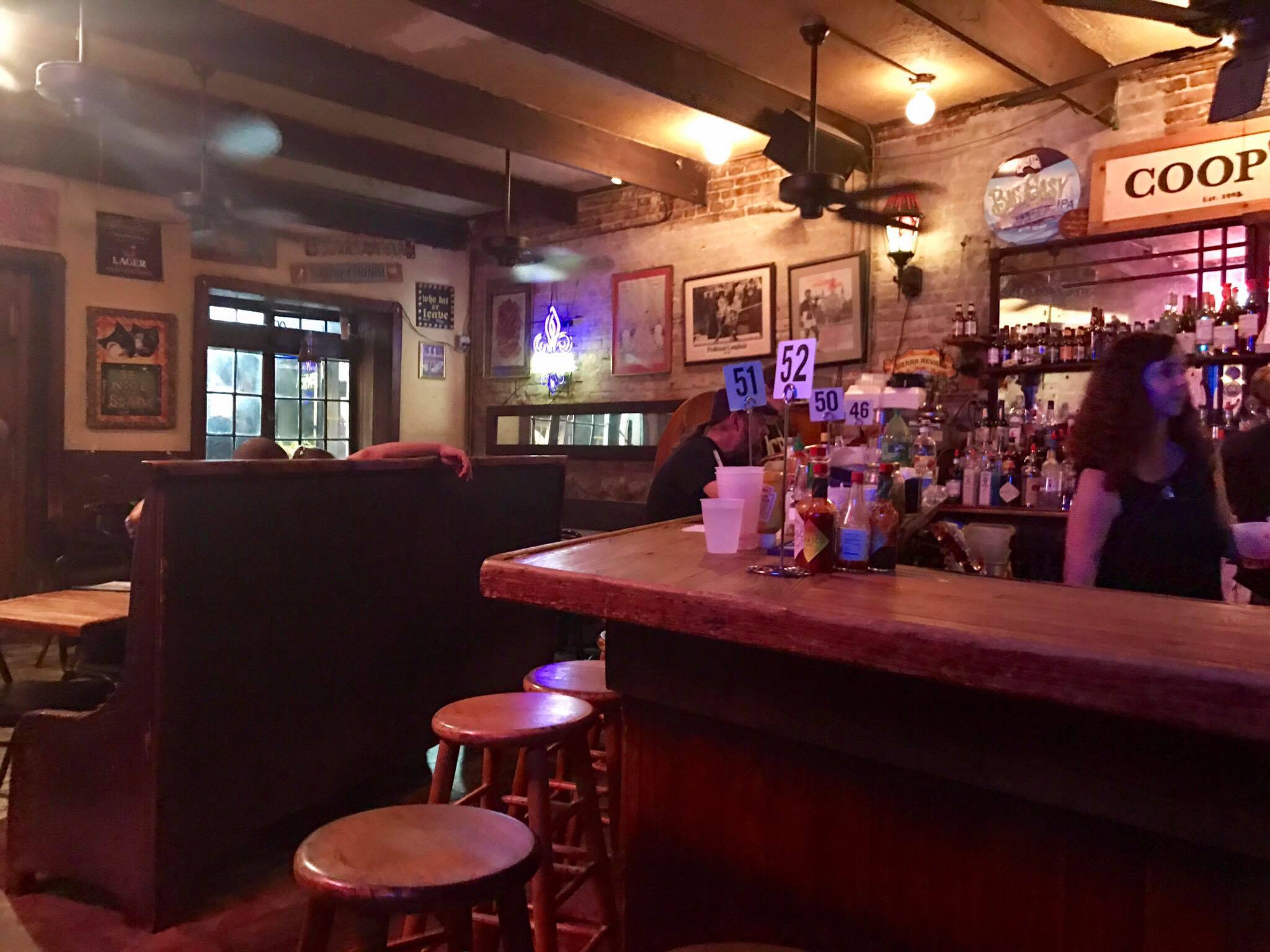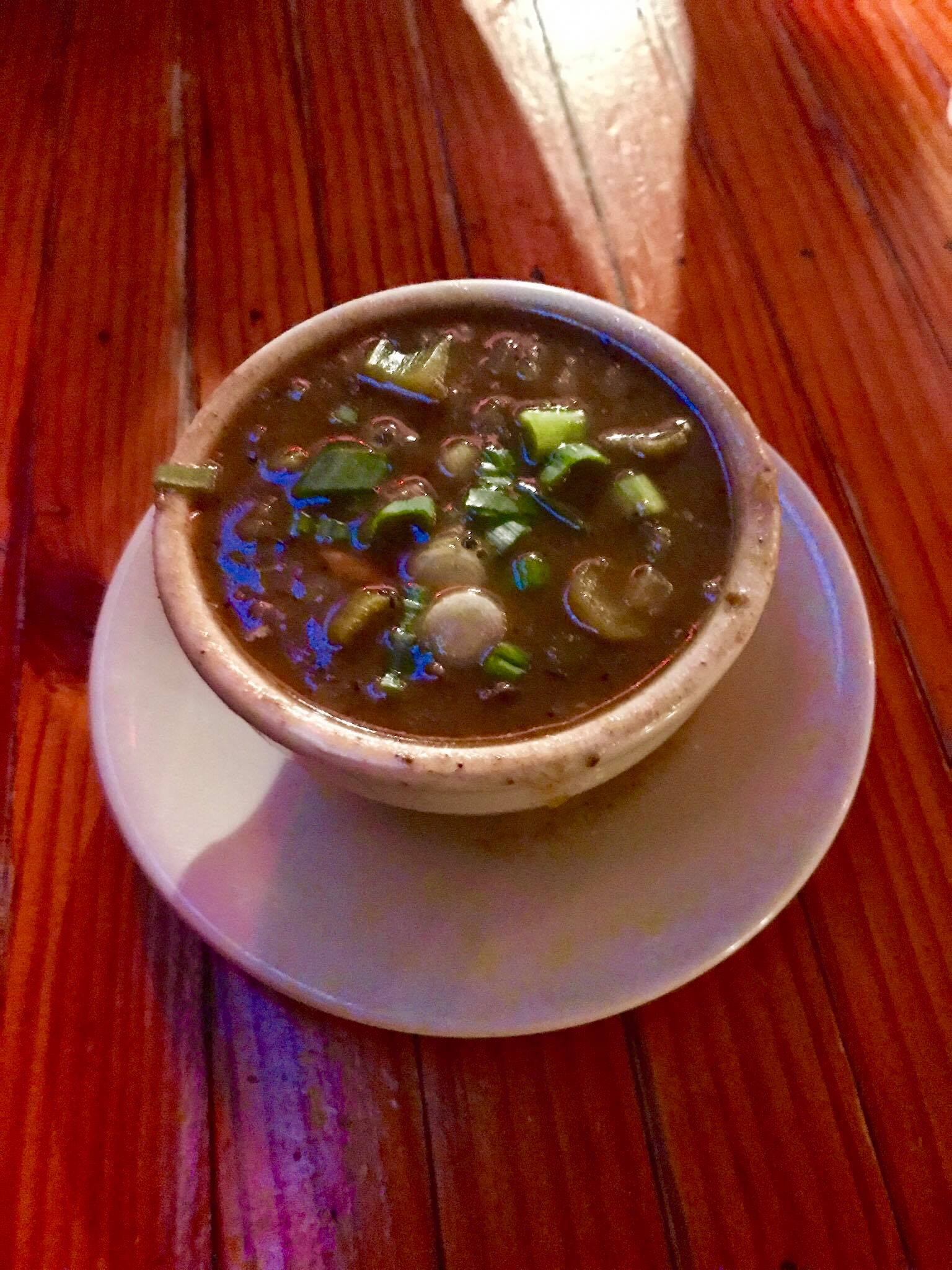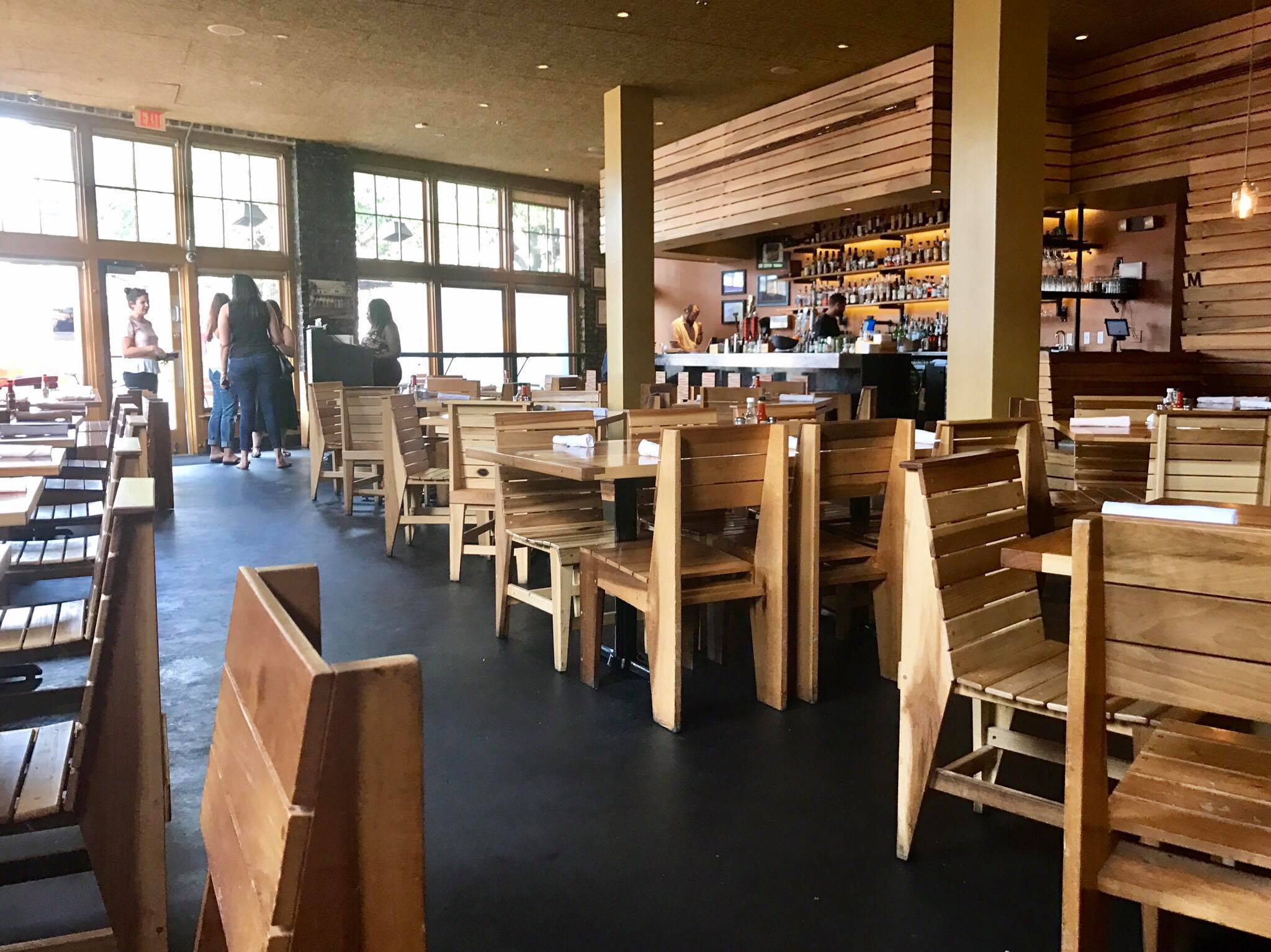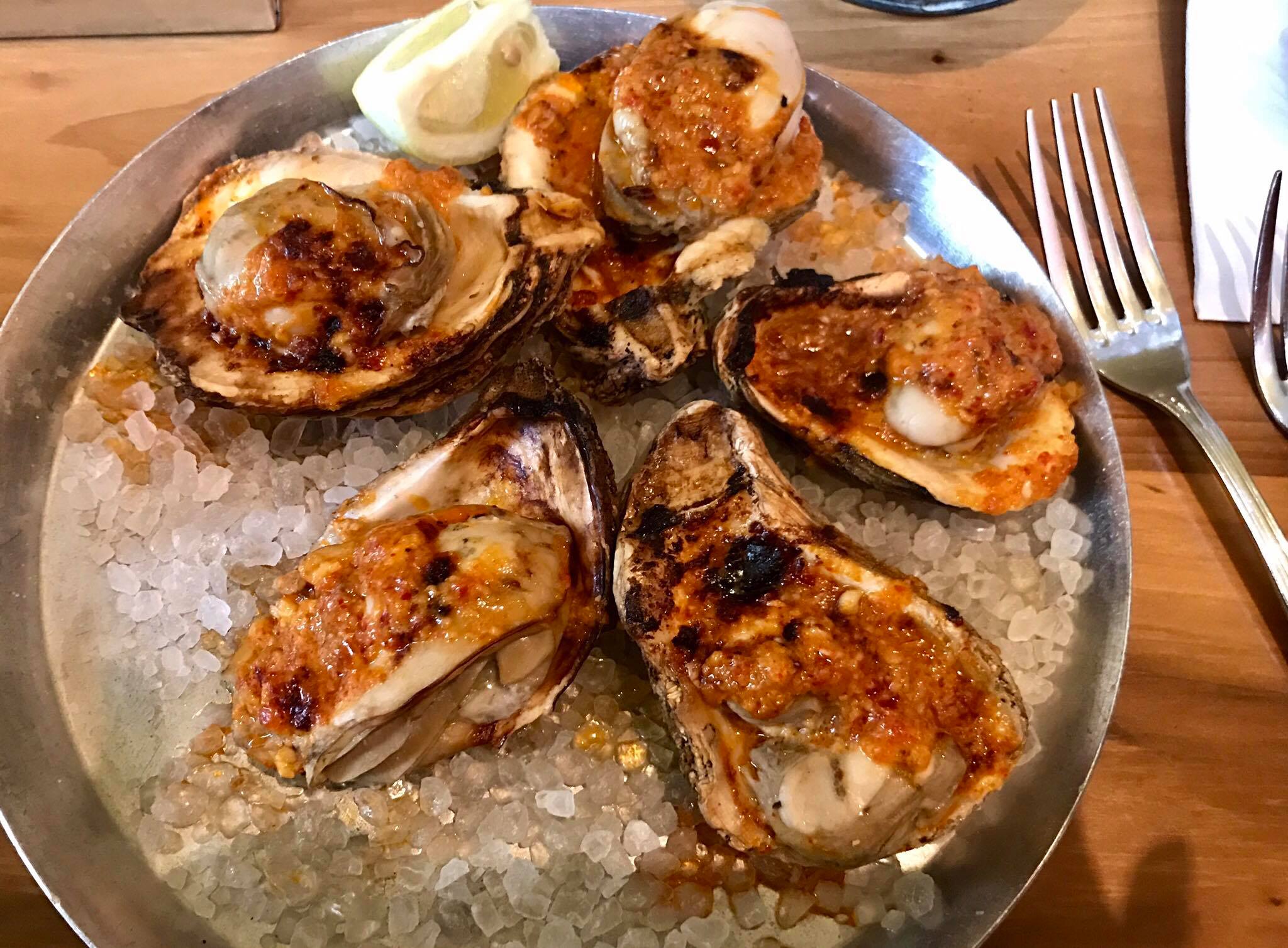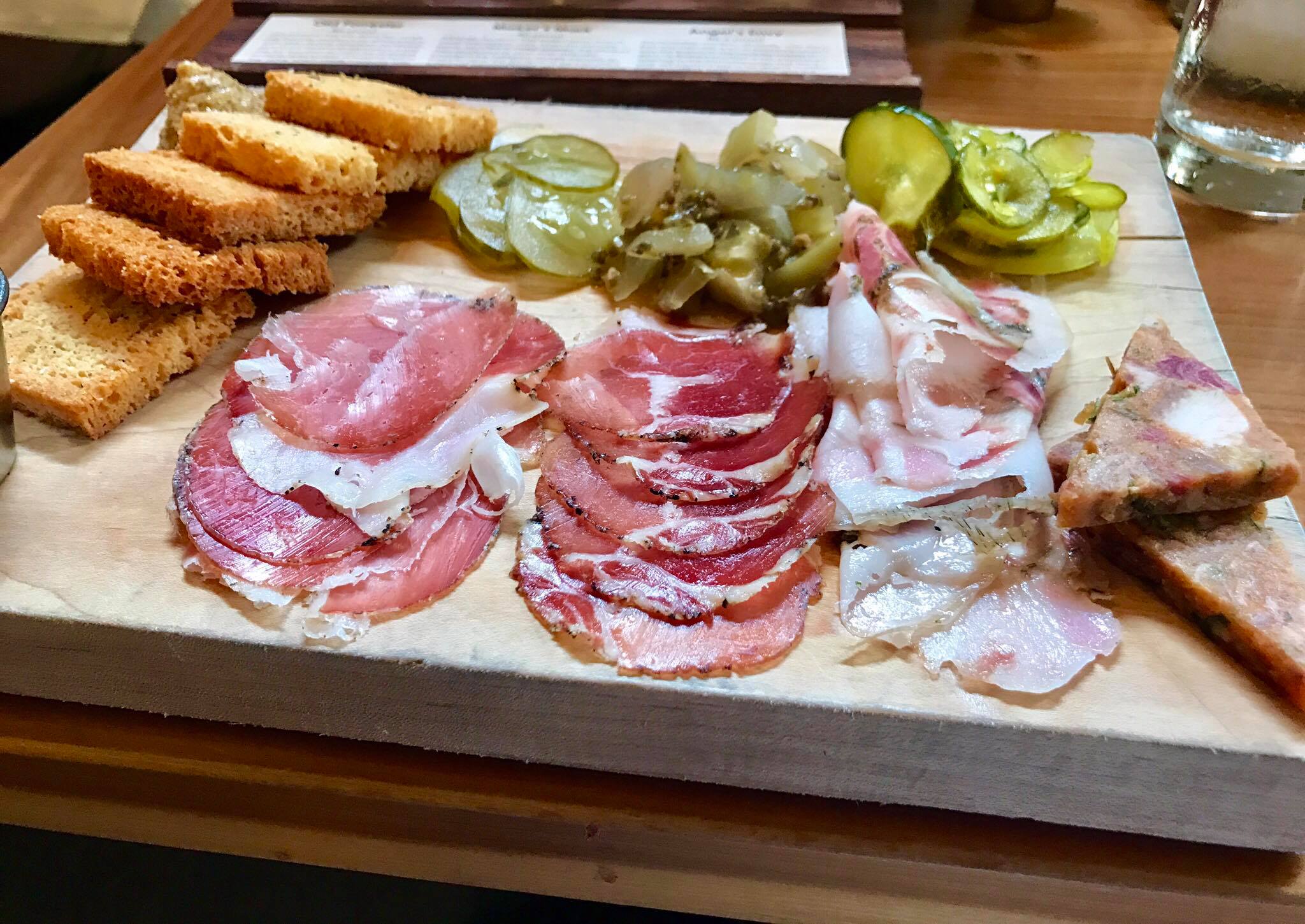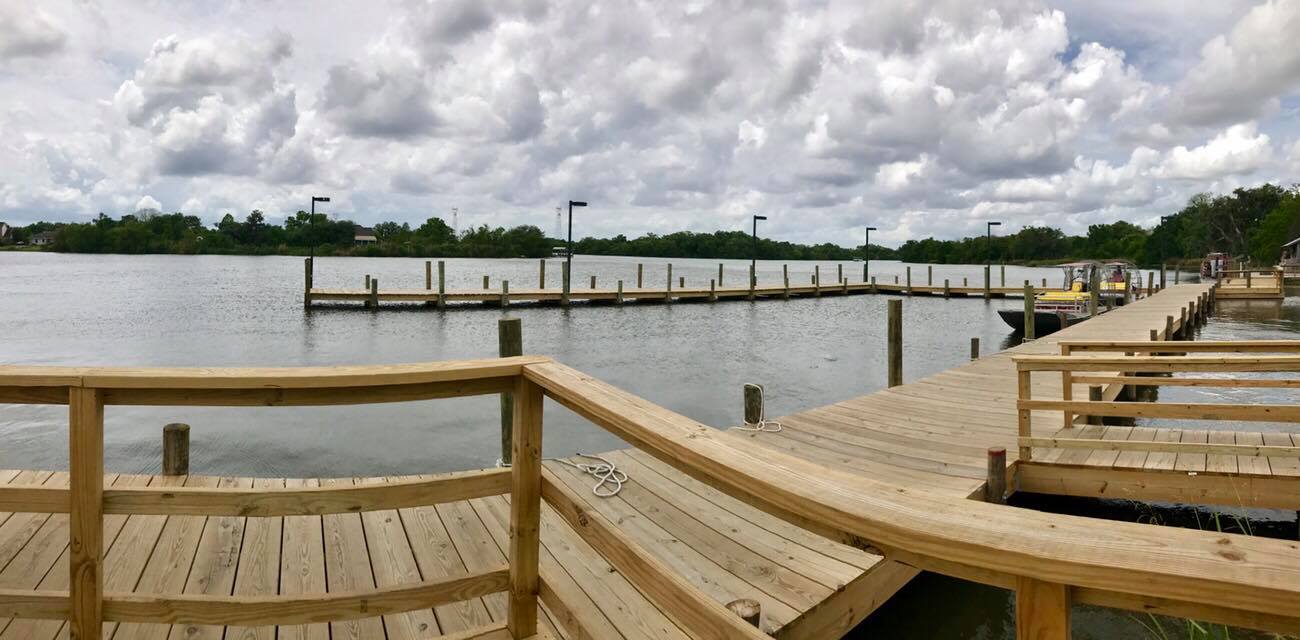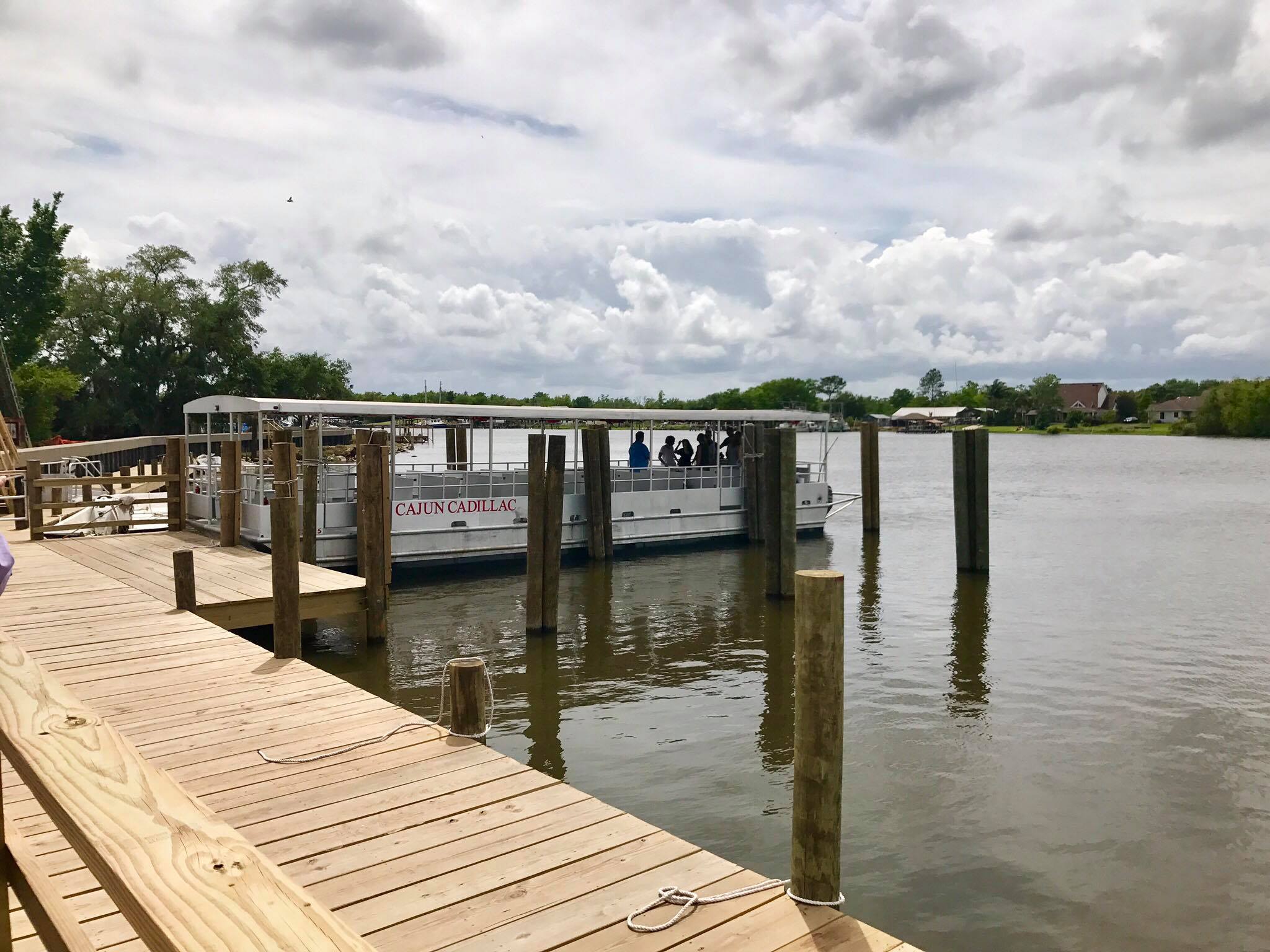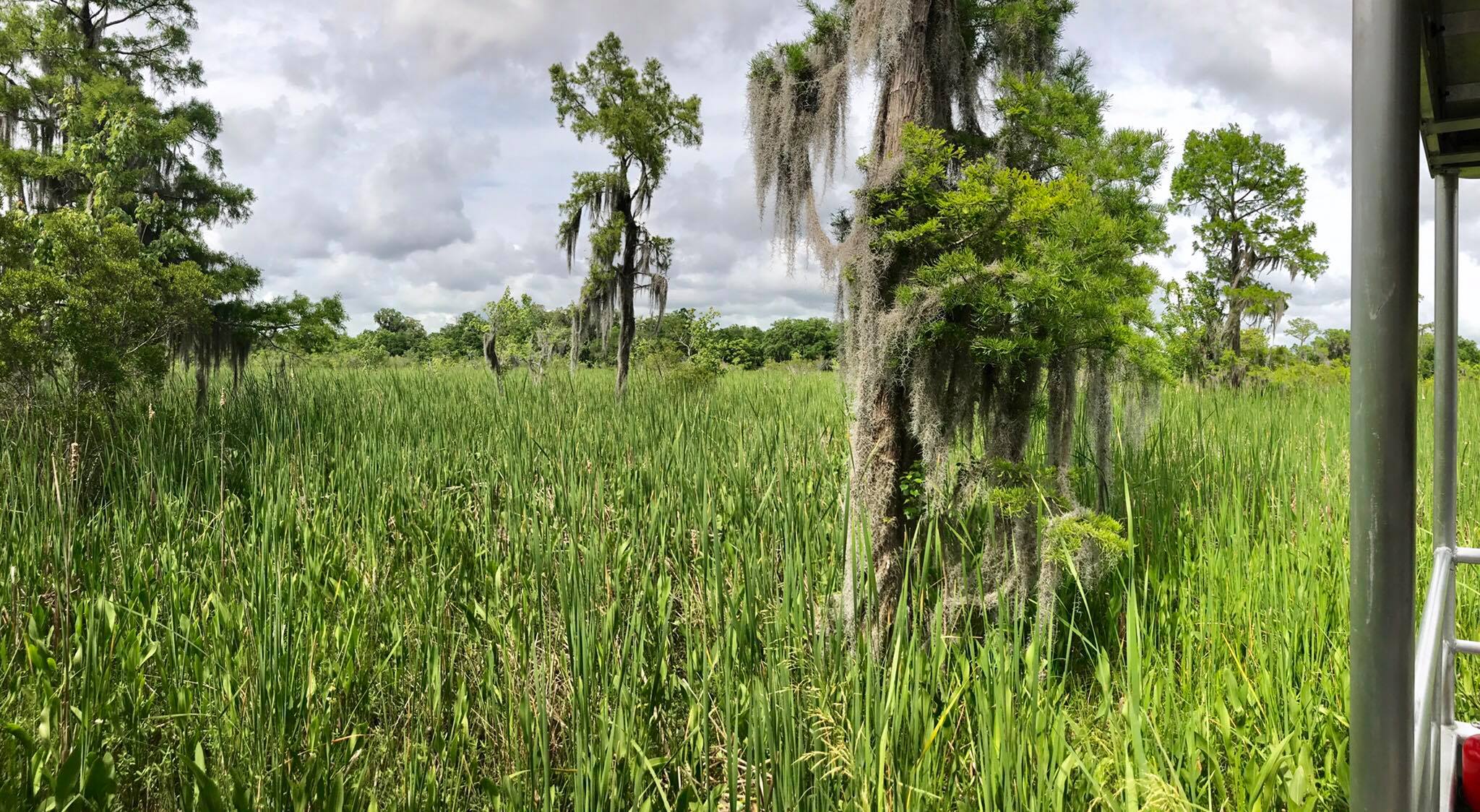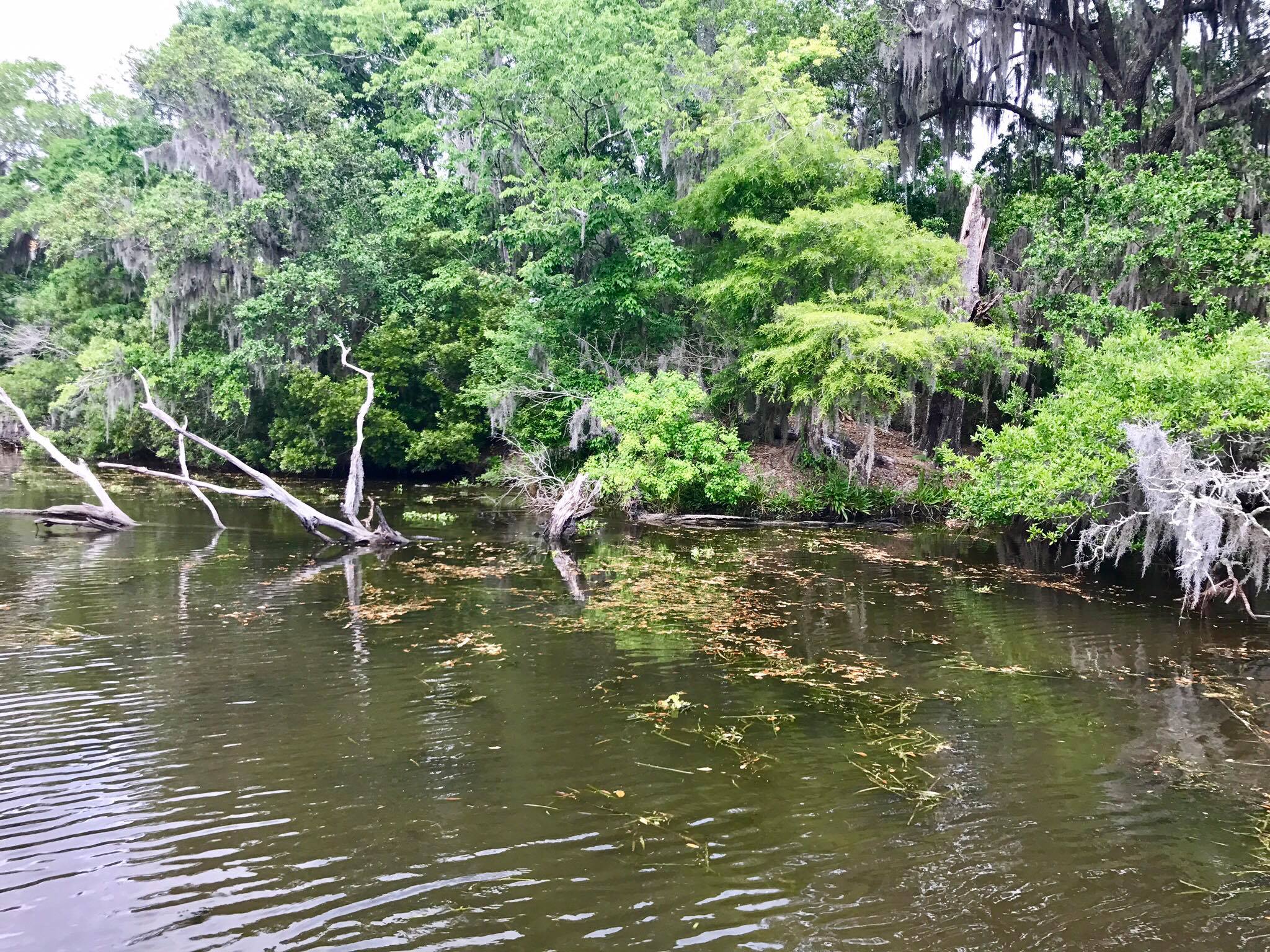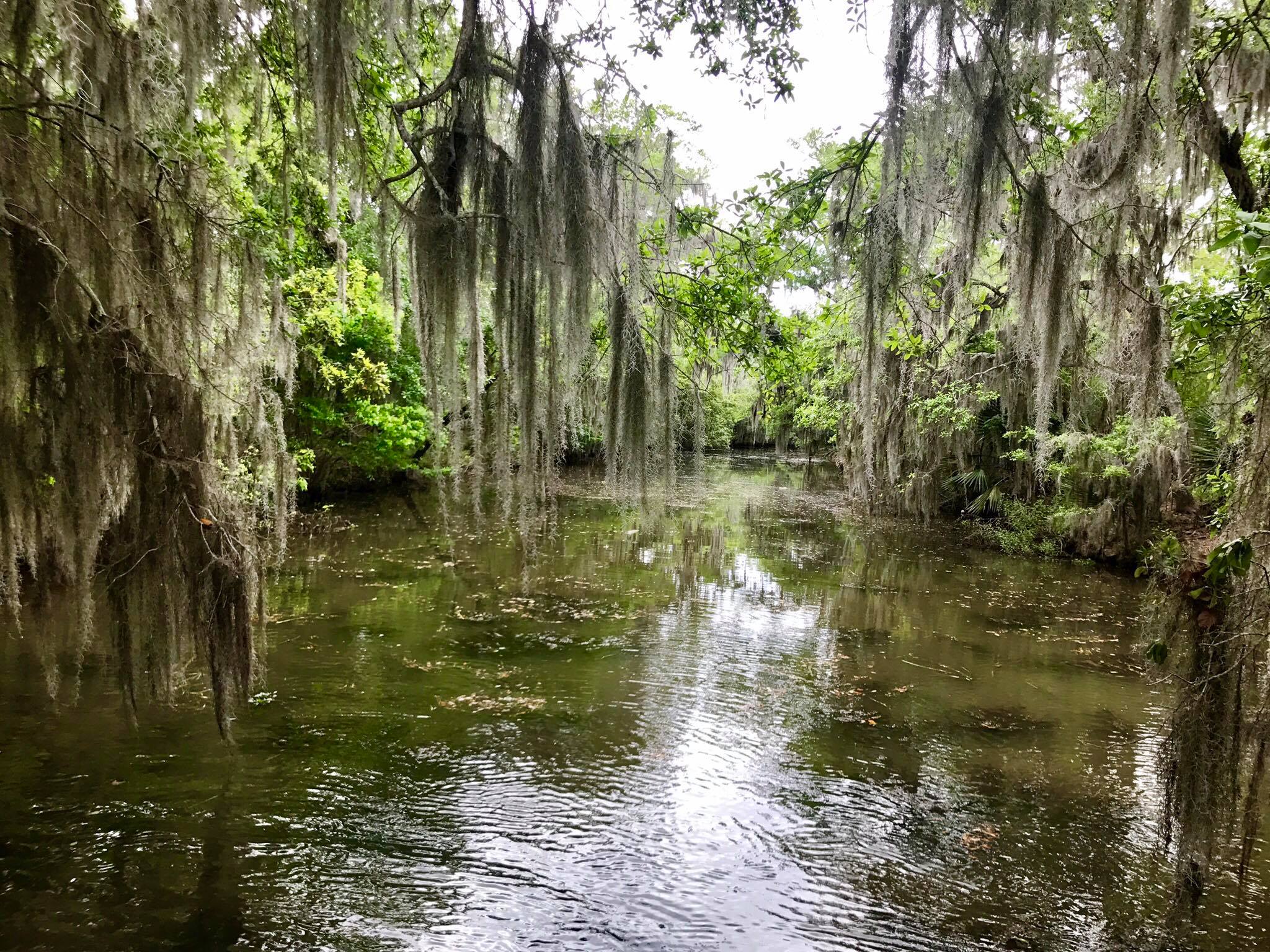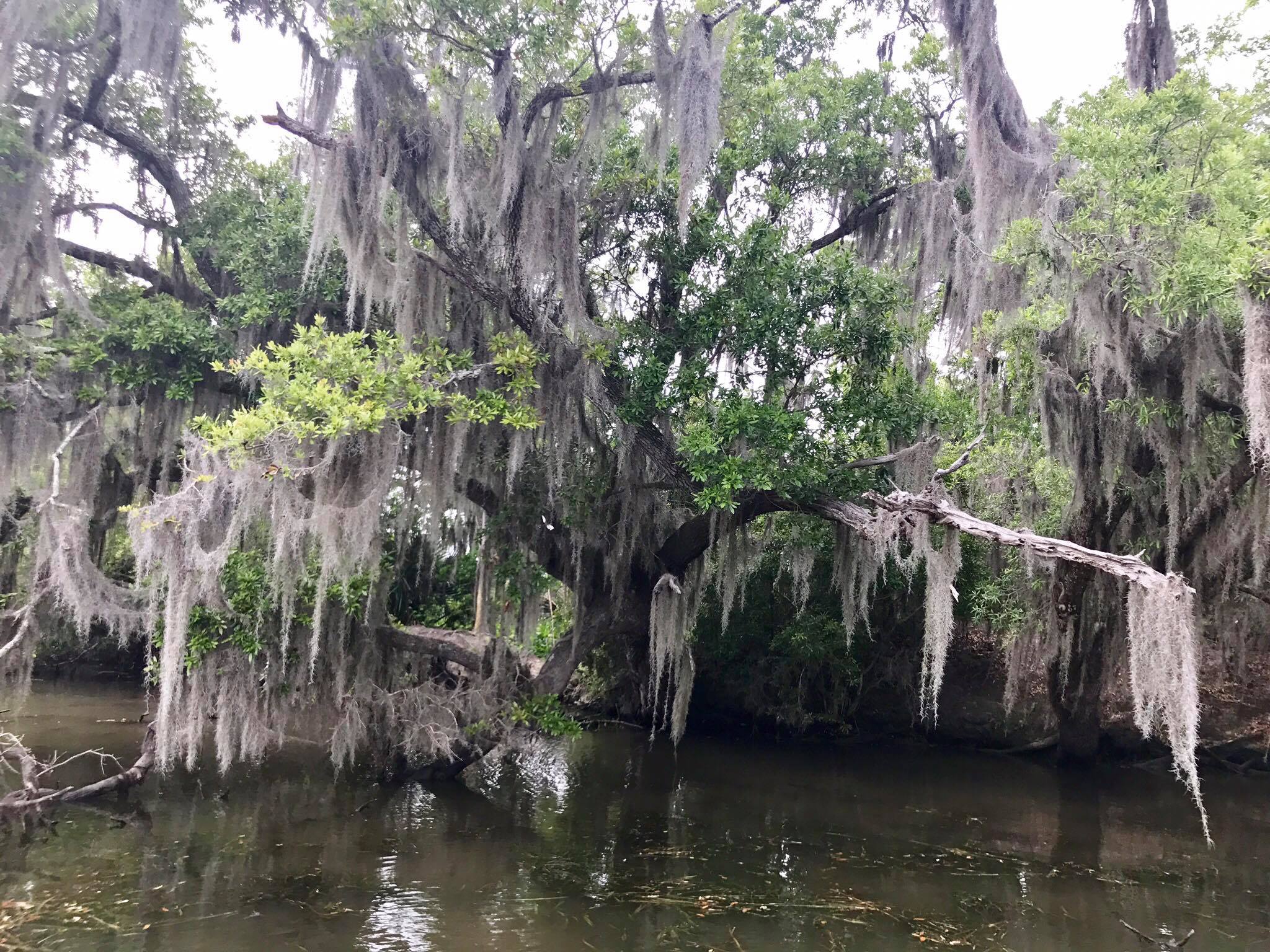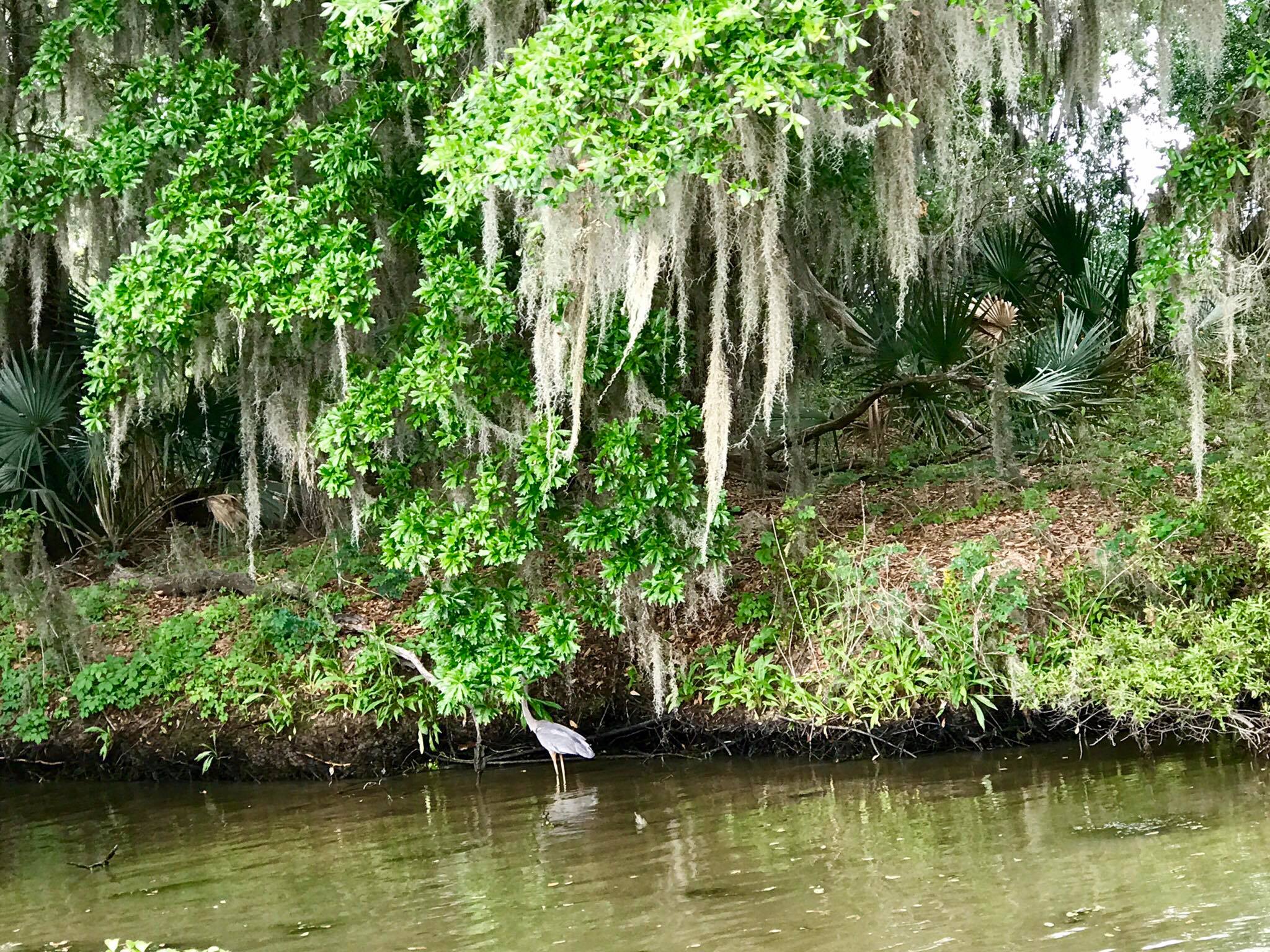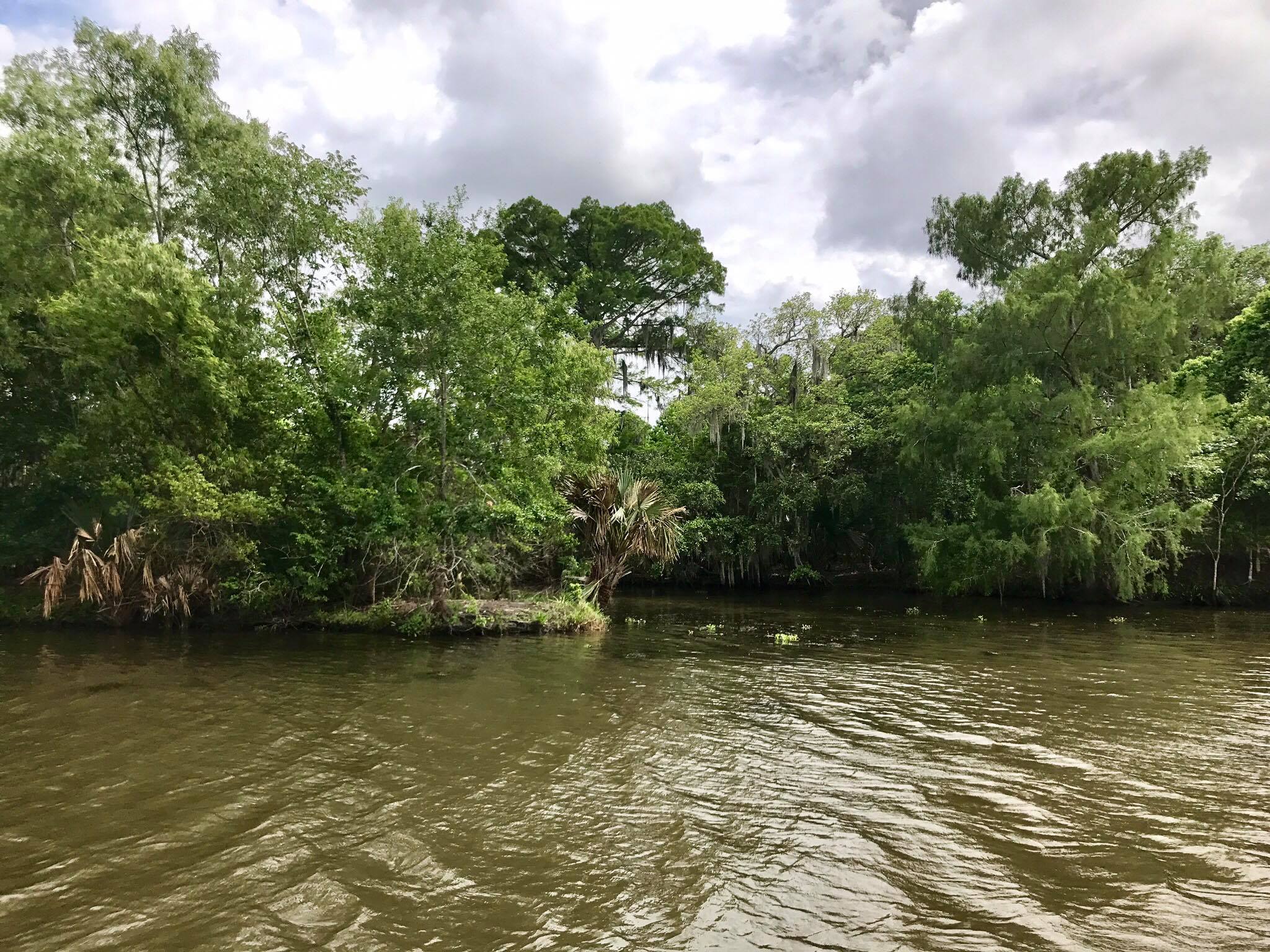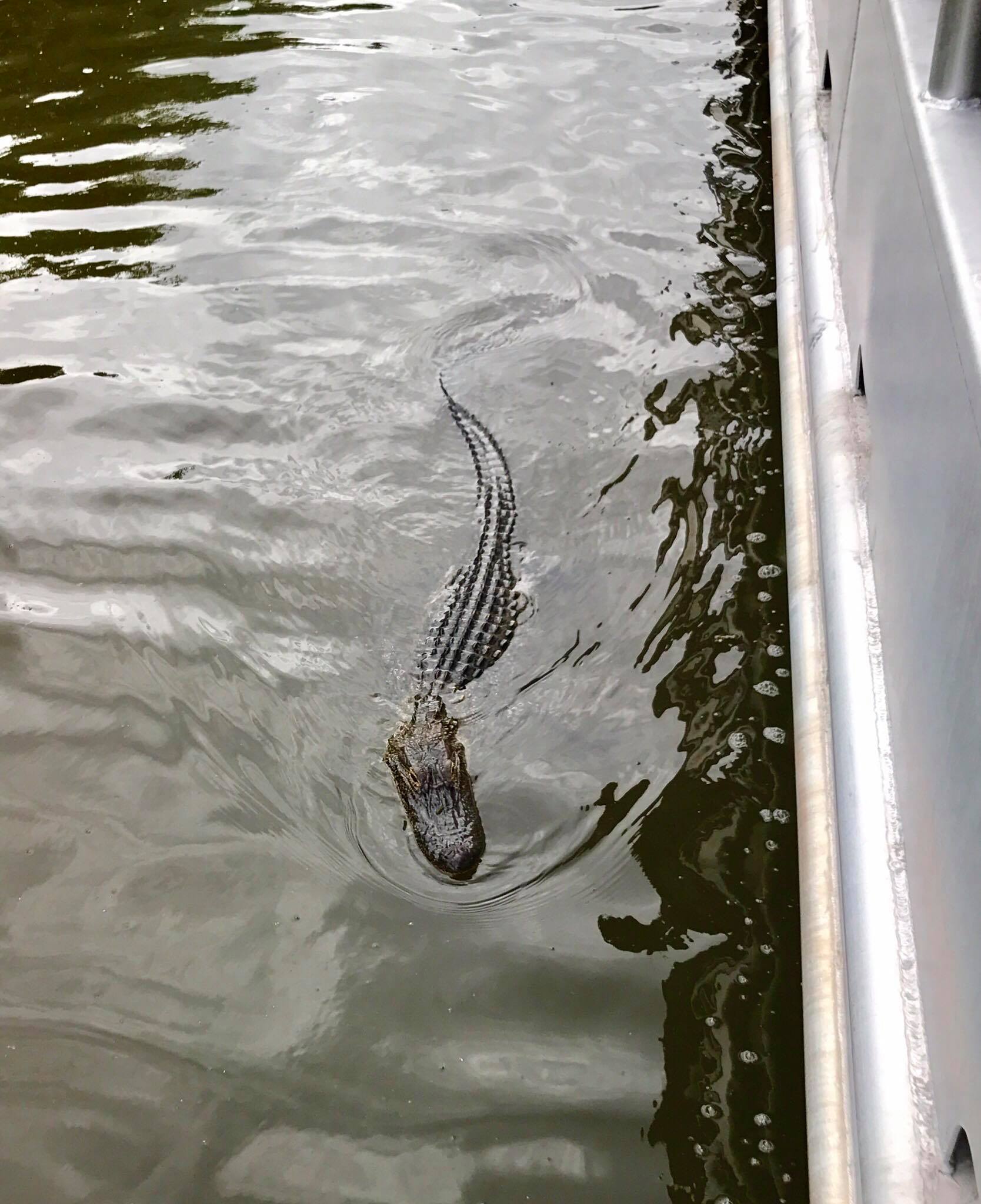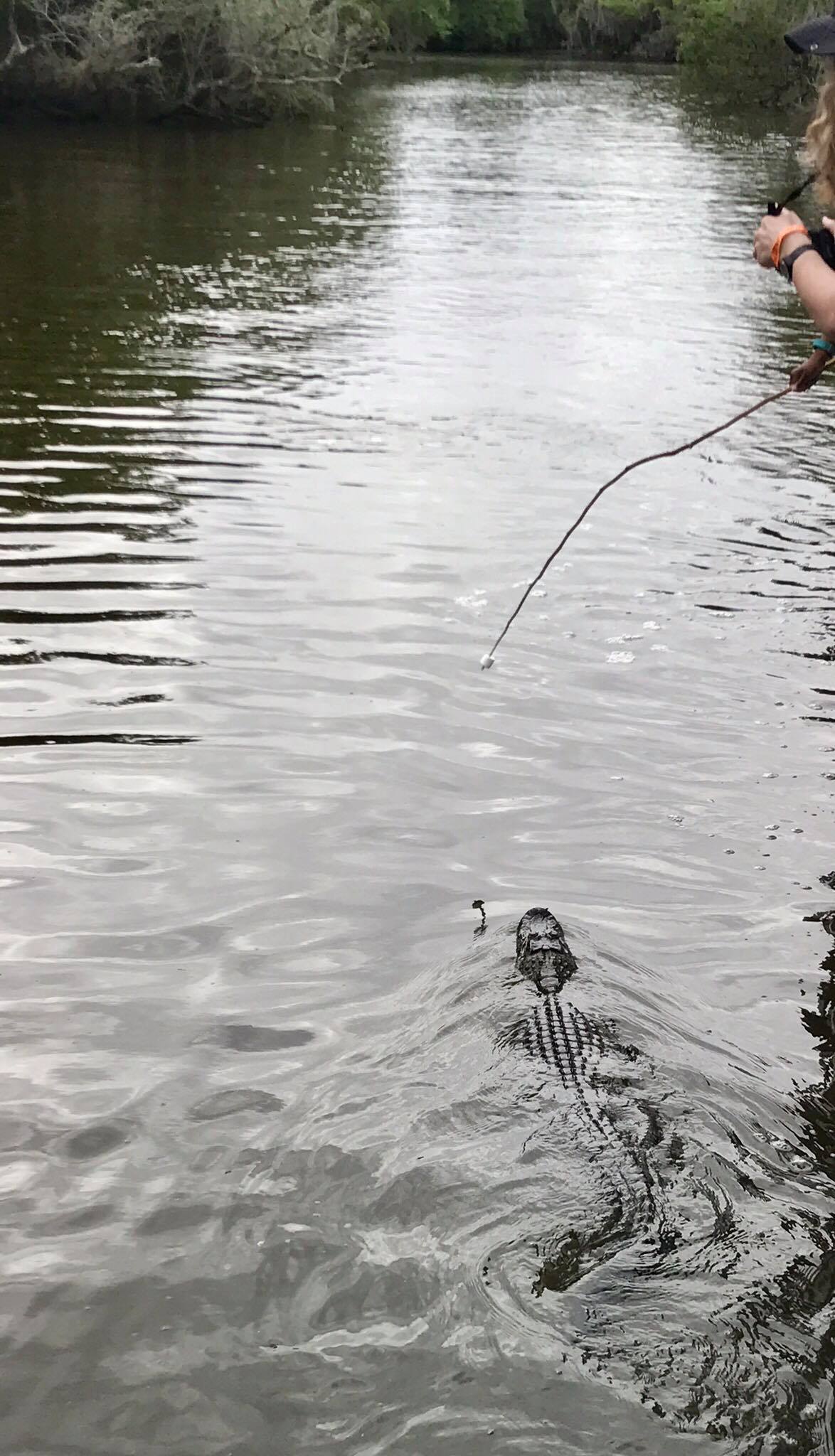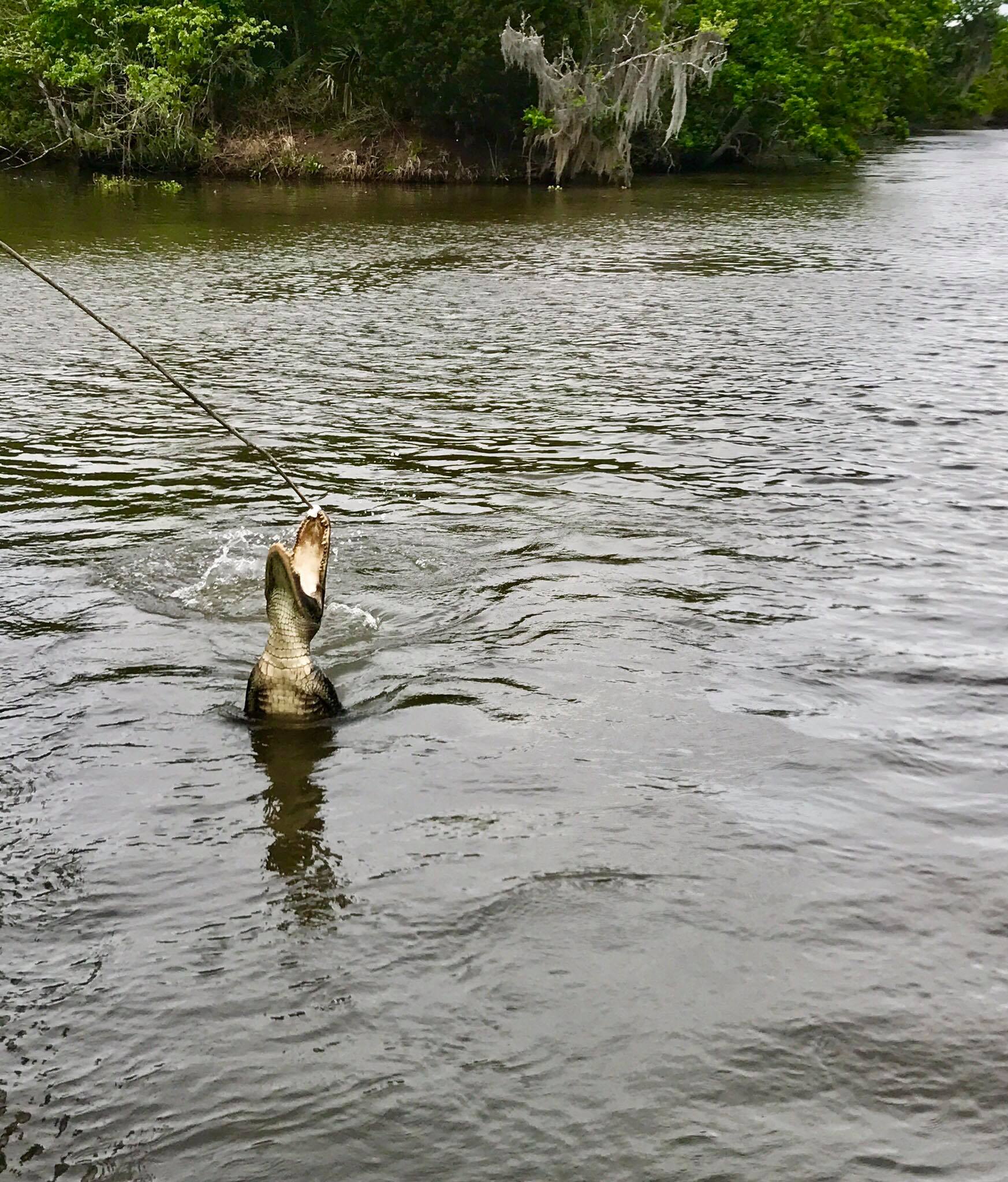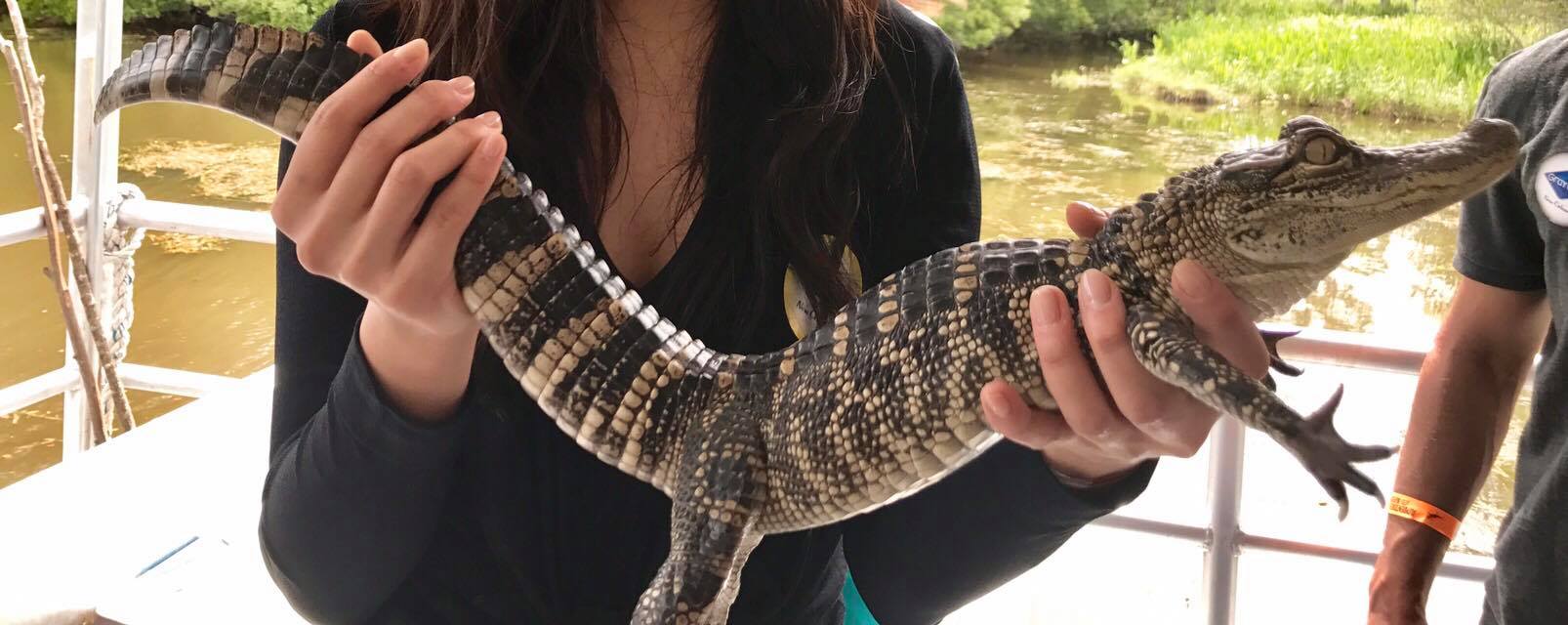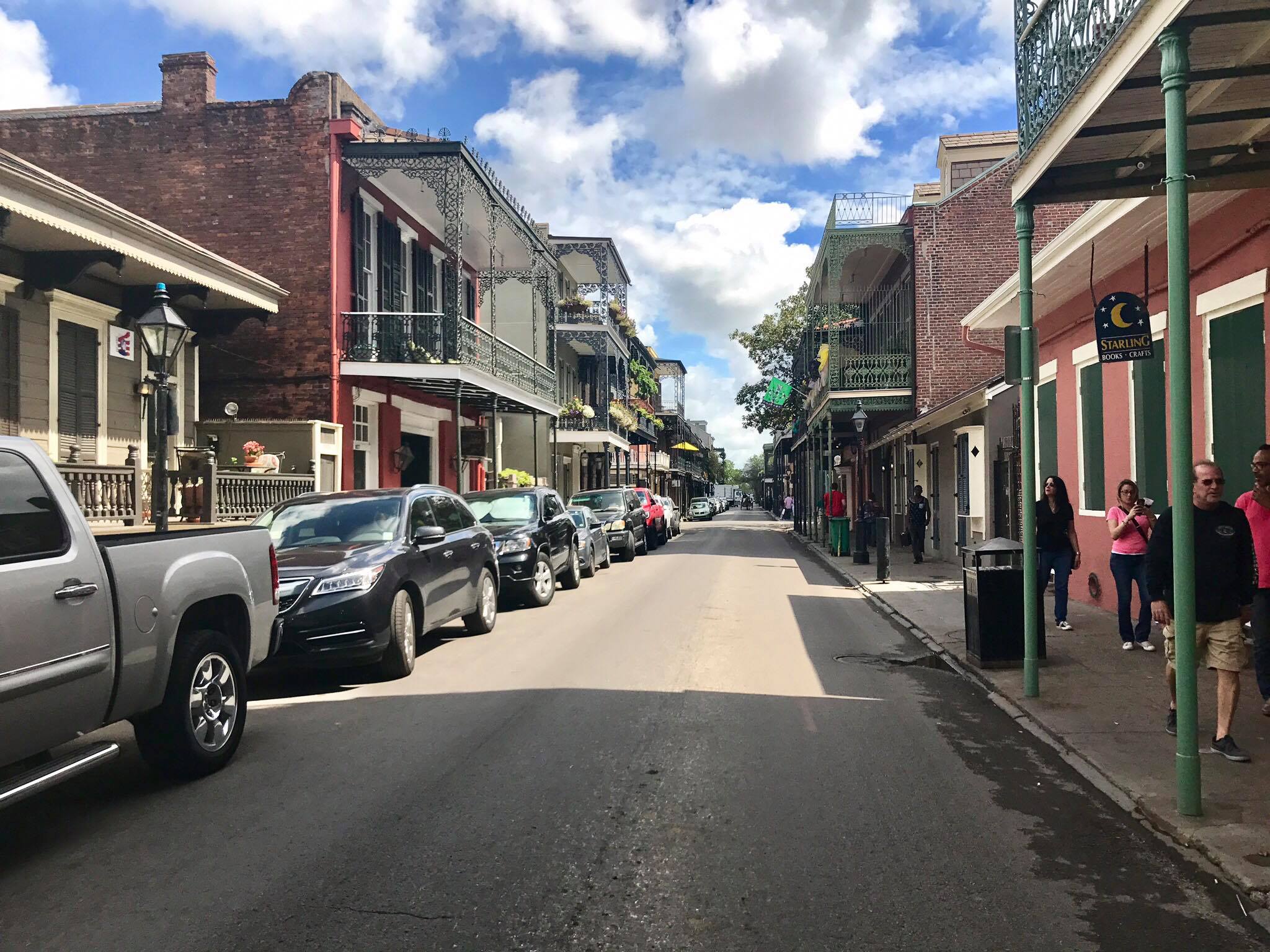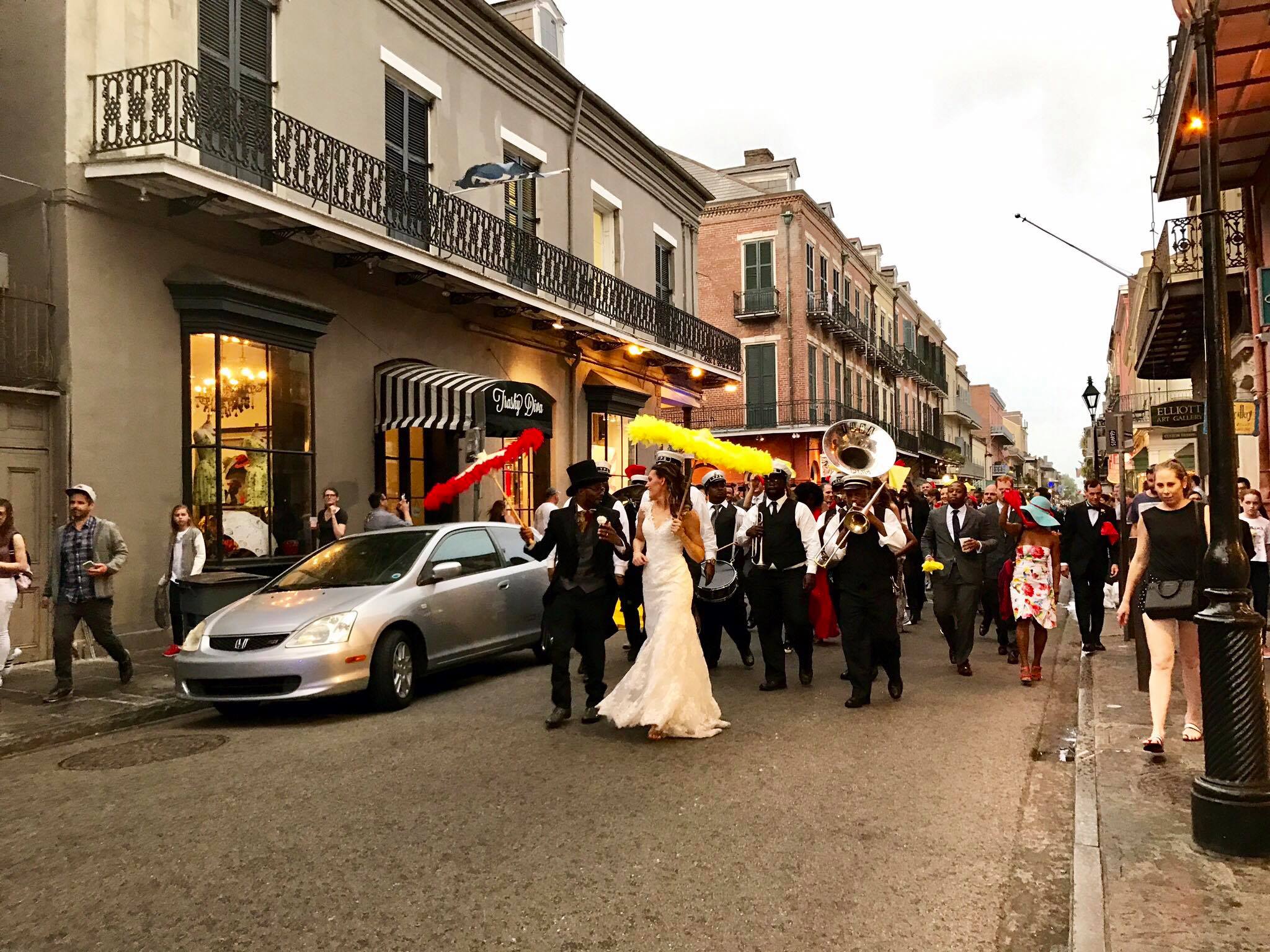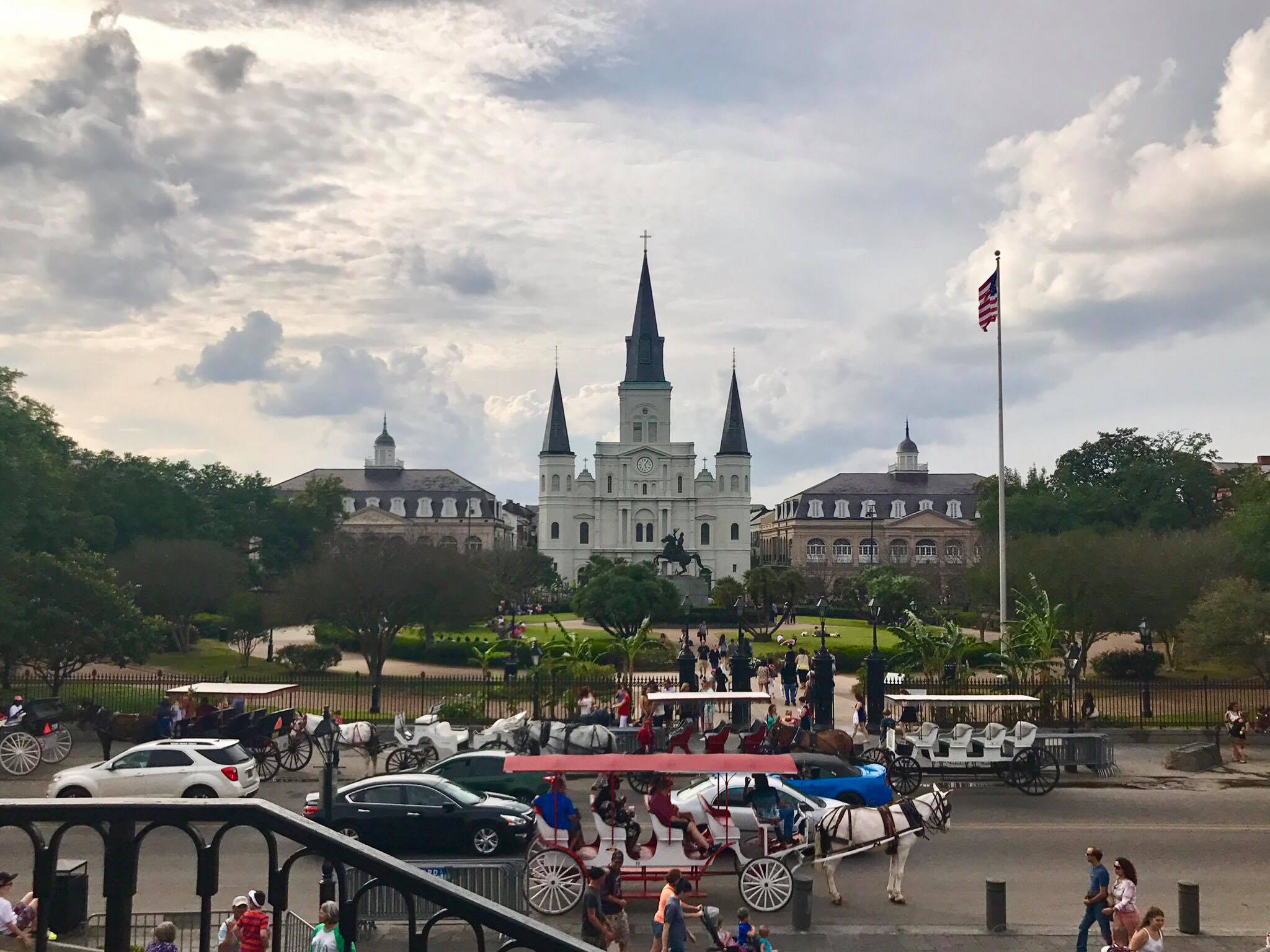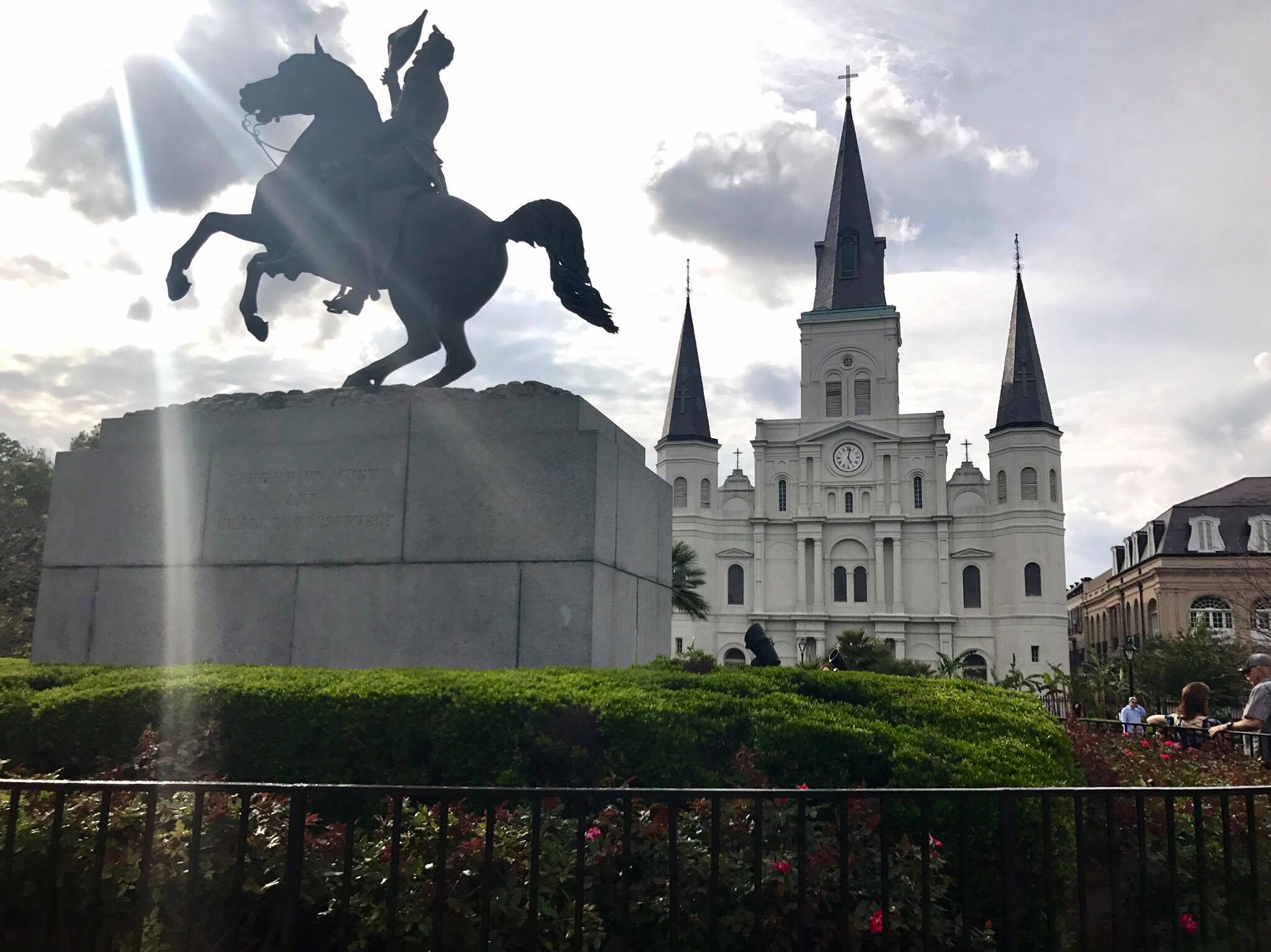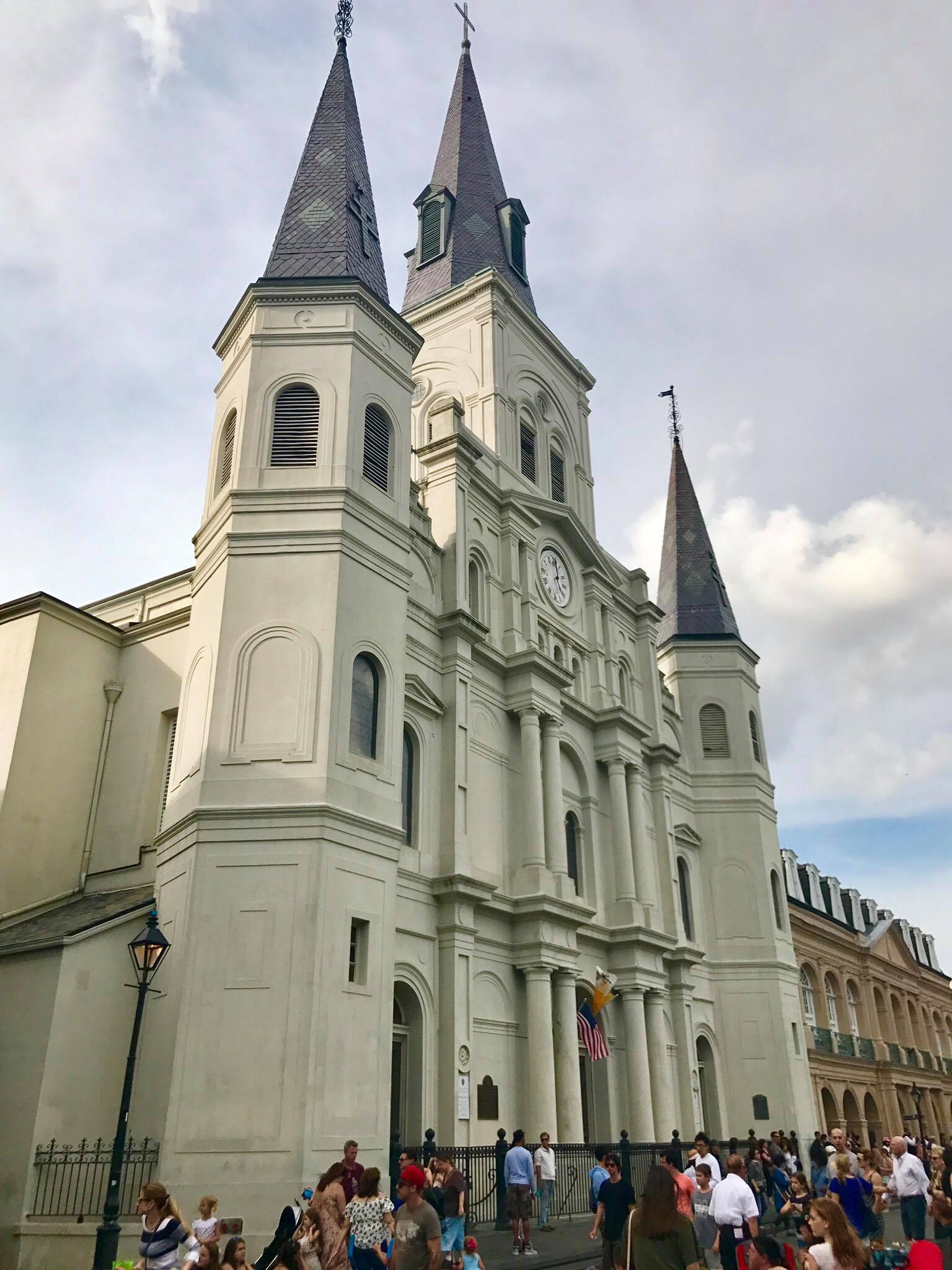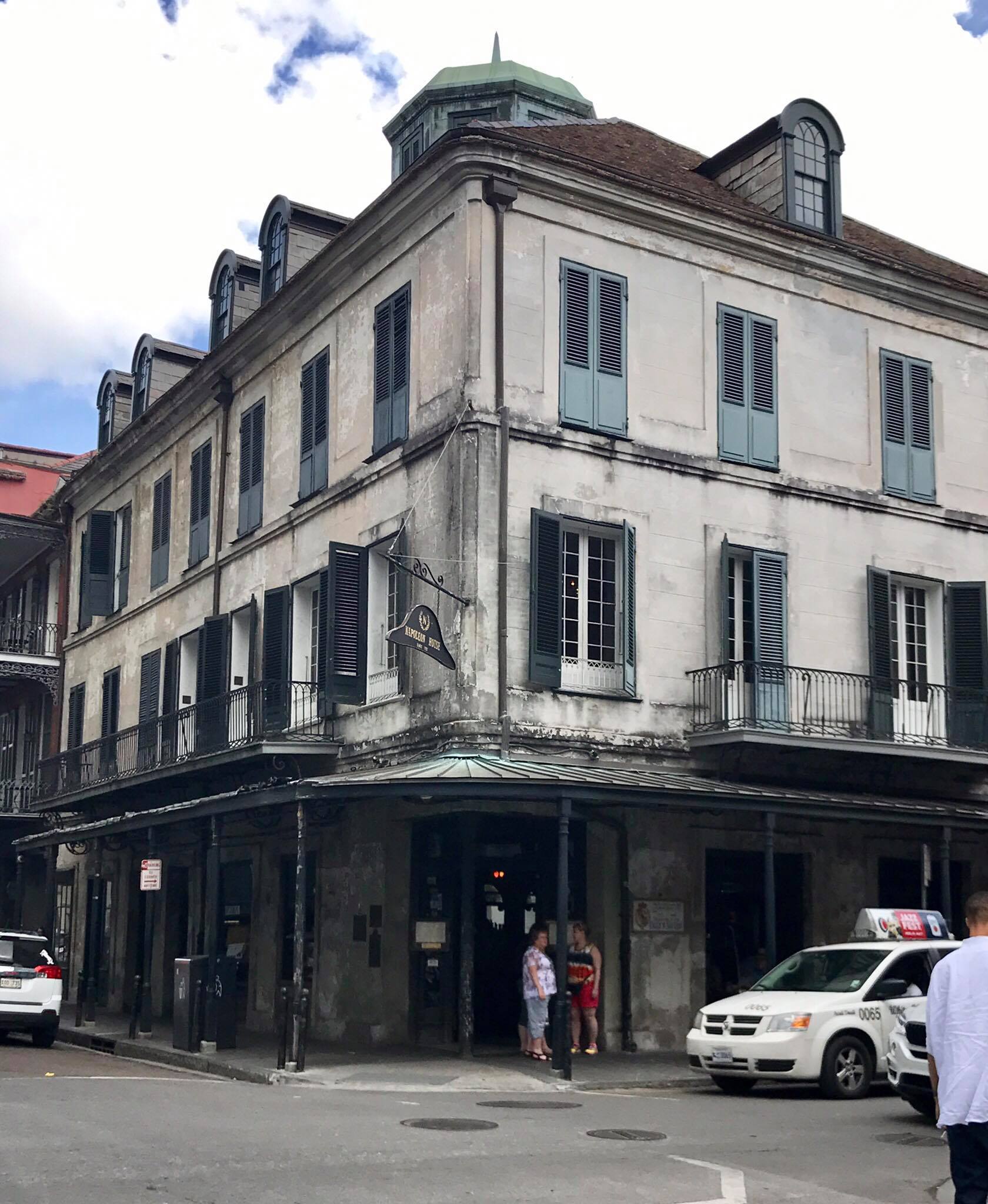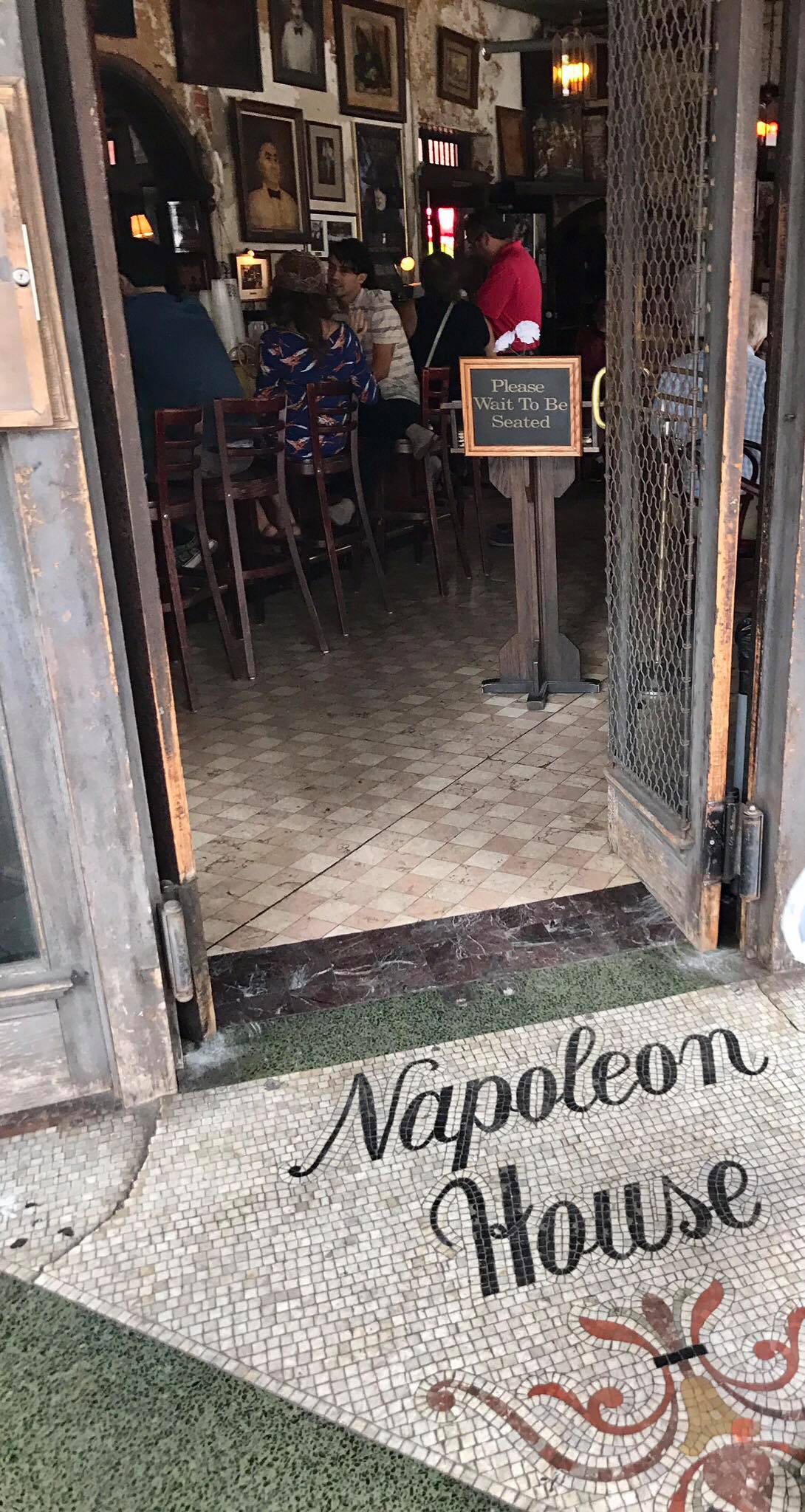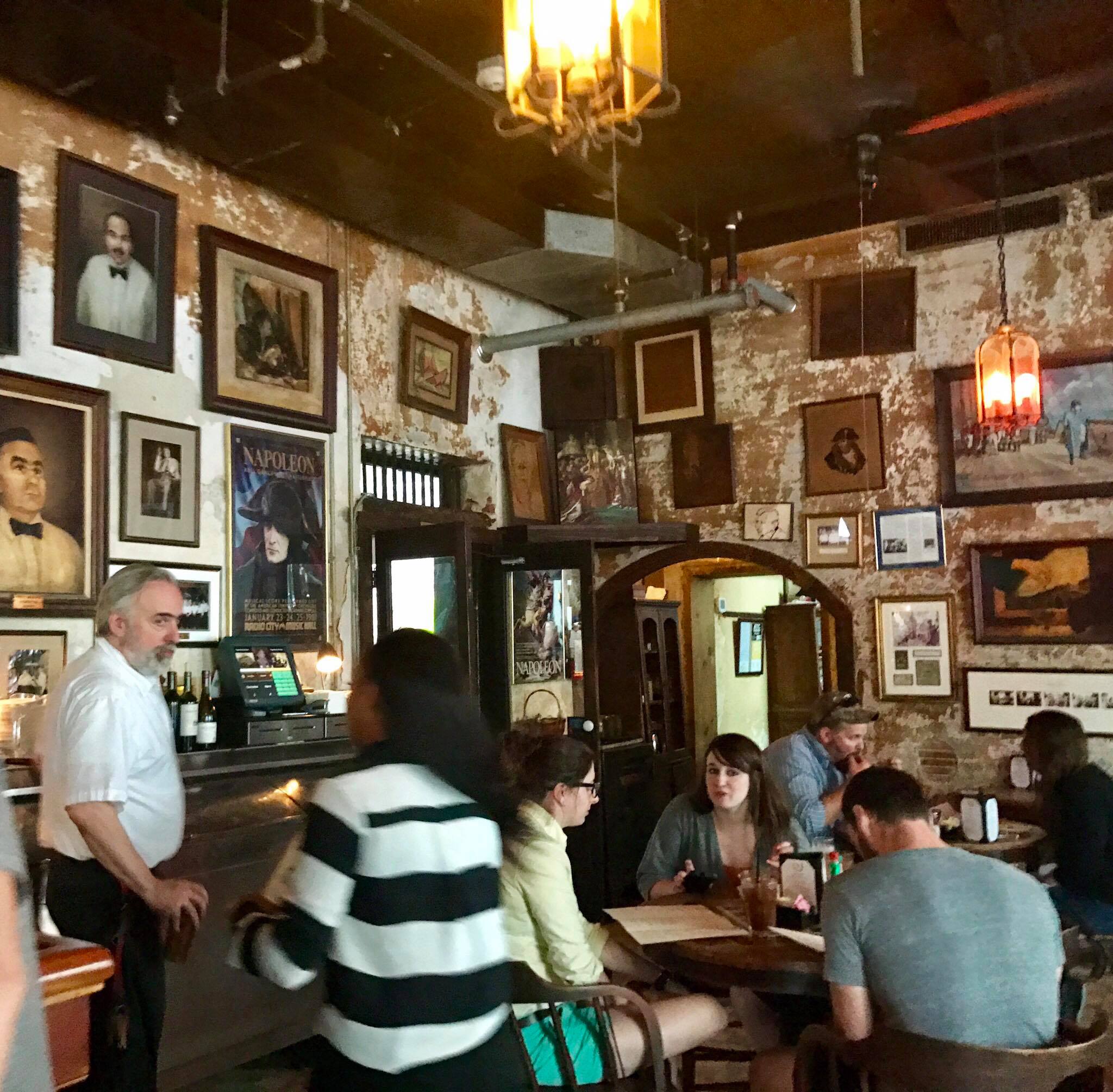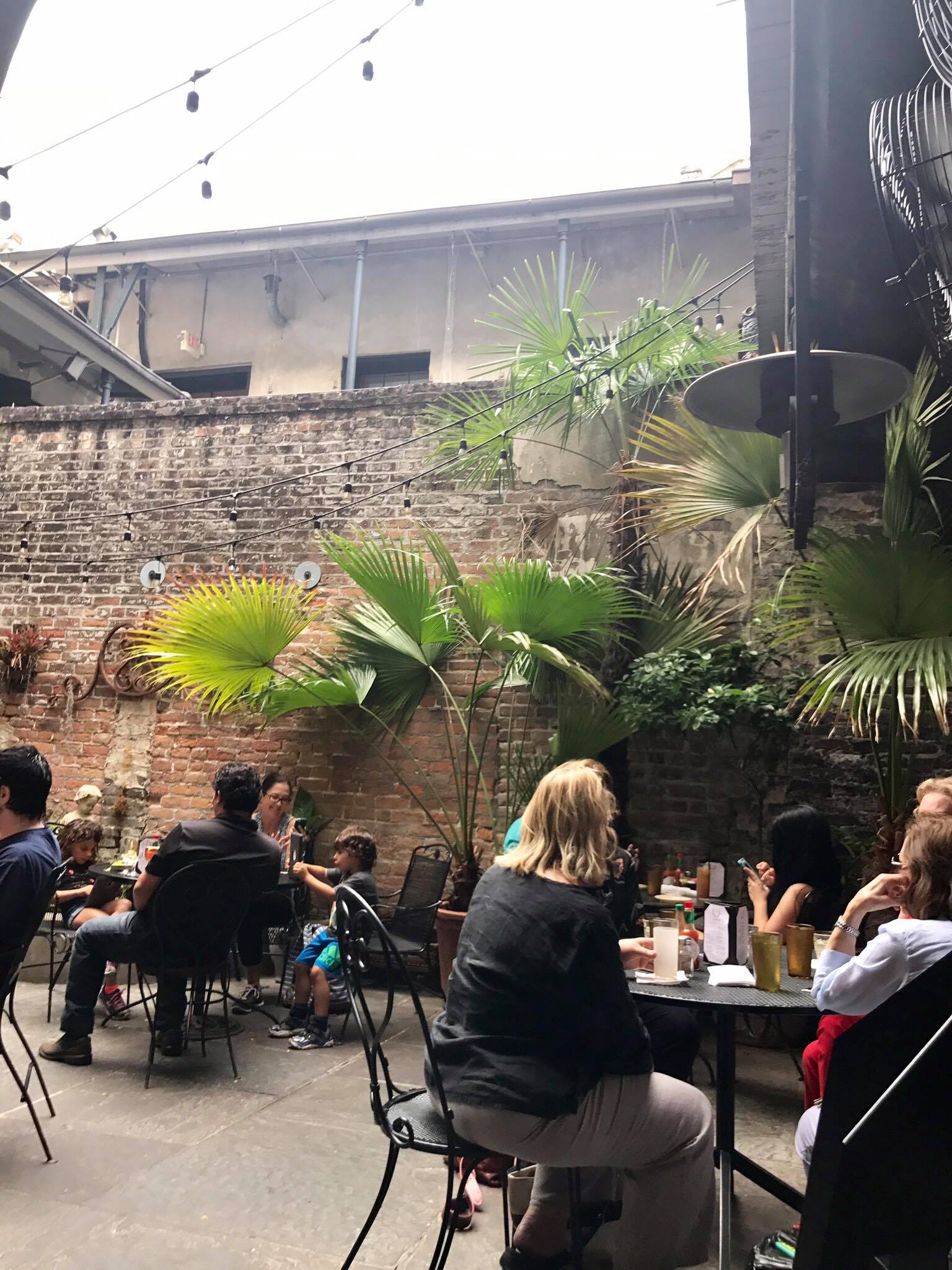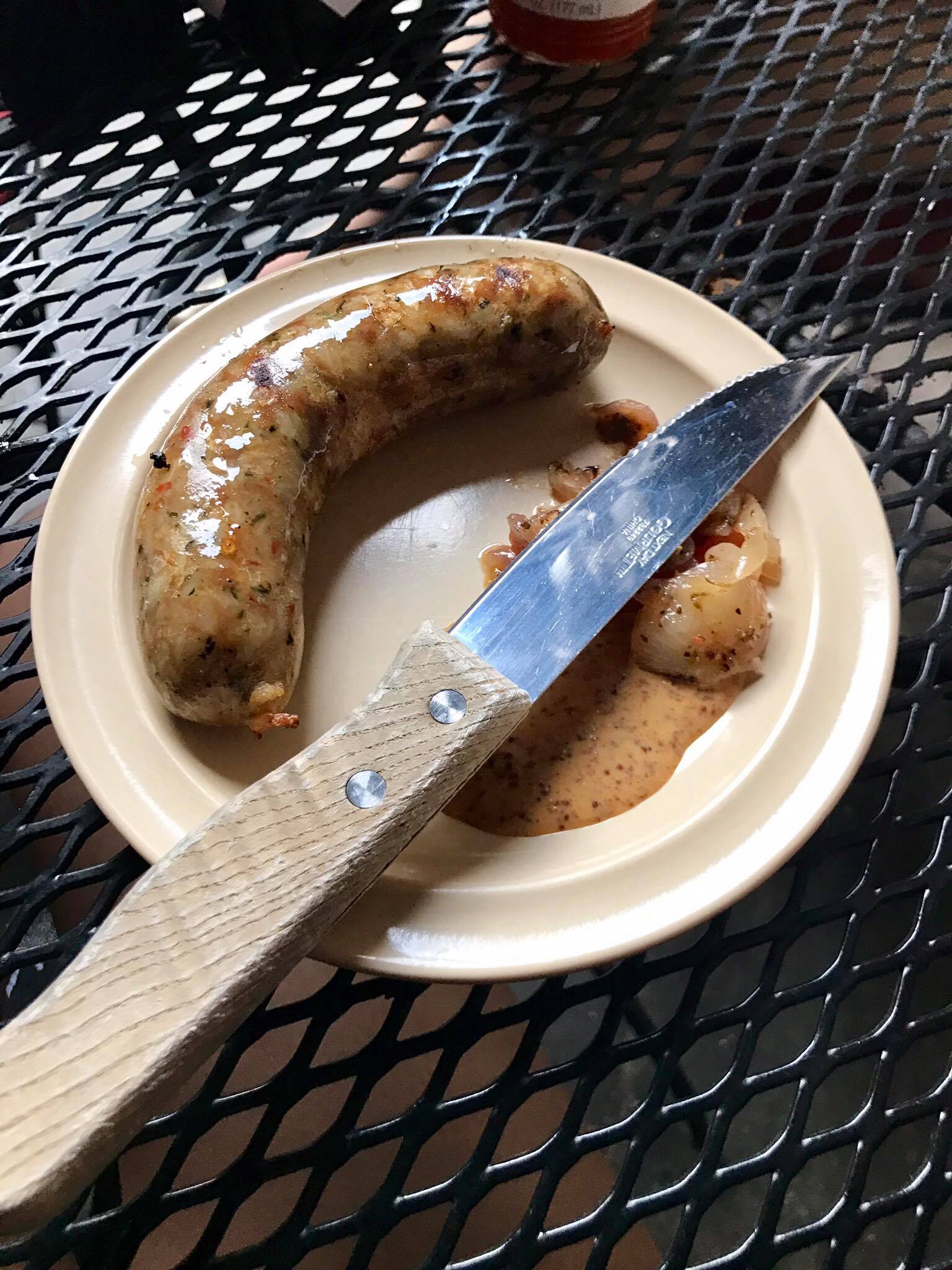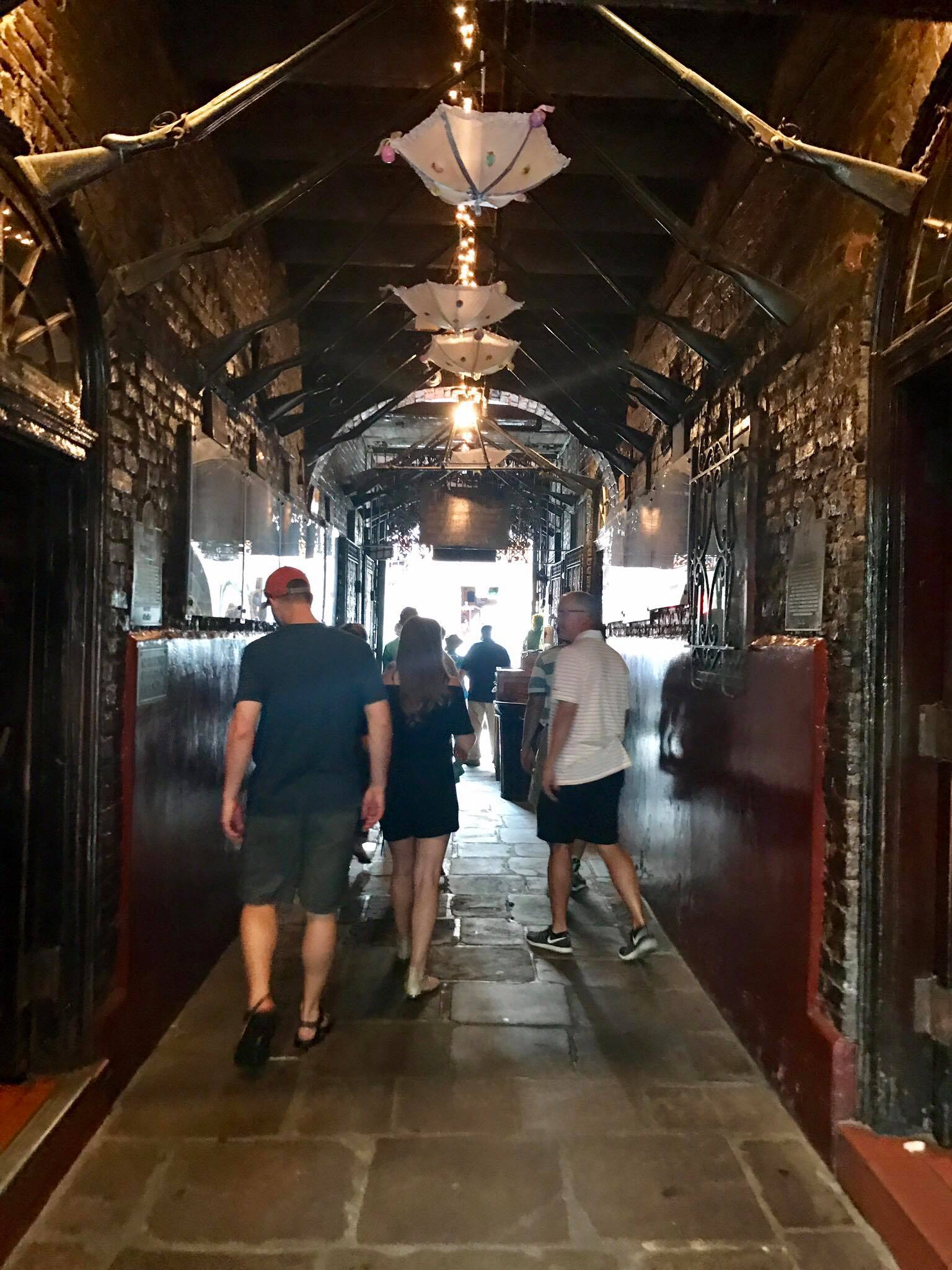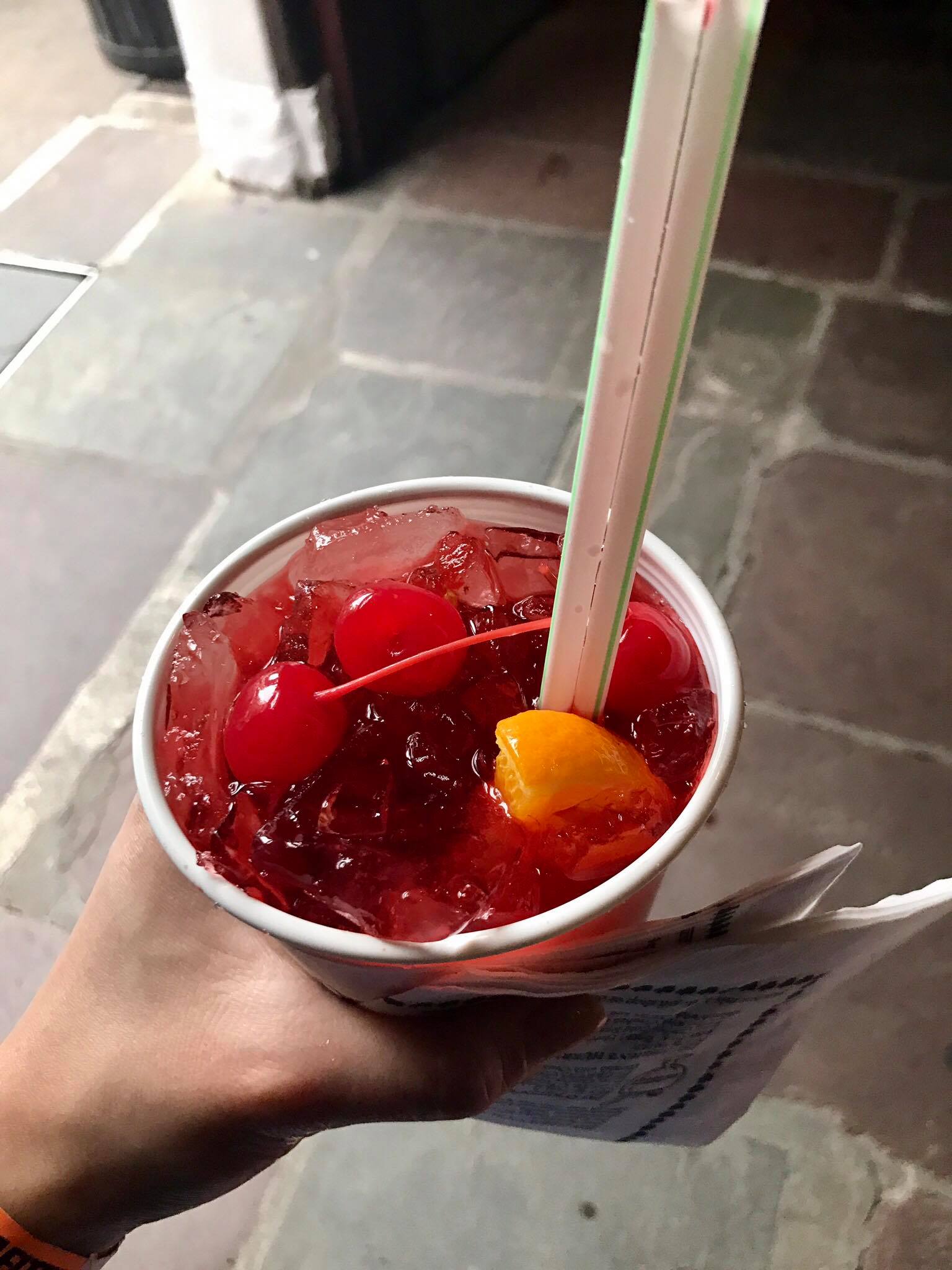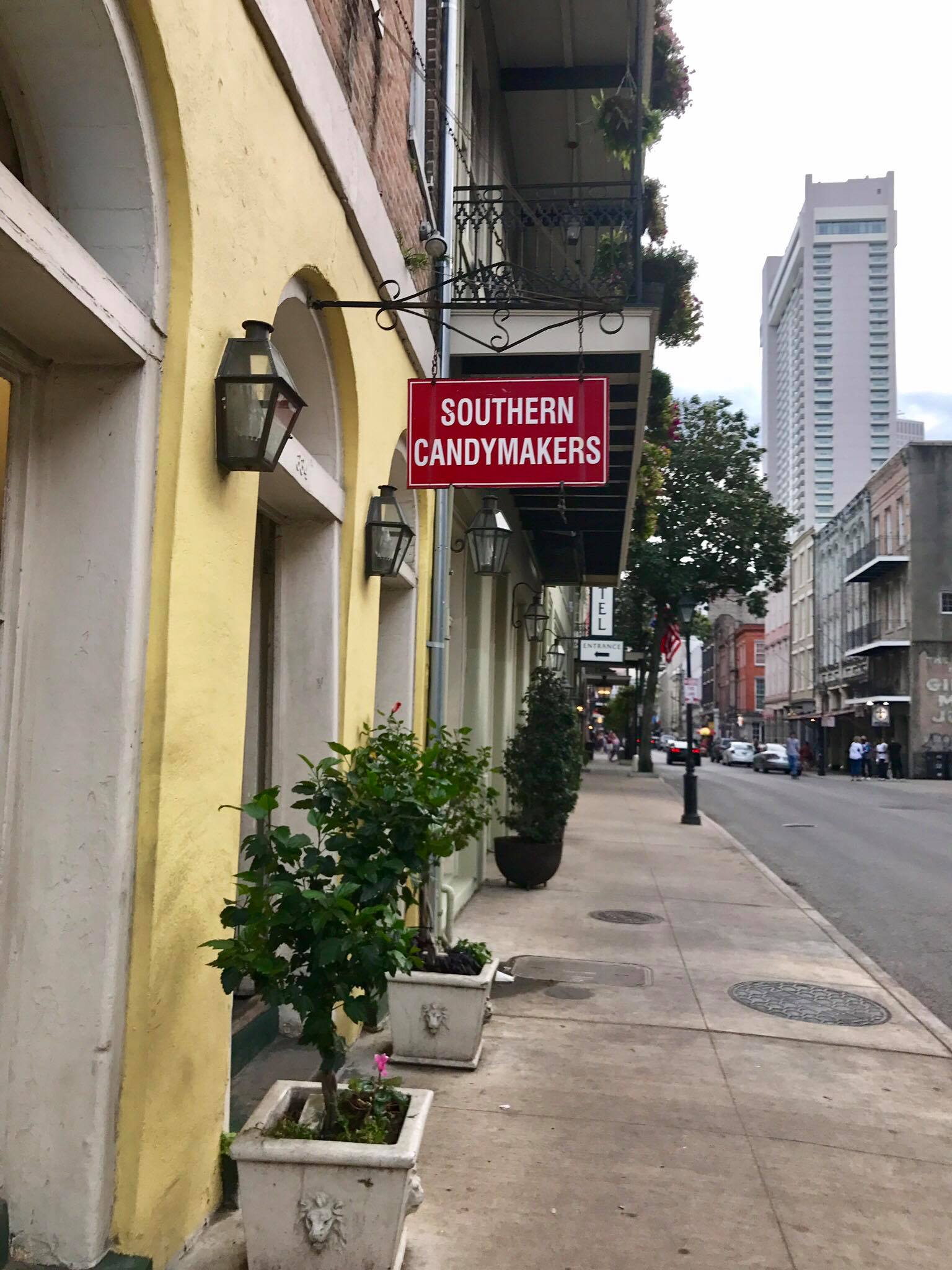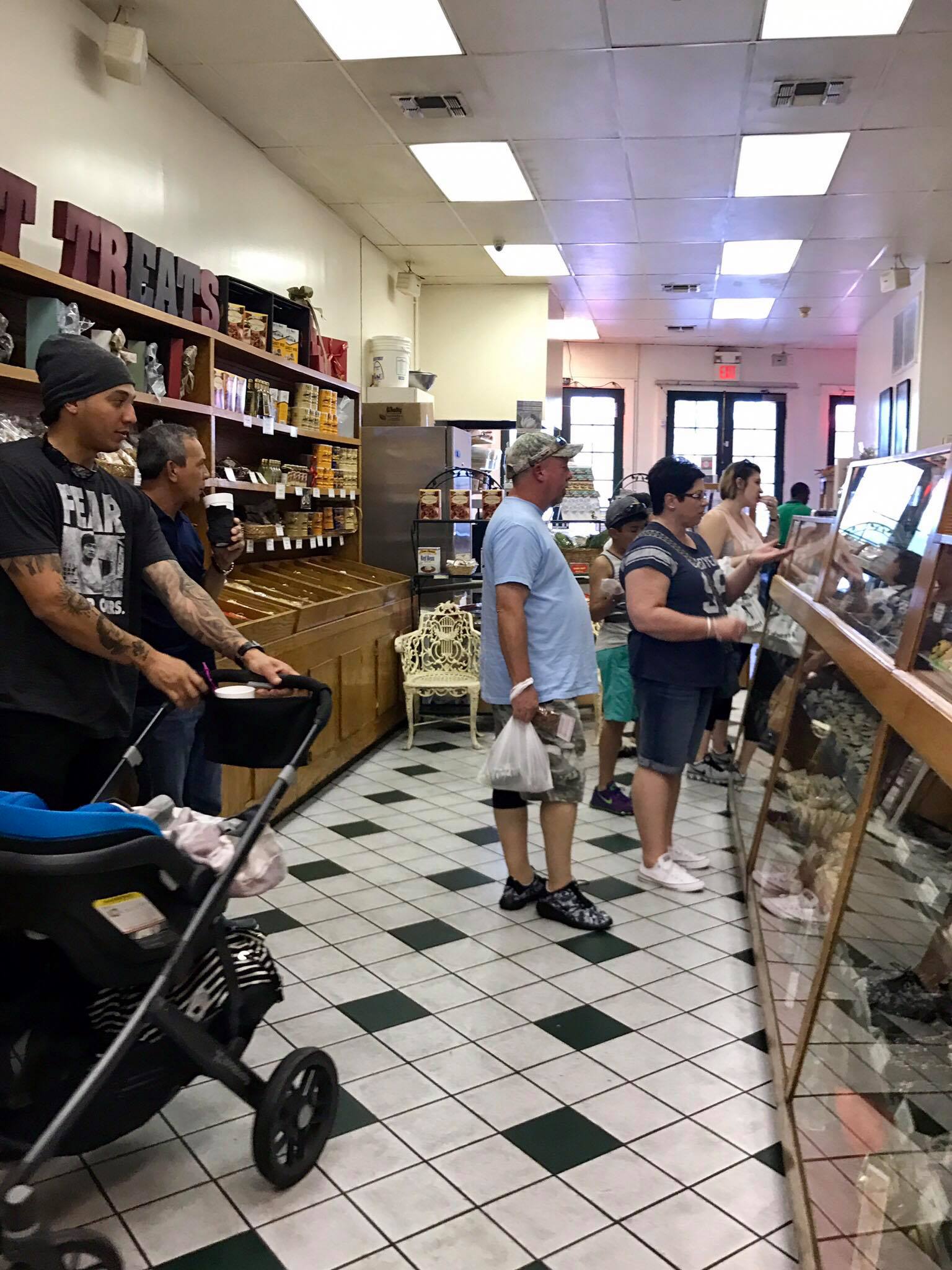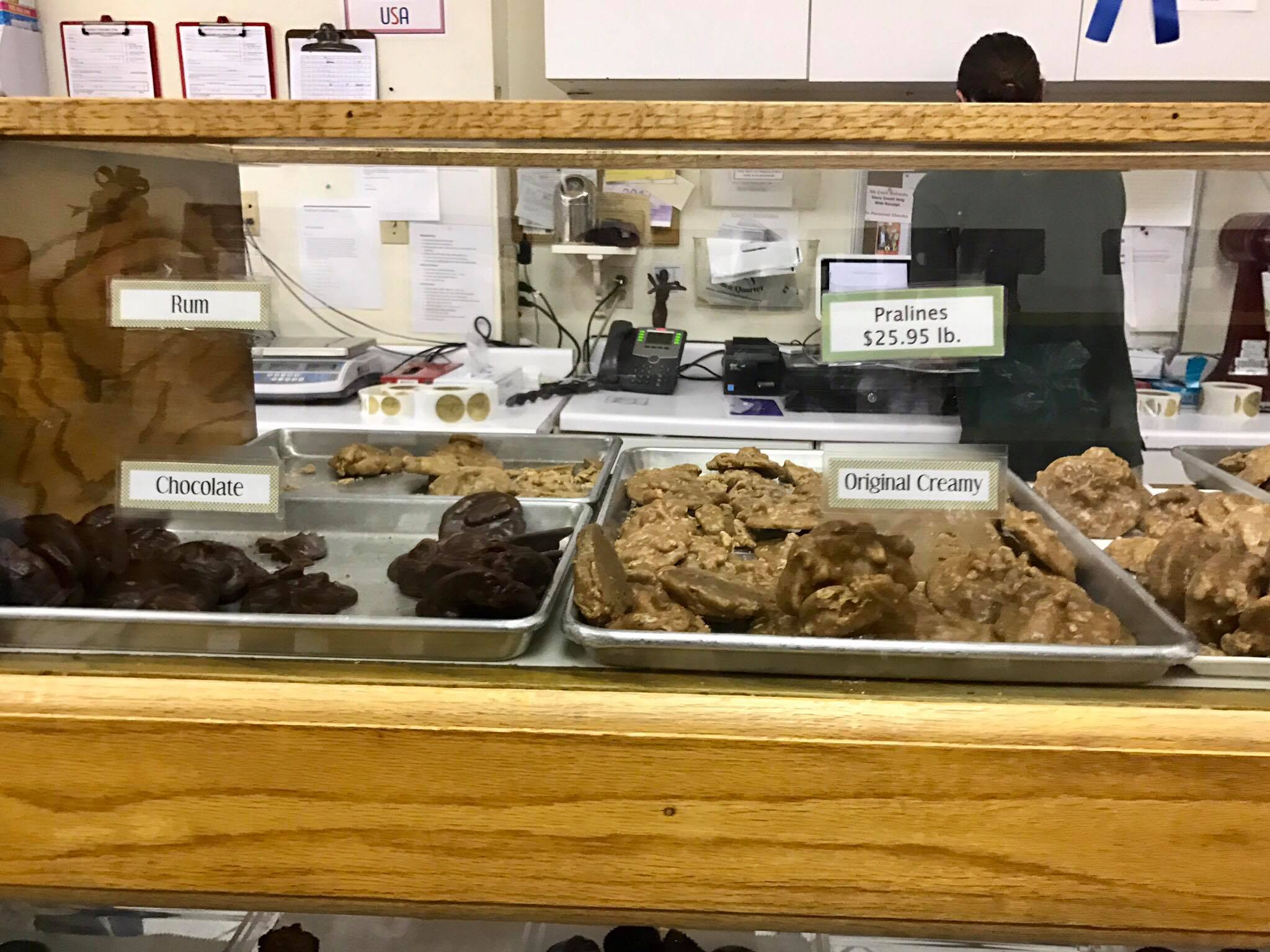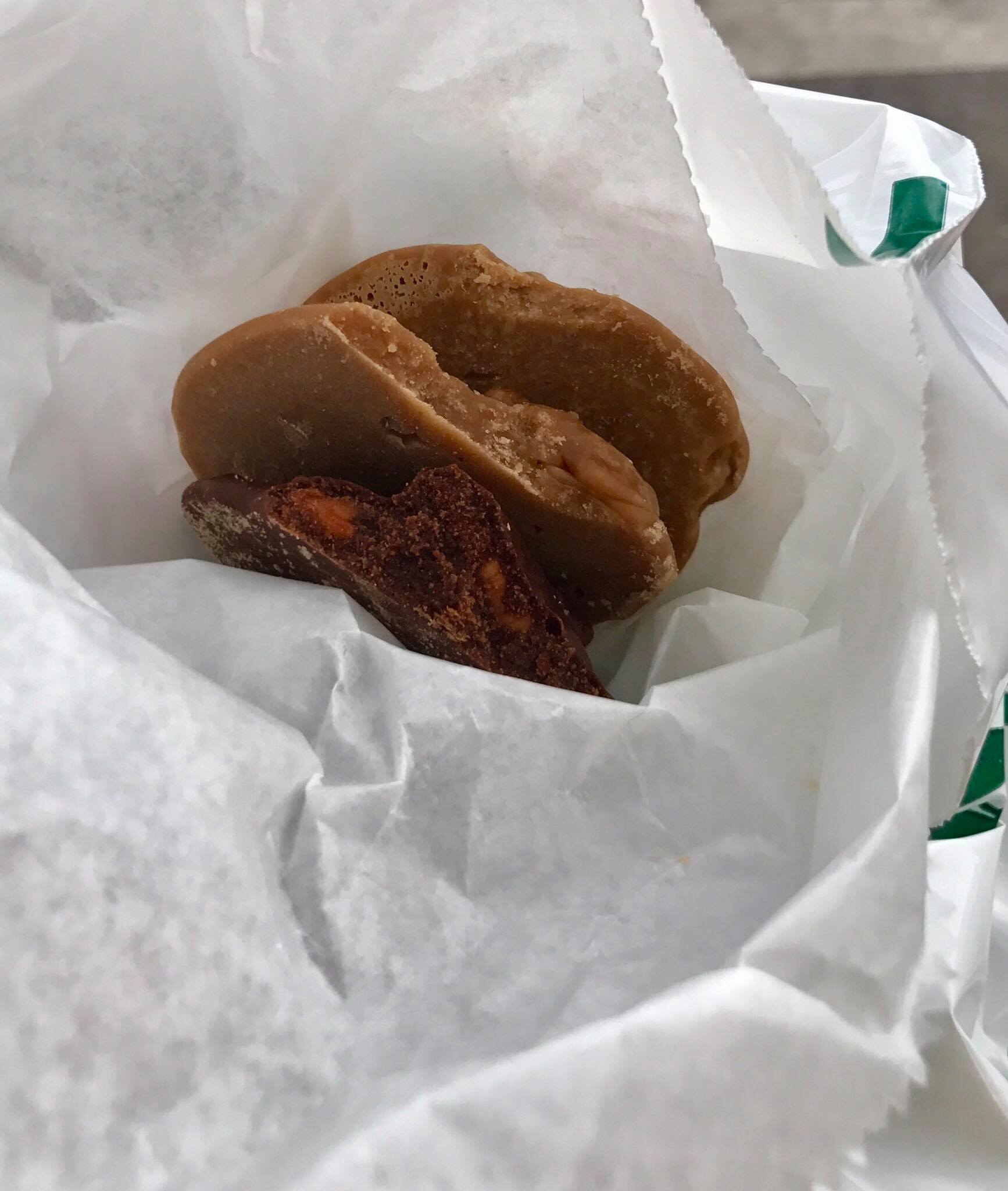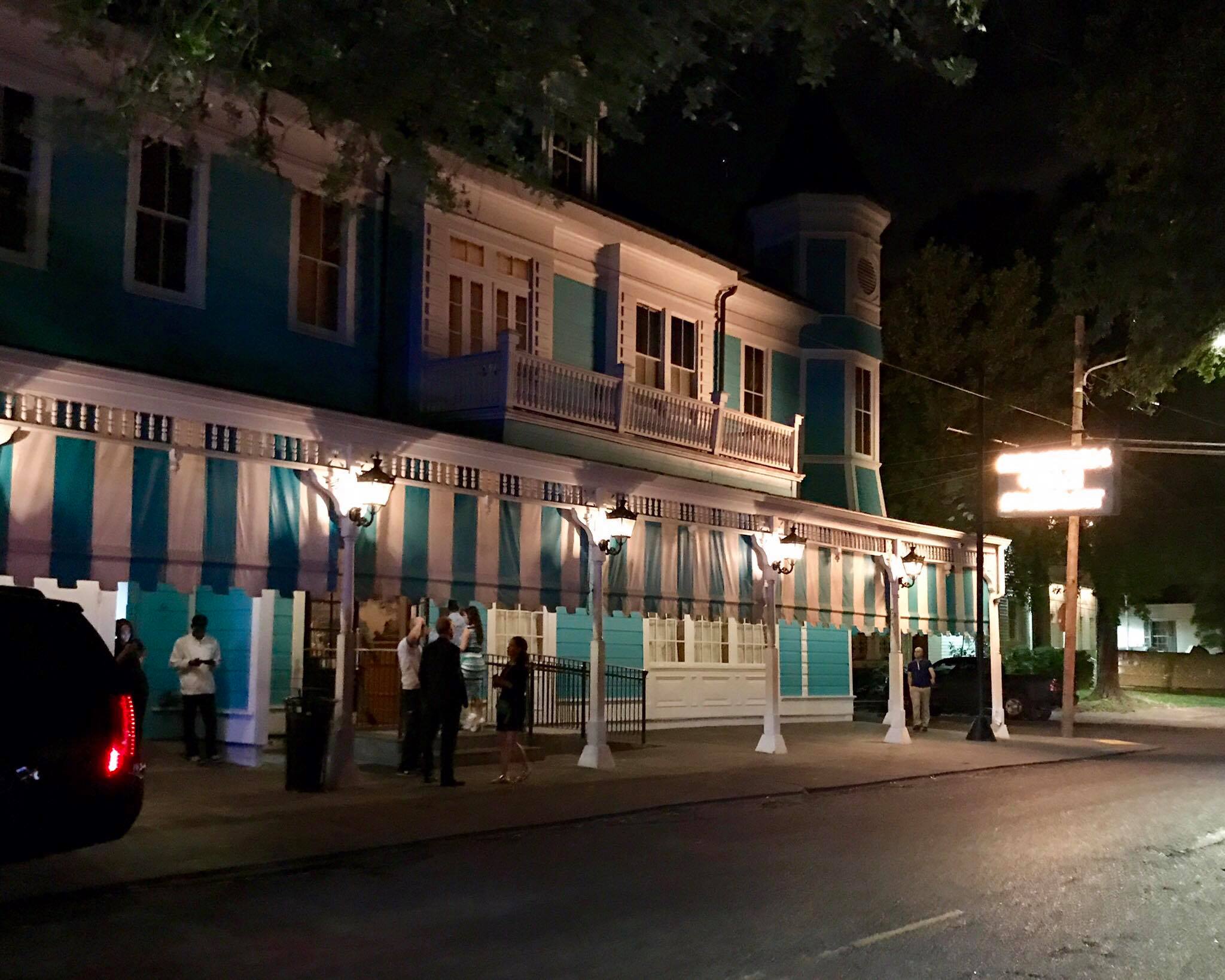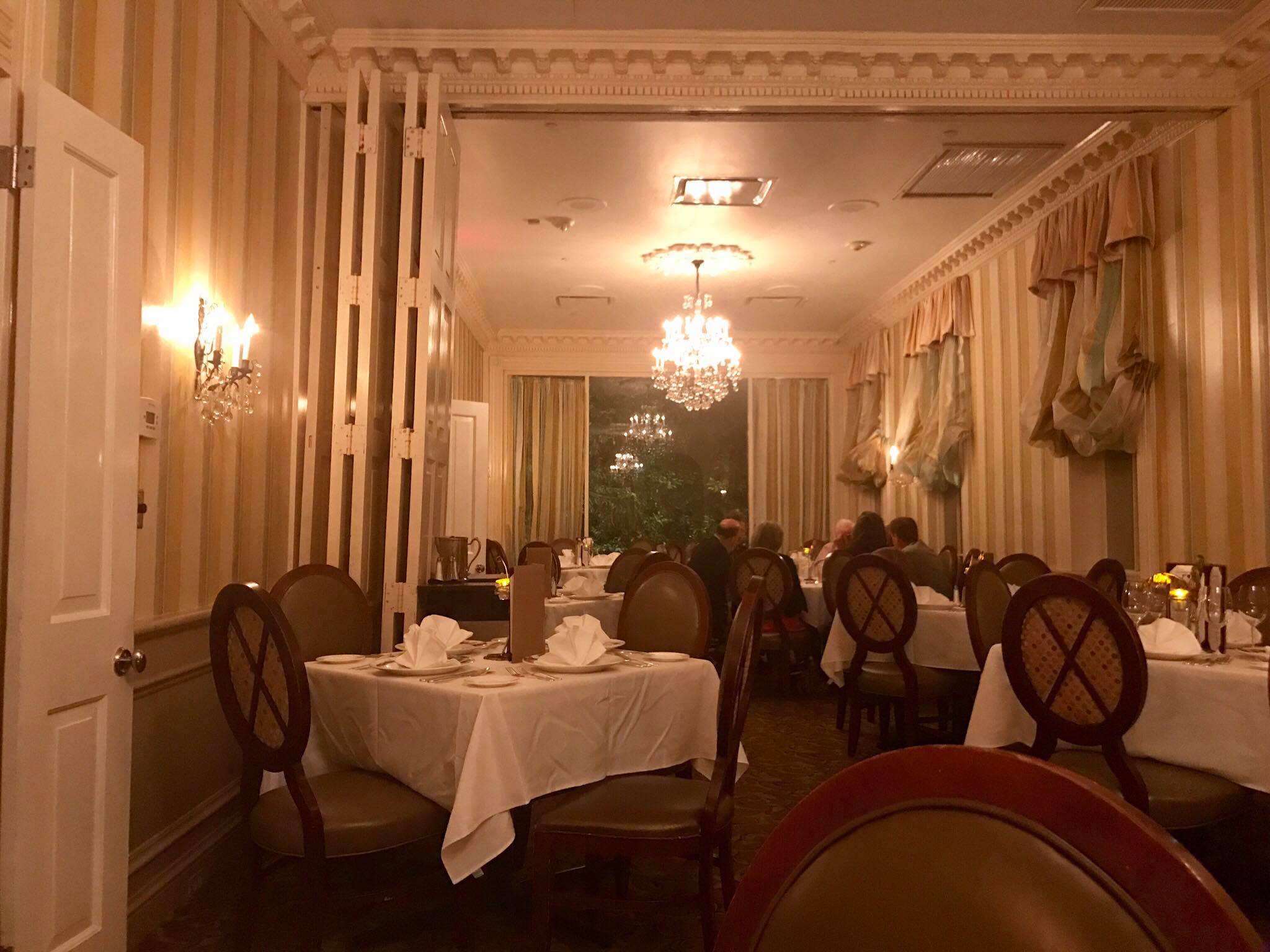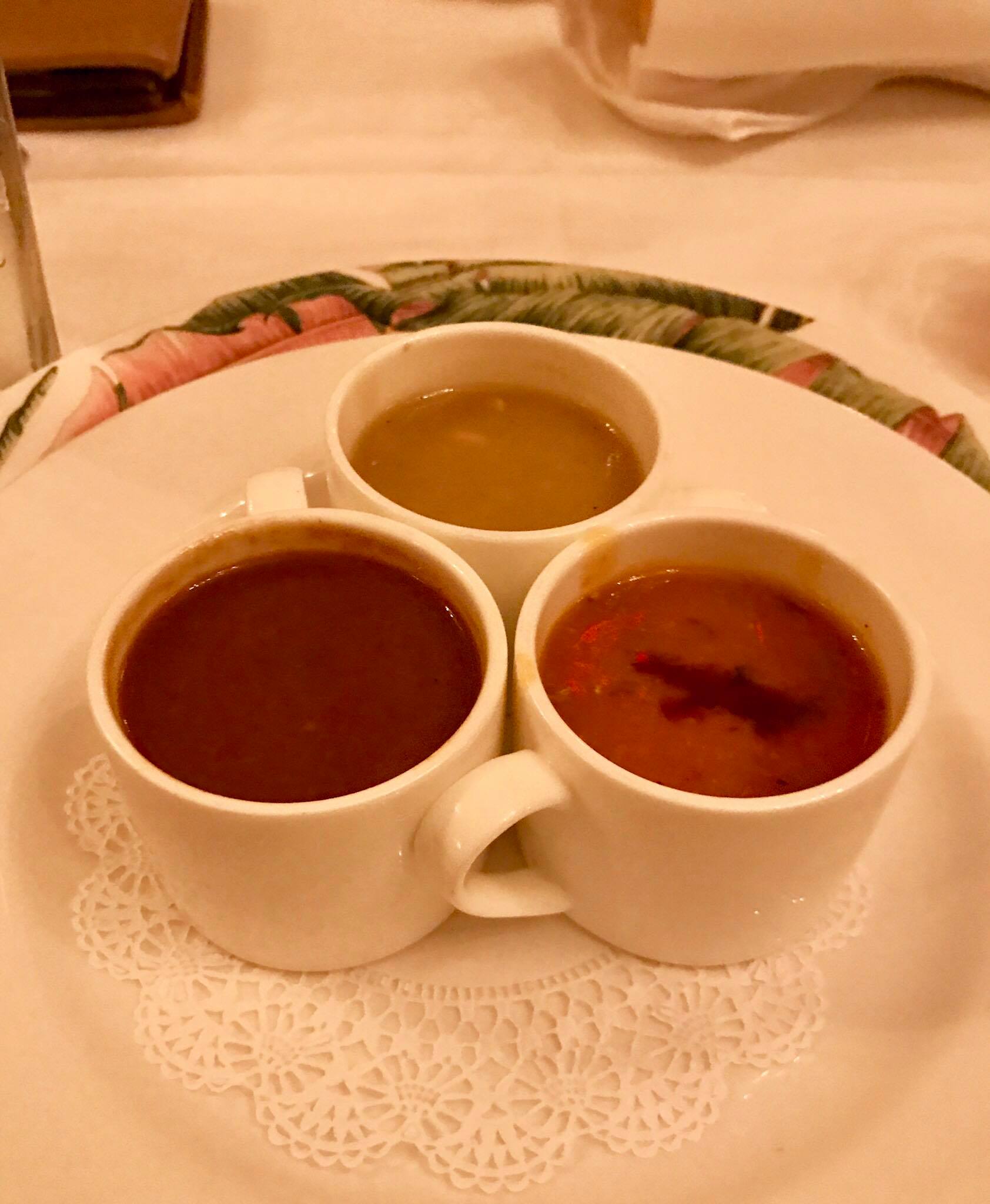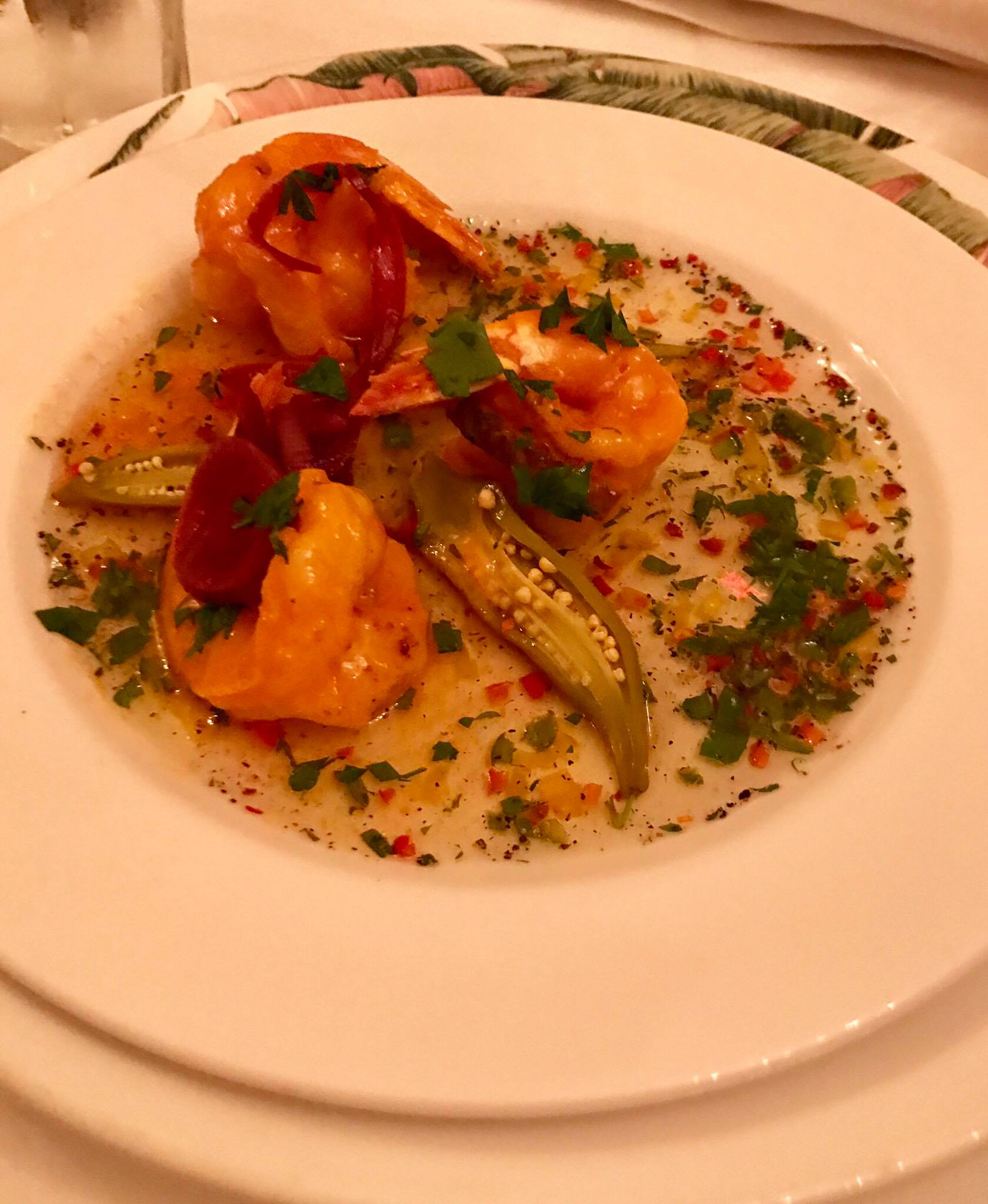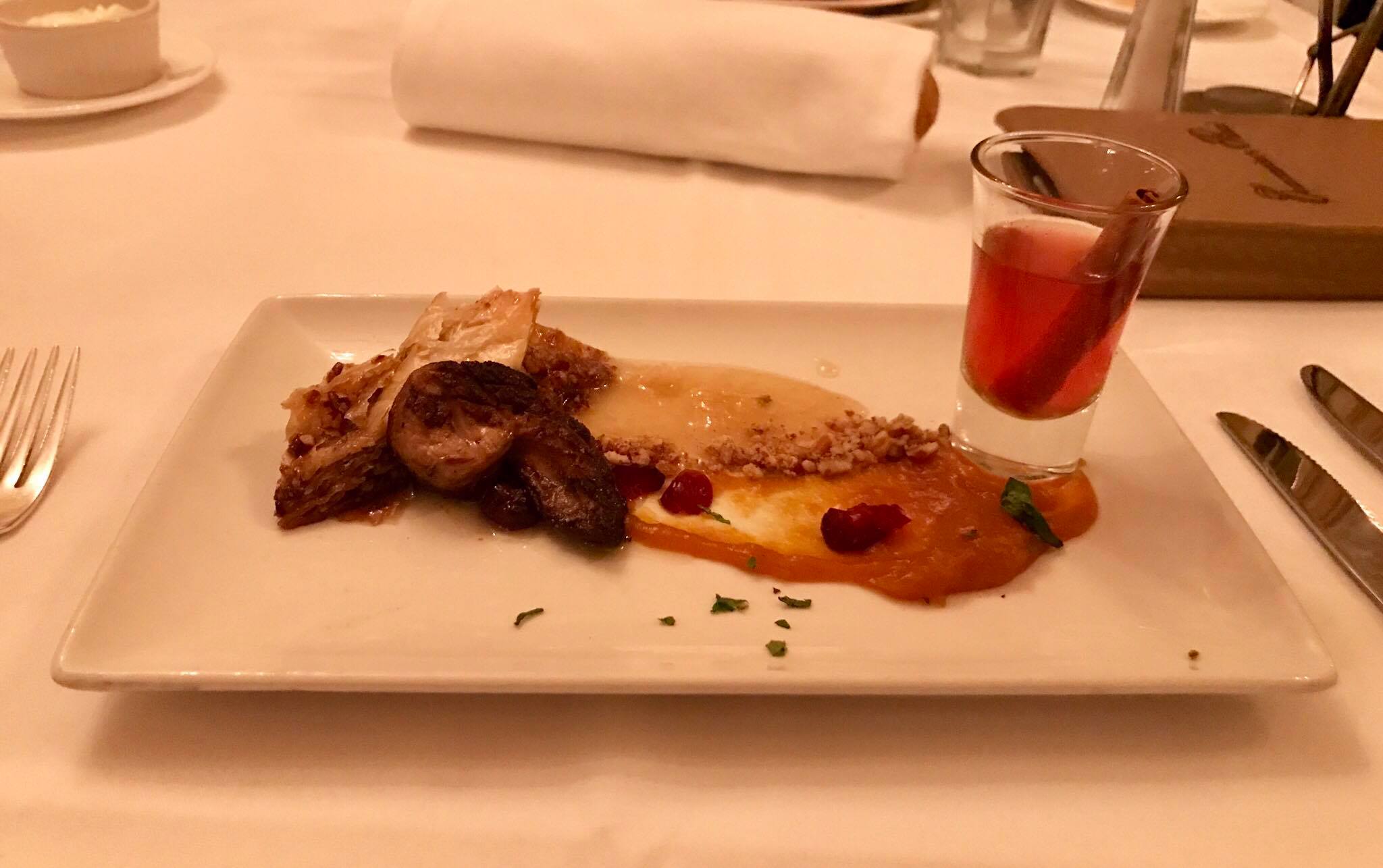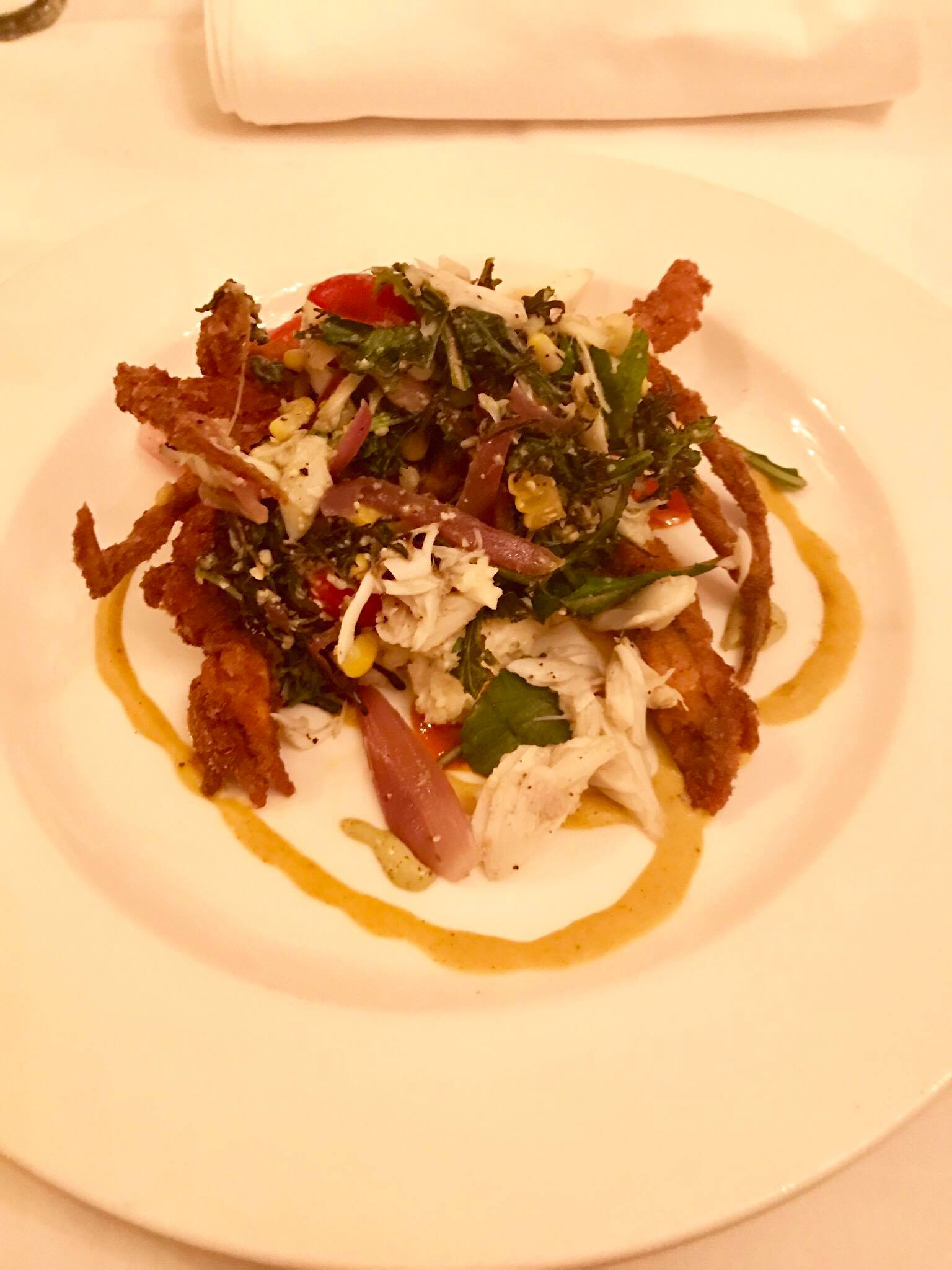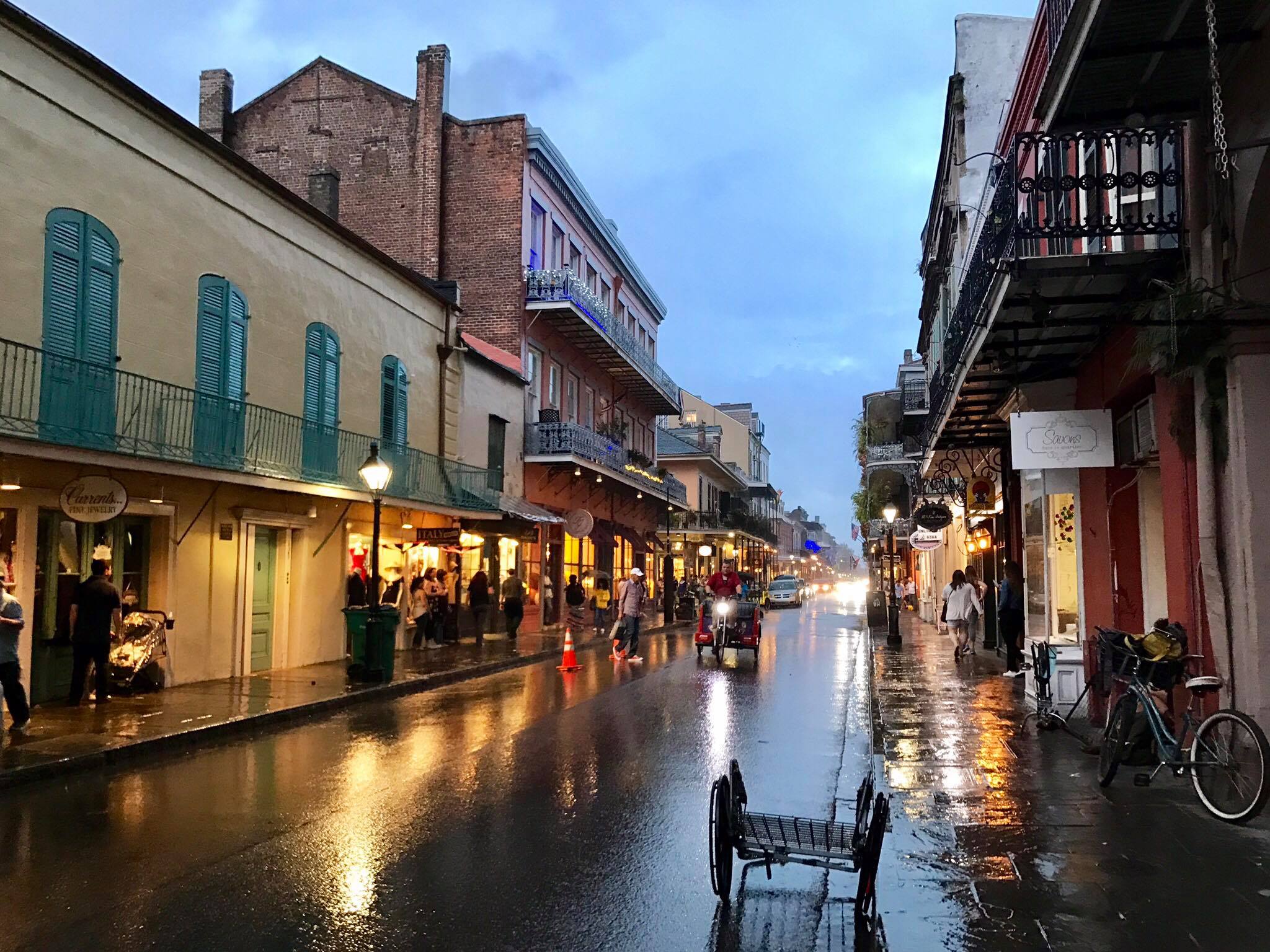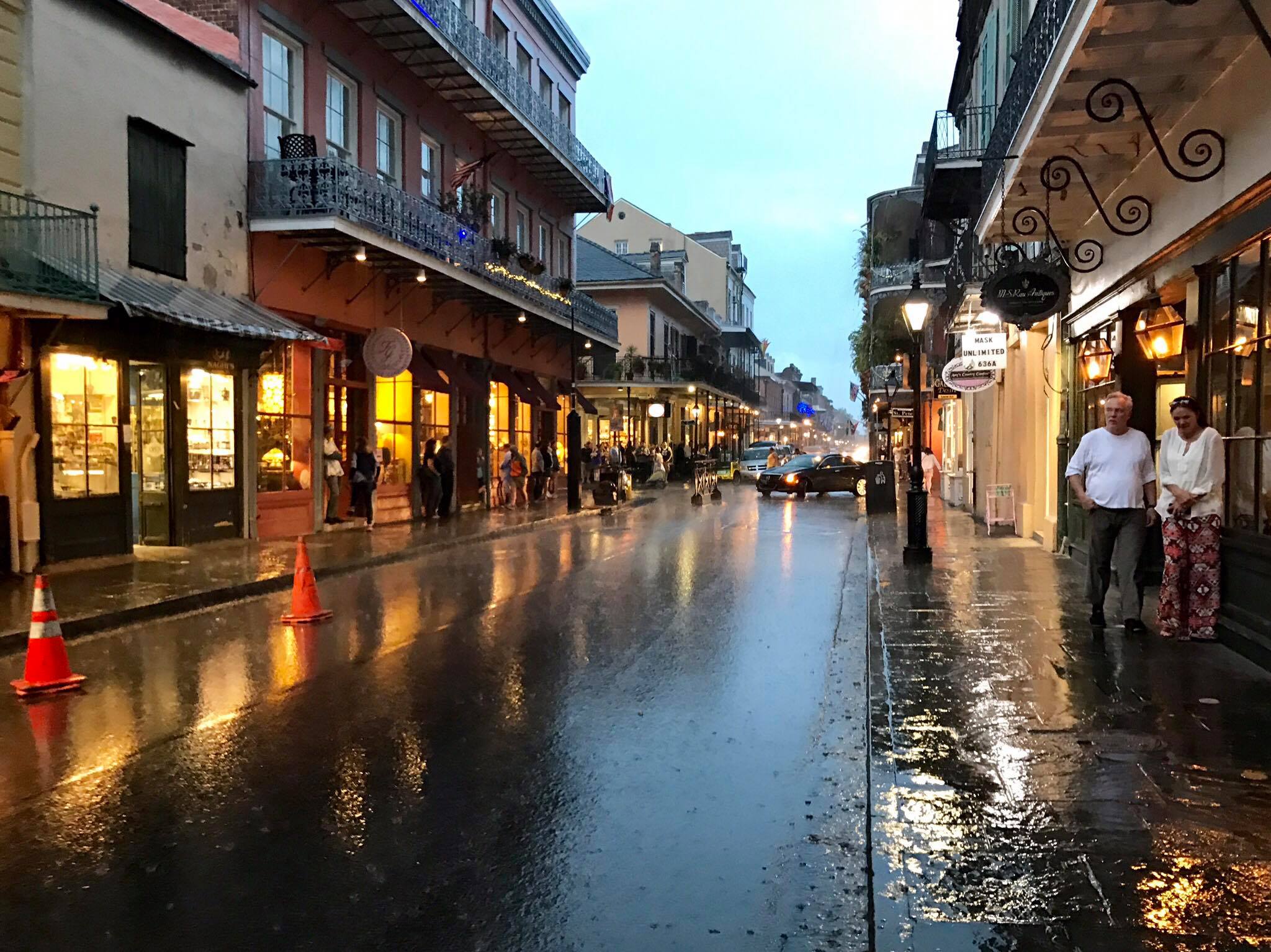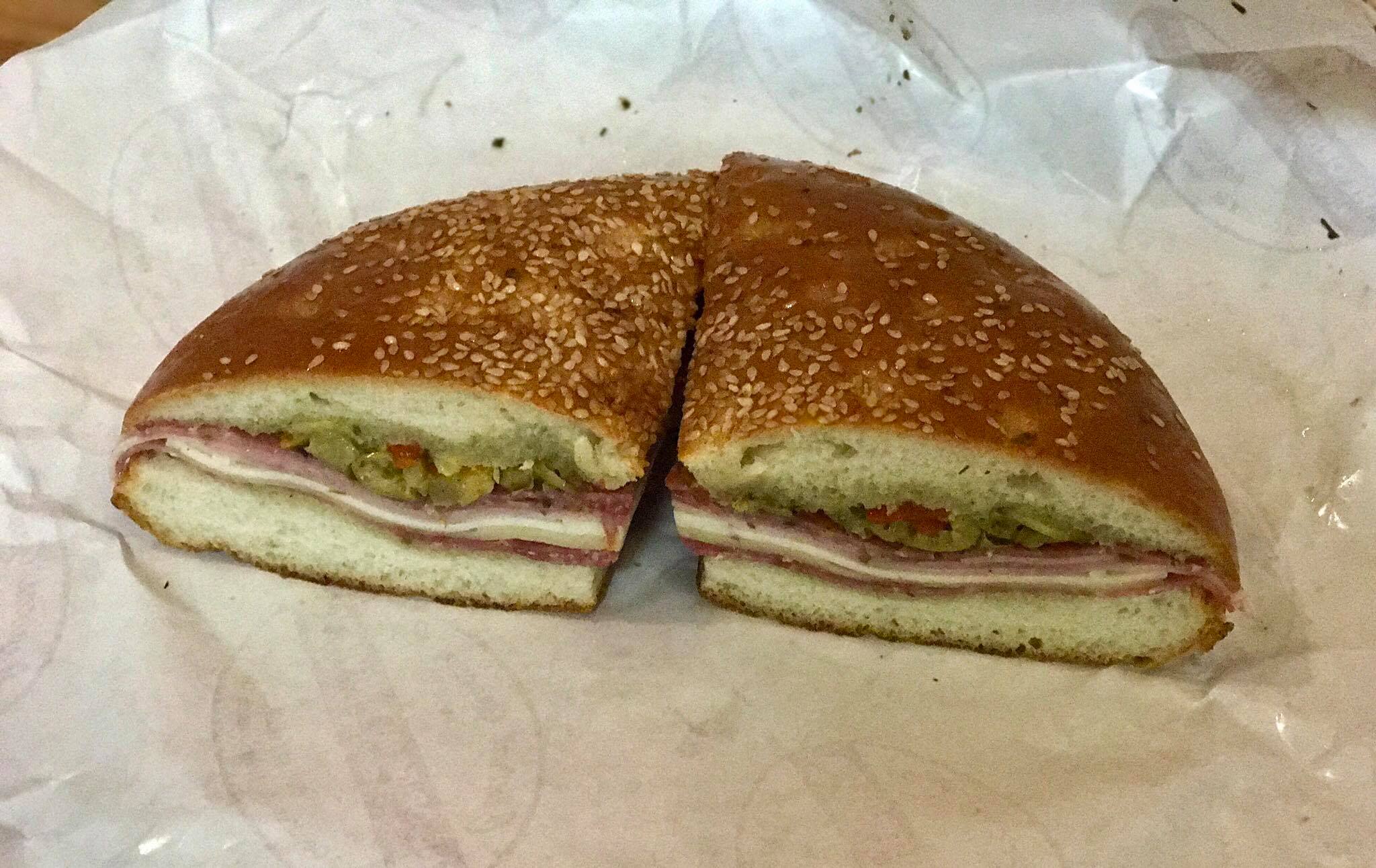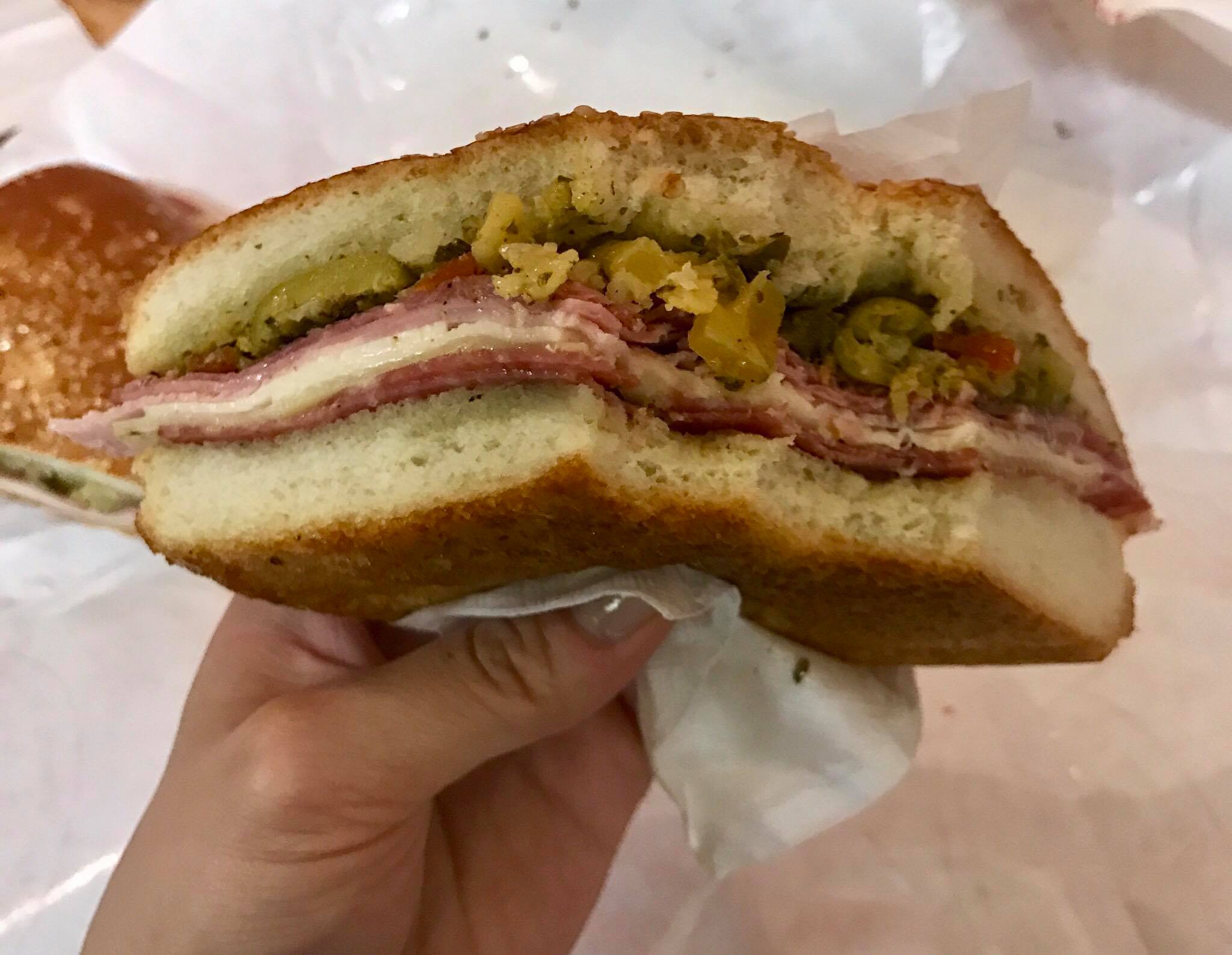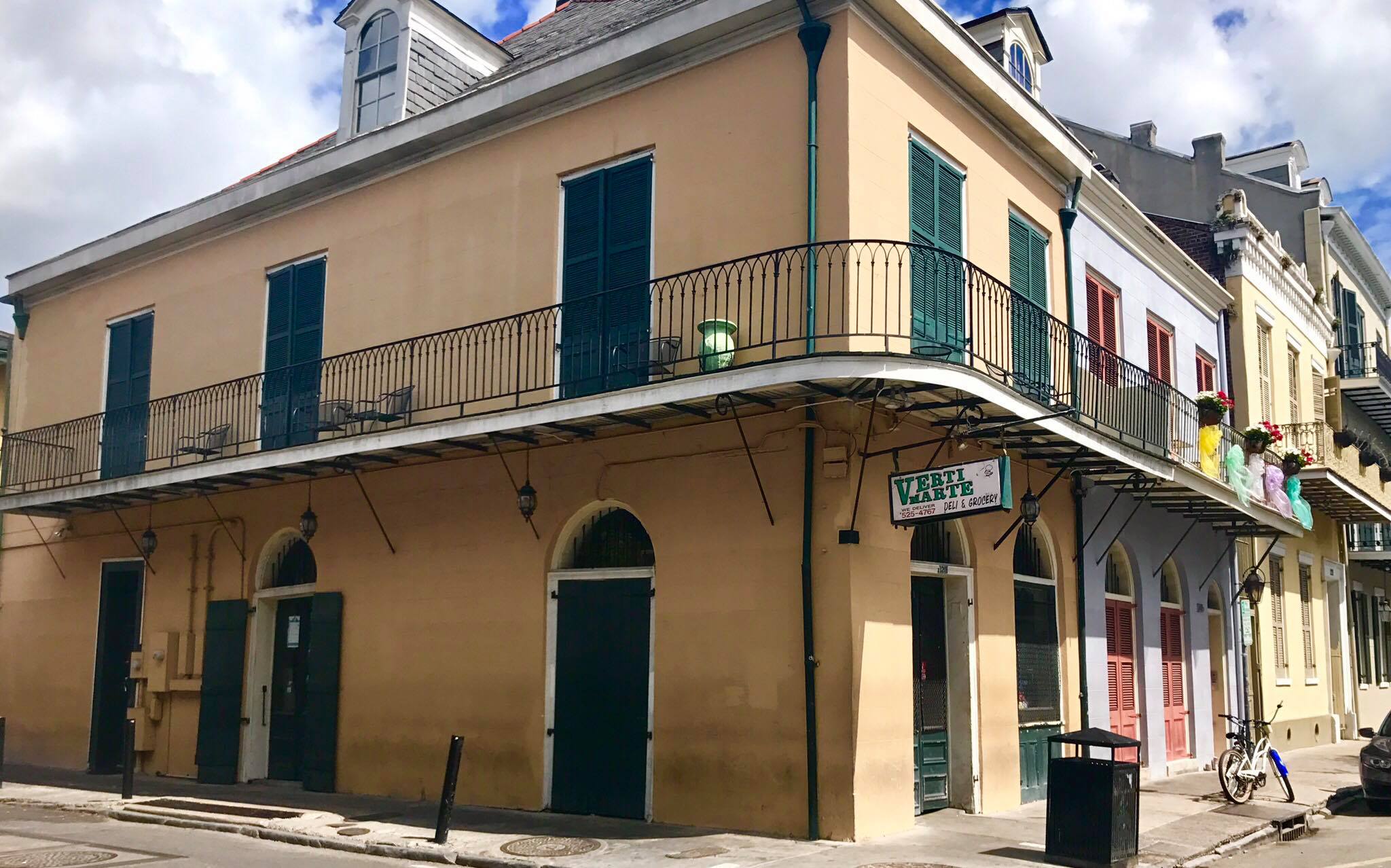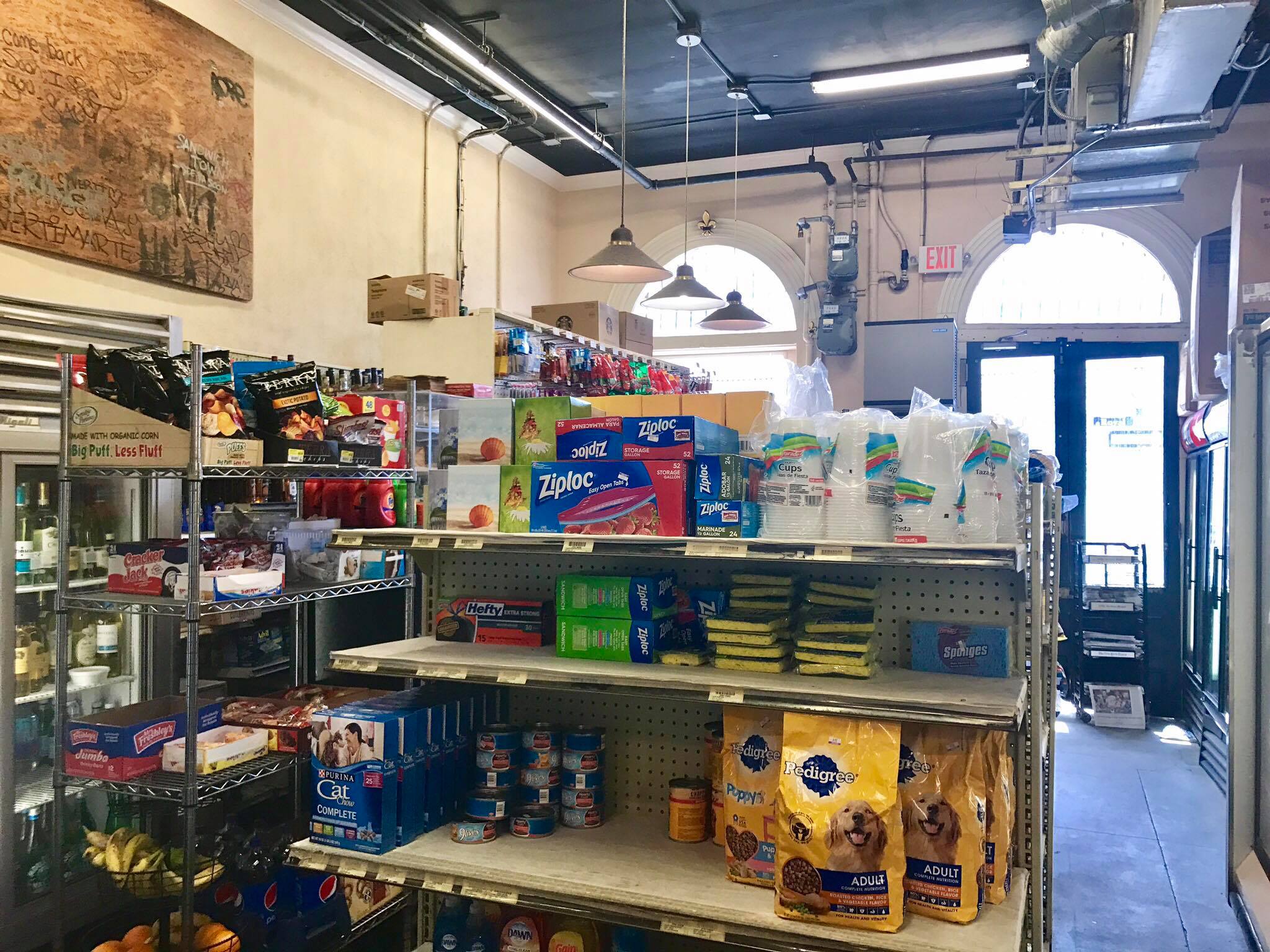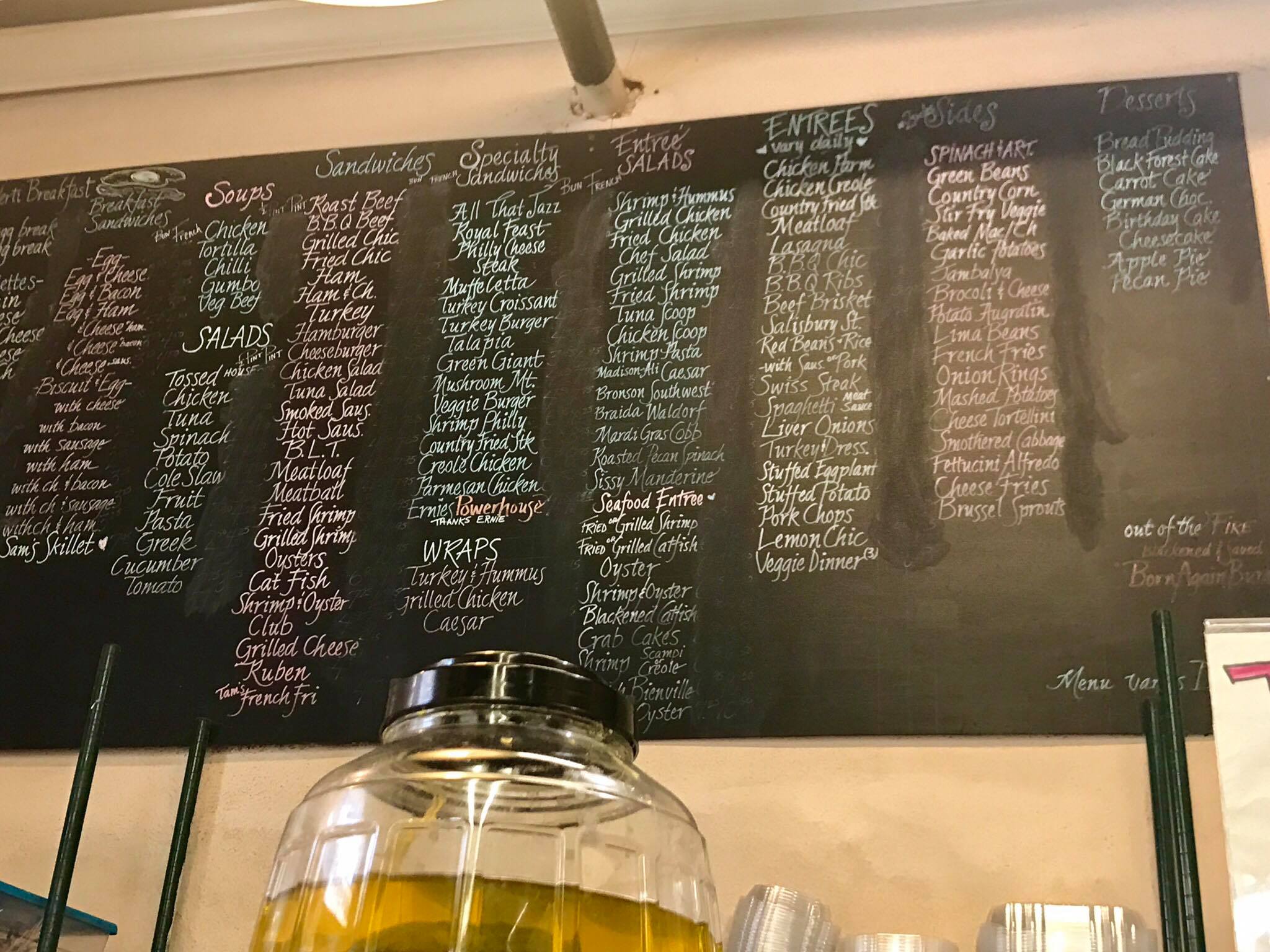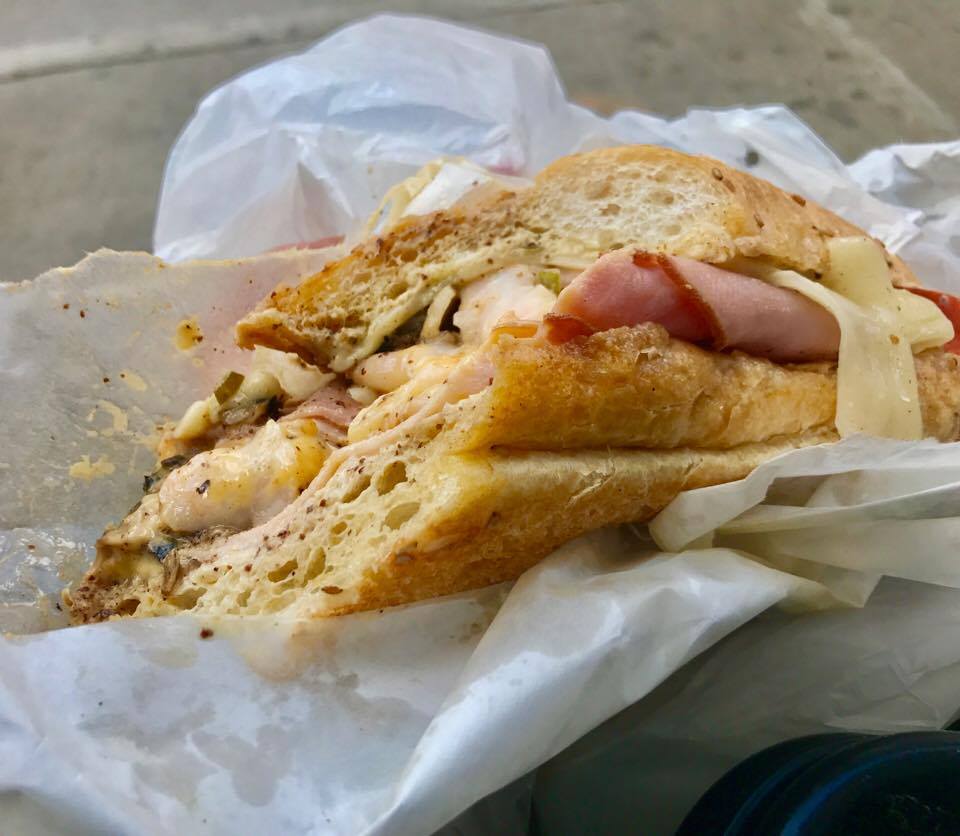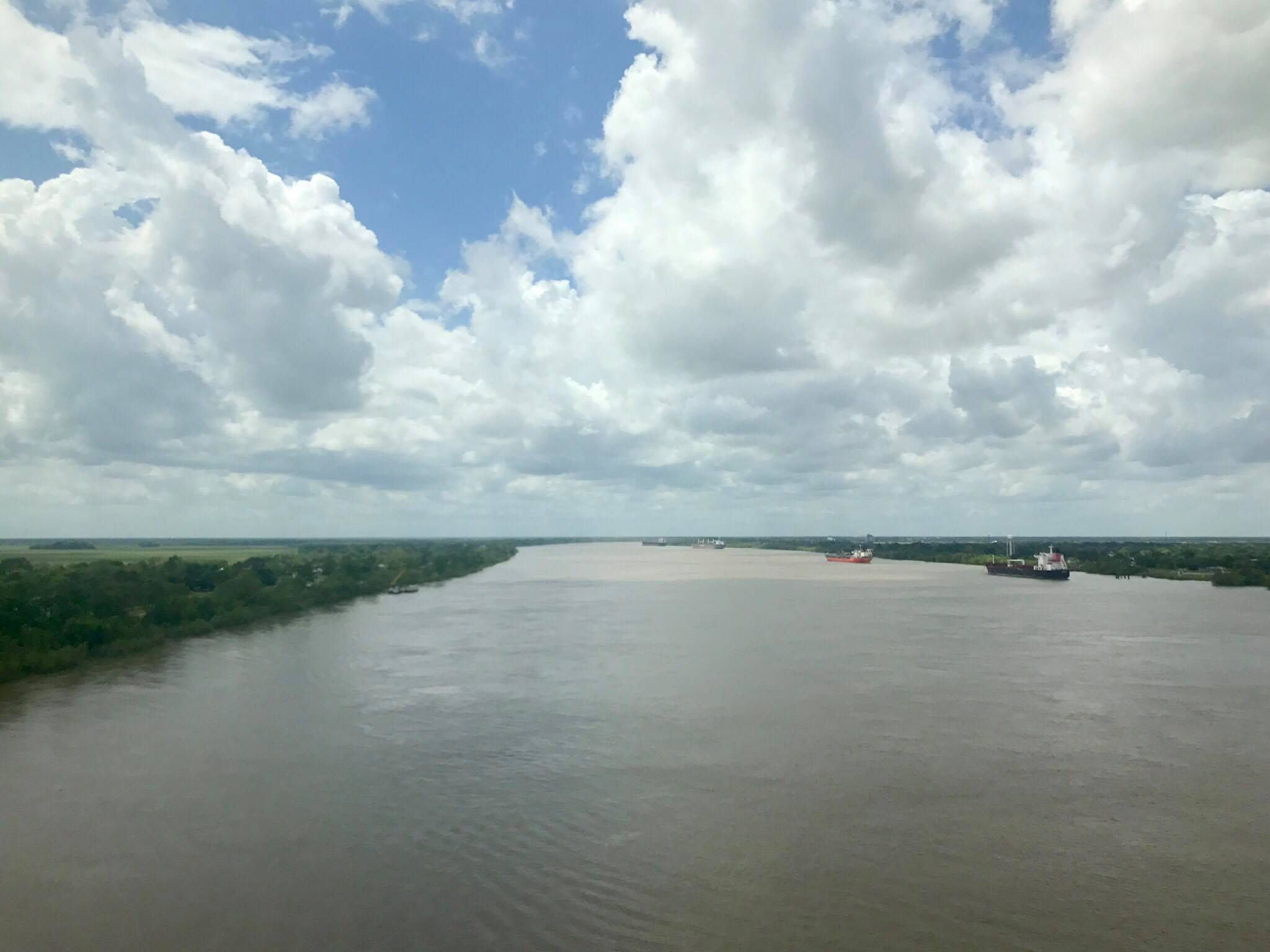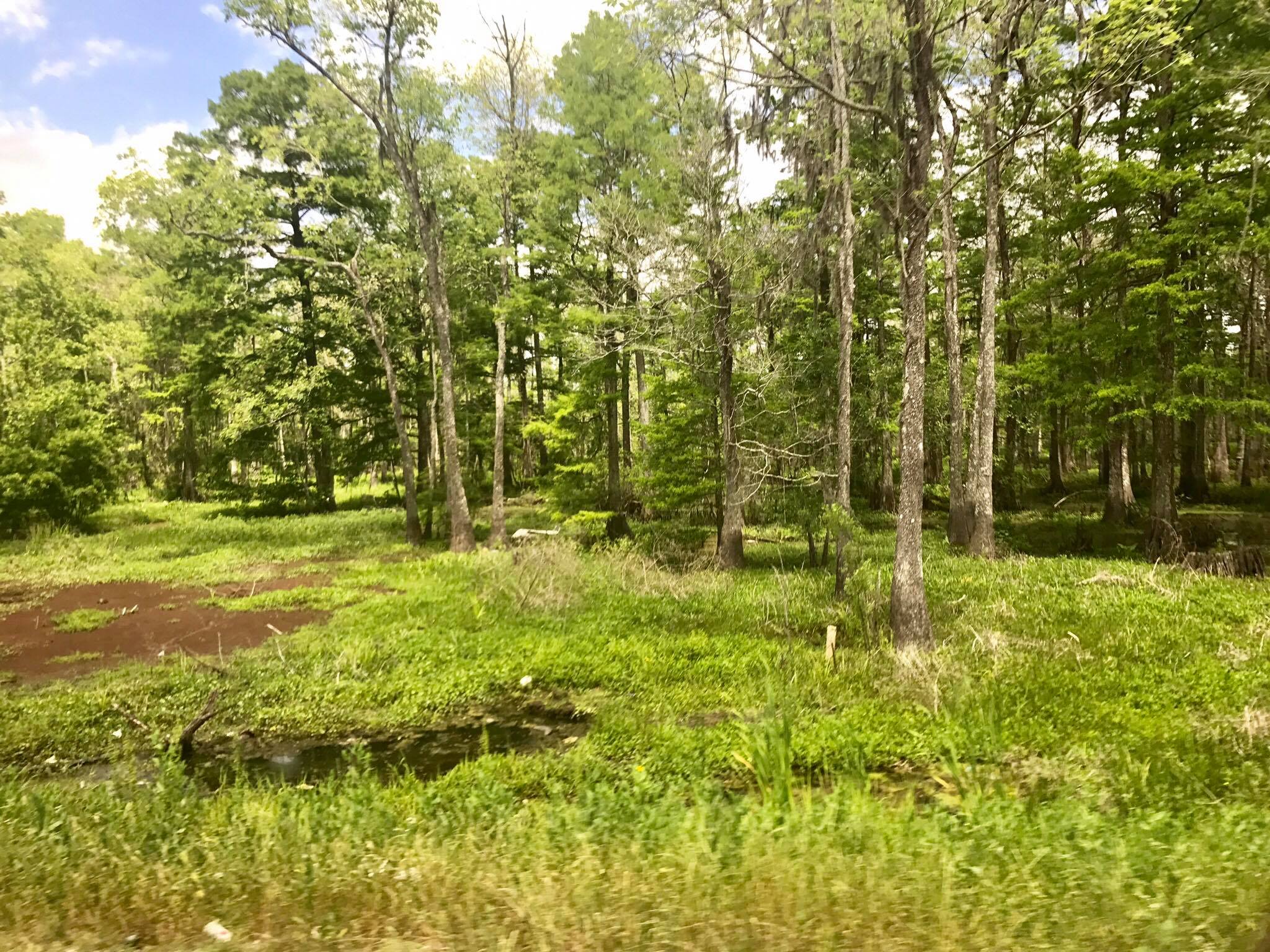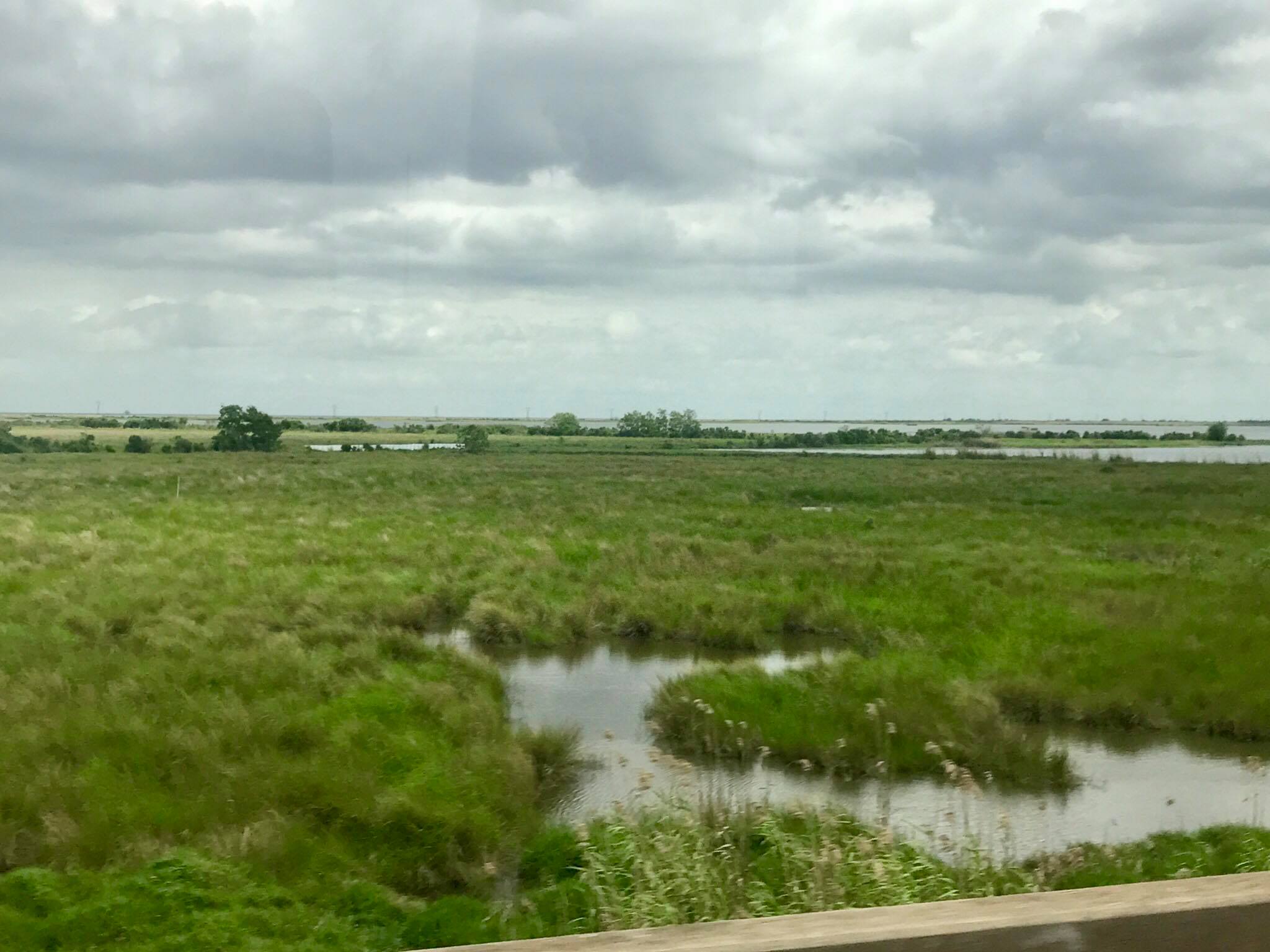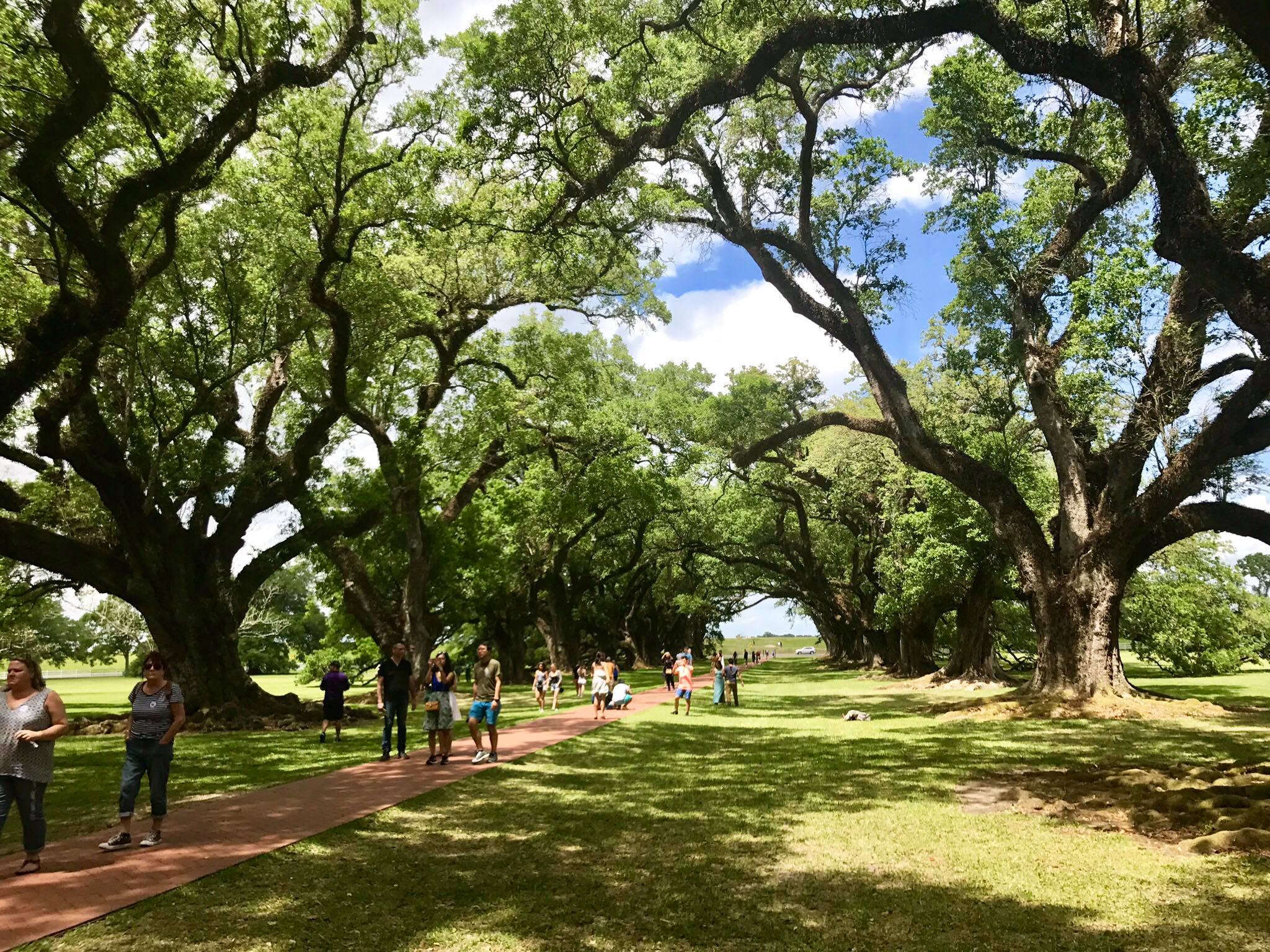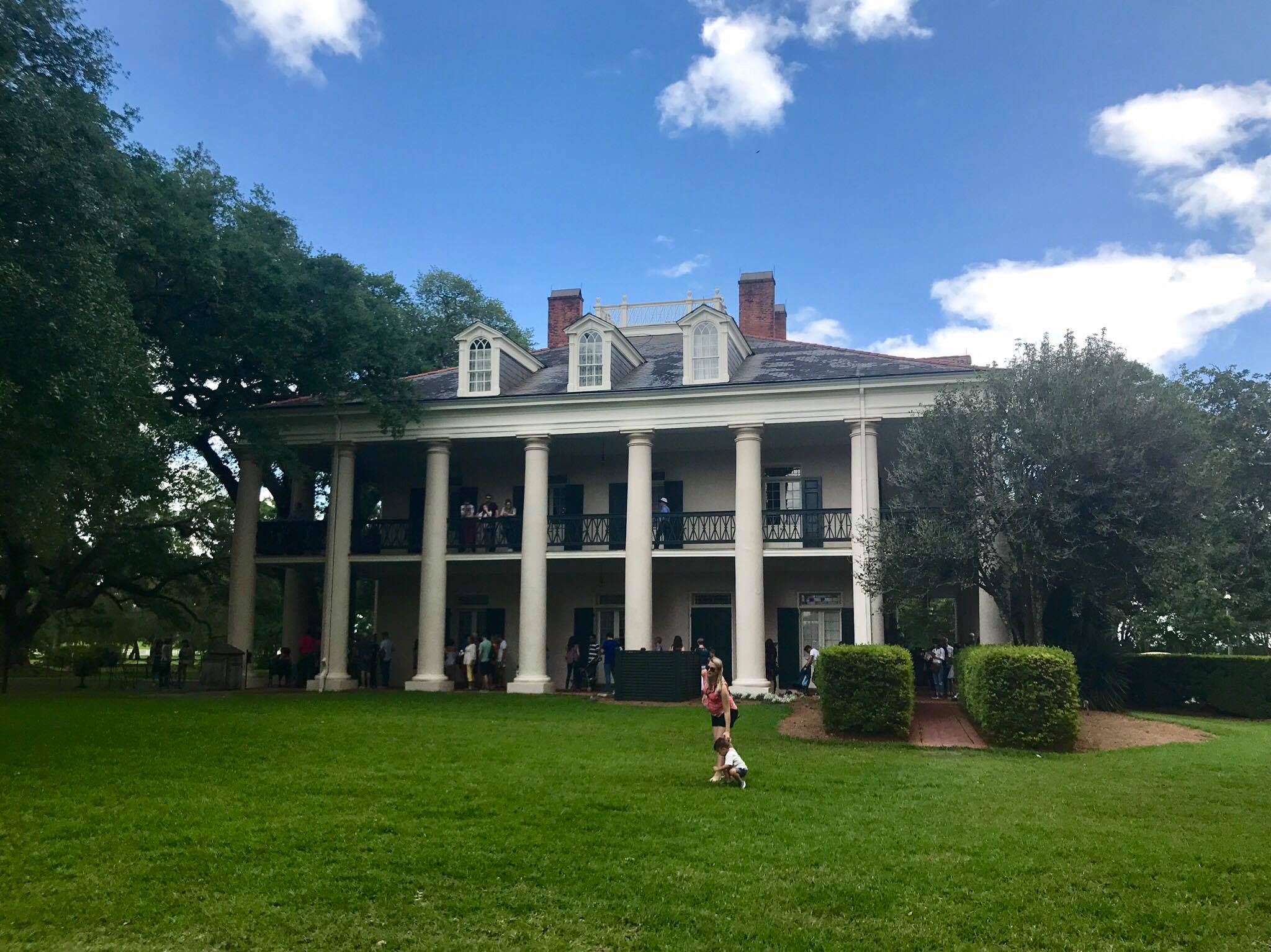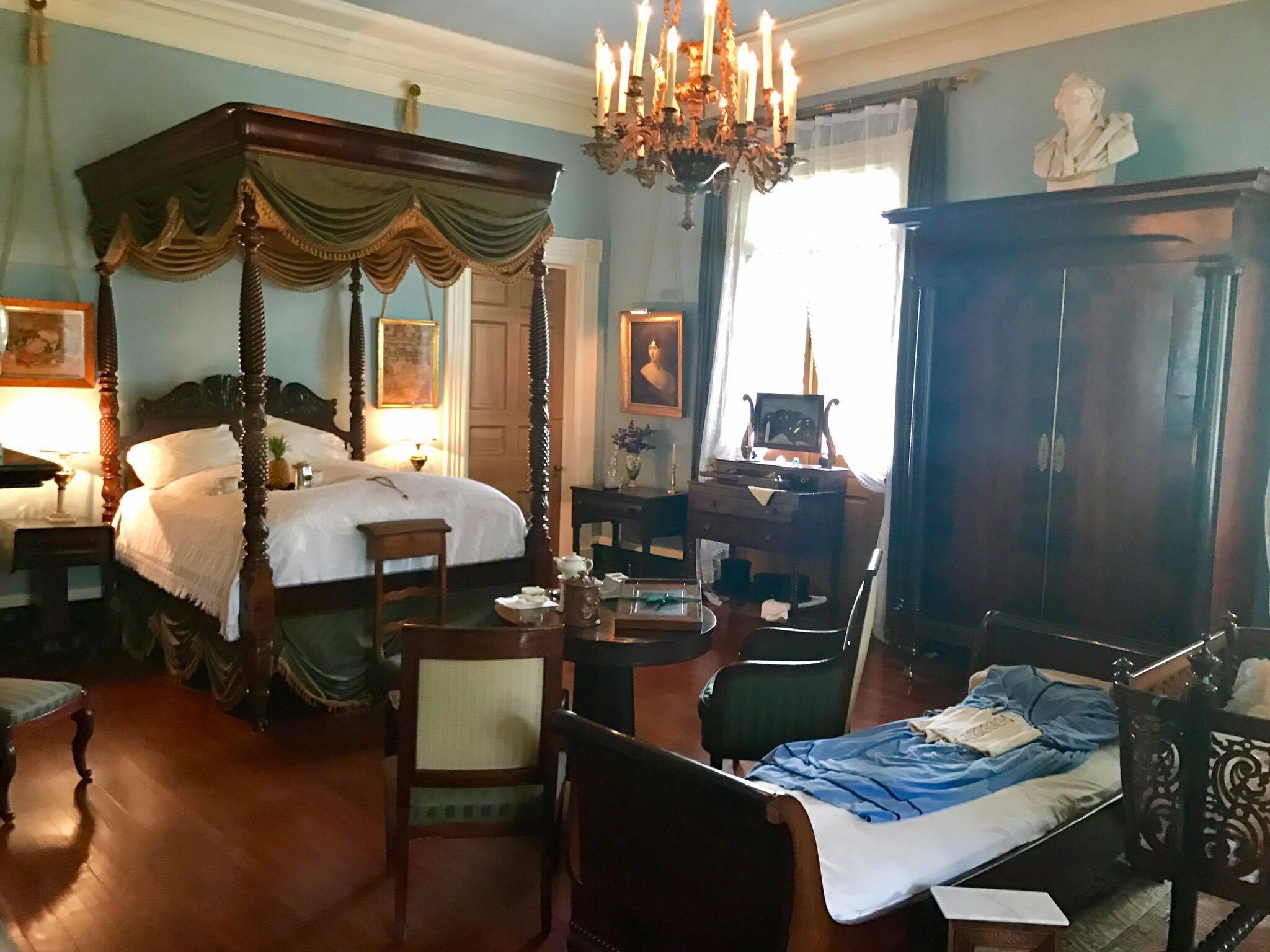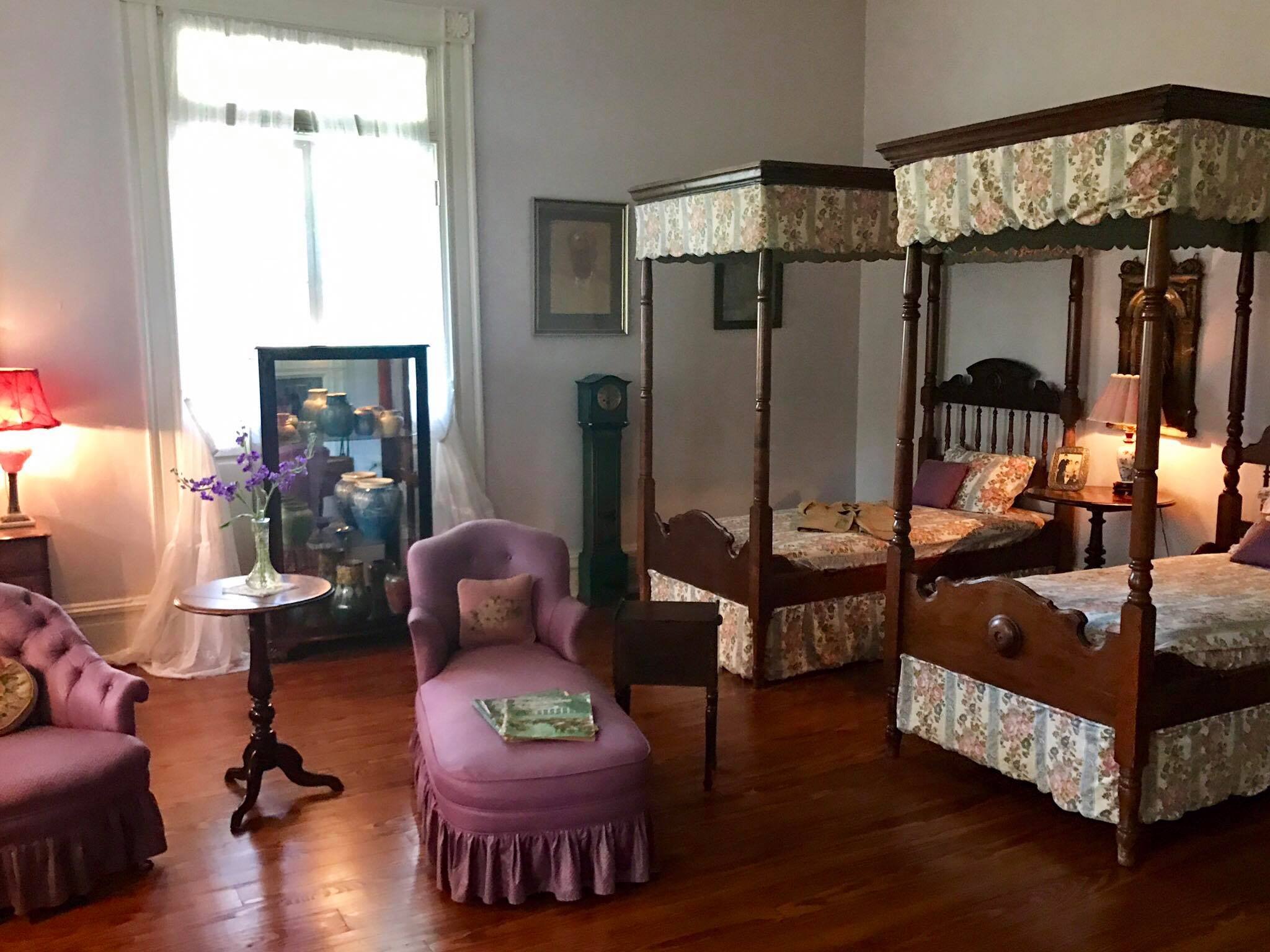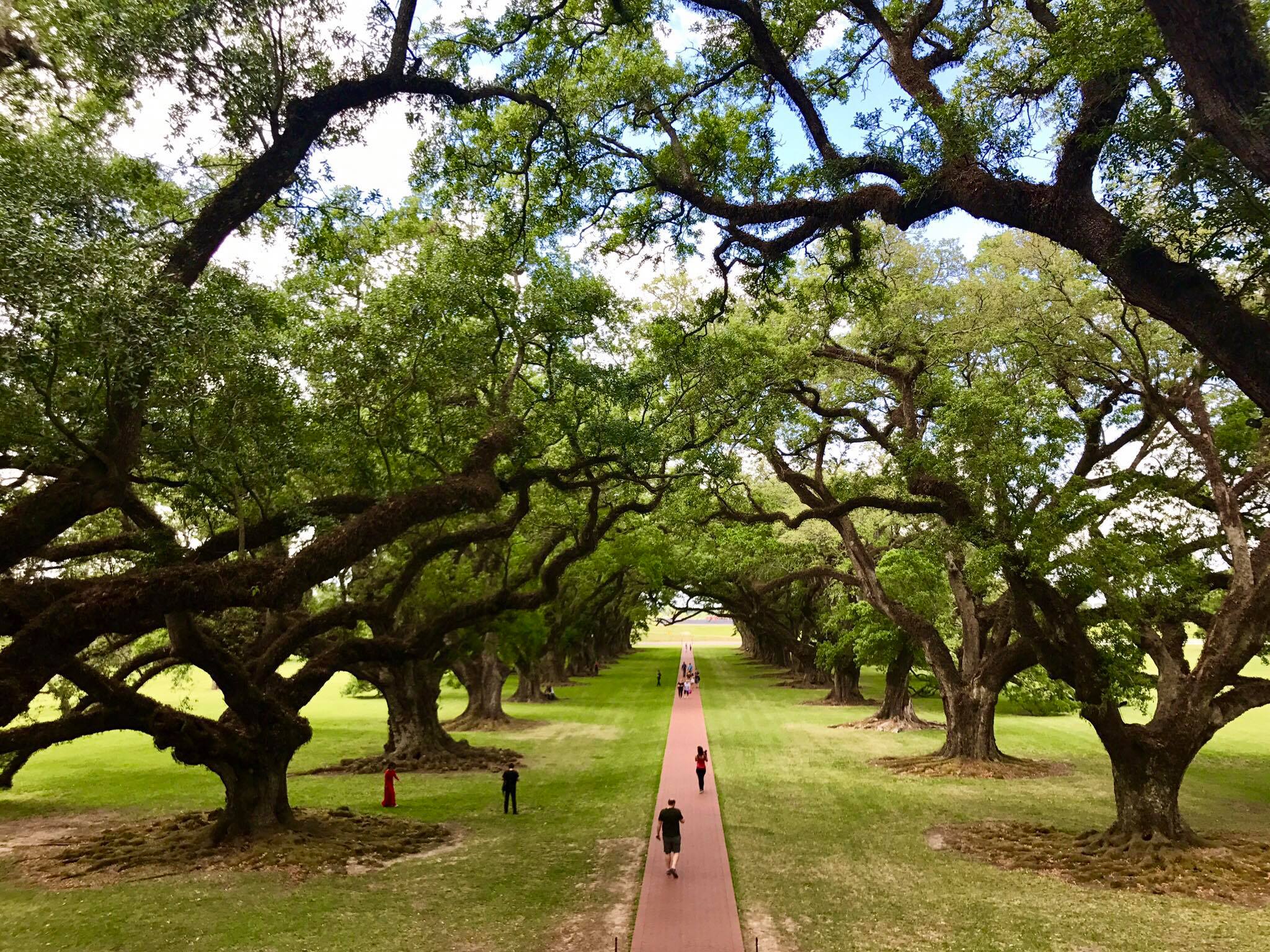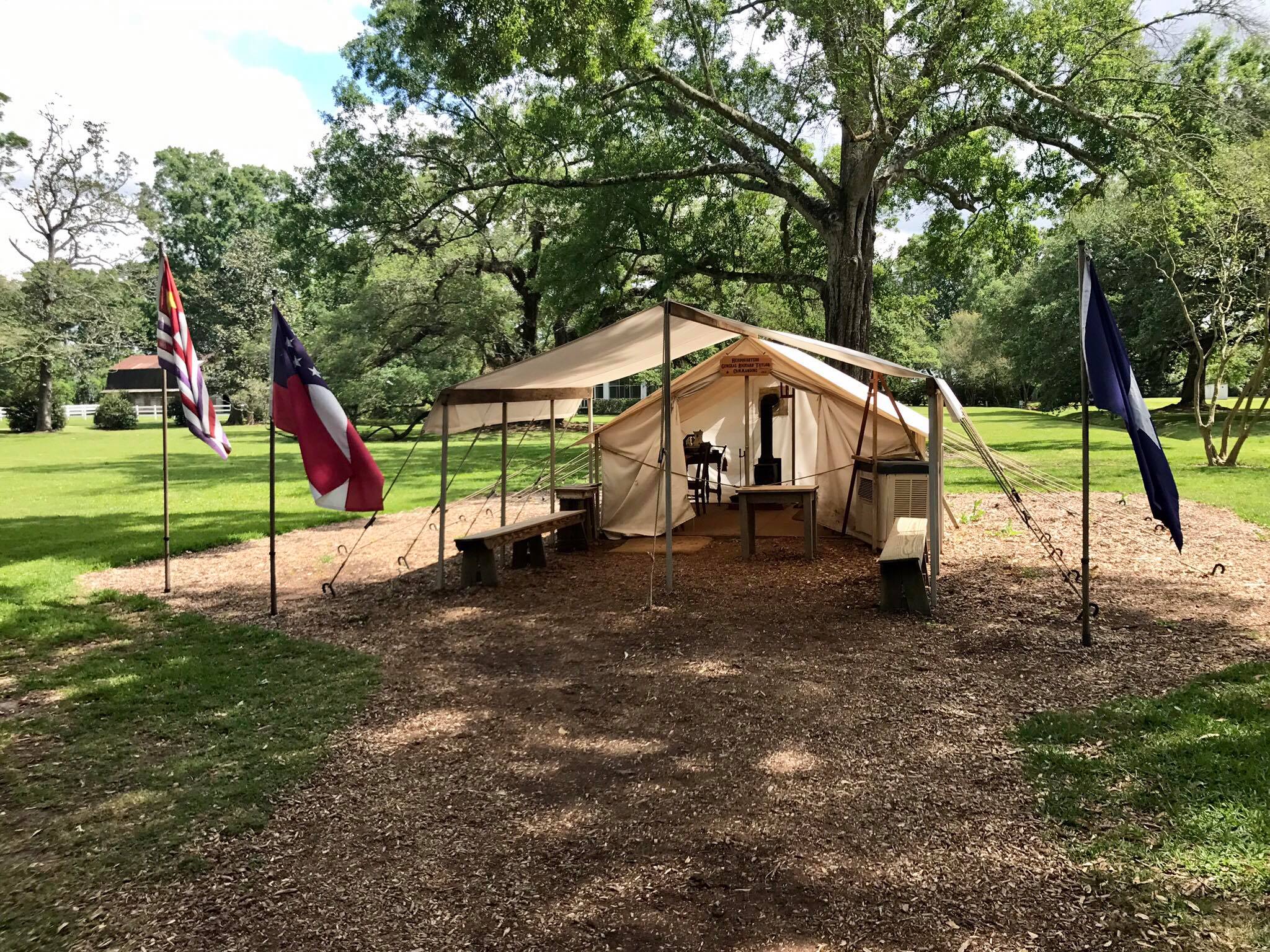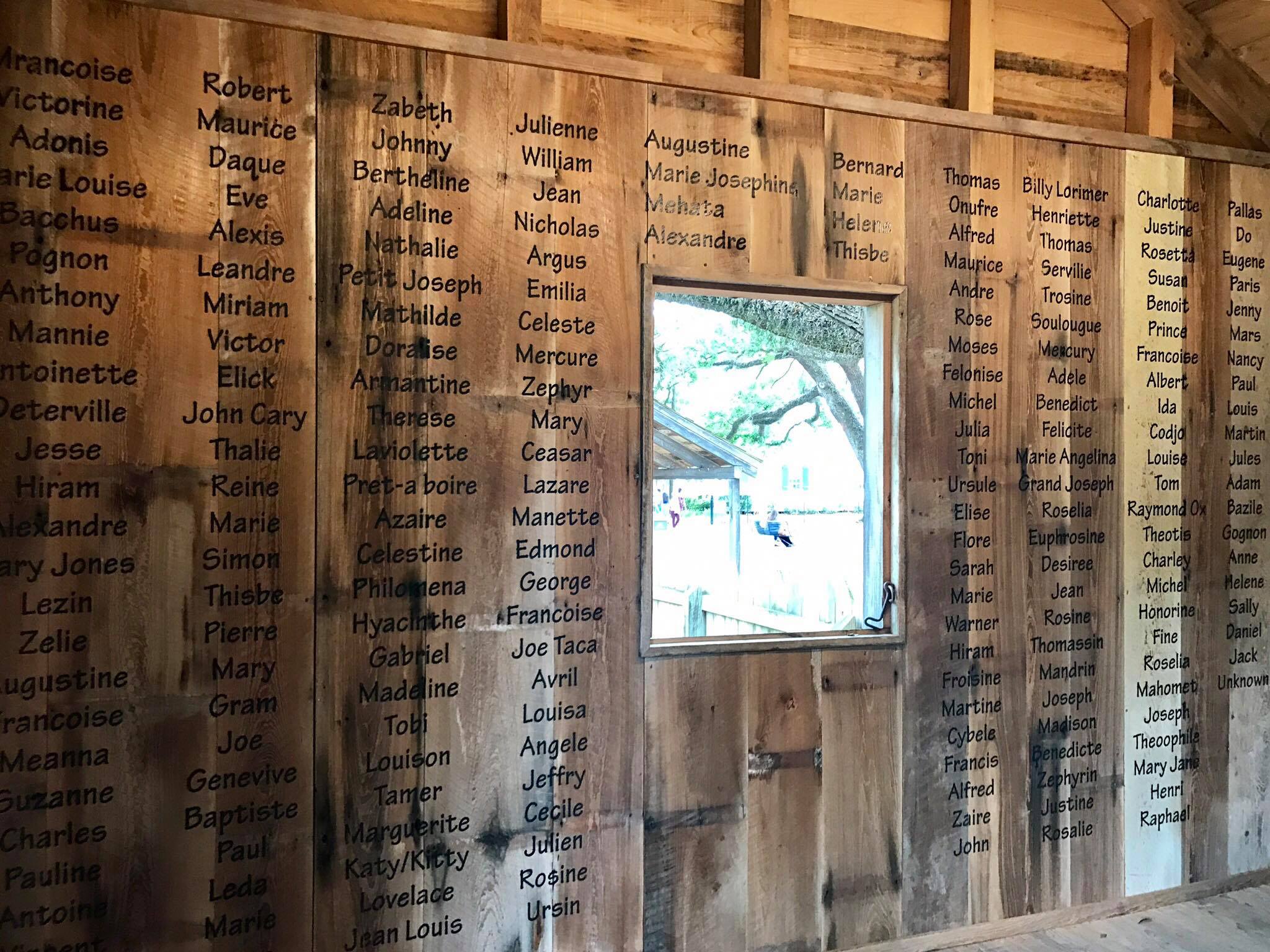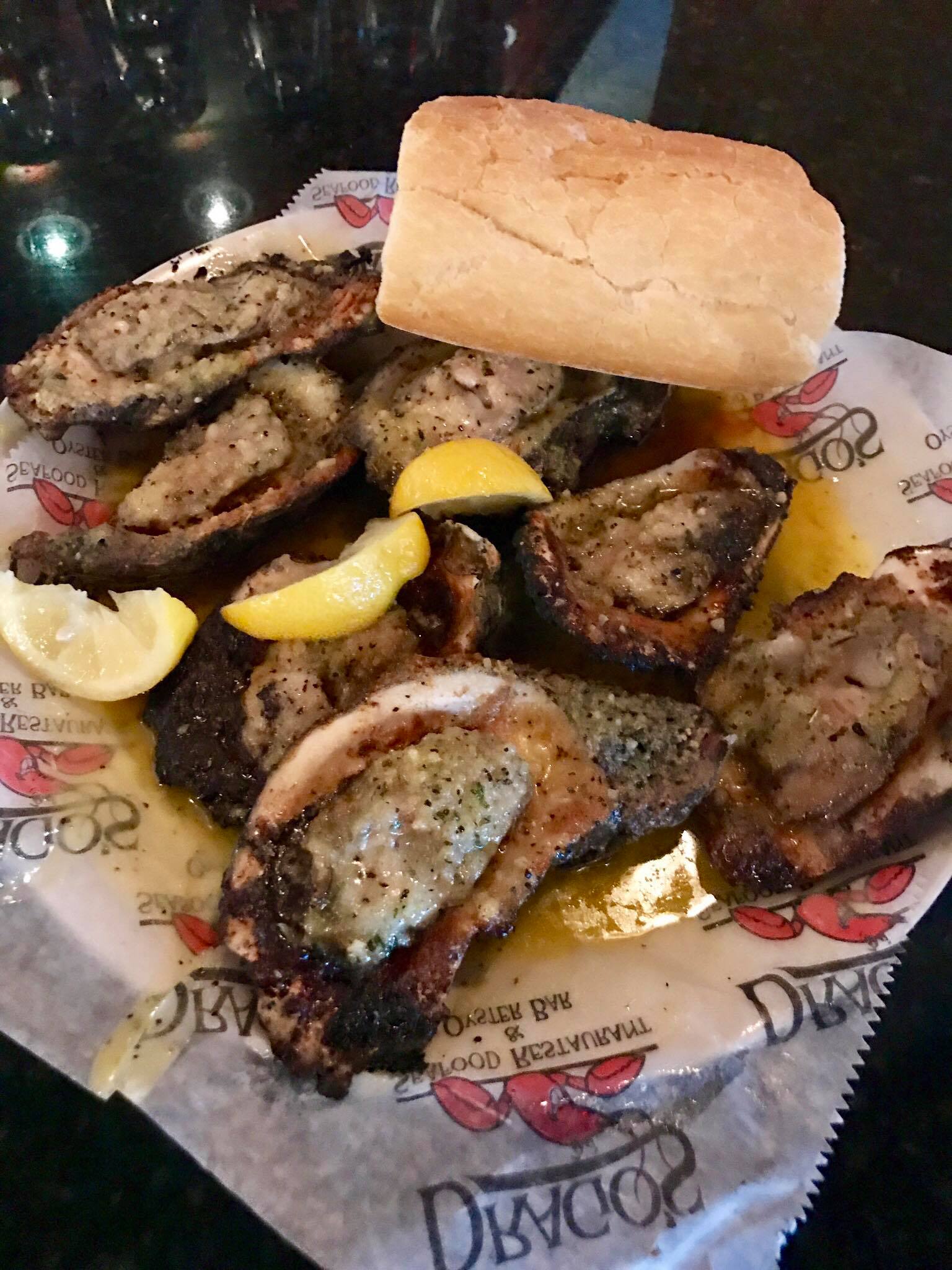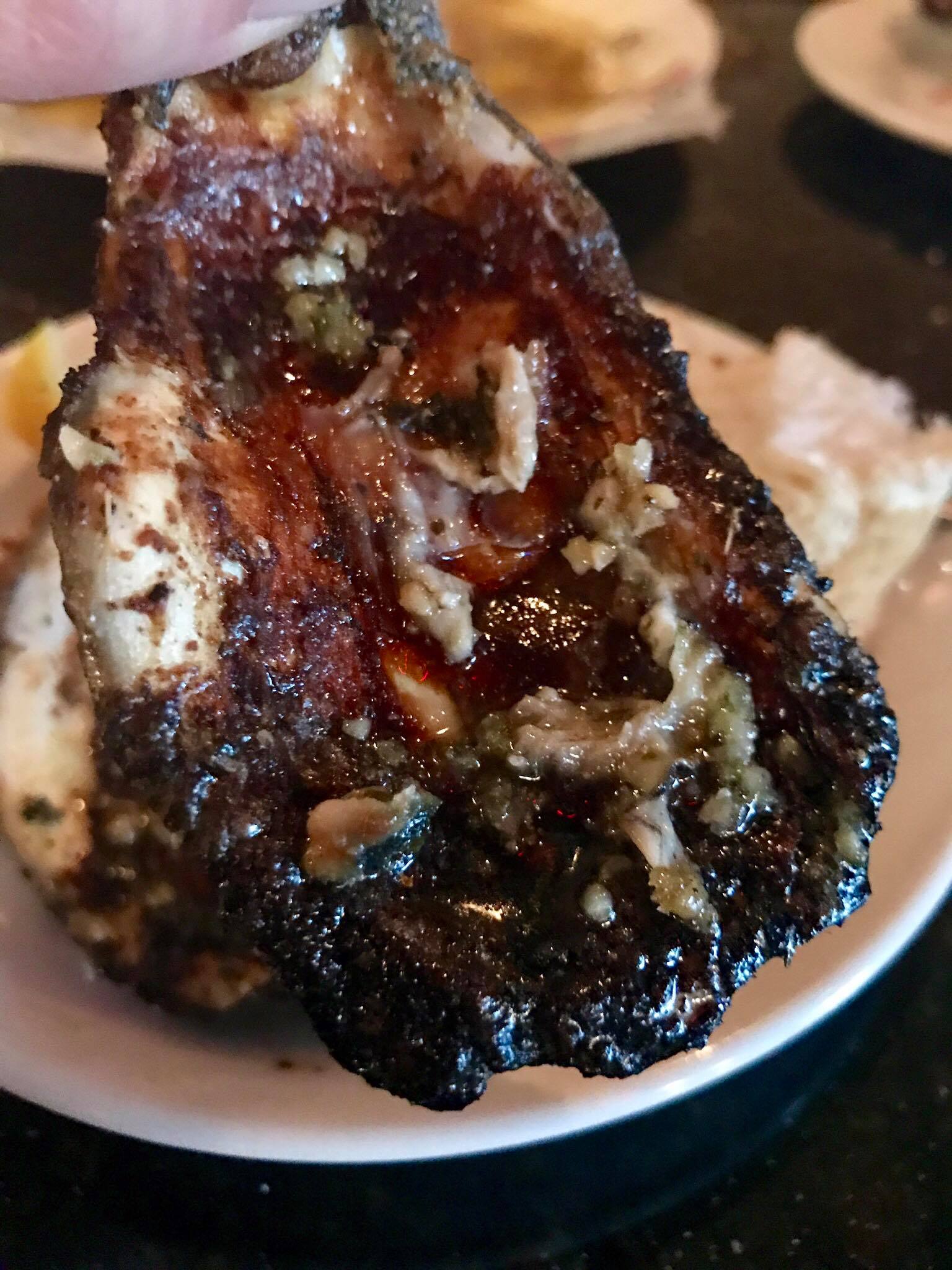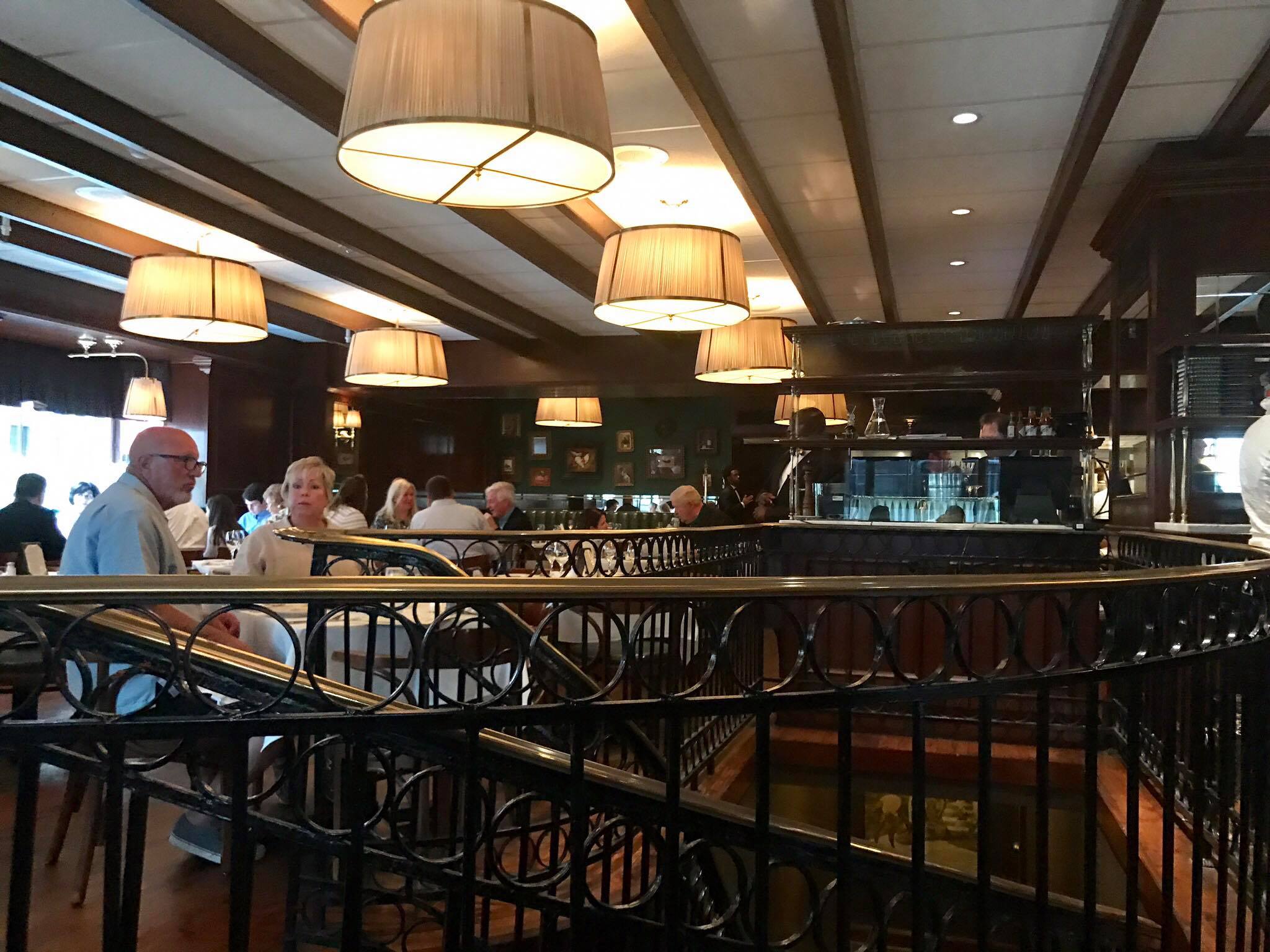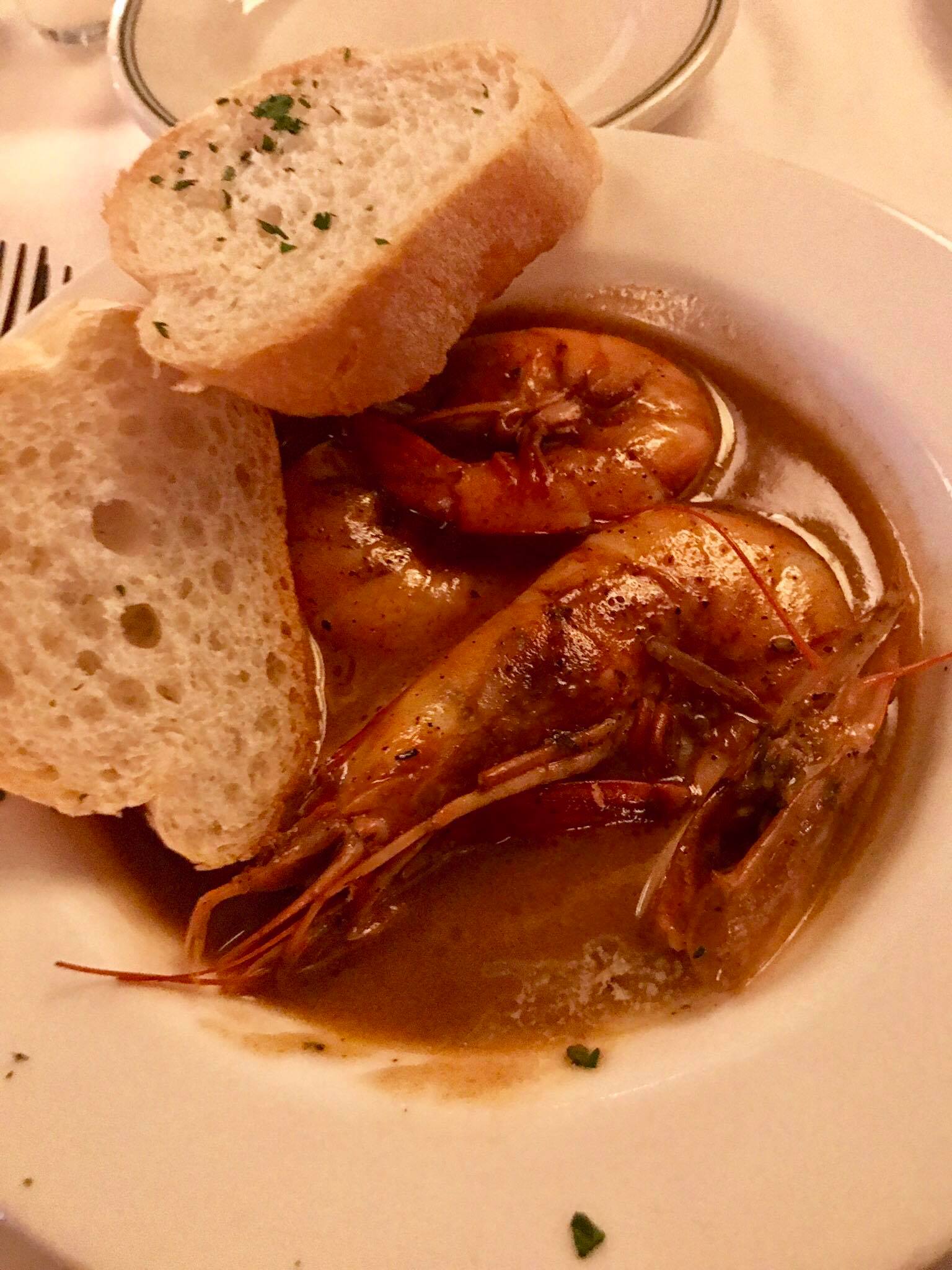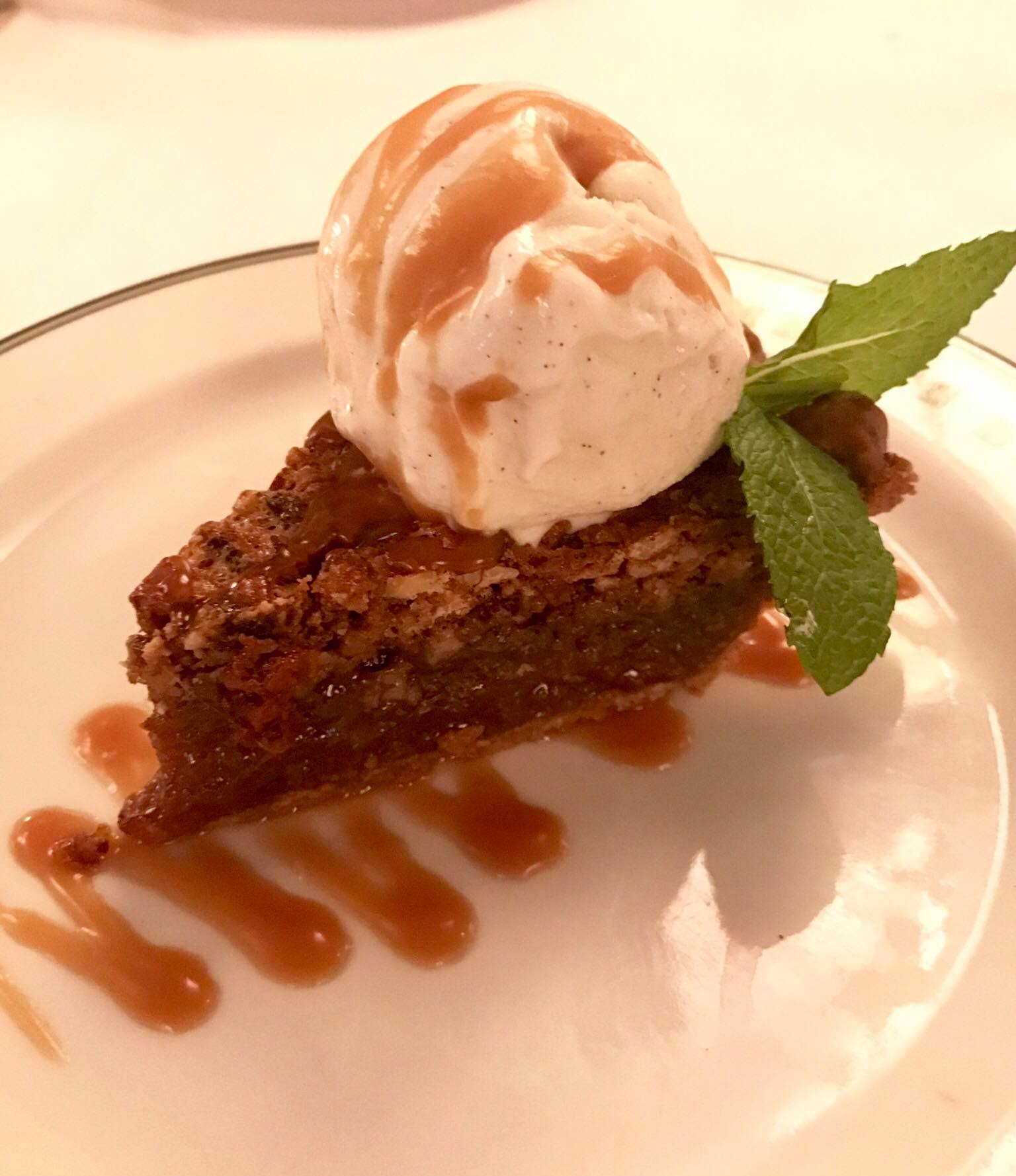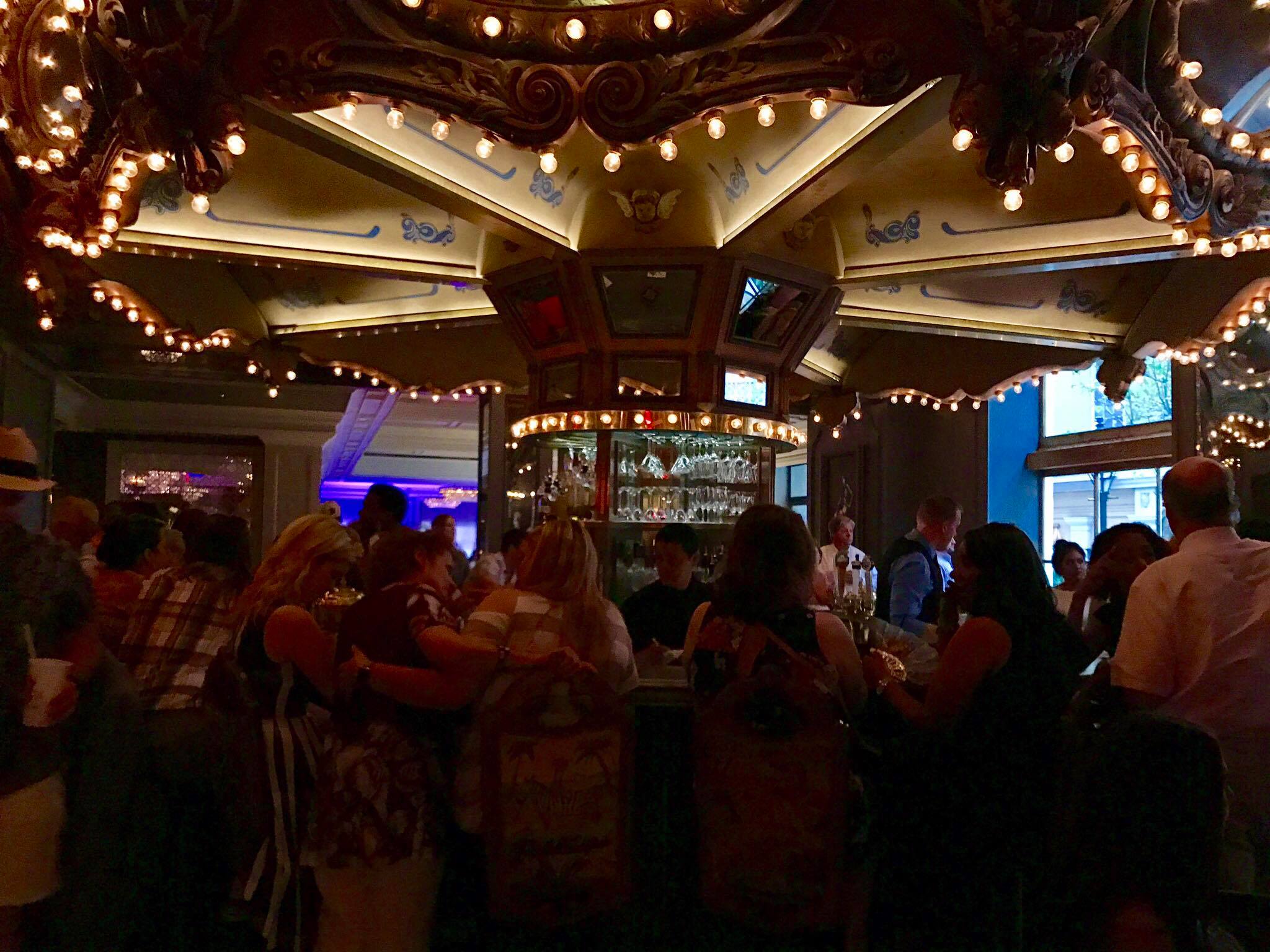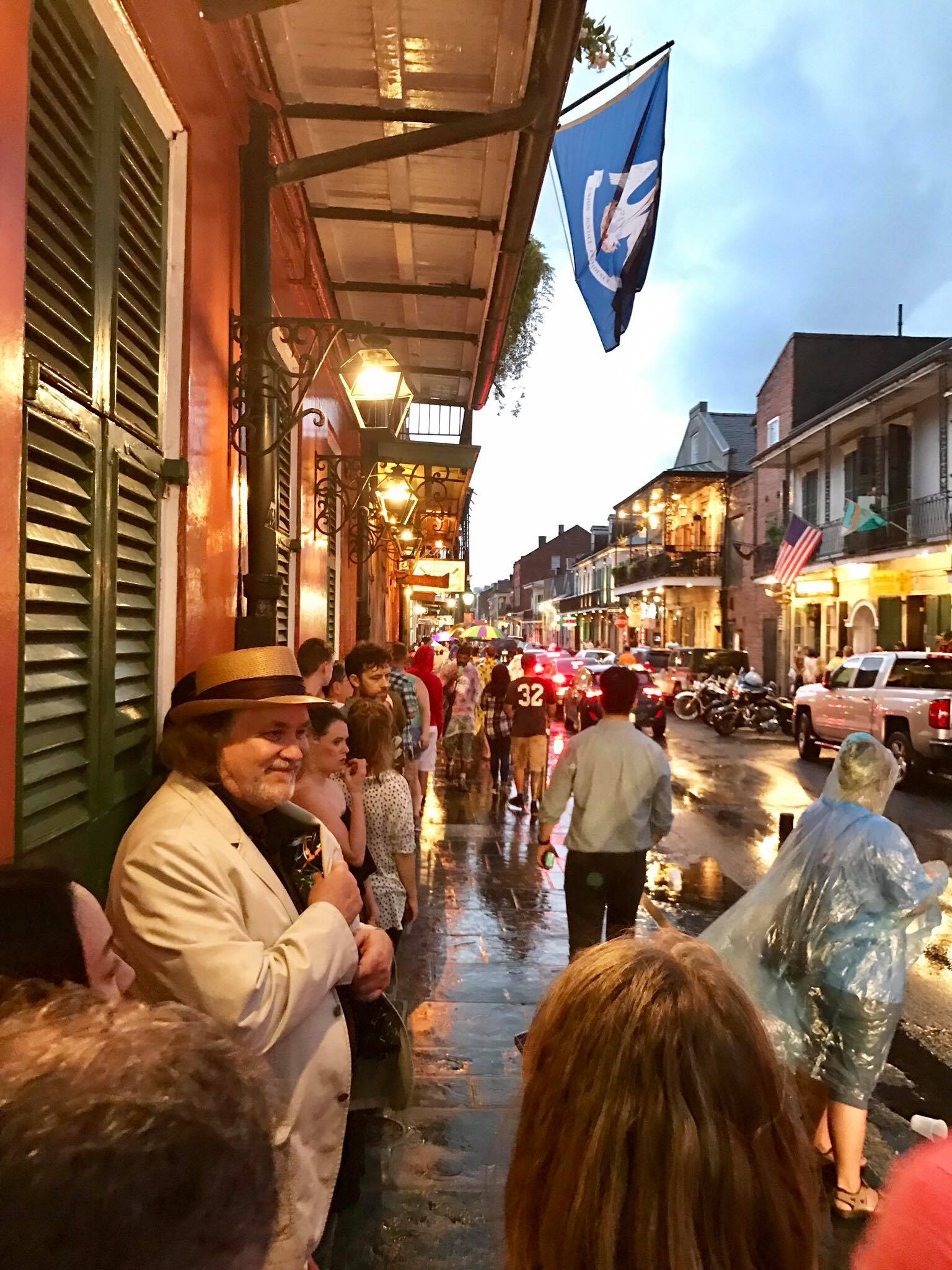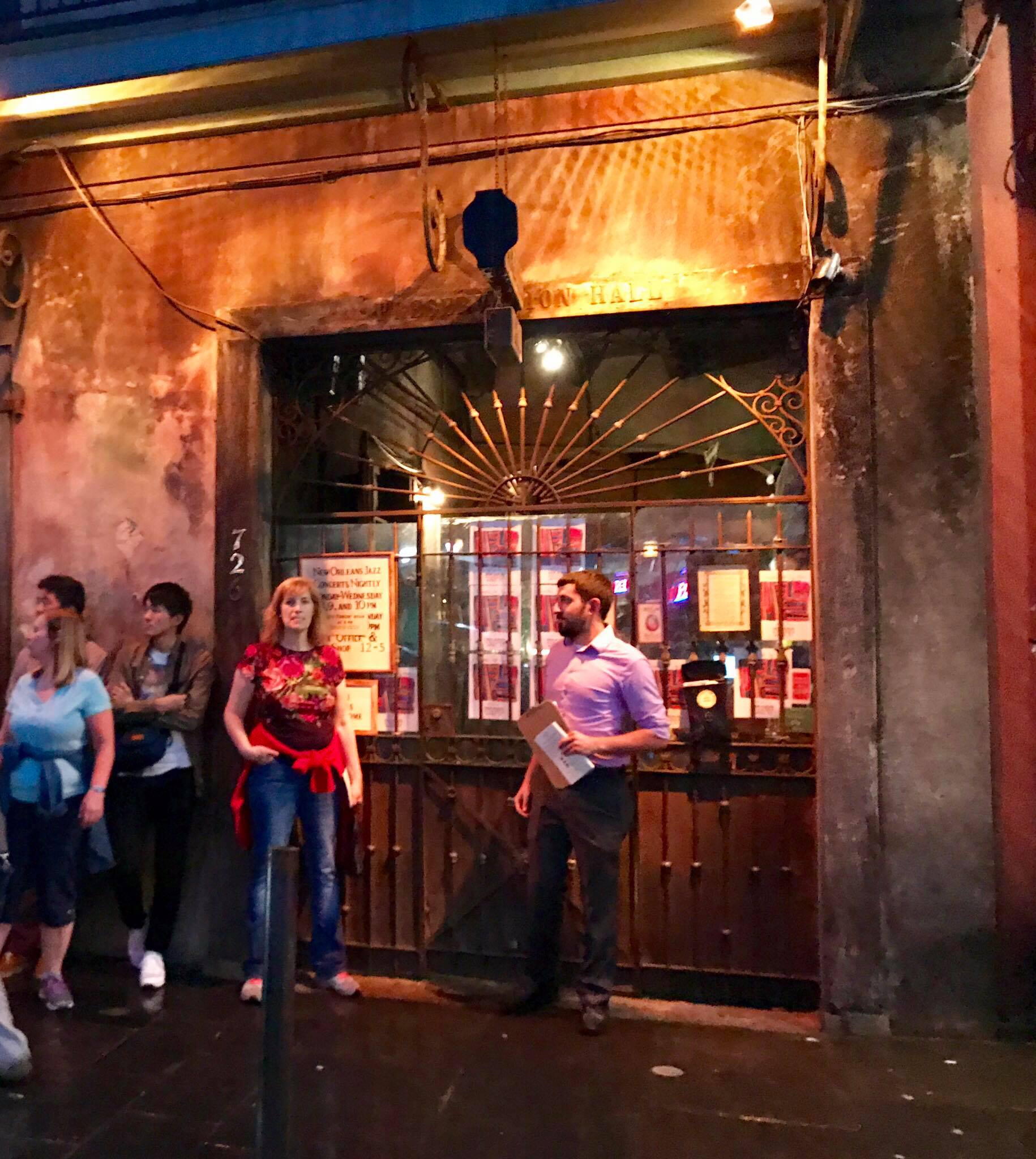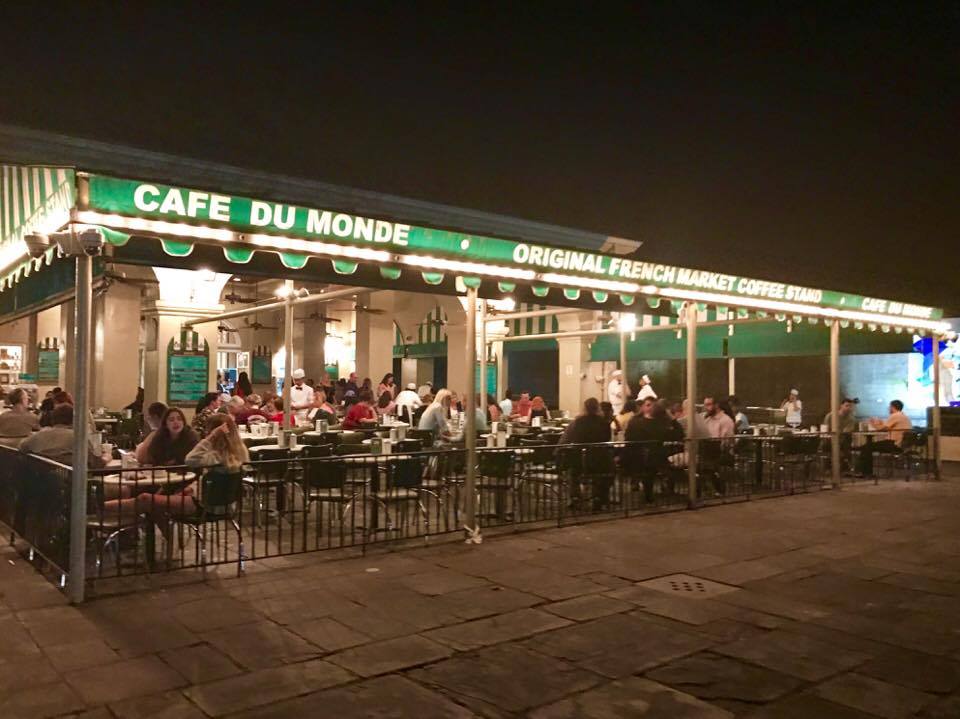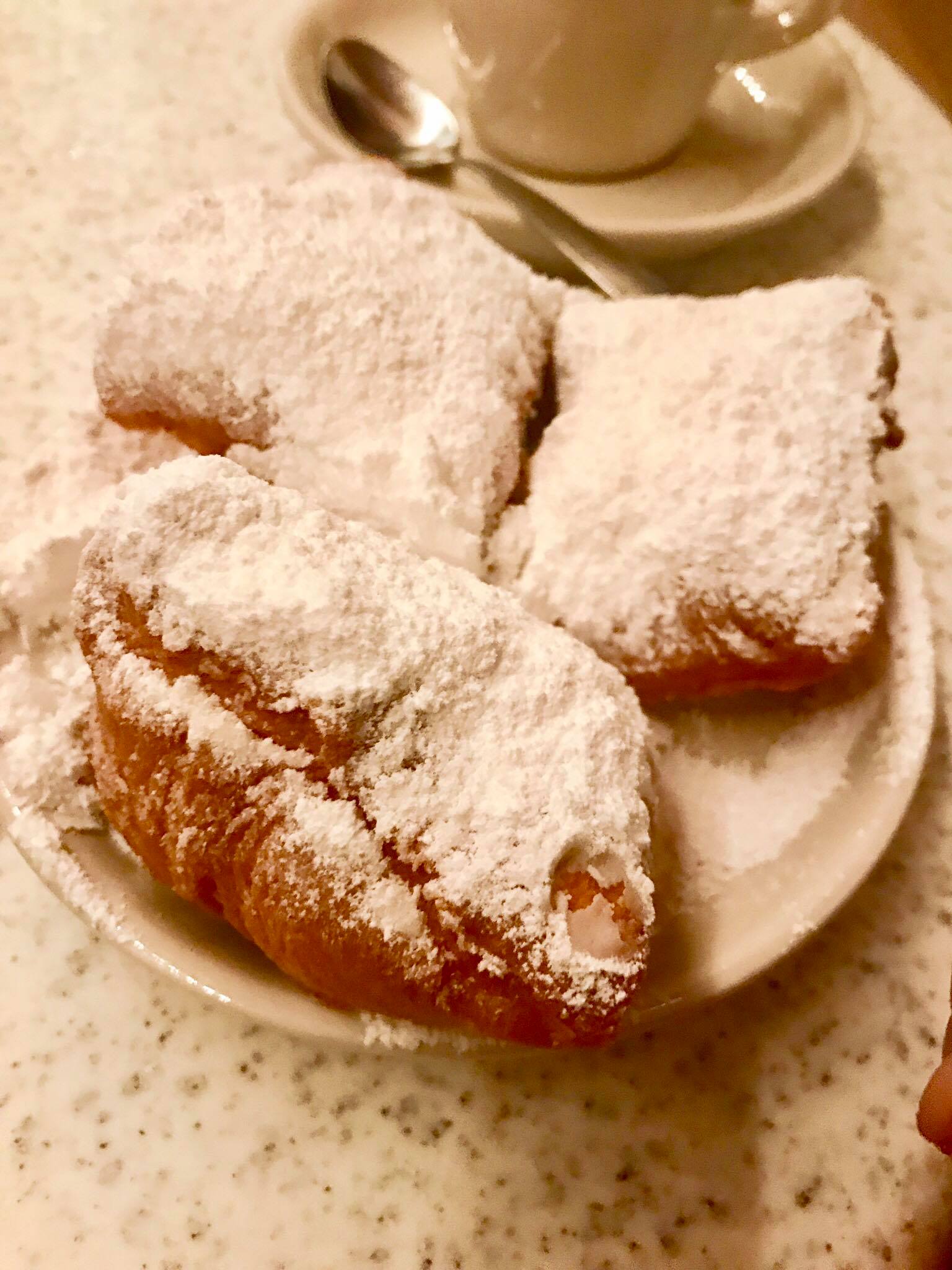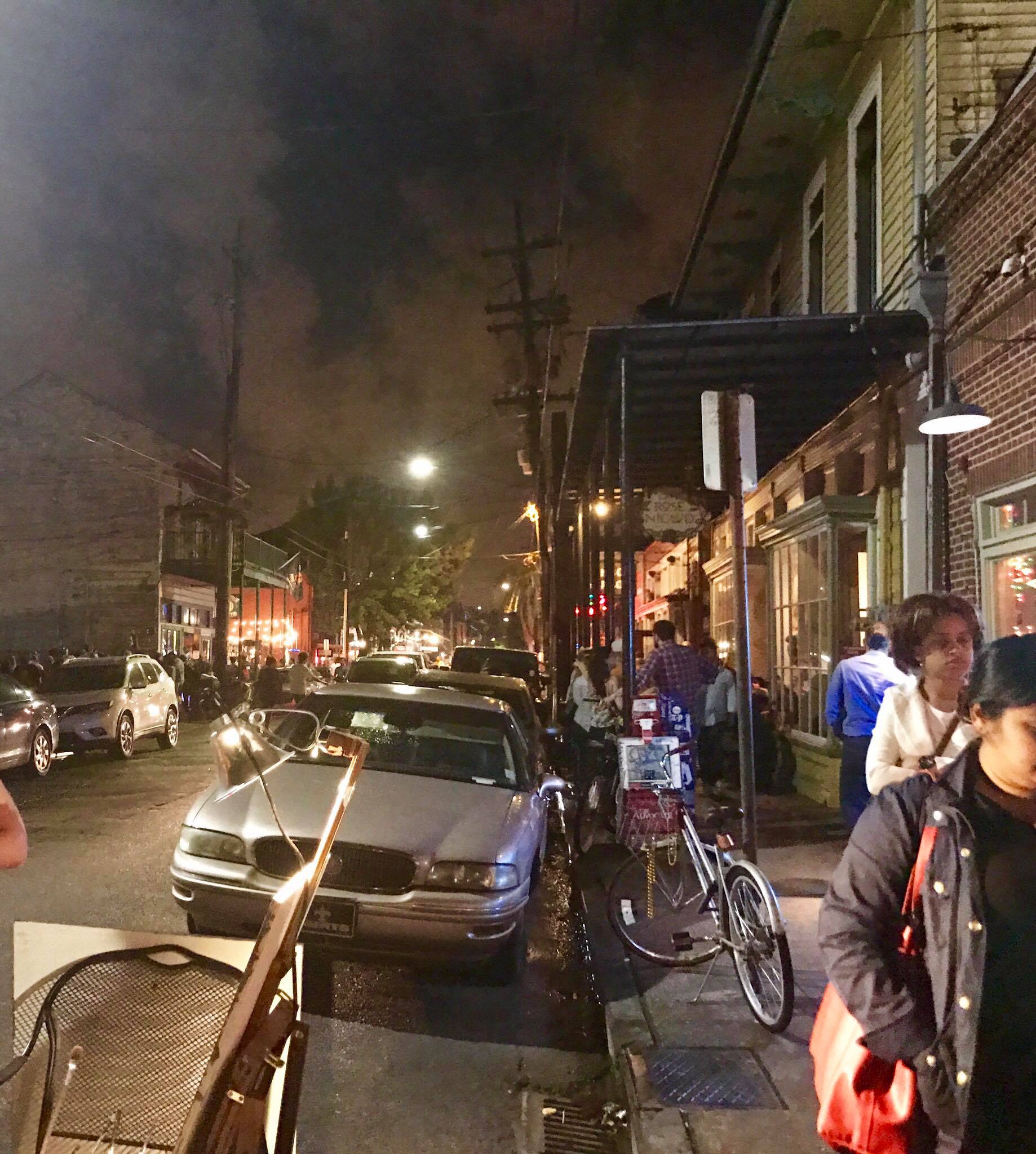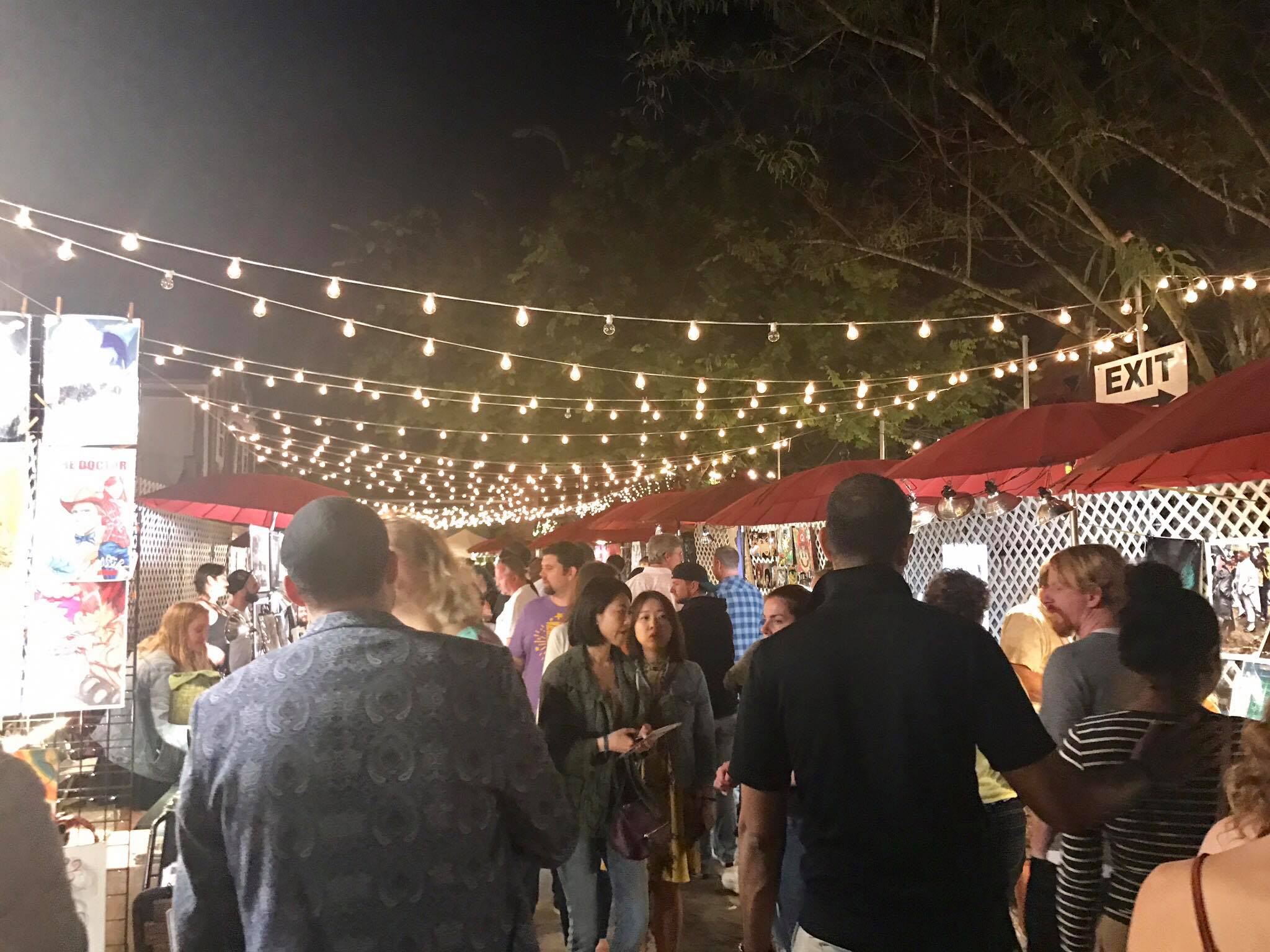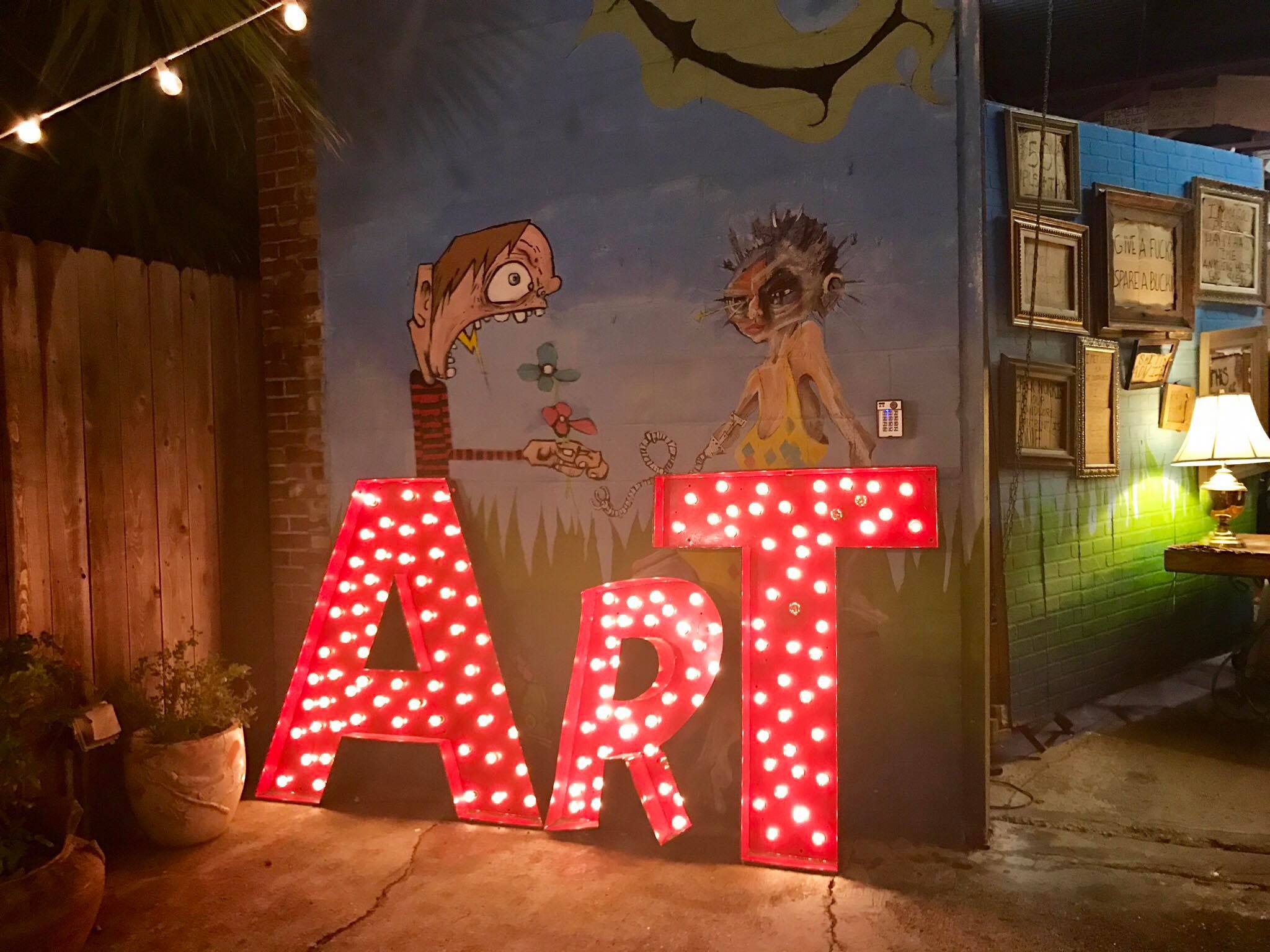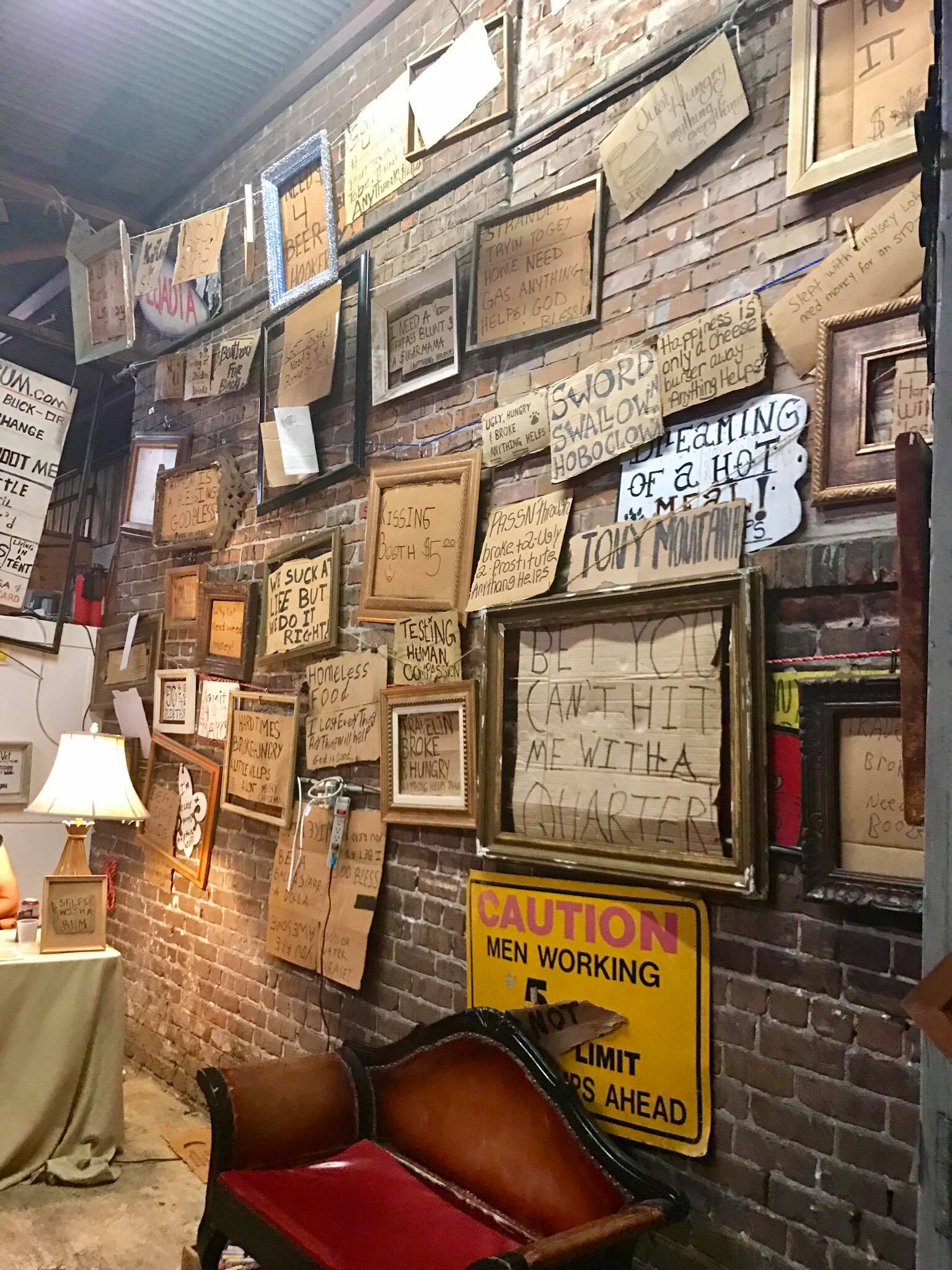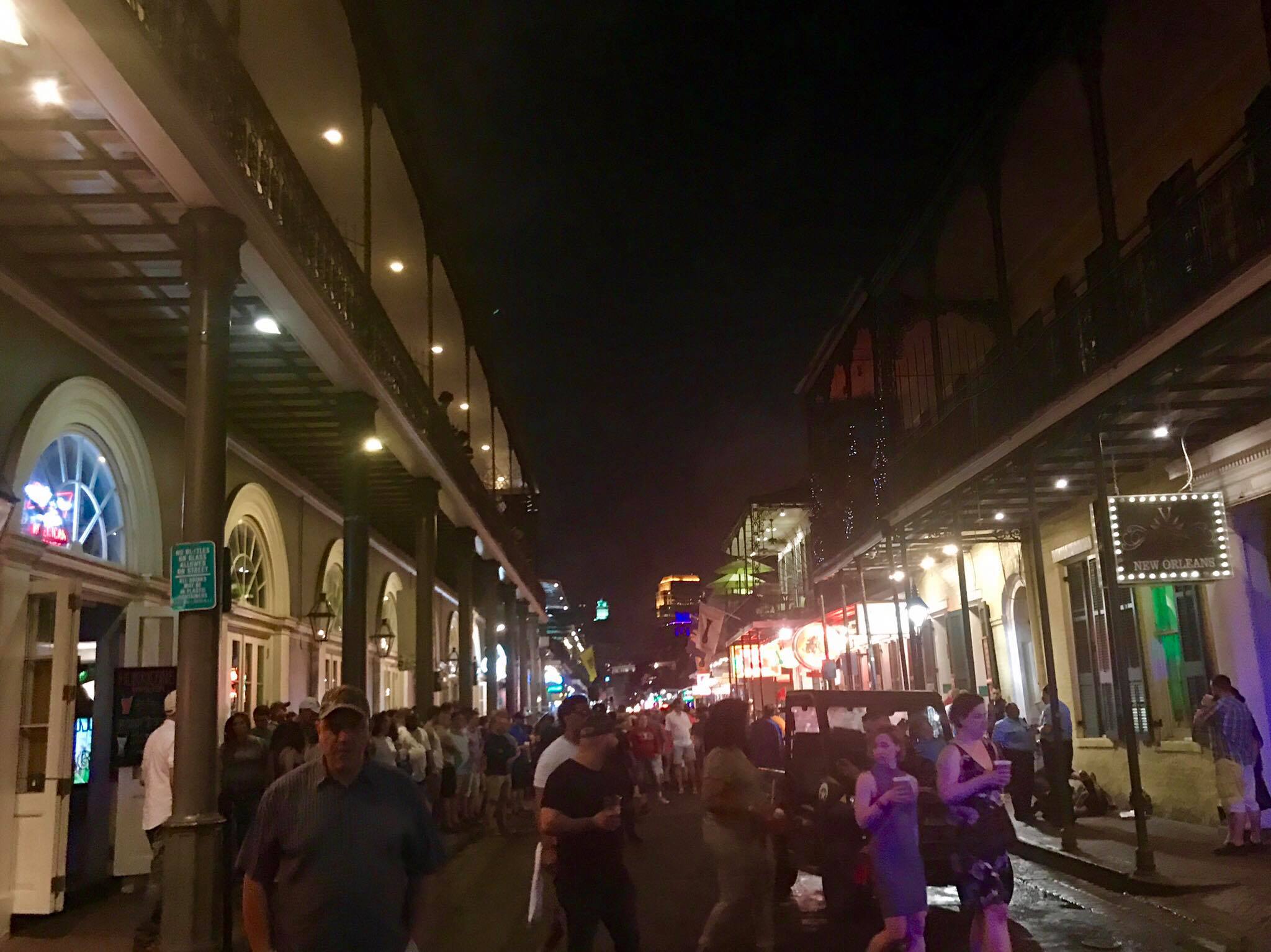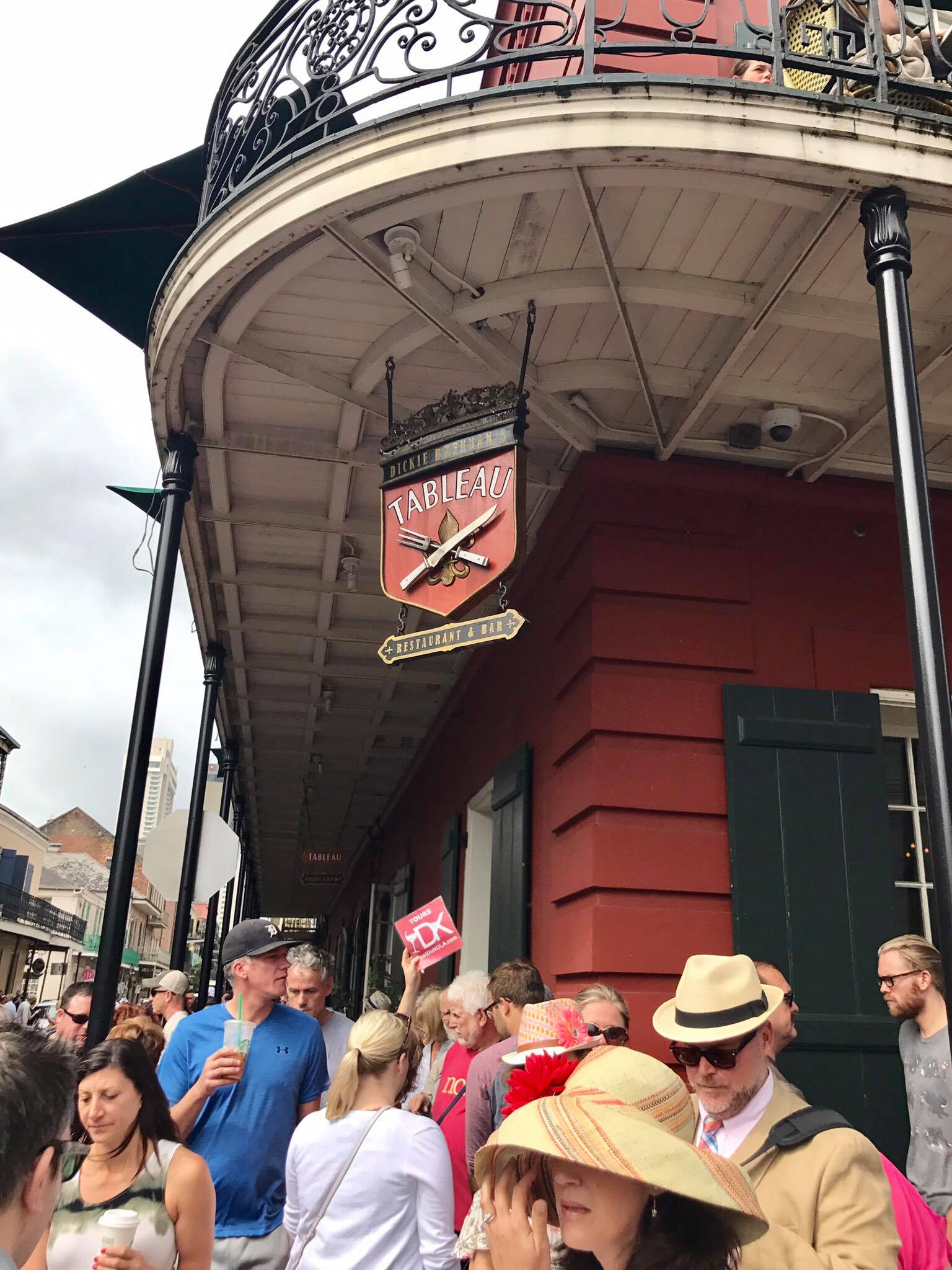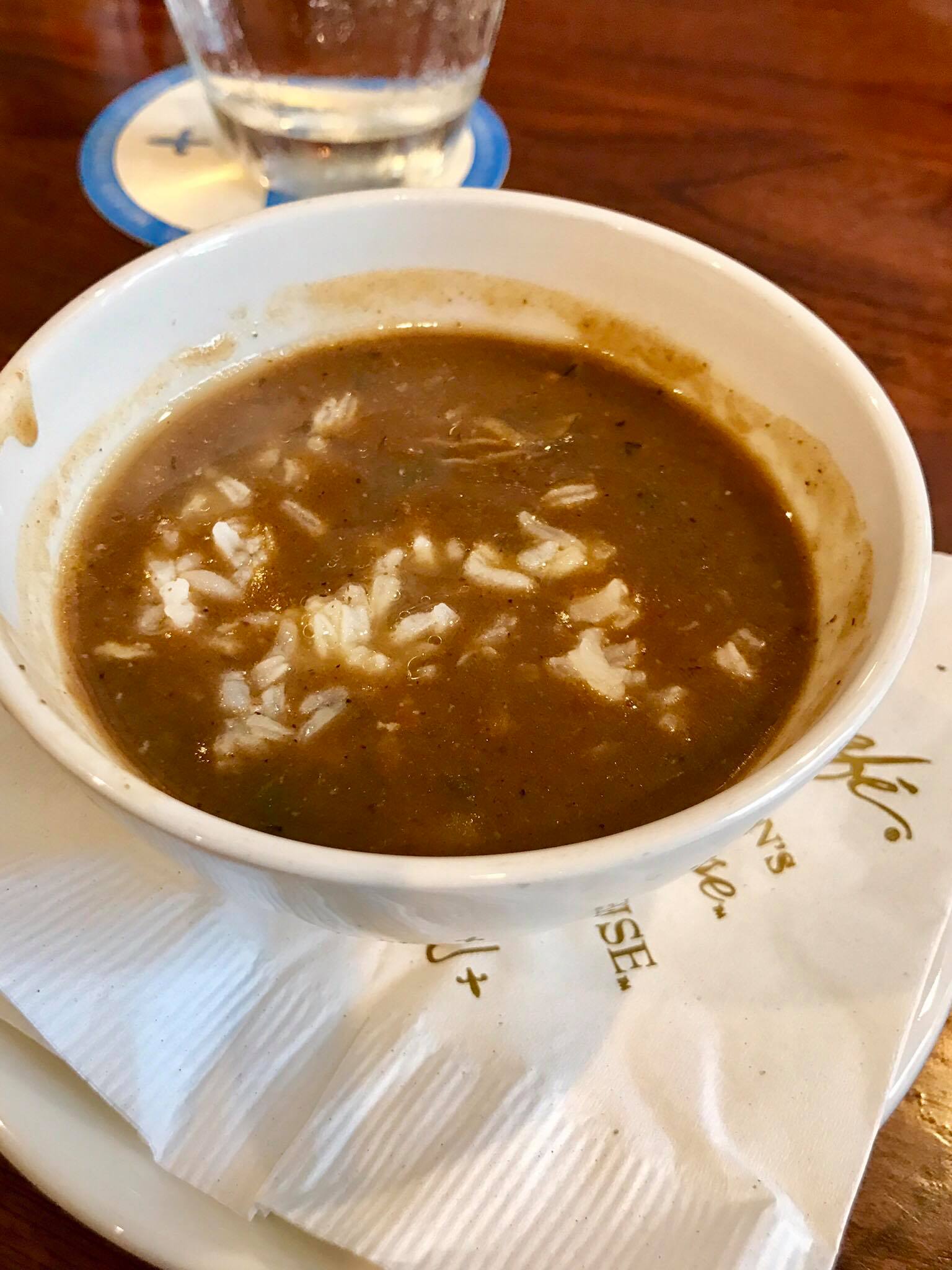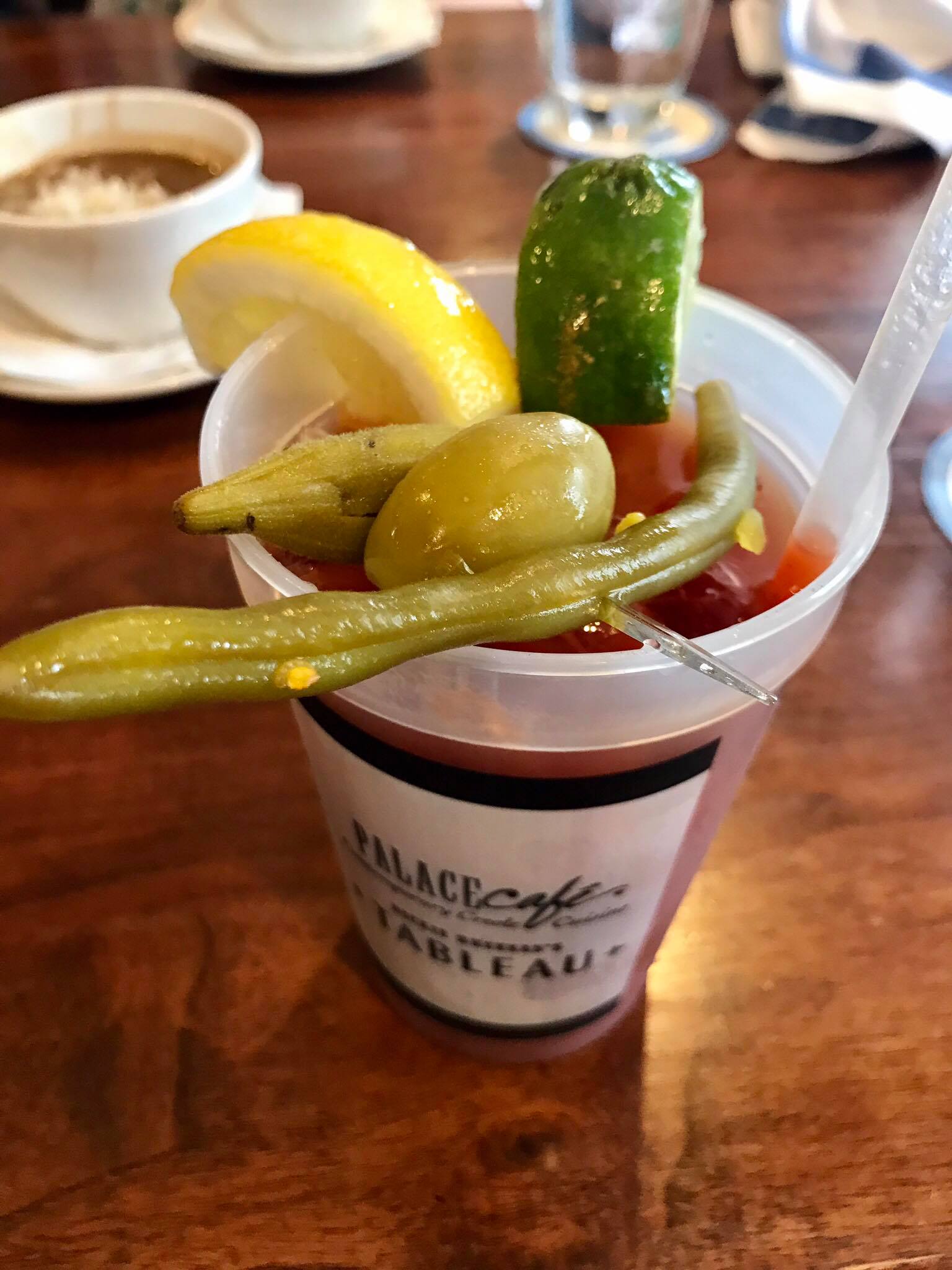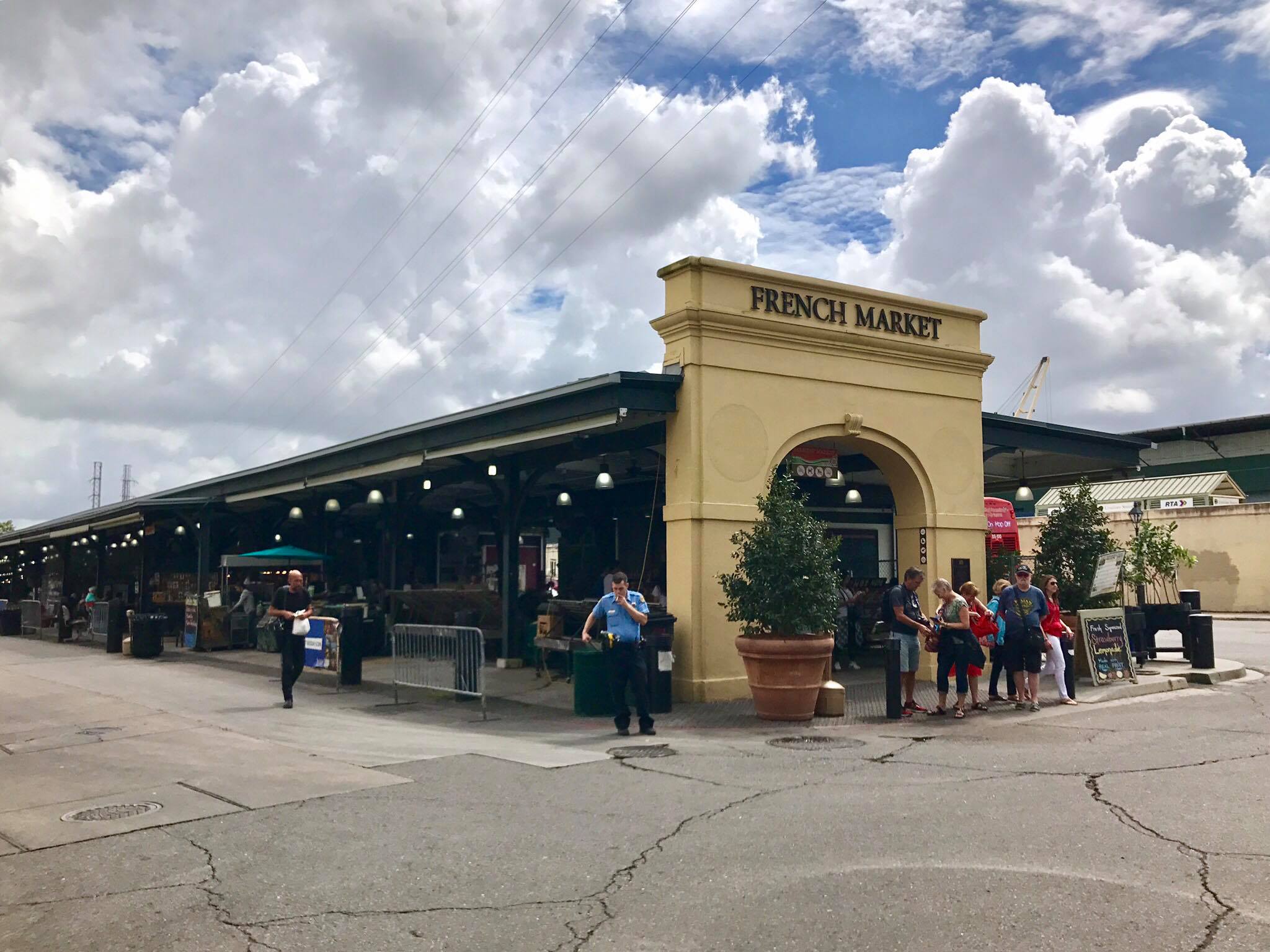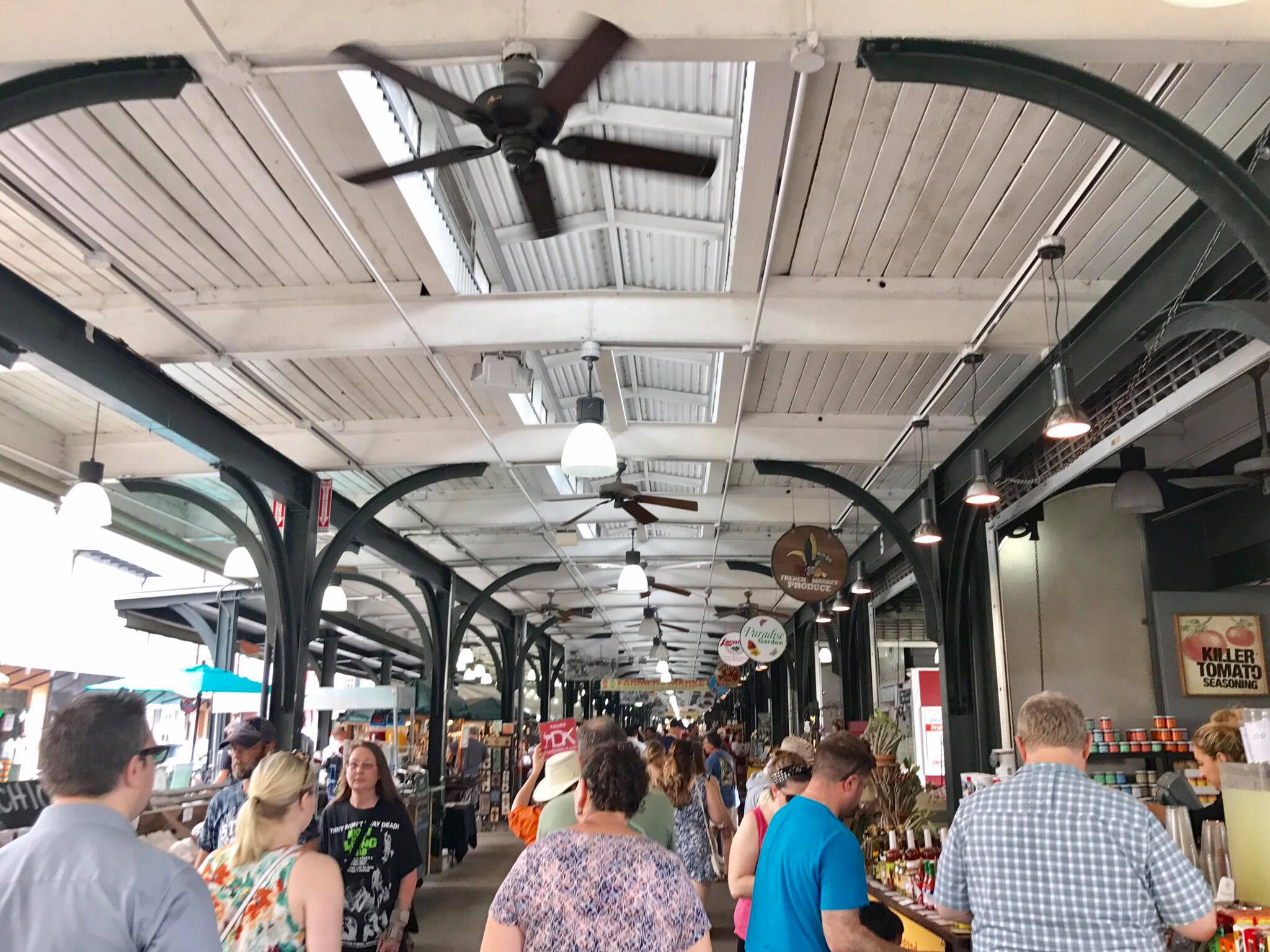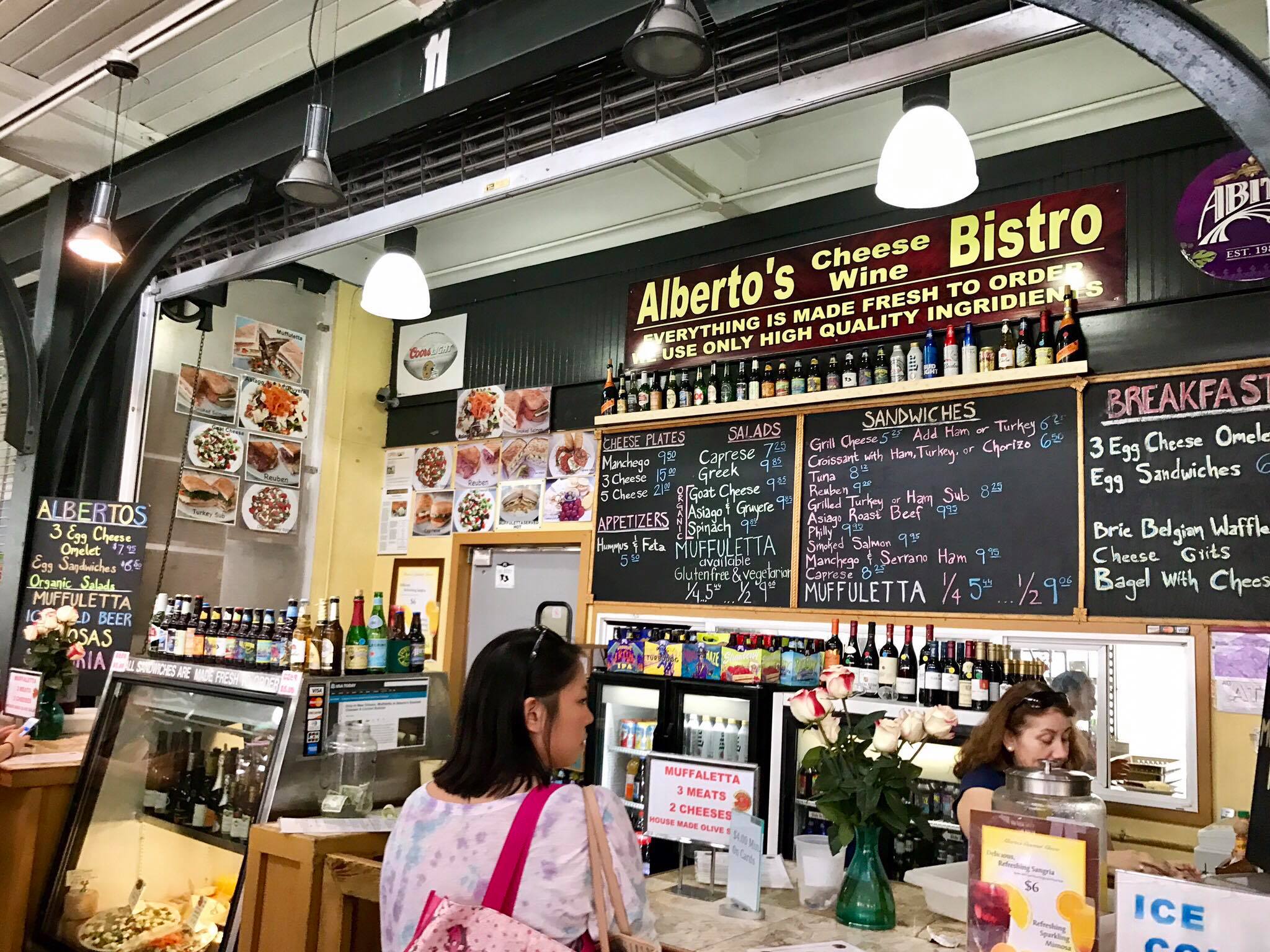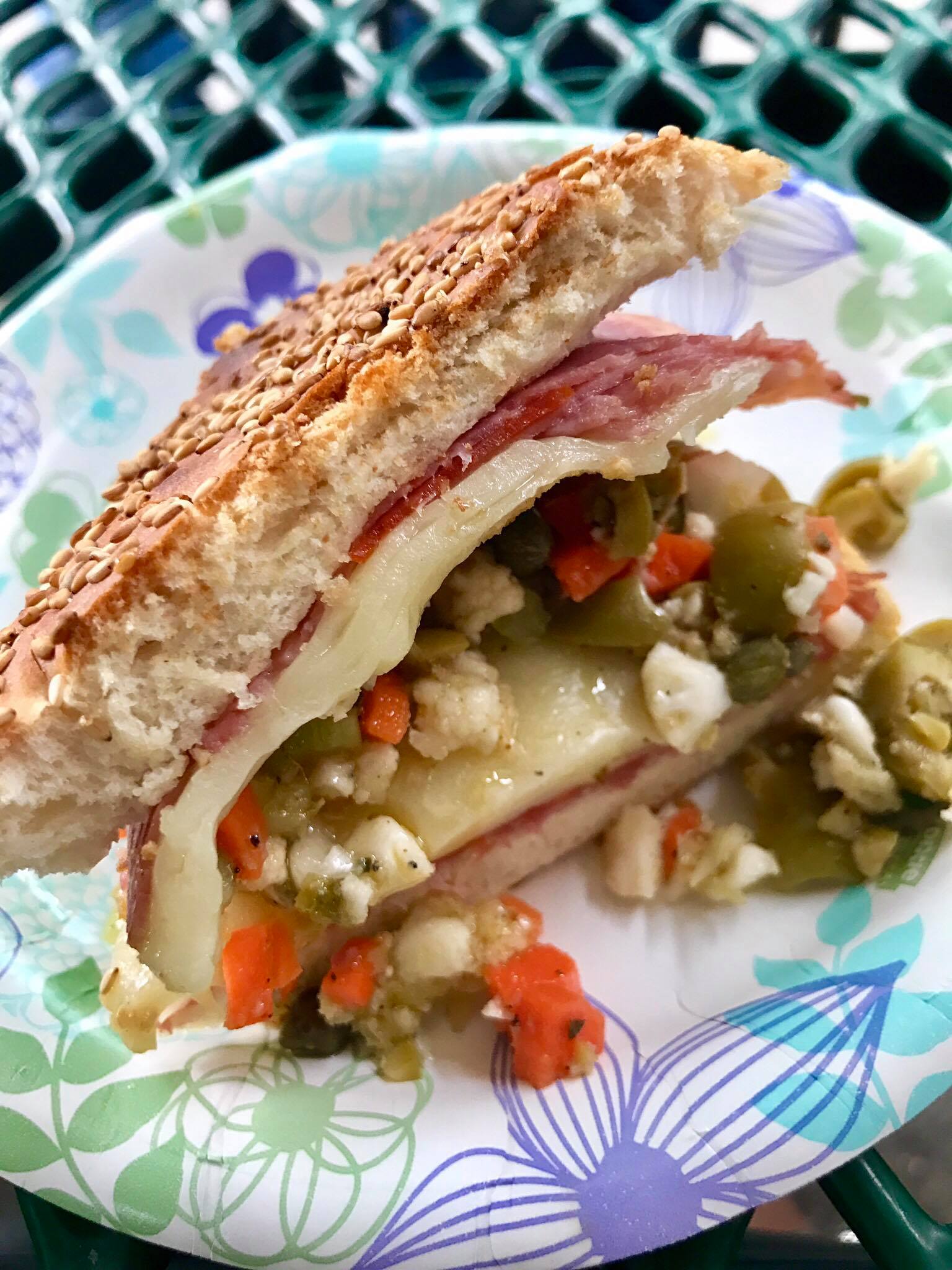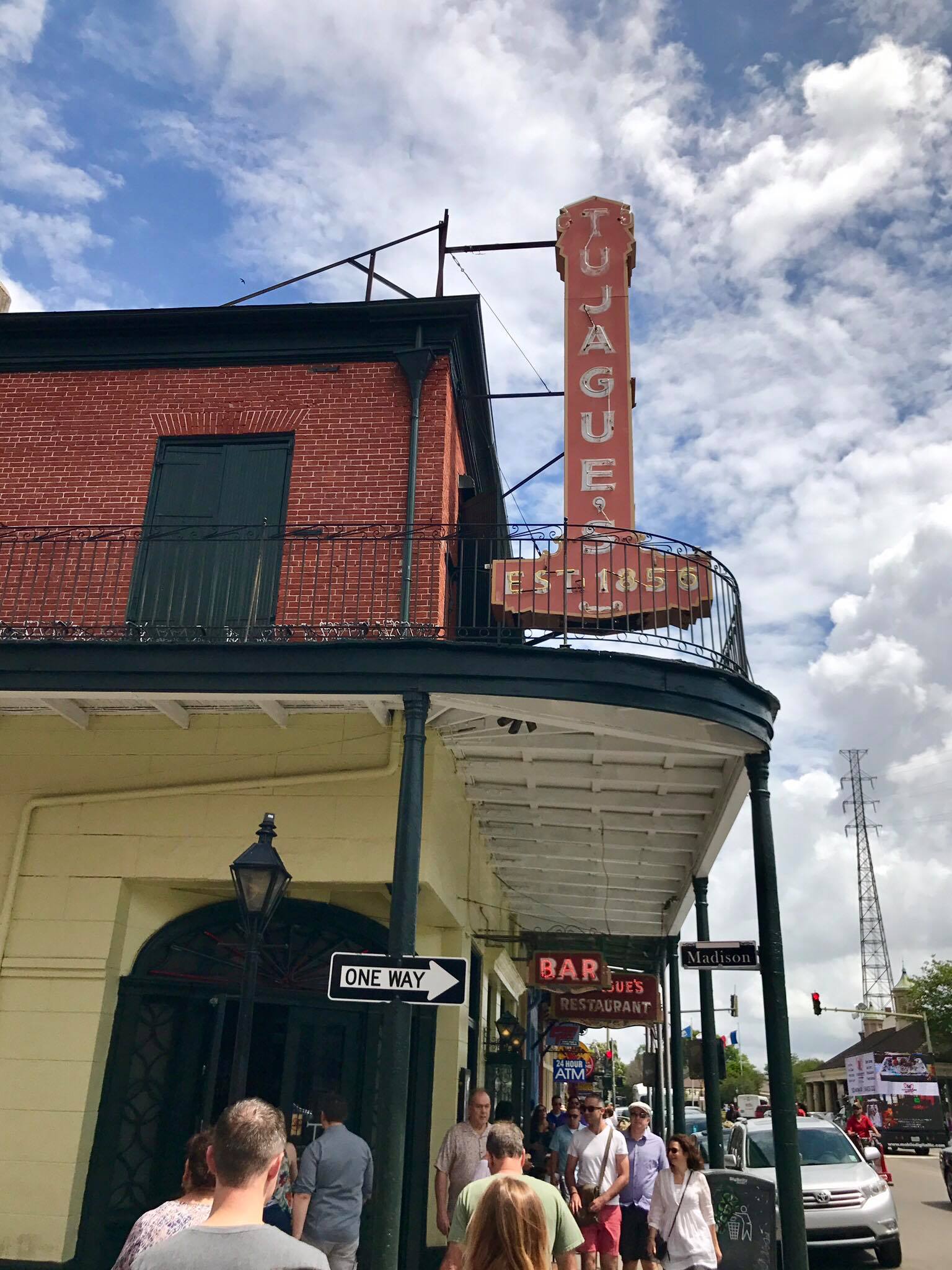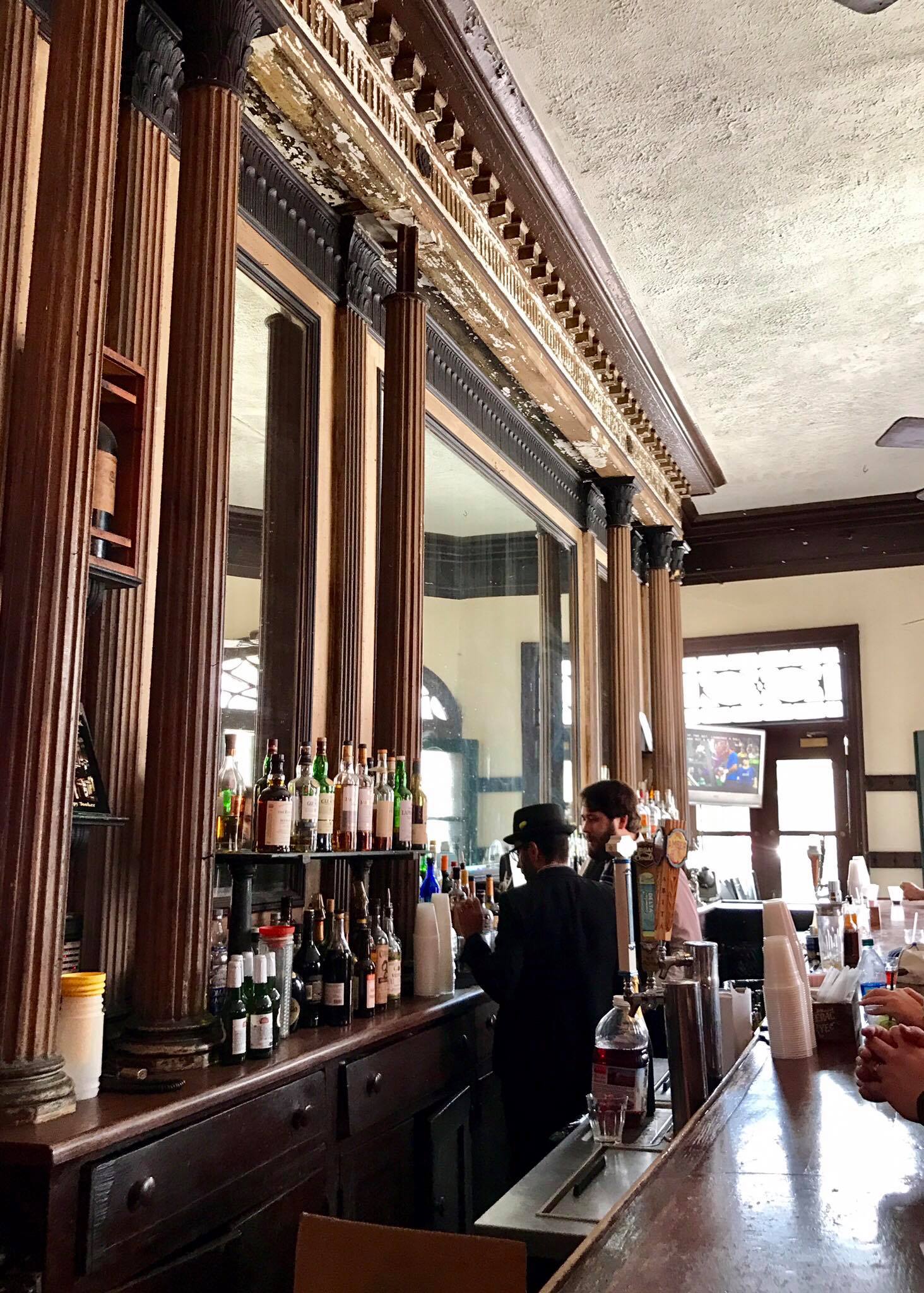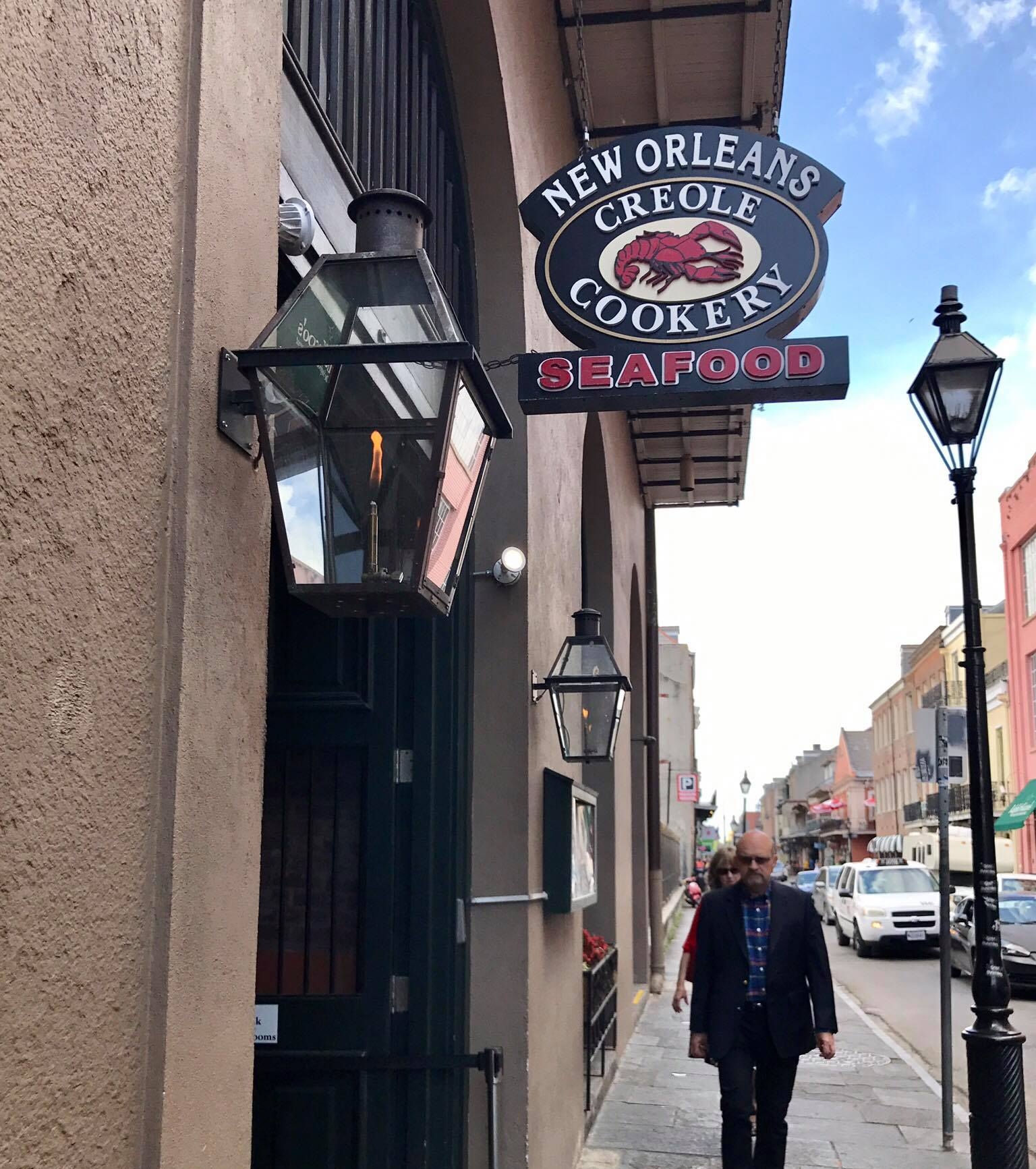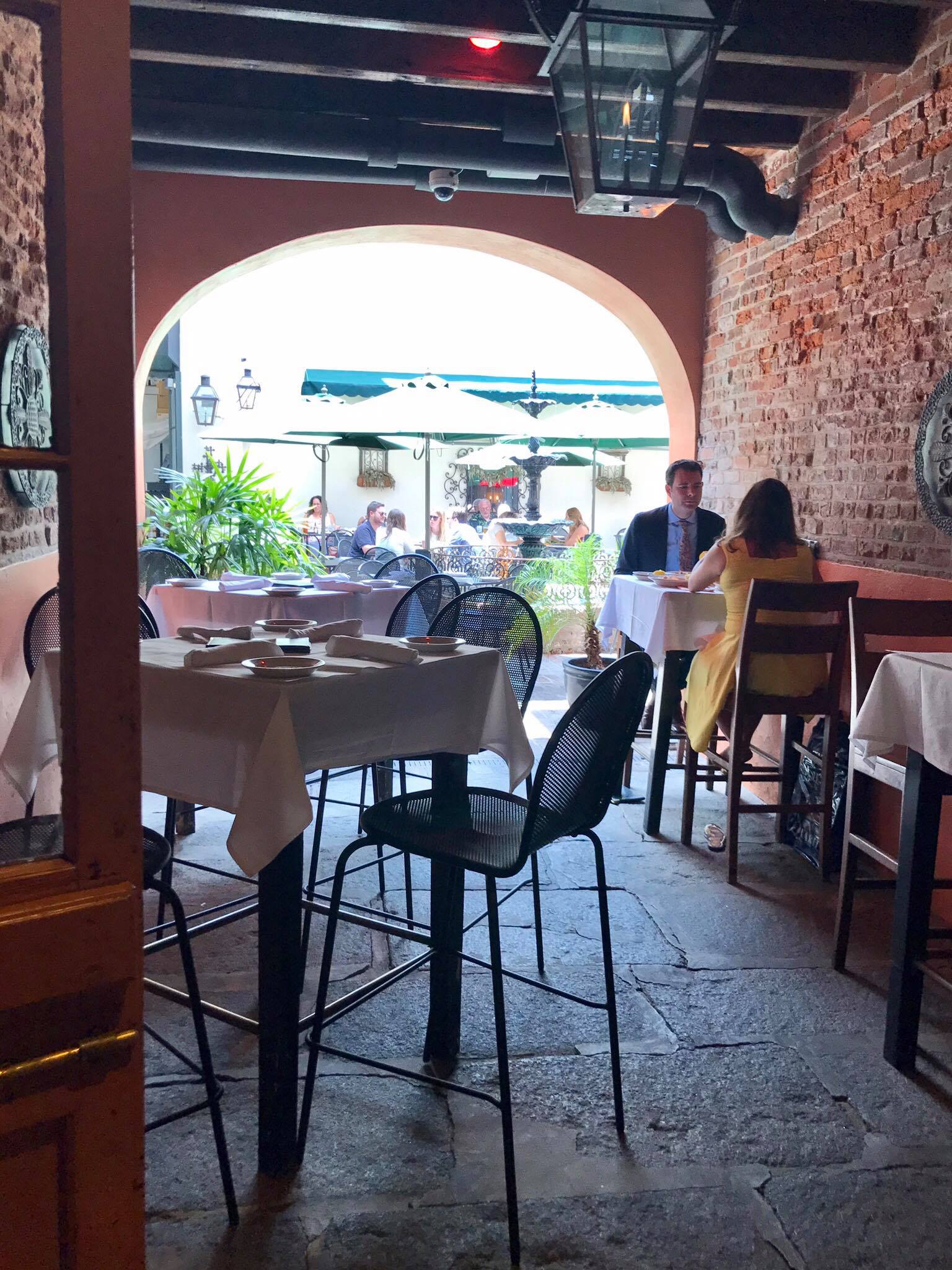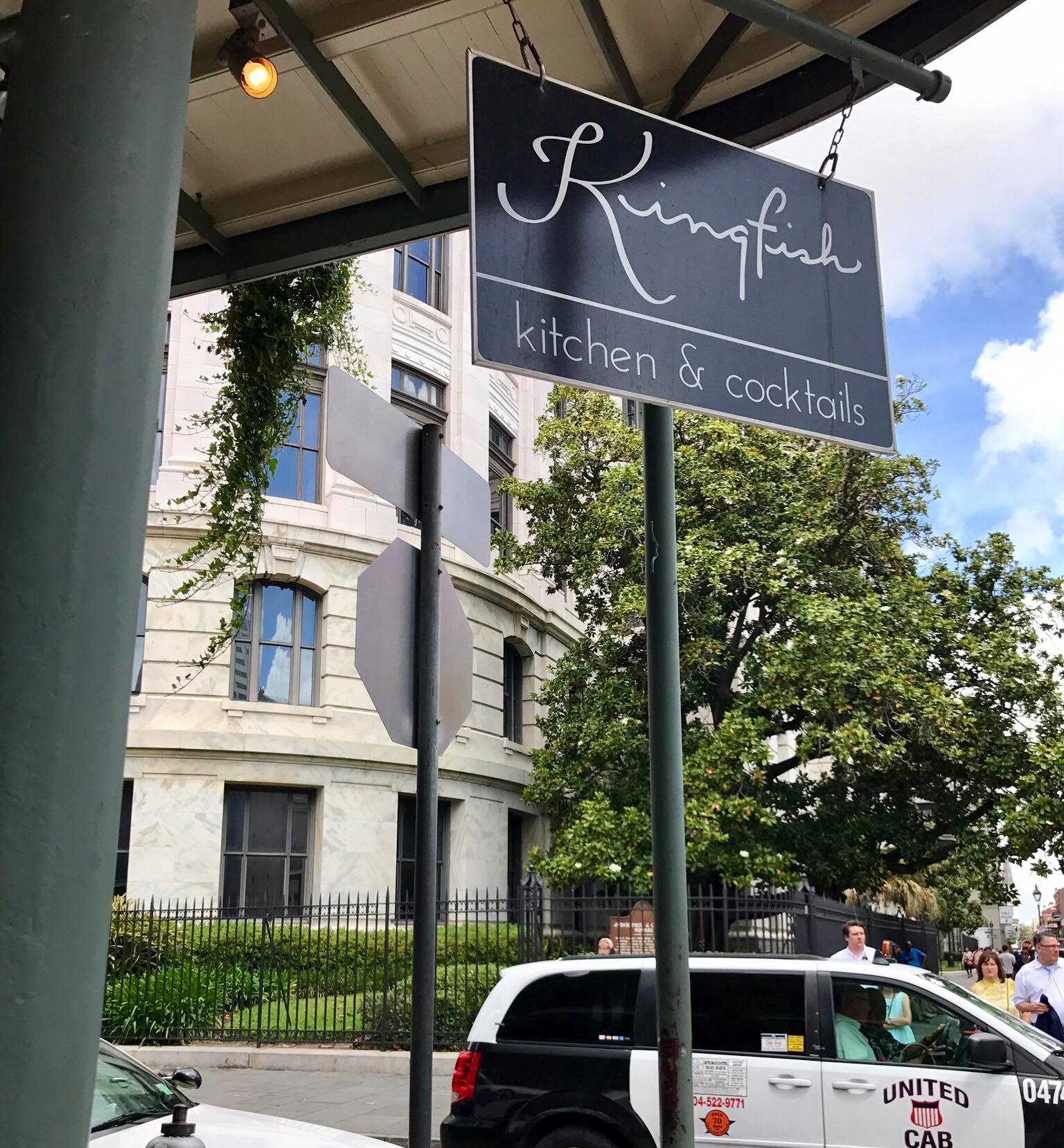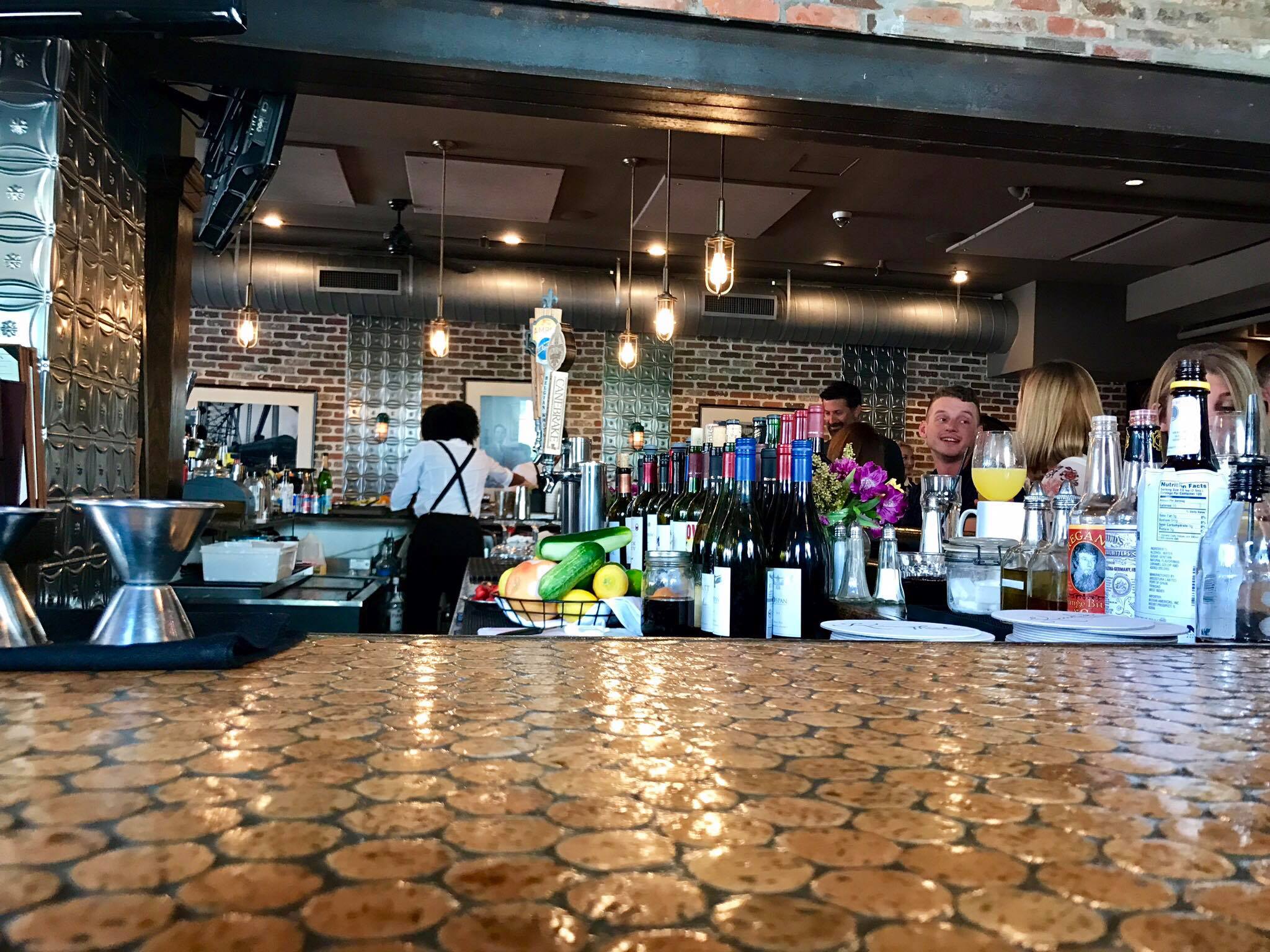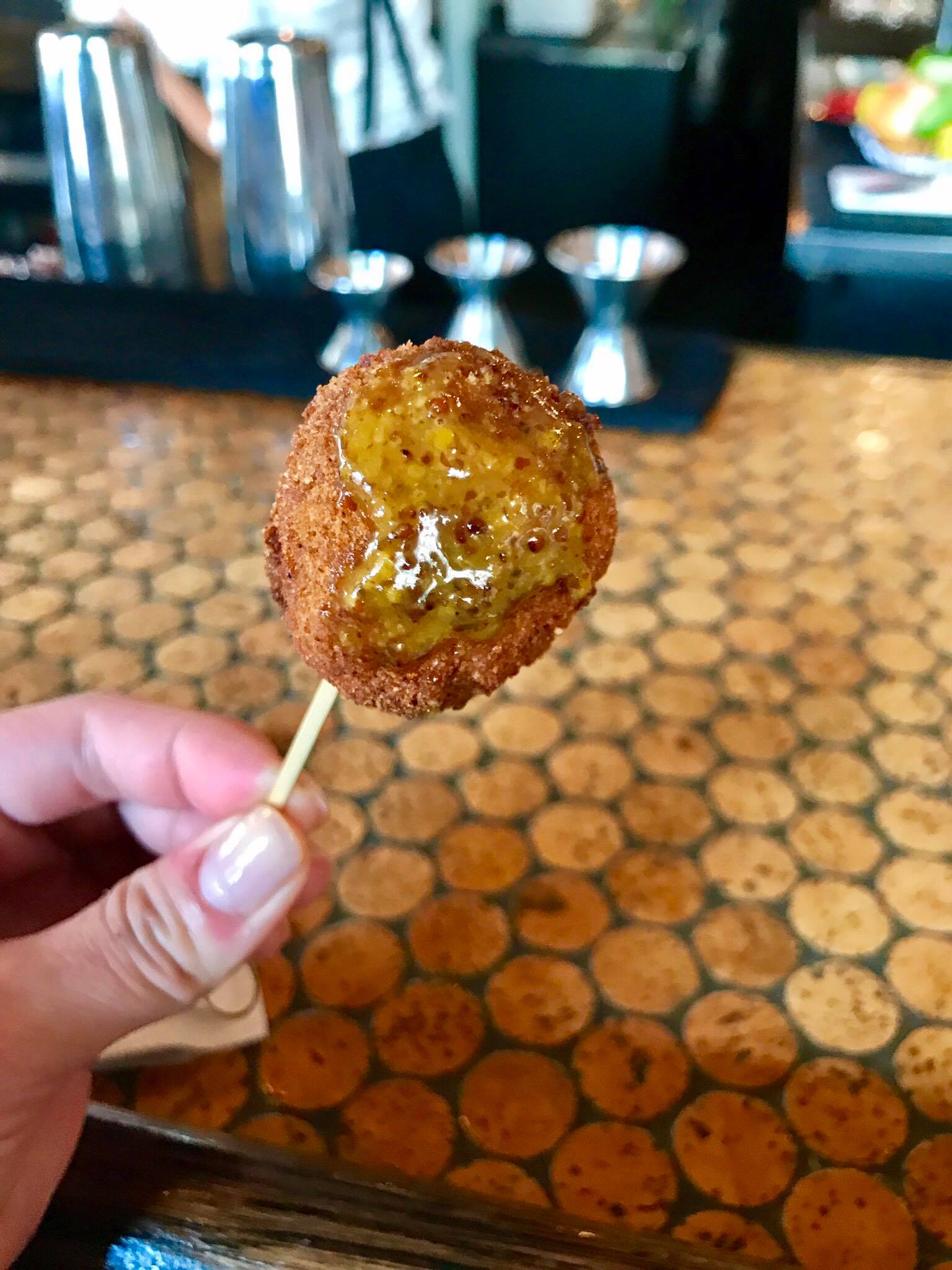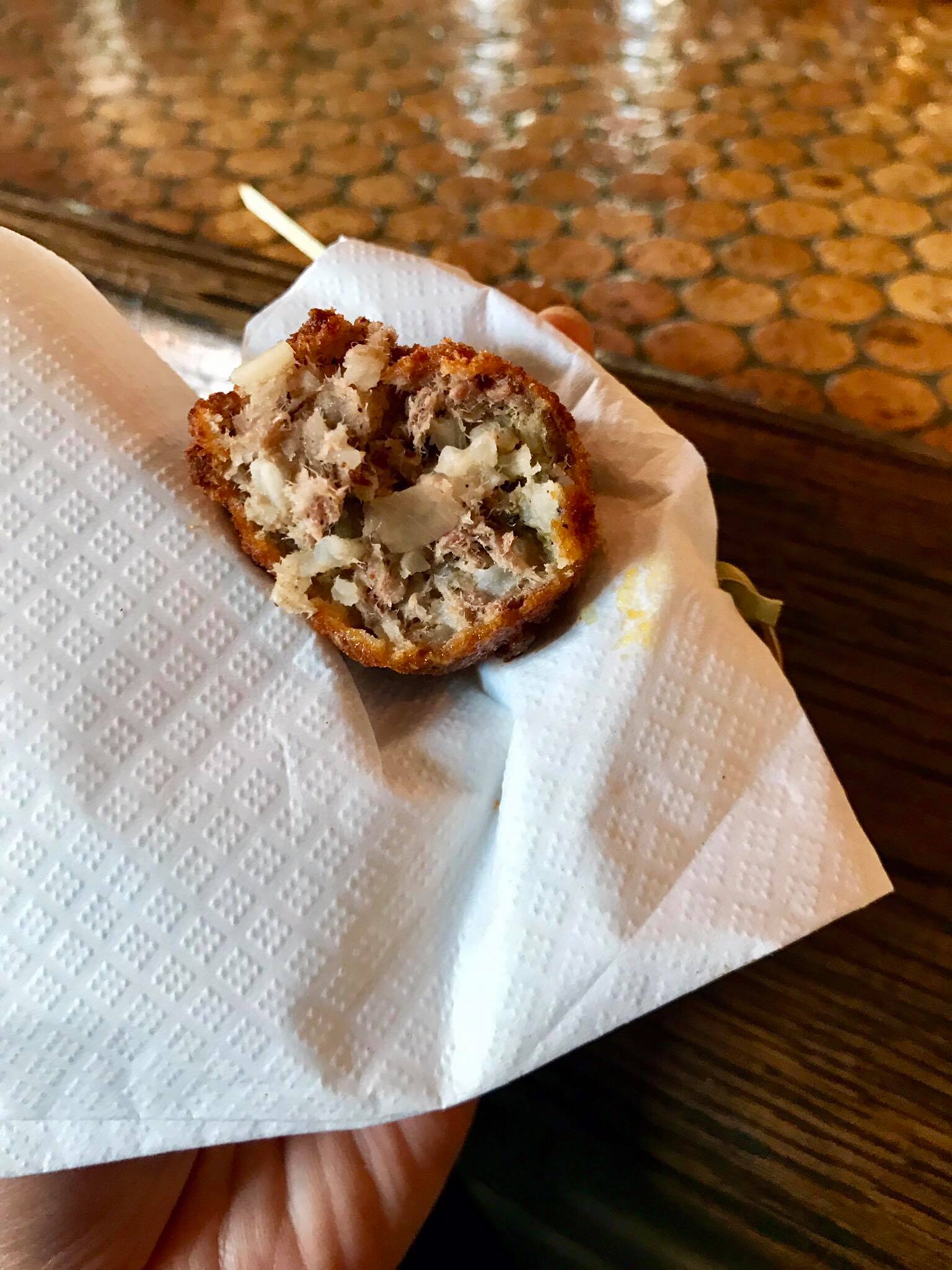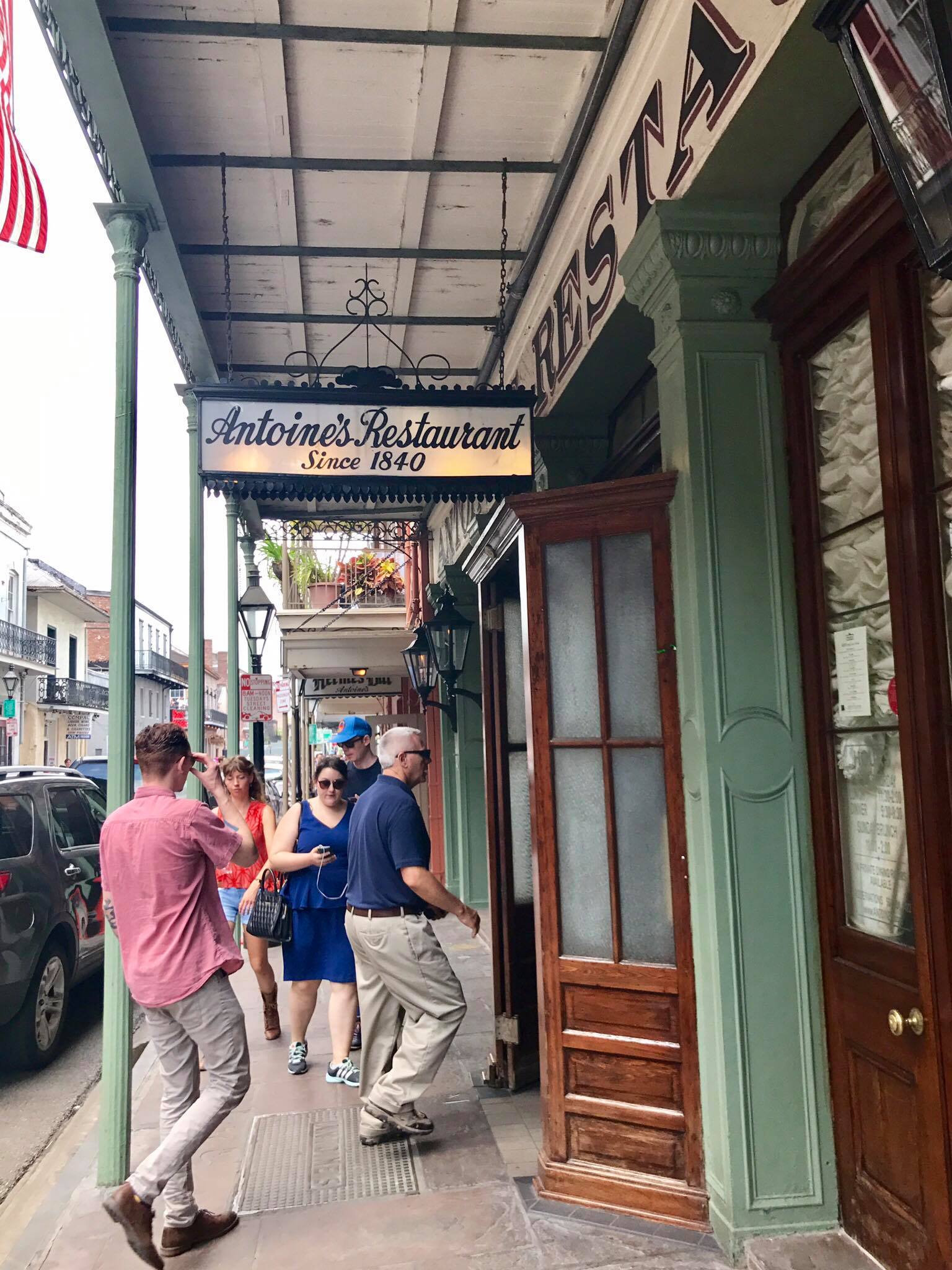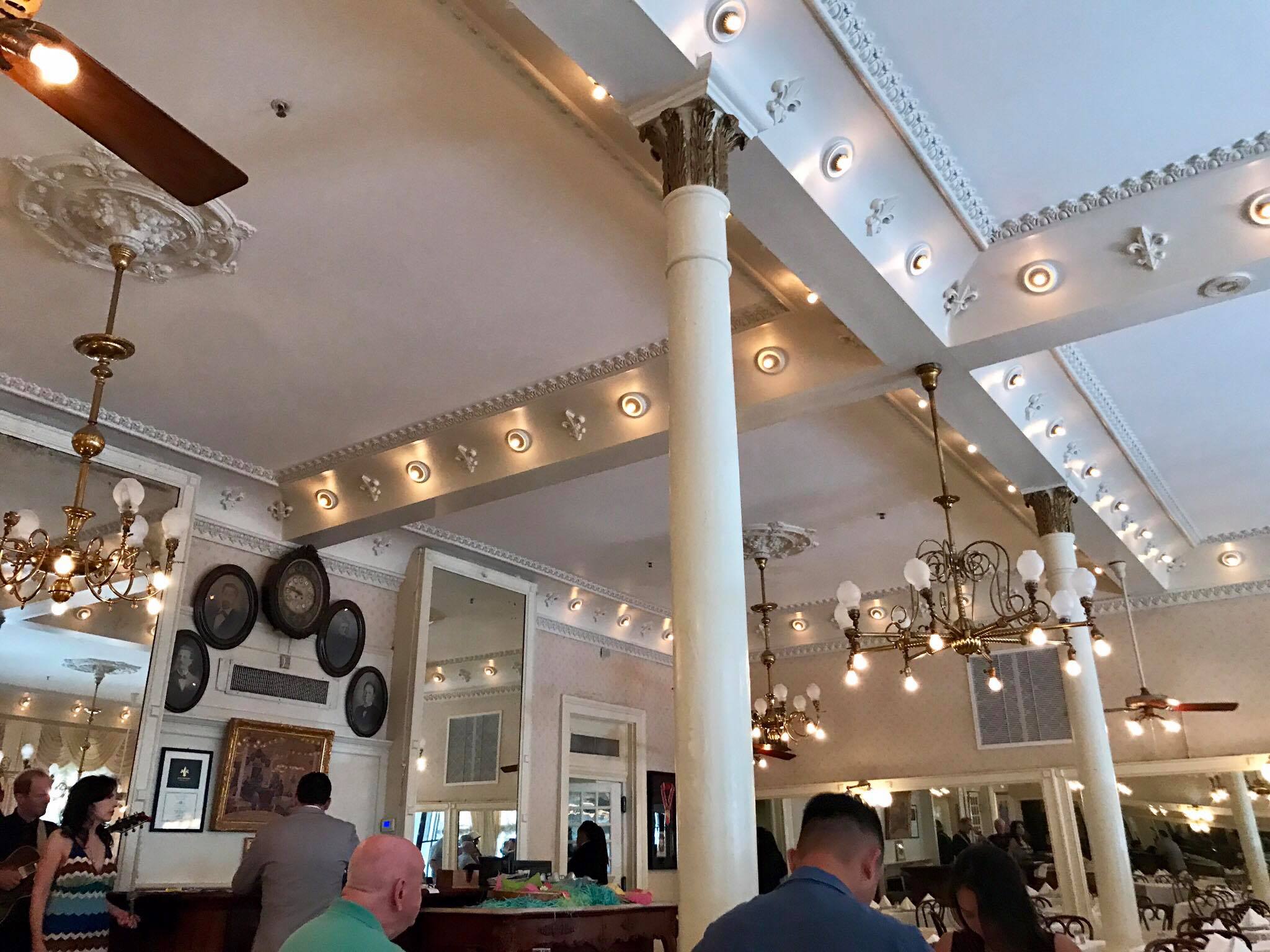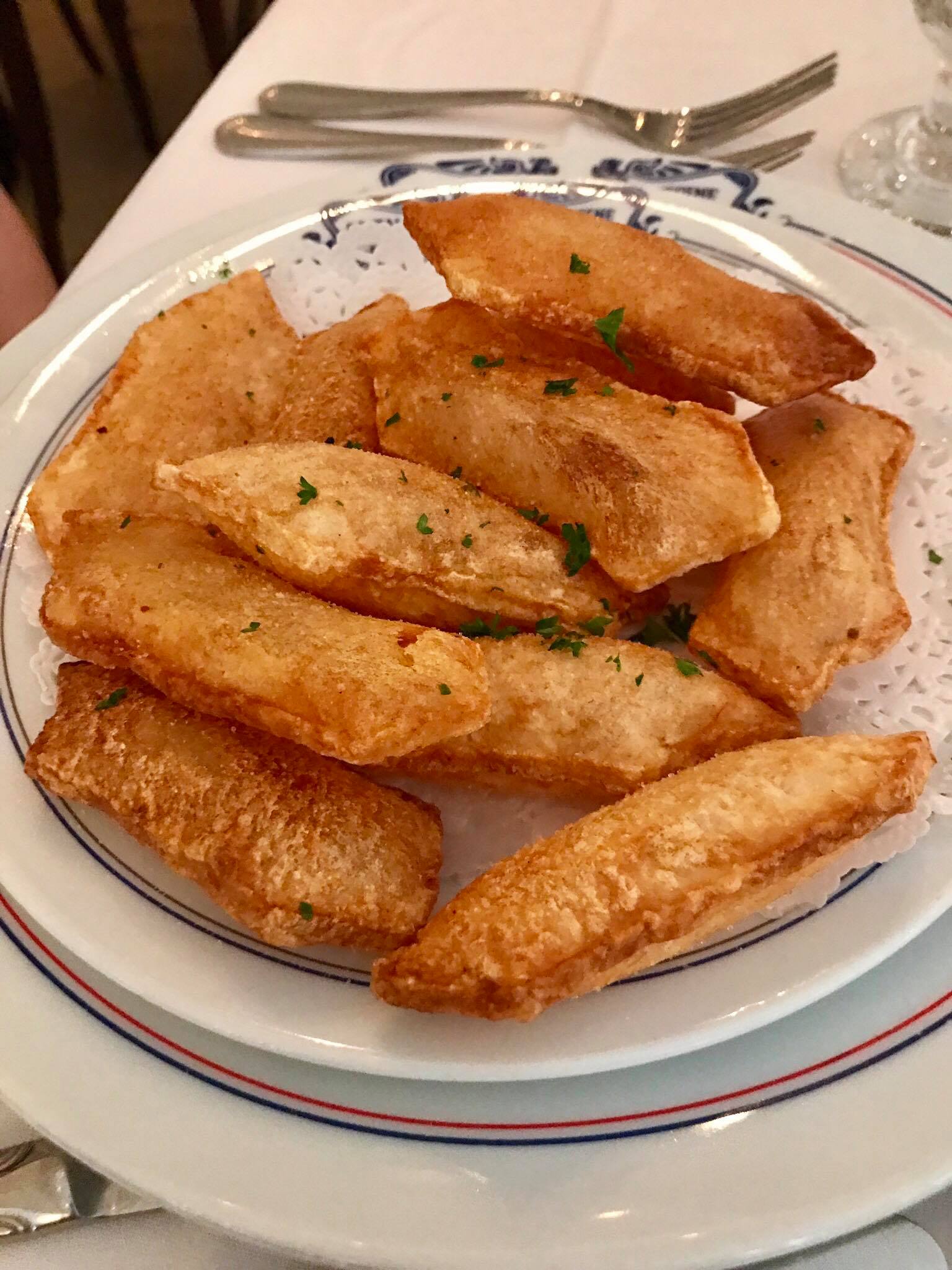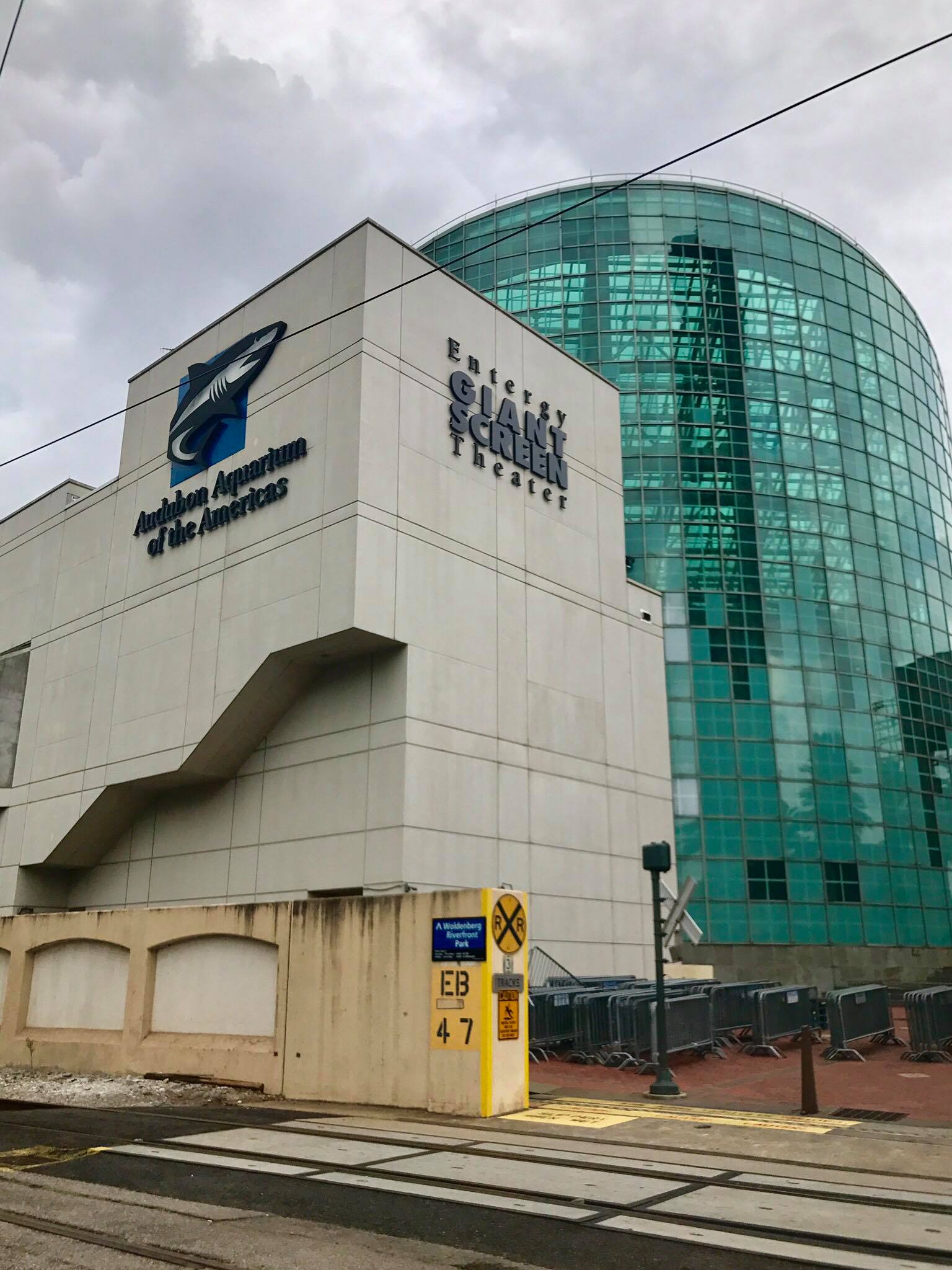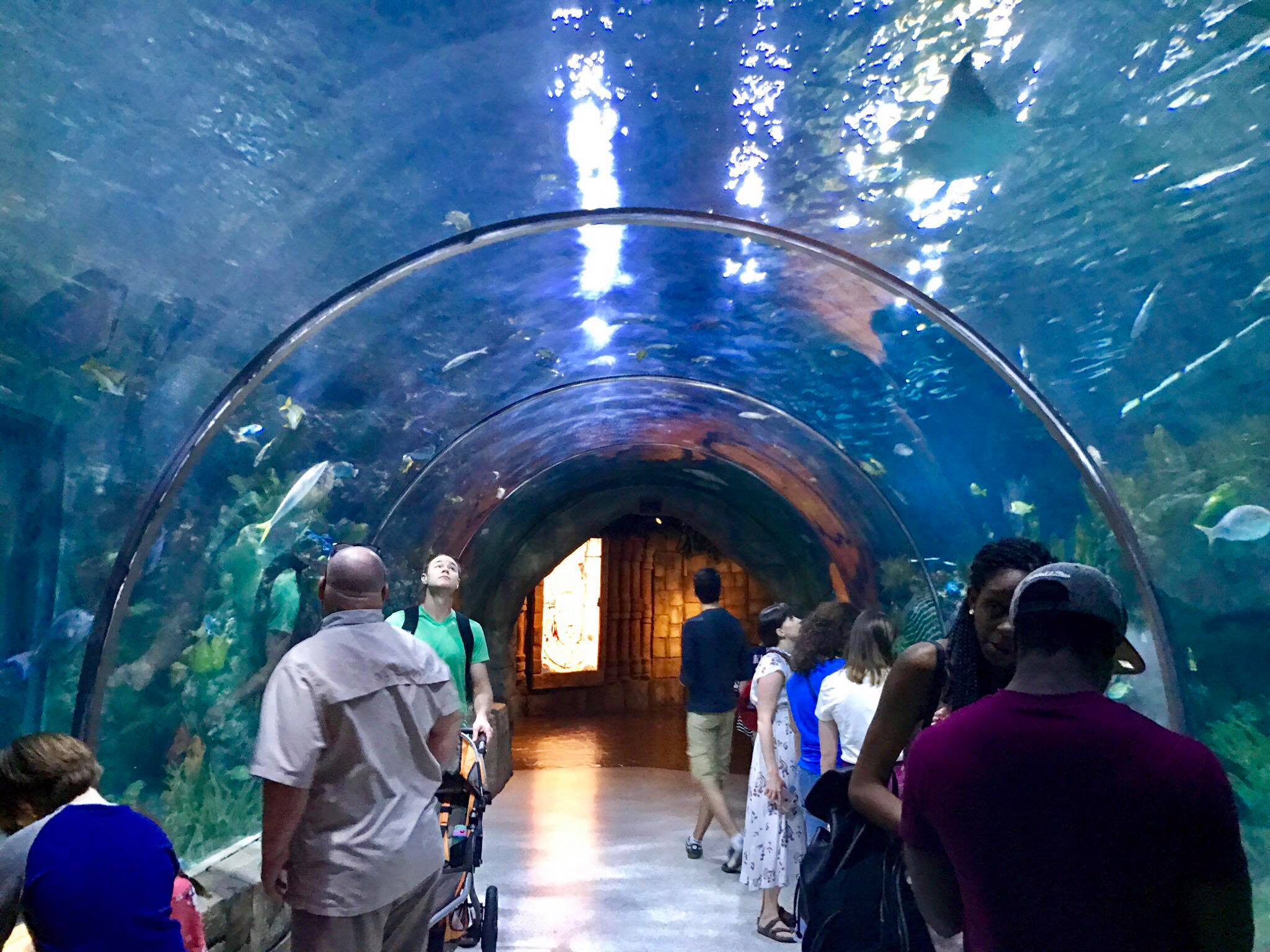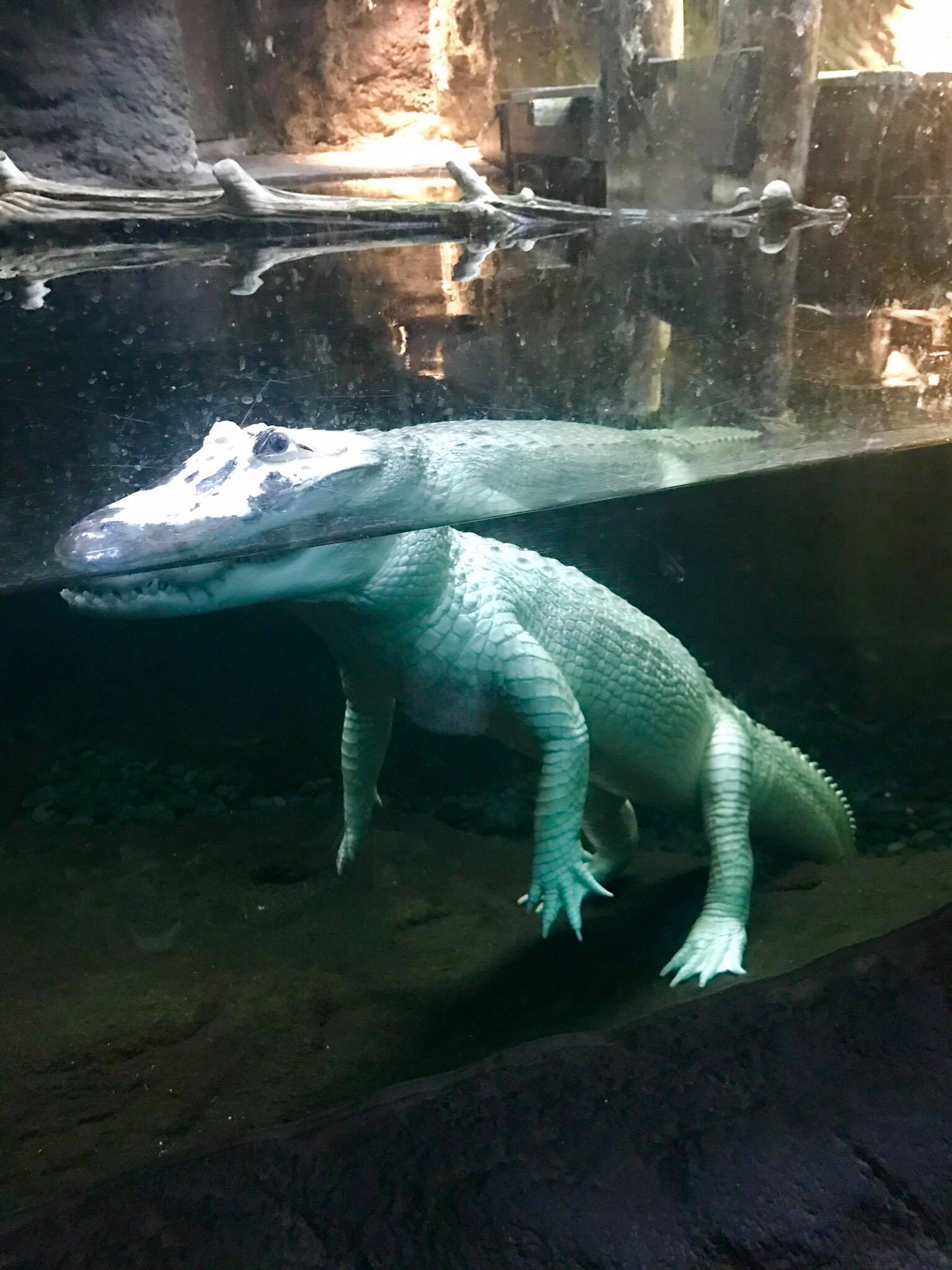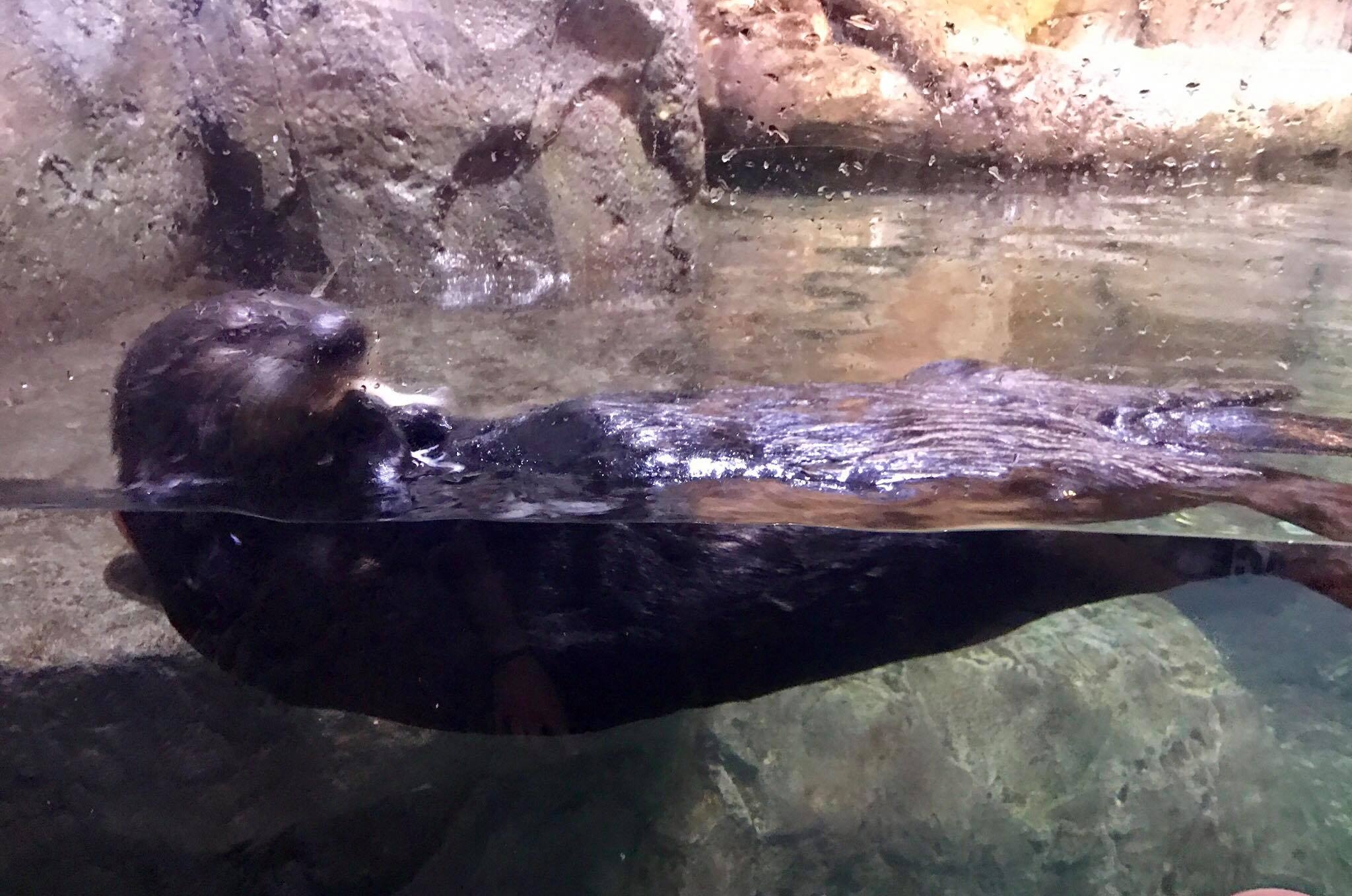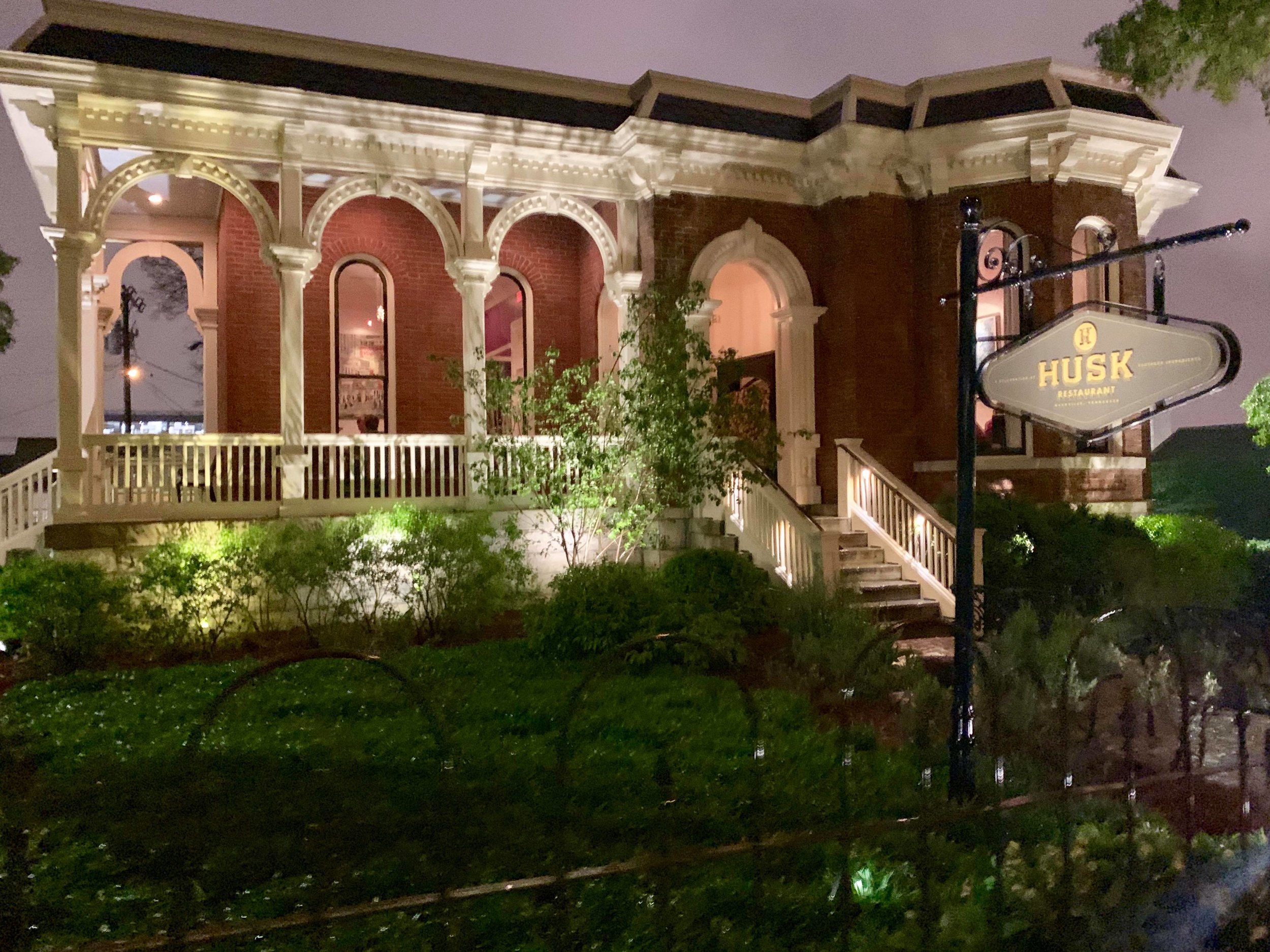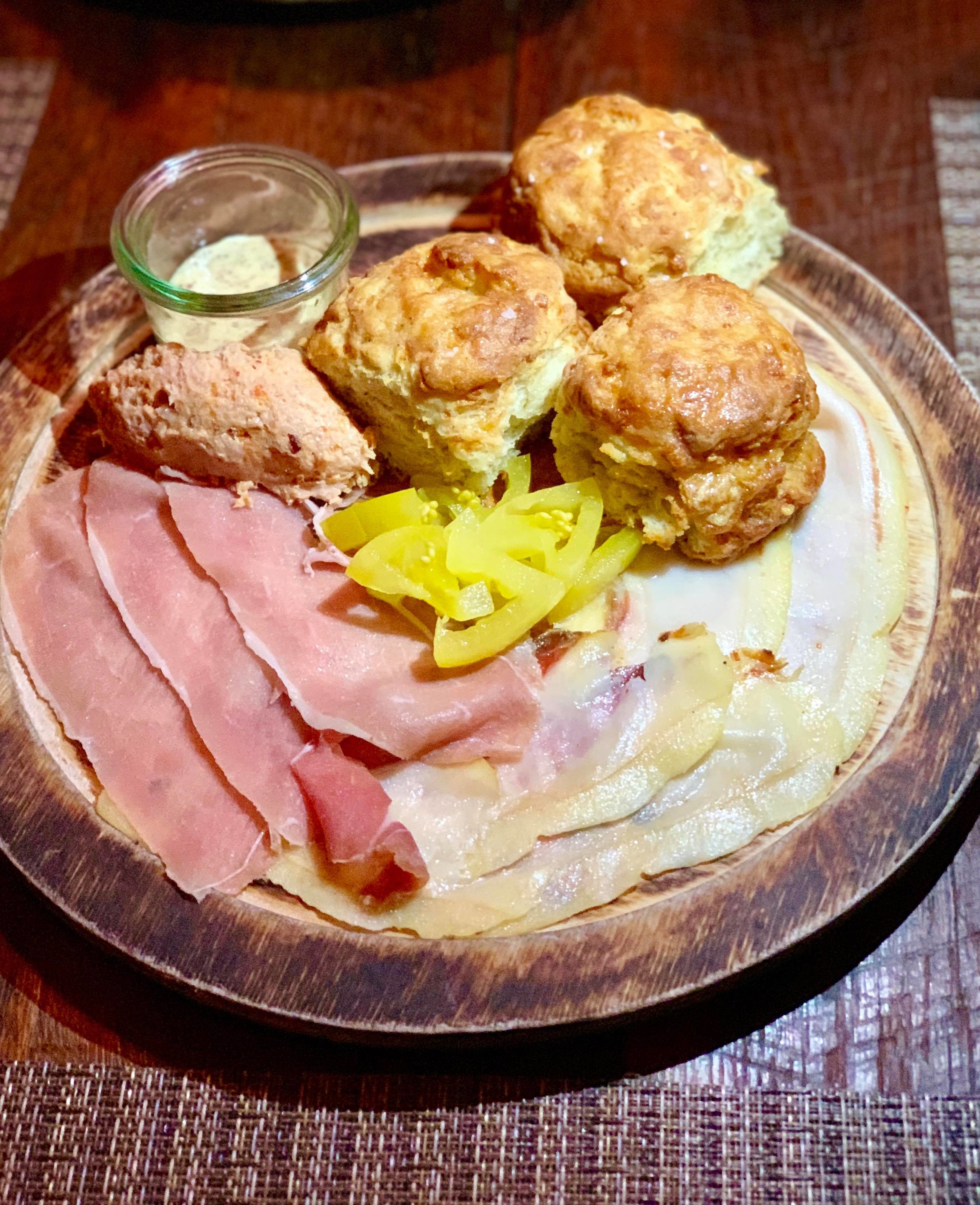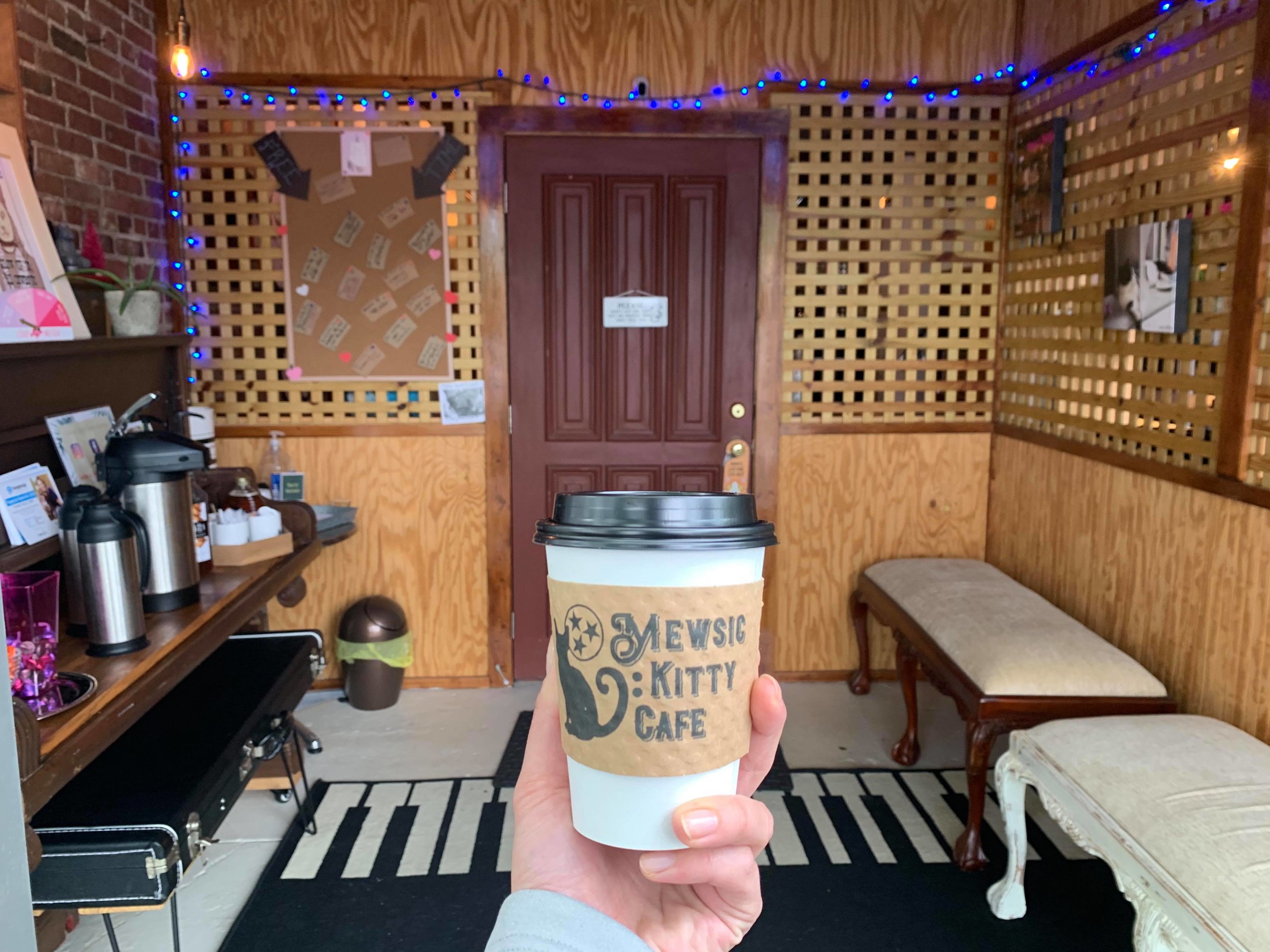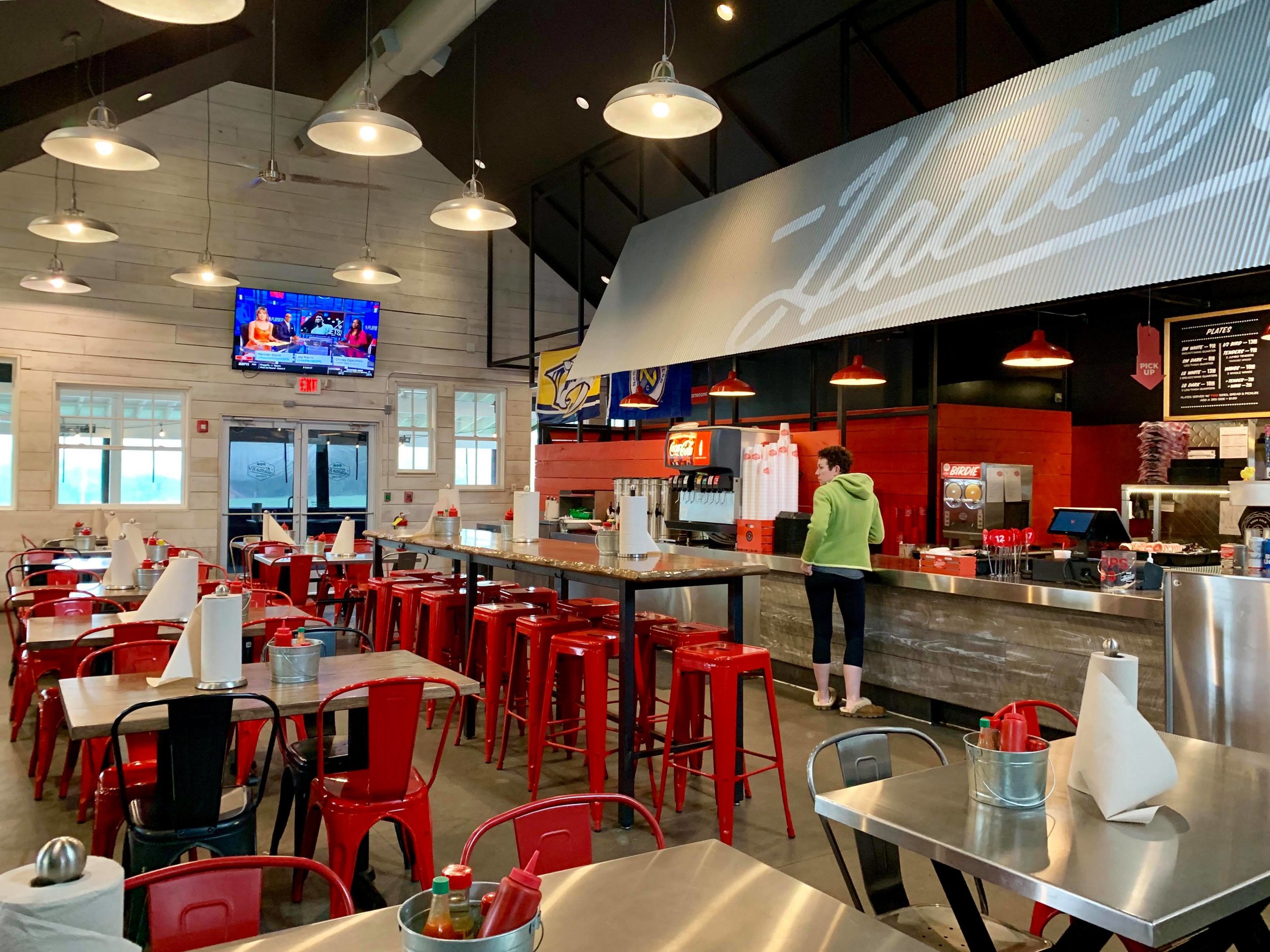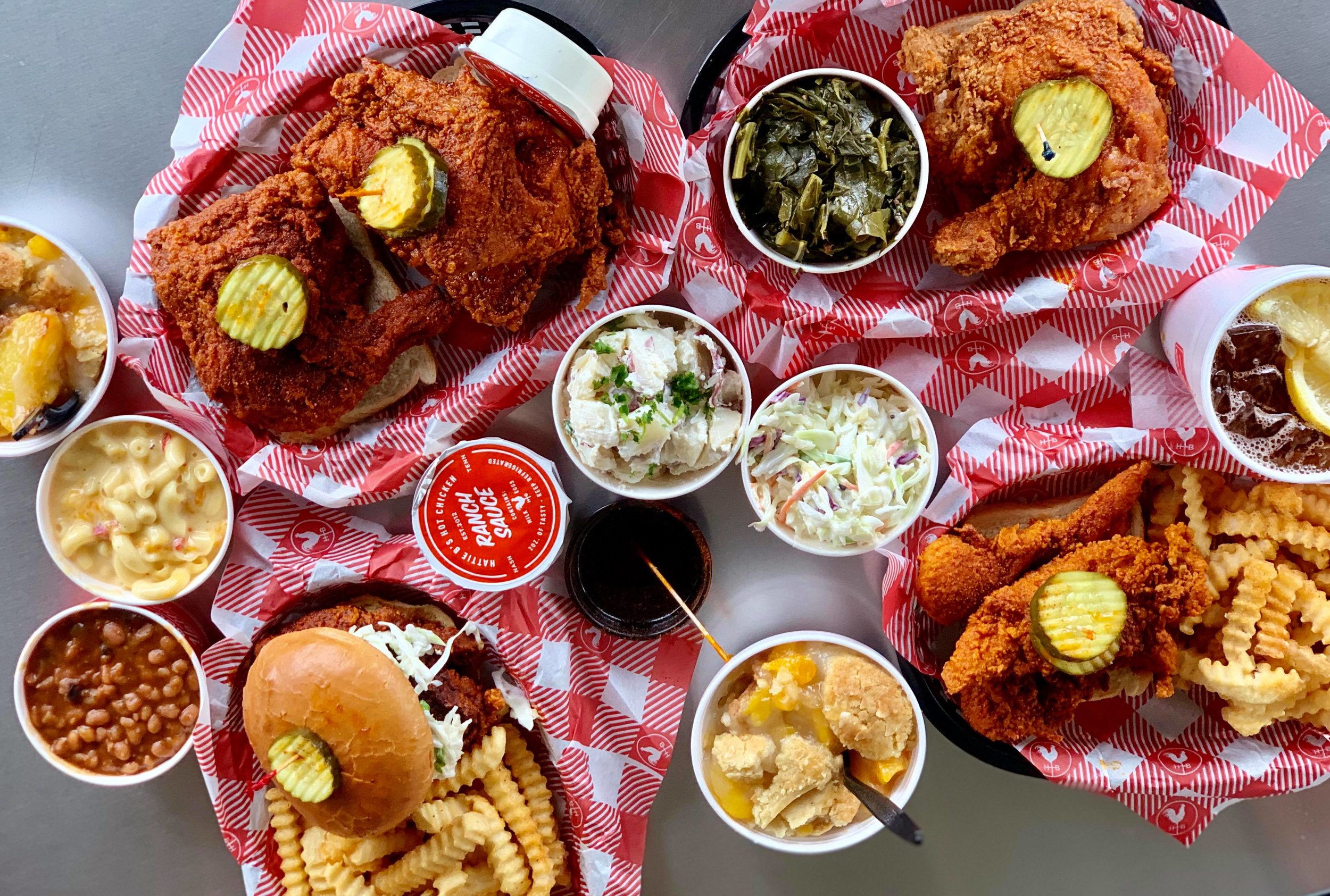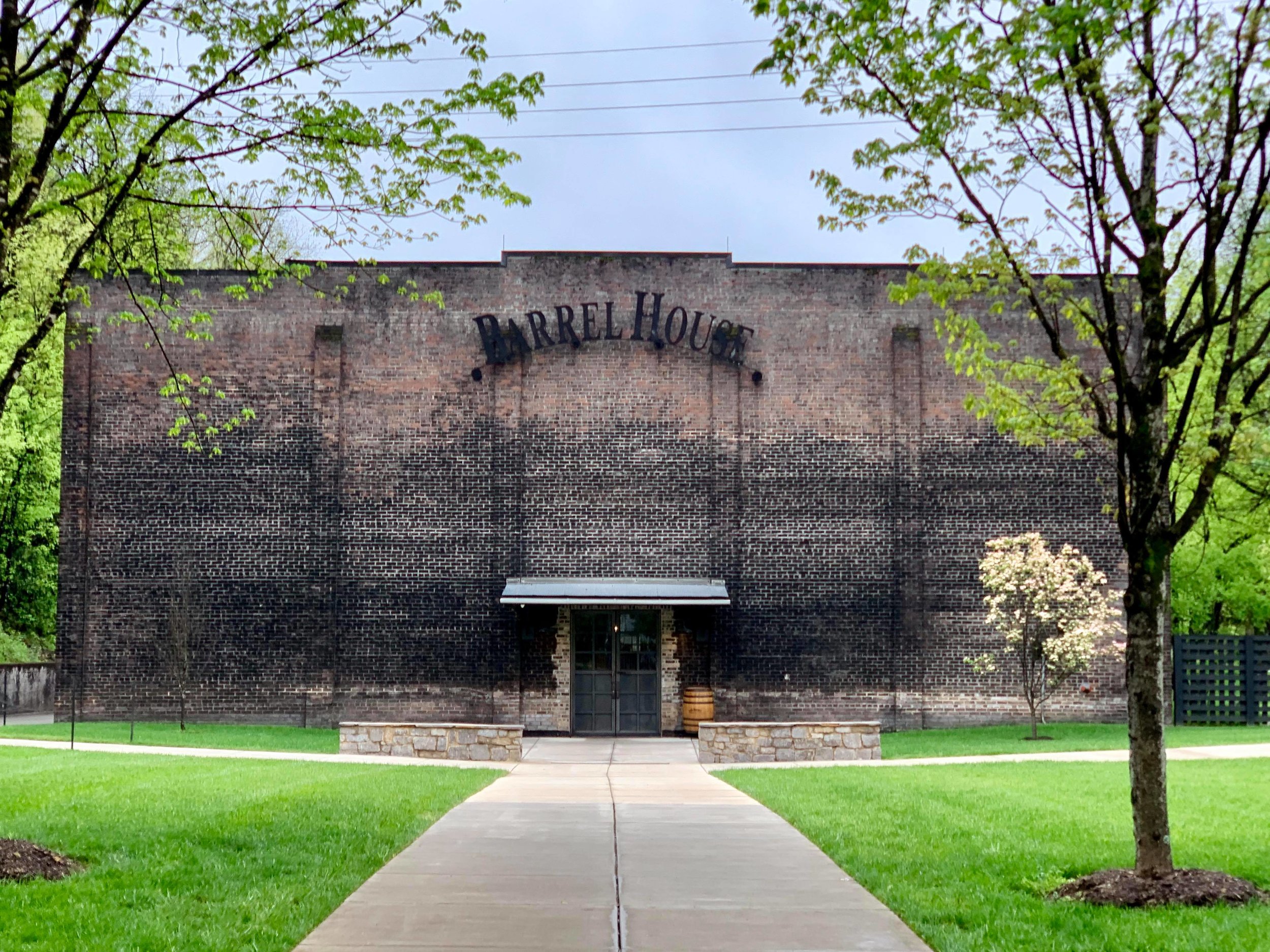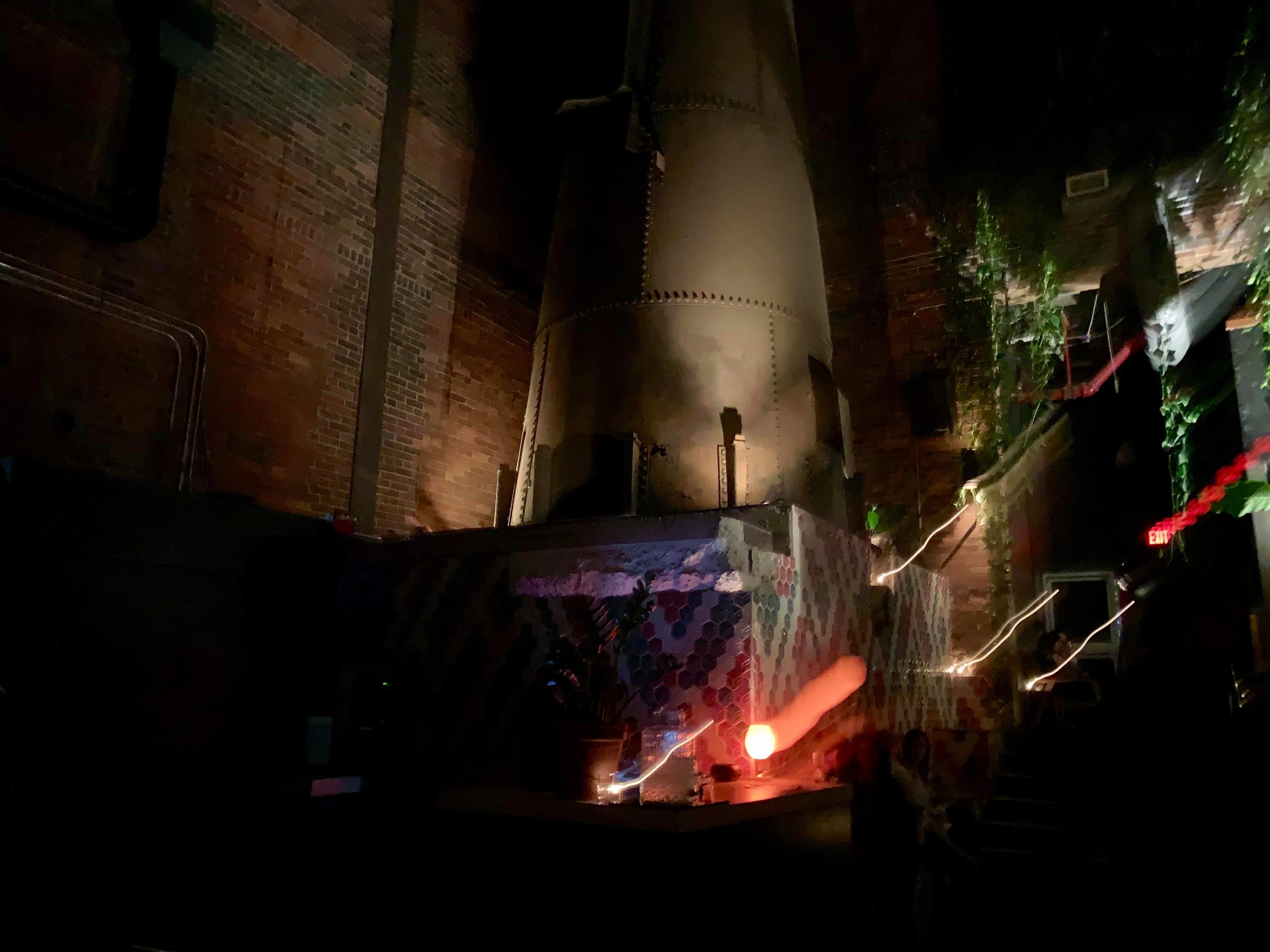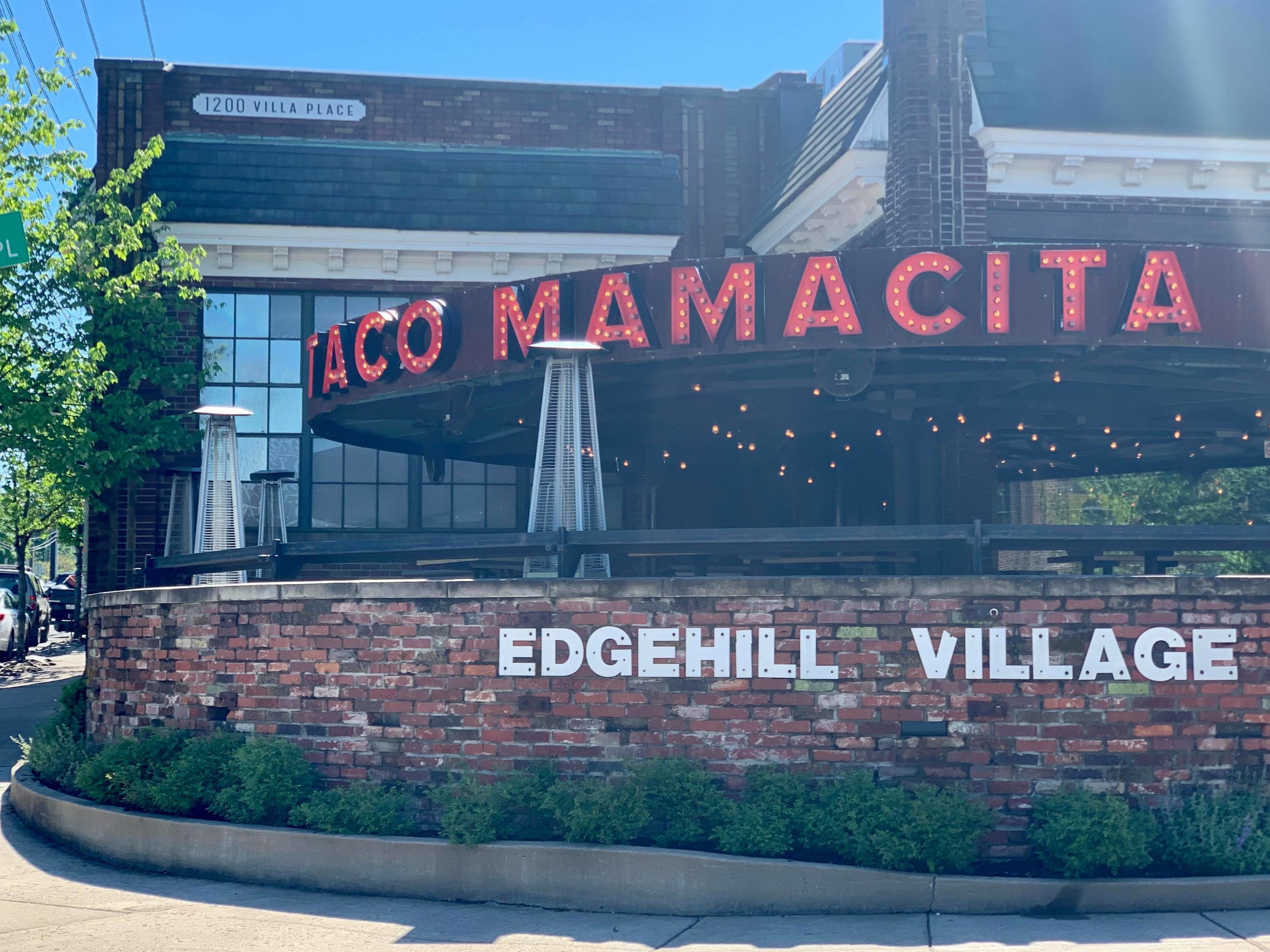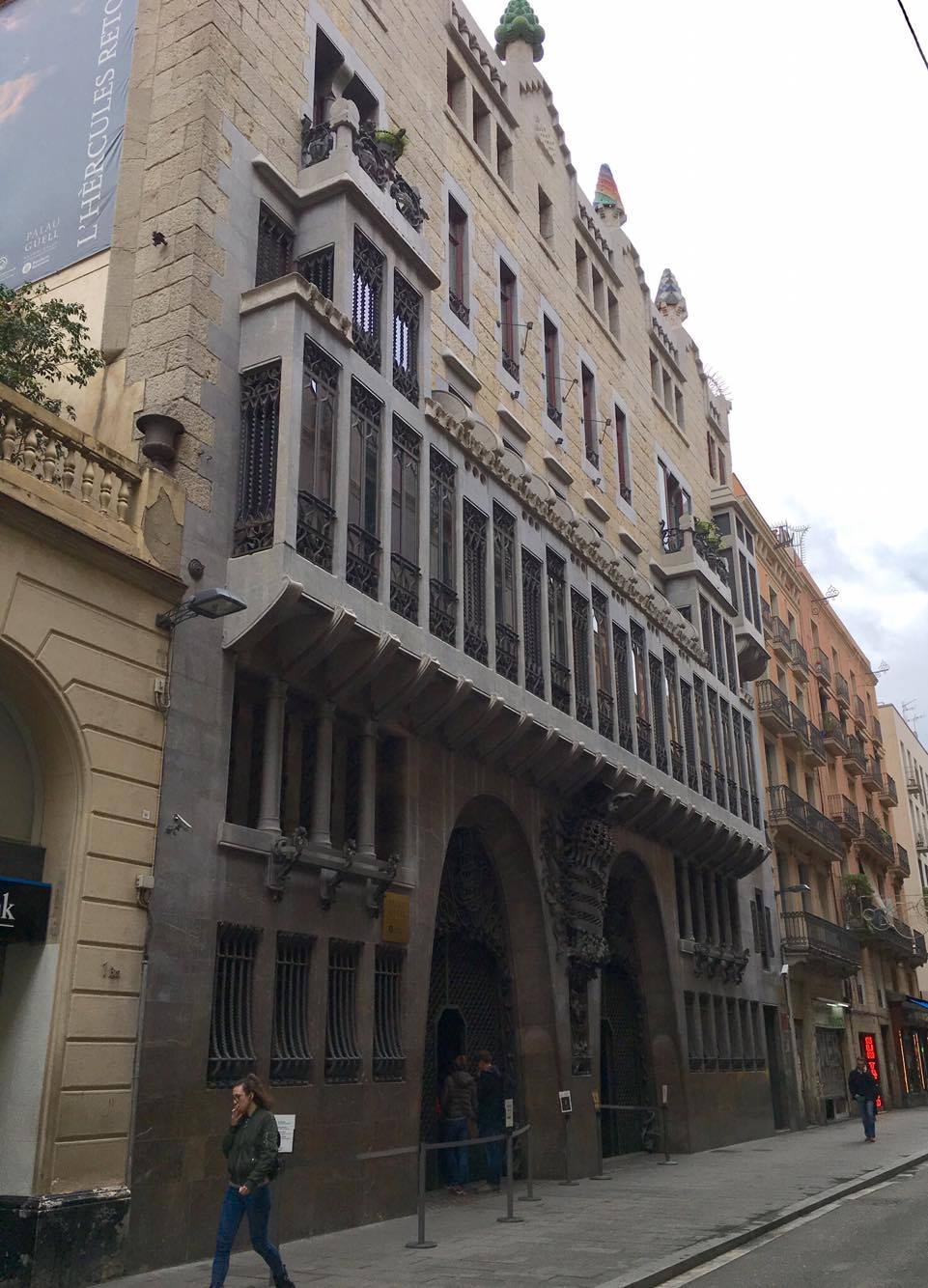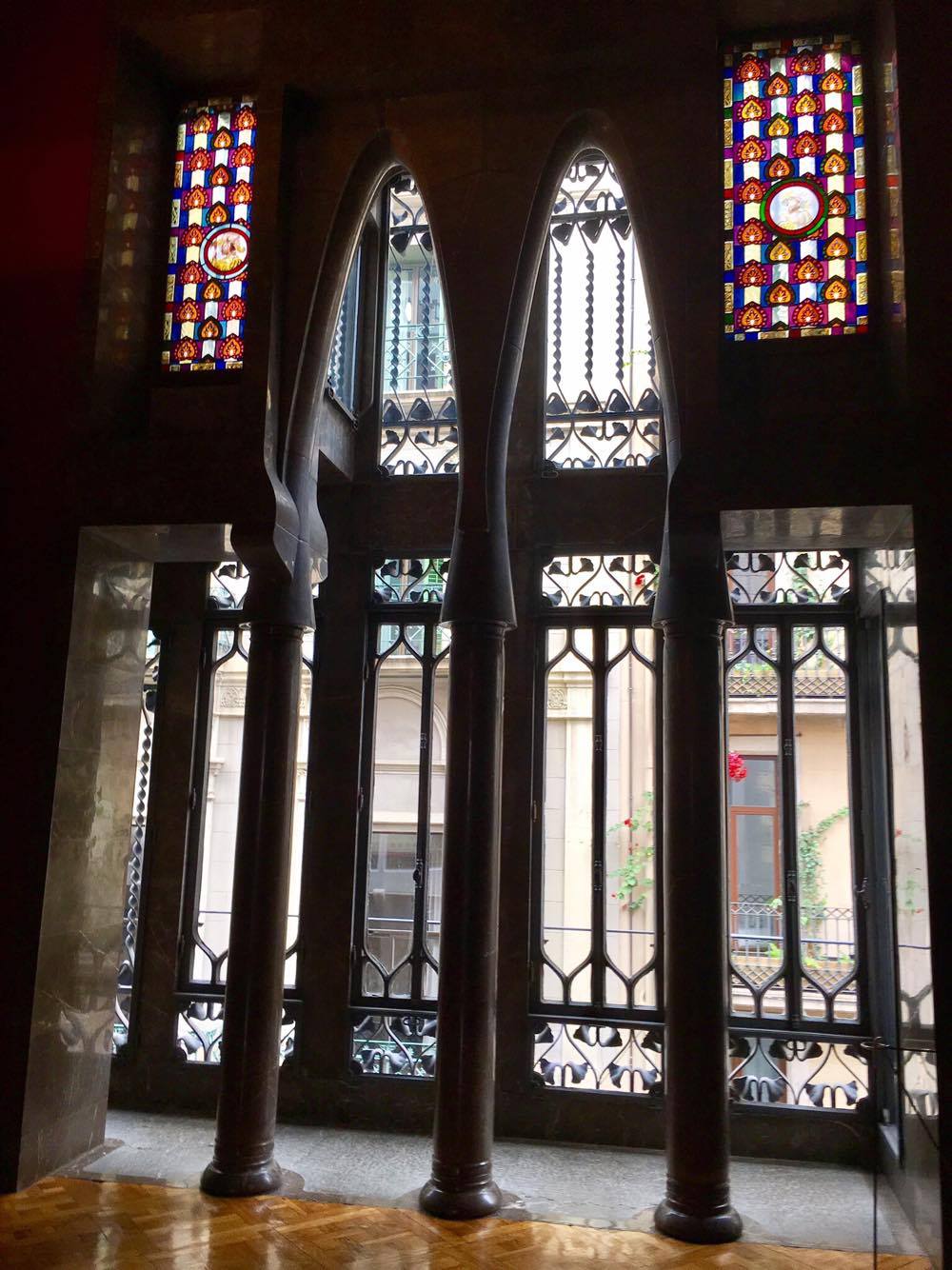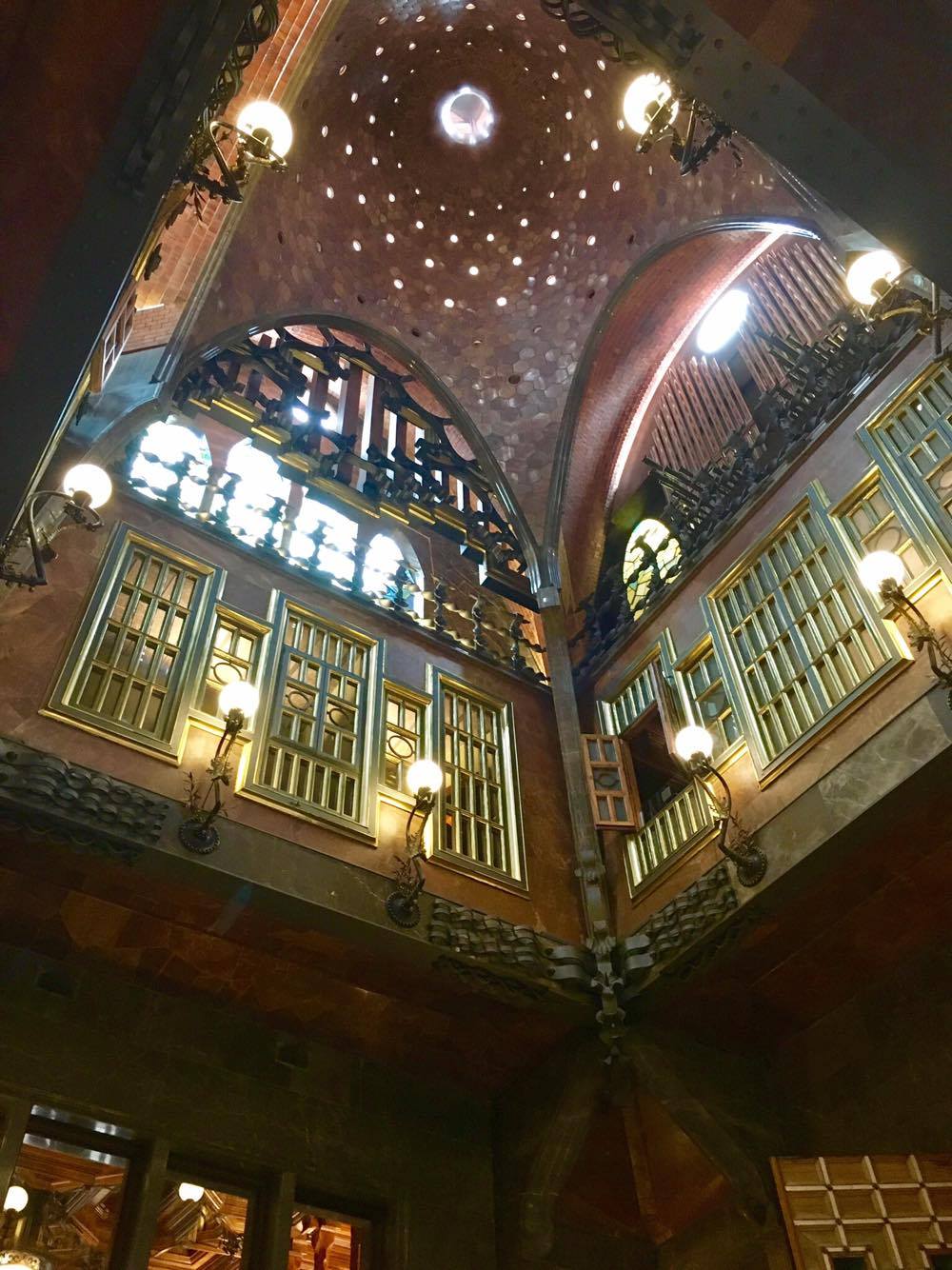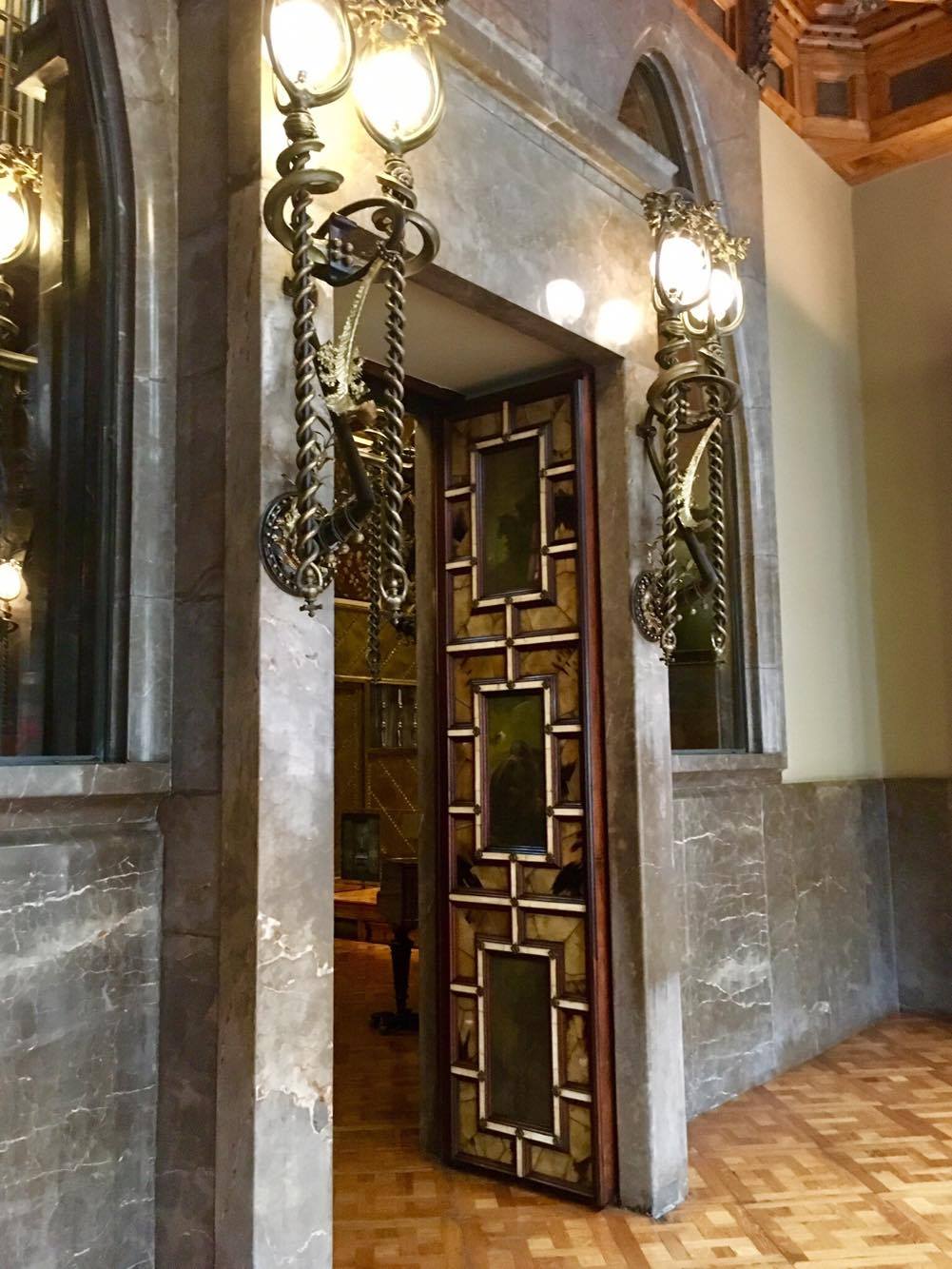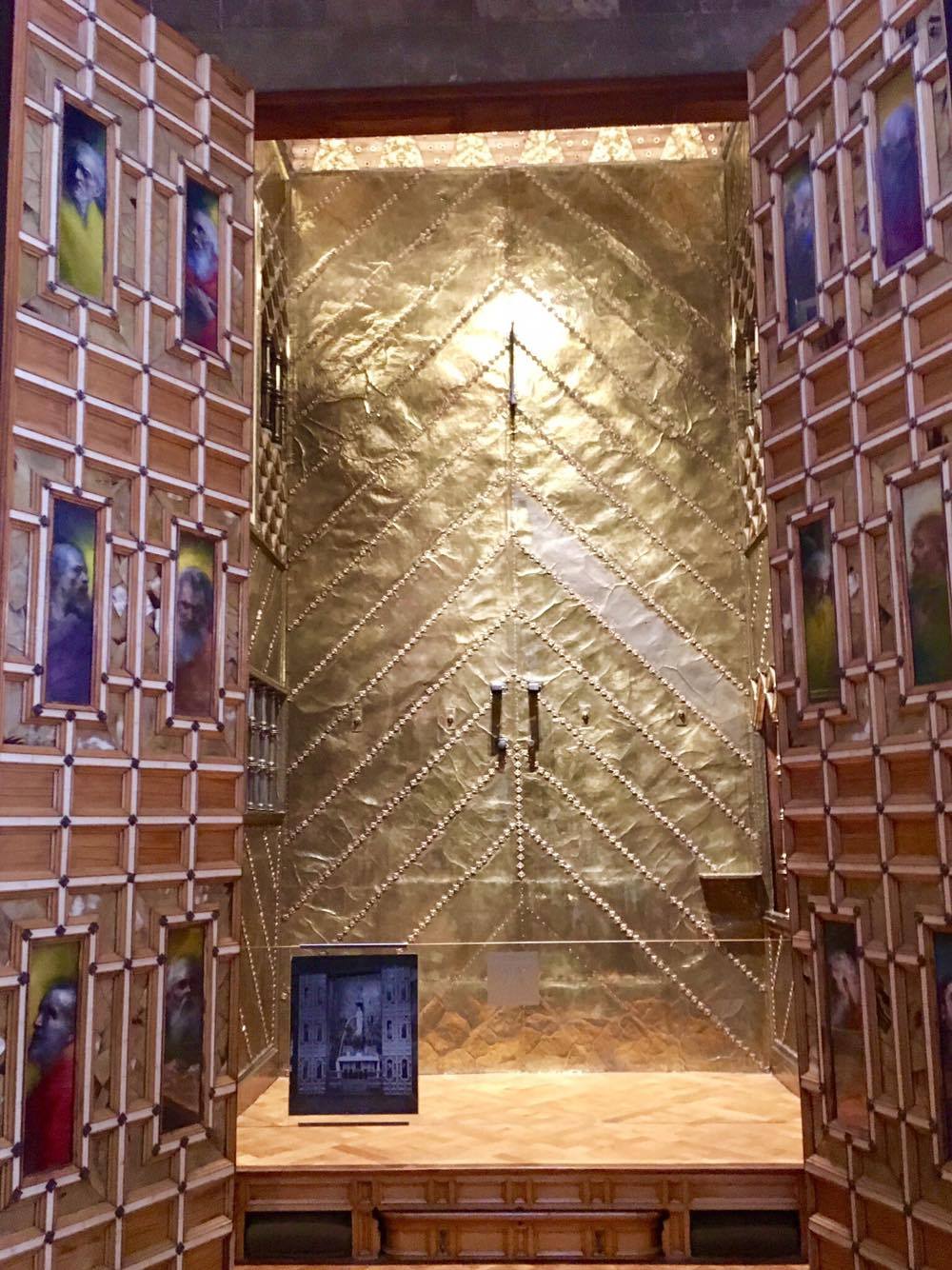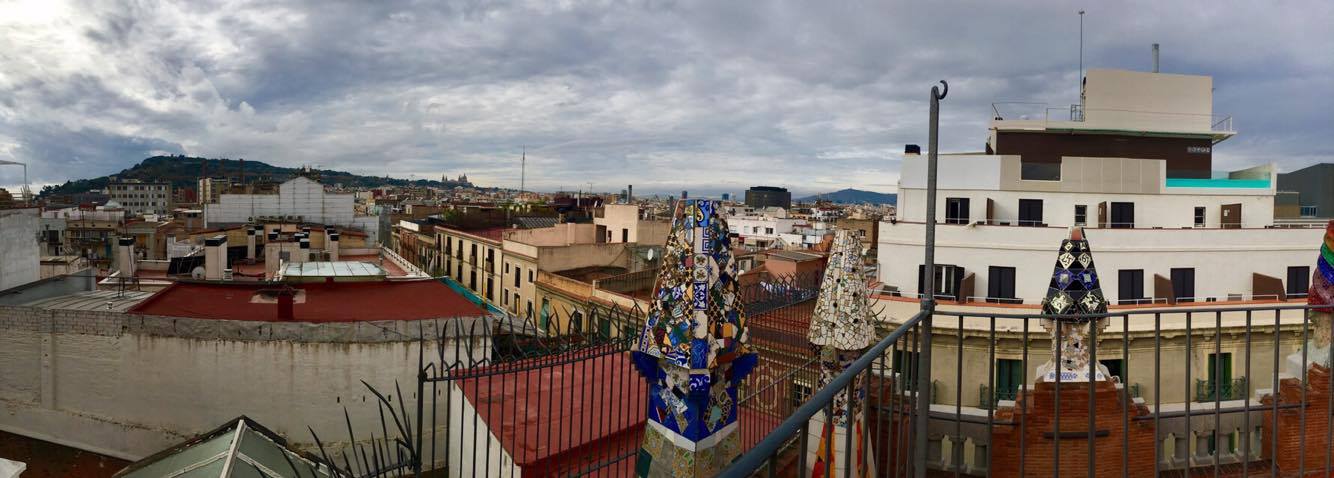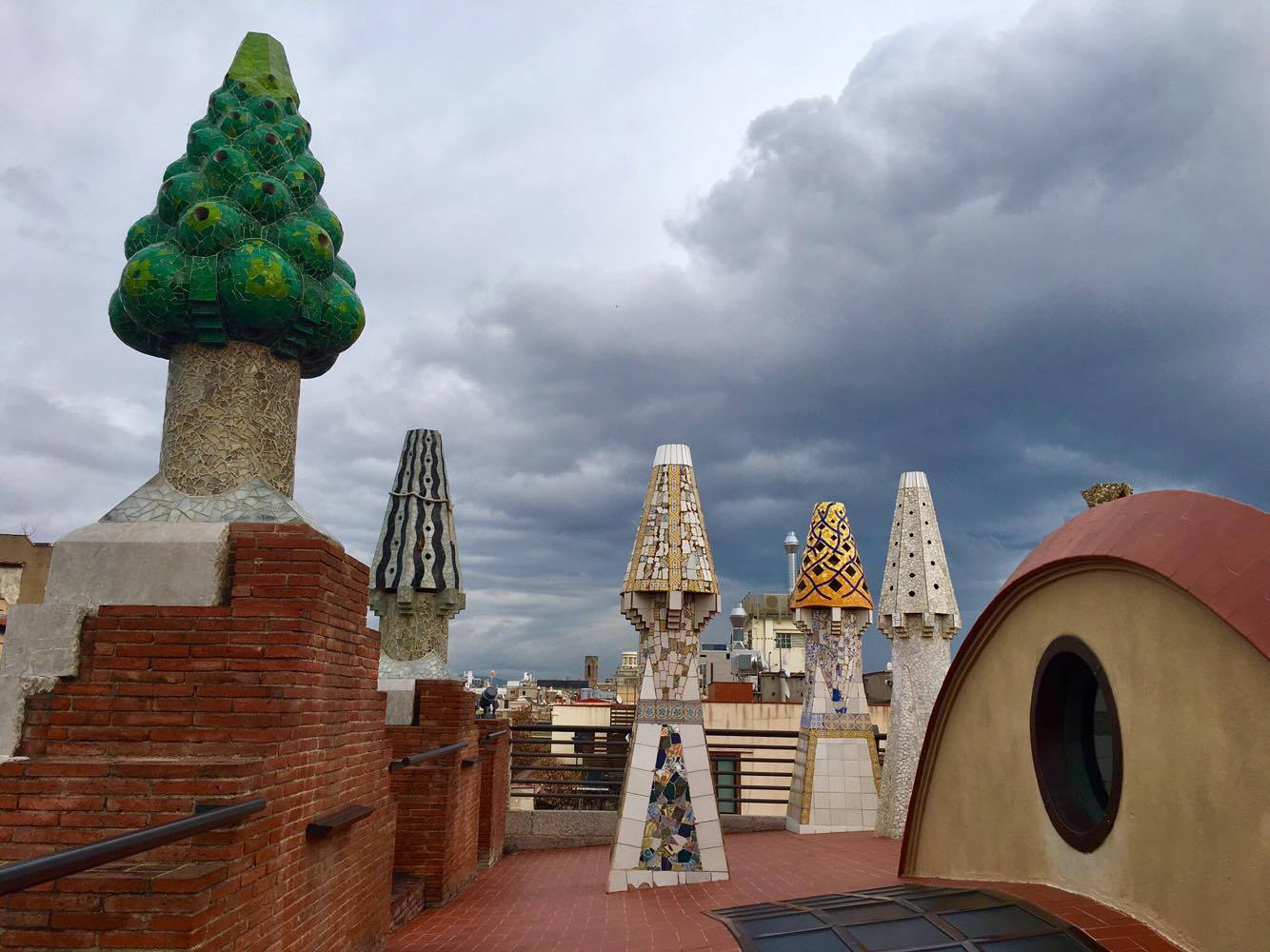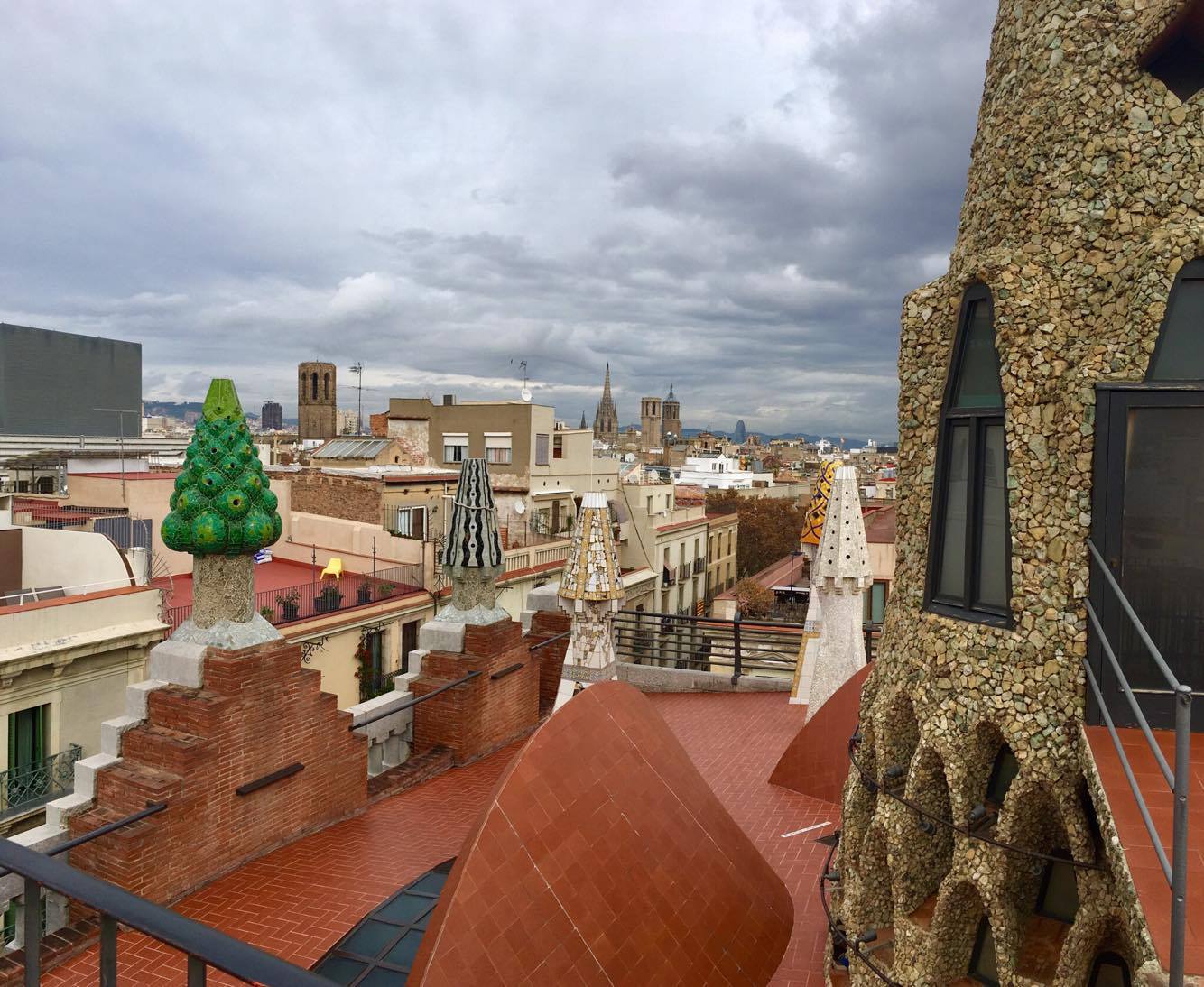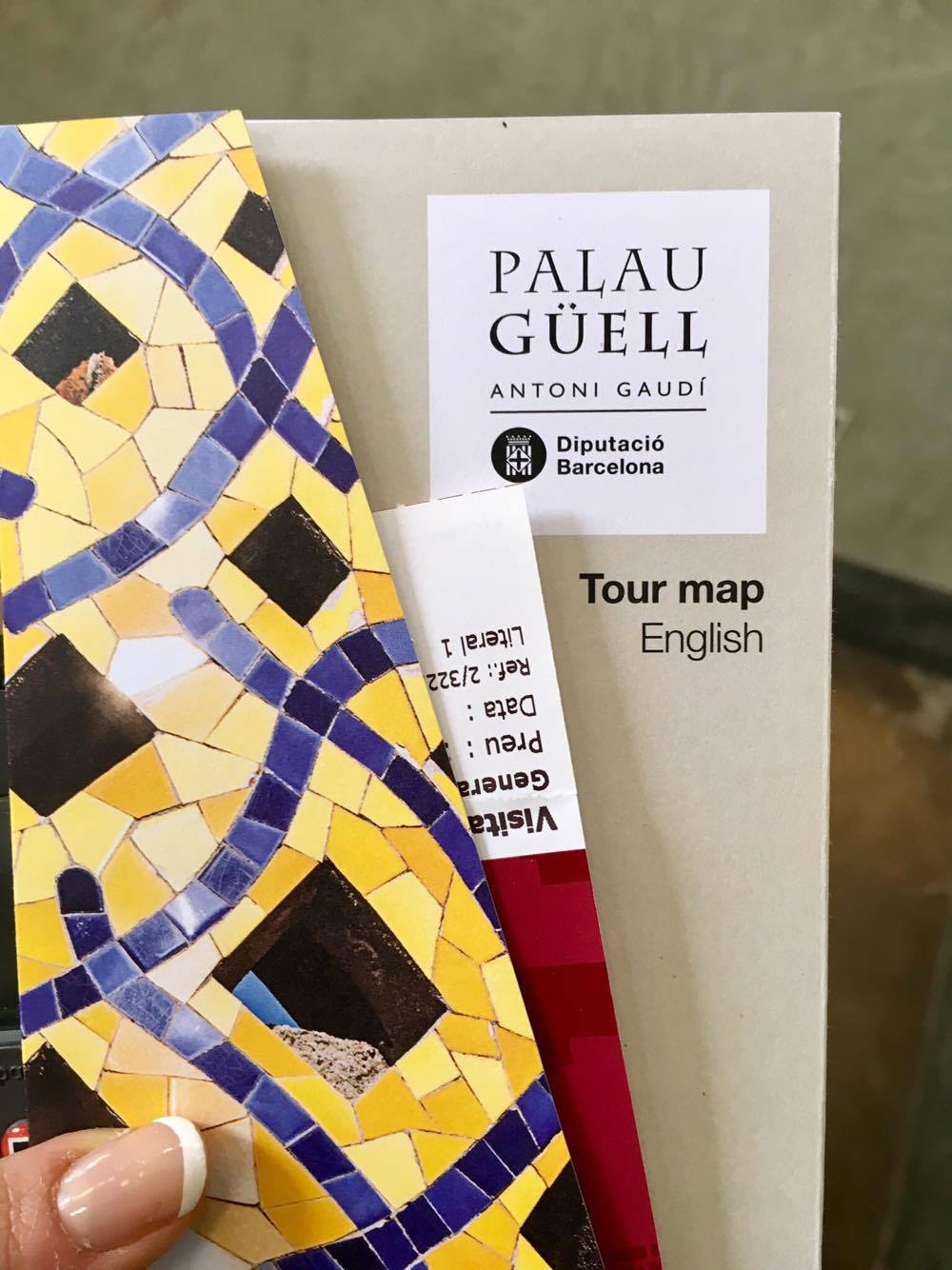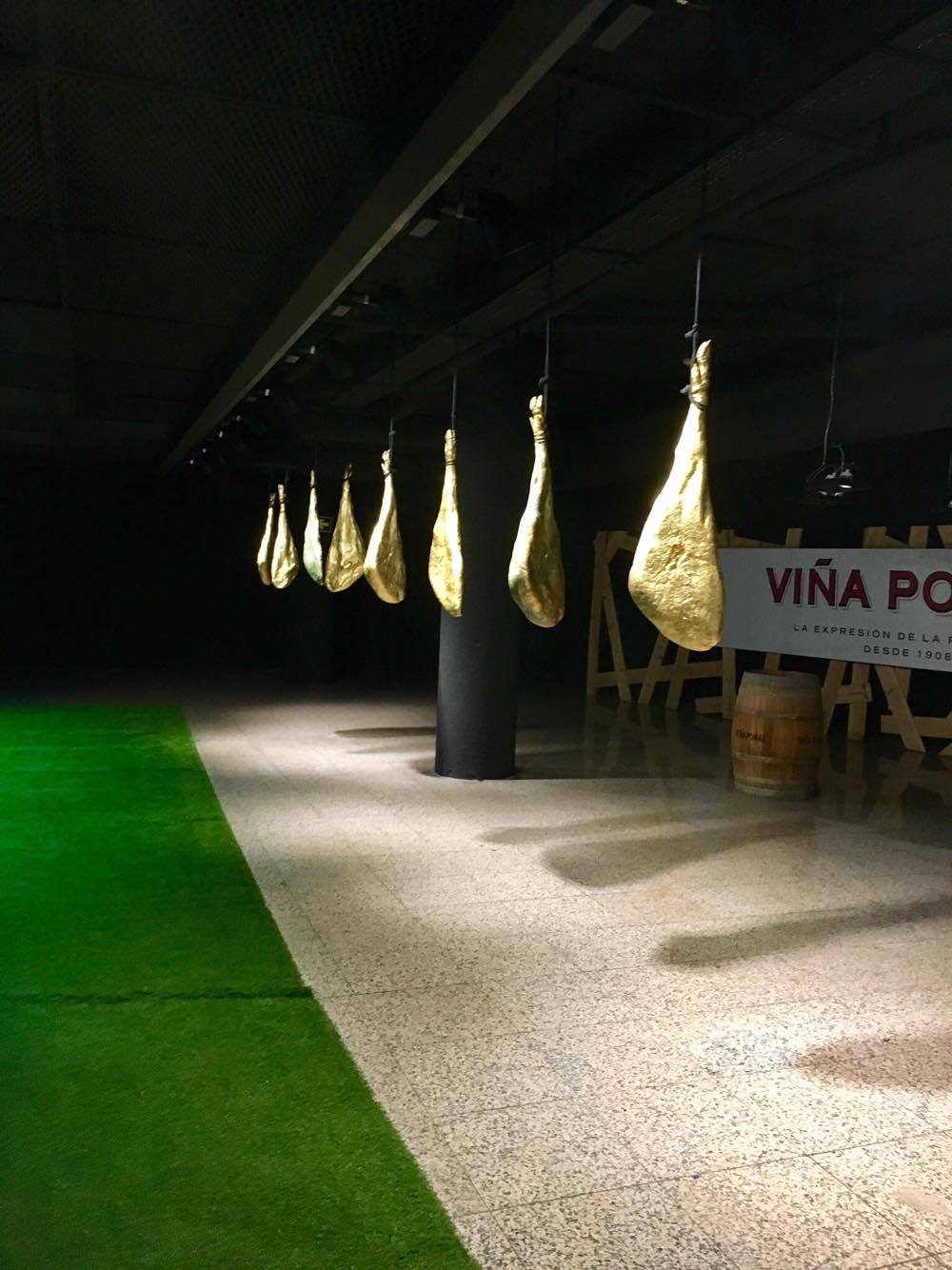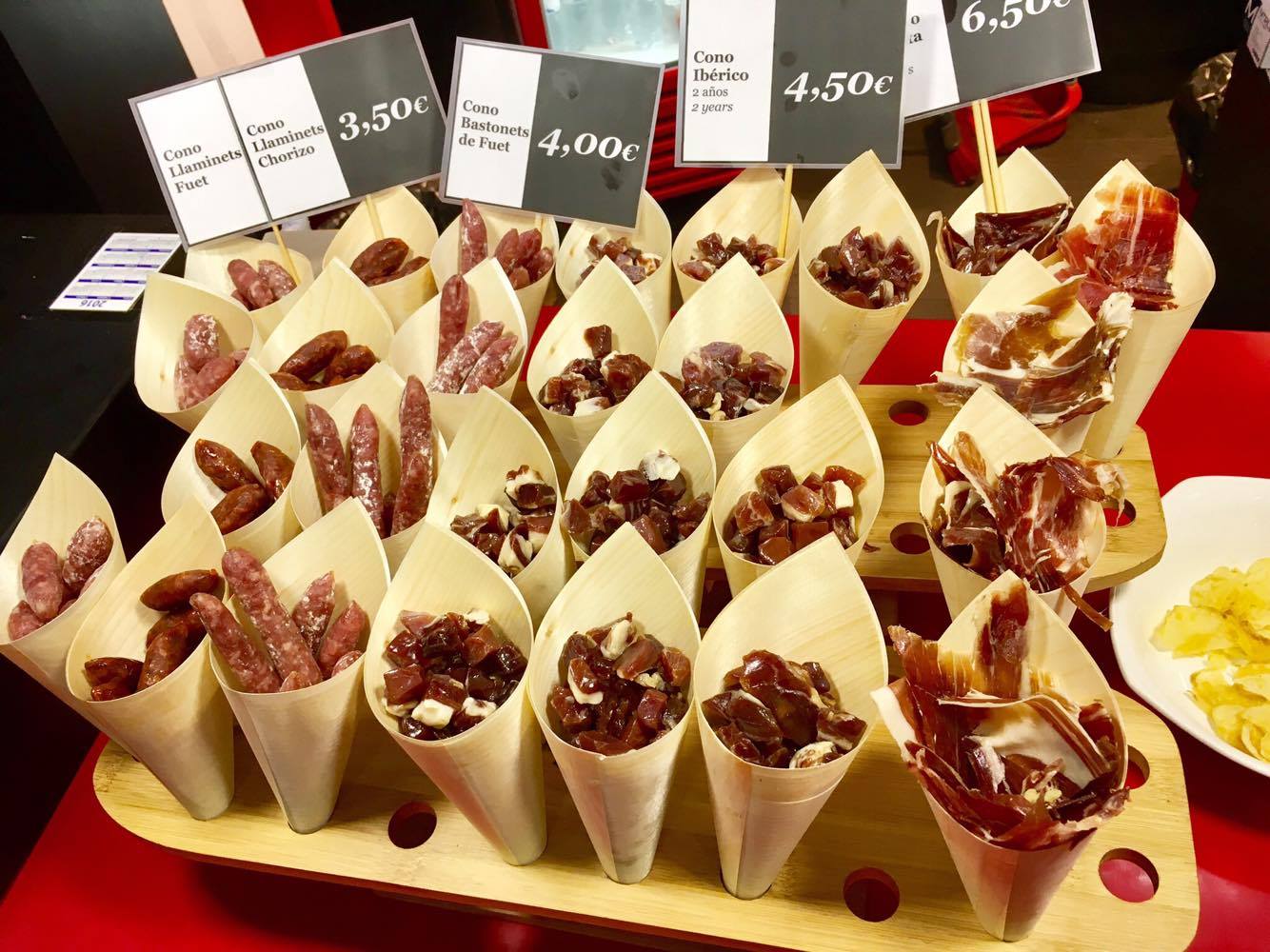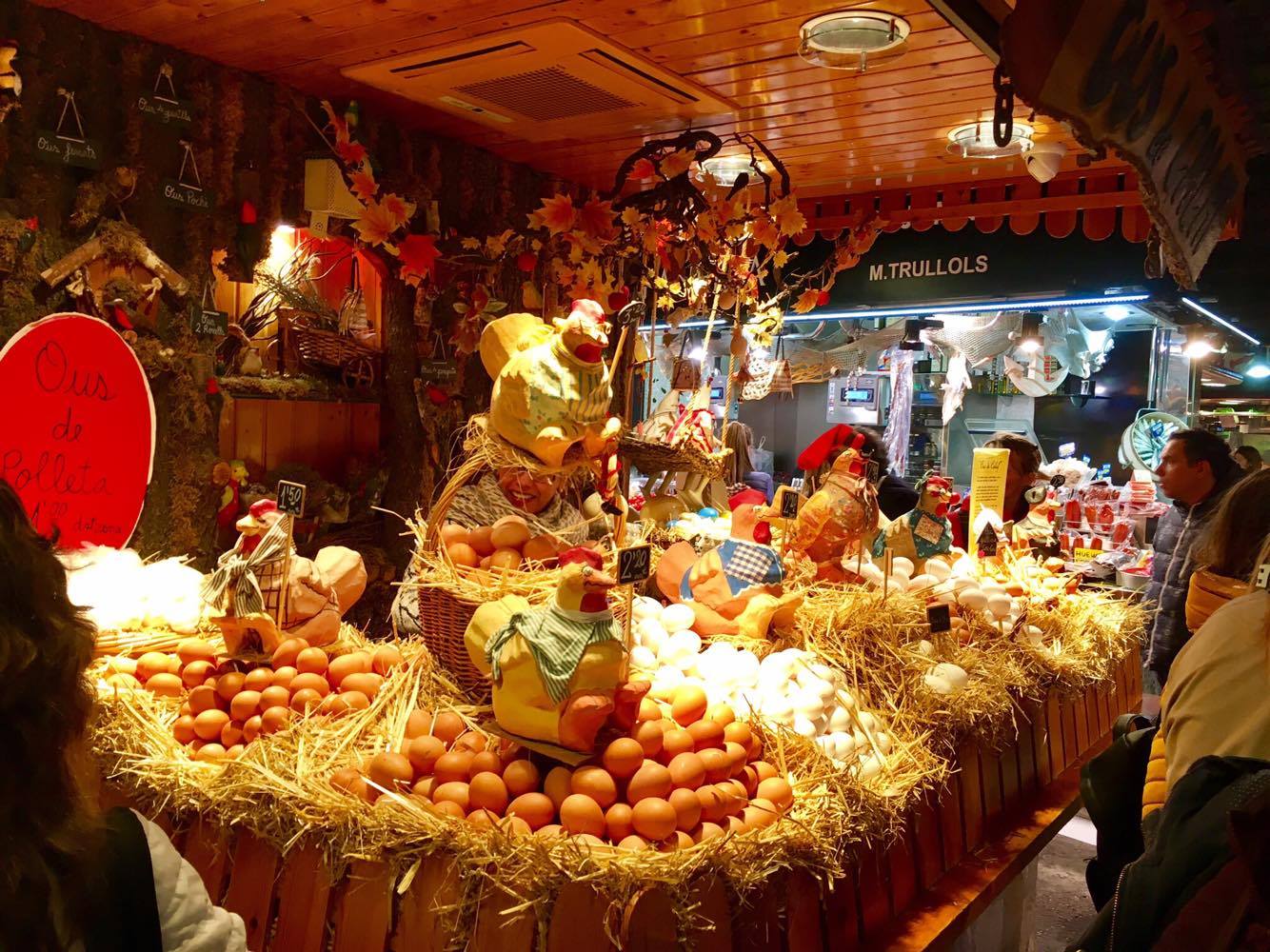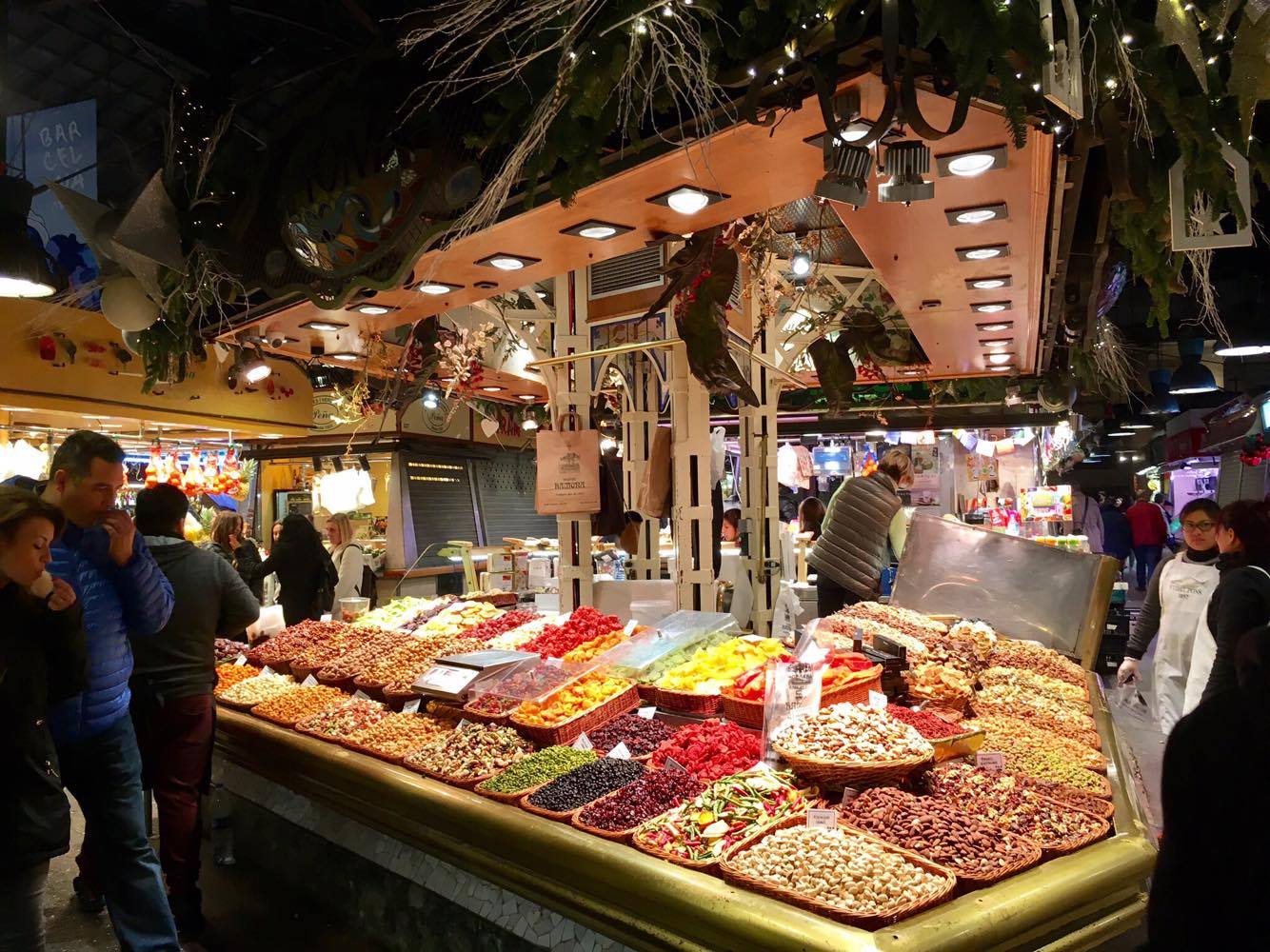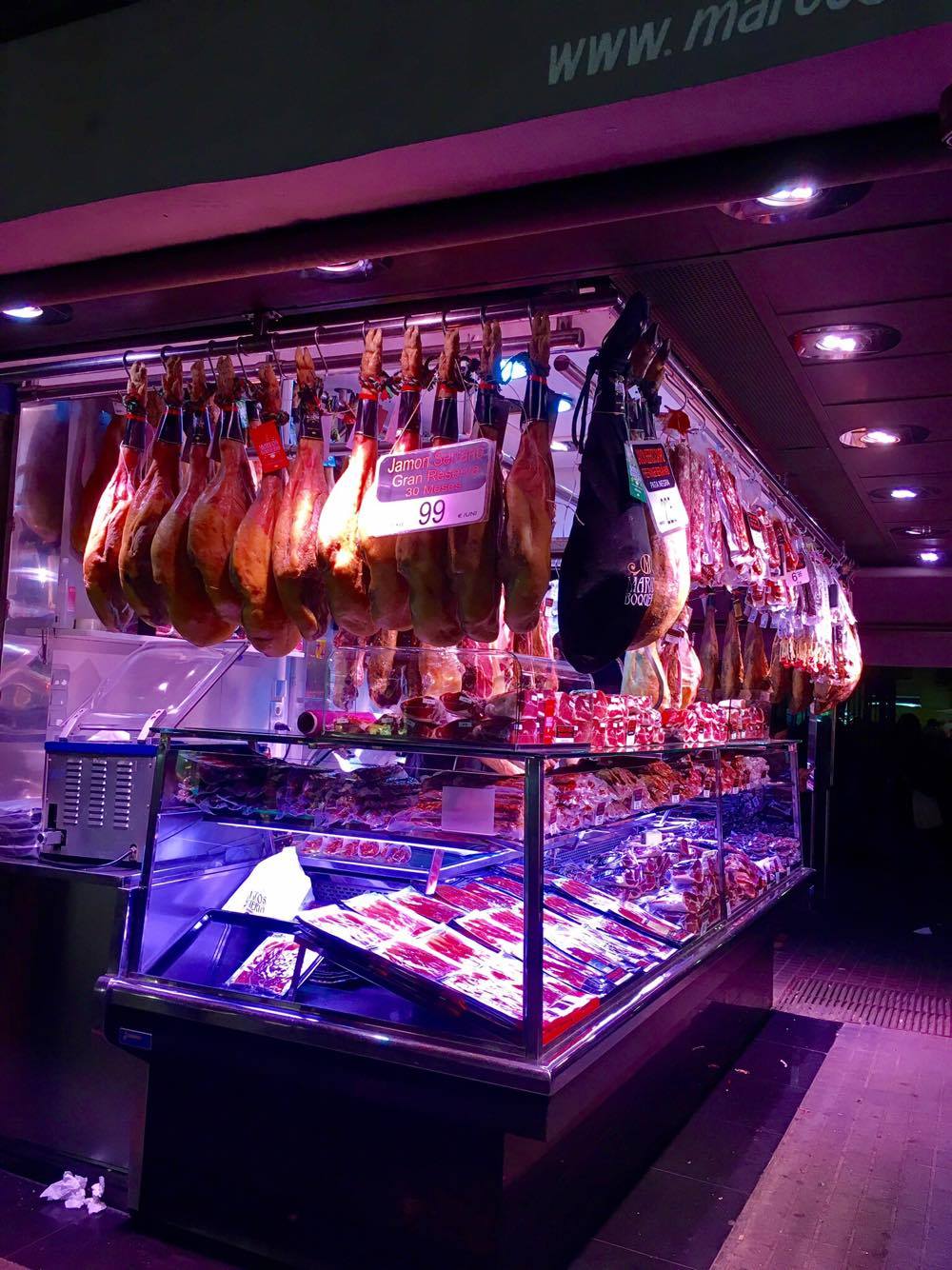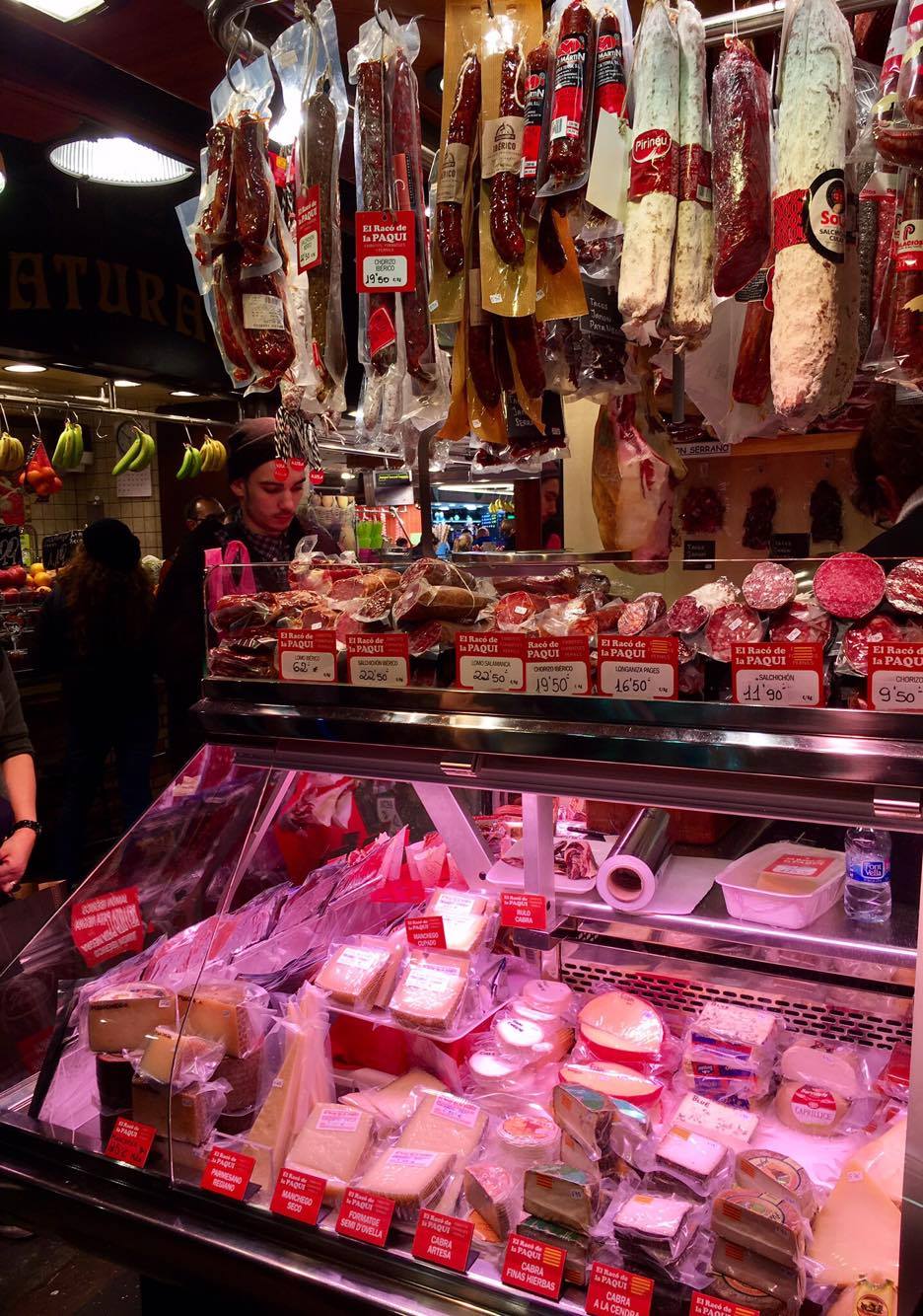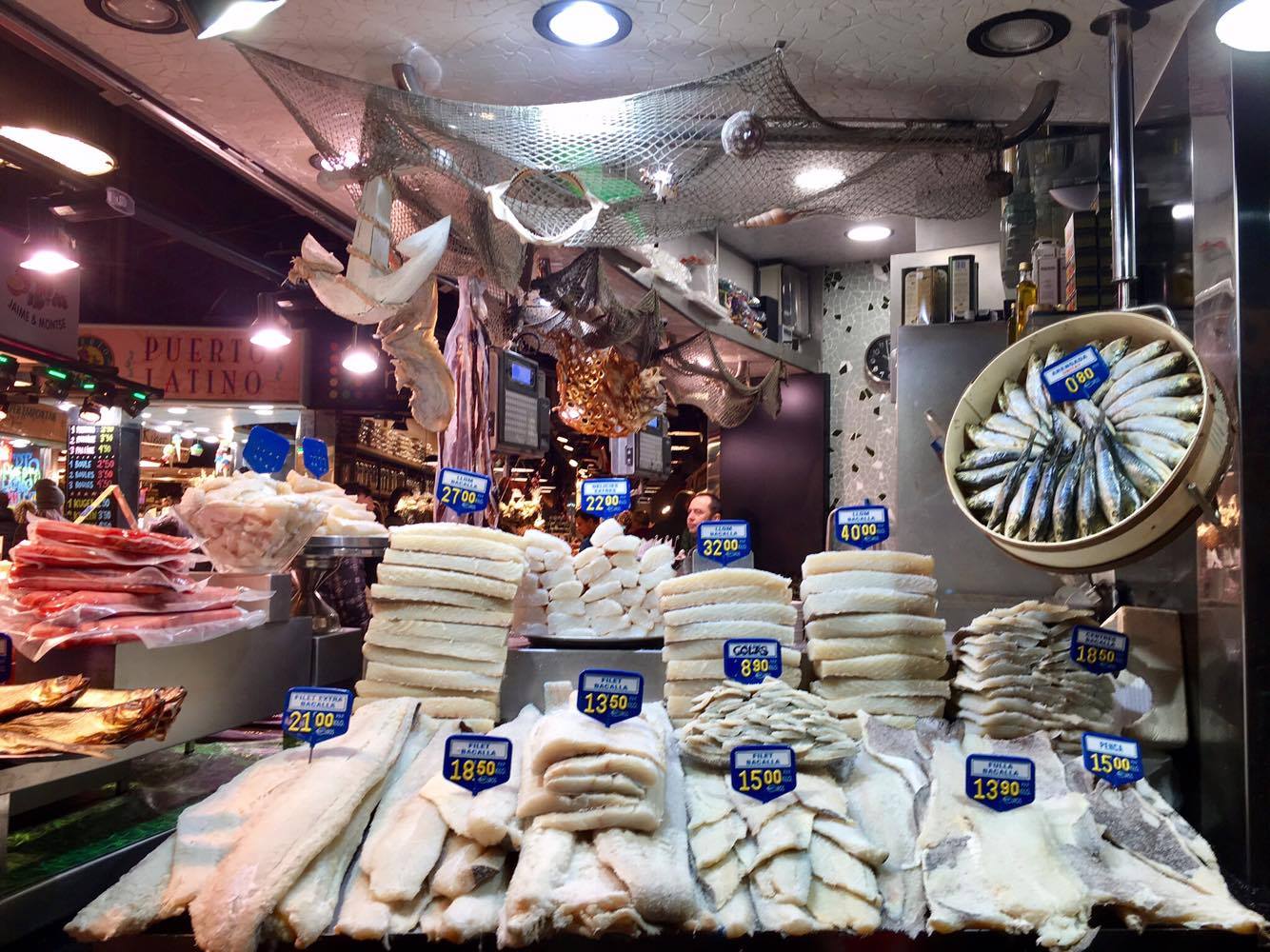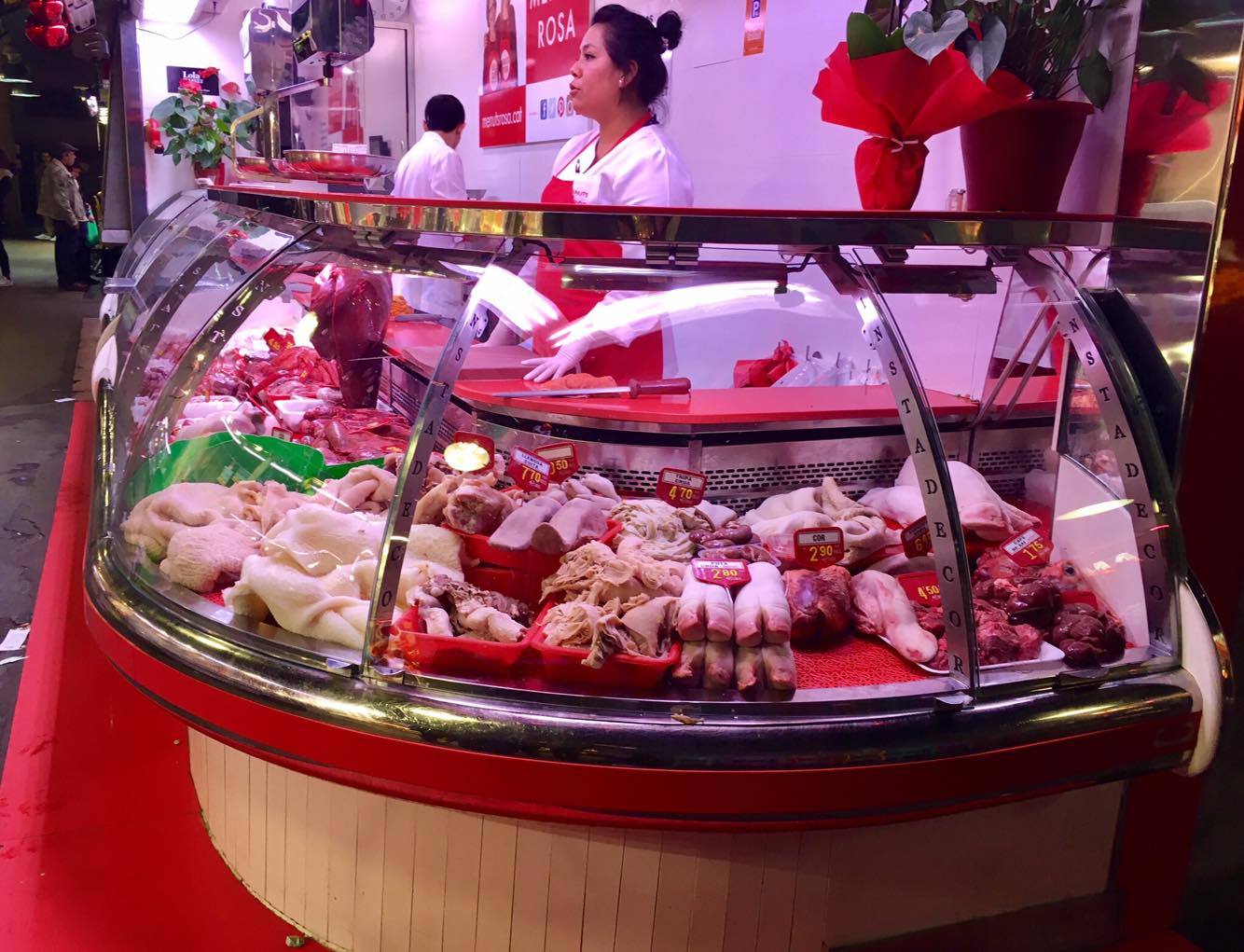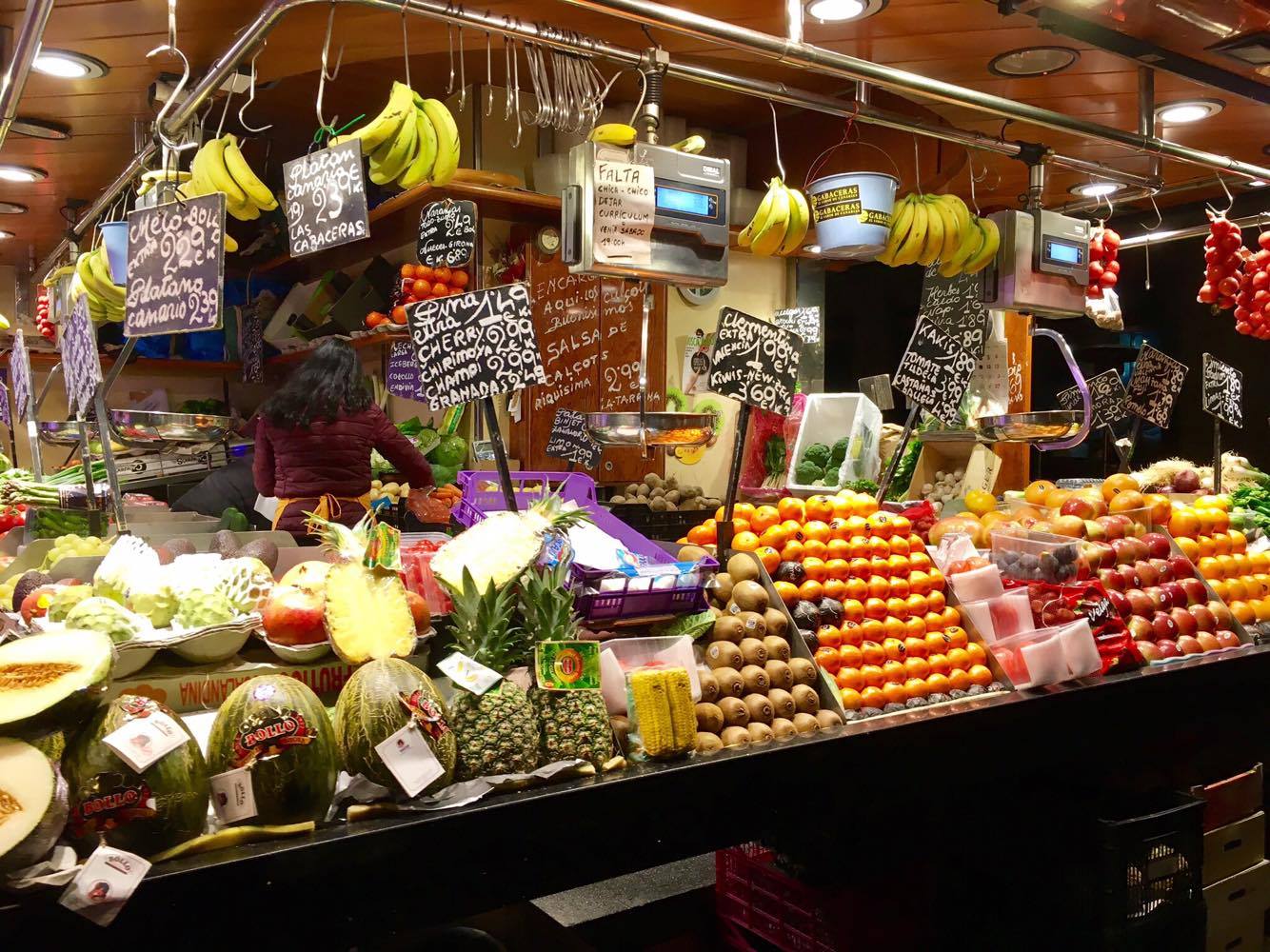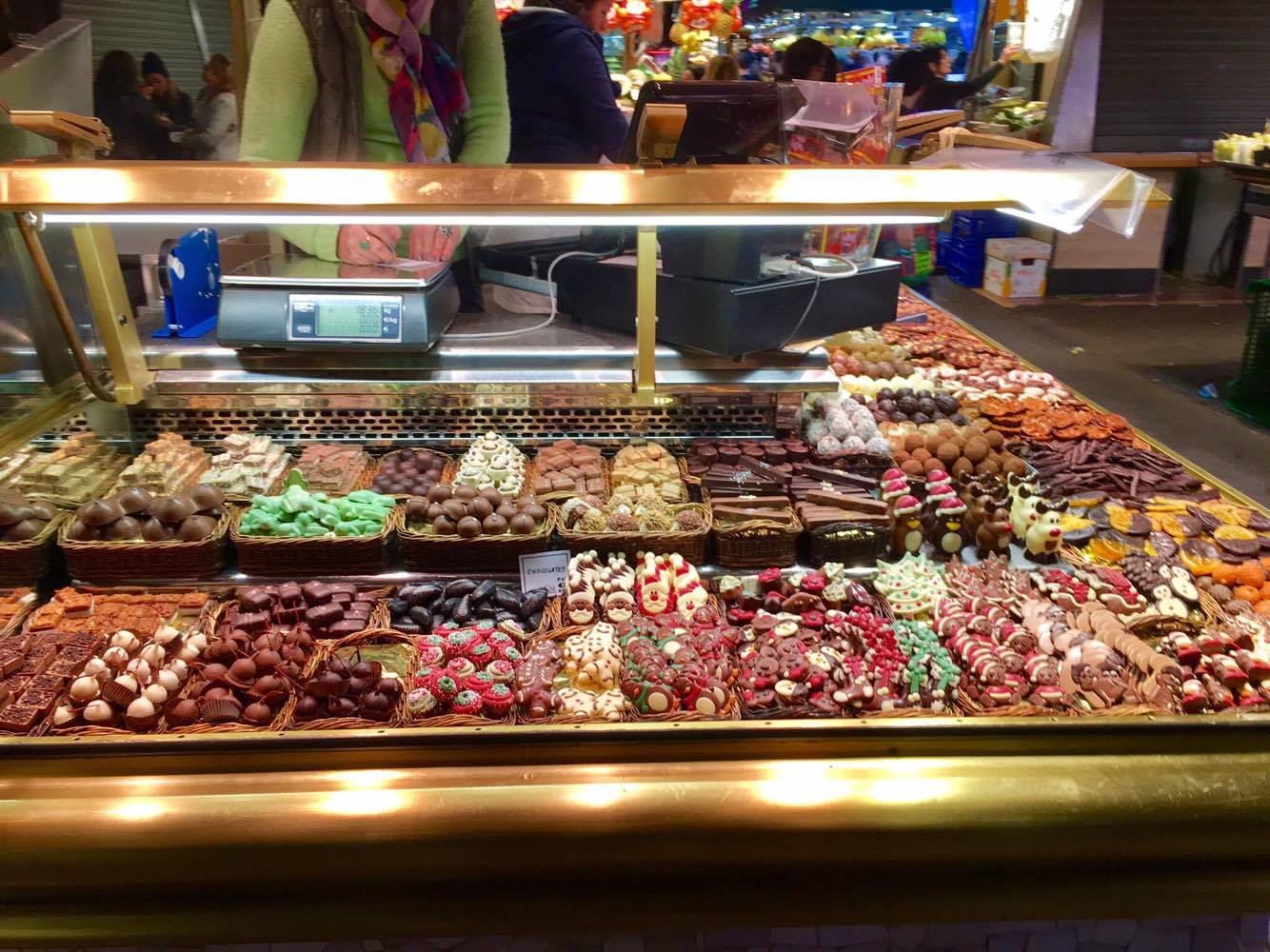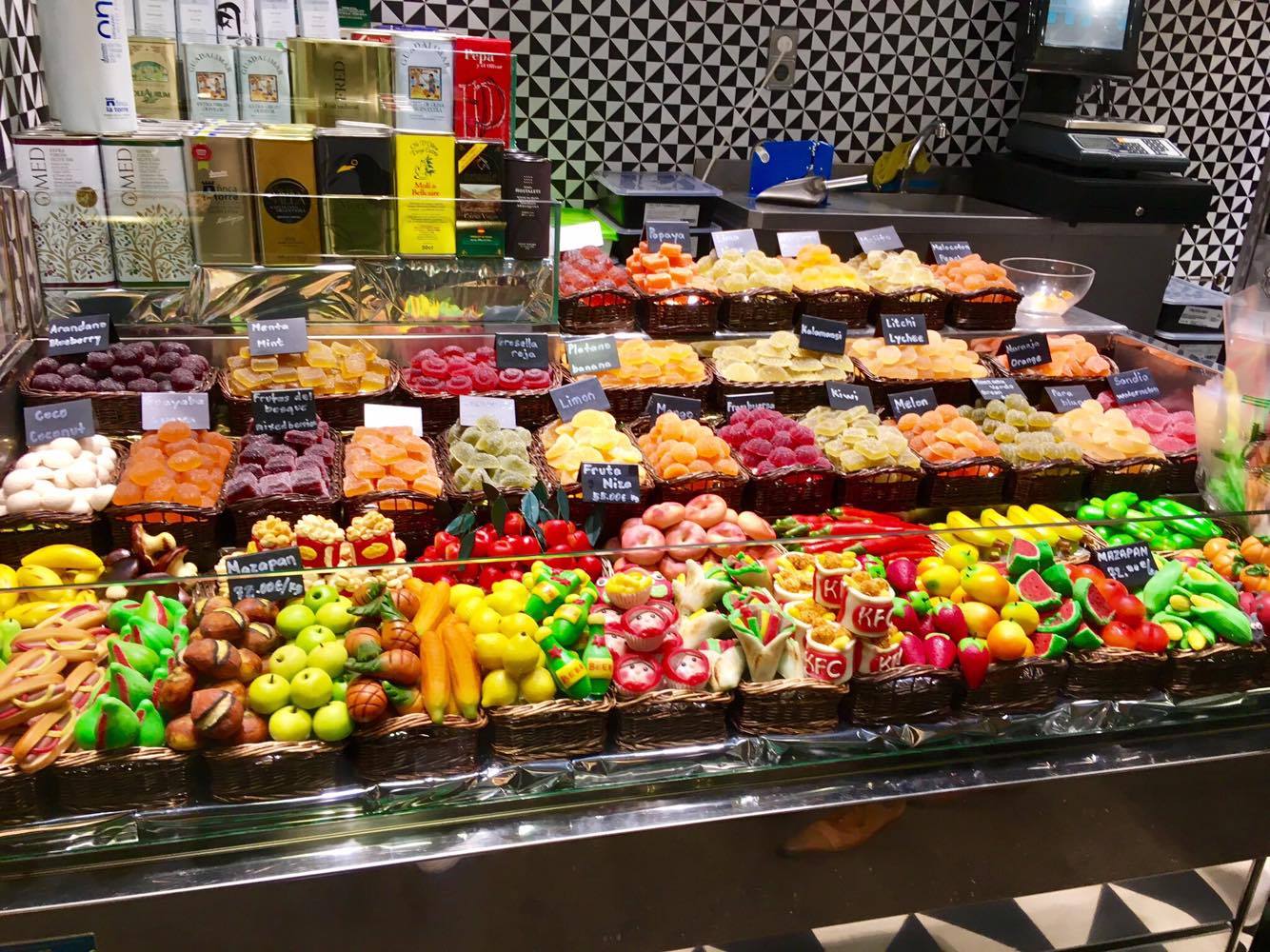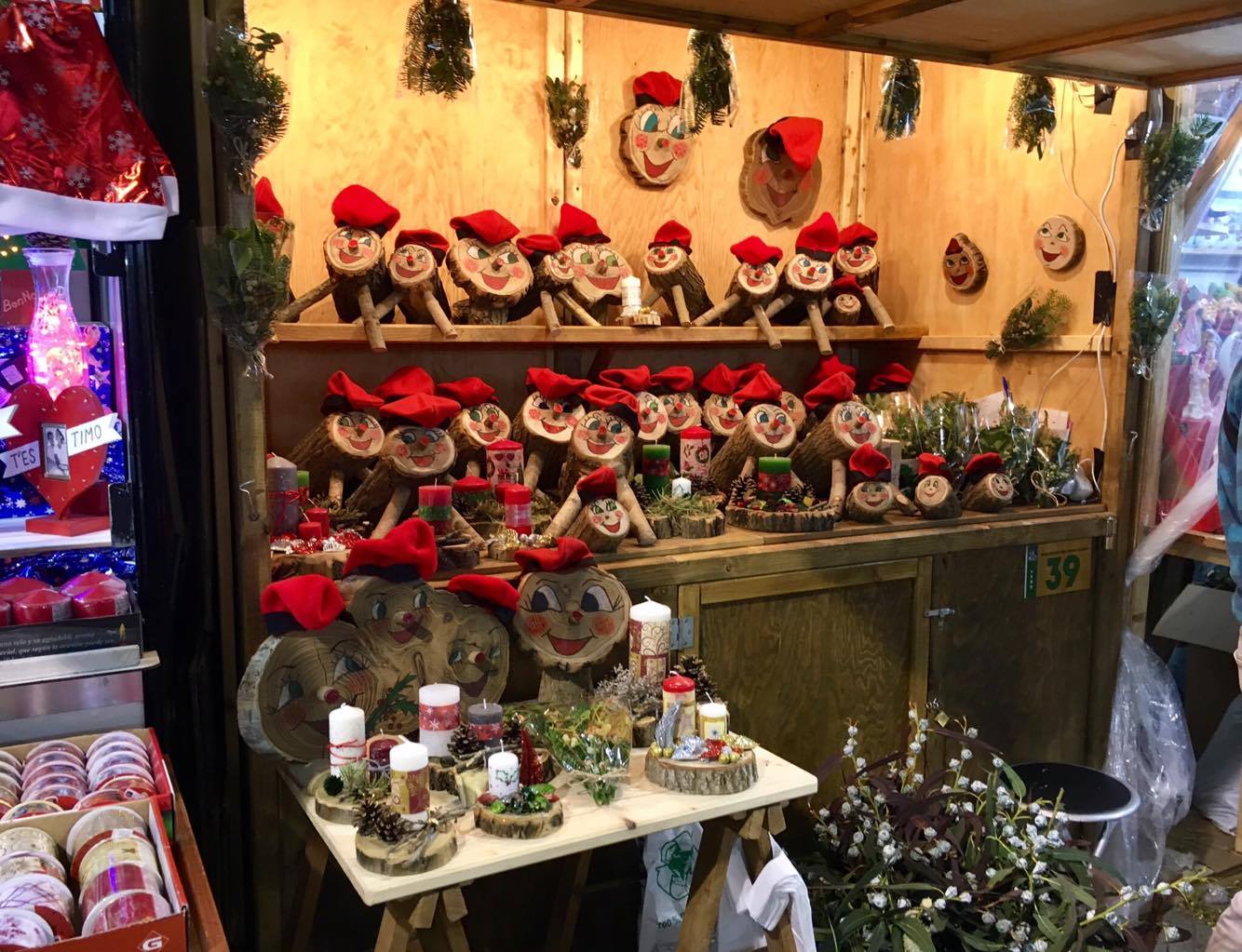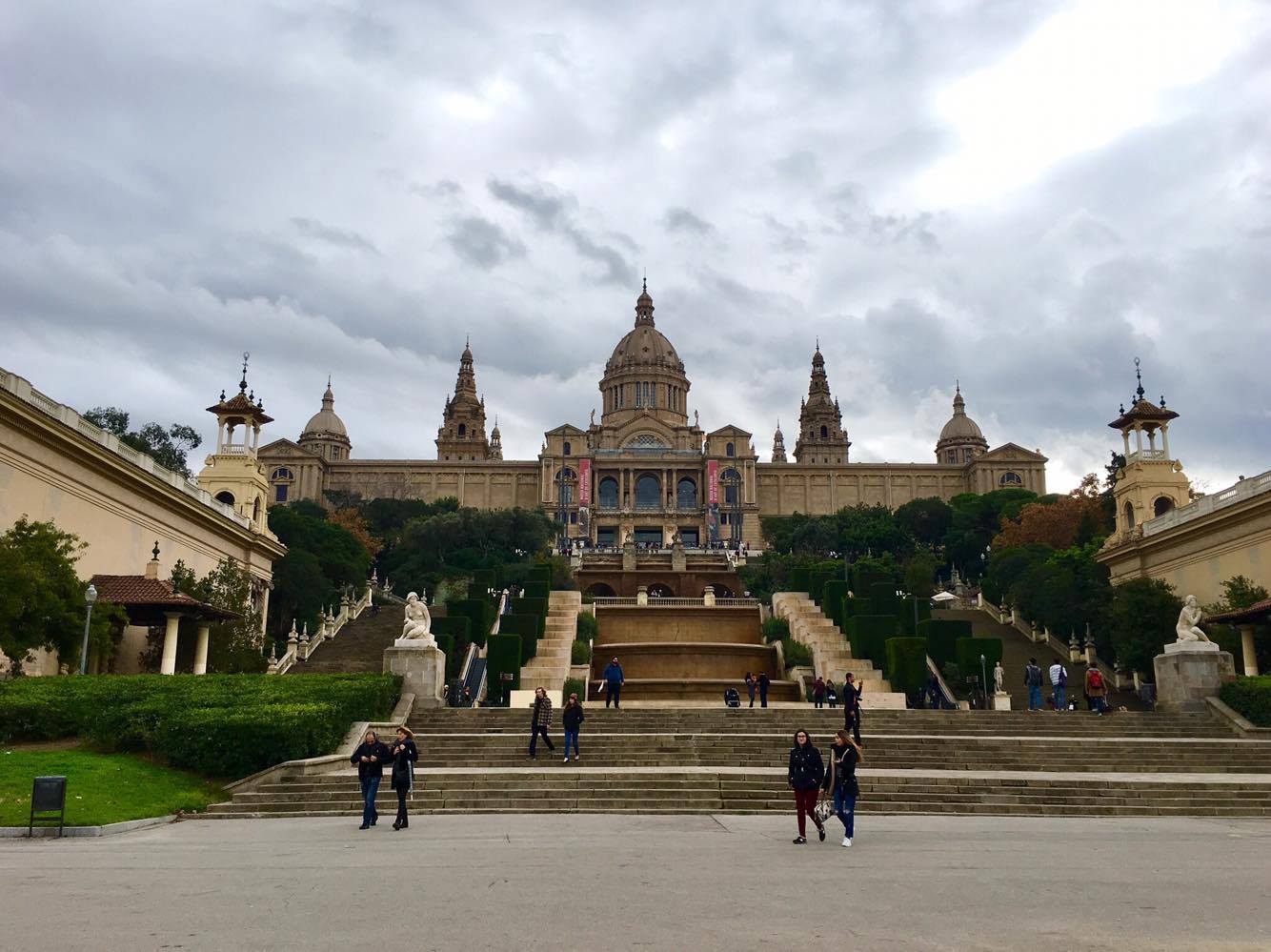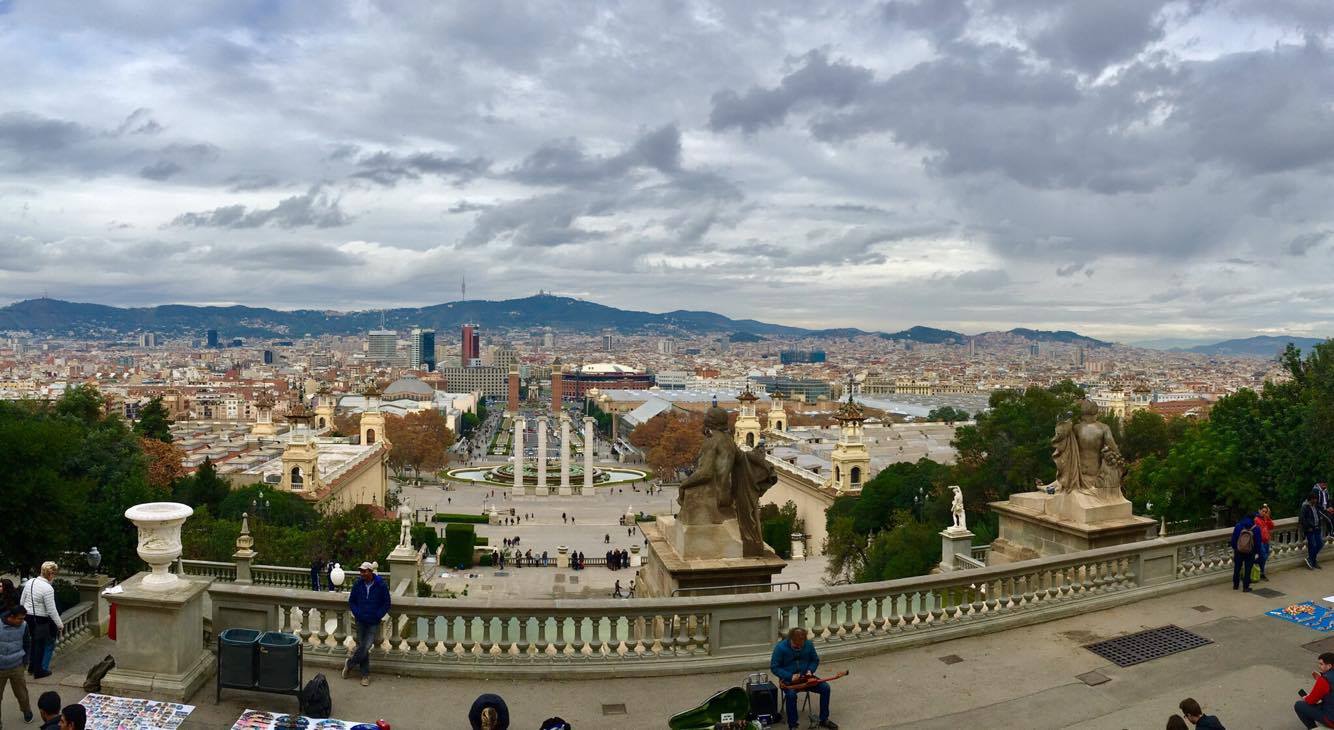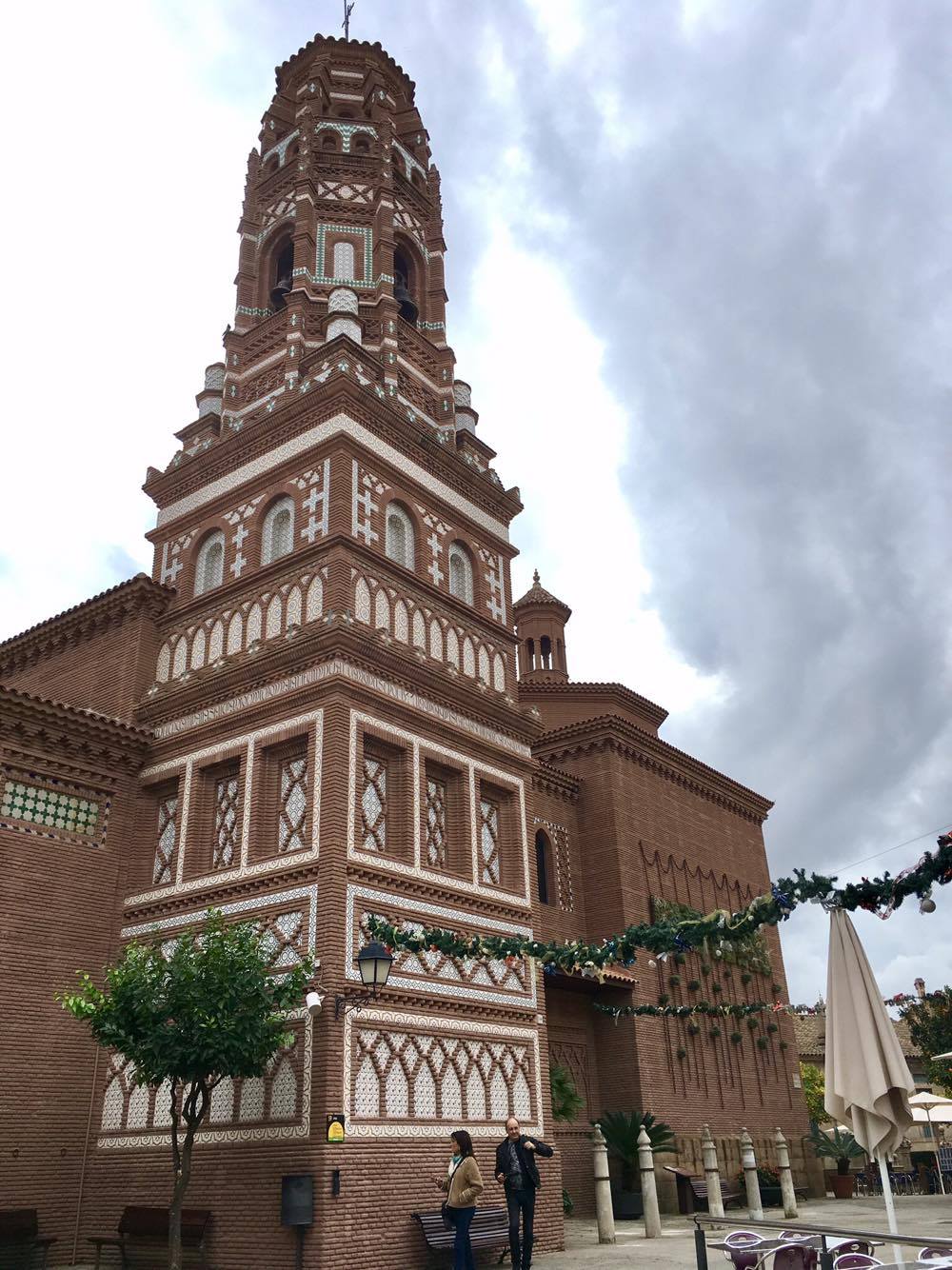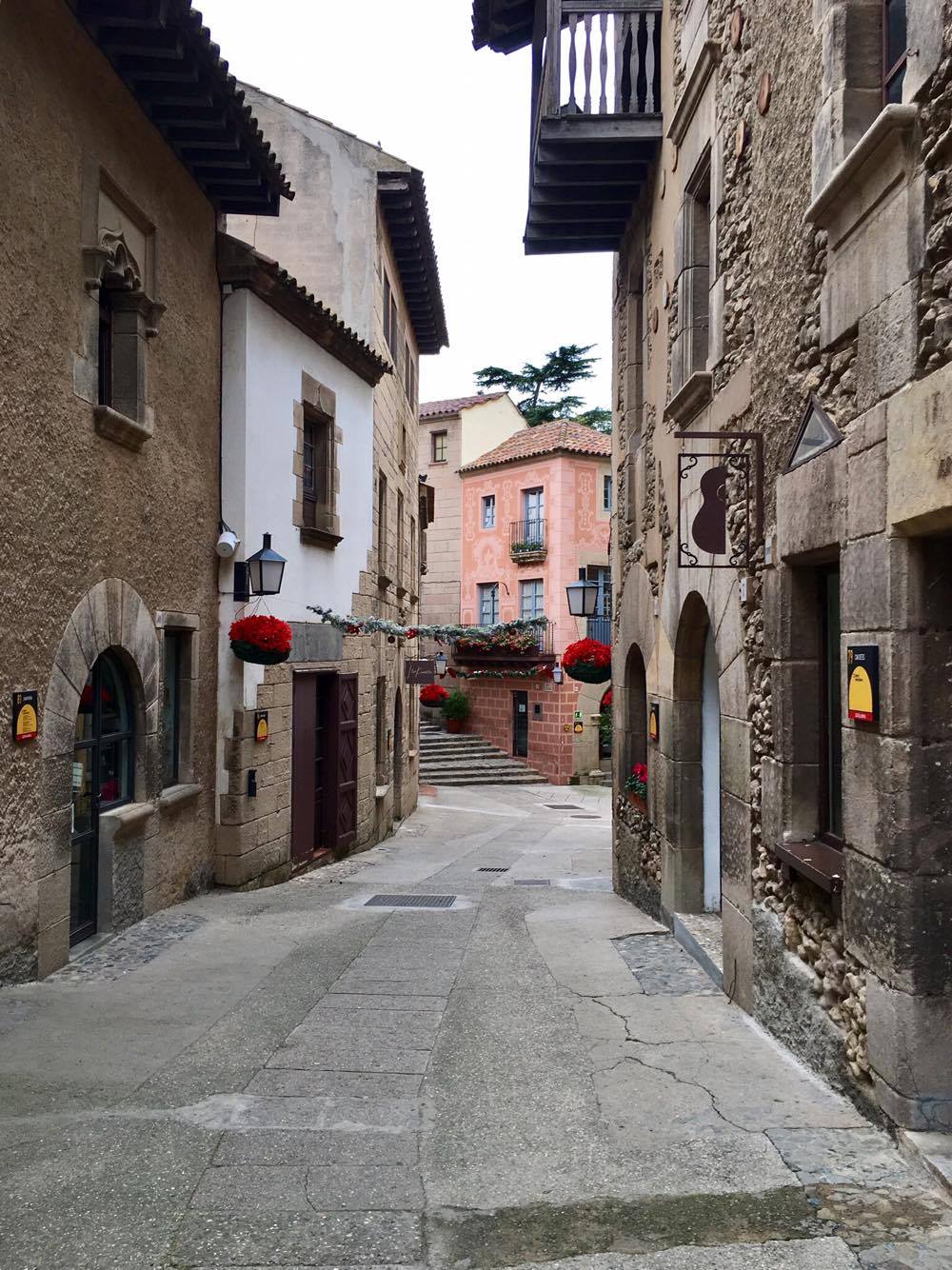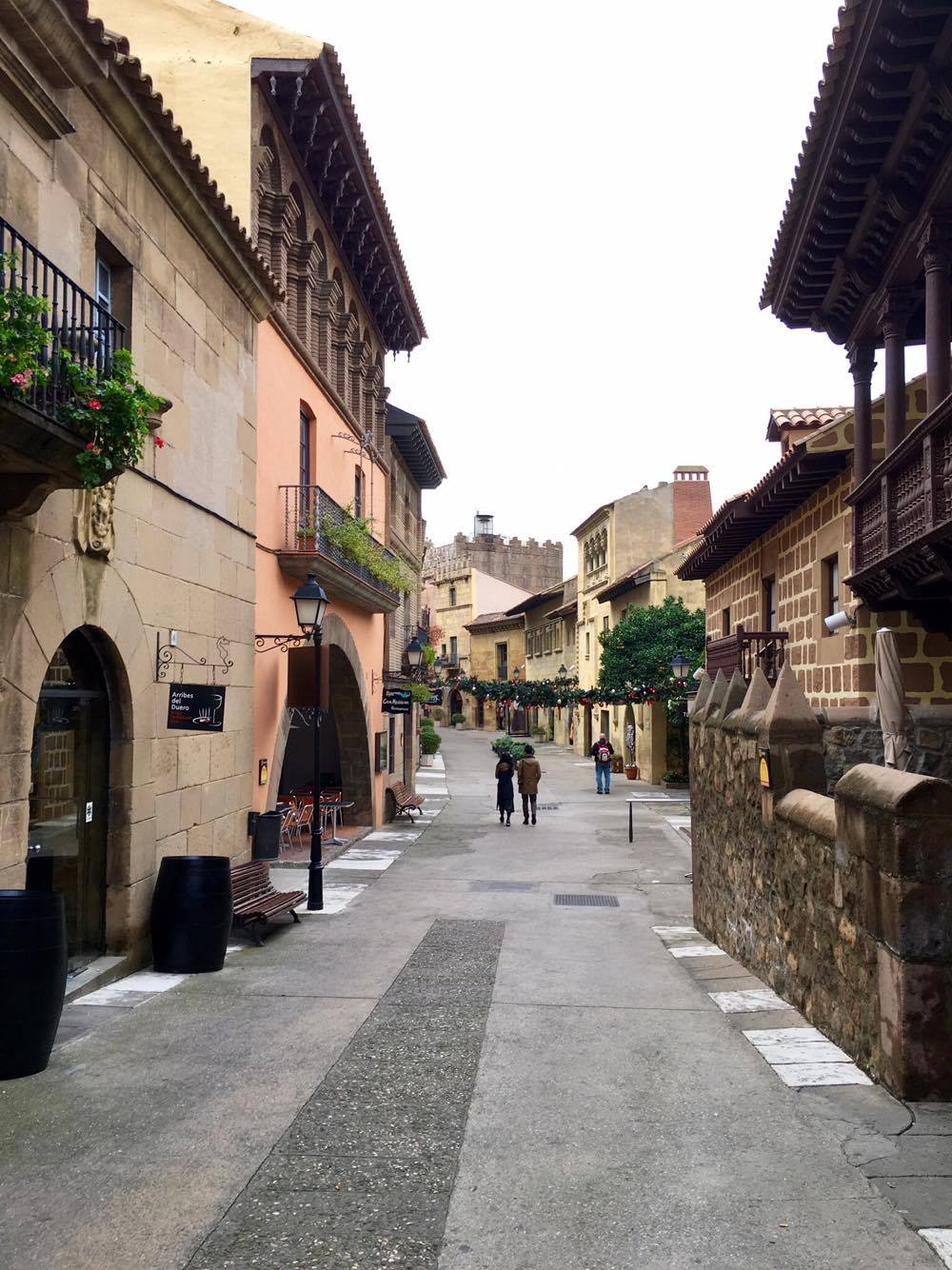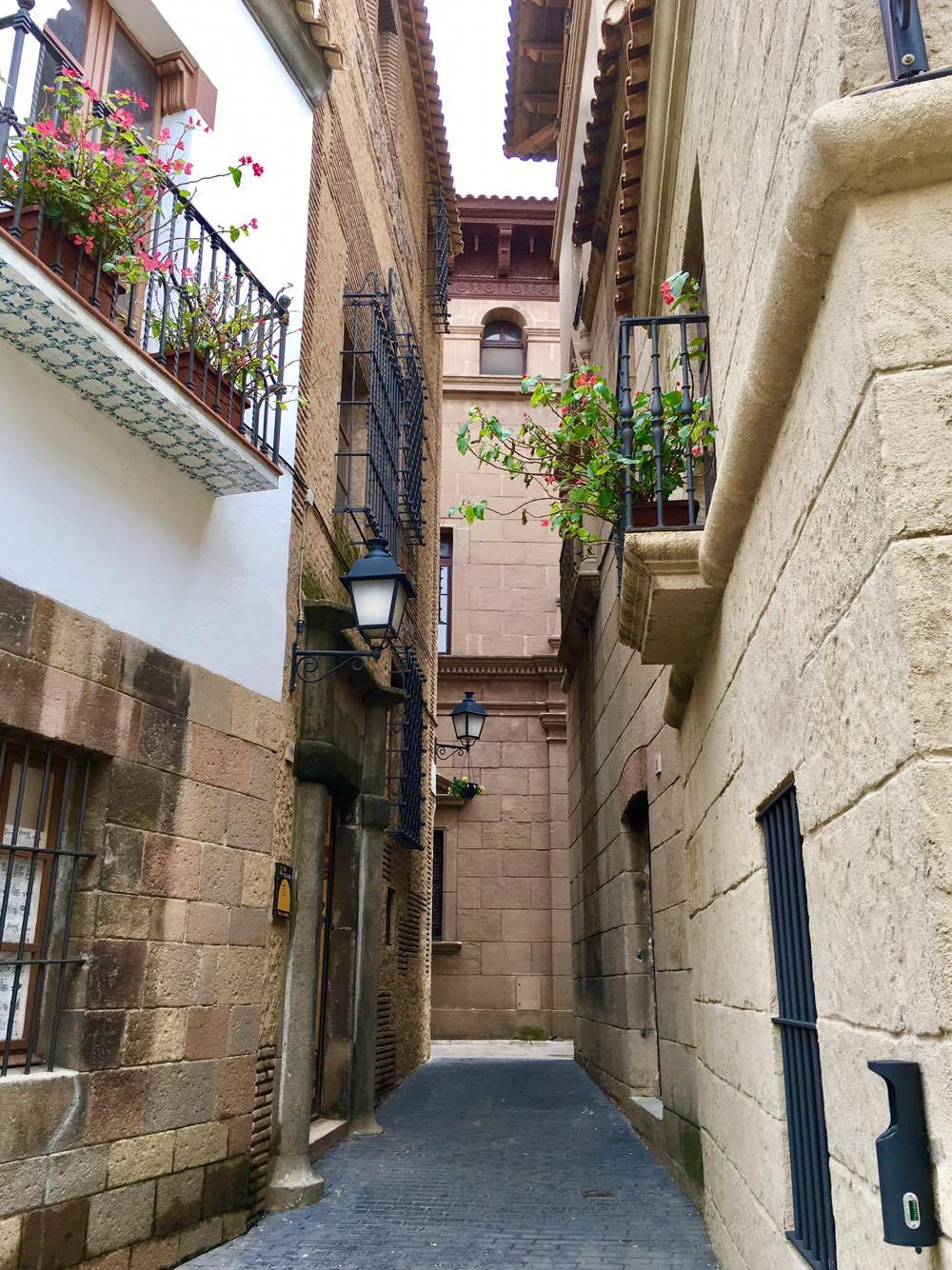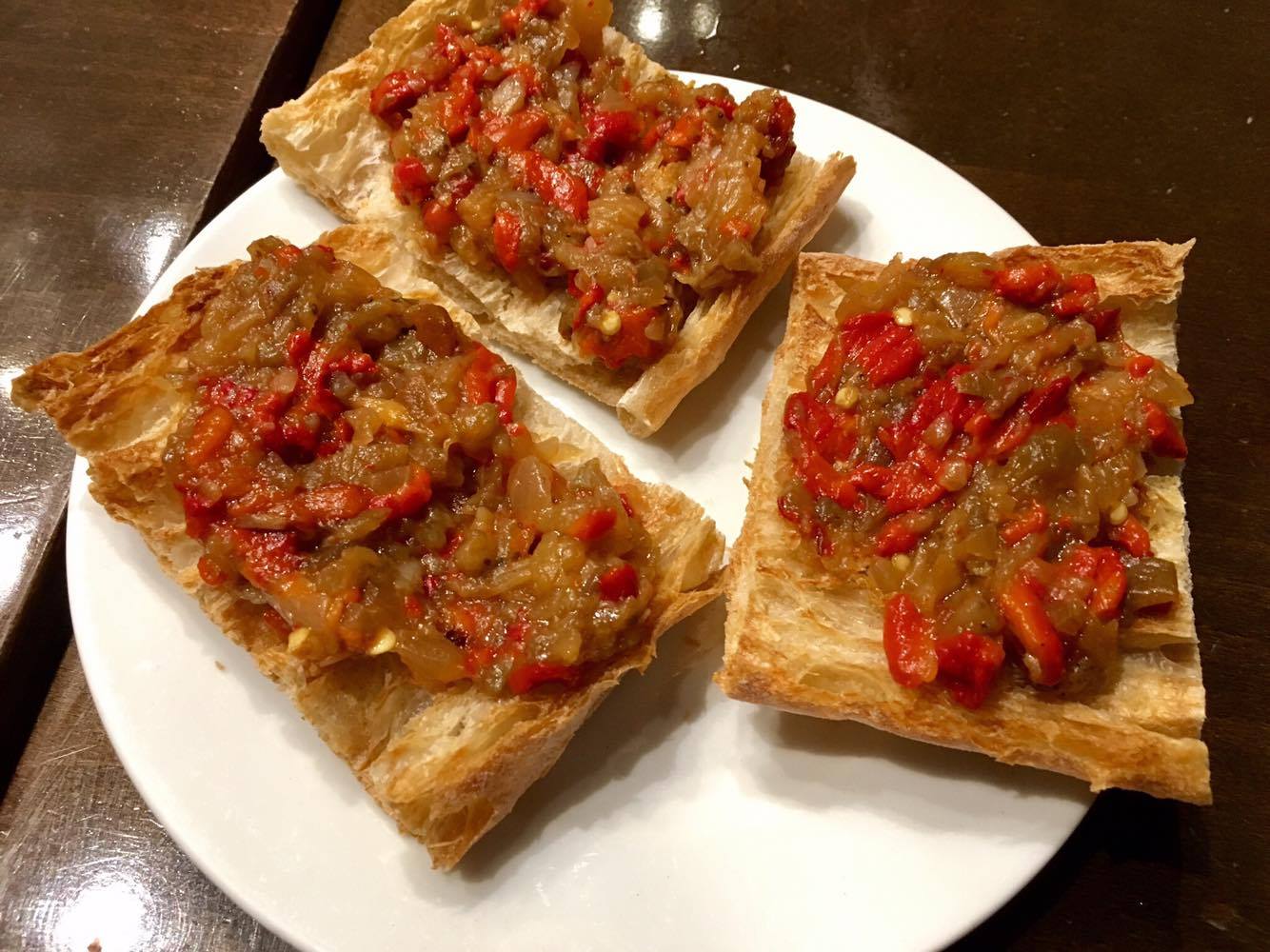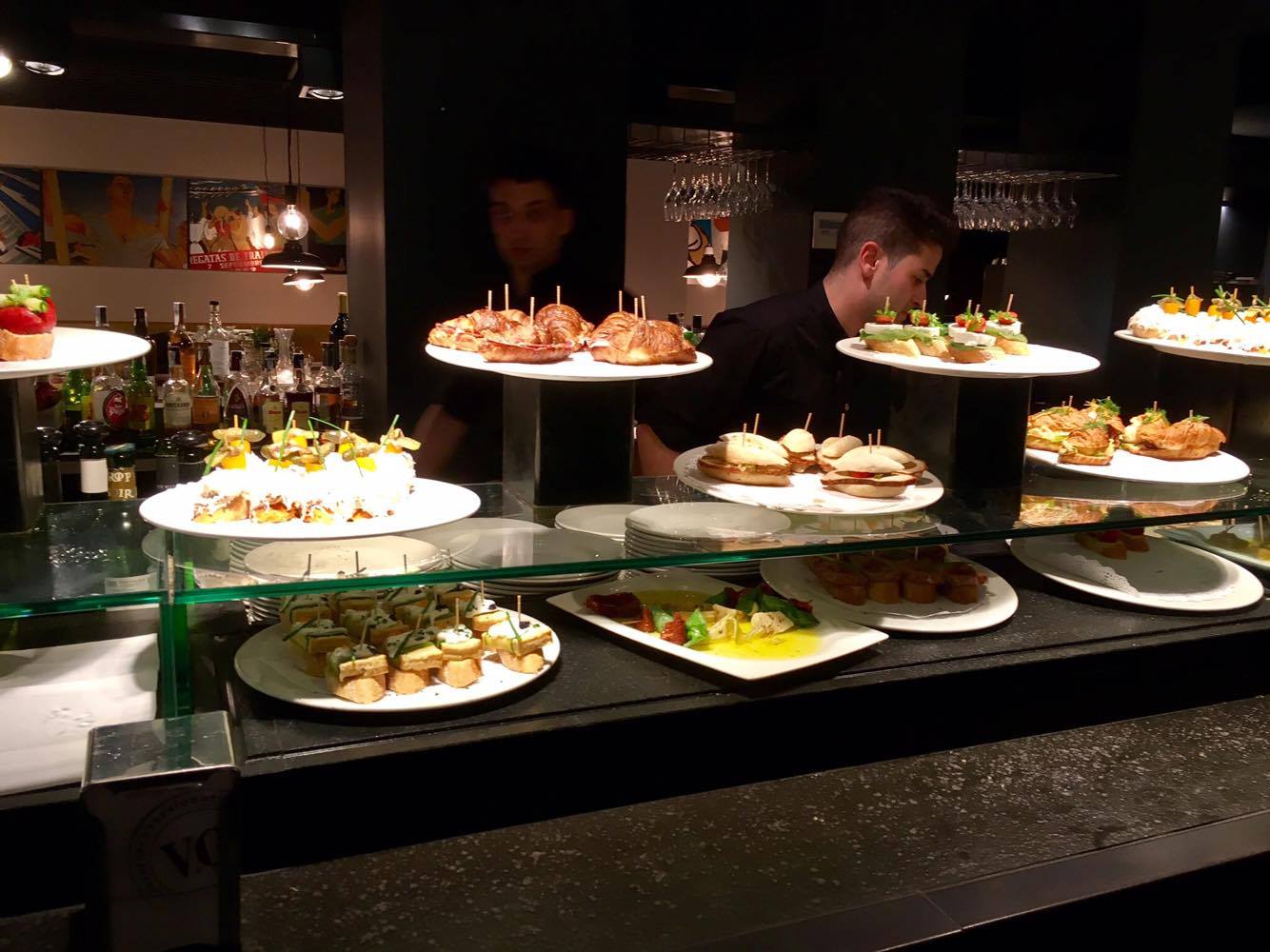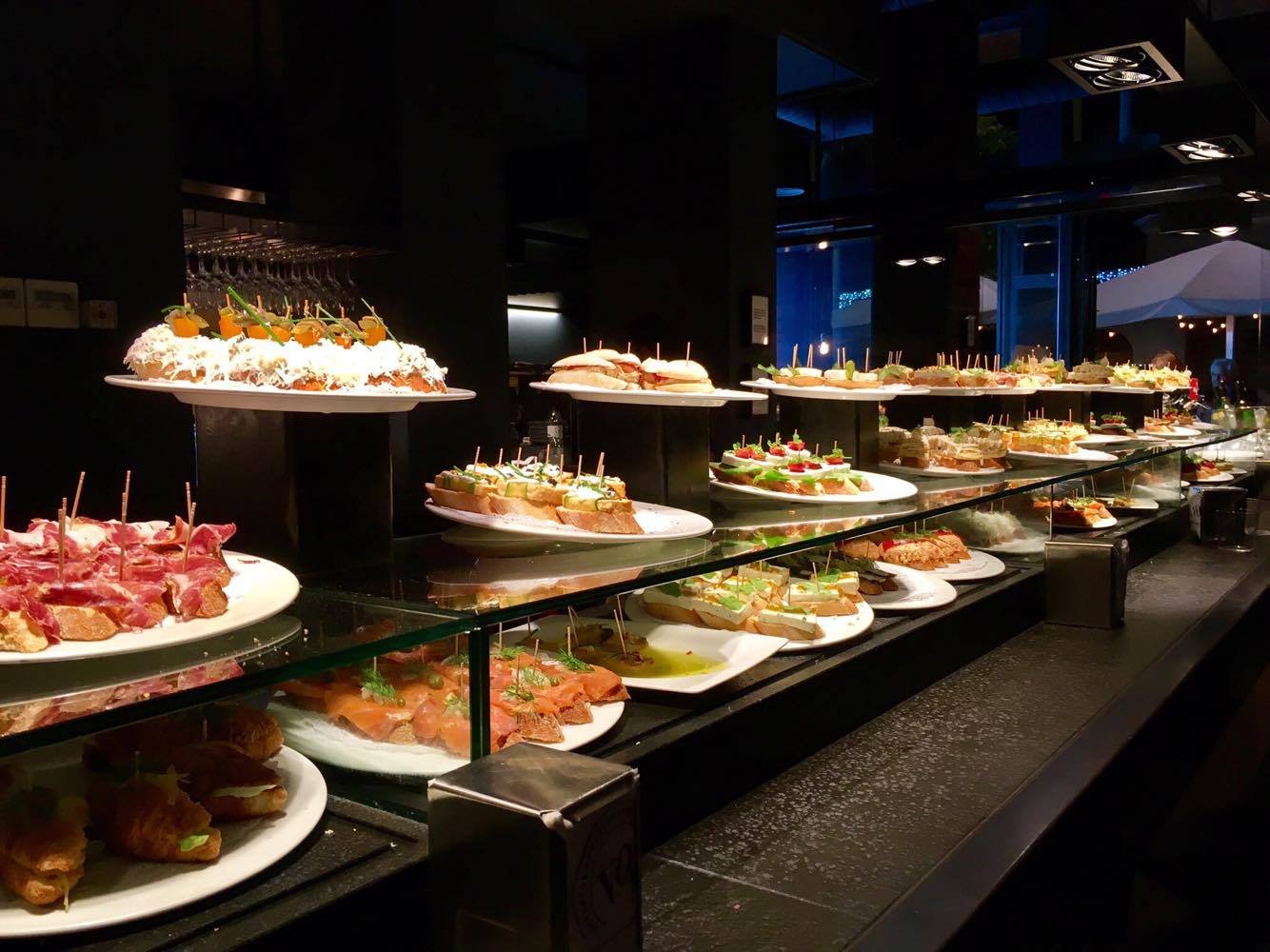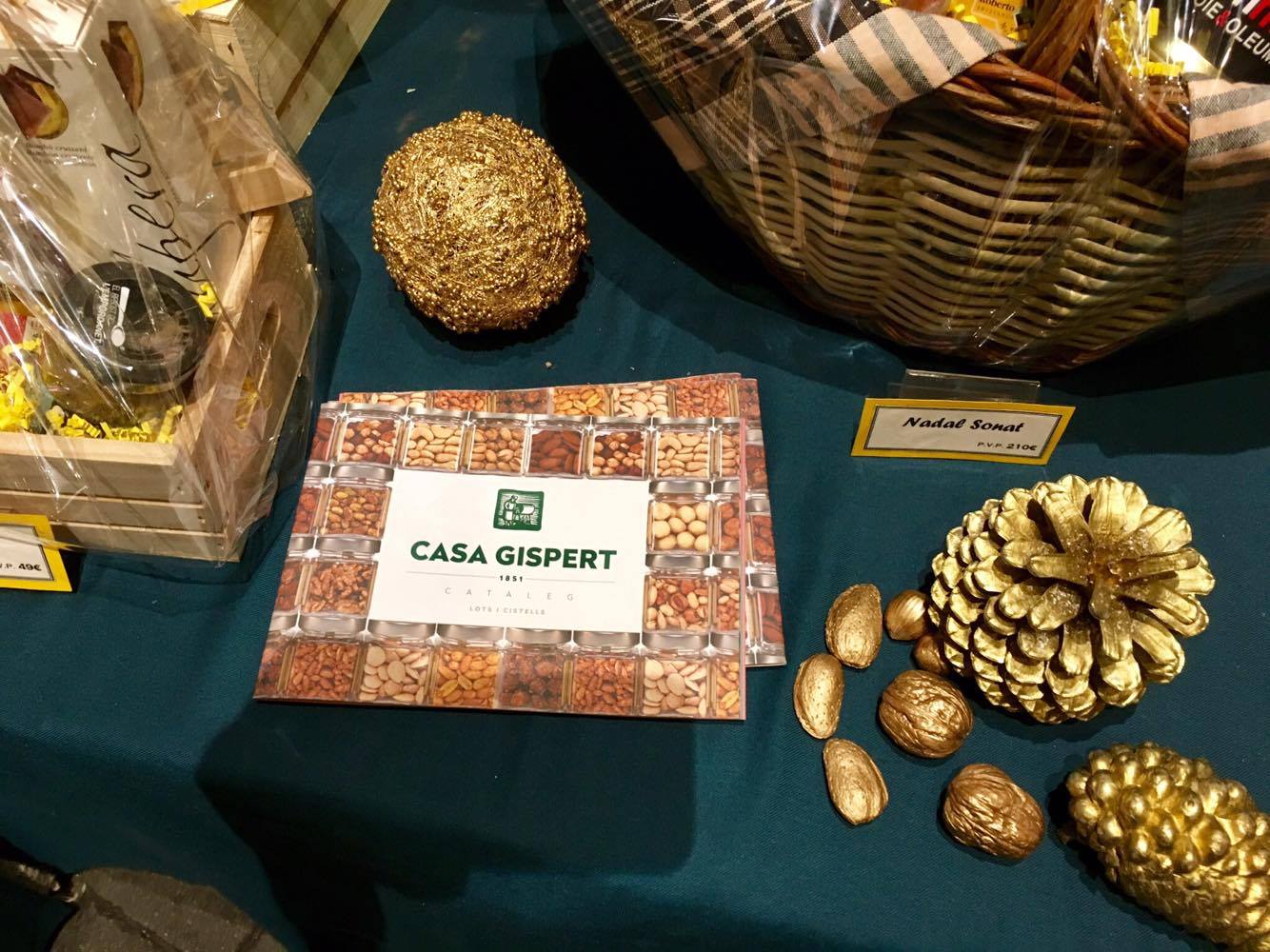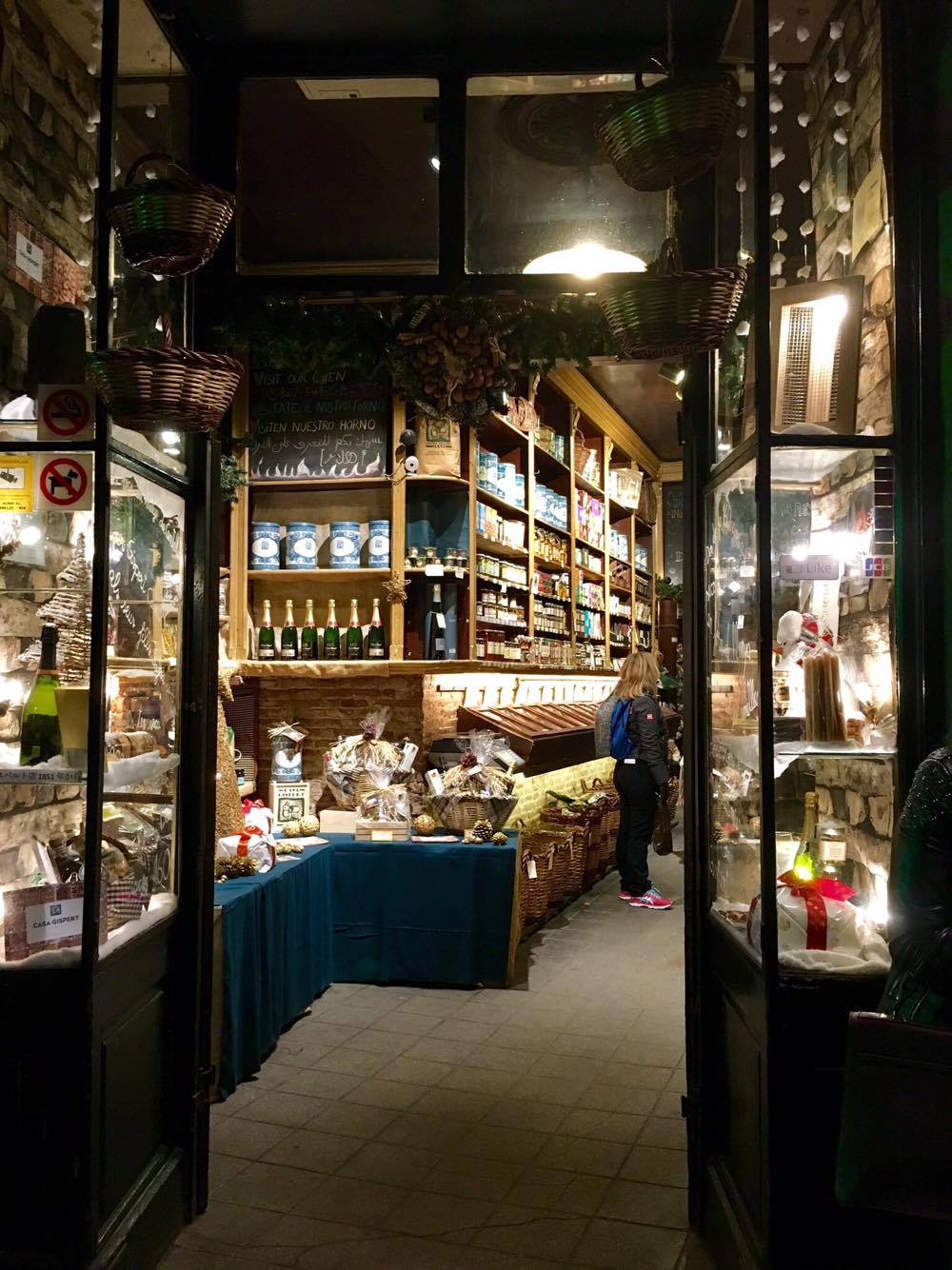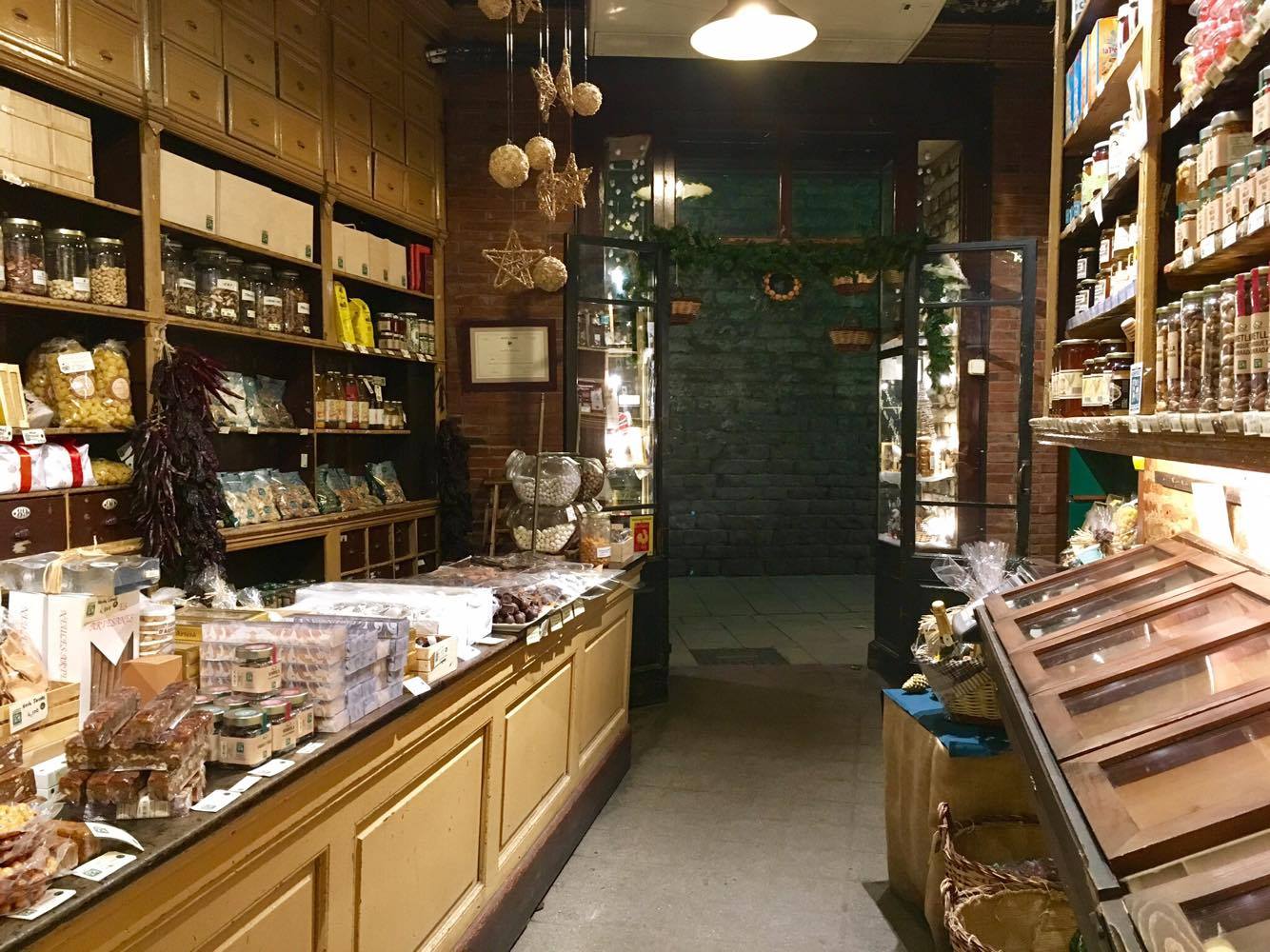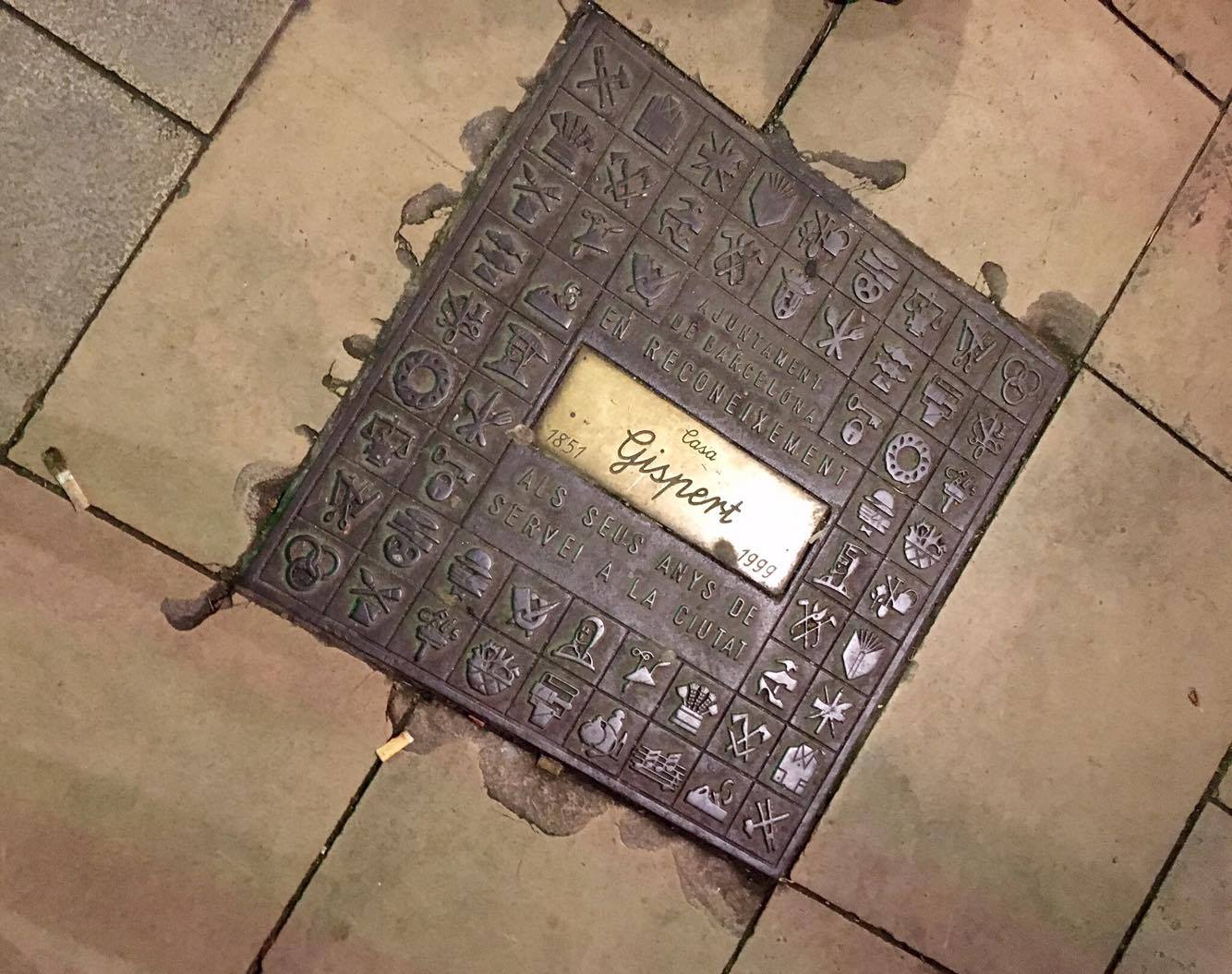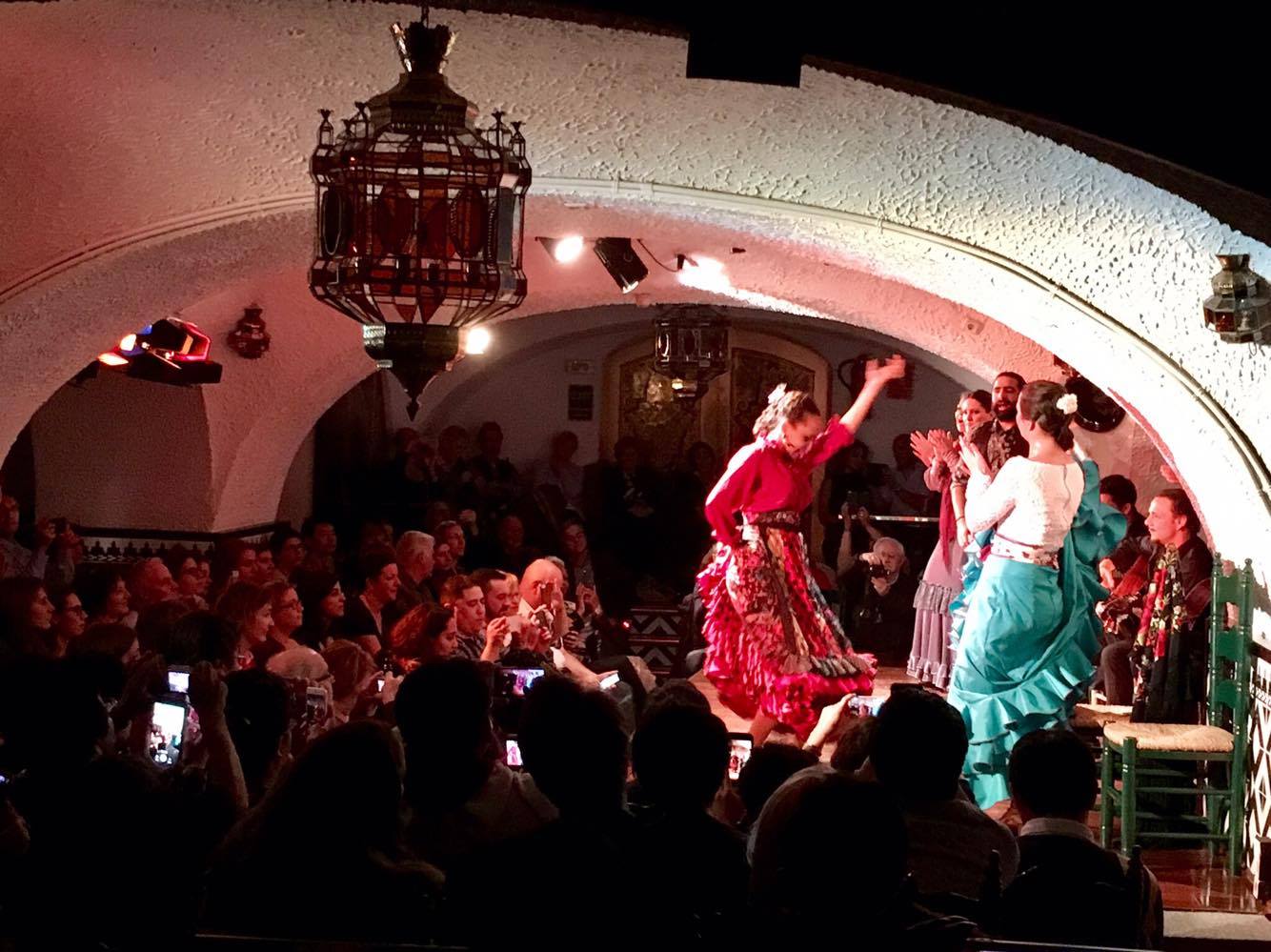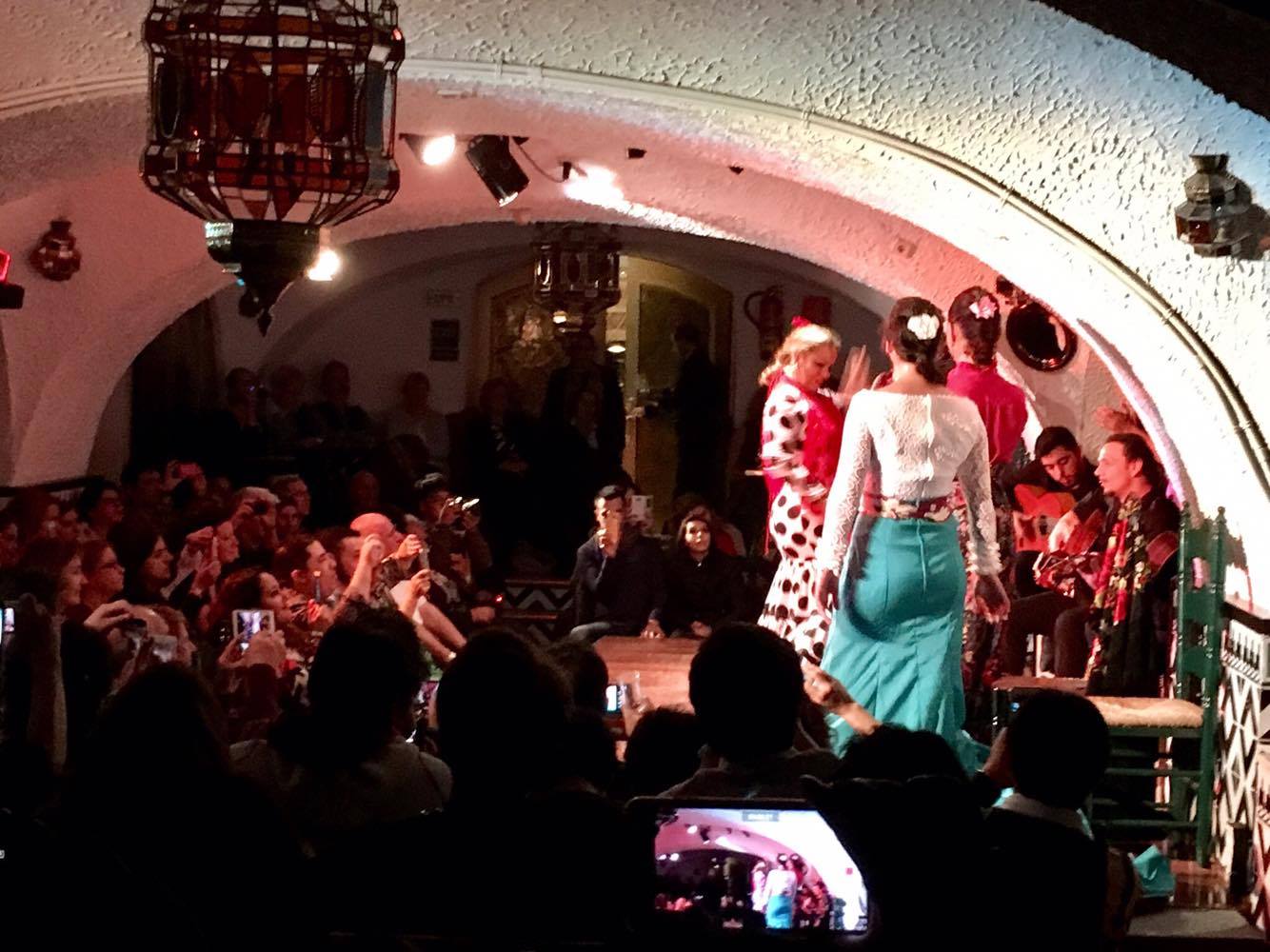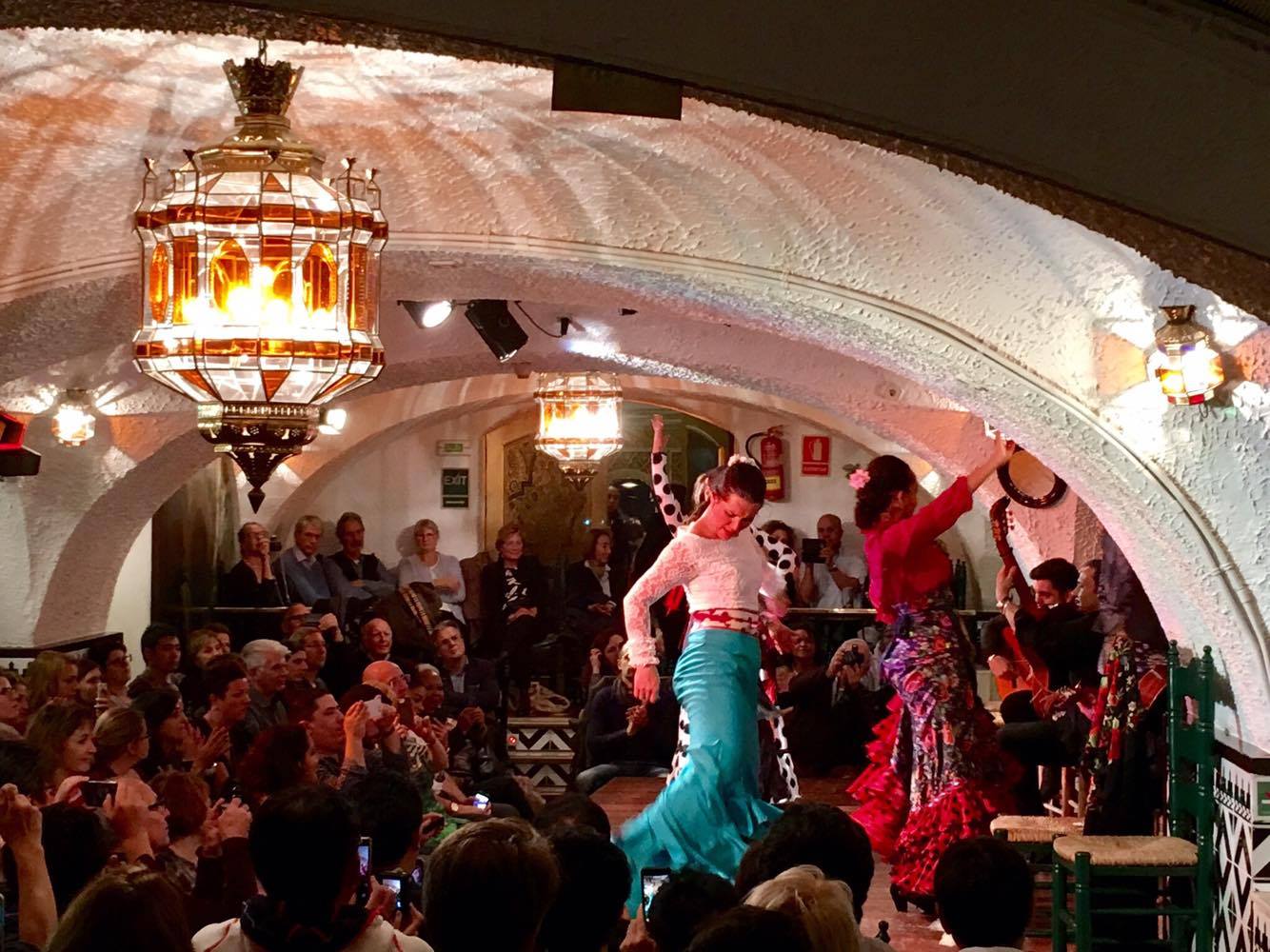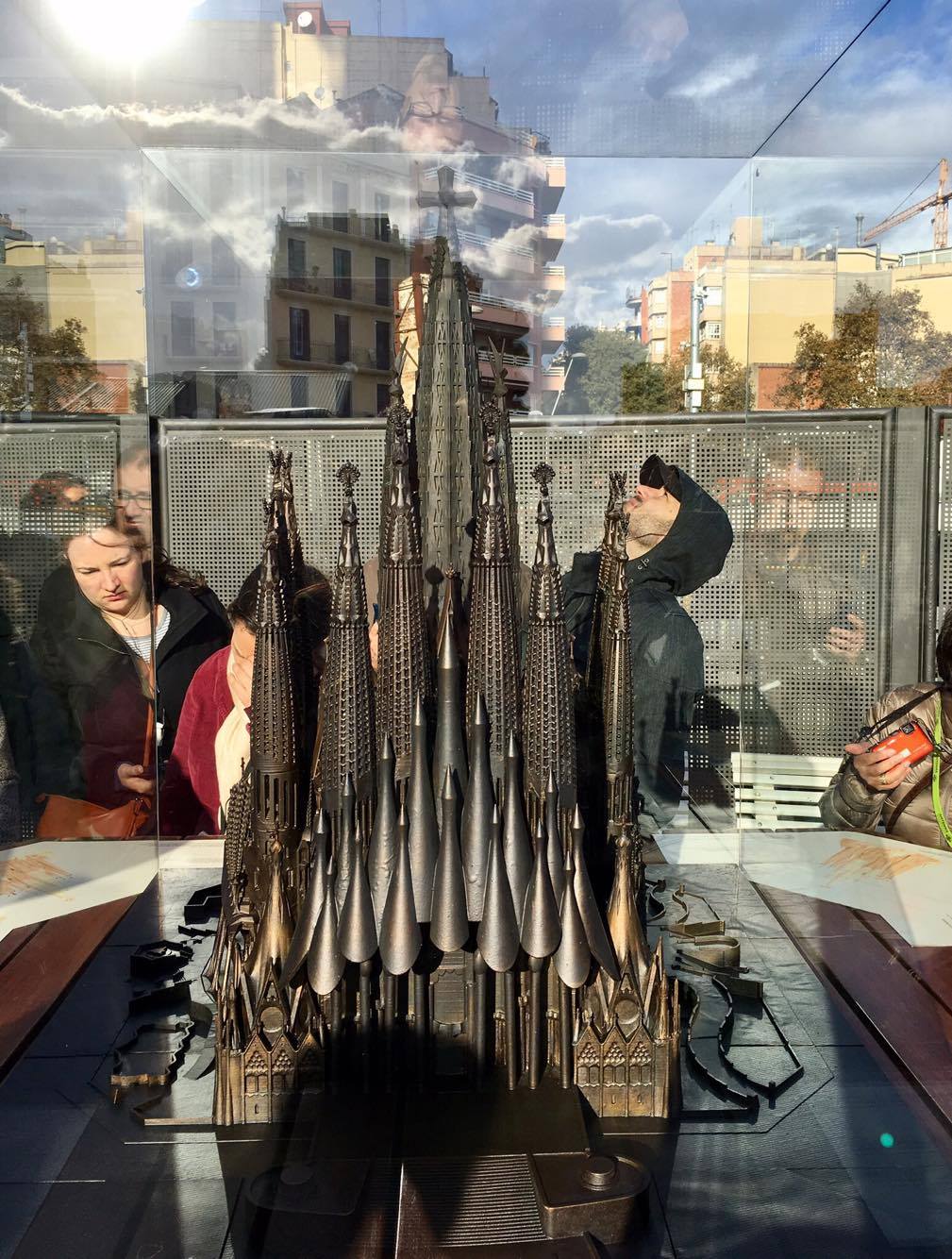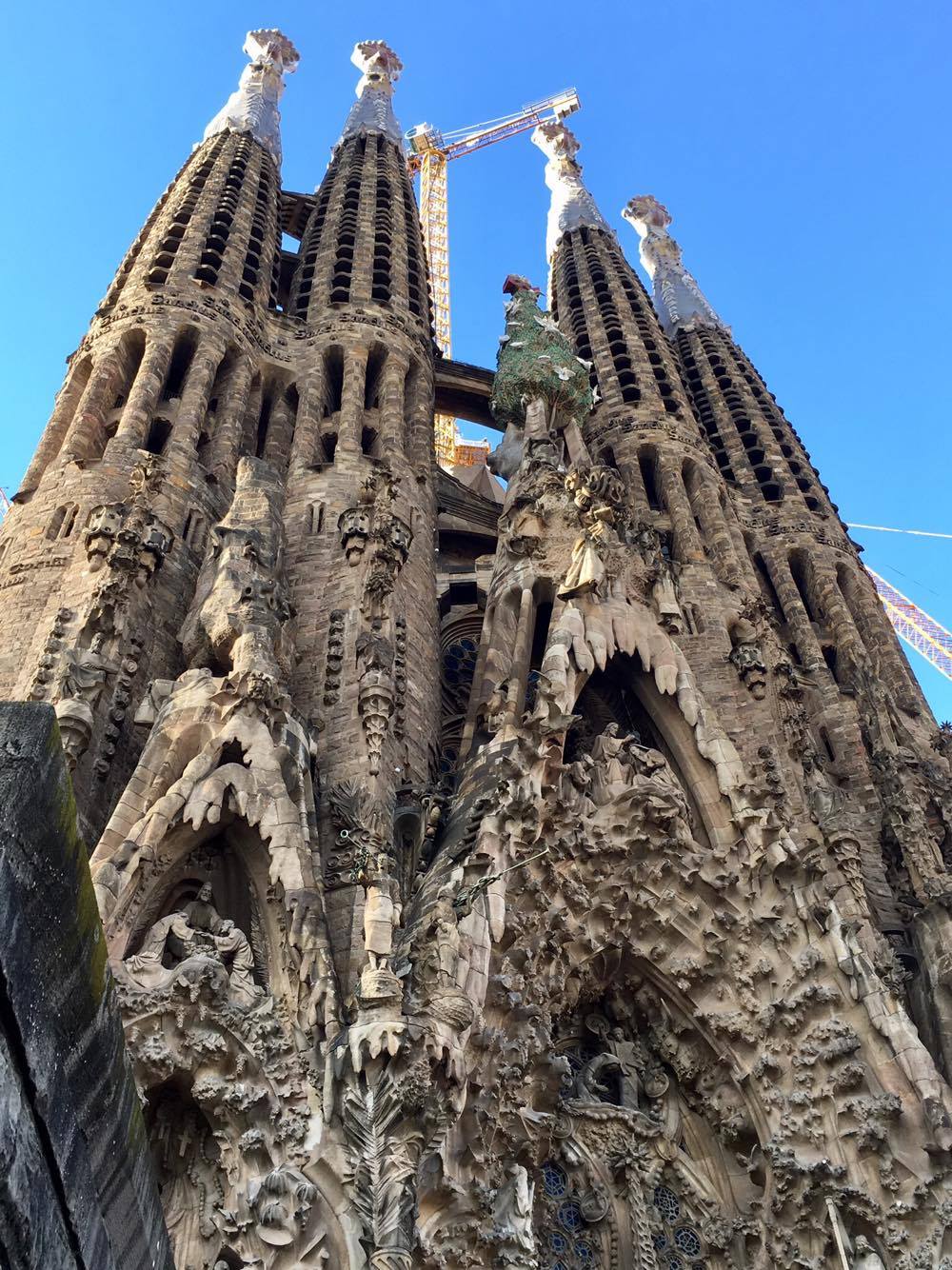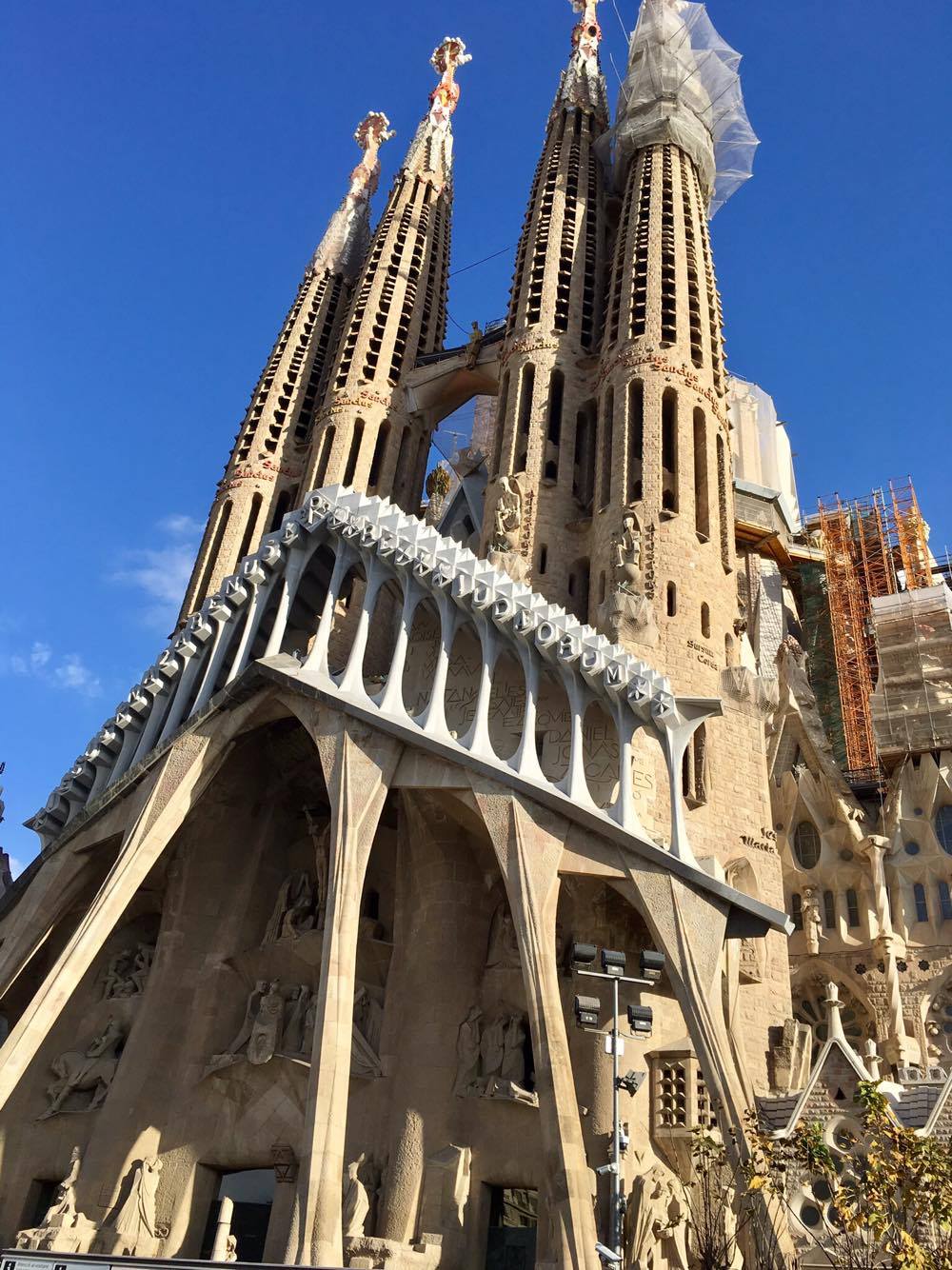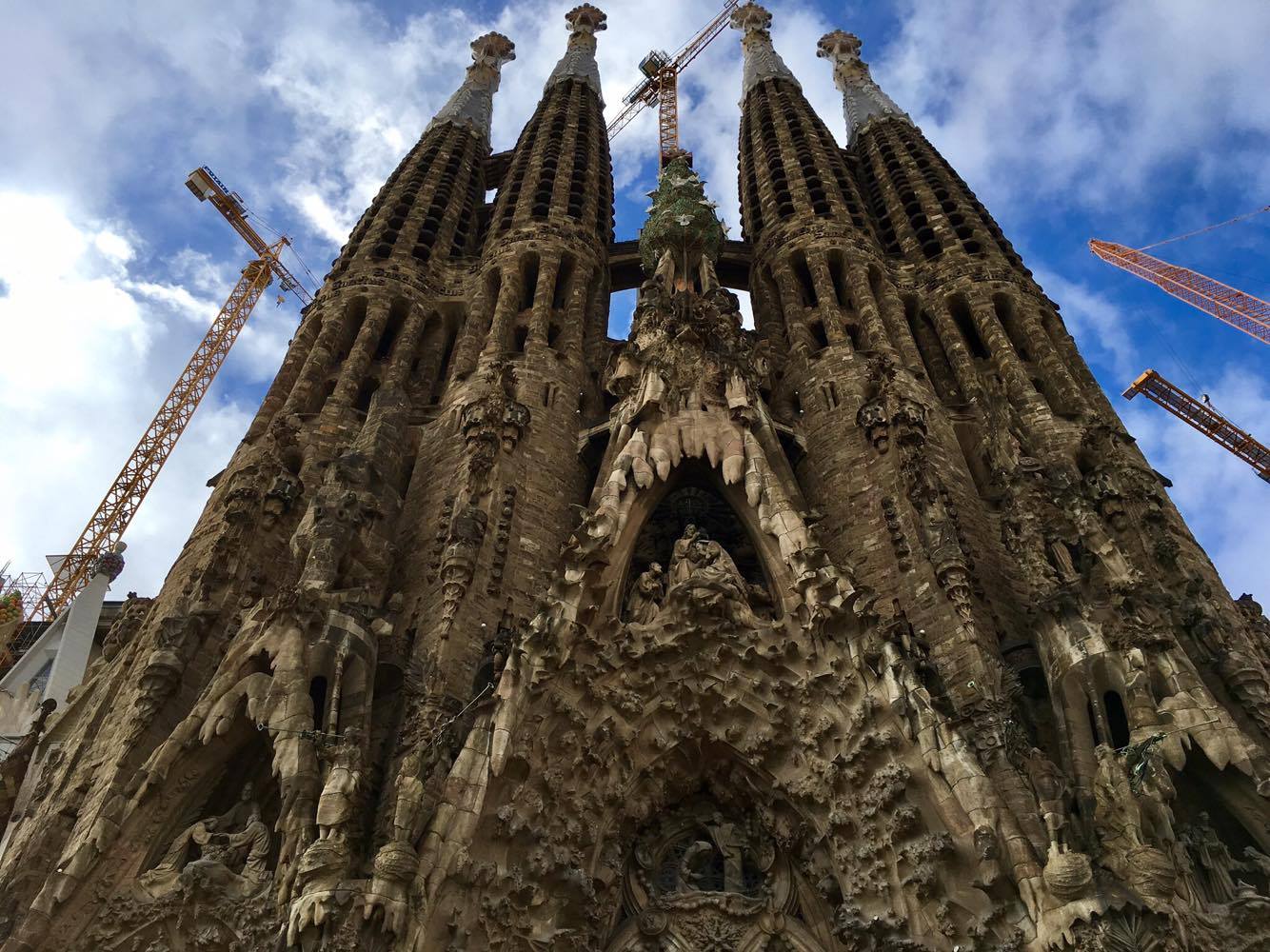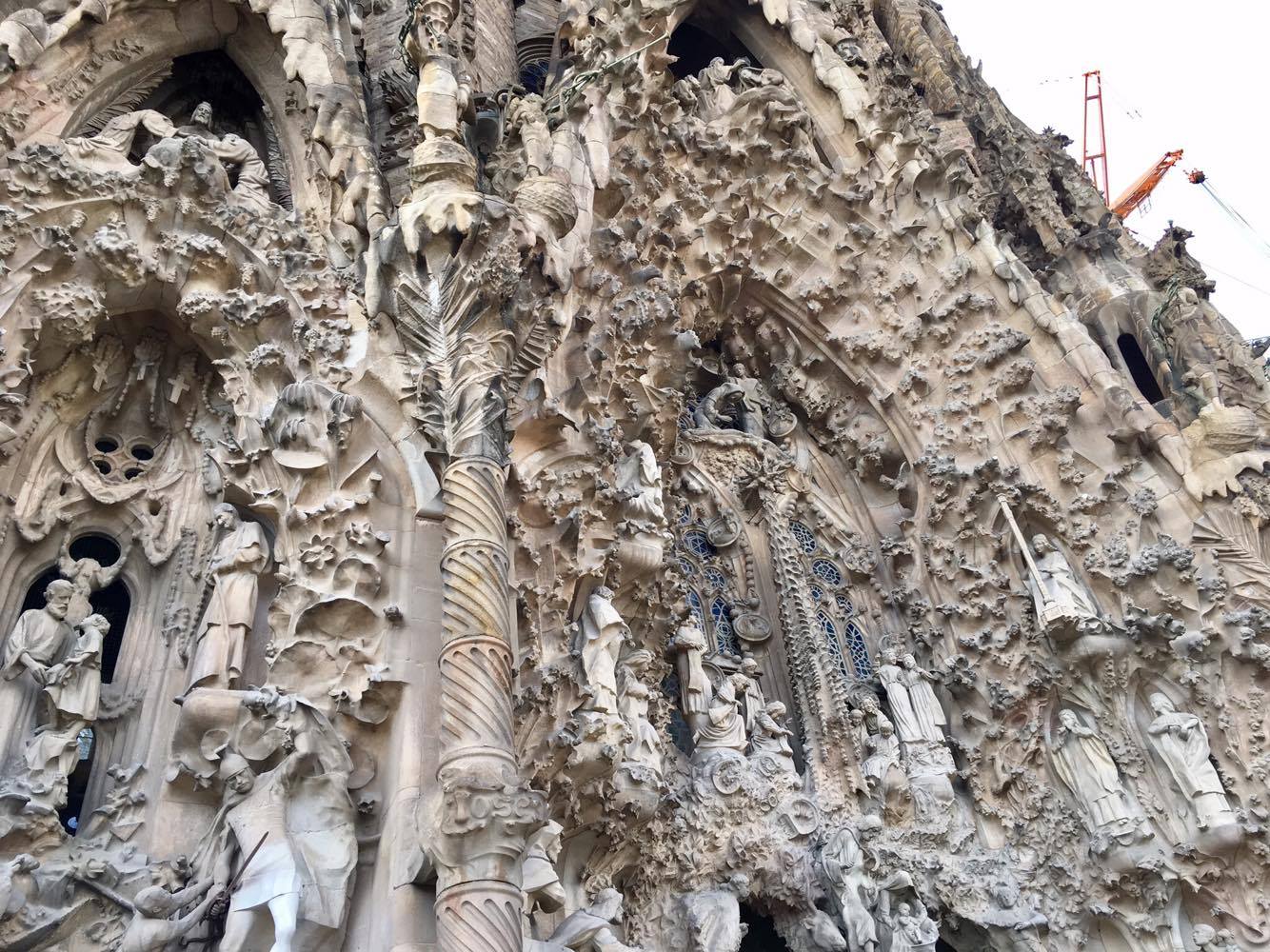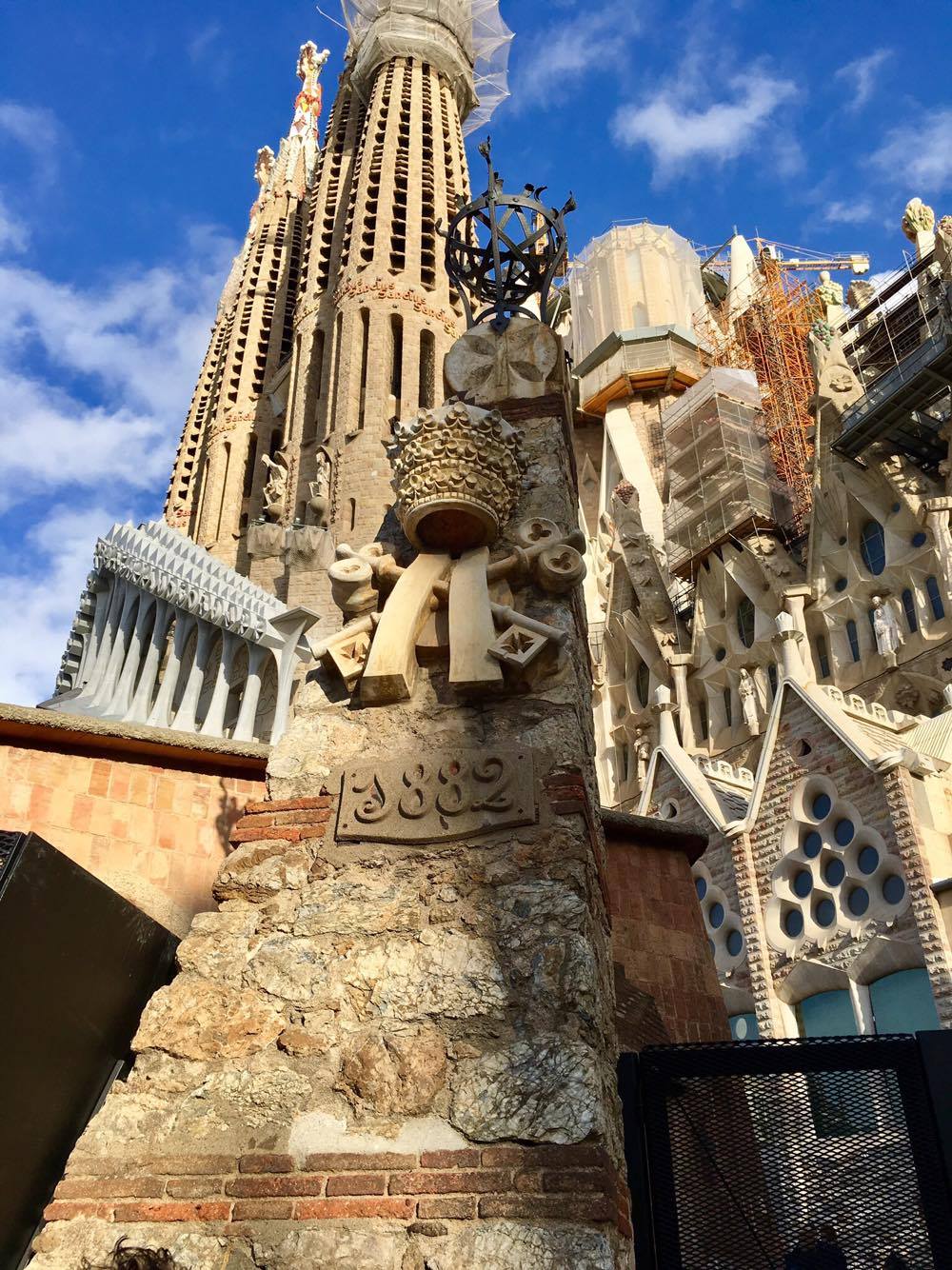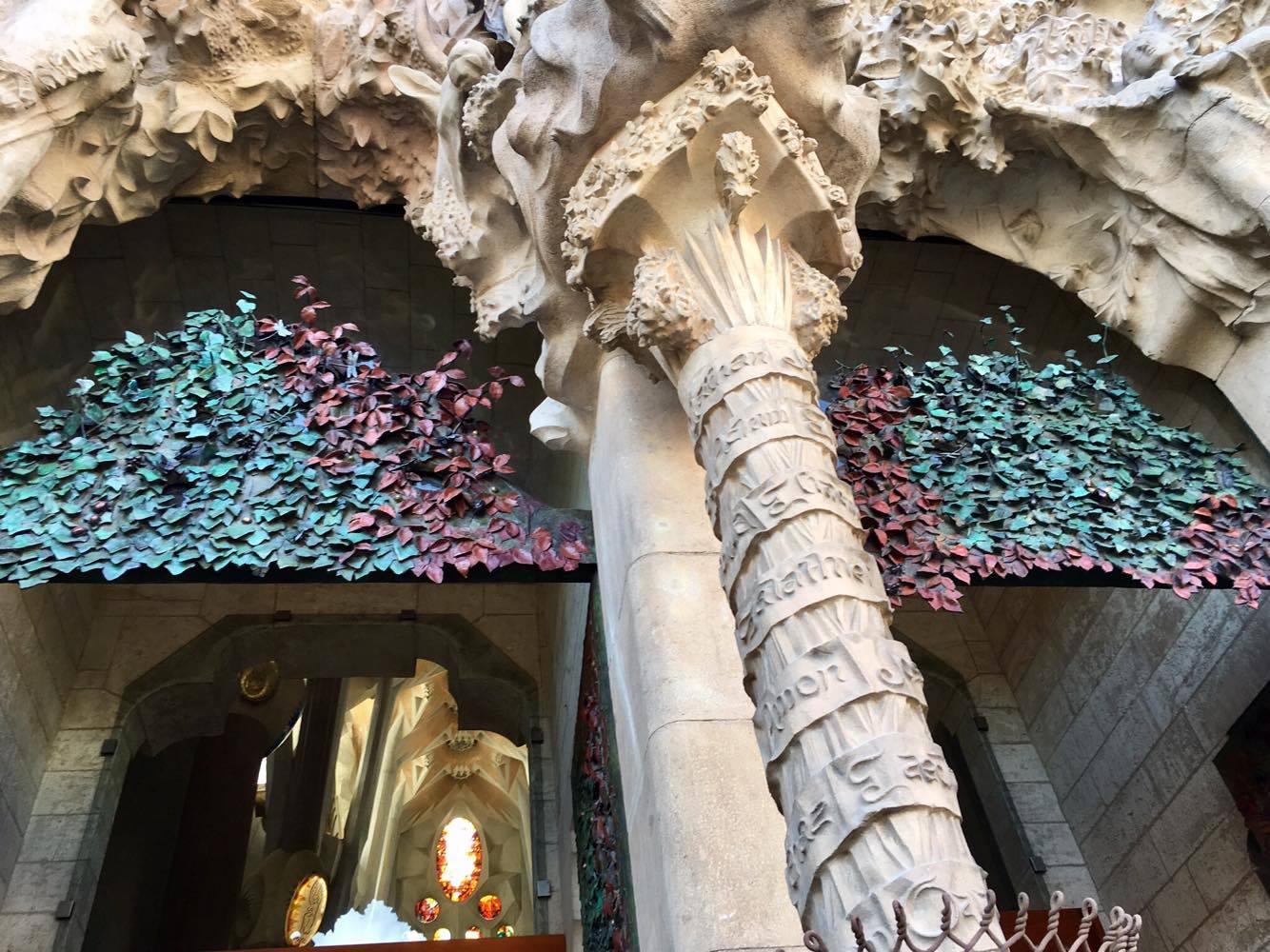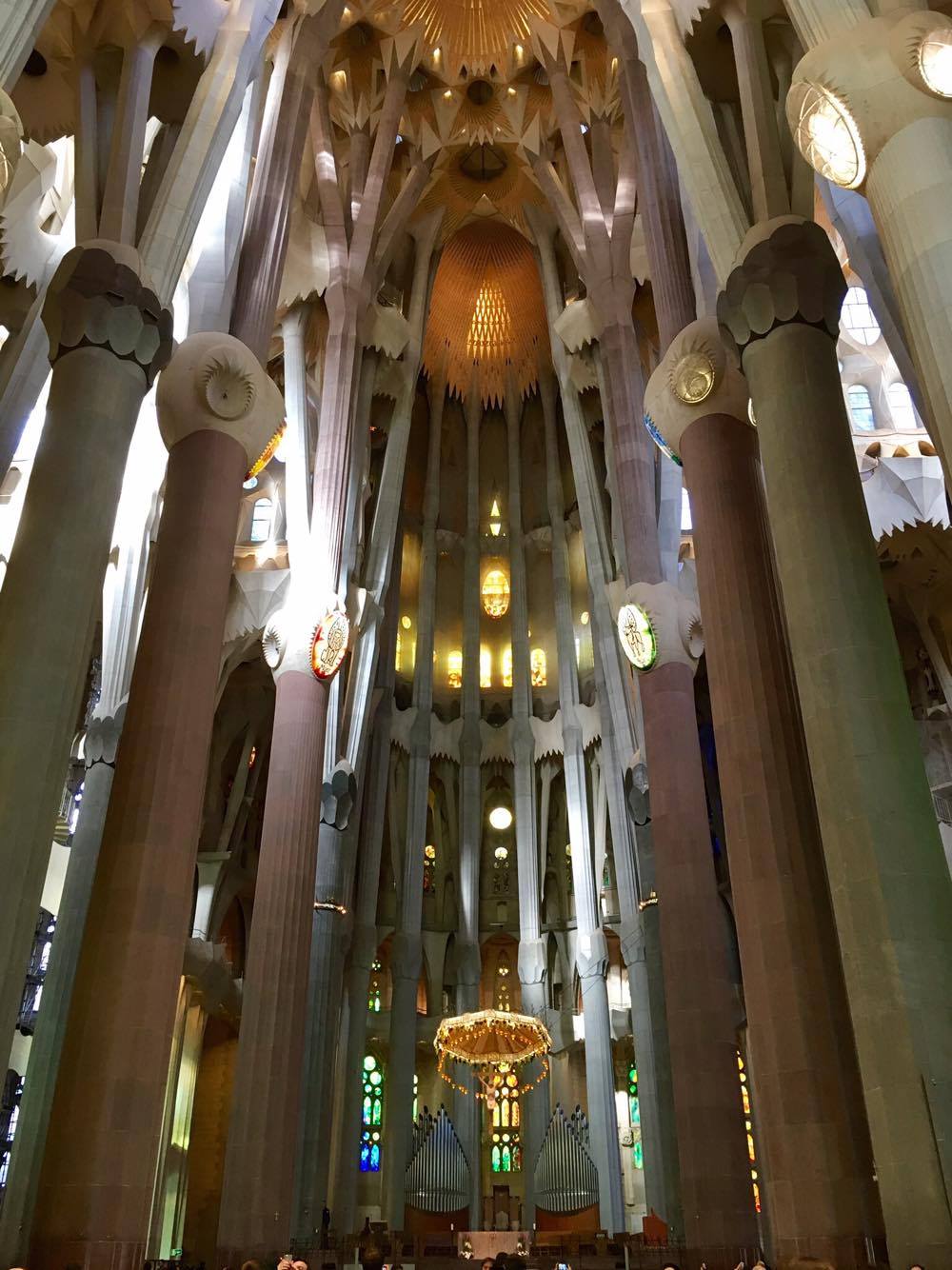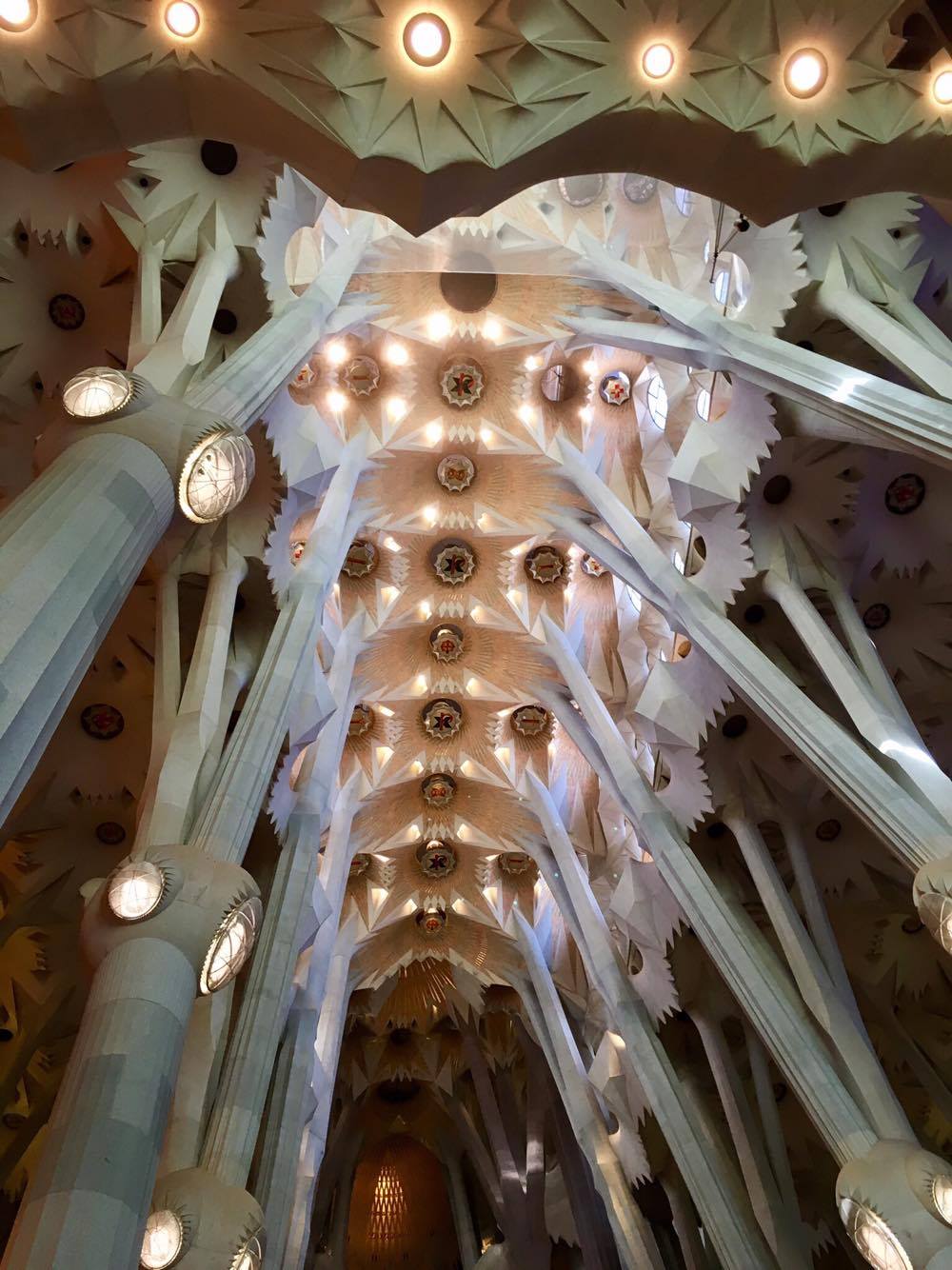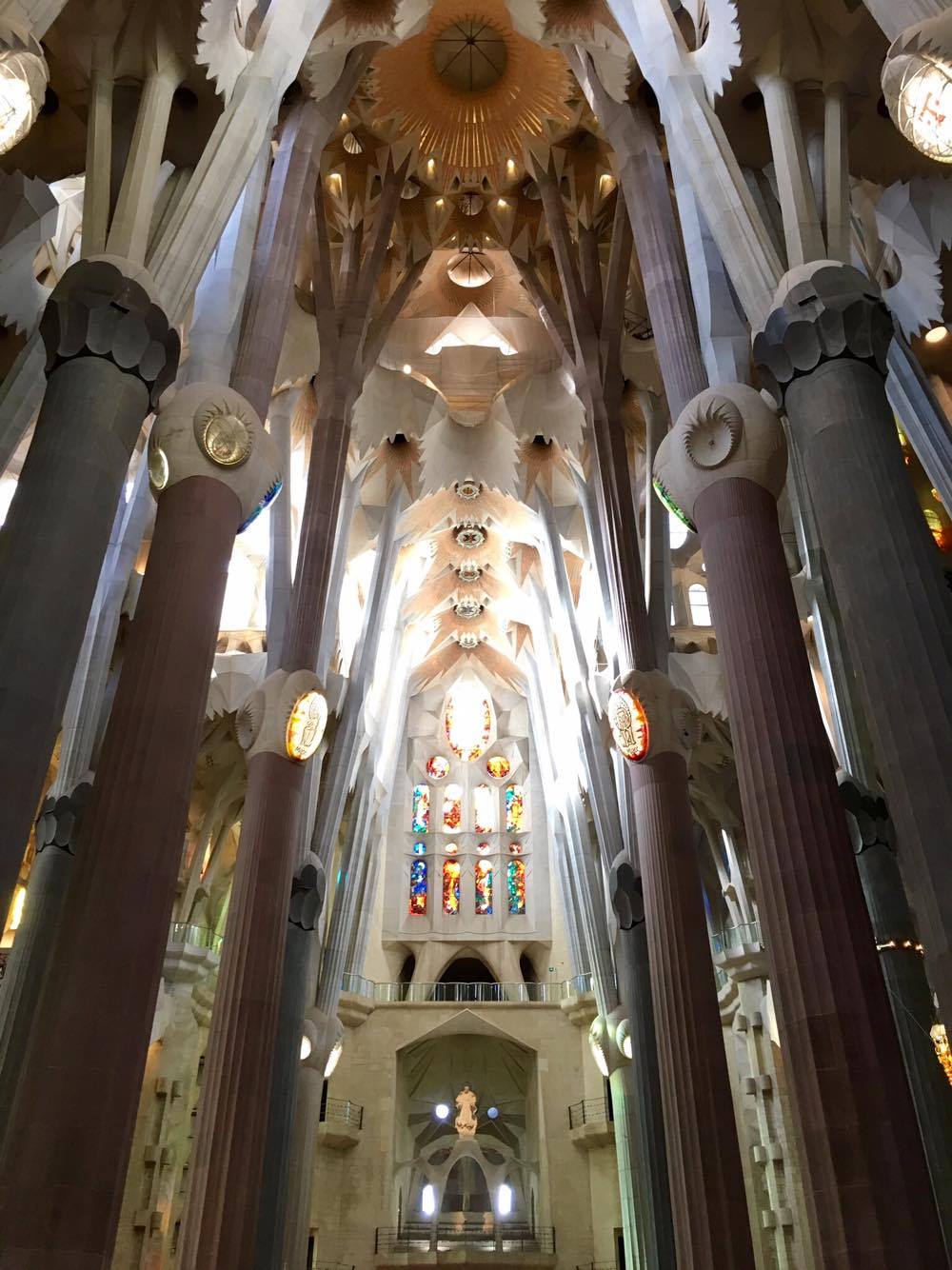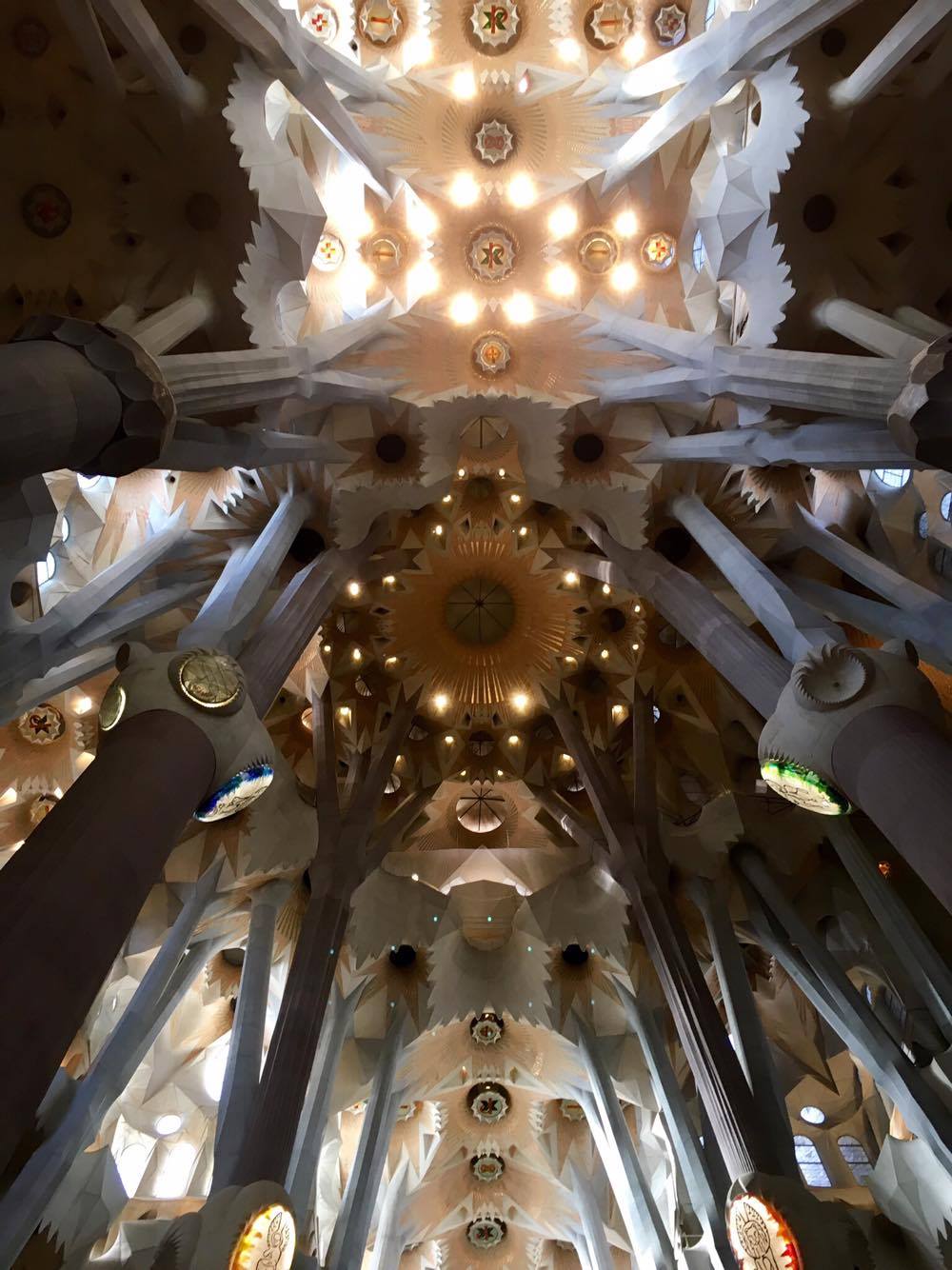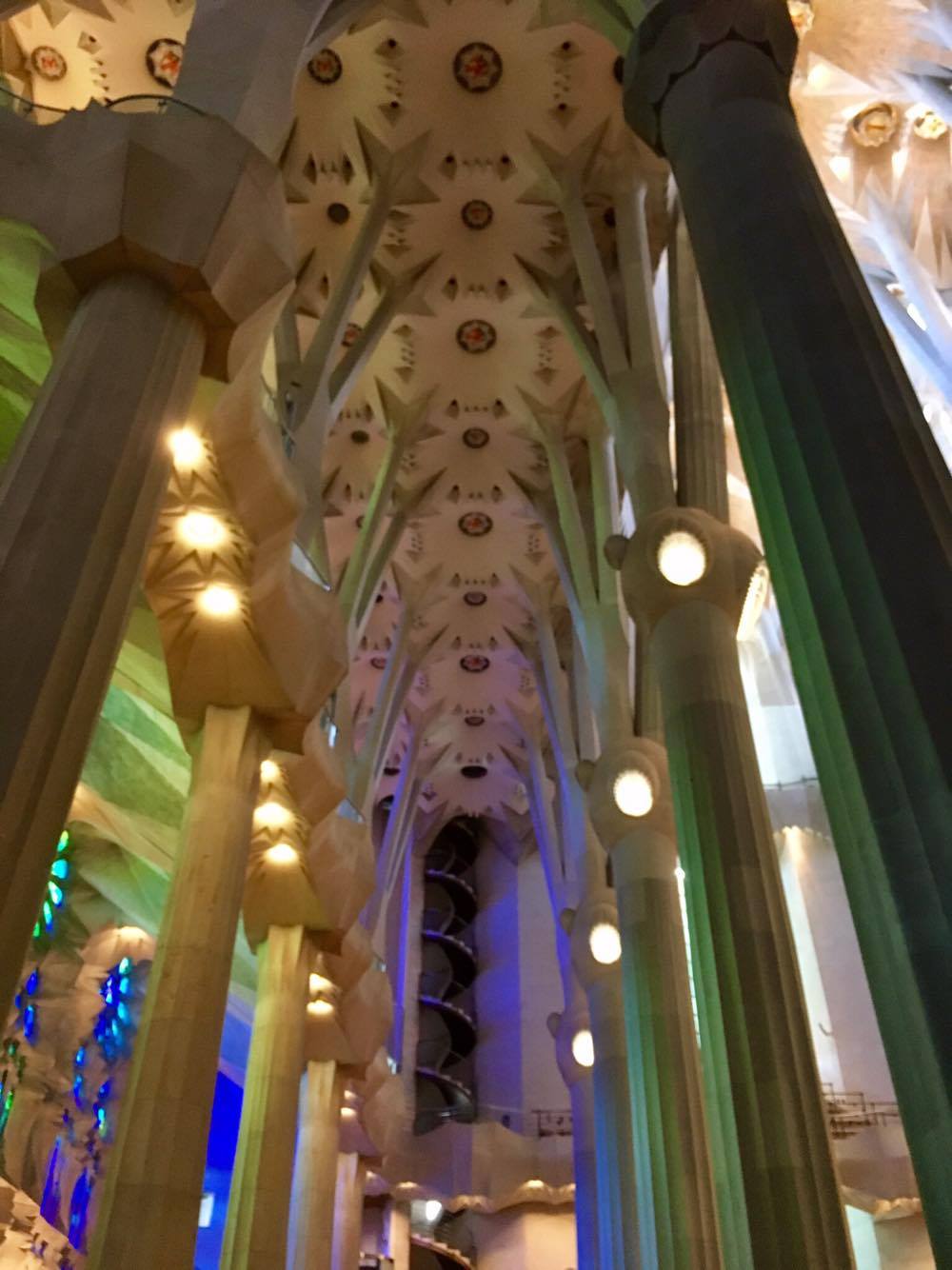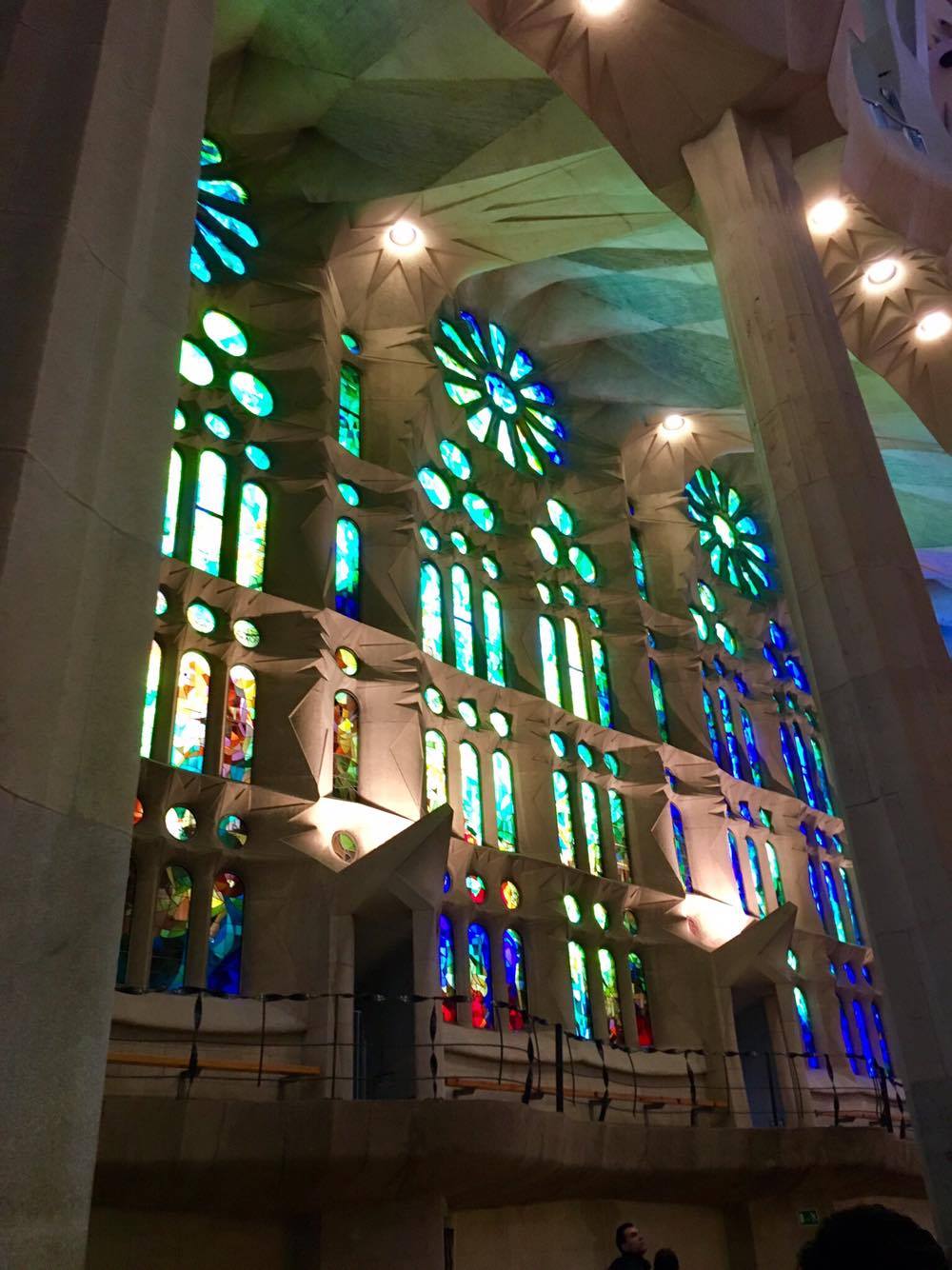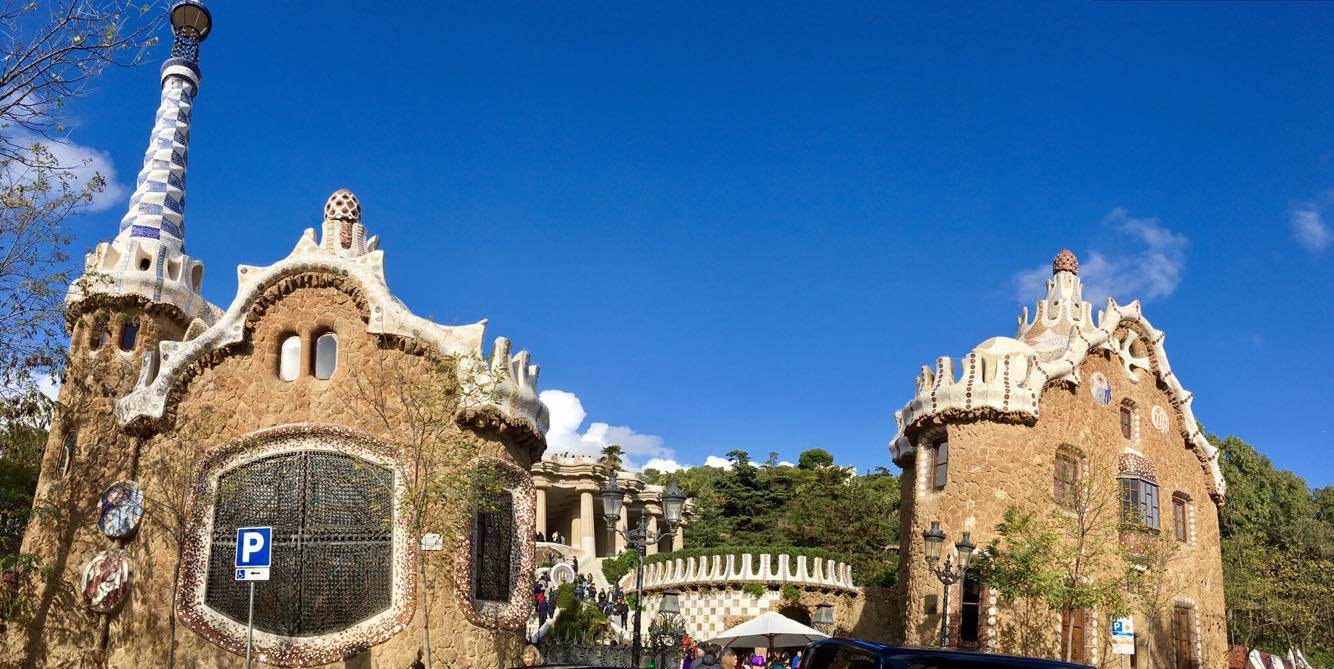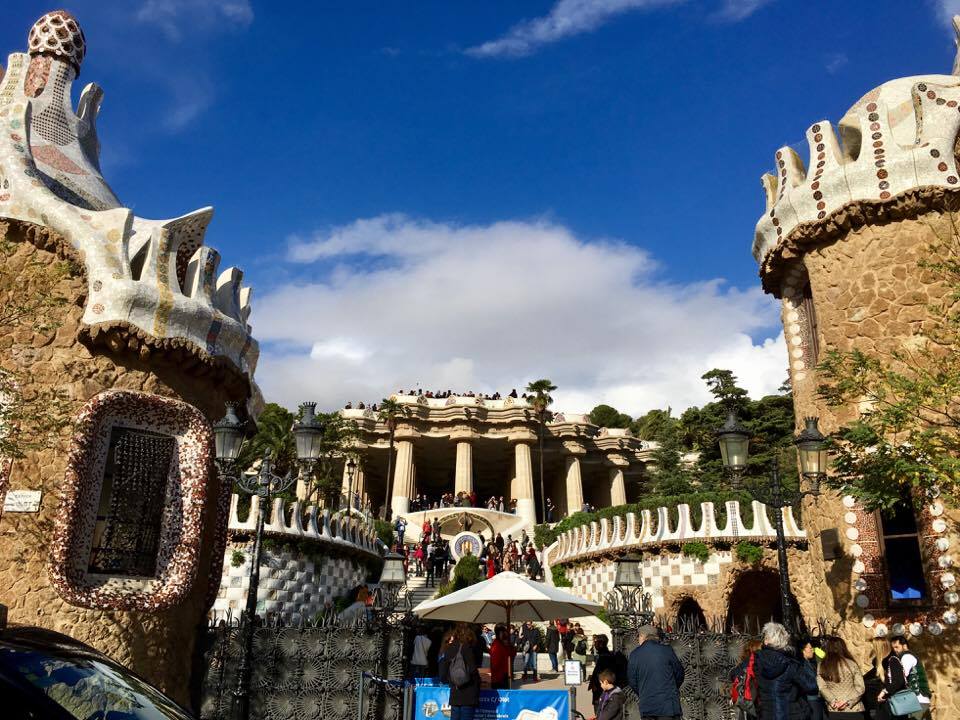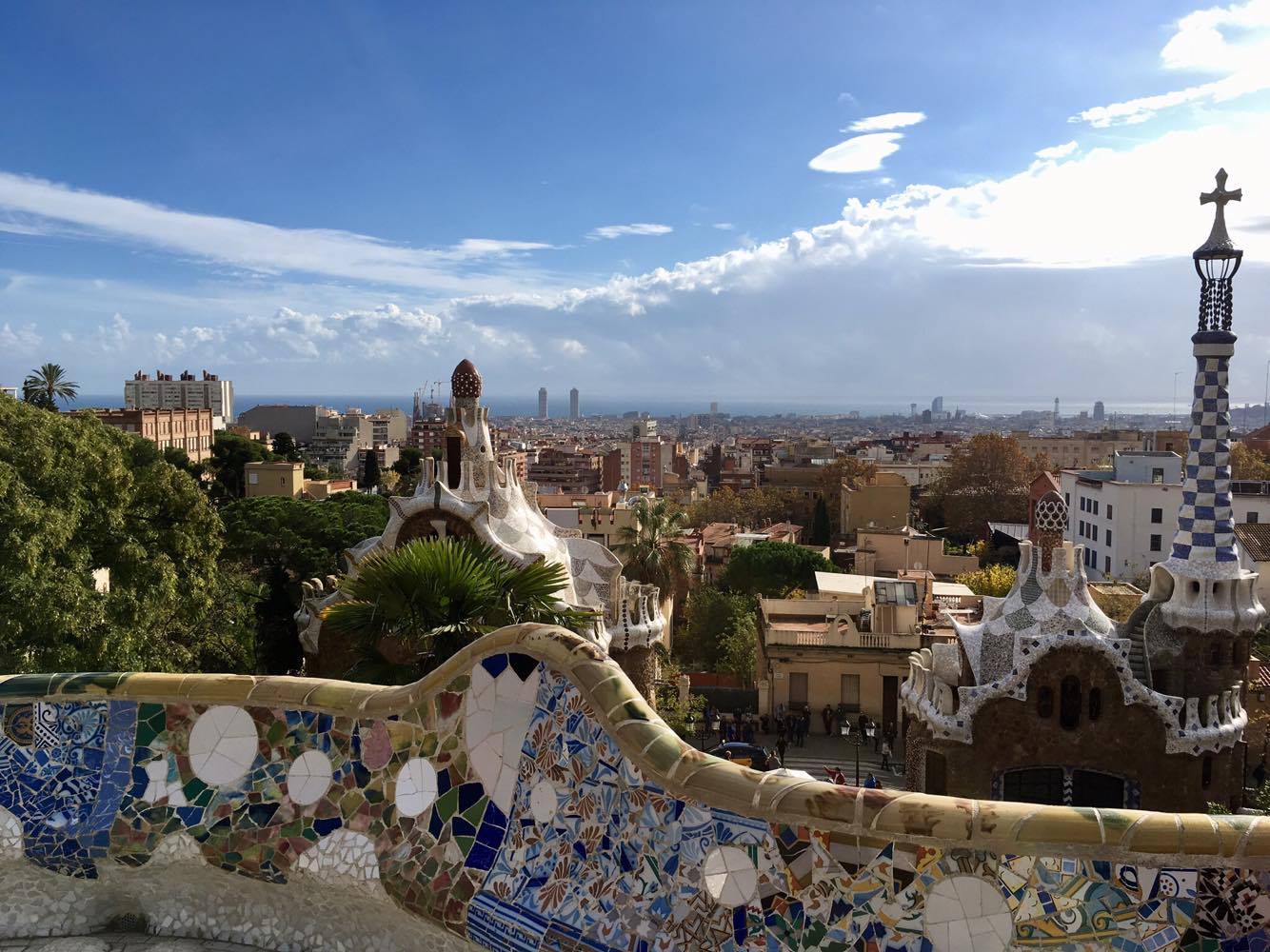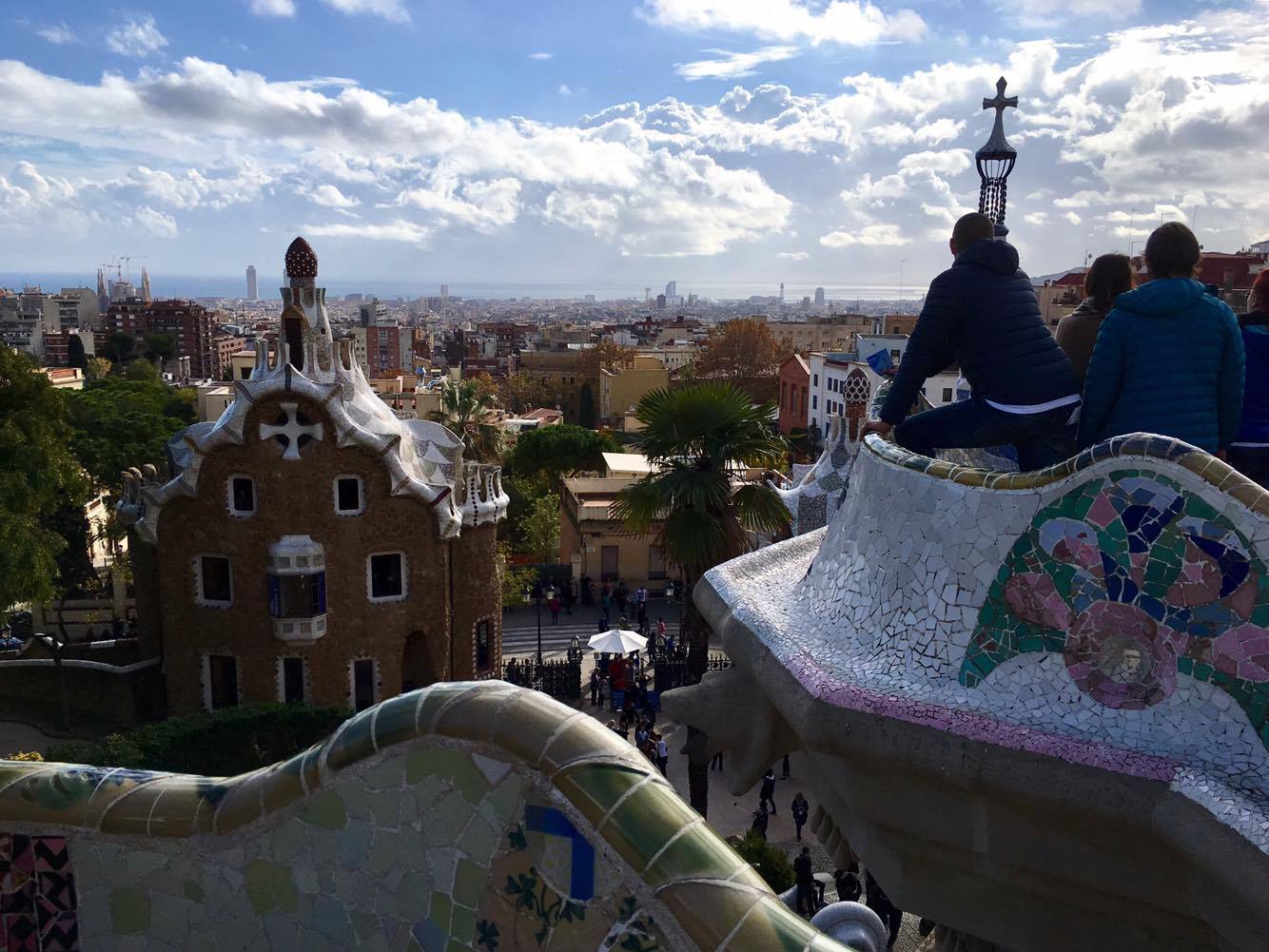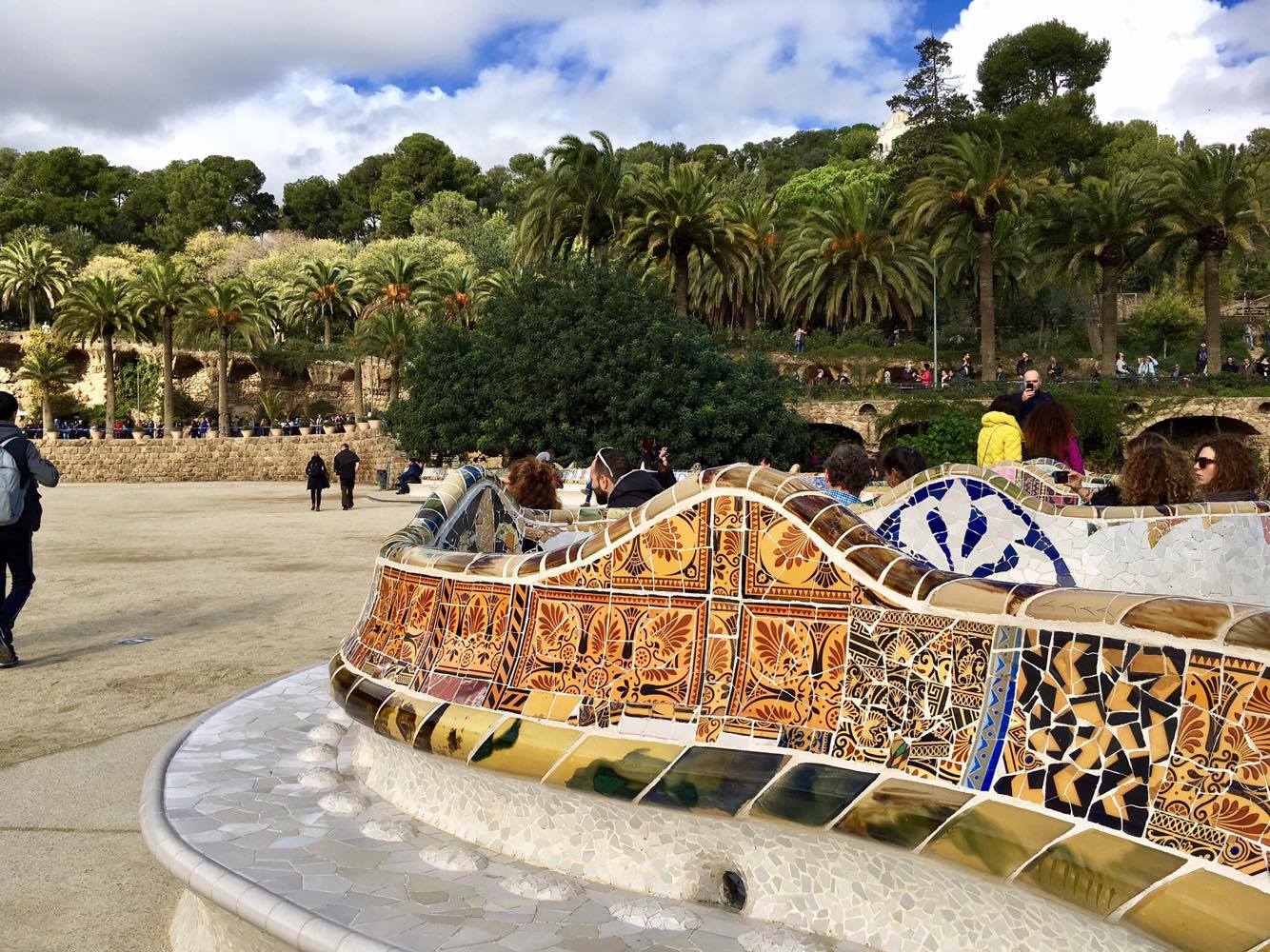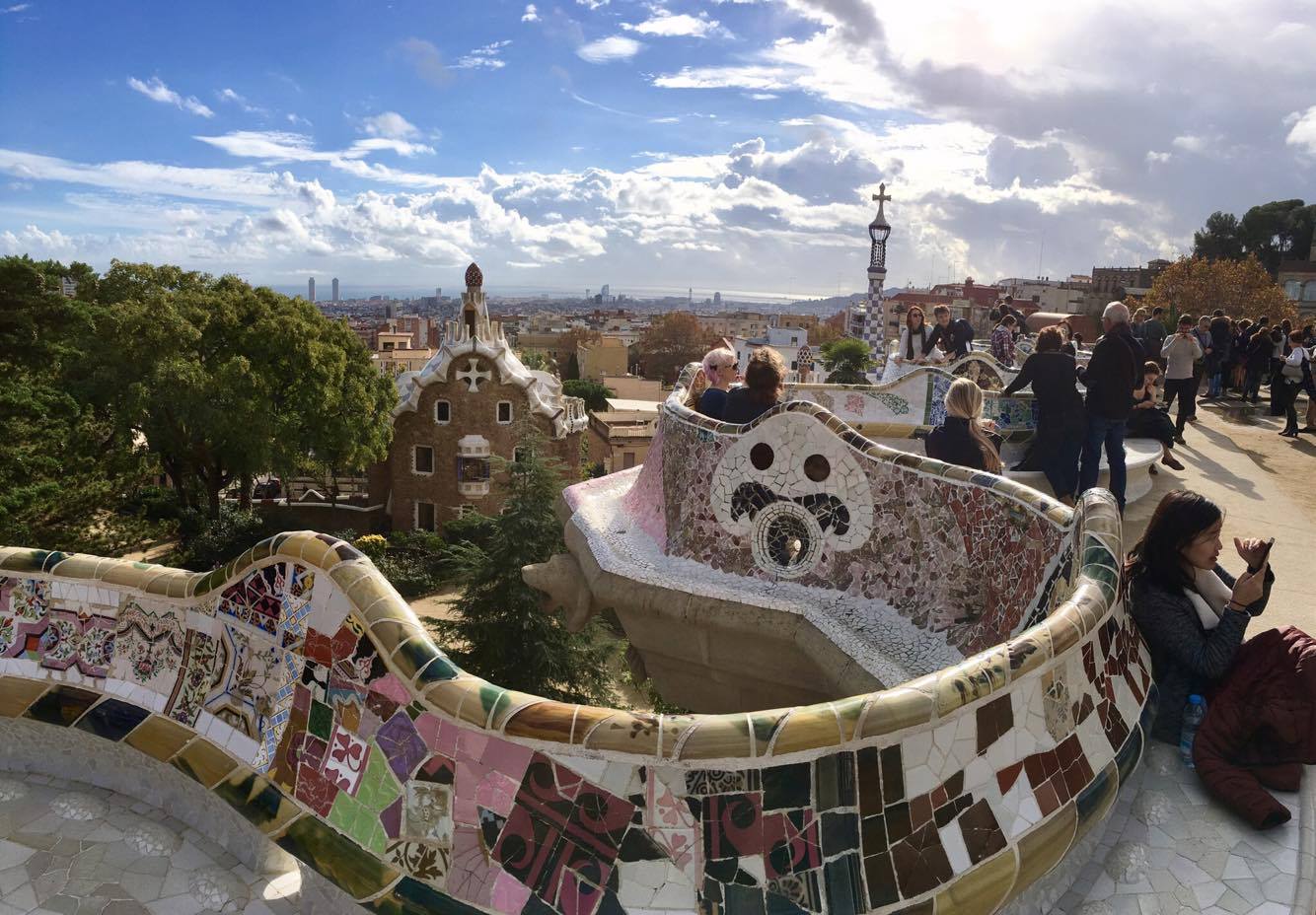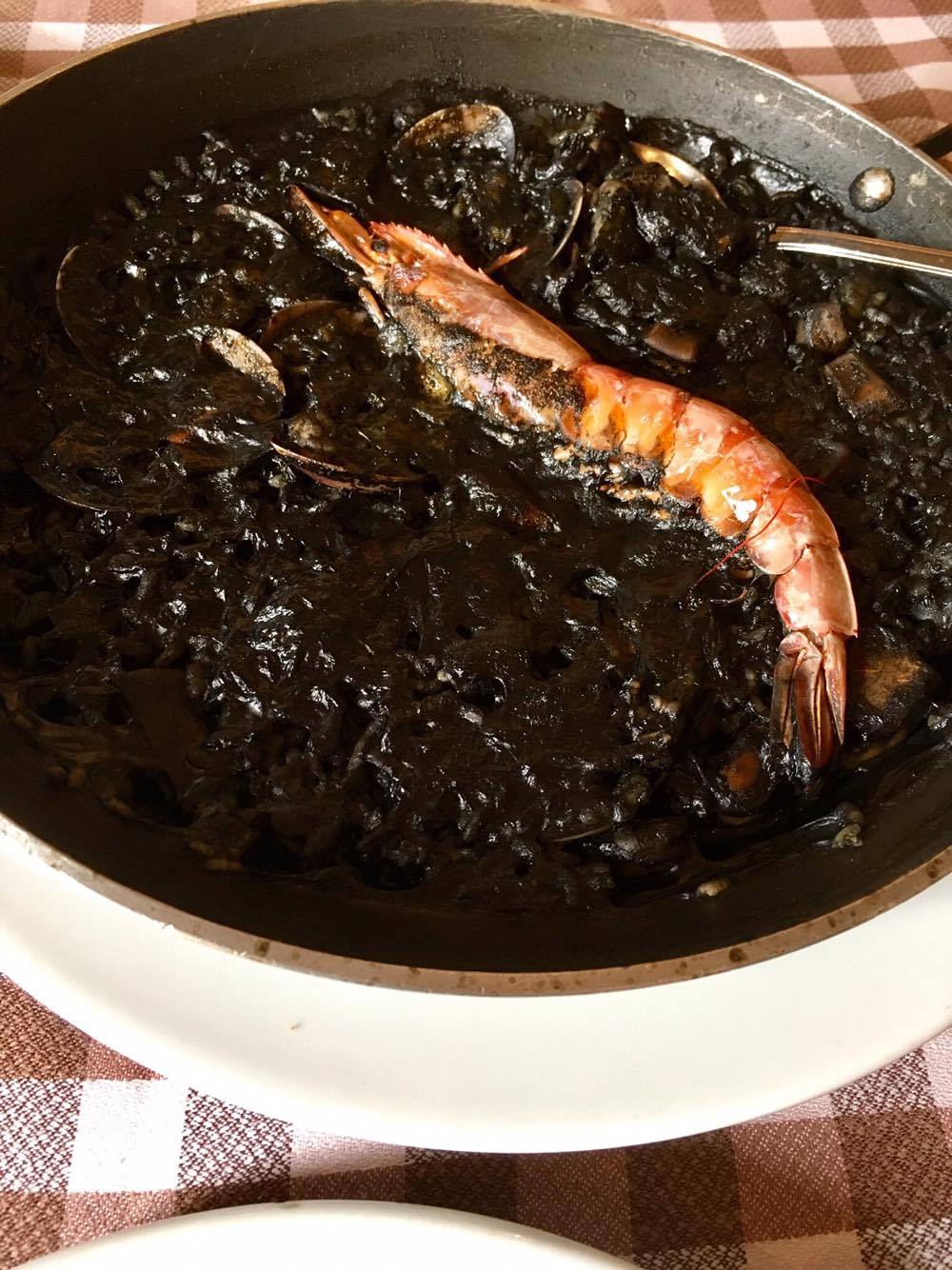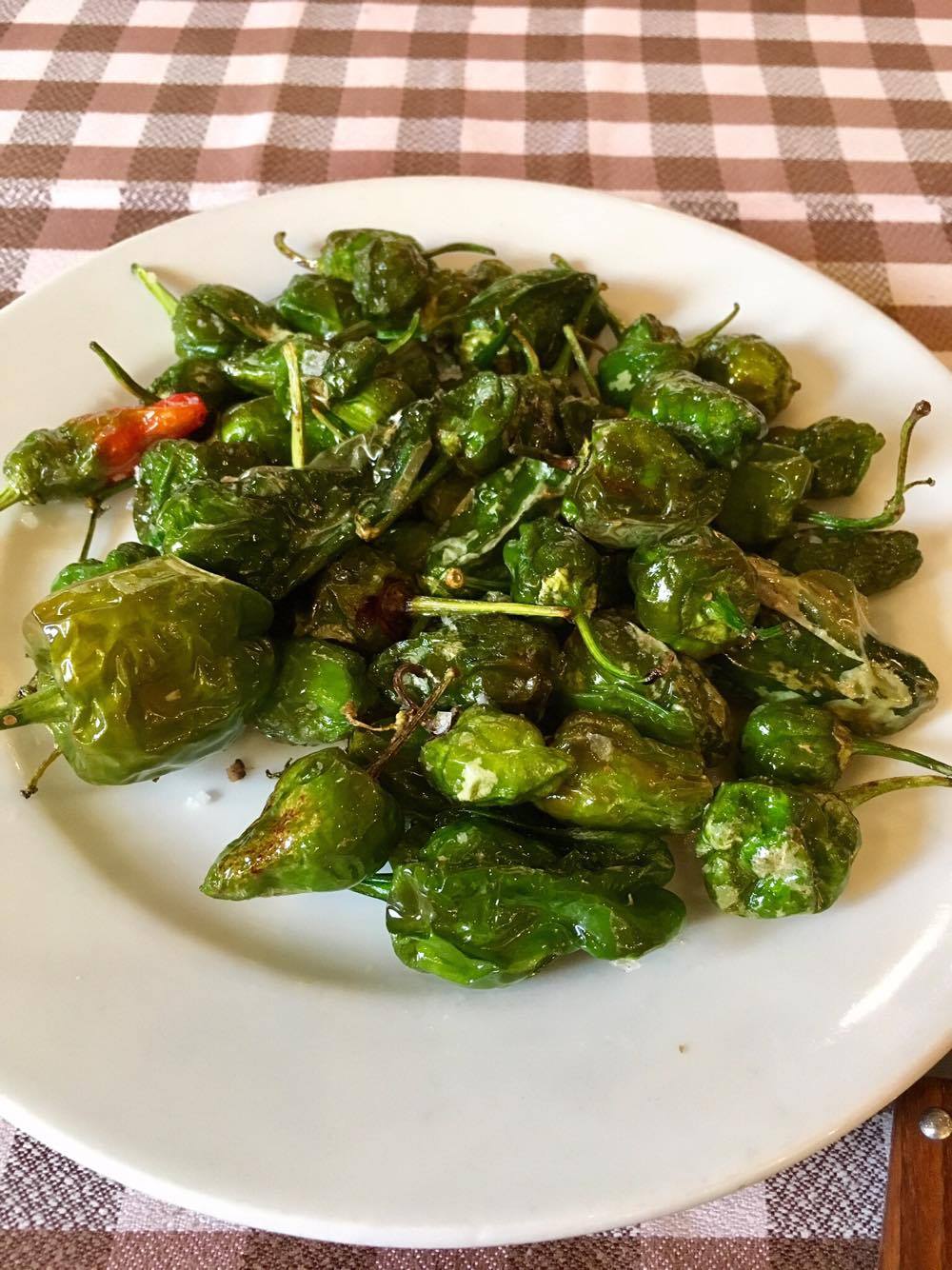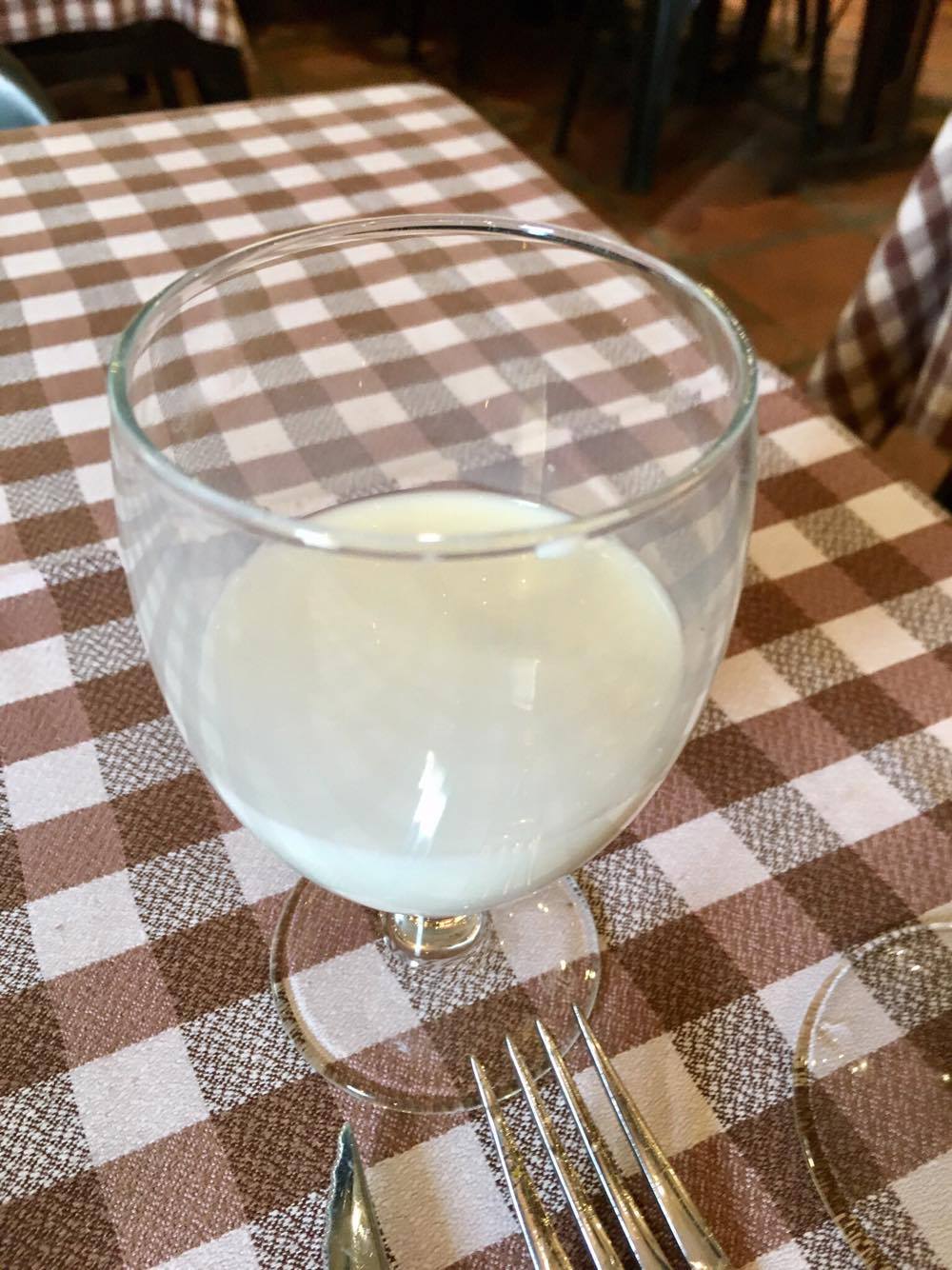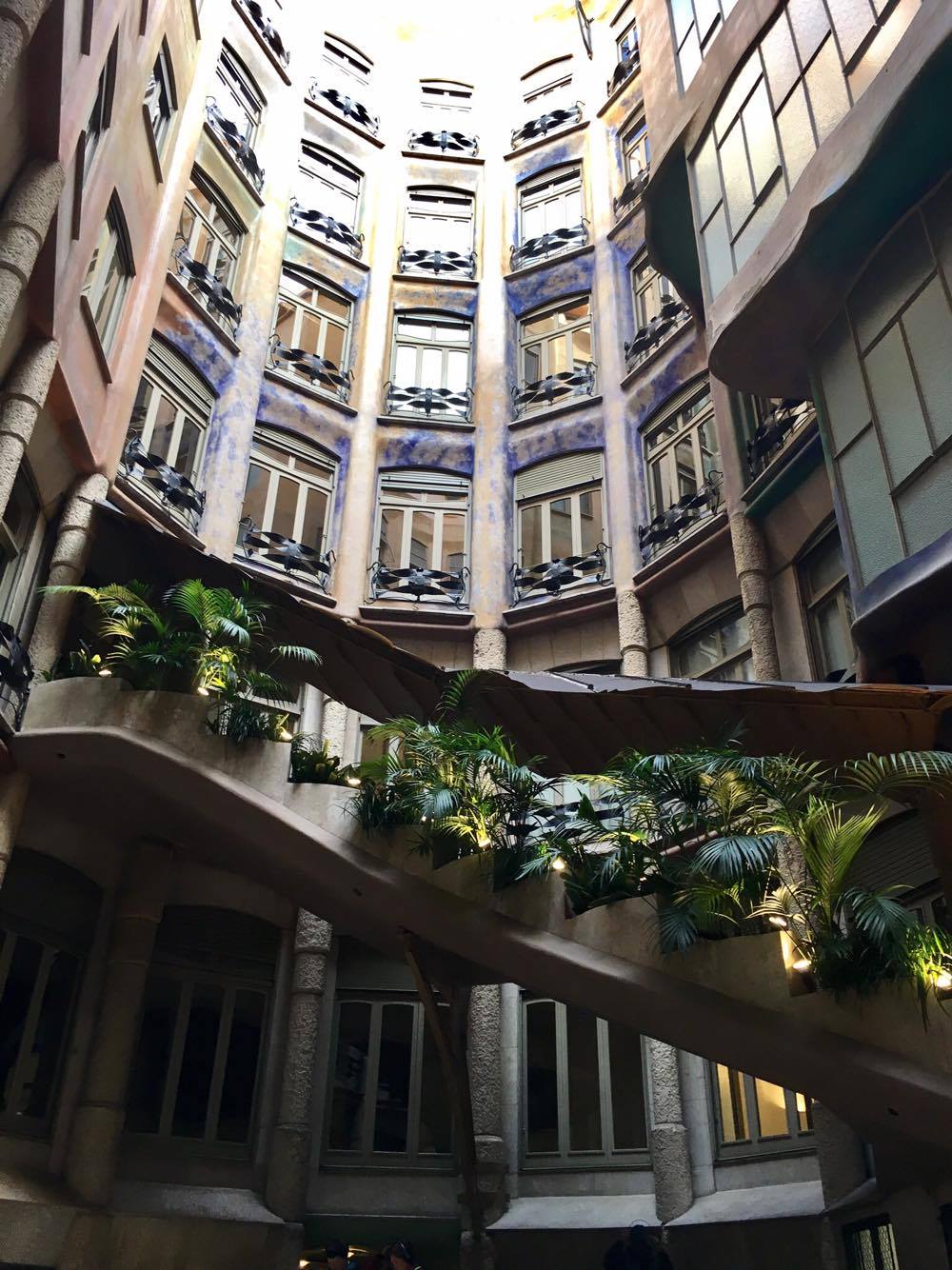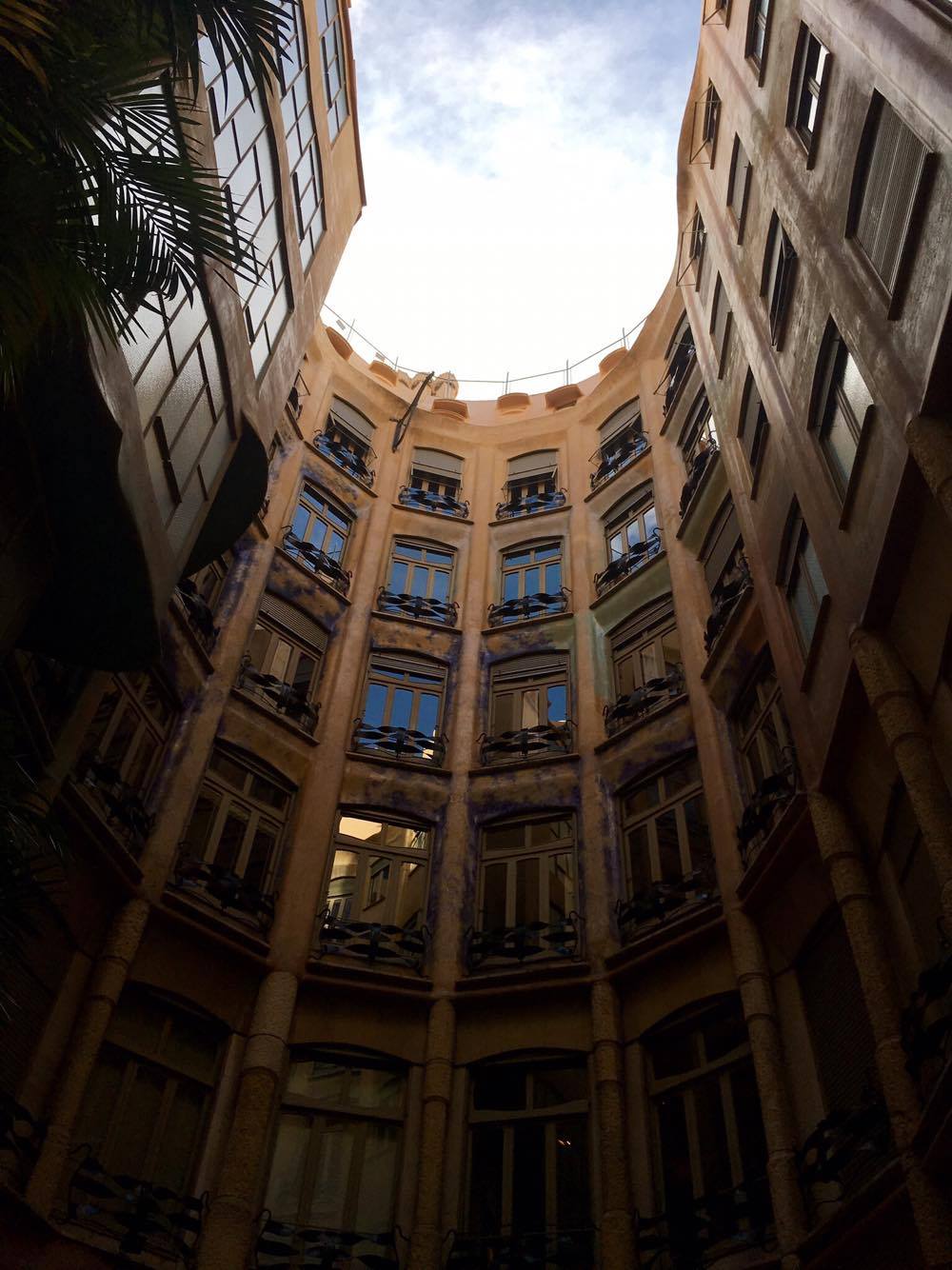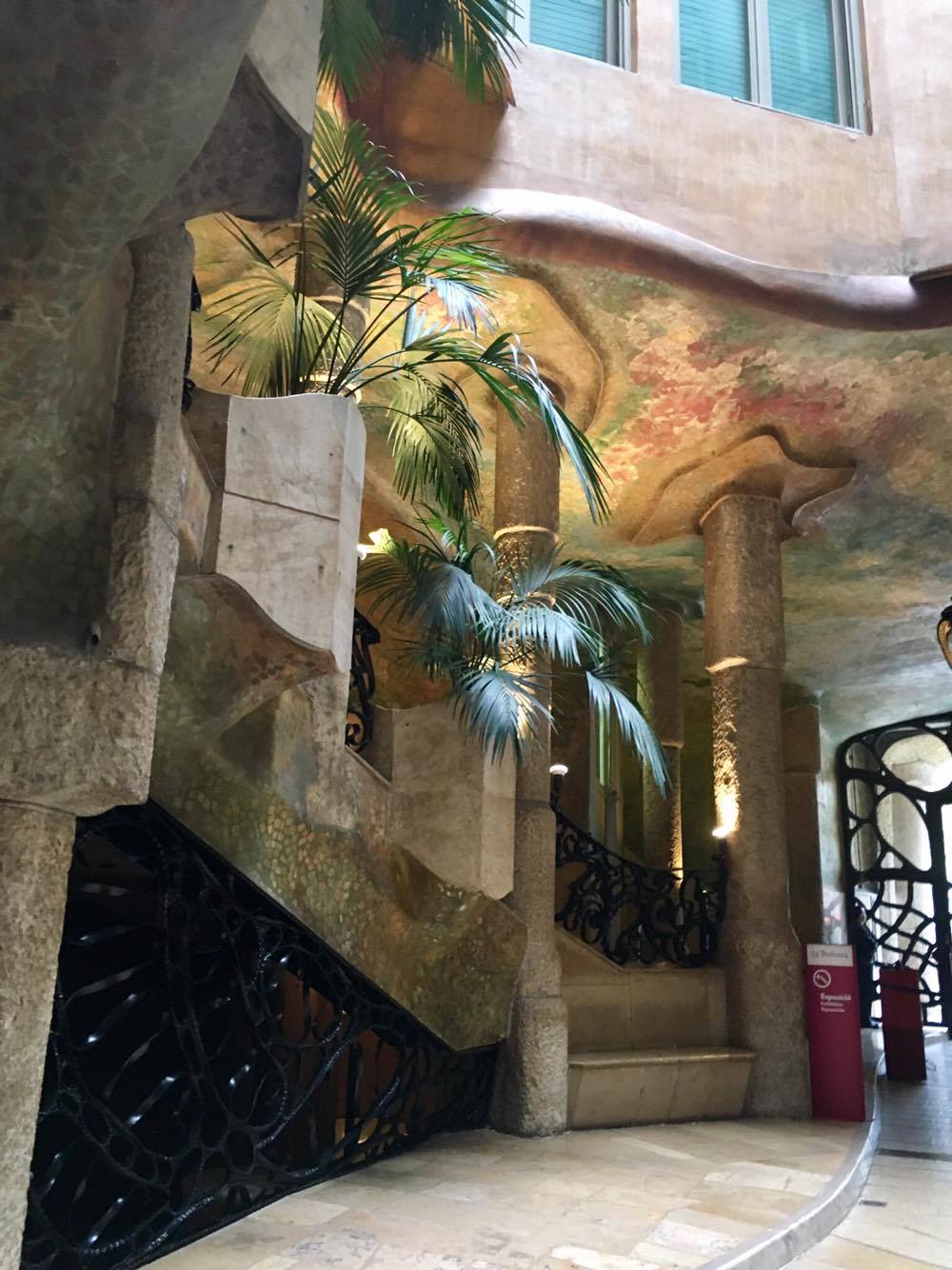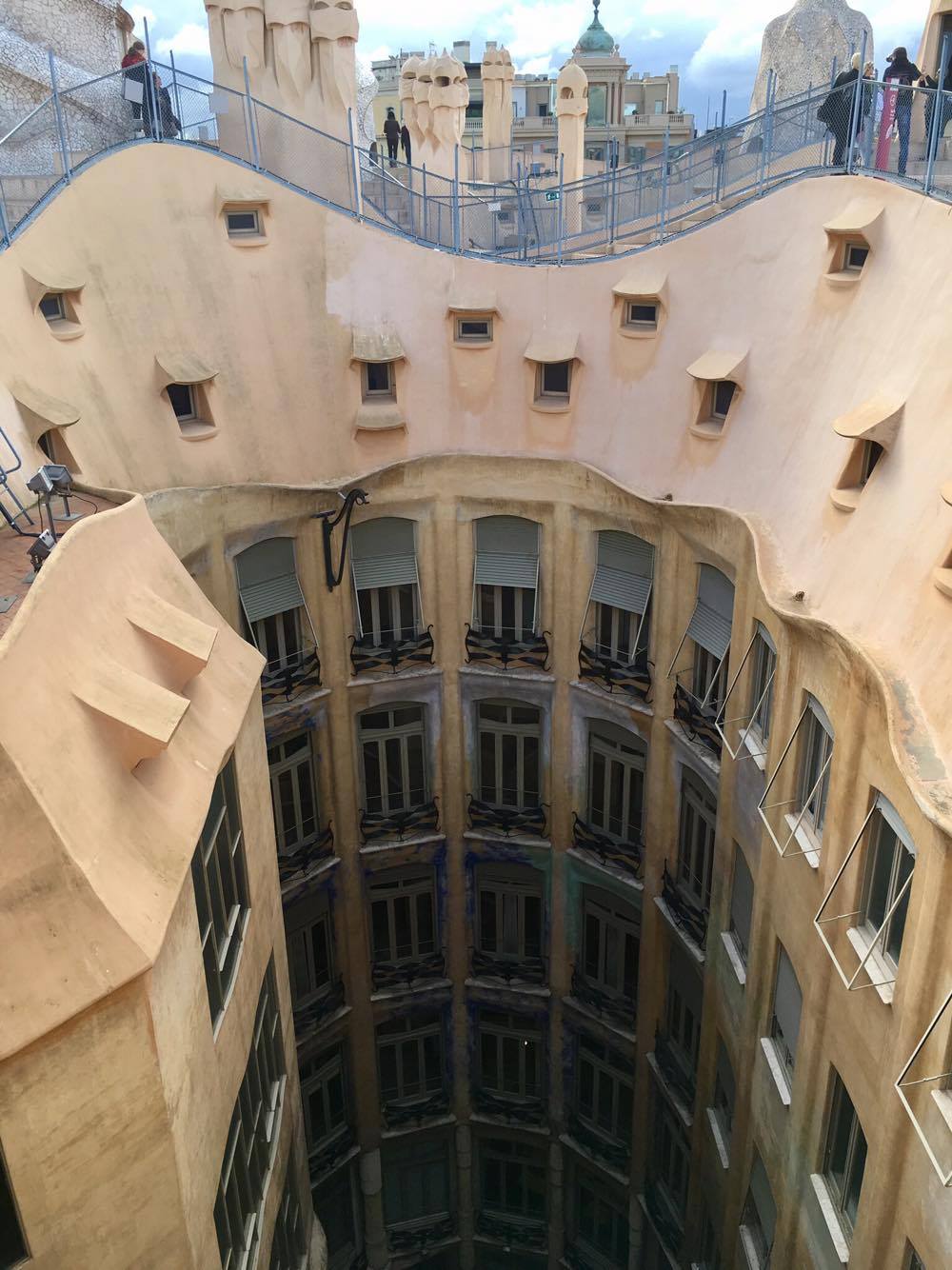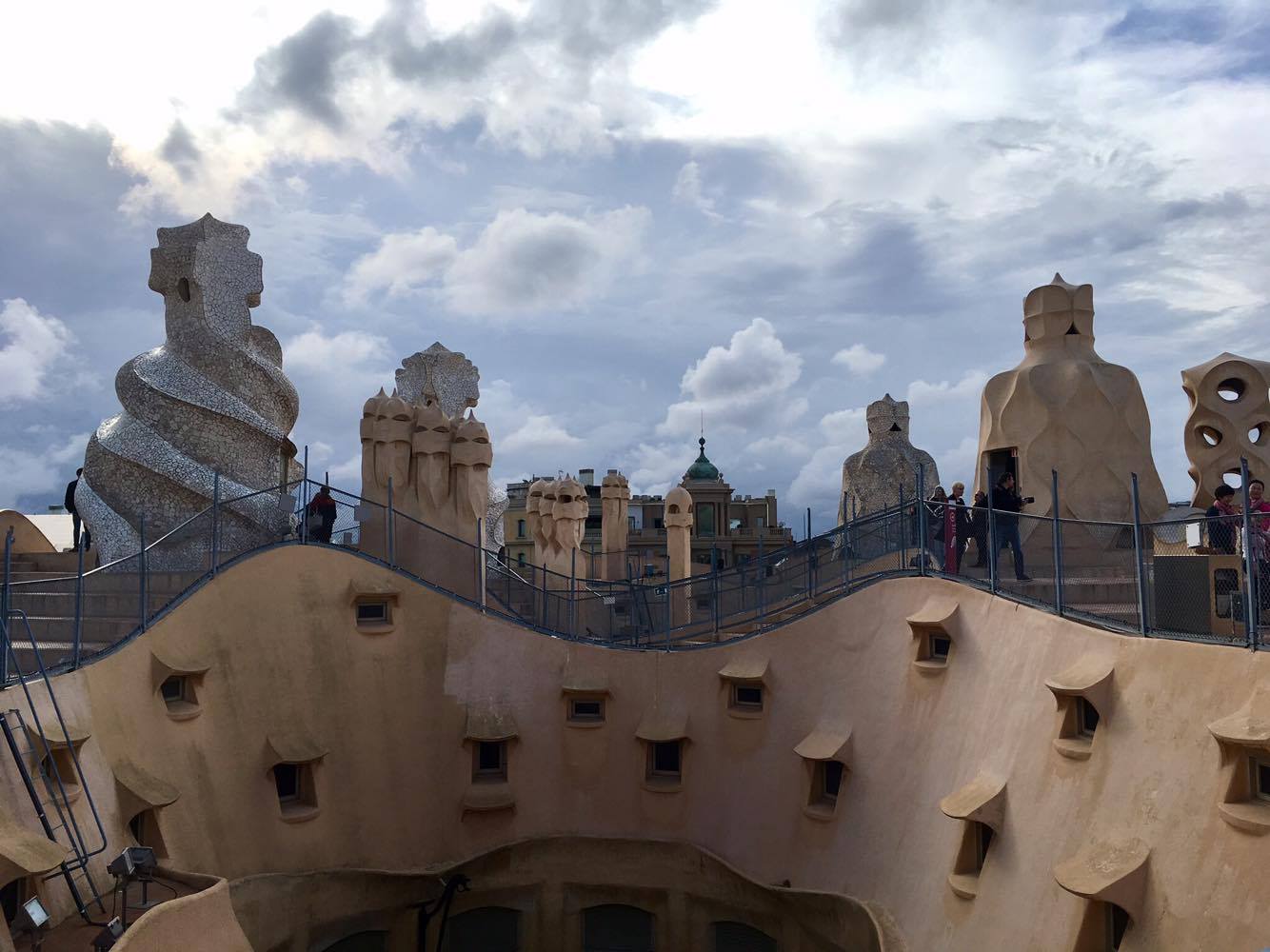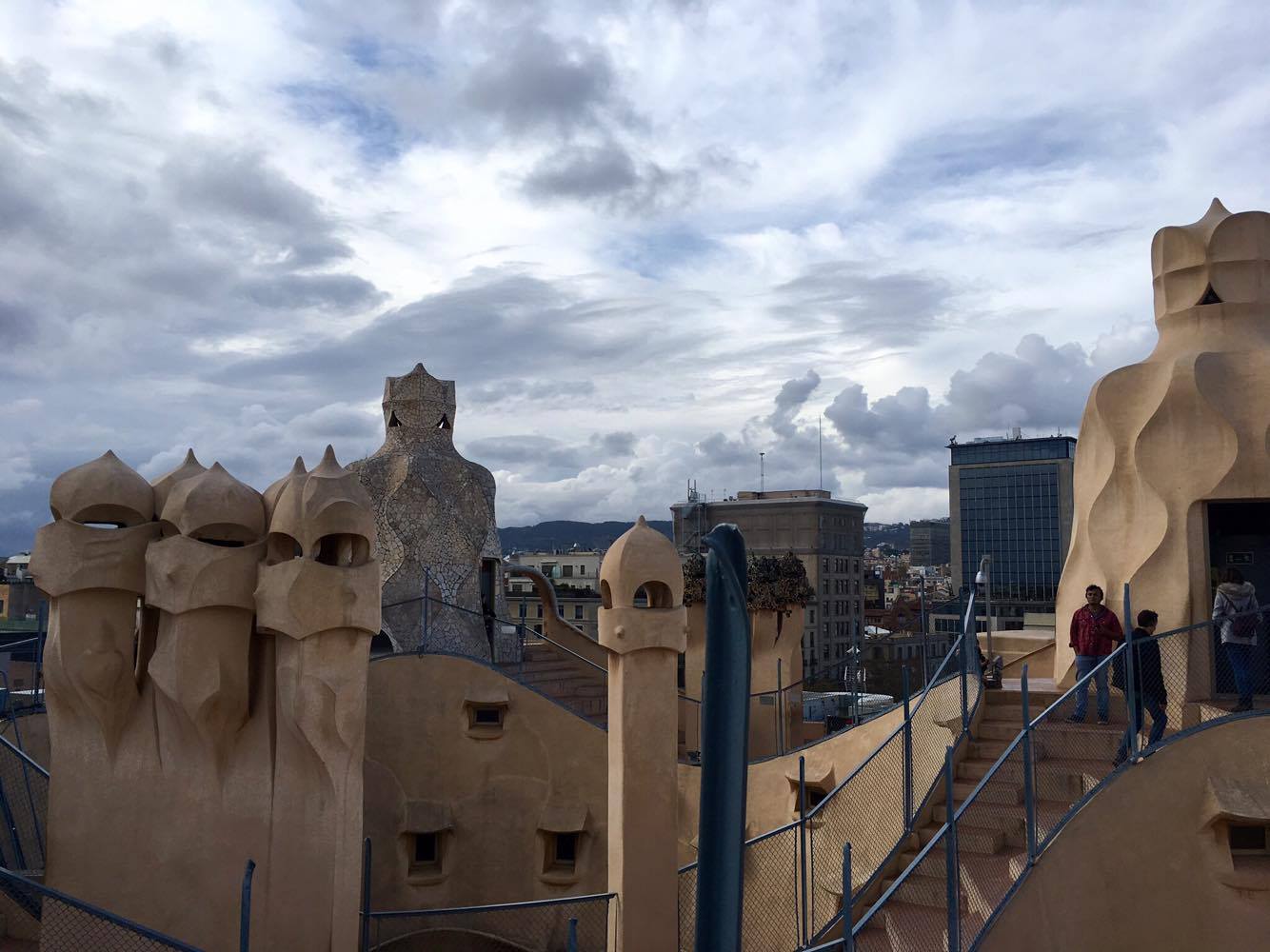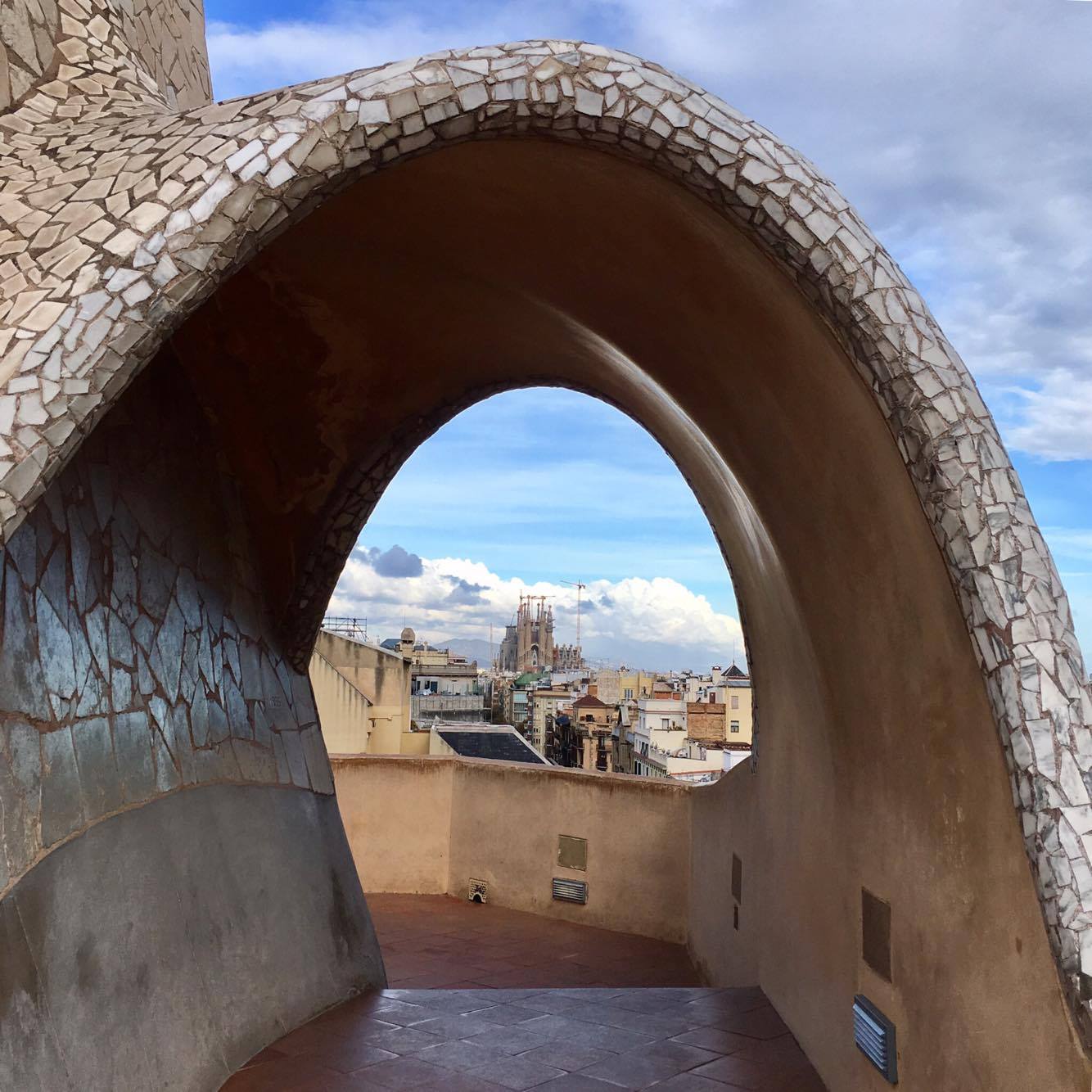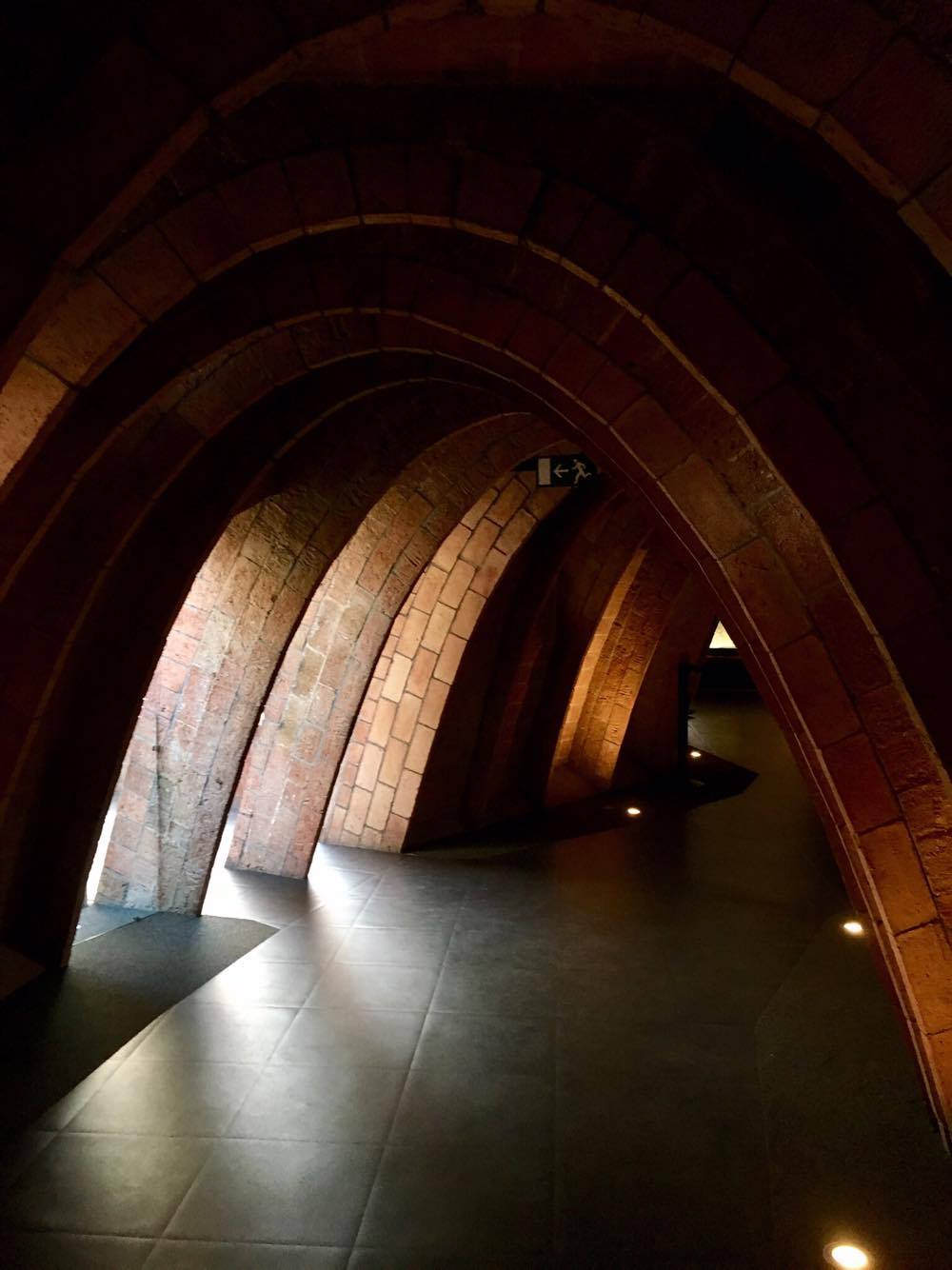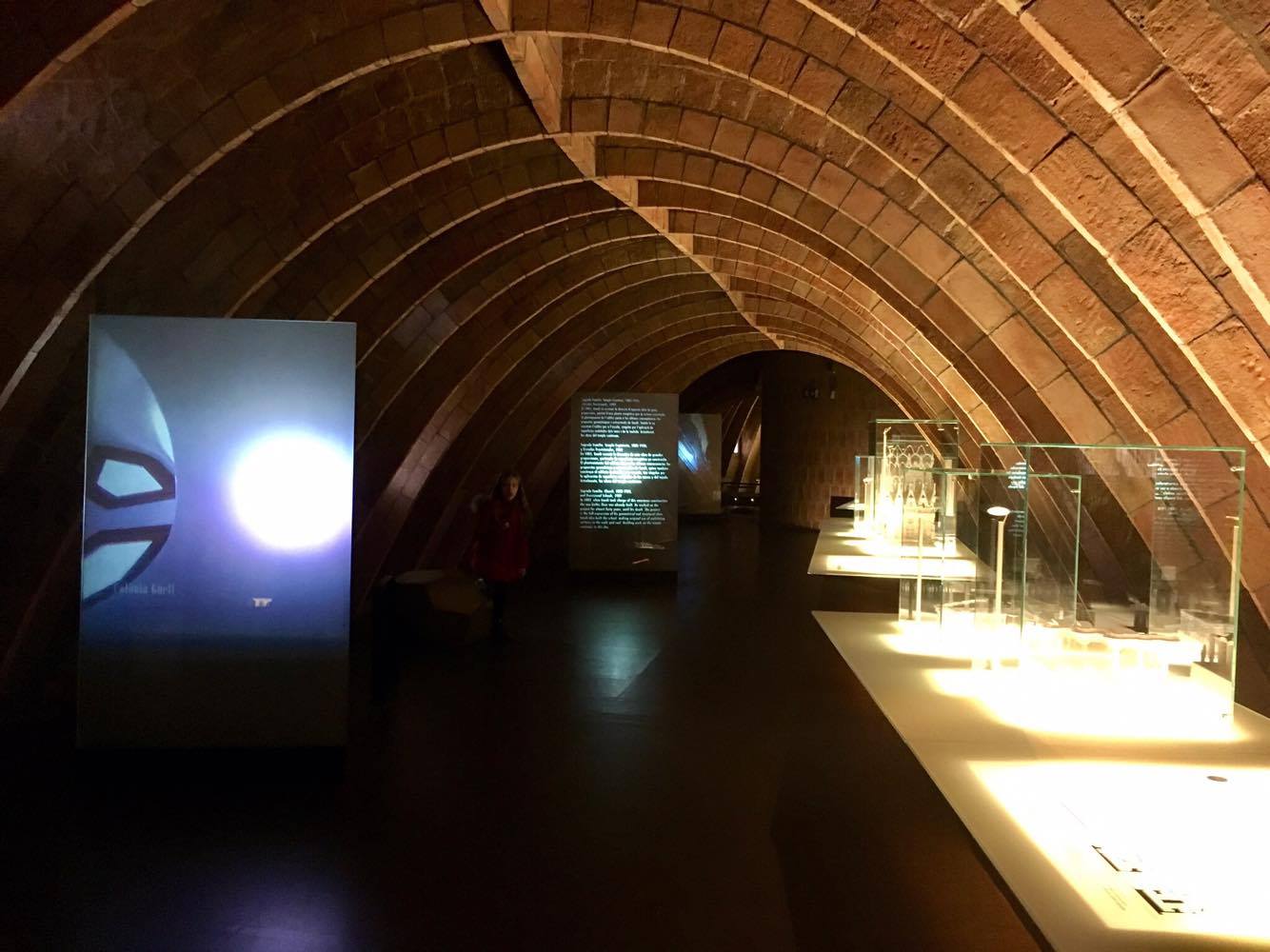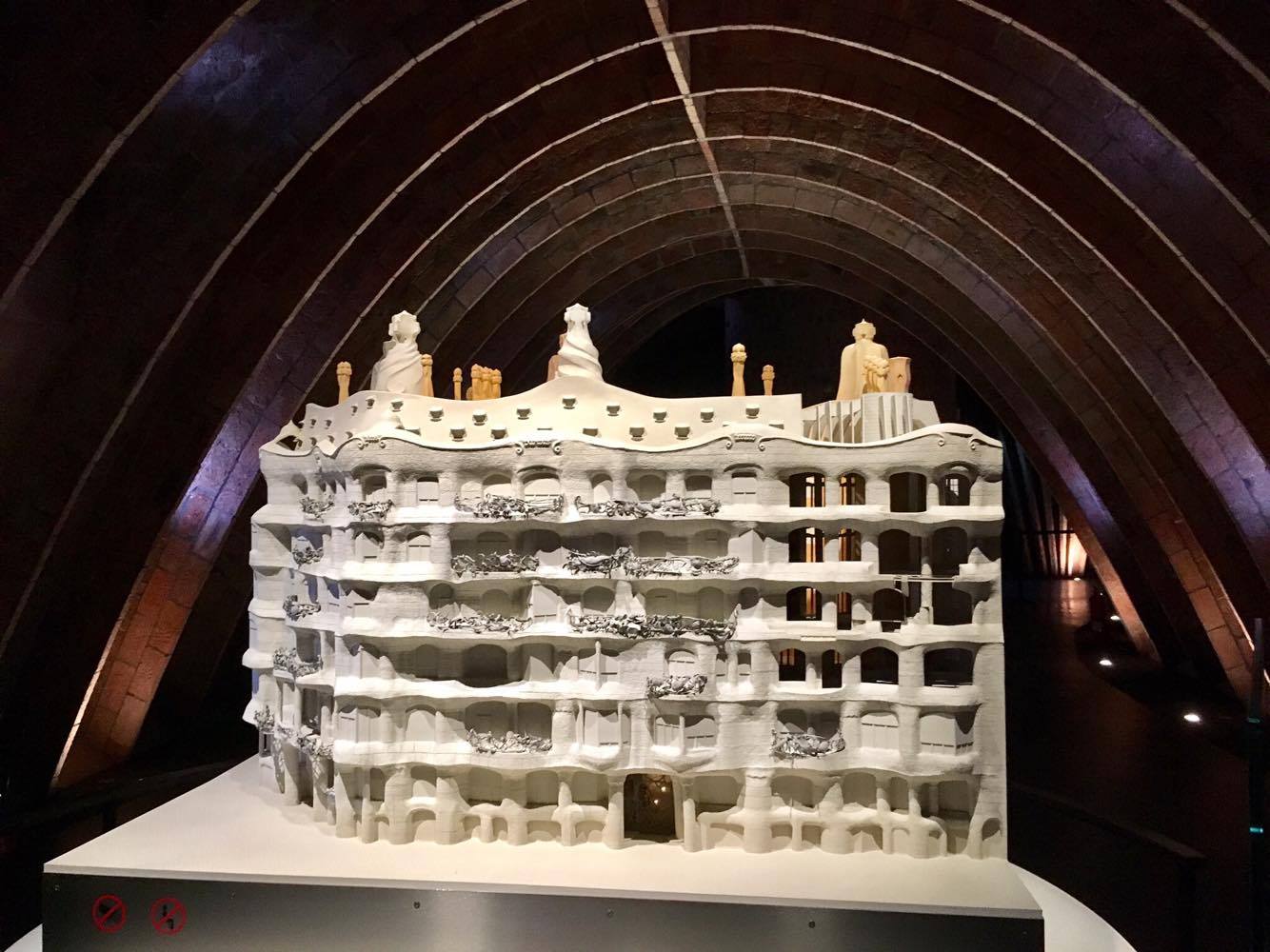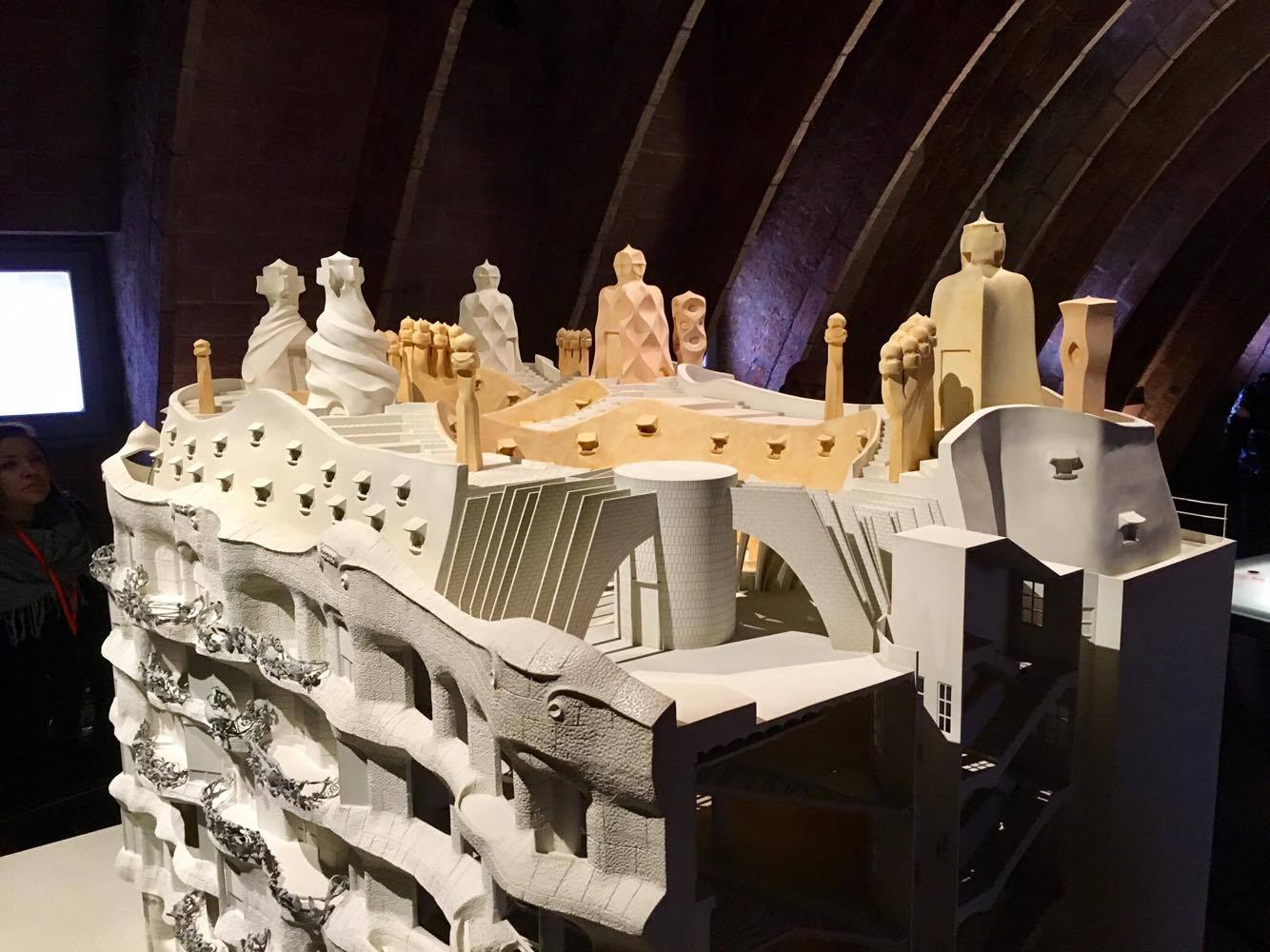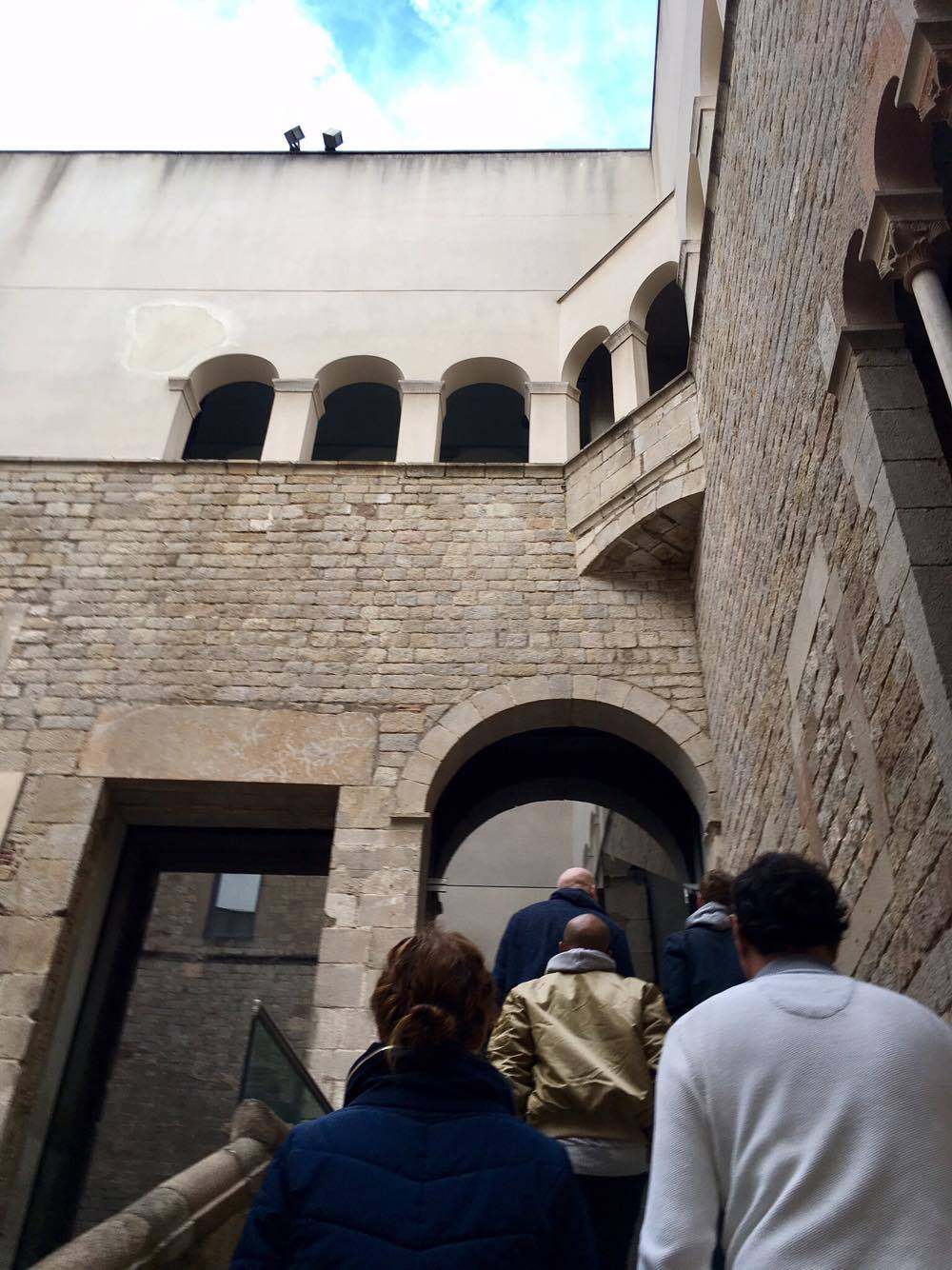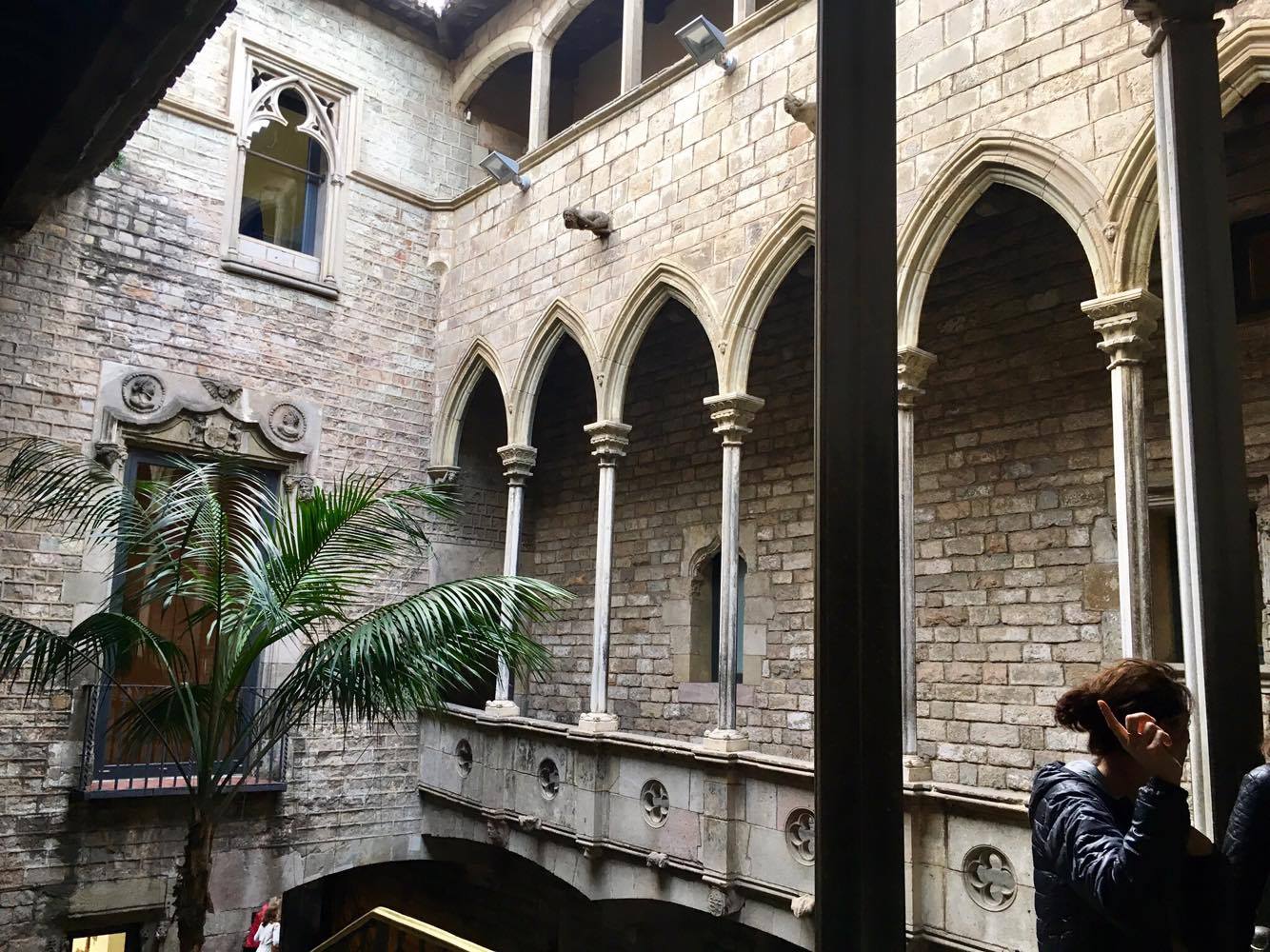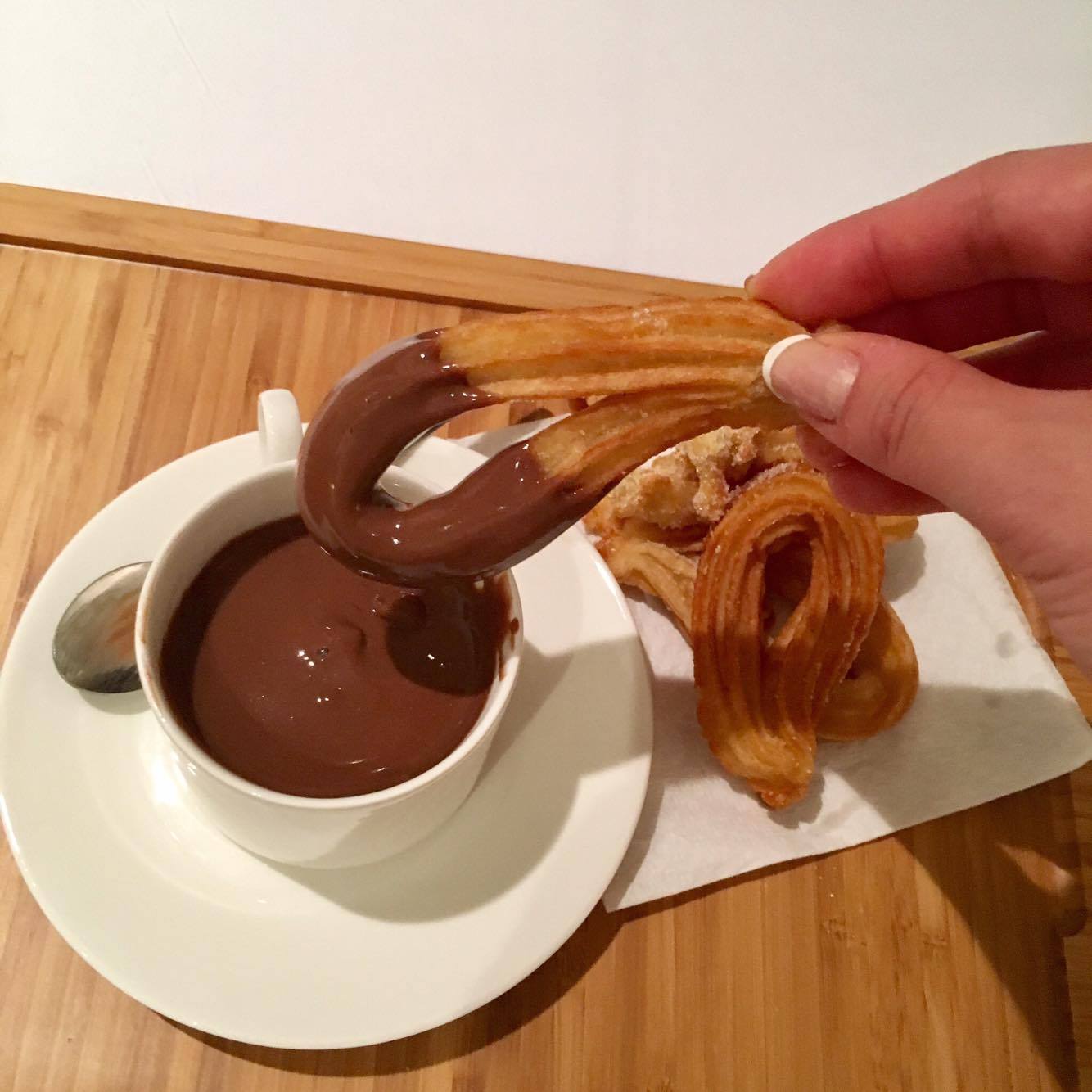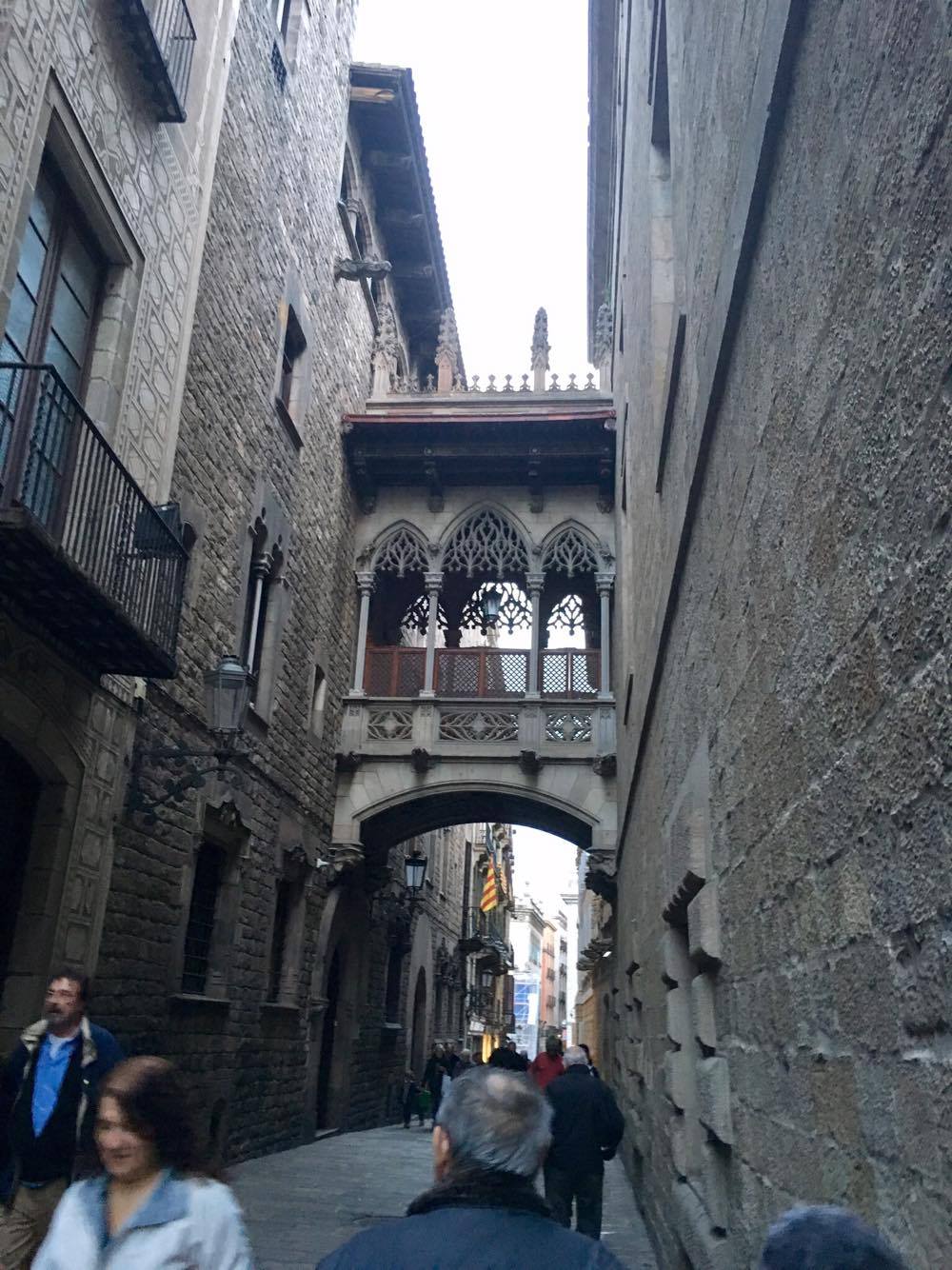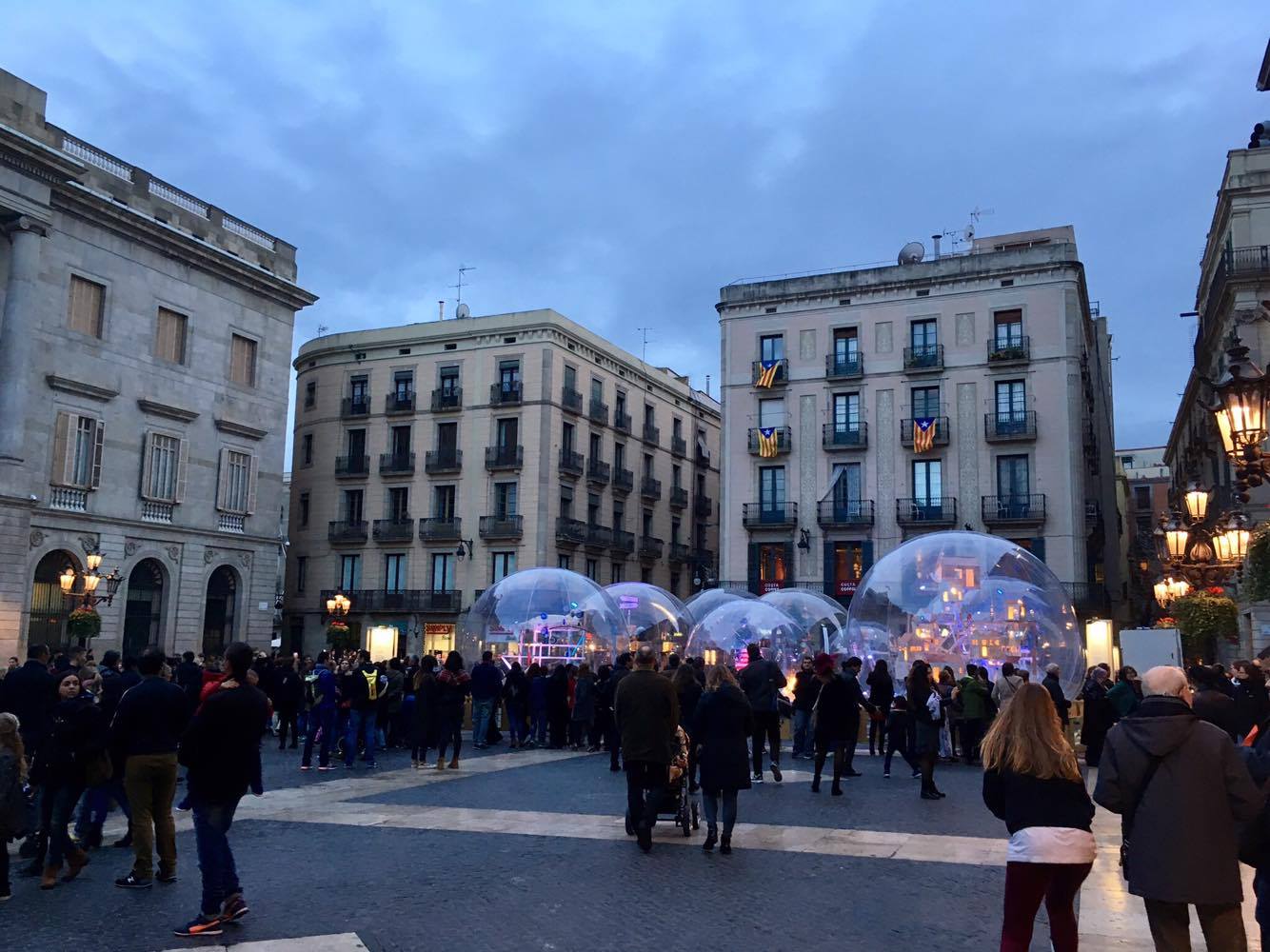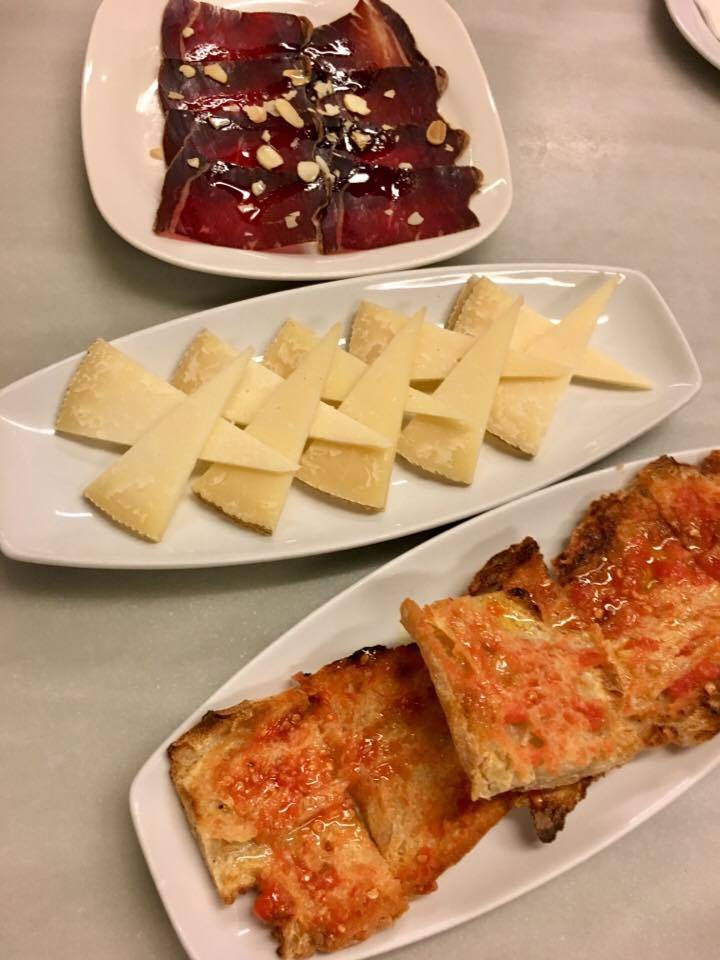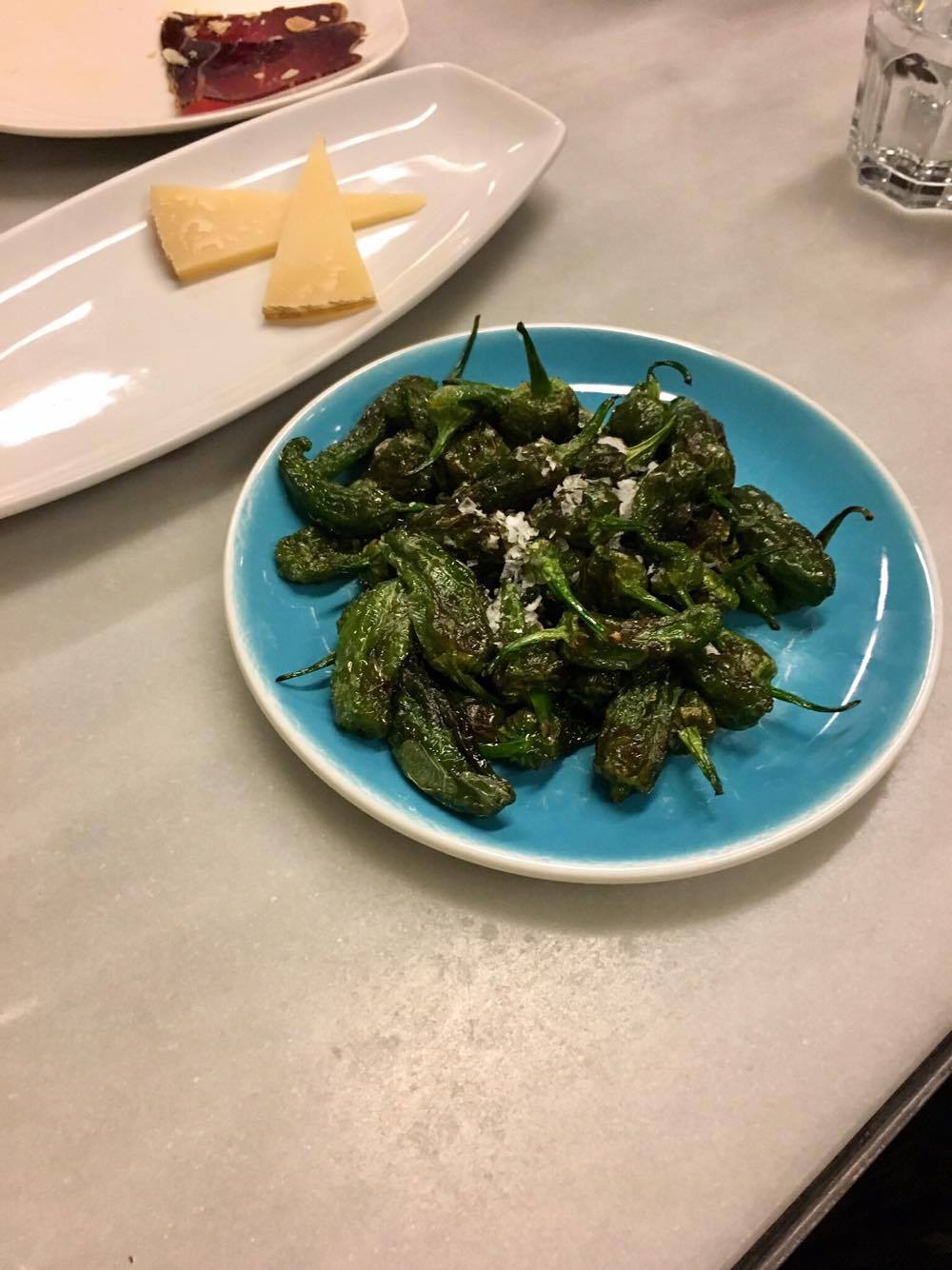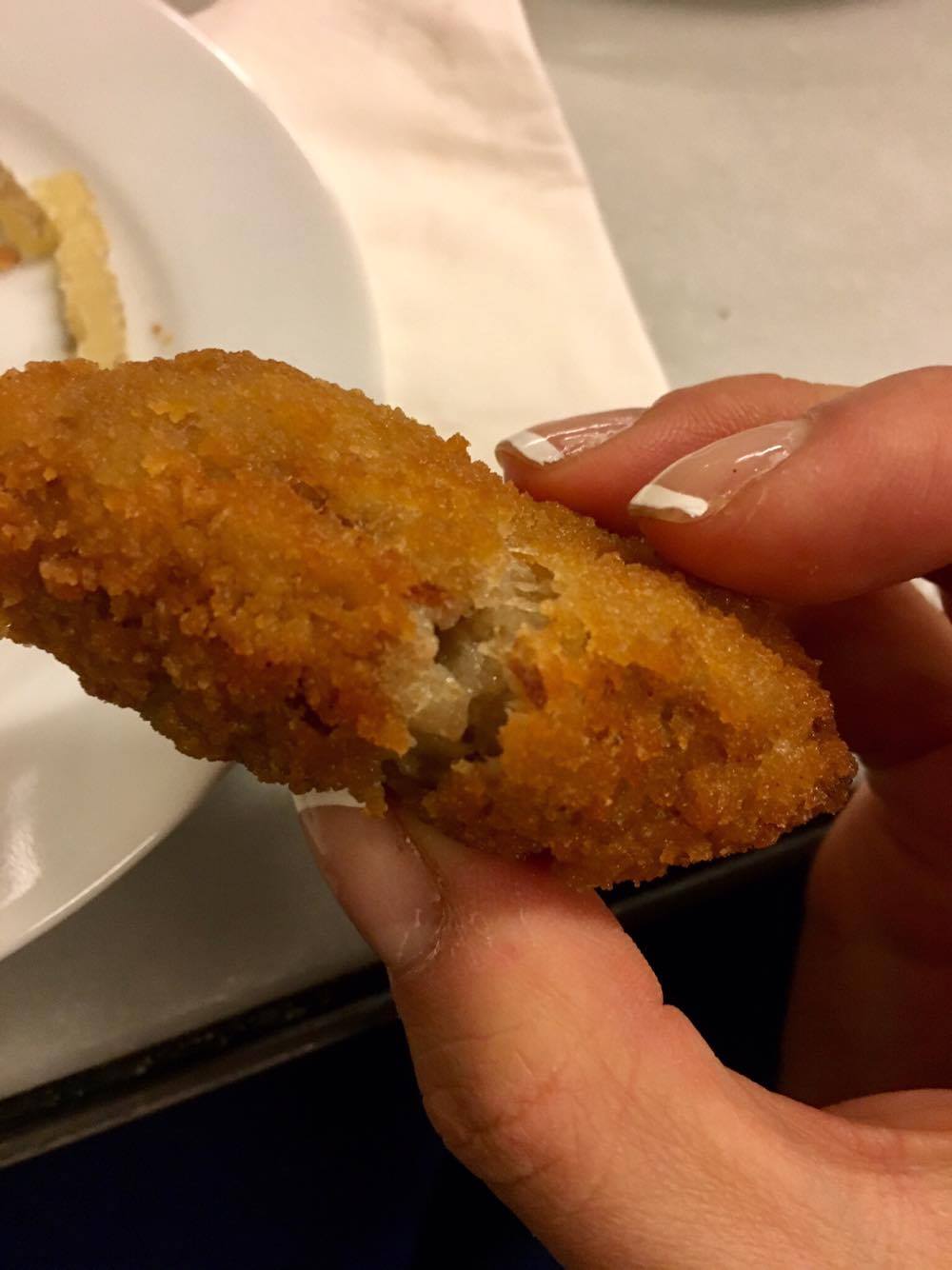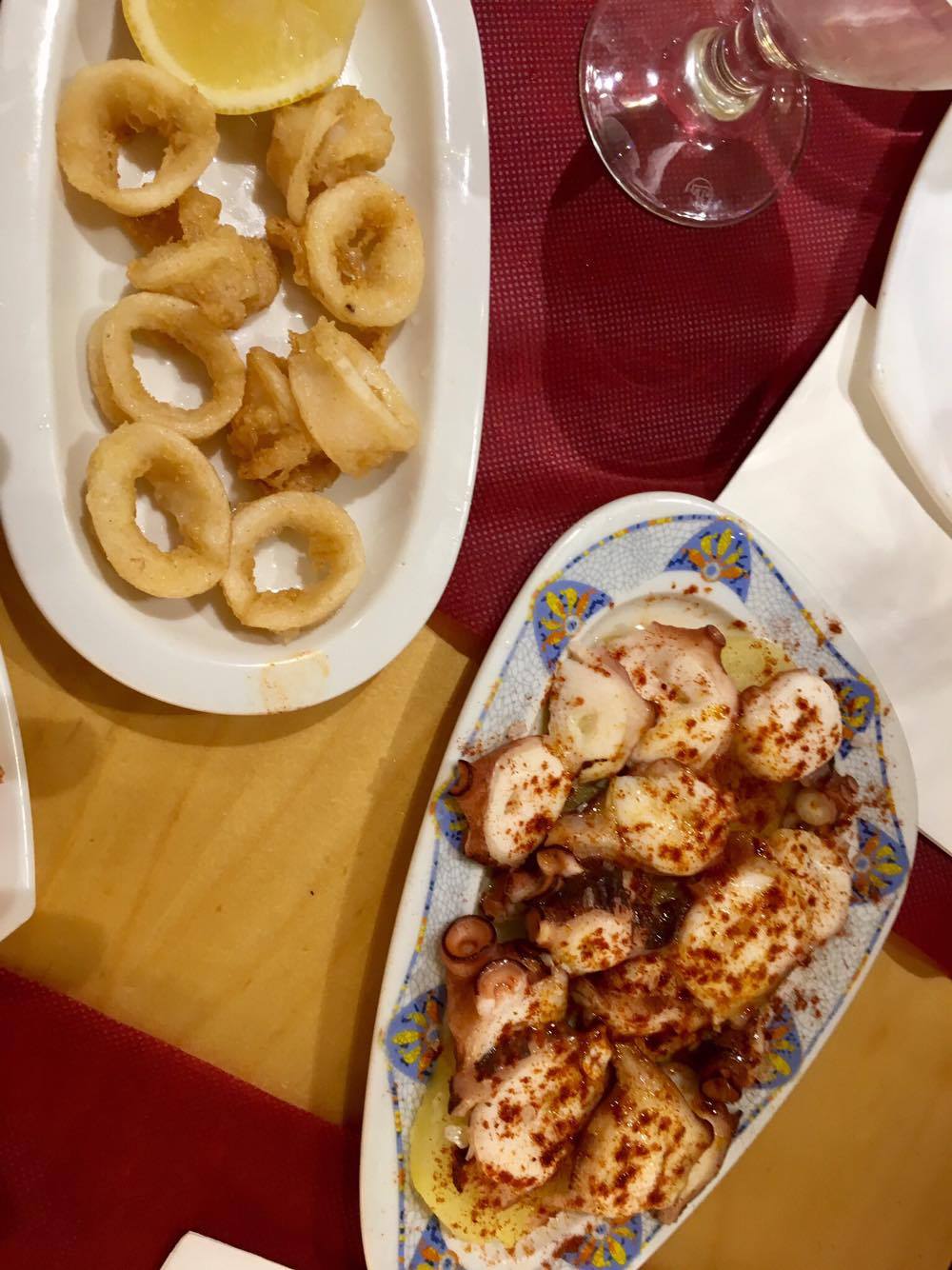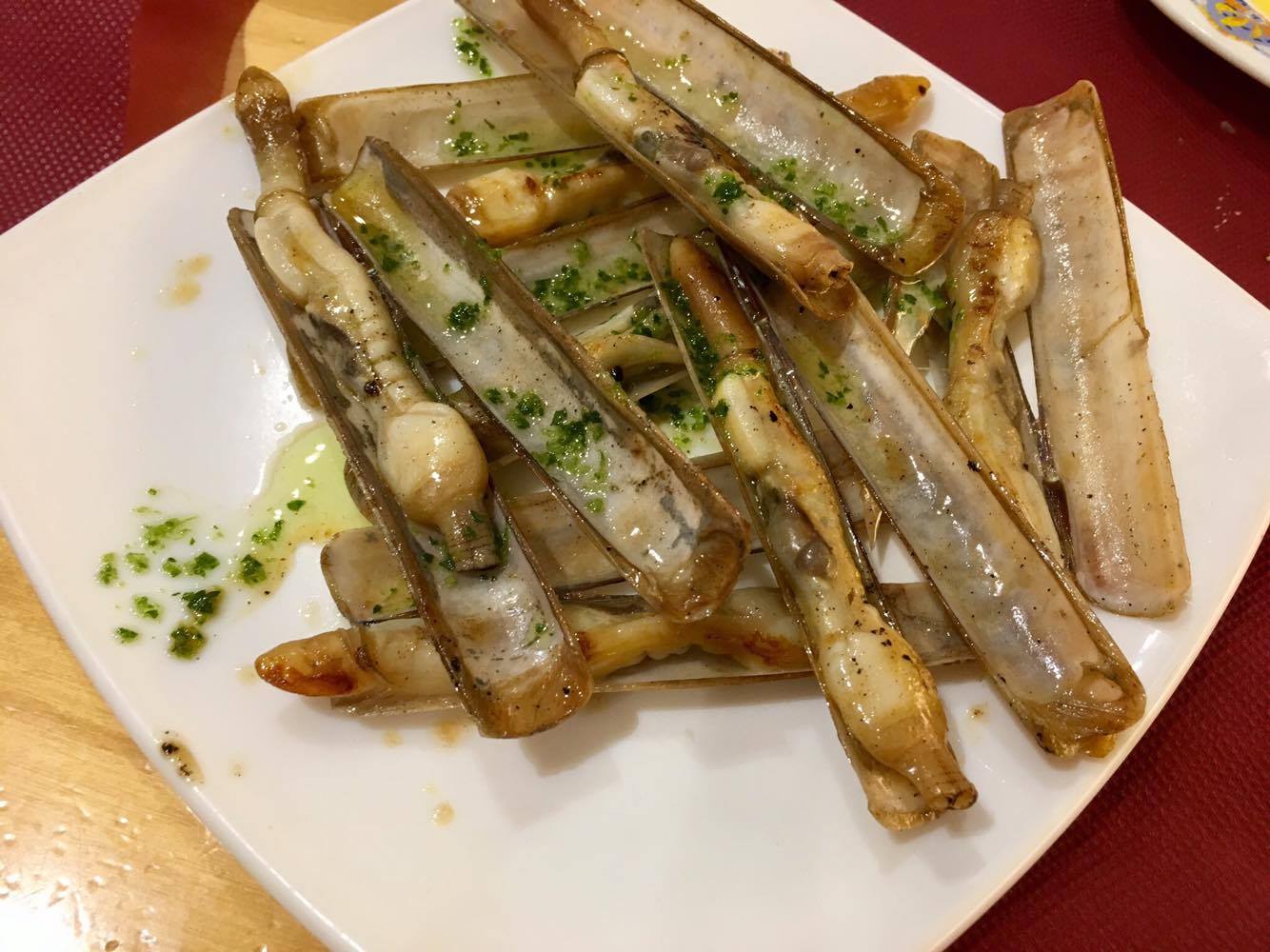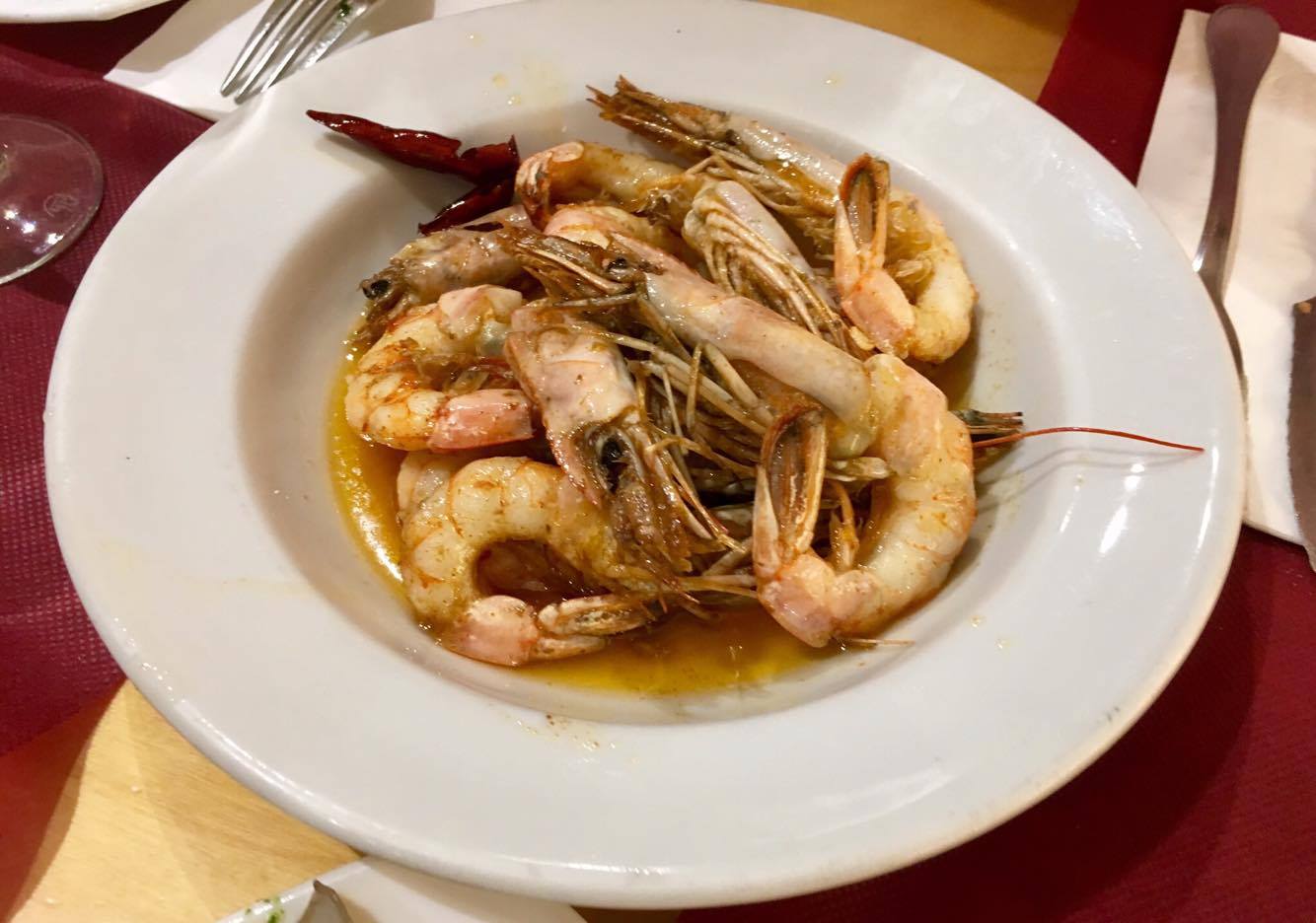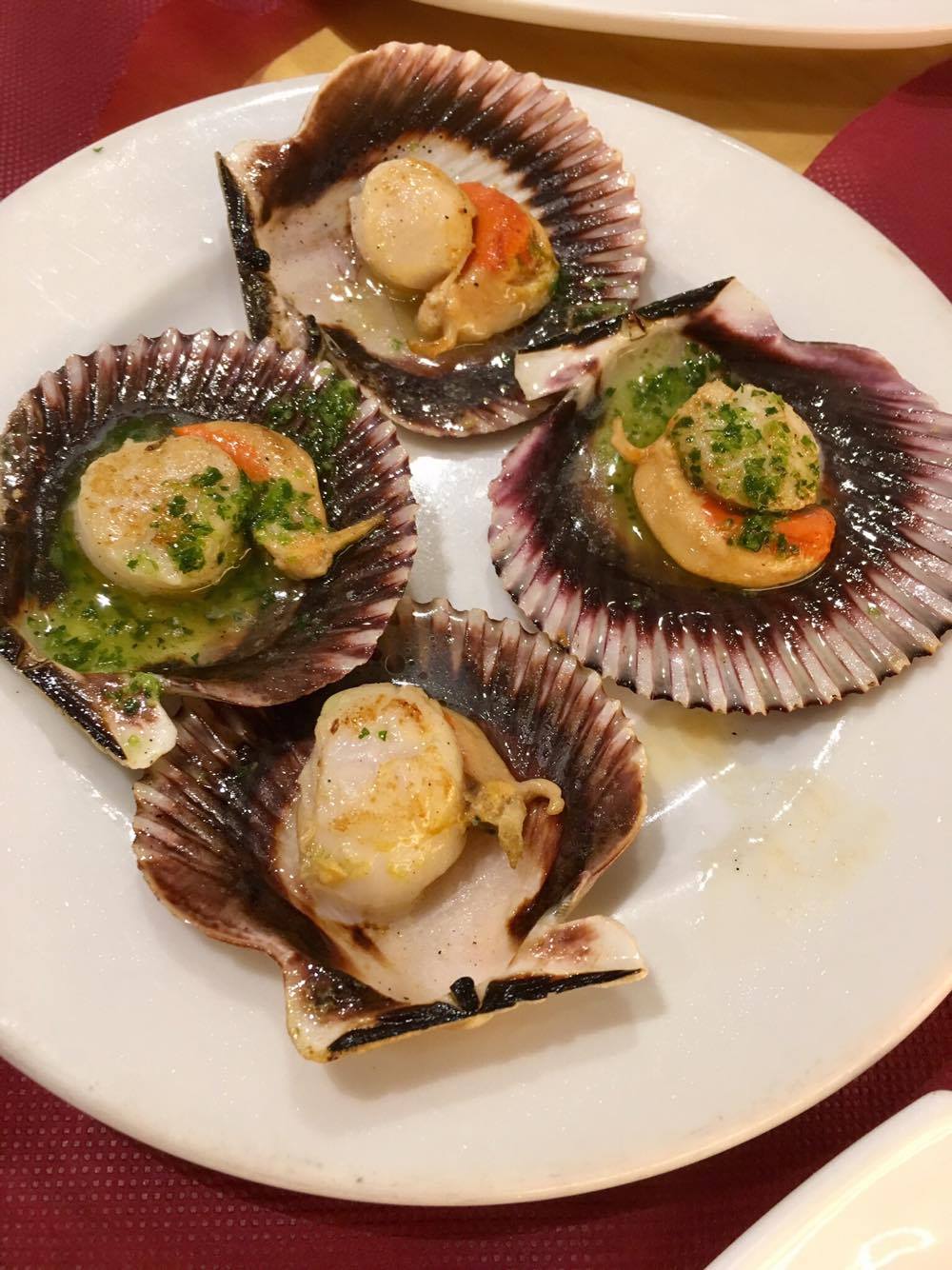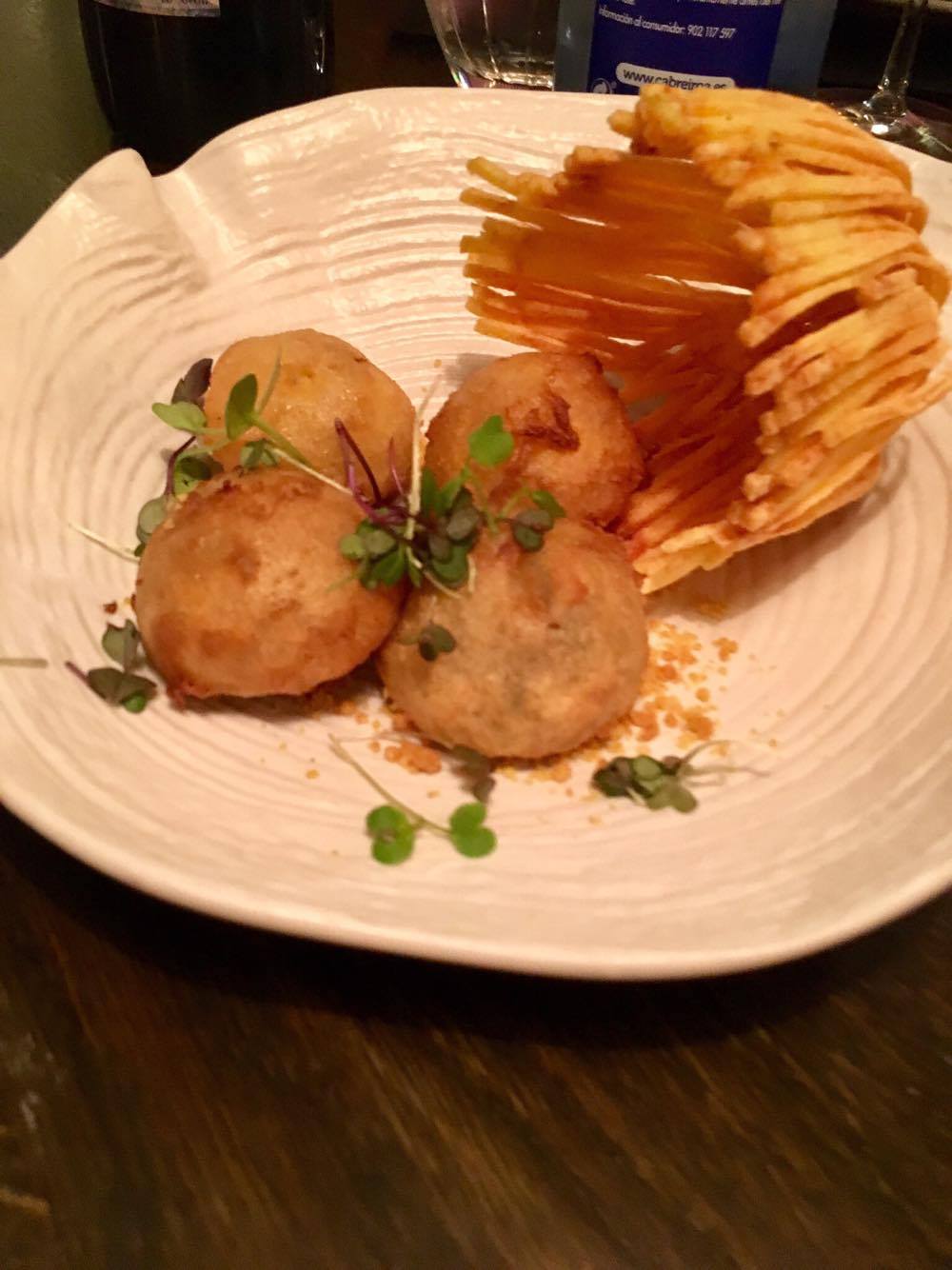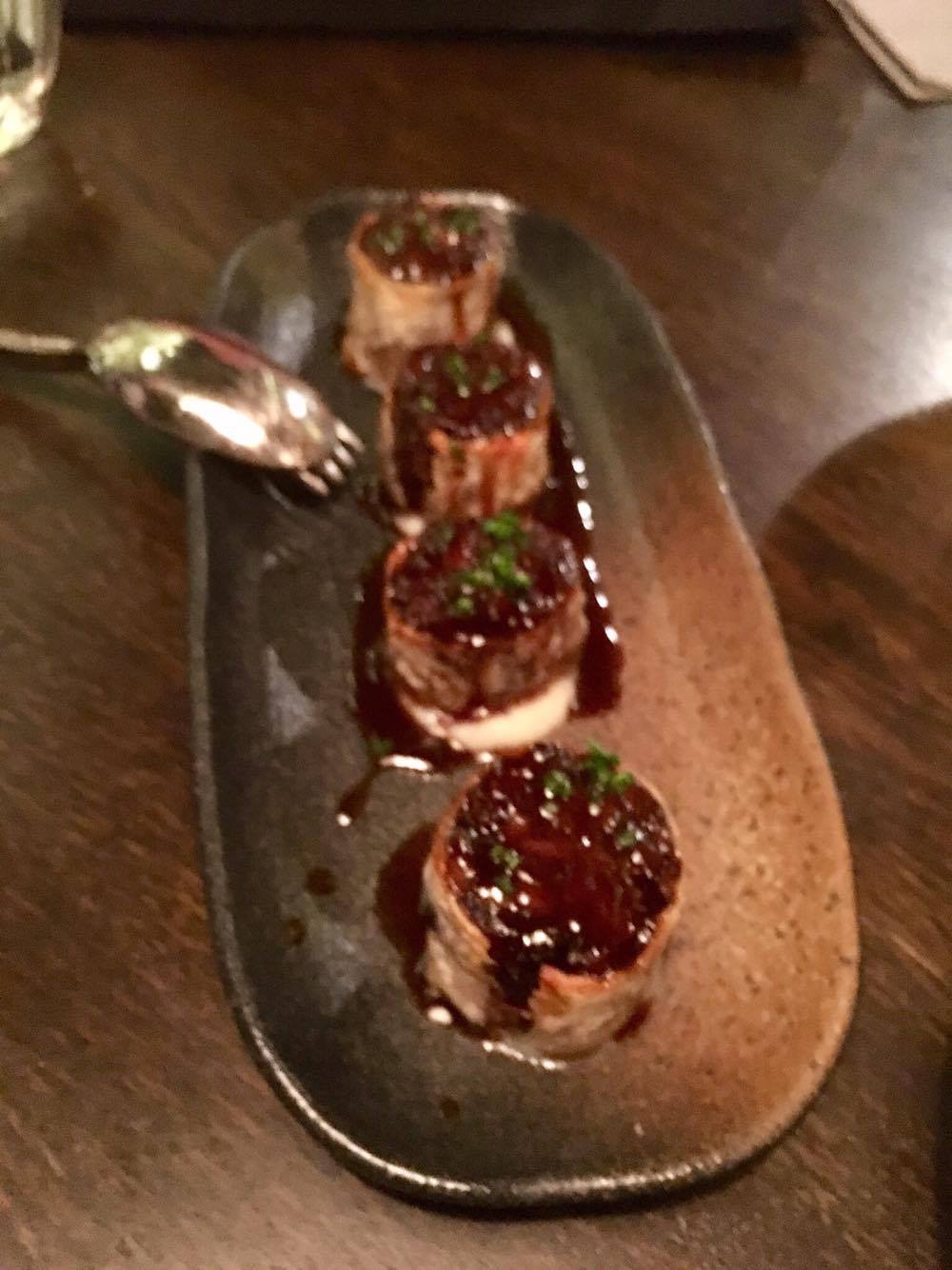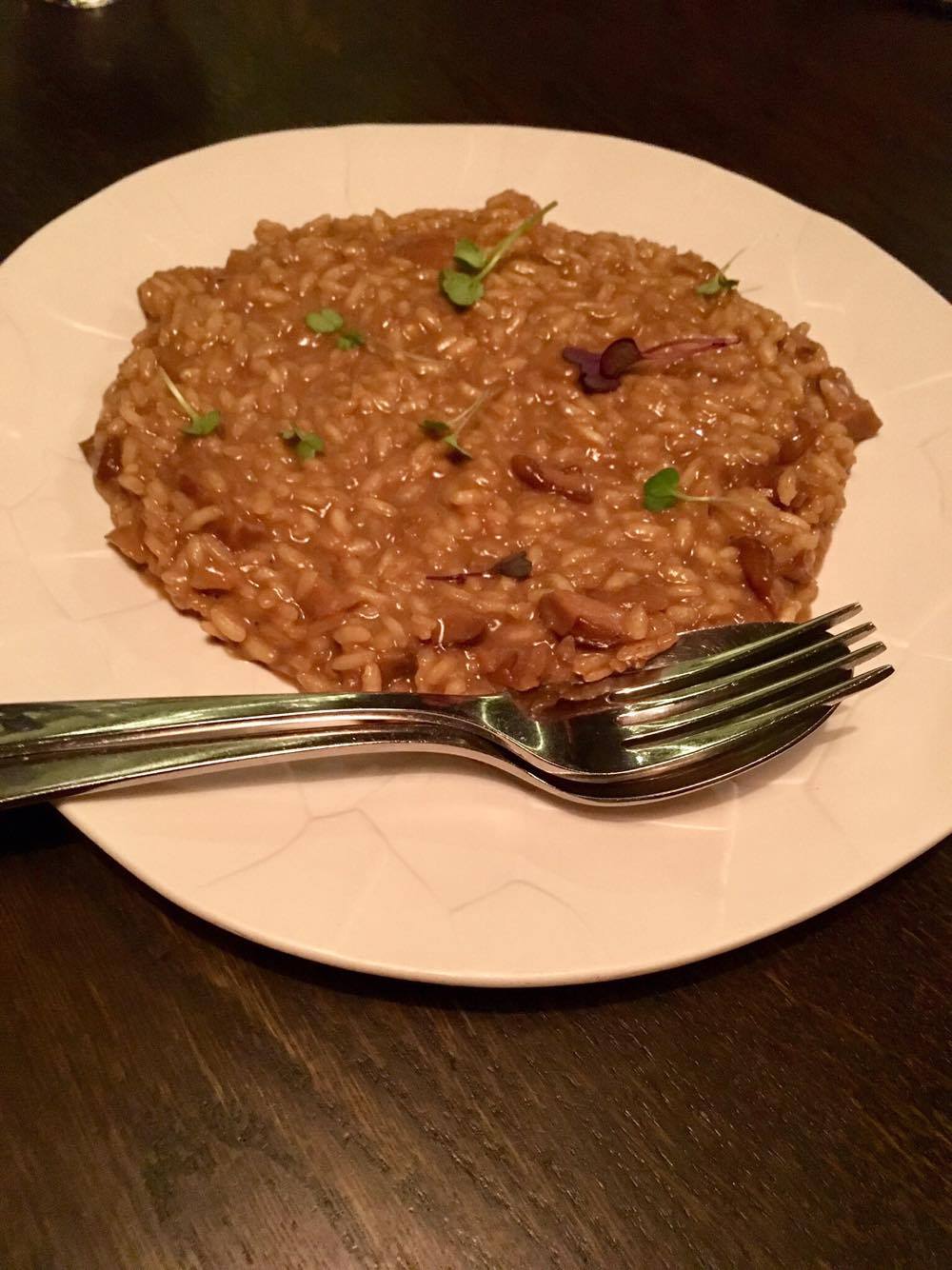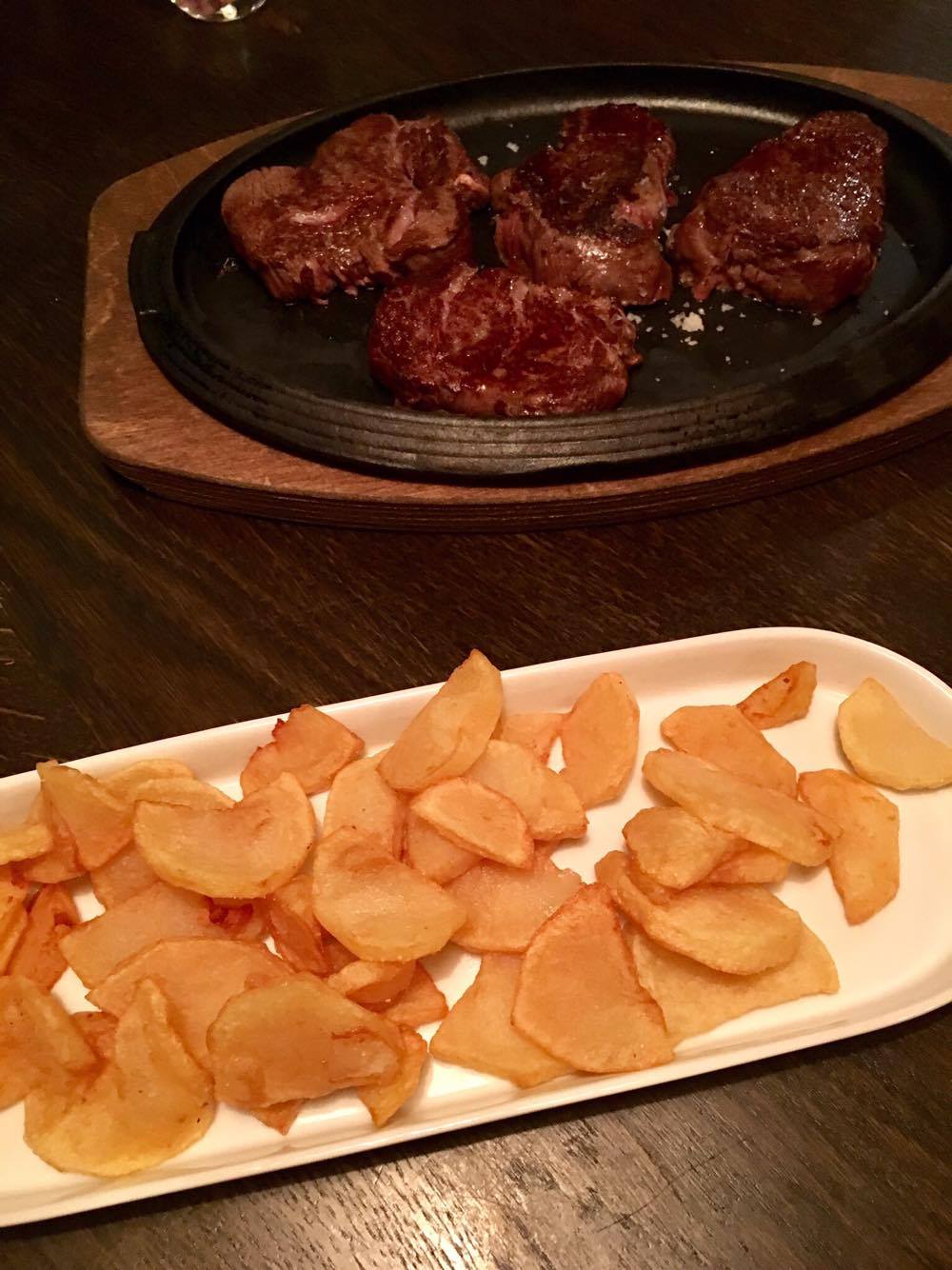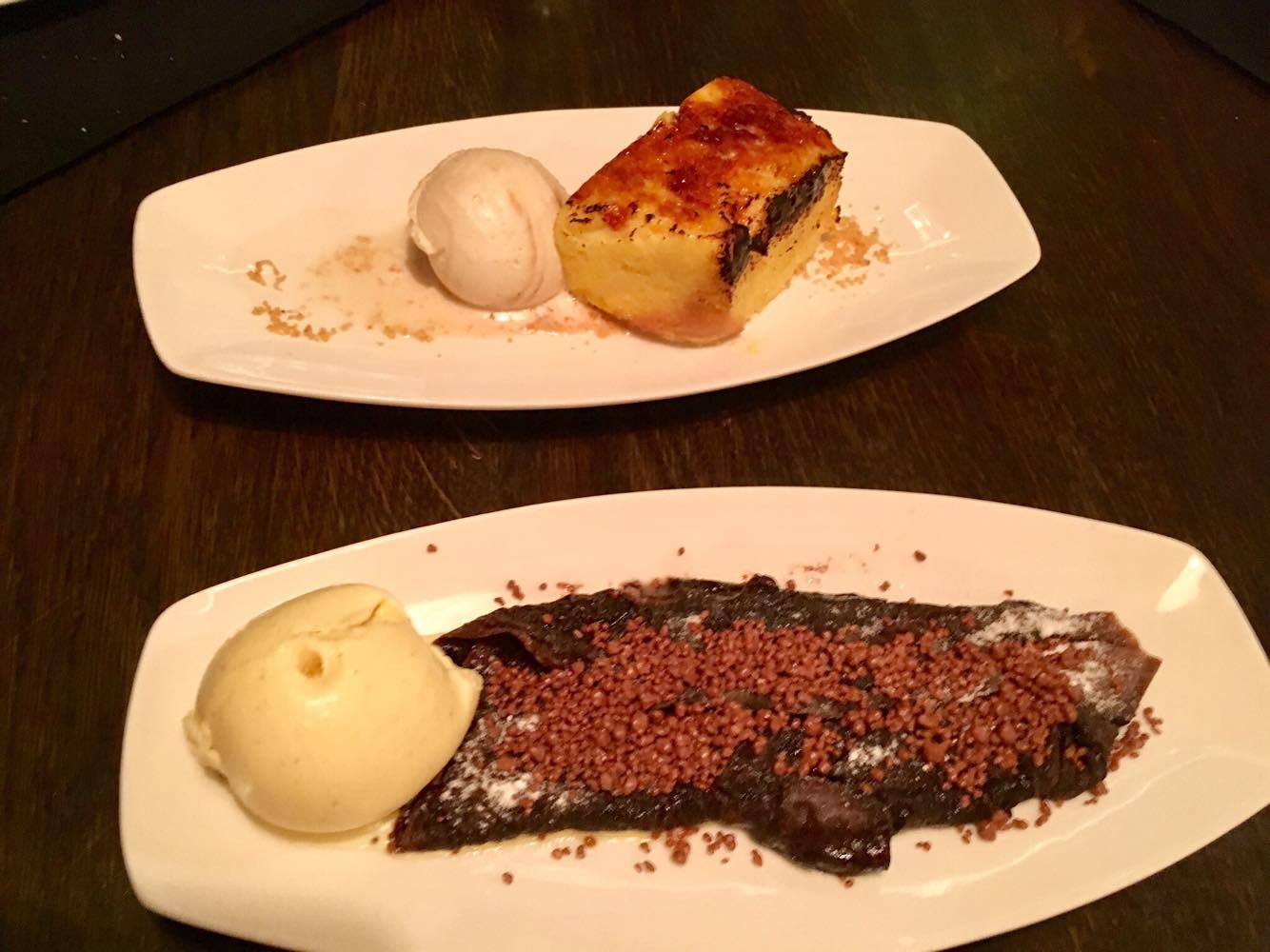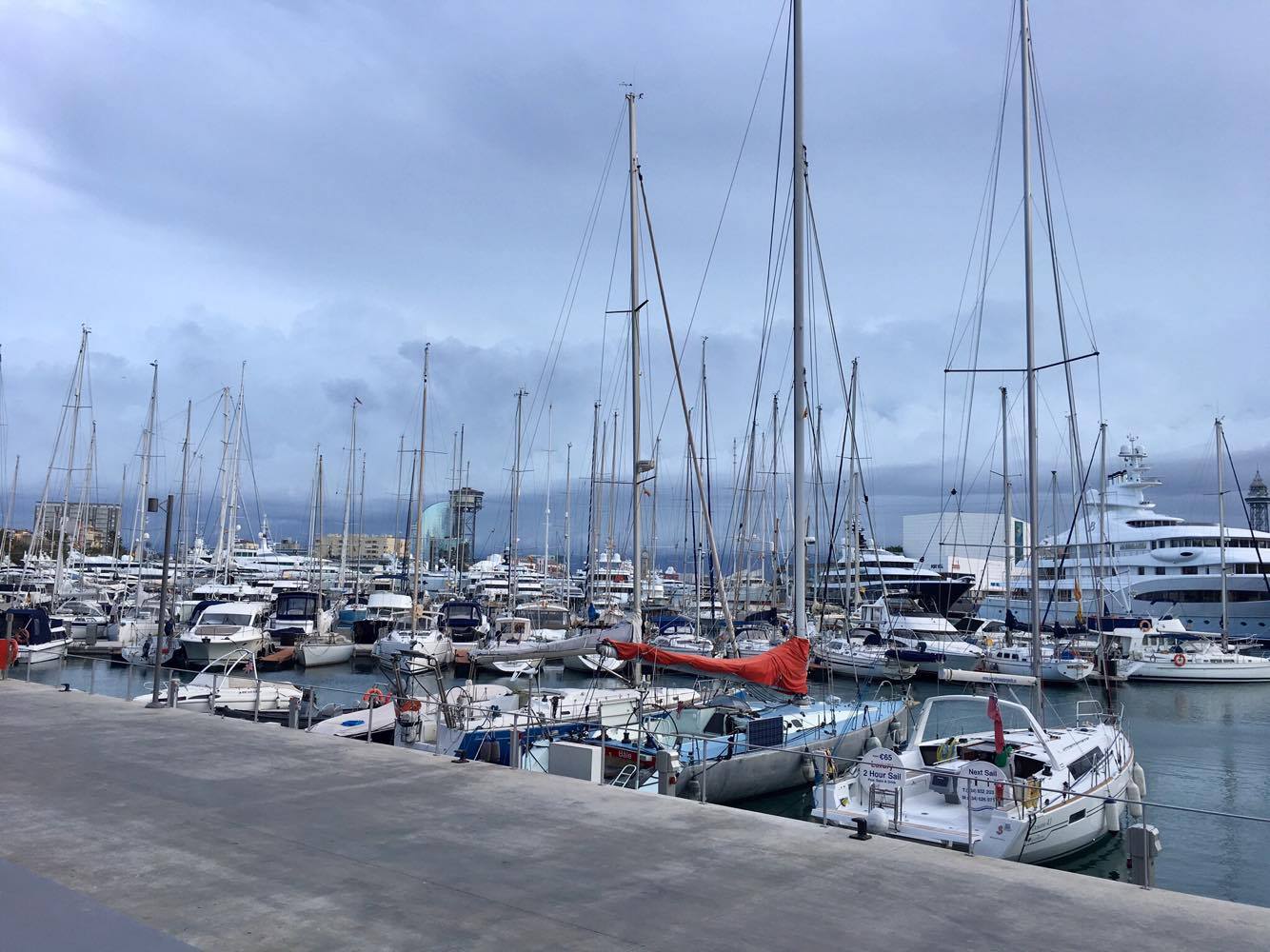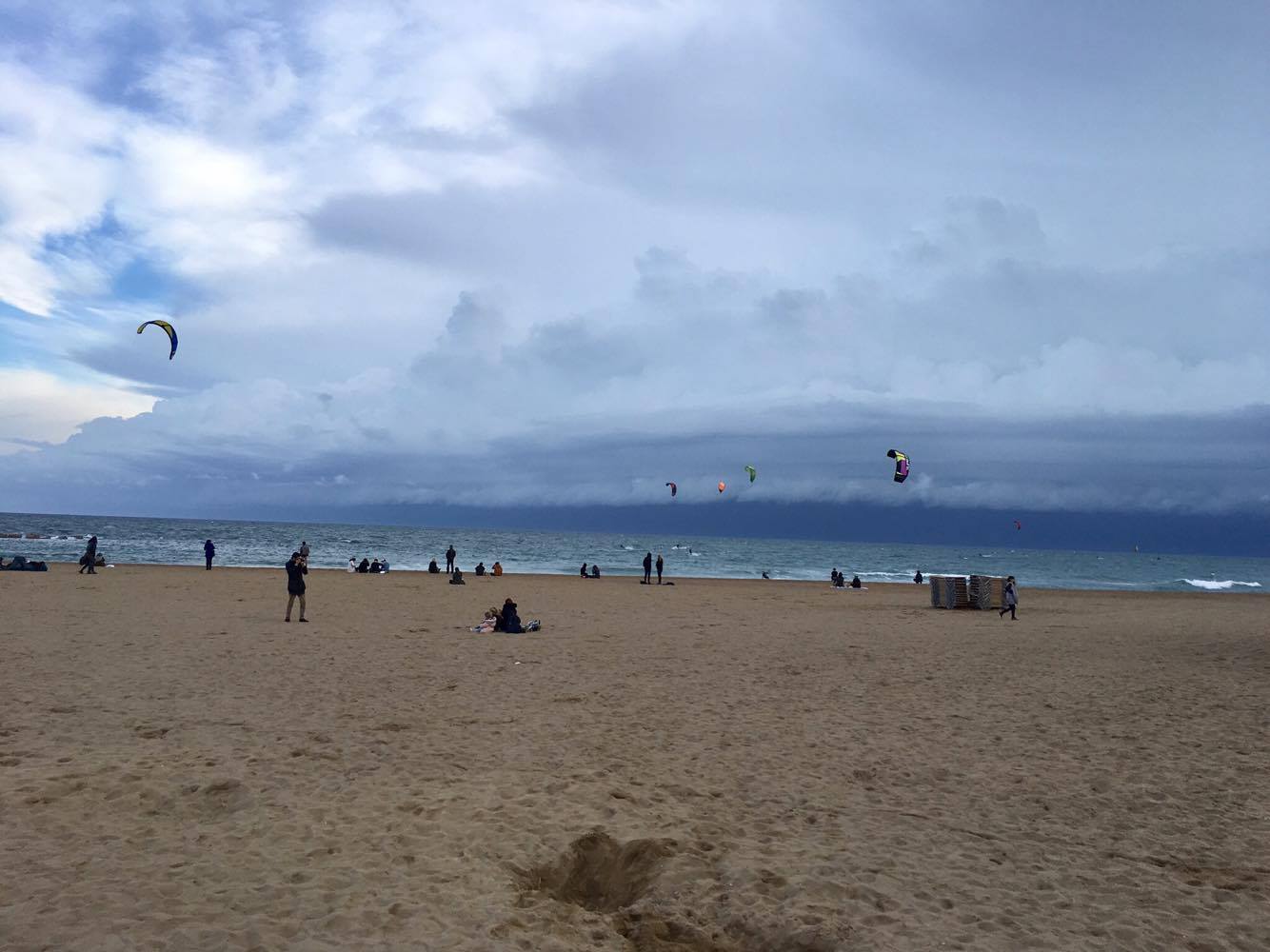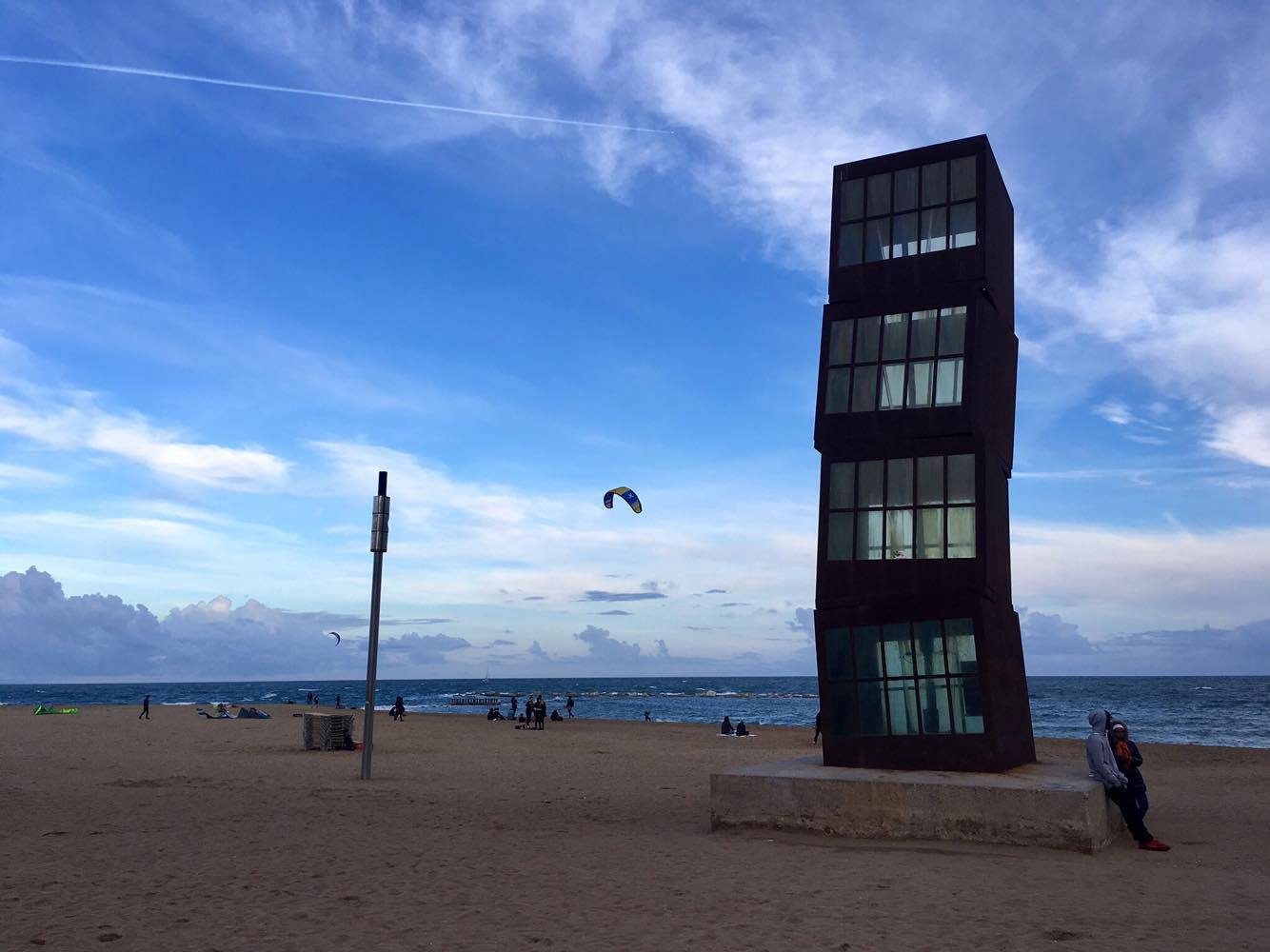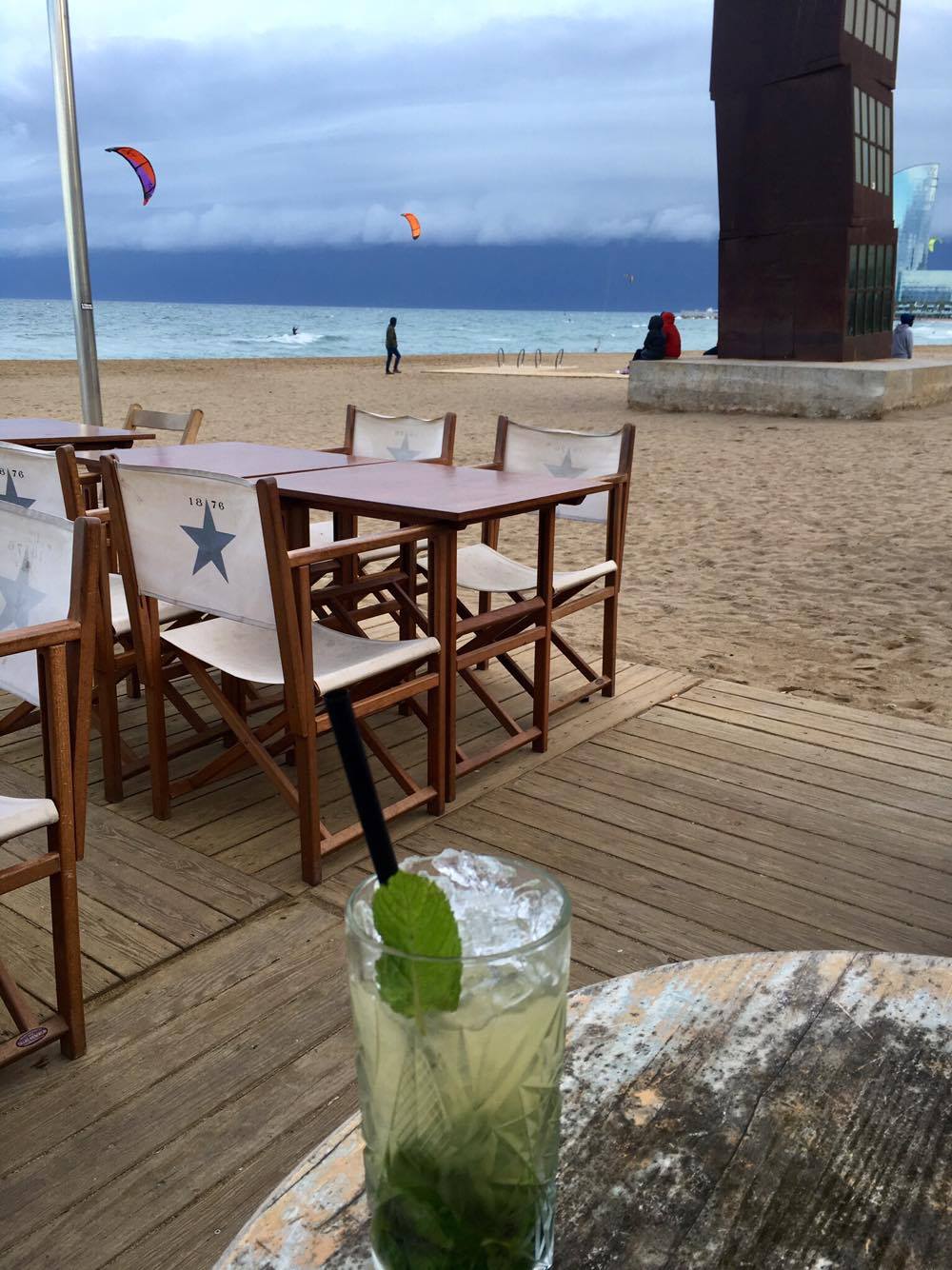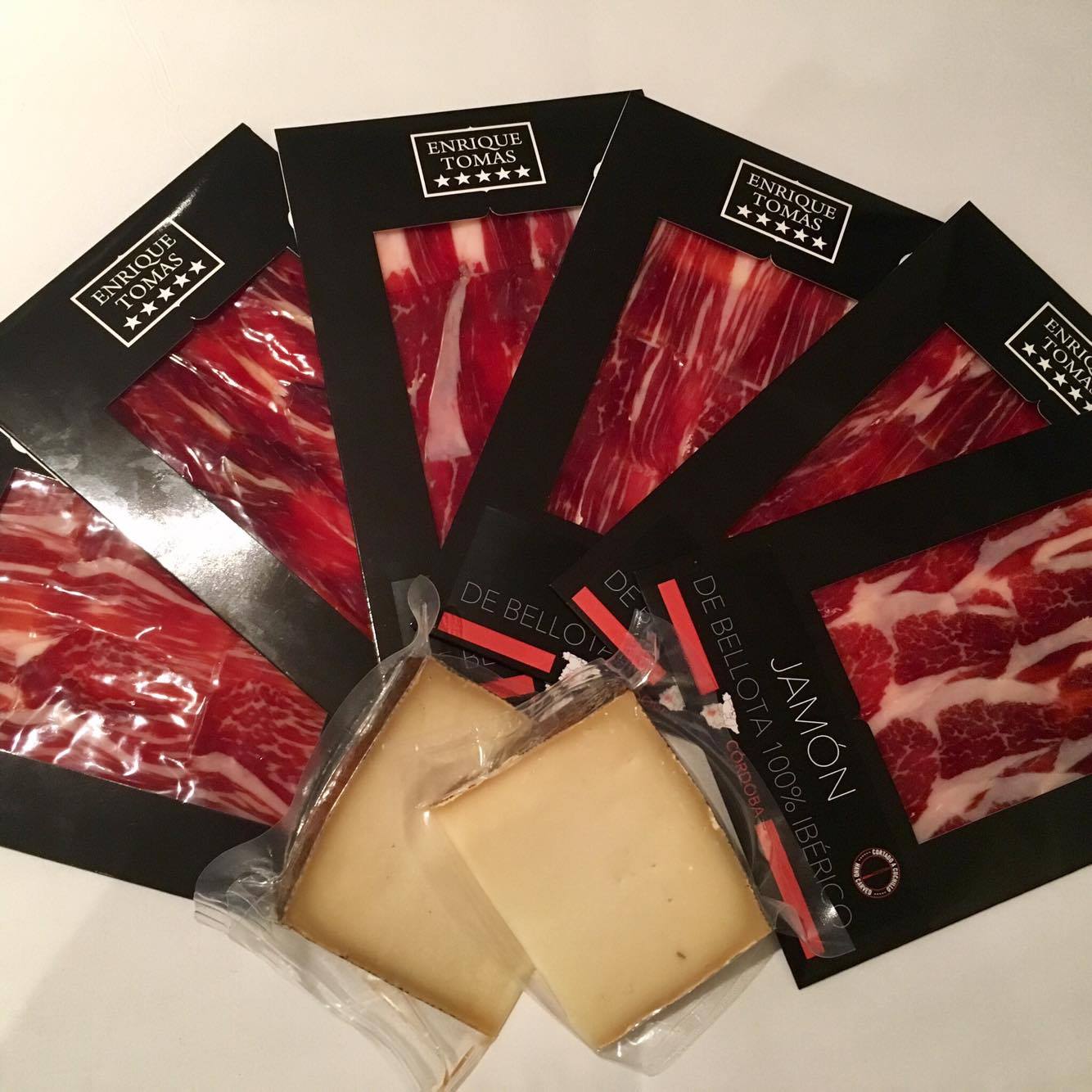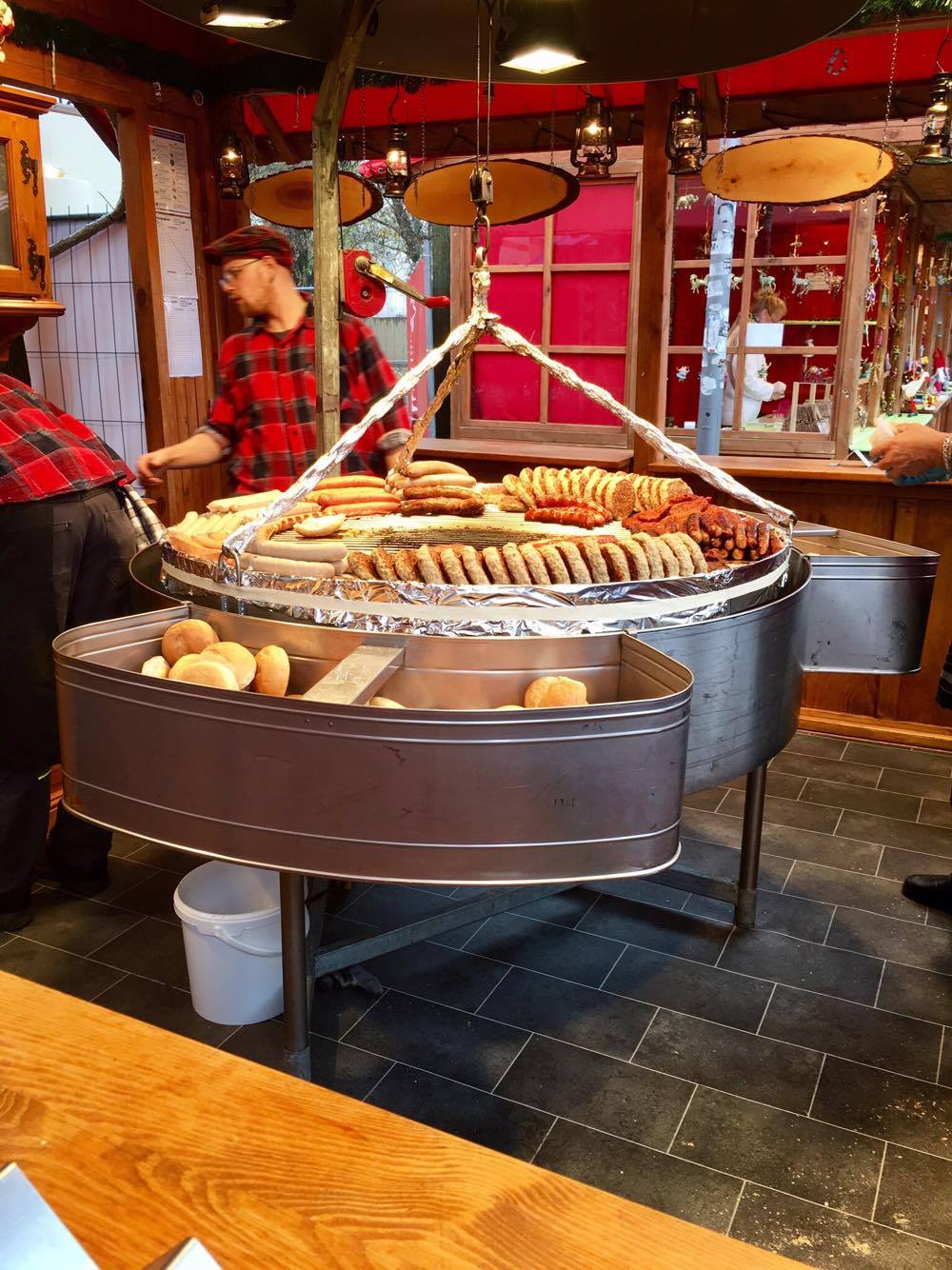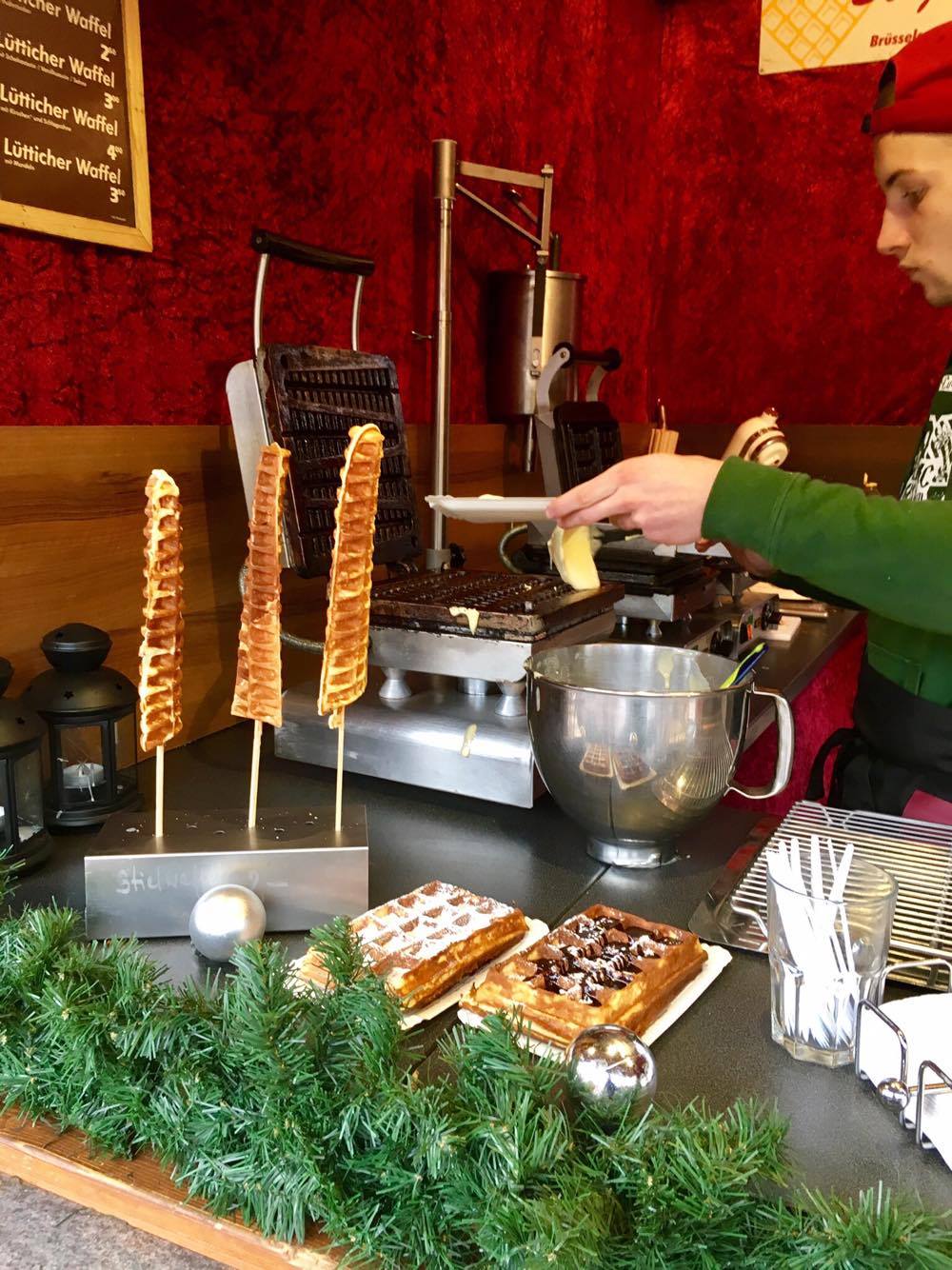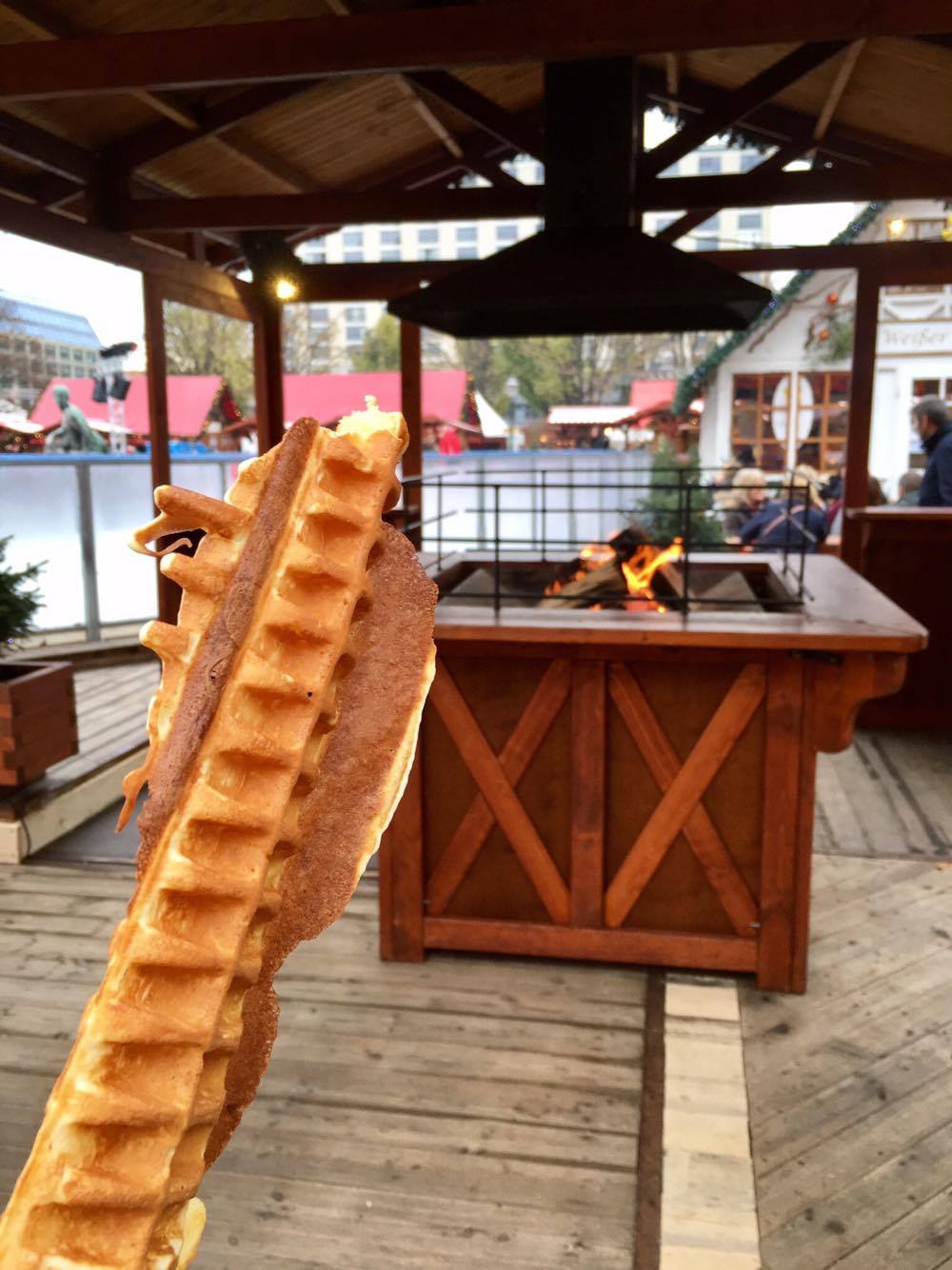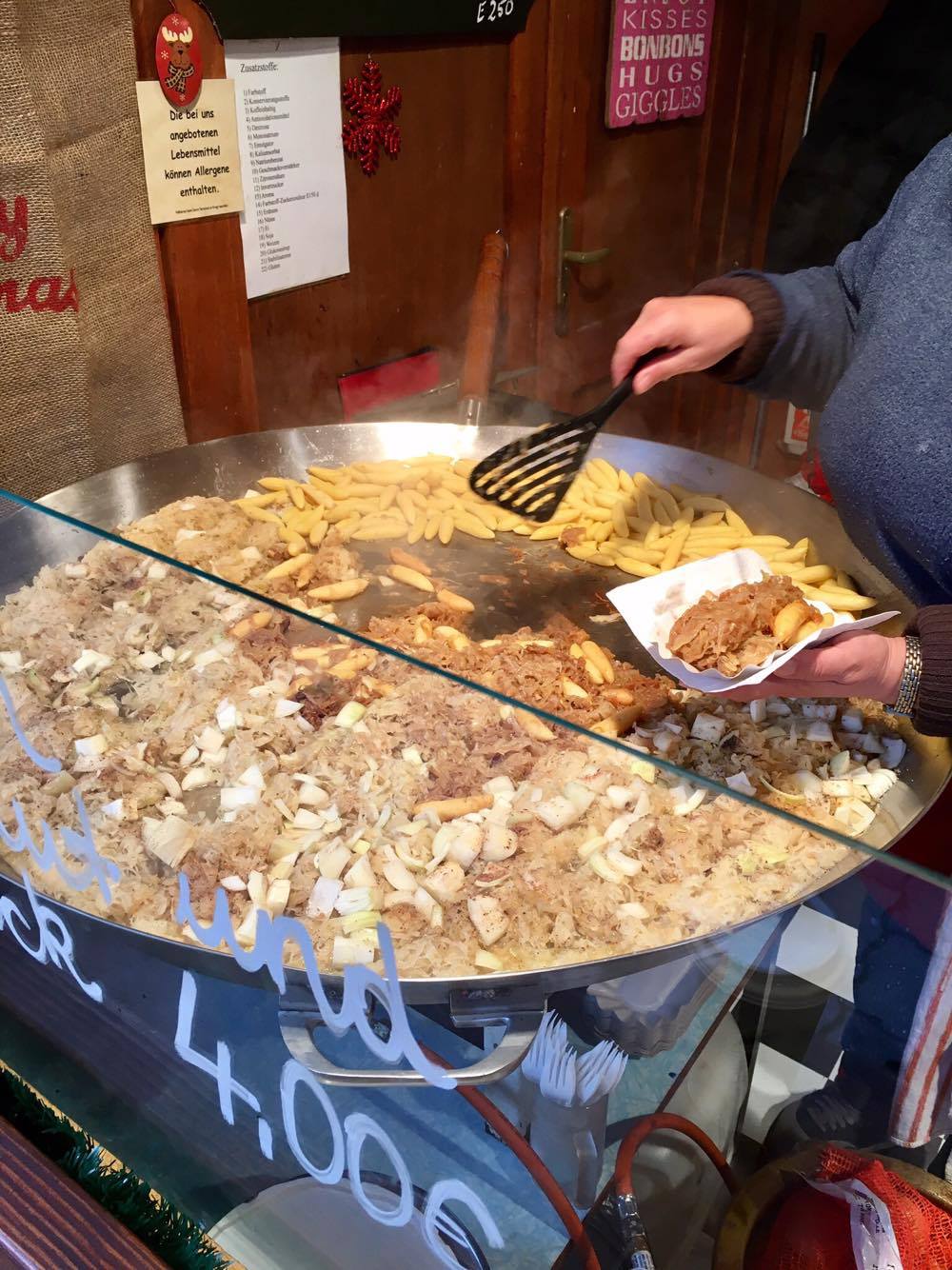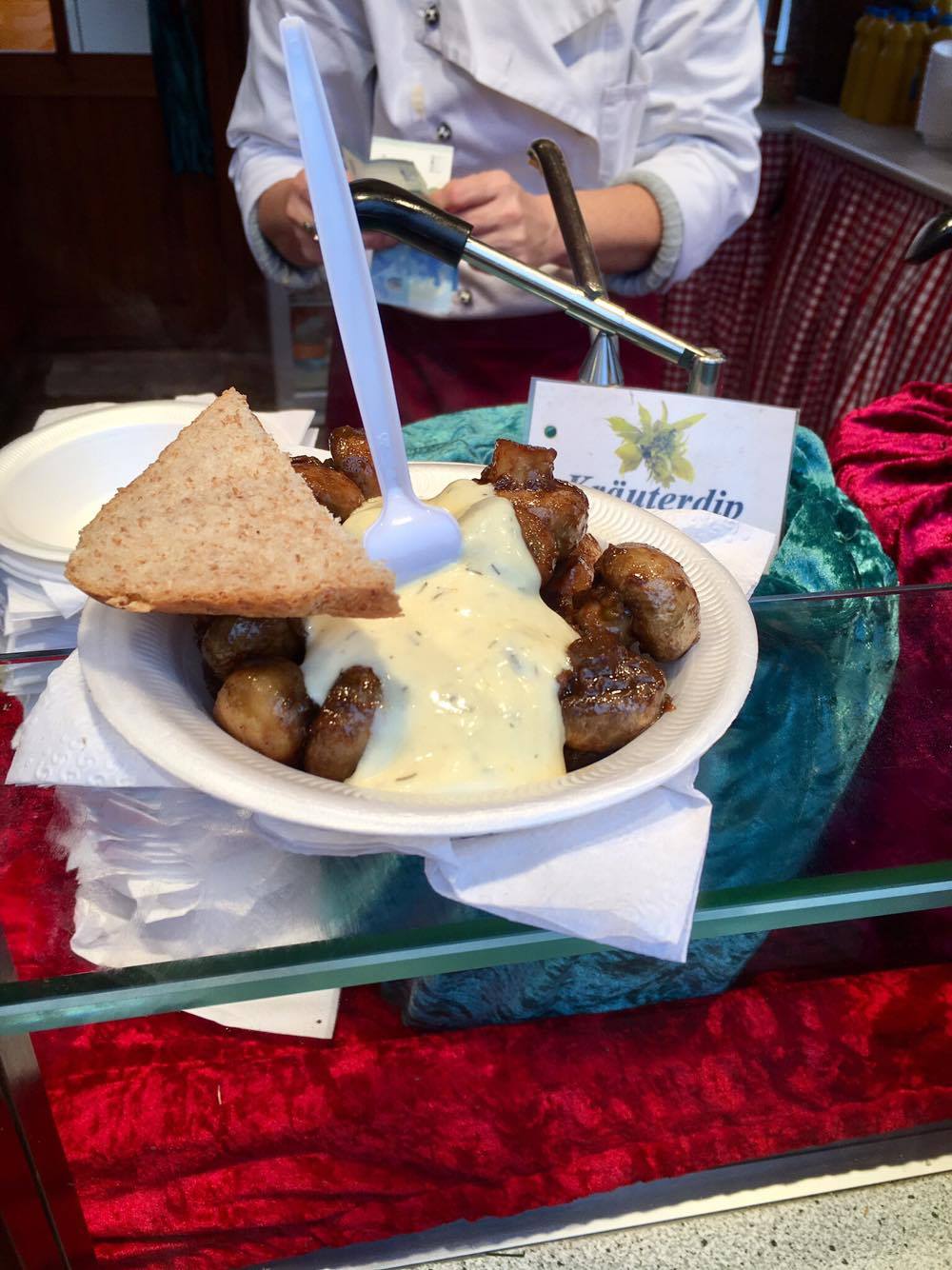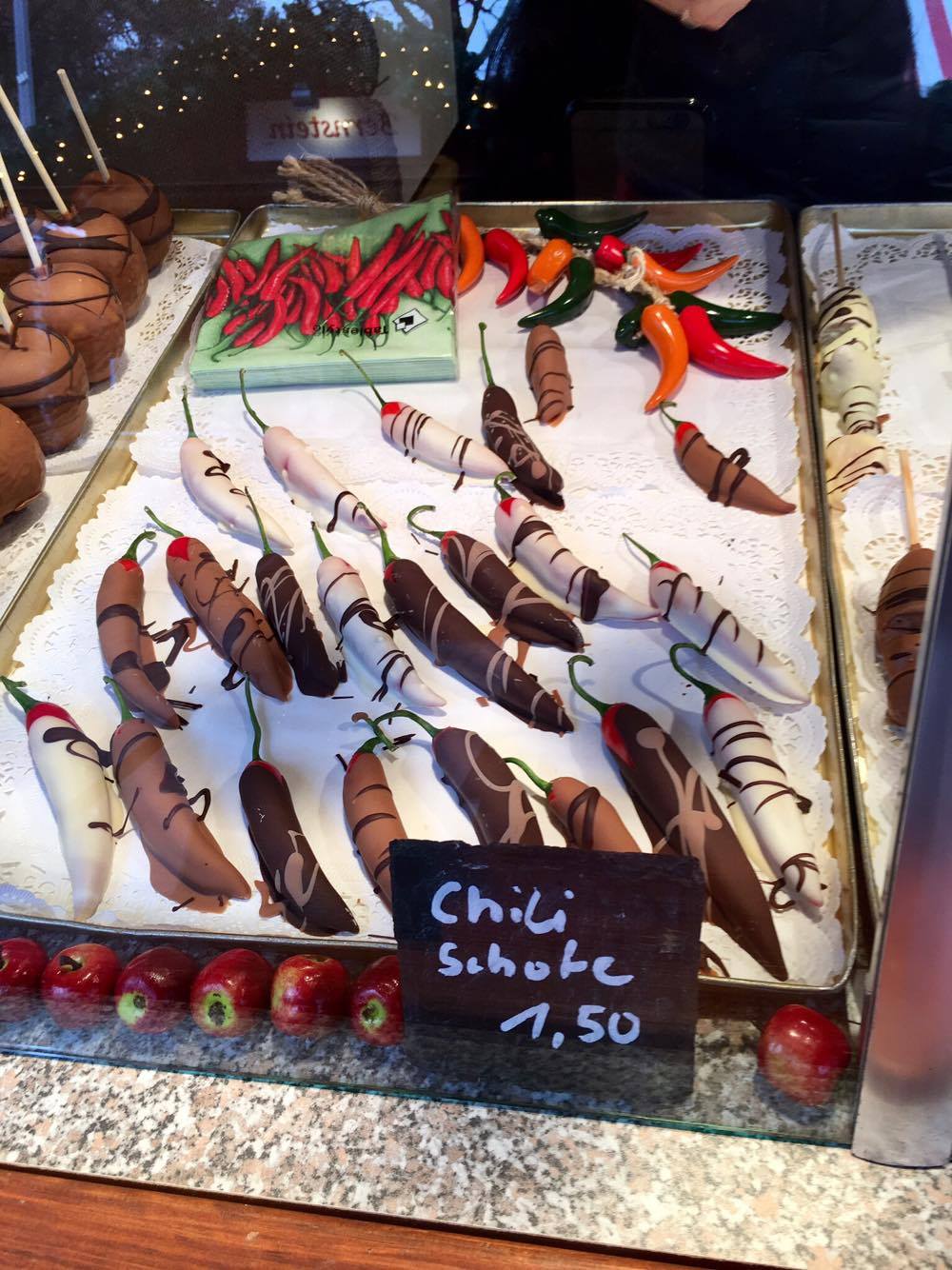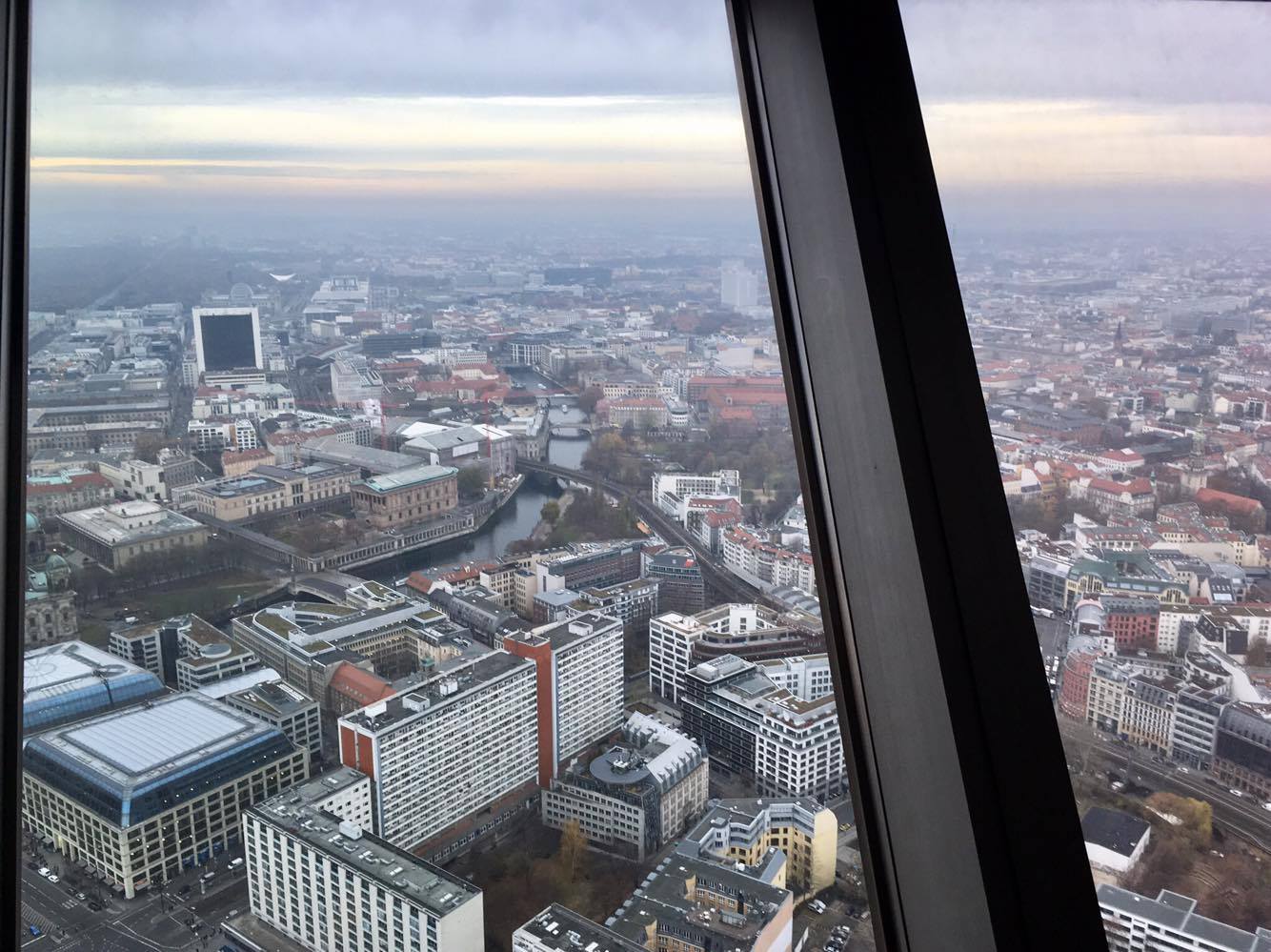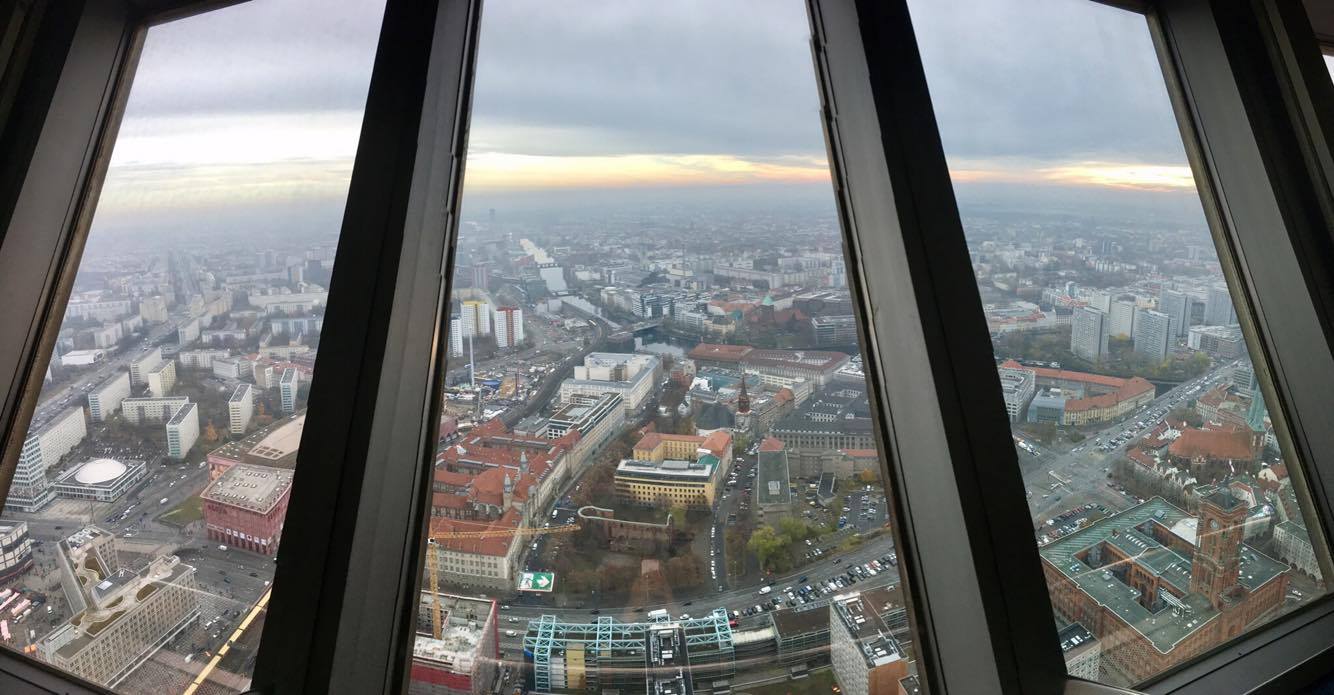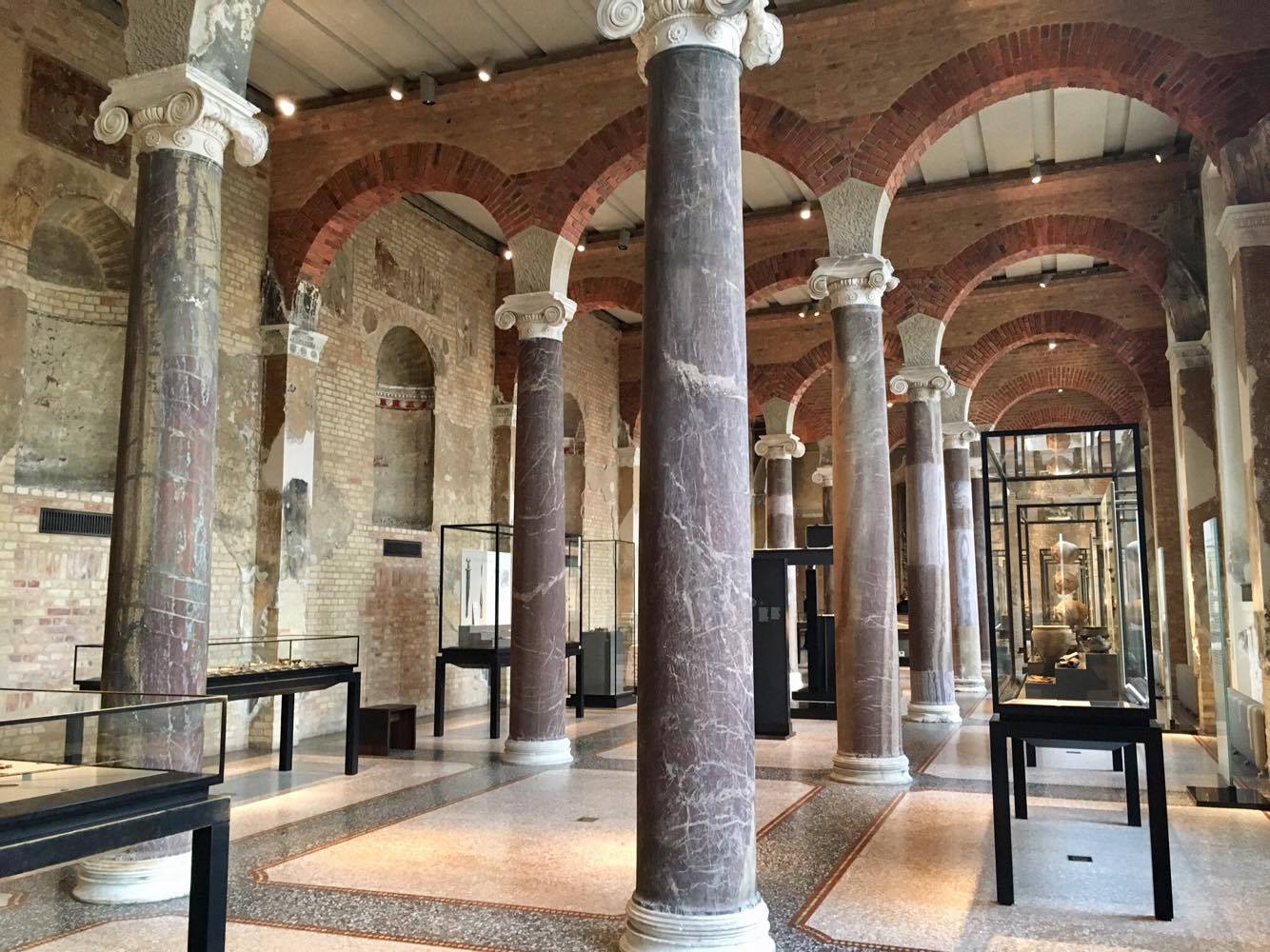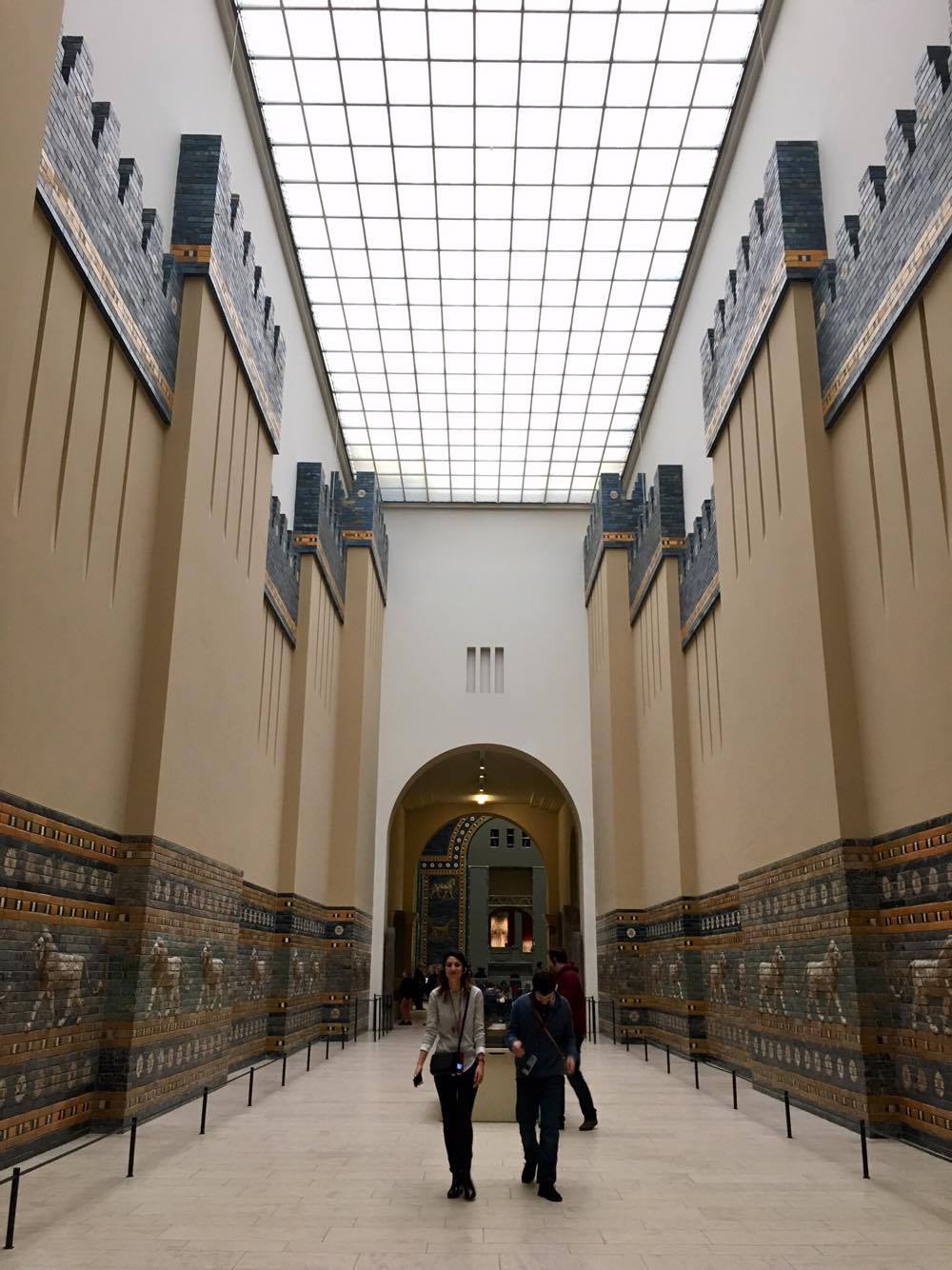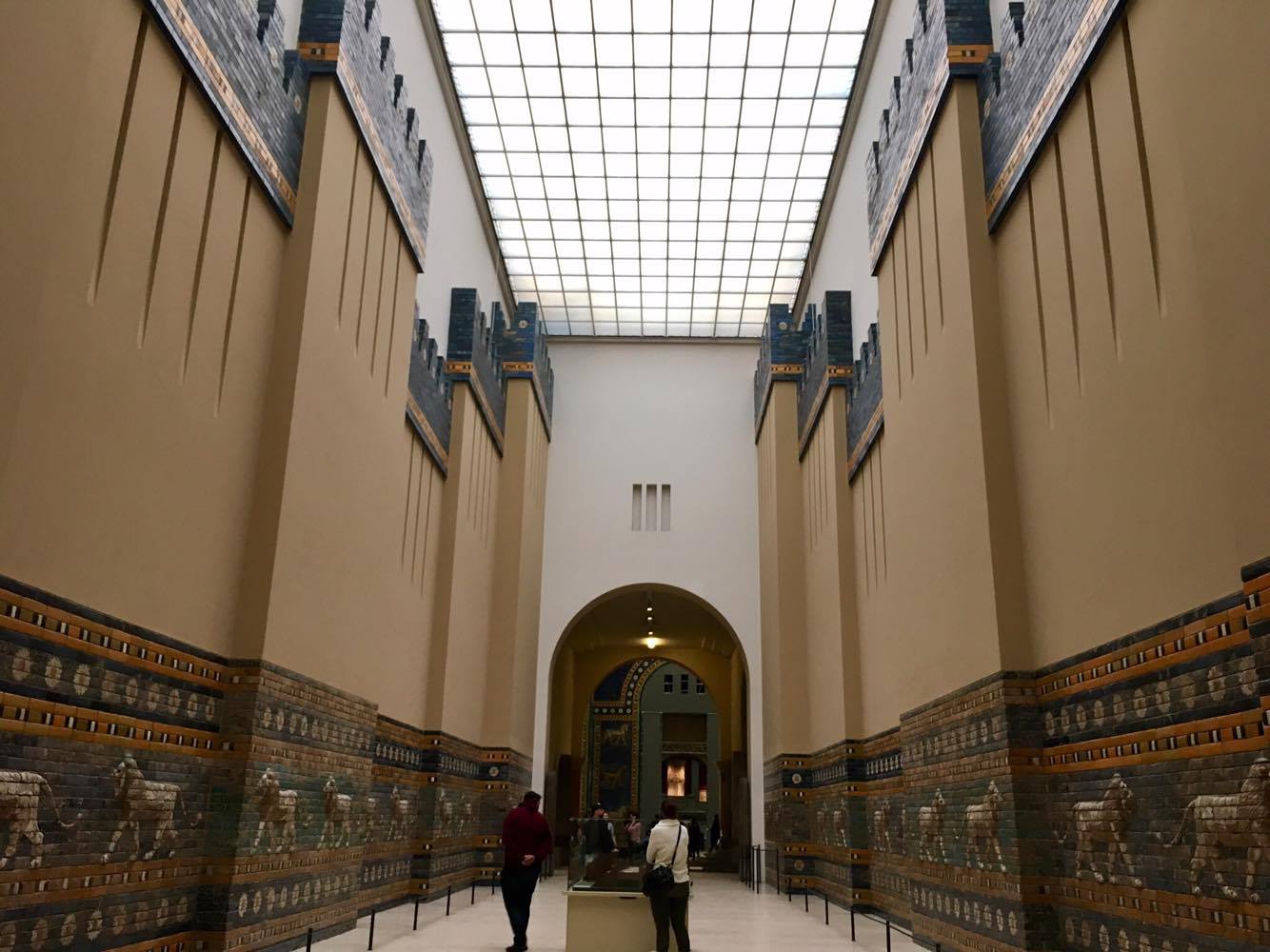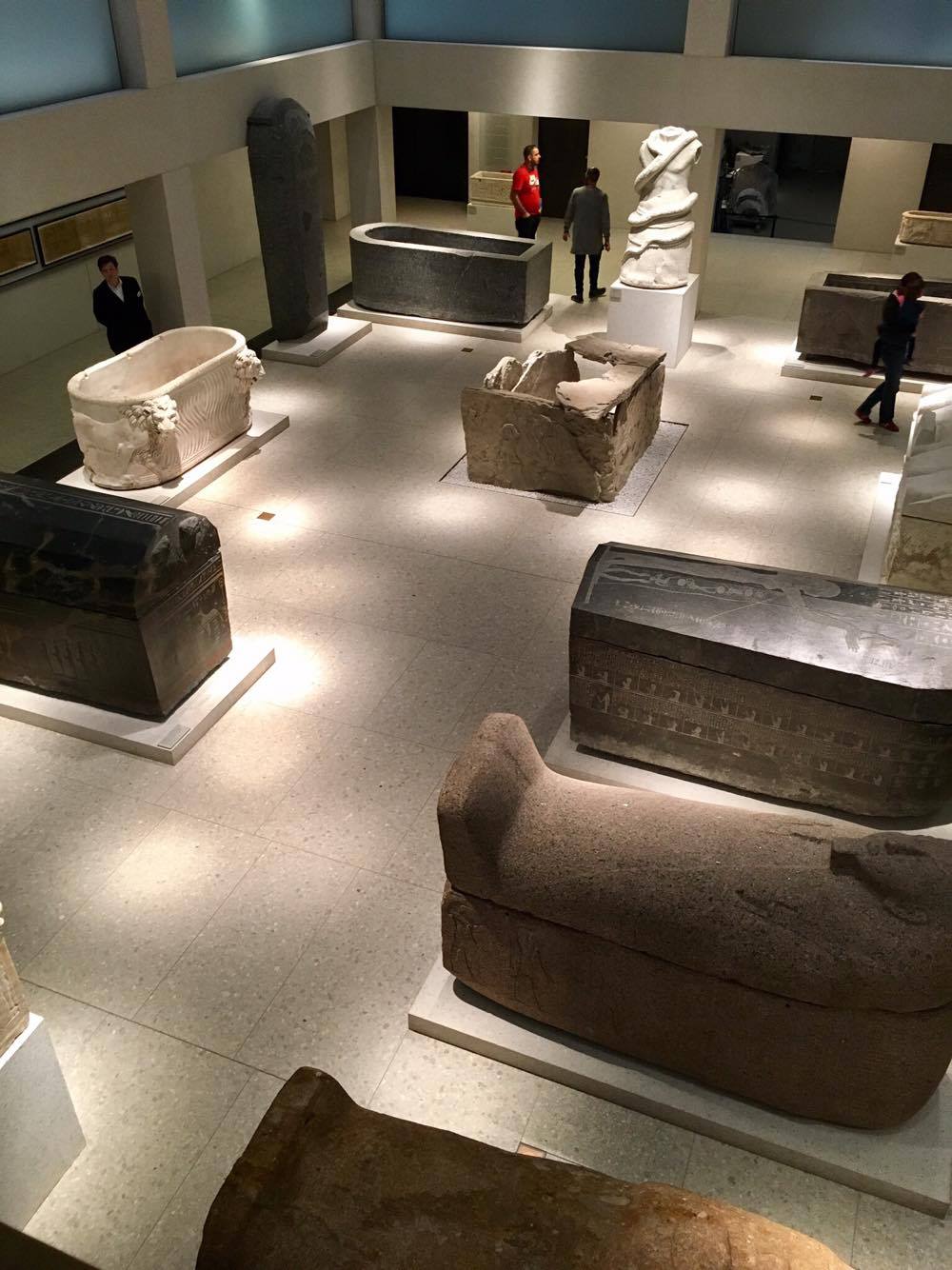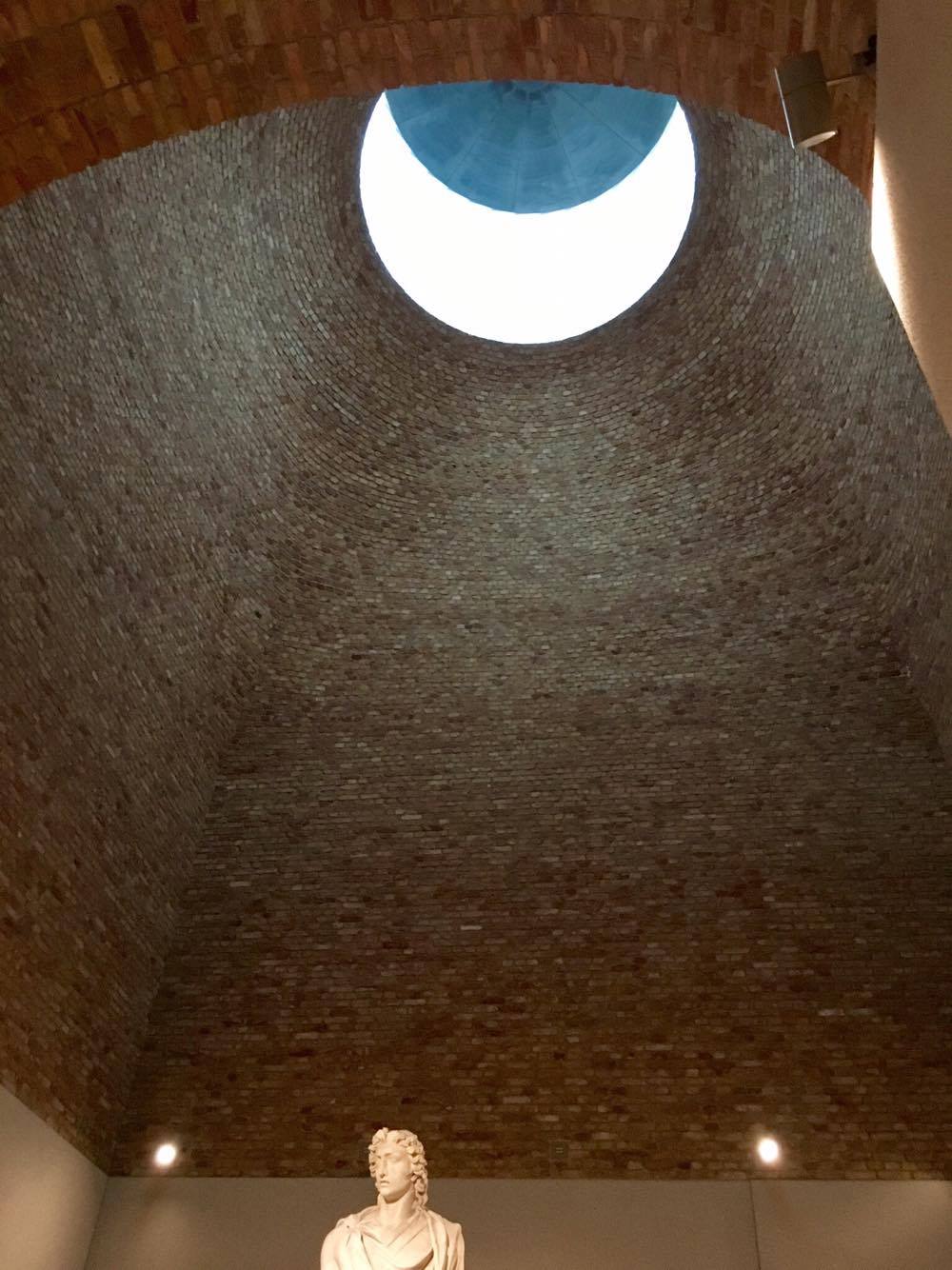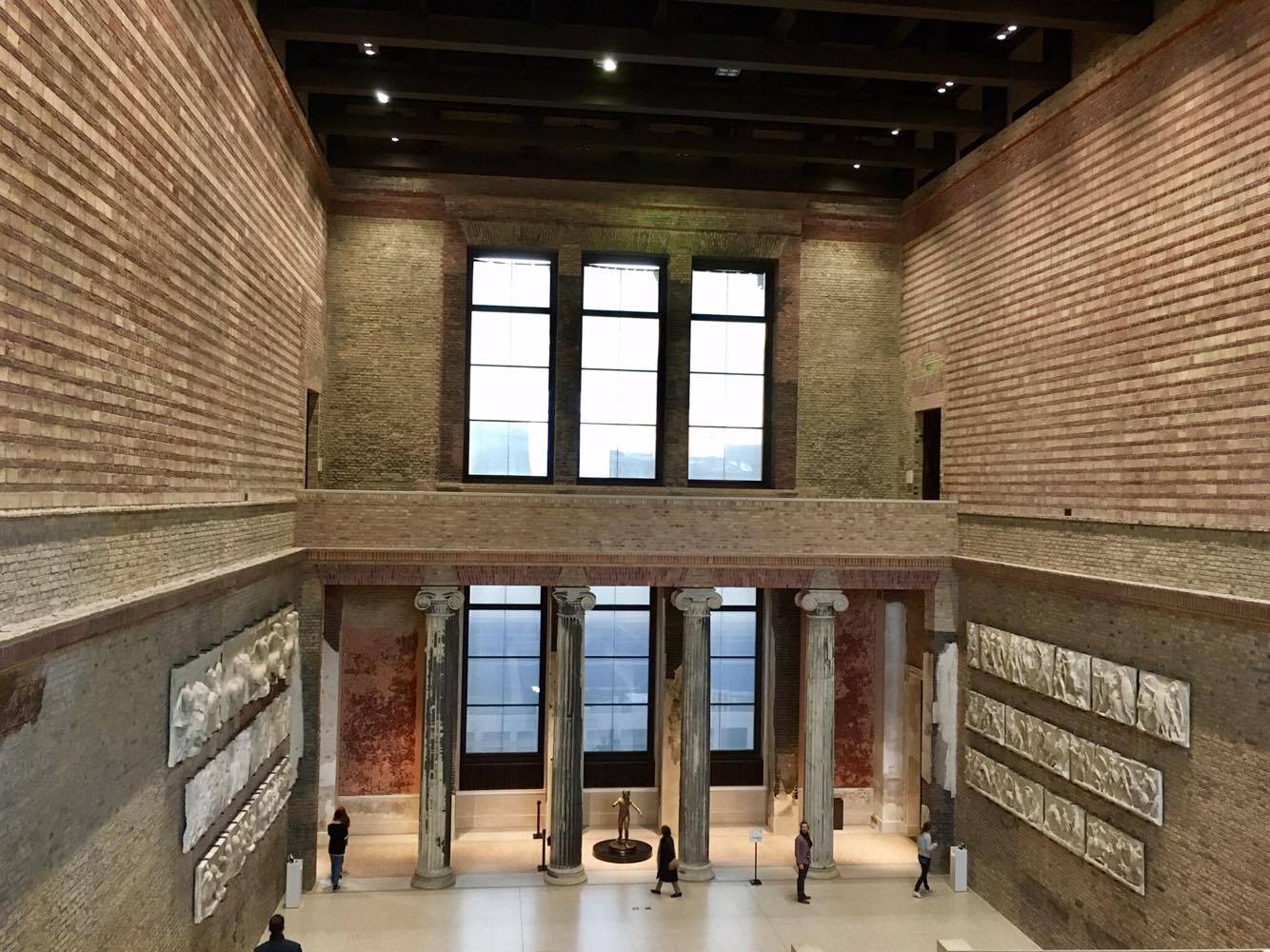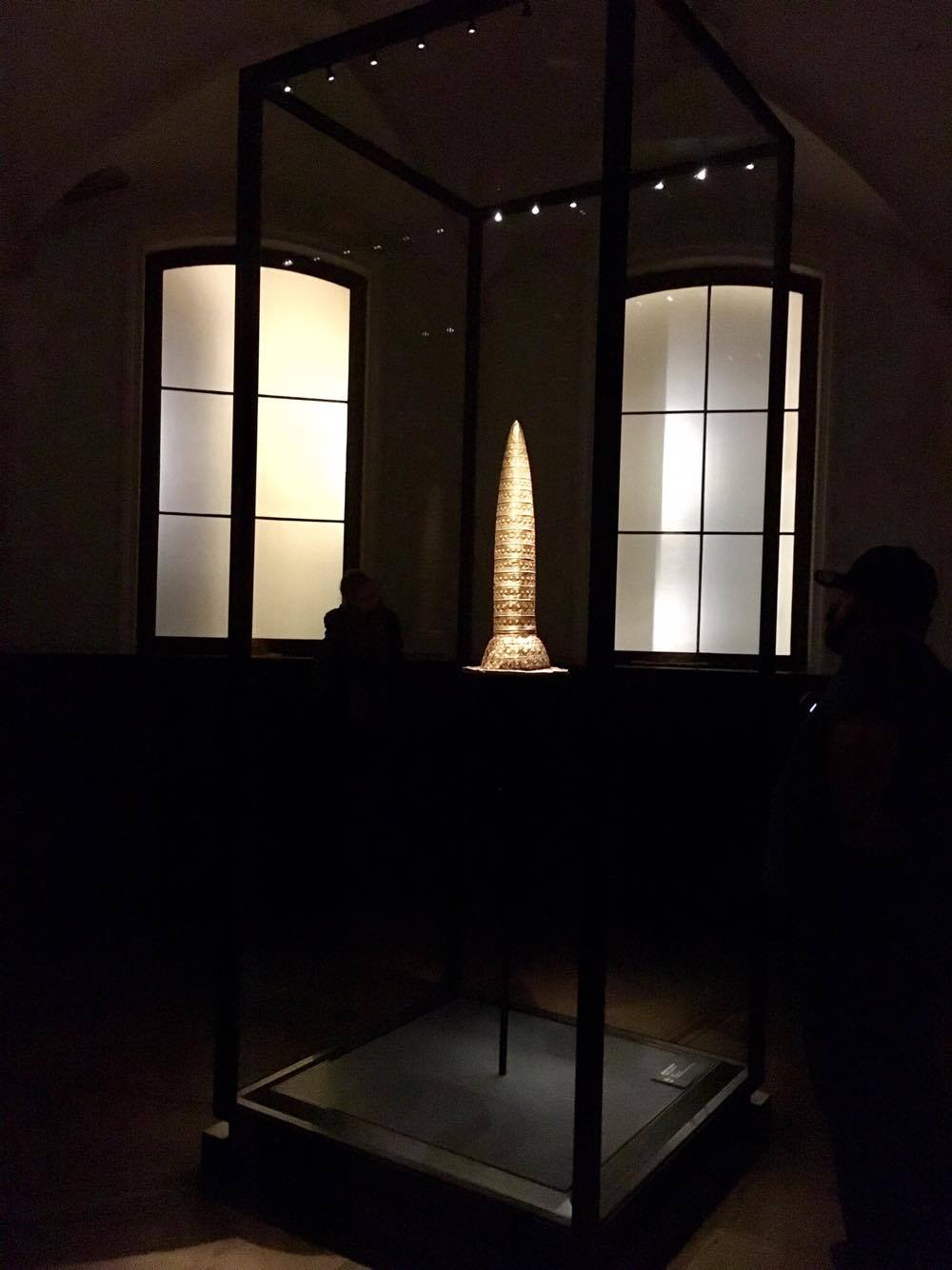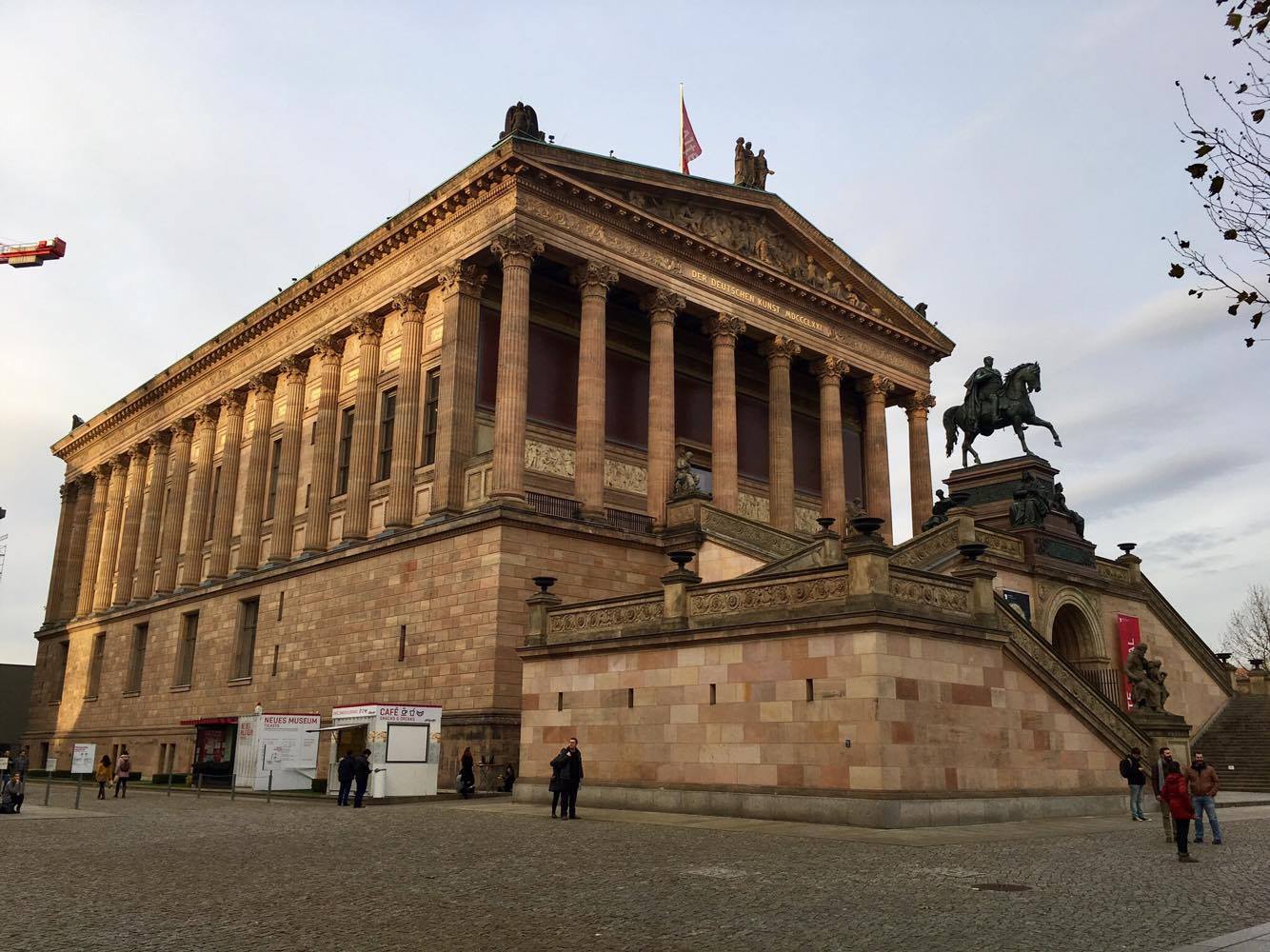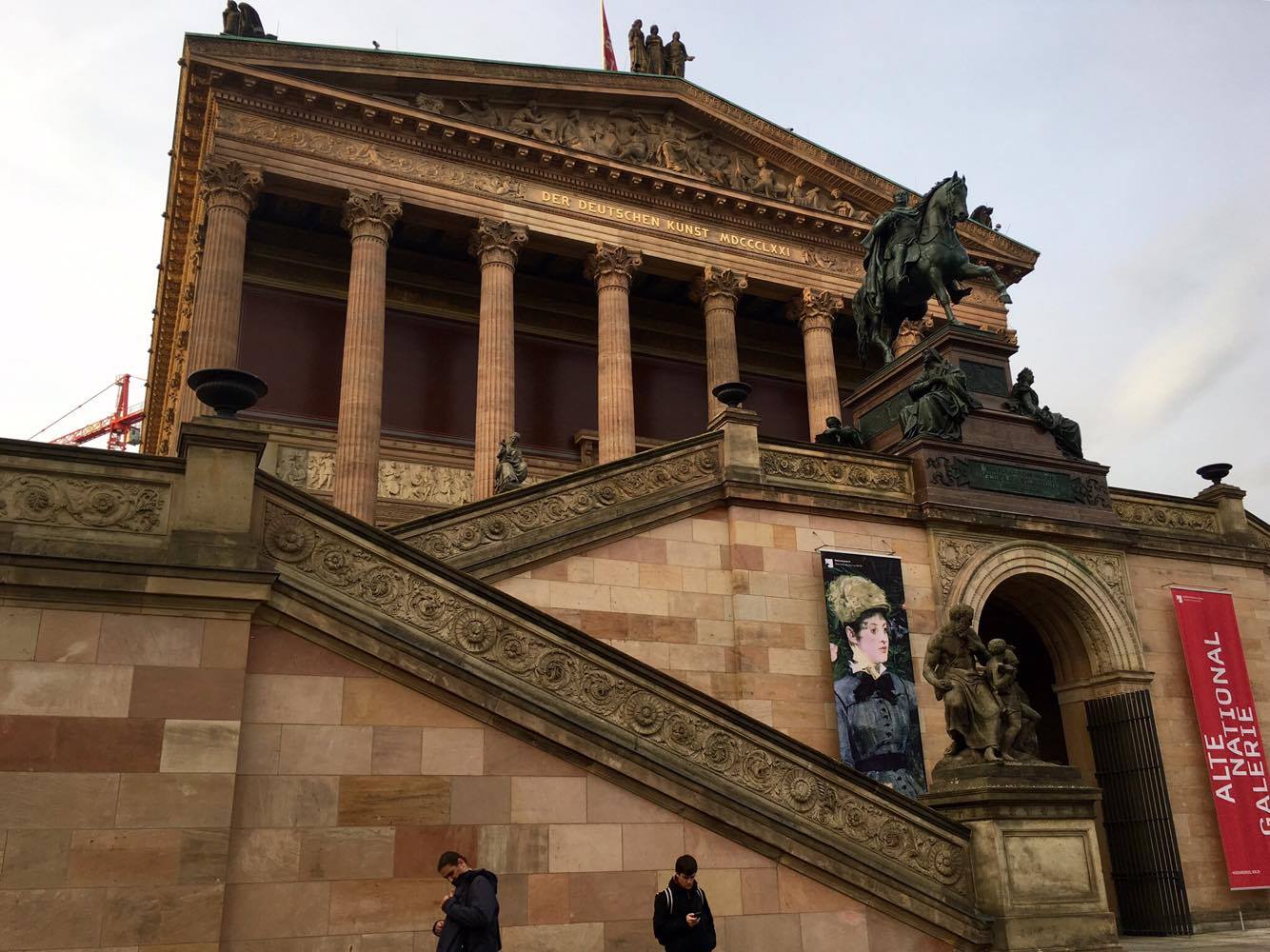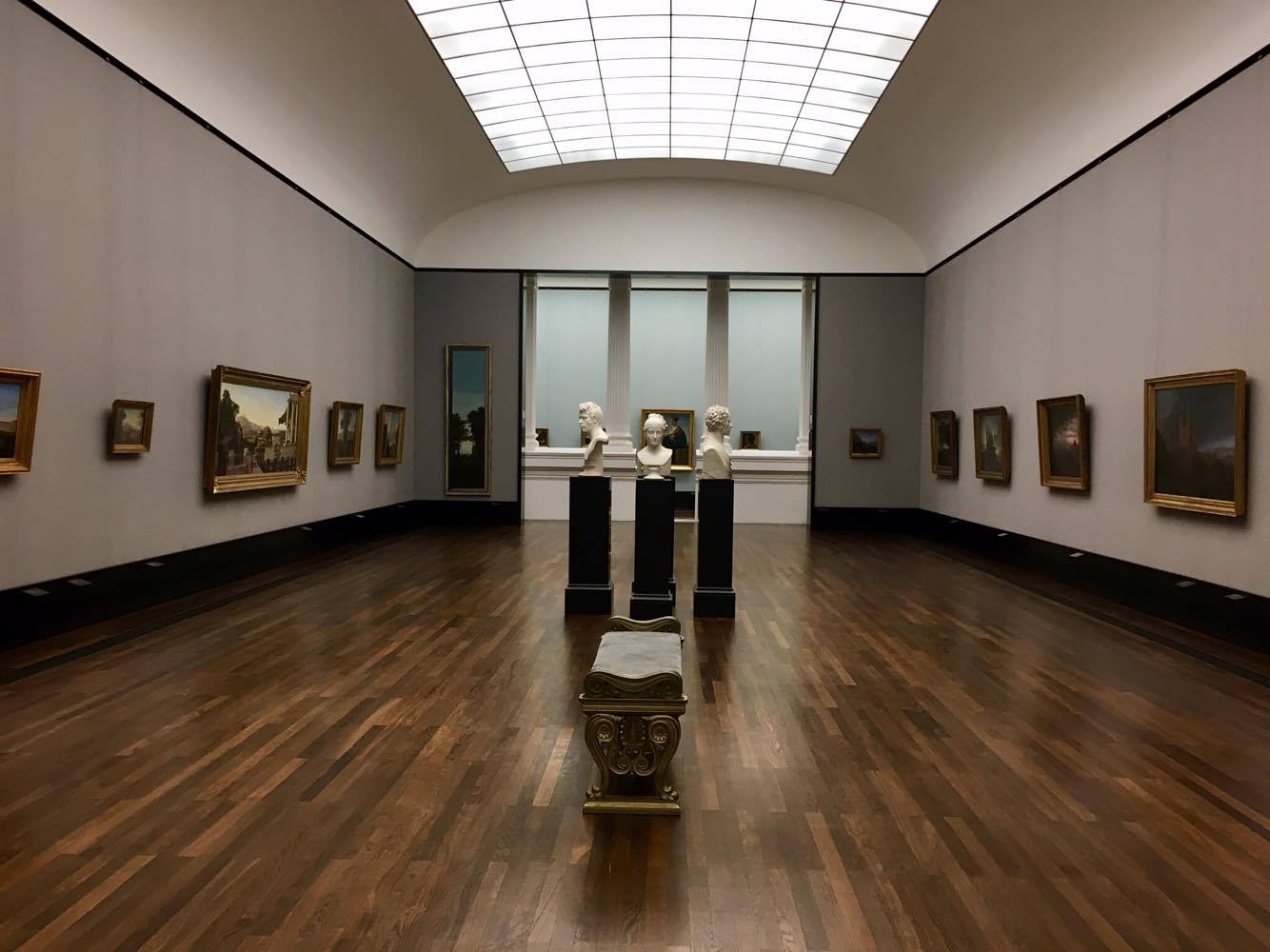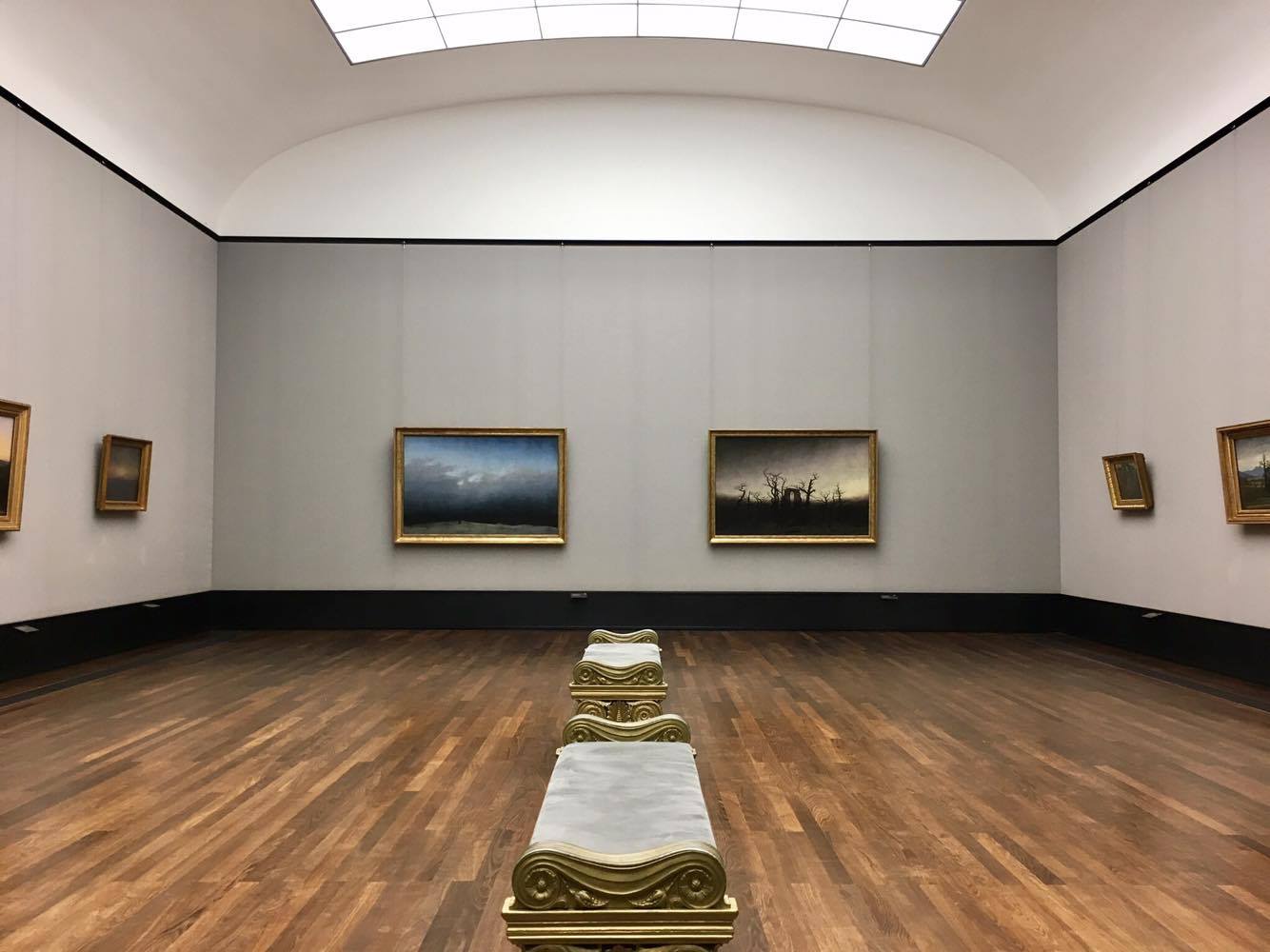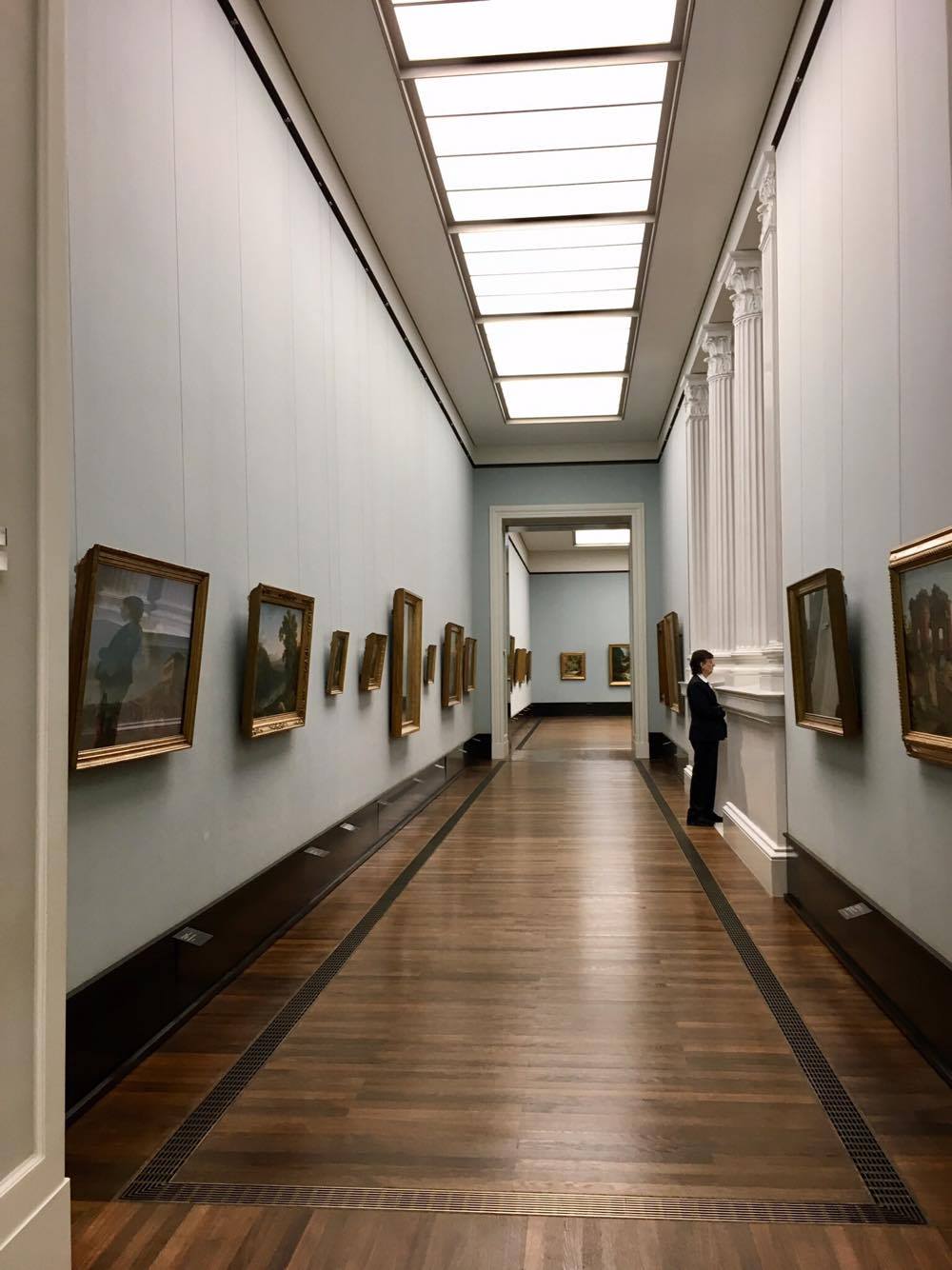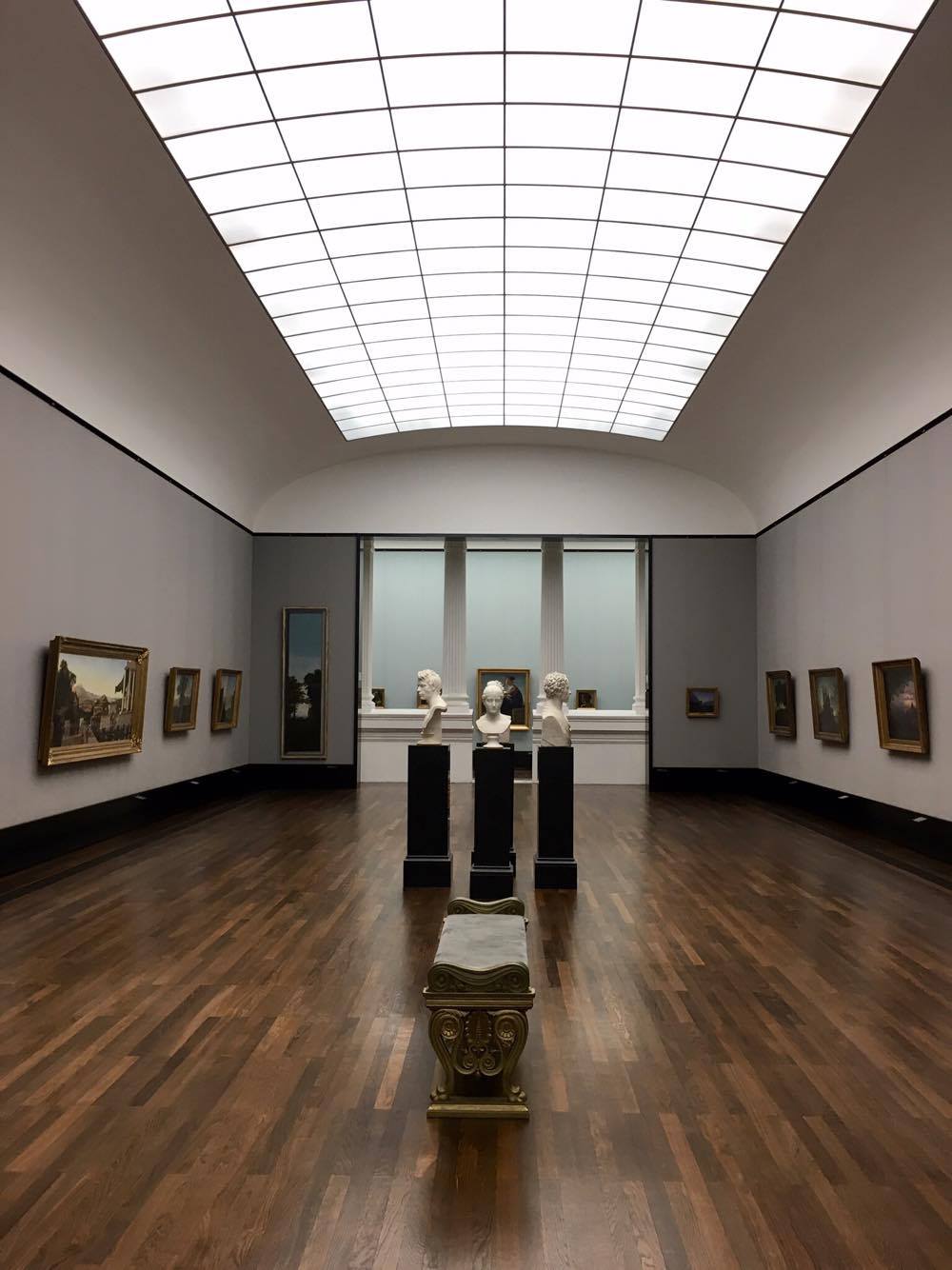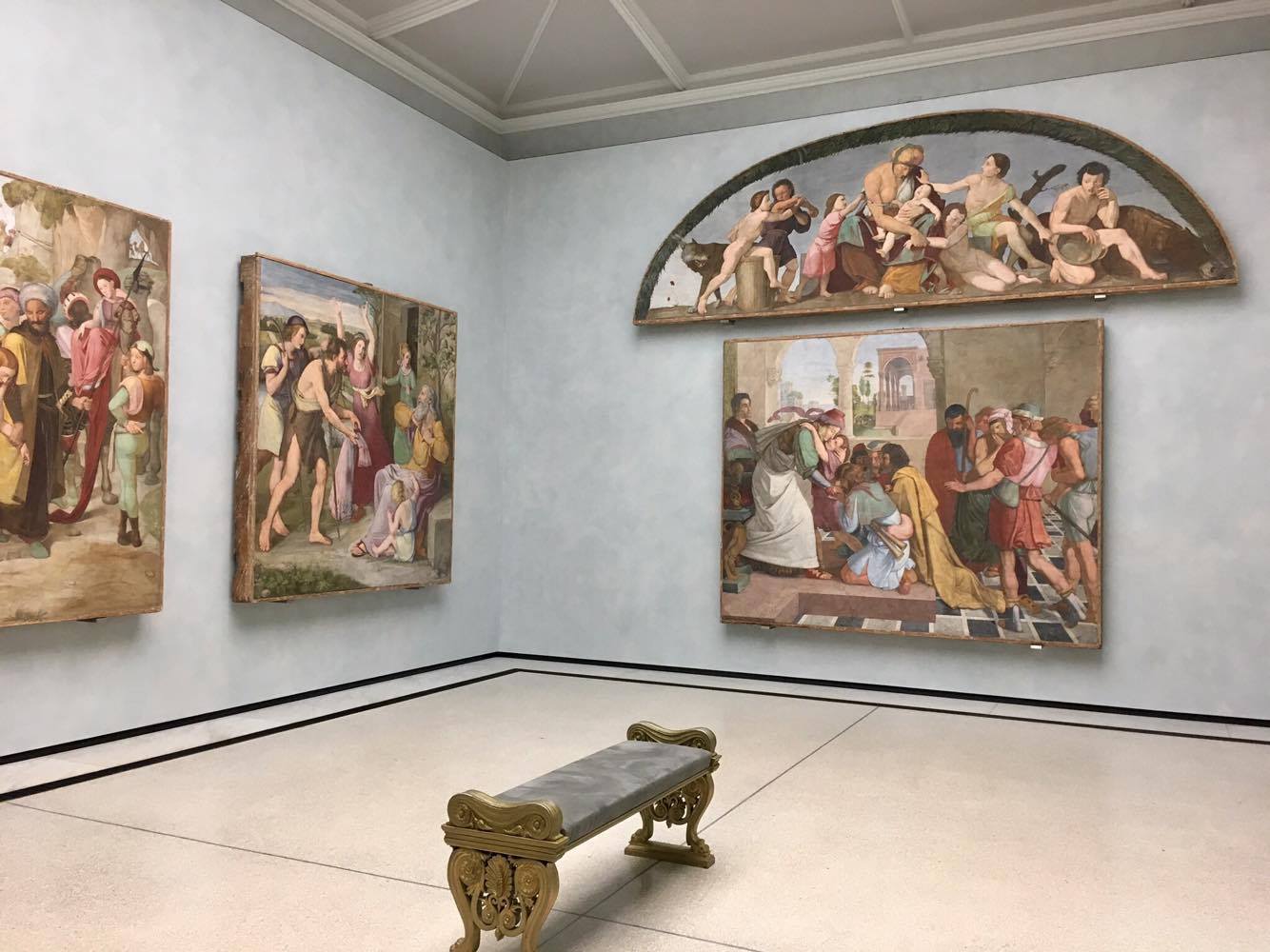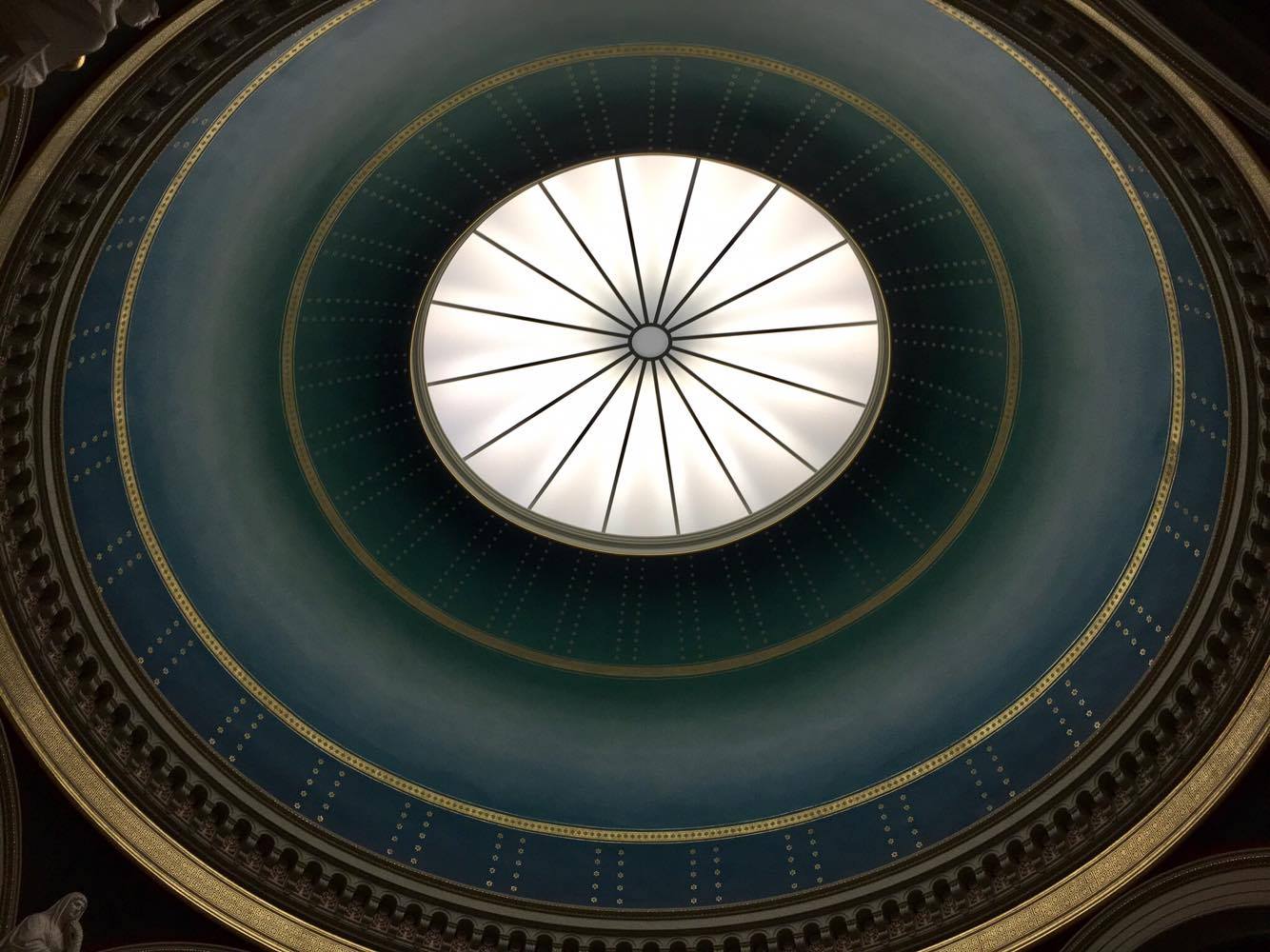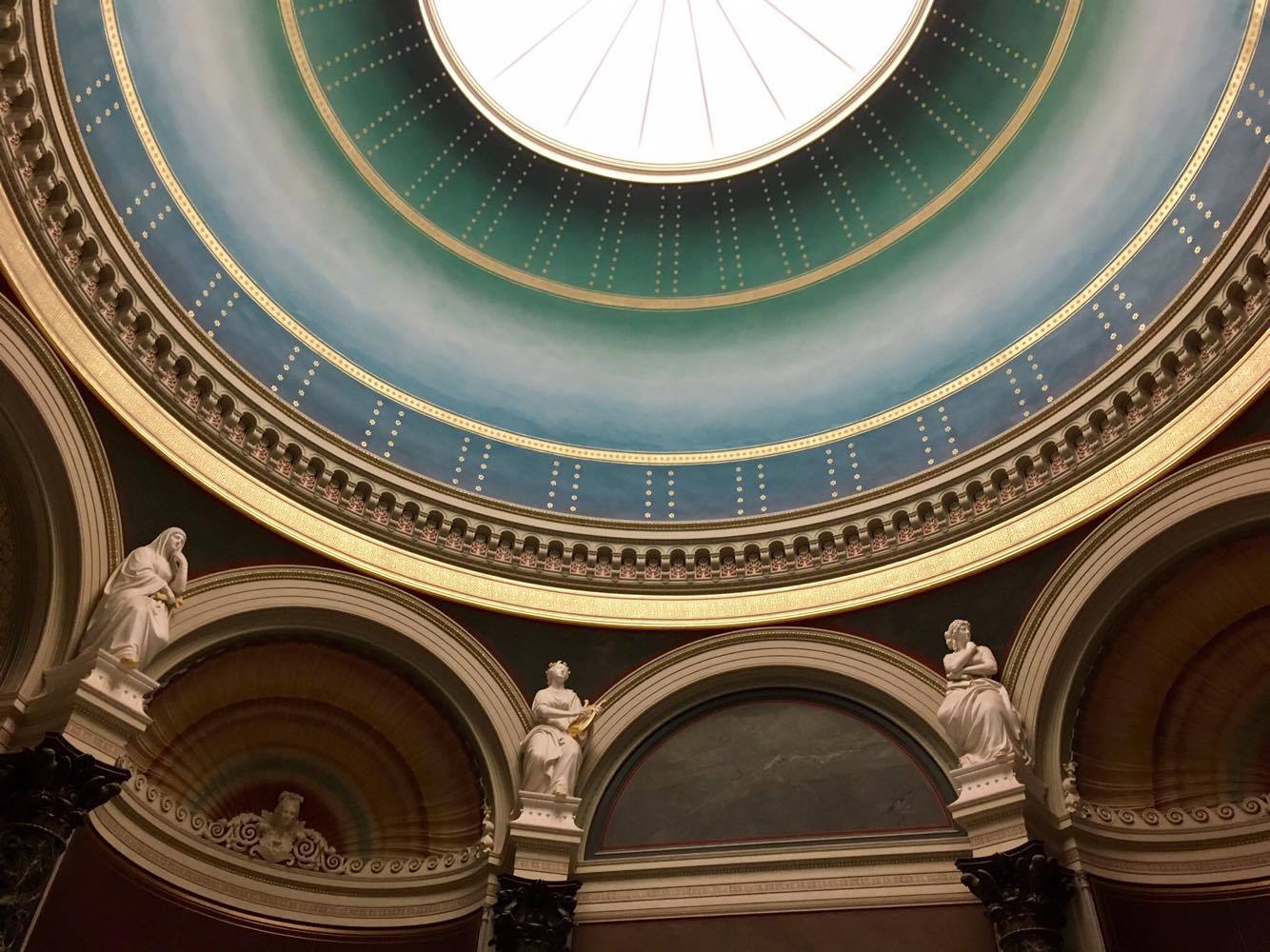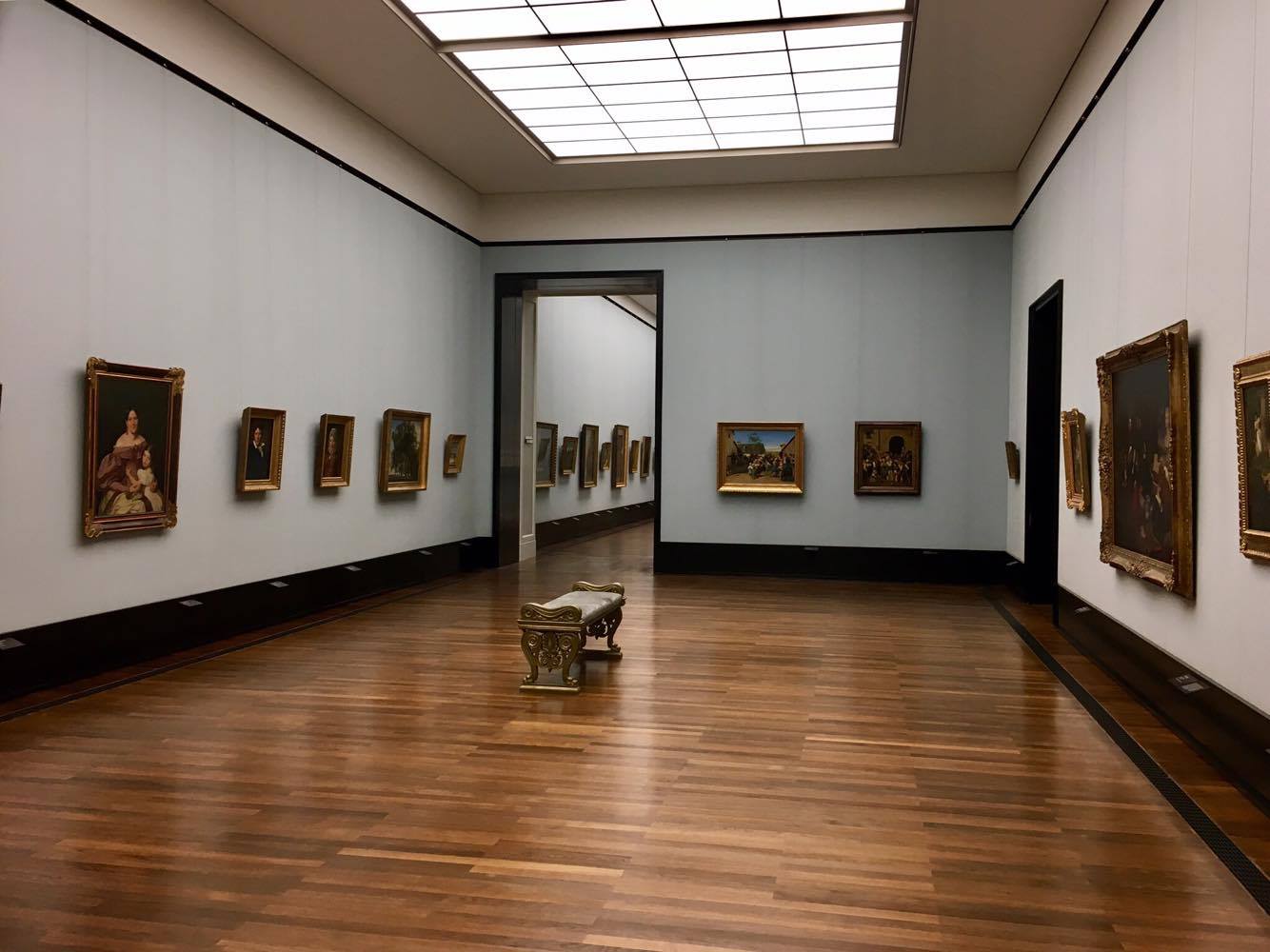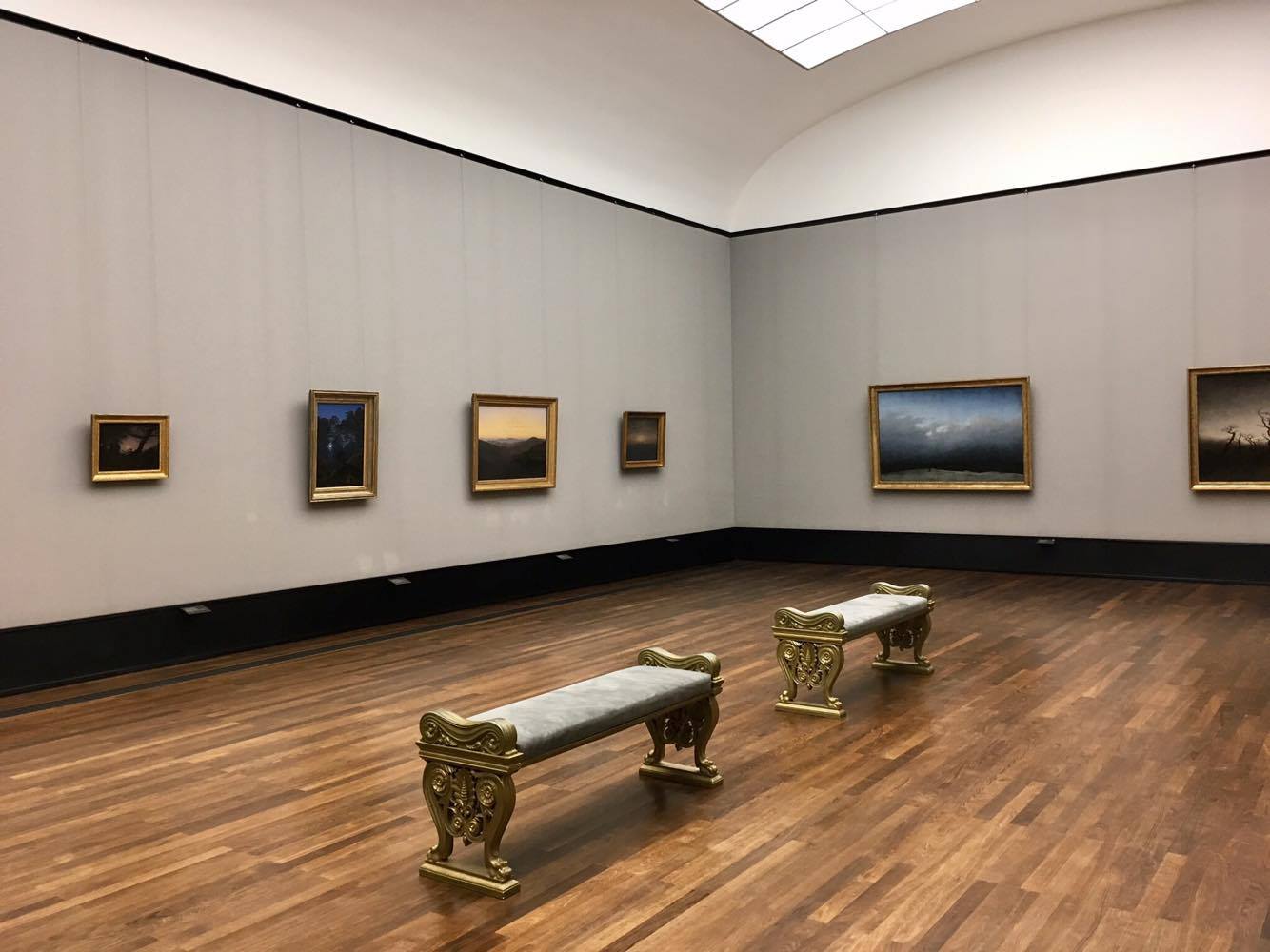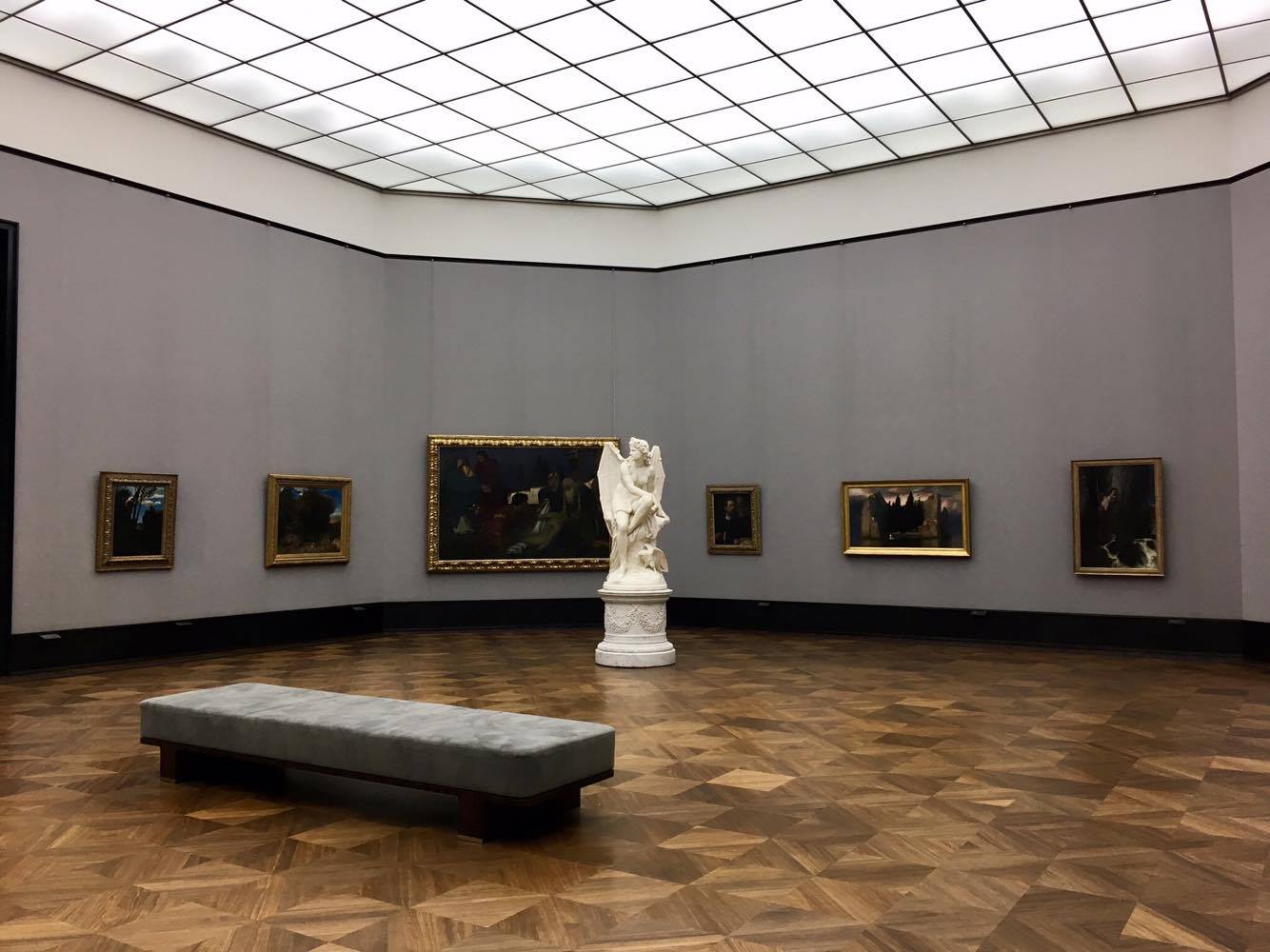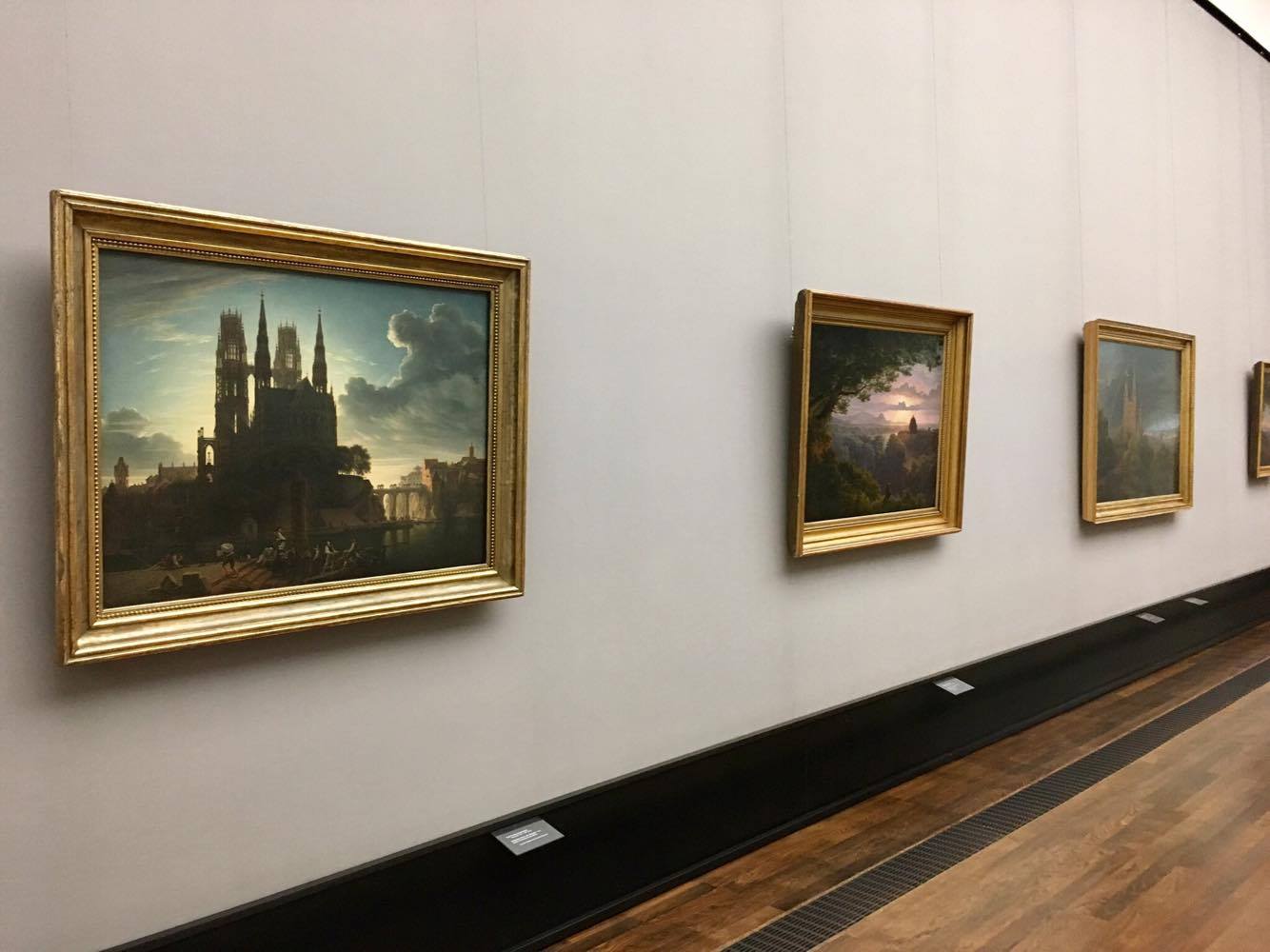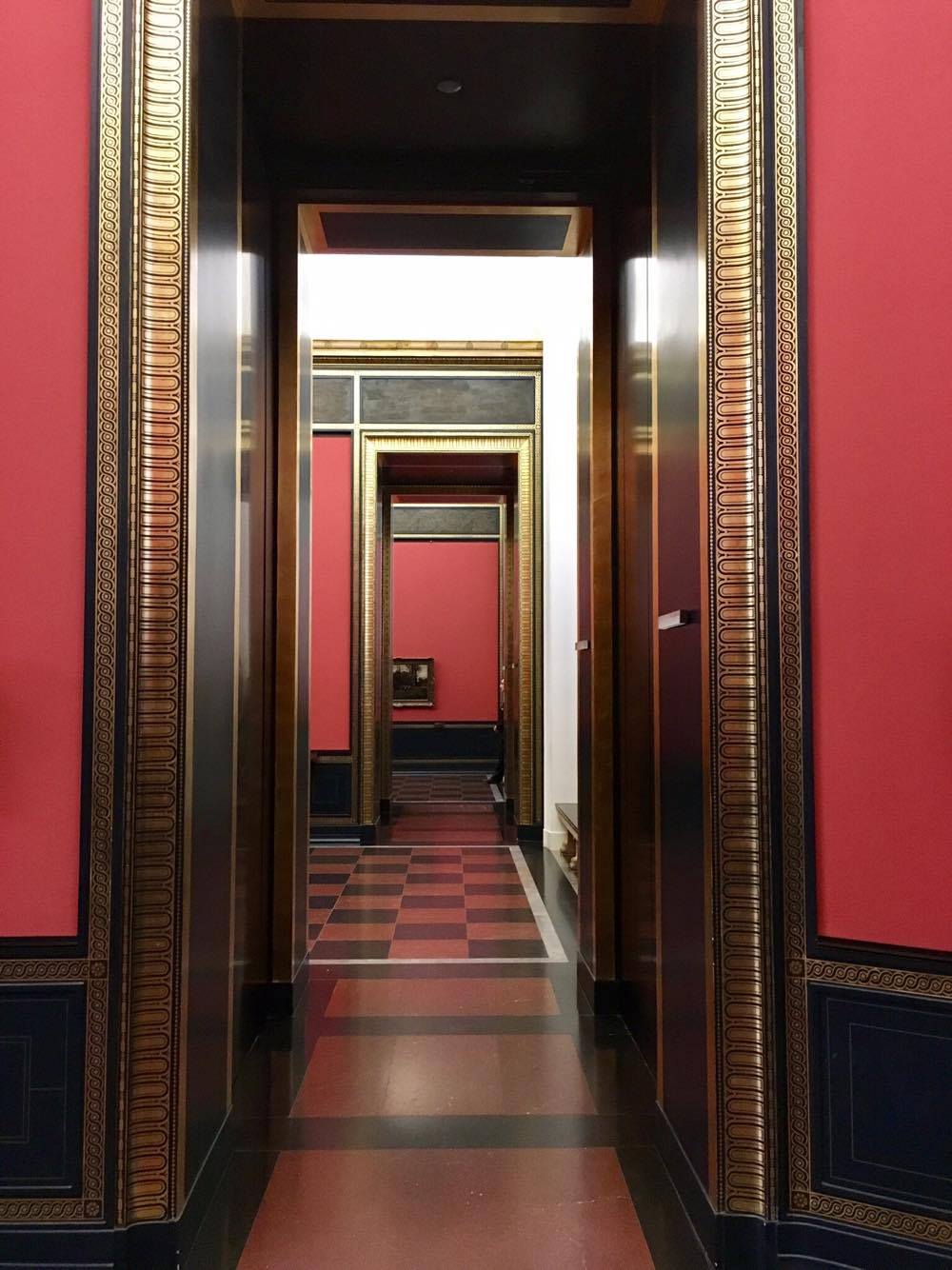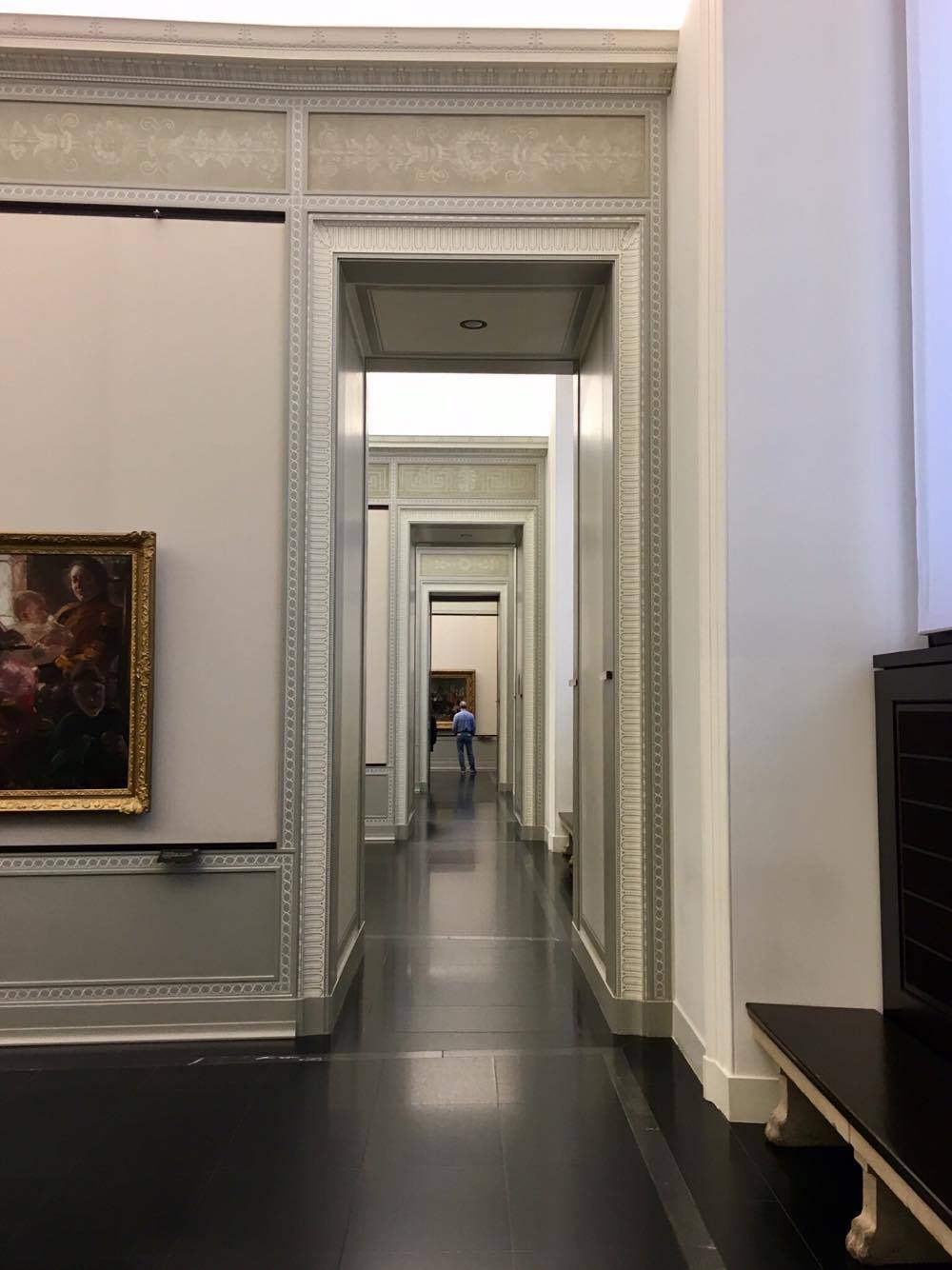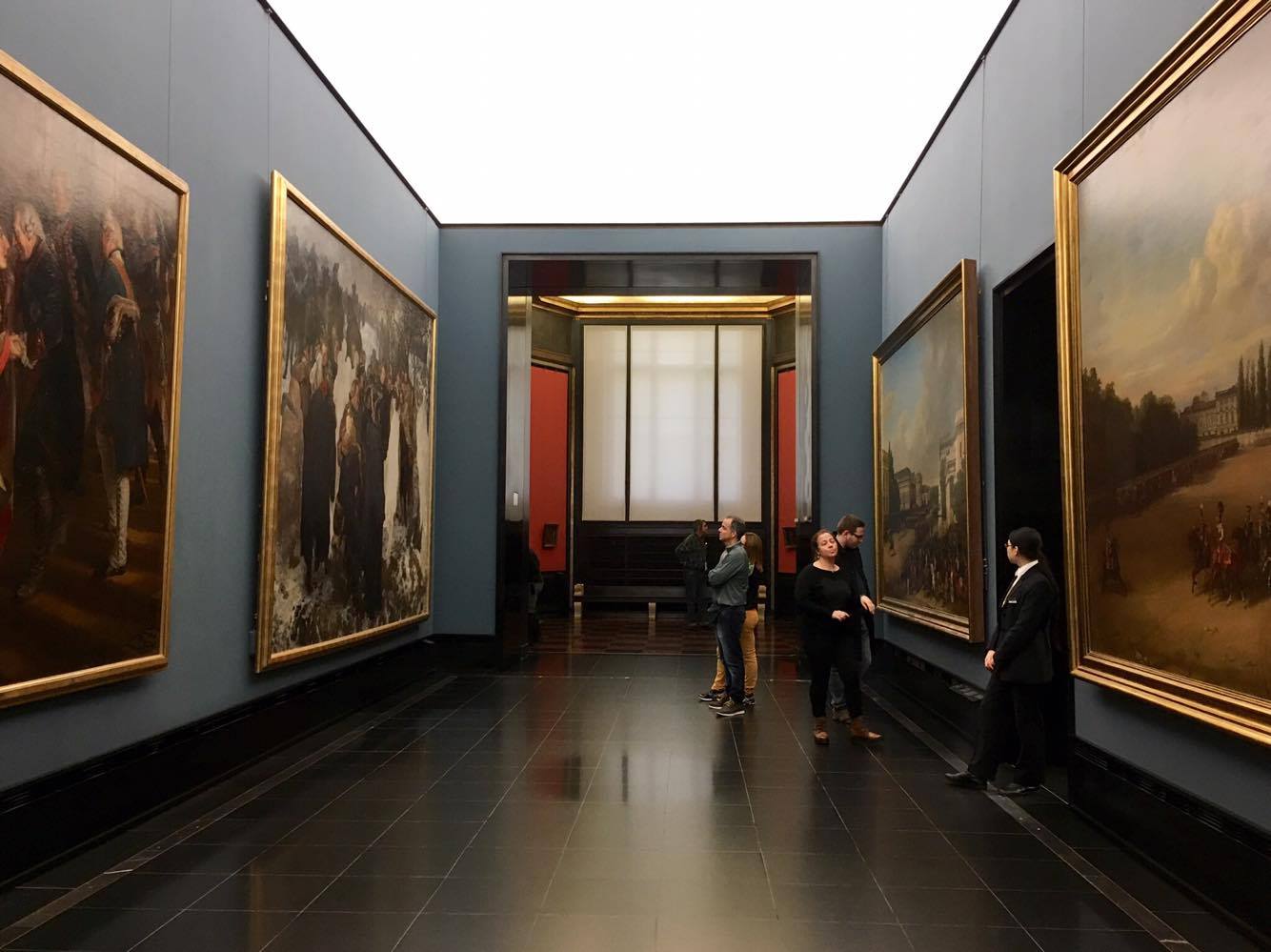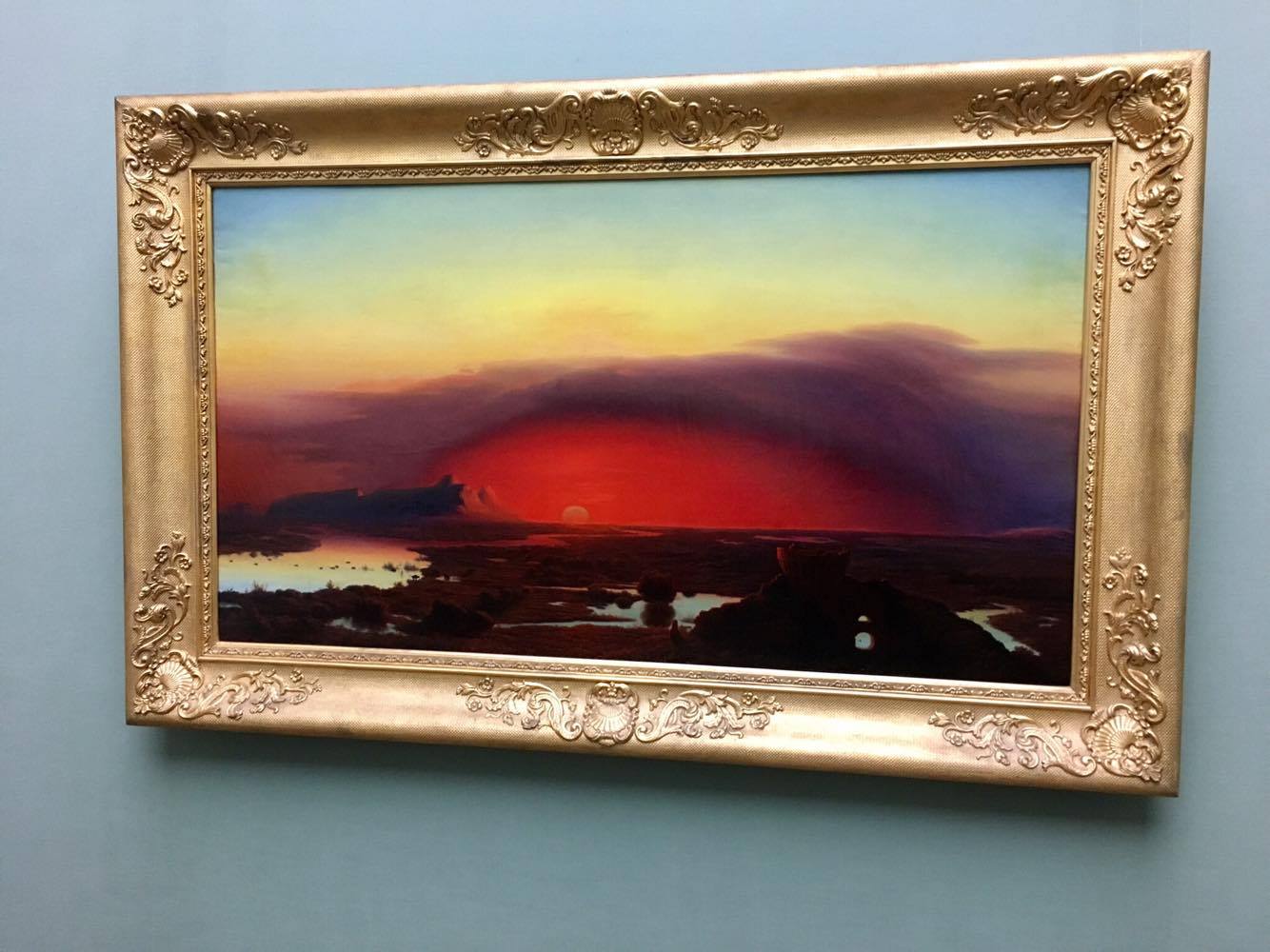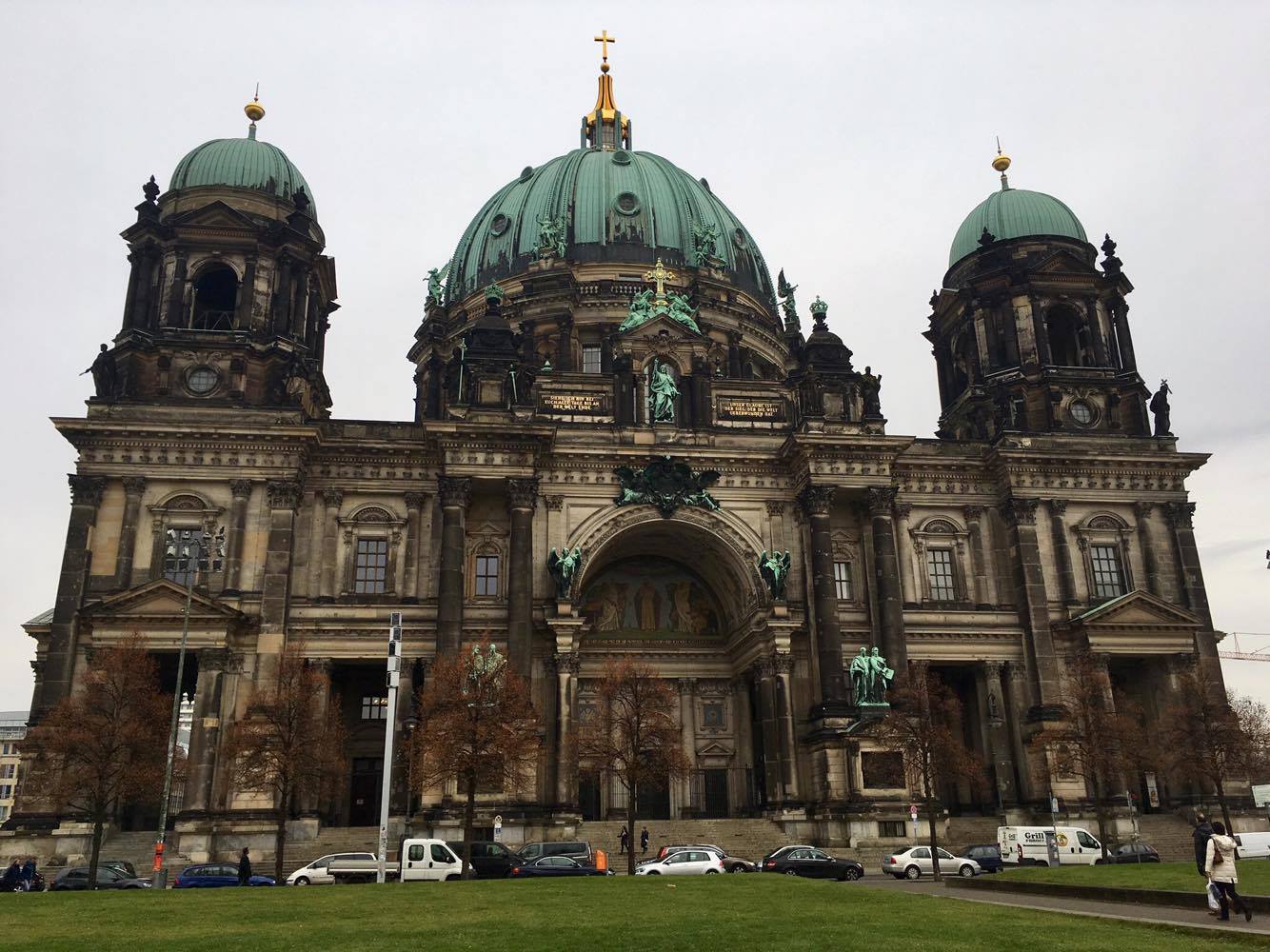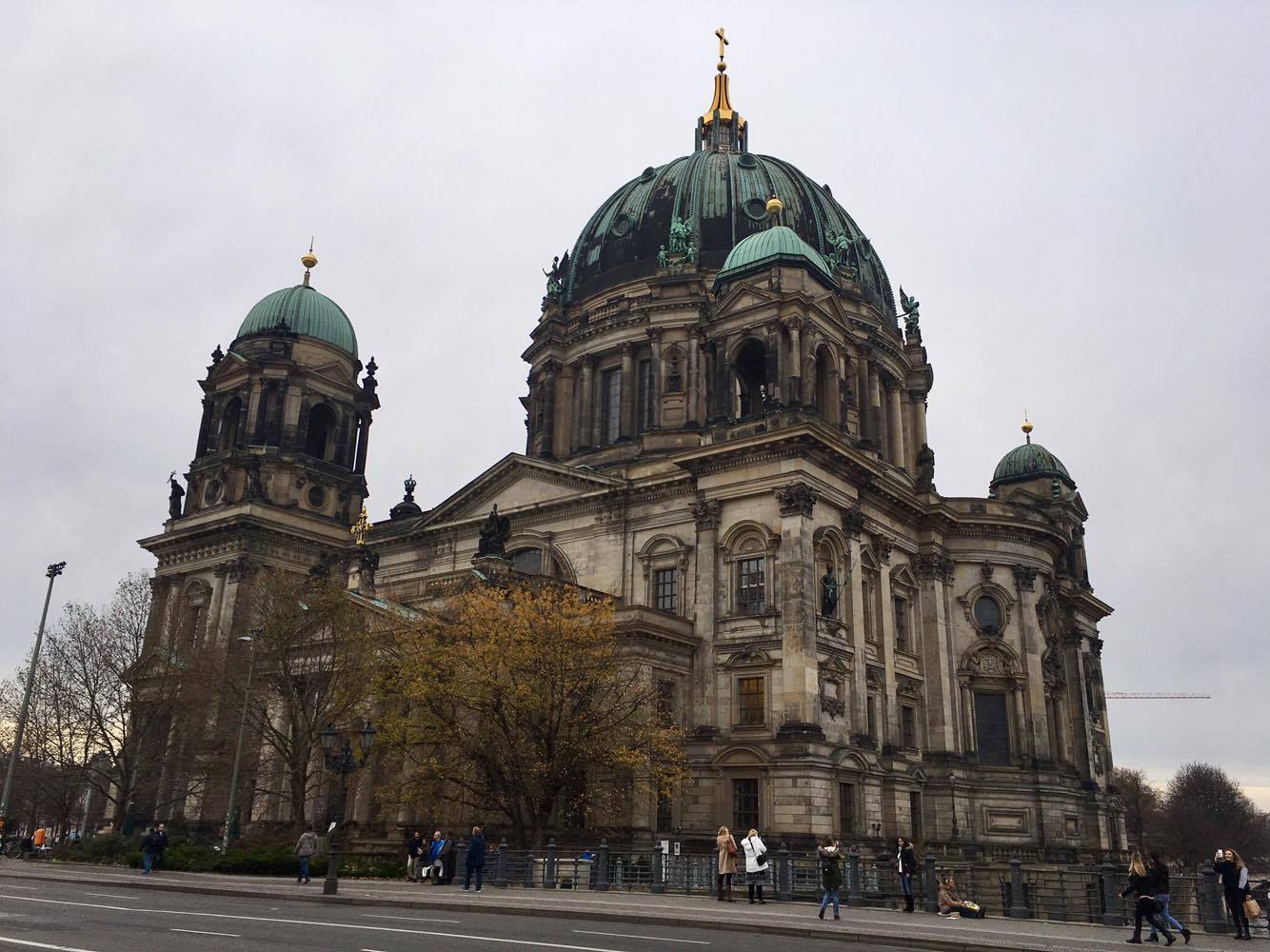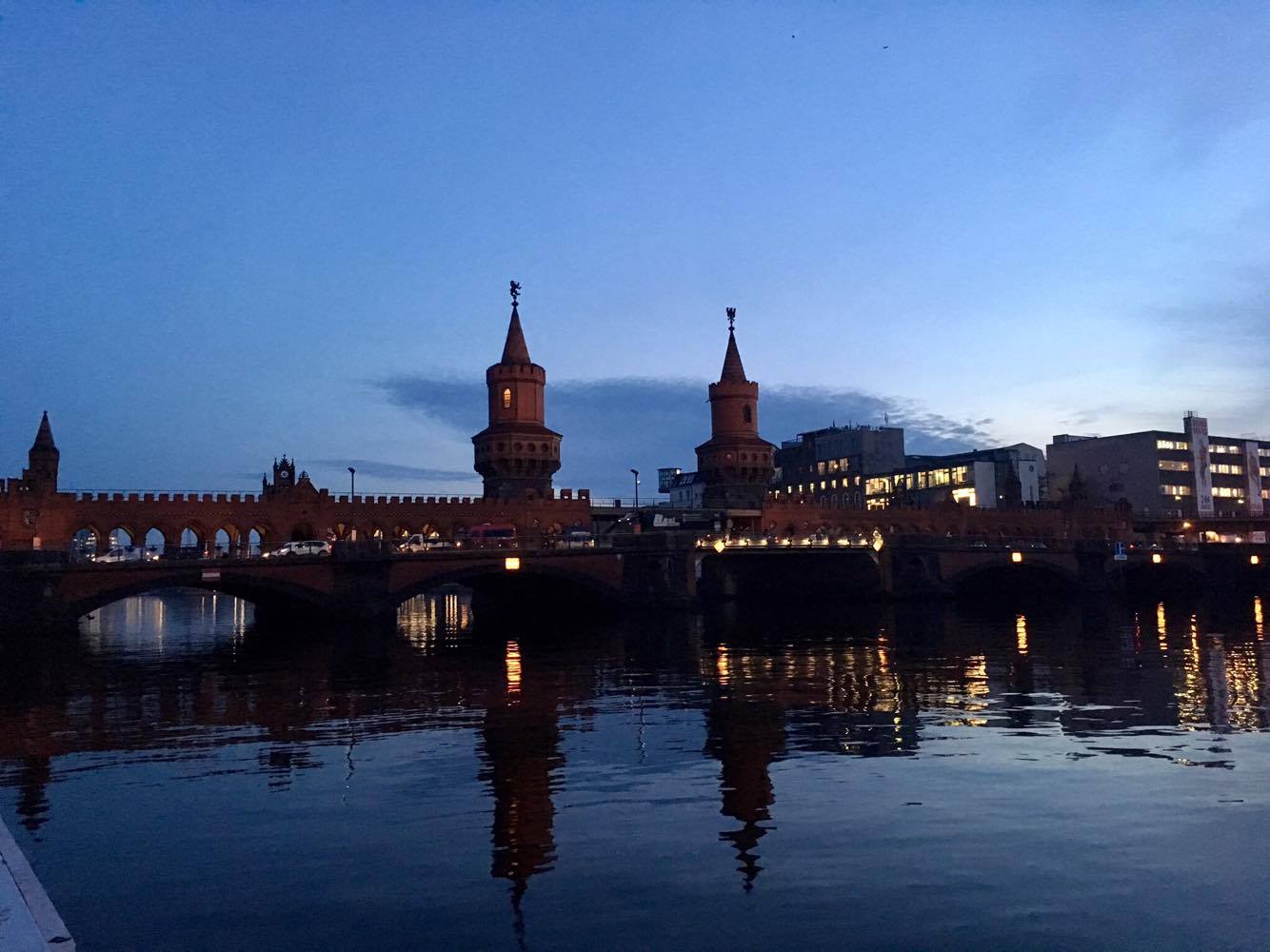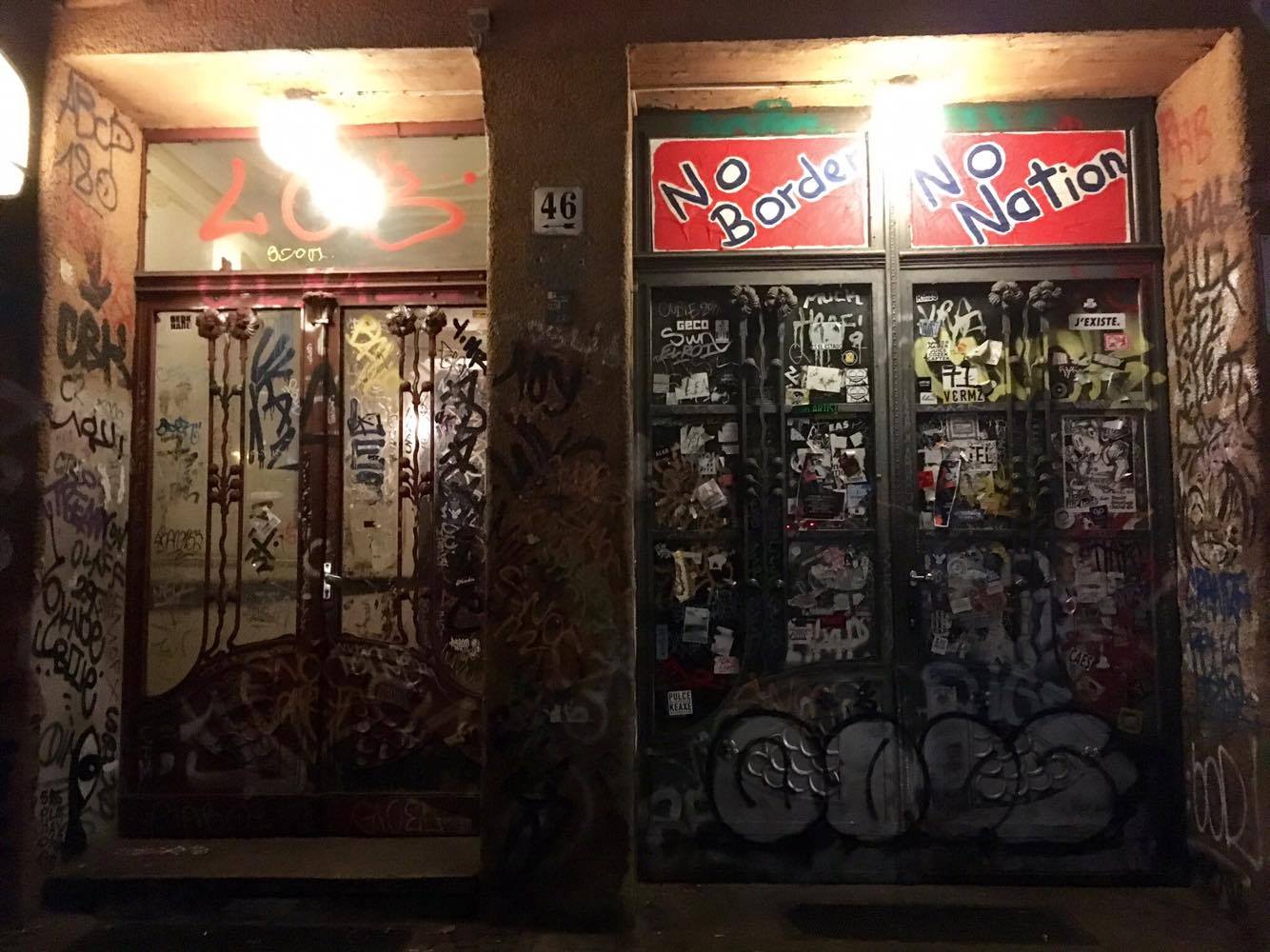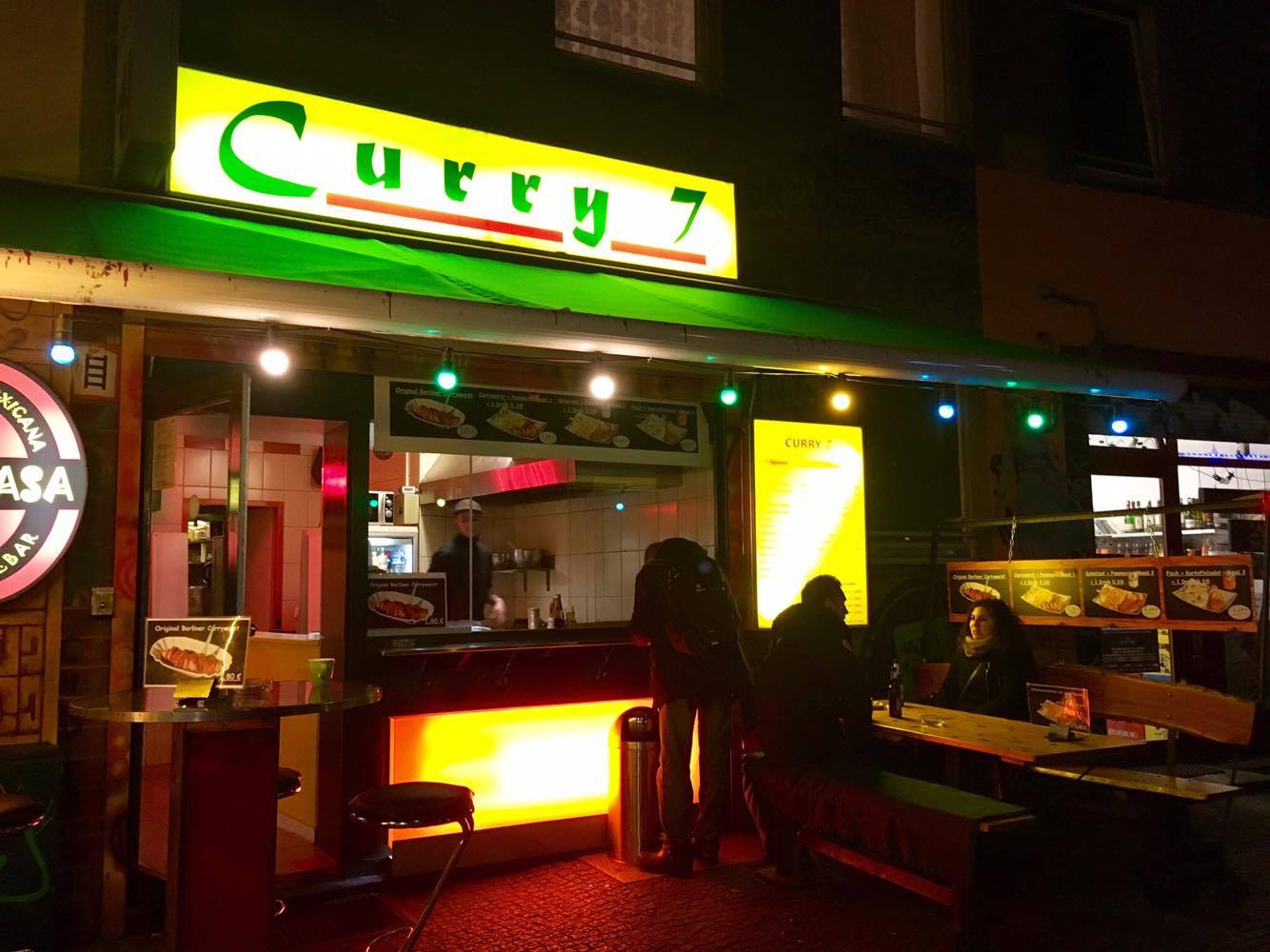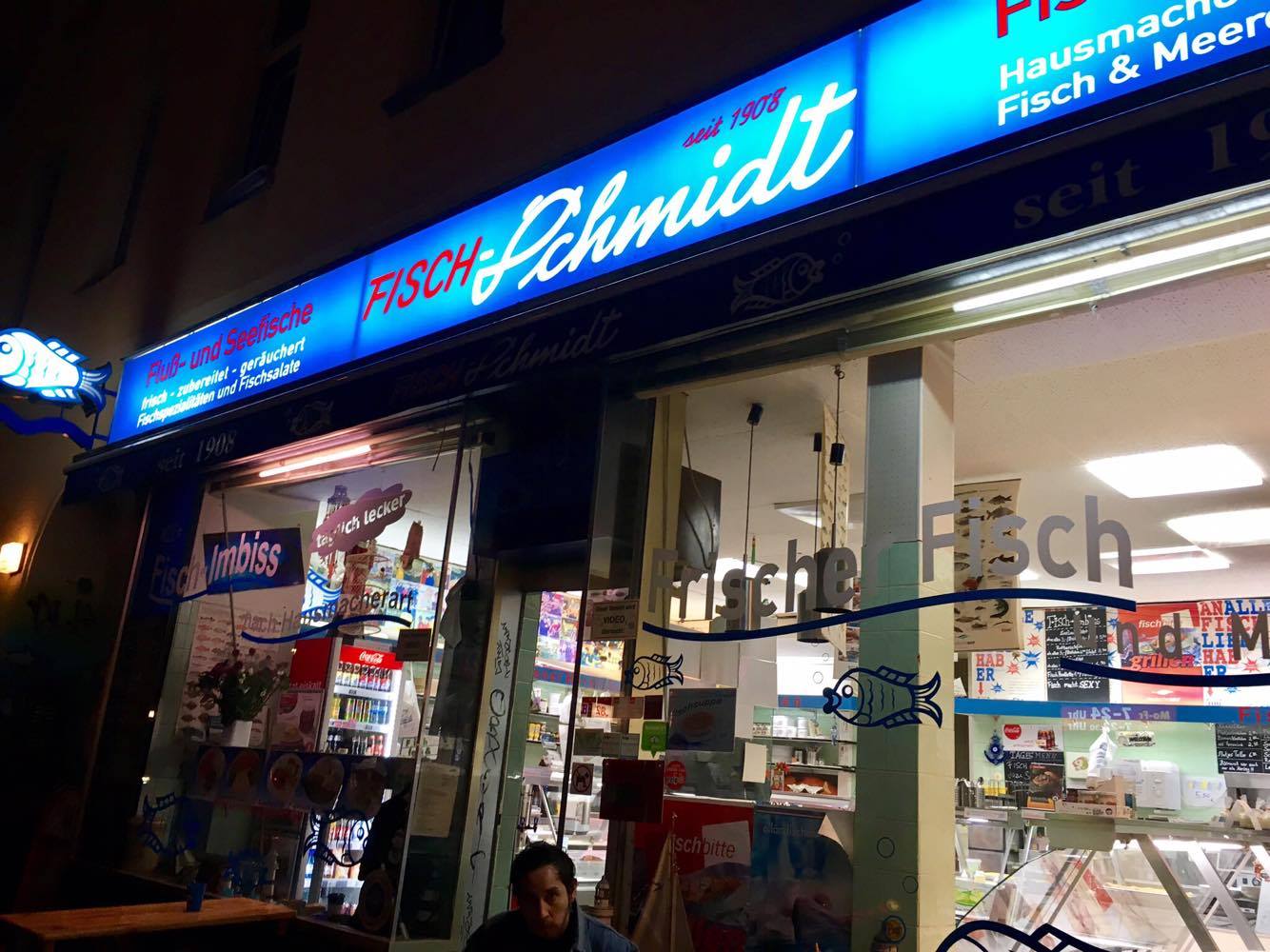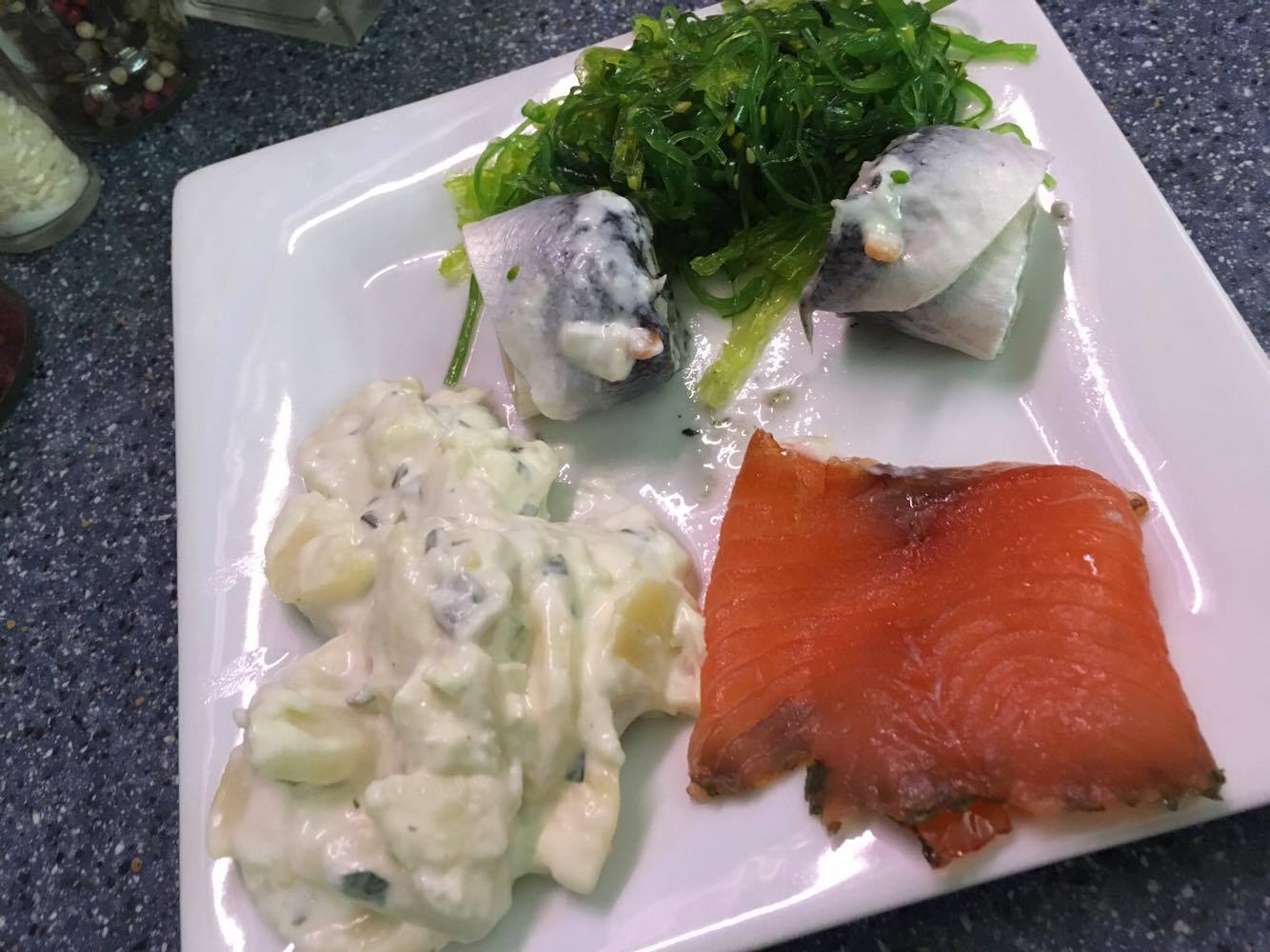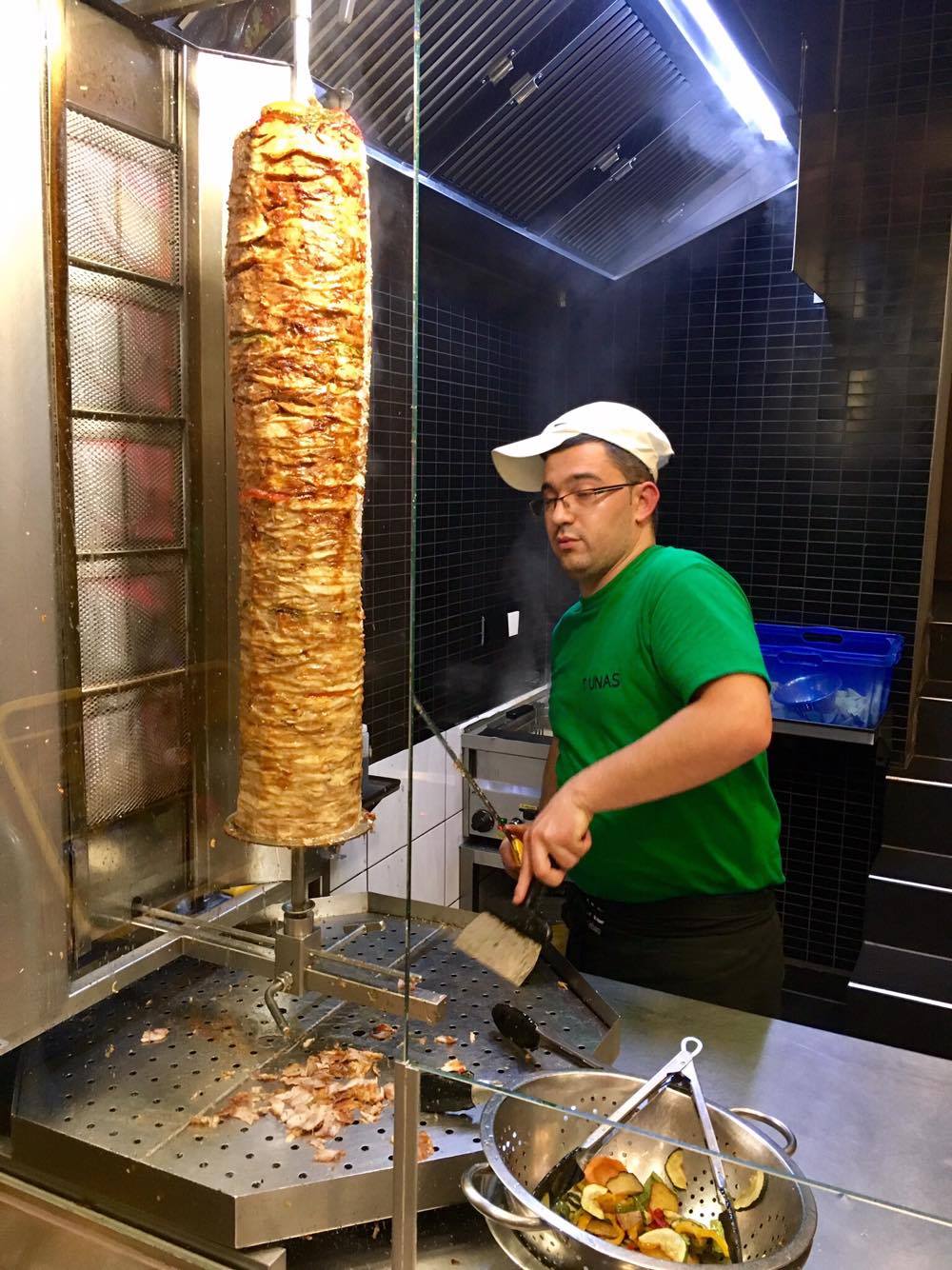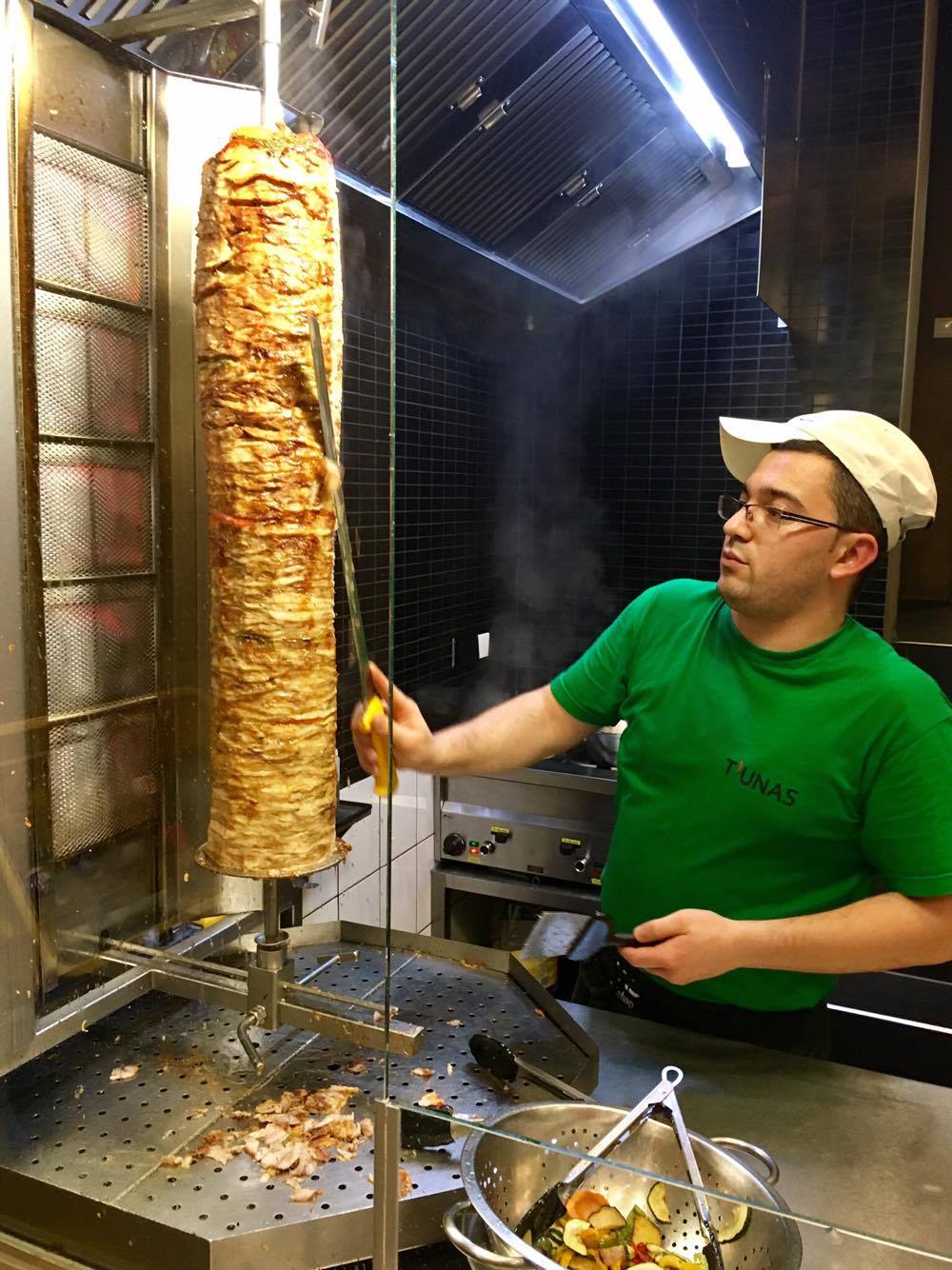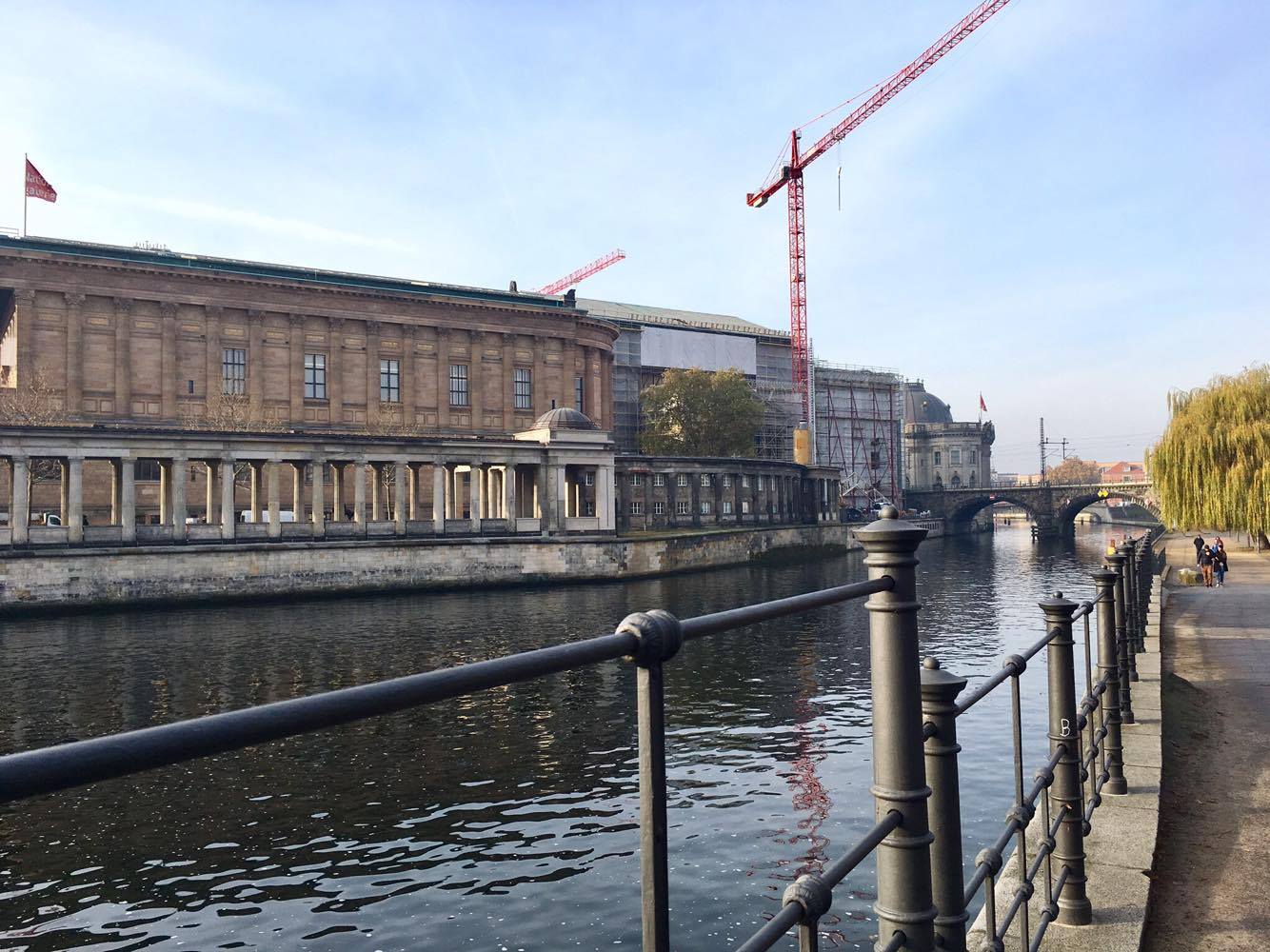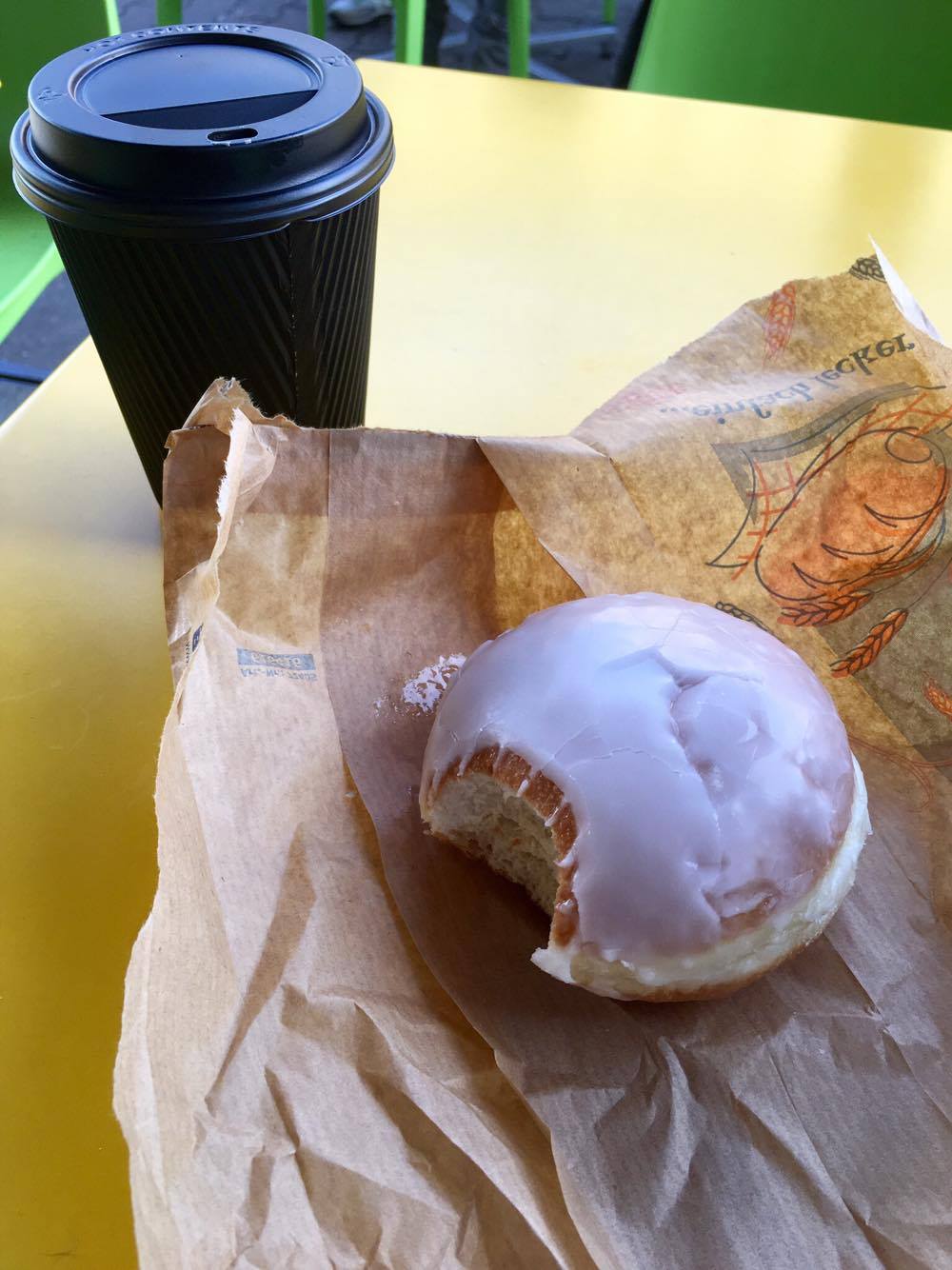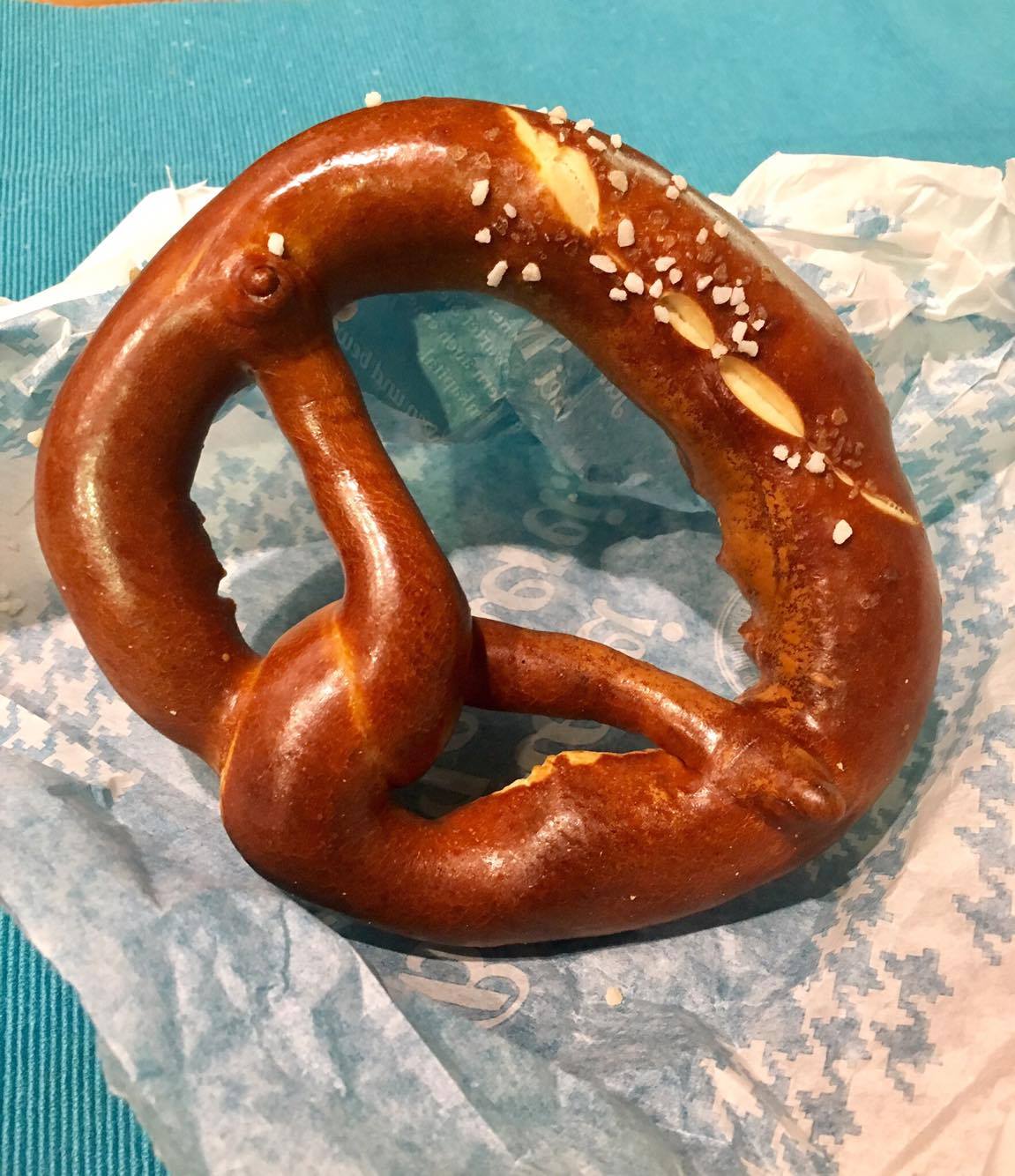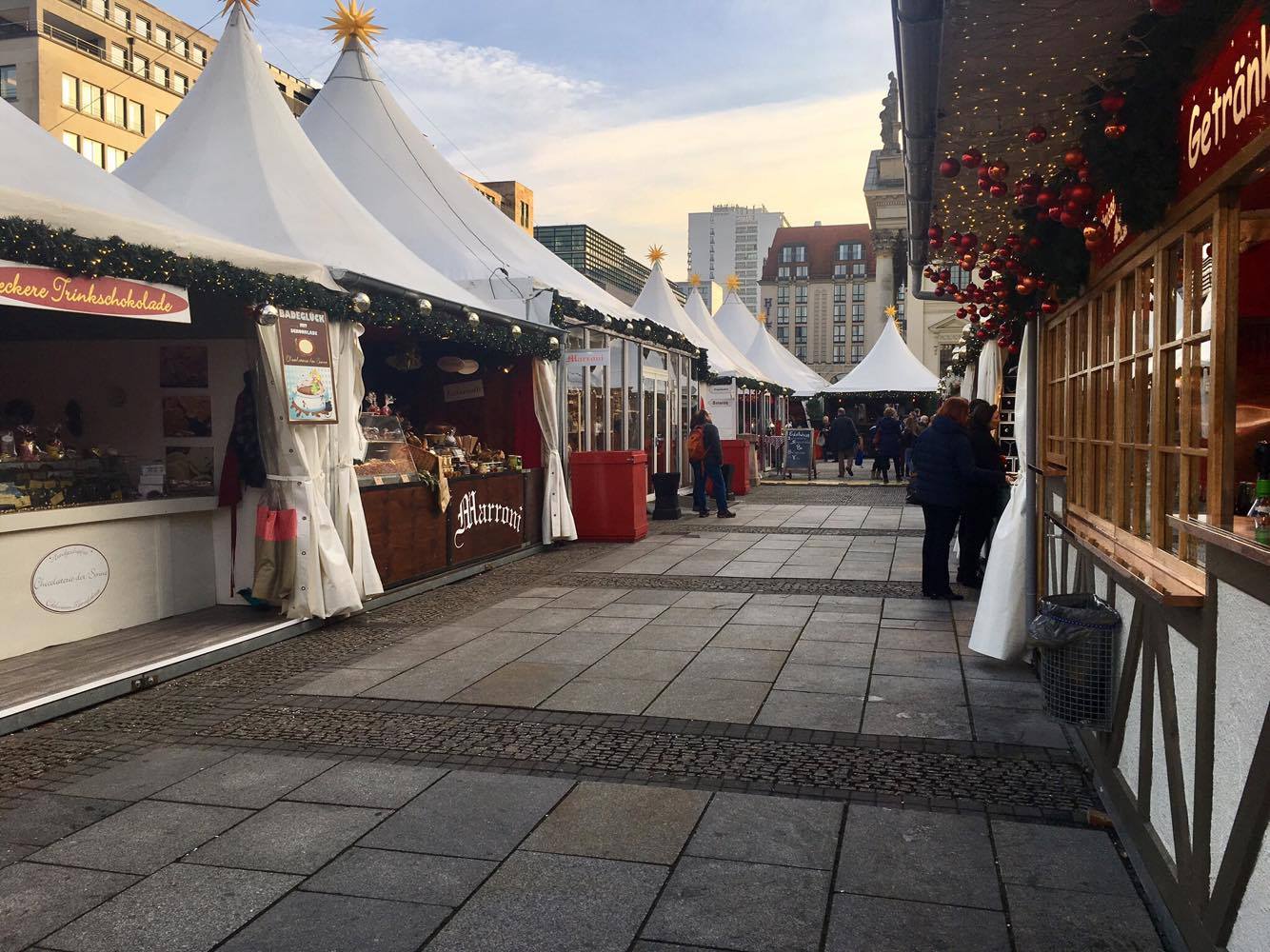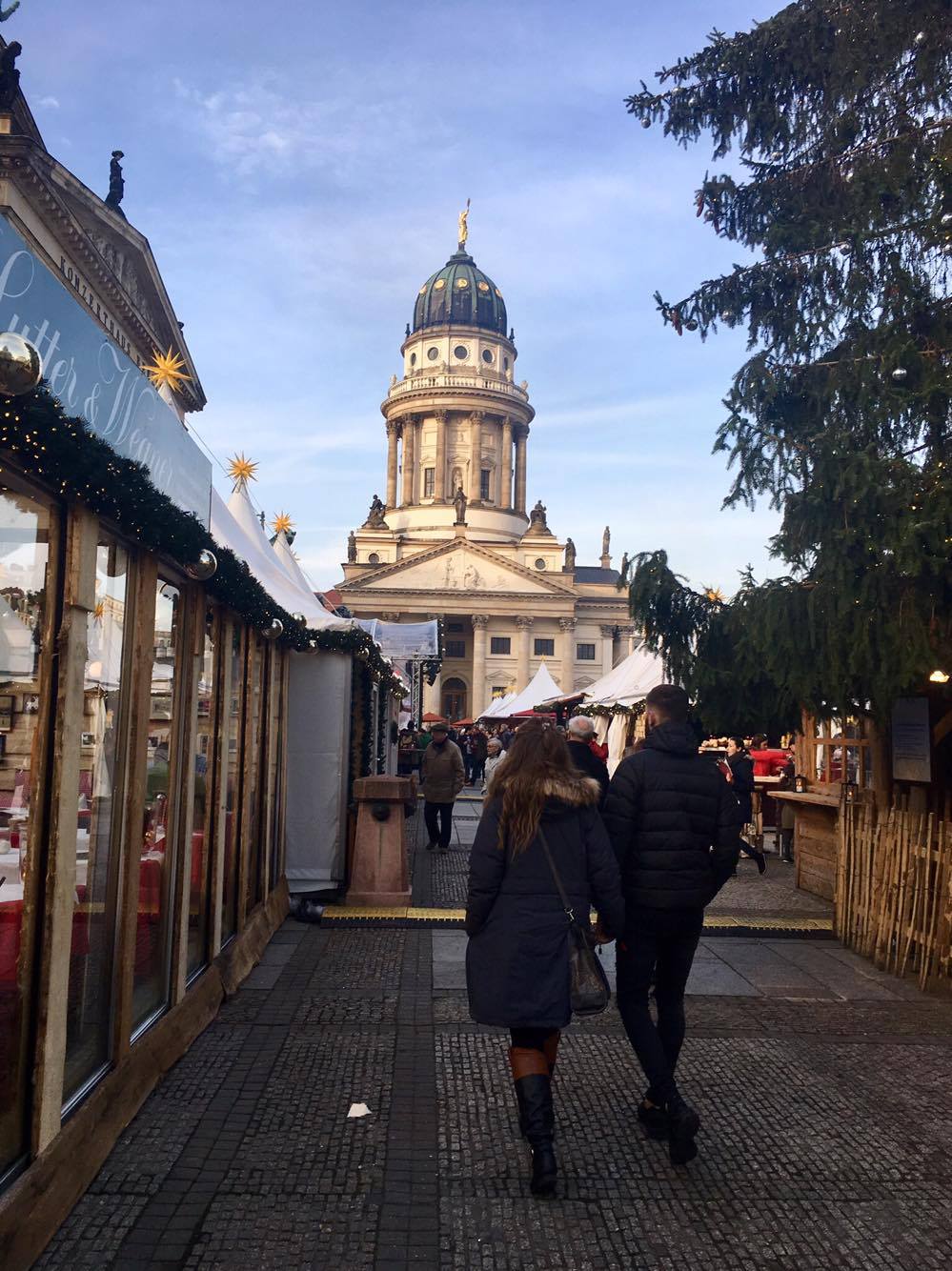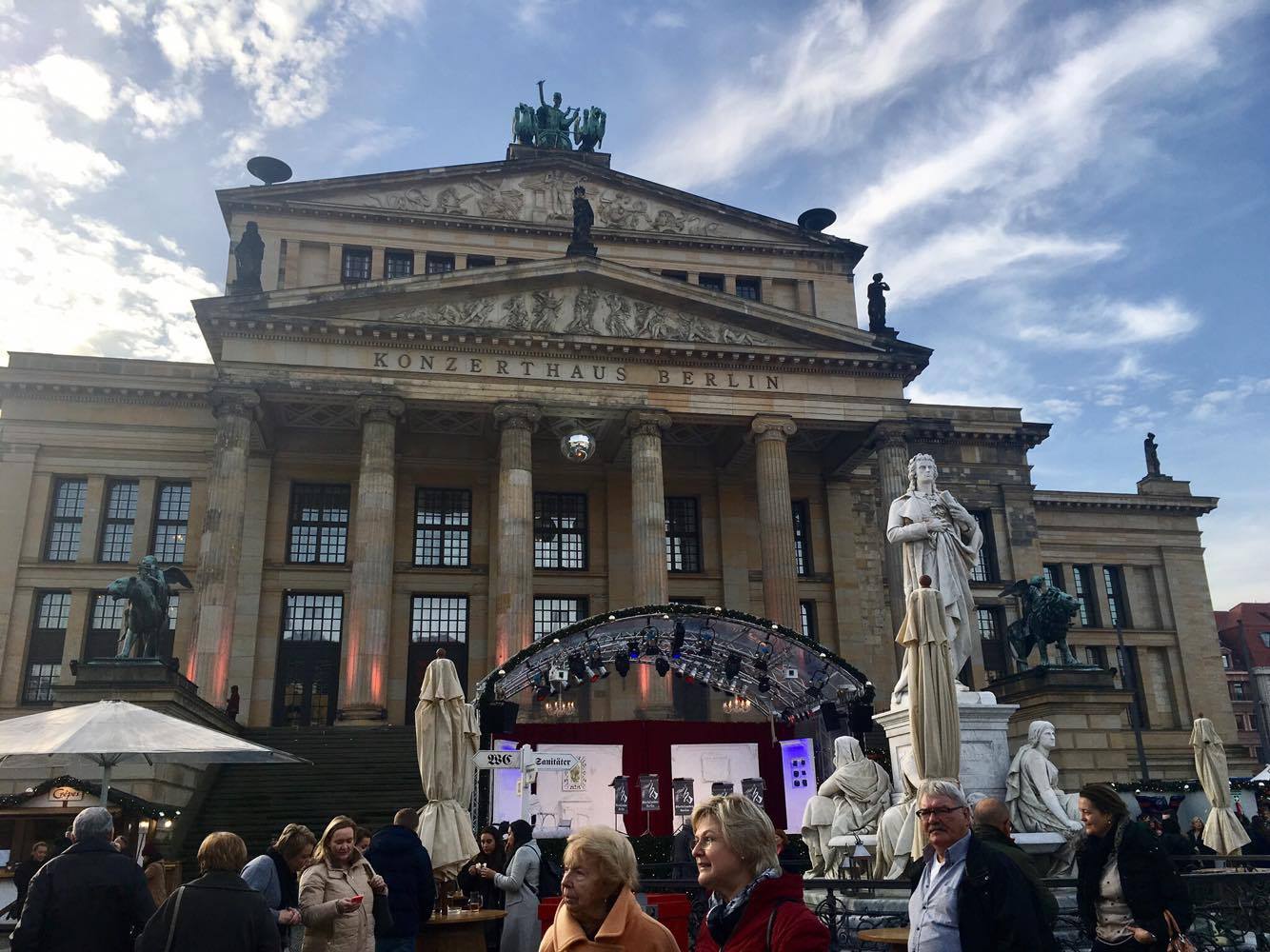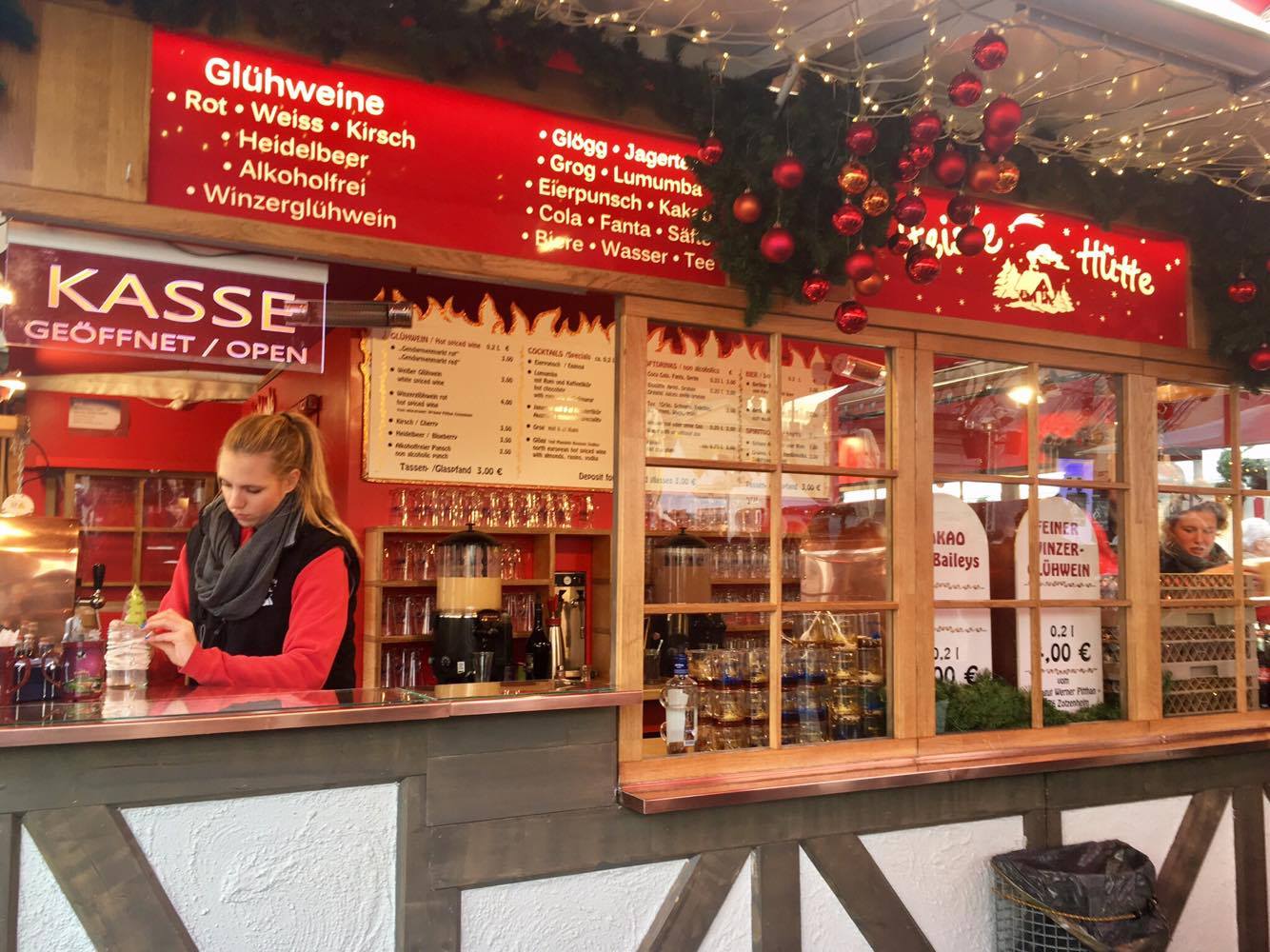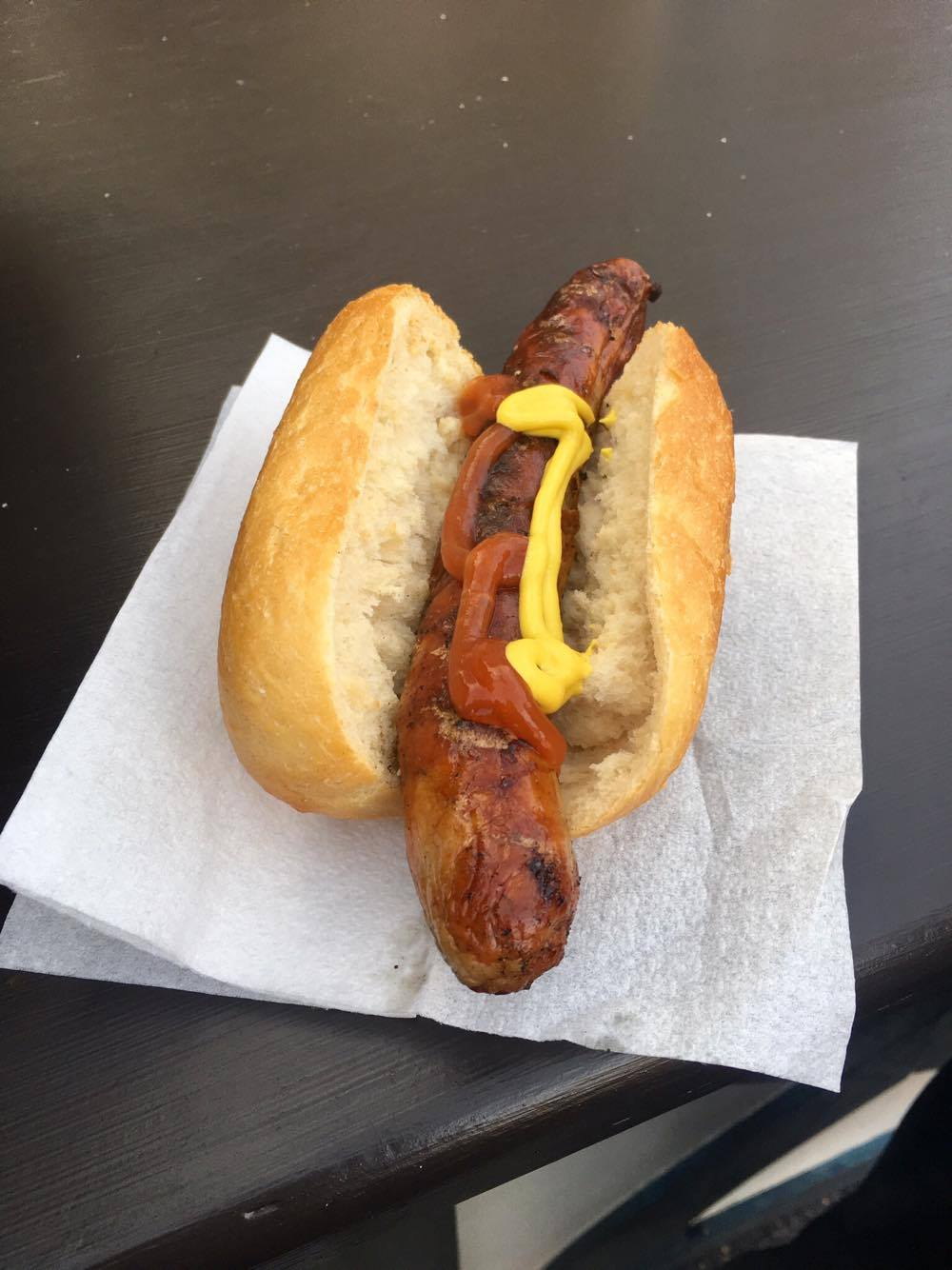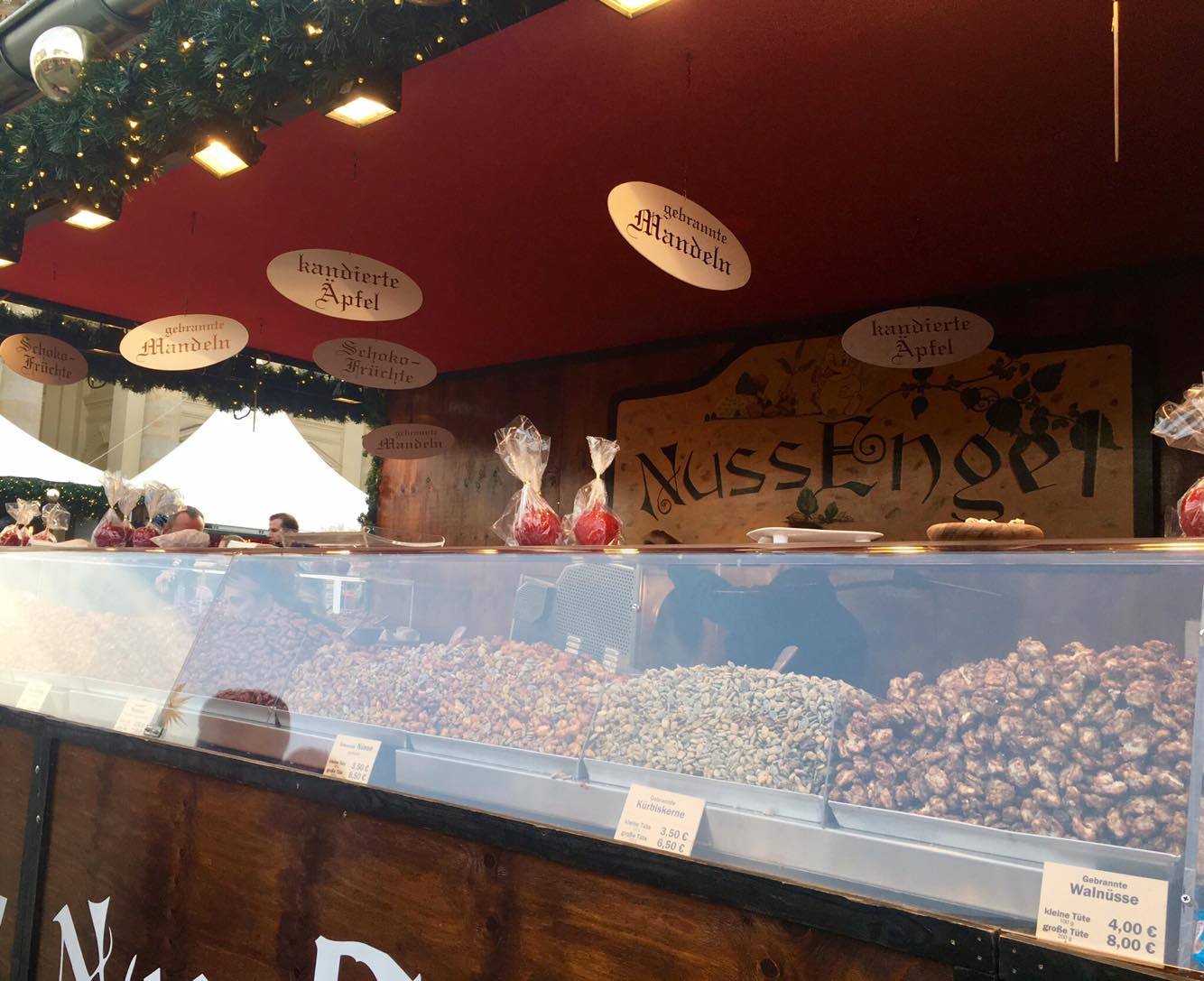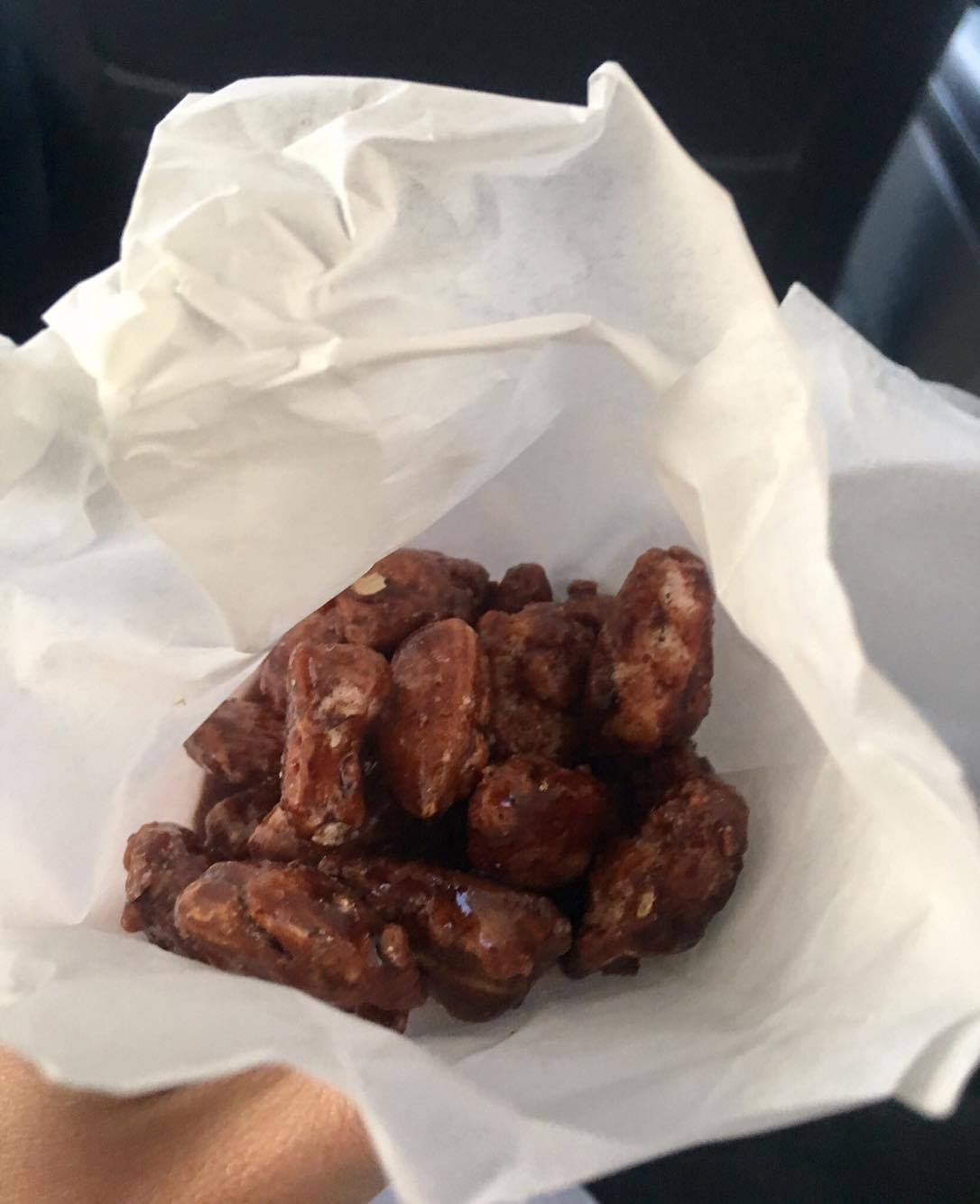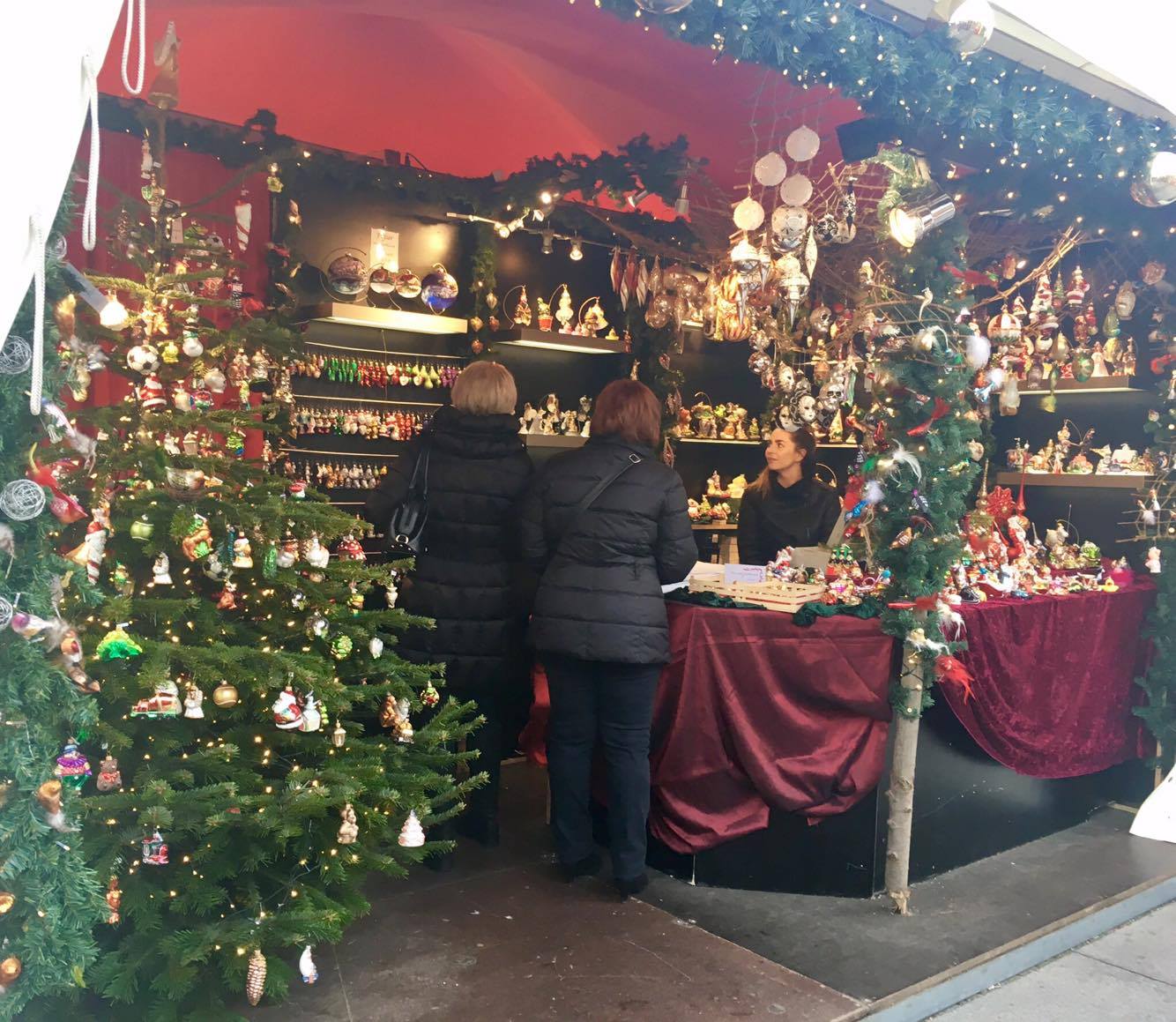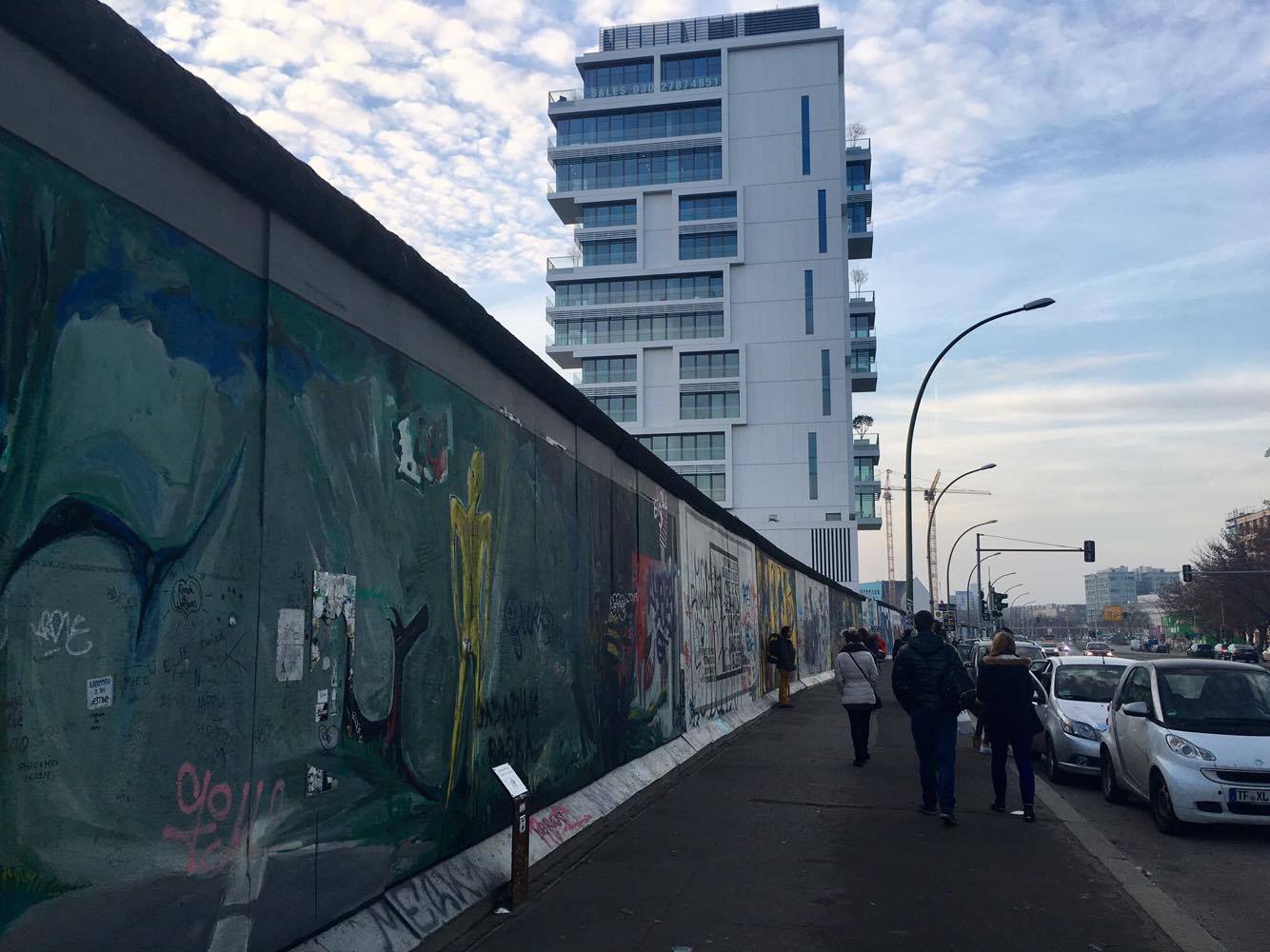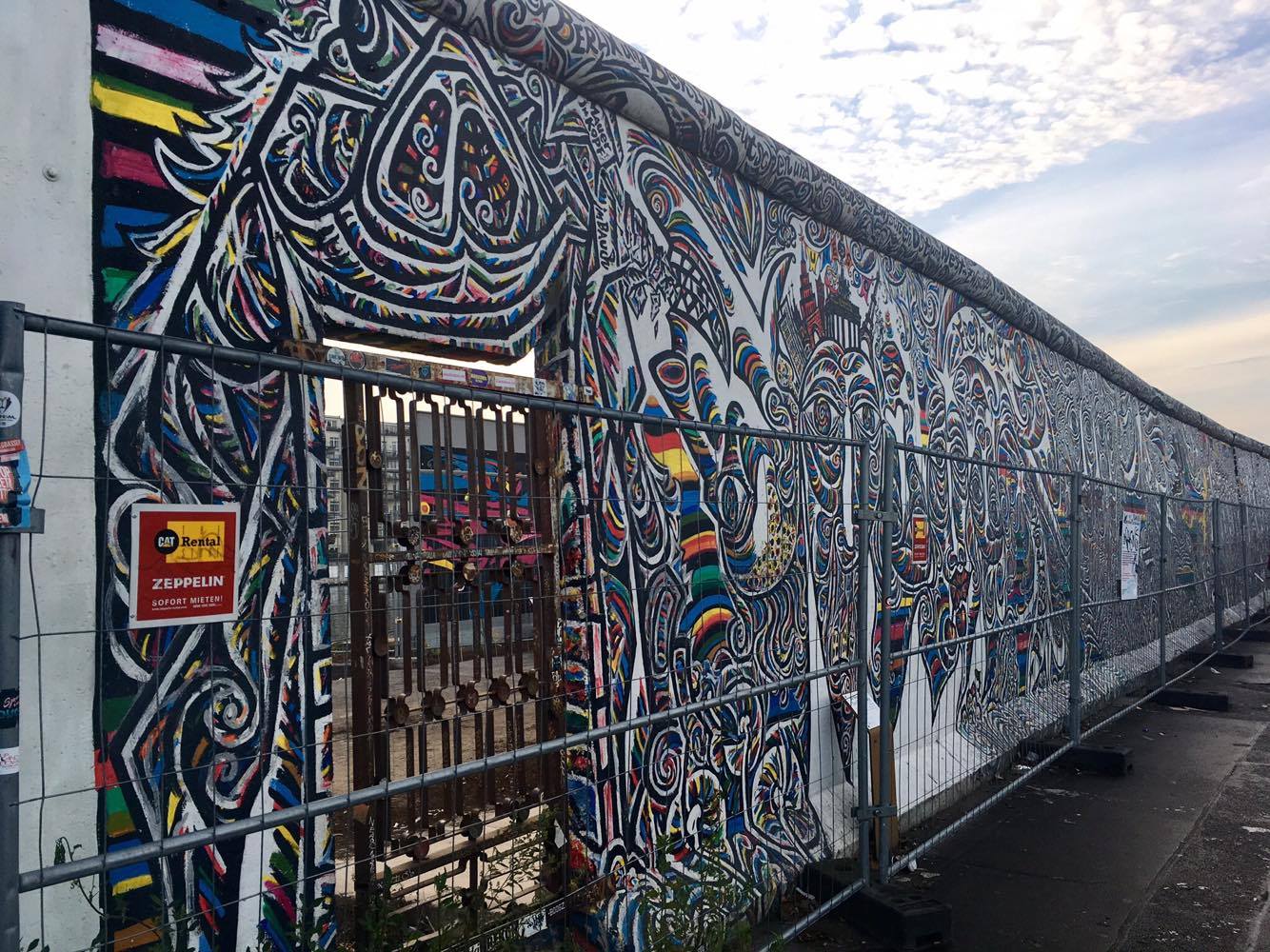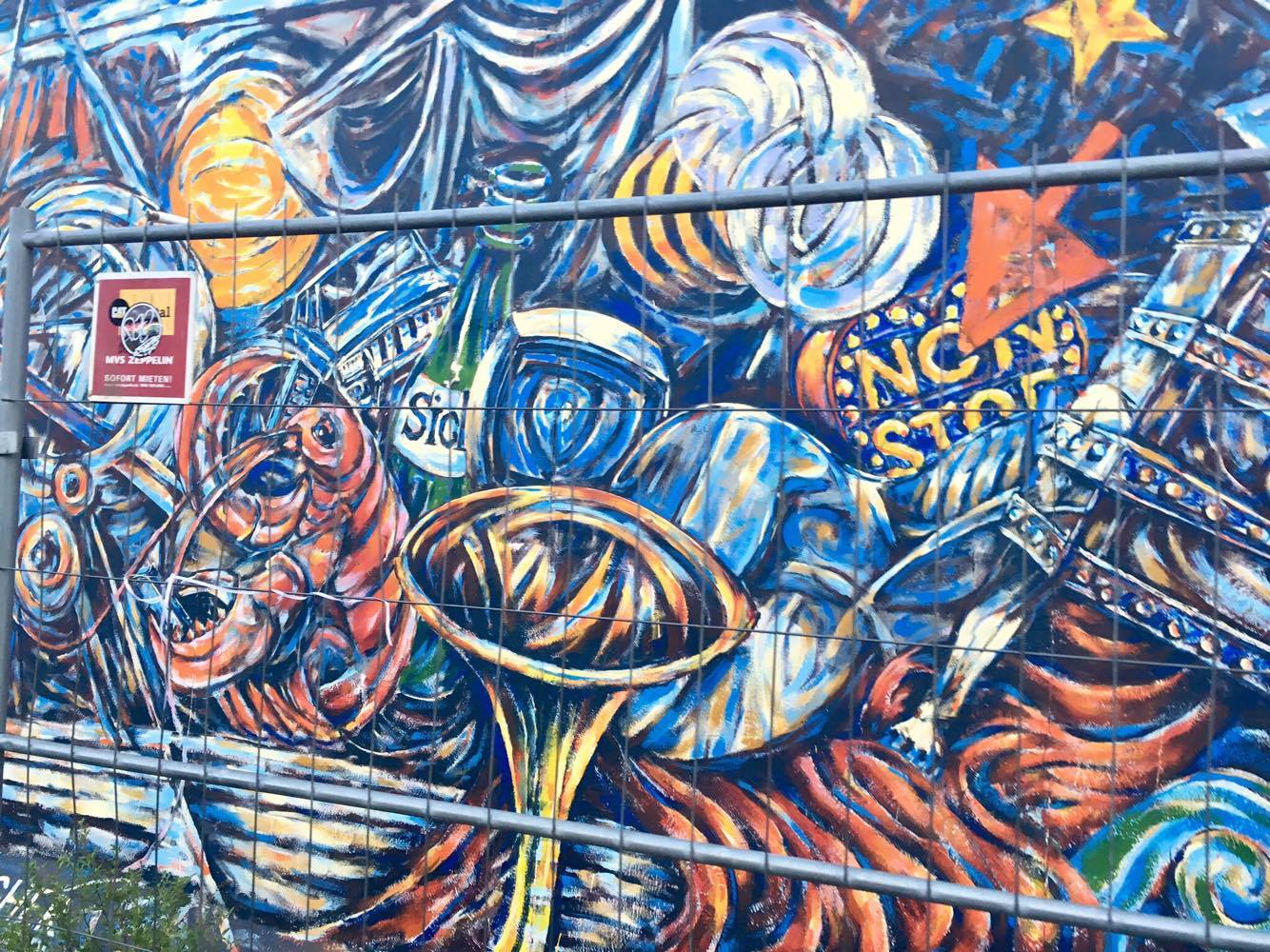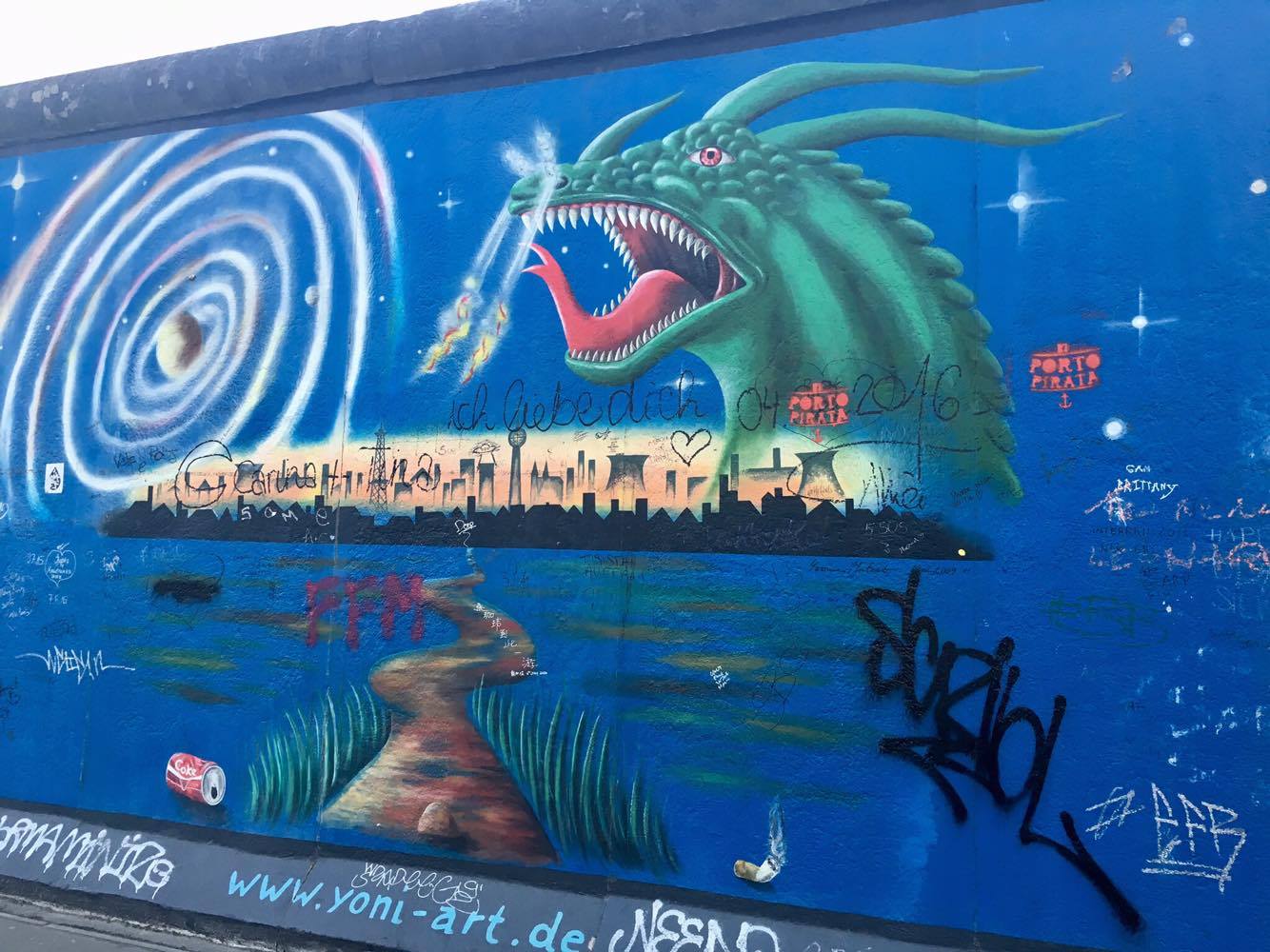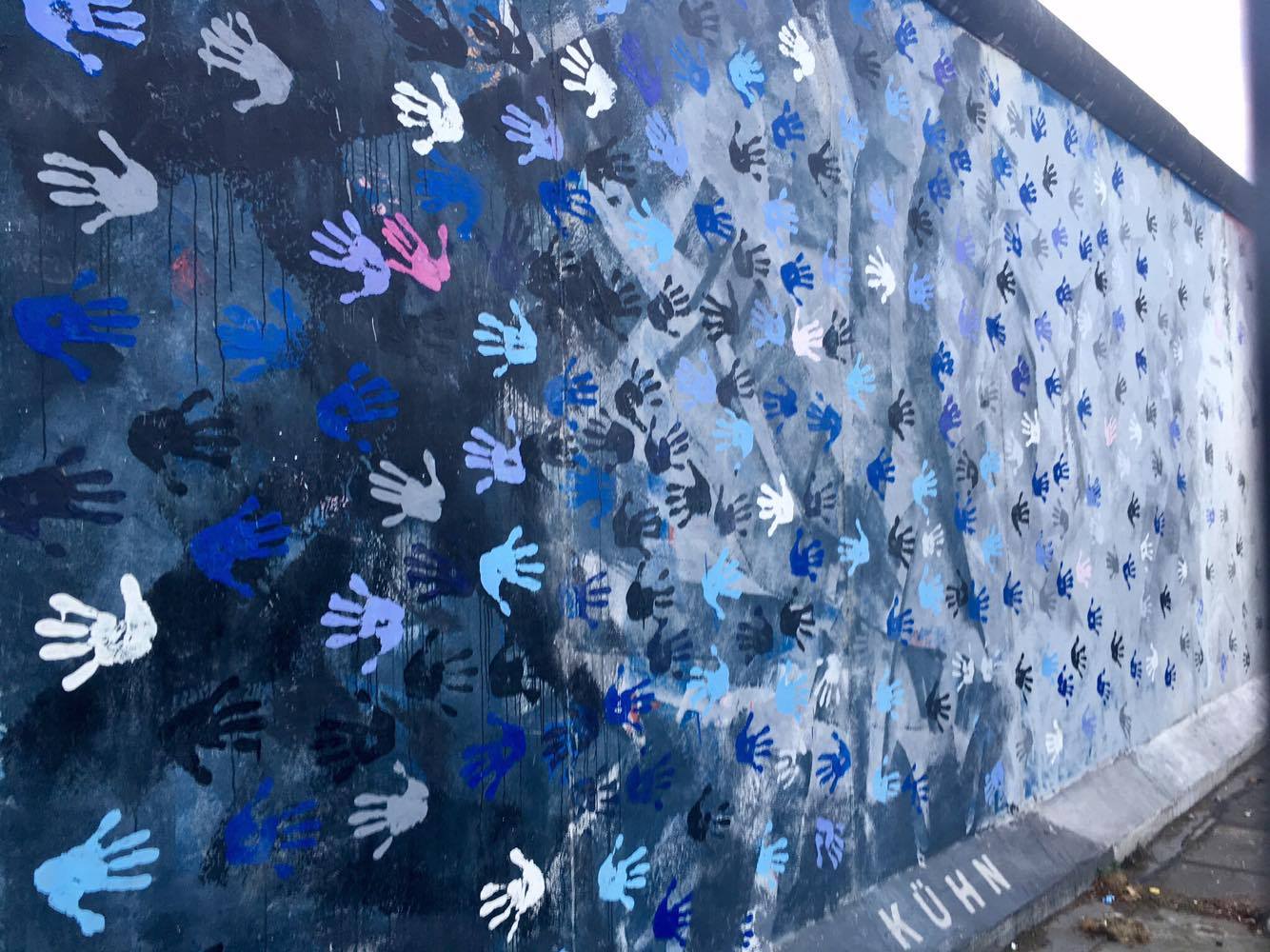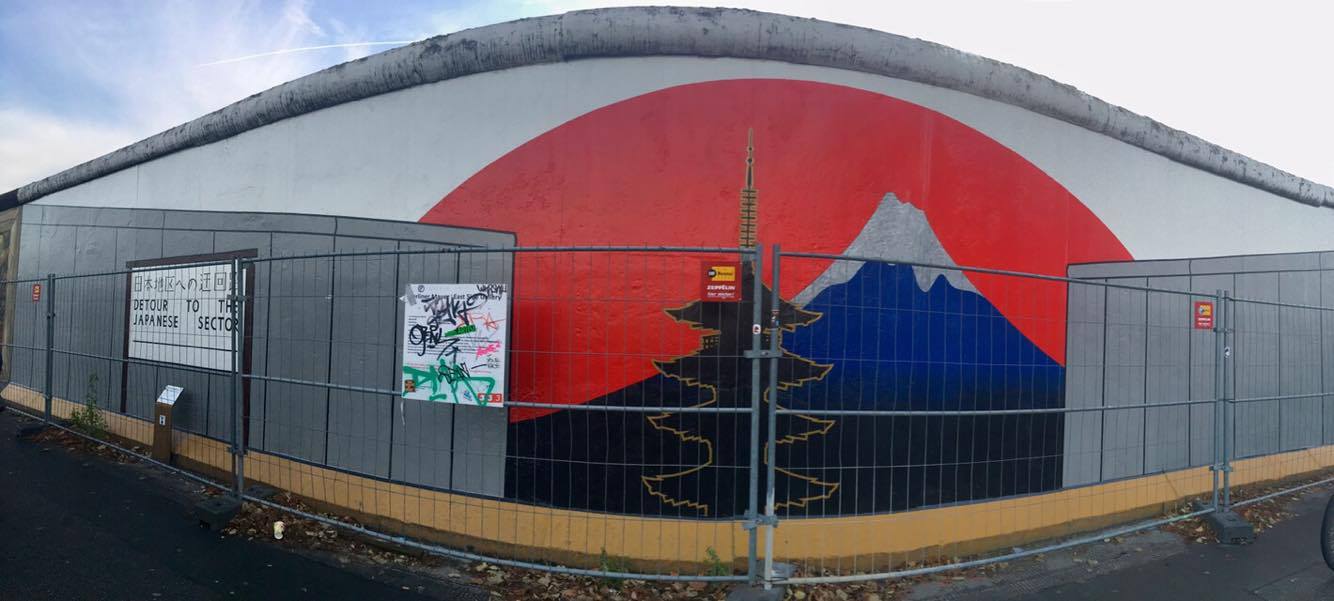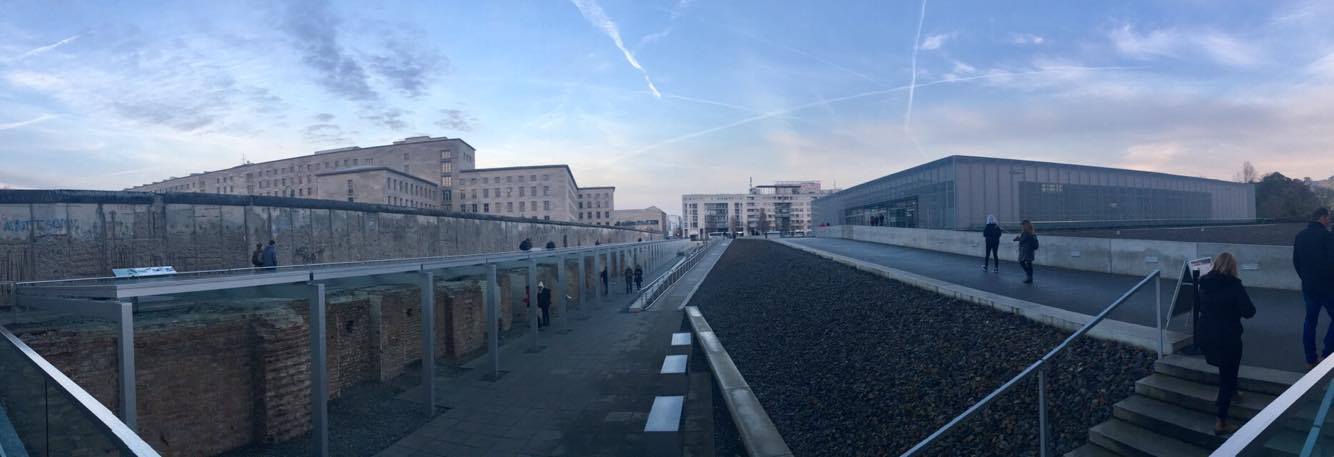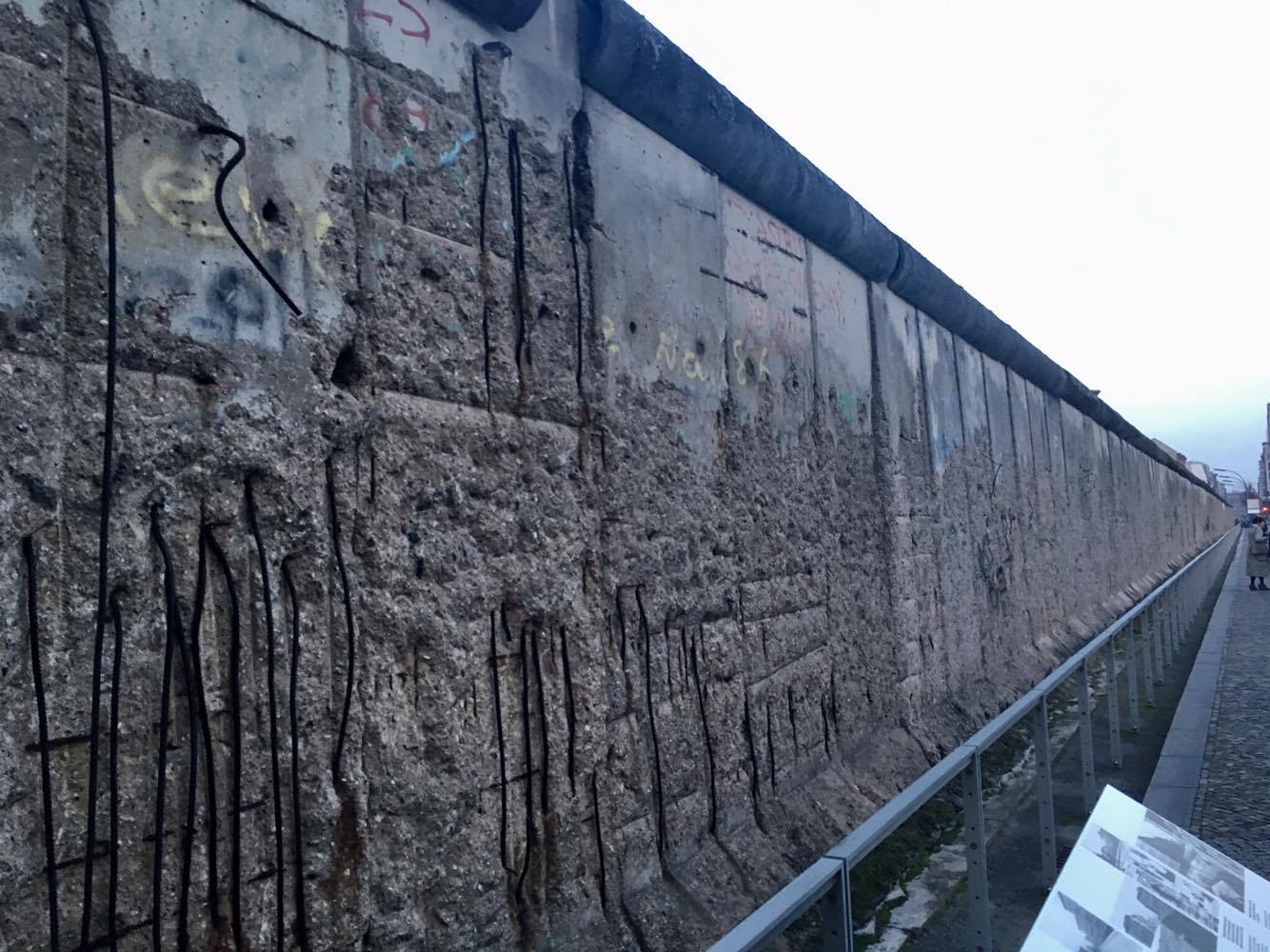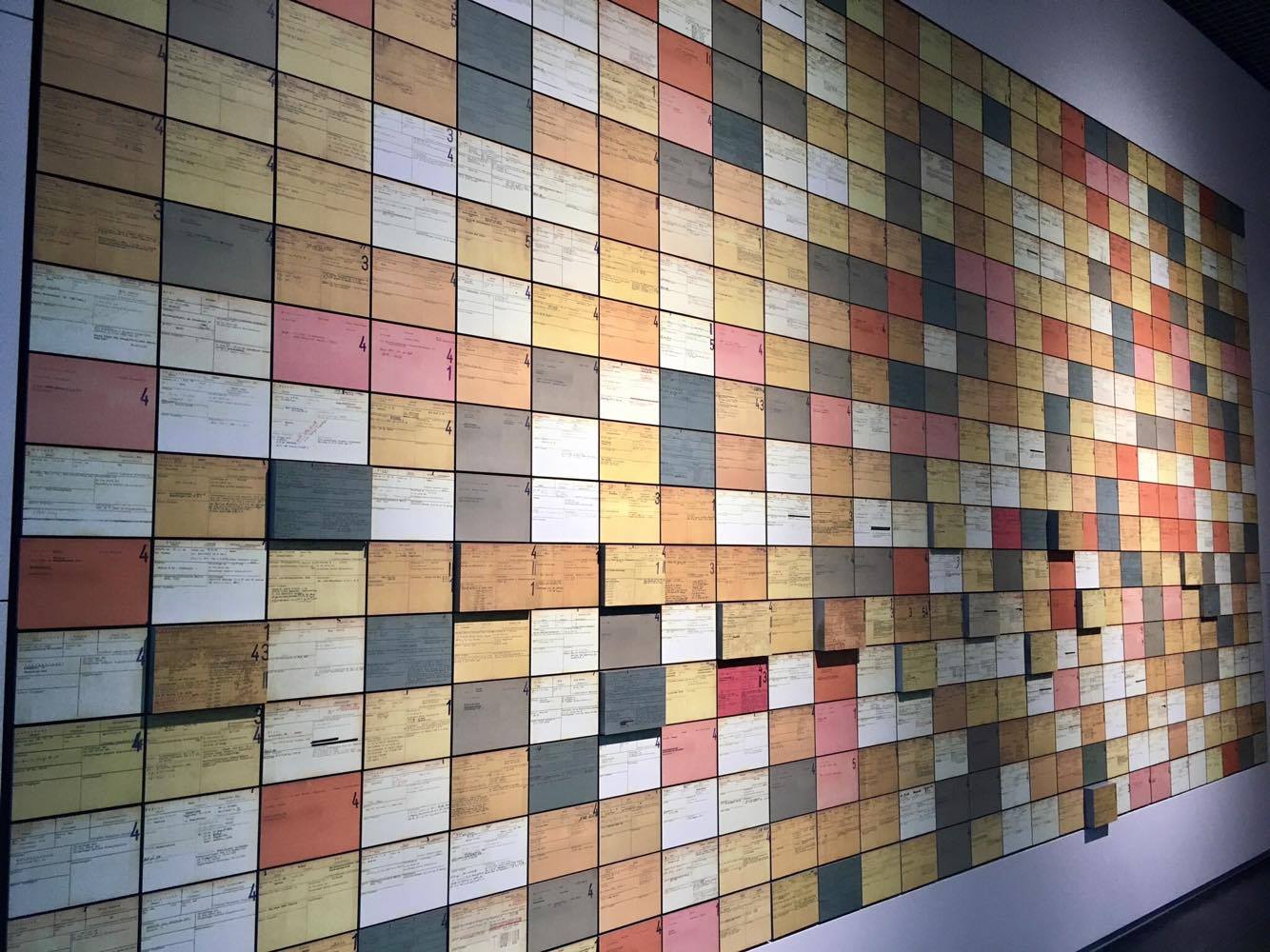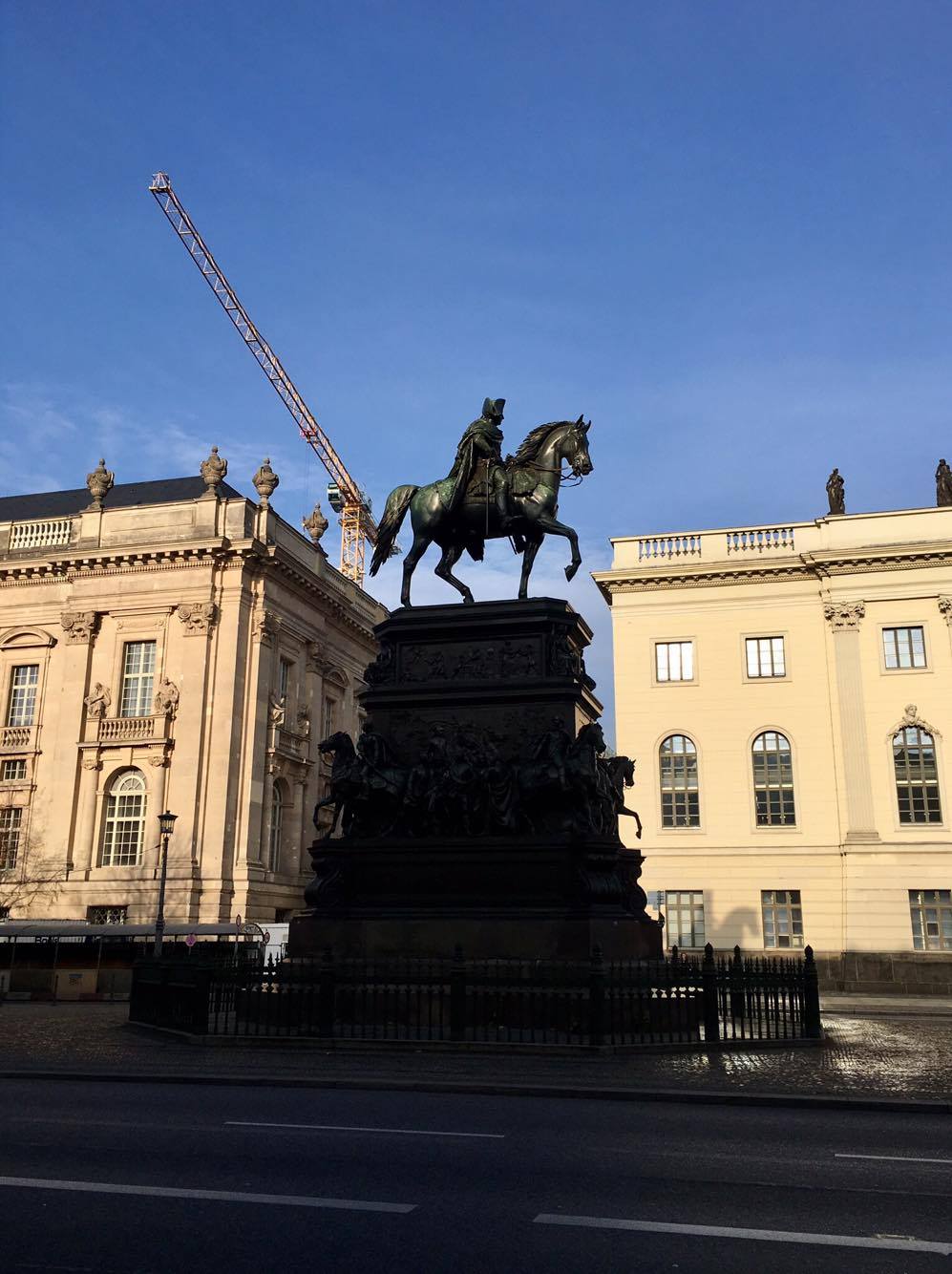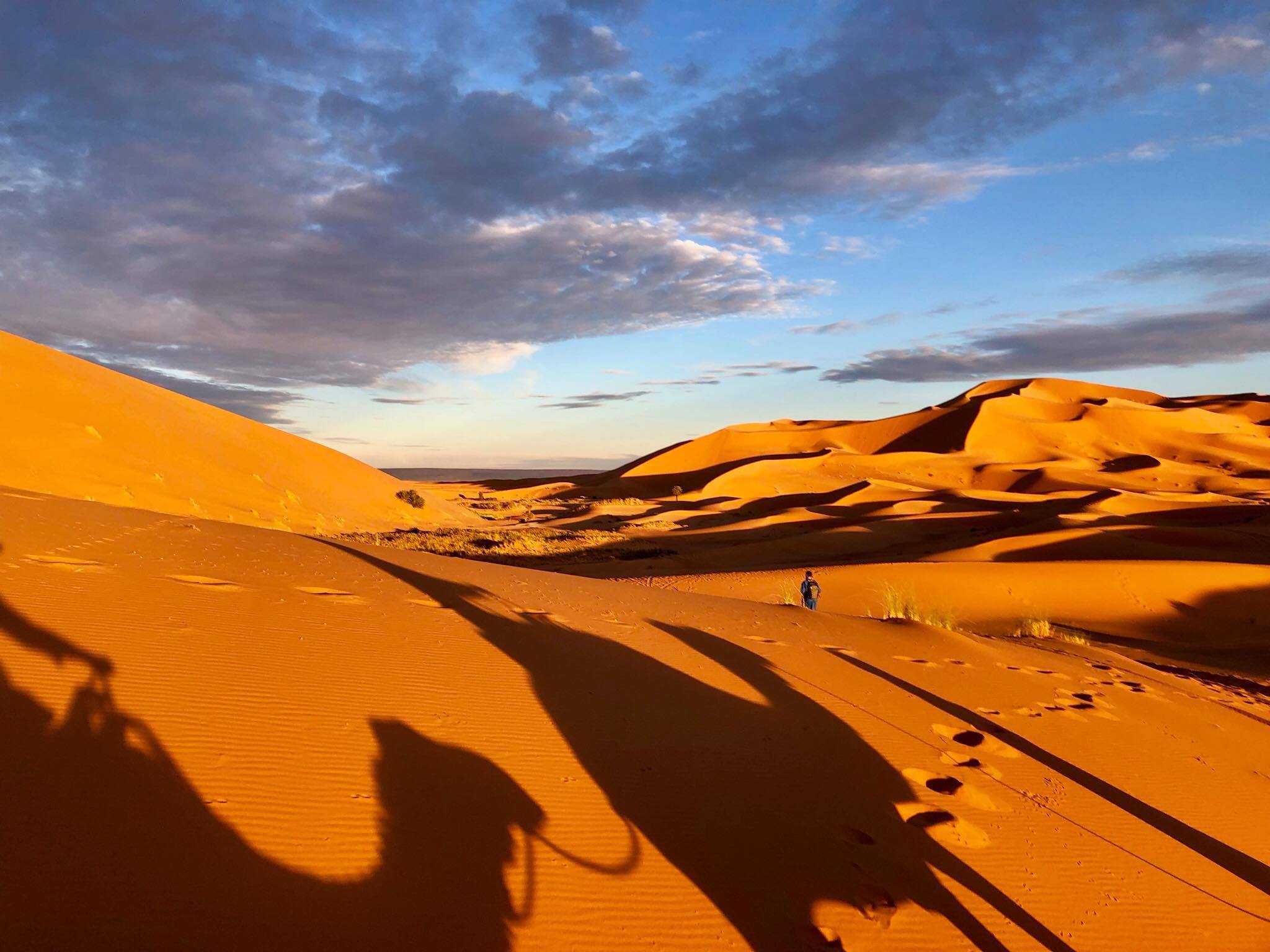
















Moroccan Sahara
The Sahara / Todgha Gorge / Aït Benhaddou
Moroccan Sahara
The Sahara / Todgha Gorge / Aït Benhaddou
The fourth day of my trip to Morocco began with a drive to the Sahara. Spanning some 3.6 million miles (9.2 million kilometers), the Sahara desert is the largest in the world. Though it does not cover much of Morocco like it does the countries of Tunisia, Egypt, Chad, and many more African nations, we had the opportunity on this trip to ride camels into the desert, and camp overnight.
The drive was filled scenic views and gradually changing landscapes:
Date palms in an oasis in the valley, planted hundreds of years before, now flourishing.
Dried and succulently sweet, these dates are chewy and delicious.
After a 10 hour drive, we arrive at Merzouga, a town on the edge of the Sahara. Gathered at the edge of the desert, our camels await to take us into the dunes.
Local guides will show you how to wrap your scarf or shawl into a Touareg turban, used by the natives to protect their faces from the sand and wind of the endless desert.
Camels are much taller than horses, so hold on tight as they stand, kneel, and sit - its a bit of a wild ride.
And away we wander into the vast sands. The setting sun made for some gorgeous reflections of our camel riding.
My first time in the Sahara, its magnificence and vastness was astonishing. One can't help but realize the perils of being lost in such an endlessly arid environment.
Against the backdrop of a setting sun, our string of camels is led into the desert by our local Berber guide.
The temperature differential between day and night in the desert is huge, varying as much as 20 degrees Celsius.
The playful shadows dance across the sand as the setting sun weaved in and out of various dunes all around us.
The Berber people are a group of natives indigenous to North Africa, much like the Native Americans of the U.S. or First Nations of Canada.
We pause atop a dune to capture a few final images of sinking sun.
And continue our journey towards the desert camp in the light of dusk.
Though the moon looks small and faraway here, the stars seen from the Sahara are some of the largest I've ever observed. Comparable to a time in my youth, when I watched stars with my parents in Hawaii.
As our group settled down around the bonfire our guides have created for us for the night - notice how cold it is, everyone is wrapped in jackets, scarves, and hats. The night spent in the desert was a hazy, fun, magical, albeit cold one.
As with every day since I've arrived in Morocco, we are served the omnipresent tagine. Tonight, it is freshly prepared with beef, lentils, carrots, winter melon, and potatoes. A hearty meal to combat the ironically blistering winds of our sandy environment.
The next morning, we hopped back on our camels for the hour-long ride back to civilization. Though my experience at the 'basic' (ie. more 'authentic') Berber style camp was an interesting experience - next time, I'd opt for the 'glamping' option, which comes included with hot showers and air conditioning - seen below.
We were woken early to catch a sunrise in the Sahara. The dawning sun casts tangerine shadows on the sand dunes all around us, and we breath in the endless fresh air admist a windless desert.
The sun rises, and the sands glow orange no more. The Sahara has once more returned to its original, unforgiving form - miles upon miles of endless dunes stretched out into the horizon.
So long, desert, I'd stay longer but I'm afraid I'm running out of bottled water.
Thus we begin our drive to town of Tinghir - home to the famed Todgha Gorge. we were treated to a relaxing day in Todgha Gorge. Upon arrival, another Moroccan lunch awaited: mint tea, left, and chopped tomatoes, onion, and parsley with Moroccan bread (known in Arabic as 'Khobz,' right.
Left, a 'Berber omelette,' typically served in the tagine dish, and right, curry spiced rice, with bits of lamb and onion.
Opting for a relaxing rest of the day, we go for a walk in the nearby village.
A short distance away is the Todgha Gorge itself. More majestic than can be captured in photos, steep cliffs arise on either side of the paved road.
Guesthouses sit at the foot of the cliffs, now predominantly empty due to the damage and danger caused by the falling rocks from the gorge.
The gorge itself is reddish brown in color, and has a small but determined stream of water running through it, reminding us of its origin.
That night, we sit down for another traditional meal, meaning Moroccan soup (left), and chicken cous-cous (right).
Two highlights of the evening: sausages with fries, curried rice, ketchup and mayonnaise, an ever-present tagine featuring 'kefta,' or meatballs, with a poached egg in the middle. The flavors of the tomato, minced meat, and runny egg yolk made for a potently umami taste, making this heavy dinner a good option to combat the cold.
Day 6, and we continue into the Atlas Mountains into the region of Ouarzazate, known for its famed kasbahs and many movies shot on location.
On our way here, we stop by a village market that only happens once a week, a brief glance into an otherwise opaque life of the locals here.
I buy some fresh pomegranates from a vendor, who uses a handheld scale to weigh the goods, the sight of which sends me back decades into the past, to the markets of China when I lived there as a child.
This 'witch doctor' peddles his wares of ostrich eggs, various animal derived essences, and a live komodo dragon to skeptical yet enthralled children in the crowd. We all slowly trickle away after a few minutes' pause, as our guide informed us that the man will expect tip at the end of his...demonstration.
Left, a rice krispy like dessert found at the market, and right, the option to buy a gazillion chicks for 10 cents per round, fluffly ball of joy (I have an affinity for round, fat animals).
Stopping for the first non-Moroccan meal of the trip, we imbibe on a local 'kefta' cheeseburger made with Moroccan bread as the bun, and some extra crisp fries. Right, a ham and crème fraiche pizza, an equally delightful dalliance into Moroccan western fare. Not pictured: a seafood cheese pasta that was also had refreshingly local notes on an otherwise Italian staple.
Something fun I discovered in the supermarkets there - teeth gummies. No, really, they are gummy candy (quite good too), in the shape of gum and teeth, or were they supposed to be dentures?
As previously mentioned, the region of Ouarzazate has been home to many film sets. Below is one of the more famous studios, which has played host to the sets and crews of the Mummy, Game of Thrones, Indiana Jones, and more.
After another hours drive, we arrive at the famed Kasbah of Aït Benhaddou. Many films have been shot on location here, including a Game of Thrones episode where Daenerys Targaryen rallies her troops in the first season.
Though the background is overexposed, the foreground here captures local villagers carrying crops on their backs, an incredibly anachronistic shot.
Ait Benhaddou is a well preserved 'Kasbah,' or loosely translated as fortress or medina from Arabic, and is designated as a UNESCO world heritage site.
Built thousands of years ago as a fortified village on the trading route between the Sahara and Marrakech, today the village is only home to four families, while most local villagers live in the town to the side of the Kasbah.
From the landing of this ancient fortress, we watch yet another Moroccan sun slowly set into the horizon - ending yet another day in this magical kingdom.
We end our night with a tagine cooking class. With the vegetables chopped and the spices laid out, assembling our chicken tagines was not especially complicated. See my masterpiece, to the right.

Fez
Fez
Fez
Fez
Fez is known as one of the cultural capitals of Morocco. A frequented city by many visitors, my one day here was inundated with history. From the Jewish Quarter to the famed Fez Medina, the vibrant sights, colors, smells, and sounds of the city was incredibly novel and overwhelming at the same time. This was a place unlike anything I'd ever known, and I thoroughly enjoyed it.
Our arrival into this fabled city took place at night - just in time for dinner. We headed to a riad - a traditional Moroccan house or palace with an interior garden or courtyard, usually inhabited by the wealthy - for some food and a show.
Left, various small plates to start, everything from eggplant, to lentils, to diced tomatoes, pomegranate seeds, and marinated olives, with the ubiquitous 'khobz,' bread.
Right, a specialty of Fez - 'pastilla' - a flaky savory pastry stuffed with shredded chicken, eggs, onions, and other spices, topped with sliced almonds, cinnamon, and powdered sugar. Never having had such an eclectic mixture of ingredients in one dish - I found it to be somewhat on the sweet side, albeit interesting.
Left, another classic: stewed beef with dates, topped with sesame. Right - the Moroccan answer to post-dinner dessert - tangeries, apples, and bananas arranged in a fruit tower.
Below, a drumming performance at the riad. If you look closely at one of the men - he's using scissors and playing it a triangle.
Various performances were included with the show that came with dinner. Below, a belly dancer - the way she moves her hips - don't know how she does it!
The next morning, we begin our tour of Fez at the gates of the Royal Palace, also known as the Dar el Makhzen. Dating back to the 14th century, the palace is not open for tourism, but the plaza and its seven golden gates are available for public viewing.
Something I did not know prior to the trip: Morocco still exists today as a monarchy - which means its current King is the head of state, and has the legislative powers of a president or prime minister.
Totalitarian rule aside, during my brief time in the country, I found its infrastructure to be keenly developing and societal order well established.
A wondrously colorful corridor in the old Jewish Quarter.
Neatly uniformed policemen can be found frequently, small hotels, even in rural areas, were very clean, and tourist destinations were marked and regulated to protect visitors.
Something to note about the balconies seen below - notice how airtight the windows are covered, and the lack of access of the terraces to the outside streets.
Because of the conservatism of the Muslim faith and the tendency for females to stay inside the home, most balconies in the Muslim world open into internal courtyards, away from the prying eyes of strangers and the public streets.
Another narrow alleyway in which one cannot peer into the windows, and thus lives, and wives, of strangers.
Art Naji is popular among more artistically inclined tourists who wish to see the creation process behind Morocco's famed pottery and intricate mosaics.
Mosaic fountains, walls, tabletops, and colorful earthenware are central to Islamic architecture and interior design. It all starts here, where clay is mixed and formed into the required forms and left in the sun to dry.
The process continues for vases, plates, pots, and other wares, as artisans mold the clay in the shape they so desire.
Seen here, another artisan creating pieces of a mosaic.
In the store, vases and plates adorn every inch of the walls. Trays, bowls, cups, and even larger pieces of furtniture are available here, shippable via DHL to anywhere in the world.
Finally, we make our way to the bustling medina. The entrance beckons with promises of worldly trinkets, fresh produce, and so, so much more.
Once inside, the cacophony of sounds is immediately overwhelming. The initial sections of the medina are reserved for food. Everything from fresh produce to meat to various sundries under the sun.
In a similar theme, this follow series of corridors are shops of traditional clothing for men and women, as well as various local crafts.
A communal bakery typically shared by many families living in its vicinity. Usually the heat from the stove used to heat hammam baths above are also used to bake 'khobz,' the pita-like Moroccan bread that seems comparable a staple carb of the region.
This particular store sells various metal goods, copper plated lighting, and more.
Known as the 'quiet square' for the precise opposite, workers craft copper pots and pans of various shapes and sizes in the open space.
A brief interlude for lunch: chicken with caramelized onions and the ubiquitous Moroccan bread 'khobz,' freshly chopped tomatoes, onions, and parsley, along with a lentil soup / dip conconction.
A savory and sweet dish of grilled chicken topped with extra caramelized onions, and a plate of fresh olives. Its interesting to note how the cuisine of Morocco frequently features elements of sweet and salty in tandem (pastilla, various tagine dishes) - something usually found in distinctive dishes in many other parts of the world.
Back to the Fez Medina, every twist and turn is an unexpected visual adventure. Geometric walls and juxtaposing alleyways, sharp corners and ornate doorways, visual delights abound in these ancient marketplaces.
Complicated designs and patterns adorn many doorways along the paths of the medina. Many are entrances to 'riads,' or enclosed homes with courtyards and balconies opening onto the inside, for the sake of privacy of those residing within.
Thus, one never really knows whether they might be walking past a magnificent riad of the past, as busy locals and visitors alike jostle for the myriad of goods bought and sold here daily.
Though modern clothing can be seen on most of the youth and denizens of rural and urban areas alike, I was surprised to nonetheless find an abundance of people dressed in the traditional clothing of the region.
Not only a place of business and trade, the medina is also home to what the guide emphasized as the world's oldest university. Seen here, the entrance to this esteemed Koranic school.
The Al-Attarine Madrasa, built in 1323-5 by the Marinid sultan.
Today the madrasa is frequented by visitors for its intricate engravings and unique design.
Seen here, a view of the green rooftops from a window on the second floor of the school. Once upon a time, the second floor was used as student dormitories for those pursuing Koranic studies.
And finally, one of the more iconic images of Fez - the famed leather tannery. Seen here, huge caldrons of natural and synthetic dye, and sheaths of leather being manually processed through the colored vats.
Though the smell of dye and leather can be a potent combination, its fascinating to observe the workers move amongst the massive vats of dye, and the large piles of leather laid flat in the sun to dry.
The best vantage point to view the bustling activiti down below is from one of the leather shops that surround the tanneries. Here, all manner of leather goods are sold - from purses to jackets, cushion covers to belts.
Ironically, dinner tonight took place at a restaurant called 'Marrakech.' Food here, however, was delicious, and as usual consisted of tagine and couscous. Below left, the 'couscous royale' and the beef tagine.
I found the couscous in Morocco to be consistently very moist, and the various vegetables (frequently carrots, onions, zucchini, radishes) always very tender. Green pepper, olives, tomatoes came with the beef tagine - the ubiquitous tagine.

Marrakech
Marrakech
Marrakech
Marrakech
The last leg of our journey into Morocco ends in Marrakech. Last but not least, a drive through the High Atlas Mountains takes us to this modern cultural epicenter. Over my two days here, I will be dazed by the commotion of the Jemaa el-Fnaa square, get lost in the souks of the Marrakech Medina, and marvel at the abundance of cacti in Jardin Majorelle. However, the definitive highlight of my two days here was surely the night spent going out in the city. Despite the religious conservatism that pervades across most of life in the country, the locals of Marrakech know how to throw a great party.
Our arrival into Marrakech was welcomed by an iconic structure towering over the other buildings near the ancient Medina - the Koutoubia Mosque.
We begin our time here with some delicious stewed beef couscous, topped with juicy carrots, potatoes, zucchini, caramelized onion, and a single charred soft pepper. The couscous was smaller than any I've had elsewhere, but made for a hearty base for the flavorful medley of vegetables, meat, and glazed onion on top.
Our first stop in the city was the Saadian Tombs where remains of royal members of the Saadian Dynasty (1578-1603) can be found. Originally sealed off with high walls extending far around the original grounds of the tombs, this burial site was only discovered by a flyover of the area by survey plane, in 1917.
Today the tombs are frequented by visitors for the beauty and intricacy of their décor. Note the size of the marble slabs and its height can be used to determine the approximate age and rank of those who are buried under. There were some incredibly small tombs here - a rather sad sight.
From the tombs, we walk through the old town towards Bahia Palace. Large sandstone walls line the paved streets of the city, and hijab ensconced women walk brusquely into the distasnce, harkening back to a distant time, long gone.
The old and the new juxtapose everywhere in Marrakech, streetlamps stand tall next to homes that have housed generations of its inhabitants for millennia.
Bahia Palace was built in the 19th century and was meant to represent the height of Islamic architecture and Moroccan style.
Geometric, symmetric, and lattice designs abound in this palace composed of several courtyards, one of which housed the 'harem.' The word means forbidden in Arabic, and can be used to describe a man's sisters, mother, and daughters in addition to his wives - as all women are 'forbidden' in such a sense and meant to be under his protection.
Workers continuously restore and repair this centuries old palace, tile by tile.
Continuing our walk in the historical part of the city, we wander into the labyrinth that is the Marrakech Medina. Wander, and easily get lost, in the maze of twisting and turning alleyways. Step down a cobblestone path - and feel as if you've been transported back in time - to the ancient times of the Berbers and Silk Road traders.
Seen here, a little boy carrying some bread home for his mother. Children bring baked bread to communal bakeries in the medina, usually located conveniently below a 'hammam,' or traditional bath, to bake in the morning, and by lunch, the return and bring back the freshly baked bread for lunch, and dinner.
I must say that the eclectic mixture cobbled next to one another down alleyway upon alleyway made for some of the most delightful shopping I had ever done on a trip.
Definitely don't be afraid to drive a hard bargain with the vendors here. I bargained for a purse by offering a quarter of the asking price, and it was immediately accepted. Clearly, I had overpaid, and later discovered the right first counter-offer can be as low as 1/10th of the initial asking.
One of the main thoroughfares of the medina, seemingly selling everything under the sun - from your basic tourist wares: magnets, glasses, postcards, to more obscure souvenirs, seen below.
Some of my favorites: Aker Fassi, left, a traditional Berber lipstick made of poppy leaves, pomegranate seeds overlaid on the interior of an open terra-cotta pot. Application is done by finger, wet your finger first.
Left, the bright sapphire blue of indigo captured my eye - my favorite color, brilliant, compelling, majestic and graceful all at the same time.
Various sundries for sale, left, including blocks of musk (for incense, perfume) and kohl powder in wooden containers used to line the eyes.
A tip if you find yourself lost in the souks of the medina - ask any vendor or passerby in the medina for 'la Place,' and they will guide you here. The famous Jemaa El Fna square of Marrakech is home to an eclectic mixture of food stalls, juice vendors, street performers, snake charmers, gypsies, shoe shiners, and much, much more. The cacophony of sounds that will descend upon your ears as one steps into this bustling square can be truly overwhelming.
Apparently a local delicacy, braised snails! A dollar for a bowl of these unshelled goodies - use a toothpick to drag the body out of its home. But don't look too closely, I'm pretty sure some of them were still alive!
Freshly squeezed juice will be tempting under the hot sun, and row upon rows of juice stands await advertising these concoctions. Beware, however, that the elevated stands are often meant to obstruct your view of what they're doing in the stalls, which means either your juice can come diluted with water, or is poured from a pre-made mixture that can consist of a variety of things. I ordered a pomegranate juice, for example, and pretty sure it came with some amount of watermelon in there - not that it wasn't a refreshing mixture, of course.
Insider tip from our guide to capturing the square: find a café or restaurant with a terrace of the plaza, settle down with some mint tea, and take your photos from an aerial vantage point.
Now for the highlight of the trip - our night out on the town: it started with a music venue/fancy restaurant/bar tucked in the midst of a casino...after a (few) bottles of whiskey and some truly amazing live performance, we were ushered to a club for the real party to begin (keep in mind, this was somewhere between 2-3am)
Now I must admit my memory is slightly spotty during this segment of our little interlude into Moroccan nightlife, but lets just say that this (predominantly male) crowd of partygoers knew how to have a good time. There were sofas, dancing, stages, stairs, elevated platforms, DJs, performers, oh, and another fire show. It. was. glorious.
I highly recommend getting a taste of the nightlife in Marrakech. Locals come from all across the nation to go out here, so I suppose in a way, Marrakech is the Las Vegas of Morocco? For those worried about the safety of going out in such a conservative nation, I found that people were all around respectful and kept to themselves. It probably is a good idea to go in a group, and perhaps with someone who knows the city. Party-goers like to dress up for a night out here, so either pack your heels or high-tail to Zara for a taste of local retail therapy.
Ah, the morning after a night spend dancing till 5am (we were assured that it was an 'early' night by local standards. Nothing calms an oncoming headache quite like some strong coffee and a hearty breakfast (ok, lunch).
Kefta (meatball) tagine with an egg in the middle. We had the same dish two days ago, at Todgha Gorge. Right, a house burger that was just, somehow, really good. So fresh, so tender, so flavorful, so much better than a big mac.
Left, a delicious chicken sandwich creation ensconced in mini-pita bread. The chicken seemed to have been marinated and drenched in some kind of creamy curry sauce. Right, an absolute highlight of food eaten on the trip - a chicken and pear tagine, drizzled with sesame seeds and lightly grilled to perfection. The caramelized pear was sweet and fell apart as one tried to fork it, its sweetness adding to the chicken that was truly some of the most tender I've ever had.
A must for the morning (read: the hangover), freshly squeezed OJ, spinach apple juice, and avocado milk. Some strong (Turkish) coffee that hit the spot (woke me up).
One of my favorite restaurants in Marrakech, café des épices featured three floors of seating, large windows and a patio, and scrumptious food. Highly recommend for a well-priced Moroccan & western fare.
Last by not least, we stop by the Jardin Majorelle on our last day in the city (and the country).
Originally a garden owned by the French painter Jacques Majorelle and subsequently purchased by the renowned designer Yves Saint Laurent, today the garden is both a tribute and a museum to the brand and its visionary founder.
Azure, indigo, sapphire - however you name it, this brilliant shade of blue stands out goegeously against any backdrop. Like I said, my favorite color.
Nearby, the Yves Saint Laurent museum; tickets can be purchased either individually or with the admission to the gardens.

Iguassu Falls
Iguassu Falls
Iguassu Falls
Iguassu Falls
Out of this world is the best way I can describe my two days at Iguassu Falls. Sitting between the countries of Brazil and Argentina, the area is actually home to a series of spectacular falls. Graced with some of the best weather and adequate water flow in the falls - I was lucky enough to capture many awe-inspiring photos during my stay here.
We spent a total of two days at the falls, one on the Brazilian side, and the other in Argentina. I would definitely recommend seeing both sides, as they offer different vantage points that allows you to see different parts of the falls, and often different falls altogether, as Iguassu is a series of falls.
Bring your walking shoes for the visit, as many viewing platforms and vantage points require some hiking to get to. The trails are well worth it, however, as every turn one is greeted with heavenly views of water against the lush backdrop of the landscape.
Starting off in the Brazilian side…a trail leads to a network of platforms on which one can view the falls from the bottom. Gorgeous.
I took a ton of pictures, both with and without myself. Indulge me in this one that has yours truly in it - thanks > <
Also on the Brazilian side, a company called Helisu have been running helicopter rides over the falls for a number of years now. I will leave it up to you to opine on the safety of the operation, though one friend did caution me after viewing my videos from the ride that the angles at which the helicopter turned were rather steep, and the engines are known to stall at such angles…
Our second day was spent on the Argentinian side, which features a full fledged nature park, and offers many trails for hiking. There are also activities such as riding a boat into the falls (similar to ‘Maid of the Mist’ at Niagra), and 4x4 vehicle tours. The one place not to be missed is the viewing platform for Devil’s Throat. Surreal.
How do I not sound silly saying this? I, like, thought I was in heaven while gazing at the tumbling water from here. Like, yeah.
My time at the falls coincided with such wondrous weather that I incidentally also saw the most amount of rainbows I’d ever seen in my life. Must be a (majestic) mixture of the water droplets and sunlight (it is). But still gorgeous.
No more expounding on the beauty of this place. Only one thing: go see for yourself. Go. GO

Buenos Aires
Buenos Aires
Buenos Aires
Buenos Aires
Having always thought of Buenos Aires as a romantic city, my one day there was clouded by dreary weather, but adequately fascinating nonetheless.
Arriving in the city at night, we started our time in the country with some tradition asado, or grill/barbeque.
One day in Buenos Aires
Paired with red wine, I ordered a plate of mixed blood sausage, traditional Argentine chorizo, and sweetmeats.
Typical sides, including crispy potato slices and cheesy creamed spinach.
The typical style of eating Argentinian BBQ is to be served different cuts, and grilled meats at the table.
The Recoleta Cemetery is an unexpected but immensely well known stop in the city. Hailed as the final resting place for many of the city, and even the country’s rich and famous, many of the tombs and mausoleums are a sight to behold.
Recoleta Cemetery
Interesting statue in the park next to the cemetery…perhaps meant to represent the weight of life?
La Boca is a colorful neighborhood known for its abundance of artists and vibrantly painted houses.
Tango is regularly performed in front of the Caminito, pictured below, site of inspiration for one of the more well-known tangos of the same name.
La Boca
La Boca is well worth a stroll should one have the time, and is indeed a popular site in the city. Outside of the main tourist area, which is not large, the neighborhood is not particularly affluent and caution is warranted.
A brief stop for lunch, or rather pre-lunch (but lunch was unmemorable so I won’t make mention of it). An adorable old gentleman I discovered selling ready-made sandwiches off one of the main squares of the city center.
What meat/ham/egg combination that was in the sandwich I cannot describe, but it was delicious. (Some Googling turned up the result that the cuts might be a variation on ‘matambre’ - “a dish made of a meat roll stuffed with vegetables, hard-boiled eggs and herbs, then boiled or oven-roasted,” per Wikipedia.
One interesting thing that did come out of lunch was an introduction to mate, or maté - a traditional South American drink that contains ample caffeine, first consumed by the indigenous/native Guarani people and today immensely popular as a shared drink among locals in Argentina, Uruguay, Paraguay, and parts of Southern Brazil and Argentina.
The drink itself has a bitter, somewhat soil-like taste. It’s made of some kind of dried, ground powder (that reminds me of a cross between tea and matcha somewhat), and is consumed by pouring boiling water into a special wooden cup, pictured, and drinking the resulting brewed liquid through a special straw (also pictured) from the bottom of the cup. The straw is meant to be shared among friends, family, and neighbors. Indeed, our bus driver in Buenos Aires was drinking this concoction with our tour guides in the morning.
With a bit of time in the afternoon, we wandered off on our own. First stop - El Ateneo Grand Splendid - a bookstore, of all places. Not just any bookstore, however, an opera theater turned bookstore.
Once a performing arts theater and subsequent cinema, El Ateneo has been in existence since 1919. Consistently rated as one of the most beautiful bookstores in the world, this majestic bastion of knowledge on paper is worth a visit. ( I tried to come up with a better metaphor…)
One last stop before nightfall, a Sunday market we happened upon, one of many, apparently, that occurs on the day of rest in the city.
I believe this is the San Telmo market, one of the largest in the city. The coffee shop on the right, ‘Coffee Town,’ is known for serving up a great cup of joe if you’re in need of a caffeine kick or even need a quick bite to eat.
Ubiquitous in every city - an open air markets typically sell everything under the sun. In Argentina, it ranged from fresh product to copper pots.
On the advice of our guide - we opted to experience more of the Argentinean culture and went for a tango show/dinner combination that evening.
Though the clientele skews heavily towards tourists, Piazzolla offered a wonderful show and better-than-expected set menu dinner that came with the evening.
As can be typical with most Tango shows in Buenos Aires, the evening often begins with a tango lesson for the audience.
Then comes the main attraction, a little more than an hour of twists, turns, swivels, and intense energy from the dancers.
And that marks the end our packed day in Buenos Aires. Known for as a romantic city throughout the continent, our short stay here was definitely impacted by the rather gloomy weather. Nonetheless, our stay here served as a great introduction to the vast country of Argentina. Next - on to a part I’ve been waiting for and one of my main reasons for making the trip - Iguassu.
A castle by the water on our way to the airport, for an early morning flight to the falls.

Rio de Janeiro
Rio de Janeiro
Rio de Janeiro
Rio de Janeiro
My three days in Rio de Janeiro was as fast-paced, exciting, and out of this world as I thought it would be. Though initially daunted by the rainy weather (winters in Brazil can be quite wet), ultimately my experience with this vibrant city was a great one. Below are some highlights (in approximate chronological order).
Christ the Redeemer was less omnipresent in the city than previously thought, the statue played hide and seek with us as he appeared in and out of the clouds. It is rather a journey to the statue itself, including a winding path through the national park that makes up most of the mountain under the Redeemer, and a switch into special buses to the statue itself.
Finally, however, we were graced with a glimpse of the statue through the fog.
The view from a nearby lookout in the national park - with Sugarloaf Mountain in the distance.
The famed neighborhood of Santa Teresa - draws visitors with its winding, narrow pasts and bohemian vibe. This trendy neighborhood is filled with art galleries and collectives, and apt stop for creative souvenirs.
Santa Teresa
Santa Teresa is also home to the famed Selaron Steps, a mosaic staircase created over a number of years by Jorge Selarón - featuring patterns and representations from around the world. One of the most colorful & recognizable stops in the city.
The steps consist of 2000 tiles collected from over 60 countries around the world.
Caipirinhas are nearly synonymous with Rio - you’ll find them peddled at nearly every street corner, and are ubiquitous on drinks menus around the city. Whether it be the beach of the top of Sugarloaf Mountain - I hardly seemed to find myself without one while I was there. Then again - I rarely like to find myself without a drink on vacation, so I suppose the point is null (?)
This enterprising lady set up shop at the base of the Selaron Steps.
Caipirinhas…
are Brazil's national cocktail. They are made with cachaça, sugar and lime, cachaça being the country’s classic distilled liquor. Variations on the caipirinha can be found with vodka, sake, and various flavors (typically fruit).
Nearby the steps, we stopped for a bite to eat. Local Brazilian fare features heavily on meat, but due to the nation’s history with Portugal - standard fare is also influenced strongly by the Portuguese.
A dish of sauteed sausage, onions, and a maize-based carb side with pork rinds that was out of this world.
Portugese egg tarts are common in Brazil, as is, of course, wine. The aged red wine (right), was typically consumed in sherry-like fashion. Heavy and sweet, it was very palatable as a digestif.
Confeitaria Colombo in the city-center is the oldest cafe in Rio - and rather splendid in its decor.
Stop by for a cup of coffee, and a pastel de nata (egg tart).
If you’re in the mood, the grand cafe also has an endless amount of pastries. Seating is standard, with traditional service, or pay at the cashier and eat at the counter.
Sugarloaf Mountain in nearly as synonymous with Rio as Christ the Redeemer, naturally one cannot step into the city for the first time without stopping by. Cable cars take you from the bottom of the mountain to the top, with a stop at a station midway en-route to the top of Sugarloaf.
The top of mountain features panoramic views of the city, and on a clear day one can see the statue in the distance.
There is a sizable area on the top, with various cafes, souvenir stores, and even…lemurs.
A whole family of lemurs (?) greeted us as we were snapping pictures of the view.
I must admit that going to Rocinha was one of the more difficult decisions of this trip. Having heard about the vibrant, albeit dangerous nature of the favelas of Rio, I was both wildly curious and, at the beginning, quite terrified of venturing inside.
Ultimately, curiosity got the better of me and I booked myself a spot on a tour. The guide was a local resident of the favela himself, having lived there for decades and reassured us that the negative press coverage of rampant crime and violence inside these miniature cities weren’t reflective of their true nature.
Due to the vast amounts of area covered by the favelas, each of these neighborhoods have their own transportation system inside. Seen below in yellow vests are the cab drivers of favela, who for a small fee will drive residents to their destinations within the labyrinth of housing.
Subsequent photos feature snapshots of life in the favela. With news constantly reporting of shootings, crime, and danger, it’s easy to forget that these places are homes to hundreds of thousands. Though recent political tensions have incited violence in many areas of Rio, I found the residents here most amenable and kind.
For less than 50 cents, soft serve made of 100% pure acai. Light and sweet, a refreshing bite in the middle of our walk in the favelas.
Inside Rocinha, there are larger streets that wind around buildings, but most residents live off of small alleyways hidden in the maze of dwellings, wires, stairs, and shelters molded into the side of the mountain on which the favela sits.
A restaurant that came highly recommended, and is indeed already immensely popular in Rio is Lasai. Book in advance to secure seats at the kitchen counter - for an immersive view of the bustling kitchen.
The one central element that has been missing in this post, given its about Rio…BEACHES. There are two main ones in the city - Copacabana and Ipanema.
Copacabana is the larger of the two beaches on the western side of the city - iconic for the waves on the sidewalk that run the length of the stretch of sand.
Graced with a sunny day on my last morning in Rio - the sun drew out locals and tourists alike by the sea. Lots of activity going on - a lot of people selling stuff (!) but also locals being active.
Among other popular beach activities, volleyball and, of all things, treasure hunting mad made the cut. Assuming they were looking for dropped valuables left behind by beach-goers, rather than hidden treasure, but….who knows!
This hut makes me regret not getting my lifeguard certification. Oh, how different life could be…
Stop by any of the myriad of beach-side cafes for a caiprinha and some food. Perfect.
The two beaches of Copacabana and Ipanema meet at a junction known as Copacabana Fort.
One can get a spectacular view of Ipanema beach from this higher vantage points of the rocks surrounding the fort.
Last but not least, don’t forget to stop by one of the ubiquitous Havaianas stores in the city & pick up a pair.
Before I end, just wanted to give a shout out to churrascarias, IMO the unsung heroes of the BBQ world, at least outside of the Latin world, anyway. Featuring a variety of meats and other grilled goods made in the central grill in the kitchen, these restaurants also typically have a buffet of vegetables, fruits, desert..and sushi.
Essentially all you can eat, Brazilian barbecue features waiters bring varies cuts of various meat on a large skewer.
This particular churrascaria wasn’t located in Rio, unfortunately, but on the Brazilian side of Iguassu Falls. I put it here because I didn’t want to distract from the majestic falls in that post - but lets face it, if you’re in Rio already, you might as well as make the trip to Iguassu. Seriously.
Ironically, my favorite grilled foodstuff during this meal was the pineapple. Turns out, hot pineapple? Absolutely phenomenal.

Bali, Indonesia
Bali, Indonesia
Bali, Indonesia
Bali, Indonesia
My week in Bali in pursuit of warmth in a midst of a freezing winter was thoroughly enjoyable, though somewhat underwhelming. As far as beaches go, Bali is somewhat middling as a tropic destination, though resorts offered impeccable hospitality and I had more than my fill of delicious Indonesian nosh. With its proximity to Hong Kong and value price range, its certainly a great choice for winter getaway for some sun, water, and on-par relaxation.
As with any tropical journey, lounging by the beach is a must. Preferably, of course, with a drink in hand and snacks.
The resort I stayed in was located in Jimbaran Bay, which had beautiful sunsets but somewhat mediocre beaches. Though the sand wasn't as fine as Australia's Whitehaven Beach, and the water not as crystal clear and blue as the Maldives, Bali was nonetheless an interesting and exotic tropical destination.
Perfect relaxation depends heavily on the locale. Choose your hotel wisely, as the island is comprised predominantly of resorts, and most guests spend a majority of their vacation on premise!
Cuisine, of course, is a large part of experiencing any new destination. Luckily, Bali had no shortage of delicious and colorful Indonesian dishes to offer.
Afternoon tea...for those with a sweet tooth.
Of course, no beach-side vacation is complete without a spa day. I chose the nearby Bamboo Spa by L'Occitane. A worthy experience, and a full day of pampering.
At some point, a weeklong stay in a beach vacation destination needs to be interlaced with a cultural day. The nearby town of Ubud and its surrounding region features exotic duck cuisine, monkeys, Kopi Luwak (poop coffee), rice terraces, and Tanah Lot Temple.
On the way to Ubud, we stopped at some artisan villages that each specialized in particular craft. Cloth making, woodwork, metal smithing and painting, the people of Bali lack no artistic talent.
Next stop: Monkey Forest. Not pictured are the plethora of monkeys running around the place, true to its name. A delightful midday stroll in the cool shade of the forest amidst many cute companions.
Rice Terraces are another famed site on the island of Bali that many tours around the island will take you to. These particular terraces were found in the Four Seasons at Sayan. Charming.
A quick lunch stop for a local delicacy, dirty duck, named for the ducks that are bred in rice paddies, whose feathers are often covered with mud.
We stop at a local favorite that's been serving up this 'bebek bengil' to tourists and locales alike for over a decade.
True to recommendations and reviews. the ducks prepared in Bali were some of the best I've ever had. Crispy and tender at once, the meat was succulent and cooked to perfection.
The restaurant offers a variety of other local favorites as well, and surprisingly, makes a mean iced Margherita.
Kopi Luwak, known as the world's most expensive coffee, is typically produced in the Indonesian Archipelago, including on the island of Bali. We visited a plantation which produces the coffee, which had its process of production on display from beginning to end.
Coffee beans are first grown and then eaten by the Asian palm civet, which are then passed out through their digestive system.
These coffee beans are partly encased in their shell, which must be removed to produce the coffee beans that are then packaged, sold, and used. As such, the beans are not directly digested and passed out by the animals, as many assume, and are somewhat more sanitarily encased in an outer shell.
The beans are then de-shelled, roasted, and then pulverized into powder.
The plantation offers booths by the river that guests can try various coffees, and ultimately kopi luwak. I thought the taste somewhat bitter and slightly more nutty than the average black coffee, thankfully no flavor hints that would indicate its already passed through the digestive system once.
A few animals that greeted us as we left, reminding us of the tropical climate that kopi luwak is produced in.
Last stop of the day, Tanah Lot, a temple situated on a rock rising out of the ocean. In times of low-tide, visitors can access the temple. Approaching the site near sunset, however, the tides were too high for the temple to be accessed. A lovely sight to behold nonetheless.
The sun setting over the ocean:
Any trip to Bali is arguably incomplete without a visit to the seafood grilles by Jimbaran Bay for dinner. With tables and chairs set up right on the sand, and fresh seafood barbecued to order, the sunset isn't the thing that makes this a worthy trip.
From grilled lobsters to chilli crab to oysters and more, its seafood-galore at this particular beach.
Unparalleled sunset views:
Pretty!
Last but not least, I leave Bali with a photo of this man, casually selling BBQ corn on the beach. What a cool dude. But actually.

Taipei, Taiwan
Taipei
Taipei, Taiwan
Taipei
My first time in Taiwan was spent during a period of three days in Taipei. It was, as per many (most) of my travels, filled with eating. Though to be fair, Taipei is well-known for its night-markets, the primary objective of which is to discover various eats at a multitude of booths that stretch hundreds of feet in either direction. More on that later!
My night arrival to Taipei turned into a quick walk around the area of the city I was staying at, Xinyi. The area is central to the metropolis, and features its landmark Taipei 101 as well as many malls and shopping areas.
Dinner at DinTaiFung, at the city where it originated in. Come early if you don't want to wait in an hour plus long line!
Day Two begun with a trip to YongKang Rd. Breakfast was beef noodles, at this famed local eatery that's been in the business since 1963.
Served with the option of half tendon and half beef flank, or either one, I chose the all tendon option for the succulent texture. The store also offers upon steamed intestine and glutinous rice, and ribs and gluntinous rice.
Breakfast part II took place a short walk away, in the form of grilled scallion pancakes. In case you were wondering, our itinerary was indeed largely driven by the philosophy of: stop and eat where there are lines.
The fluffy texture balances out the crispy exterior perfectly. Add egg and ham (right) for a heavier snack.
One last food stop on Yongkang Rd:
Cultural stop of the day, the Gugong Museum in Taipei:
We end the night with more food (as per usual), making a first stop at one of the city's famed nightmarkets. We chose Raohe Nightmarket because the cab driver recommended it, citing that it was less crowded than the more famous Shilin Nightmarket, though the latter is more frequented by tourists.
Fried fresh milk
Taiwanese sausage wrapped in glutinous rice, or more colloquially known, "a larger sausage wrapped around a smaller one," a mouthful, I know. However, it definitely is hands down my favorite nightmarket snack in Taiwan. A must try.
Boiled squid, tastes better than it sounds!
More squid! Grilled this time, and apparently from the...deep sea?
Fried chicken, in spicy sauce (right) paired with sugar cane juice for a sweet kick.
Skewers of various ingredients.
Taro milk, the main ingredient of which can be found in many snacks in Taiwan. Try it fried, steamed, or in this case, blended.
Two nightmarket staples - stinky tofu and oyster omelet:
Pepper pancakes, at the end of the walkway in this nightmarket, drawing plenty of crowds with its savory goodness and flaky crust.
Our third morning started with a journey to the top of Taipei 101. To avoid the observatory, we had a meal at the observatory restaurant instead. Fog and rain ensured we didn't get to see much, unfortunately.
A post-lunch hike to Xiangshan, chasing after missed photo opportunities of the Taipei skyline. Luckily, by the time we hiked up the mountain,
Our efforts were rewarded with clearer skies and a view of the Taipei skyline.
There is even a booth at the peak for a quick pit-stop, or a photo-op.
As the night began to fall, we wandering to the Ximending, the pedestrian shopping area of Taipei.
At the recommendation of a local, we were advised to try Yangtao, or Starfruit Ice at a local outlet that's been serving the sweet/sour concoction since 1966.
Pineapple ice on the left, starfruit on the right. I recommend the namesake ice on the left because of its sour notes. Both bowls feature chunks of the marinated fruit in addition to ice. A simple delight.
Our last stop in Taipei, another nightmarket, naturally. We stopped at nearby NingXia nightmarket, and of course, ate too much.
Arguably the most famous stall in the market, Aunty's Rice-balls always has a line, and with just one aunty making 'em, you'd better settle down for the long haul when getting in this queue.
The rice-balls are completely handmade, and once you finally approach the front of the line, you can watch it being put together with lightening efficiency. Inside, its stuffed with dried fried dough stick, pork bits, salted cabbage.
A must have in Taiwan, braised-pork rice is famously served in this franchised outlet, known as Bearded Zhang. Yum.
Individual pots are served here, where the pots are prepared outside and brought in with the ingredients fully cooked.
Glutinous purple rice milk, featuring the two namesake ingredients blended with sugar - actually delicious.
Finally, I end my (mostly edible) journey into Taipei with another taro treat. This time, fried.

Dublin, Ireland
Dublin, Ireland
Dublin, Ireland
Dublin, Ireland
As luck would have it, the four days I spent in Ireland in the summer of 2018 saw the Emerald Isle have some of the warmest weather in nearly two decades. Though not nearly long enough to fully explore the country, my two days in Dublin and day trips to the Cliffs of Moher and Northern Ireland were filled with scenery, good food & drink (read: Guinness & whiskey), and good cheer.
Let me just start by saying that Ireland was, in many ways, not what I expected. The food was excellent - almost every meal hearty, savory, and choke full of meat & potatoes, or seafood. The Guinness - best in the world at its point of origin - naturally. The people, incredibly nice and honest folks who are always happy to help anyone out.
The Spire, below, a landmark in the city of Dublin where locals frequently use as a point of meeting. Indeed, it was used as a location to convene my first day in the city.
If you're someone that needs coffee in the mornings, opt to stop by Vice, a popular caffeine haunt with the locals - that occupies a bar within a Brazilian restaurant during the day time. And because its never too early - grab an Irish coffee while you're at it.
Breakfast wise - the country is most famous for its traditional Irish breakfast. Because there are so many components (10!), I took the liberty of labeling the photo for simplicity's sake. My favorite was the black pudding, essentially a sausage containing blood that's patty-like in its consistency. FYI white pudding is the same thing, just without the blood!
If you're less of a breakfast person, however, opt for a pastry at Camerino instead. Locally owned and sourced fresh, this bakery offers up some delicious scones made with that famed Irish butter.
Of course, I couldn't keep away from the whiskey distilleries of this famed isle for long. I started with a tour of the classic - Jameson.
Having arrived early for our tour - we opted for a few drinks at JJ's Bar within the distillery. Left, two classics: an old fashioned and a whiskey sour. Right, one of my favorites sampled during the trip (and I sampled...quite a few), Midleton Very Rare. The description said something about hints of something else - but I tasted vanilla.
We opted for a tour of the distillery and a "cask-draw" experience. The tour itself featured a lot of interactive exhibits that Jameson just spent 15 million dollars renovating, and a tasting at the end.
Exhibit I: History
The distillery was founded in 1810 when John Jameson took over Bow Street Distillery in Dublin, formerly owned by his wife's cousins. Incidentally, she also hailed from one of the great families of whisky distillation in Scotland. You know what they say...behind every great man....
Exhibit II: Distillation Process
Exhibit III: Tasting
Obviously my favorite part of the tour - although the various projections and videos were quite educational in terms of learning about whiskey production.
The cask draw experience was interesting in that it was located in one of the only maturation warehouses (where whiskey is aged in barrels) in the city of Dublin.
Due to its highly flammable nature, this particular warehouse was outfitted with state-of-the-art equipment and various sensors.
Below, our guide opening the cask from which we sampled whiskey in the process of maturation.
Tools used in the opening of the cask
Pipettes in the center top of the photo were used to add a few drops of water into the whiskey from cask, diluting it slightly to bring out the rich flavors
Dinner time! In search of traditional Irish cuisine, Boxty House came highly recommended by our local guide.
Though Guinness understandably dominates the beer market in the country, Boxty House makes its own craft brew.
A sample of their own in-house craft beer selection
Seafood is abundant and fresh in Ireland - with oysters in particular offered on menus across the nation. Crisp and smooth, a squeeze of lemon is all you need to bring out the rich flavors of Irish oysters.
Bread - a favorite among the Irish aside from potatoes (hate to say that I found the stereotype true during my time here). Soda bread is a type of 'quick bread' that's leavened with bake soda instead of yeast, giving it a heartier consistency and denser constitution.
Soda bread, top right, is a local staple, and often paired with many types of stews and other main dishes in a meal. The middle slice is a loaf baked with Guinness (hence the color), and has the rich depth of the stout in its flavor. The lighter slice was my personal favorite, and had a flaky, scone-like consistency, pairing perfectly with that famed Irish butter.
When thinking of traditional Irish fare, hearty stews and soups often spring to mind. Left, a tasting of three ubiquitous stews of Ireland: beef & stout stew, traditional Irish stew (mutton, potatoes, onions, parsley), and my personal favorite: coddle (sausage, potatoes, vegetables). Right, Irish seafood chowder.
Now for the namesake dish of the restaurant - boxty - essentially a traditional Irish potato pancake. The dishes below are wrapped in the boxty, and features various meat, vegetable, and sauce concoctions within,
Above right, the Gaelic Boxty, with Irish beef medallions and onions in a Leitrim boxty pancake, drenched in delicious mushroom and whiskey sauce. Very Irish, as its name suggests. Very, very good.
Corned Beef Boxty: diced corned beef and cabbage served in a creamy parsley sauce, wrapped in a boxty pancake.
My second day in Dublin (actually the last day of my trip to Ireland), began with...well...Guinness for breakfast. To be fair, its my understanding that beer has a good amount of carbohydrates in it. And Guinness, I found out, actually has lower alcohol by volume (ABV) than many beers, despite its darker color.
Even today, Guinness is still brewed on-site at the storehouse in Dublin. Below is an aerial shot of (what I think) is their production facilities from its rooftop Gravity Bar, offering panoramic views of the city as well.
To be fair, its my understanding that beer has a good amount of carbohydrates in it. And Guinness, I found out, actually has lower alcohol by volume (ABV) than many beers, despite its darker color.
As with all production tours - it ends with a sample of the product. Did you know that Guinness is actually ruby red when held up to the light, and not the typical dark color we asscoiate with the stout?
One of the exhibits featured past marketing efforts of the brand. This room played many of Guinness' more memorable ads on loop on ultra-wide screen - pretty cool.
The self-guided tour starts from the first level and moves its way upward. Definitely don't forget to redeem your complimentary Guinness that comes with your storehouse ticket at the Gravity Bar on the rooftop of the building, and have your libation with some sweeping views of the Dublin.
Admittedly the pint of Guinness this morning was supposed to be breakfast...but let's just say certain beverages seem more potent when consumed on an empty stomach. Luckily, the food at the Guinness Storehouse was some one of the best meals I had in the city.
The 1873 Bar and Brasserie is definitely worth a stop if one is hungry at the storehouse. Although an entire floor of the museum is dedicated to bars and restaurants that feature Guinness on its menu, this eatery starts serving food at 12PM and had a wonderful mix of local cuisine infused with the country's signature stout.
So if you need a bite to eat after a few pints of beer, grab a table near a window and set down to order a few hearty dishes. Perhaps ironically, each dish earns you another sample of the brewhouse's craft, but it's small, so don't worry!
Above right, creamy vegetable soup with the ubiquitous Guinness brown bread, constantly making an appearance alongside the soups and stews of the Ireland, it seems.
Unbelievably satisfying grilled patty melt with layers of melted cheese, bits of Irish ham, and Guinness infused caramelized onions. Maybe it was the beer, or maybe it was just that good.
Signature beef and Guinness stew topped with a flaky pastry. Like most Irish stews - flavorful, hearty, and deeply statisfying.
So, an admission - the reason for the aforementioned hearty meal wasn't so much as we were feeling the Guinness as...well we had another whiskey distillery to visit coming up. As the first distillery to open up in Dublin in 125 years, Teeling is a brand founded by two brothers that come from a long line of whiskey producers.
Tickets to the distillery come with a tour, which starts off in an exhibition area and then moves into a seated space for a brief video.
Personally, I found this tour to be more interesting than that of Jameson's because Teeling allowed us a unadulterated look at their distillation process.
From milling to fermentation to distillation, we could pretty much see the whole process in this room. Pretty fascinating.
These are the large casks in which Teeling whiskey is fermented...or at least, I THINK this is the fermentation part...
The tour concludes with a tasting of the good stuff, and depending on which tickets you purchased you may be sampling 2, 3, or 4 different whiskeys. Guess which one I went for.
<- That quote = 'nuff said.
Next stop: the Book of Kells. Seen below is the ornate entrance to Trinity College at the University of Dublin. Since Trinity is the university's only constituent college, the names are used intercheageably today.
Established by Elizabeth I in 1592, Trinity College was modeled after Oxford and Cambridge.
The court yard of the college.
The Book of Kells are located within the Old Library of the college, an incredibly majestic space seen in the video below. I don't have any photographs of the books themselves, on display in a chamber before entering the old library.
St. Patrick's Cathedral, the highest church in Dublin, seen from its court yard below.
The church was established by the Church of England in 1191, making it more than 800 years old.
No, this church doesn't have any ties with the crazy celebrations in March around the world. Assuming, however, that this church is named after the same Saint of the holiday in question.
After sightseeing, we opted for a detour to one of the most popular ice-cream shops in the city, and a pit-stop to buy some souvenirs (aka mini-bottles of whiskey).
was only founded in 2000, but has since become an institution for frozen, creamy goodness in the city.
Made with Irish milk sourced from Dingle, Kerry County, this is seriously some of the best ice-cream I've ever had. And in case you haven't guessed it, I love ice-cream, so I've had a lot of it. Flavors range from Dingle Sea Salt to Irish Garden (fennel), to Dingle Gin - the storefronts allow unlimited tastings, so go crazy and try them all (or maybe not).
Some of my favorites are the Dingle Sea Salt, Caramelized Brown Bread (an Irish staple), Buttermilk, Irish Coffee (whiskey included).
Finally, stopping if you're in the mood for a quick snack in the city, stop by at the chain bakery Lolly and Cooks to sample one of the city's favorite savory pastries: the Irish version of a sausage roll.
Located in the Market Arcade in the city-center (seen above), Lolly and Cooks has a stand in the middle of the hall here.
These sausage rolls are truly delicious - with mustard seeds (or some kind of mustard-y ingredient) giving minced meat that fills the pastry to the brim a savory, satisfying kick. (We opted to share one of the original sausage rolls - a good choice if one isn't terribly hungry, as these are quite dense).
By the way...Gravedigger's next to the Botanical Gardens in Dublin pours an multi-award winning Guinness. So if you're a true connoisseur, be sure to stop by! Note that they only accept cash and don't serve food on Sundays, however - we tried to come here for dinner on a Sunday T.T and found out the hard way.
This place is a bit outside of the city (but only slightly) - so we decided to try the double decker buses (not for tourism, even their normal transport buses are double decker). Fun experience - like a true child I made straight for the front seat of the second floor on that bus.
Two things I'd have liked to see in the city that I didn't get a chance for are the Kilmainham Gaol, or the Kilmainham Jail. Tickets for this attraction are quite sought after (think Alcatraz in SF), so book online a few days in advance! Finally, there is Phoenix Park, supposedly the largest park in Europe, next to the jail (and close to the Teeling Brewery), where you can find randomly roaming deer and even feed them (or so I hear!).
A few final thoughts on Dublin...as a city, I found it had tons to do and there was never a dull moment. Below is a shot from the area surrounding the Jameson Distillery.
The main tourist / pub area in Dublin is known as Temple Bar - named for the replica of the bar below.
Good food and drink can be found, but it isn't an area necessarily oft frequented by locals due to its inflated prices and preponderage of 'hen' and 'stag' parties (aka what the Europeans call Bachelor and Bachelorette parties > <
I leave you with a fun souvenir stop discovered in the city. You guessed it (probably not) but its a liquor store: the oldest in Dublin, in fact. Celtic Whiskey Shop has walls of smaller bottled samples for you to take with, and distribute to friends, loved ones, or keep for yourself to sample. Or at least, that was my excuse for picking out a bunch...
Word of advice...if you're taking these on a carry-on make sure they fit in the clear zip-lock at the airport along with the rest of your toiletries. Ireland is rather strict about liquids/gels/aerosols onboard and I had to sacrifice a few of my cosmetic bottles to bring back those goodies to the left...WORTH IT
P.S. I made a few more stops for dinner and bars in addition to the above after my day tours to outside the city, including the best seafood at KLAW in the Temple Bar area - see photos here.
Finally, my four days in Ireland were interspersed with two days outside the city of Dublin, which you can read about in my Western and Northern Ireland post.

Santorini
Santorini
Santorini
Santorini
In recent years, Santorini has become an increasingly popular destination in the Greek Cyclades. And upon visiting, I can now say that it’s for good reason. The sheer drop of the cliffs and the mass of white dwellings atop of one another, seemingly on the precipice of rolling into the waves below, is an astonishing sight to behold.
For the purposes of travel: the island can be divided into three main areas: northern, middle, and southern. The villages of Oia (northern) and Fira (middle) are where most tourists will stay. These are the places to find the scenes from postcards of the island. Pygros is a village located in one of the highest points of Santorini. Santos Winery is also nearby - definitely worth of a stop. One finds Perissa (black sand beach), Akritori (ancient ruins), and the Red Beach in the south, the lighthouse on the southernmost tip is also a great vantage point from which to see famed Santorini sunsets.
The volcano is located on the large island of Nea Kameni, with nearby Thirassia a popular destination for day trips and Palea Kameni for hot springs.
Our first night on the island was spent in the southern town of Perissa, home to a black sand beach typical to volcanic islands.
Compared to eating in the larger and more tourist-laden towns of Fira and Oia, eating here can be make for more of an authentic and economical Greek dining experience.
Perrissian locals swear by Fratzeskos Fish Tavern by the main beach of town.
Make sure to stop by for an early dinner (7pm by Greek standards), or make a reservation during the busier summer months.
Dakos, left, made of soaked dried bread or barley rusk, topped with chopped tomatoes and feta, drizzled with olive oil and oregano. Small dishes meant to be shared in Greece are known as mezes, similar to the Spanish tapas. This particular mezes was definitely one of my favorites during the trip. A must-try.
Right, Tirokafteri, known on their English menu as 'spicy hot cheese dip,' is actually a slightly spicy dish of grated feta cheese meant to be eaten with bread. A delight if one wants to get away from the typical dips of Greece such as fava/hummus and tzatziki.
Ah, yes, my first octopus dish in Greece, left. Chewy yet tender, juicy and flavorful, my only problem with this dish was its size. No matter, as I would go on to eat many more octopi during the rest of the trip.
The Greek islands are known for their seafood. In particular, fish tavernas are known for serving up some of the freshest, tastiest grilled fishes in the world. Beware though, freshly grilled fish such as the pike, right, do not come in fillet form, so the de-boning process is left up to the patrons
Fried marida fishes, left, and no, the cat was not part of our meal. It and its friends did, however, enjoy quite a few of these small fishes alongside our table.
For a digestif, hit up the ironically named but incredibly lively Tranquilo for a drink, or two, or three. Who's counting on vacation?
Sangria, ouzo, cocktails, this place has it all, along with hammocks and comfy arm chairs should you choose to over-imbibe and need a rest.
Day two, or our first full day in Santorini, started with us missing a tour to the volcanoes and hot springs on the nearby islands. (Note that there are indeed two ports on Santorini, the Old Port is located in Fira, and requires a cable car ride to get down to. The New Port is where most cruises and large ferries dock, accessible by car via a winding road.)
So, Day 2 actually began with a trip to Pyrgos, a small village in the middle of the island. Known for a monastery perched on top of this mountainous region of the island, its known for some spectacular panoramic views and sunrise/sunsets.
My first donkey sighting in Greece. These animals are typically used by residents to carry loads up and down the island's steep and winding pathways.
About a 15 minute walk from the town of Pyrgos is an island favorite for tourists - the Santos Wine Winery. Its rather repetitive name aside, this winery boasts some of the most spectacular views of the island, and some great wine.
The restaurant in the winery features an outdoor seating area and patio lined with glass enclosures that look out into the endless Aegean sea and surrounding cliffs.
The winery offers tours of the its facilities in conjunction with a 6, 12, or 18 flight tasting. The tasting flights can be shared, so I suggest splitting it between at least two people for the 12 and 18 glass options. They pour with a heavy hand here, which might mean stumbling out of the winery after an attempt to finish 18 glasses alone.
Time for the main attraction. We went for the 18 wines flight, seen below. For a morning snack (alright, I'll admit this was breakfast), try the Santo Taste mini platter. The cheese and the tomato dip were heavenly to pair with the wine.
Verdict: all the whites and reds were excellent (not that I know much about wine). Some were drier than others, with sweeter reds towards the end of the flight blending into the selection of port and apertifs to conclude. The ports were heavy and quite sweet, so if you're not big on that, maybe skip the 18 glass flight and opt for the 12 instead. But hey, when in Greece...
The village of Oia is on the northeastern tip of the island. Arguably the most scenic village of Santorini, this is the place to go if you're looking a postcard perfect shot of the sloping white houses against the backdrop of the Aegean.
Why are houses painted white in the Cycladic islands?
It started for practical reasons, as white reflected most of the harsh summer sun, and therefore insulated the houses from the heat.
Rumor also had it that during the beginning of the 20th century, many diseases befell the people of the islands, and whitewash was one of the cheapest and effective disinfectants of its time - contributing to the enduring color schematic of the houses.
After 1974, a law decreed that all new houses had to be painted white, memorializing the picturesque towns.
Today, however, other light pastel colors are allowed, such as shades of beige and pink, seen above.
The locals like to say that there are more churches than houses on the island, and that's because churches receive free electricity which surrounding dwellings can take advantage of.
There are many hotels, and restaurants in the village of Oia. Even in the off-season, however, they will easily run you a few hundred dollars are night.
Fun fact about windmills in the Cyclades. Many of them have been renovated as guest houses on the inside, so you can usually stay in one, if you so desire.
A port in the town of Oia.
A midday snack break featuring (more) grilled octopus, and tiropita, layers of fine phyllo pastry wrapped around decadent cheese, fried, drizzled with honey, sprinkled with sesame and sunflower seeds. 'Nuff said.
Gorgeous. Simply gorgeous. Nothing more to say.
Ok, one more thing. My time in Oia was way too short. Definitely opting for a night or two here night time.
Even in October, one can work up a sweat climbing up and down the cobblestone paths around town under the bright Mediterranean sun. Stop by Lolita's for satisfying scoops of gelato. Seen here: decadent chocolate and peanut butter cream. Yum.
Driving nearly the entire length of the island, we headed south towards Red Beach, a popular tourist destination near Akrotiri known for its red cliffs and coarse, rocky beaches.
The unique formation of black sand against the backdrop of red cliffs is caused by the volcanic nature of the entire island.
Travelers and locals alike enjoy hunkering down on the rocky beach to swim and sunbathe for the day. If it were warmer and we had more time, I'd have joined them. Just beware the boats that ferry passengers to and from the beach's smart port.
If we had more time, I'd also have stopped by the ancient ruins in Akrotiri. But as with Delos, it seems it wasn't meant to be this trip.
After the Red Beach, take a car to the proximate Faros Lighthouse for some sweeping views of the sea, and if you're in time, catch the sunset.
But if you are early, stop for dinner at Taverna Giogaros, recommended by a local as the restaurant of 'the best fisherman on the island.'
Indeed, neither the food nor the view disappointed. Definitely make a reservation during tourist season or if you're coming in during 'normal' dinner time (9 or 10 pm).
Left, fried eggplant, and right, bougiourdi, a delicious combination of feta cheese, tomatoes, green pepper and onion slices, heated into a delicious, ceramic-ensconced, gooey concoction.
Fried calamari - hands down the best calamari I've ever had. I would go as far to say I've never had calamari before I had this. Tender and chewy squid enshrined within a perfectly fried, crispy, crunchy, croissant-like shell. I would come back to Santorini just for this.
More octopus, because you can never have enough. Less tender than the one we had at previous night's dinner, but delicious nonetheless.
Grilled red snapper, delightfully flavorful skin grilled to a crisp perfection, paired with a perfectly balanced olive-lemon-butter sauce.
Faro's Lighthouse offers a great vantage point from which to see the sunset.
Though most tourists will gather in Oia for this time of day, the southern tip of the island can also has its own (less crowded) charm to ring in the end of another day in Santorini.
Beautiful.
Day 3 started with a sunrise: seen from Pyrgos.
Then, onwards to the Old Port in Fira, the second of the two cliff-side towns on the island. Stop to pick up a locally made souvenir from a street vendor: perhaps a (sea)sponge or some volcanic rock/pumice?
The Old Port of Fira requires either a short cable car ride to get down from, or a donkey ride. For those who want to walk the winding path down to the port: be warned that you'll be sharing the road with donkeys, who are not led by anyone as they carry passengers up the hill.
Before boarding the boat, a stop for some breakfast: right, no - I did not come all the way to Greece to eat hash browns. For breakfast, that's Saganaki, because nothing wakes one up in the morning like two large chunks of delicious, gooey fried cheese.
Right: Tomatokeftedes, fried tomato balls native to the island. Chopped tomatoes mixed with onion, herbs, salt and flour, pan fried in olive oil to form a crisp shell. The delicate balance of sour (tomatoes, seasoning), and umami (olive oil, fried) proves to be an intrigue to the palate.
Finally, a satisfying portion of octopus that I've been waiting for the whole trip. No - that's not a portion of what they serve here (I wish), just some freshly cooked octopus left out to cool by the owner.
Greek omelet, featuring everything. Chorizo, onion, tomato, and more, this should be top of any breakfast-eater's list when in Greece.
Finally, time for the volcanoes and hot springs tour. Board a traditional ship that will take you to two of the nearby islands for the two agenda items on the tour - a must-do if one has a half day free in Santorini.
Get ready for some spectacular views of the island's coastline and the ocean as the boat pulls away from shore.
Sailing on the sea provides a great vantage point to see the towns of Fira and Oia from below.
Cruise ships dock off the piers off the Old Port, and ferry their passengers to the shallower waters.
As we approach the first stop, get ready to change into swim wear for the hot spring. Note that there's not direct way to access the spring from the boat, one has to jump from the deck and swim abut 100 meters (200 feet) to the 'springs.'
After a somewhat arduous swim, I arrive in the patch of sulfur-infused water to discover that its rather more lukewarm than hot. In October, one may want to think twice about the swim if sensitive to the cold, as the seawater isn't particularly warm either during this itme of year.
The island of Nea Kameni is home to Santorini's active volcano. The region was created out of one of the largest volcanic eruptions ever recorded in human history.
Craters from that eruption and previous other ones can still be seen around the island.
The island's entire eastern side, its cliffs and the ocean below, is part of a massive caldera formed by the original eruption of this super volcano.
Santorini means 'circle,' the shape of the once-larger island that encompassed all the islands near Santorini before the original eruption.
The climb up to the largest erupted crater of the volcano can be a bit of a hike, but worth it for the view from the top.
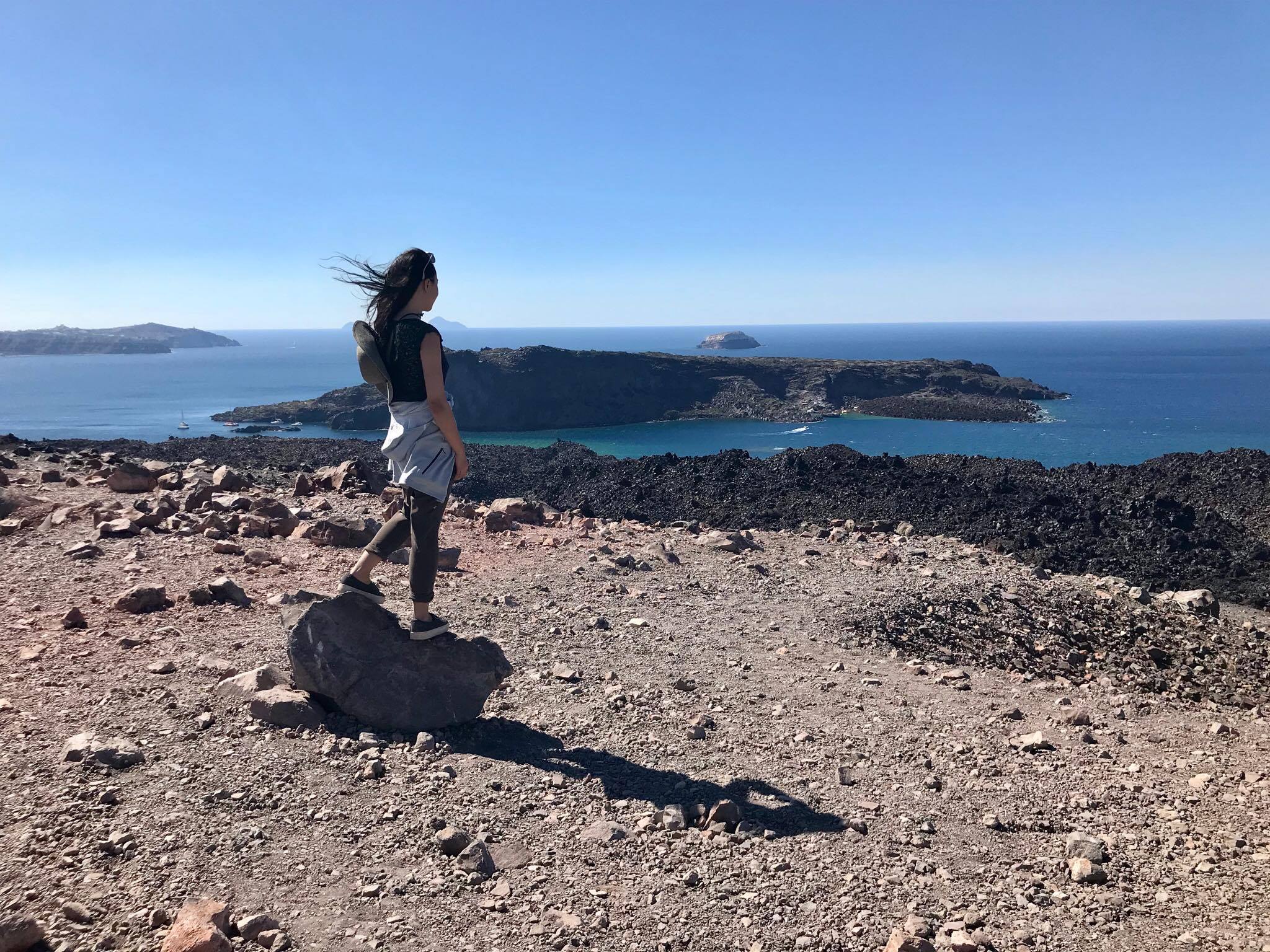
After the large eruption, large section of the island sank into the ocean, creating the dramatic cliffs seen on the east side of the main island (seen in background below). Today, the eastern shores of Santorini and its surrounding islands form the largest caldera in the world.
After the volcano, its back on the boat and straight back to the Old Port. All in all, a worthwhile 2-3 hours spent sailing the Aegean.
To avoid the lines at the cable car station for a ride back up to the actual town of Fira, we opted for the authentic Greek experience of riding on a donkey.
Word of advice: hang on tight during the trip. These donkeys are not led by anyone, and follow one another up the winding path. Sometimes, with a mind of their own, they can pick up speed to overtake the pal in front of them, brushing dangerously close to a fellow passenger atop another donkey in the process.
However, the trip offers some spectacular views of the ocean, the path, and the port below. But seriously, hang on tight, because these donkeys will start trotting without prior notice, and sometimes you get errily close to the steeper side of path.
Back up in the town of Fira, we were once more treated to generous, sweeping views of the houses, cliffs, and water below.
Definitely make time to stop for a coffee (read: a drink) at any of the cafes or tavernas lining the narrow pathways of town.
Find one by the cliffside, and you can likely sit and enjoy your drink with an awe-inspring vista.
View from the side of this particular café/restaurant. Try one of their signiature cactus cocktails, seen above.
The Three Bells Church of Fira, below left. One of the most famous blue-domes of Fira - follow the signs to find the best vantage point.
So long, heavenly Santorini. You'll be missed.

Meteora
Meteora
Meteora
Meteora
Though Meteora is quite far from Athens, 5 hours by train to be exact, in my opinion its more than a worthwhile trip. If one has time, perhaps a two day trip would lessen the strain of the 10 hour train ride to and from the mountainous region. In two days, one could fit in a visit to Delphi, a UNESCO World Heritage site and also home to the ruins of ancient Temple of Apollo.
Meteora actually refers to the rock formations upon many of the Eastern Orthodox monasteries were built hundreds of years ago. Trains to the area run to the town of Kalambaka, which for our train from Athens, was the final stop.
Though evidence suggests that the region of Meteora was inhabited as early as 50,000 years ago, the earliest monasteries were not constructed until the 14th century.
The dwellings were erected on such precipitous and steep slopes to aid in the monks' escape from Turkish persecution.
However, presence of monks in the region dates back to as early as the 9th century A.D. The very first ascetic, hermit monks dwelled in naturally occurring fissures and hollows found in the mountainside. The difficulty and danger of access helped the monks maintain their secluded lifestyle.
Though once home to 24 monasteries, today only 6 remain open. Of the 6, many are only inhibited by one monk, while others have been converted to house nuns.
Our first stop was the Great Meteoron Monastery, the oldest and largest monastery in operation at Meteora. Initially founded as a humble abode in the 1300s by a scholarly monk from Mount Athos, today the monastery houses the famed Church of the Transfiguration.
The monastery is a slight climb to access, but steps carved into the mountainside make the climb possible, if slightly arduous. One can enjoy a clear view of the Holy Trinity Monastery via the ascending stairs.
The inside of the Great Meteoron monastery. There is an original sacristy containing the skull and remains of many monks who resided here visitors are able to view. No photos out of respect, but nothing like I've ever seen.
A kitchen, with the walls blackened from smoke and the preserved bread-oven and soup hearth.
The wine cellar, with the large wooden barrel at one end presumably for wine, once upon a time.
A shaded court-yard provides a much needed rest, and some spectacular views of the mountainside.
From the Great Meteoron one can clearly see the neighboring monastery of Ypselotera, its name fittingly meaning 'highest of the heavens.' This monastery has no longer habited since the 17th century, perhaps a result of the difficulty of access.
This stately and sizeable monastery has many artifacts in its museum. Certain ornaments are particularly intricate. and the exhibit also houses many ancient religious texts and scrolls in its original form.
One leaves the monastery via the same path, through the small opening in the rock seen below. The tower used to be have a rope and pulley system to facilitate transport of goods up to the monastery.
Picturesque vantage points abound in Meteora. This one is of particular note, as the show Game of Thrones captured this view for one of its scenes. They replaced the monasteries in the distance with a castle, apparently because deseeminating films of the monasteries requires permission from Greece's Ministry of Culture. Red tape: 1, HBO: 0.
The way these mountains rise out of the ground like fingers reminds me of a particular region in China known as ZhangJiaJie. Though I was there more than a decade ago, I still remember the steep cliffs, shooting out of the Earth with such vertical intensity as if determined to reach the sky.
This lookout point features flat rocks for to walk out onto. Locally, it may be known as Sunset Rock, though there are many areas around Meteora that feature similar formations.
Mine was a day-trip, but such beauty definitely deserves two or more days if one has the time to spare.
One can't help but to venture closer to the scenery. But maybe not too close.
The second (and last) monastery we visited was St. Stephen's, seen here in the distance:
Founded in the early 12th century, this monastery is the easiest to access via a small draw bridge.
A note on clothing: to enter the monasteries women should not wear sleeveless clothing, and those wearing pants have to put on a wrap dress, seen below, to mimic a dress. This is because Orthodox women don't wear pants, and visitors should show the same respect when touring.
Two nuns that now inhabit the St. Stephen's Monastery.
The panoramic view from the patio at the monastery. On a clear day, one feels as if they can seen all the way to Mt. Olympus (which isn't very far from this region).
Despite the seemingly limited space these monasteries on the rocks had, I was surprised to find that each had a courtyard of their own.
Greek flags are ever-present at various sights around the country, lest visitors forget where they are, perhaps?
All in all, an incredibly beautiful day spent wandering the monasteries of Meteora. Though 4 hours was not nearly enough time to spend in such a picturesque locale, if one only has a day to spare and can take the long train rides to and from the region, this is a top choice destination for a day-trip outside of Athens.

Mykonos
Mykonos
Mykonos
Mykonos
Mykonos was my first stop on a week-long trip to Greece in October of 2017. Avoiding the busier summer months, my first trip to Greece was filled with delicious meals and out-of-this-world scenery. Truly, one of the prettiest nations I've ever been to. With beaches to rival those in the Great Barrier Reef and the Maldives, and 4000-plus years of history, the country of Greece should be at the top of any seasoned traveler's list.
Day 1 of my arrival into Mykonos started with, as usual, food. Dinner, to be precise. One of the more popular restaurants on the island, Joanna Niko's Place was filled with patrons on a busy Saturday evening. With no reservation, we waited a good half hour for a table.
Waiting for a table at the bar presented a perfect chance to try two Greek liquors: ouzo (right) and tsipouro (left). Served in its most traditional form: two large ice-cubes are put into glasses, with optional water to top the spirit off. Upon swirling, the ouzo will turn cloudy in color and become a milky white.
Tsipouro reminded me of Chinese Baijiu, and given its similar alcohol content, no surprise there. Ouzo takes getting accustomed to. If you enjoy herbal remedies and a strong taste of anise, definitely give the drink a try.
Time for food - stuffed squid on the left and grilled lamb kabobs on the right. Let me just preface with the fact that every single meal I had in Greece was downright fantastic, from the endless seafood offered in the islands to gyros on the street of Athens.
Naturally, pita and tzatziki must be consumed. Pita is spiced and flavored in Greece, and seems to be of a variation that is made with more oil. This essentially means its addictively good. The country's iconic tzatziki, made with bits of cucumber and Greek yoghurt, is refreshing and has just the right amount of sour kick.
Away from the hustle and bustle of the island's major tourist attraction, Mykonos Town, this taverna is the optimal choice for fresh, cooked-to-perfection seafood. Make a reservation in advance to avoid waiting for a table on Friday and Saturday nights, and likely during most days for the summer. Prices are more than reasonable, making it a favorite amongst local patrons as well.
Having missed our morning ferry to nearby Delos to see the ancient ruins (when jetlag hits...), we opted for a morning stroll into Mykonos Town - locally know as Chora.
Strolling through the narrow streets of the town was truly reminiscent of a movie set. Lined with fresh laundry hanging out to dry and cerulean balconies, the pebbled pathways were delightfully picturesque to explore.
Every winding path will lead from the small town's entrance to the seaside. Stop by any eatery for a drink or a meal, and enjoy the ocean breeze.
Amongst the sea of blue, a red doorway stands out opulently. The colors of Greece, forever mired in white, seems to be a mirage that materializes before ones eyes.
The Old Port of Mykonos is located right by the ocean, in the heart of town. Ferries to Delos depart from here, while larger ships and cruises depart from the larger New Port, a 15 minute journey outside of town.
Various restaurants line the beach here, but a highly rated favorite is Captain's, and for good reason.
Stopping for a light lunch, we ordered two Greek staples: melitzanosalata (eggplant dip) and saganaki (fried feta cheese - think mozzarella sticks, except better in every way).
Grilled pork is another typical dish - pork and lamb are eaten often but beef is rarer to come by on a menu. Something about cows being harder to raise, I believe.
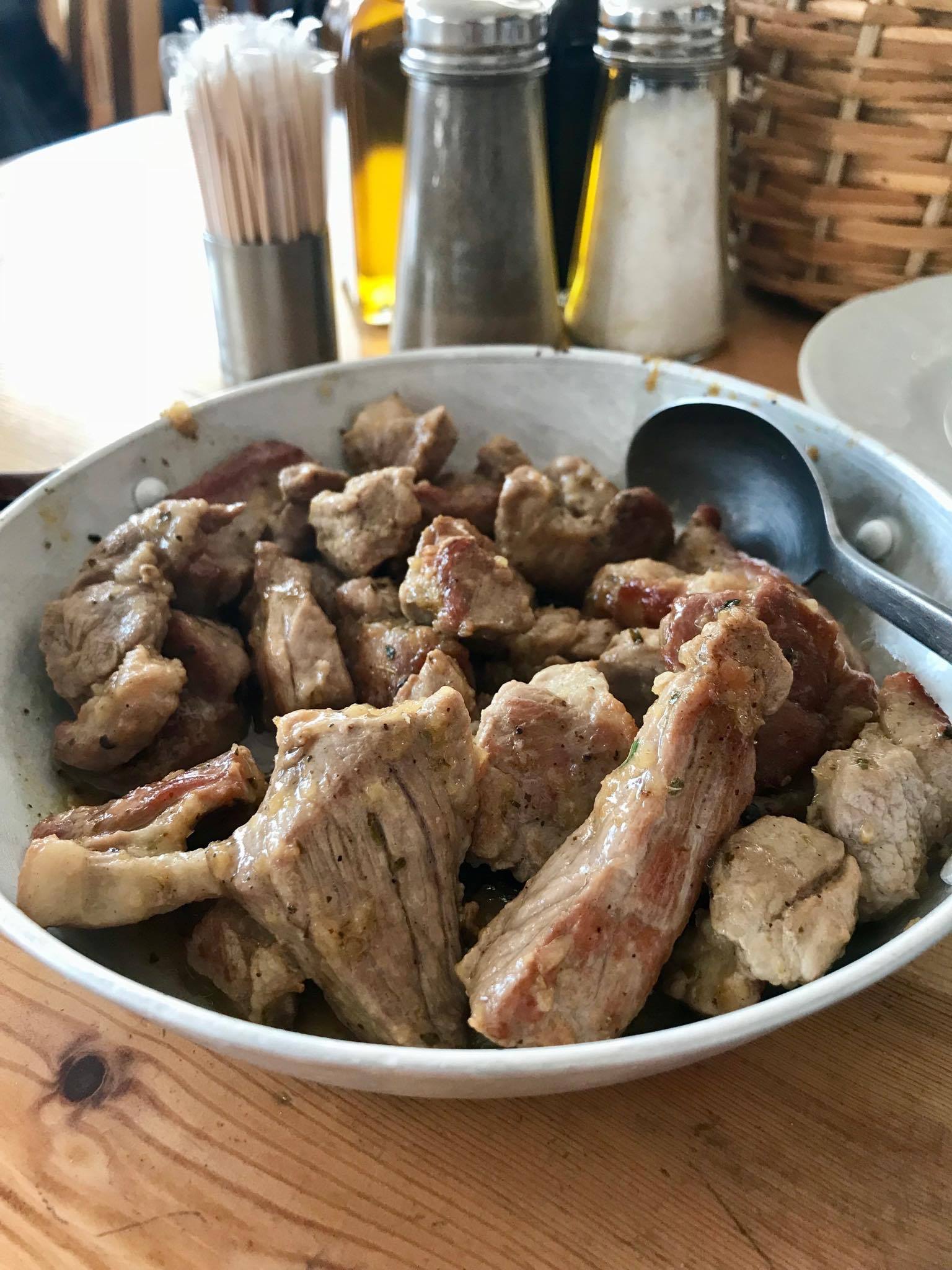
Baklava, of course, dripping in honey, with crushed nuts between layers of fine phyllo pastry. Topped with a scoop of vanilla for a satisfying (and presumably calorific) end to any meal.
Local musicians gathered at a nearby table and began to sing.
Strolling towards the Kato Milli, (the windmills of Mykonos), we encountered an adorable square. Delights abound as one meanders through this town.
Even on this small Greek island in the middle of the Cyclades, one can find...
Continuing the stroll, we approach Little Venice (seen middle right, below), named for the houses that seem to be built on the water in this corner of town.
Hands down one of the most thrilling experiences of the entire trip - renting an ATV for 24 hours and exploring the island. Available to anyone with a drivers license, these steady vehicles are a delight to zoom around the paved roads of Mykonos with. Don't forget to lock your ride with an ancient lock, and don't lose it either, it costs 30 euros to replace, though looks to be worth less than one.
First stop on the ATV: the old lighthouse on the northwest corner of the island. Beautiful, albeit a bit windy.
The Armenistis Lighthouse was built in 1891. Visitors can't go in, but most come for the views around the structure itself.
Treat yourself to expansive views of the seaside cliffs and ocean. Rocks on the cliffs provide a great vantage point for photos.
Next stop, a thirty minute ride to the southwest, where the junction between Mykonos and a smaller connection off the main island - Ornos Beach.
Continuing along the coastline, another 15 minutes of driving gets you to Agios Ioannis Beach, a great spot to catch the sunset on the island.
The trail to the beach is slightly rocky, I suggest parking the ATV nearby and walking to the small patch of sand tucked between the rocky shores typical to Greek islands.
A great way to end a picturesque first day on Mykonos.
No day is complete, of course, without dinner. M-eating in Mykonos Town serves up its own version of Greek fine dining. People here eat 'lunch' at 2-3pm and 'dinner' after 9 or 10, so stopping by a restaurant at 6 or 7 without a reservation is relatively safe bet, especially during off seasons.
Cycladic octopus and calamari on green peas puree with black fish roe (left) and Mykonian onion parcel pie with local 'tyrovolia" cheese and red bell pepper coulis (right)
Slow cooked stuffed rabbit filet with spinach pesto on cauliflower puree with its own juices (left) and Like the Mykonian "Sun" (right, 5 min egg on fresh tomato sauce, smoked lamb and fresh fried bread with "tyrovolia" cheese mousse)
Day 2 marks our last day in Mykonos, and begins with a ATV ride to Ornos Beach for some brunch...except on the way there, one of the ATVs breaks down. Due to the humidity of the islands, especially at night time, parking the ATVs outdoors may result in it being unable to start, or unable to accelerate even as one presses on the gas petal. We ran into both problems that morning but still made it to the beach - no regrets.
With the ATV malfunction, there was only time for a quick bite. Time to try the ever popular gyros. Sakis in the heart of town (across from where we had dinner last night) serves up authentic platters as well as delicious gyros. Pork and chicken are always the two proteins on order, the former is more flavorful and fatty, but chicken will always be my preferred protein.
Time to bid adios to the island of Mykonos. Onwards to Santorini aboard the ferry.

New Orleans
New Orleans
New Orleans
New Orleans
I visited New Orleans for the first time during Easter of 2017. The city's vibrant culture was electrifying, steeped in a rich and colorful history. Something about the place, likely that any bar or restaurant will let you take your drink to-go, and one can wander the French Quarter drink in hand, drew me in immediately.
New Orleans cuisine consists mainly of a mixture of creole and Cajun food. As it happens, the city had a connection to my native Canada that I did not discover until my visit. It turns out that Cajuns are originally natives of Nova Scotia, a present day province of Canada, previously known as Acadia. 'Cajun' is a misnomer of these people, known then as Les Acadiens, who were exiled from the province in the mid-1700s. Many of thsee French-speaking settlers made their way south to Louisiana, settling down in what is present day New Orleans, giving the city its unique French flair, and heavily influencing its language and cuisine.
Night of arrival:
Unable to waste even a moment of previous time not exploring the city, we started the trip with a stroll towards Jackson Square, picturesque with the backdrop of the St. Louis Cathedral in the moonlight.
My exhaustion from a late night flight into the city was assuaged by a midnight dinner at Coop's Place, a locals favorite serving up some of the best fried chicken and jambalaya in New Orleans.
Starting a meal with a bowl of homemade, authentic jambalaya is definitely the way to go if, like me, you haven't eaten for the night, or if the soup is as hearty as this one. A native dish of Louisiana with both Spanish and French influence, it will typically have sausage, seafood, other types of meat such as crawfish, shrimp, and chicken. Onion, celery, green pepper, rice and a thickener of some sort will also be thrown in to the mix.
Curious to try everything on the menu, I opted for the taste plate at Coop's Place. The fried chicken the restaurant is known for did not disappoint. Hands down some of the best fried chicken I have ever had in my twenty two years.
Day 1:
Day one started with, you guessed it, more food. Cochon, literally French for 'pork,' is a popular lunch and dinner destination for authentic Cajun and southern cooking. My personal favorite are their moderately priced appetizers, and its lively interior.
To satisfy my curiosity, I tried the two more uncommon items on the appetizers menu: fried crocodile (left) and fried livers with jelly (right). Both dishes' main ingredients are non-metaphorical interpretations of their names.
The crocodile wasn't as tough as I imagined it would be, and, as they say, tasted like chicken. It went well with the tangy 'slaw and ranch-like sauce the dish came drenched in.
The creamy texture of the liver was well juxtaposed with its fried crispy exterior, and its meaty flavor heightened by the simple sweetness of the jelly paired with the dish.
One thing I quickly noticed about eating in New Orleans, oysters feature abundantly in nearly every menu I was presented with. This is likely due to its proximity to the Gulf, but nonetheless, I for one could never complain about too many oysters.
Served wood fired at Cochon, these pretty morsels were glazed with a well balanced chili garlic butter, giving it that extra kick.
As I was on vacation, and this meal was essentially lunch, it's never too early to get started on imbibing. The flights at Cochon caught my eye. Typically reserved for wine tasting, this eatery offers up flights of whiskey, bourbon, or both. I certainly couldn't resist.
As a main, I opted for the charcuterie plate, which featured headcheese, various cuts of cured and dried pork bits. Definitely the dish for a sample-happy person, especially if you enjoy cold-cuts. The pickles were also an excellent addition to even out the salt in cured meat.
After a sufficient amount of eating, we were finally off to our first tourist destination, and arguably a hallmark of what the state of Louisiana is associated with, the bayou.
On our way out the city, we were graced with a panoramic view of New Orleans, with the taller buildings of the central business district in the distance.
Upon arriving at the docks of the bayou, we board our boats to explore the swamp, and in pursuit of (hoprefully) crocodile sightings.
Onwards into the bayou, featuring a variety of never-before-seen vegetation meant to survive half immersed in shallow waters, and a scenic cruise into the open expanse of the interconnected riverways drawing its waters from the Mississippi.
Along the way, we get acquainted with a surprising number of unnerving, albeit relatively small, crocodiles. Curiously, the local guide entices and feeds them with marshmellows, of all the things one would imagine a crocodile to favor (meat, anyone?).
The feeding is done via sticks, naturally, lest anyone lose a few fingers on this otherwise tranquil cruise through the water.
Not to worry, if one has a desire to get up close and personal with crocodiles, the guide will somewhat disconcertingly bring out a rescued baby croc in the midst of the trip. Because who doesn't want to hold an adorable baby predator? The baby croc's skin was rather soft, and not nearly as scale ridden as I expected. All in all a rather safe encounter, I think...
The bayou we went to is approximately half an hour out from the city, not too far and definitely not a bad way to spend an afternoon getting up close and personal with some 'gators. Coming back into the city around 4pm, we decided to take a stroll in what is arguably the most central tourist area of New Orleans - the French Quarter.
Also known in French as the Vieux Carré, this district is the oldest neighborhood in the city, founded in 1718. Stretching out for a few miles in either direction, the area was larger than I'd expected, and far livelier. Parades for various occasions are common occurrences in the quarter, distinctively marking the Spanish part of New Orleans culture. Don't be surprised if you see one at random, like this one below.
We started our survey of the quarter at its centermost point, Jackson Square.
Named for its statue of Andrew Jackson at the center of the square, the landmark is also flanked by St. Louis Cathedral and Café Du Monde, which serve up the famed beignets that have become synonymous with the city itself.
A quick note about Café Du Monde, the establishment is open 24 hours, 7 days a week. No need to spend hours in the line that line the café most days, come by late at night or in the early morning after exploring a few jazz venues on Frenchmen street.
As it was approaching dinner time but having only managed to squeeze in a reservation for the popular Commander's Palace restaurant at 9pm, we opted for a bar hopping and snacks within the area instead.
First stop, Napoleon House, famously constructed for the namesake general by the then mayor of New Orleans, who wanted to rescue him from exile and provide him refuge in the city. The general never made it, as he died during imprisonment in the early 1800s. The building is distinct in its dated façade and weathered shell, purposefully preserved to this day.
The interior of the establishment matches the historical exterior. Like most houses in the French Quarter, there is a courtyard to sit outside and enjoy a casual drink or two...or three. (I opted for one!)
Napoleon House is credited with the invention of the Pimm's Cup cocktail, so naturally a most-order if you come by. They serve it up in three different variations, but as I didn't like my cocktails overly sweet, I opted for the original.
Also noteworthy is the Boudin sausage, a staple of Louisiana comprised of minced pork and rice. The mustard on the side here does well to even out the umami taste of the meat mixture.
After Napoleon House, a quick stop at Pat O'Brien's, a bustling bar known for its invention of the hurricane. The drink itself was too sweet for my taste, but nonetheless a solid choice for anyone looking for an afternoon cocktail. As is typical, there is also a outdoor courtyard in the establishment, in addition to two indoor bars on either side of a vaulted, Harry Potter-esque walkway.
Our final stop for the afternoon was in search of something sweet, for a popular treat known as Pralines (unrelated to chocolates) made popular by the Ursuline nuns that emigrated from France in the early 1700s. A decadently creamy and decidedly sweet treat, these candies are a great souvenir option should you find the need to bring back a taste of the Big East with you.
Southern Candy Makers makes a delicious version of this sweet, and feature flavors such as peanut butter, rum, chocolate and more.
Our final stop for the night was Commander's Palace, a New Orleans favorite for creole fine dining, popular with locals and tourists alike. Its located in the beautiful Garden District, which feature a abundance of historical mansions and cemeteries.
Some dishes that came recommended were Commander's famous turtle soup, which does indeed feature its namesake ingredient in the dish (I checked), and is best served with healthy dose of sherry on top. Seen here in the trio of soup tastings, which also include a seafood gumbo and a soup of the day.
Shrimp and foie gras appetizers, not as notable but quite good, though its hard to go wrong with any combination of foie gras and heat.
My favorite of the night, a fried soft shell crab main dish tossed delightfully with cabbage, onion, tomatoes, corn and other greens. The crab is fried to perfection, and plays delicately with the flavors that dress the rest of the dish. Well played, commander.
A brief interlude about the climate of New Orleans. Even though I was lucky to have mostly sun in the three days of my visit, 'when it rains, it pours' is an aphorism that generally applies here.
Don't be afraid to see rain, however. Armed with an umbrella, roads in the Quarter become mirror-like in a downpour, providing a slow, romantic lull that juxtaposes the usual pace and vitality of these streets.
Day 2:
Our second day here began with, as per most of my trips, food. A few stops for some local favorites as a makeshift, two-stop brunch before heading to another out of town destination.
The first stop was for a much-loved New Orleans pick, the muffuletta sandwich: a distinctively Italian import. Central Grocery is typically credited with inventing the specialty, and as its name suggests, it is indeed a grocery store selling mostly Italian imports.
A typical muffuletta features provolone, mortadella, and mozzarella cheese under slices of salami and ham, topped with a chopped marinated olives mixture unique to each shop that sells the sandwich. Central Grocery will sell them by the whole or half, which can be cut into four or two wedges respectively. If you're just traveling in a party of two like I was, I suggest a half portion, quite enough for a duo.
Next stop: Verti Marte, a 24-hour grocery that serves up some of the meanest po'boys in town. True to its name, the store and deli lacks any form of seating, and is indeed a no-nonsense deli/grocery store. You order from the man behind the glass counter, and pay once you receive your food.
Verti Marte is most known for their 'all that jazz' specialty sandwich (ie. po'boy), which consists of grilled ham, turkey, shrimp, slices of Swiss and American cheese topped with mushrooms and tomatoes all wedged between two slices of thick cut French bread. Definitely not for the faint of heart, or not-hungry.
Enough food for the moment, we headed to Oak Alley plantation, just about an hour outside of the city. As we drove out of town, I'm reminded of how common marshland is found in the state of Louisiana. Passing by lakes and swamps, part of me wondered what lurked beneath the shallow waters and amongst the dense vegetation. (Read: probably crocodiles).
Known for the ancient oaks that line the front of the property, the plantation is also a historical landmark that serves as a remainder of various eras of Louisiana history -including the slave trade in the 18th and 19th centuries.
The oak tree themselves are truly beautiful as rumored, and I had never before seen trees as twistedly graceful as these.
Caught under the brilliant sun, these wondrous monstrosities shaded much of the grounds directly in front of the big house, and the pathway leading up to it.
The plantation's big house (main house) is also statuesque and features prominently on the grounds.
The foundation that currently runs the plantation provides bi-hourly tours of inside the mansion. A worthy half hour spent learning about the history of the families that have owned the grounds, as well as a gorgeous view from the second floor terrace that was once a favorite of the last matron of the house.
Estimated to have been planted in the mid-1700s, these tri-century oaks have become synonymous with the plantation itself and were planted even before the building of the house. A sight to behold, especially from a higher vantage point.
The grounds also feature a recreation of the slave dwellings that would have existed in the centuries before, as well as a civil war exhibition to denote the part Oak Alley played in the Civil War.
A wall within one of the recreated dwellings that memorializes the names of all the slaves presumed to have worked on the Oak Alley plantation; a somber reminder of the days past.
Upon returning and decidedly full from the morning's sandwich adventures, dinner reservations were abandoned for a tasting of a few more of the city's unique eats. First up was Drago's, known for its charboiled oysters that were sadly more delicious that photogenic.
In my personal opinion, far more compelling than the oysters themselves was the garlic butter sauce that the morsels came drenched in. At first a bit confounded by the hunk of baguette that came with the dish, I quickly discovered dipping the carb in the leftover sauce was absolute heaven.
Second stop: Mr. B's Bistro for some of their famed grilled shrimp. Accidently stumbling on the best pecan pie I've ever tasted at this French eatery, it was also our last food stop for the day.
As with the charboiled oysters, dipping the paired bread in the leftover concoction was once again the highlight of the dish.
The pecan pie topped with vanilla ice-cream, drizzled in caramel sauce (right) was hands down some of the best I've had. Also of note is their vanilla brownie, slathered in a combination of melted chocolate and marshmallow.
Out of sheer curiosity and in dire search of a digestif, we ventured into the Carousal Bar post-dinner. The bar quite literally revolves, albeit at an imperceptible pace, so as to not add to the lack of balance already induced by what it serves, presumably.
The rest of the evening was spent in pursuit of art and culture, both of which New Orleans features in abundance.
For jazz, a resident staple and tourist favorite was Preservation Hall, which features nightly performances of traditional jazz that last about an hour. Though the music was fantastic and the atmosphere infectious, the set itself lasted for no longer than forty minutes, after about a half hour waiting in line.
As previously mentioned, the best time to stop by Café Du Monde is probably during any off hour. Peckish around 9pm on that Saturday, we were greeted with no lines at the café, thus graced with the opportunity to finally sample the much talked about beignets of New Orleans, paired with a simple café au lait.
Personally, beignets very closely resemble the fried dough sticks typically eaten for breakfast in China, except with a healthy dose of powdered sugar on top. An interesting moment of east meets west.
From the cafe, Frenchmen Street is just a fifteen minute walk away. The entire avenue is filled with various jazz clubs and music venues, making it the top choice for a night of bar hopping. In particular, the Spotted Cat is popular for its nightly performances, and on Fridays and weekends, there is usually a wait to enter the club.
In addition to live performances, the street also featured an art market, which had an interesting exhibition that showcased the signs of the homeless, whom are frequently found in the street corners of the French Quarter.
For a more traditional bar scene, look no further than Bourbon Street, which can get quite rowdy at night with a crowd that persevere well into the AM.
Day 3:
As per usual, the day starts with a bite to eat. Or in this case, several bites at several different stops. First up is Tableau, which serves up an authentically delicious gumbo. As is the norm here, they also make beautiful cocktails to go. Not a bad way to start off the morning.
Next stop: the French Market. The oldest of its kind in the United States, this market was established even before the Europeans arrived in North America. Millennia ago, it was a trading post for Native Americans.
Today, there are various stalls that sell everything from food to grocery items to a weekly flea market.
One of the stalls here is rumored to serve a better muffuletta sandwich than the grocery that invented it. Alberto's Bistro at the French Market uses fresh olives in their marinated chopped olives mix, and after sampling their take on the sandwich, I'm inclined to agree that its indeed better than Central Grocery.
Tajague's (pronounced 'Tu-jacks') is the second oldest restaurant in New Orleans, after Antoine's. Serving up typical creole fare, their brisket is supposedly some of the best in the city, and their bar features a mirror that dates back two hundred years, imported directly from France.
Creole Cookery makes a mean sausage and chicken jambalaya, if you're in the mood for a hearty dish after a day of walking.
Kingfish is another local favorite, especially if you're looking for pre/post meal drinks, or just a drink in general. The restaurant has a large, full-service bar that serves up pretty, and pretty strong cocktails, so don't let appearances fool you. After having a fair sampling of the alcohol served in this city, its my statistically validated conclusion that bartenders here are definitively heavier with their pours. Not a bad thing, to be sure.
If you swing by, be sure to try the fried boudin, a reinterpretation of this typical Louisiana staple that removes the casing of the sausage and fries the typical ingredients instead.
Last but not least, we stop at Antoine's for their Easter Sunday brunch. Antoine's is the oldest restaurant in New Orleans, and the longest continuously operating restaurant in the United States. Even almost 200 years later, it is still owned and operated by the same family that established it in 1840. As is typical of every Sunday brunch at Antoine's, there is live jazz performance in the venue.
We opted to skip the Easter set menu and ordered a la carte instead. Oysters Rockafeller was invented here on the premises, thus a must-try. The popped potatoes on the right are also airy and crispy, somewhere between a French-fry and chips, and a delightful beginning to a meal.
Shrimp and 'grits, a southern staple. Made with a little something extra via the fried asparagus on top. An interesting but welcome addition to the otherwise traditional plate.
With an hour to spare before our flight out of New Orleans, we decided to make a stop at the local Aquarium. It features all the typical exhibits that one would expect, including an underwater tunnel and a sting-ray touch station. Of note are the sea-otter exhibit and the albino crocodile. These crocodiles must be rescued from the wild due to their lack of ability to camouflage and thus low survival rate.
And that's it for New Orleans. Overall, an incredibly enjoyable long weekend mired in spirited atmosphere of the city. This being my first time to the stereotypical American 'deep south,' I had a thoroughly incredible experience and my (very) fair share of local cuisine. Will definitely recommend, and will definitely be returning here.

Nashville
Nashville
Nashville
Nashville
My time in and around Nashville was ripe with opposites, irony, even. It is, and remains, perhaps one of the only cities in America where you can find a shooting range and a kitty cafe within a mile of one another. Where you can find the country’s oldest whiskey distillery in a ‘dry’ county, meaning sale of alcohol is prohibited by law. Where you can find home-style Southern cooking and a health food store on the same block. Needless to say, my 48 hours here during spring of 2019 were full of surprises, and truly, thoroughly enjoyable.
Speaking of road-trips…
My trip here in the Spring of 2019 was half spent on the road. A full day of driving from Maryland (not by me, I try not to drive, out of concern for public safety…and mine). Point is: long trip, but very worth it.
After about 10 hours of driving, our first stop - a must in this town: the Grand Ole Opry. With its beginnings as a radio show in 1925, today the venue is the world-renowned stage for country music.
Programme from the night we went. Overall a fantastic show, intercepted with some funny ads for chicken, bottled water, and boot stores - which made it all the more interesting.
See snippets of the performance taken at various points in the show below:
That fantastic show was followed by dinner at Husk - simply scrumptious, and so, so, well priced compared to Manhattan.
The following were appetizers shared by the table, menu changes daily for lunch and dinner, descriptions from the restaurant.
Cornbread in a skillet to start…
Pepper Glazed Pork Belly Lettuce Wraps, Sweet Vinegar Cucumber and Red Onion, Togarashi
KY Broadbent Country Ham, HUSK “Reserve” Pickles, Dijonnaise, Black Pepper Biscuits
Geechie Boy Johnny Cake, Minced Crab, Pea Shoots
TN Beef Tartare, Asparagus “Capers,” Farro Piccolo, Miso Dressing, Cured Egg Yolk, Brioche
Skillet Fried Chicken Skin, drizzled in a spicy, tangy glaze
Wanting the full experience of the South, and being deeply curious, I stepped into my first shooting range ever at Nashville Armory, one of the largest and most established in the city.
Honestly? In a safe and controlled environment, it was a lot of fun. Some not-so-pro tips for first timers: 1. keep your gear on at all times when inside the range, 2. don’t be tempted by the big guns on your first try, and 3. loading some firearms is harder than you’d think - don’t go crazy on the bullets because chances are you won’t use them all!
In search for caffeine after this decidedly nouveau experience, we happened upon Mewsic Kitty Cafe near the range. Alas, seems like it was time for something a little more wholesome.
A rather pleasant (and cute) surprise.
The cafe offers a 1/2 hour or 1 hour ‘cover’ for entrance into the space to hangout with the kitties, coffee and other regular cafe offerings separate. A note on the cats here - they’re all available for adoption.
Full disclosure, this was actually breakfast (okay, brunch). Hattie B’s is a Nashville favorite for Hot Chicken, though rumor has it that the dish originated at Prince’s. Rain or shine, one piece of advice to heed is to show up when it opens. We arrived approximately 10 minutes before opening and a line was already beginning to form outside.
Luckily, however, doors opened promptly at 11AM. This classic for hot chicken has three locations in the city; order at the counter first, find a seat, and your meal is delivered to you when it’s ready.
In order from top left, clockwise: half bird (spicy level: hot), small dark leg/thigh quarter (spicy level: mild), tenders (spicy level: damn hot, and they mean damn hot, trust me), peach cobbler (best I’ve ever had), and hot chicken sandwich (spicy level: medium).
Wondering about the single slice of pickle topping each of the dishes? We were told that, despite being notably sour, the pickles are there to help with reduce spiciness. Apparently they help to breakdown the capsaicin, the ‘active ingredient’ in spicy food.
Plenty of ranch sauce is also provided on the side of each order. And if you’re feeling extra adventurous (read: foolish), there is also an uber spicy sauce for order on the side. Upon delivery, the sauce comes with a warning from the server to be careful of touching the sauce, and that it will irrevocably stain clothes. But apparently you can ingest it?
Don’t forget about the sides - top to bottom, counter-clockwise: creamy coleslaw, red skin potato salad, baked beans (these were really good), pimento mac and cheese, and southern greens.
About an hour and a half outside of Nashville, located in Lynchburg, Tennessee, is Jack Daniel’s Distillery. Highly recommend stopping by if you are in town.
The in-depth tour they offer on premise takes visitors on an overview of the whiskey making process, from the creation of the coal used for filtration (seen below, though there were no burning taking place that day), to distillation, bottling, and maturation.
Photos are prohibited on many parts of the tour, below is taken just outside their filtration and distillation facilities.
The historical barrel house used to house much of Jack Daniels’ aging whiskey. Today half of the space within has been refurbished to create two class ensconced tasting rooms, seen in the video below.
From left to right, we were given samples of Gentleman Jack, the original No. 7, Jack Daniel’s Rye, Honey, and Fireball. I preferred Gentleman Jack as it was smoother compared to the other tastings.
Did I mention that the town the distillery is located in is a ‘dry’ county? As in, though it might be home to the oldest liquor production facility in America, it is, in fact, illegal to sell alcohol here?
This is naturally the reason the distillery’s gift shop isn’t a place to purchase liquor, but merely a place to buy souvenir bottles that happen to have alcohol inside.
Similarly, our tasting above was only legalized in the last few years, as the county deemed vendors should be able to offer samples of their product, and if that product happened to be whiskey, so be it.
Night in ‘Nashvegas’
The bar scene in Nashville, or ‘Nashvegas’, as one friend so eloquently put it, is not to be missed for the live performances on offer at every bar and restaurant. Most of it is located in historic downtown, on Broadway or in its immediate vicinity. Lower Broadway, in particular, is an area steeped in country music history, as it is home to the Ryman Auditorium, original home of the Grand Ole Opry.
You’ll see quite a few of these going around in the Broadway area. Don’t do it. Or do, up to you. I have no comment.
First stop of the night: Robert’s Western World
Robert’s Western World is one of the staples along lower Broadway for solid drinks and a great bite to eat. Open during the day as a boot store, at night it features live performances and serves up delicious morsels of food to accompany your beer at the Honky Tonk Grill.
If you stop by, be sure to order a fried bologna sandwich at the grill - famous across town and definitely worth the hype.
Live music is both a must and an inevitability on any night out in Nashville. Simply put, all the performances are pretty much fantastic.
Stop #2 of the night: Tootsies Orchid Lounge
Having come highly recommended, this bar definitely didn’t disappoint. Located on the second floor, the large outdoor patio also makes for a great place for conversation, and to get some air.
Stop #3: the Stage on Broadway
Yet another great live music venue. Drinks were poured. Performances were seen. Good times were had and all was well.
Below is what I believe to be a performance by Natalie Brady Band:
Stop #4: Old Glory (highly recommended speakeasy near Music Row)
With its entrance located in an alleyway, Old Glory might be the most mysterious place to grab a drink in all of Nashville.
Located in an old boiler room for cleaners that have long shuttered, the space is as intriguing as one descends the stairs into the lounge area.
While drinks here will run you slightly more than your average dive-bar well G&T, the space is definitely worth checking out.
Stop #5 and last but not least: Dino’s
A Nashville institution, this bar was still bustling with patrons well into the AM, it being a favorite among locals. I was drawn here as it was visited by Anthony Bourdain for his Nashville episode of Parts Unknown, a longtime favorite show of mine.
Order their Velveeta fries. A near-perfect way to end the night, if you still remember anything by this point, that is.
All in all, a fantastic night out in the city.
The next morning
Not where’d you except a full-scale replica of Greek architecture, Millennium Park features the largest replica of the Parthenon outside of Athens.
Especially on a sunny day like this one, the park is hugely popular with locals. It helps that Vanderbilt is right next door as well.
Another gem near Music Row, and located right next to speakeasy Old Glory from last night is Taco Mamacita
To start: chips and guac - the guacamole reminded me of Chipotle’s, but better and with more chunks of avocado inside. Not pictured are their frozen margaritas, which are really, really good.So if you’re up for hair of the dog, look no further.
A Nashville favorite, Taco Mamacita offers patrons a selection of any two tacos and a side for $10. Side pictured is Mexican street corn.
Some of their most popular choices include the Taco Royale (below, right): “a double-stacked taco filled with roasted chicken, salsa verde, shredded lettuce, pico de gallo, crumbled chorizo, creamy black bean mash and chipotle cream sauce,“ and Korean BBQ (above, left) “red pickled onion, Korean BBQ sauce, braised beef short rib, Sriracha cream sauce, cilantro, cabbage and radish.“
As we were here on a Sunday, we also got to order from their brunch menu. Pictured below, the Lucha Biscuit, a scrumptious ‘open faced biscuit, over-easy egg, bacon, chorizo, pico de gallo, chipotle cream and queso.’ Side of sweet potato fries. Yum
'
Though short, the 48, really 36, hours I spent in Nashville proved the city to be true to its slogan - it really is music city. Everywhere we went there was music, either in the background or featured prominently (aka in every bar on Broadway). Having done some research prior to arrival, I knew the dining scene in Nashville has been solidly awesome for quite some time now, but still the price-to-quality ratio surprised me. Because the last day we spent here was Easter Sunday, most stores in the city were closed, so alas, I missed out on the famous Prince’s hot chicken shack. All the more reason to come back - and I most certainly will.
Last but not least, I’ll leave you with this whimsical discovery: Carvana. Apparently, the structure pictured is essentially a vending machine for cars. Maybe its common elsewhere, but I’d never seen one of those before.
Oh Nashville, you never cease to surprise me.

Barcelona
Barcelona
Barcelona
Barcelona
Barcelona was the first city I'd ever visited in Spain. Having learned French in school, I somehow managed to navigate the city relatively well with only 'hola,' 'buenos dias,' and 'gracias.' Ok, ok, so many of the locals knew English. My two day trip to the vibrant city was far too short, but I managed to fill it with as many tapas as humanly possible, so that's something...right??
Day 1:
Arriving on a morning flight from Vienna I'd only made by mere minutes (leaving an hour before your flight, not a good idea), my first stop in Barcelona was an ibérico ham tasting. Having arrived a bit early, however, I took a quick detour to the nearby Palau Güell instead.
Designed by Antoni Gaudí for the Güell family, this mansion stands out with its wavy, uneven exterior in an otherwise ordinary street with uniform facades.
Being the first work of Gaudí I'd ever visited, I was impressed by his use of curved lines in architecture. To the untrained eye, his style seemed somewhat gothic, and I wondered if the peculiar twists and turns of his designs might be slightly eerie for residents at night.
The terrace of the mansion, with colorful mosaic statues featured against the backdrop of Barcelona.
Finally, time for ham tasting. It turns out the venue that runs tastings is also a museum for Spanish iberico ham. I didn't go inside the exhibit, but it looked interesting.
We were introduced to six different types of ham, beginning with Serrano, the lowest grade ham, on to Ibérico, which is a higher, and fattier grade. Finally, we sampled four types of jamón ibérico de bellota from different regions. This is the highest grade of ibérico ham, from free-range, acorn-fed Iberian pigs. Tastes like happiness.
The four types of ham at the bottom are bellota, from acorn-fed pigs. The top left is serrano, and the right normal Ibérico. Notice how the bellota hams have glossier texture compared with the other two.
Cones of ham are sold in the grocery store below and around the city, a perfect, savory stack.
On the topic of food, one of my favorite stops in the city was the Mercat de Sant Josep de la Boqueria. One of the largest open-air food markets in the middle of Barcelona, it is where many locals buy their food, and at some point, you can't help but ask if there is anything you can't find here.
A selection of the colorful stalls in the market:
Something painfully adorable I learned in the midst of the market was a Christmas tradition particular to the Catalan region. Instead of Santa Clause, they believe in the Tió de Nadal (Christmas log), which you must feed throughout the days leading up to Christmas in the hope that it will poop presents on Christmas day. Like I said, painfully adorable.
Though it was a gloomy afternoon, I decided on a trip to the nearby Montjuïc, which features a castle and park nestled into the namesake mountain on the southwestern corner of the city. For my visit, I asked to be dropped off at the Plaça d'Espanya, and made the 15 minute walk towards Montjuïc.
The climb to the Castell de Montjuïc:
A view of the Montjuïc castle from the side
The panoramic view from the front of the castle:
Nearby, Poble Espanyol (Spanish village) seems to be a constructed tourist site meant to be reminiscent of various villages around Spain. Inside, there are small stores, restaurants, and reconstructed landmarks. Maybe its the gray skies, or light drizzle that day, but it seemed somewhat empty on my visit.
After my stroll, it was time for some tapas:
Pinchos are a type of tapas typically served on bread, held together by a single toothpick. They are traditionally found in northern Spain. At these establishments, you take what you desire from the plates on offer, and waiters will charge you based on the number of toothpicks left on your plate.
If my memory serves me correct, from the top moving clockwise: shaved egg white and cheese, carrot, anchovy-wrapped pickle. Egg omelette with herring, white sauce, and pickled onion. Goat cheese on a caramelized tart, topped with a sweet vinaigrette. Gilda: anchovy-wrapped chilli peppers and olives. Pate meatloaf, scallion, and caramelized onion (my favorite of the night).
I happened upon Casa Gispert while taking a night-time stroll through the Gothic district, which is a very lively area, even after the sun sets. As one of Barcelona's oldest roasters, they offer a variety of dried goods, roasted nuts, and various other sweet and savory snacks.
A quick note about these bronze plaques one may come across on the streets of the city. The government installed these plaques to signify stores and establishments that have had a long history of excellence in serving or selling their product. Look for these plaques if you want to know where the locales have eaten and stopped for decades past.
Curious about the famous Spanish flamenco, I opted for a performance at Tablao Cordobes:
Day 2
Luckily, the weather cleared up on my second day in Barcelona. I started the morning with a trip to the Antoni Gaudí most renowned design: the Sagrada Familia.
Having been under construction for over a century, the completed project is supposed to look like the below rendering. Seems like the church still has some ways to go!
Though not nearly complete, the church is still a majestic structure, awe-inspiring in its multitude of symbols, shapes, curves, and lines.
Two distinct facades of the church symbolize life, and death.
Gaudi believed that life was represented by curved lines, the nativity facade features almost no vertical or horizontal adjuncts, unlike its counterpart. The intricate details of the carved stone depicted Biblical tales.
Gaudi started his project in 1882.
The current entrance to the church:
Color fills the interior with the use of stained glass, the curvatures of interior design continues.
Heading to Park Güell, I decided to stop in a local cafe for some breakfast, incidentally ordering a local specialty: Tortilla de patatas. Essentially a giant omelette with potatoes and onions, this dish is as savory as it is filling. In typical Spanish fashion, the meal came with a tapas on the side, the ever-present toasted bread, dressed with tomato and olive oil.
Park Güell was one of my favorite stops in Barcelona. Lines can get long as the park limits the number of visitors each hour, so I suggest the purchase of timed tickets to expedite entry!
Especially on a clear day, the park's vivid colors and geometric design is a true curiosity to behold.
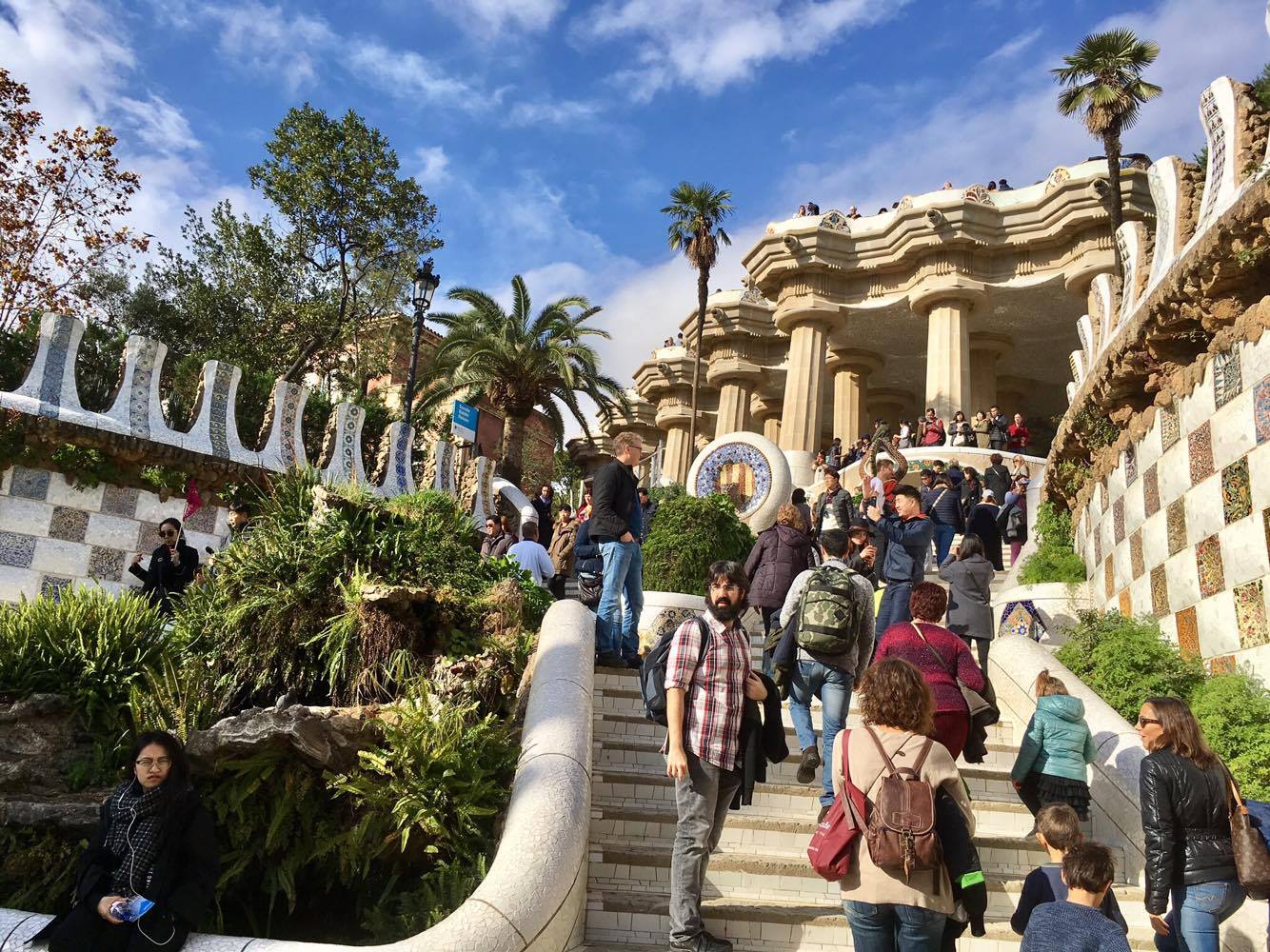
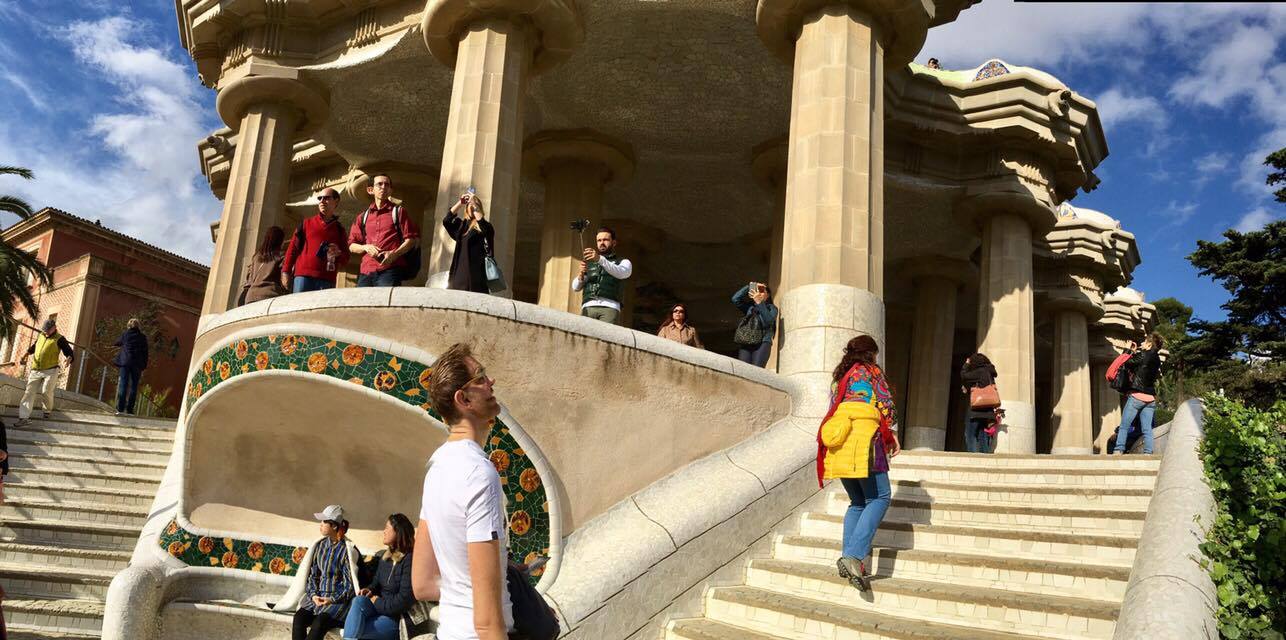
Every twist, turn, nook and cranny had some symmetric or asymmetric design that the visionary Gaudi brought to life:
Of course, one couldn't visit without stopping at the symbolic terrance with its panoramic views of the city and variegated mosaic benches.
A quick stop for lunch, featuring the long awaited paella. Arròs negre (black paella) is a native dish of Valencia, but a few restaurants make authentic, and phenomenal versions. L'Arrosseria Xàtiva came highly recommended, but a reservation would be suggested in advance, especially during the weekends.
The dish derives luminous black color from squid ink, much like the Italian variation featuring pasta.
To start, fried Padron peppers were ordered. Unbeknownst to be, there is typically always one spicy pepper hidden amongst the rest. The Spanish often play a game with this dish, where friends eat from the plate and watch as the unlucky individual to bite into the spicy one squirm. I got lucky, with my very first pepper. It. was. spicy. Even after the downing a entire glass of milk I requested, I could still feel my taste buds protesting in earnest.
After lunch: another one of Gaudi's creations, Casa Milà, also known as La Pedrera.
Constructed in the early 1900s, the facade is comprised of large blocks of limestone. Technically an apartment building, today only one family still resides within, while other units have become offices.
The tour begins on the terrace, which again features Gaudi's whimsical statues, much like Palau Güell.
Typical of his style, Gaudi refrains from using straight lines or angular shapes in his statues.
Ever the designer, Gaudi places this arch here to frame his most renowned creation, the Sagrada Familia. The church was commissioned in the late 1800s and is still under construction to this day.
The very top floor of the building is also open to the public, which features replicas of the apartments below and a museum of the building.
A to-scale model of the building, and a closeup of the roof. A monolithic work of art, indeed.
One other famed building constructed by Gaudi near La Pedrera is Casa Batlló, which I did not have time for. However, I happened to stroll by on a night-time walk, and snapped a few photos of the exterior. With the darkness and lighting, the illuminated structure seems somewhat other-worldly.
Not quite dark, I took a brief tour of Museu Picasso (the Picasso Museum). No pictures allowed, but worth a visit for a comprehensive collection of the master's artwork.
The museum's surrounding Gothic quarter happened to have some of the city's, nay, the world's best hot chocolate. When I describe Spanish hot chocolate as melted chocolate, its not a metaphor. Dipping the churros it typically comes with in the molten liquid is like coating it with a layer of chocolate. Heaven.
If you, too, might enjoy drinking the equivalent of chocolate fondue, try Petritxol Xocoa on Carrer de Petritxol. Don't go in the early evenings (apparently pre-dinner snack time for the locals) to avoid a line that usually leads down the narrow cobble-stoned street its on.
The Gothic quarter is arguably the oldest district in the city. However, not all its buildings were originally from the places they stand today. After the war, many were moved to their present-day locations so that the city can have a collective, and cohesive historical district.
The city's Catedral de Barcelona, not to be confused with the Sagrada Familia!
Today, the Gothic quarter's many plazas are home to various art displays and installations that juxtapose the old and new, past and present.
Evening, which means, of course, more tapas. As per usual, we preface with ham, cheese, and bread.
The dreaded Padron peppers reappear from lunch! This time, I take caution. Luckily, and in an apparent break from tradition, there didn't seem to a spicy one in this plateful. Clearly the chef has taken mercy on the tourist table. (Thank you...)
Croquetas also repeat at tonight's tapas. I'm beginning to see a pattern here...
As Spain is surrounded by the ocean on three-sides of the nation, seafood is featured prominently in its cuisine. A selection of notable seafood tapas; fresh, cooked simply, and a true joy to the ol'taste buds.
And who can forget the steamed scallops, still nestled in their shell?
Finally, on to the main dinner. Yes, in this country, we haven't begun dinner yet, after all this food.
Main course of the night: meat and potatoes.
And after all this, yes, there's still dessert. The bottom dish is a chocolate omelette, which won best dessert in the city once upon a year. Yes, it still has eggs in it - surprising.
A lazy afternoon on the Sant Sebastià Beach was as picturesque as it is enjoyable. Opt for a mojito at one the sea-side bars, or another paella, perhaps.
Strong gusts throughout the day drew many wind-surfers to the beach. Watching them was very tranquil, though I'm sure practicing the sport itself is less so.
A drink by the beach, because what else would one do here?
I'll definitely be back, and hopefully soon, but in the meantime, a few things to remind me of this city.

Berlin
Berlin
Berlin
Berlin
Though much of Berlin was destroyed during WWII, the city impressed me with its respect of history, and the honesty with which the people, and the nation, acknowledges it. During my two days here, I browsed through endless exhibits within museum island, walked along the East-Side gallery, and had my fill of snacks unique to the city.
On my way to the Berliner Fernsehturm (Berlin TV Tower), I happened upon the Alexanderplatz Christmas Market. Having just gotten off the plane a few hours before and not yet eaten, and this being my first time in Germany, I was delighted to happen upon a place that had gathered traditional German treats in one location.
After some ambitious snacking, it was finally time to head to the Berliner Fernsehturm (TV Tower).
I spent my first afternoon in Berlin wandering around Museum Island, which as its name suggests, houses the various museums of the city. Unbeknownst to me, German was a very literal language. The Old Museum, the New Museum, The National Art Gallery, named for exactly what they housed, or in the order they were built.
My first stop was the Pergamon Museum, which houses the most visited exhibits and has an extensive collection of Egyptian Art. Parts of the museum were under extensive renovation, and as such I didn't take a comprehensive tour of the artifacts on display, but worth a visit if you're interested in the ancient Egyptian architecture, especially.
My next stop was the Neues Museum, most well known for housing the famed Bust of Nefertiti. Besides some of the most comprehensive collections of Egyptian artifacts, the museum exhibits were also a sight to behold in terms architecture and design. Reconstructed after WWII with the vision of David Chipperfield, I found many layout of the artifacts and the rooms that housed them nearly as intriguing as the relics themselves.
My final museum was the Alte Nationalgalerie, or The Old National Gallery of Art. Like I said, literal.
Also on Museum Island, the Berliner Dom (the Berlin Cathedral), which one can ascend for a few euros.
Two museums that I didn't have time for but would highly suggest are the Altes Museum (The Old Museum, pictured below), and the Bode Museum, at the northern end of the island.
I used the last few hours of daylight and the early evening to explore the neighborhood of Kreuzberg, bordering the Berlin Wall's East Side Gallery and epicenter of Berlin's counterculture.
Crossing the Oberbaum Bridge into the district:
Graffiti has been elevated to an art form around the world, but especially here as an outlet and way to express so much of what has happened in the once-divided metropolis.
As it was dark, I explored the area mostly through food. Typical, I'm afraid.
Currywurst is one of the city's favorite, and famous late-night, drunken, hungover, munchies snacks. A sausage that has been sliced, topped with a sweet and savory tomato sauce and curry powder concoction. It can be served with fries, which also come with a side of the curry tomato sauce, and also mayonnaise. For my tasting, I chose this location because, well, it had no lines.
Delicious.
Germany may be landlocked on many sides, but locals have a taste for salted herring (like the Dutch), and salmon. Wakame is also popular, though the taste is much sweeter than the Japanese counterpart.
Known for having one of the largest Turkish populations outside of Turkey, much of the neighborhood's taste is influenced as appropriate. Another local favorite, the Doner Kebab, makes for a hearty meal any time of day.
A delightful Turkish confectionary store offers up some of the most authentic sweets you can find outside of the country.
Finally, a Turkish coffee at the next-door cafe to finish off the night, and rescue me from food coma.
I finish my first day in the city with a resonate performance by the Venice Baroque Orchestra at the Berliner Philharmoniker. The concert hall is home to the Berlin Philharmonic, one of the most internationally acclaimed orchestras around the world. They were on tour during the nights I visited (ironically, in New York at the time), but that night's performance by the Venice Baroque Orchestra was truly moving. They finished the evening with not one, not two, but five encores encouraged by the audience in a town where even one was rarity.
Day 2
I begin my second day in the city with a morning stroll along the river Spree, which runs through the city and partitions many of its districts. Greeted by clear skies, the day was off to a brilliant start.
The back of the Berlin Cathedral, with its shadows set against the river Spree.
My walk continues down the Unter den Linde, a main avenue within Berlin that passes many historical landmarks, and ends at the famed Brandenburg Gate.
Brandenburg Gate is situated in Paris Plaza, resulting from the French stealing the bronze statue situated at the top of the gate during war. When German (then Prussian) troops eventually recovered their statue, the original goddess of Eirene in the chariot to Victoria, no longer holding an olive-branch, indeed.
Starting the morning off with a Berliner donut, essentially a jelly donut, which J.F. Kennedy famously referred to himself as once, and a coffee. Oh, and a pretzel, because I'm in Germany, and felt especially compelled to see if they tasted different at the origin.
A few interesting things I discovered around the city. The pedestrian signals around the city is a transplanted design from East Berlin, reminiscent of a Soviet worker on his way somewhere.
Stumbling stones can be found on the cobble-stoned pavement and pedestrian walkways not only around Germany, but also in neighboring countries such as Prague. These blocks are found in front of buildings where a Jewish person used to live or work, meant as a symbol to commemorate them. Purposefully placed so that people may stumble on them while walking to elicit closer inspection, they are also meant to provoke questions so that we may never forget the atrocities of history.
This hot-air balloon rises above Berlin at 15 minute intervals. One can purchase a ticket to board the ballon for a panoramic view of the city. The ballon is branded with a major news channel of the Berlin, and derives its name from the source.
As mentioned earlier, one of the things that most impressed me was the authenticity with which the city addressed the role it has played during World War II. Monuments to the various groups that had been targeted during that era can be found around the city. The most famous among these is likely the Memorial to the Murdered Jews of Europe.
The memorial was deisgined by Peter Eisenman, who purposefully did not reveal what the hundreds of grey, concrete blocks of various sizes were meant to represent. He hoped that each individual walking through the monument can experience and express for themselves what they believe the blocks meant, and how it made them feel.
And indeed, walking amongst the blocks, which increased in height and width as one got to the middle of the monument, I couldn't help but feel somehow overwhelmed by the bleakness of the structures around me. I imagine at least part of the monotoned monument was meant to inspire the despair and grief that countless victims of the Holocaust must've felt during Hitter's reign of terror.
Taking a brief break from walking around the city, I coincidently happened upon another Christmas market. Oh, the joy (my tastebuds) felt in that moment. This particular market was WeihnachtsZauber at the Gendarmenmarkt, one of the most popular ones in the city, such that it even charged an one euro entrance fee.
Framed by the Französischer Dom, the Konzerthaus and the Deutscher Dom, the tents in the middle of the plaza created a wonderland of food, music, and festive cheer.
The best thing to keep you warm during winter? I discovered here that its not a coat, but Glühwein (mulled wine). Warms the heart and soul, I'm telling you.
Finally, the first and only sausage I consumed upon entering German territory. So very satisfying, and much, much better than your average hot-dog on the street. Mainly, notice it's the bread to sausage ratio.
I was told I must've leave the market without trying this Christmas staple: Gebrannte Mandeln. Essentially Germany's answer to candied almonds, they are coated by burning the sugar that's used to coat them, giving them that beautiful mocha glaze. So very sweet, though!
Oh, and they do sell things other than food at Christmas markets, in case you were wondering. I just happened to have a, let's say, particular (read: food-oriented), focus.
My second to last stop: the East-Side Gallery, again, so I can walk down its length in the hour before sunset.
Today the sections of the wall have mostly been filled. Artists of the originals return from time to time to re-do, polish, and touch-up their murals to fix vandalism and natural fading.
Perhaps the most famous (and certainly most photographed) mural along the wall, 'The Kiss' depicts an actual occurrence between Brezhnev and Honecker. Fraternal, indeed.
Finally, two of my personal favorites.
My final stop in the city was a historical one. The Topography of Terror is a vast documentation center and museum of the Holocaust era. To its left, the only remaining Nazi structure remains standing. Constructed in a certain style, it seemed decidedly bleak, as if symbolic of the death and destruction it had brought upon millions.
Another section of the Berlin Wall that remains in this area. Unbeknownst to many, the wall itself was actually constructed of more than one layer, with a 'death zone' in the center that trespassers were likely to be shot dead in.
The exterior of the museum itself:
Within the museum, rows upon rows of informational billboards document the Nazi party's rise to power, their role during WWII, and the aftermath of the atrocities committed.
A wall of letters written by victims of the Holocaust.
My time in Berlin had come to an end, on somewhat of a bleak note, I'm afraid. For a city that has undergone so much, and played such a critical part in modern history, the spirit of the city and its people are something to behold.
I end with a photo of the Statue of Frederick the Great, the longest reigning king of Prussia.








